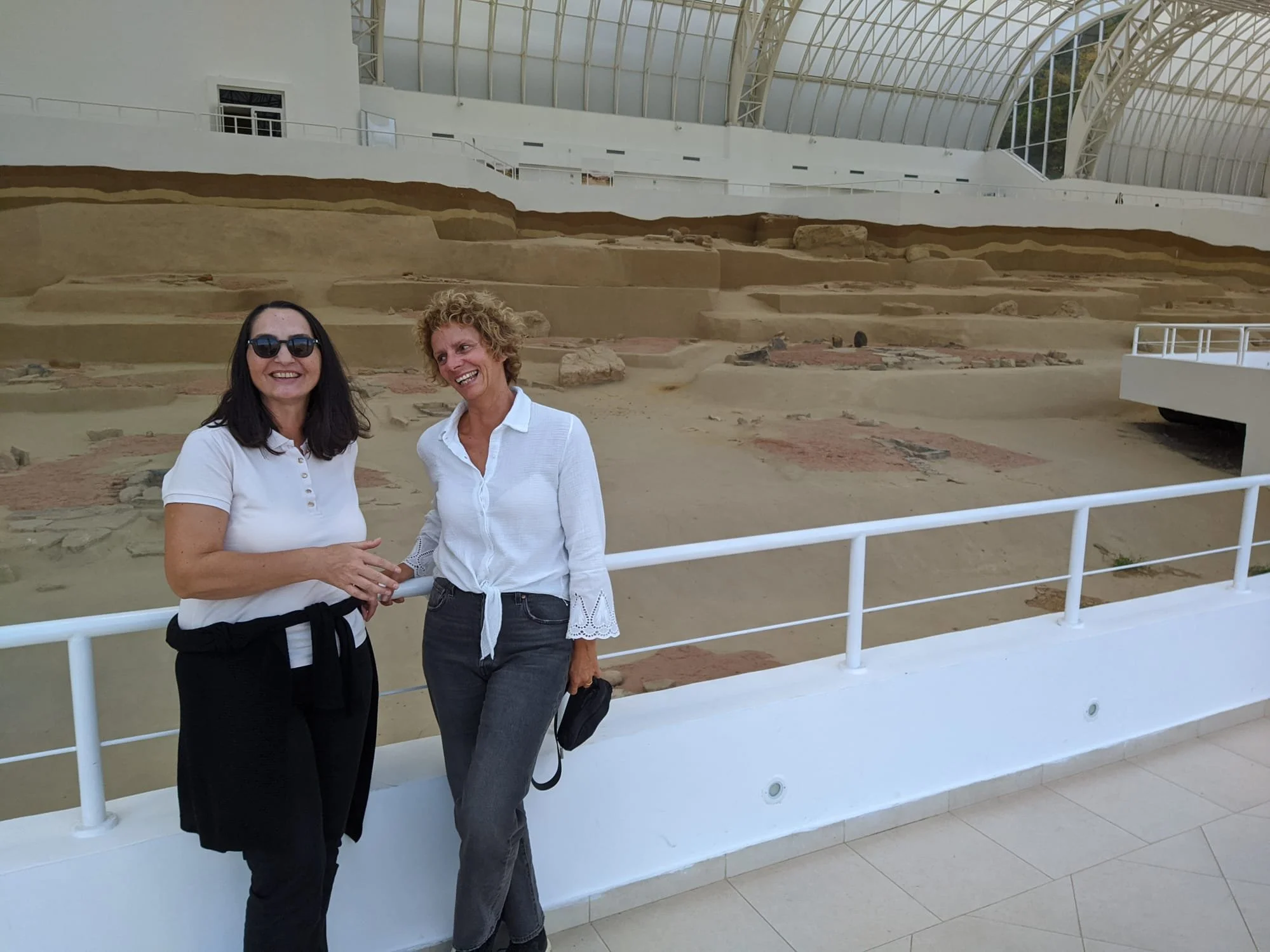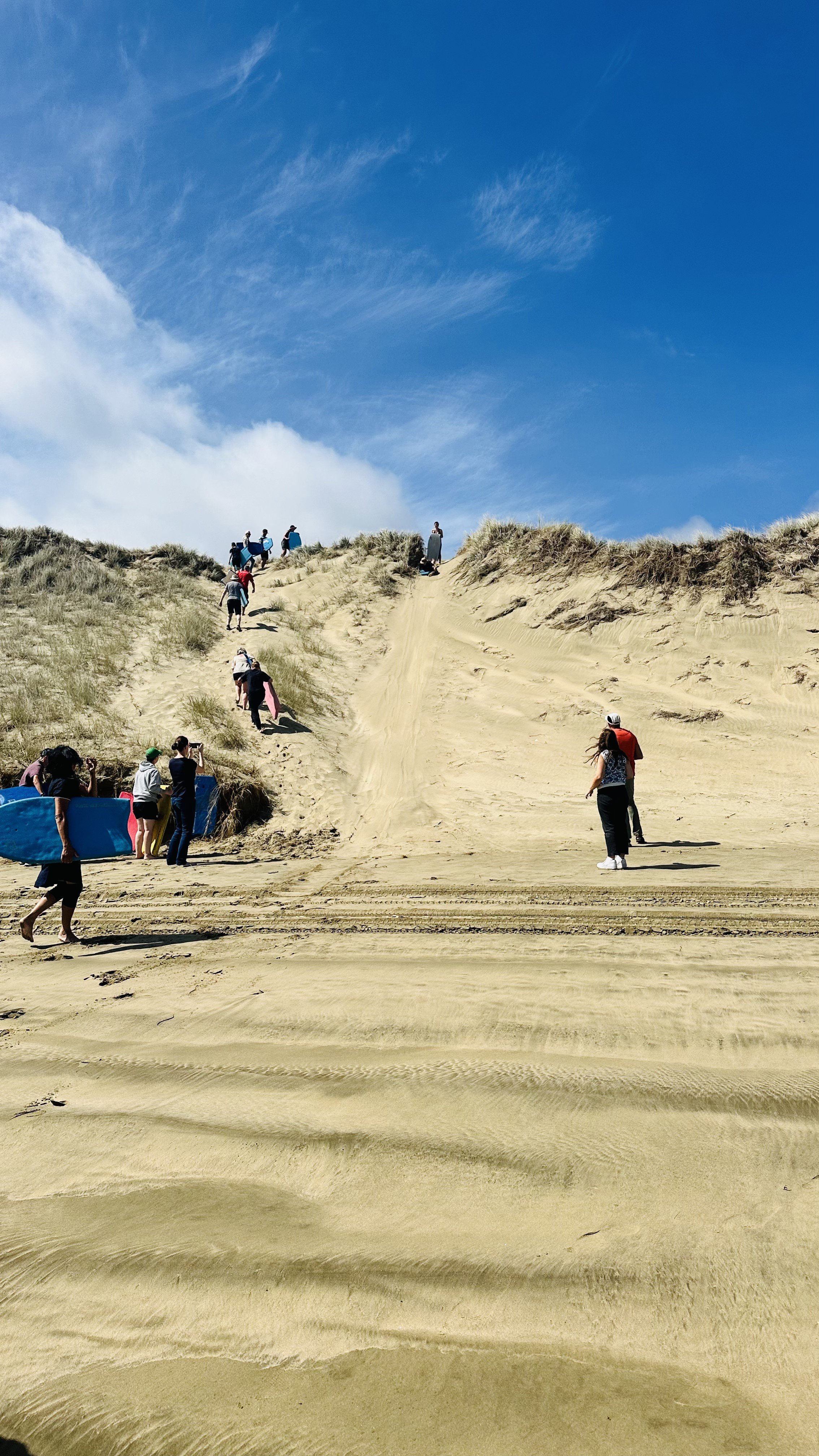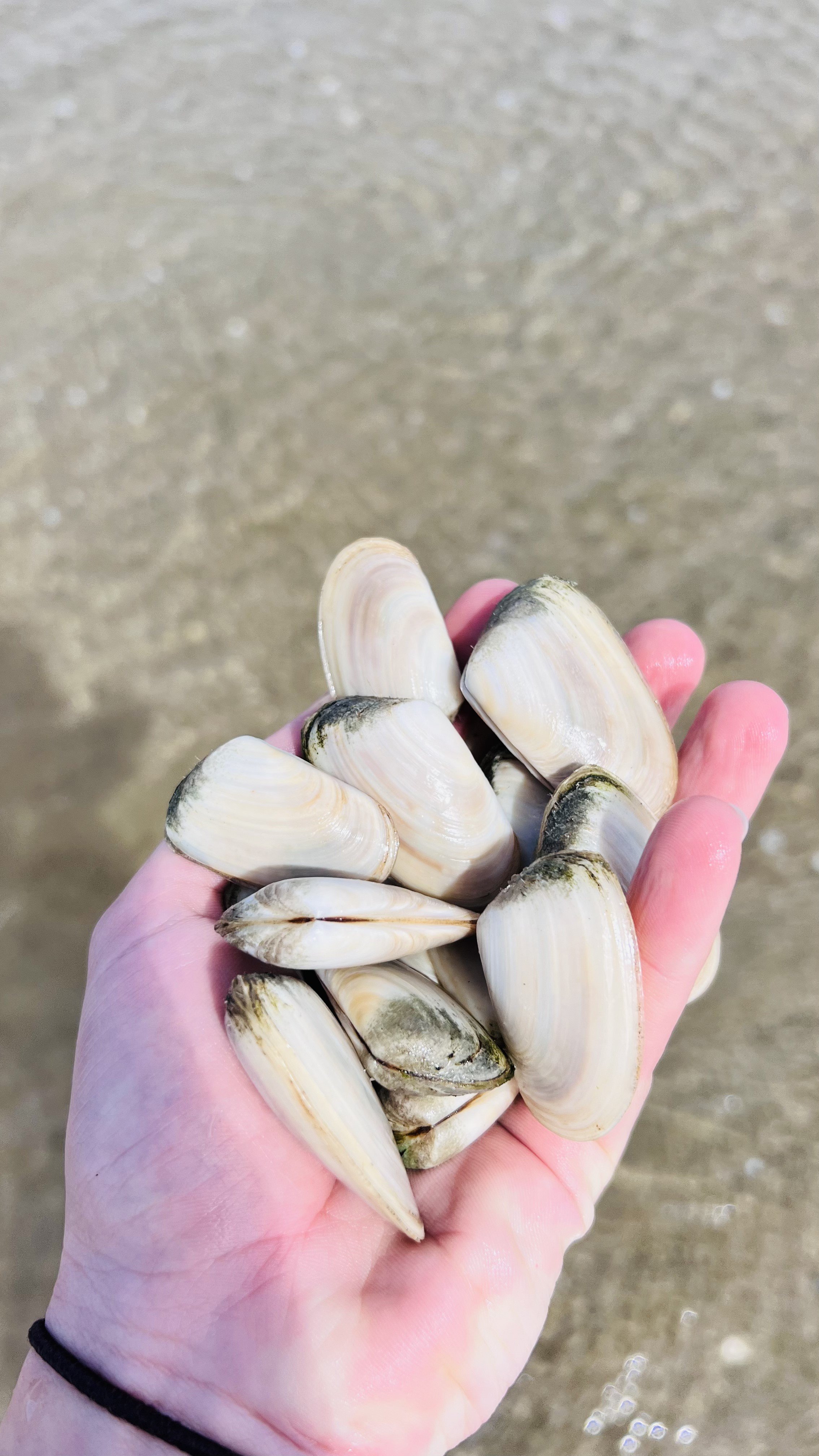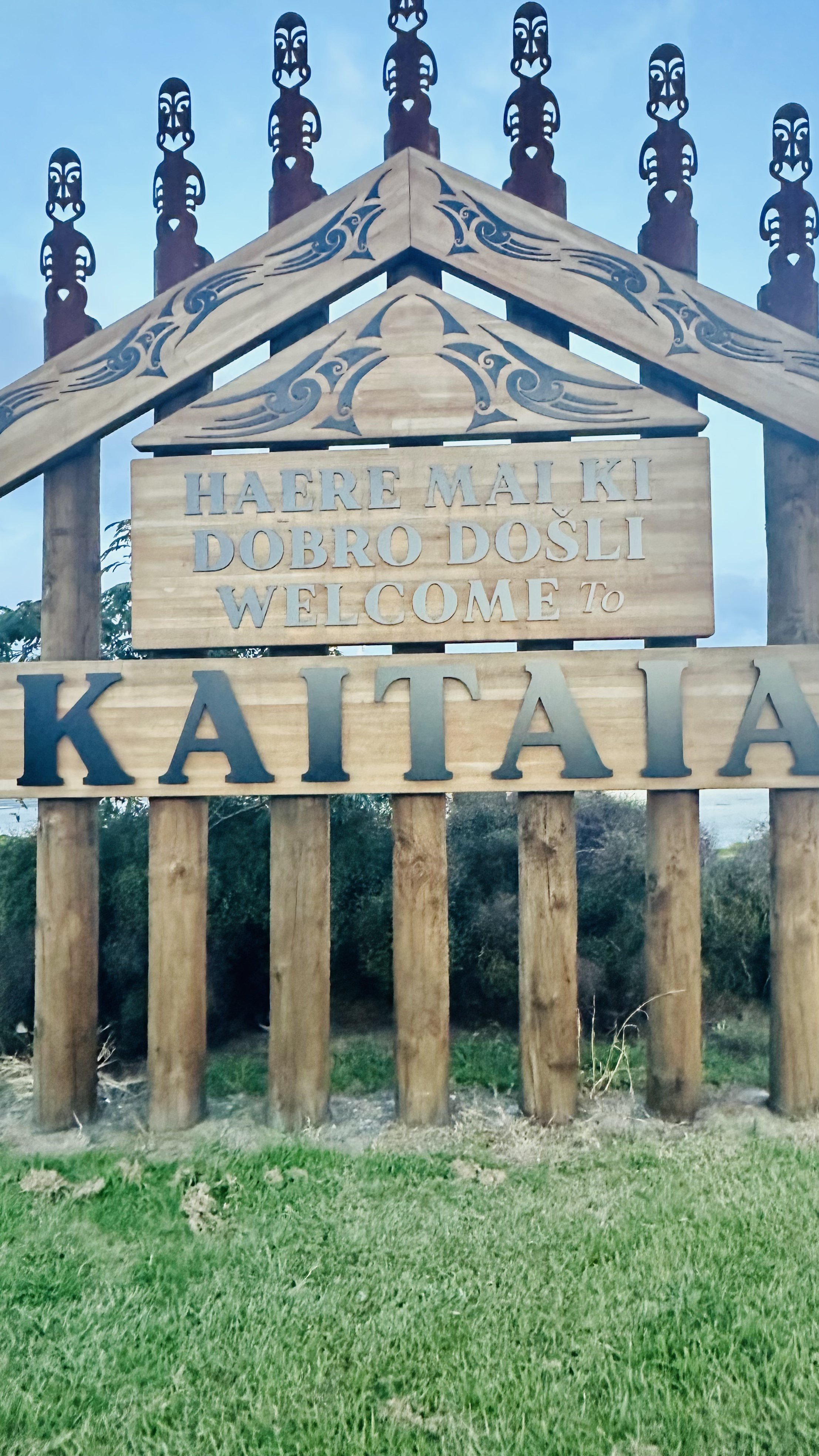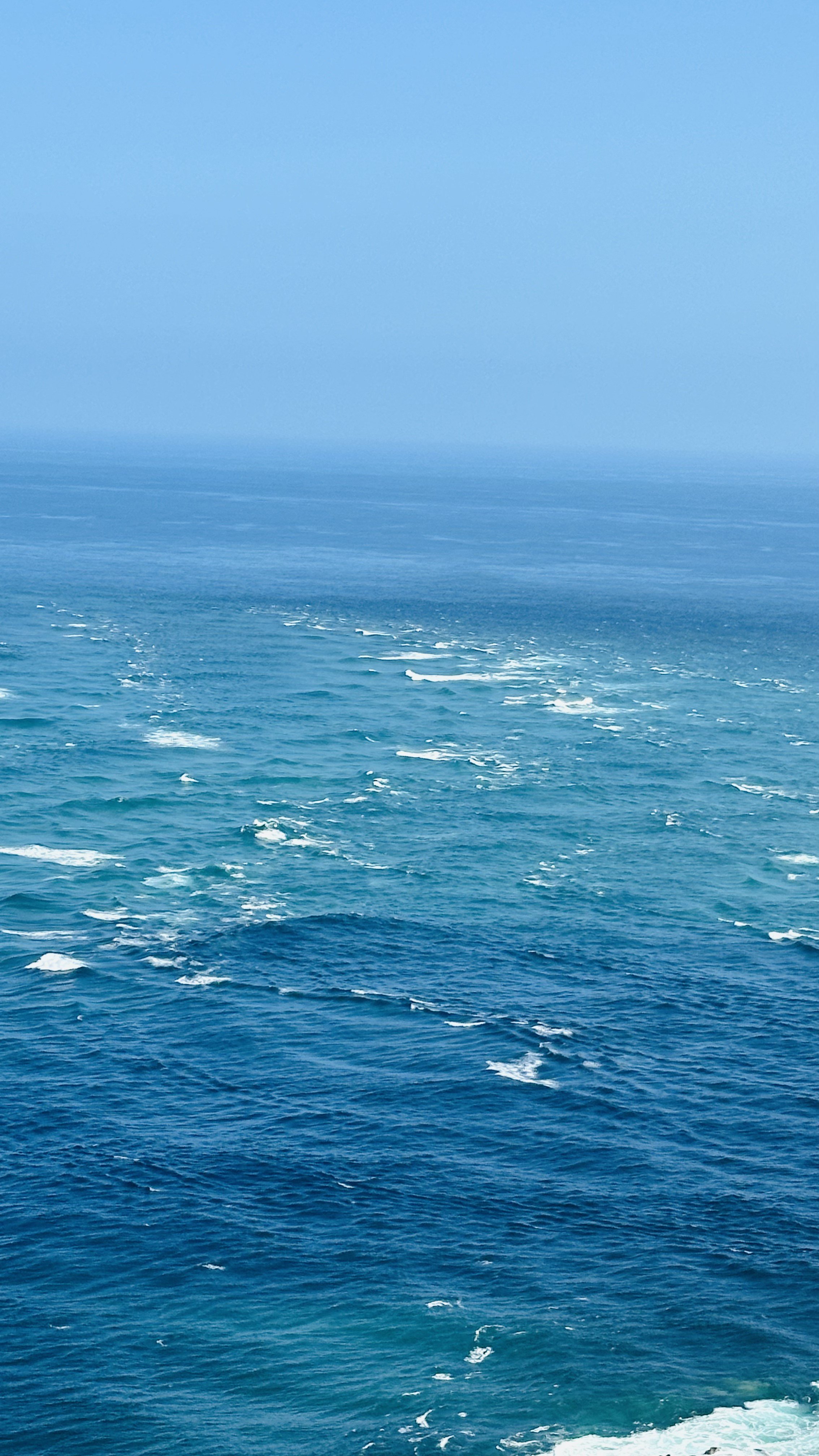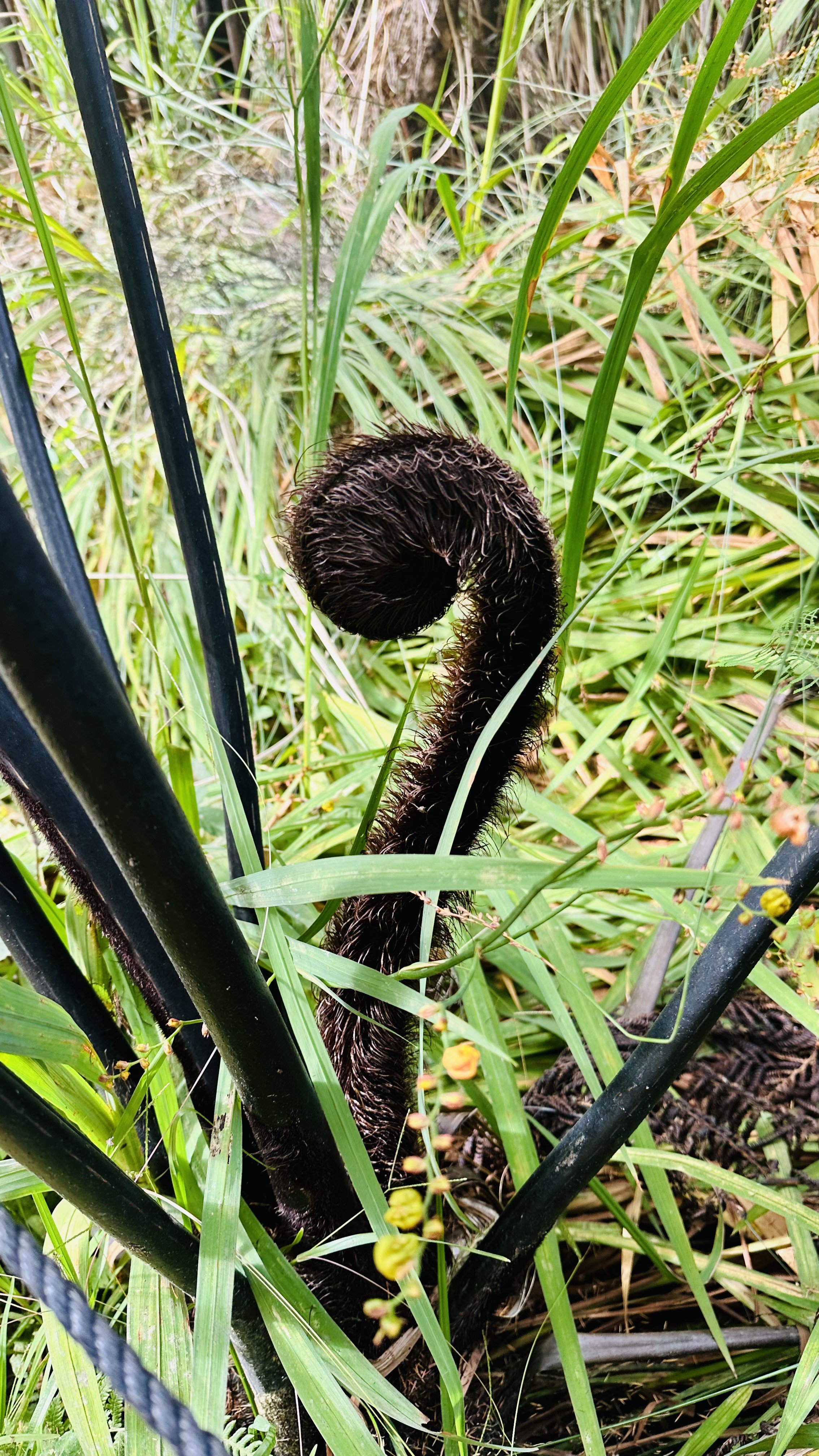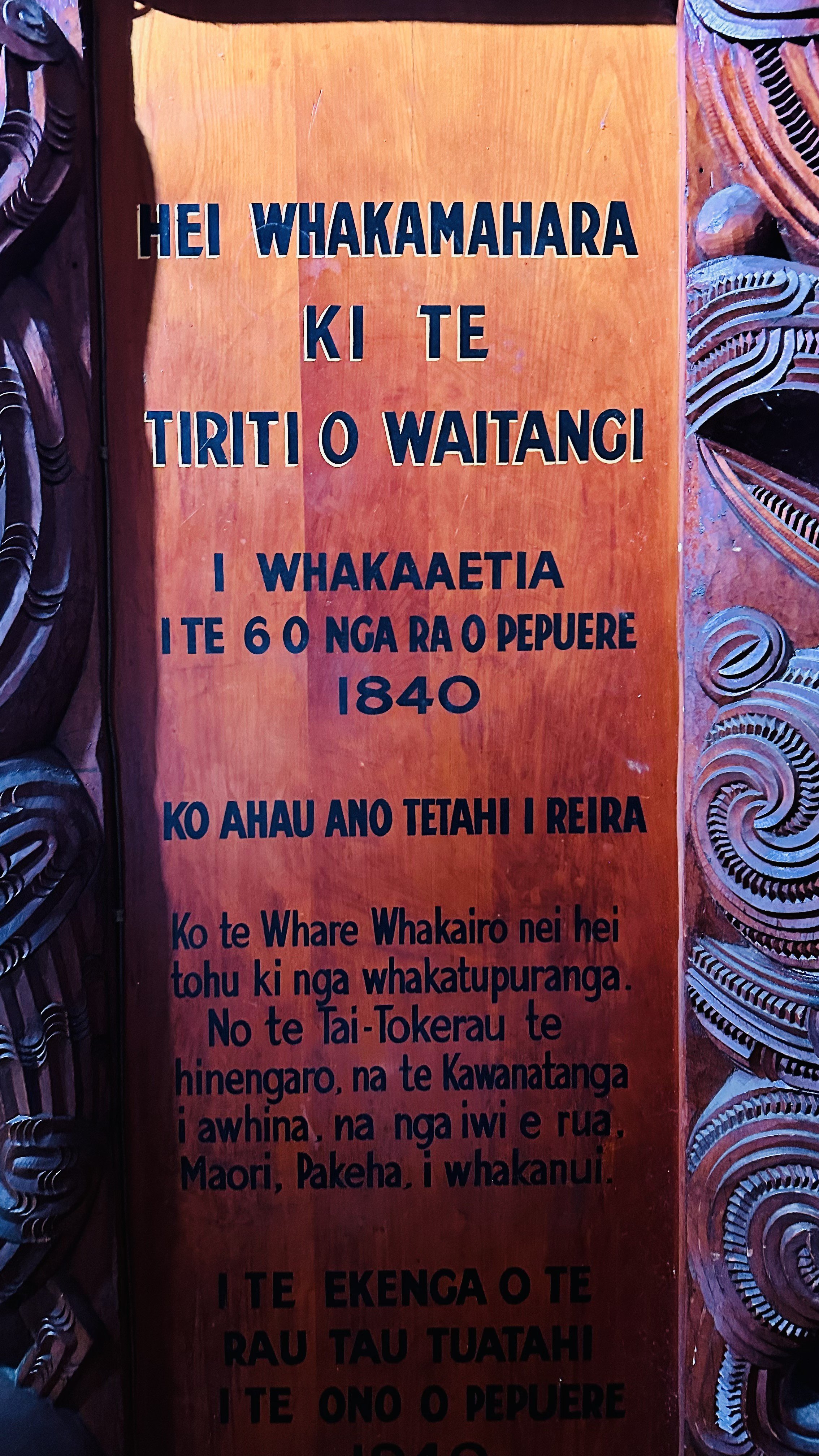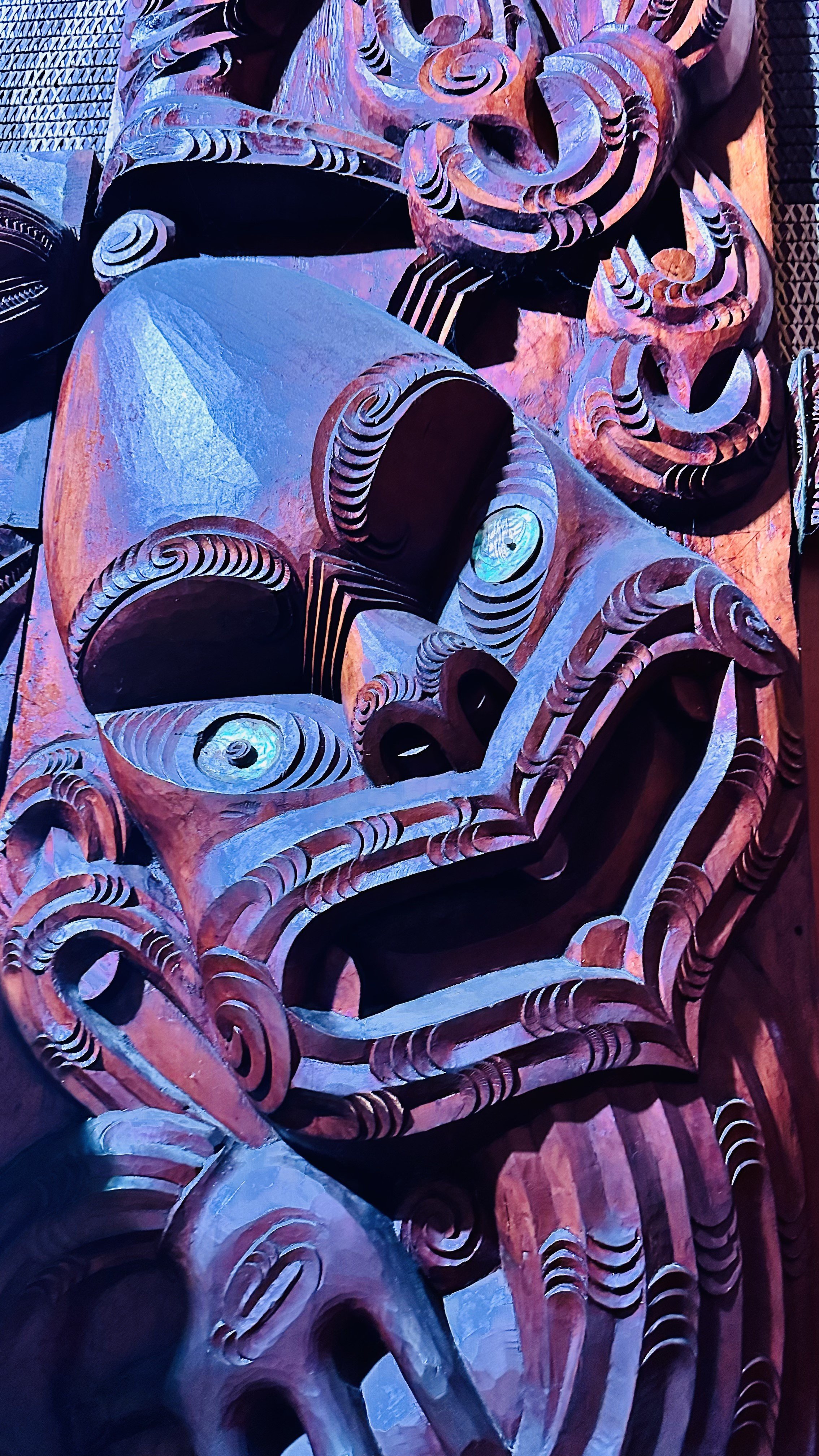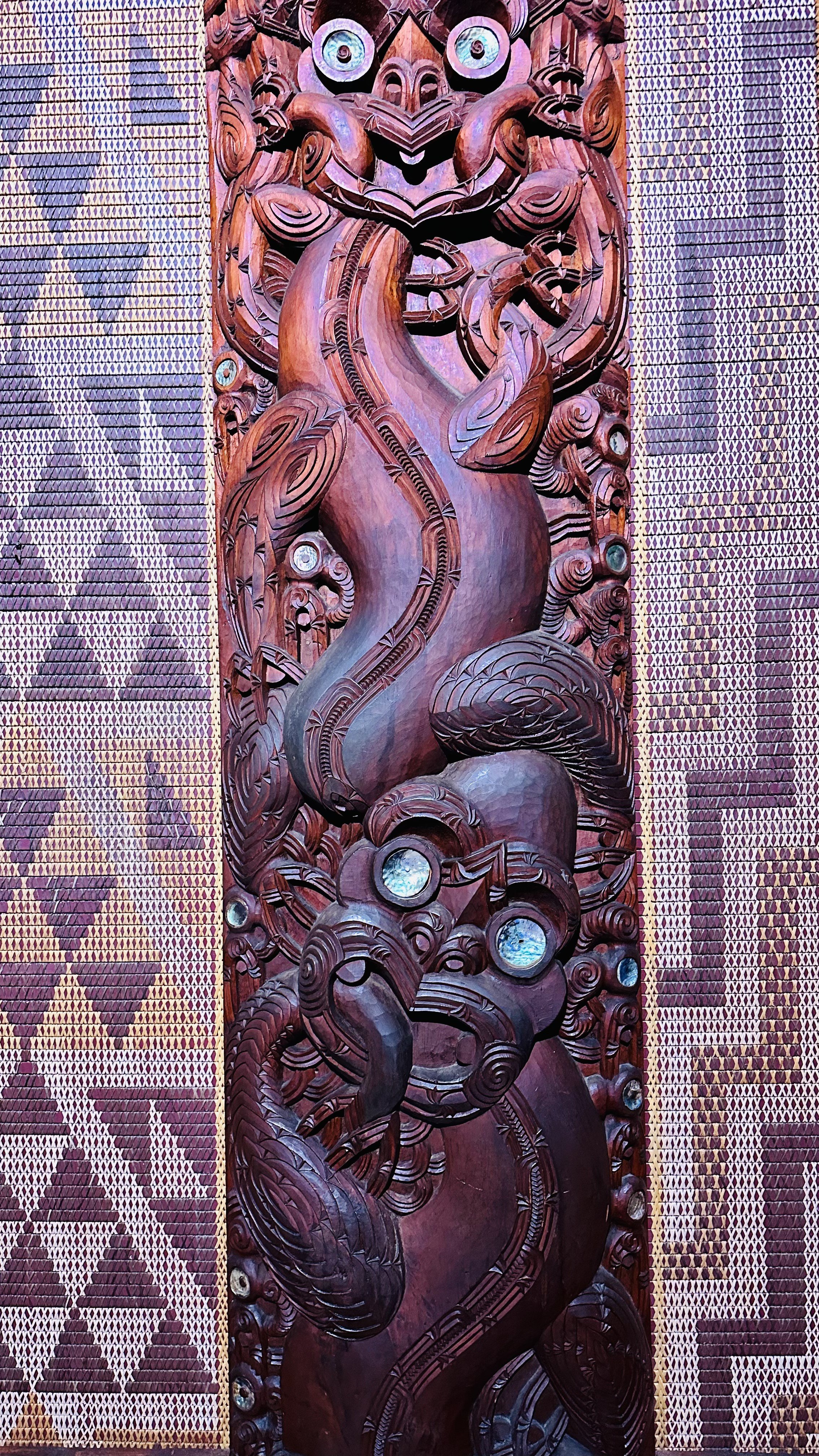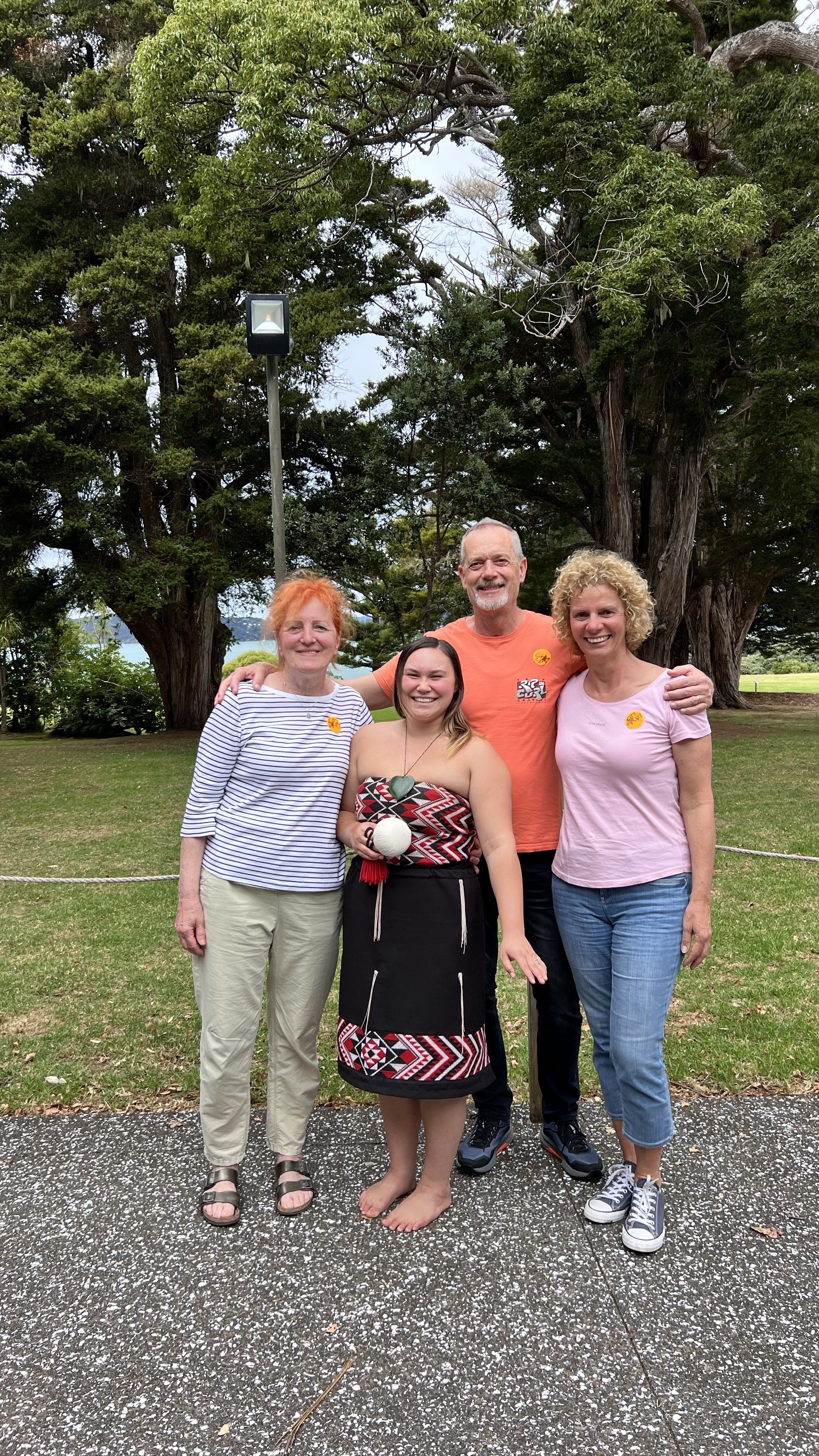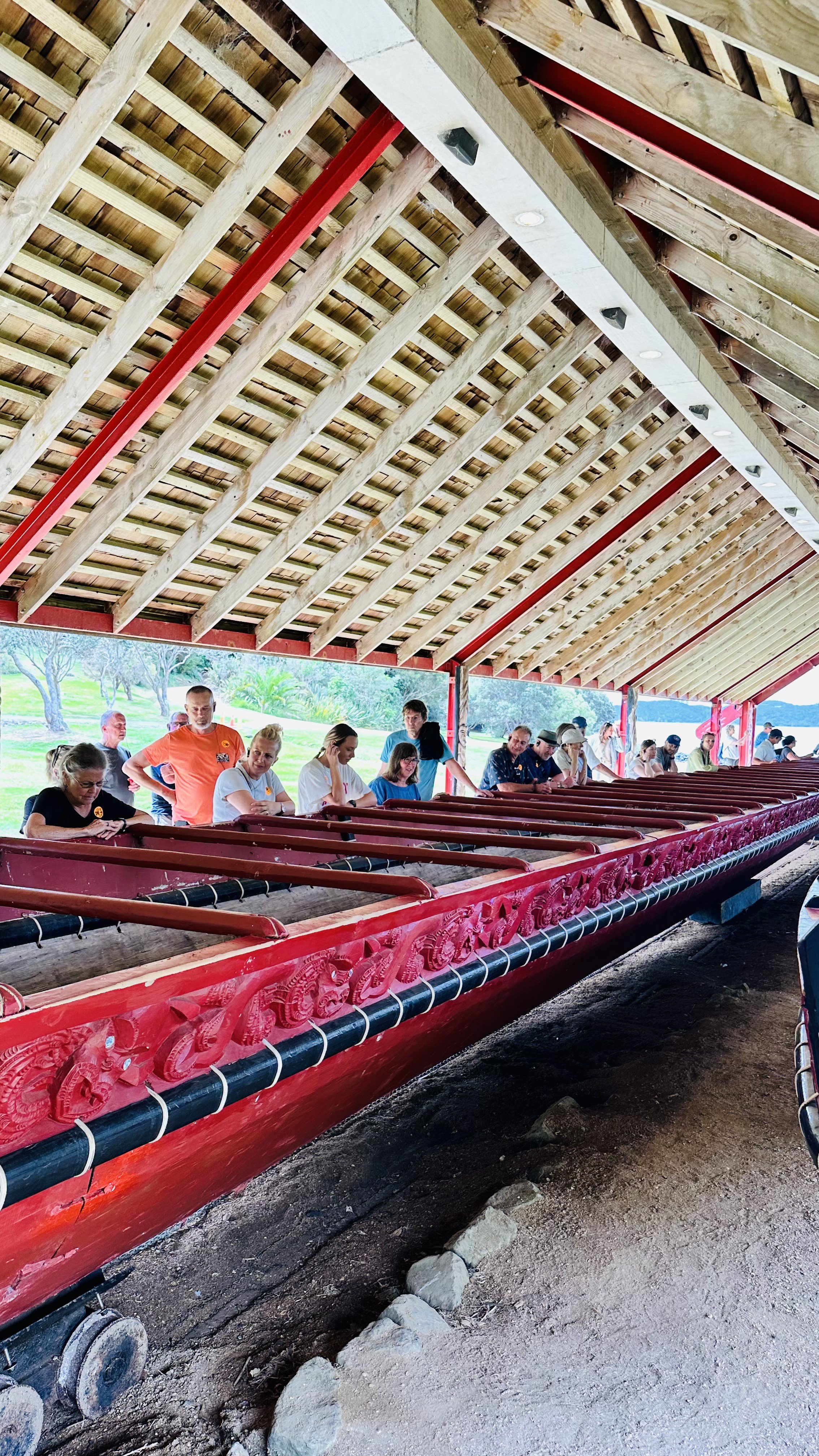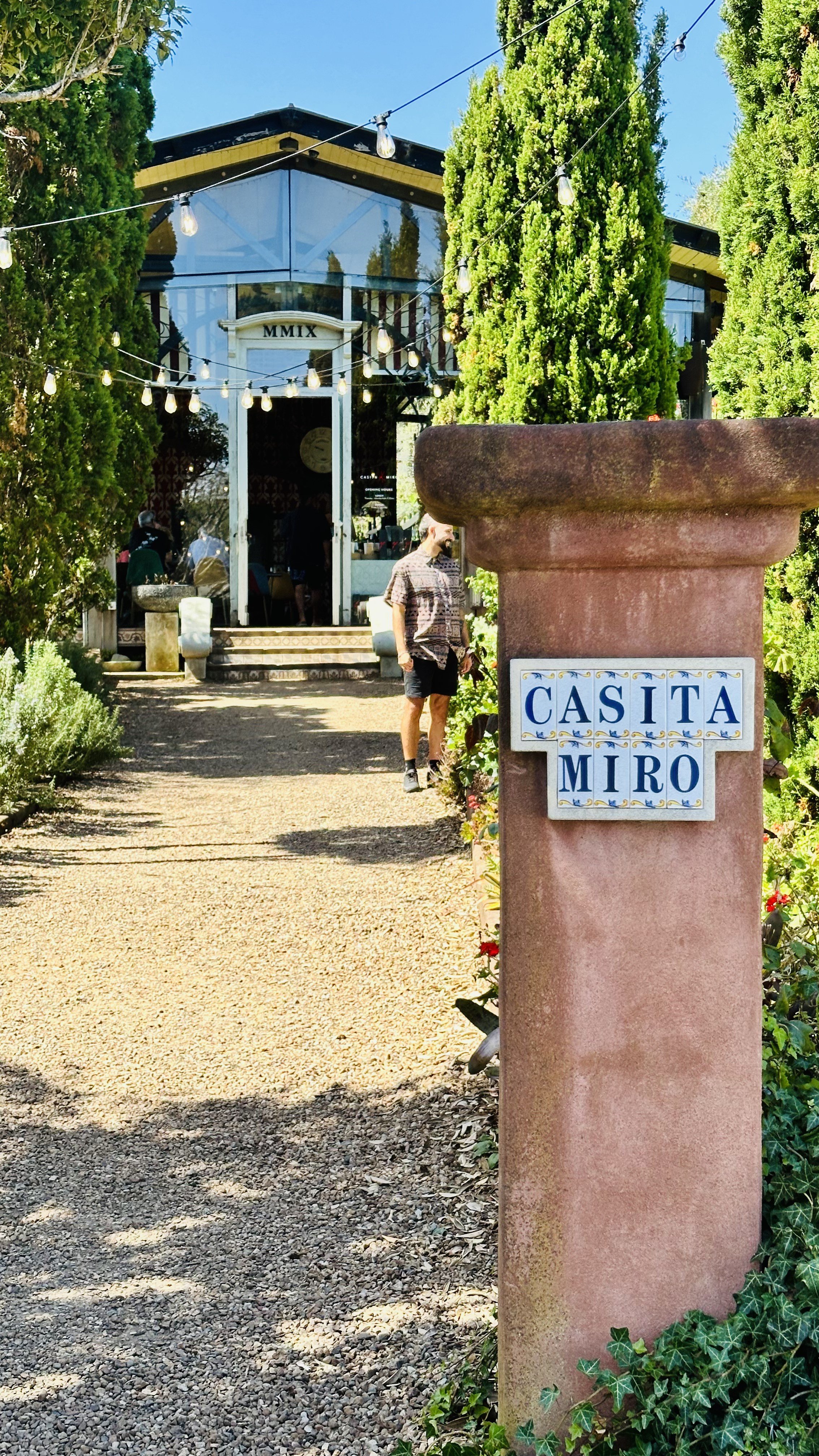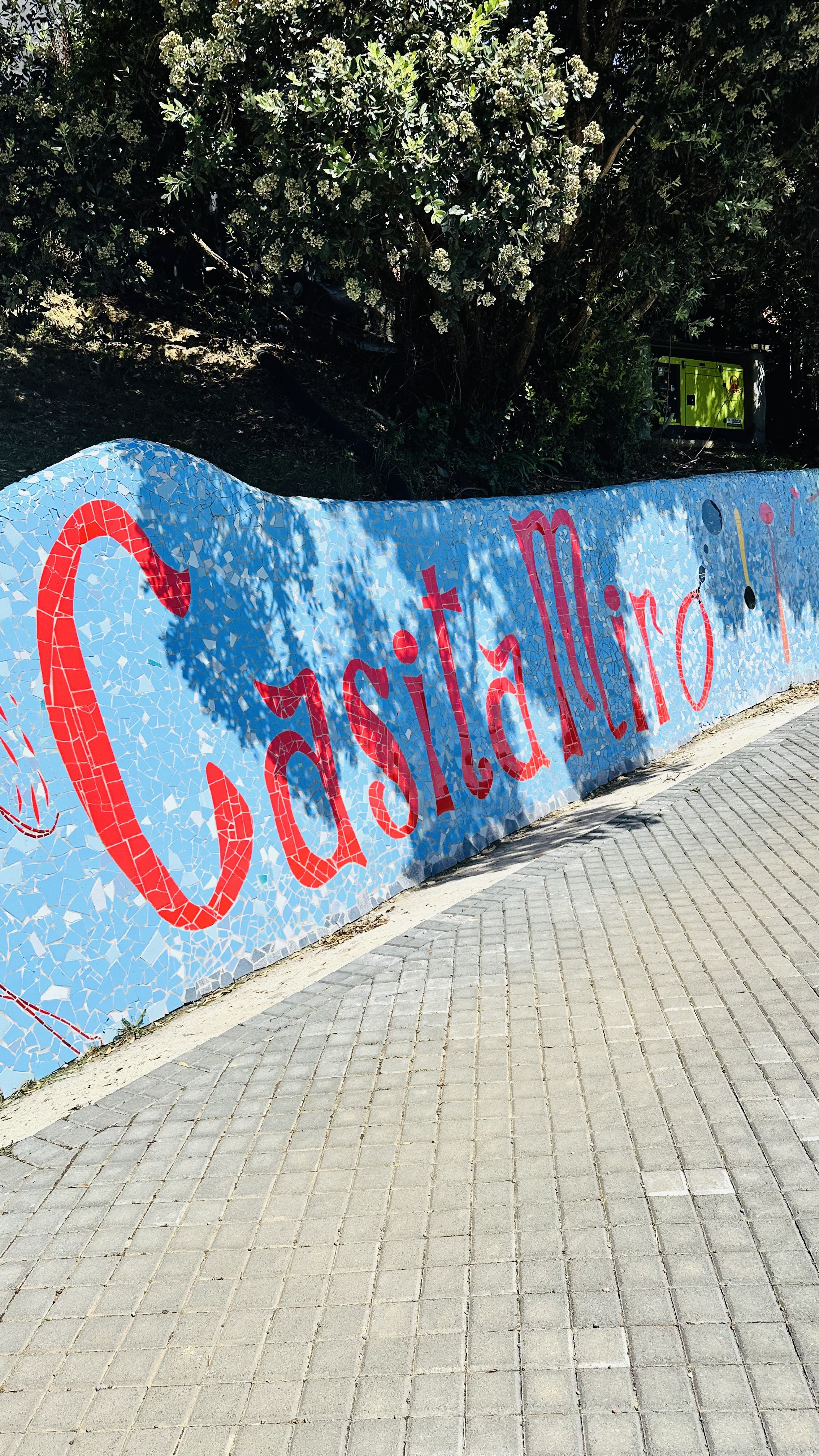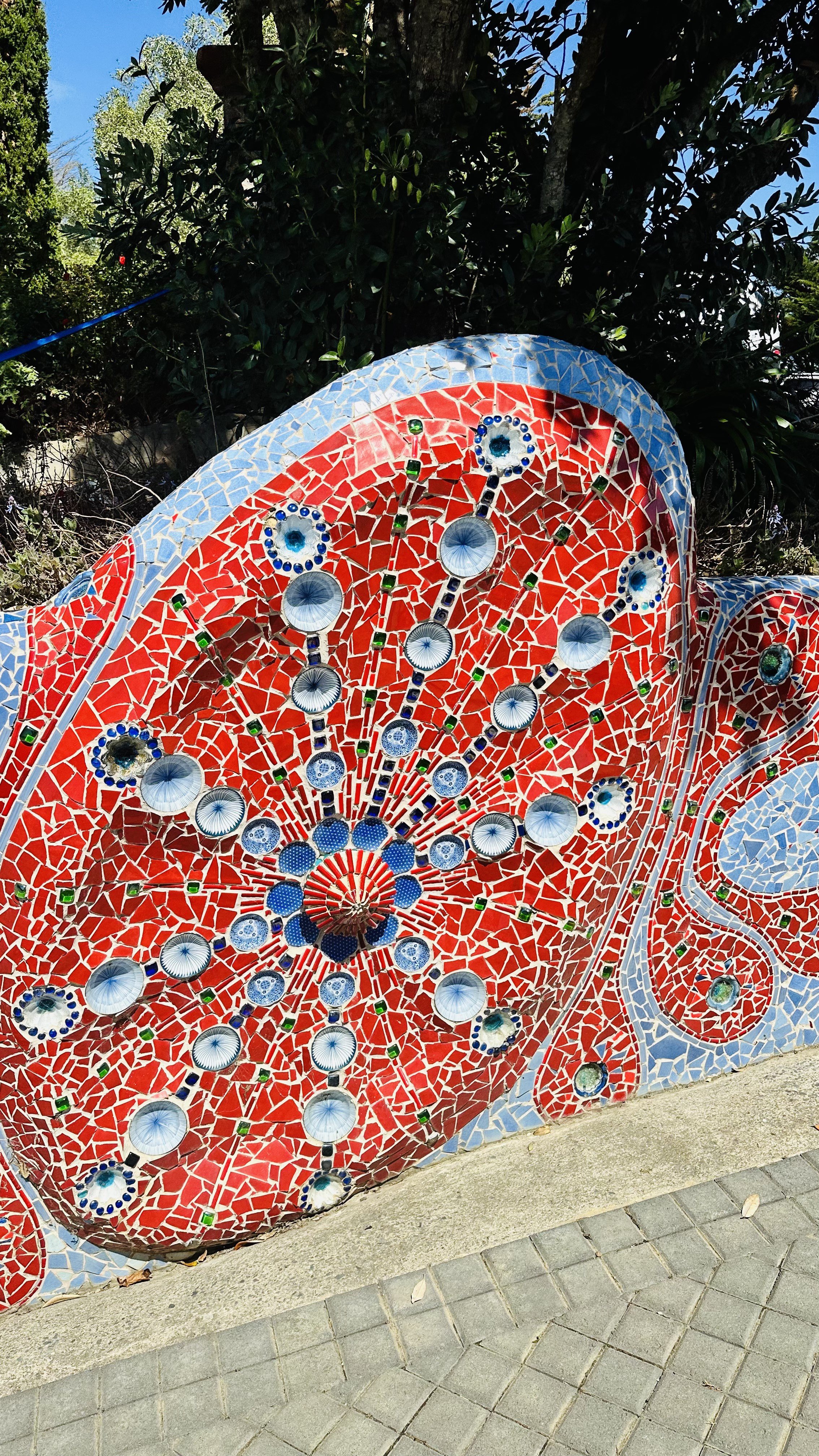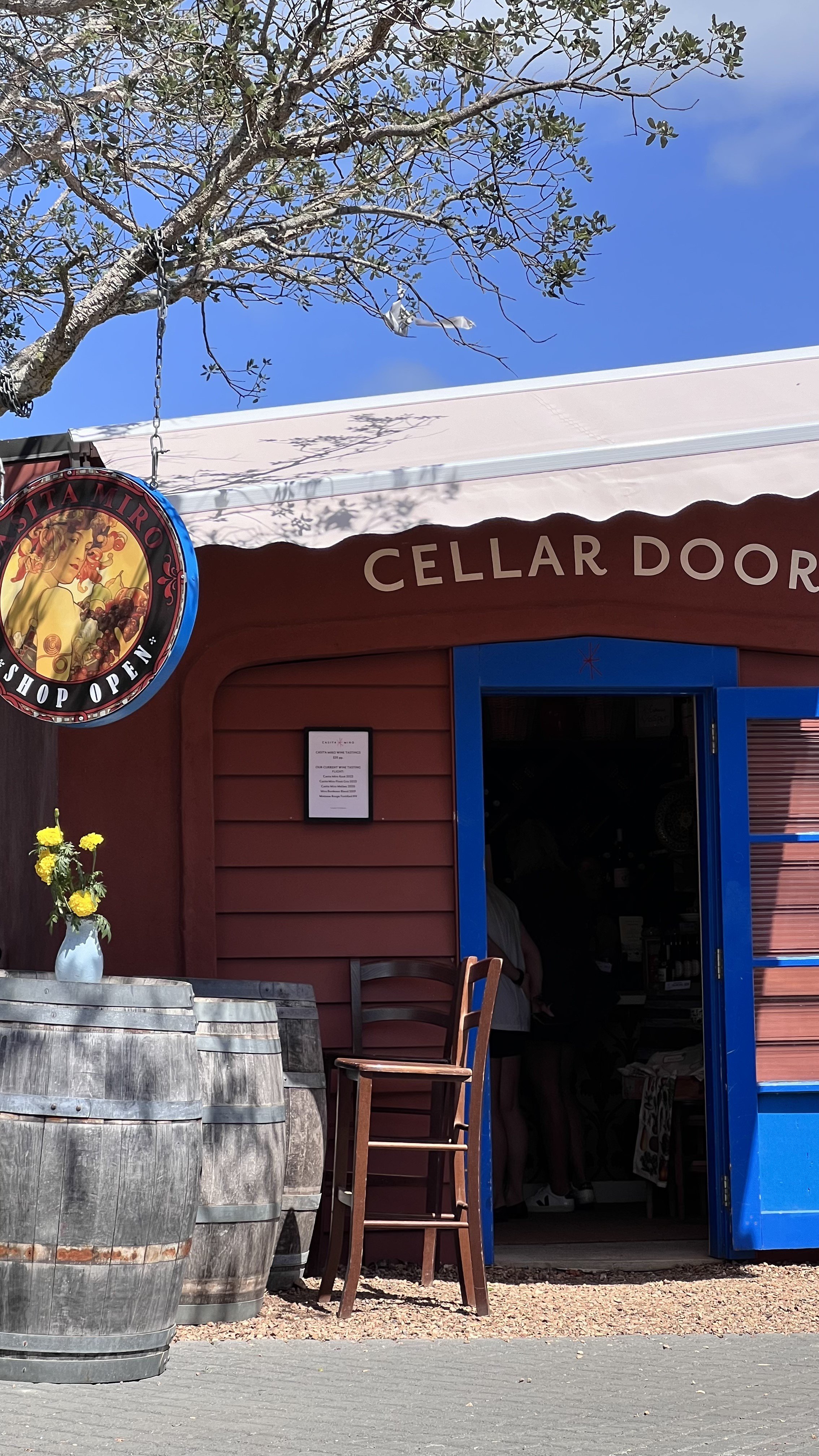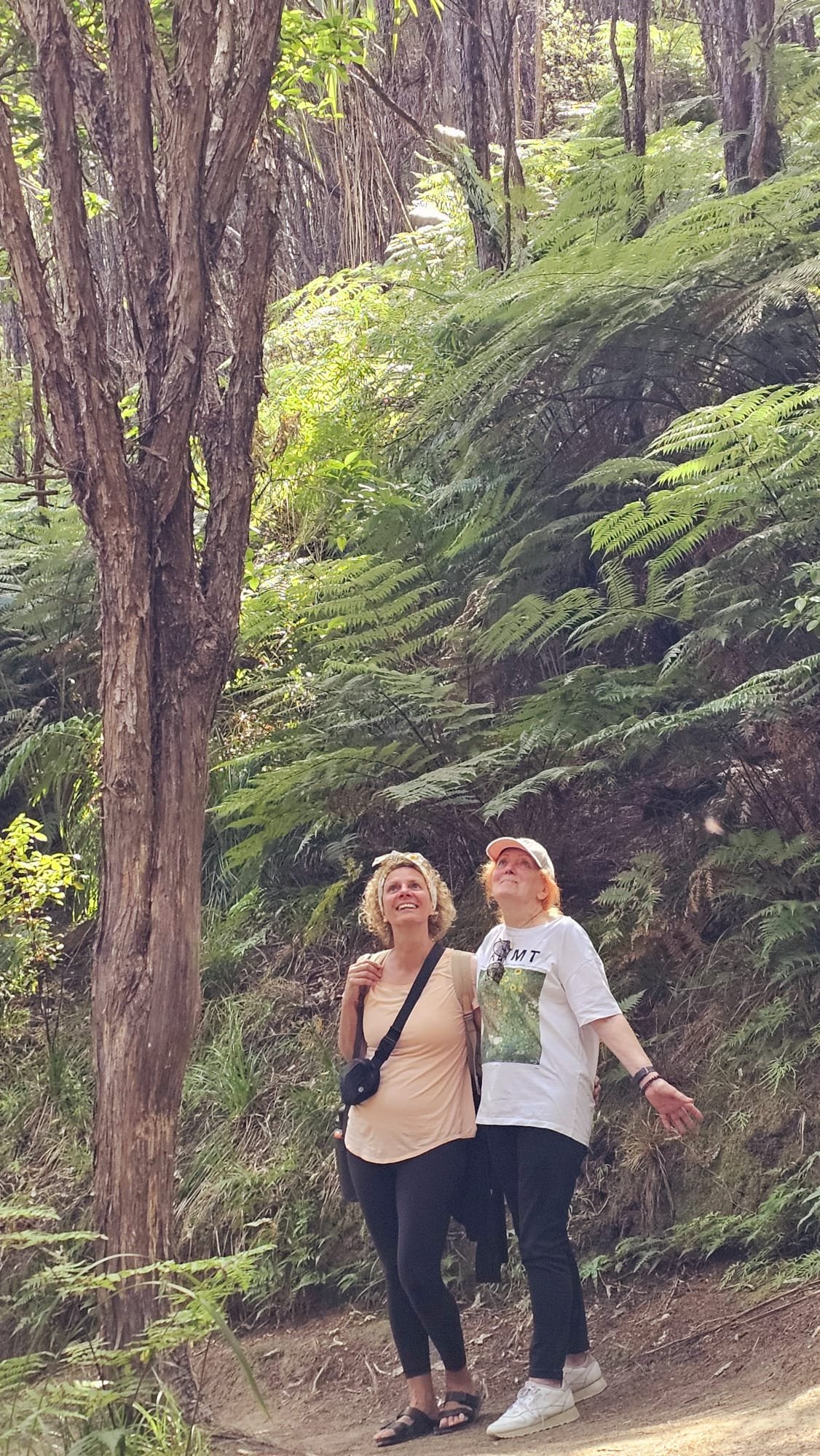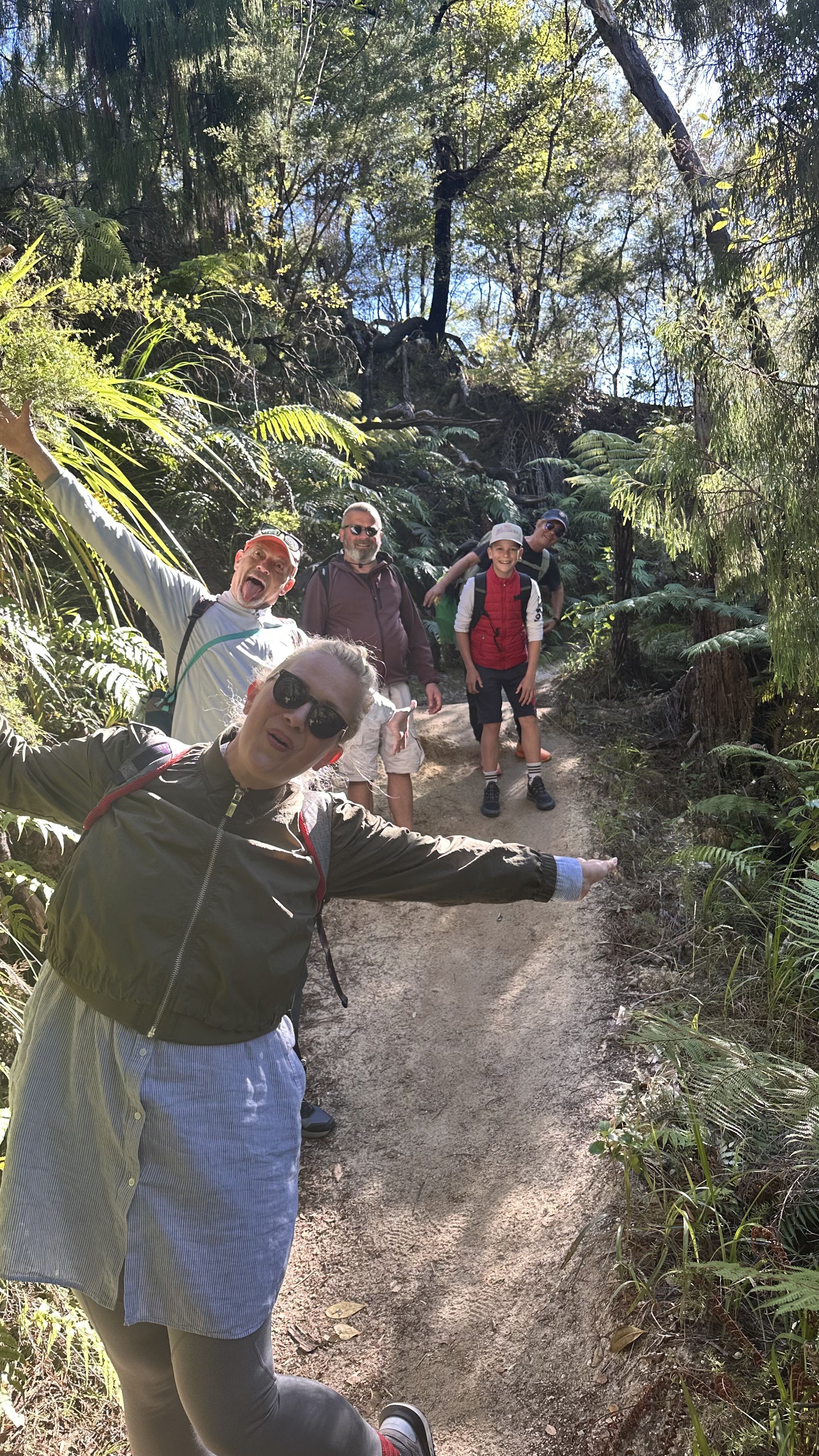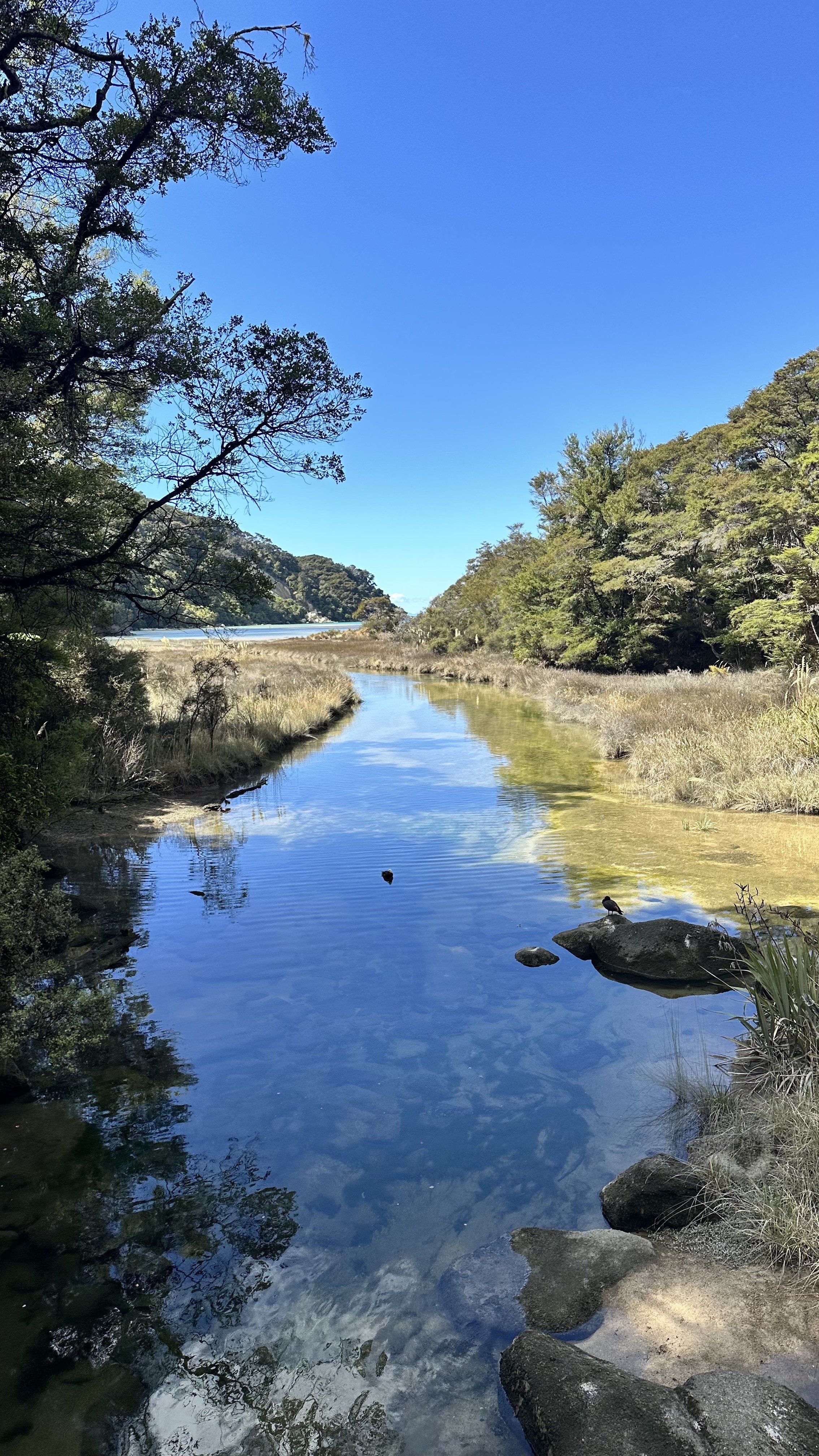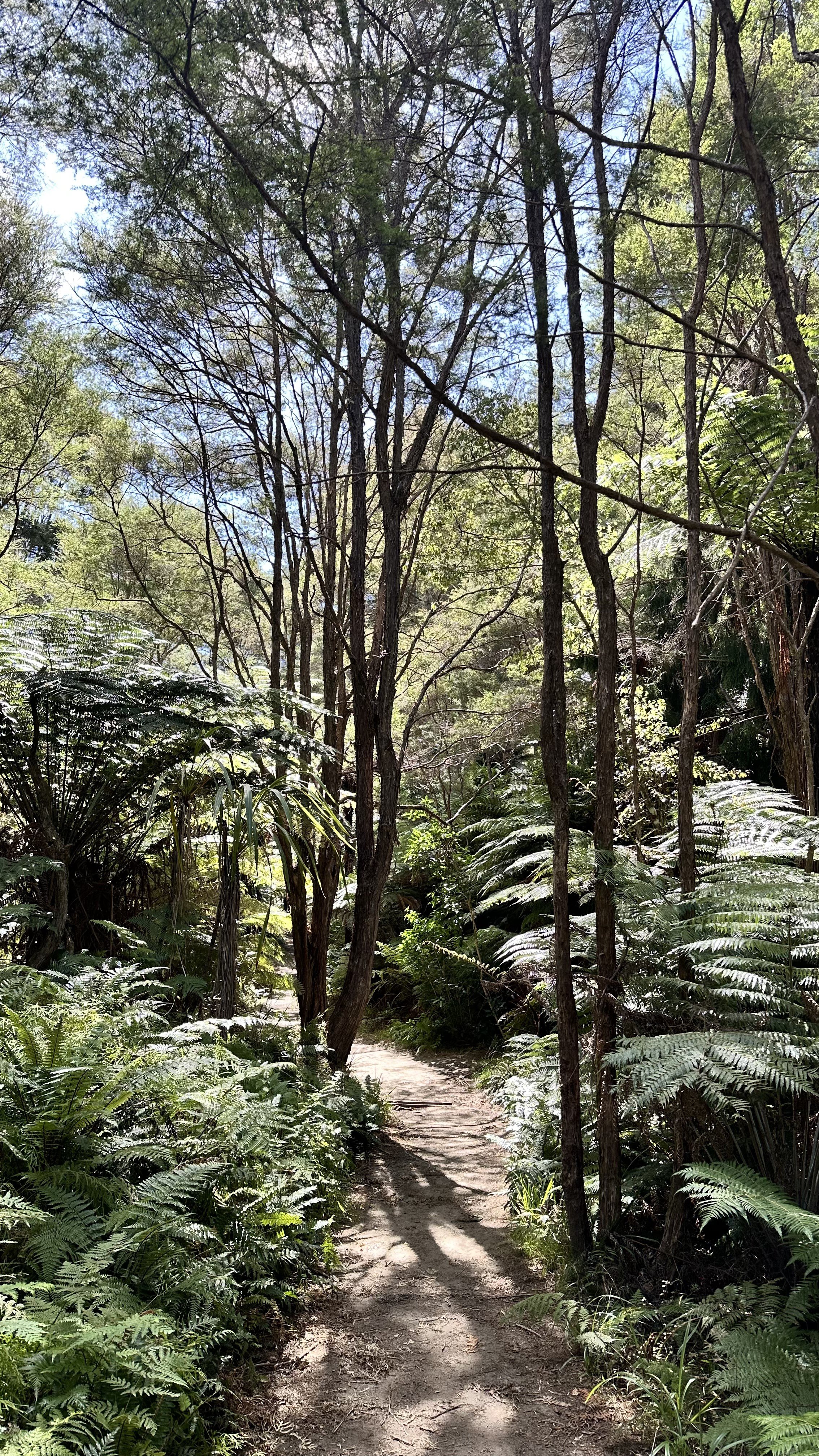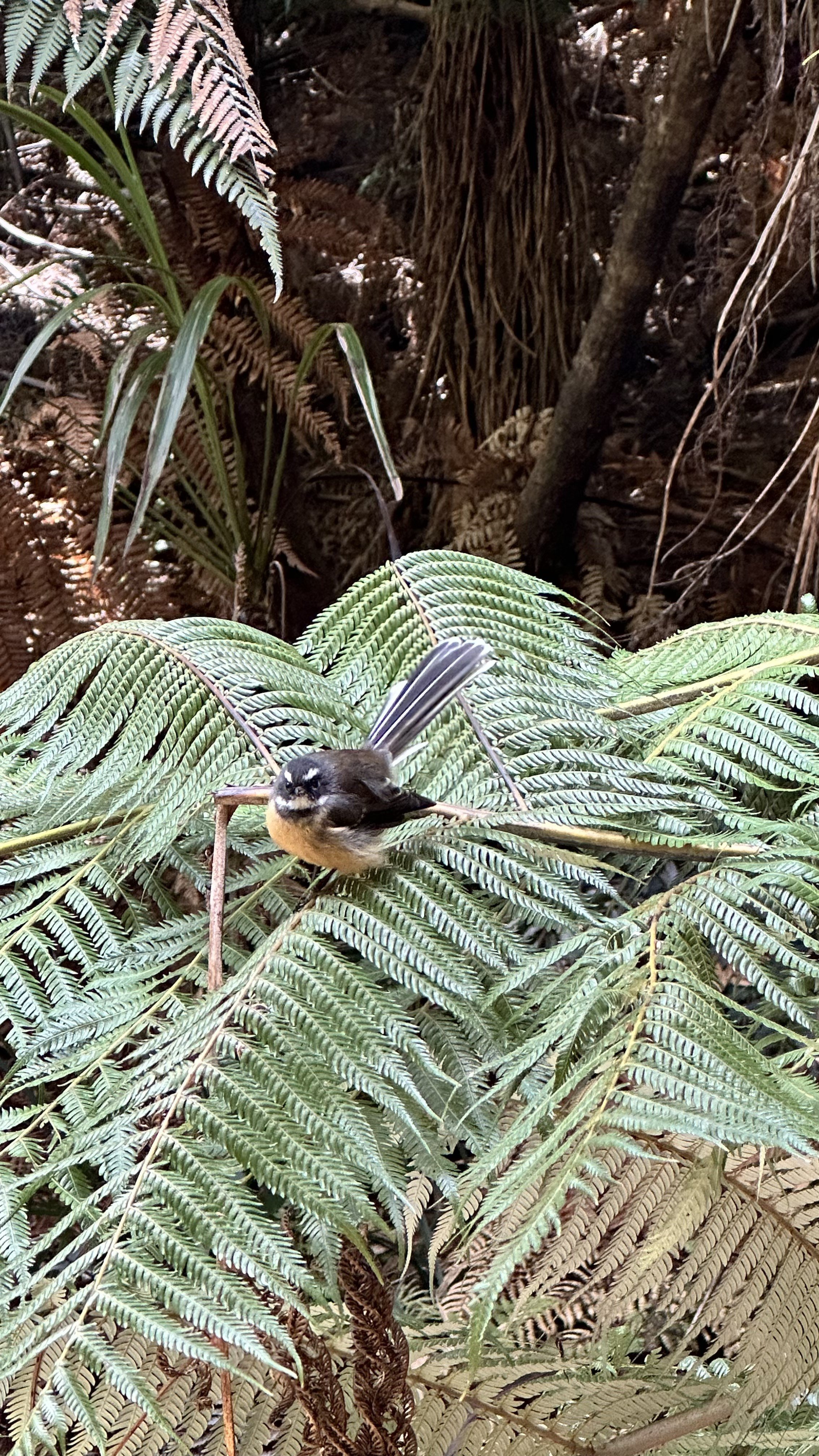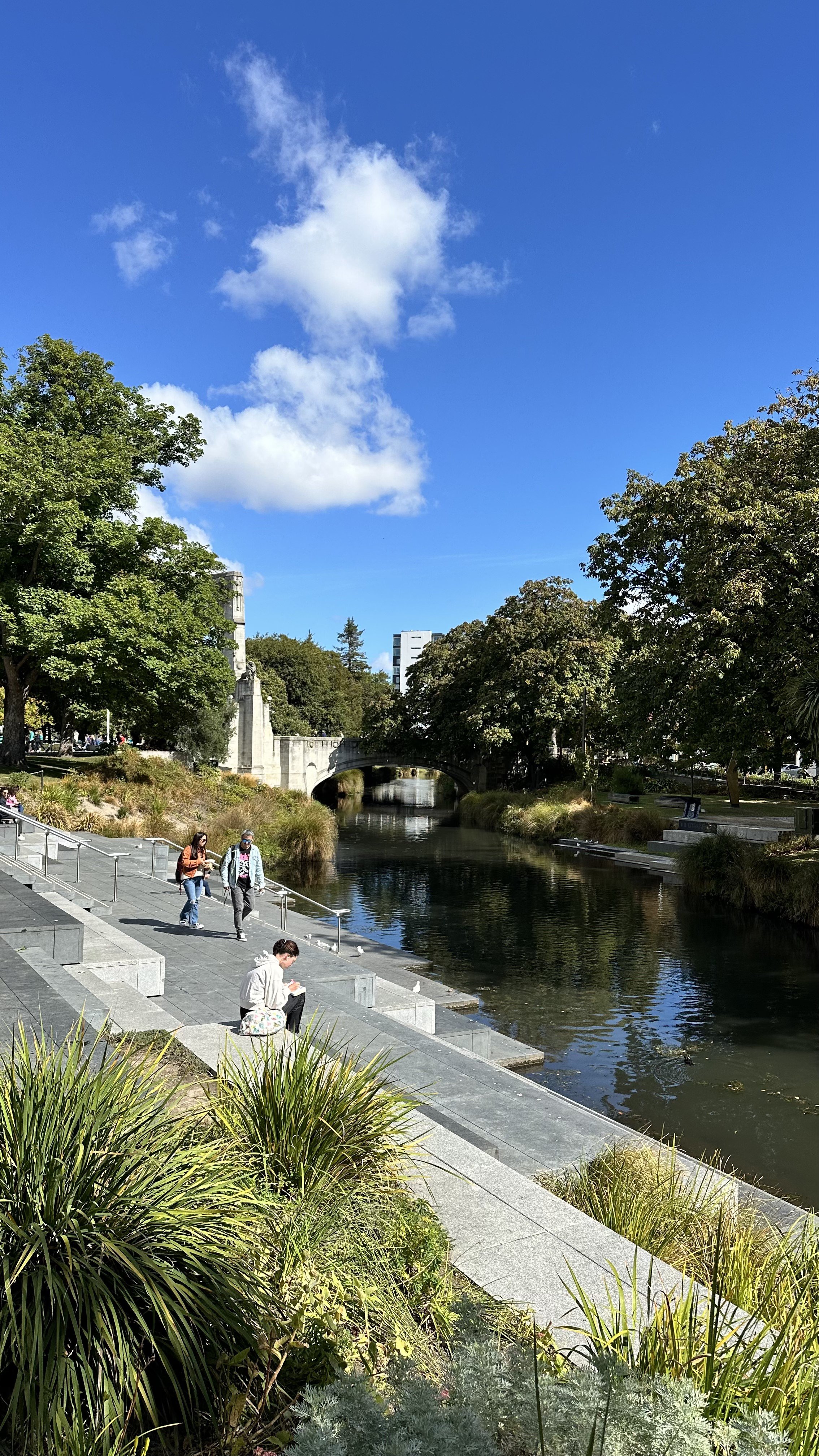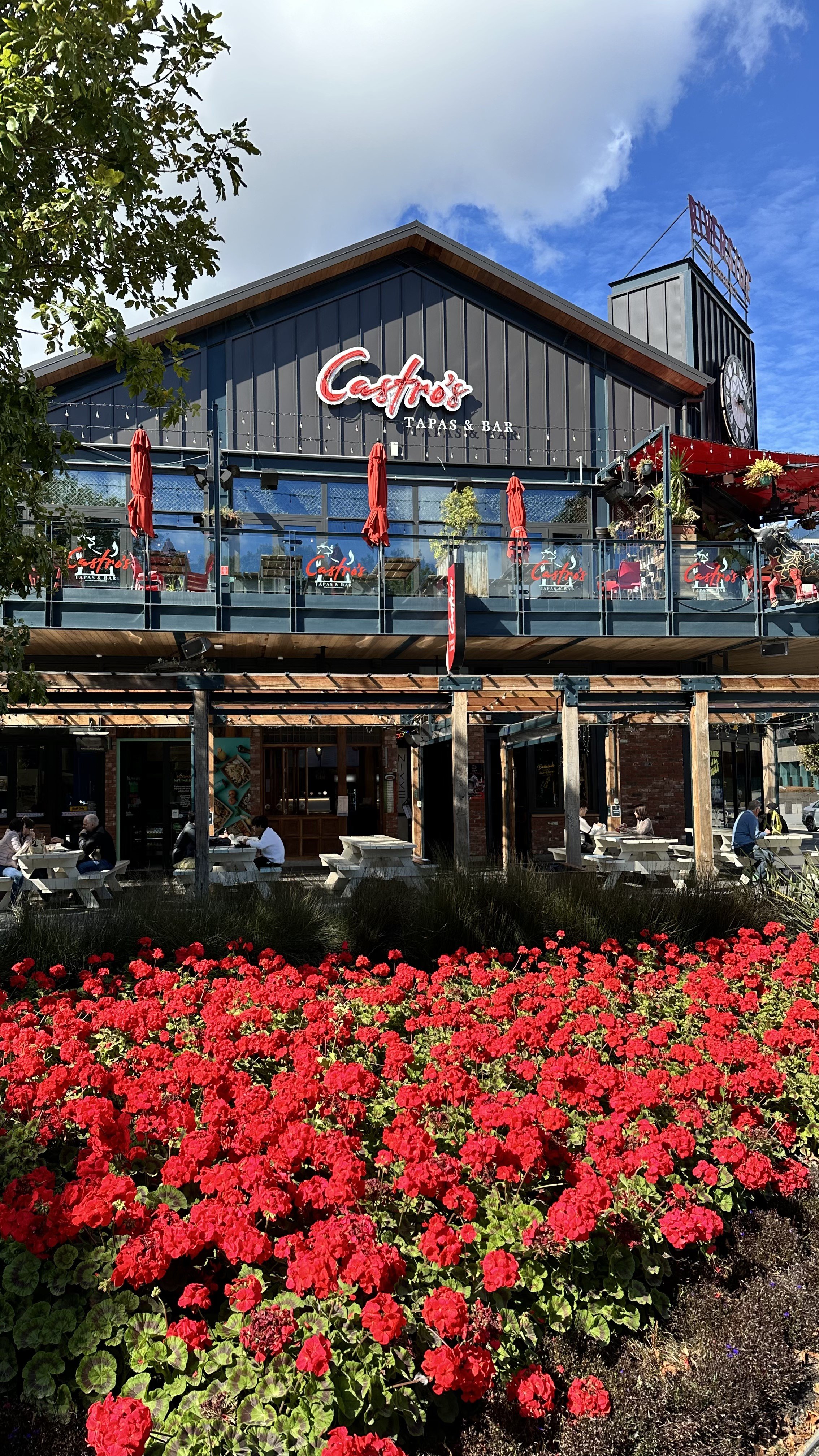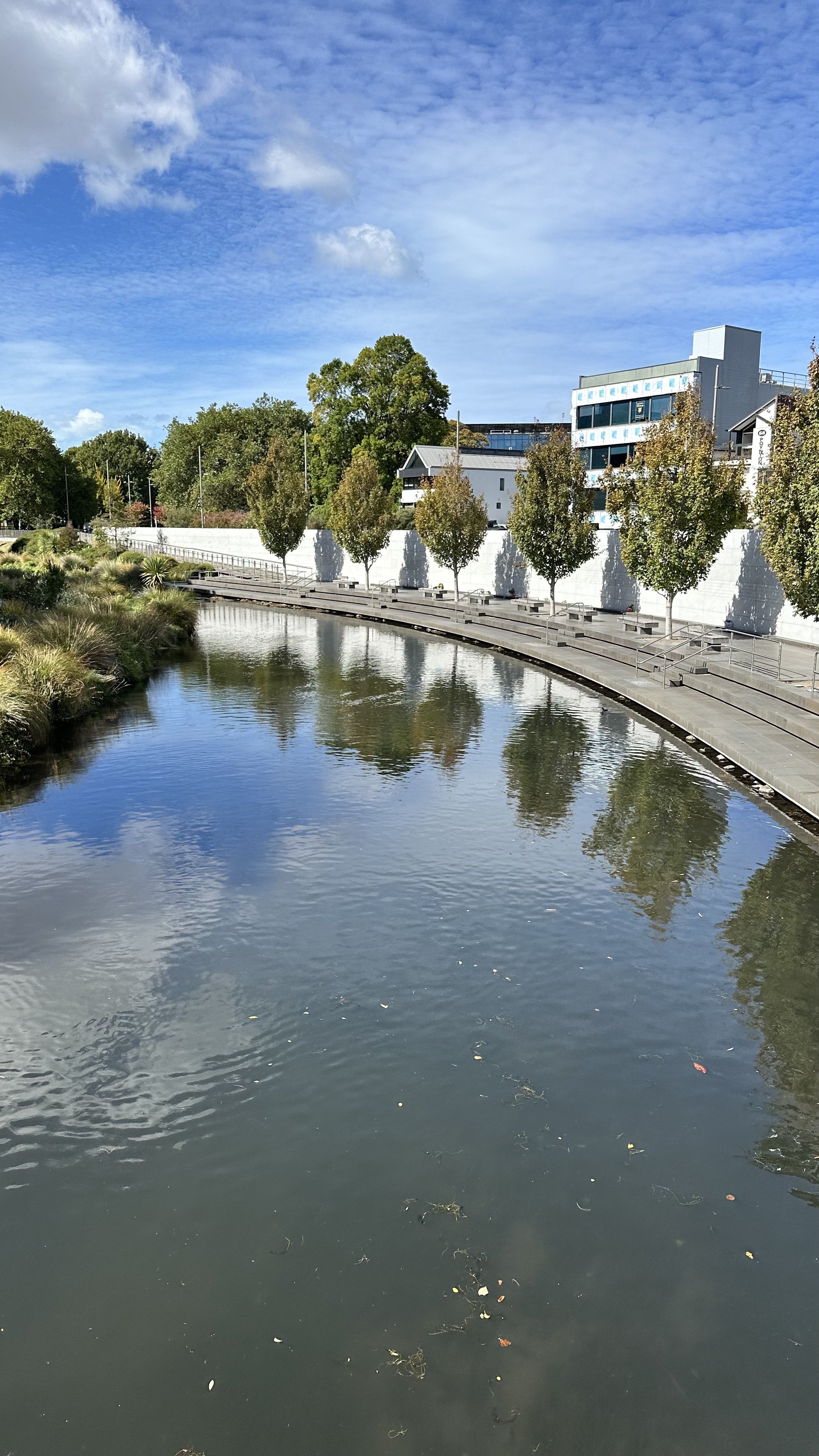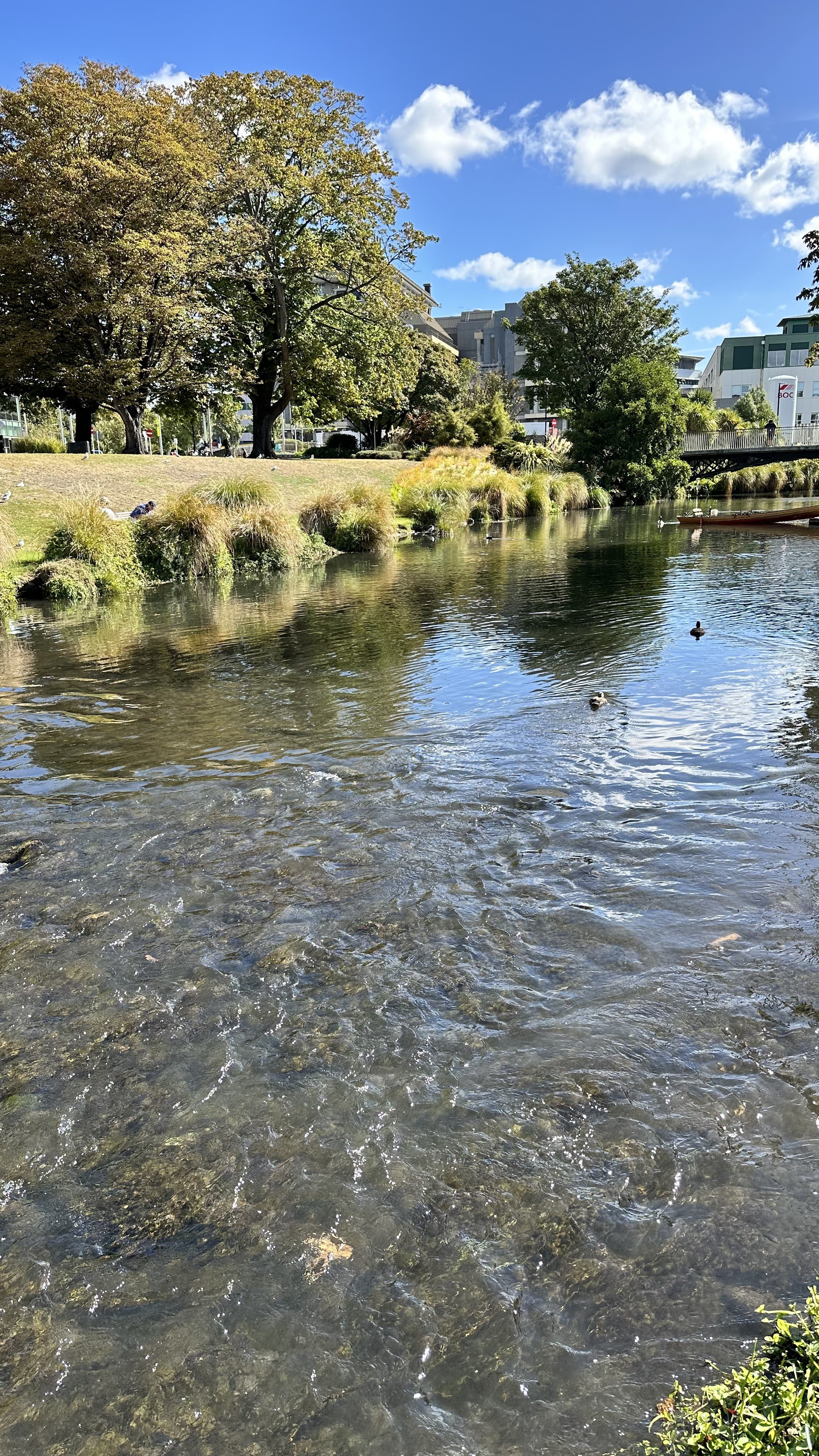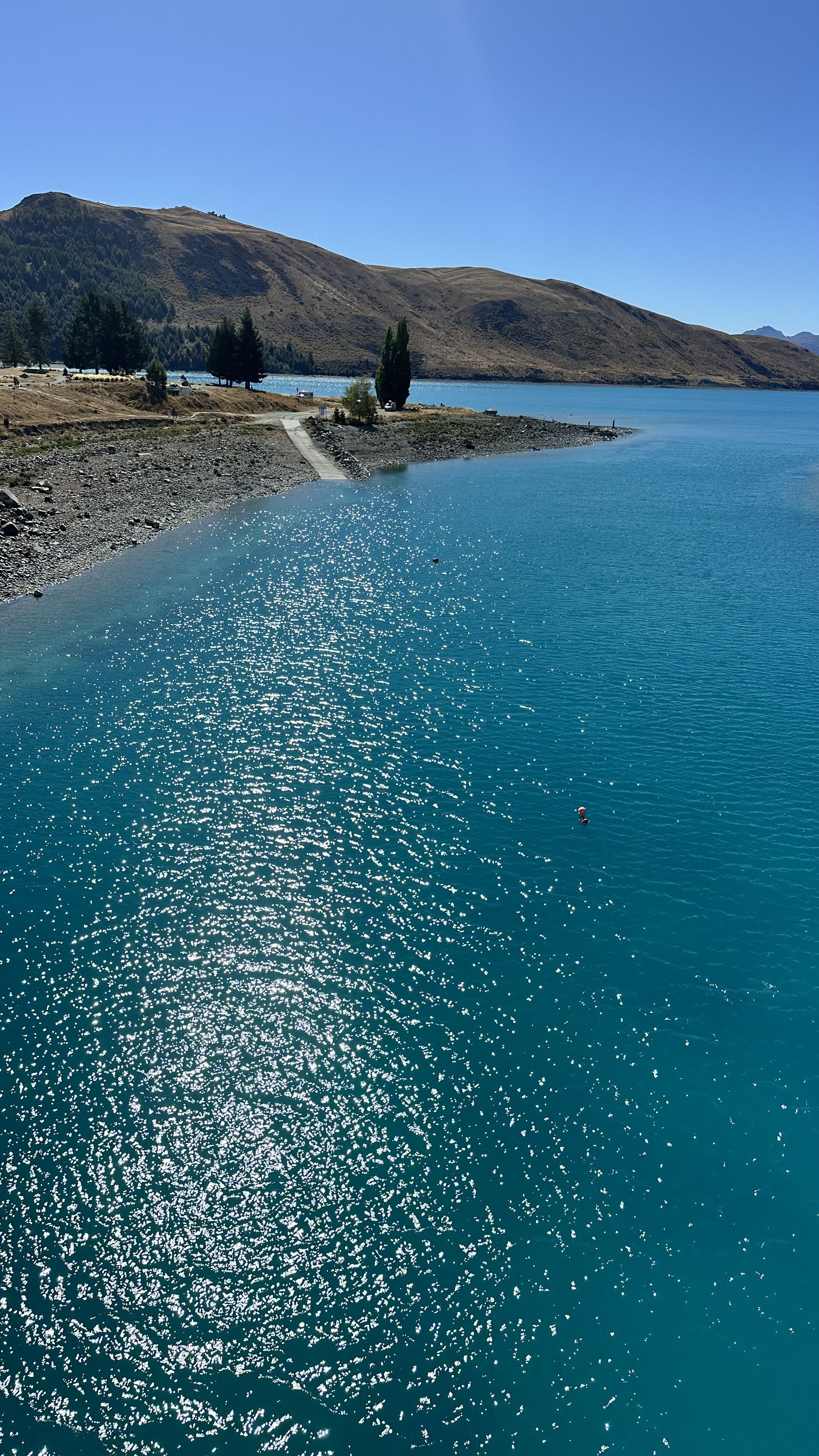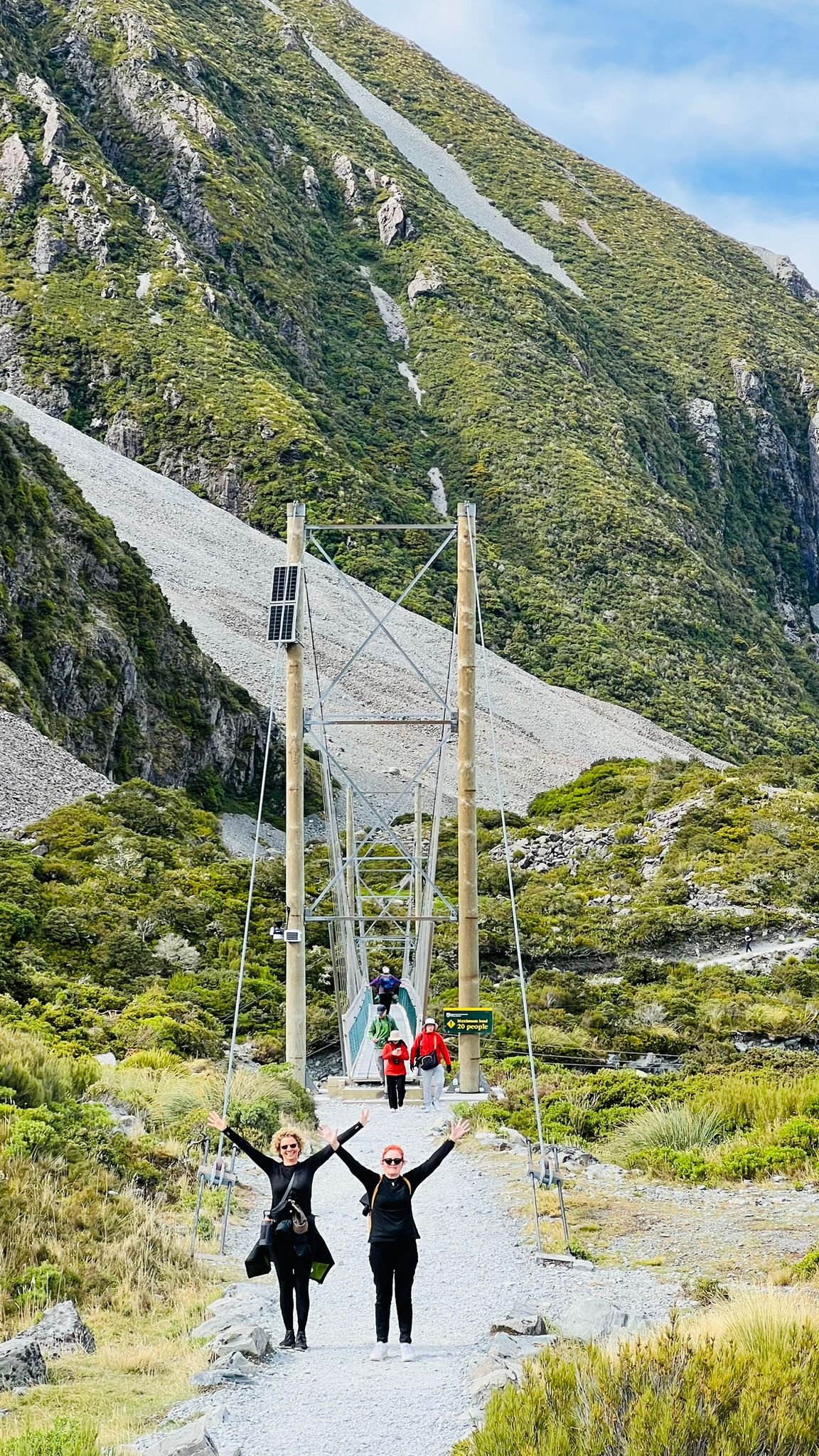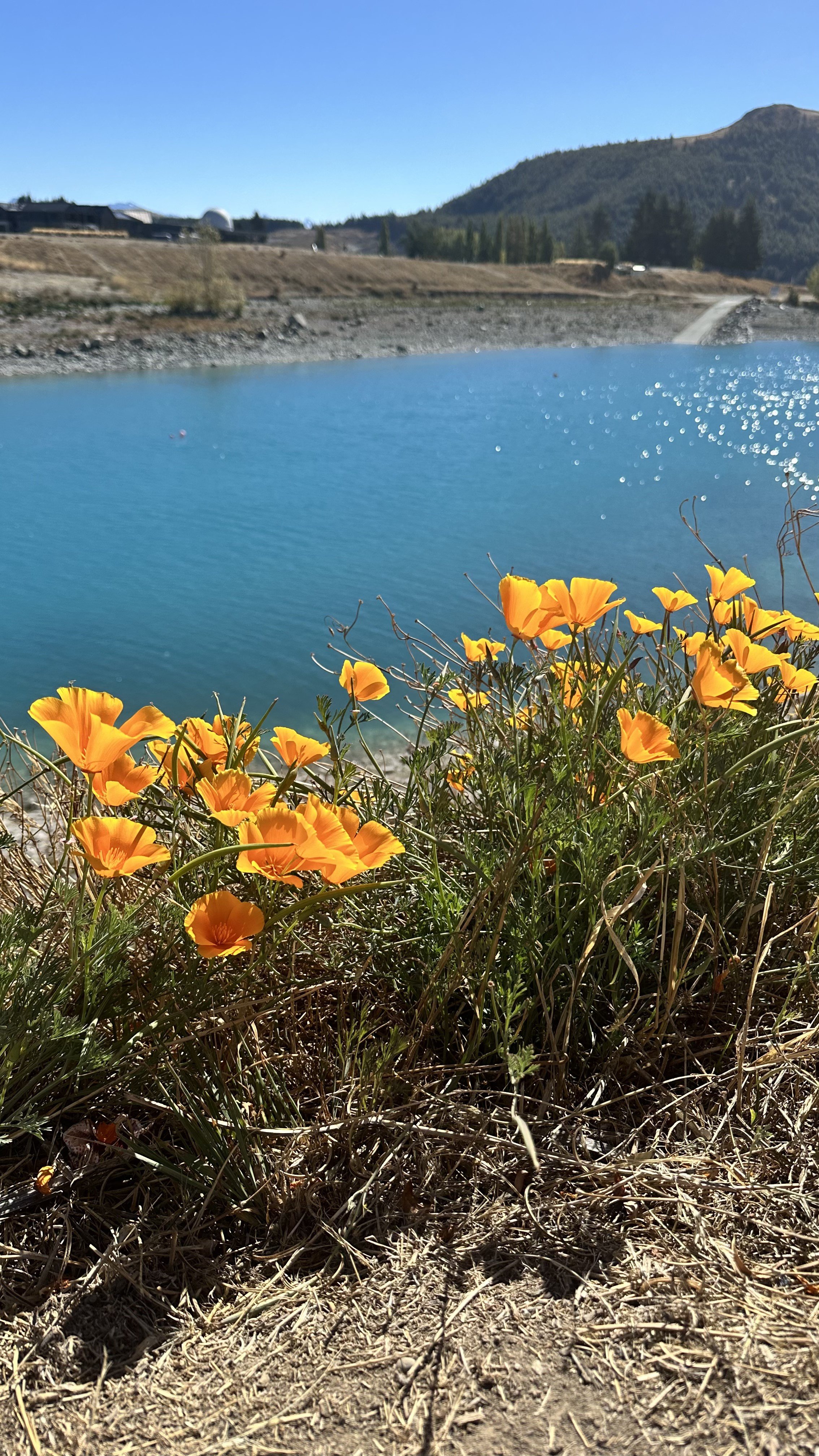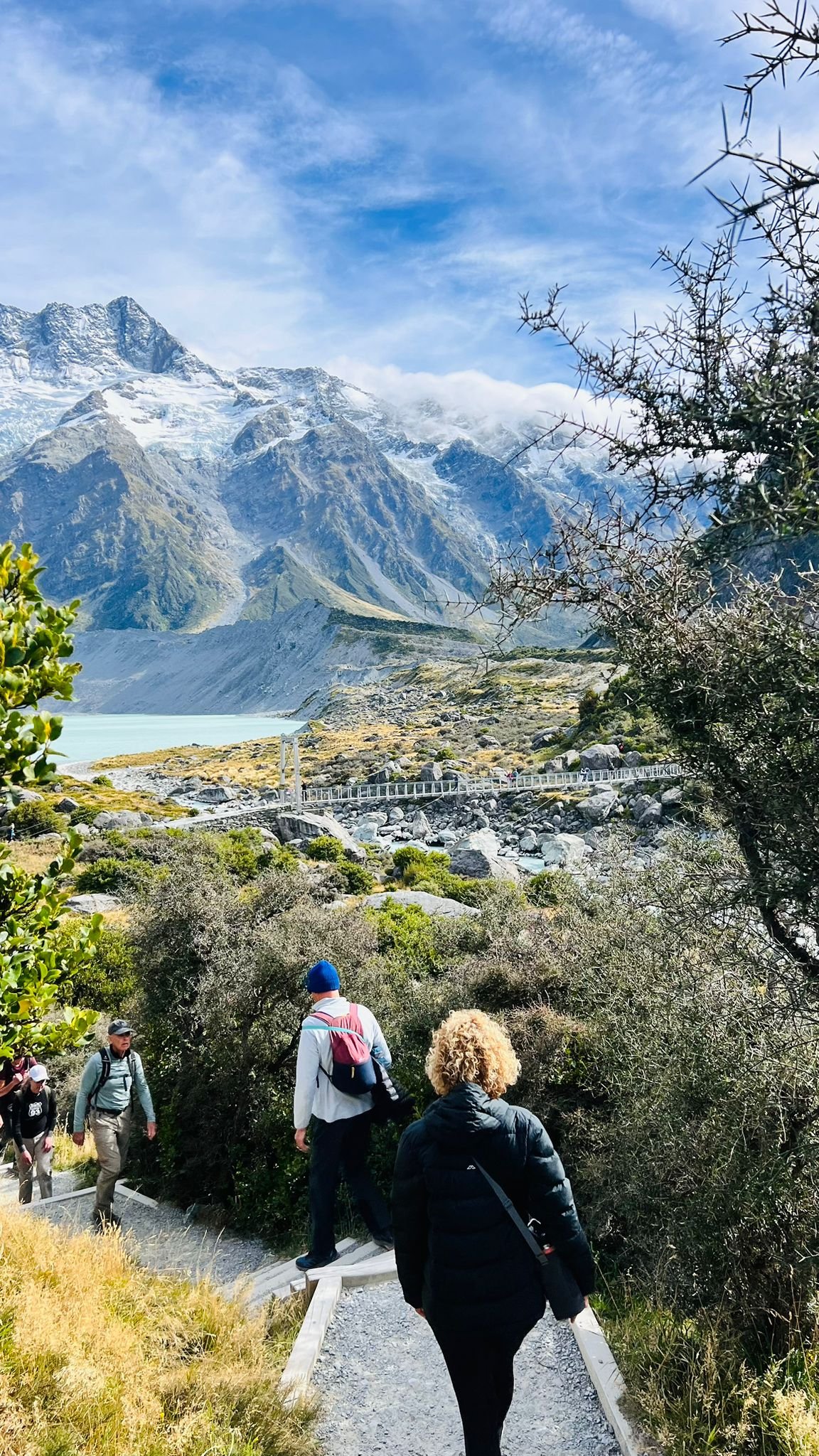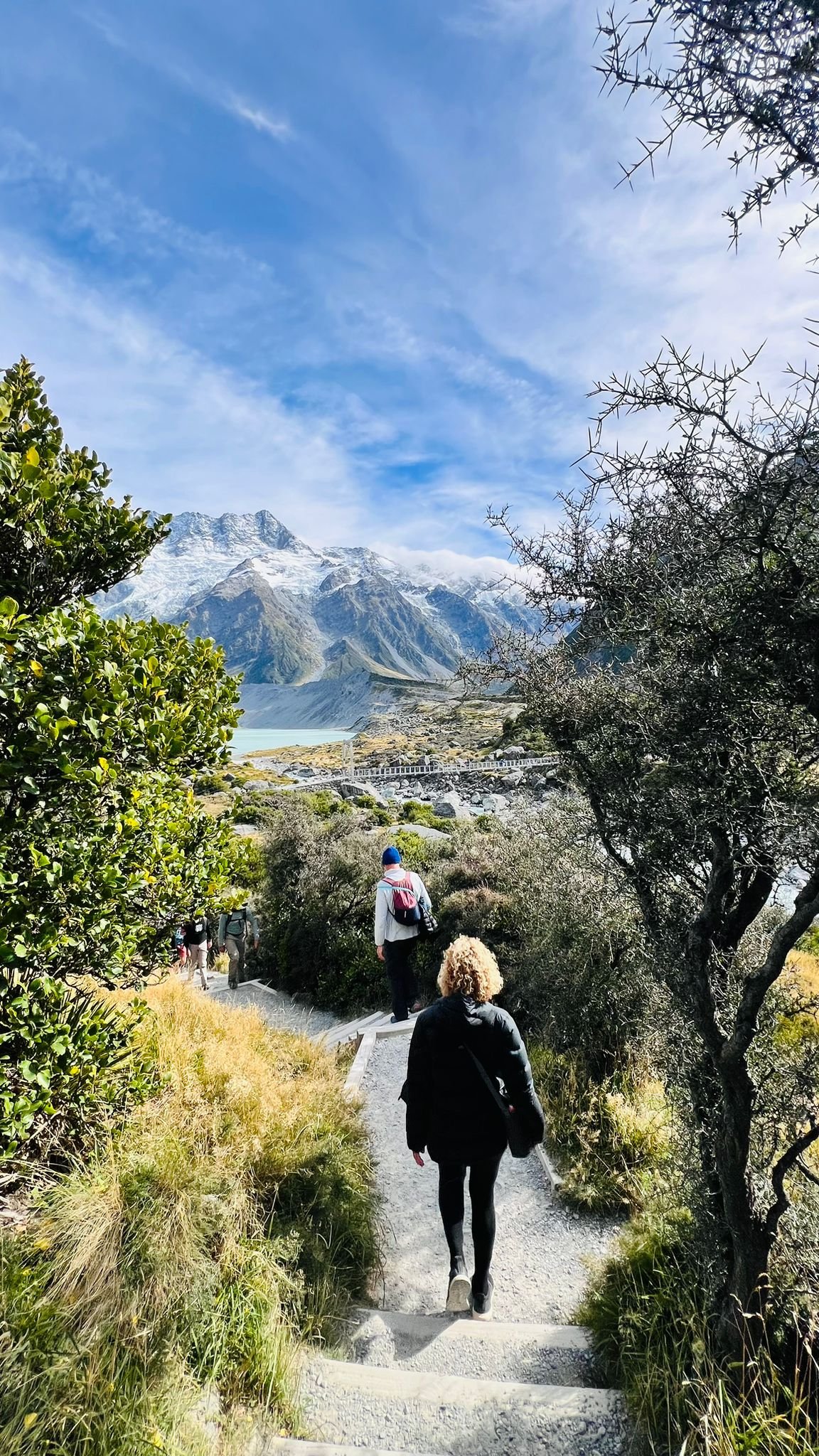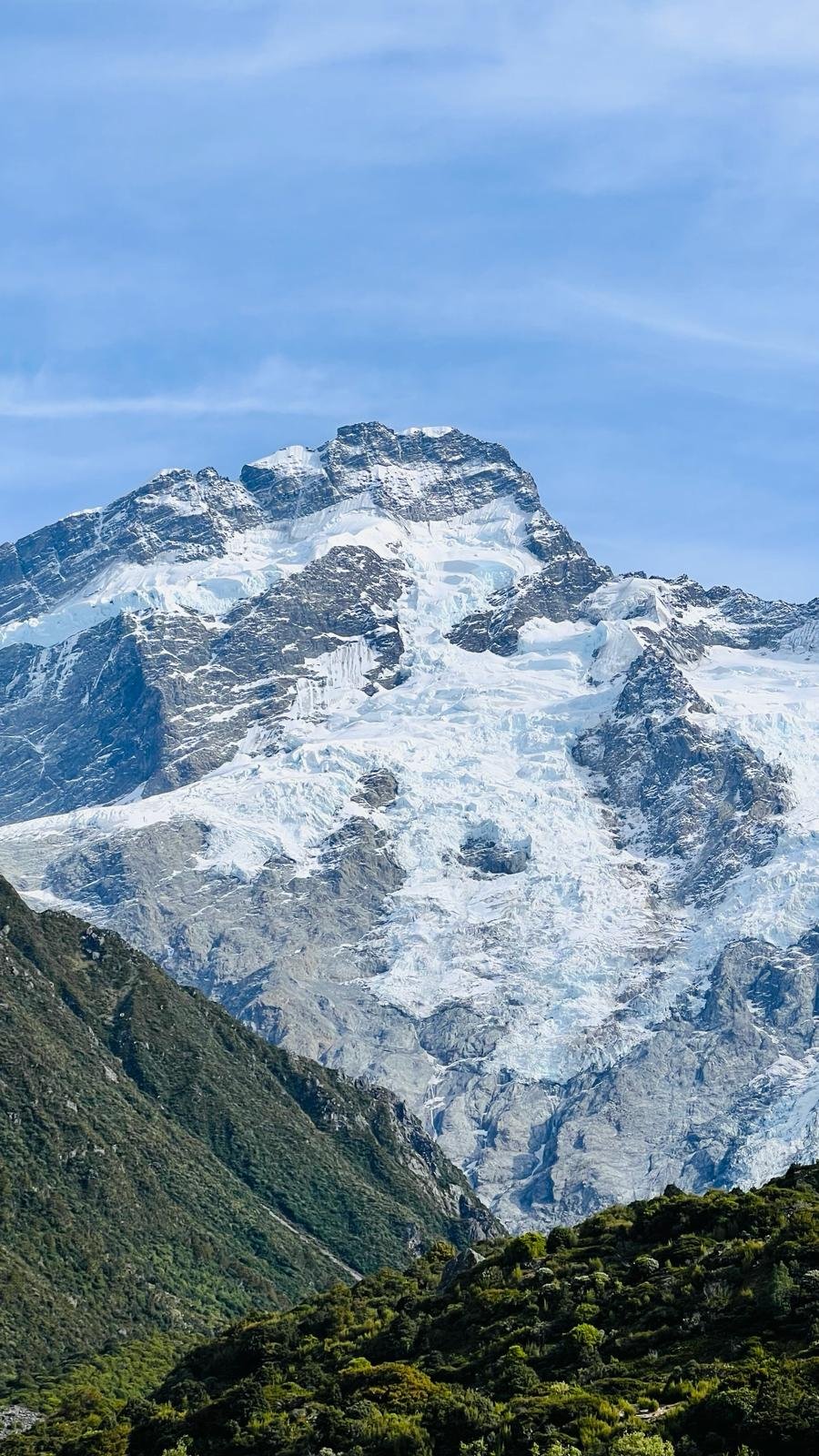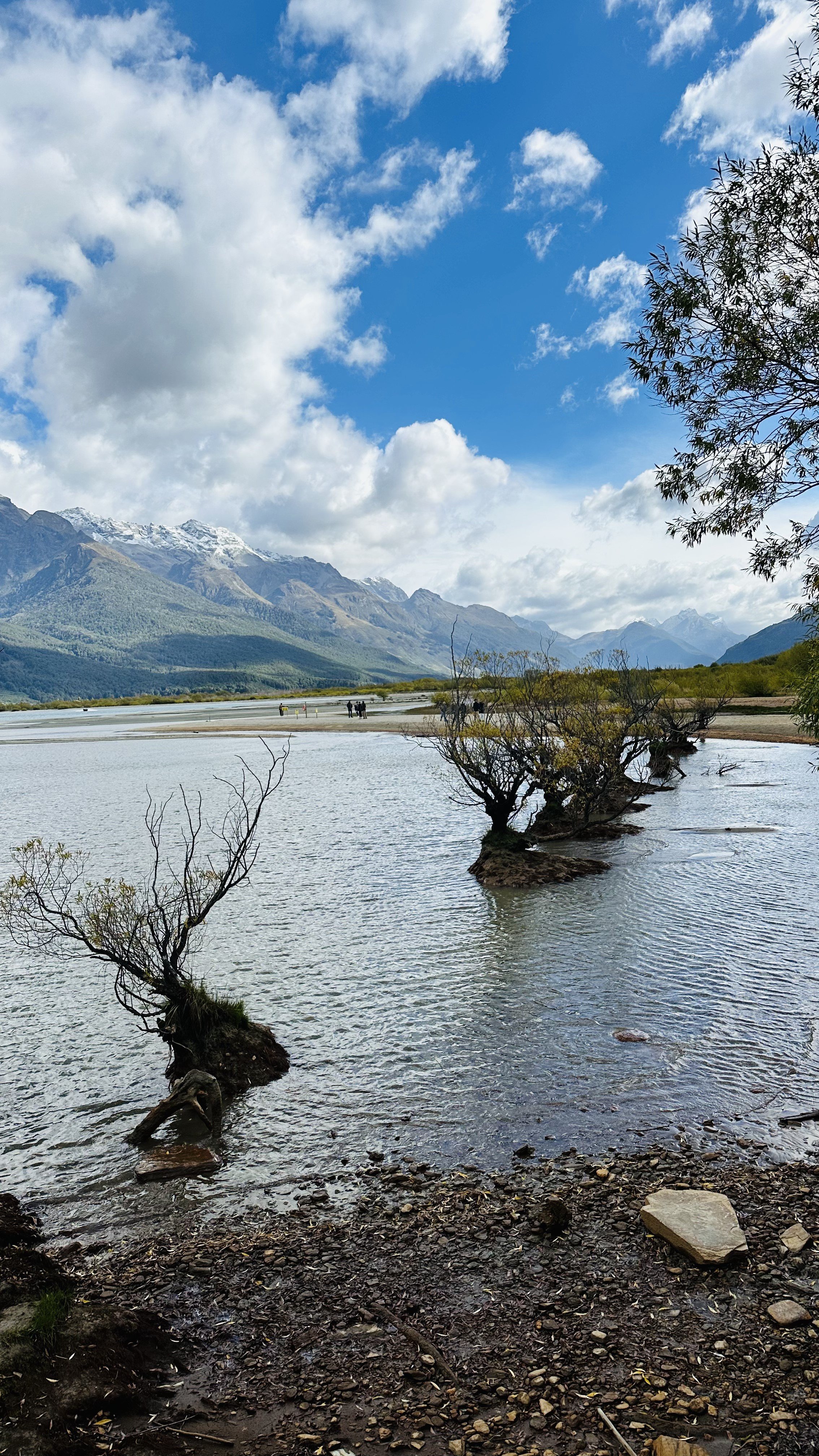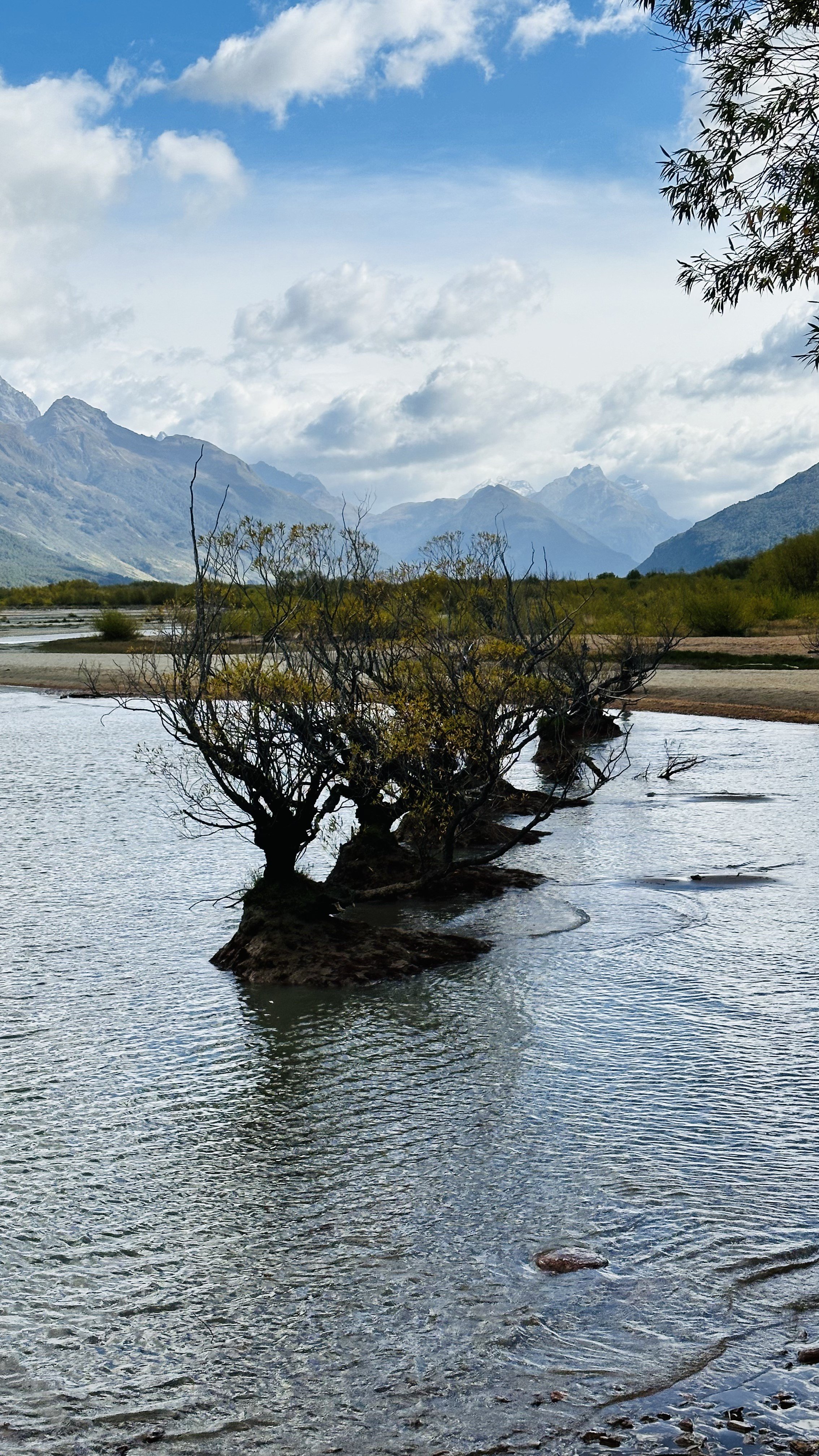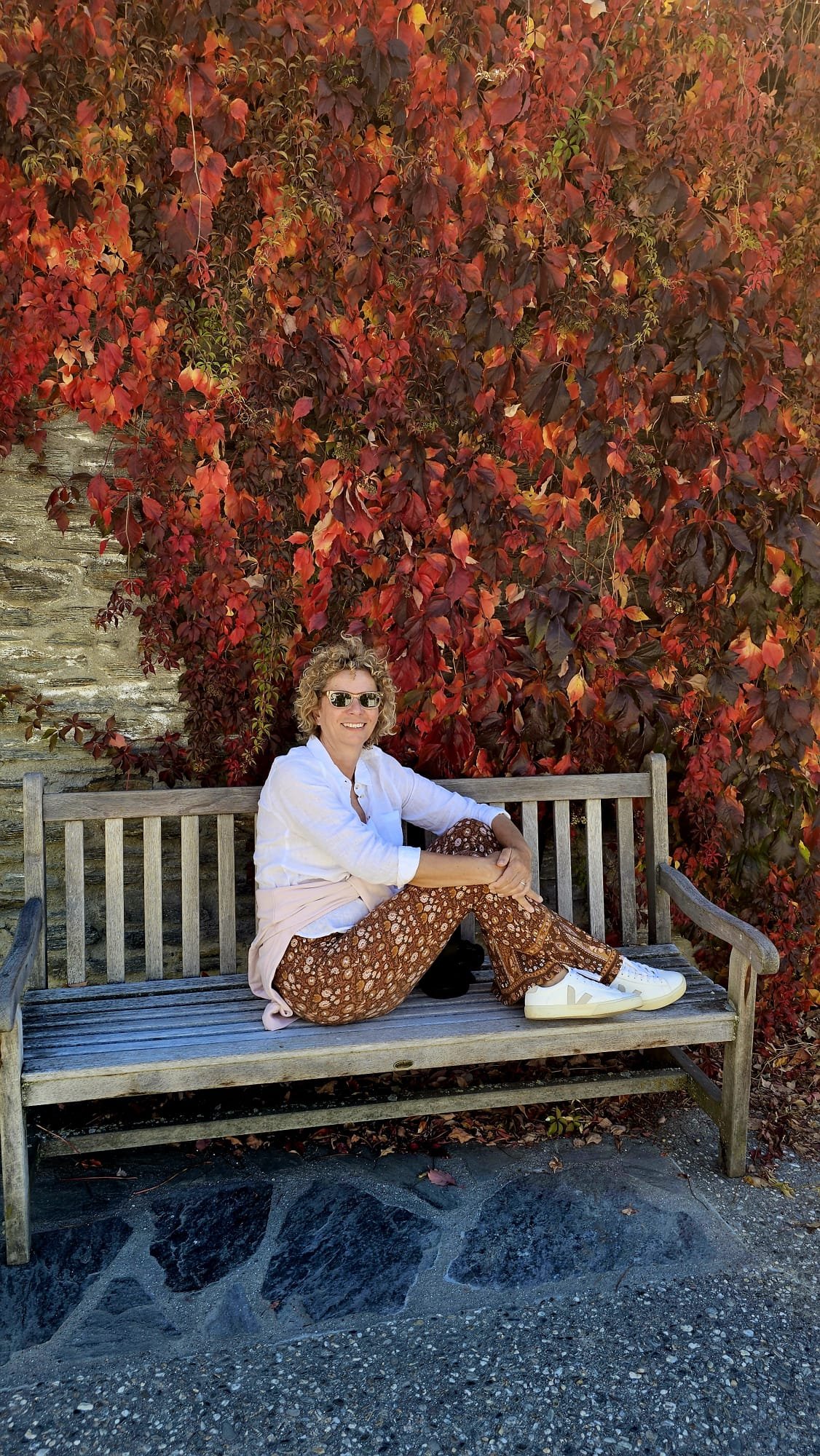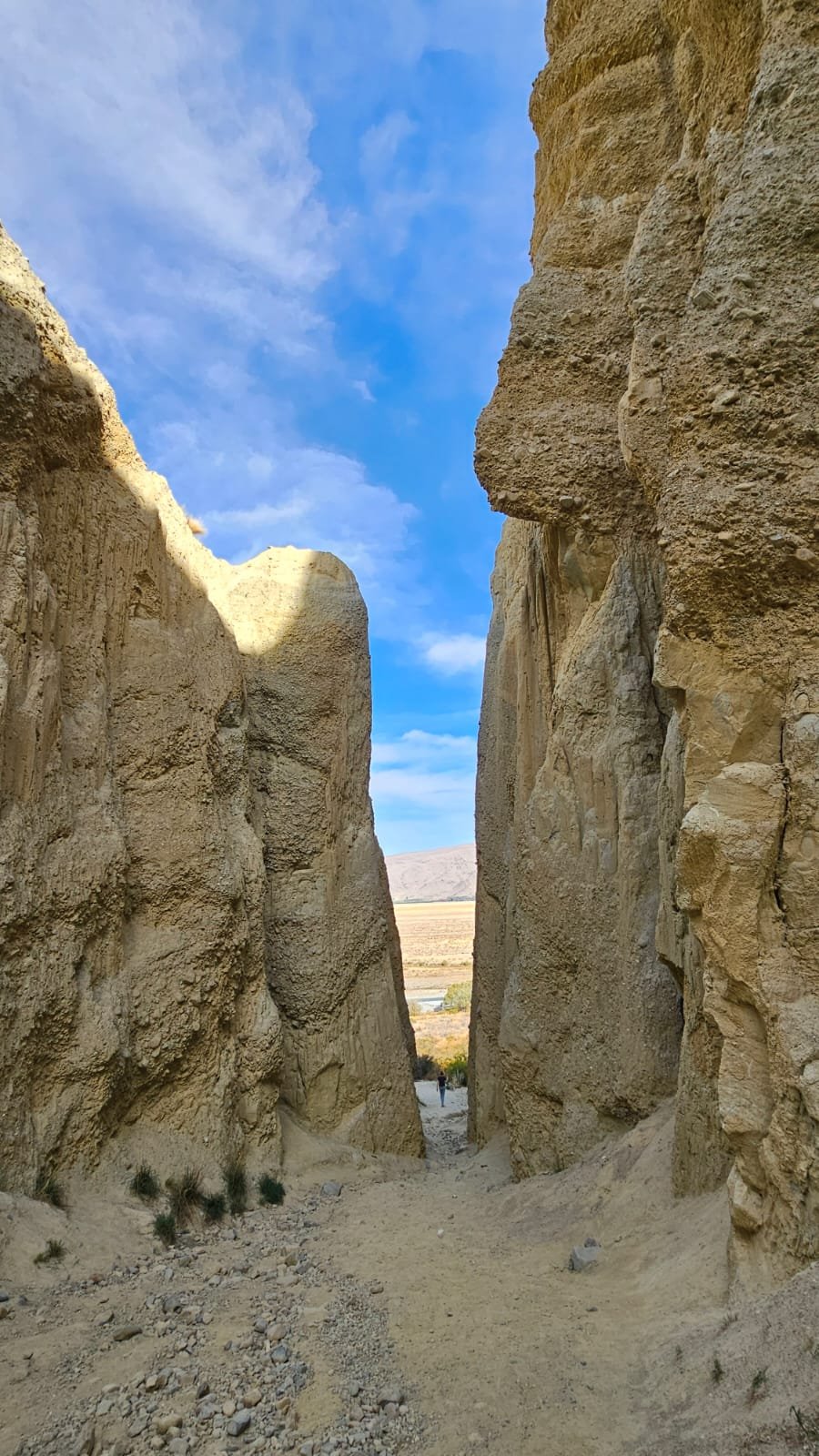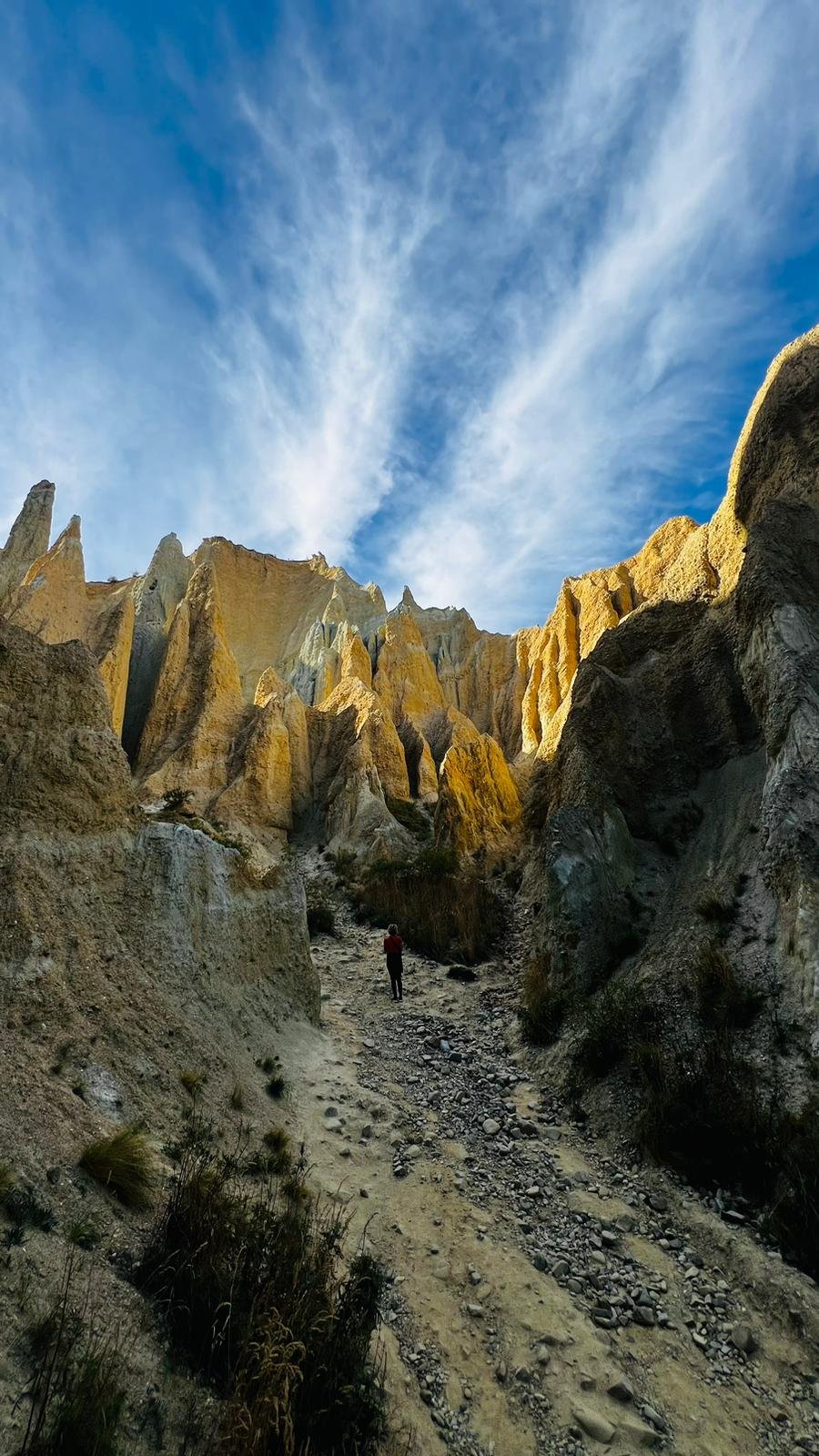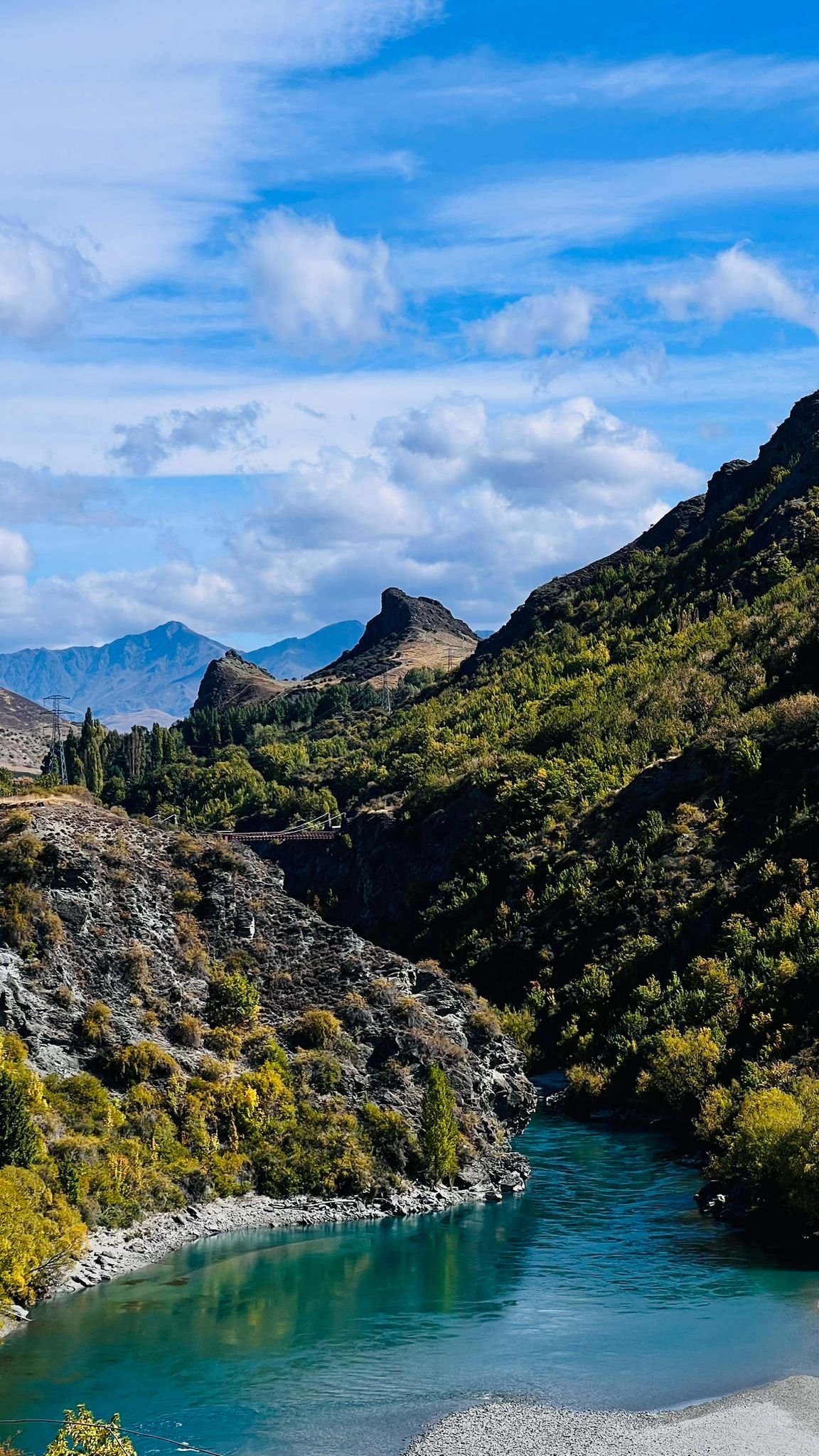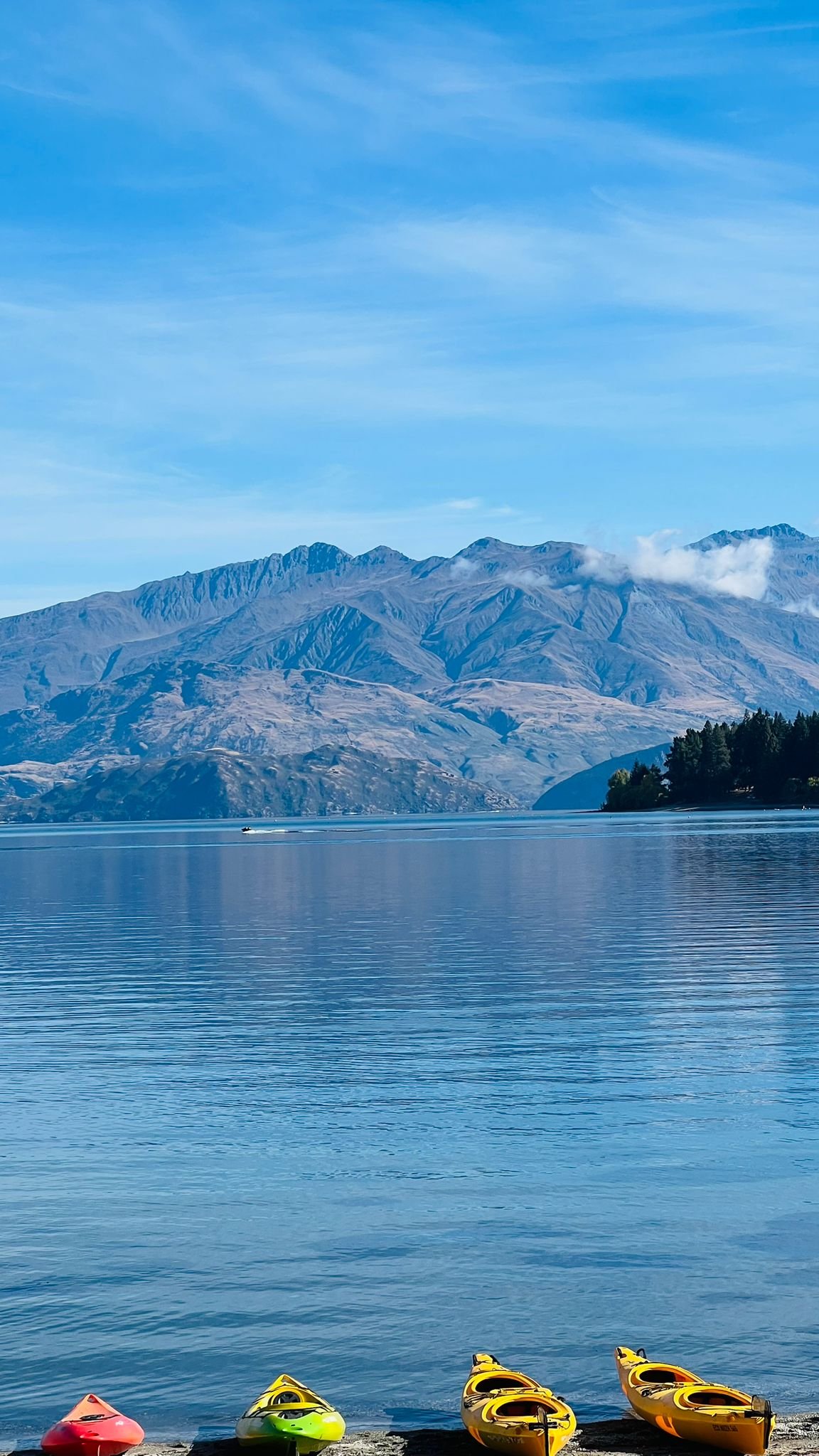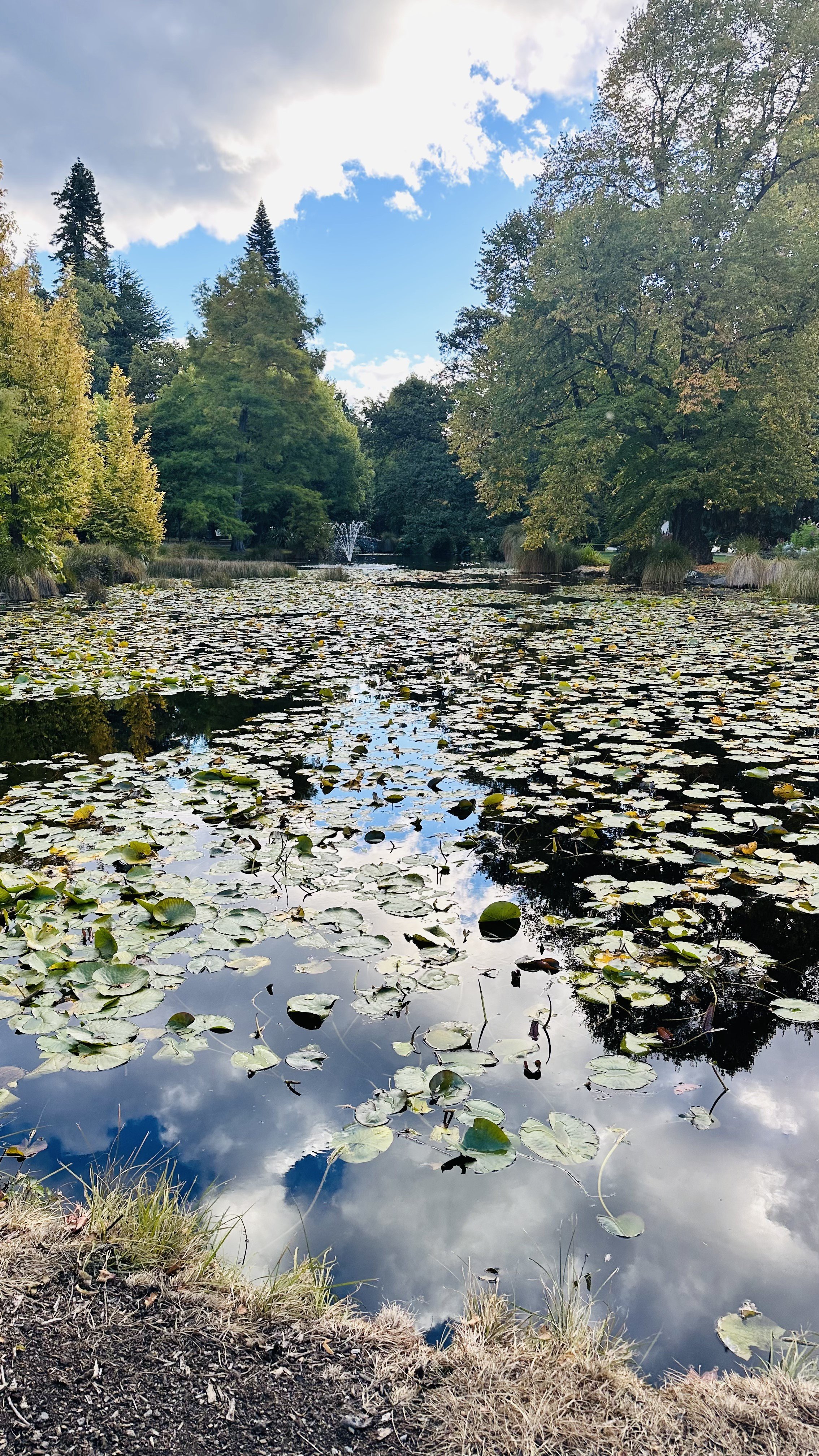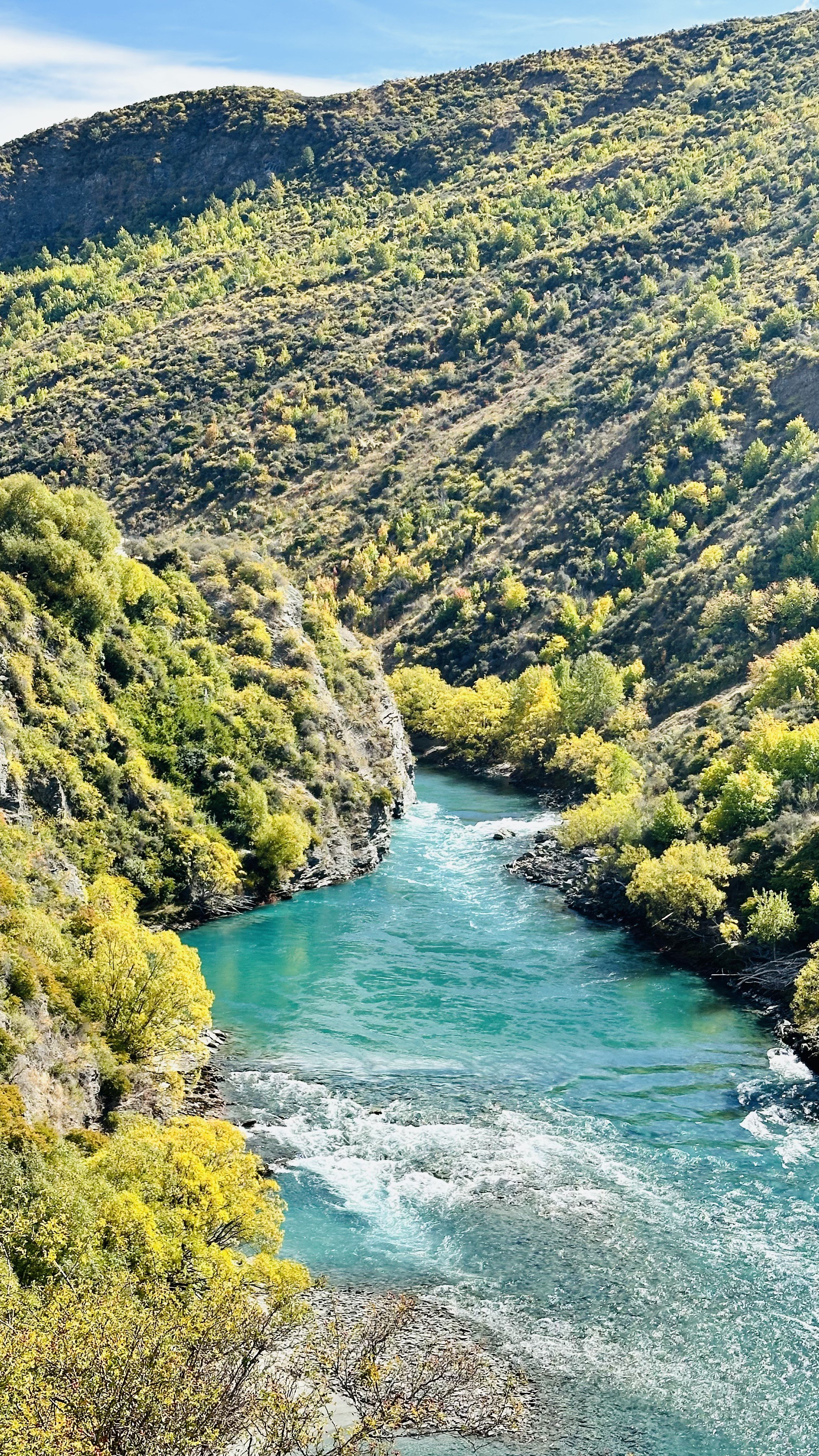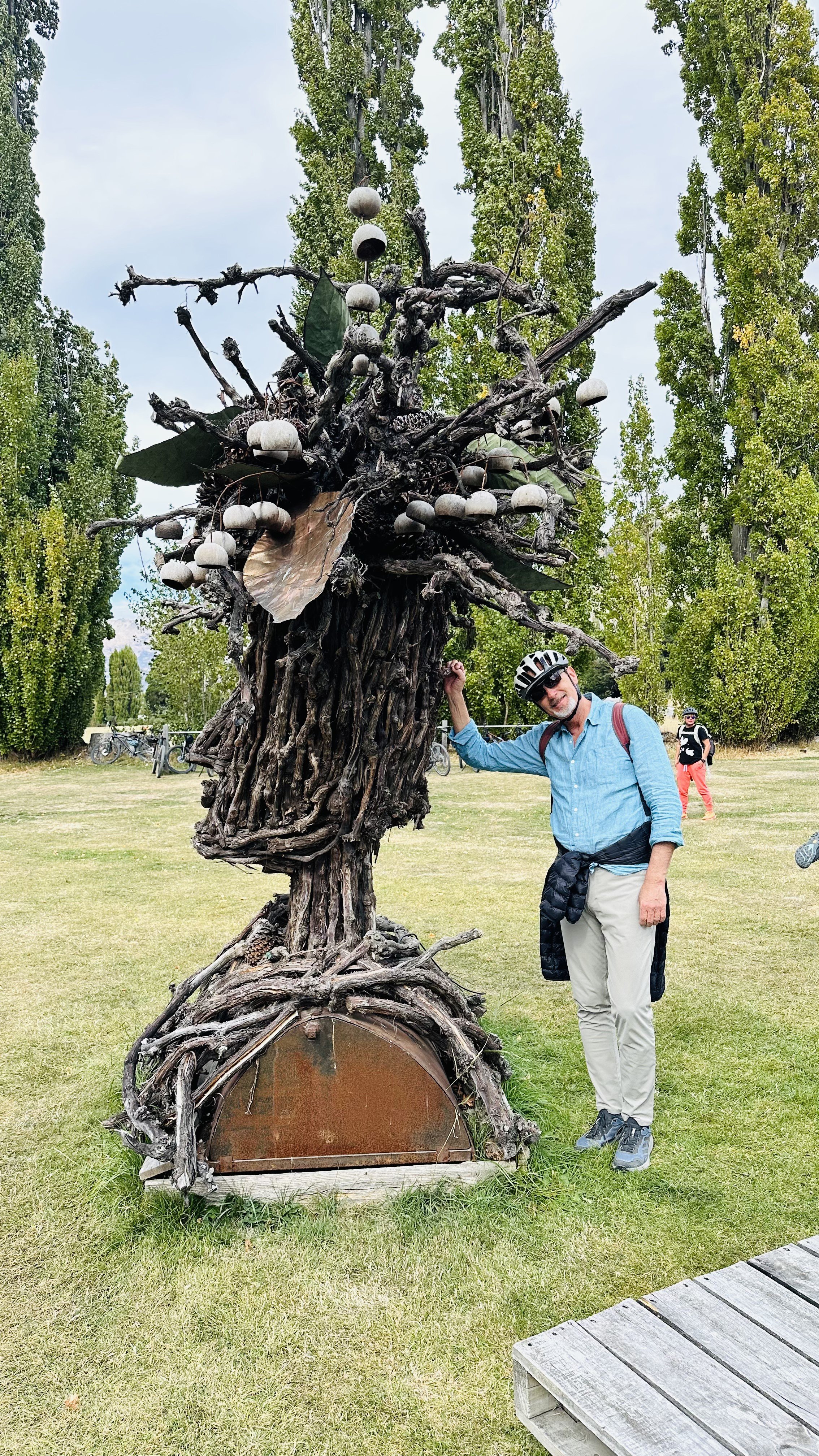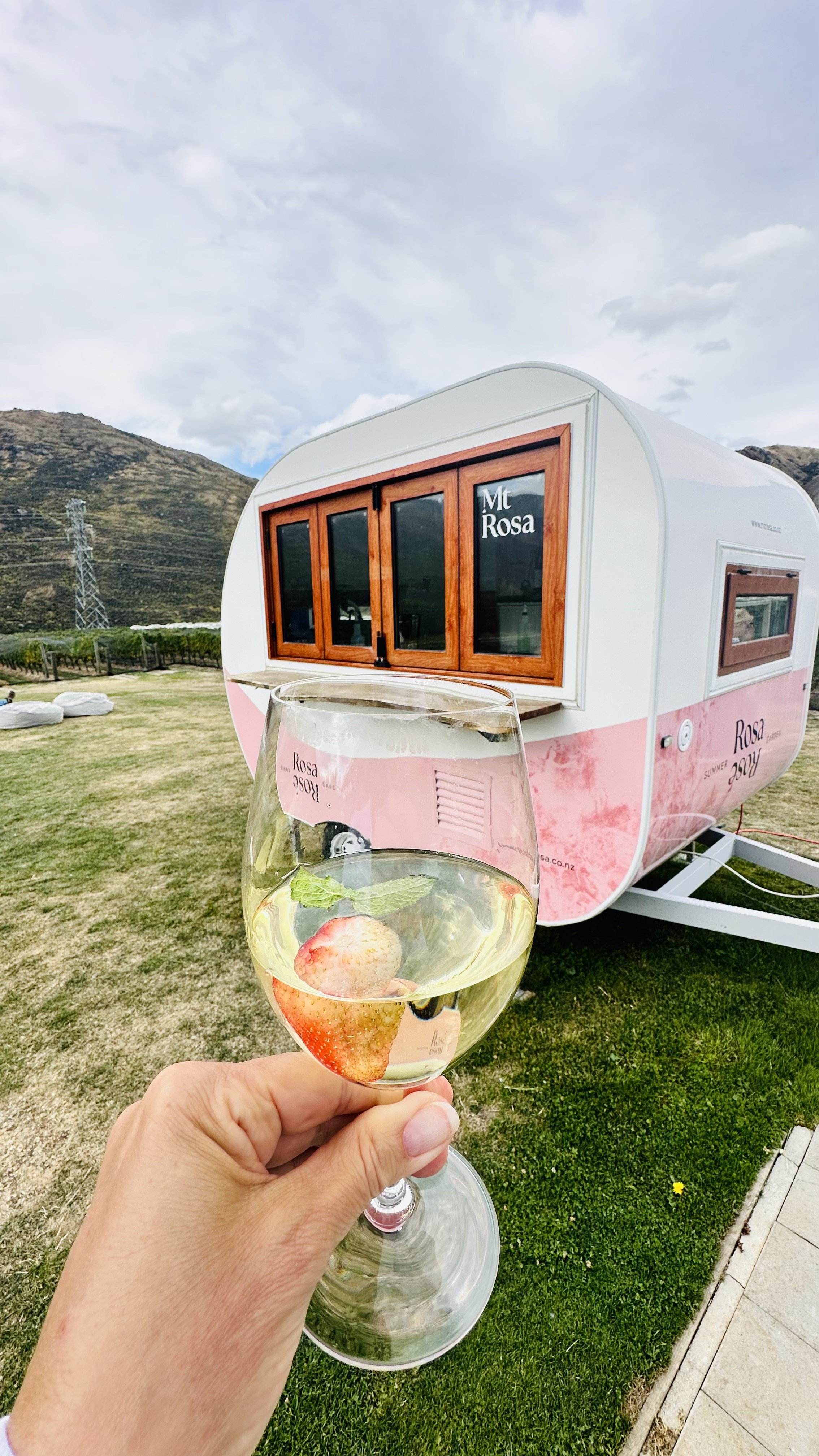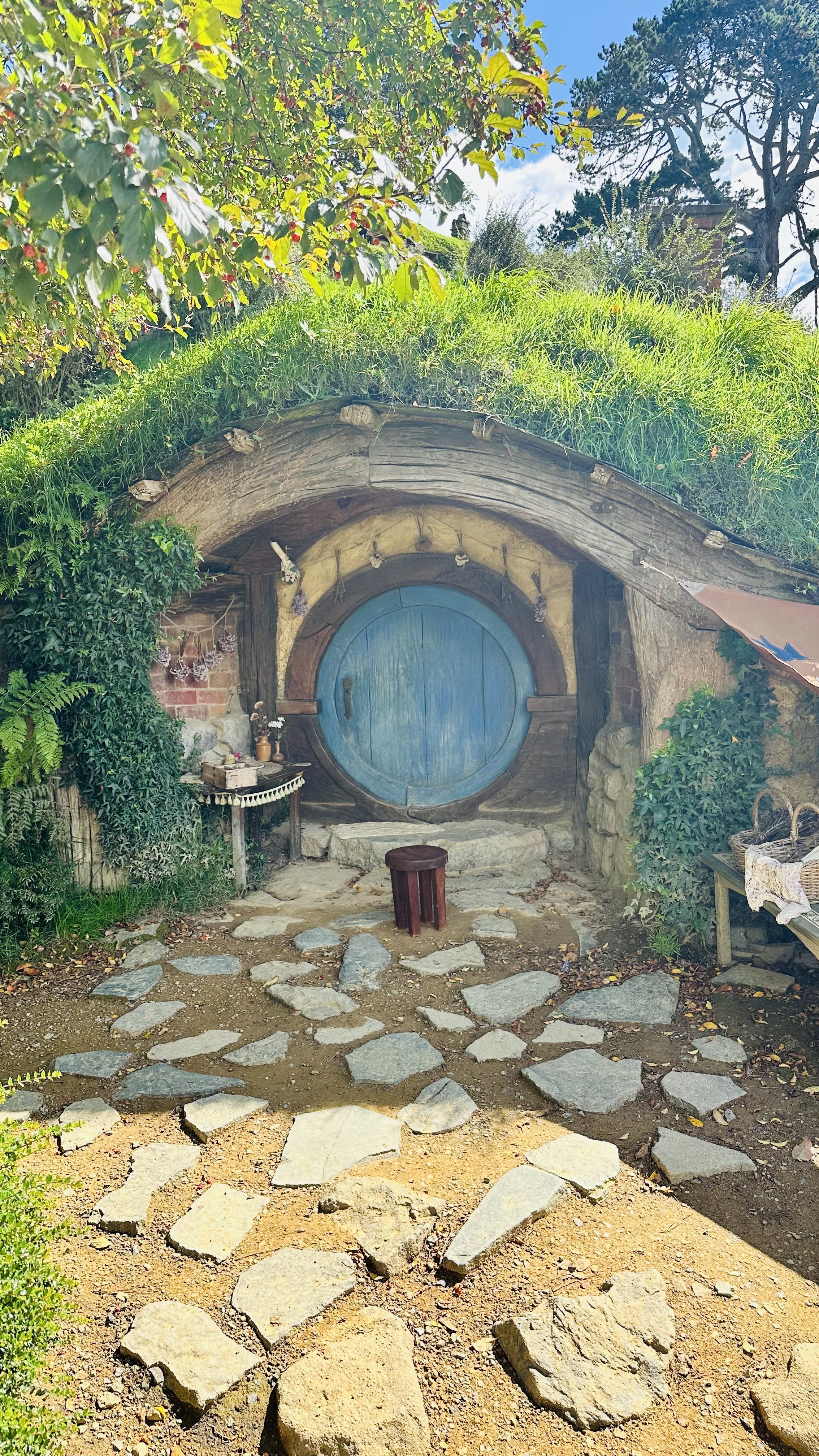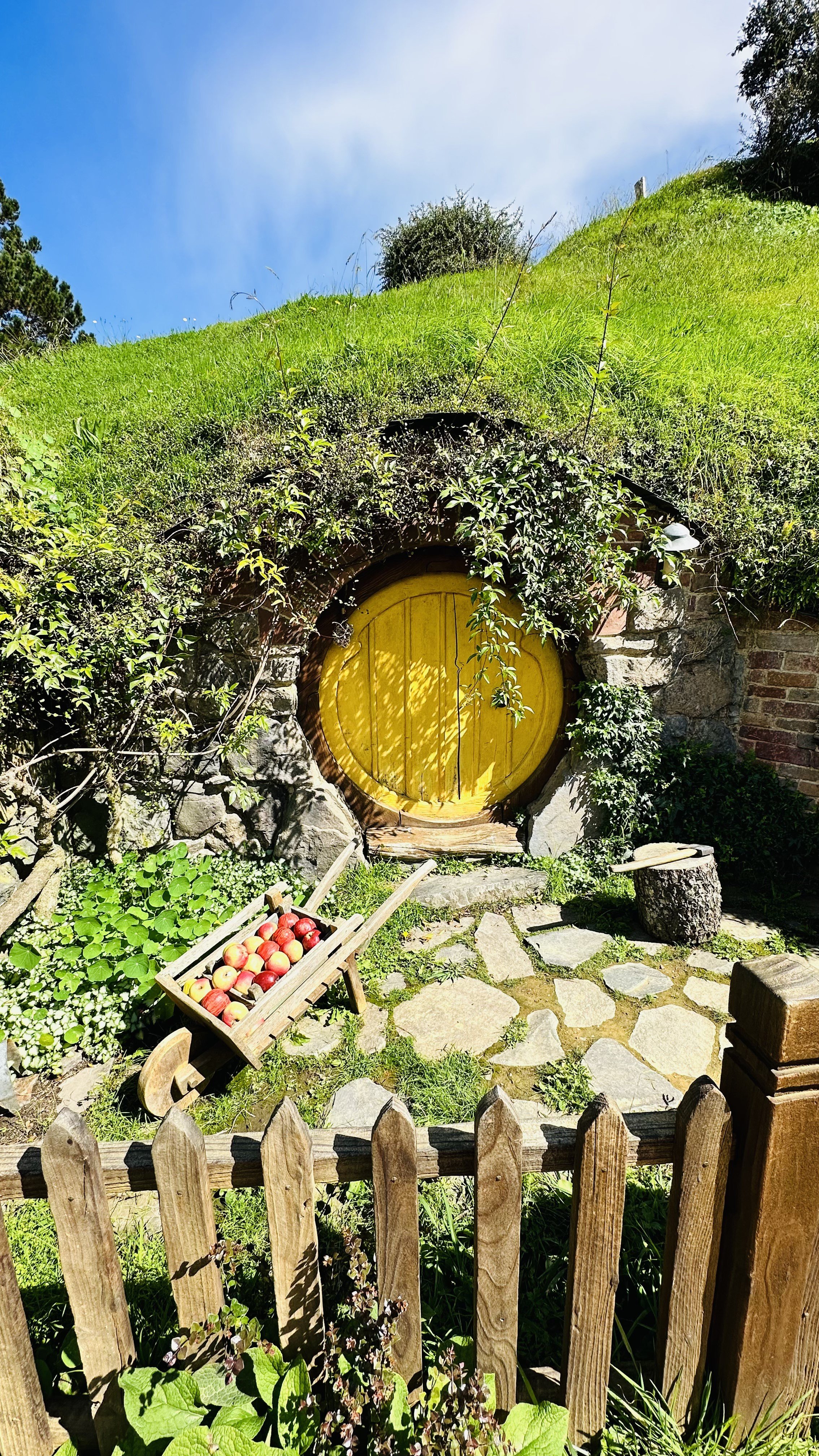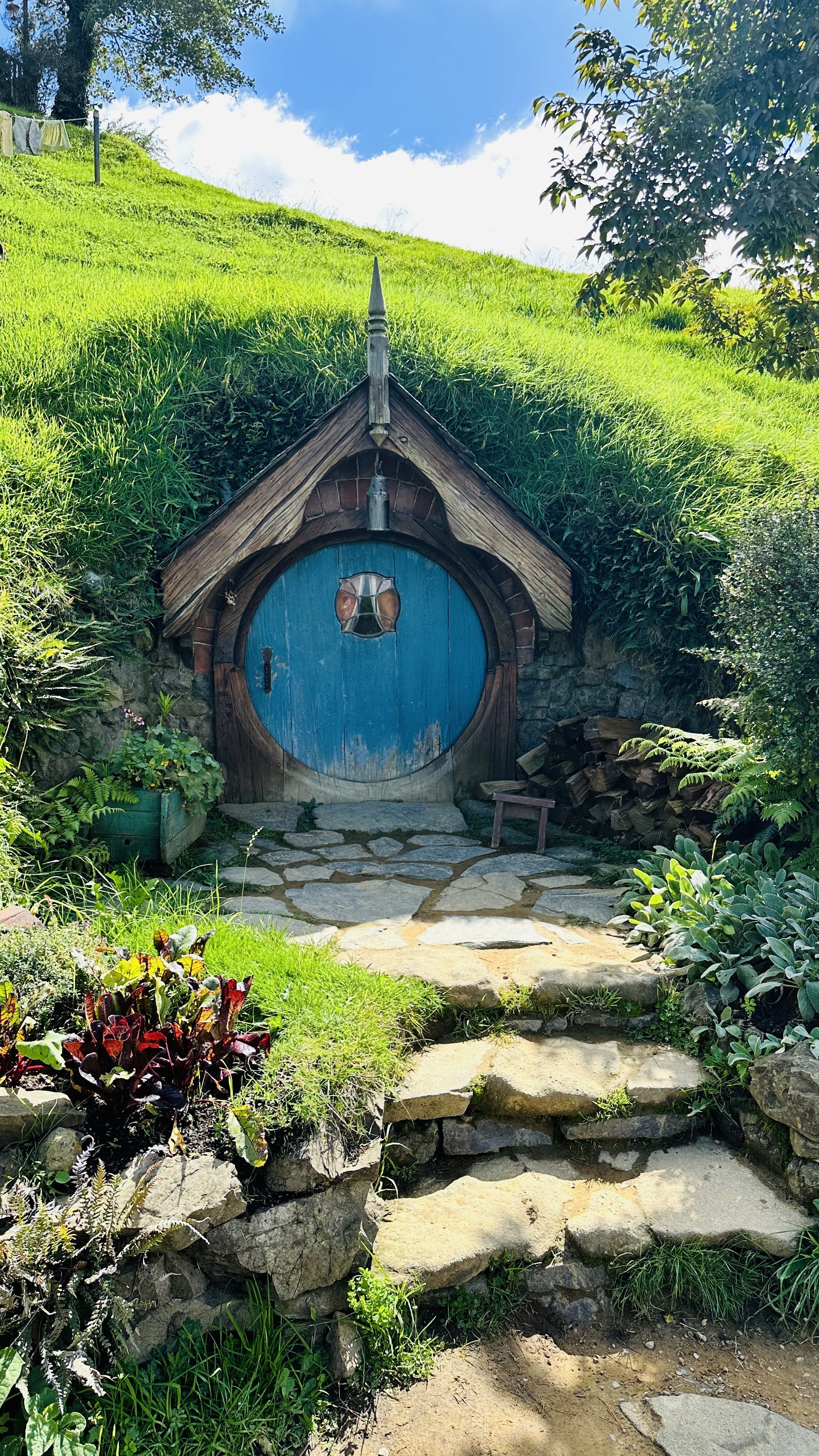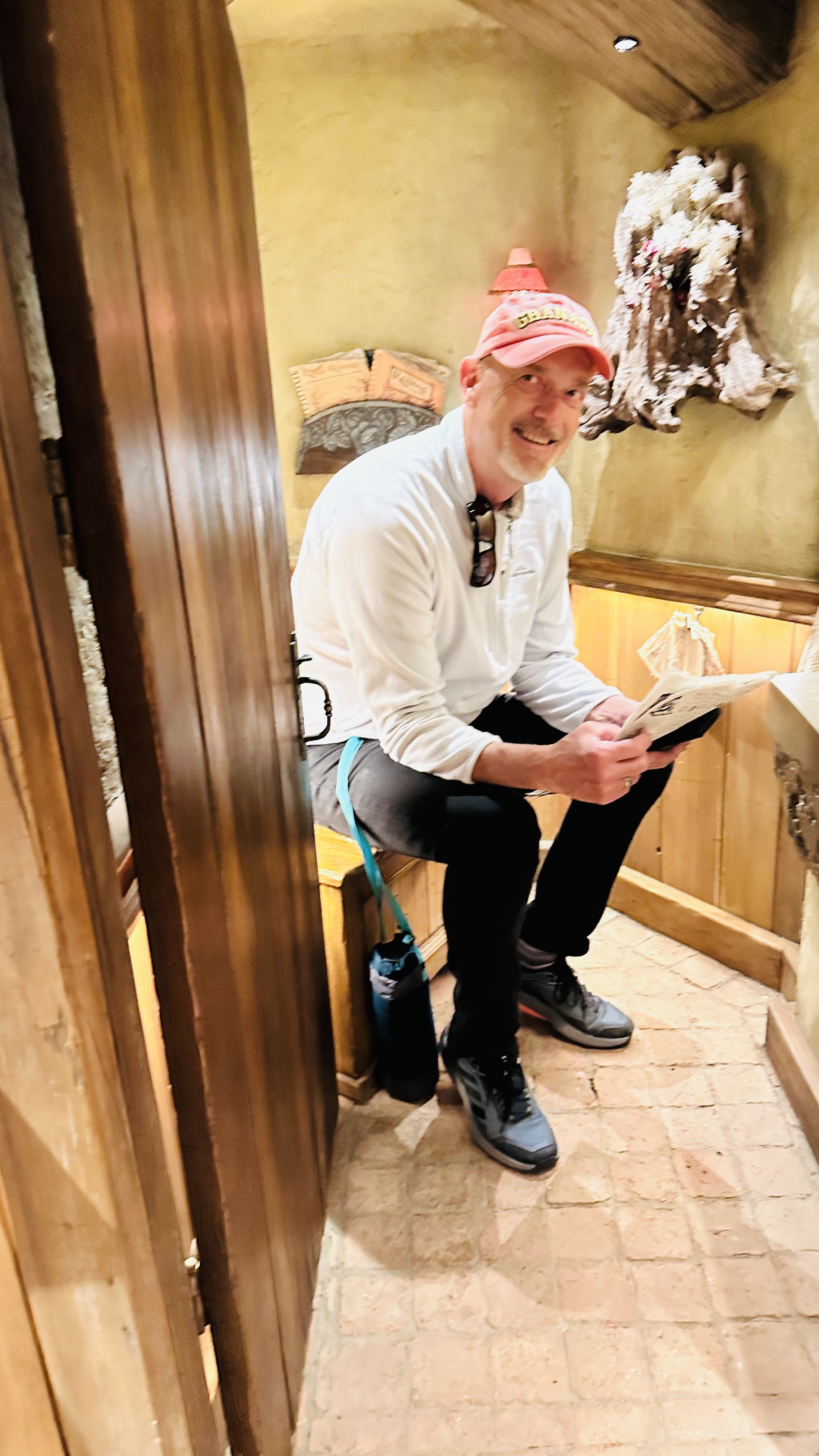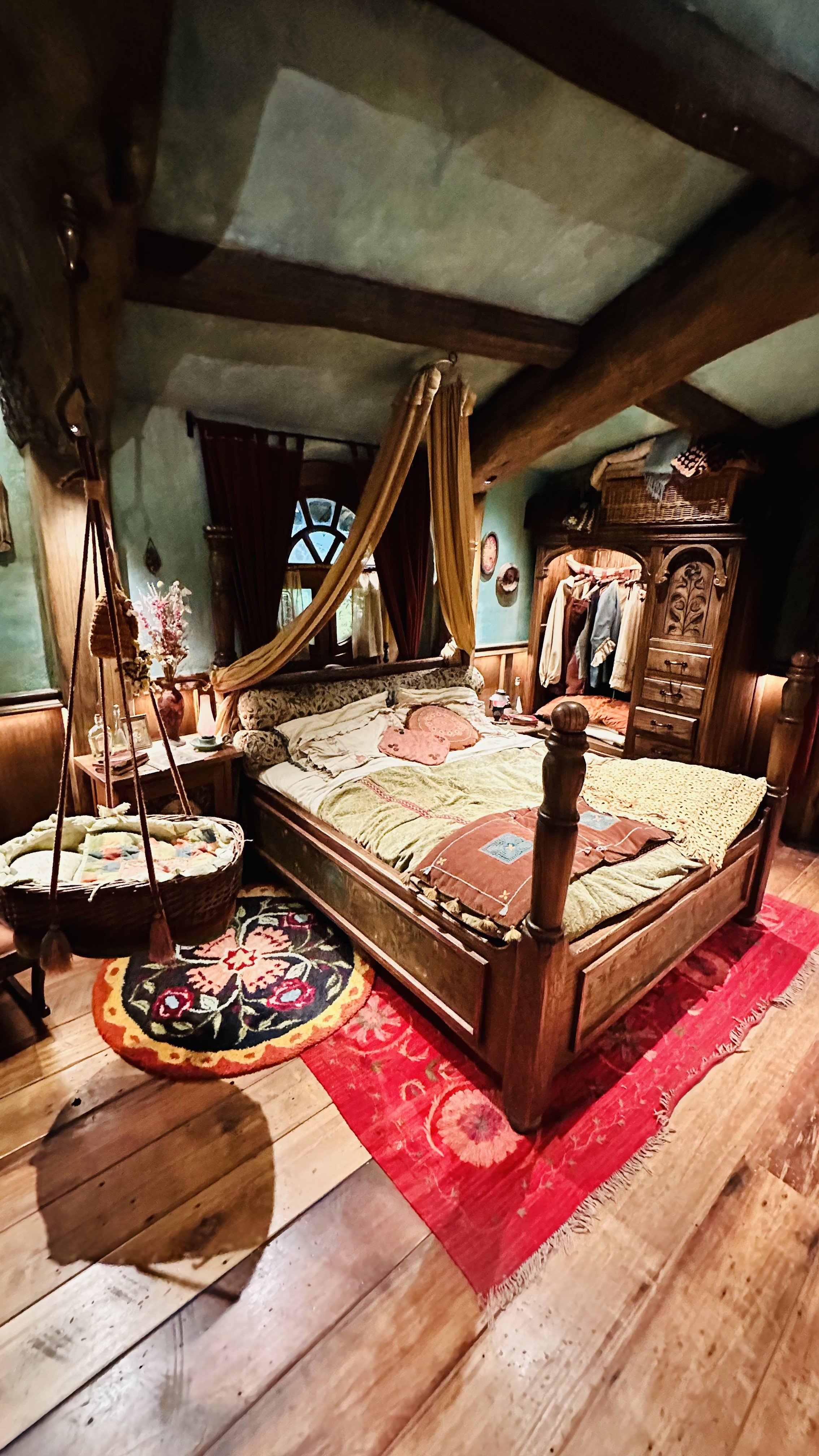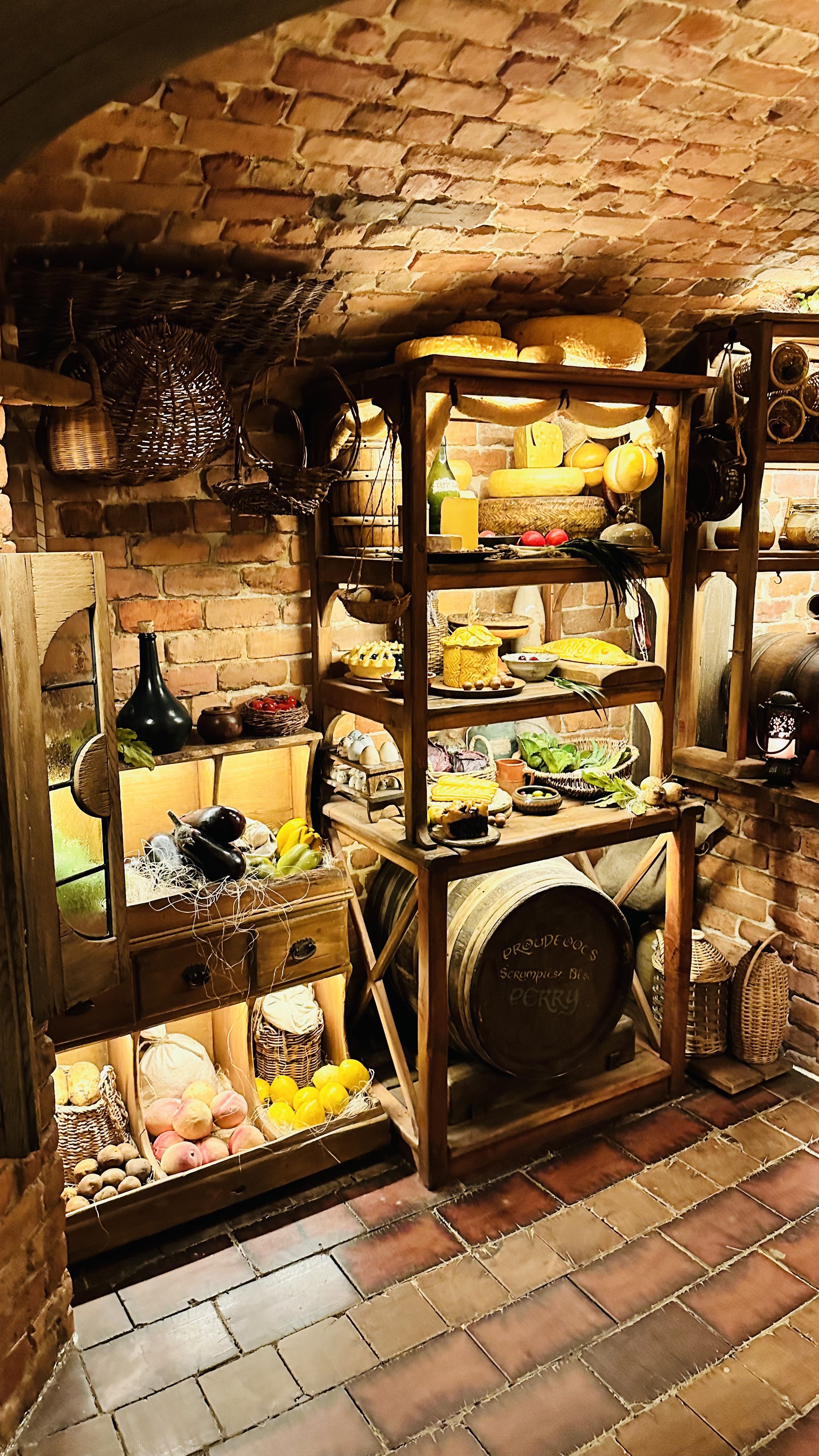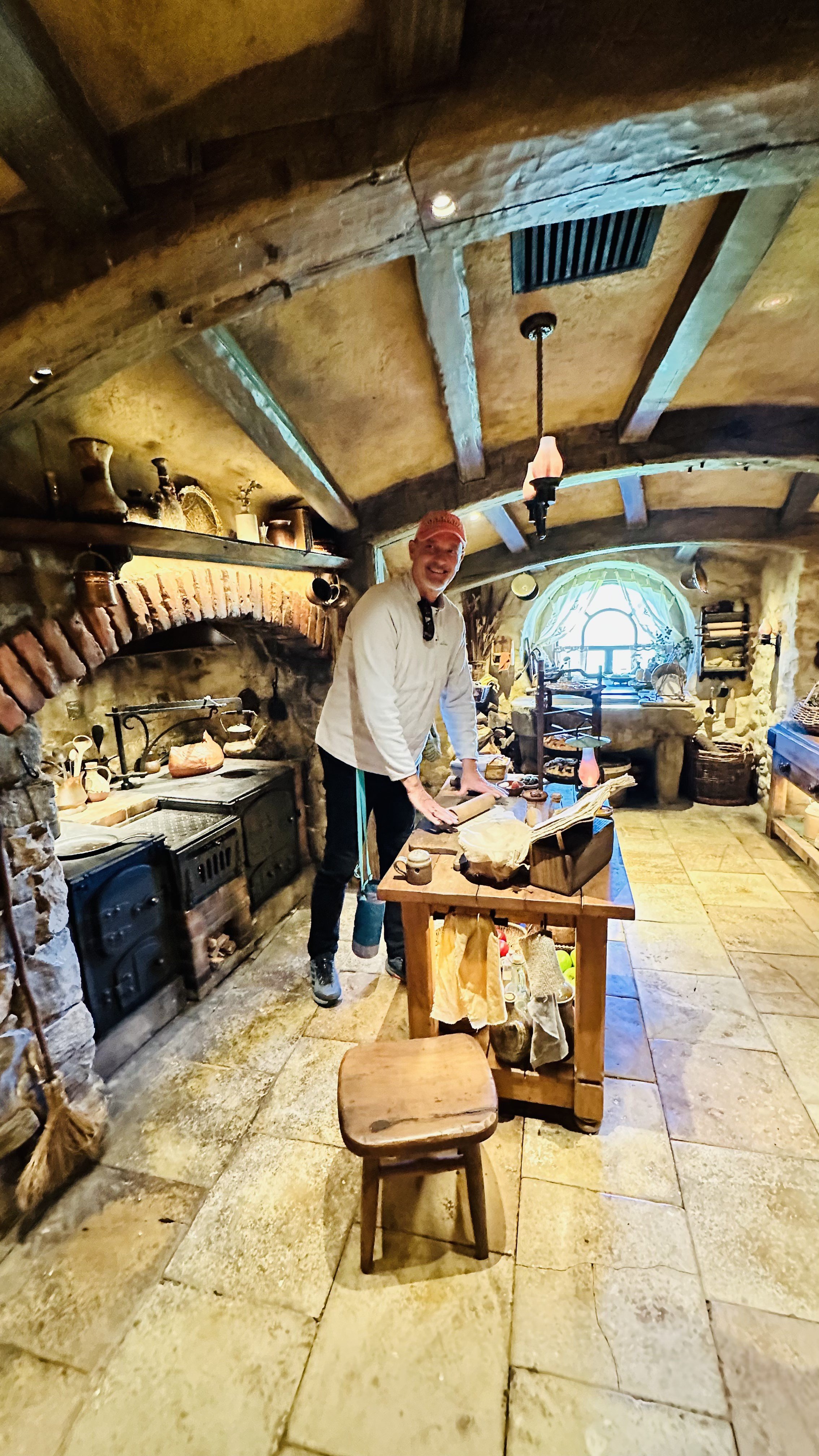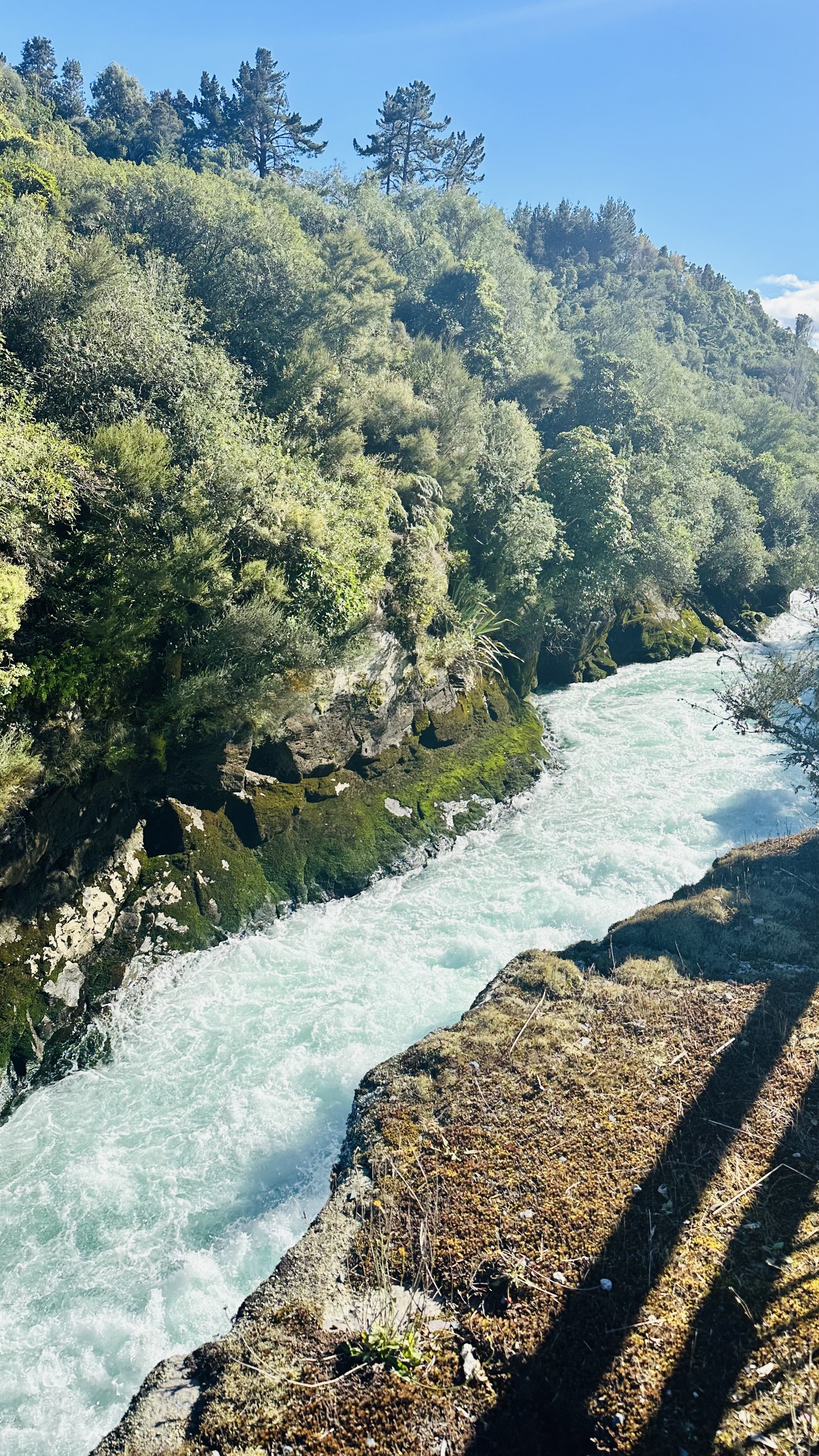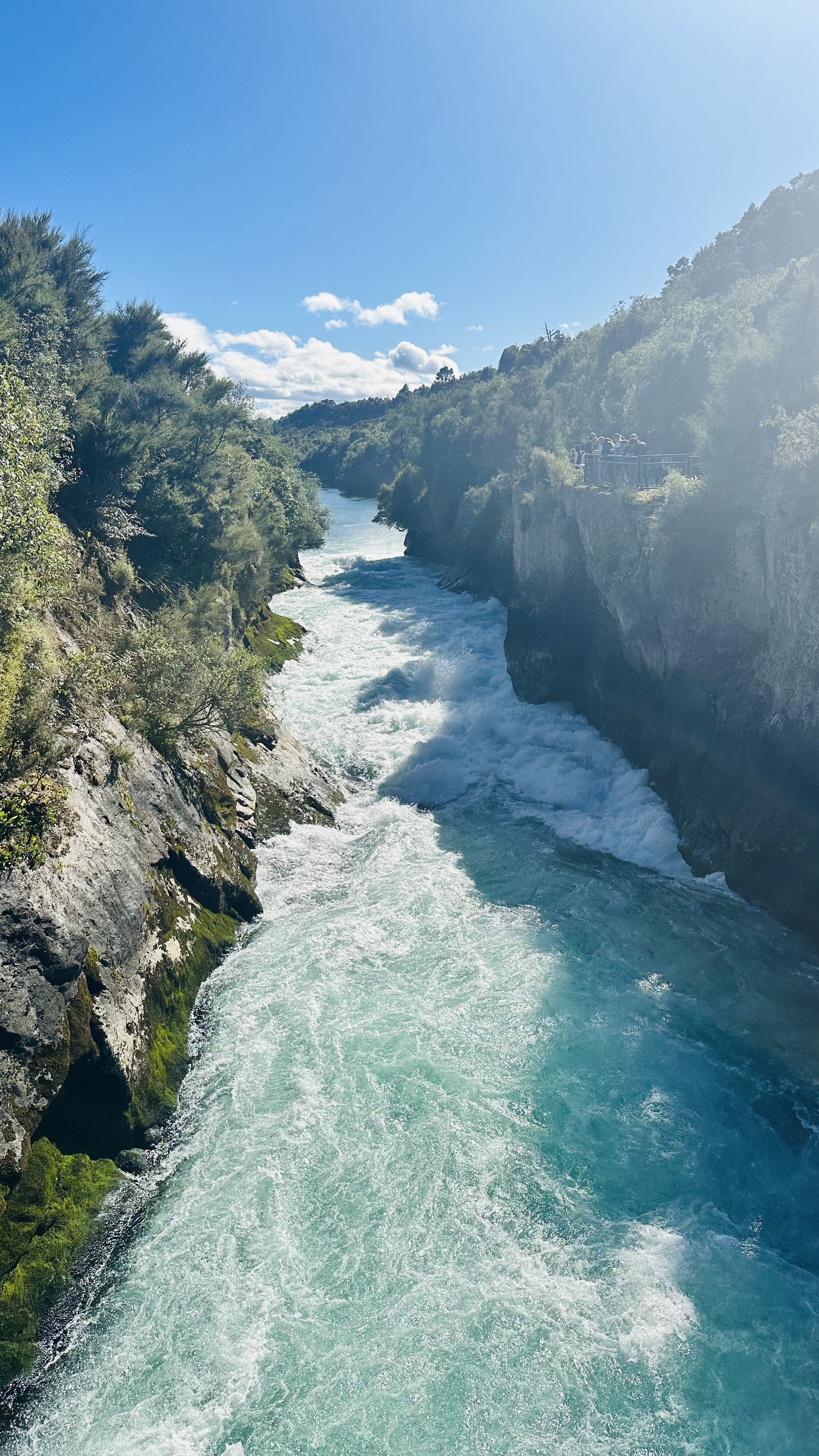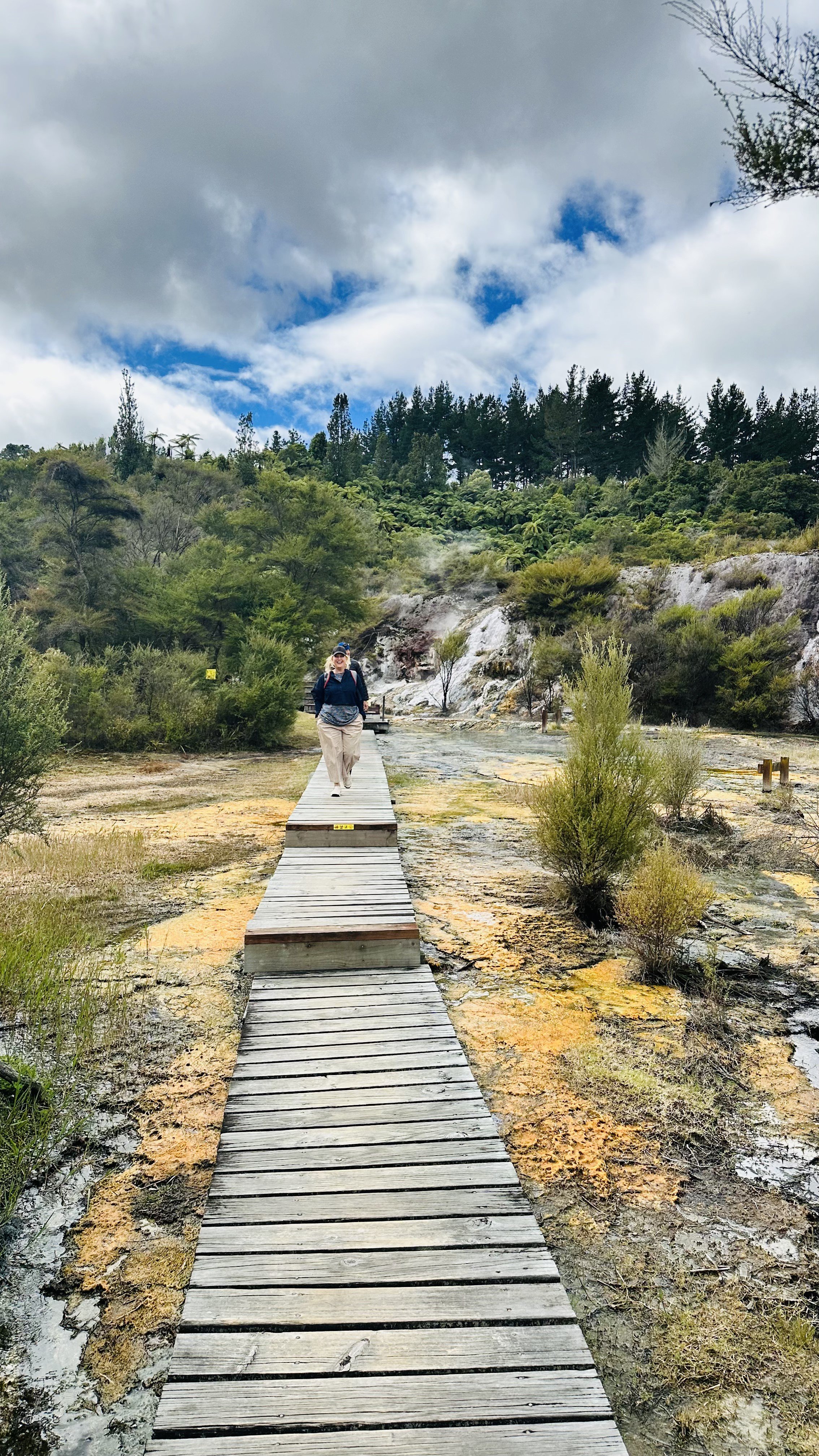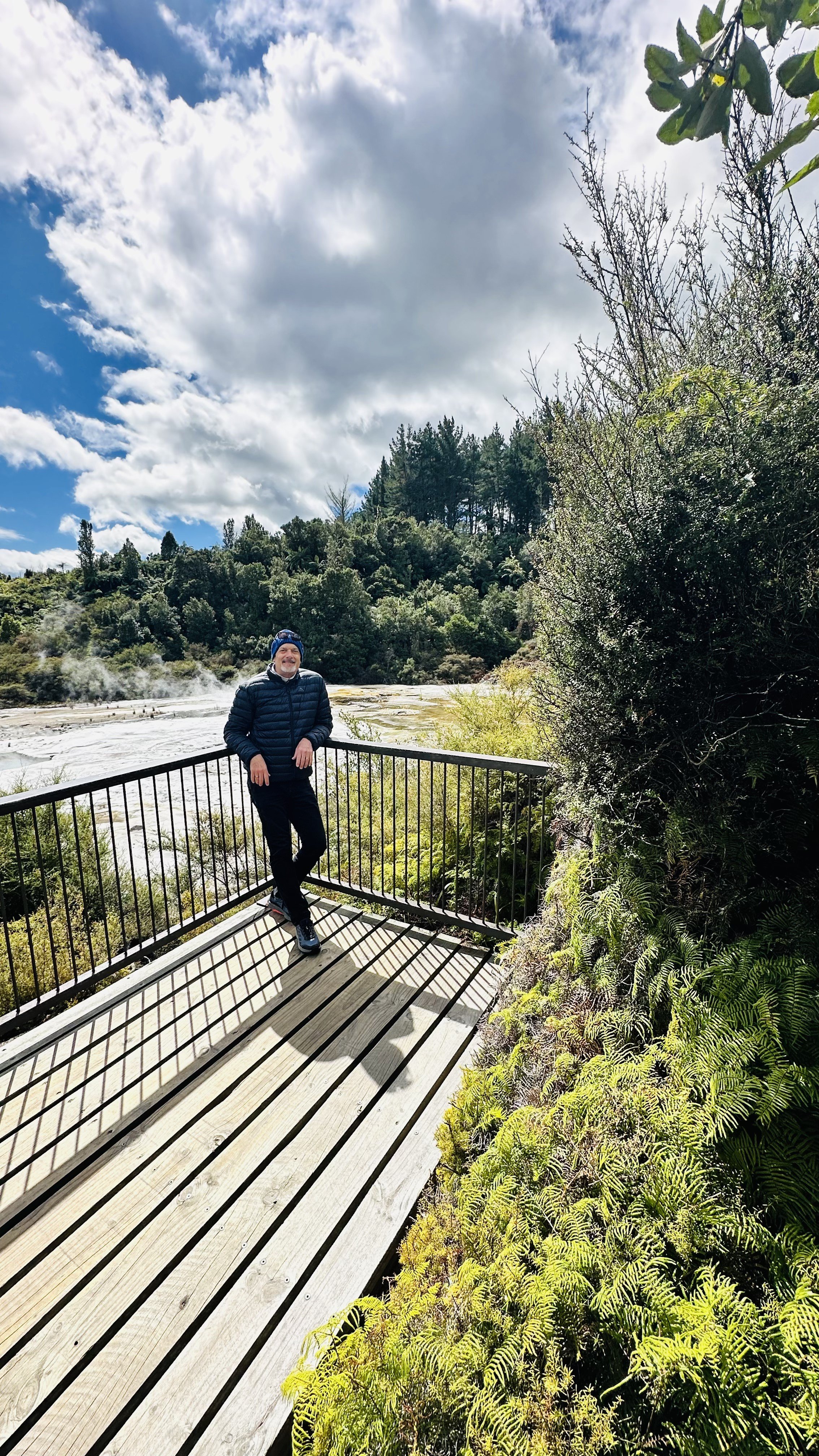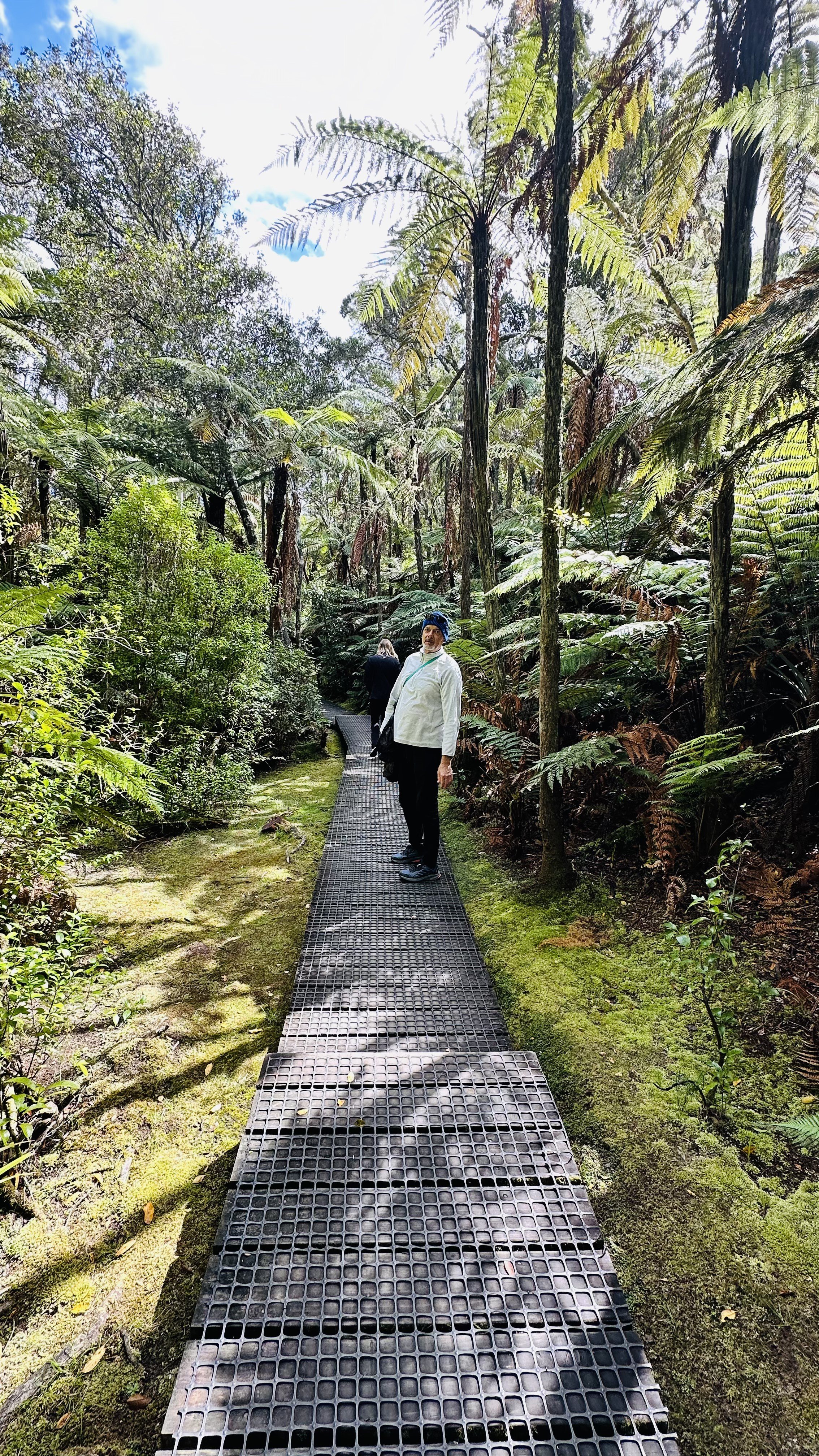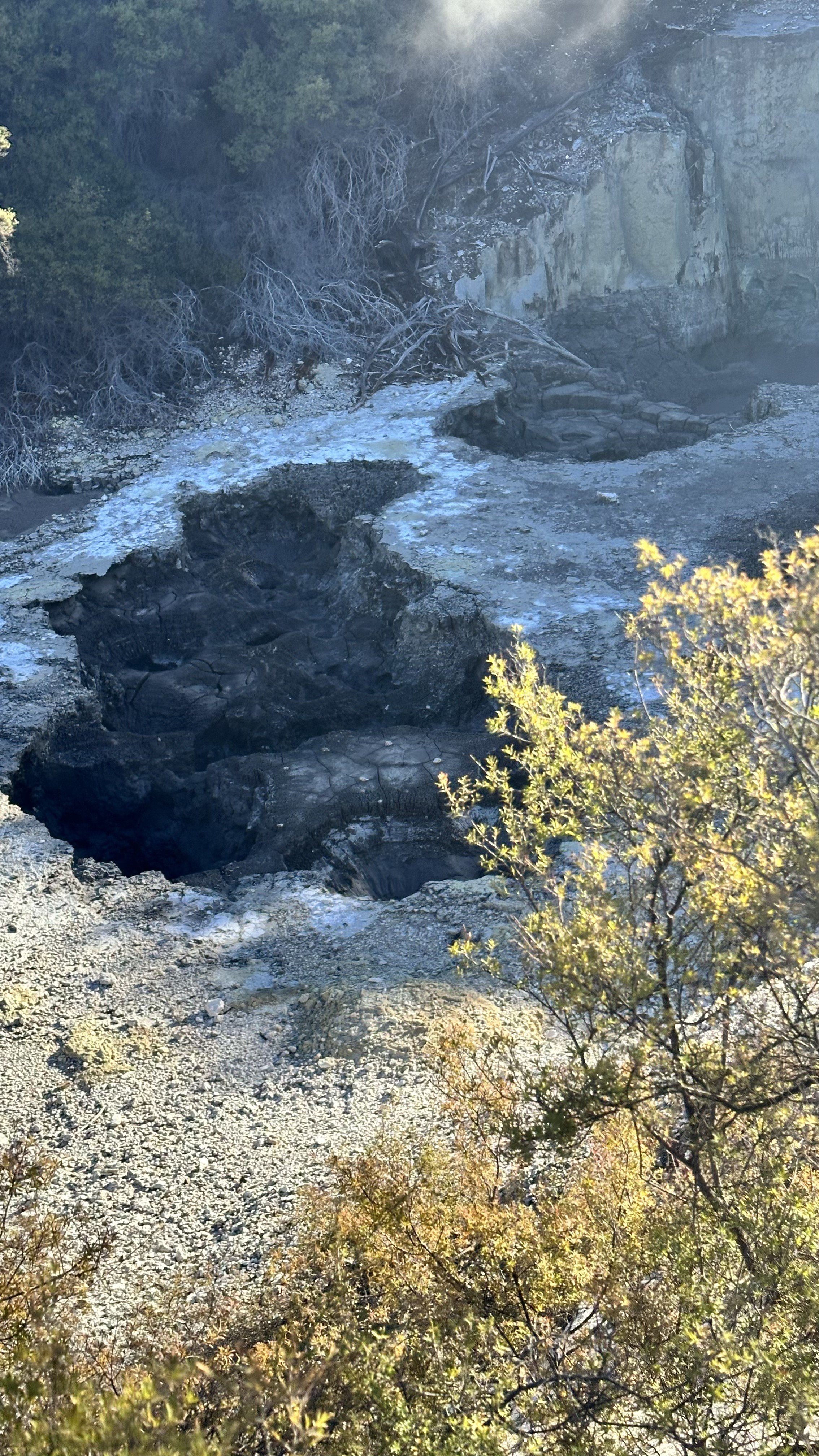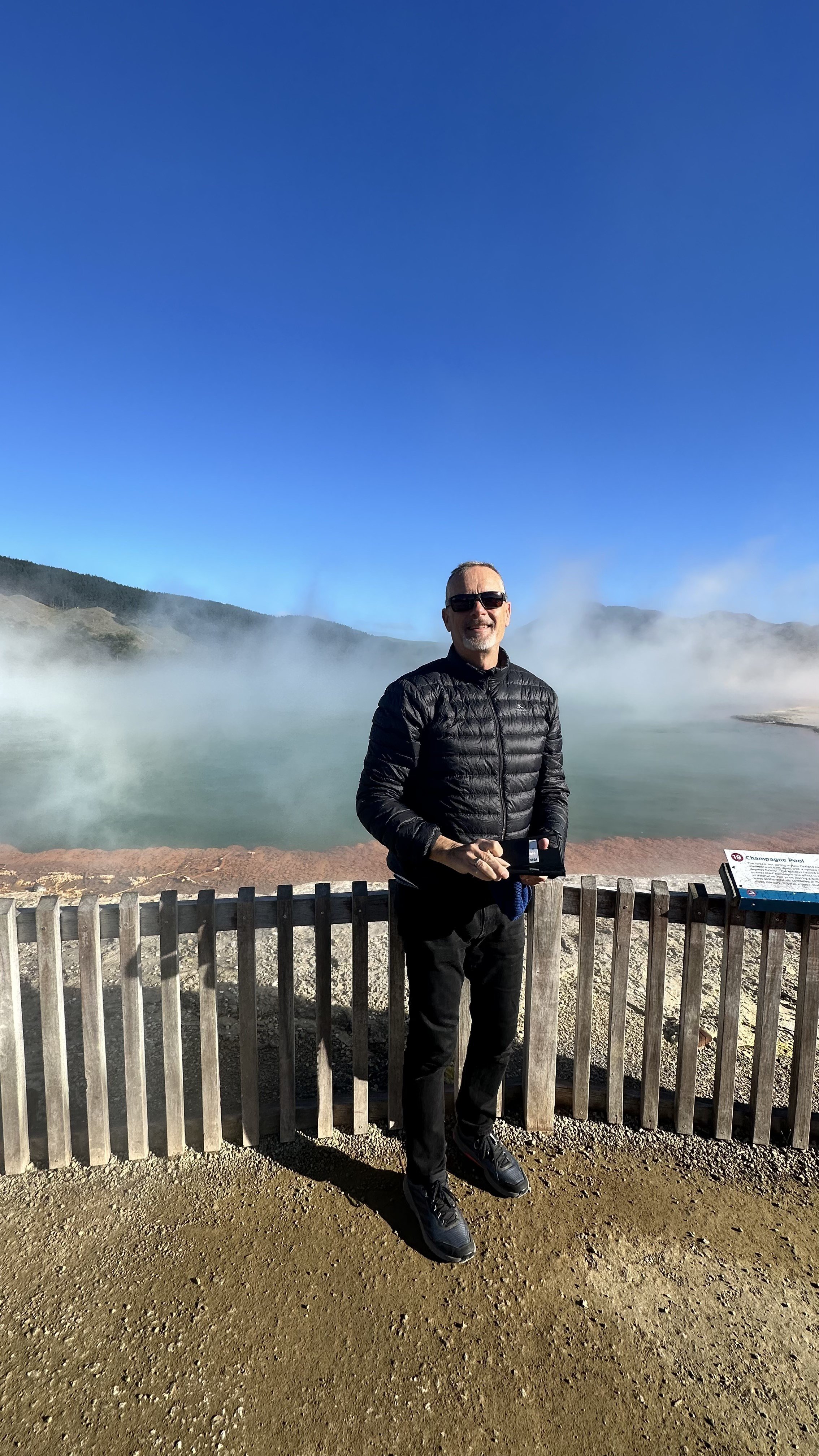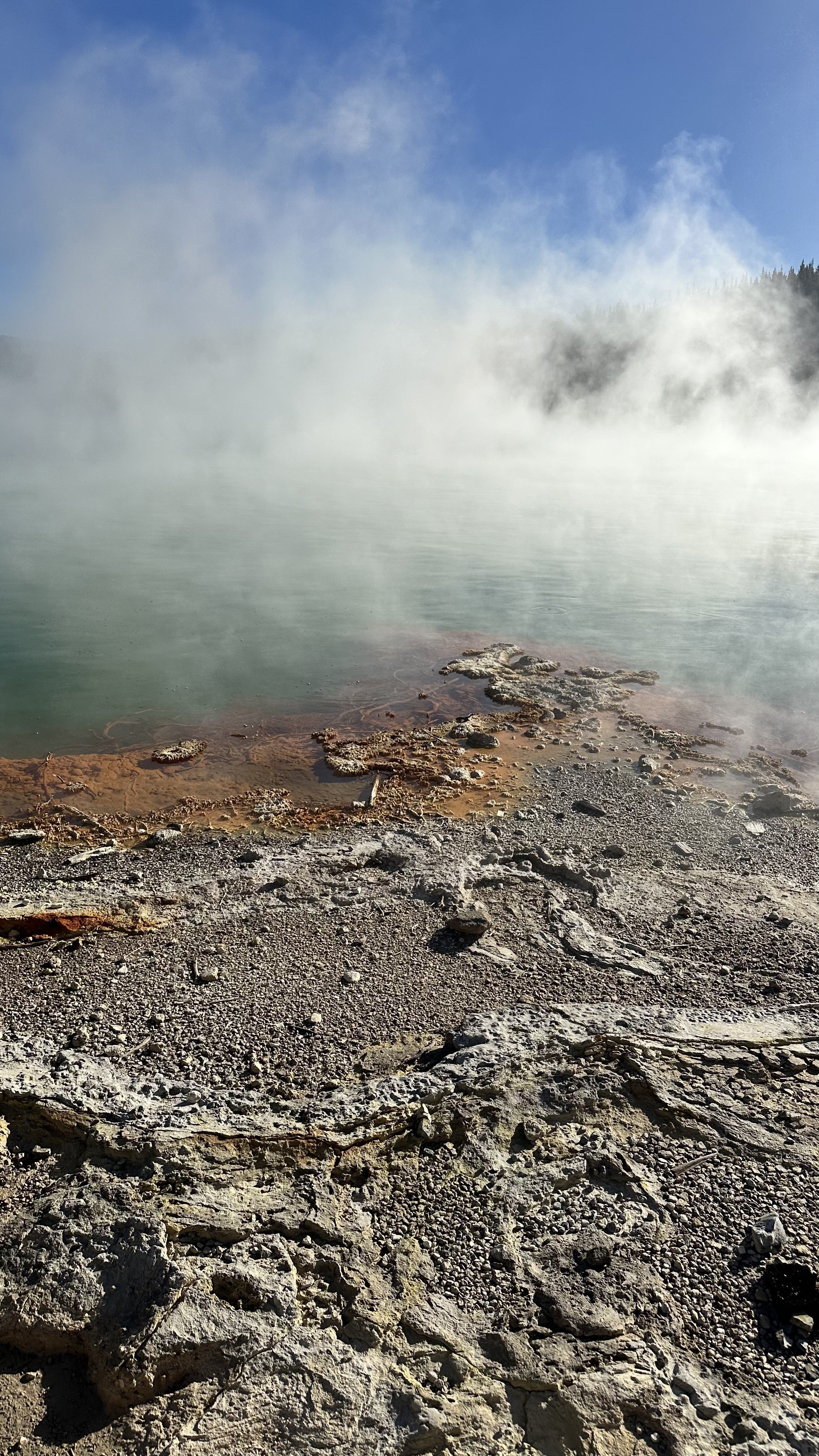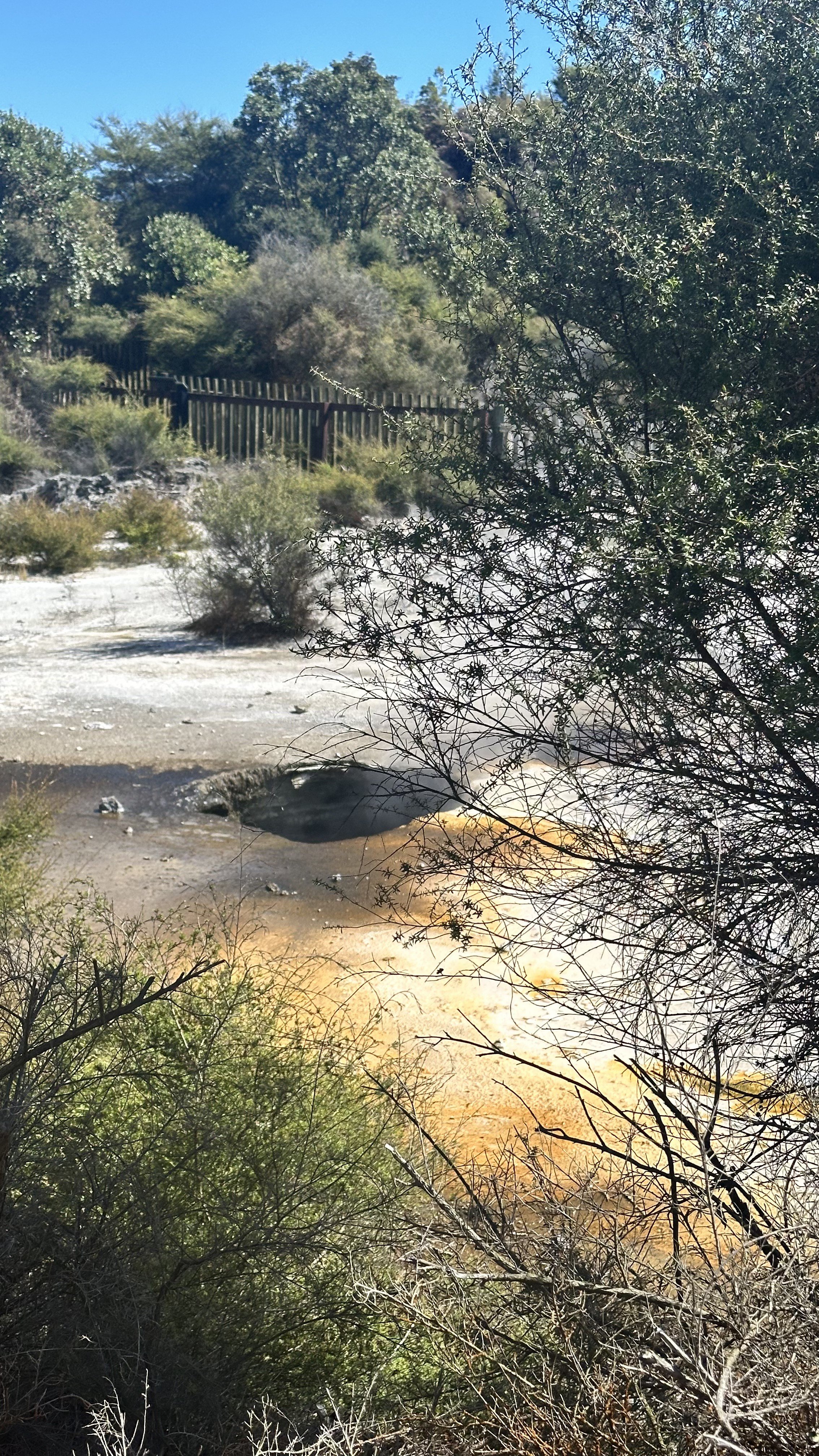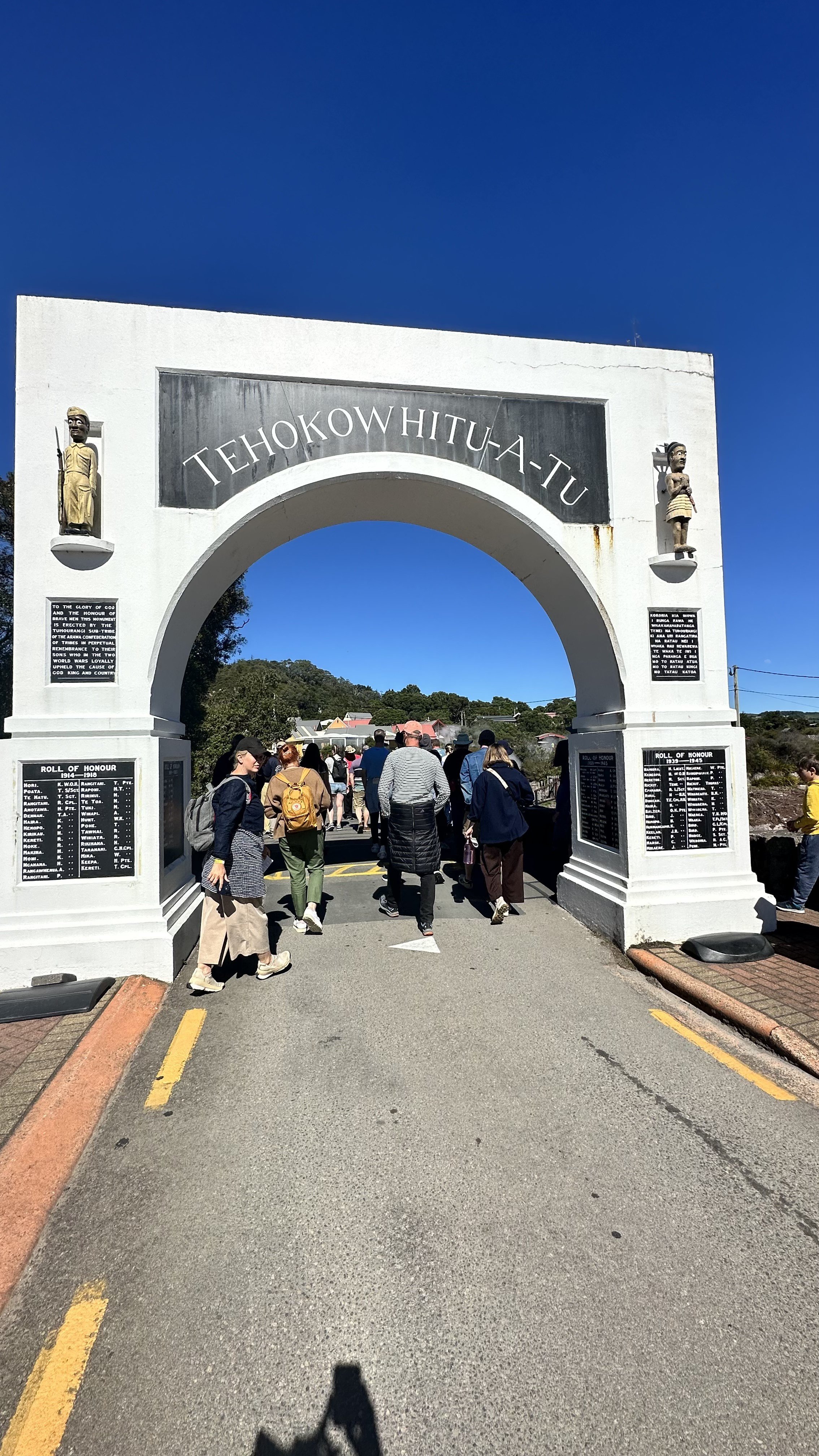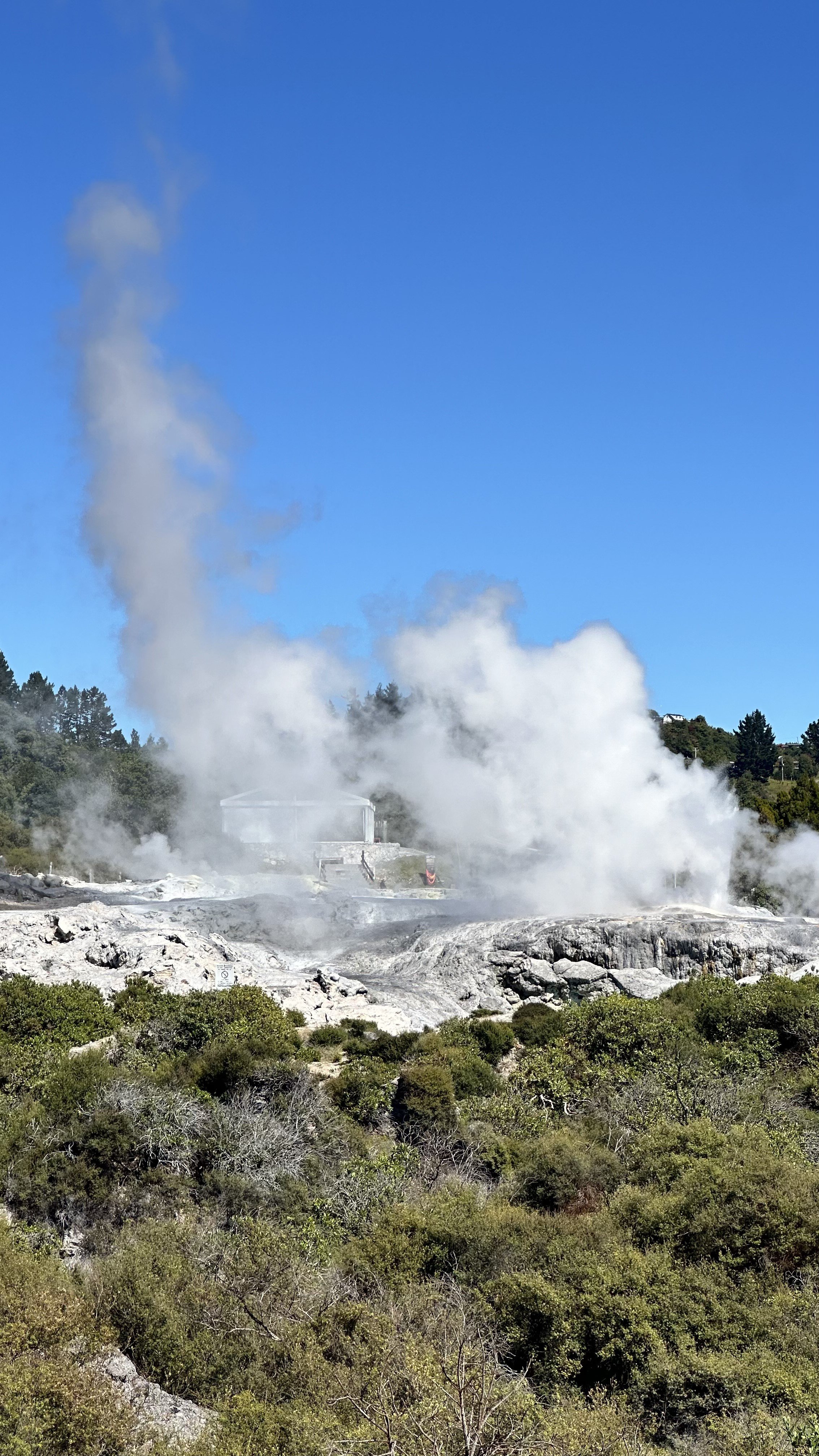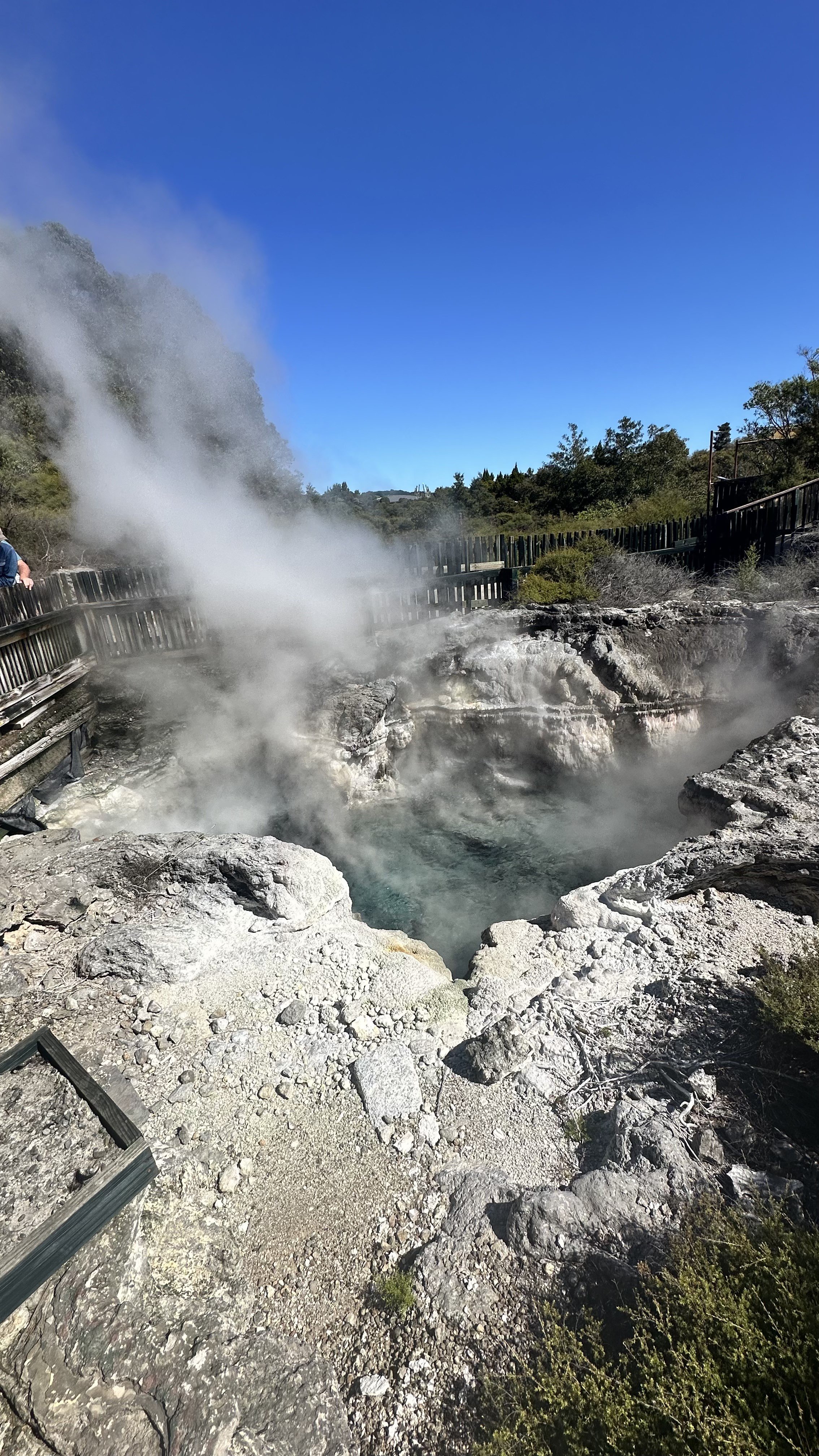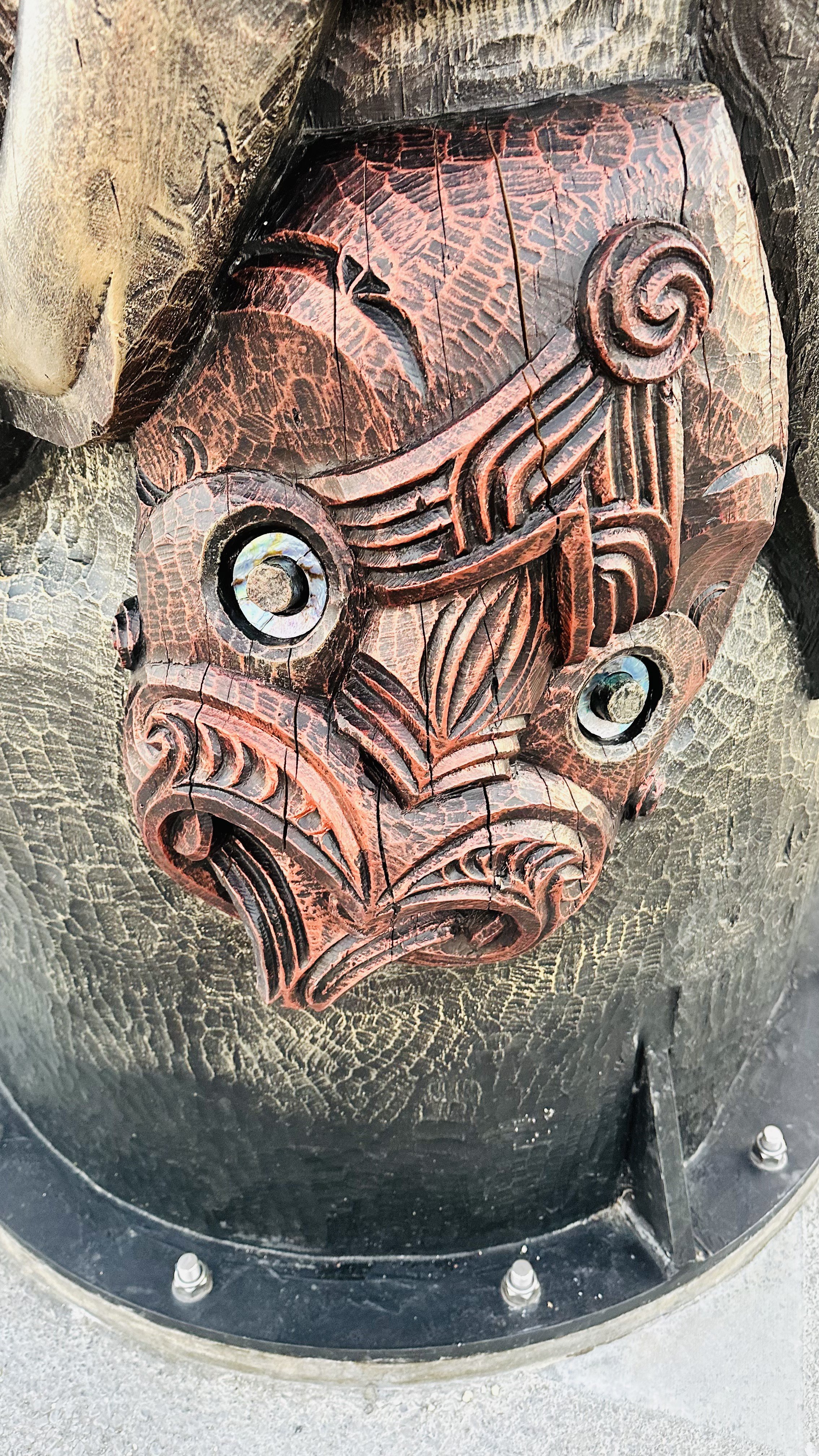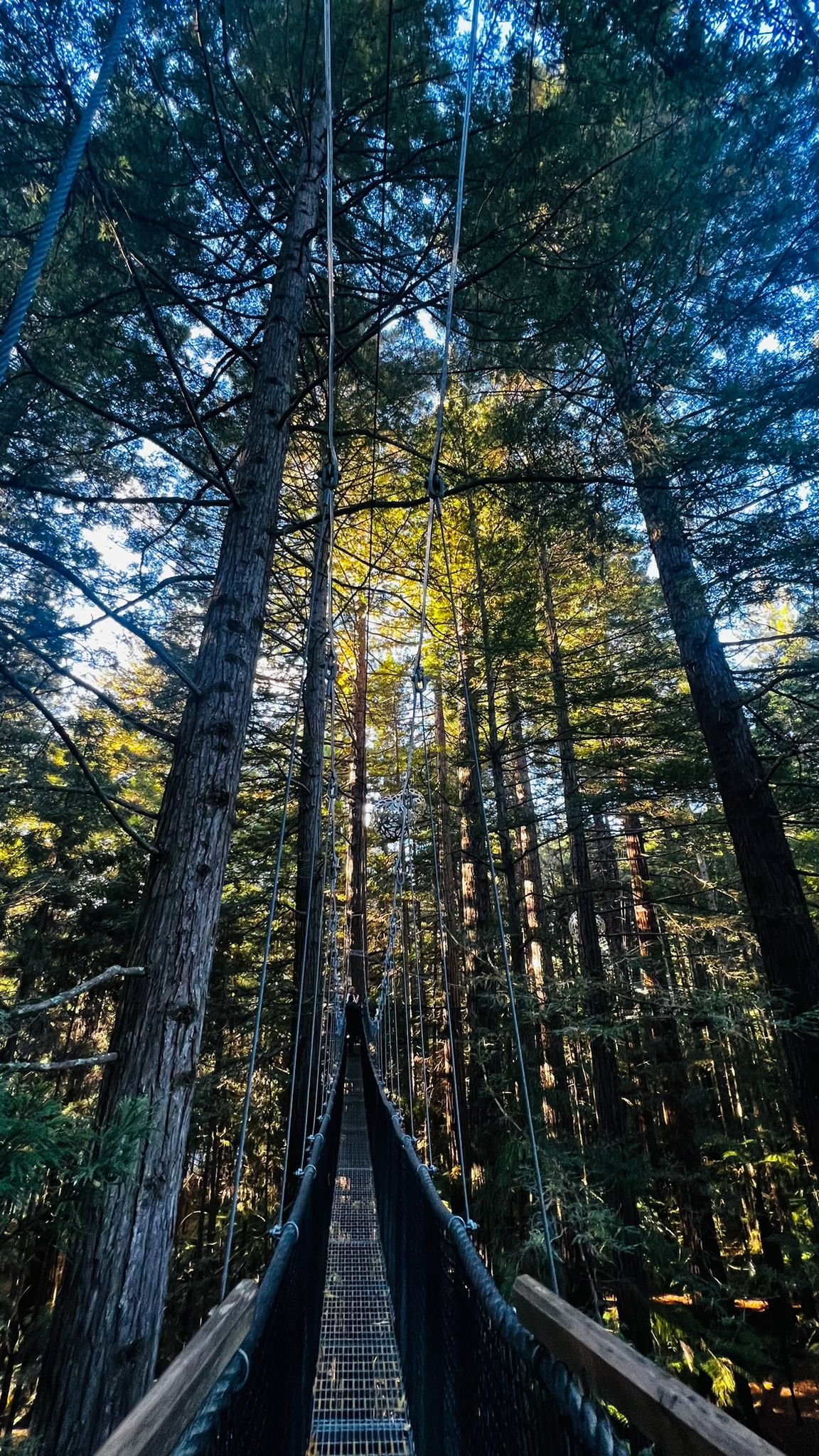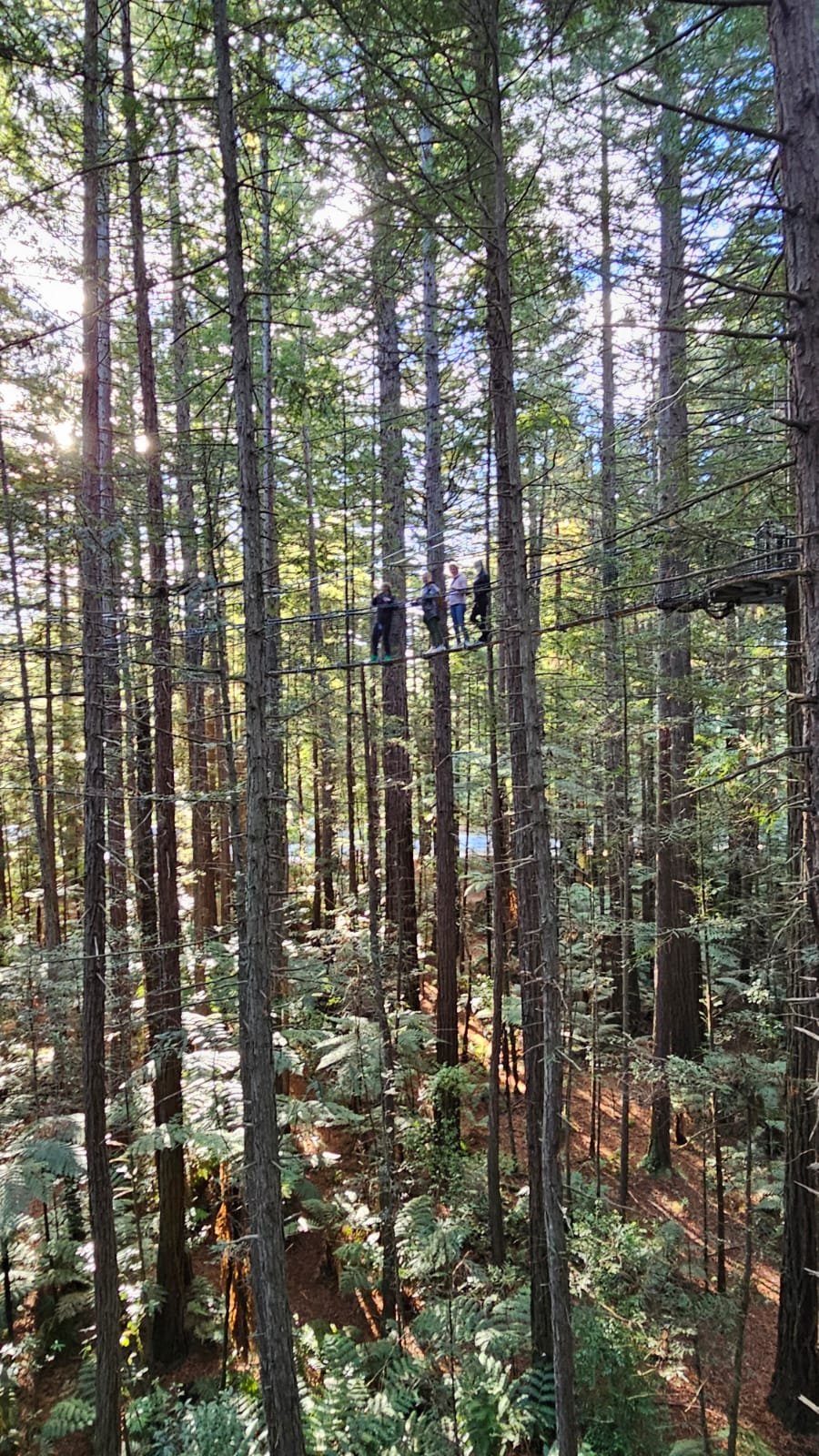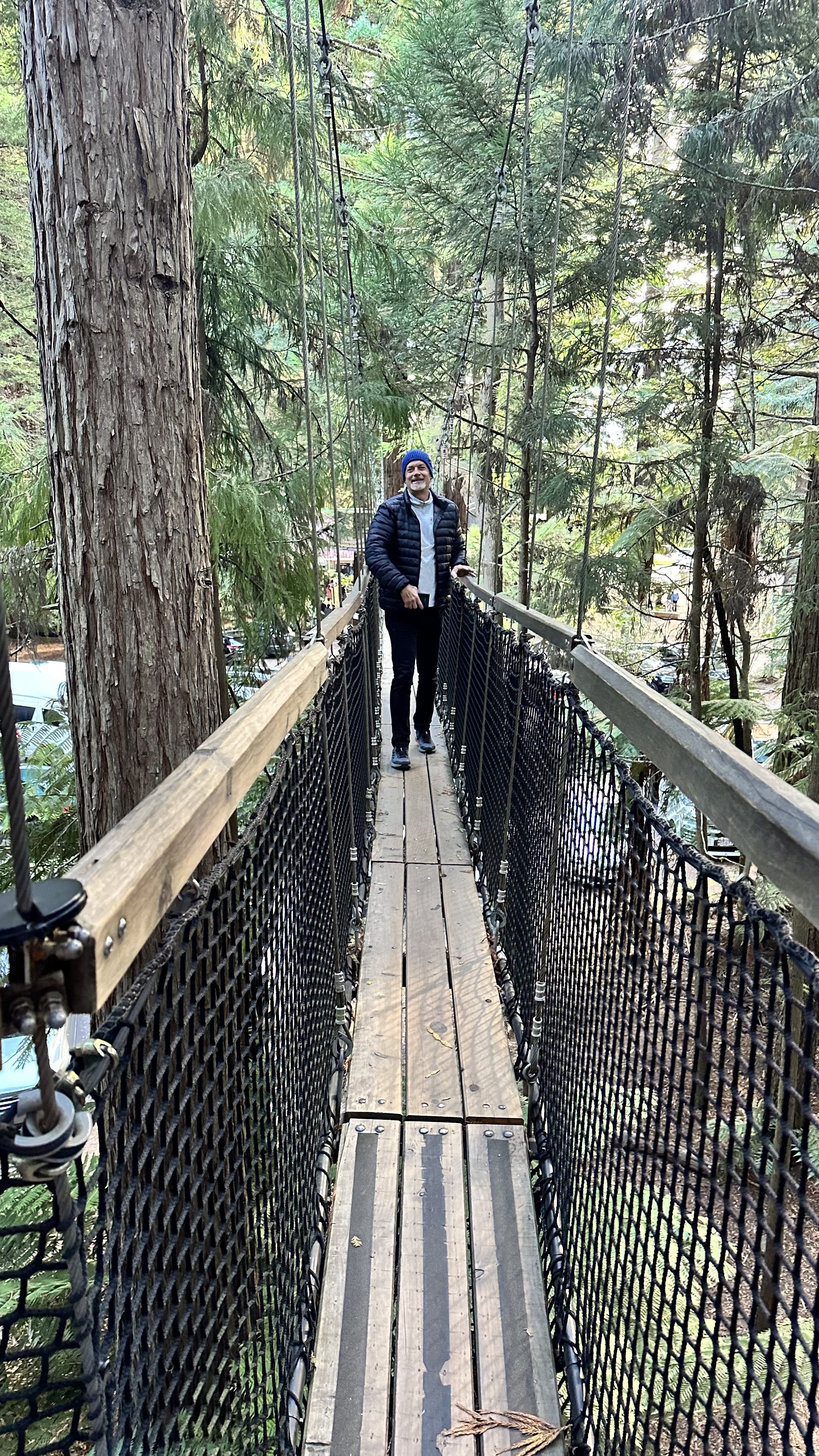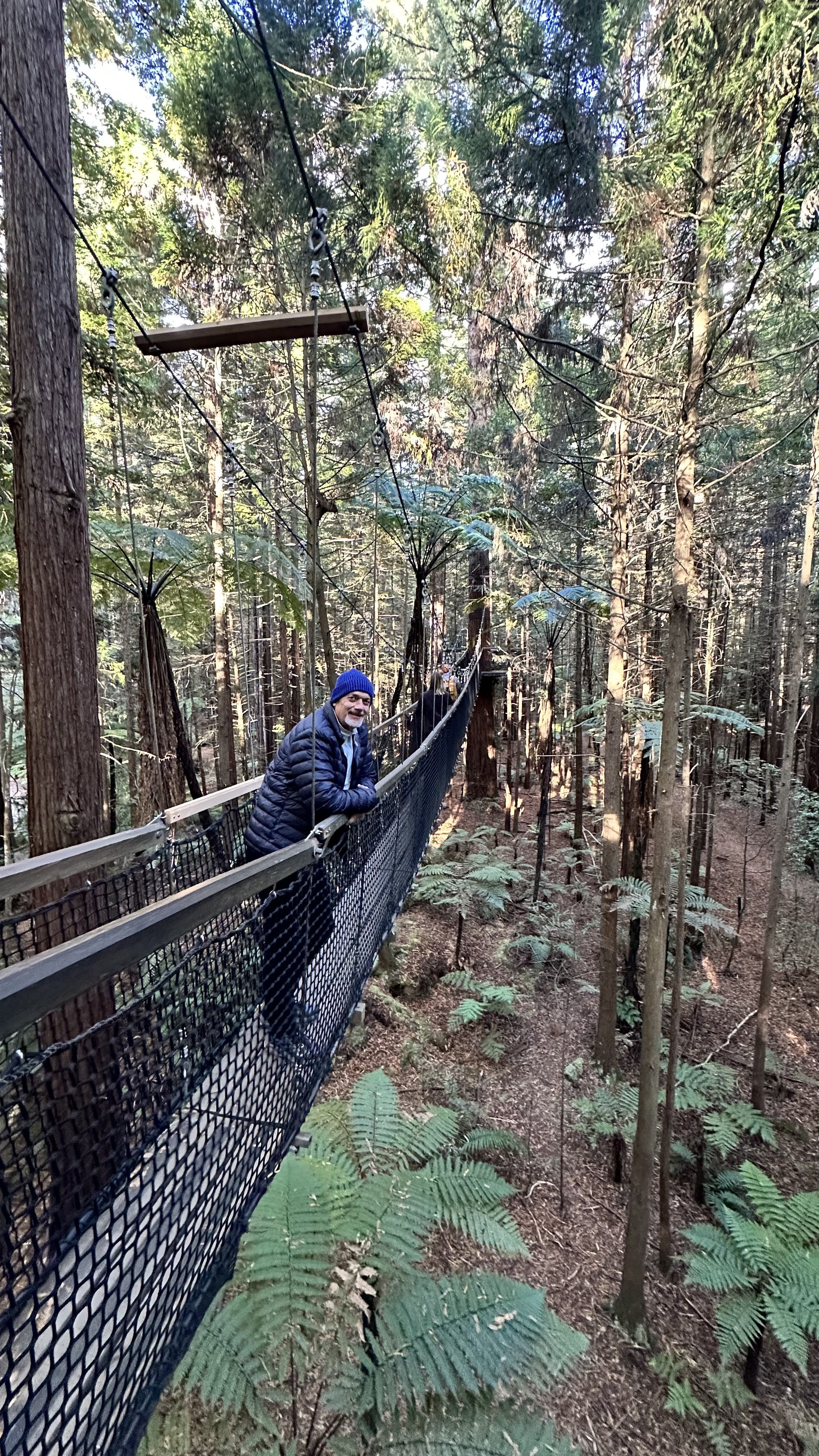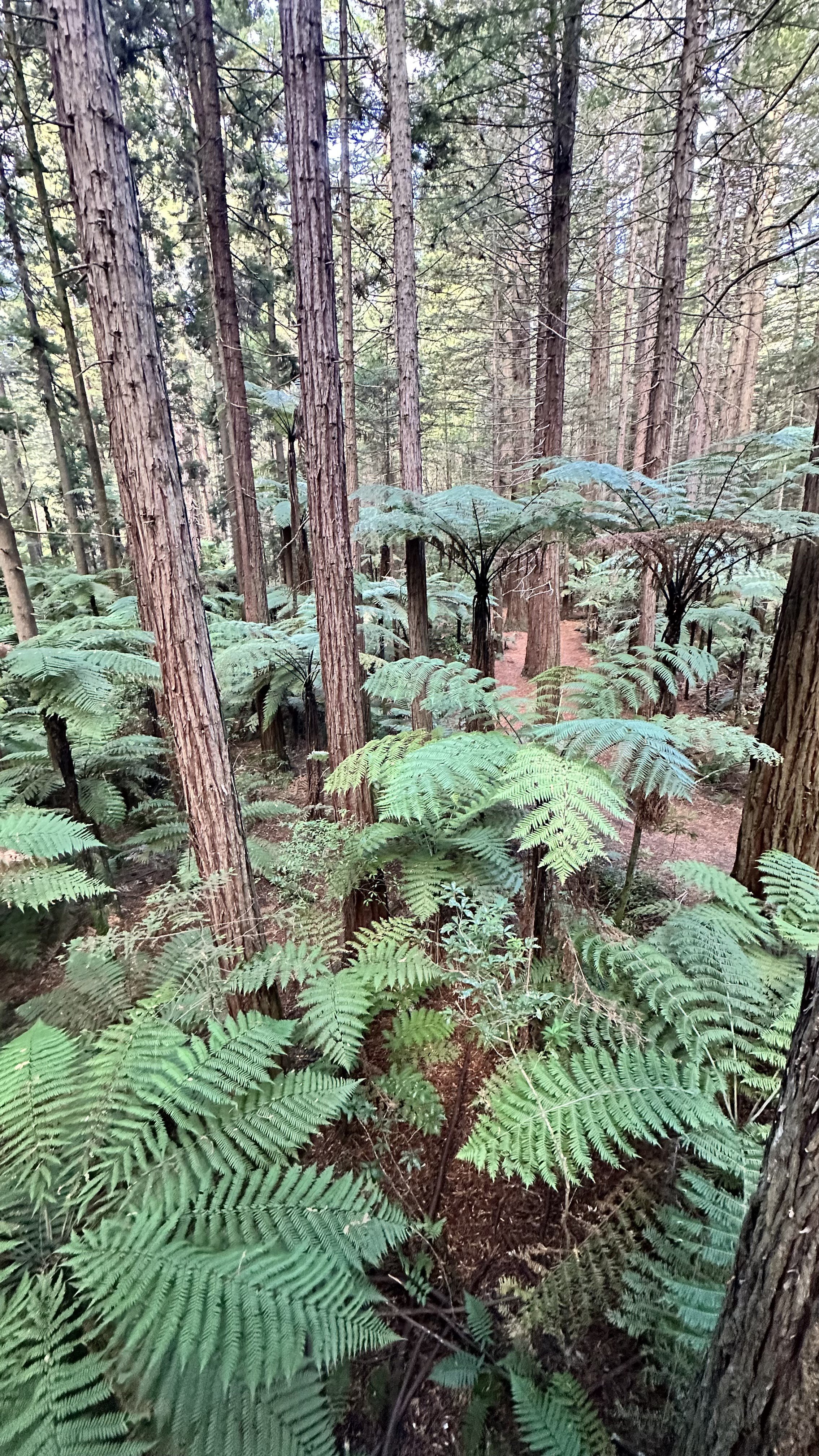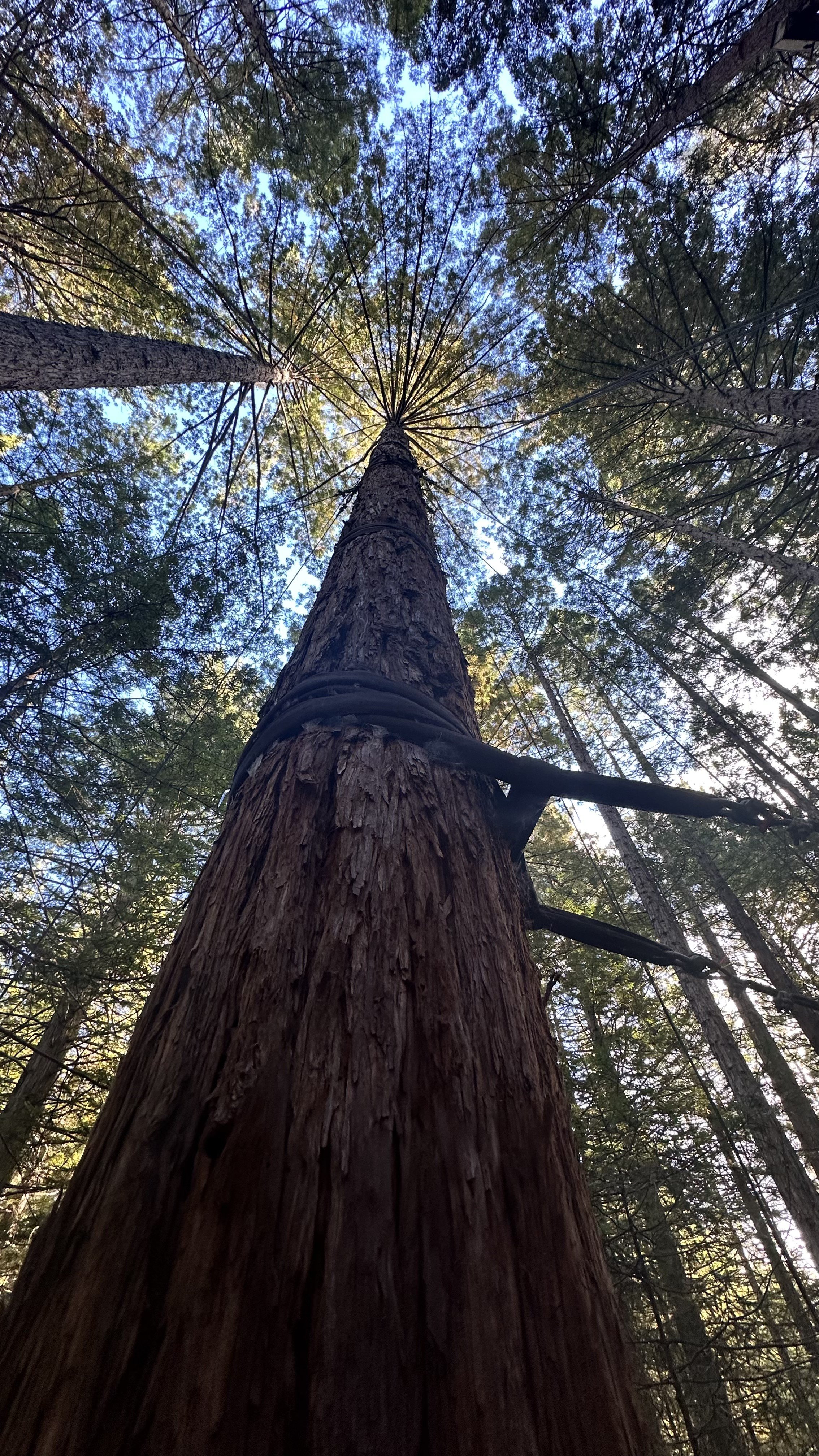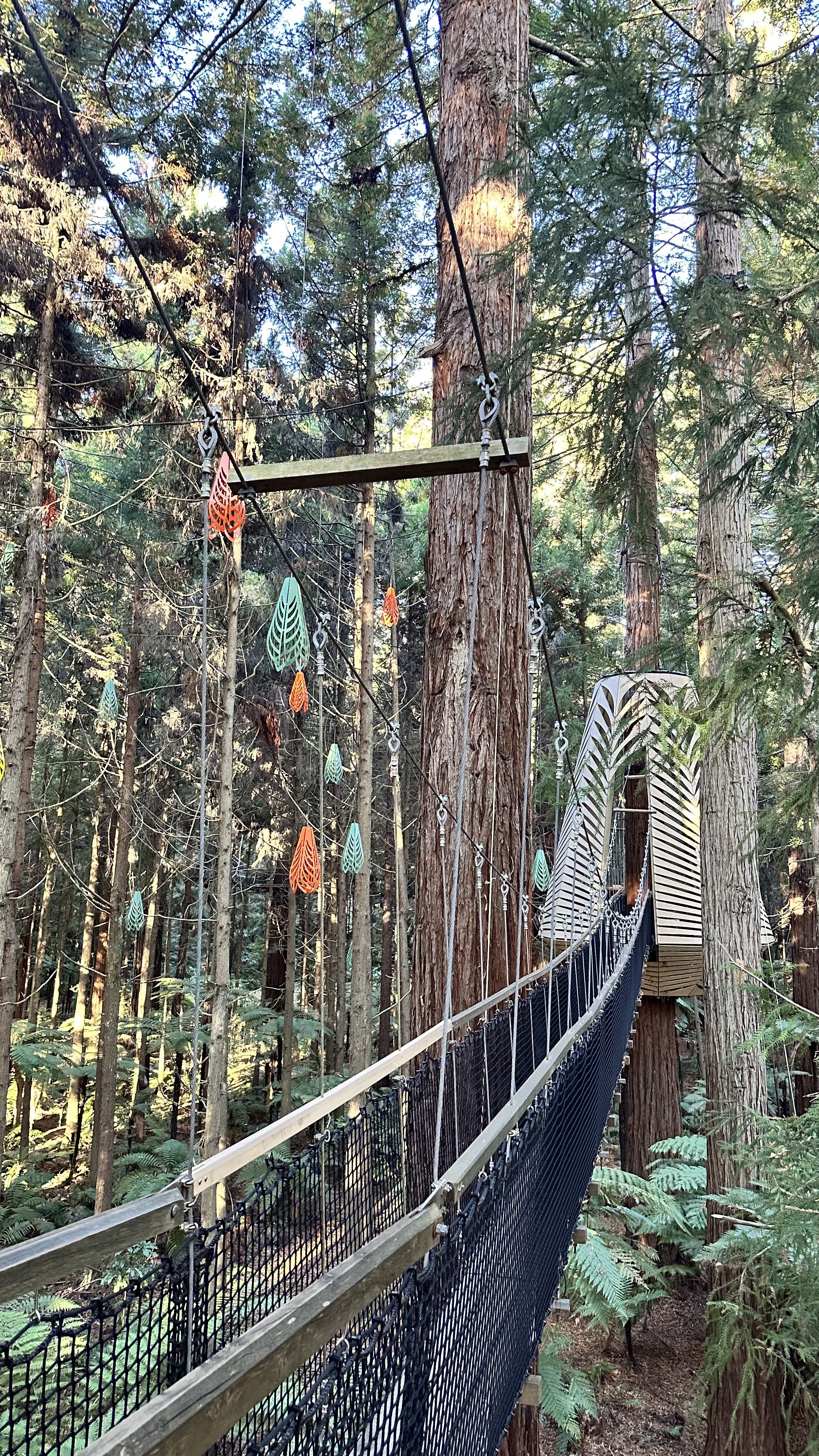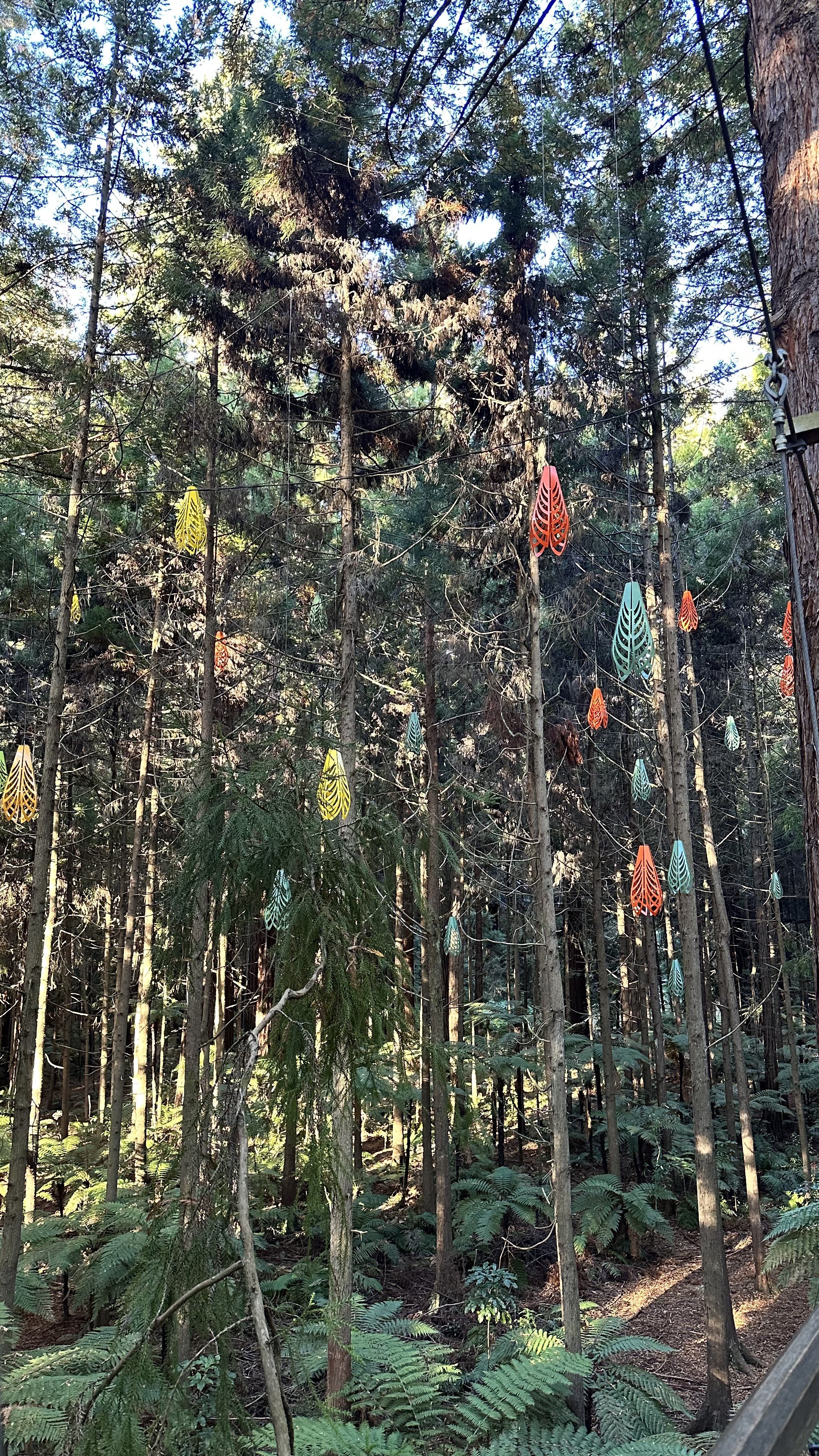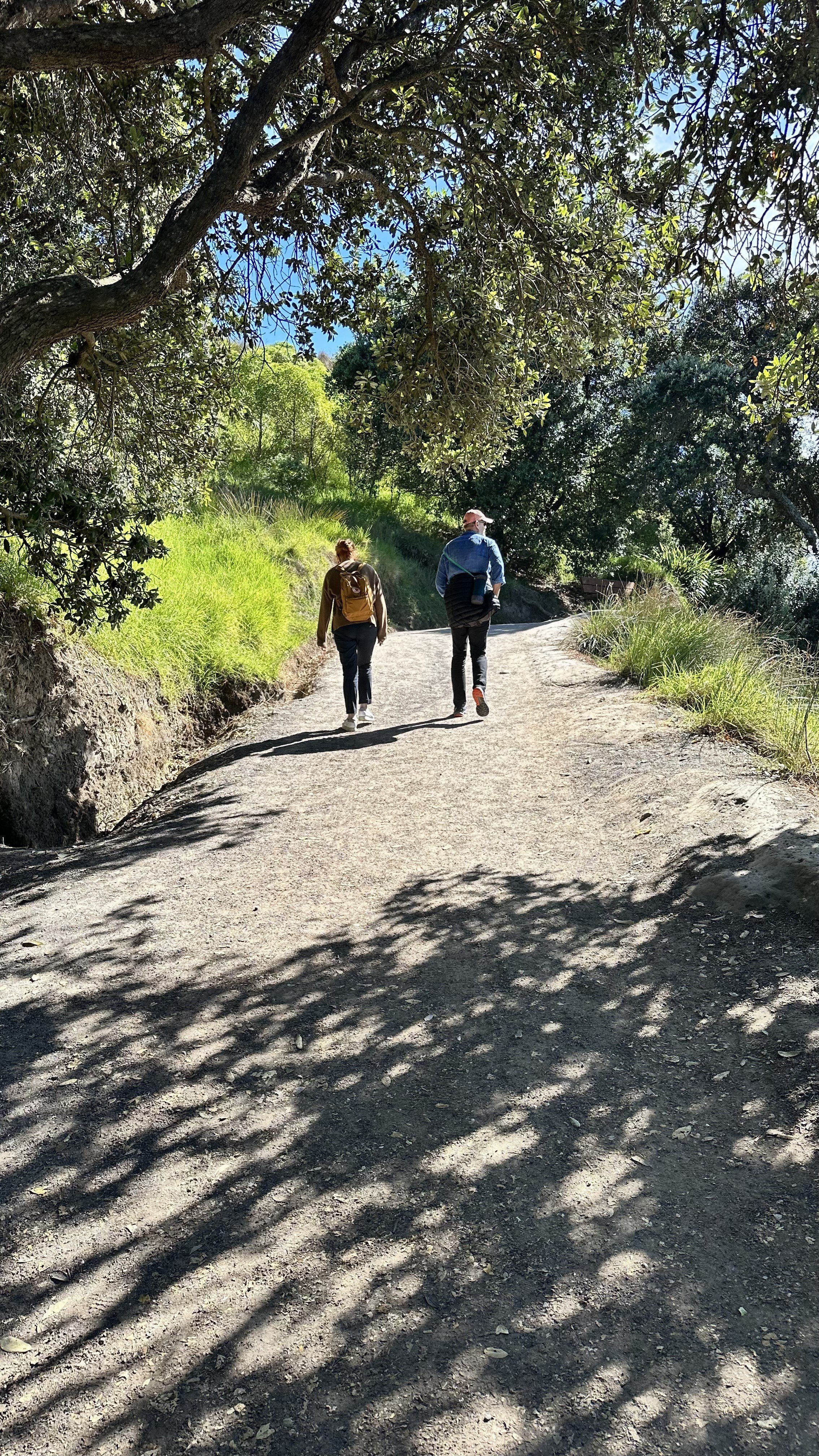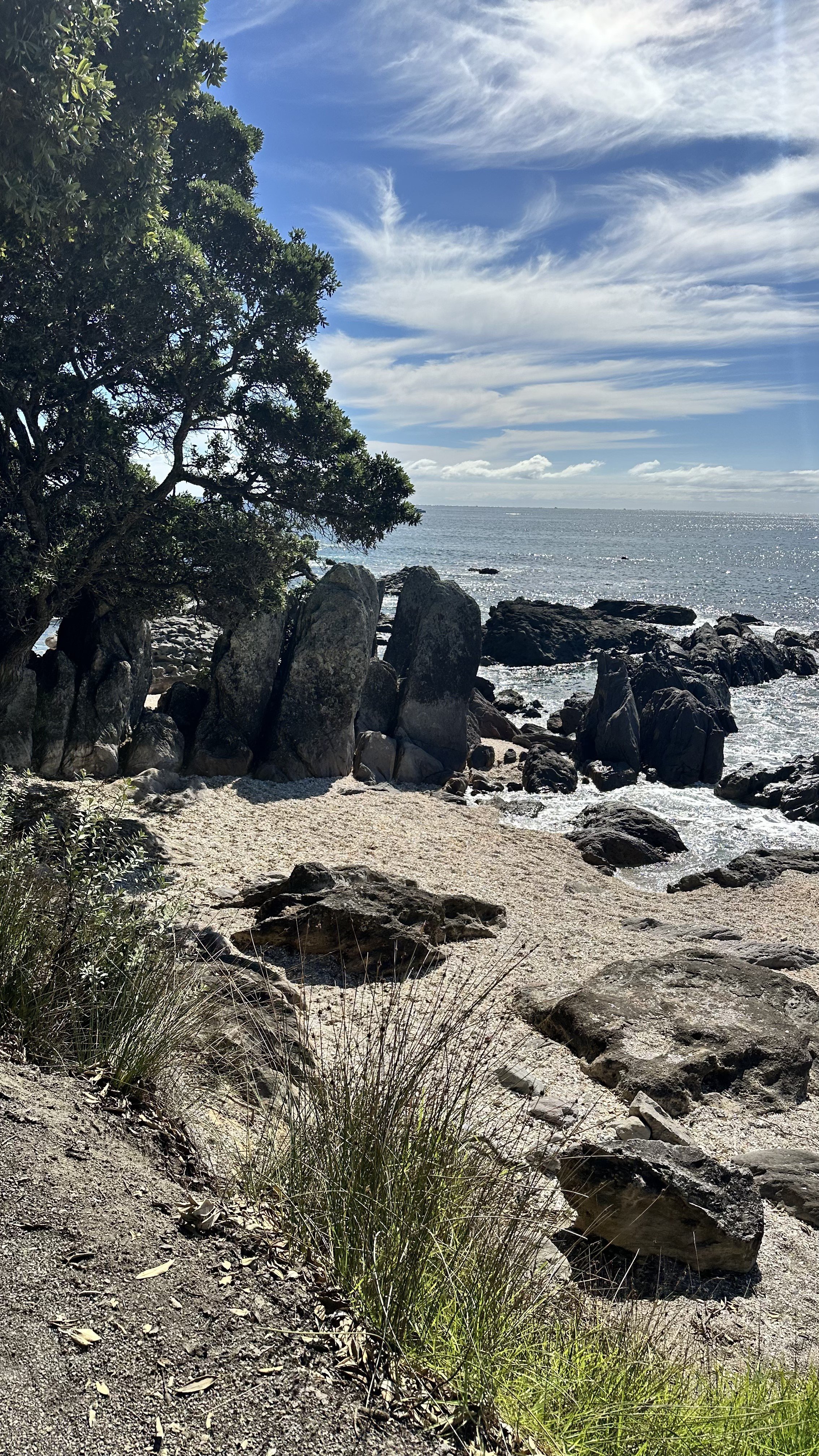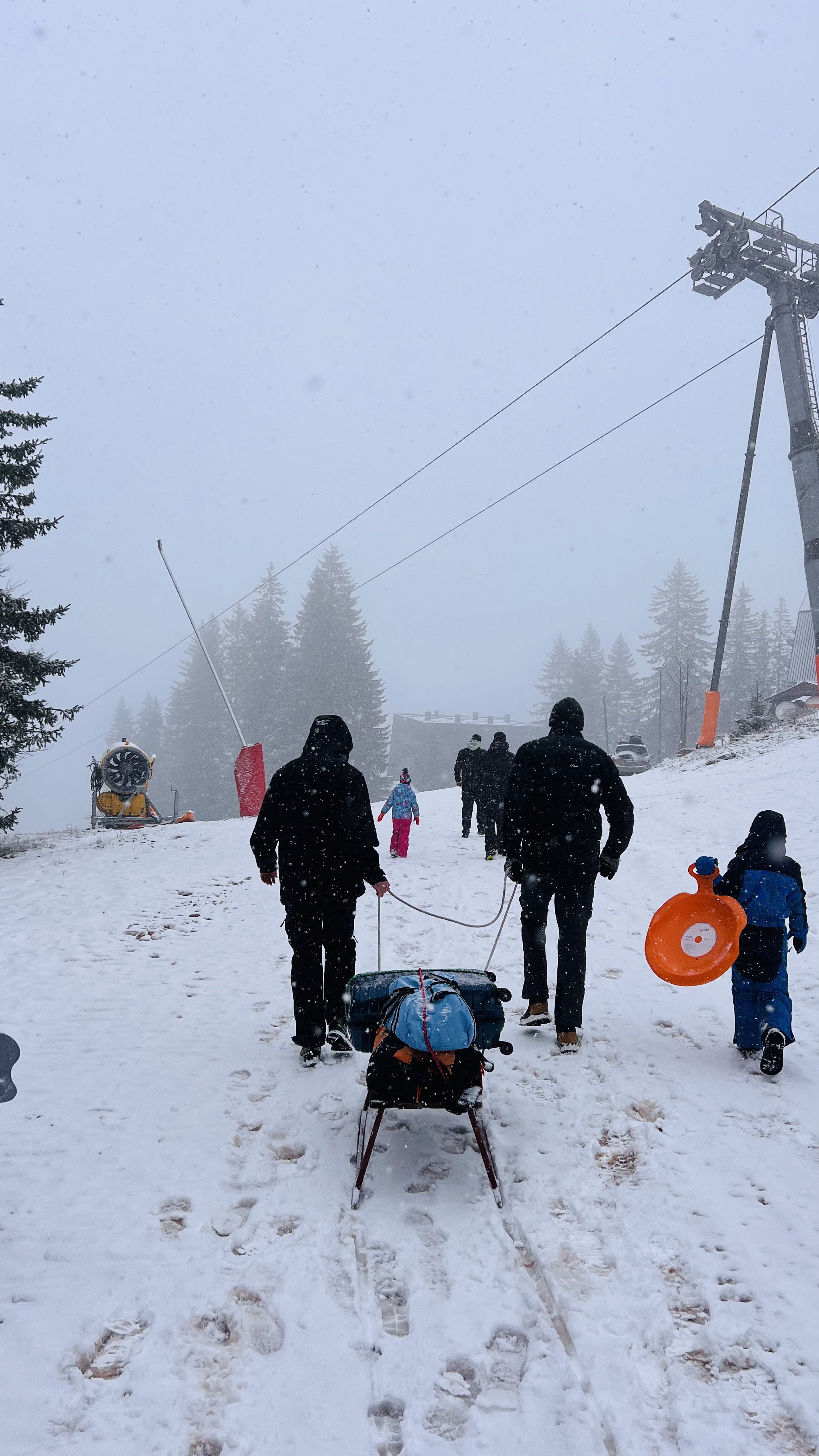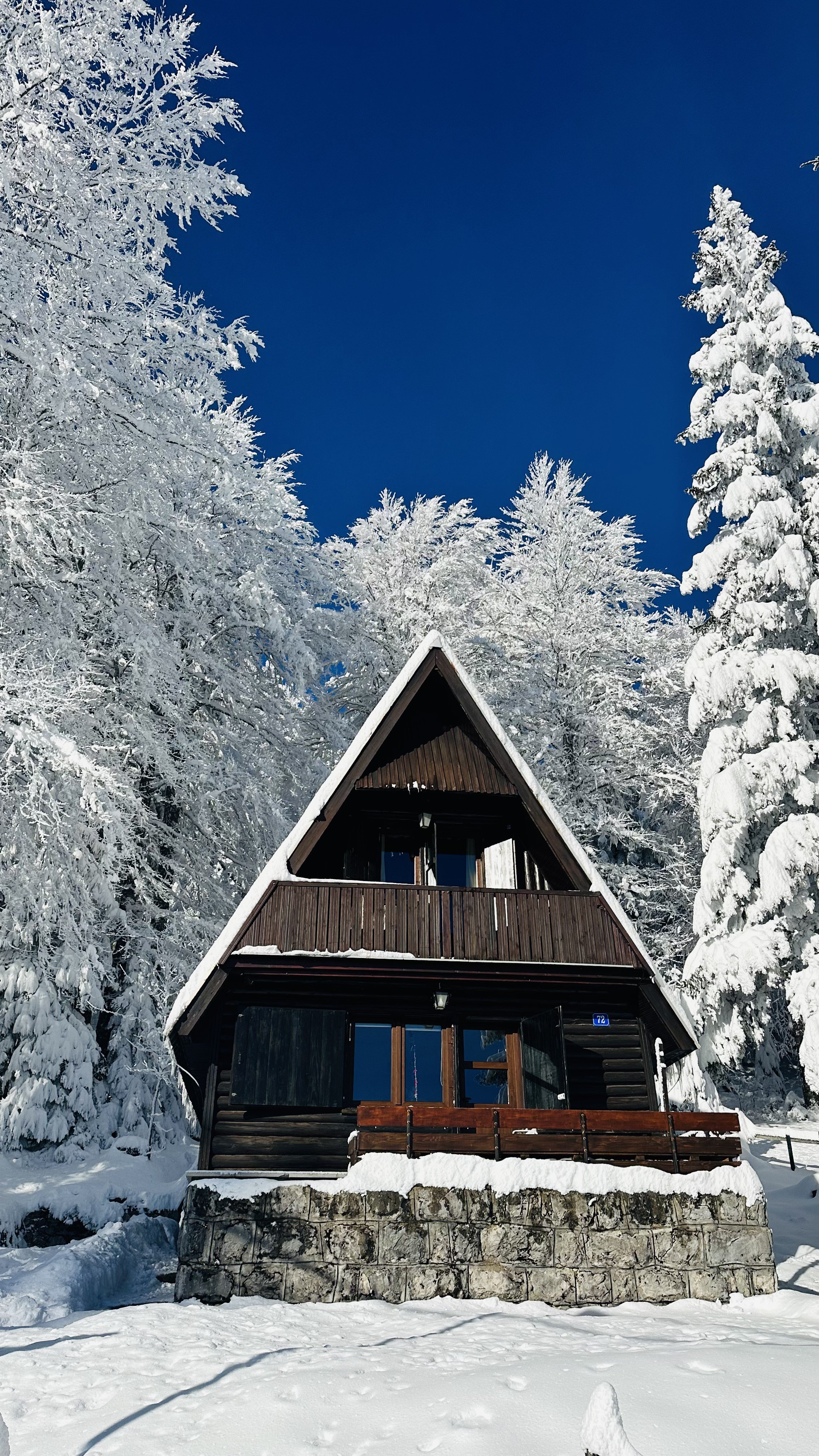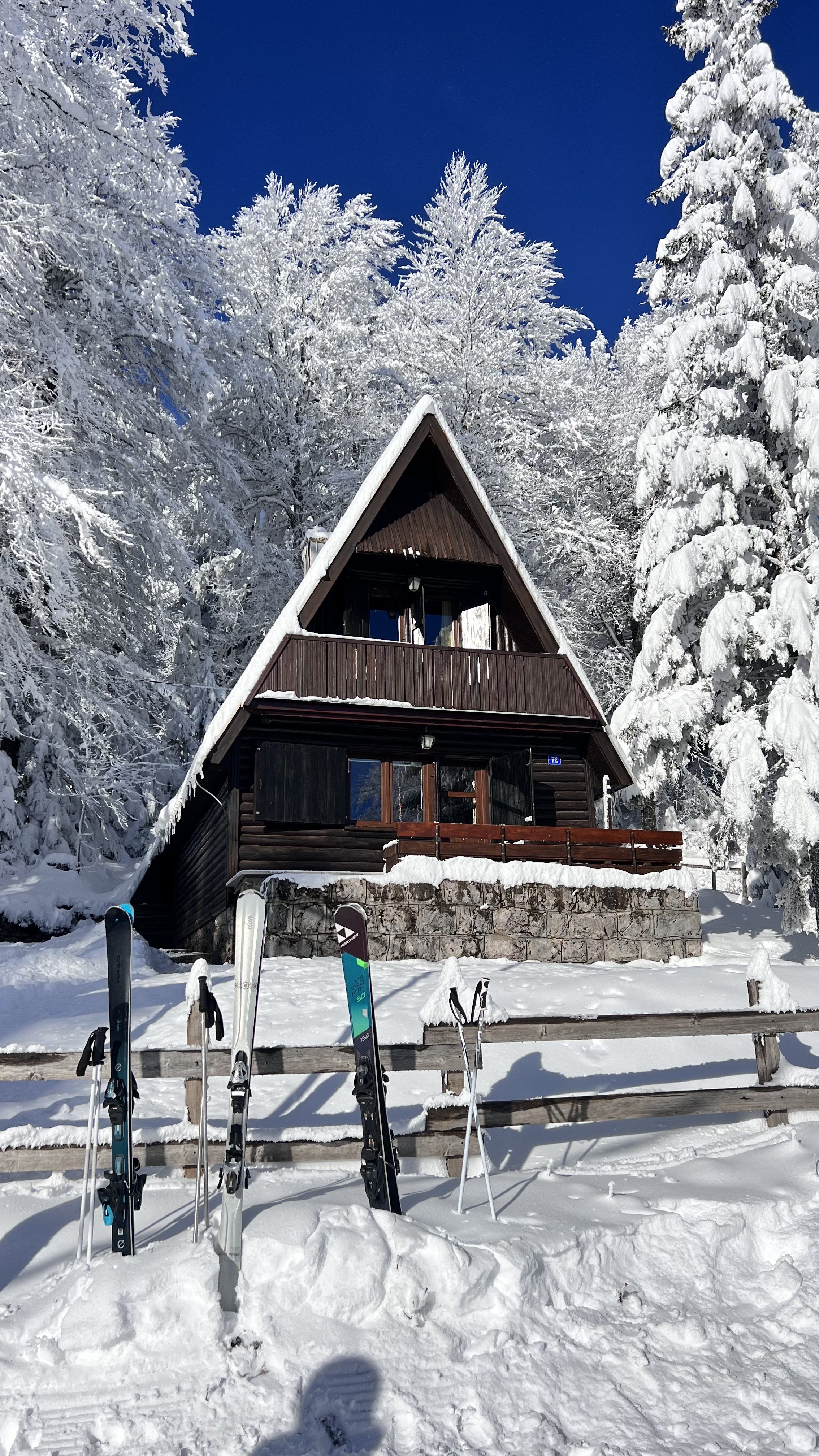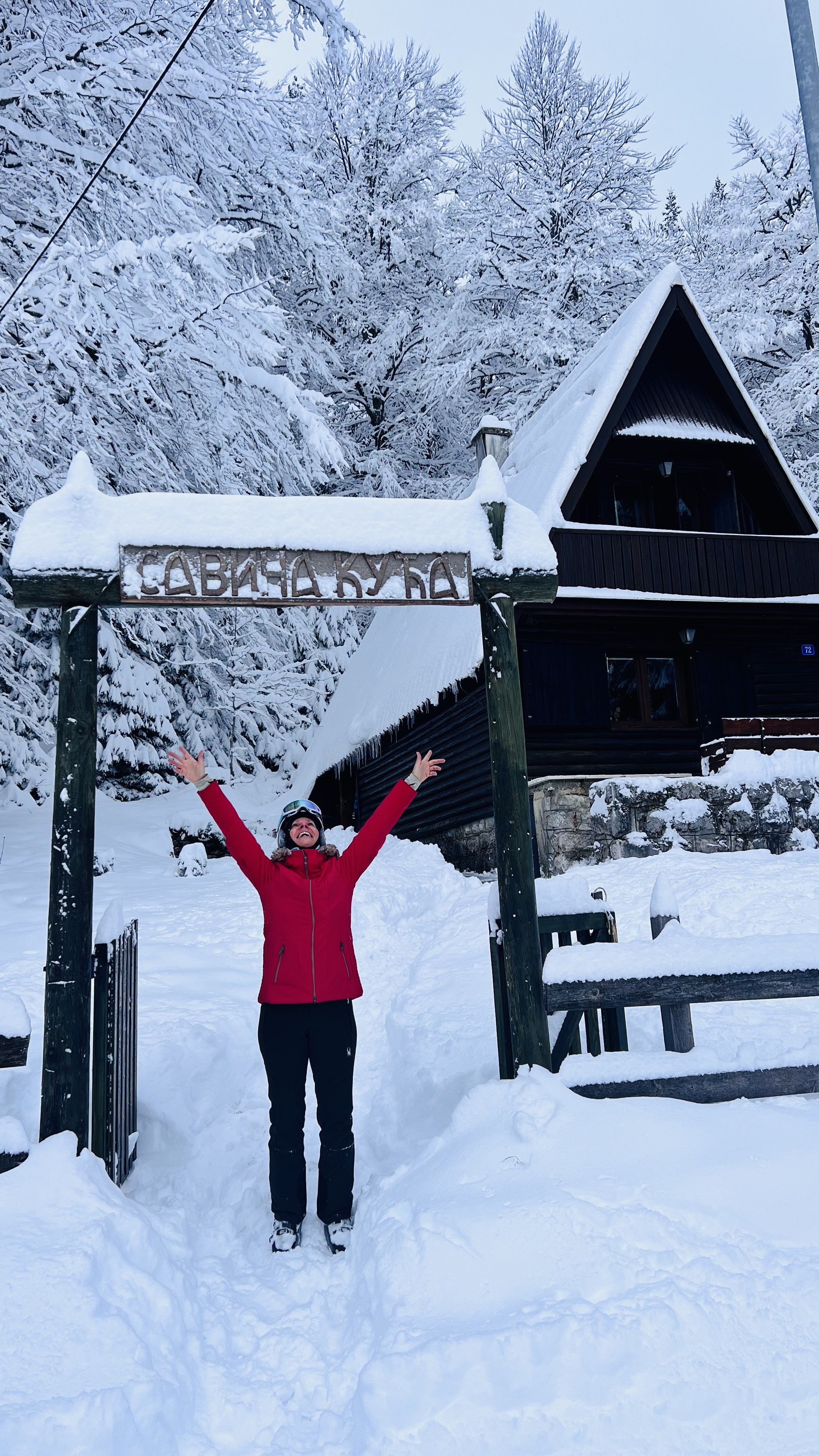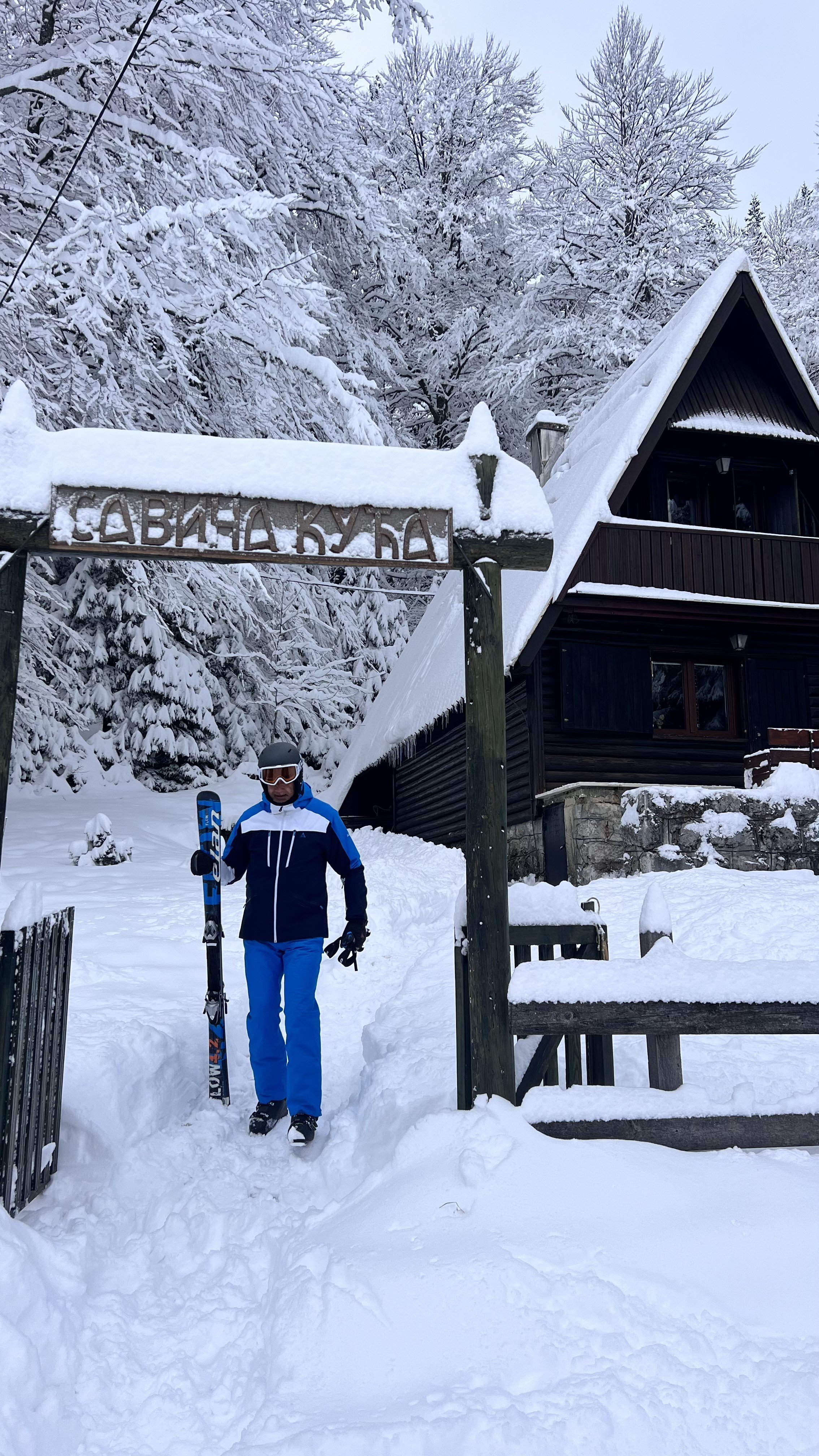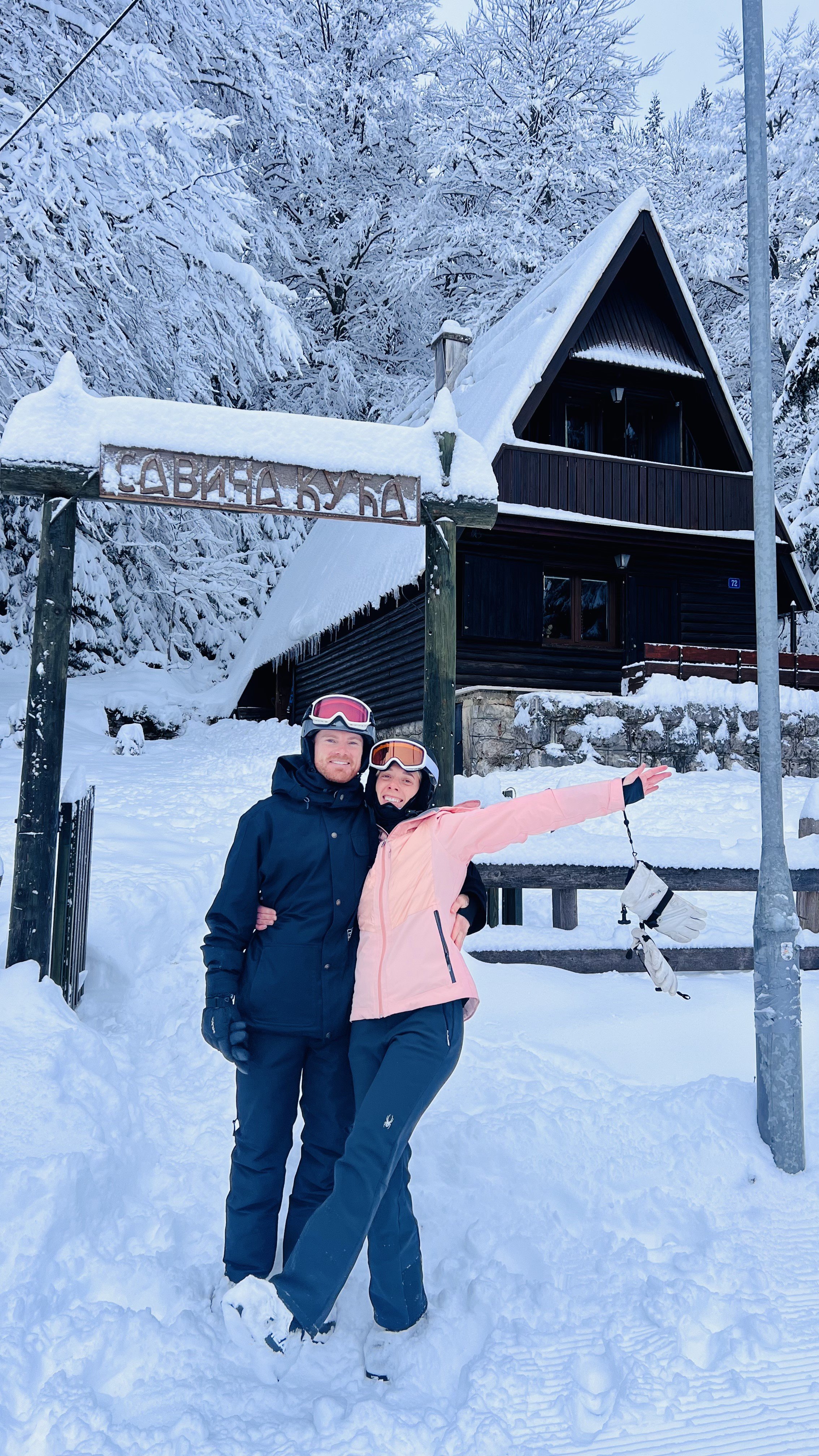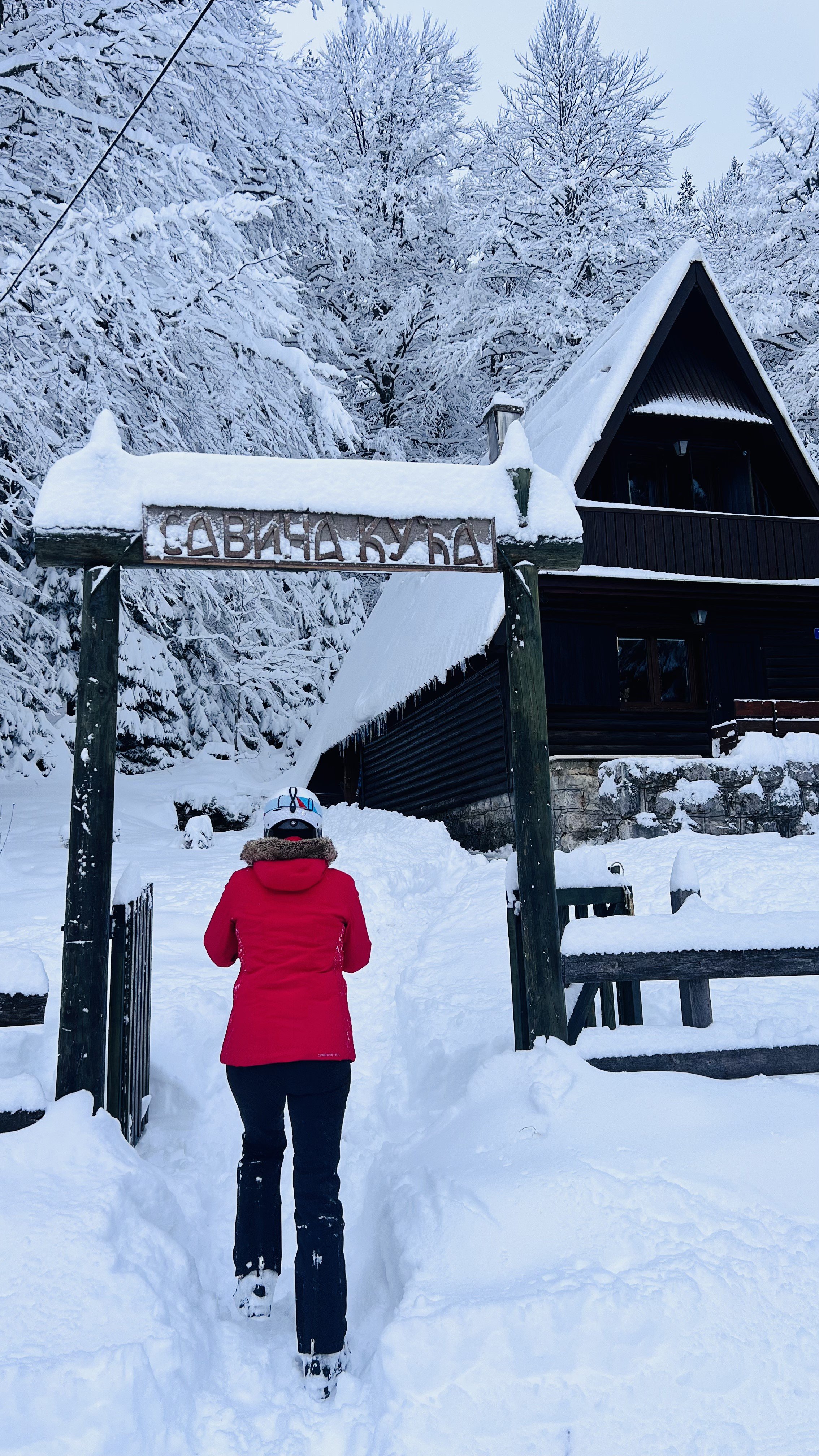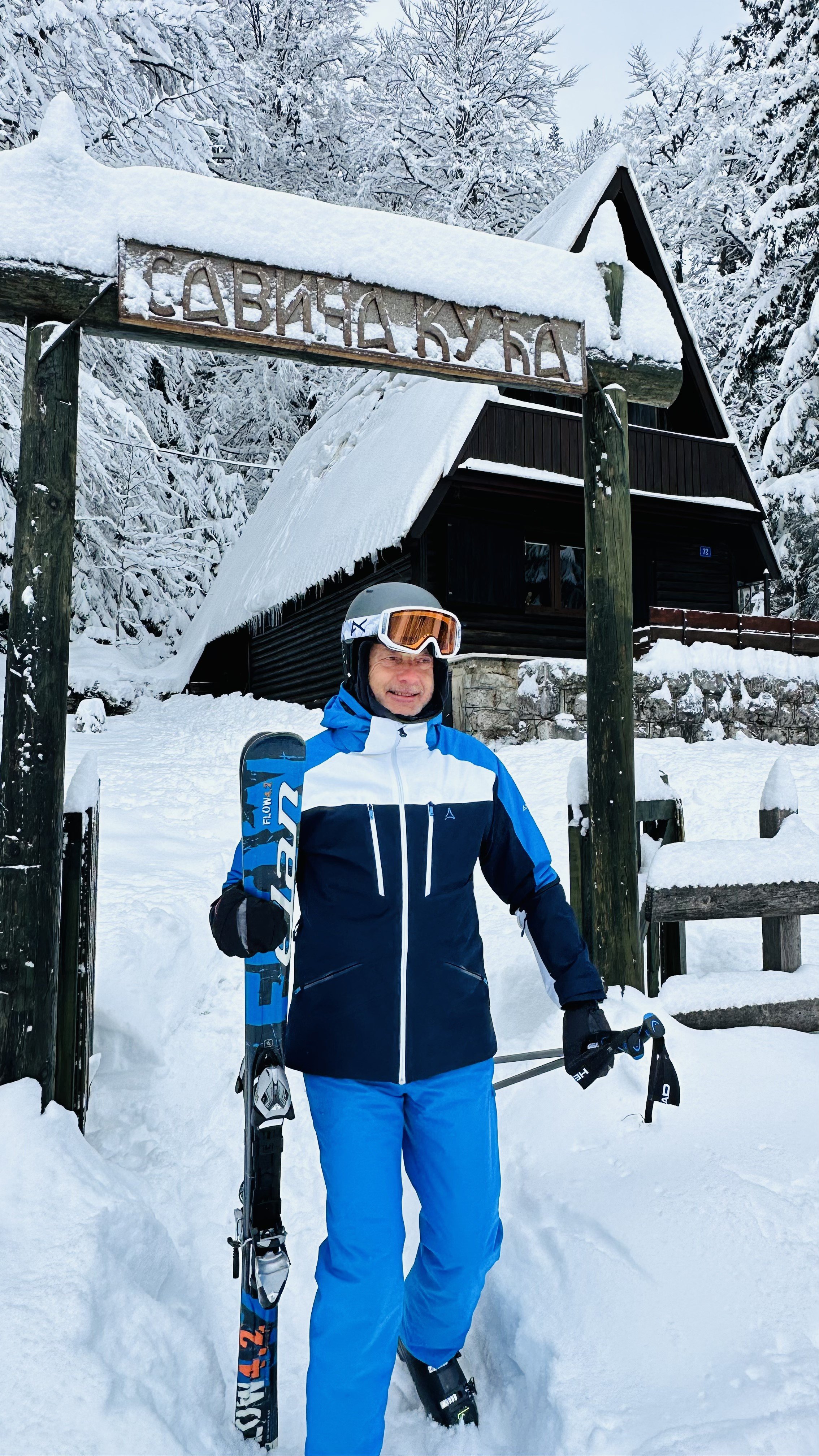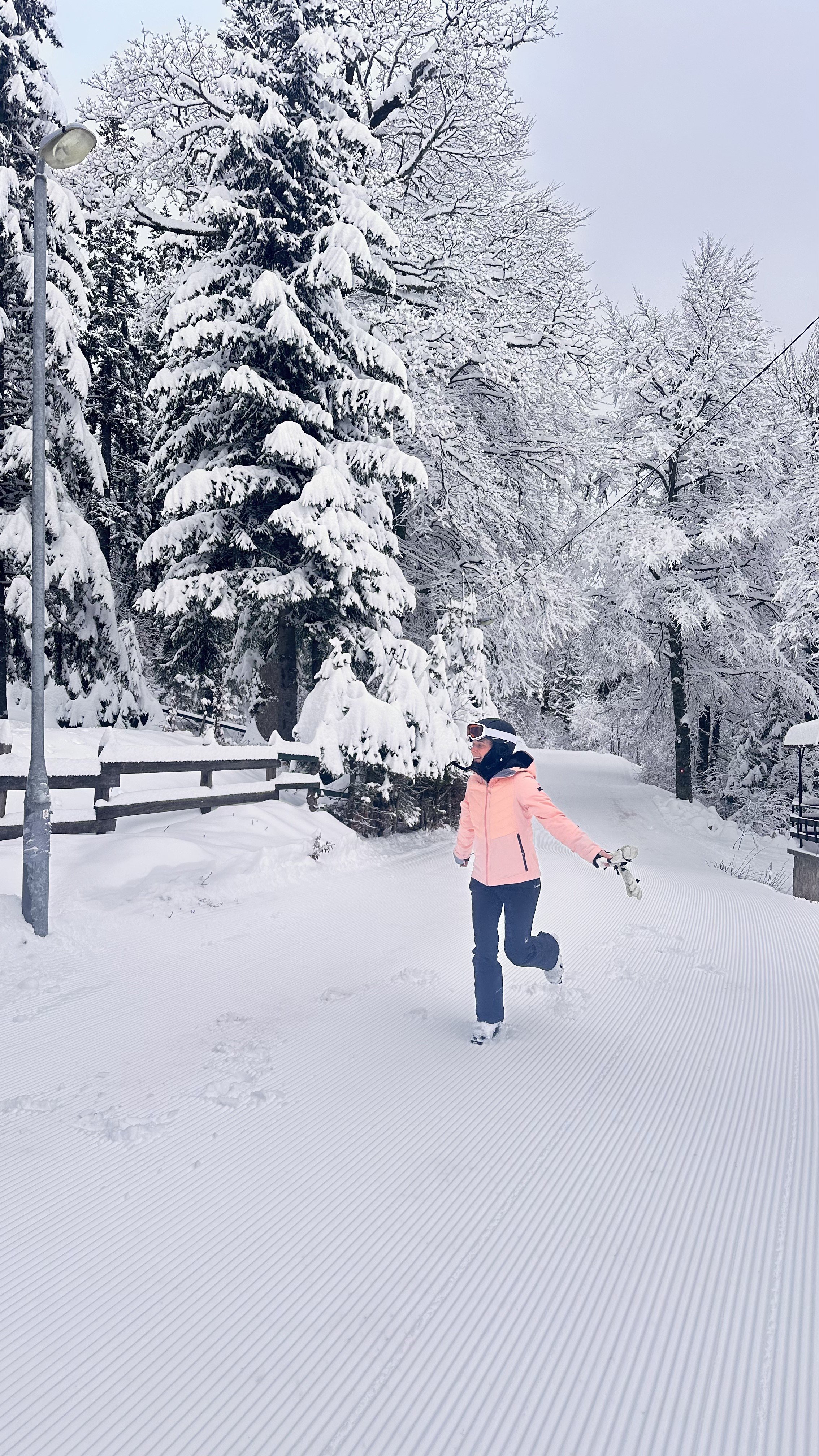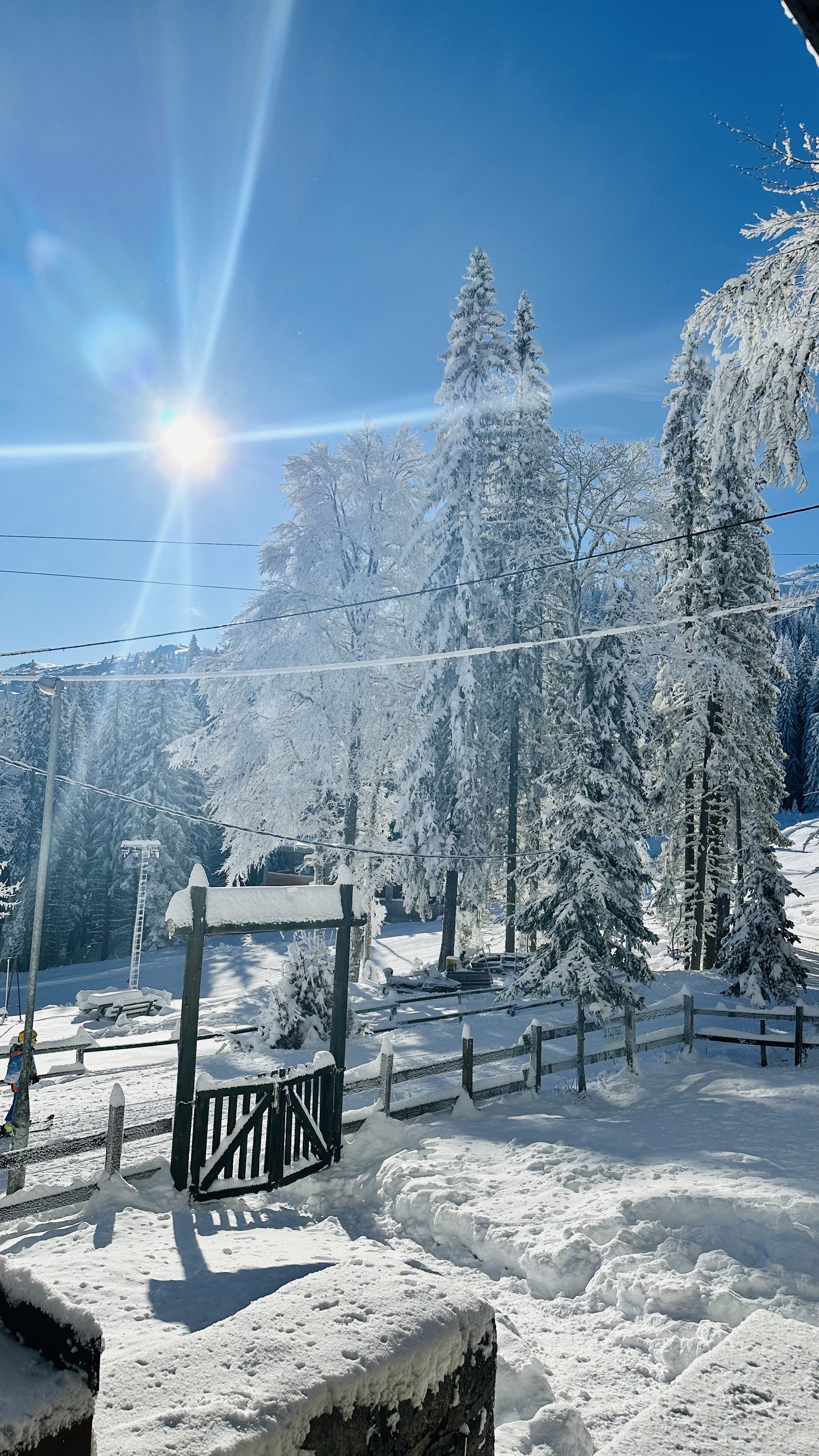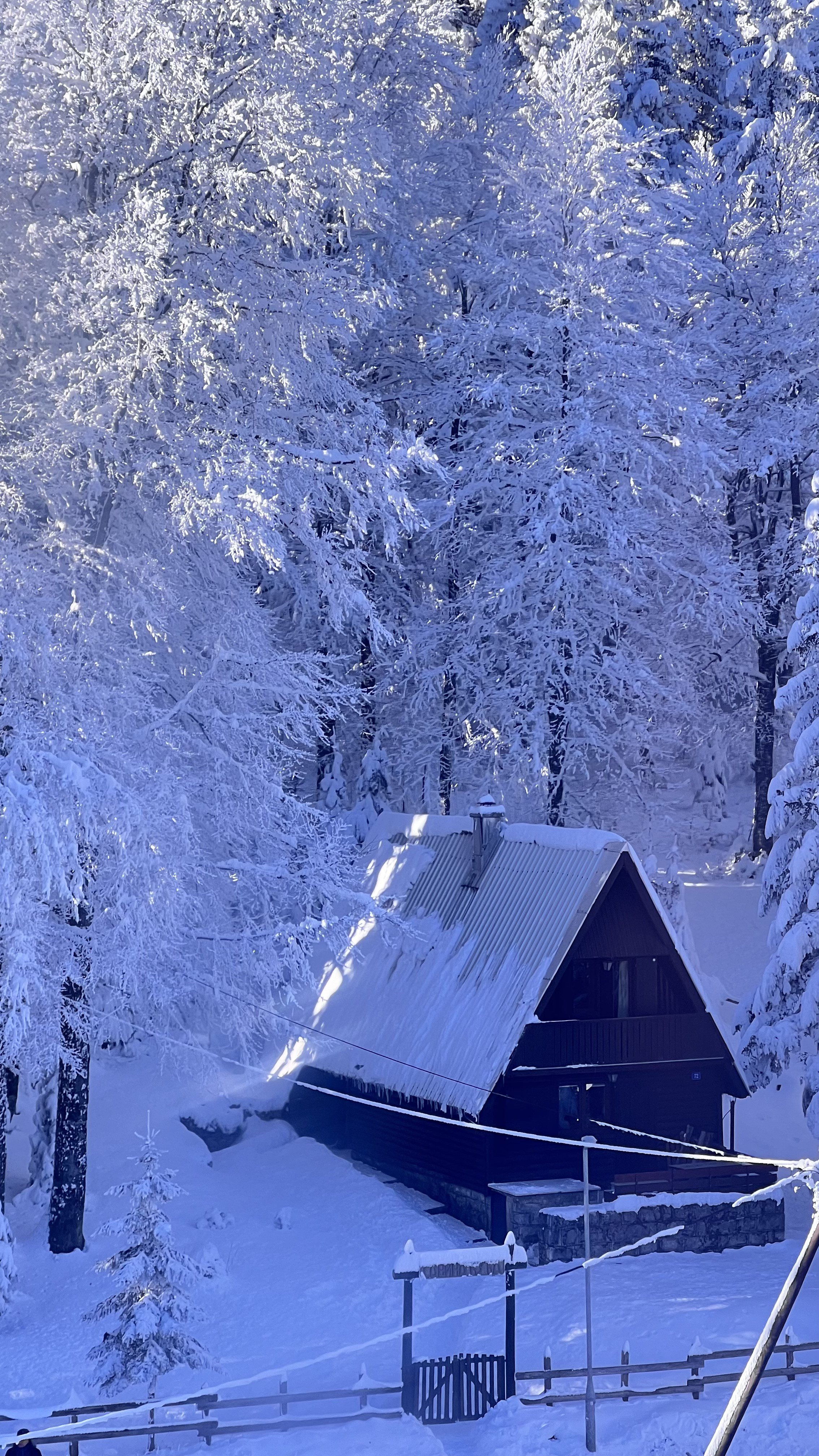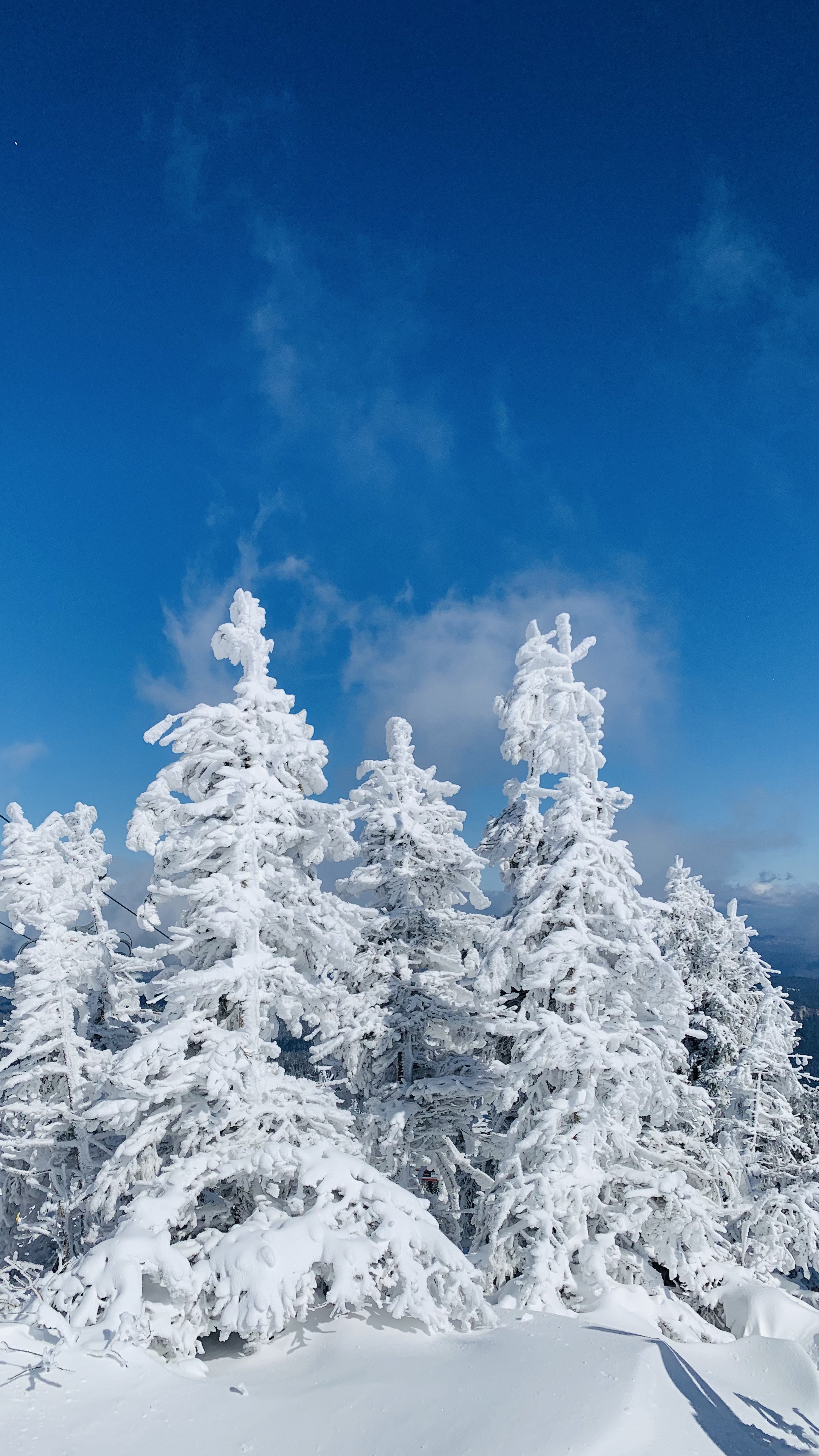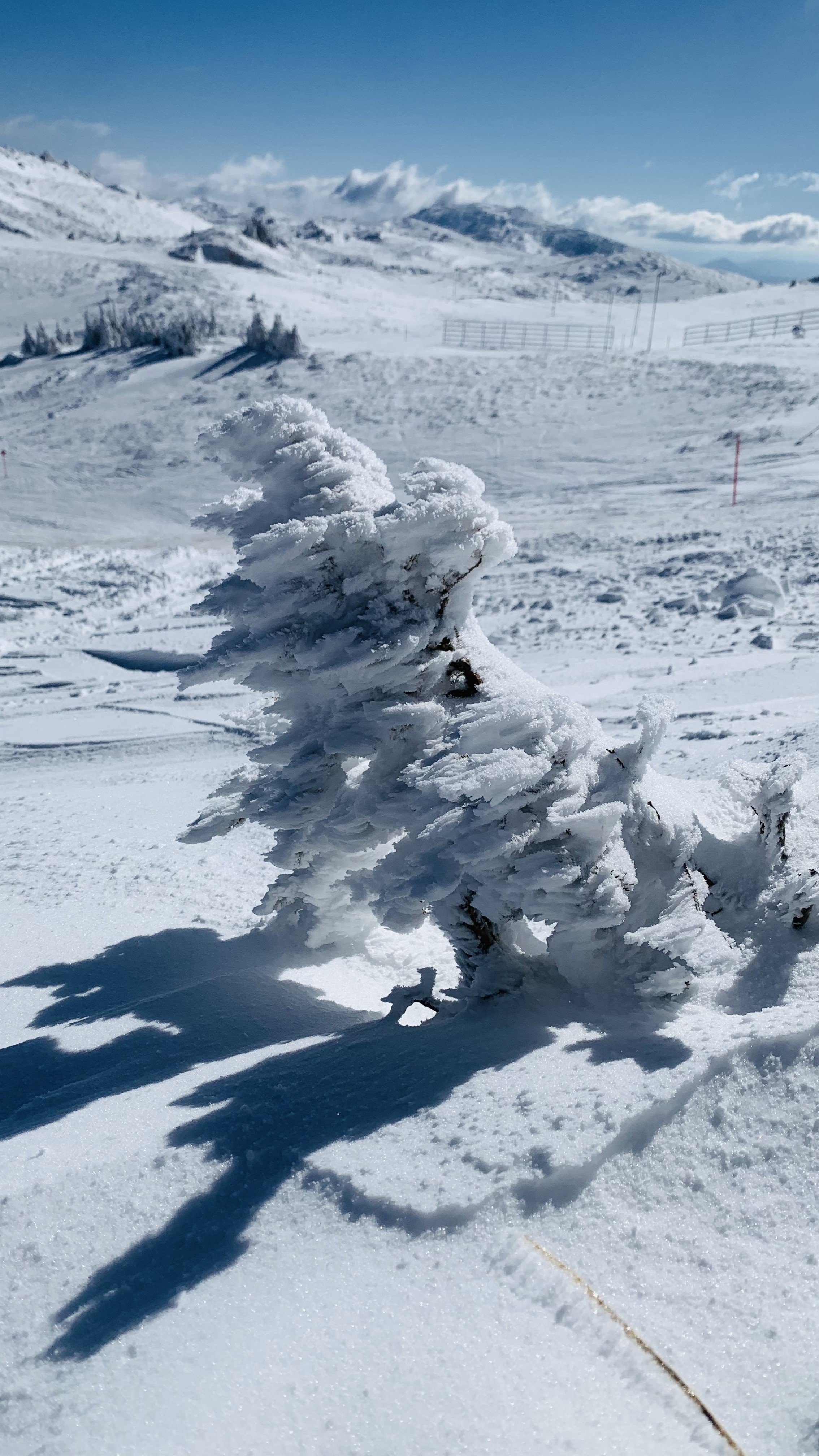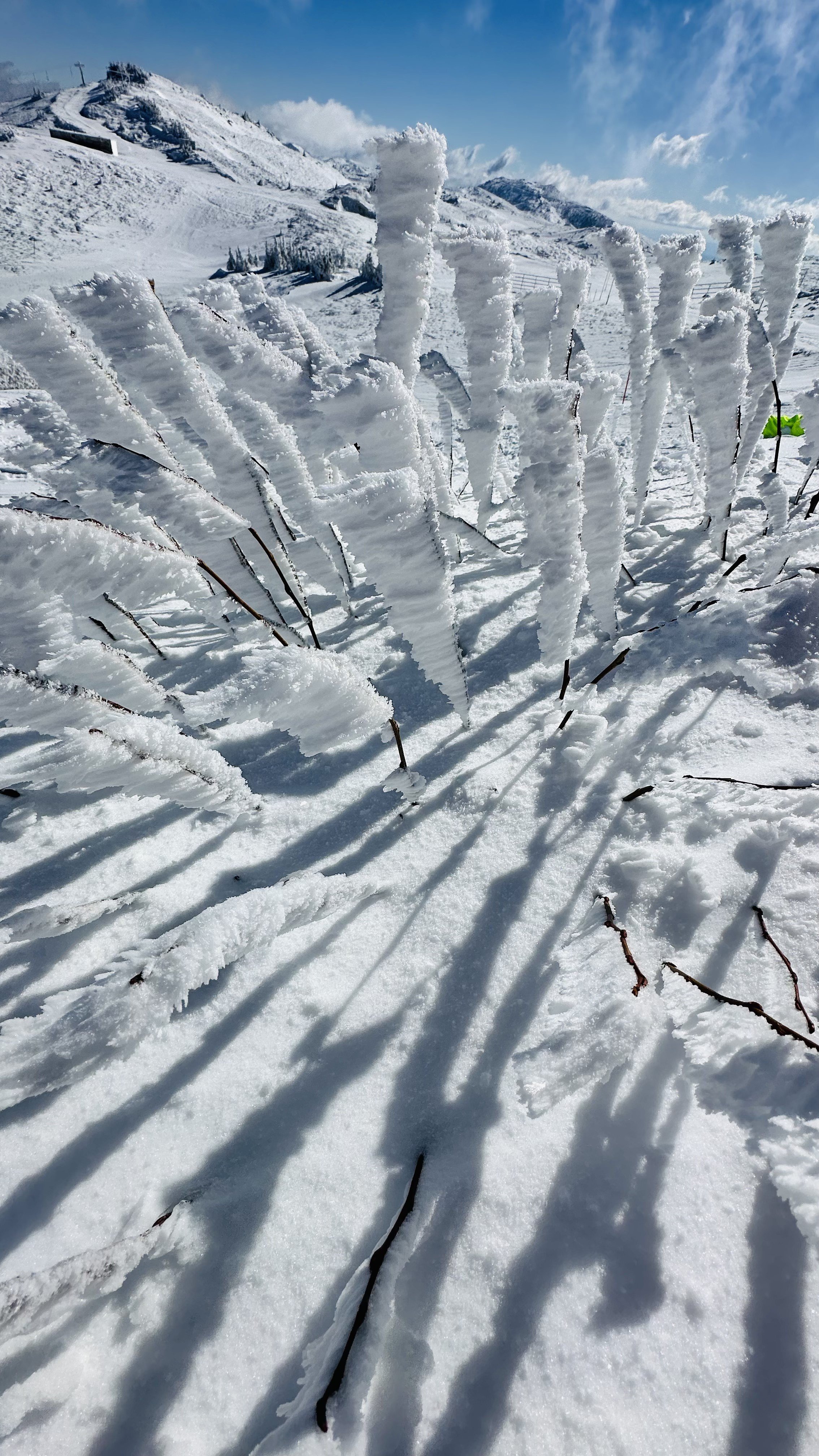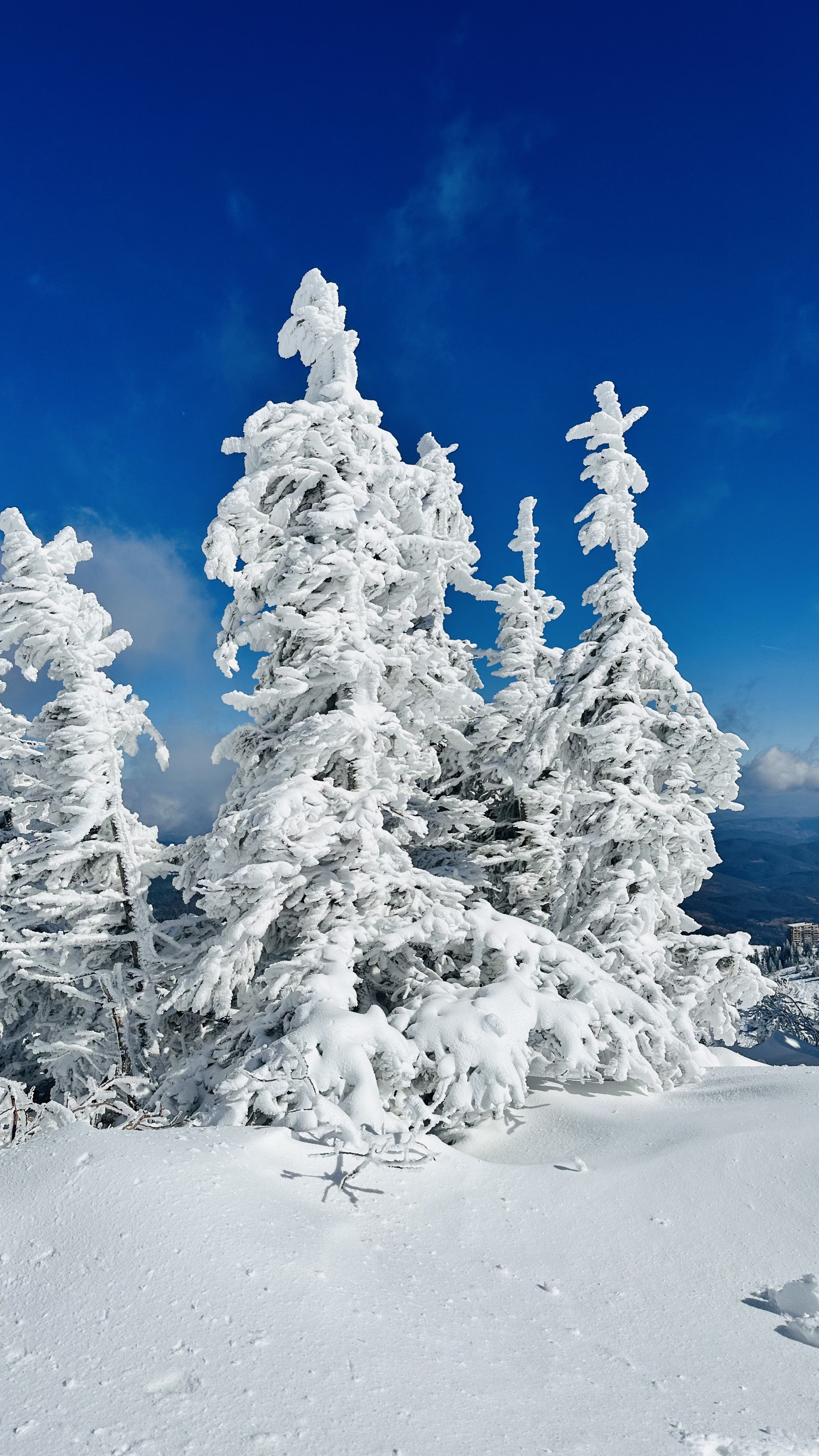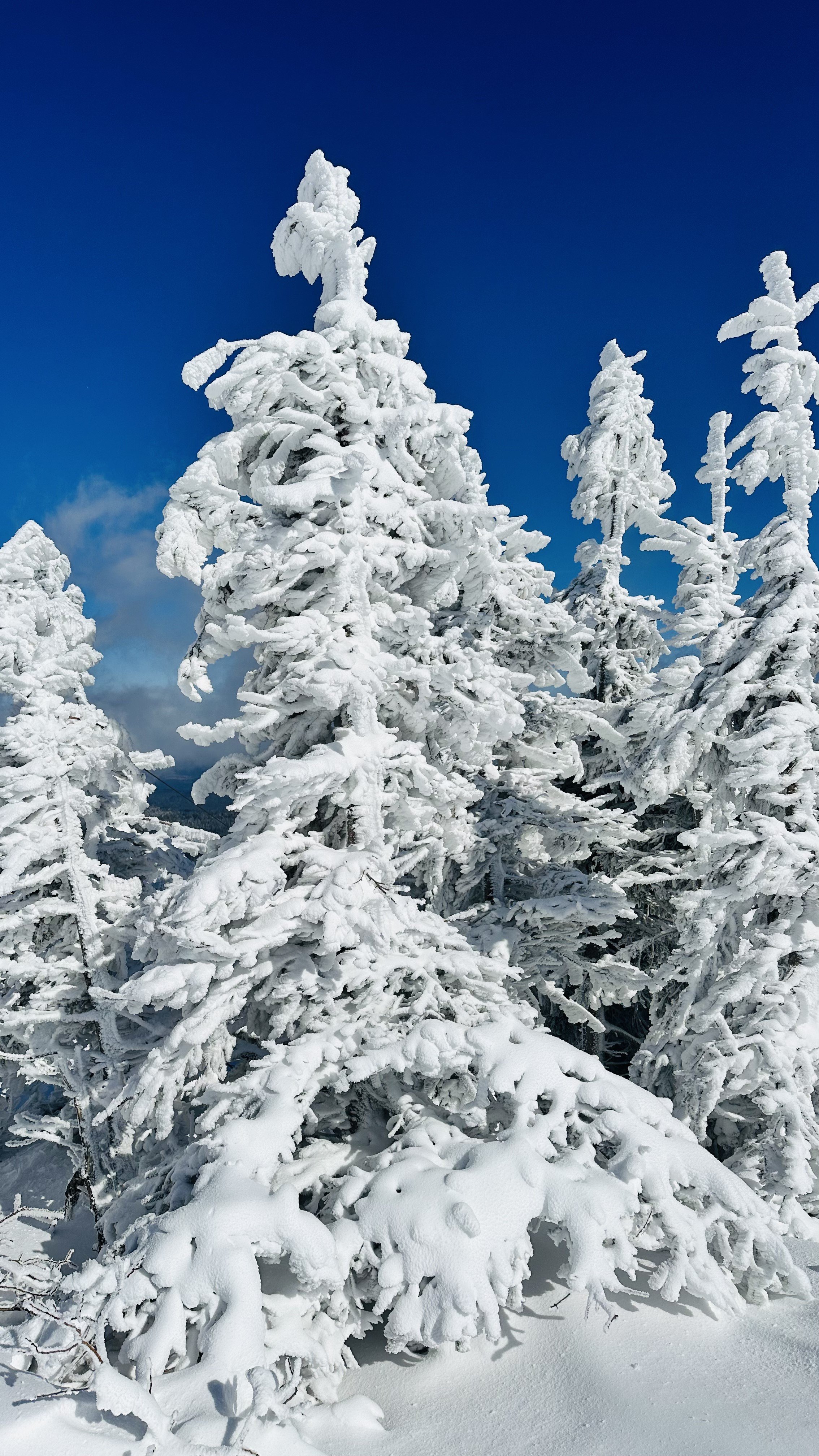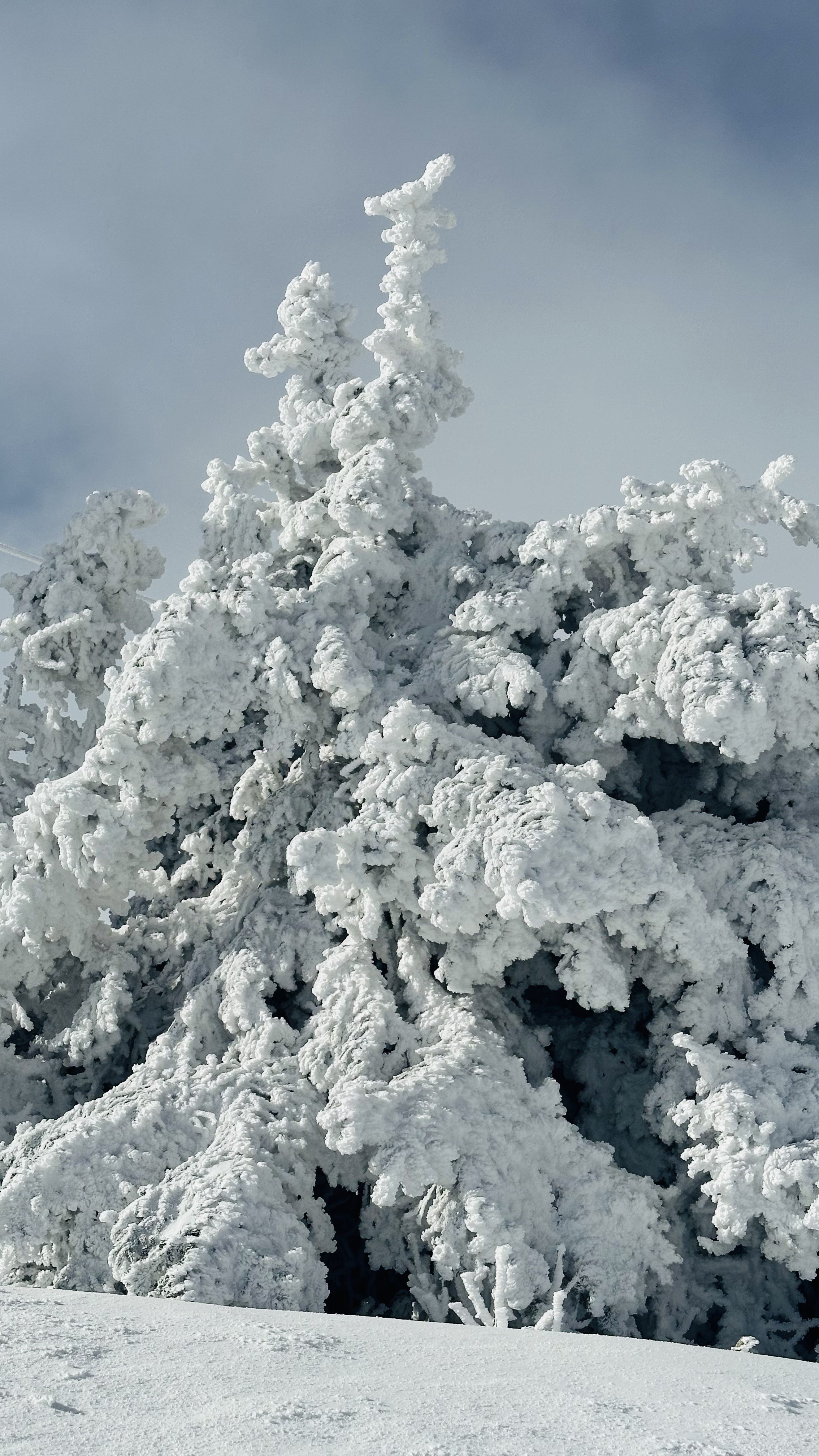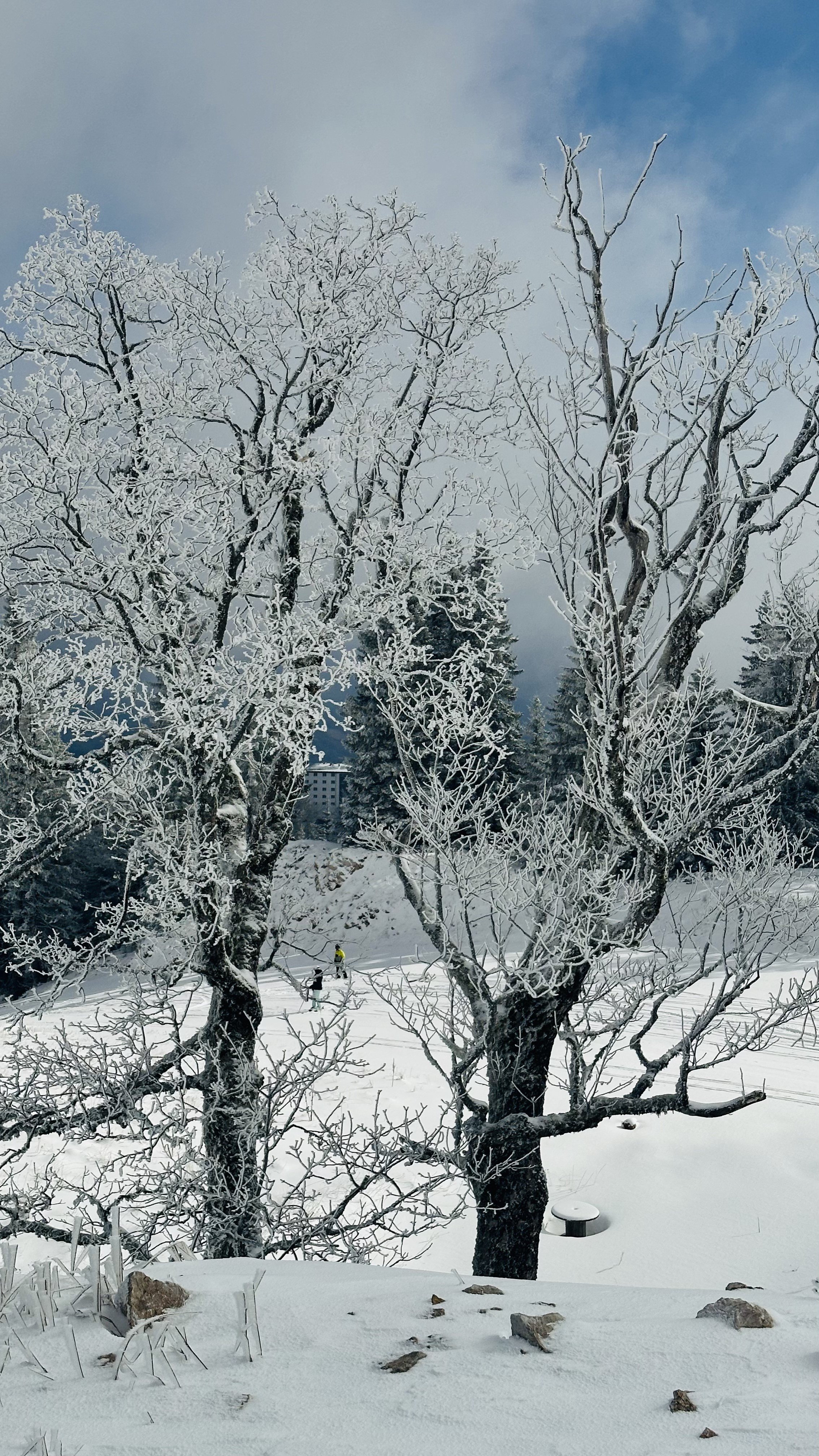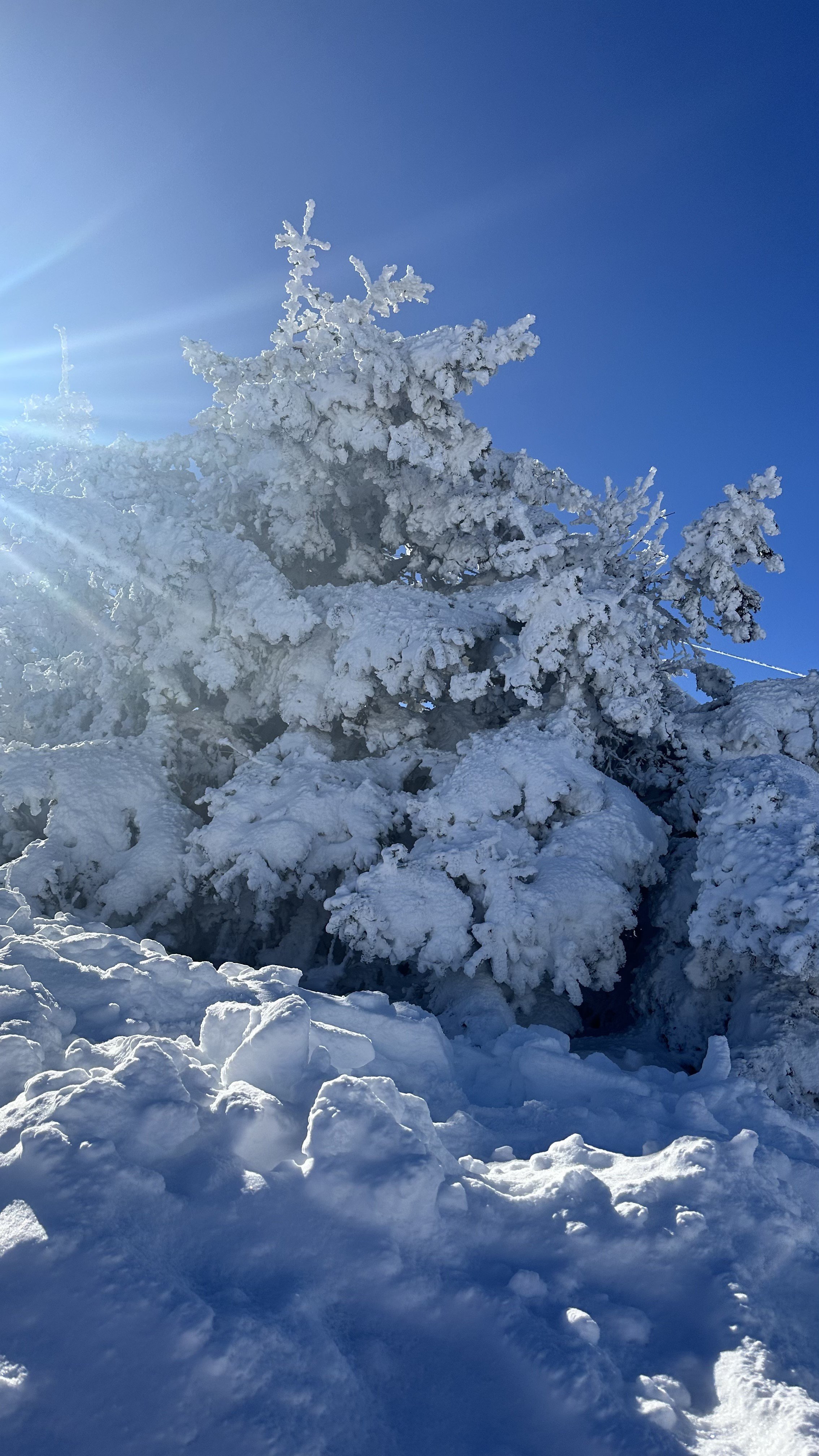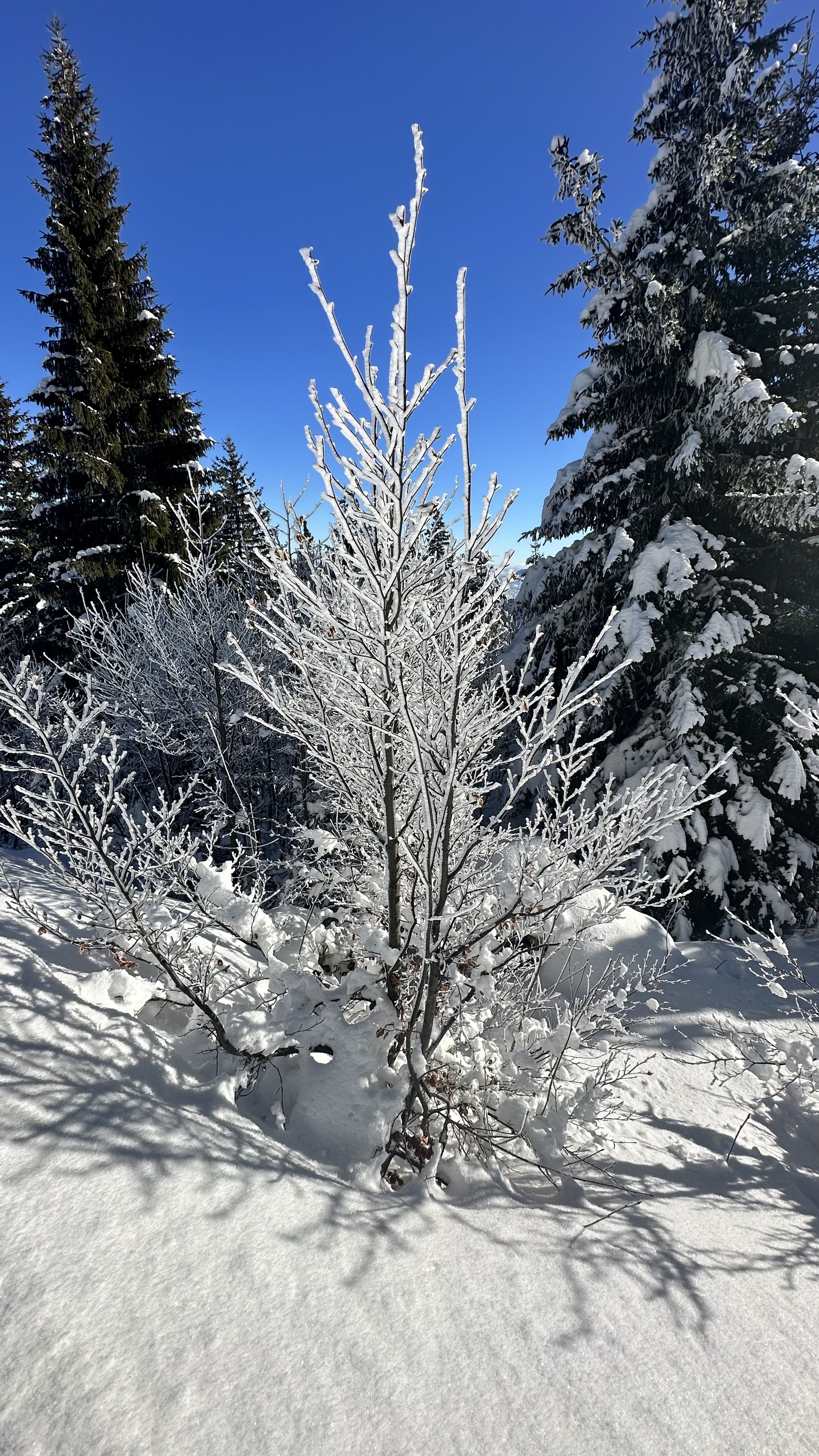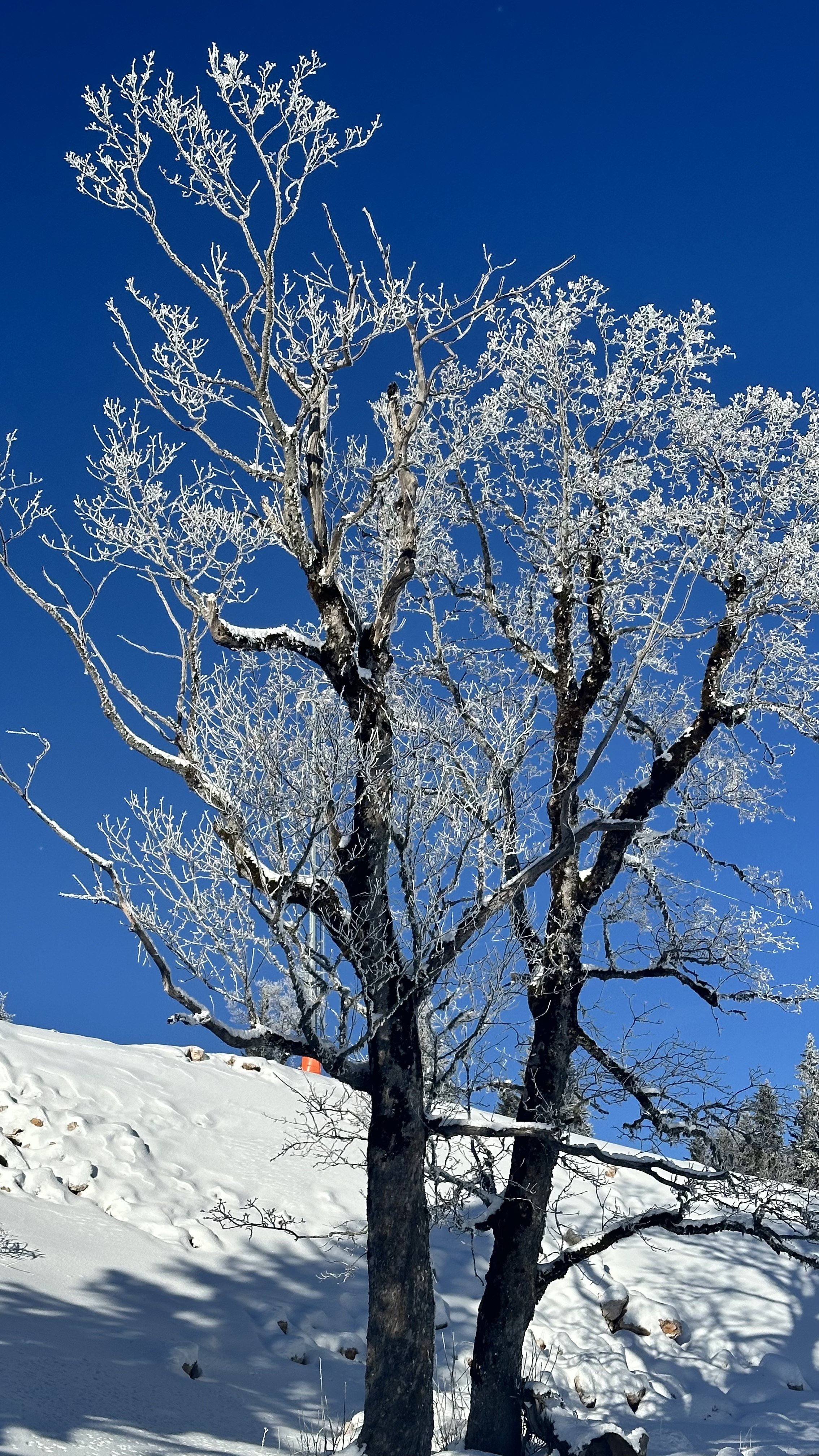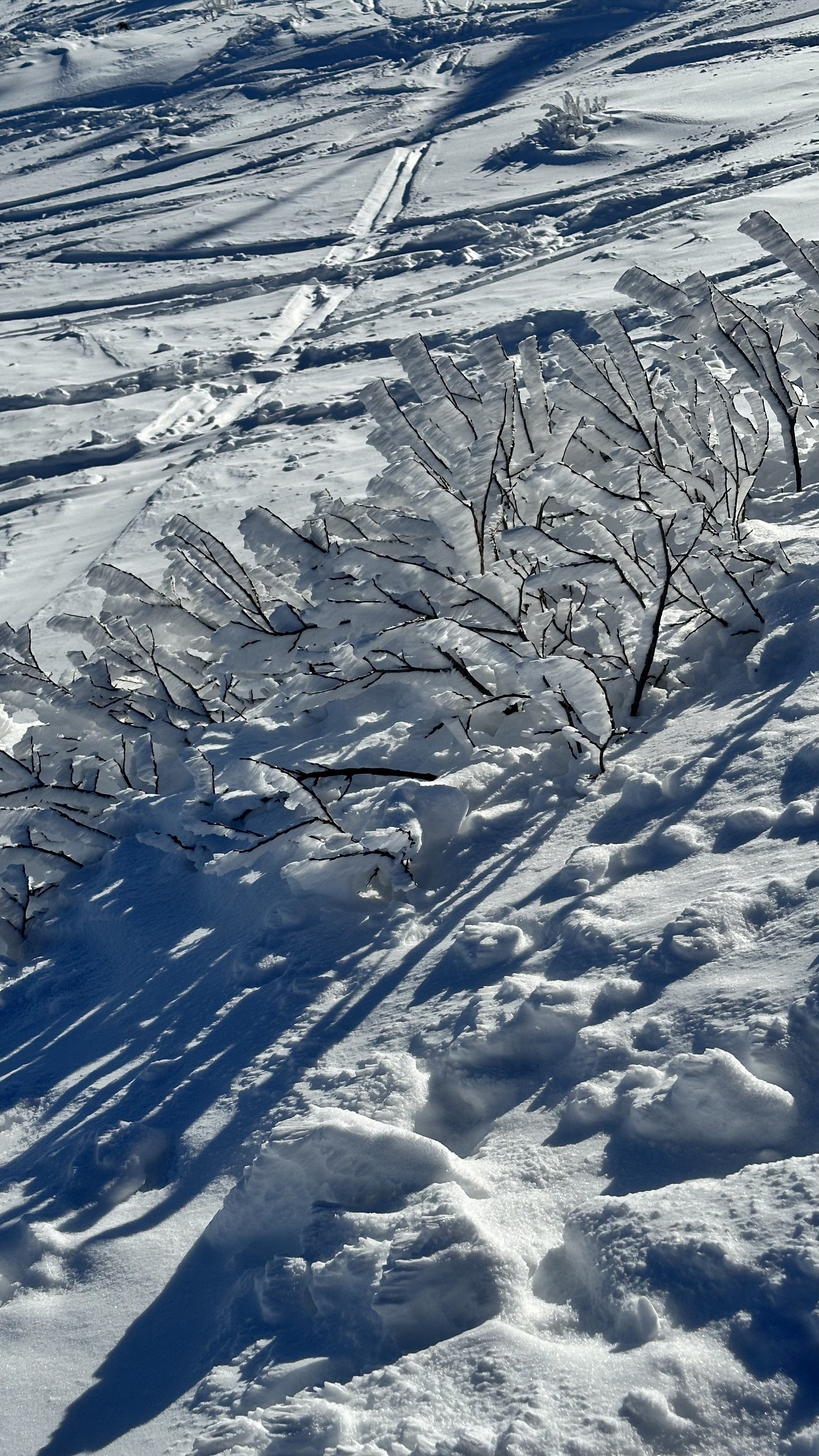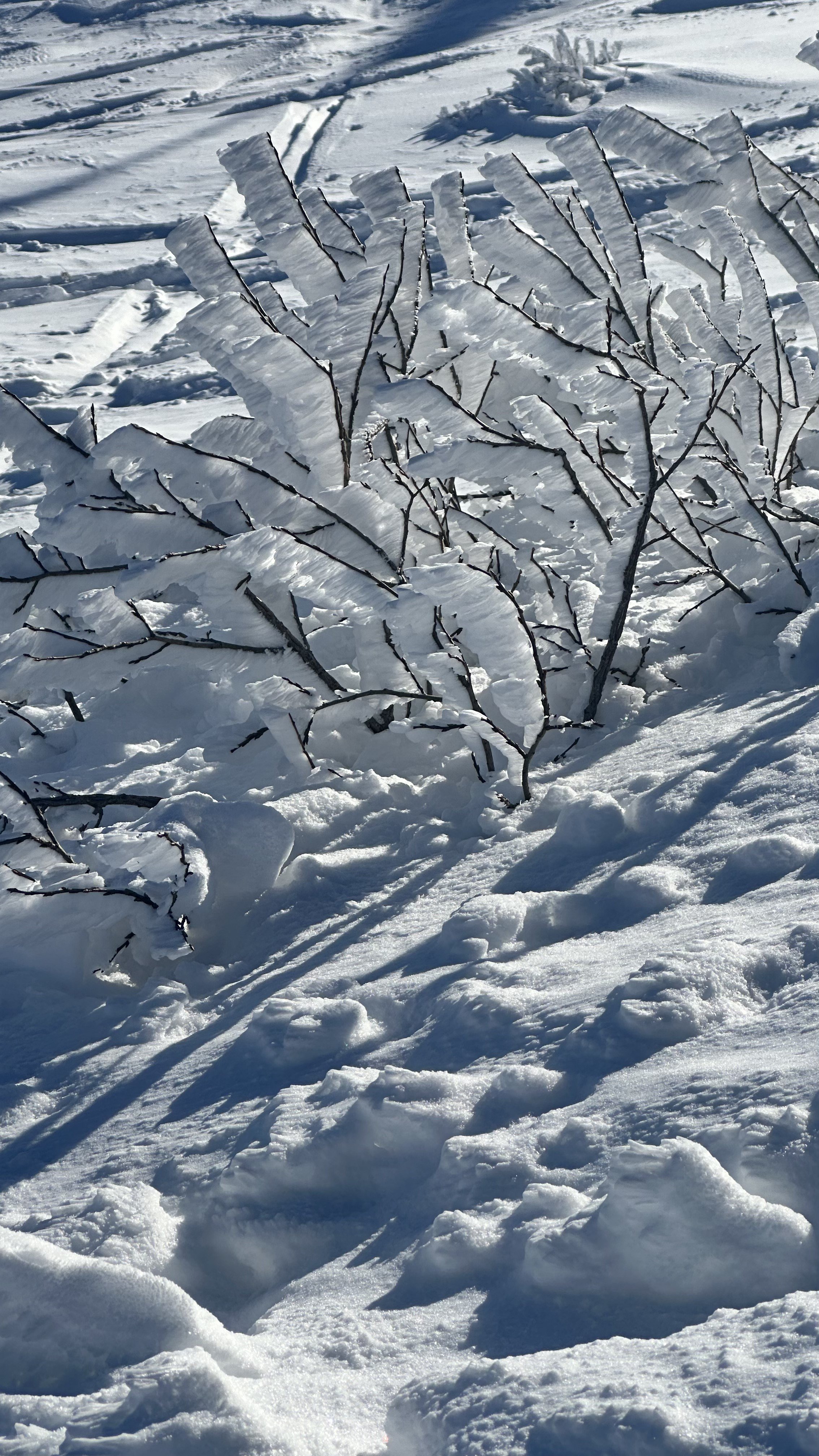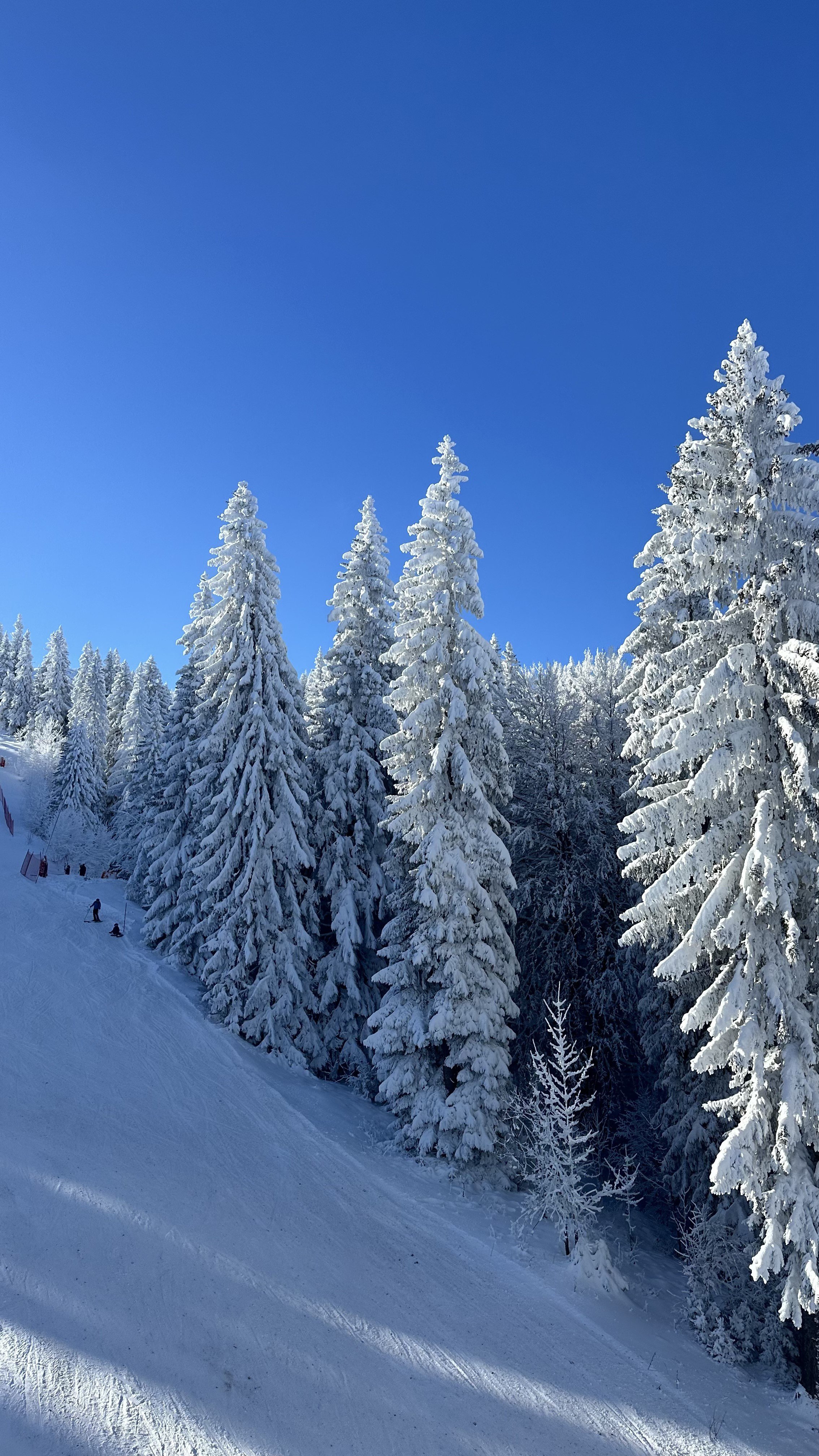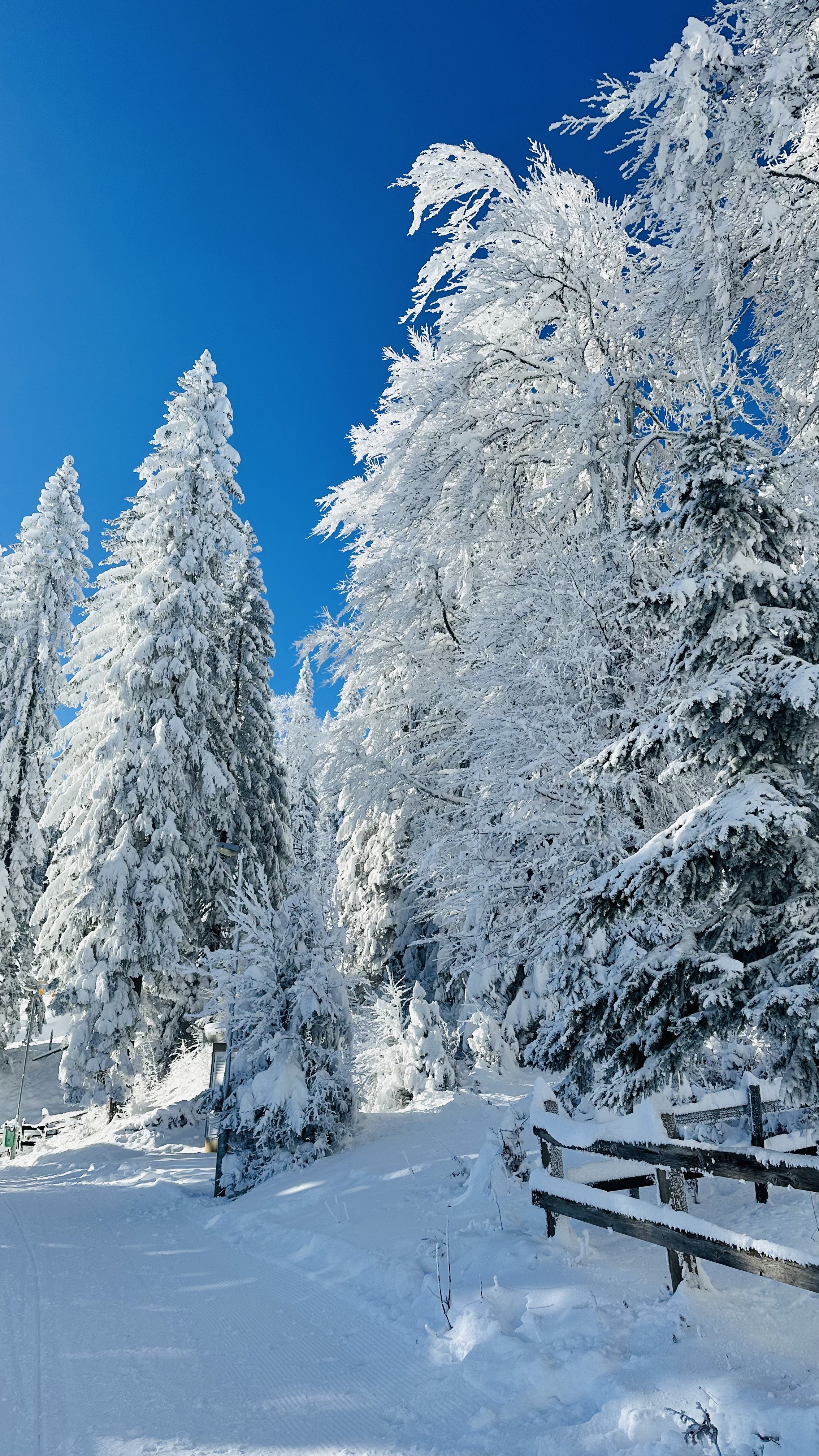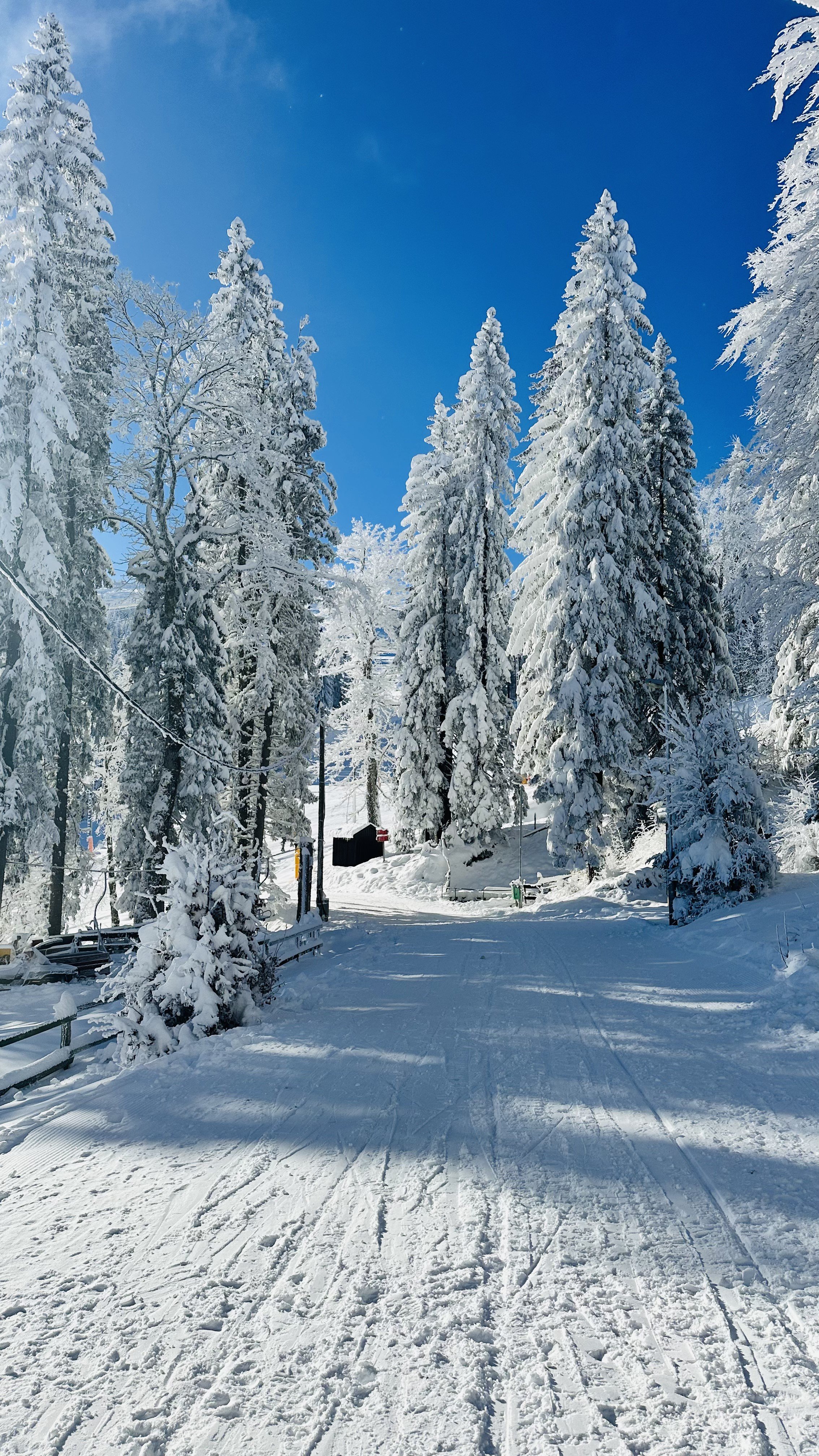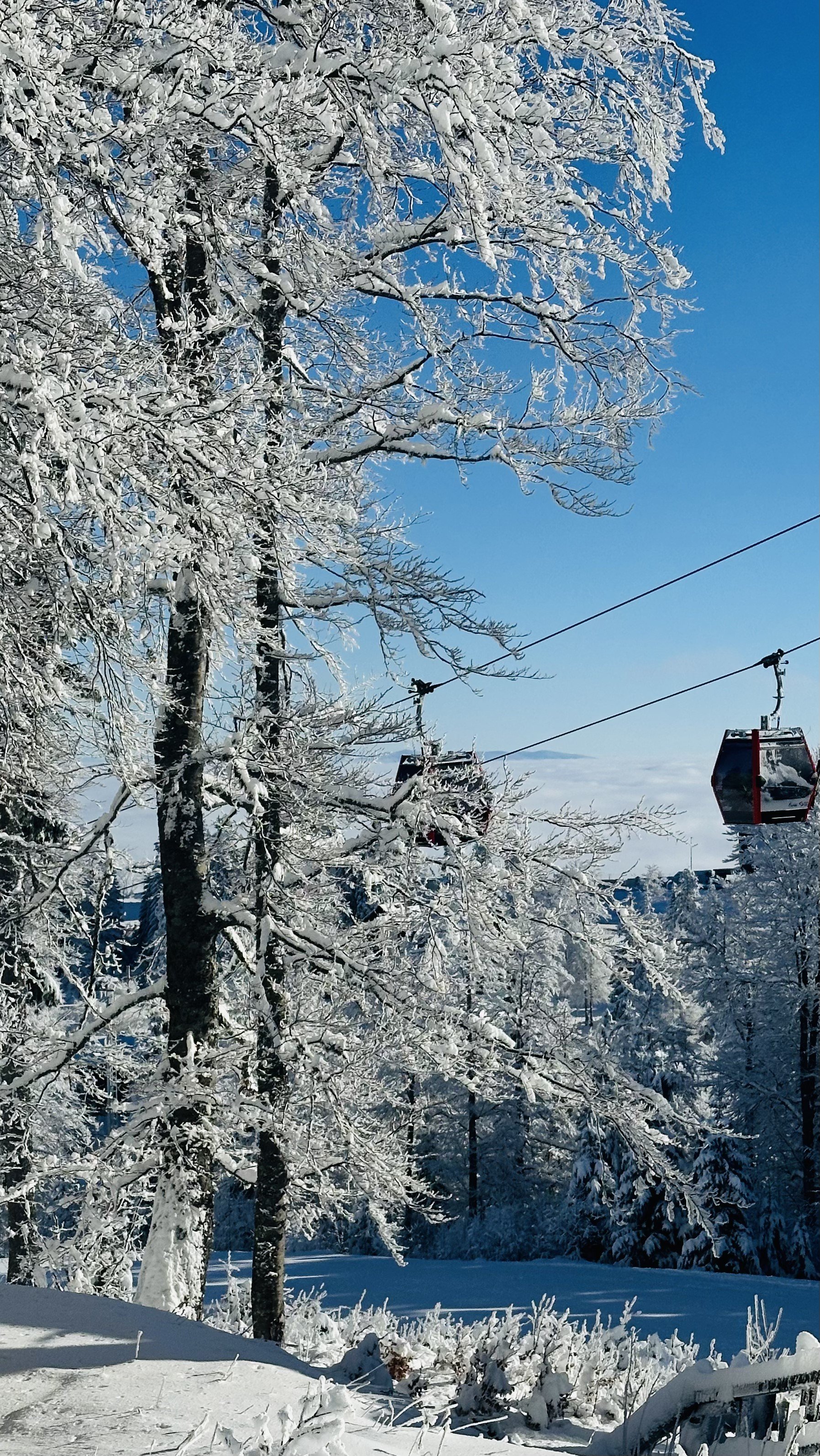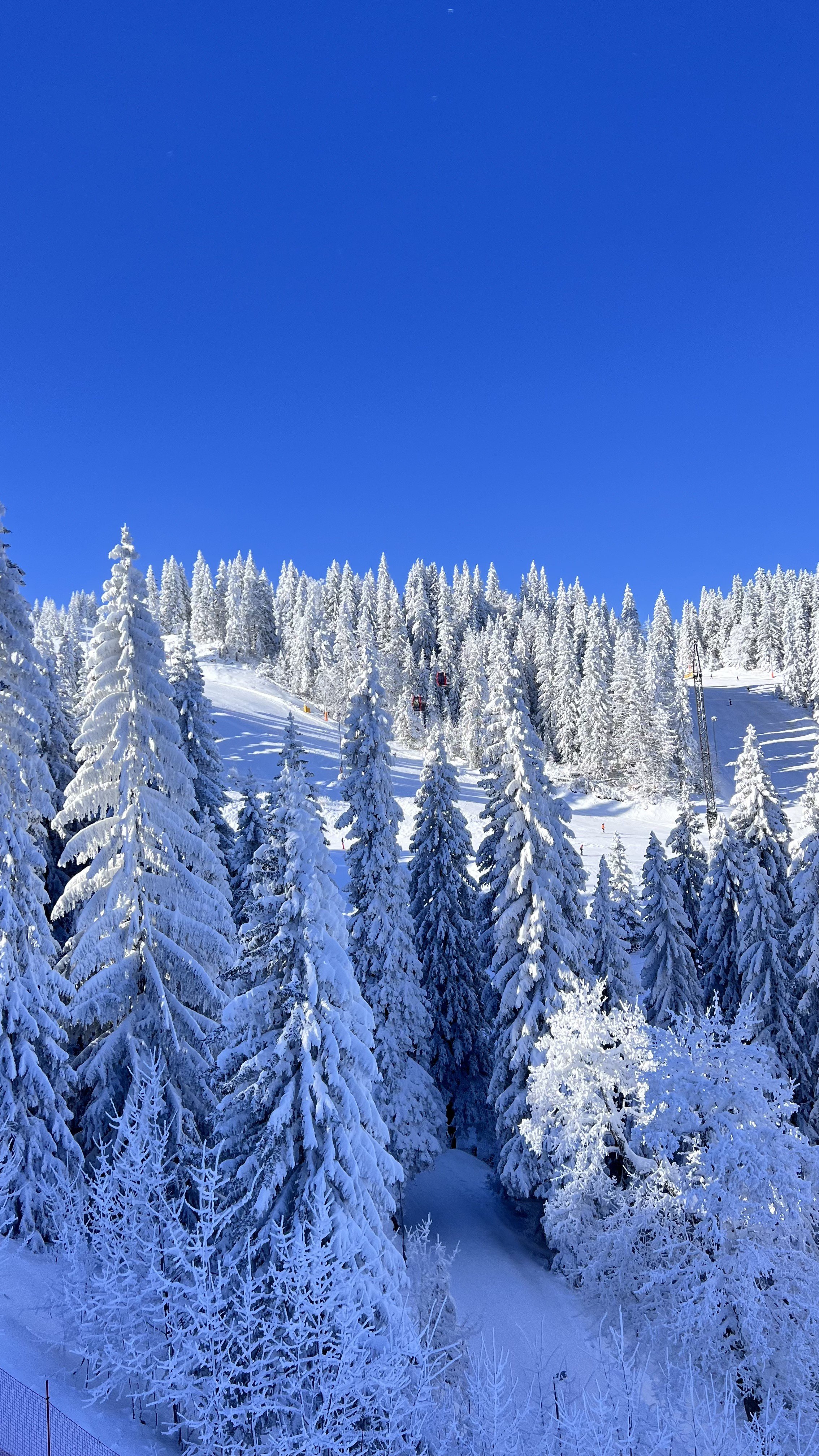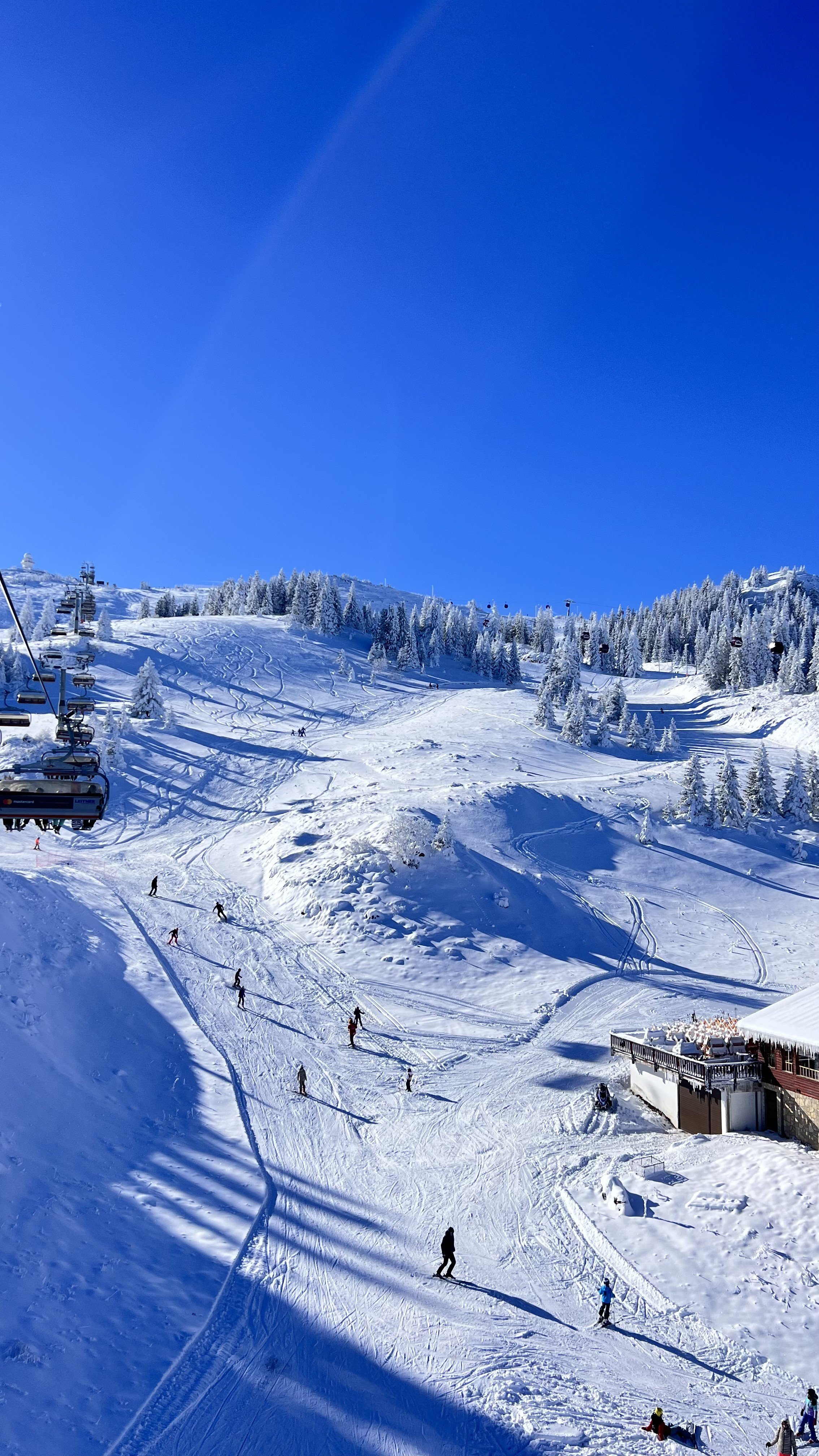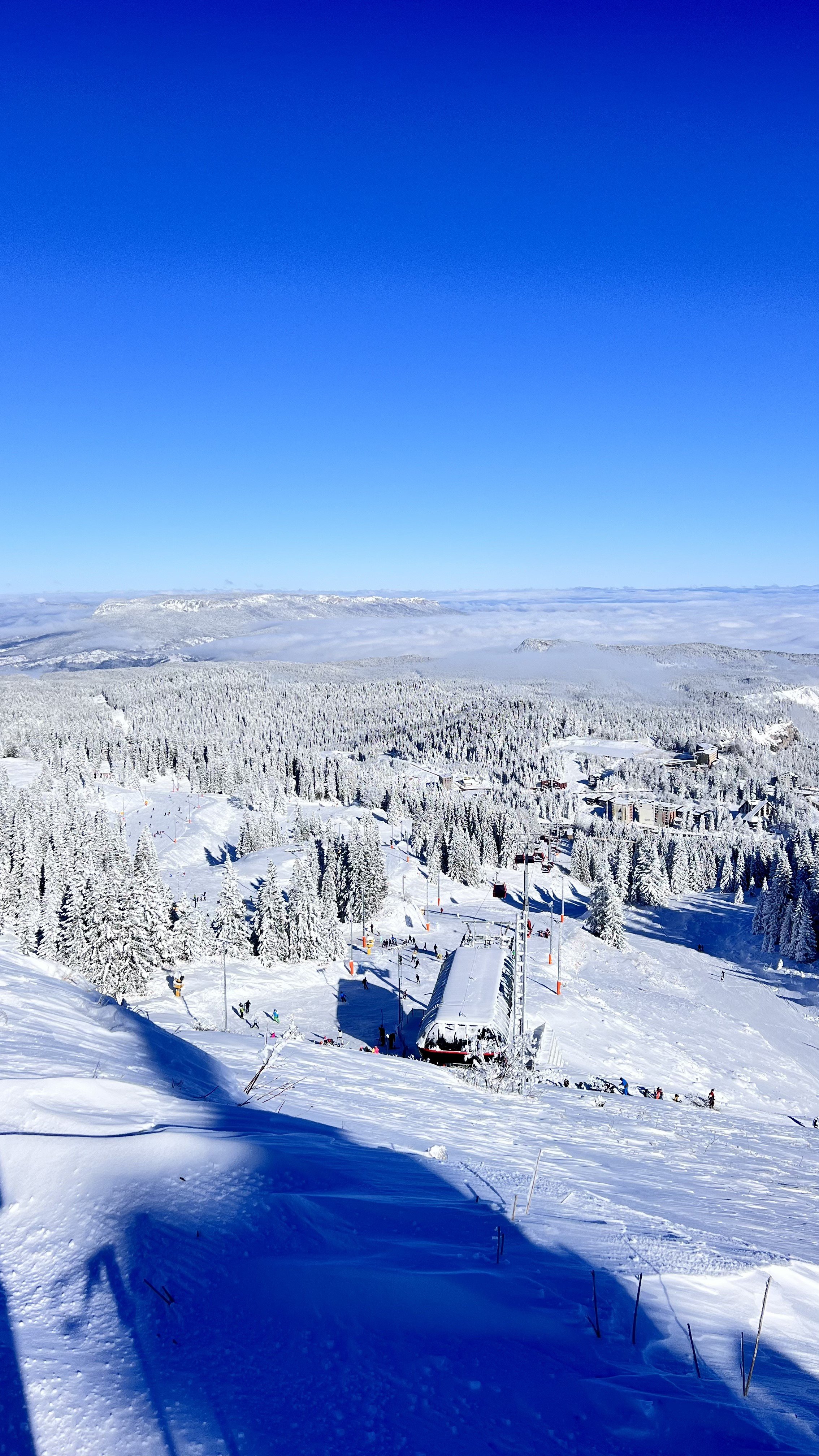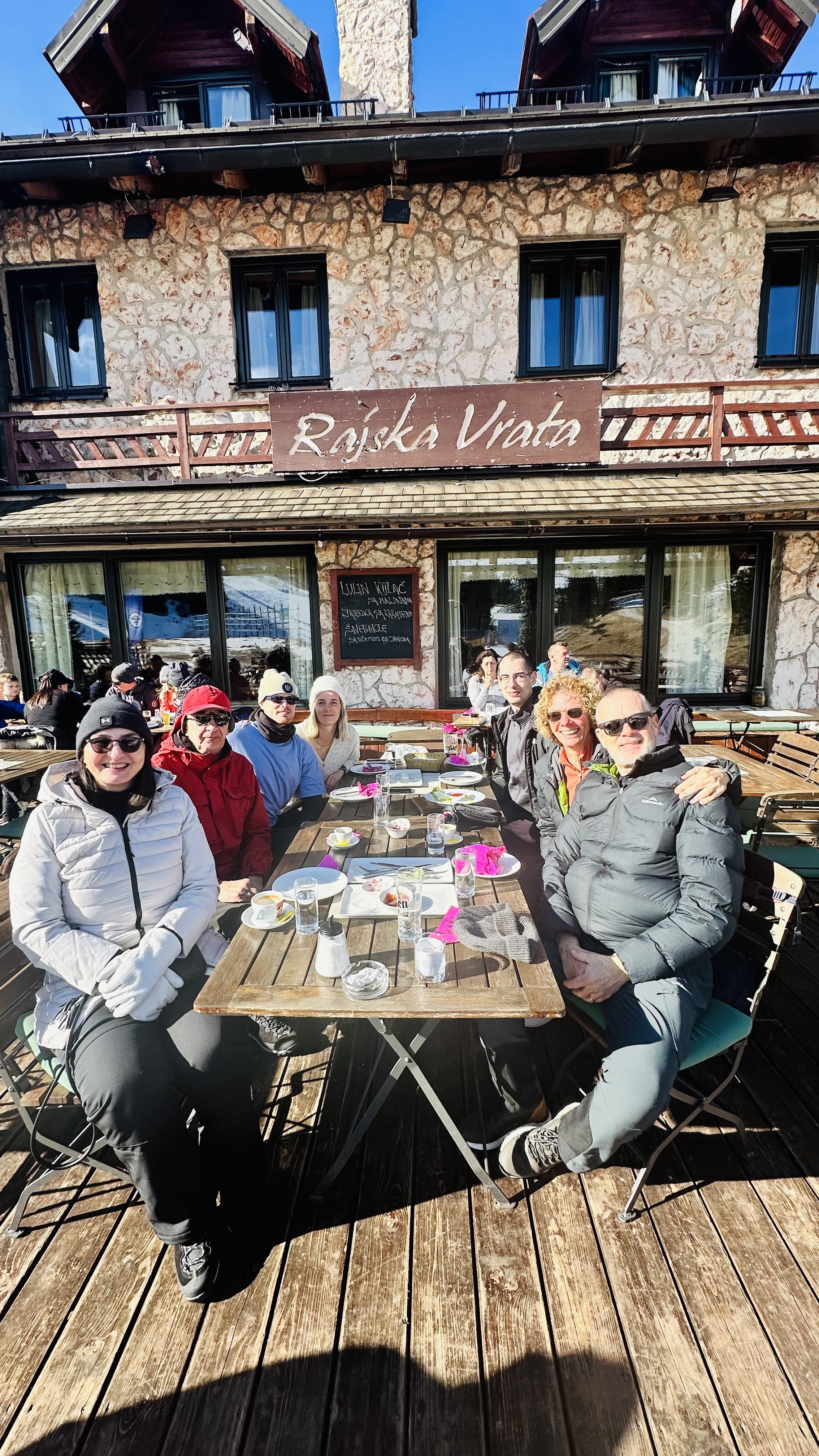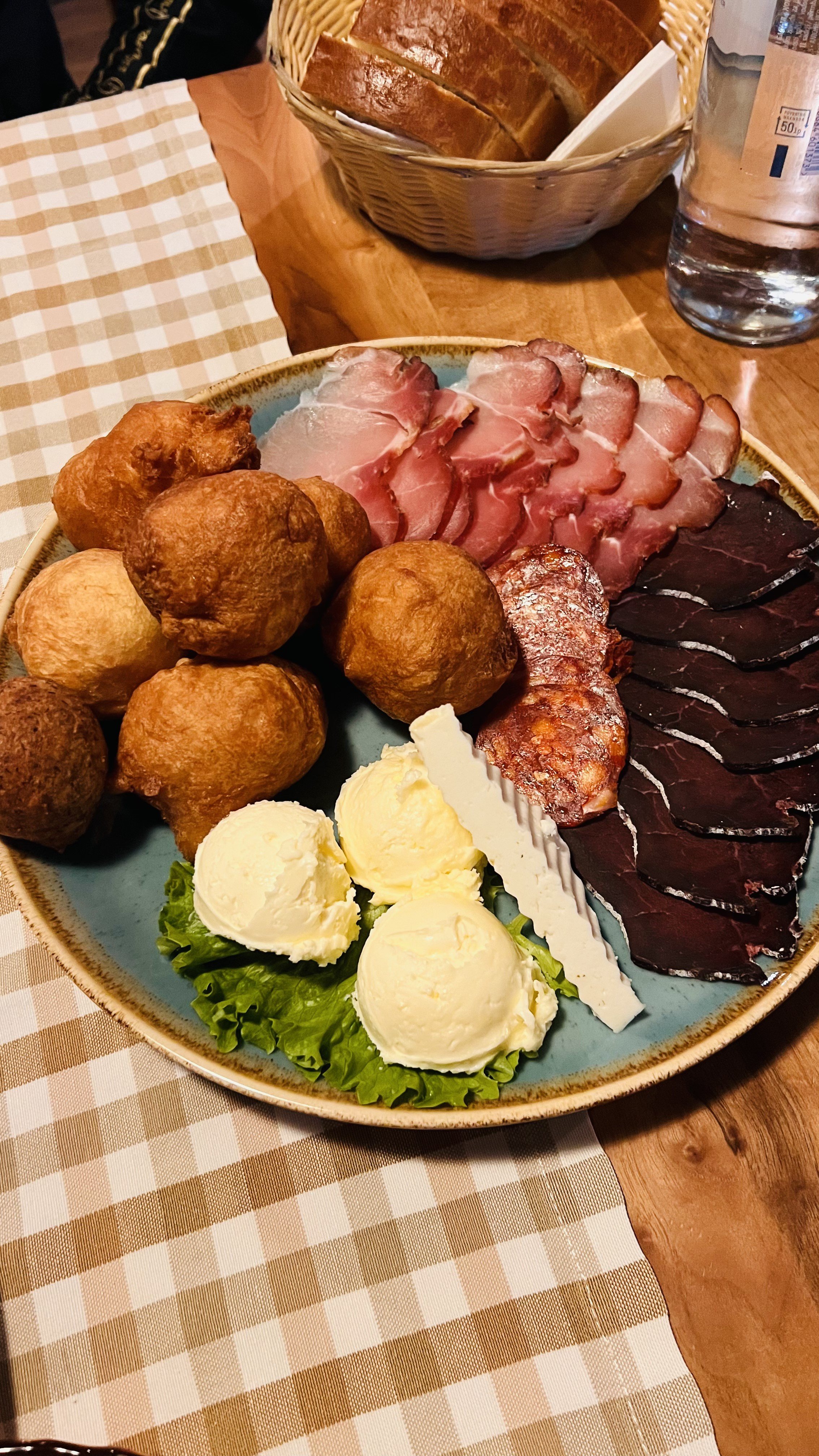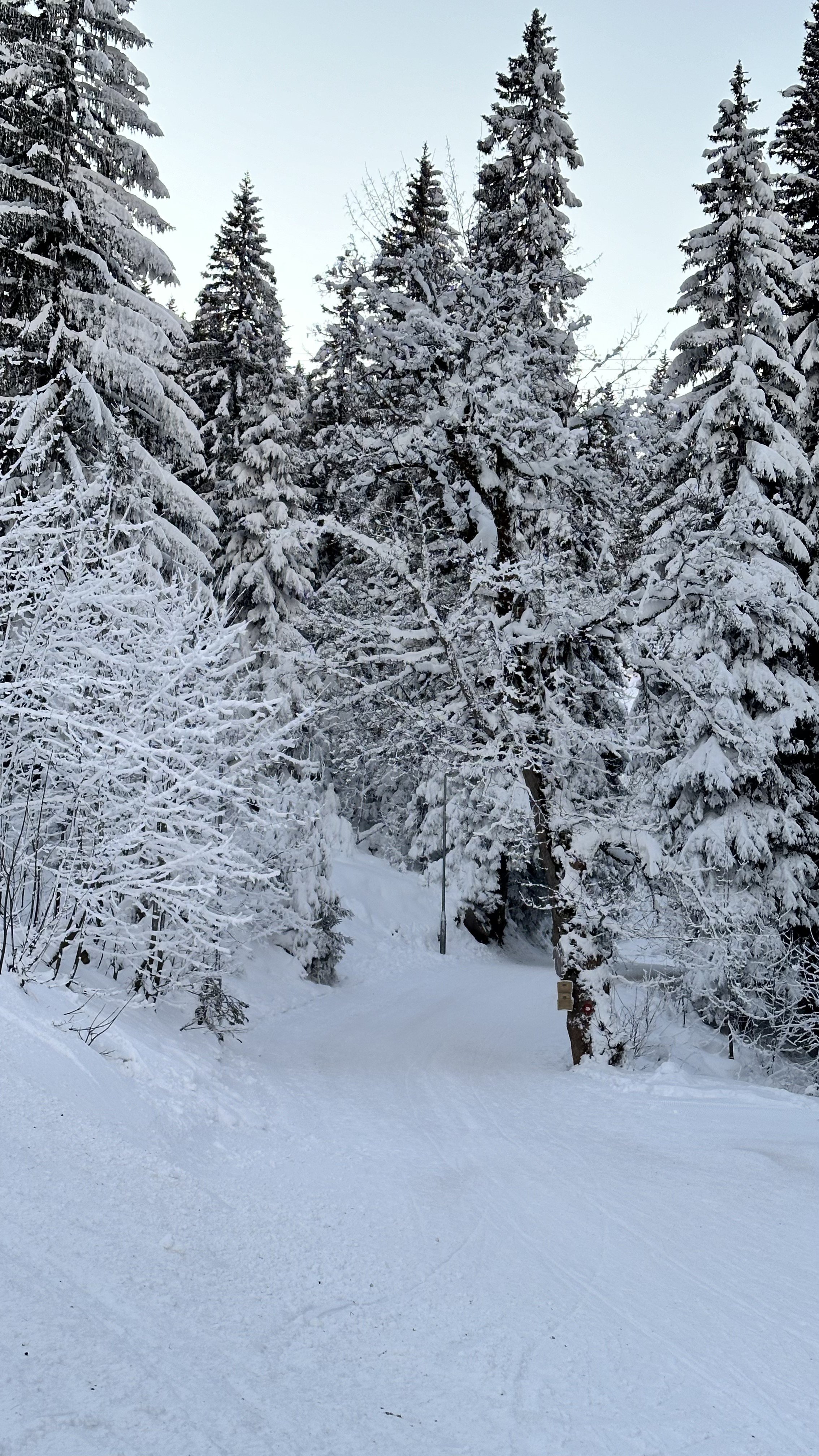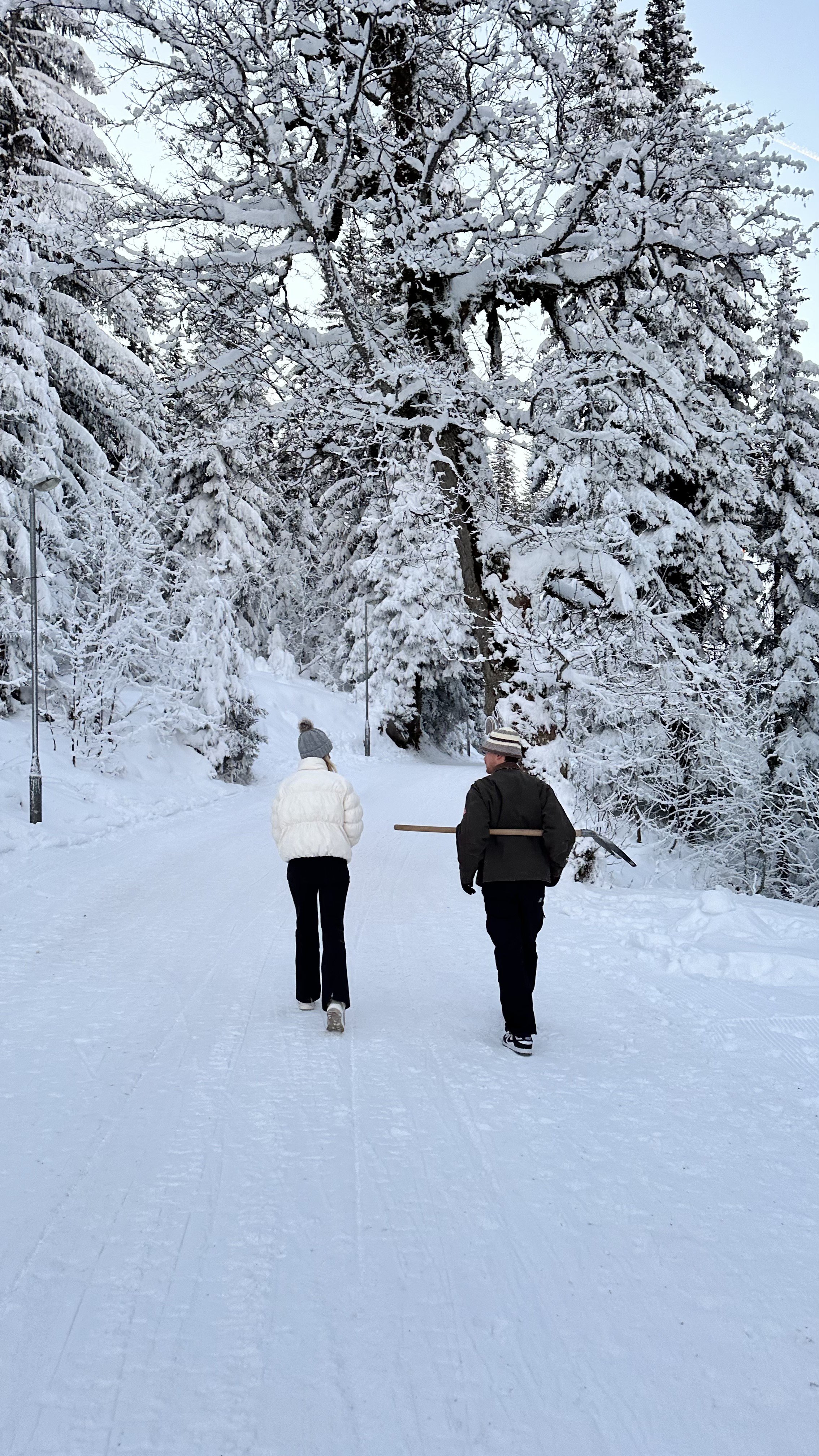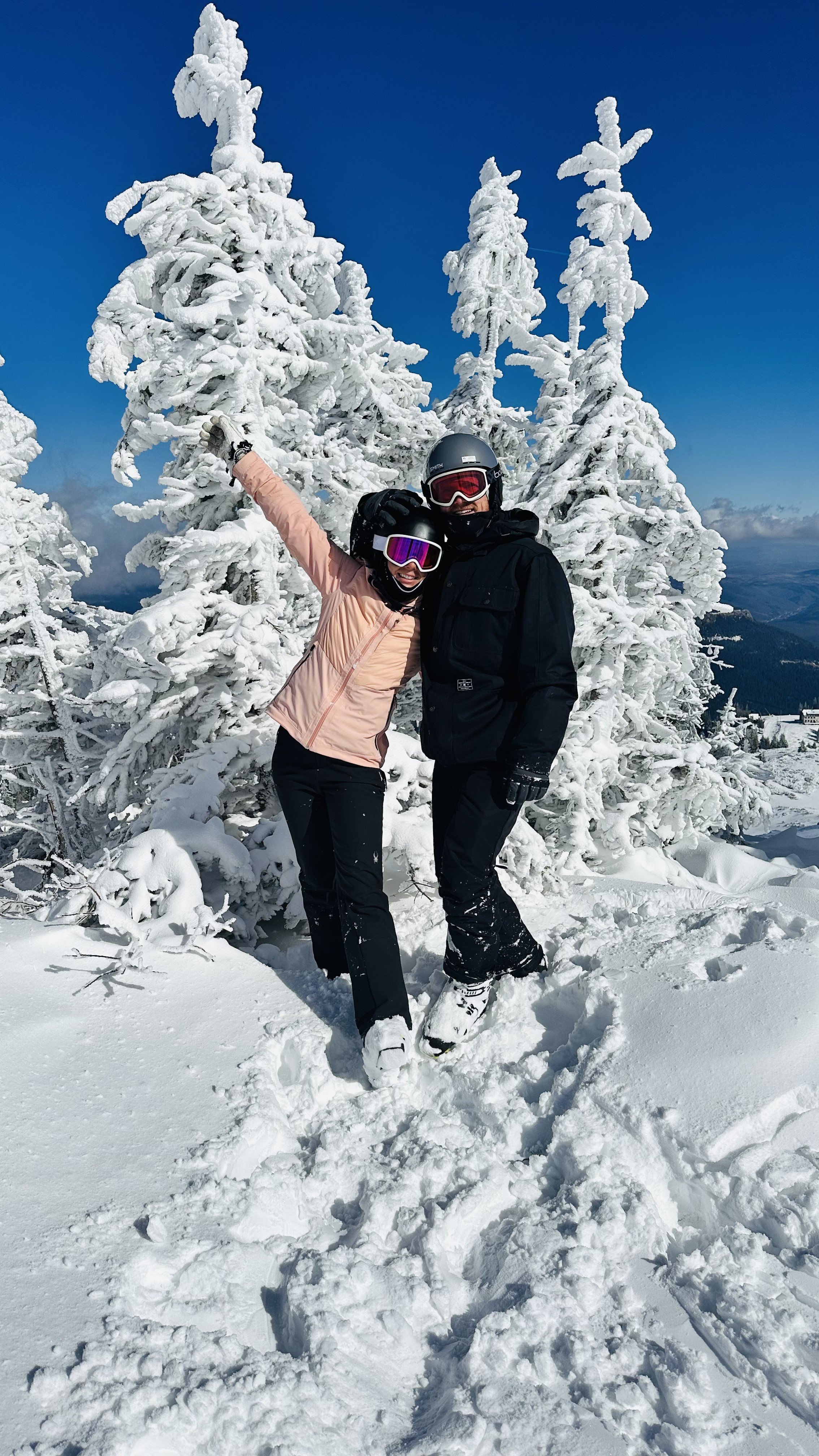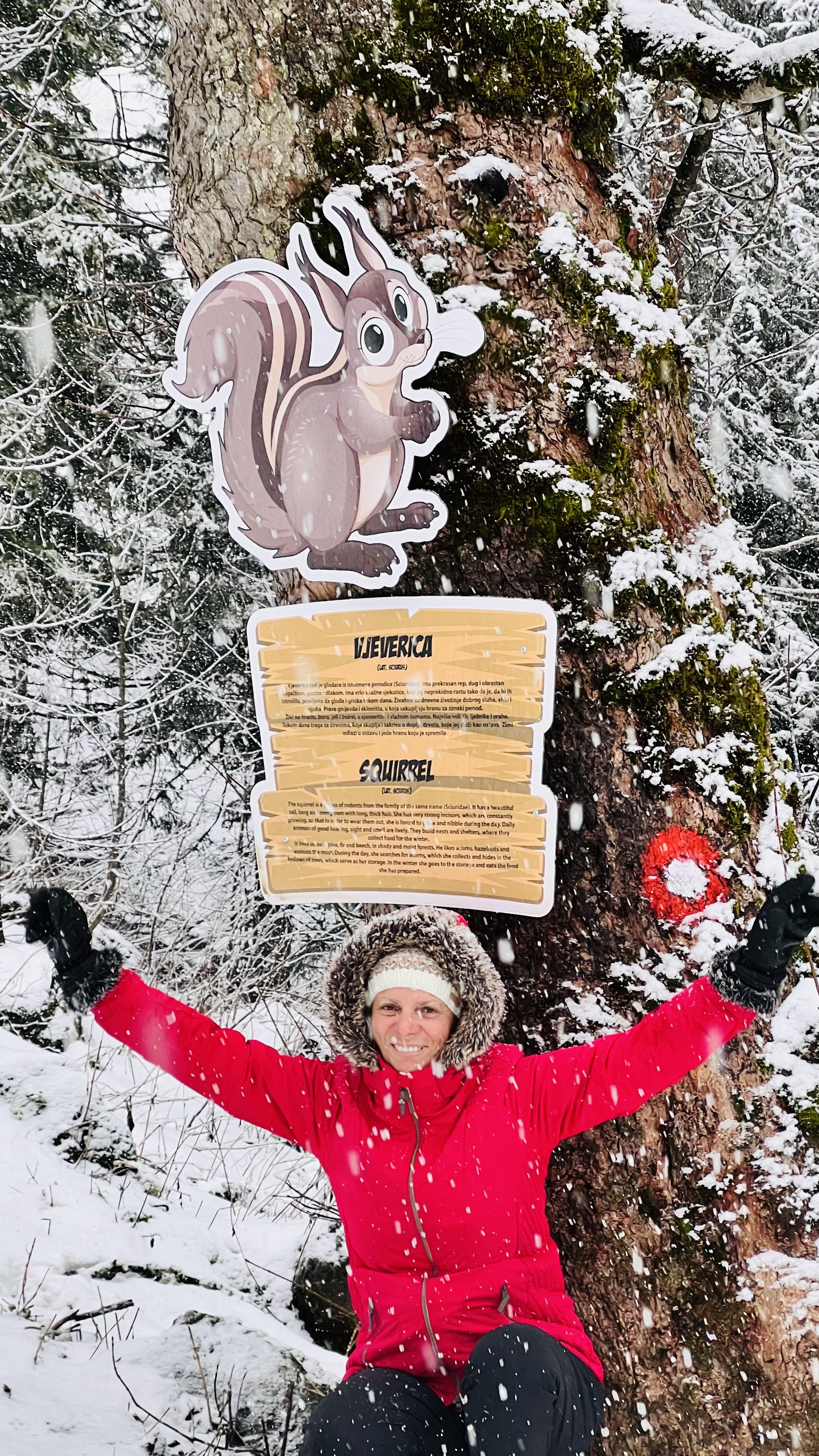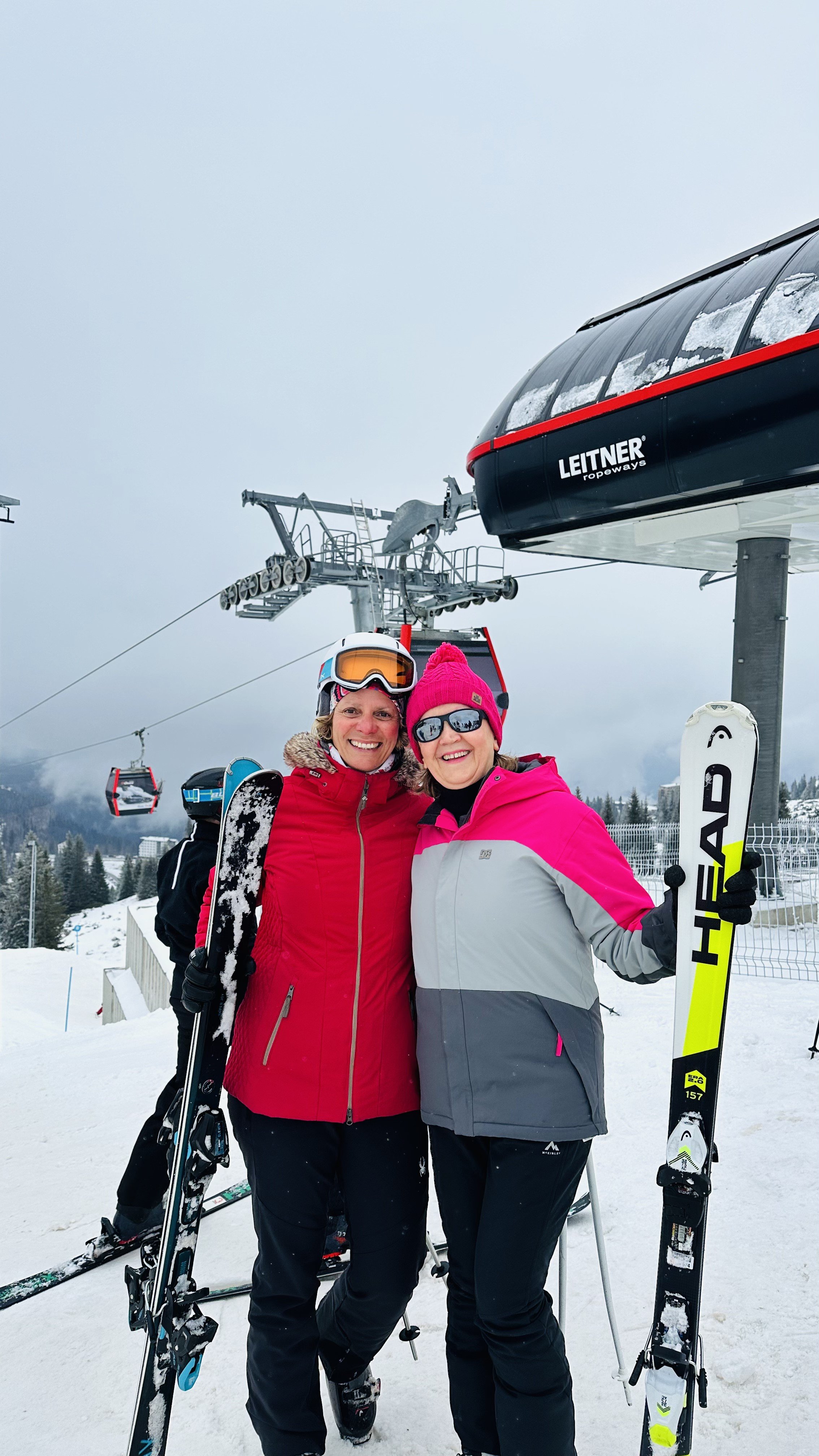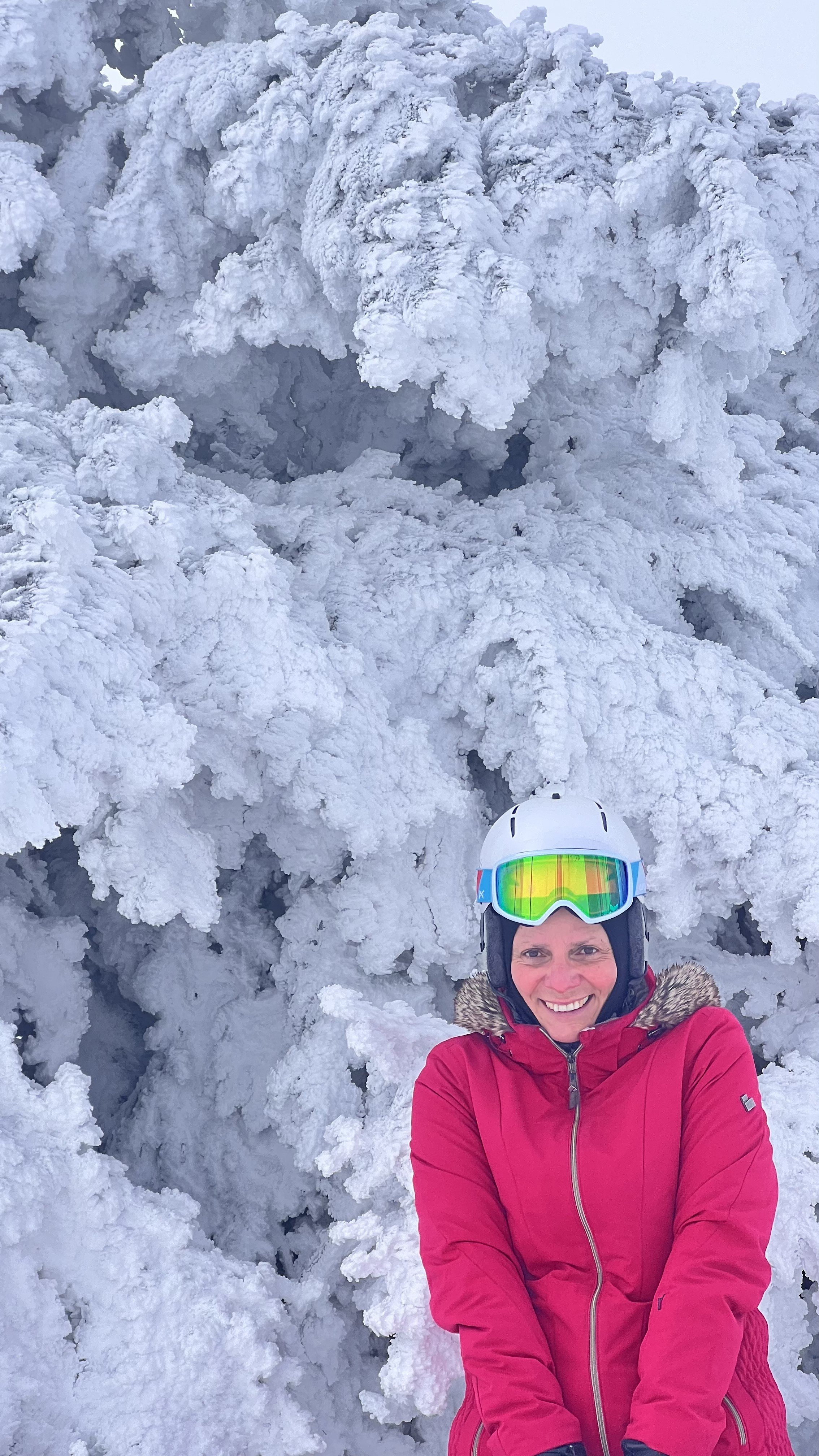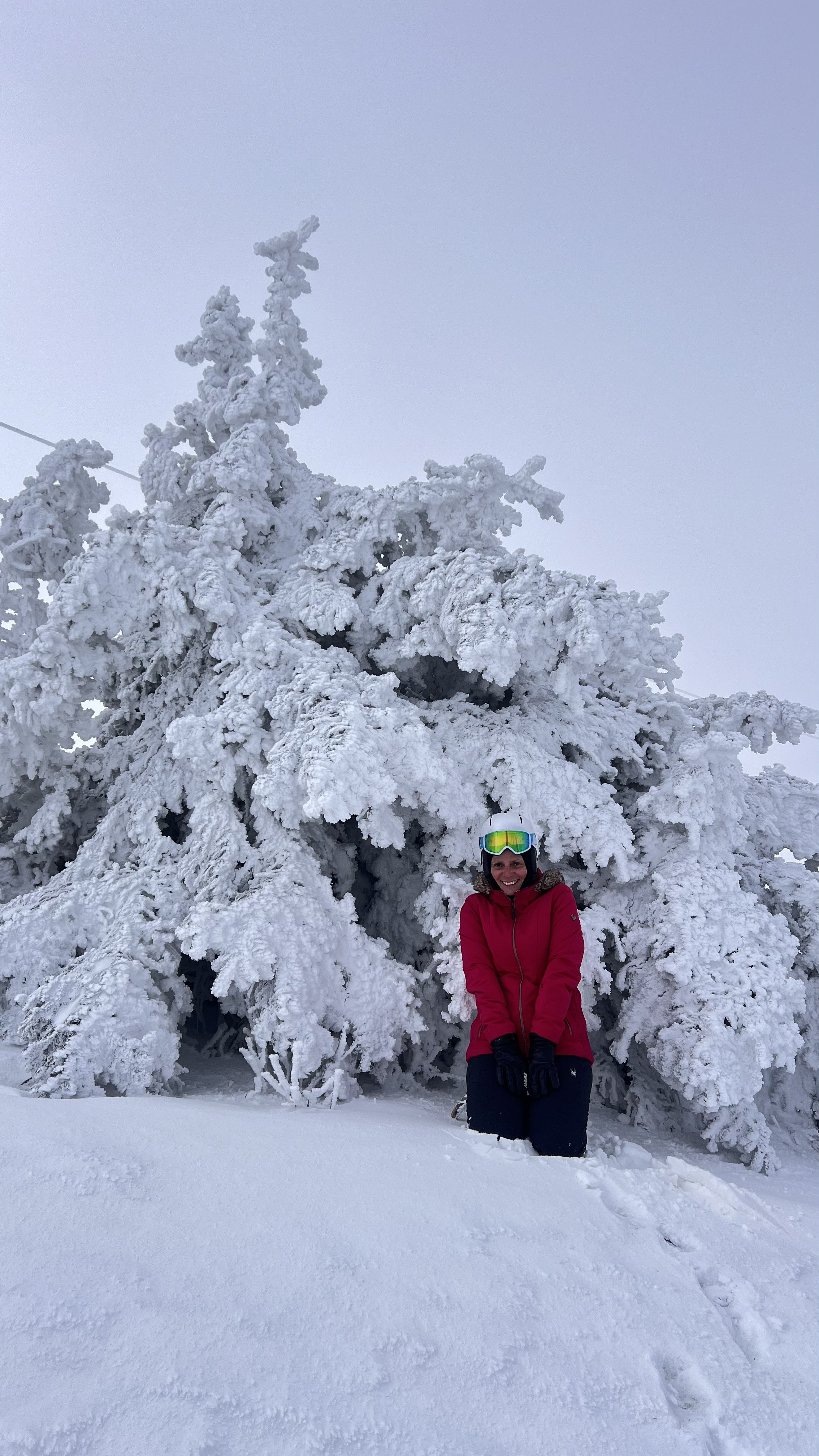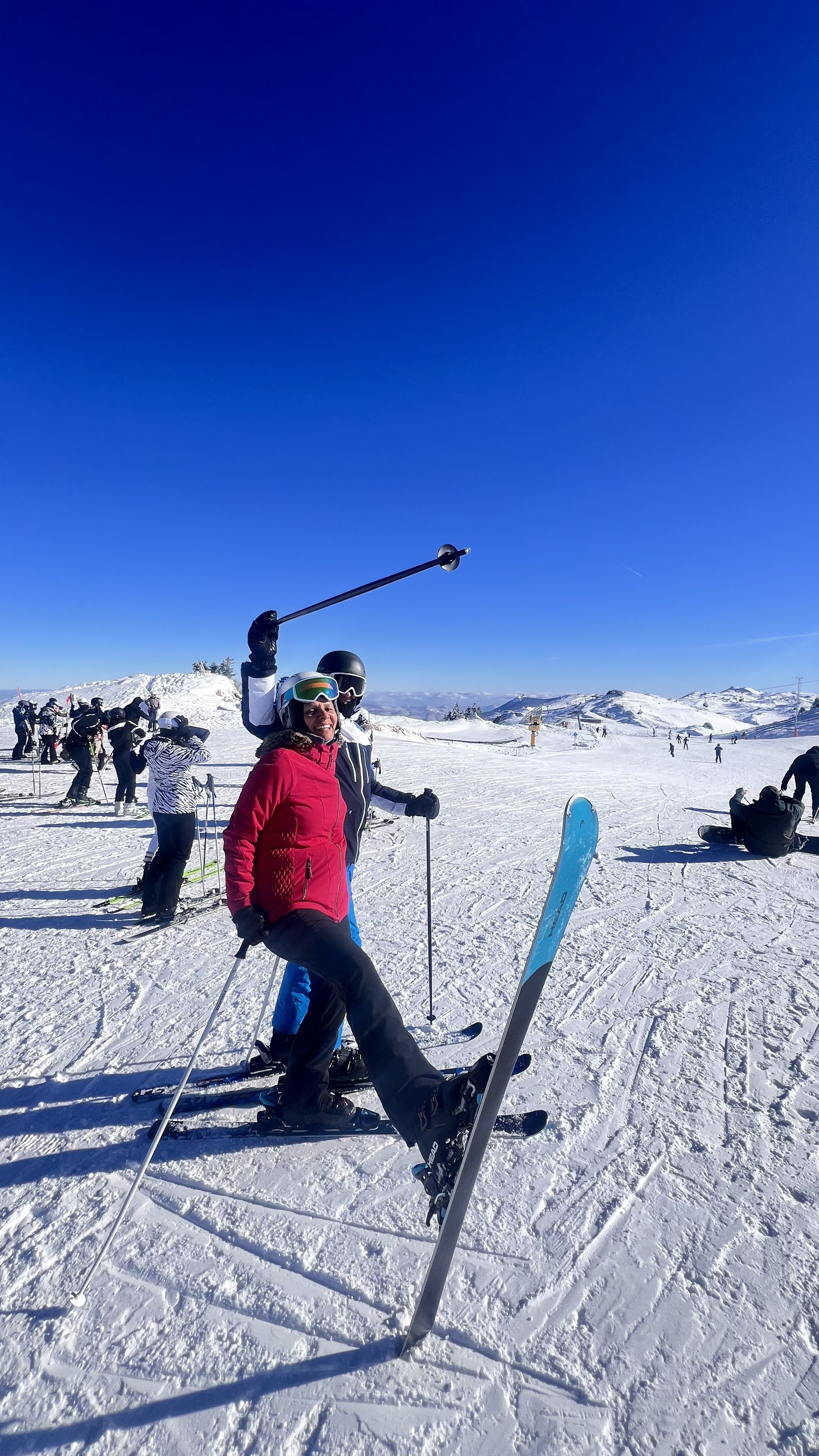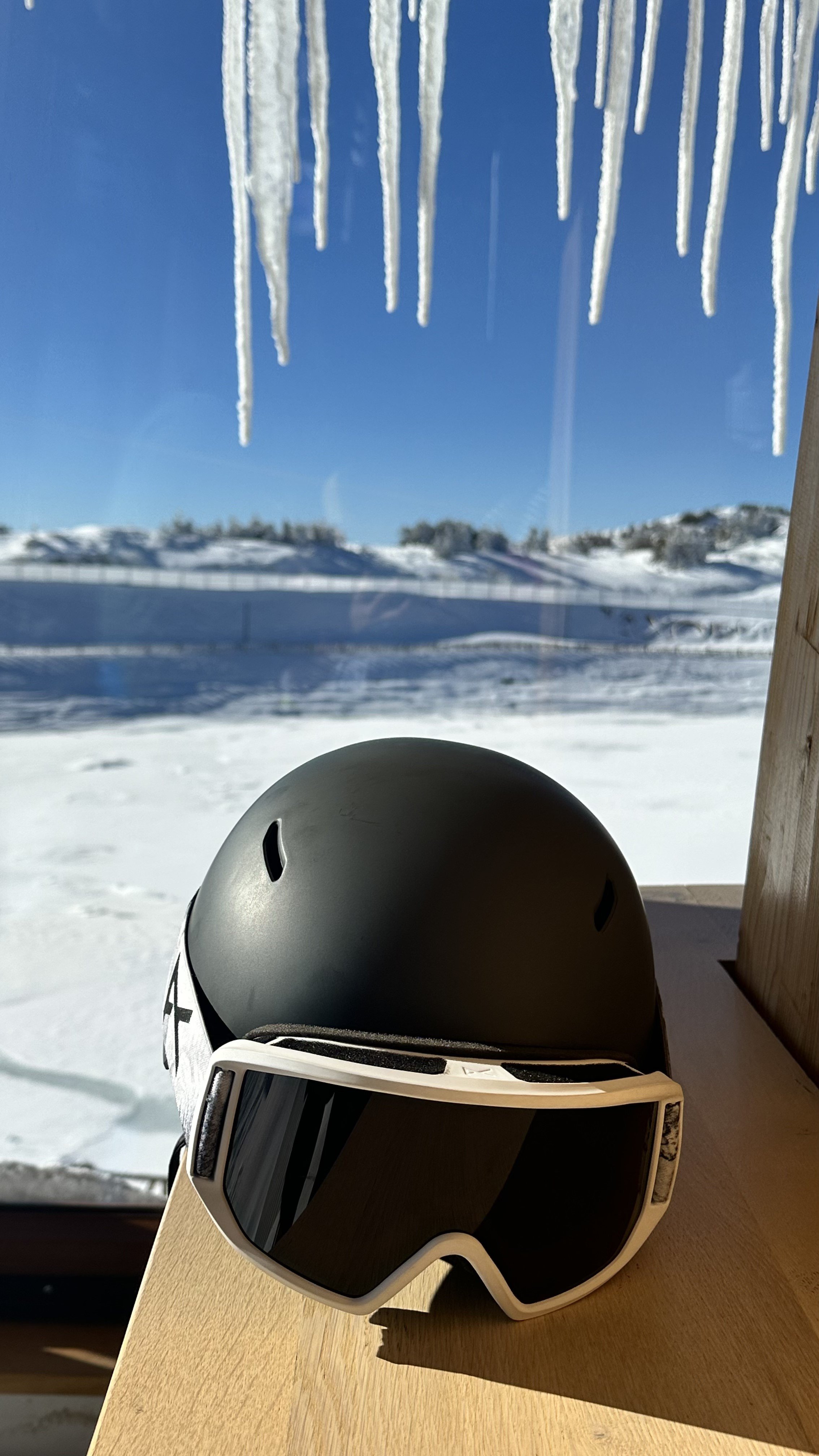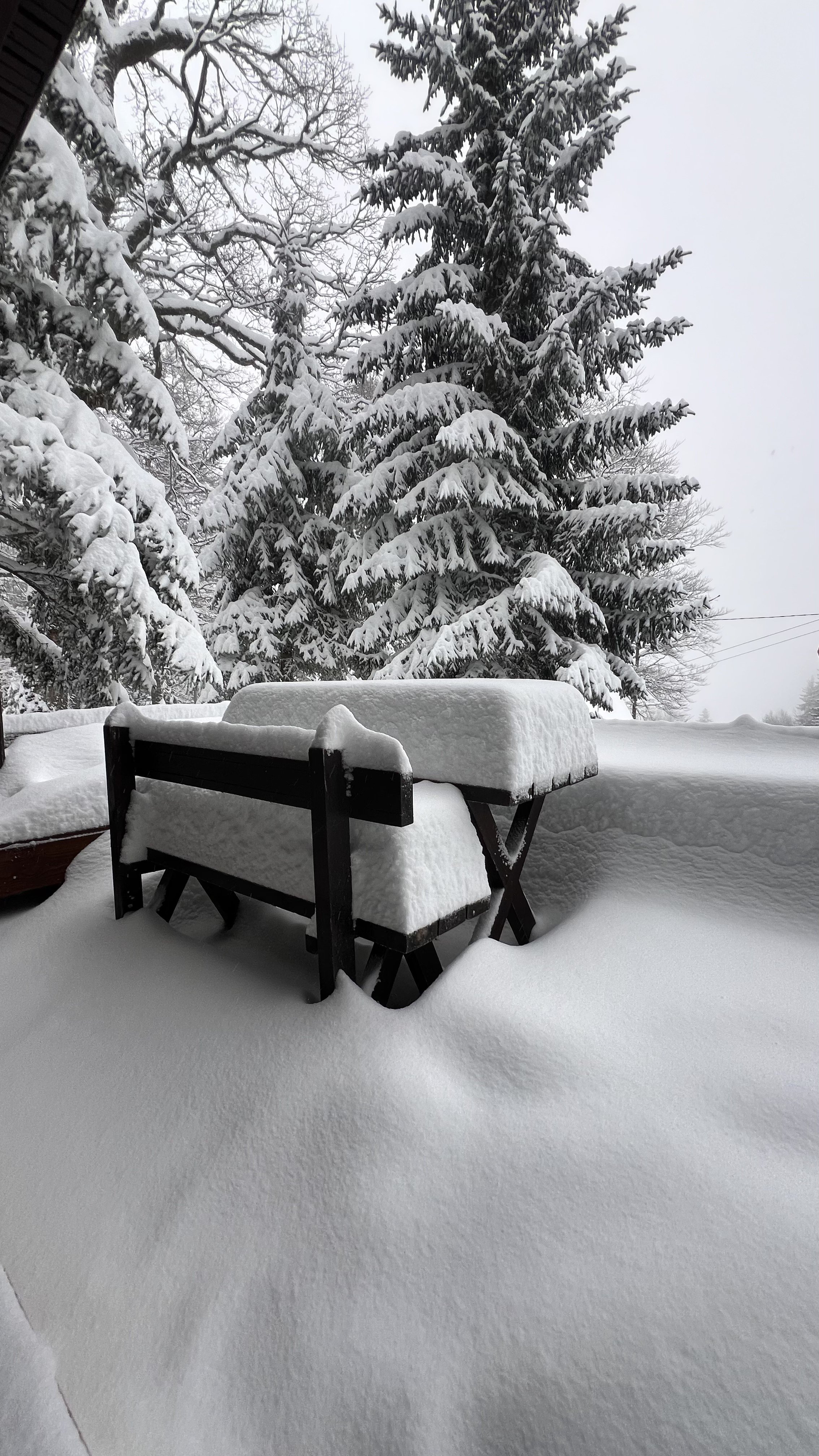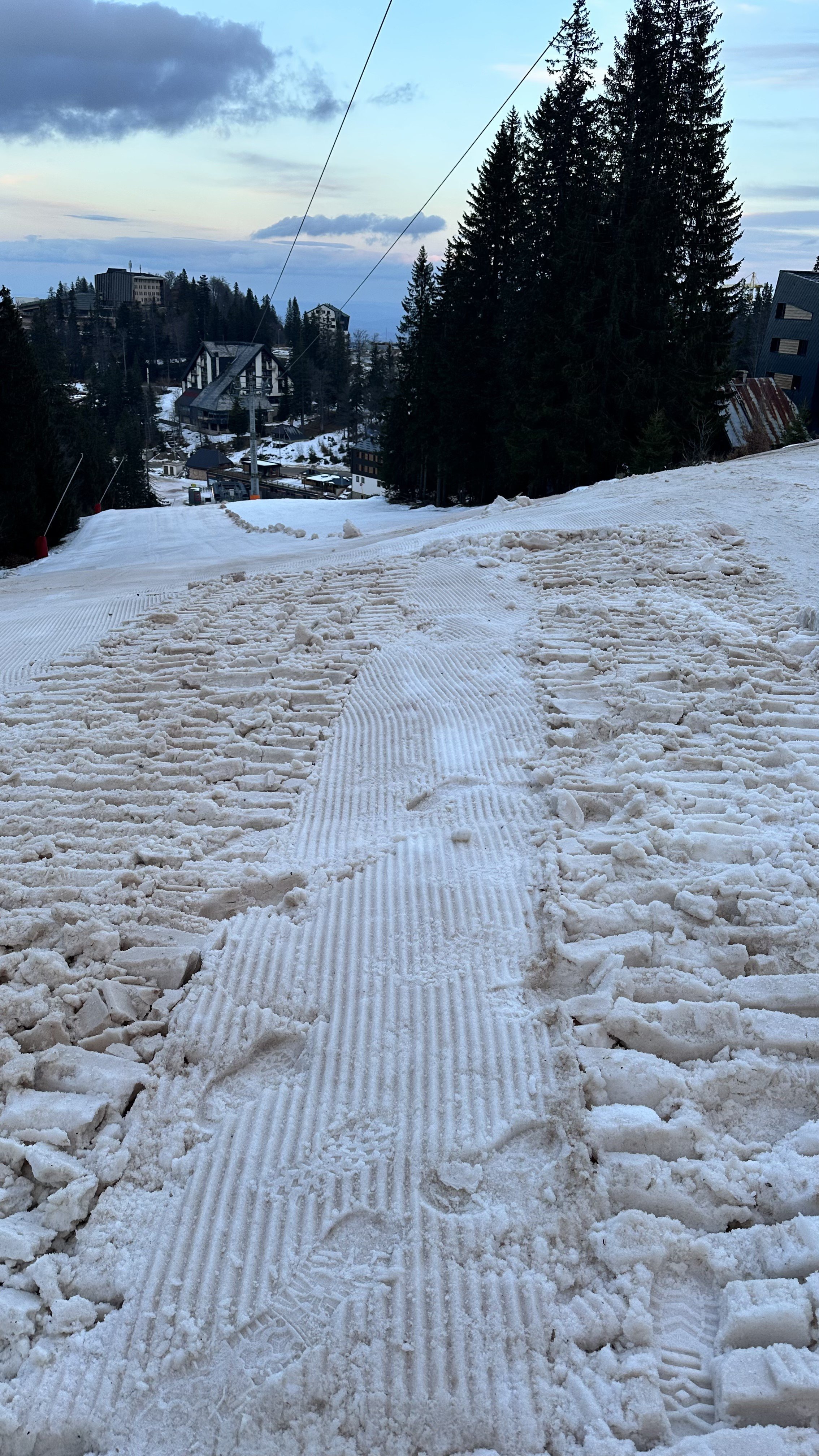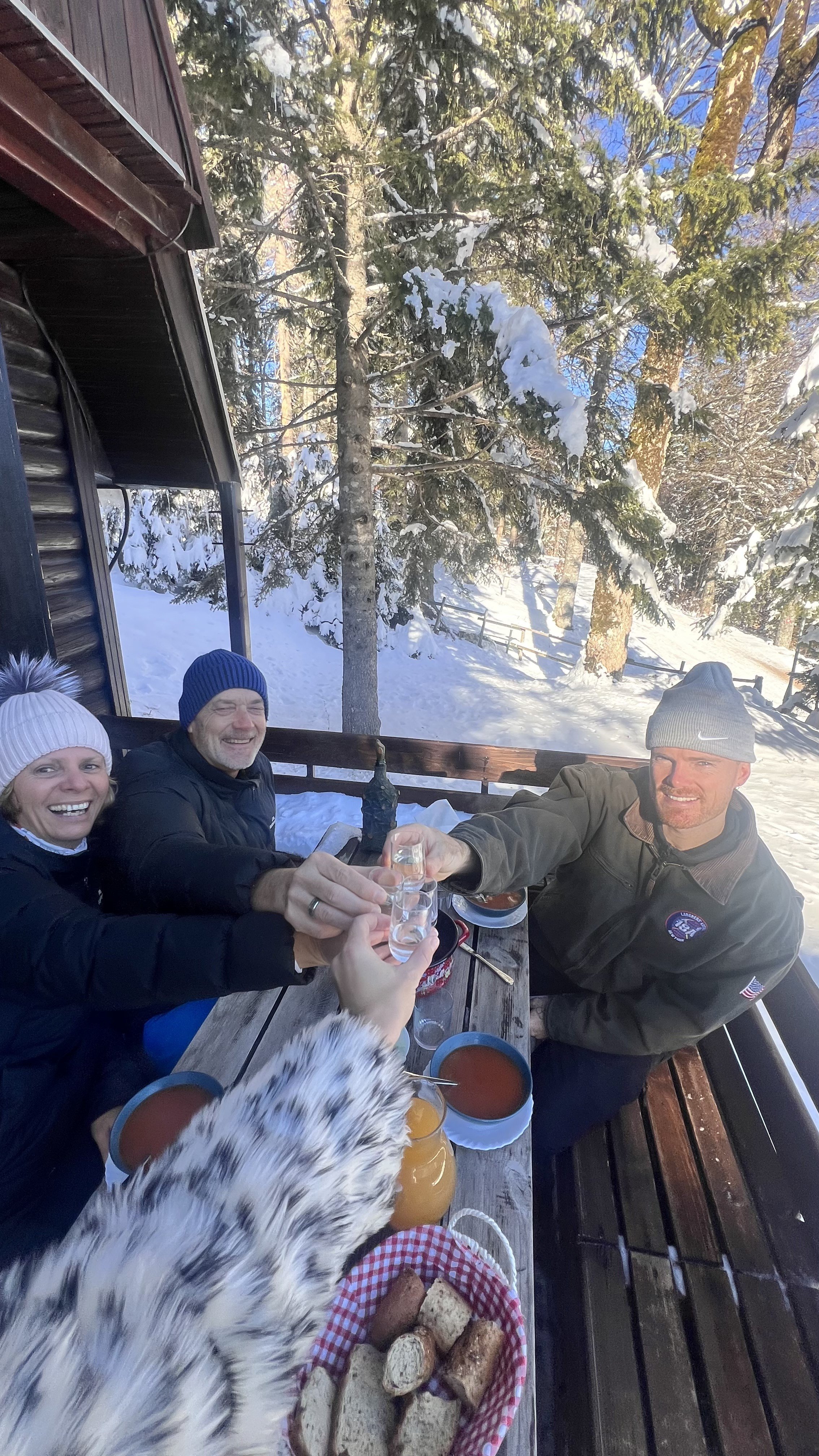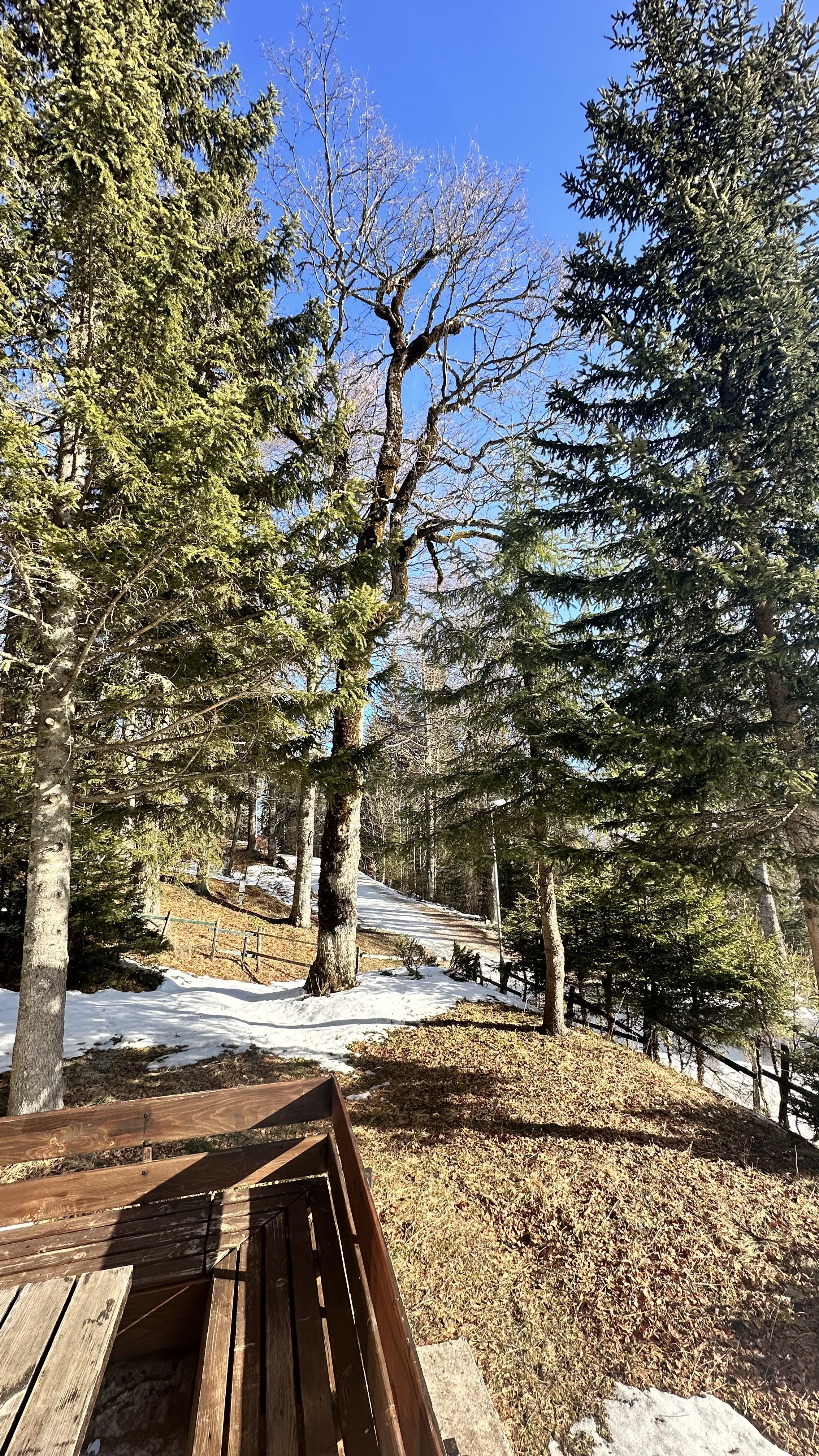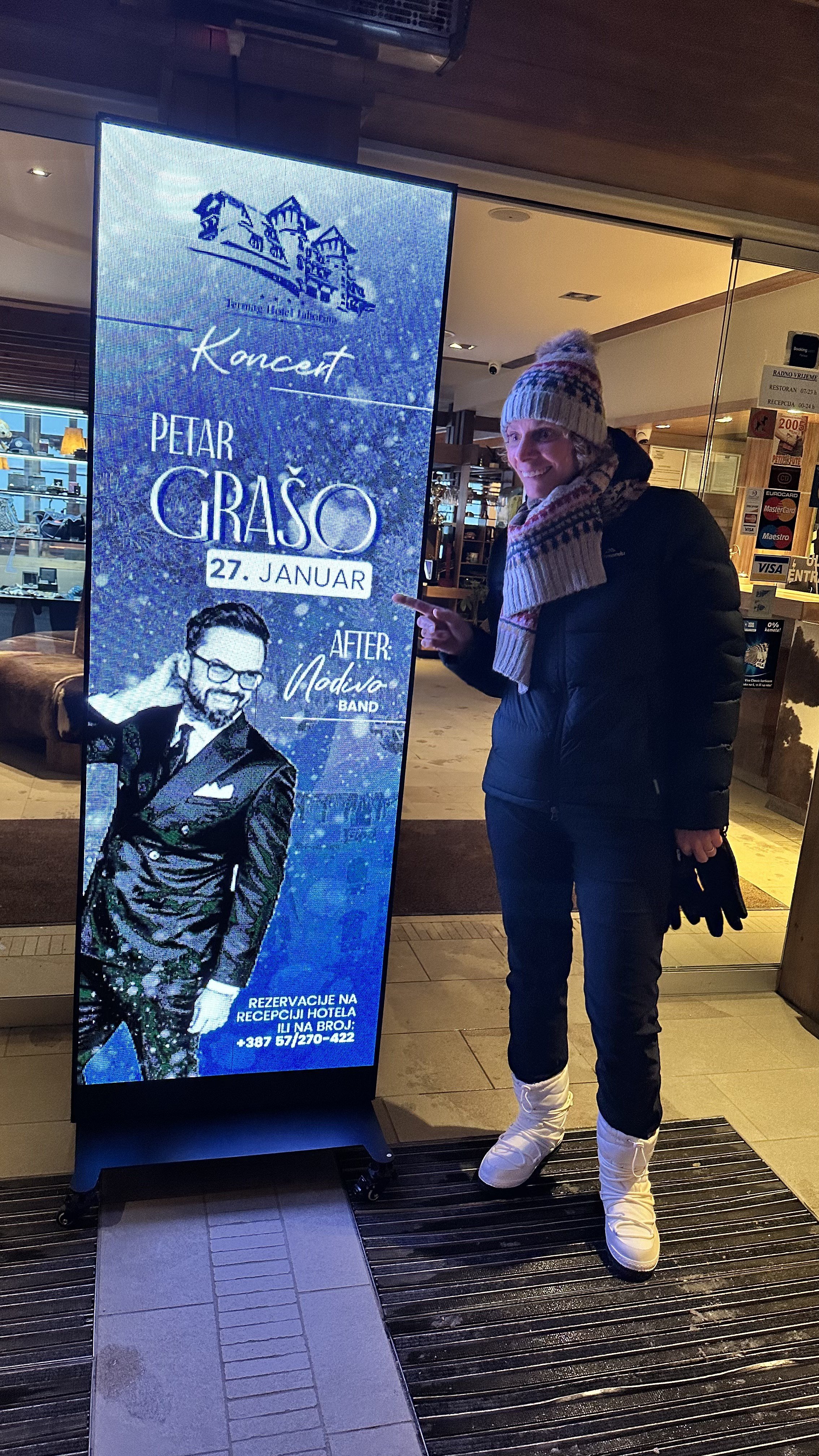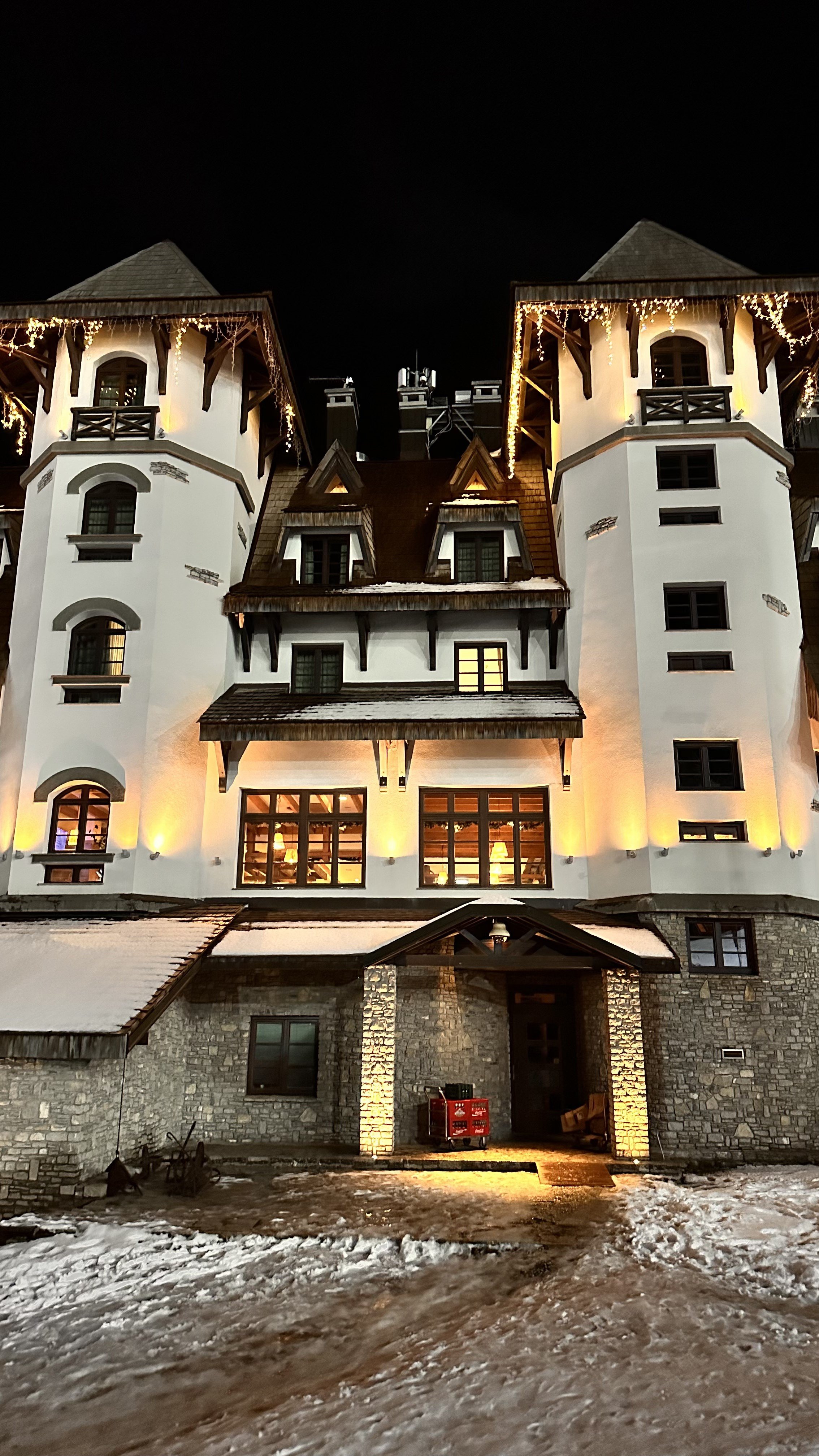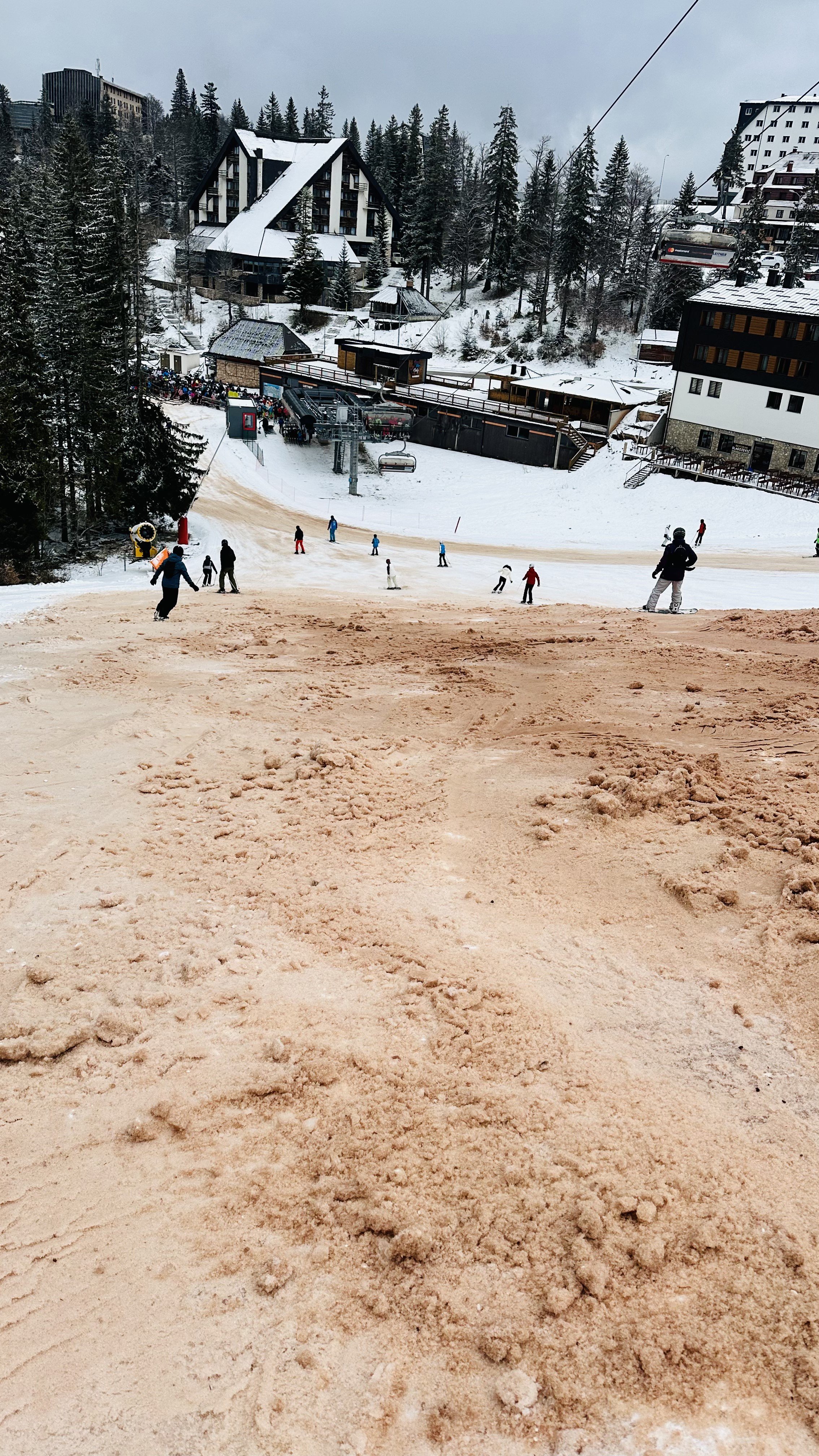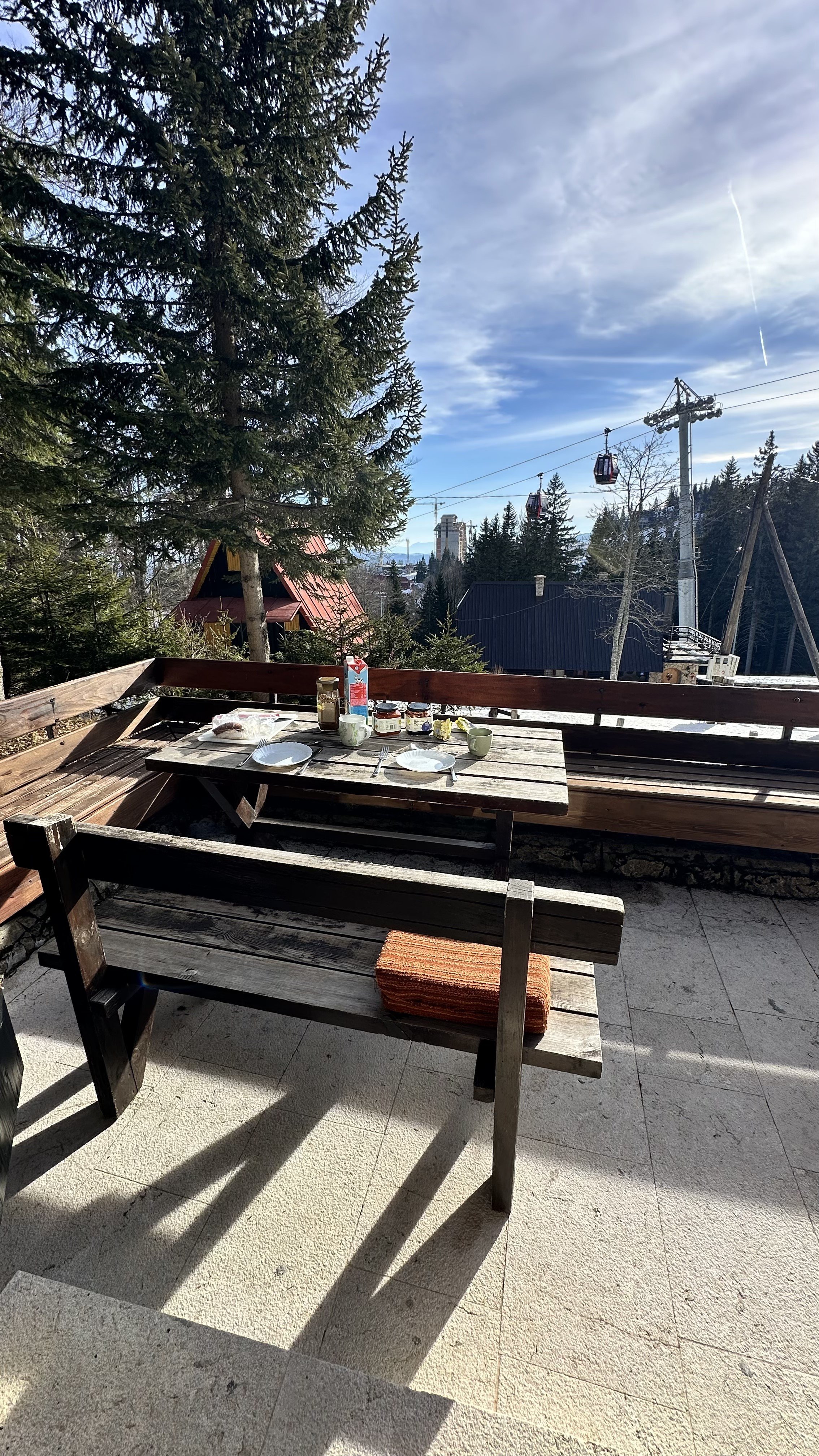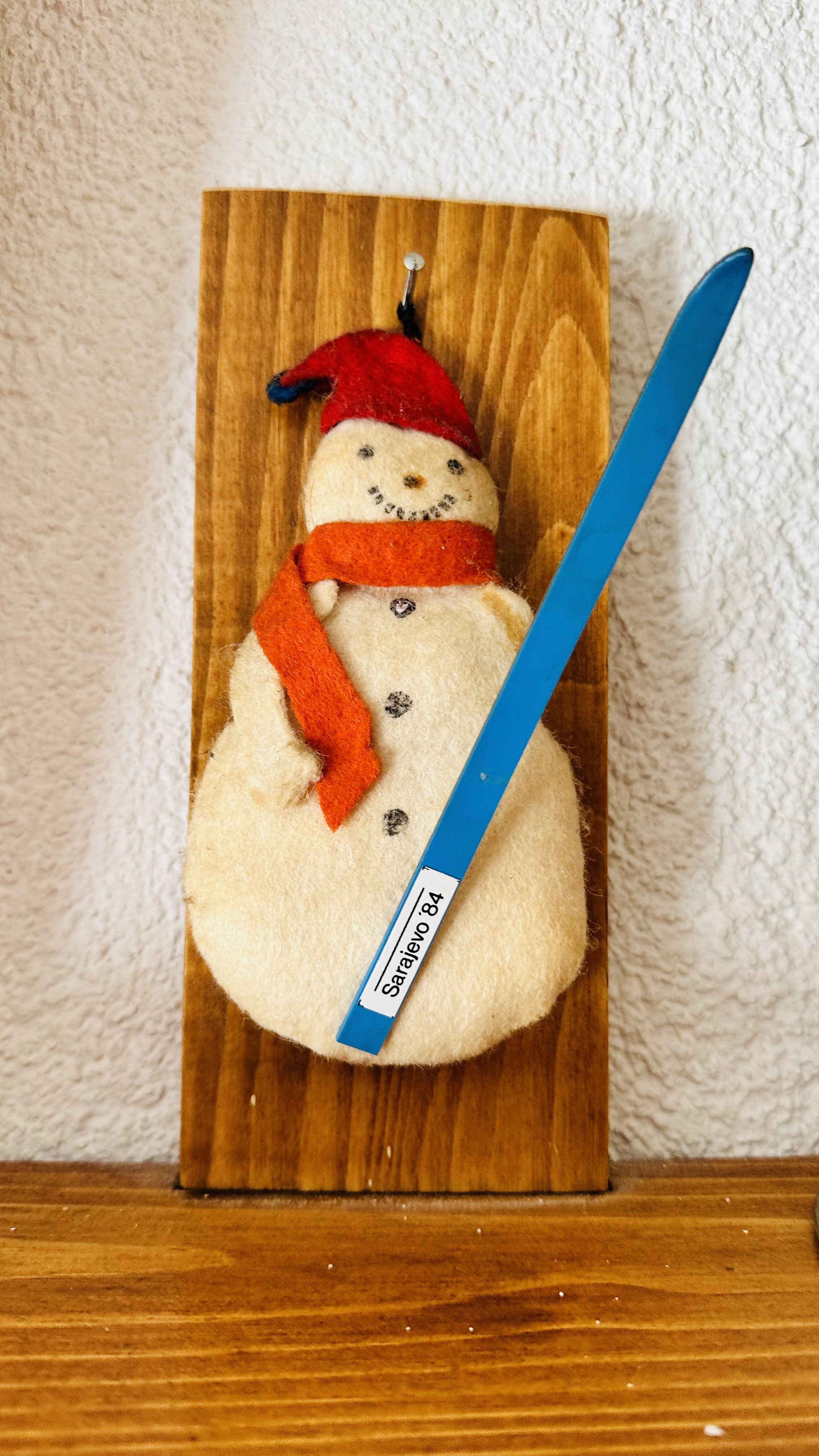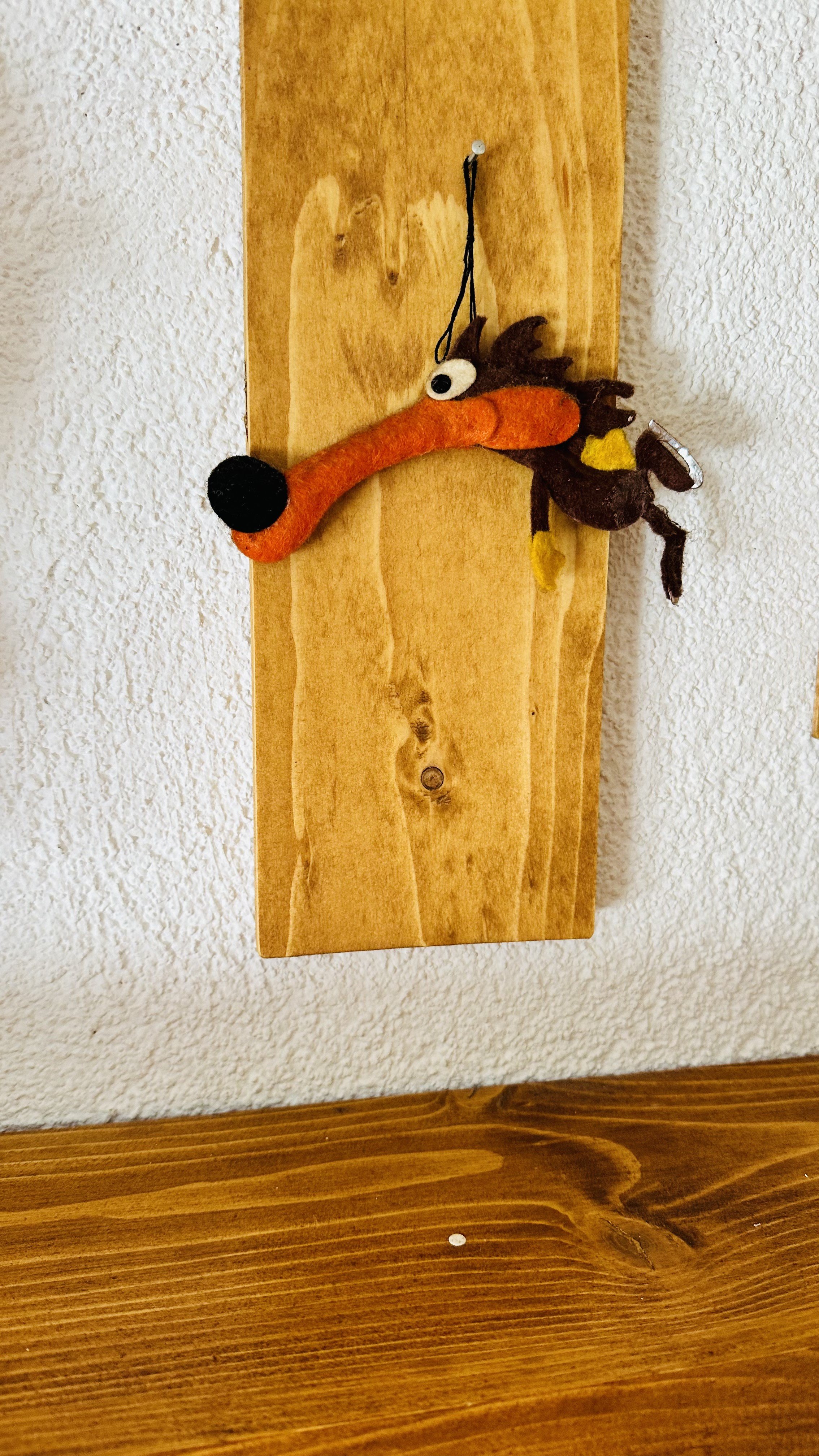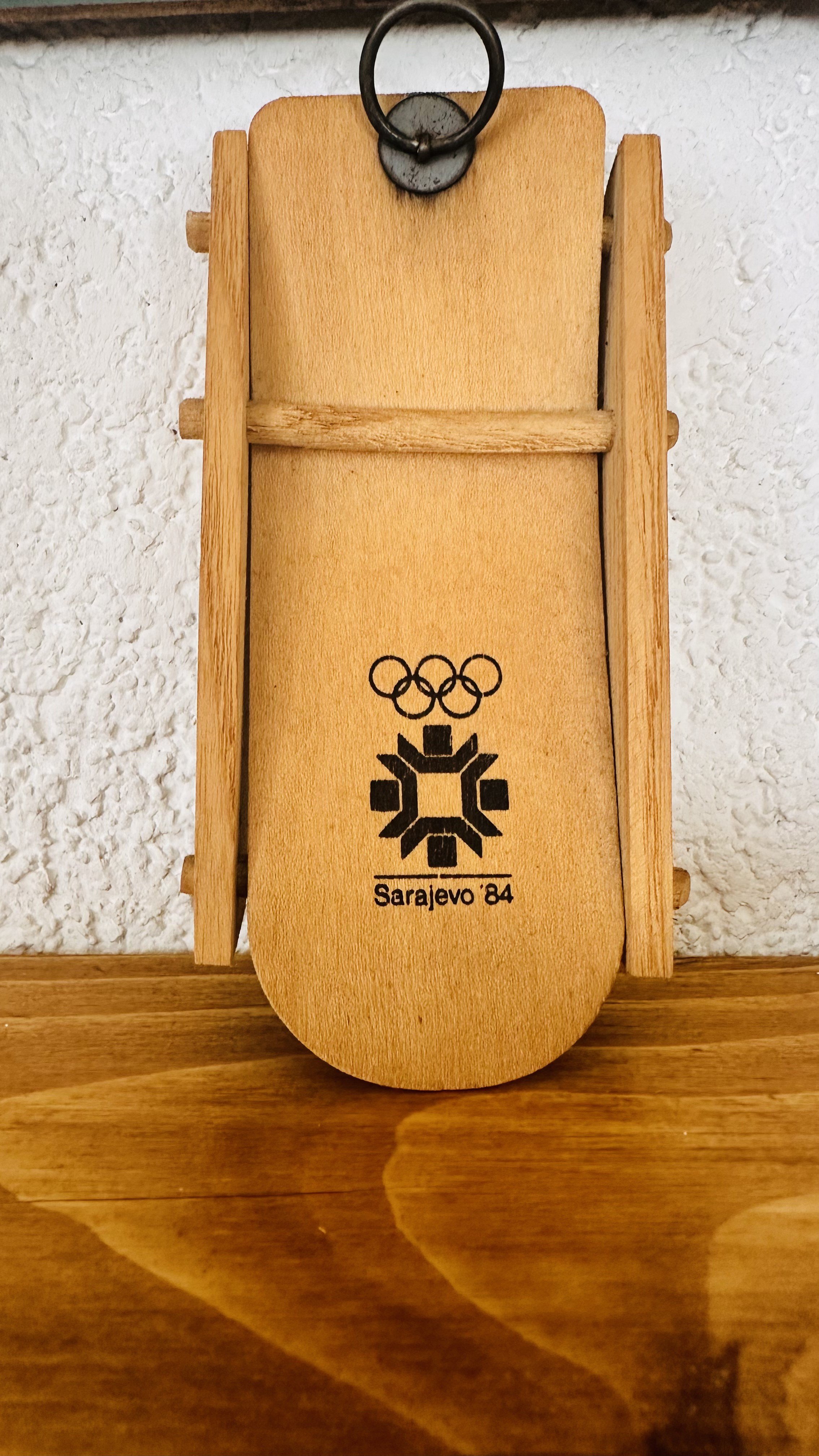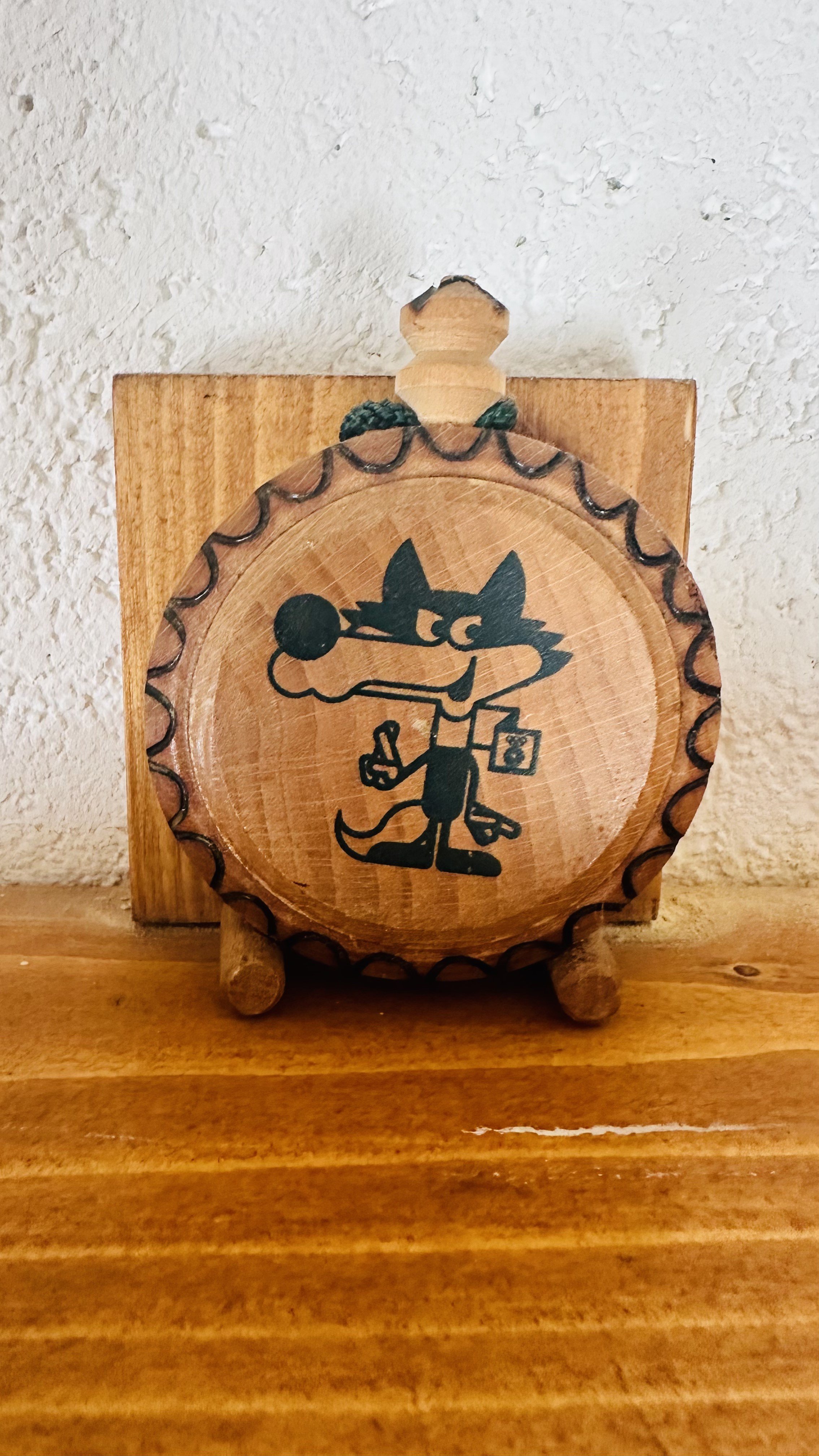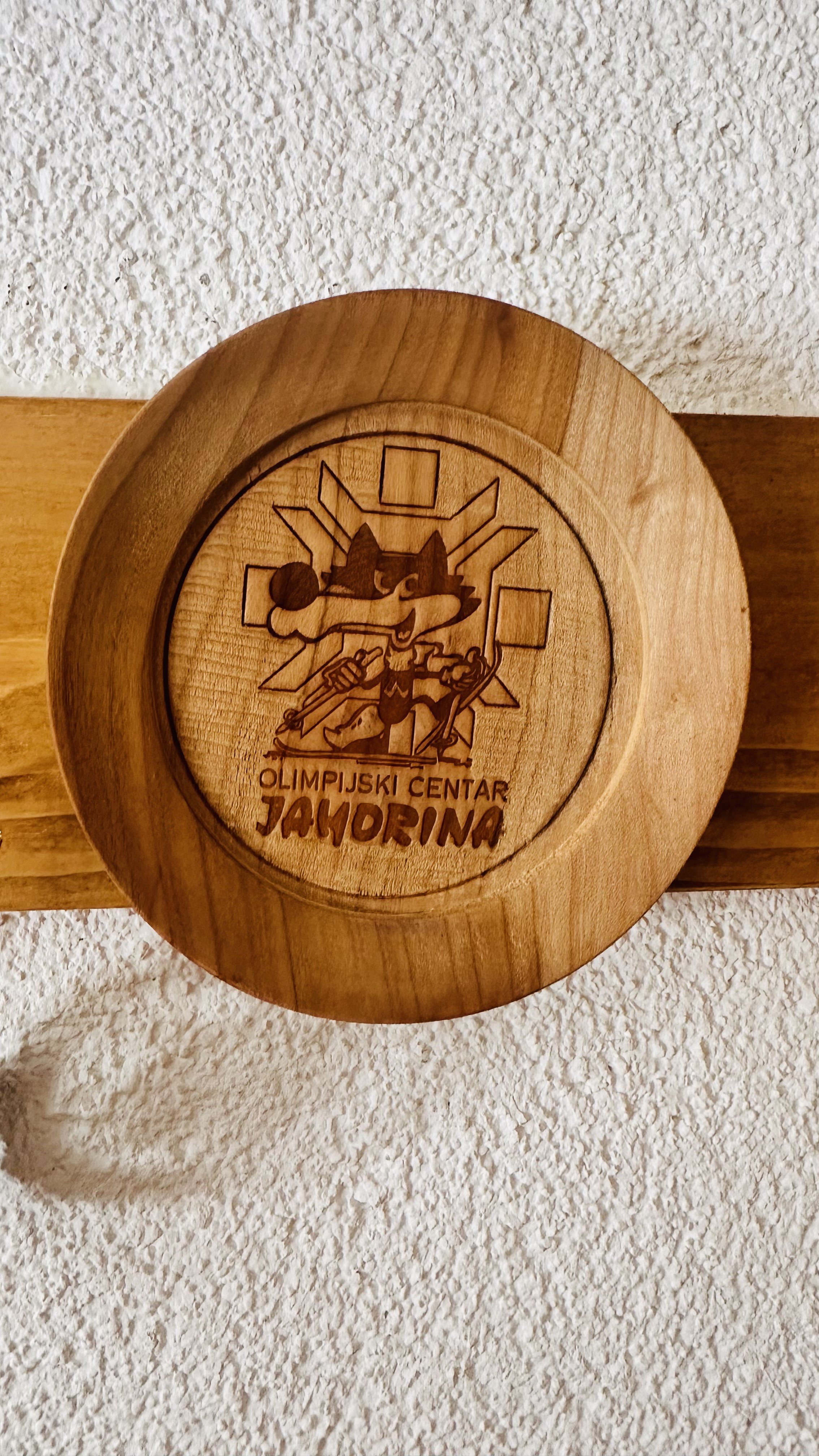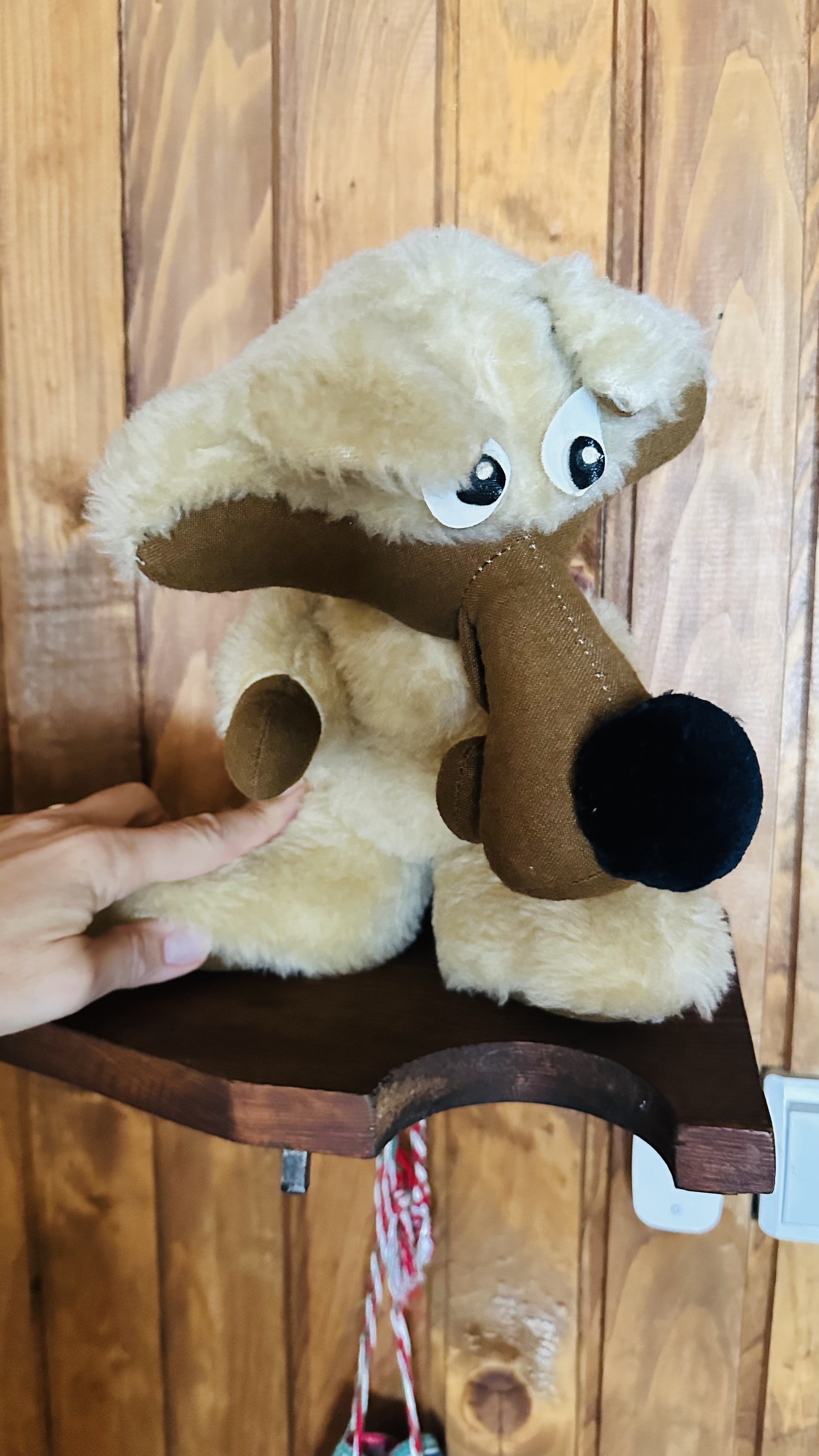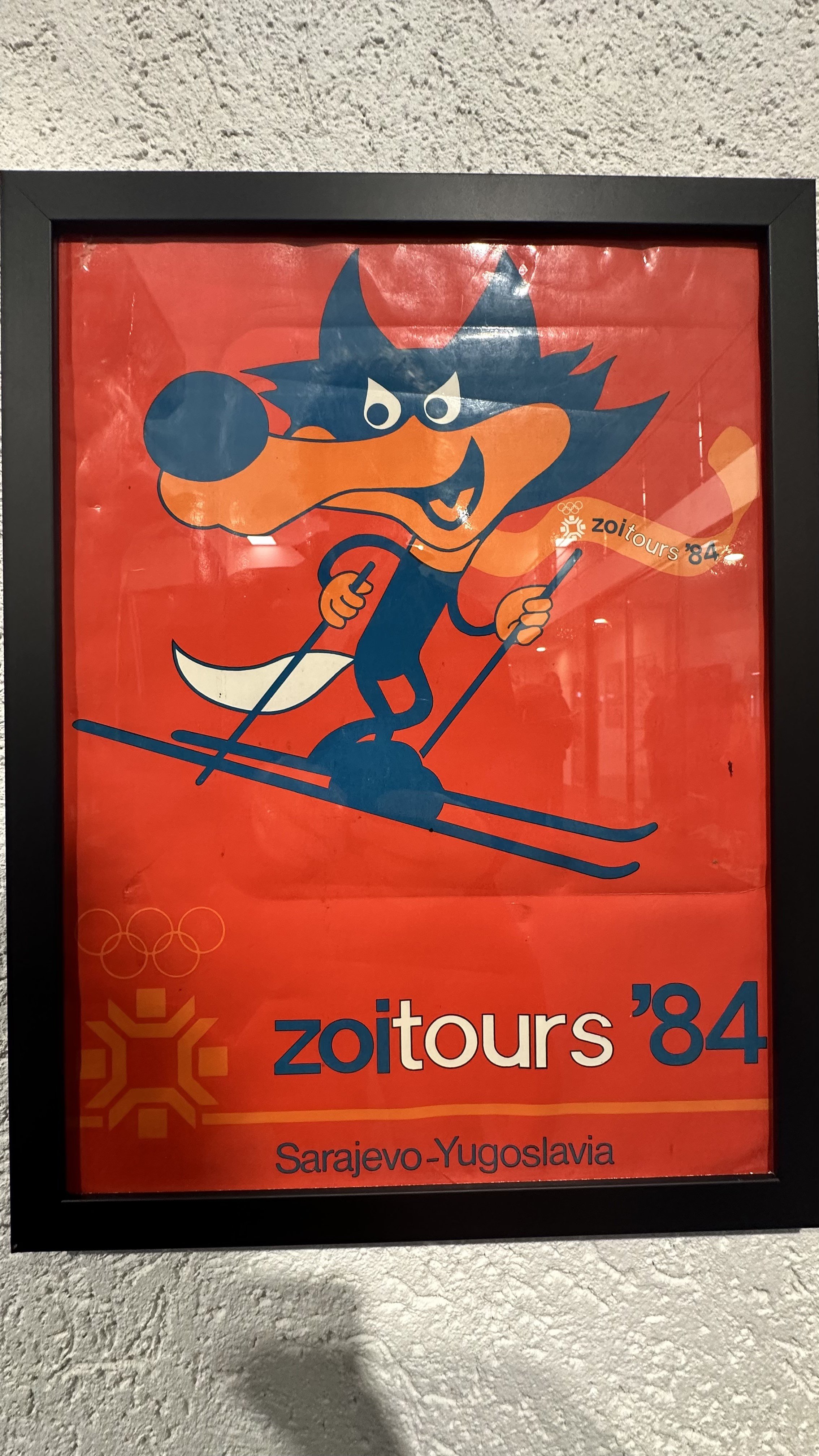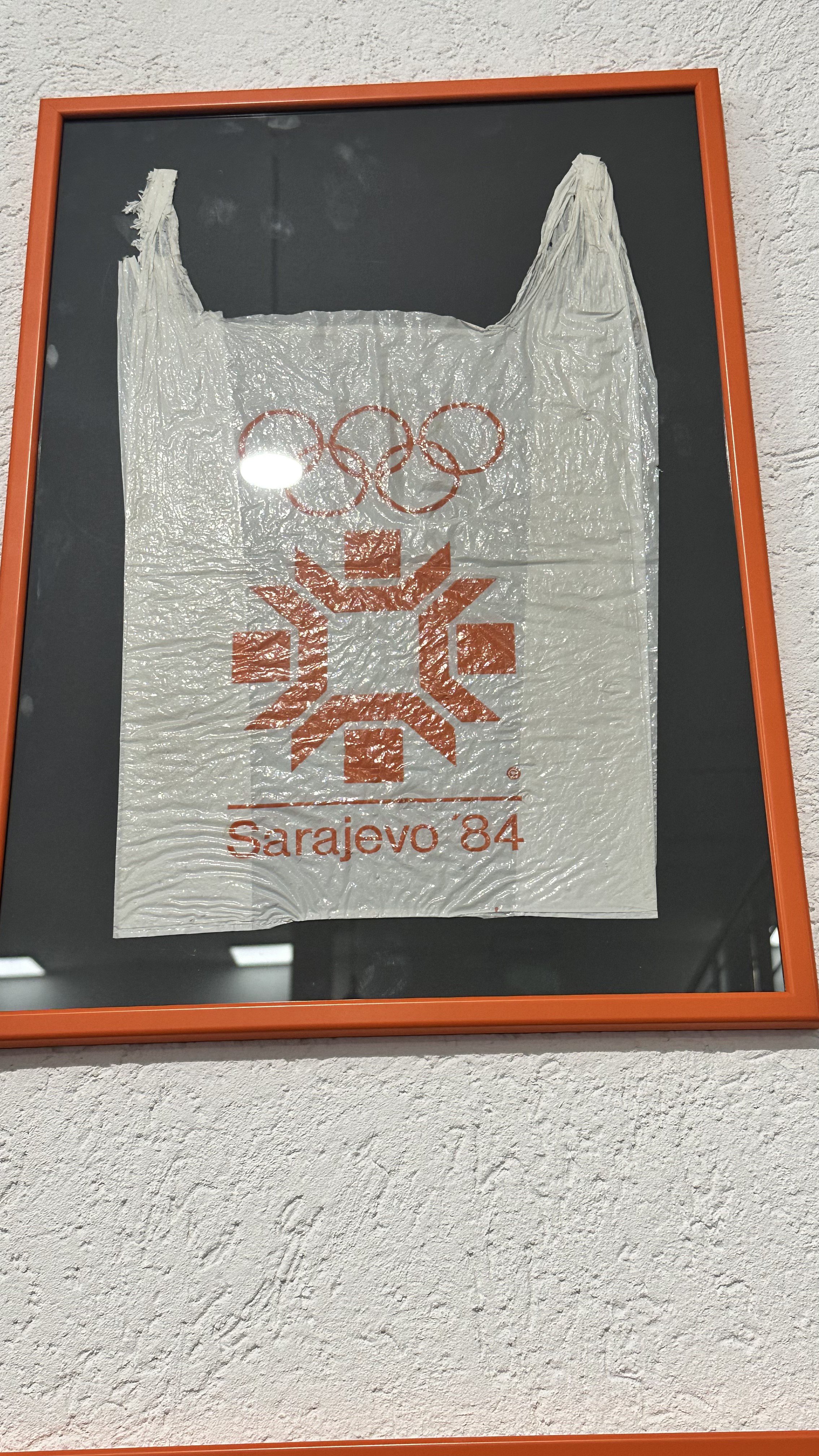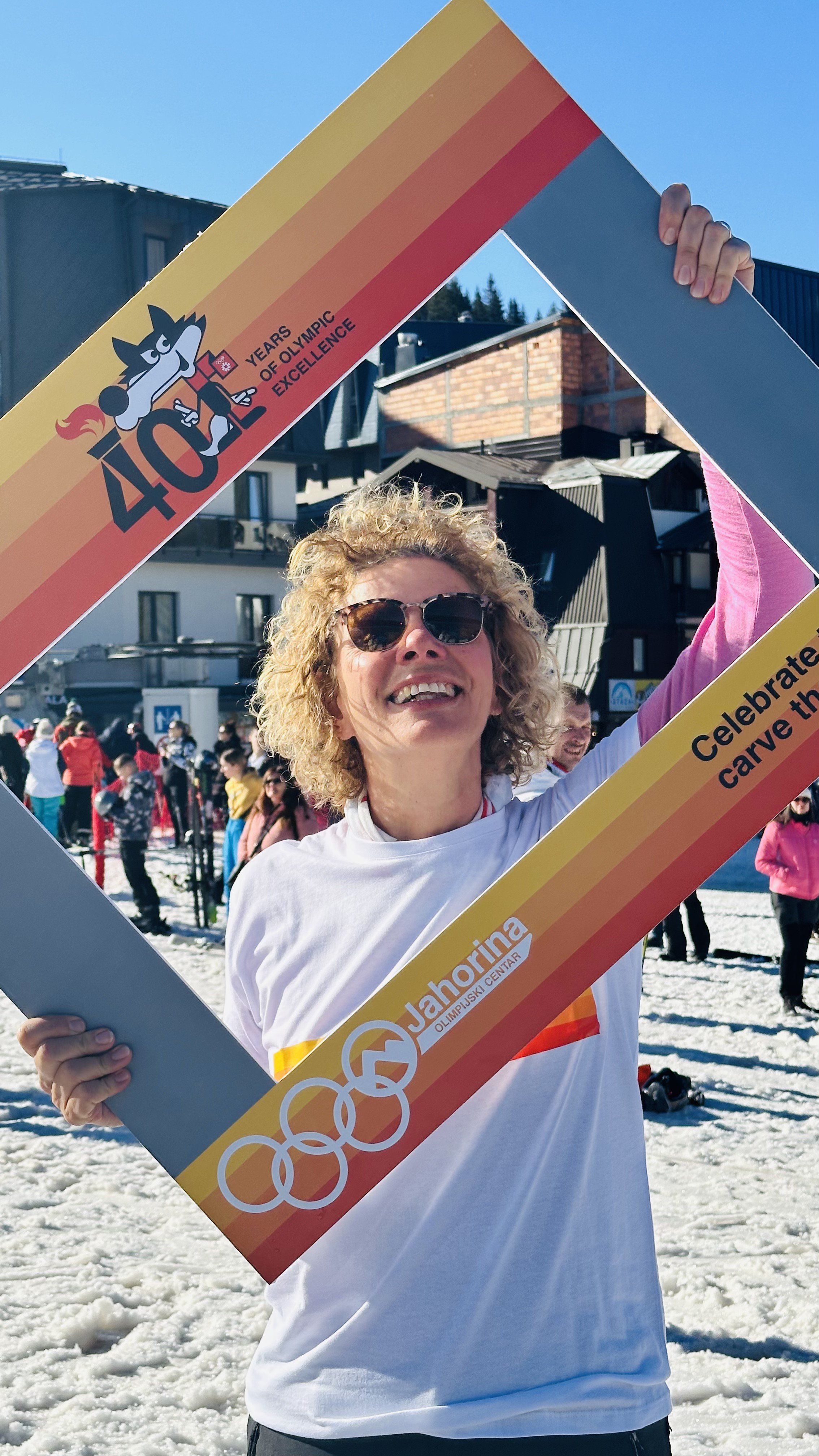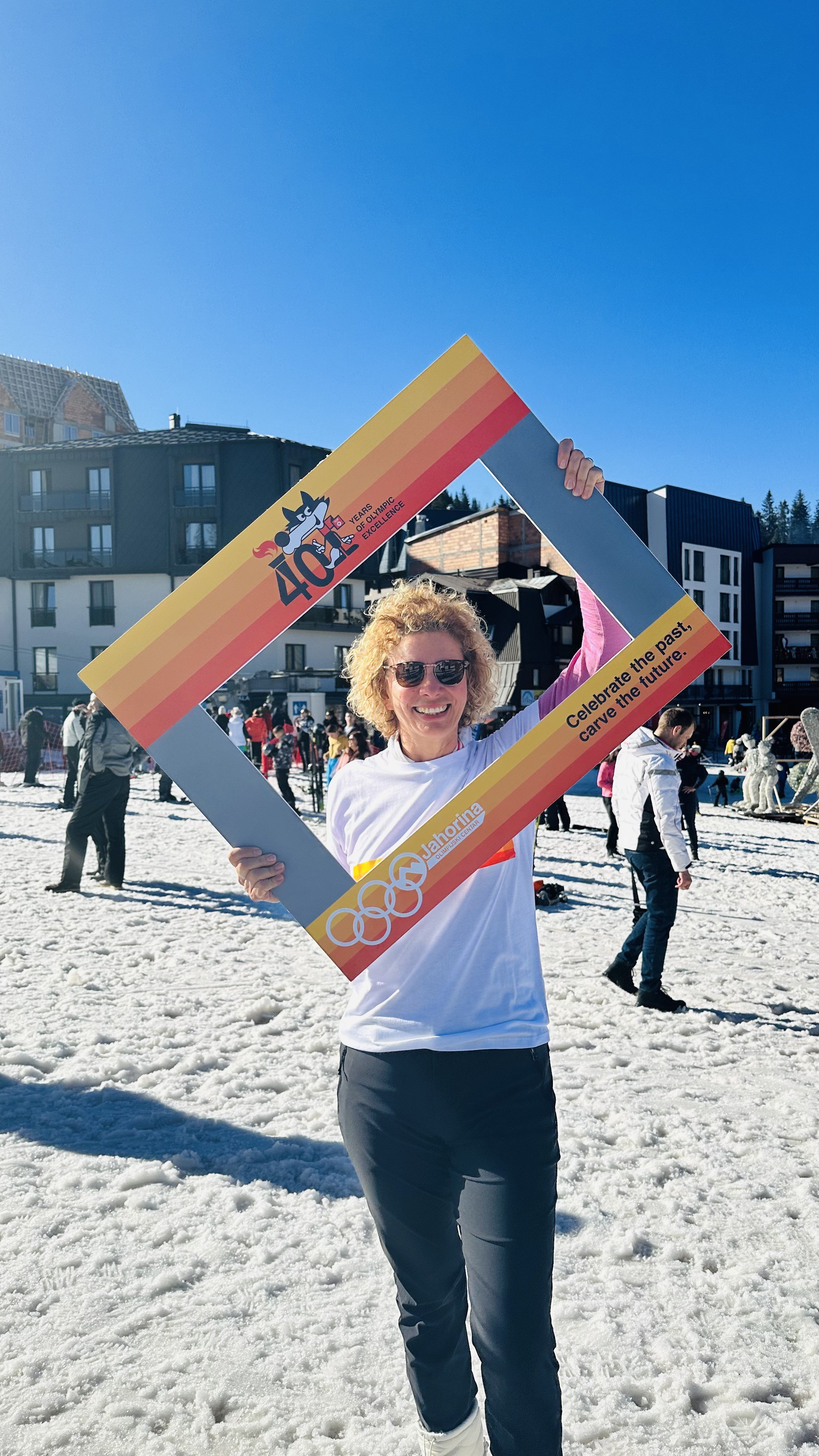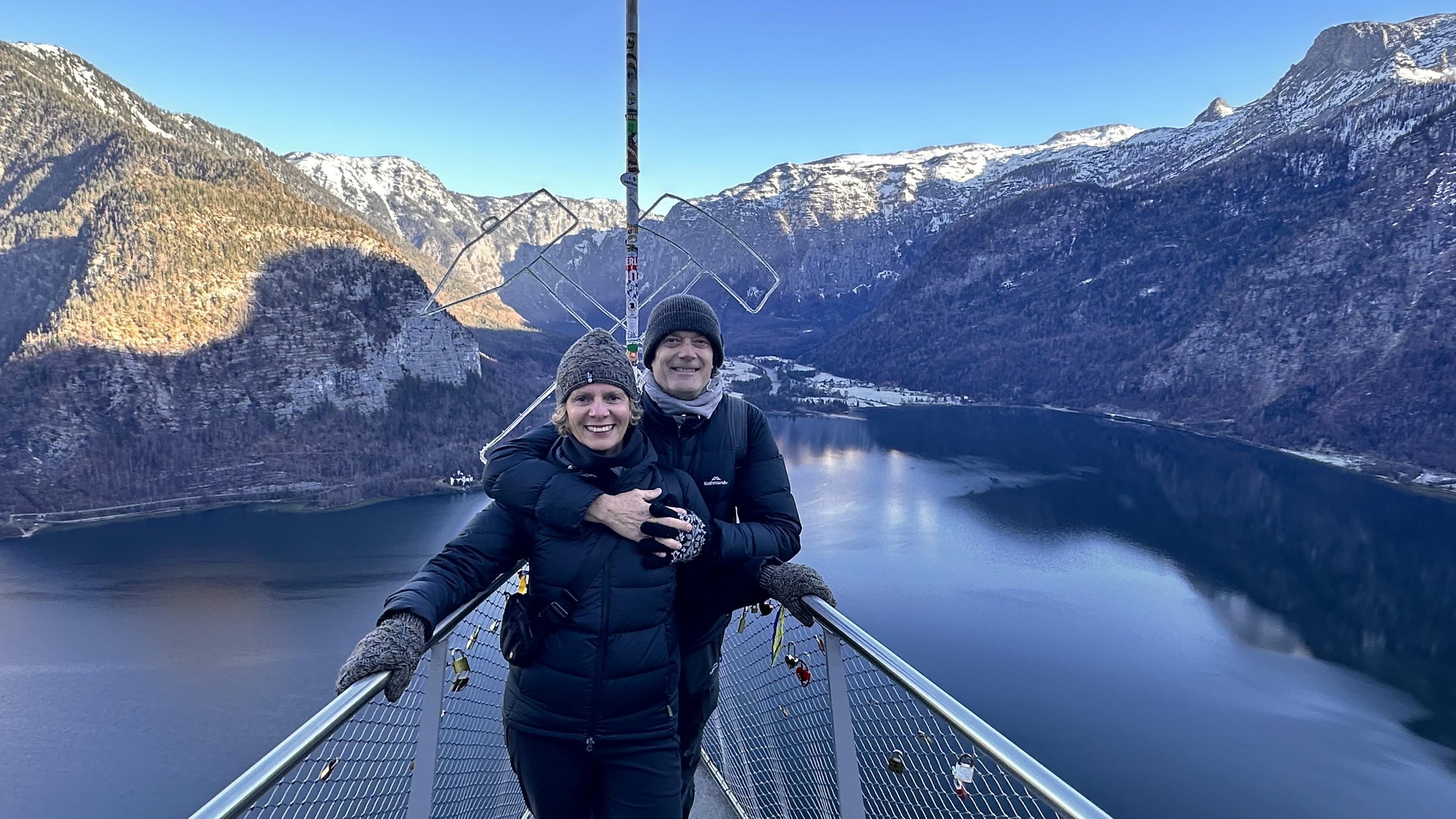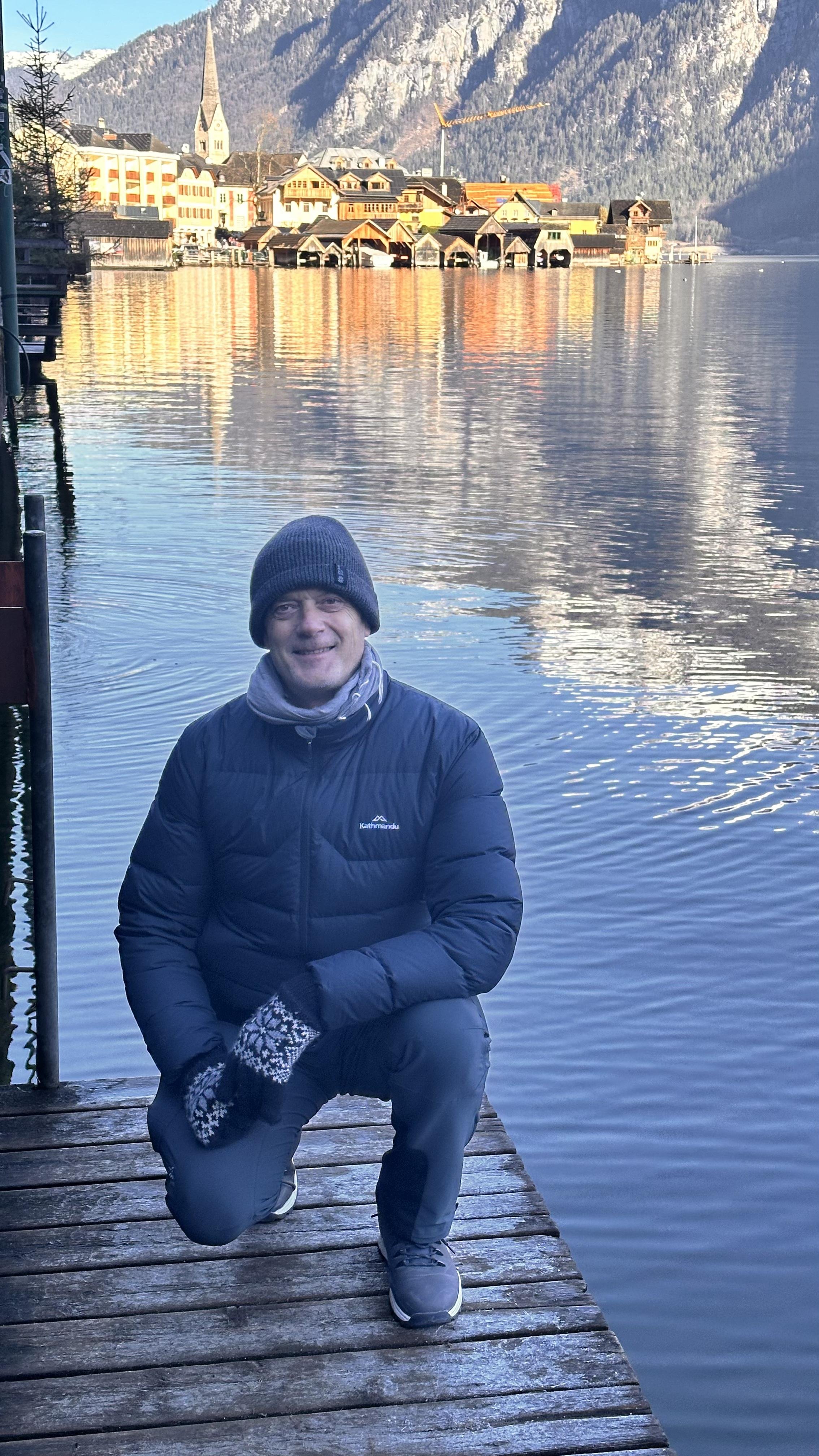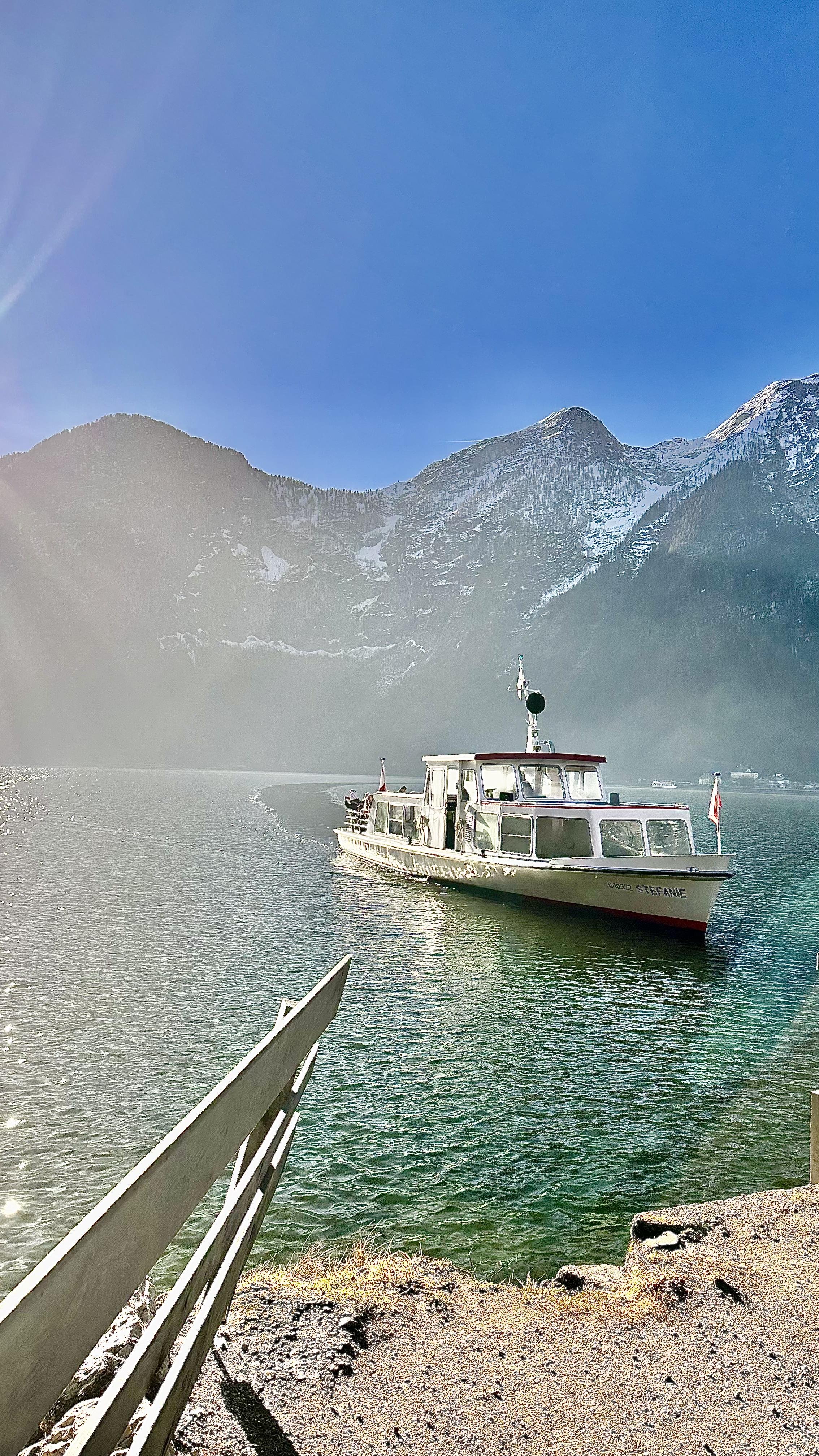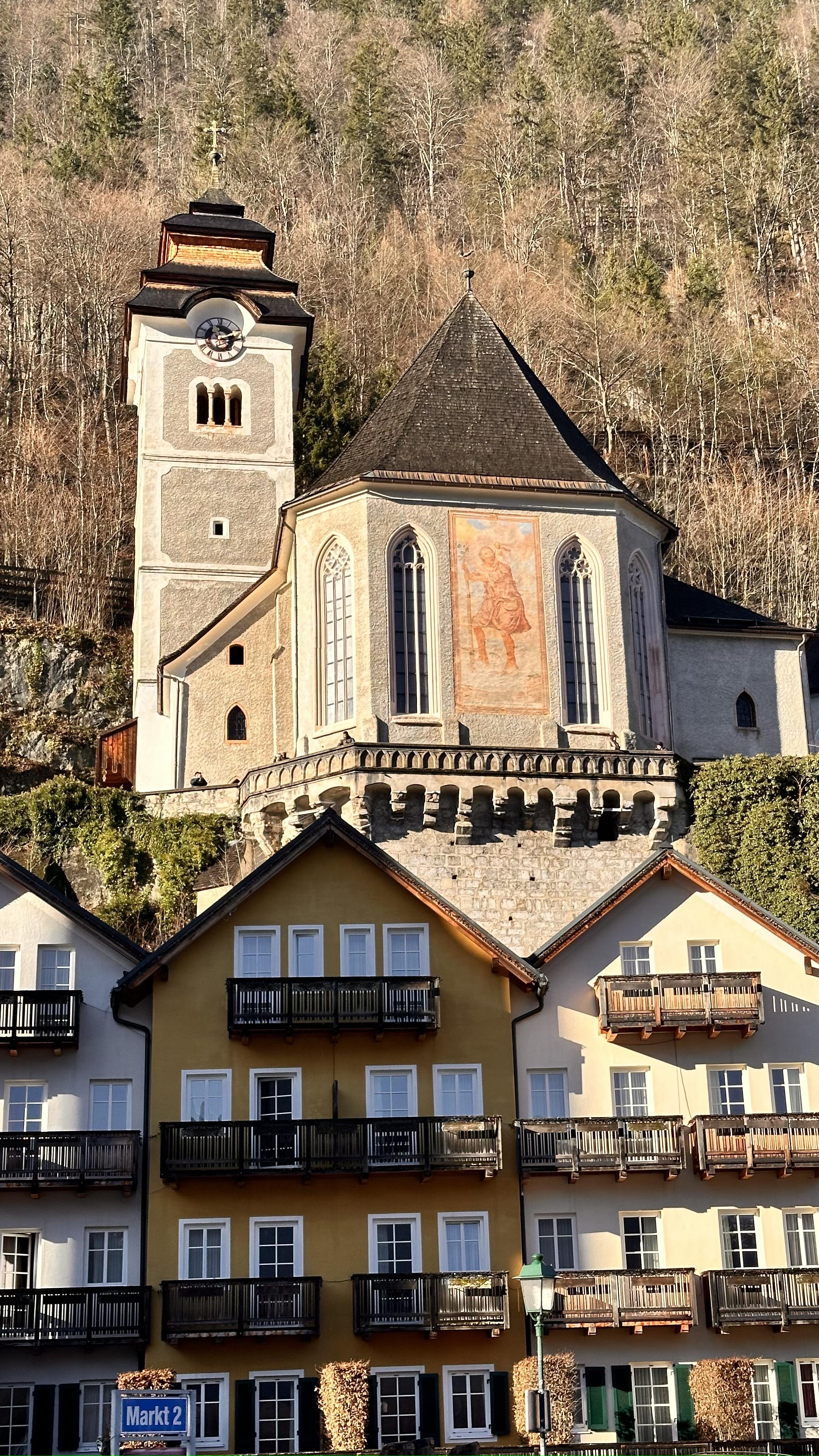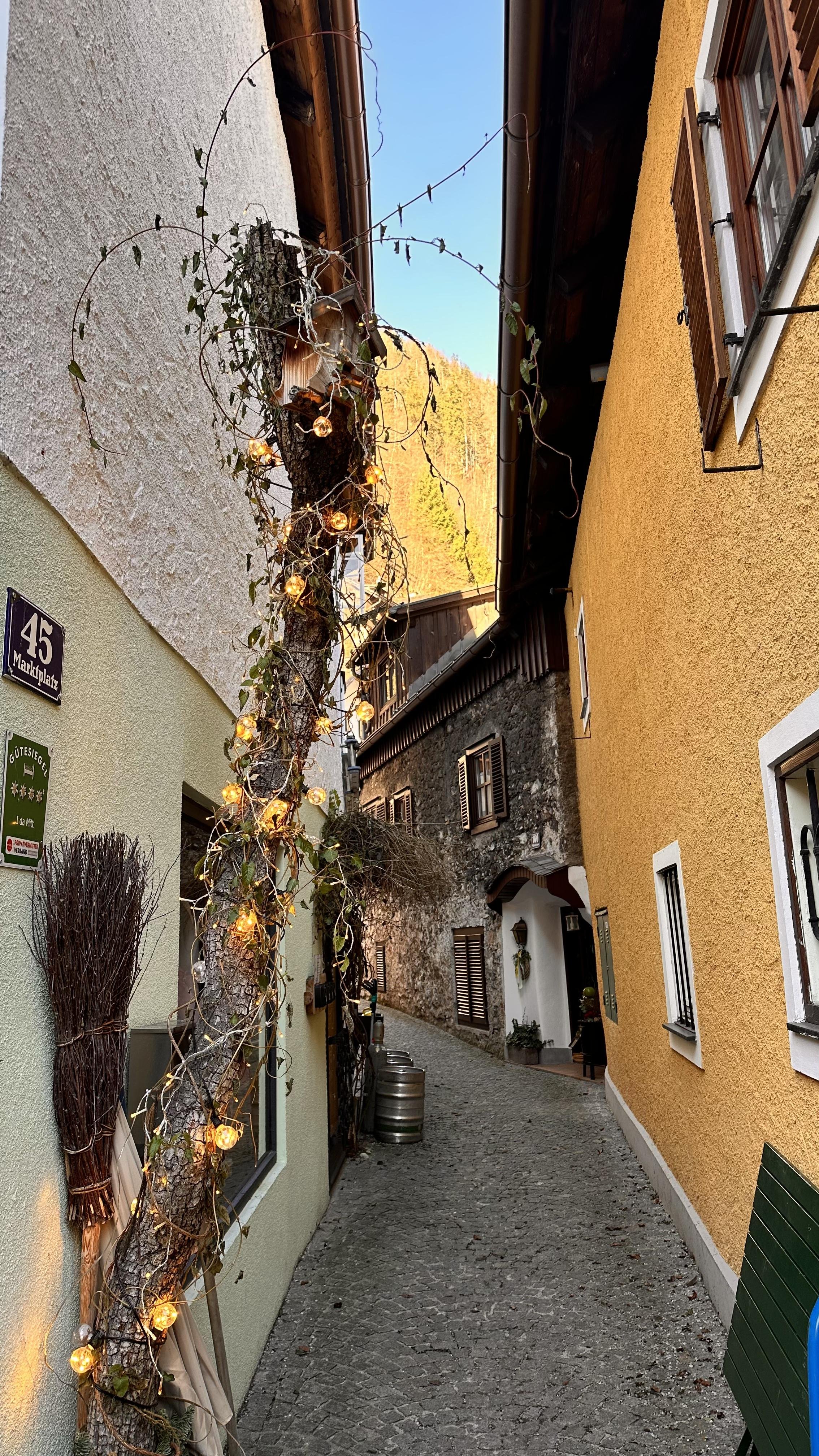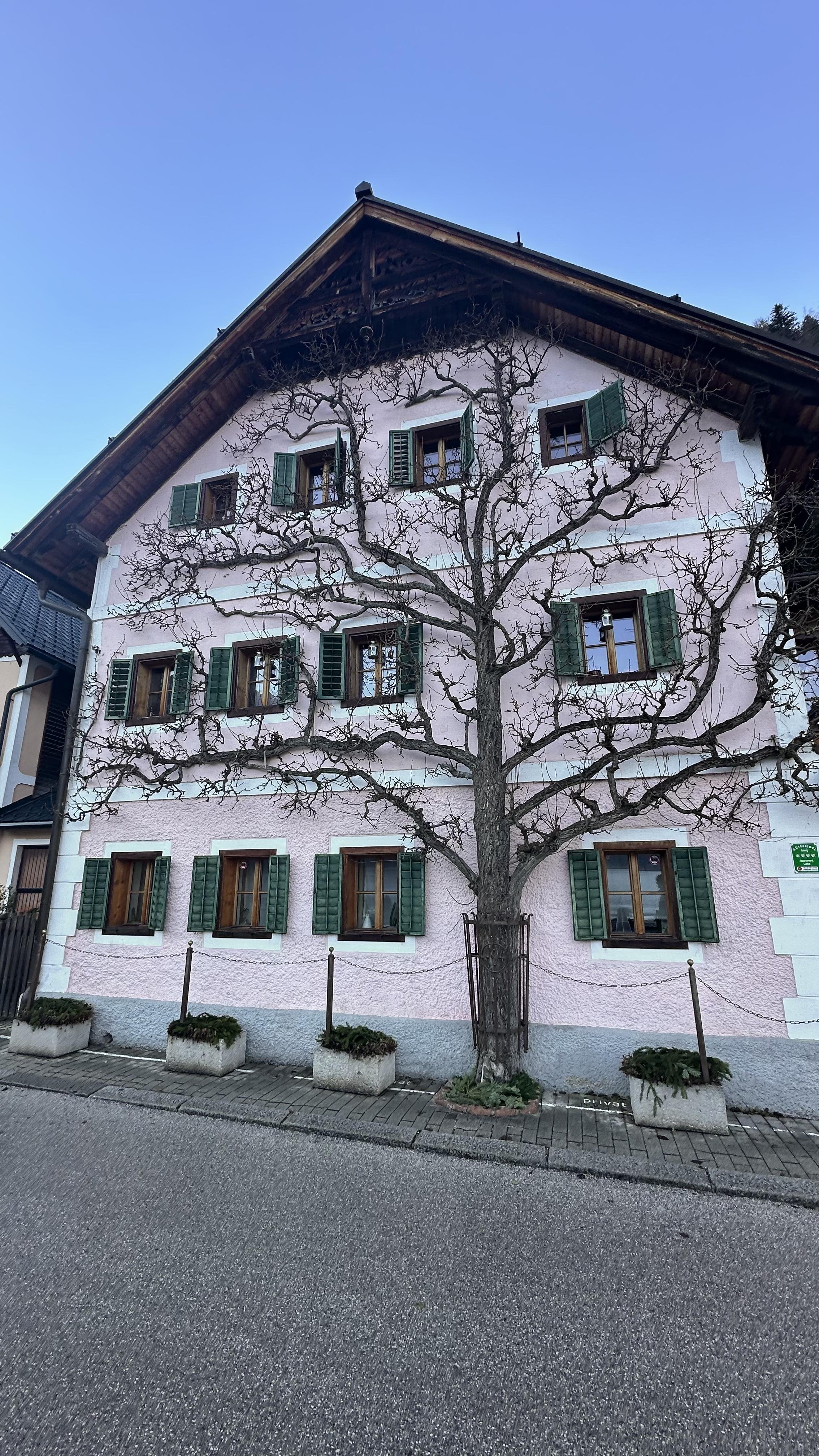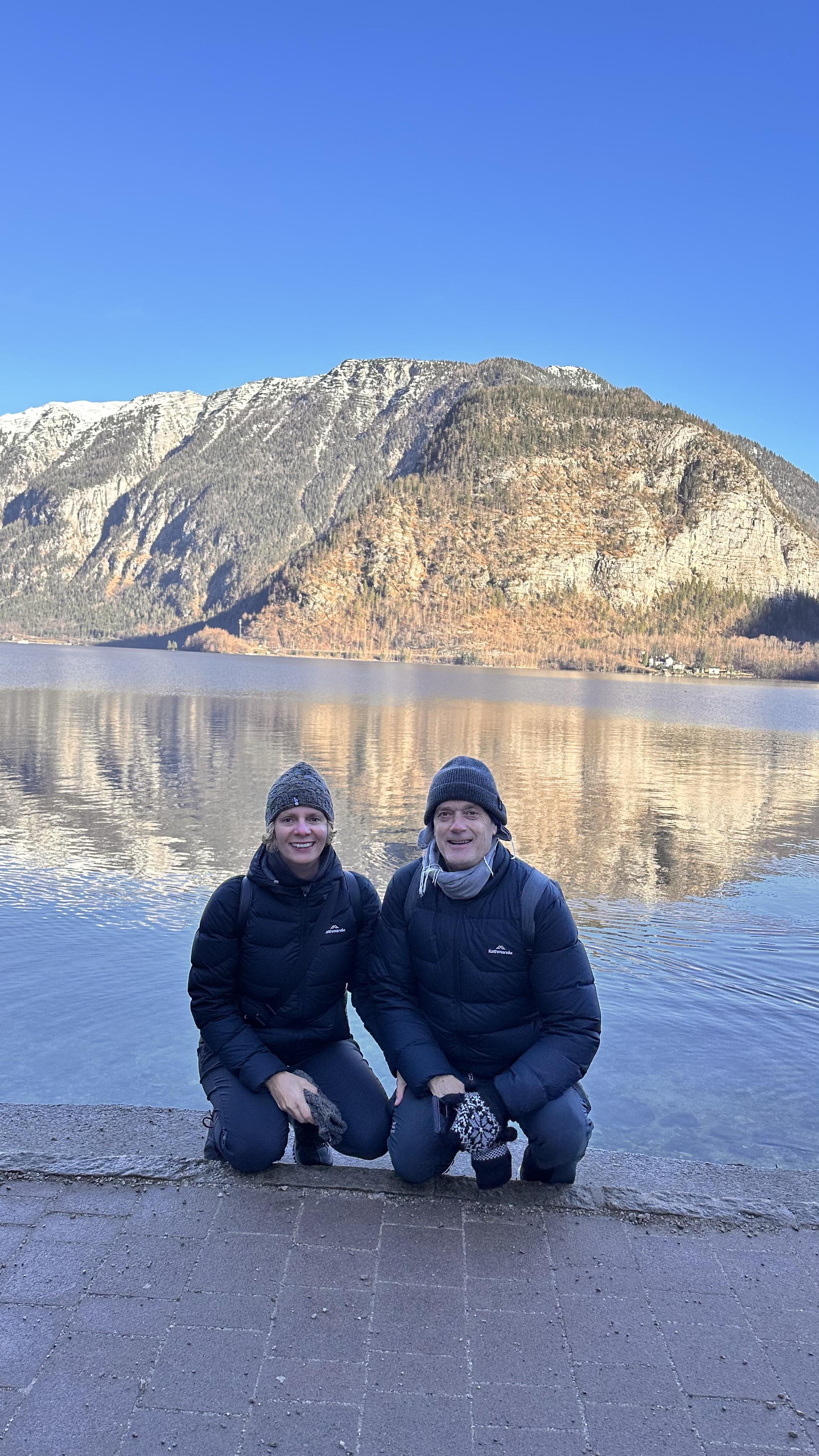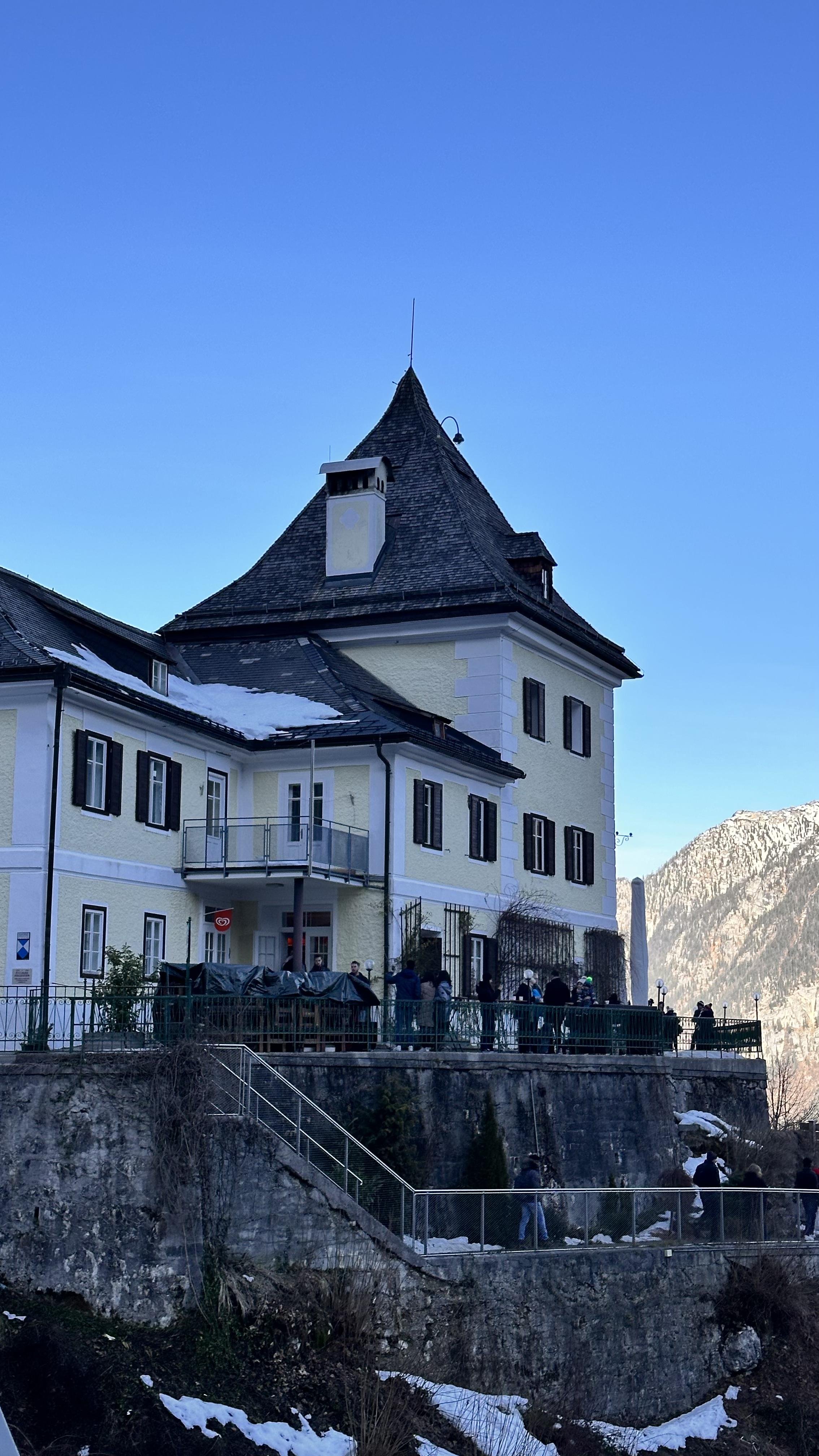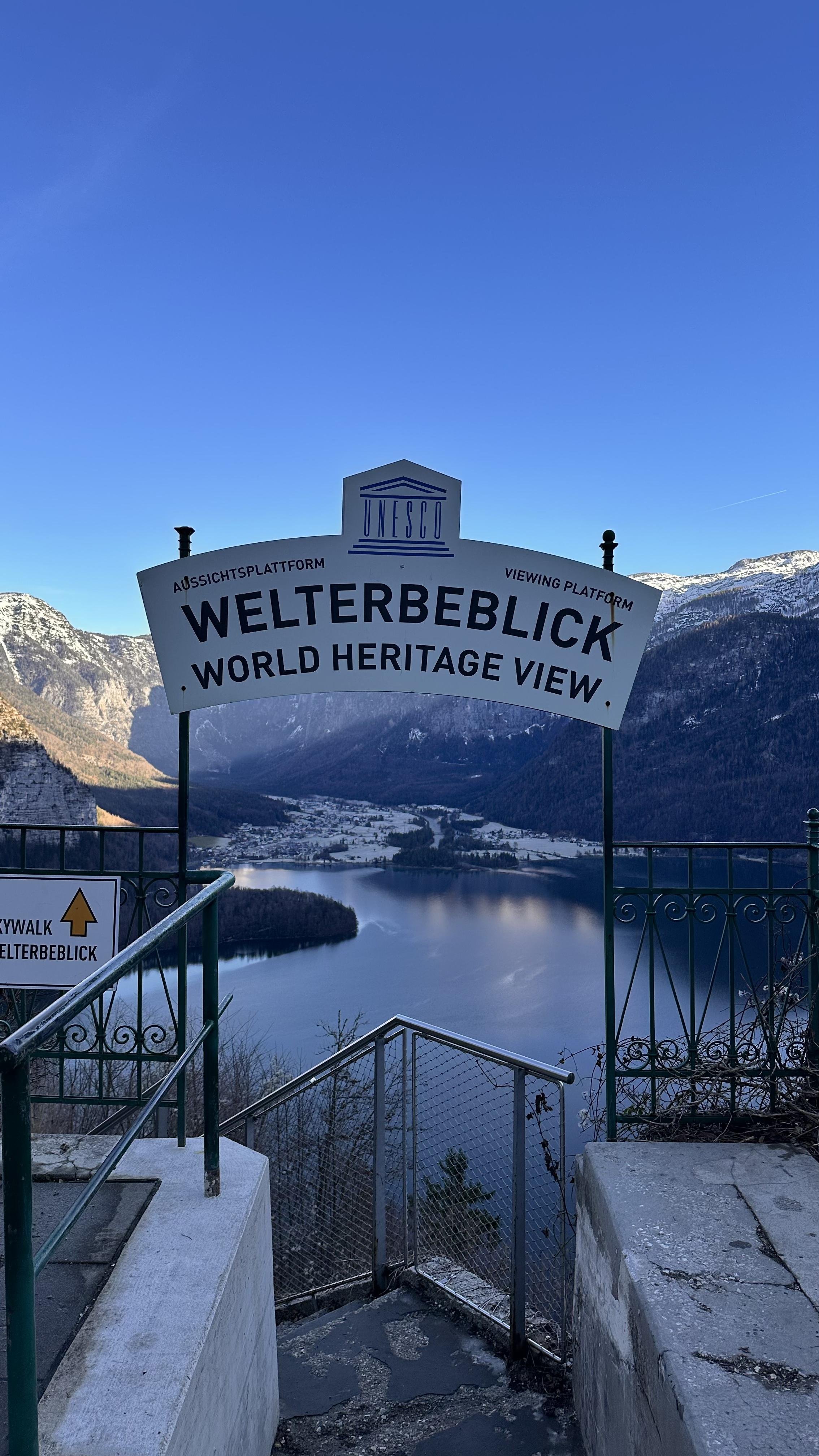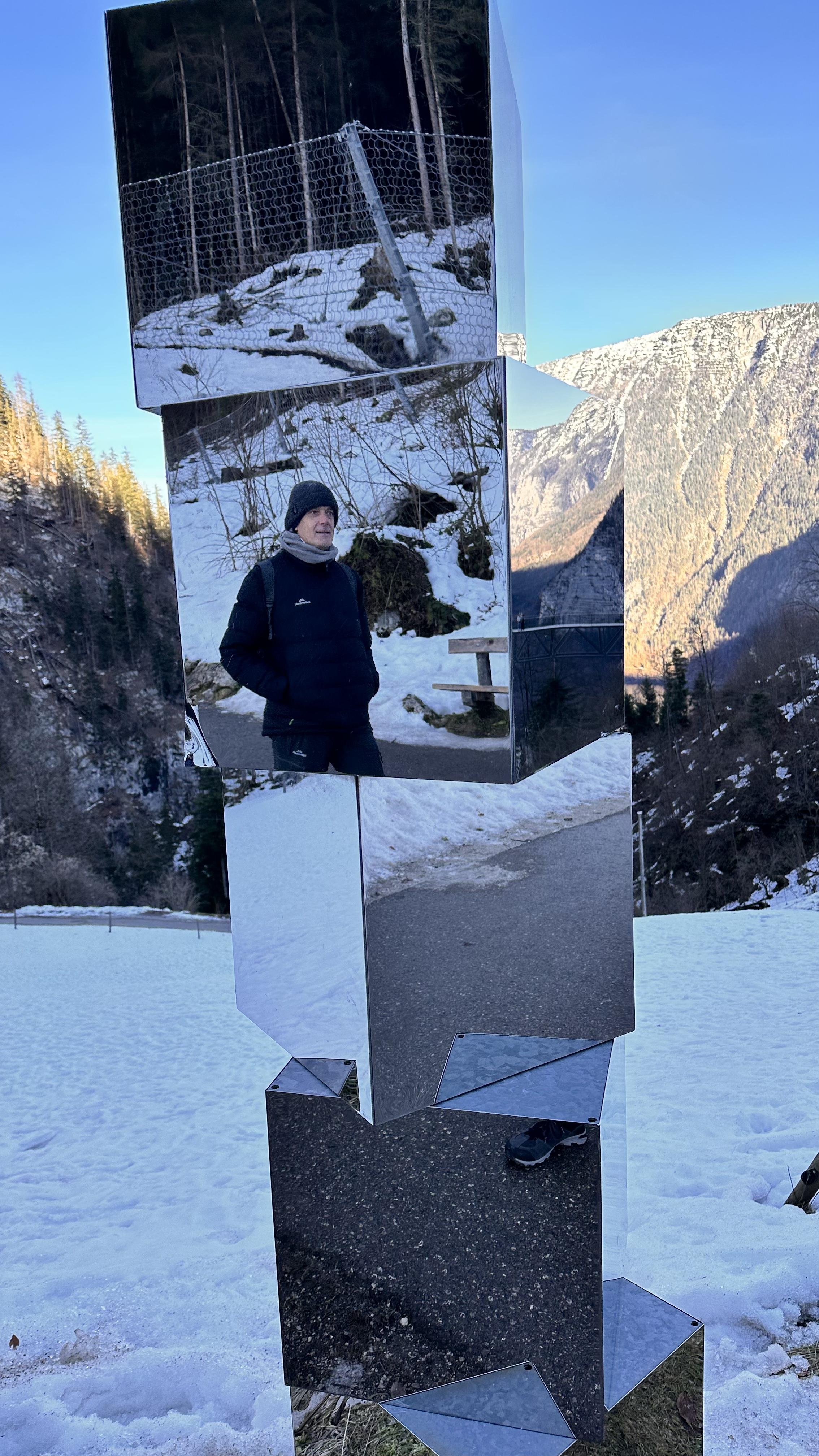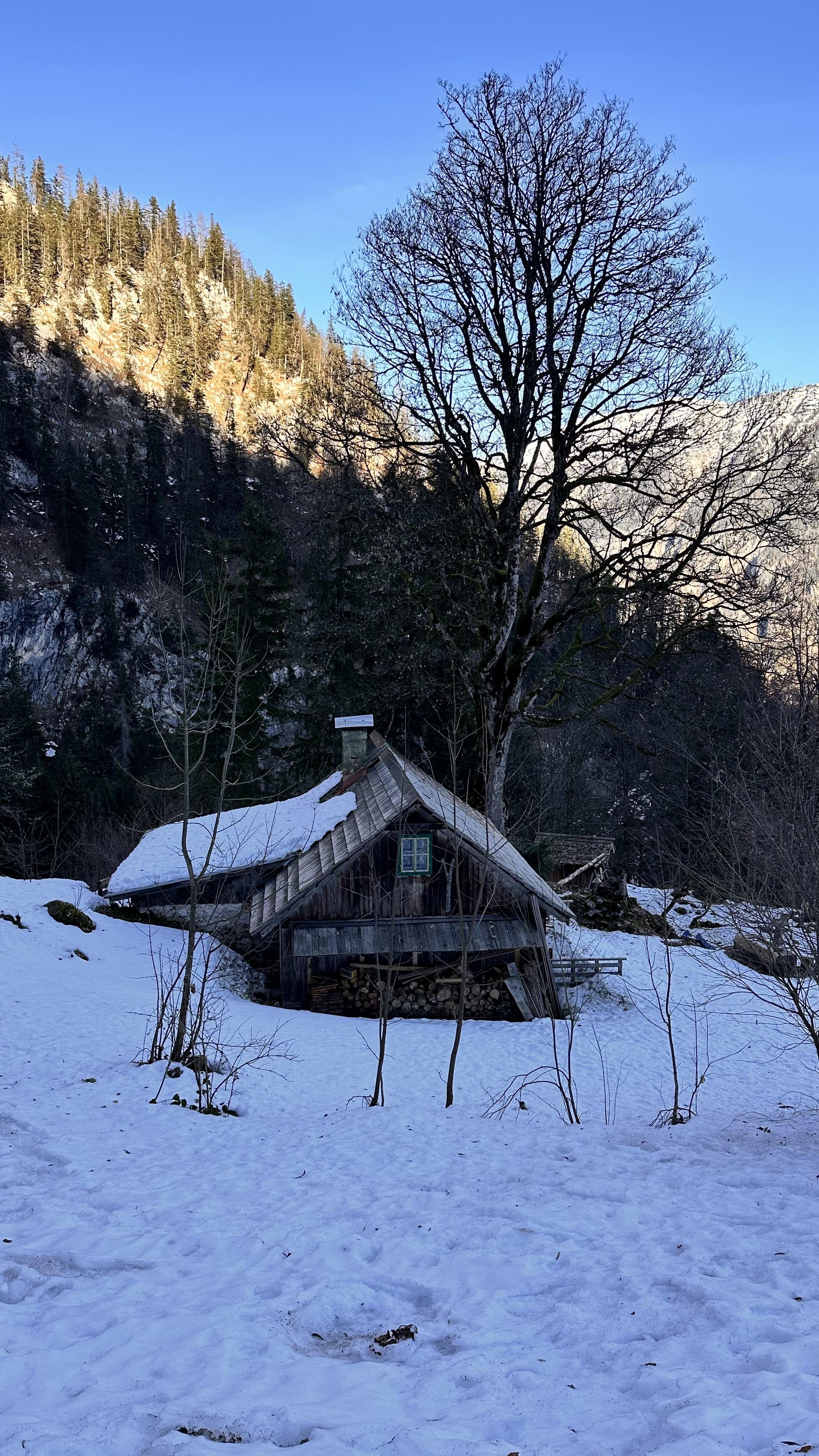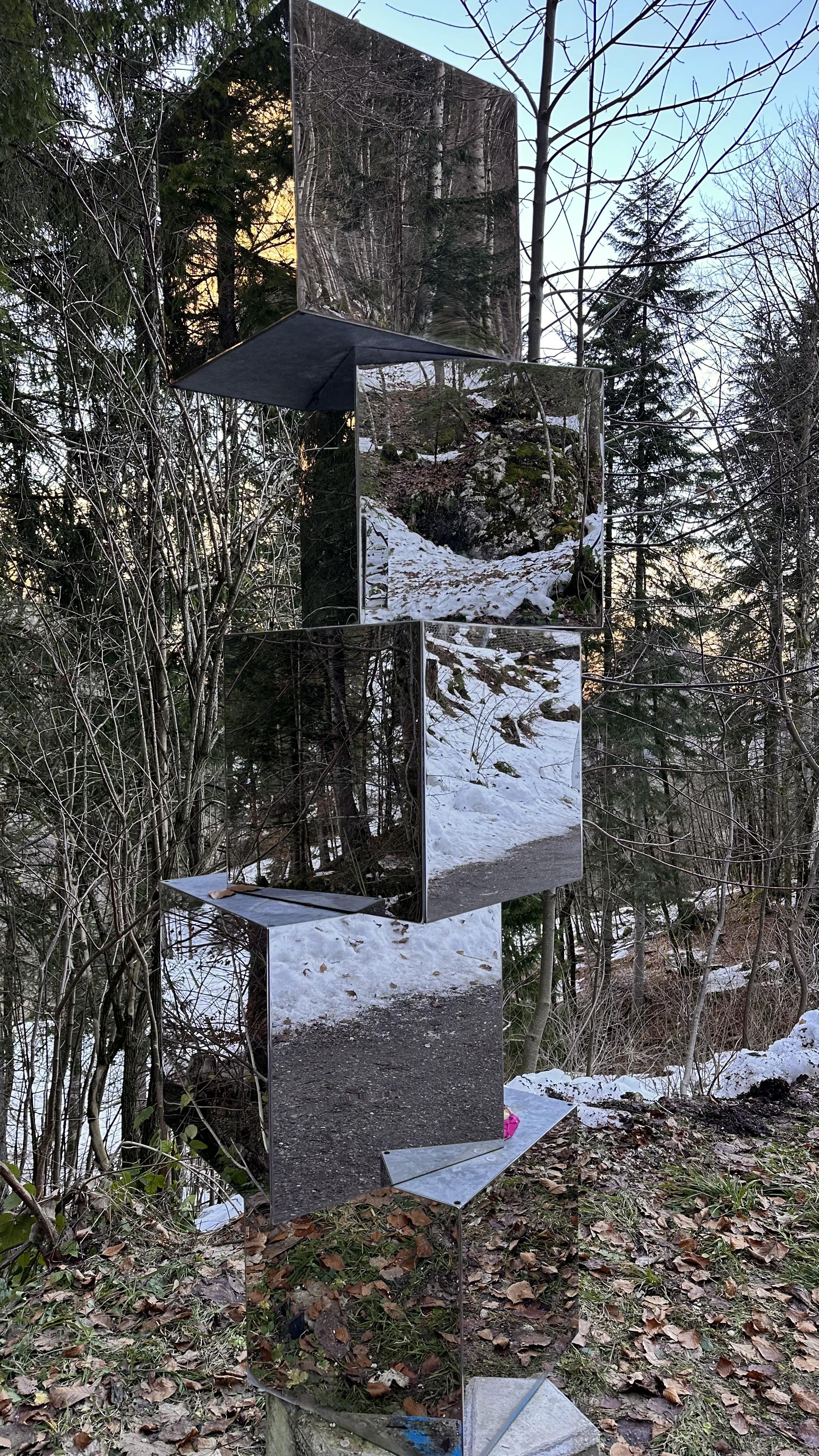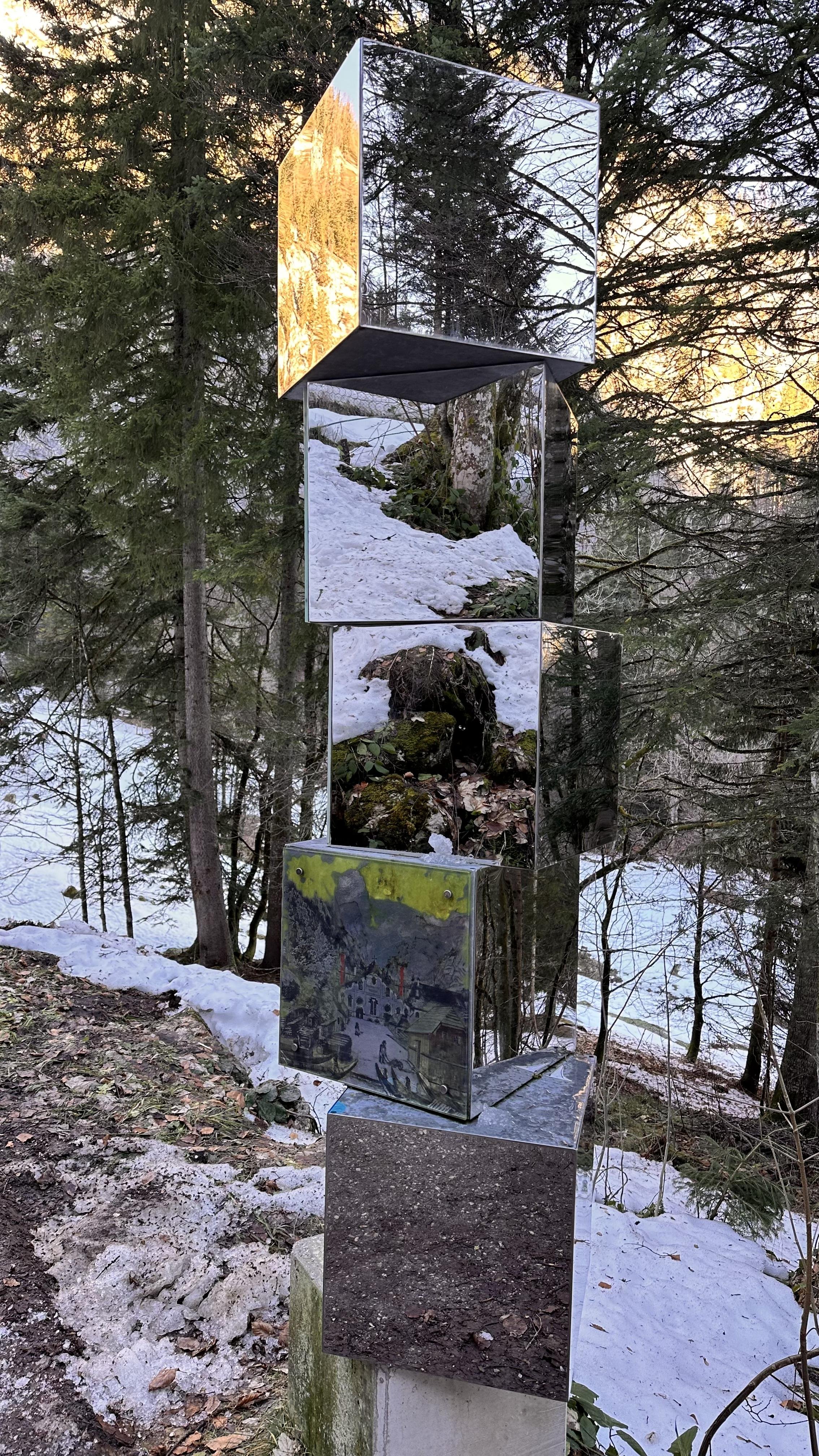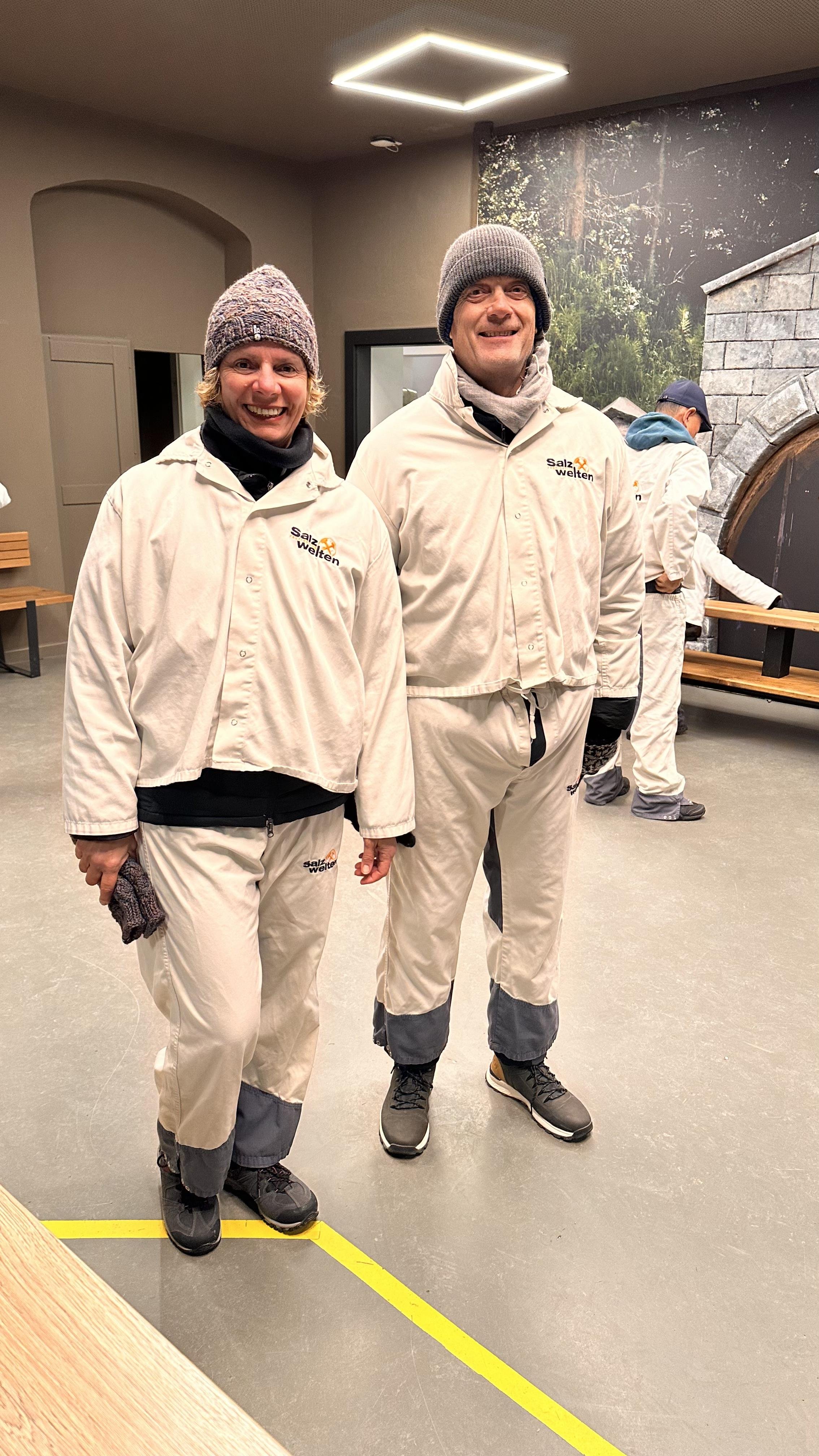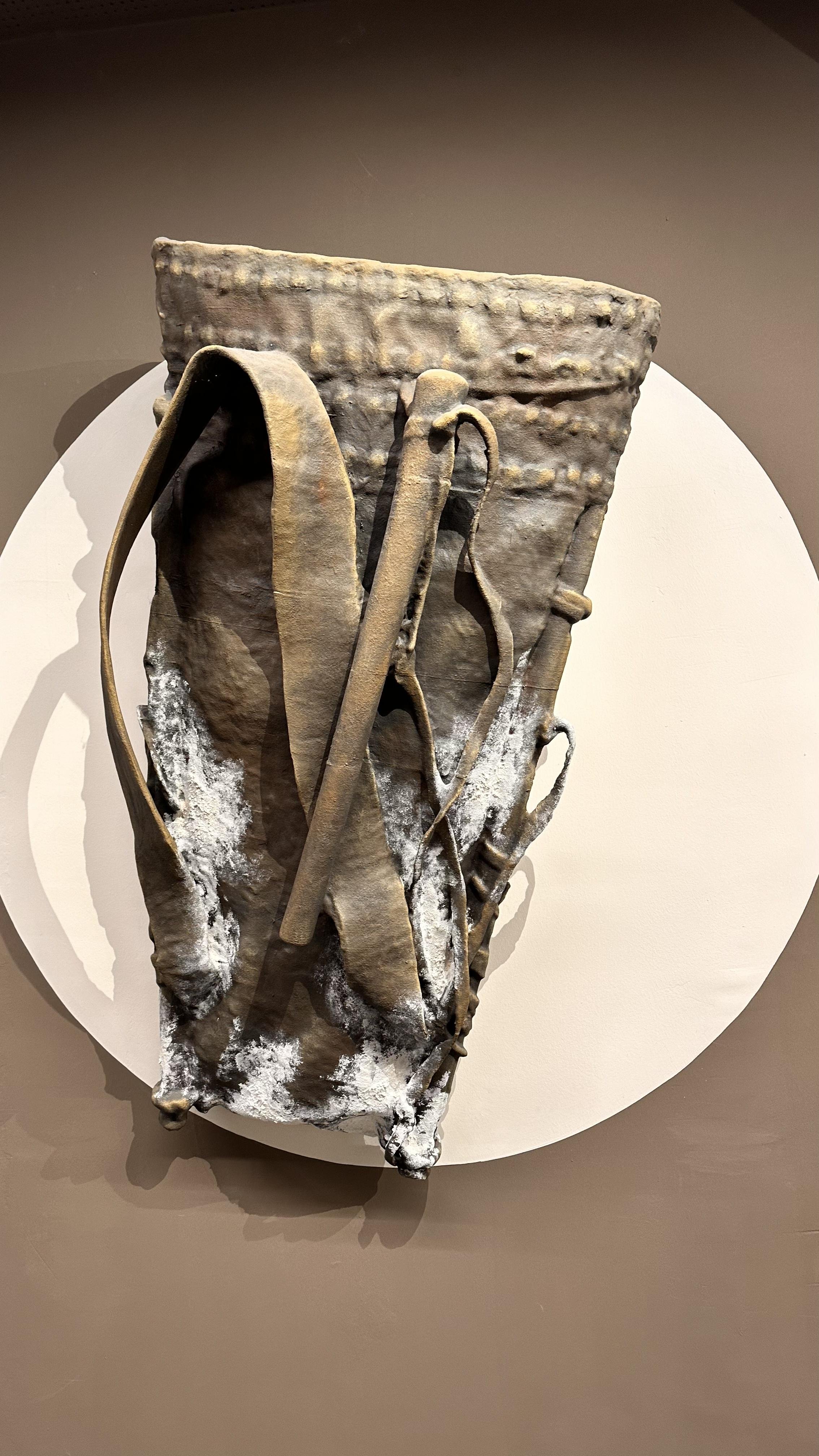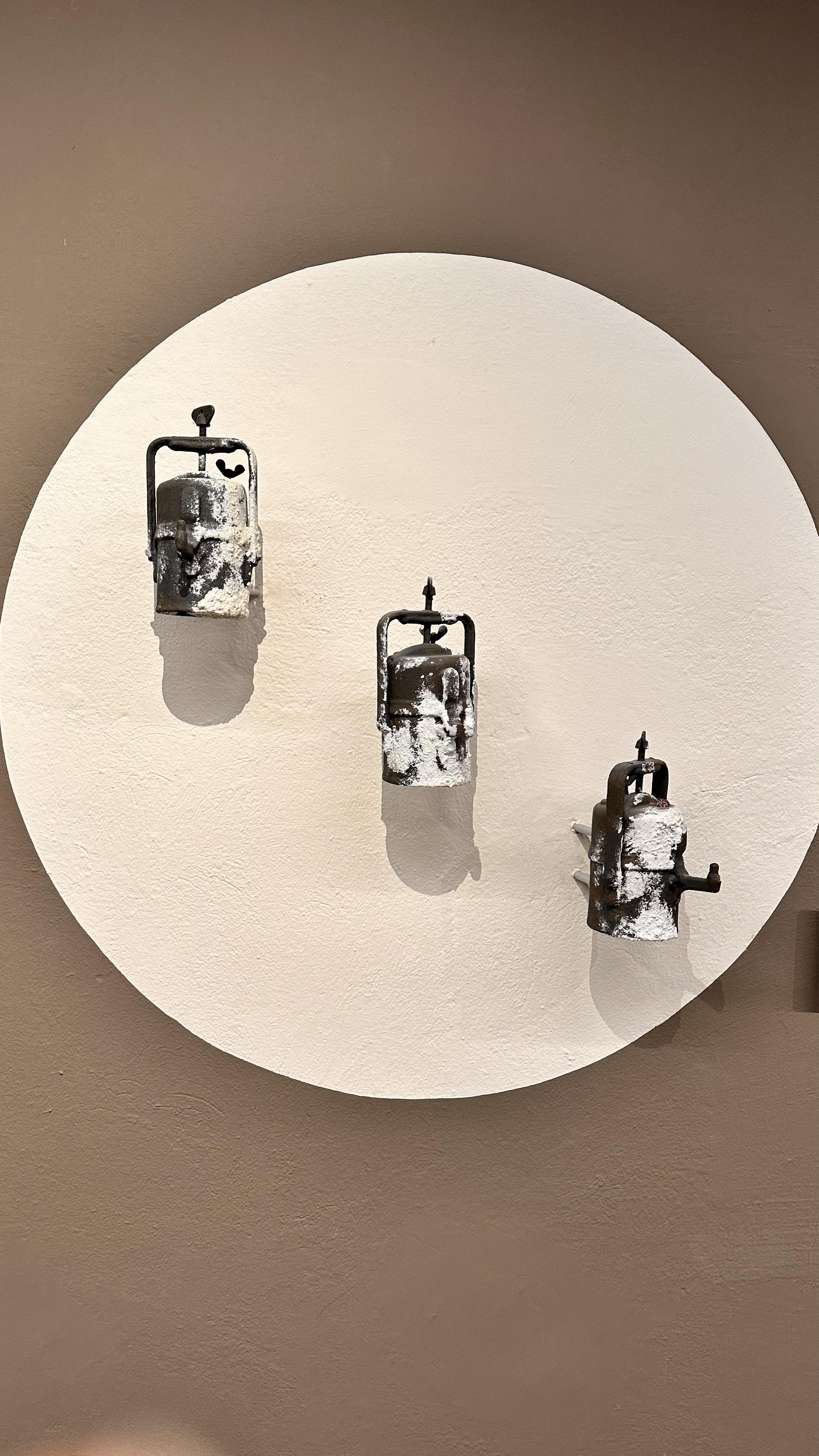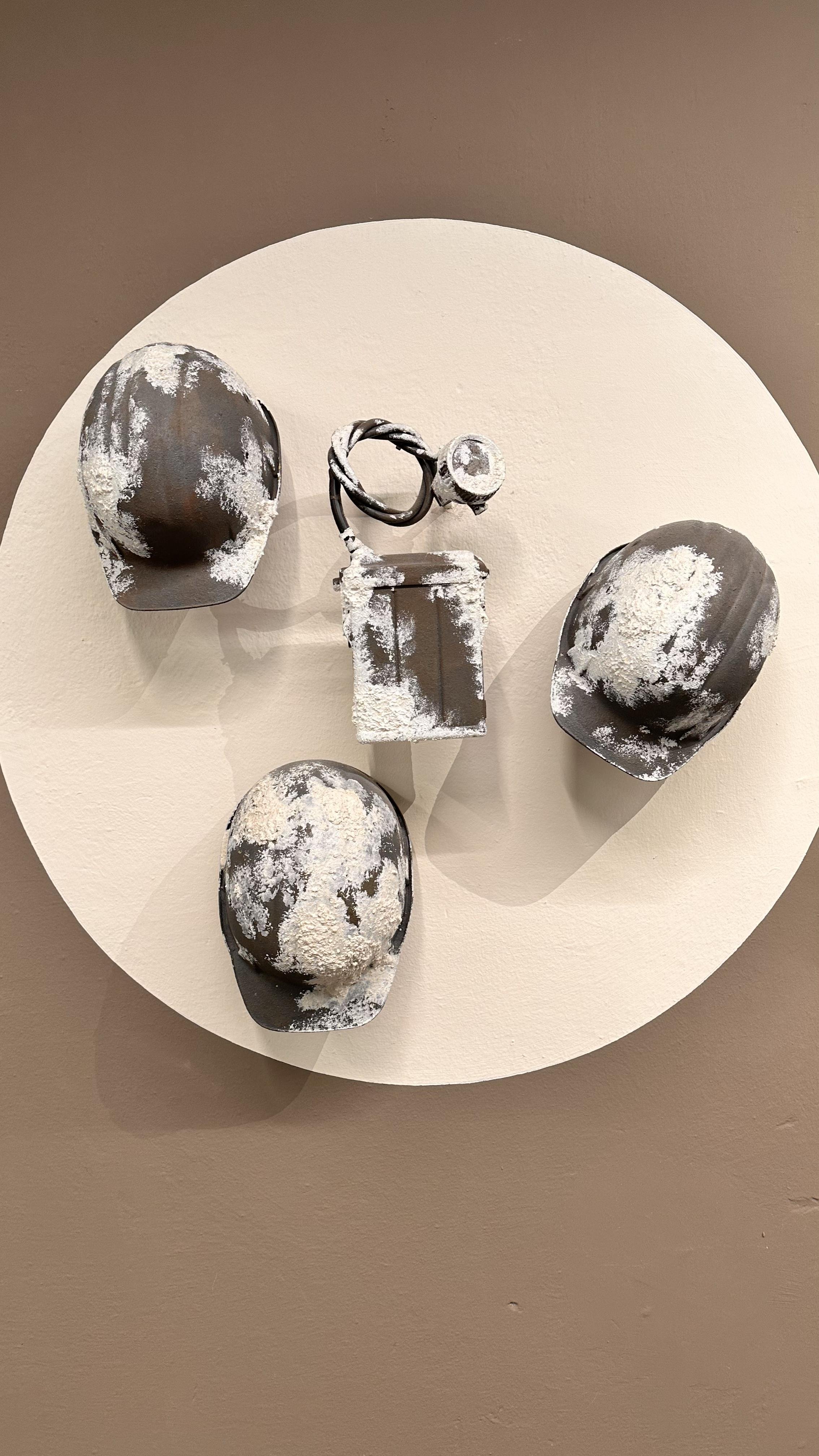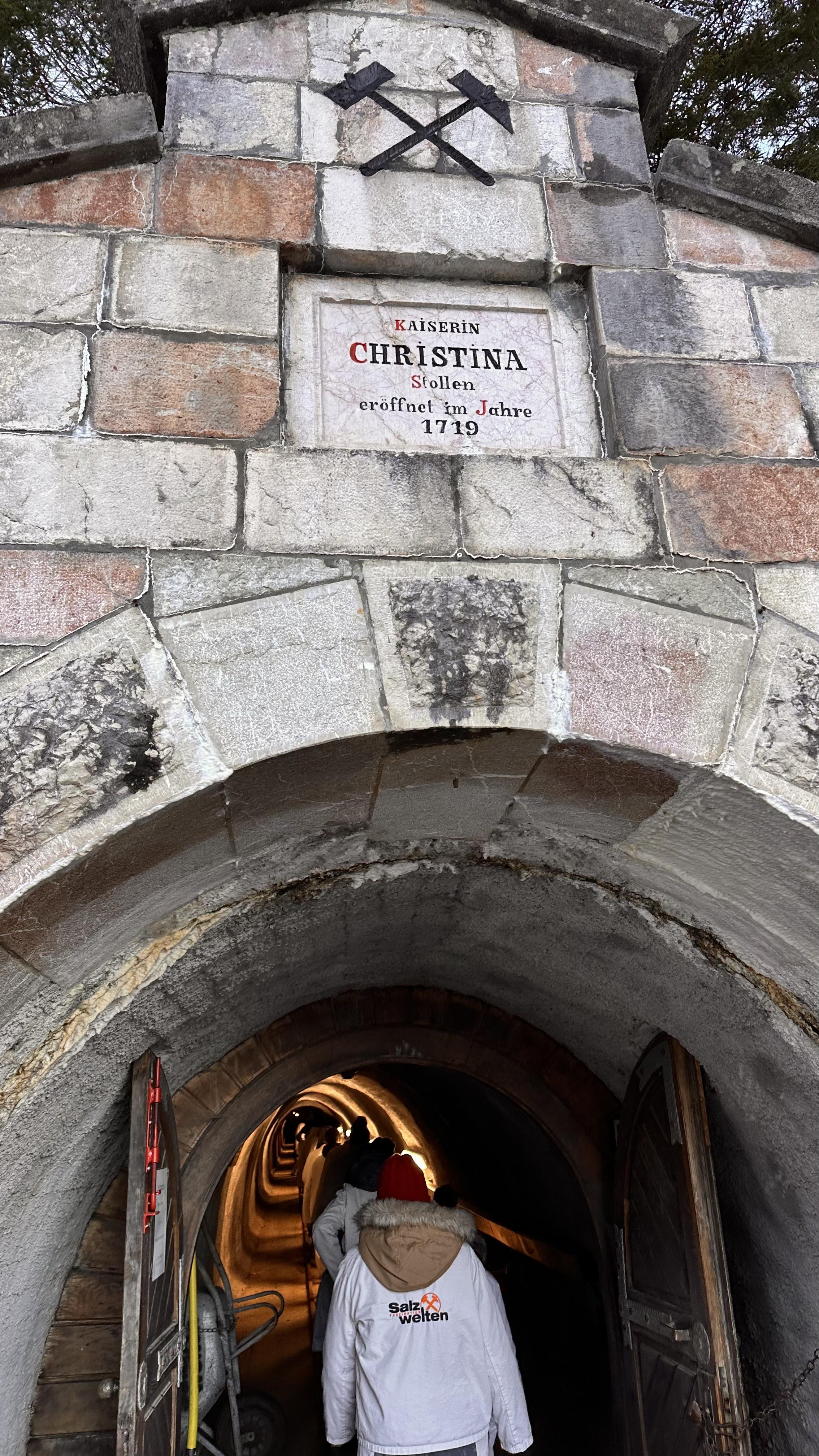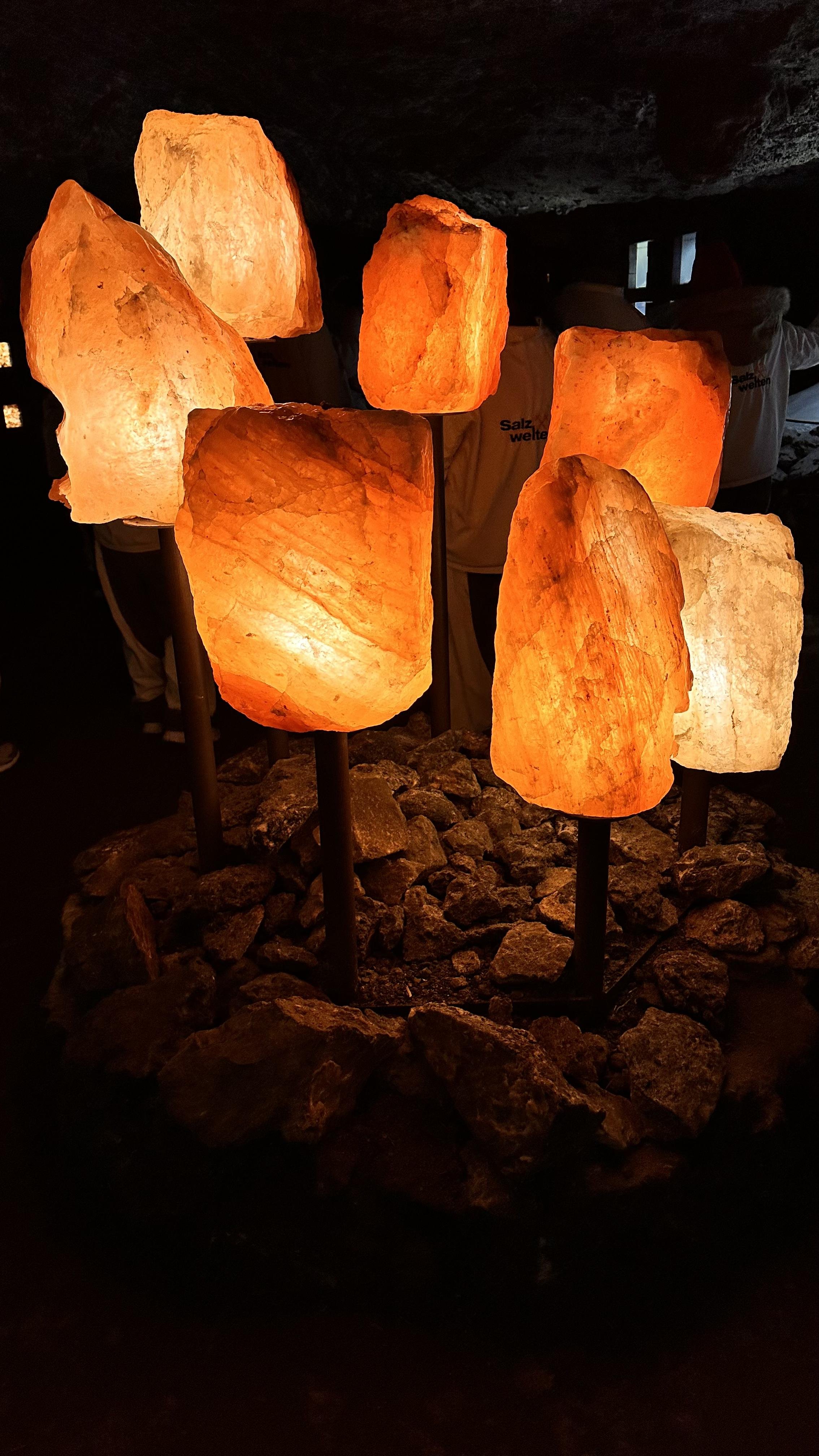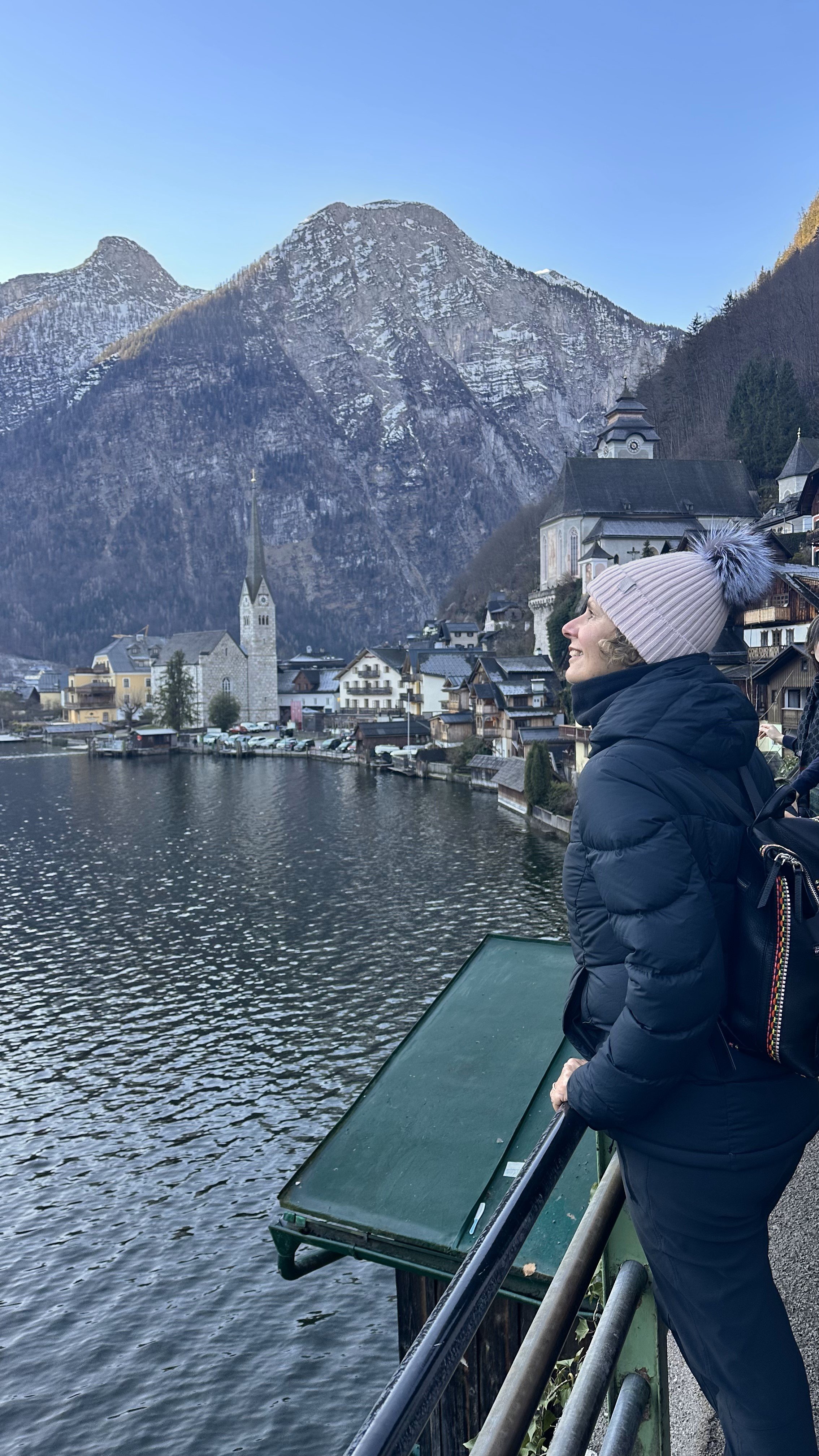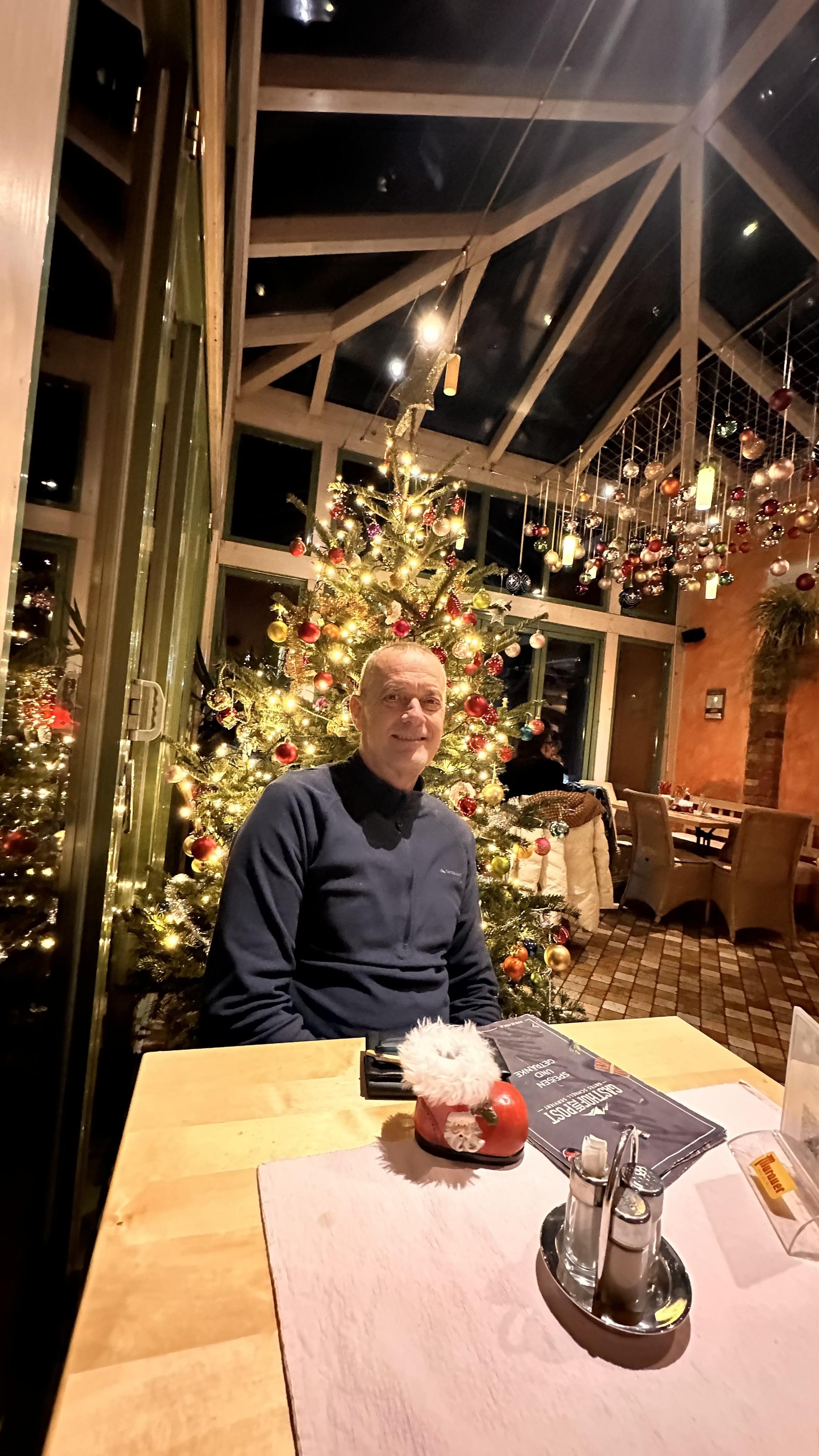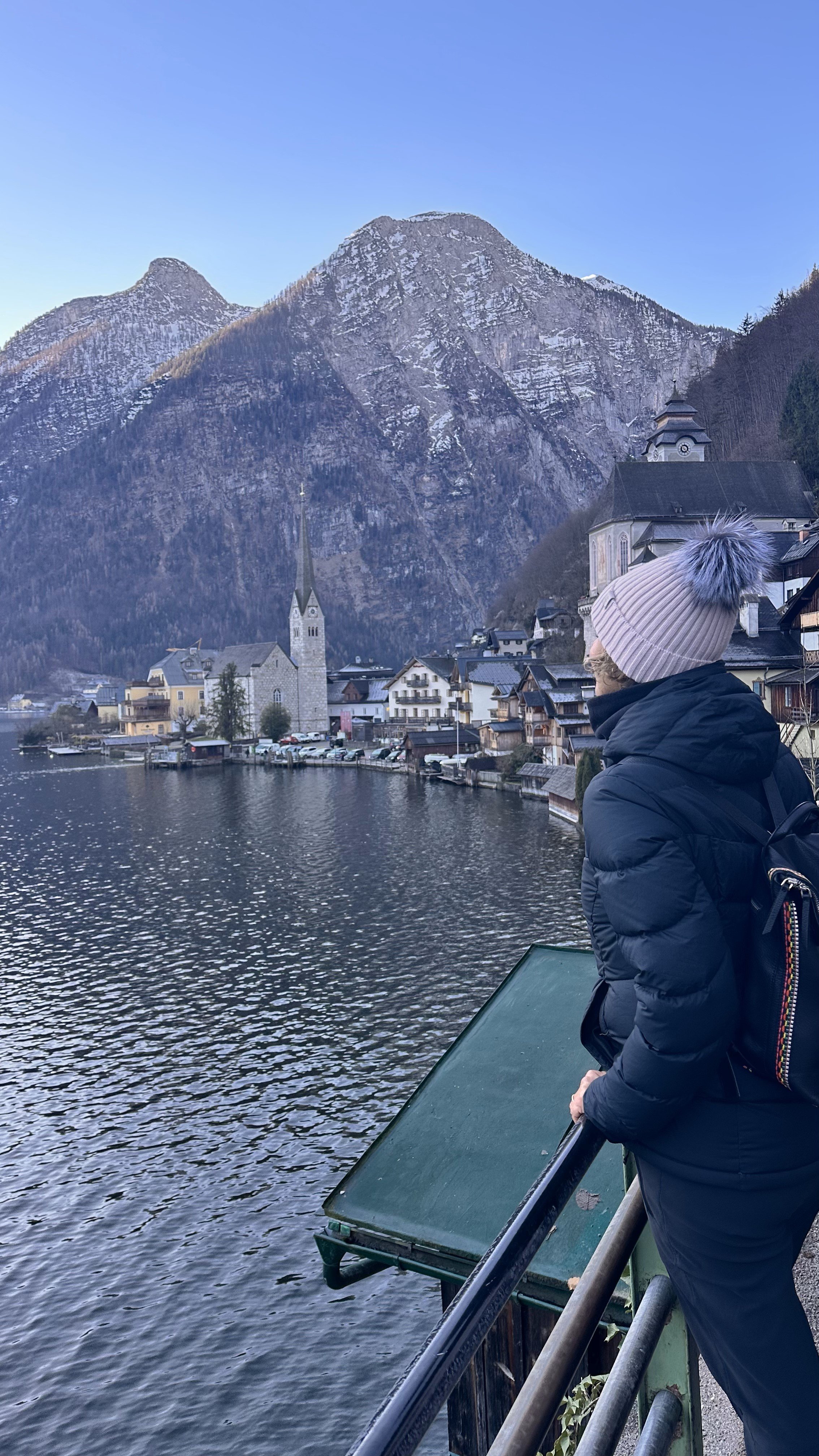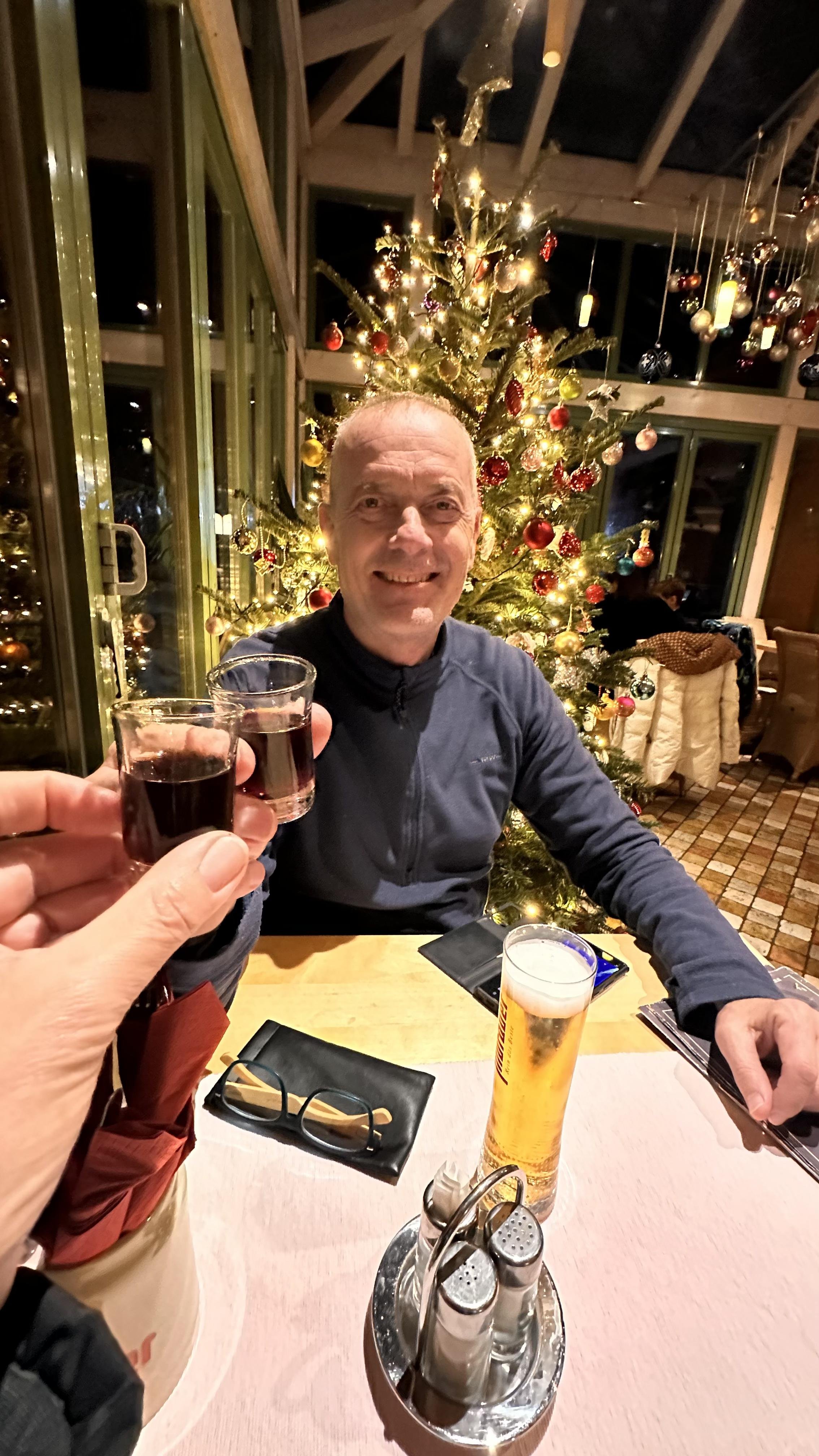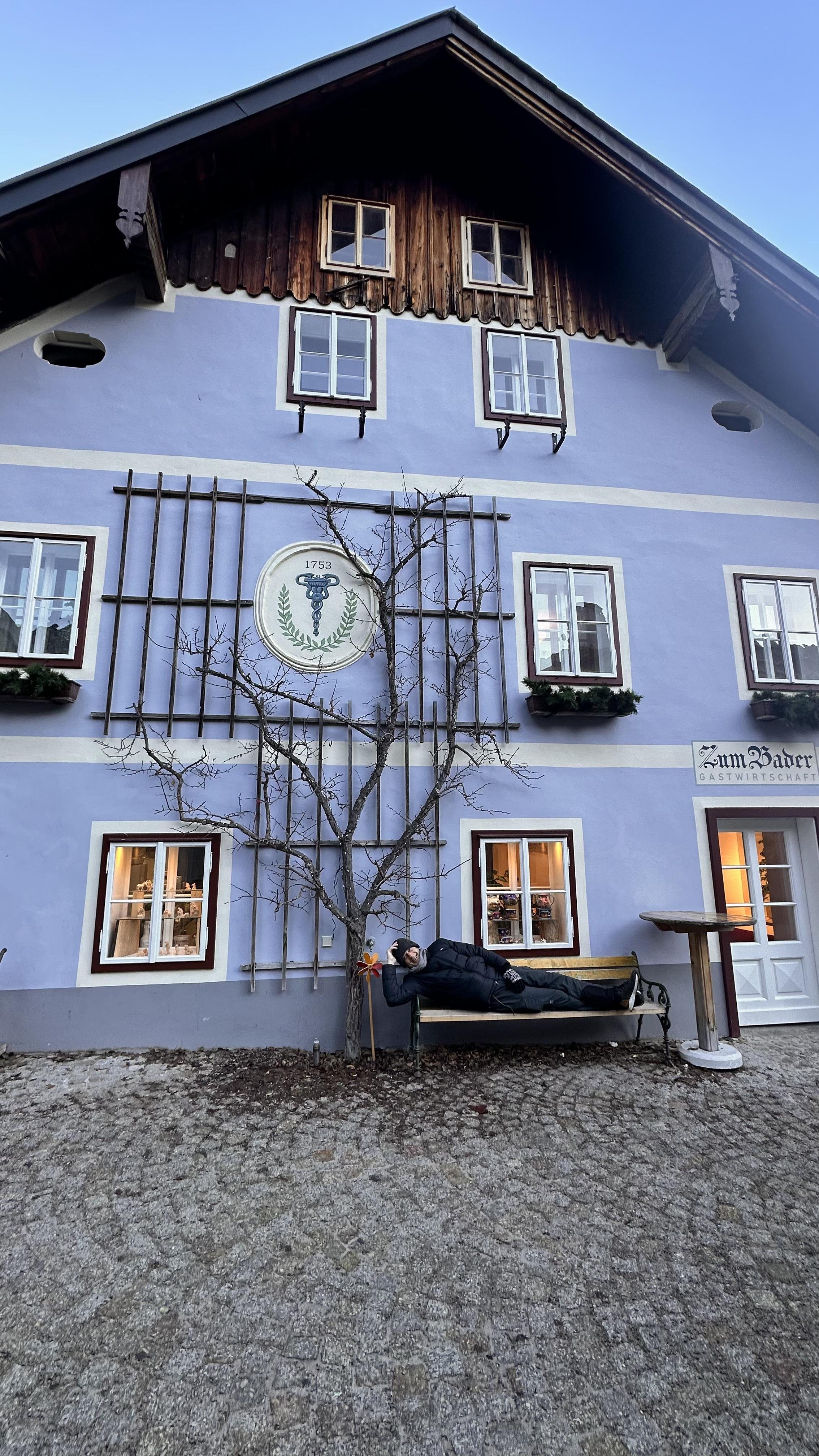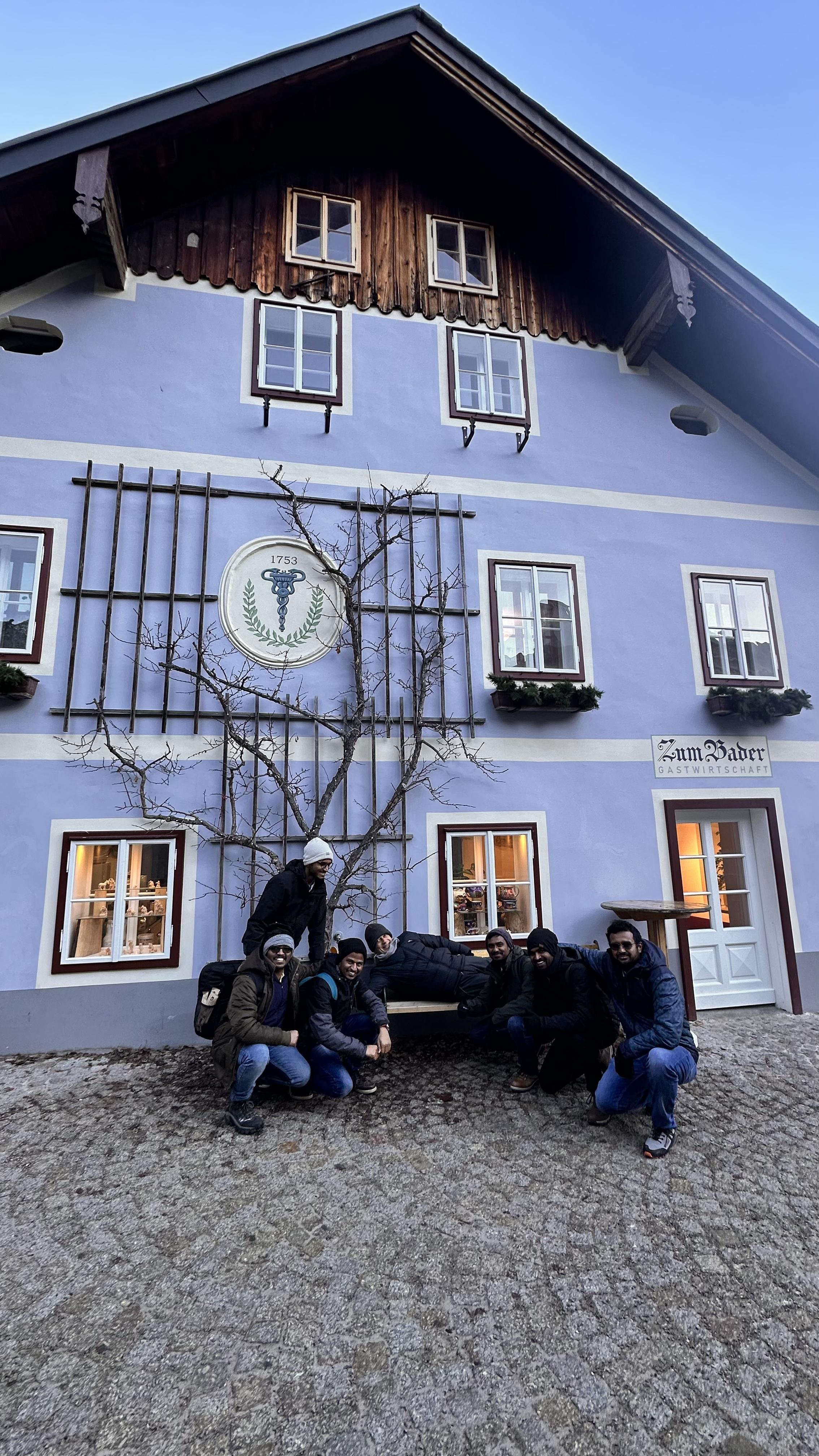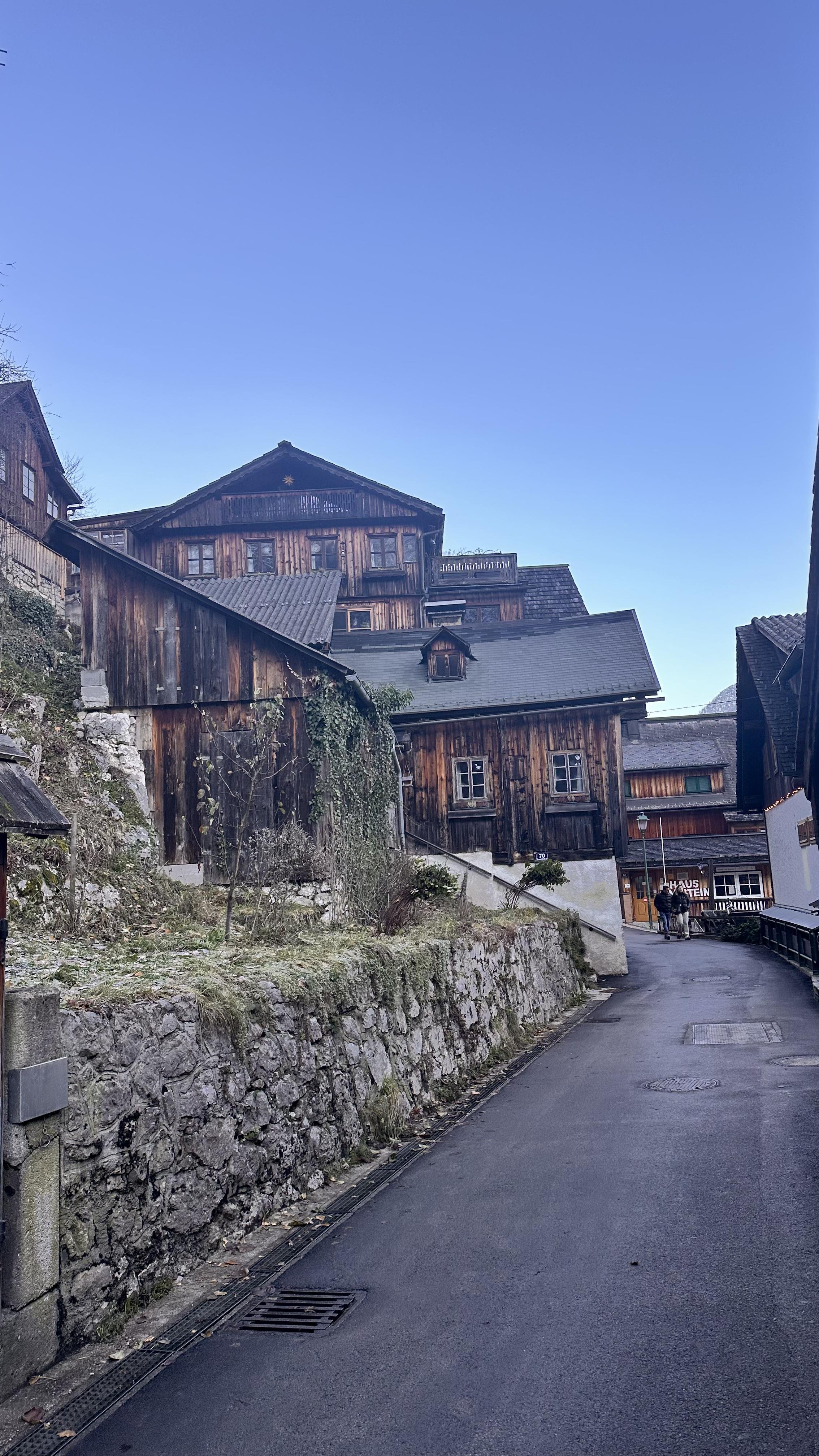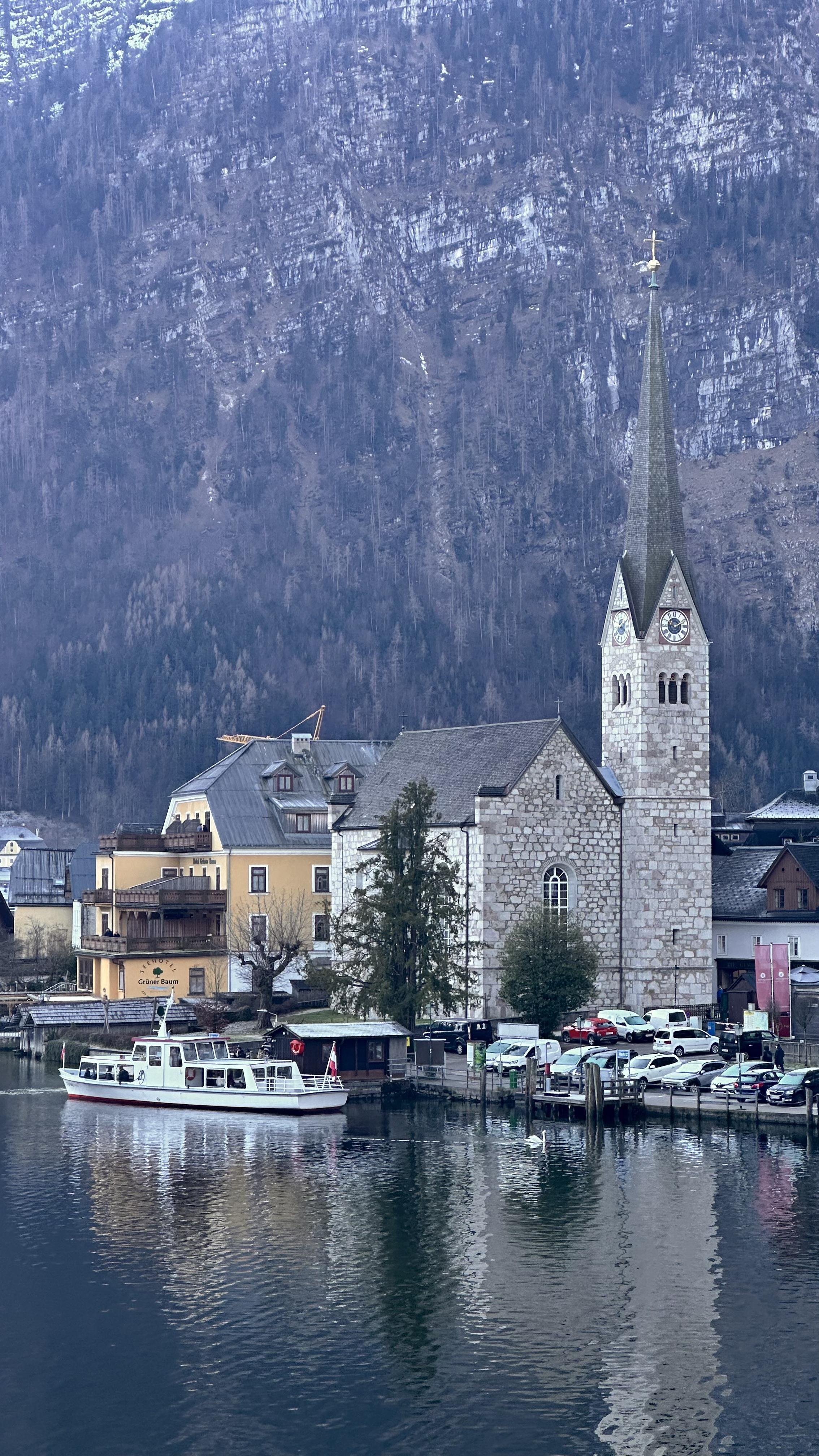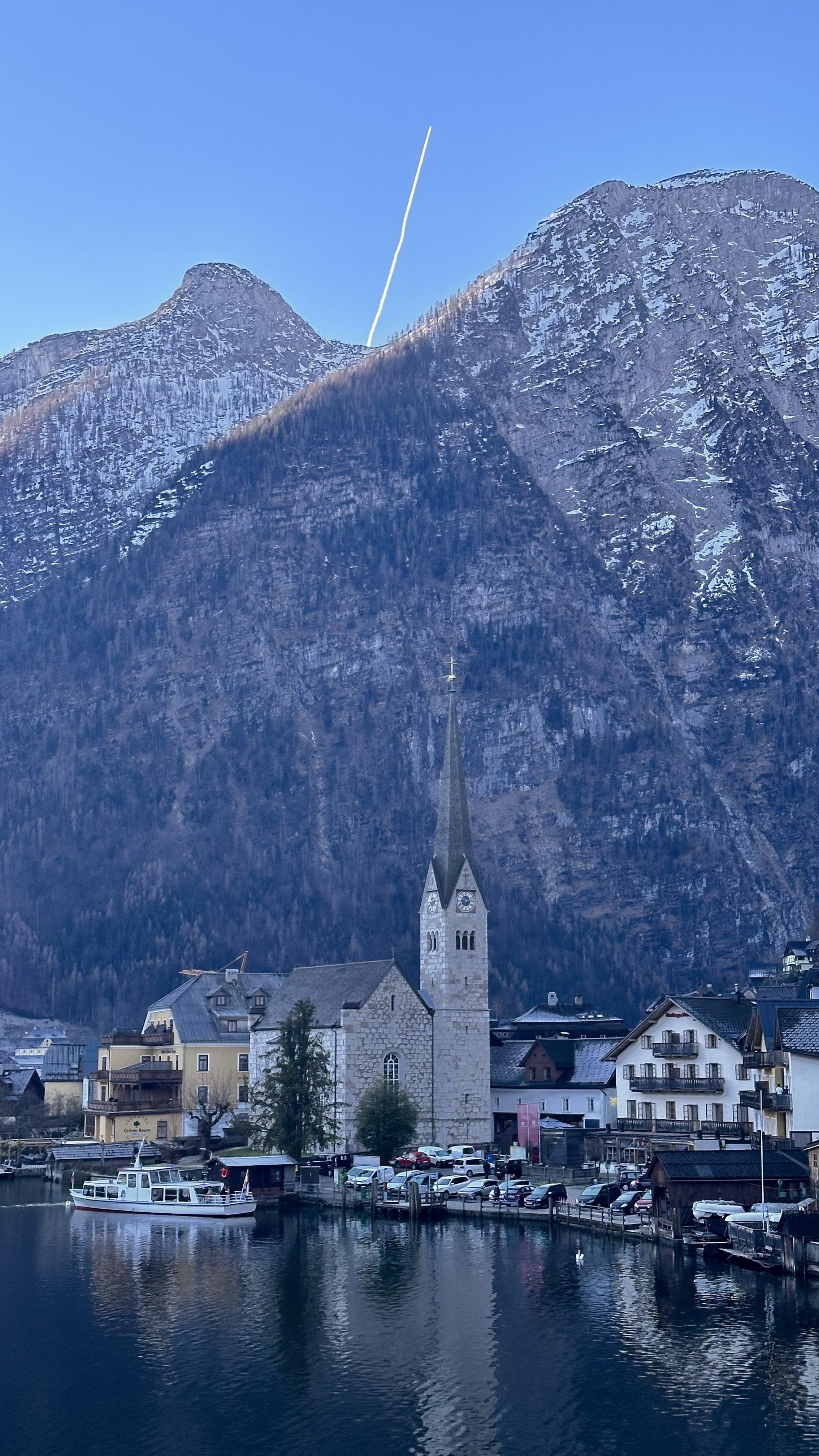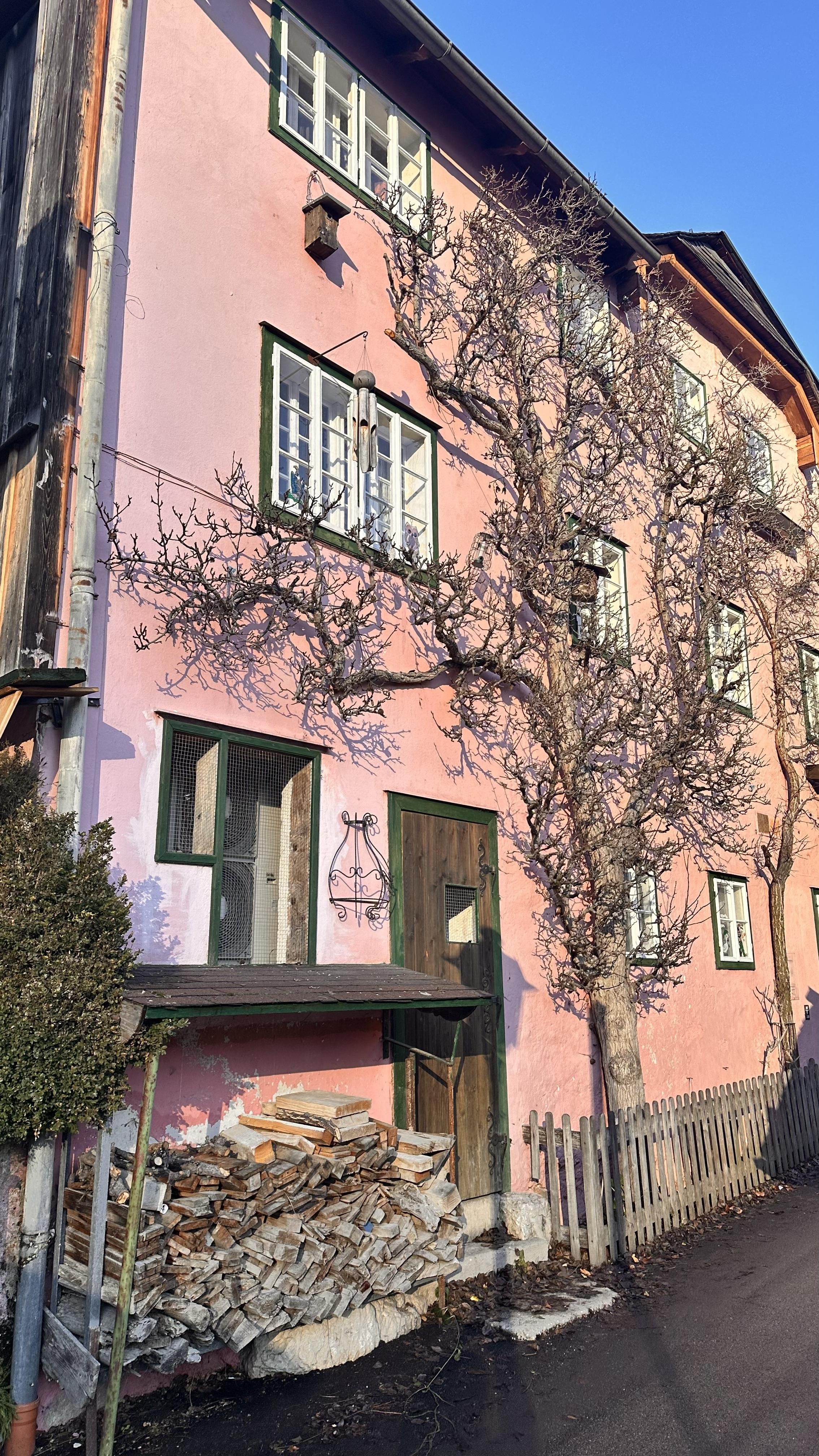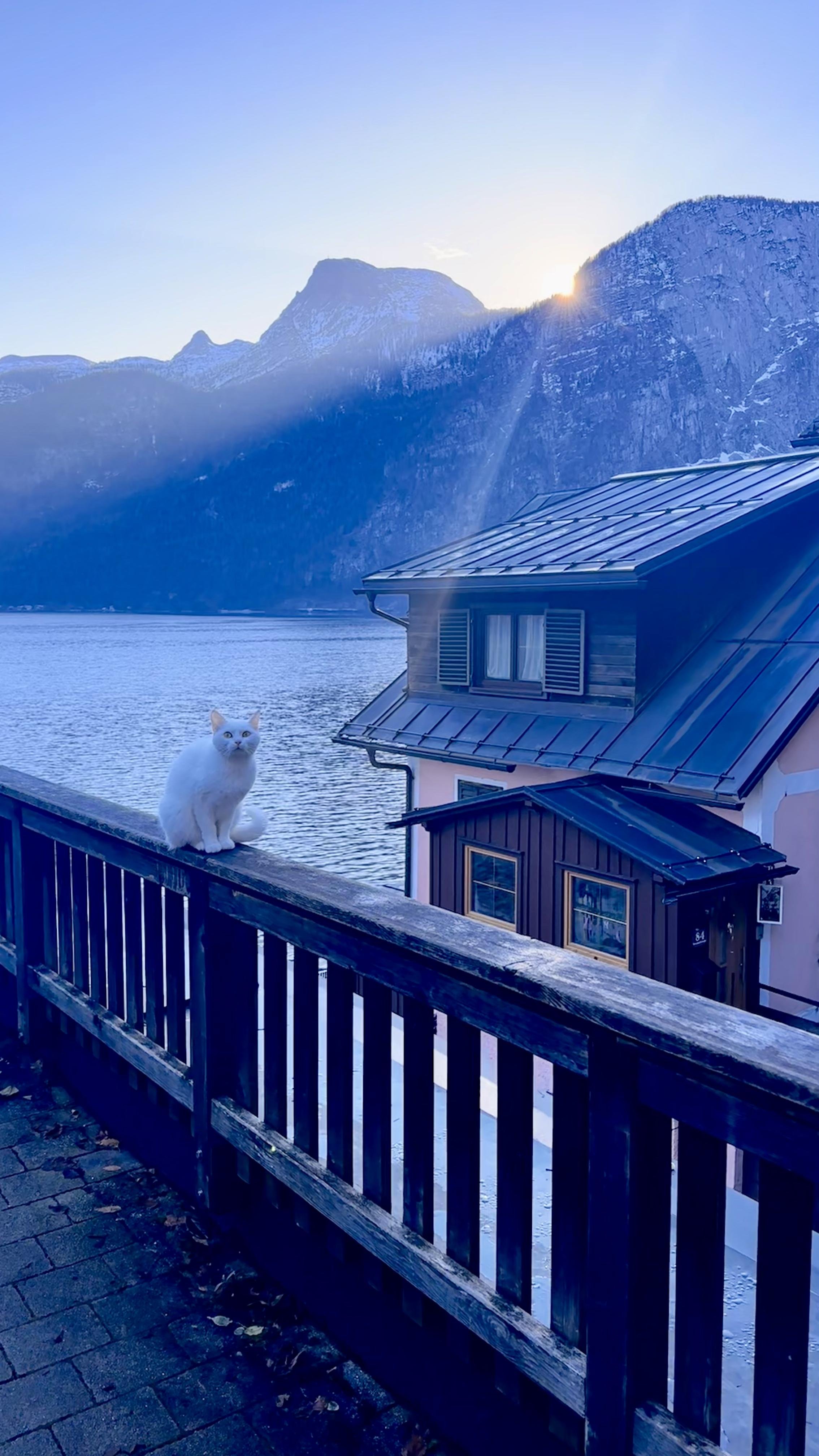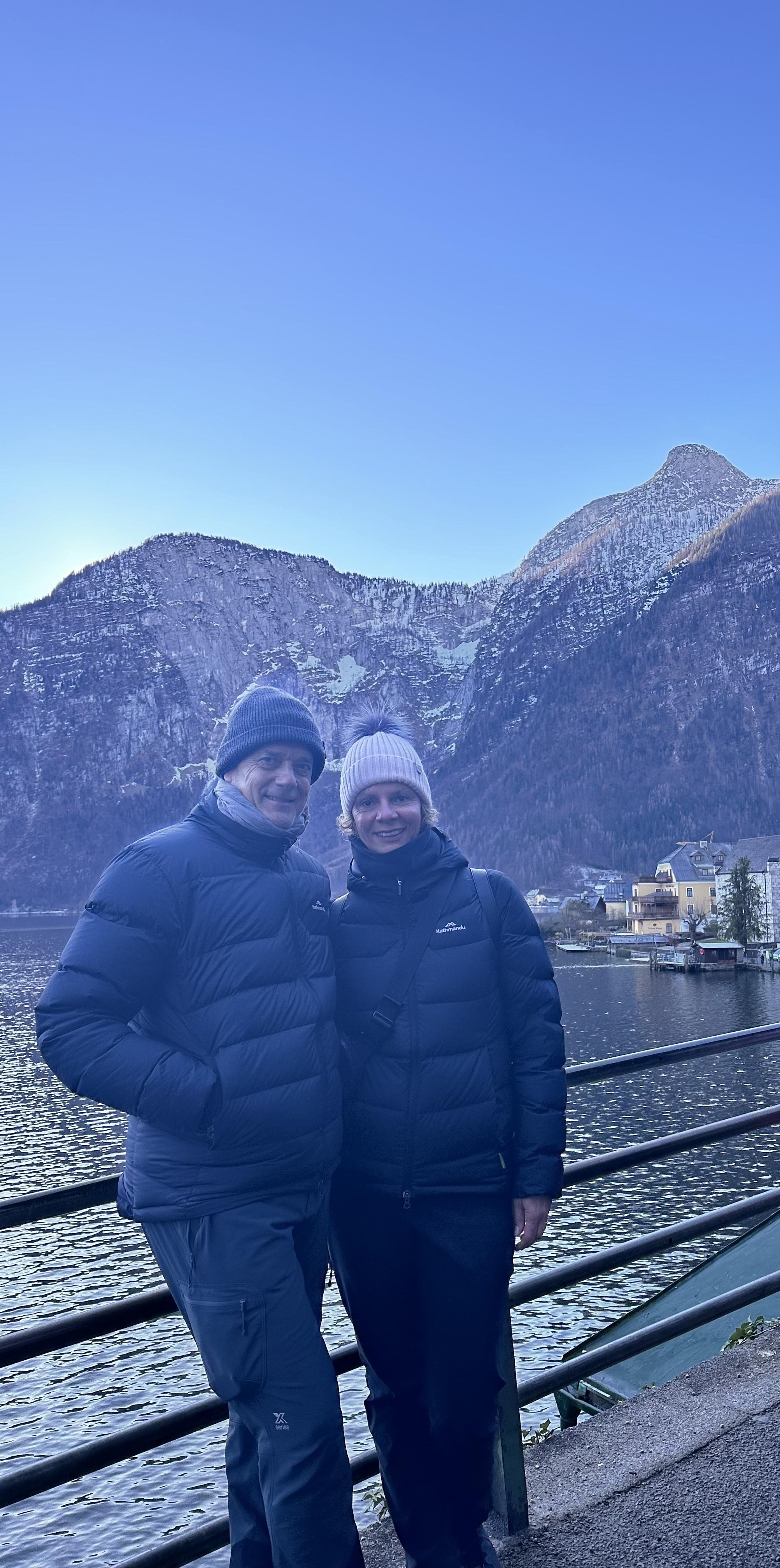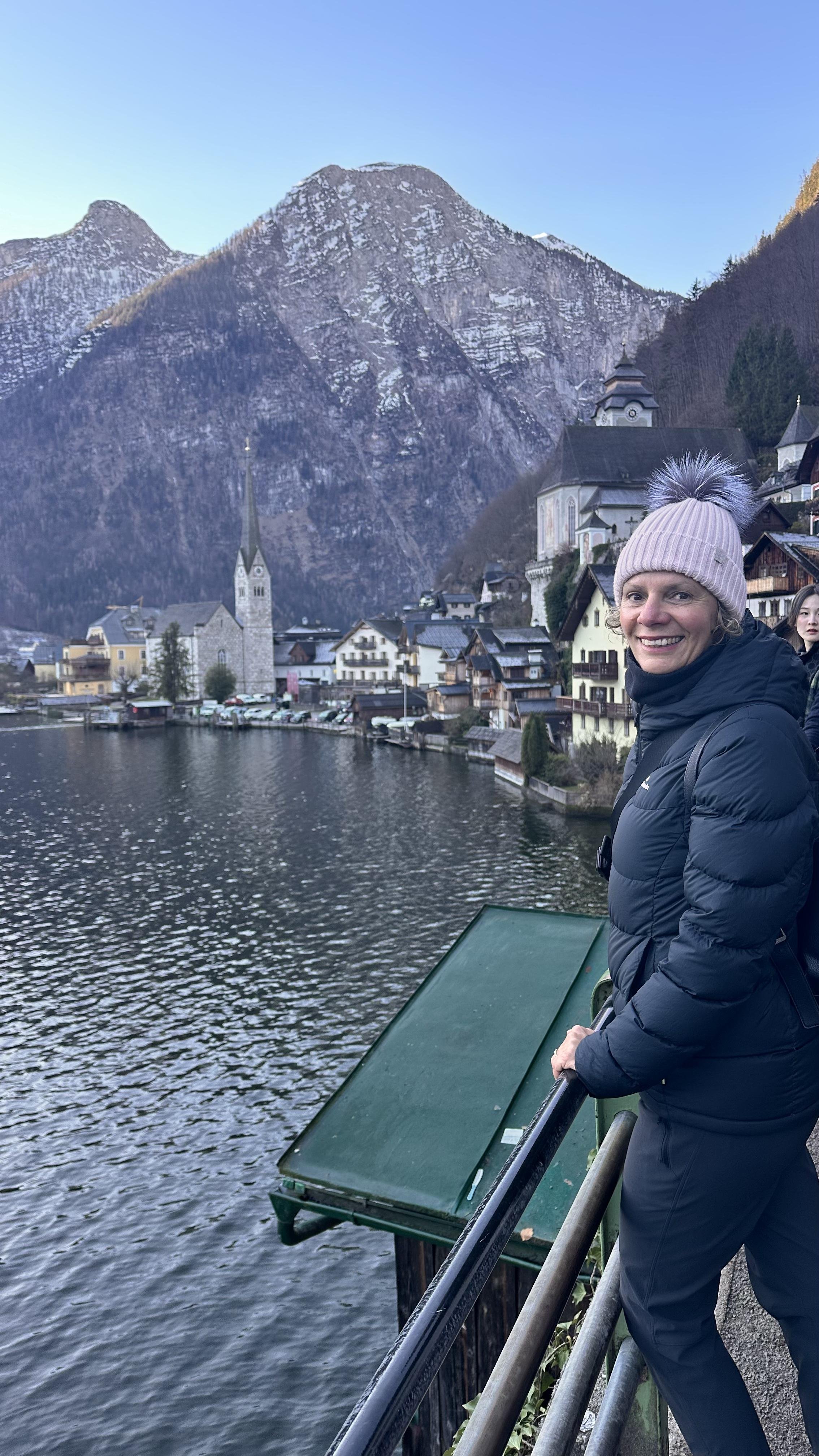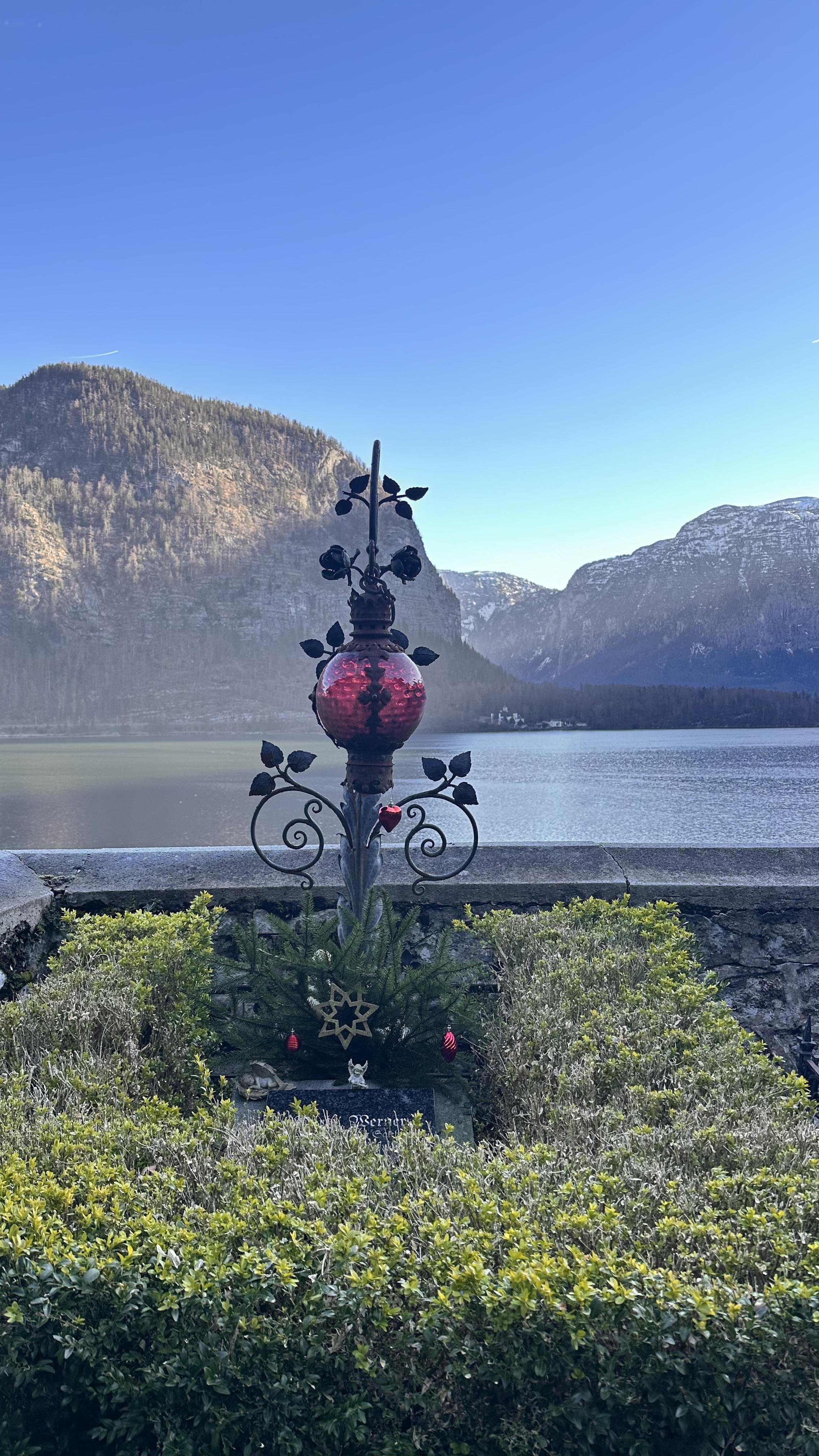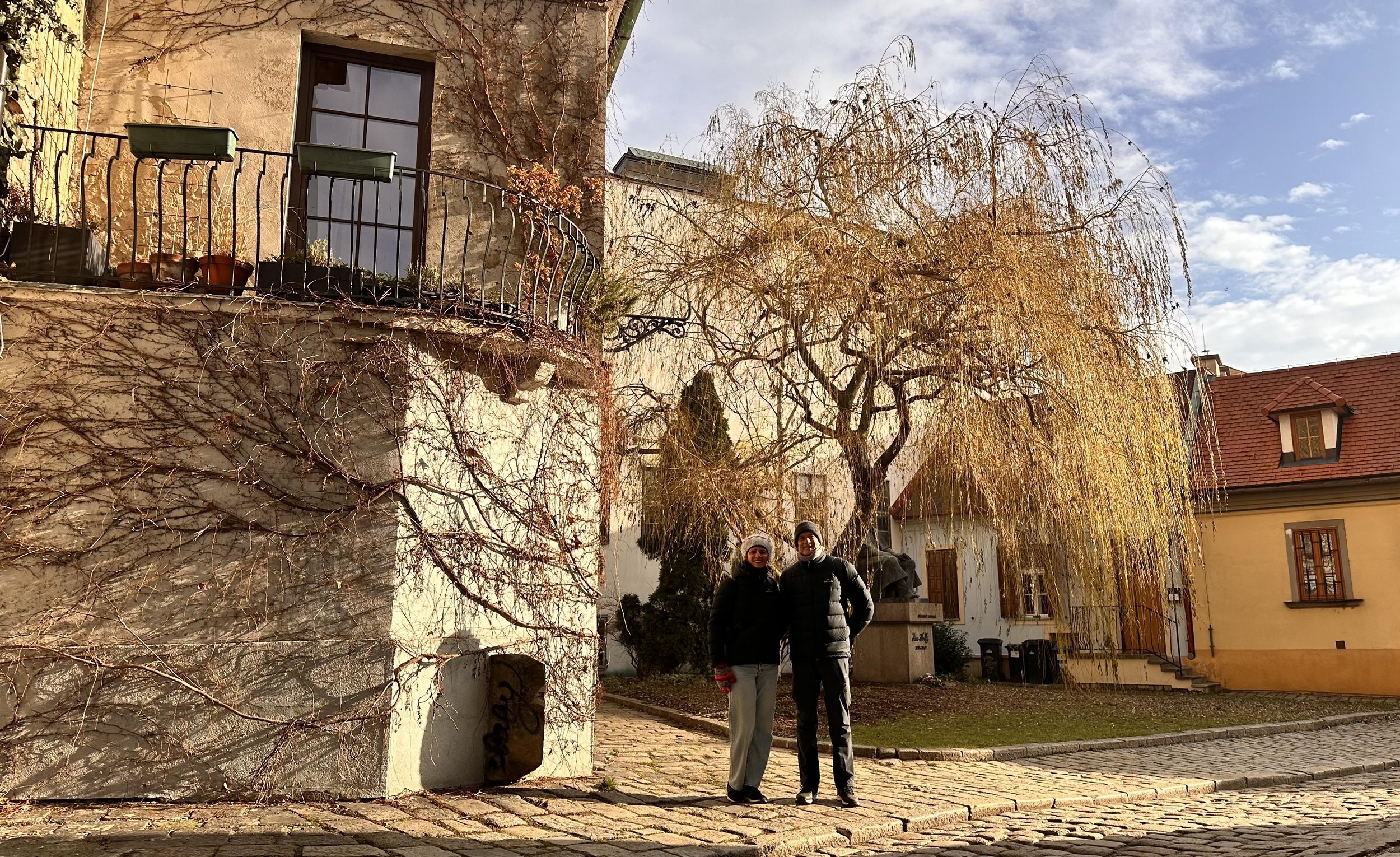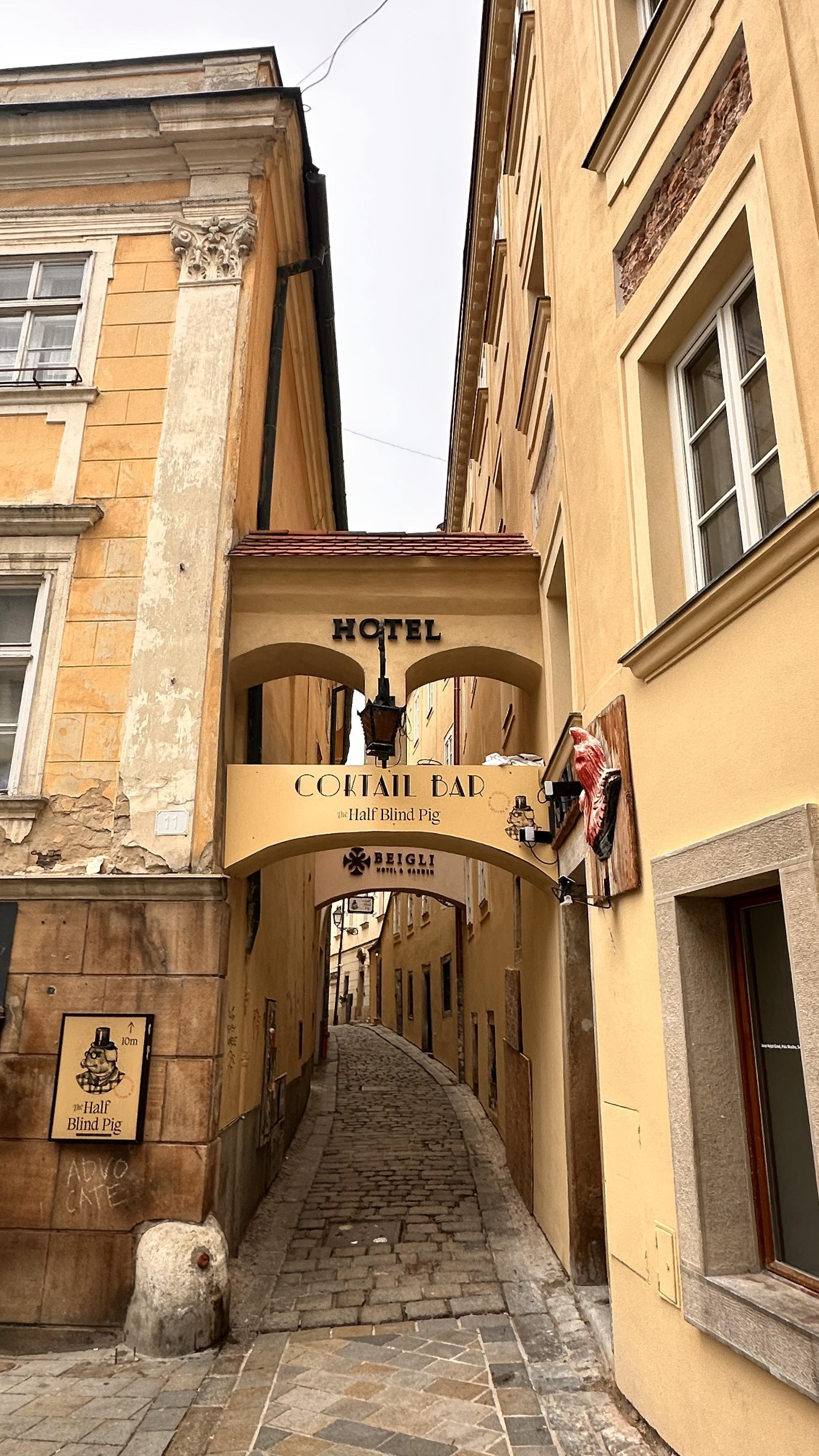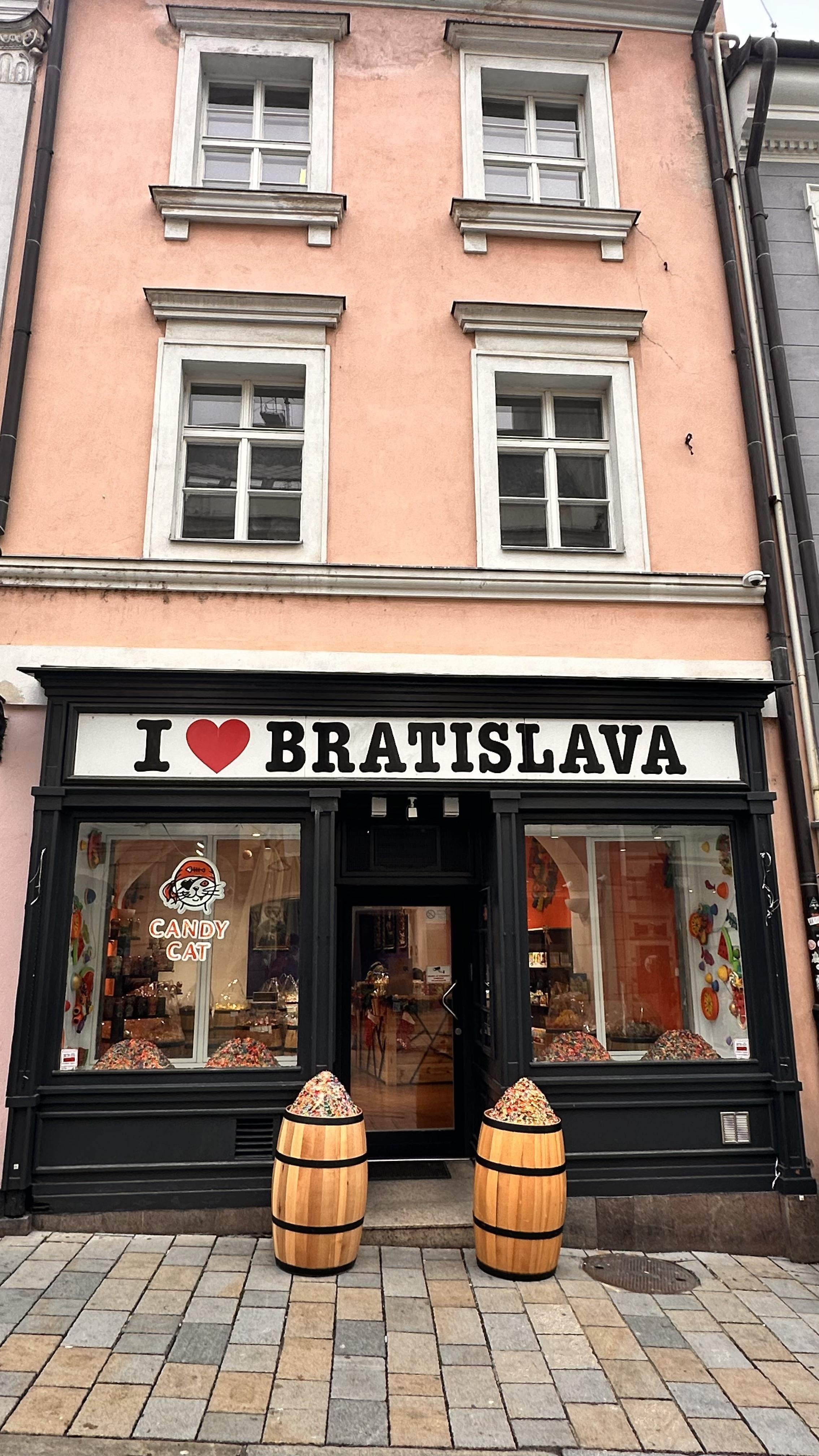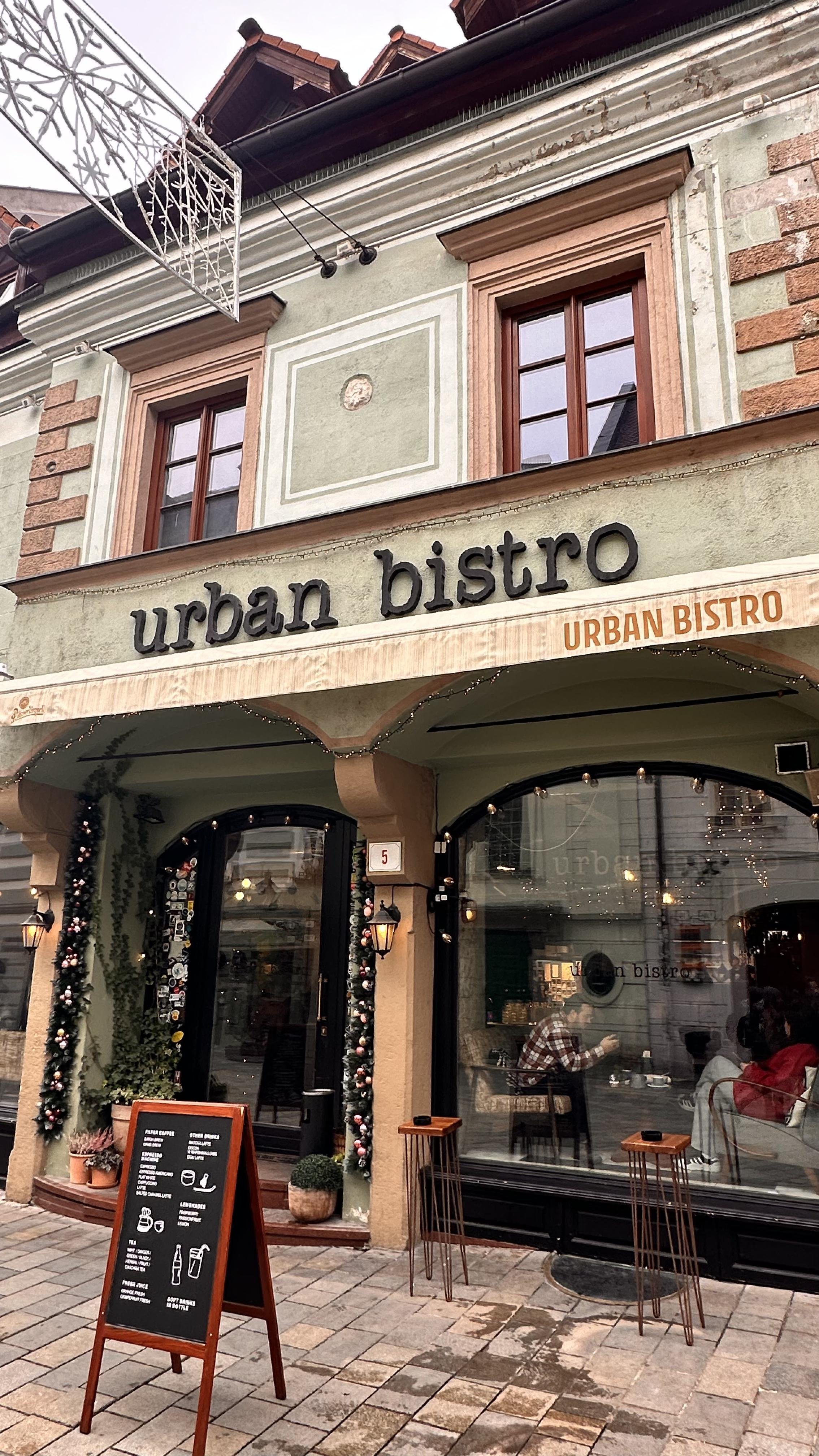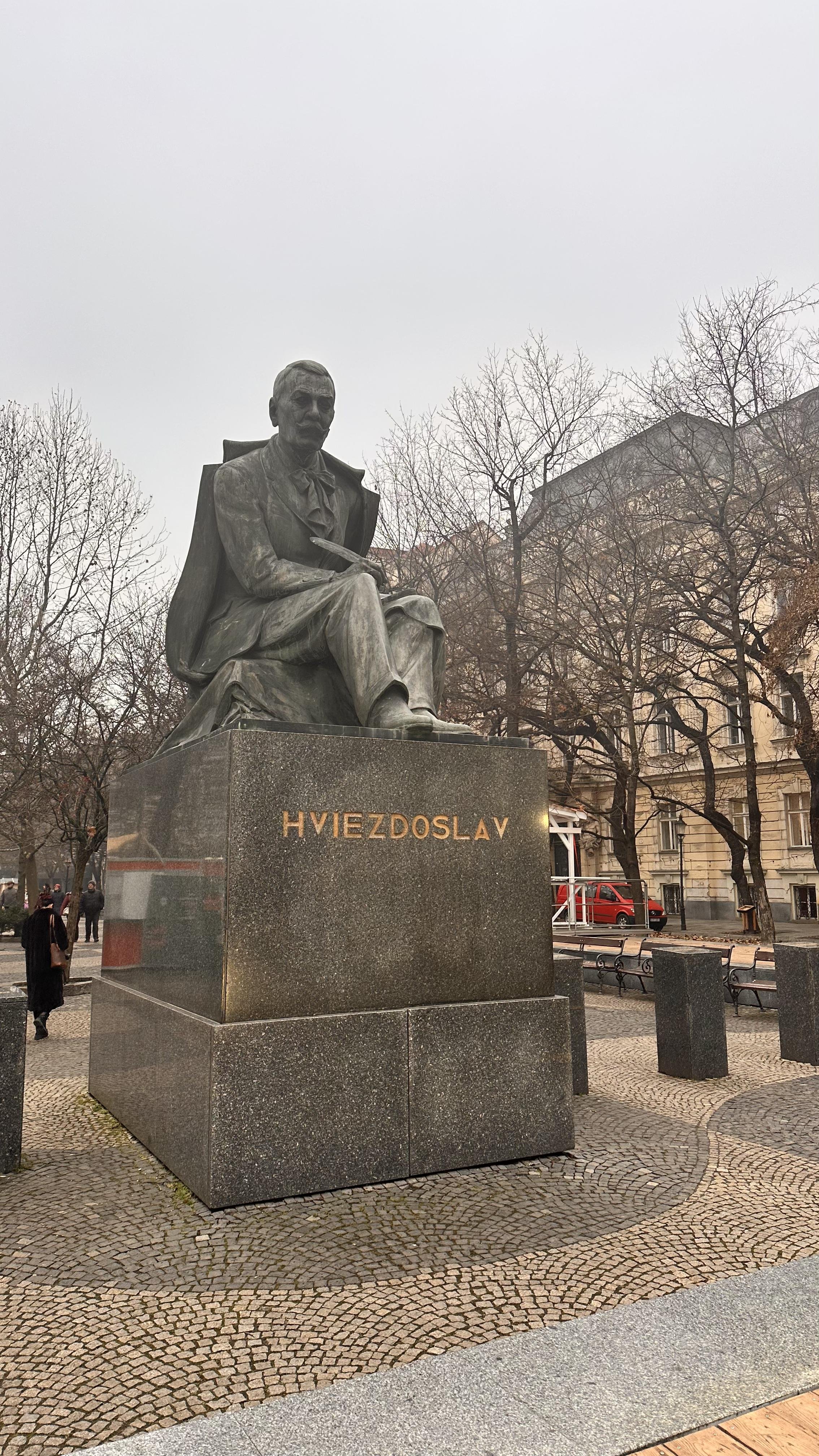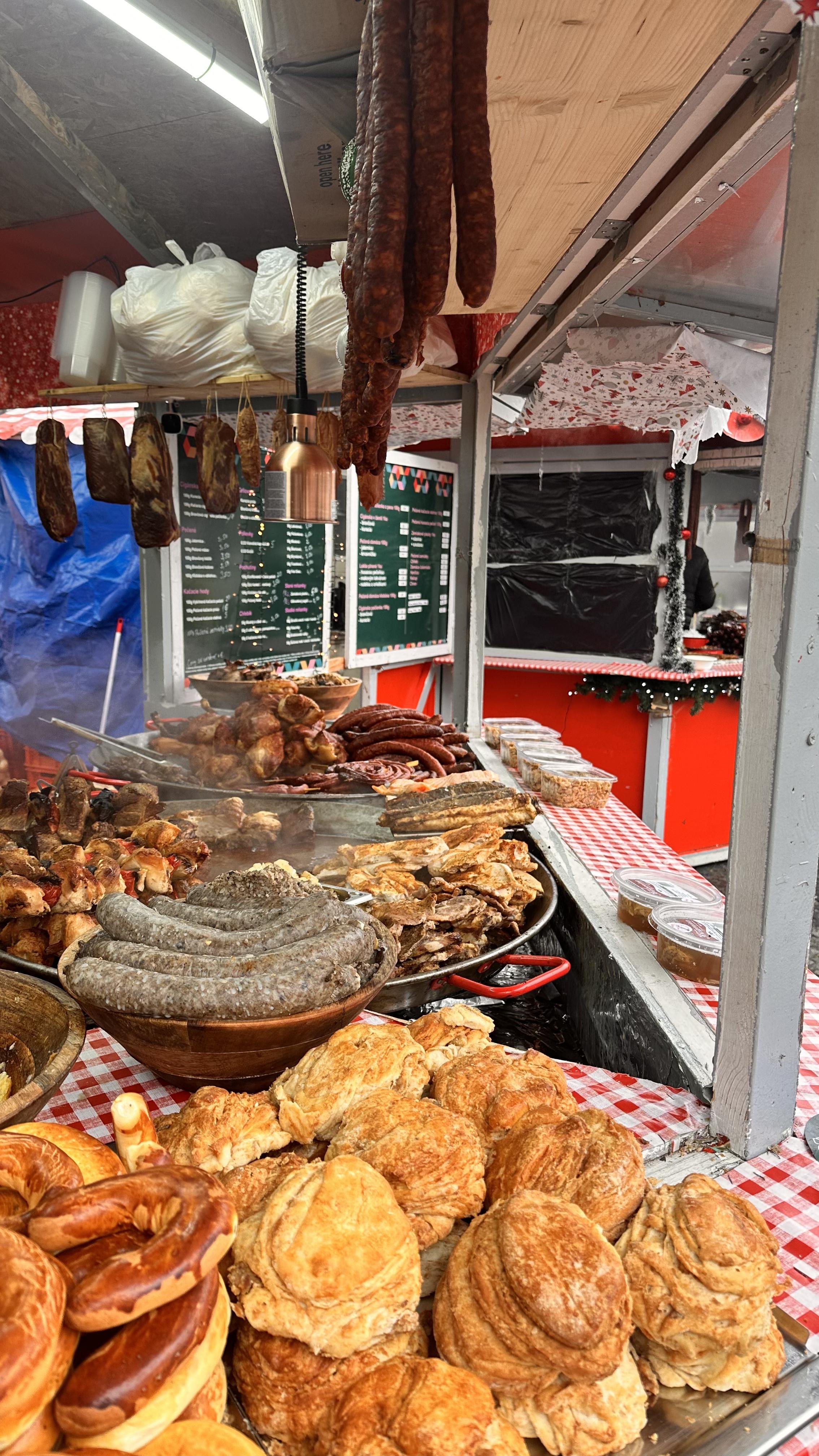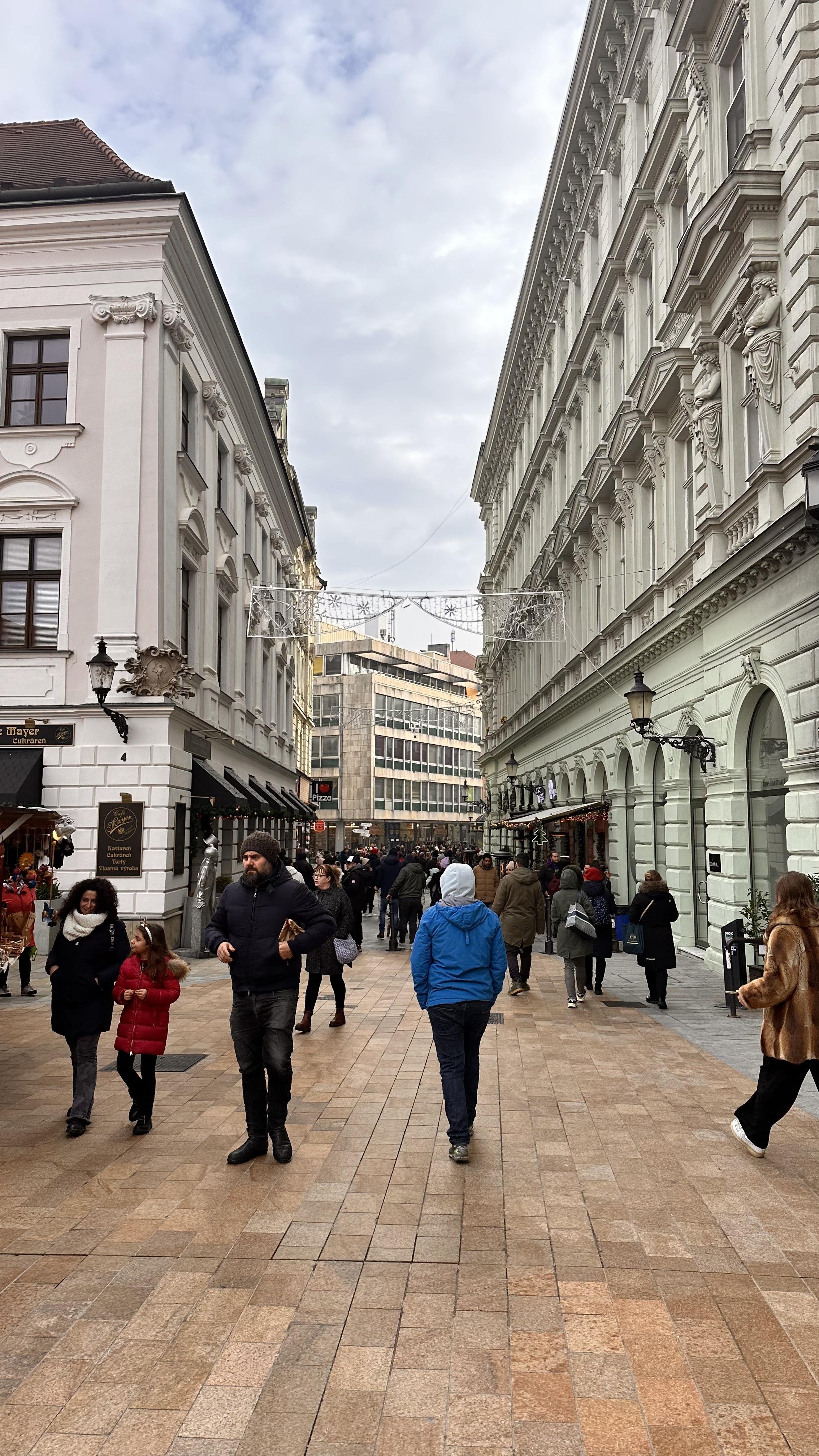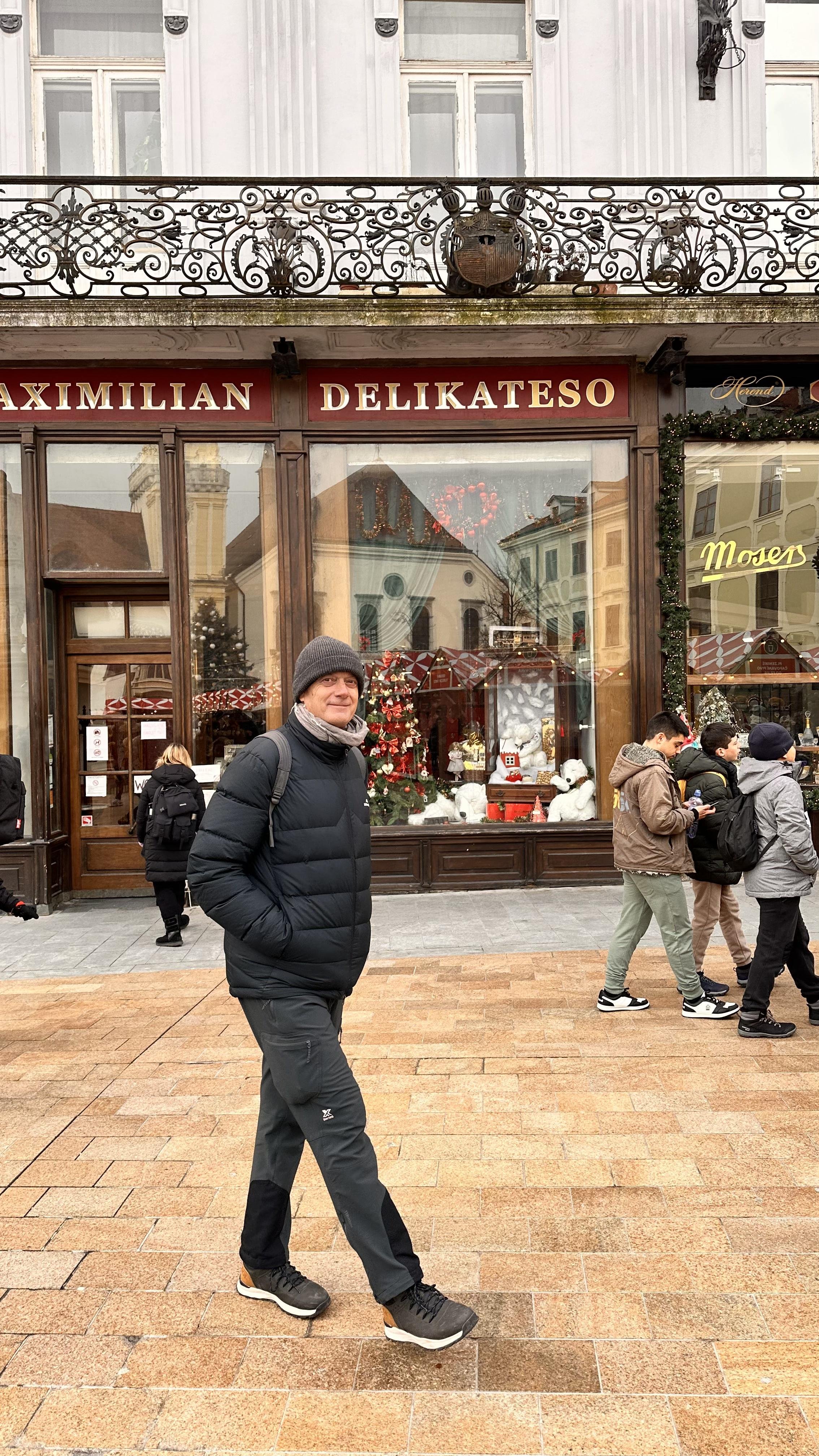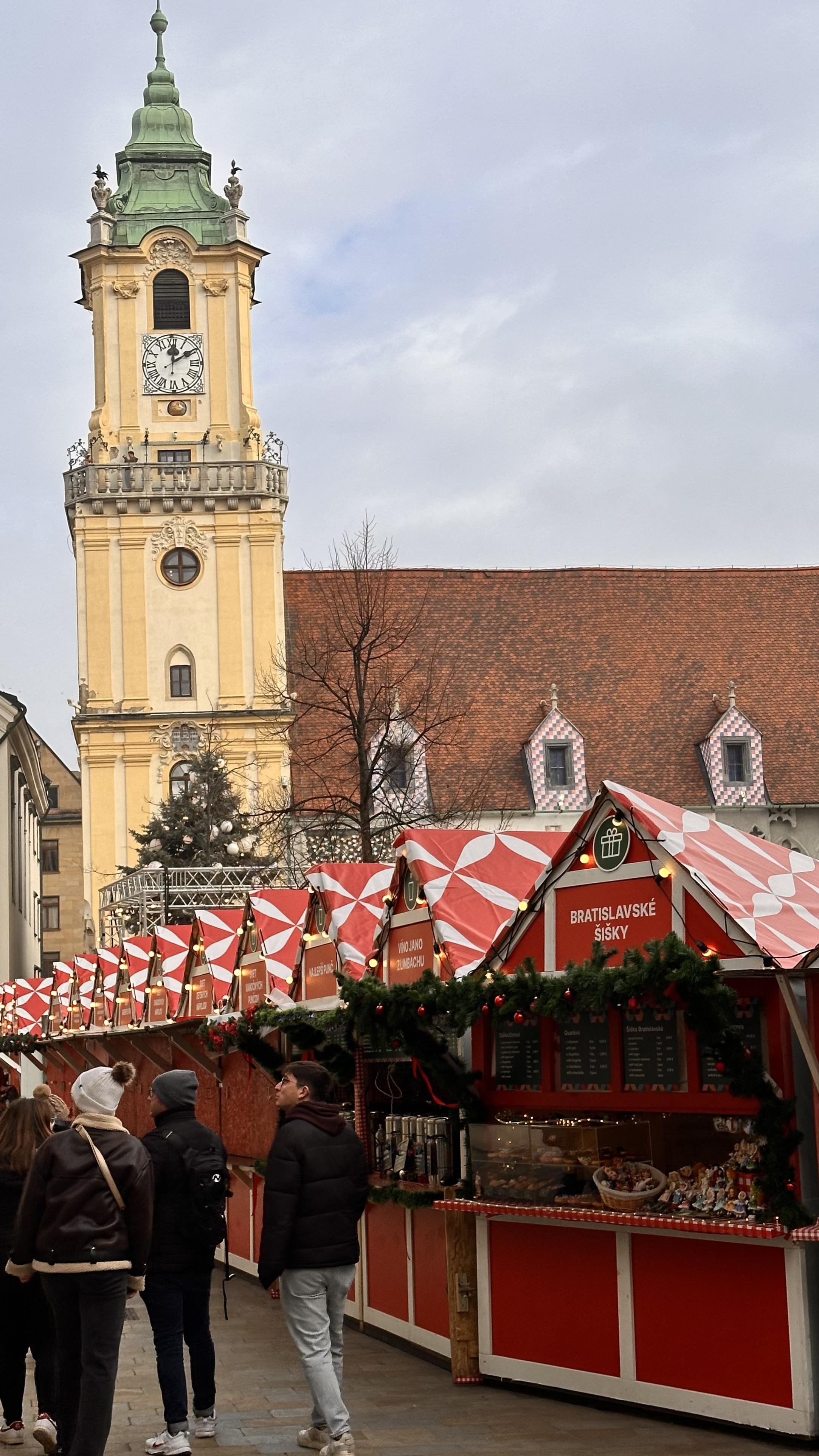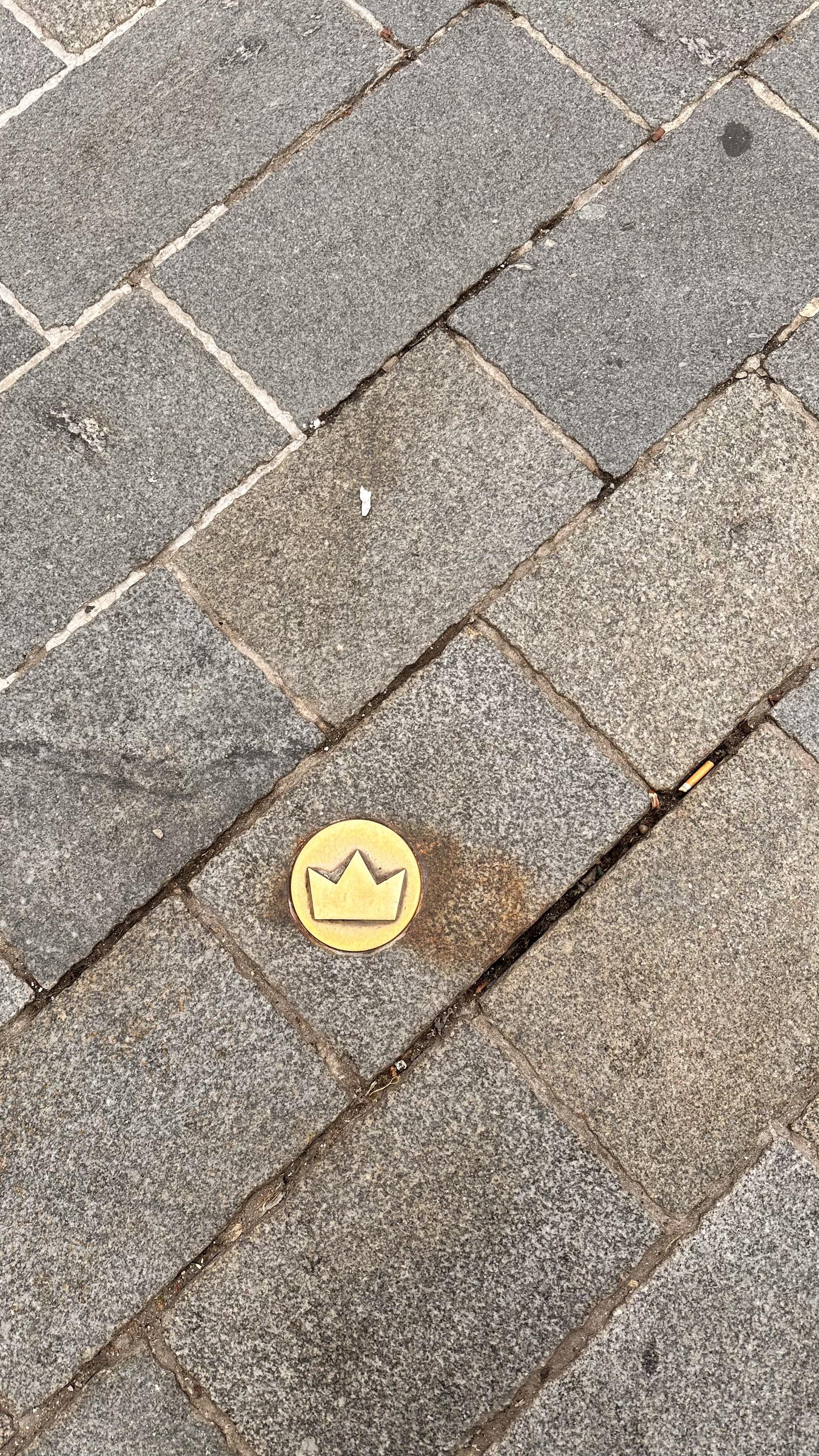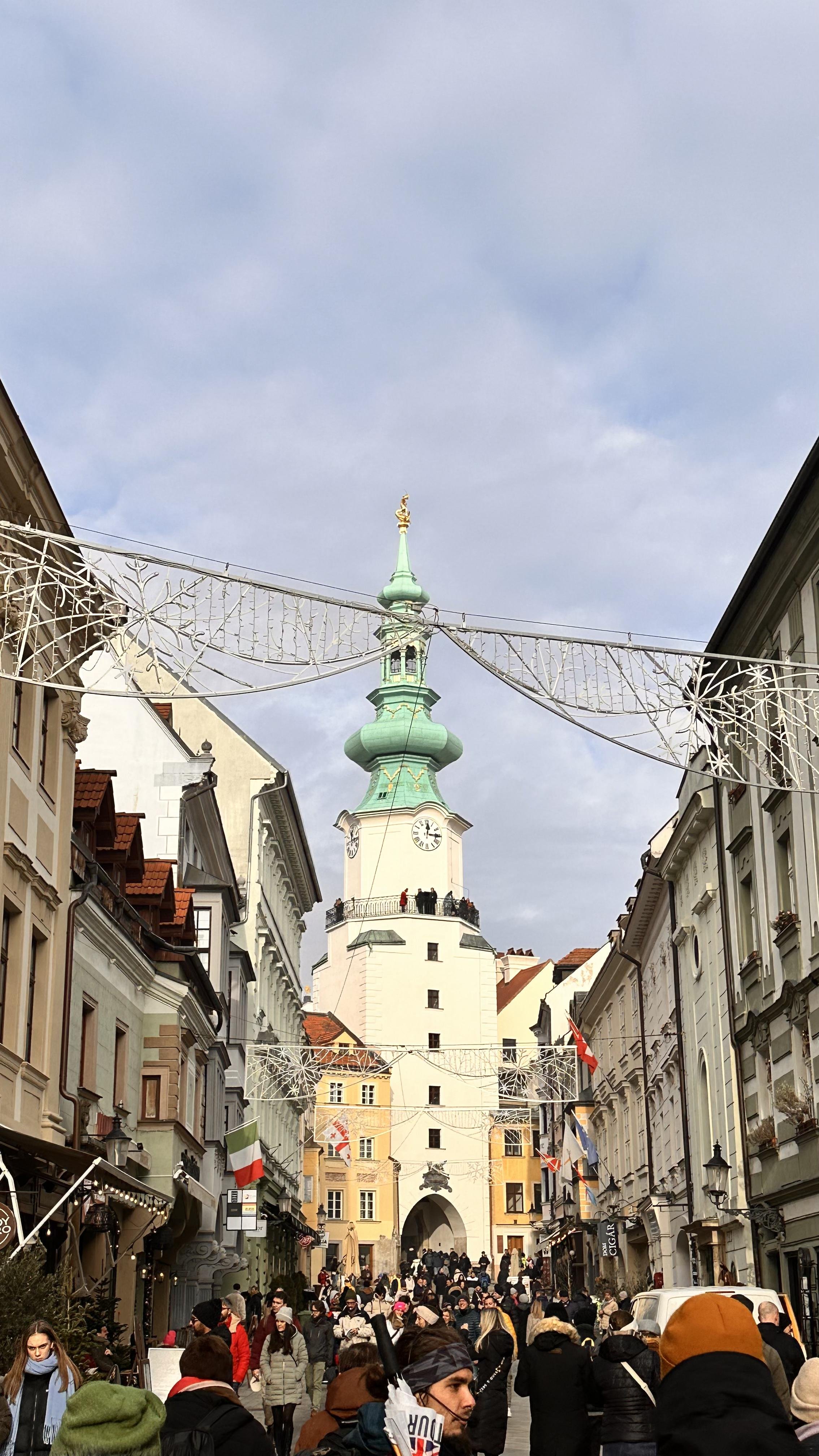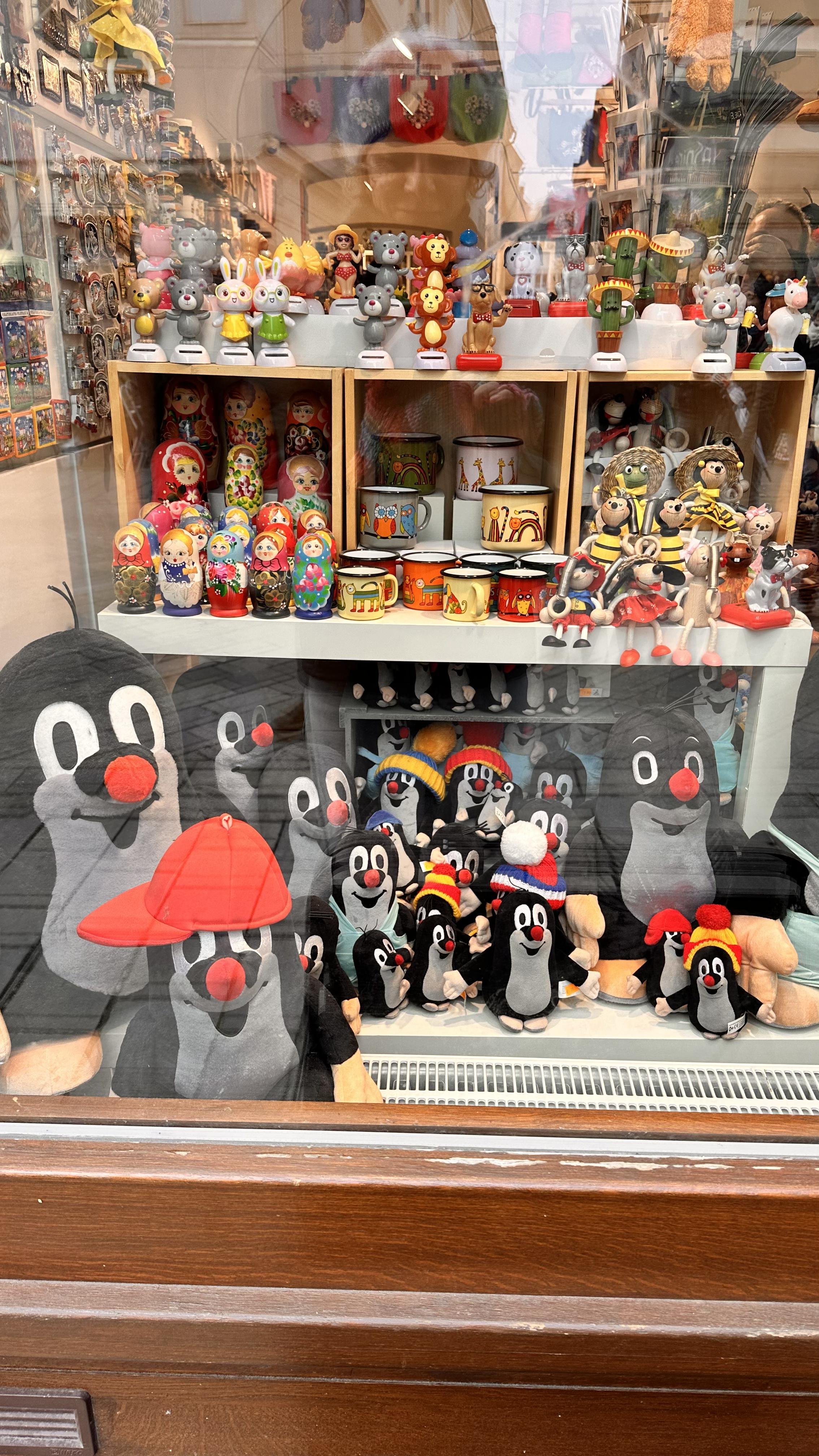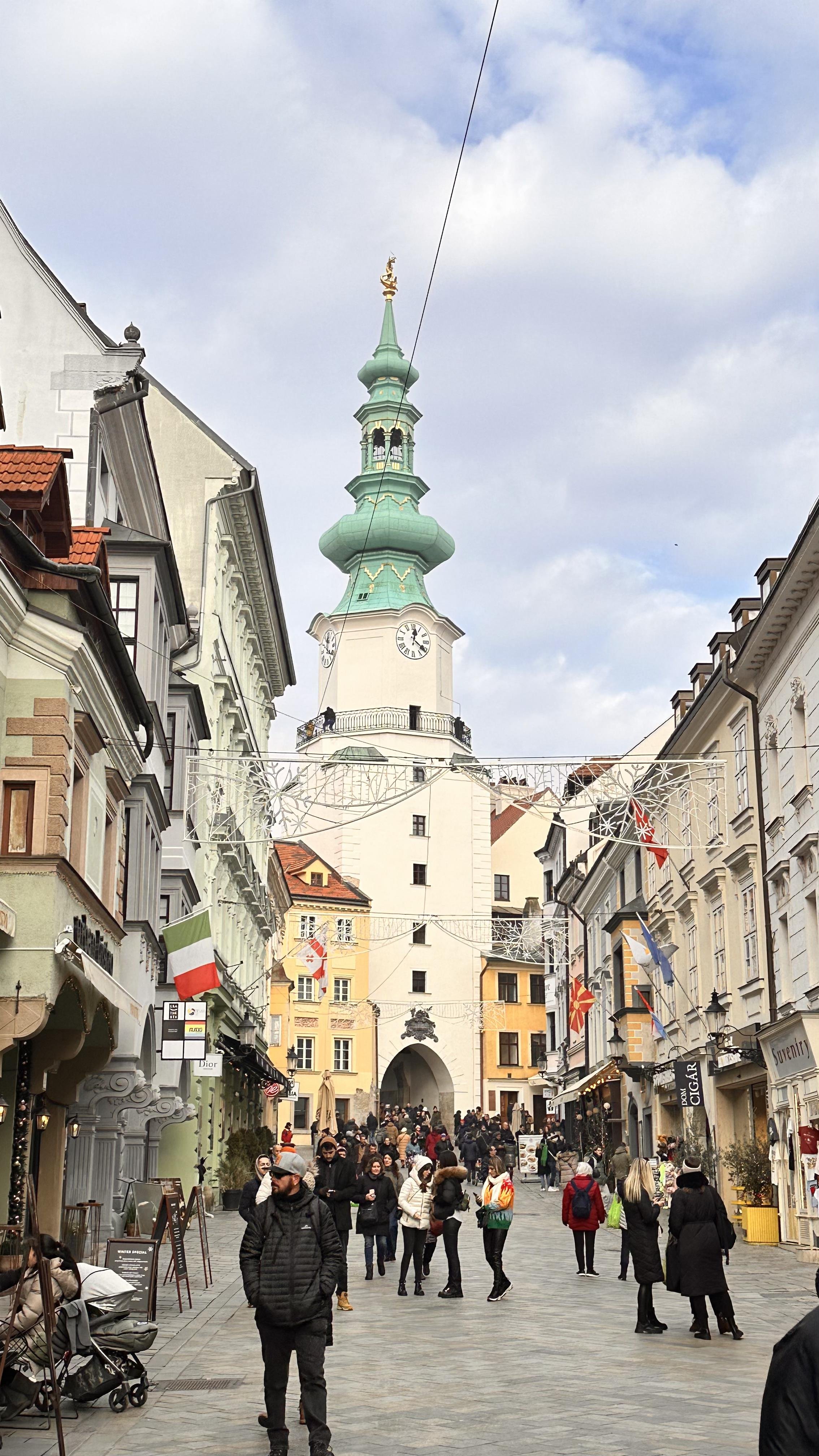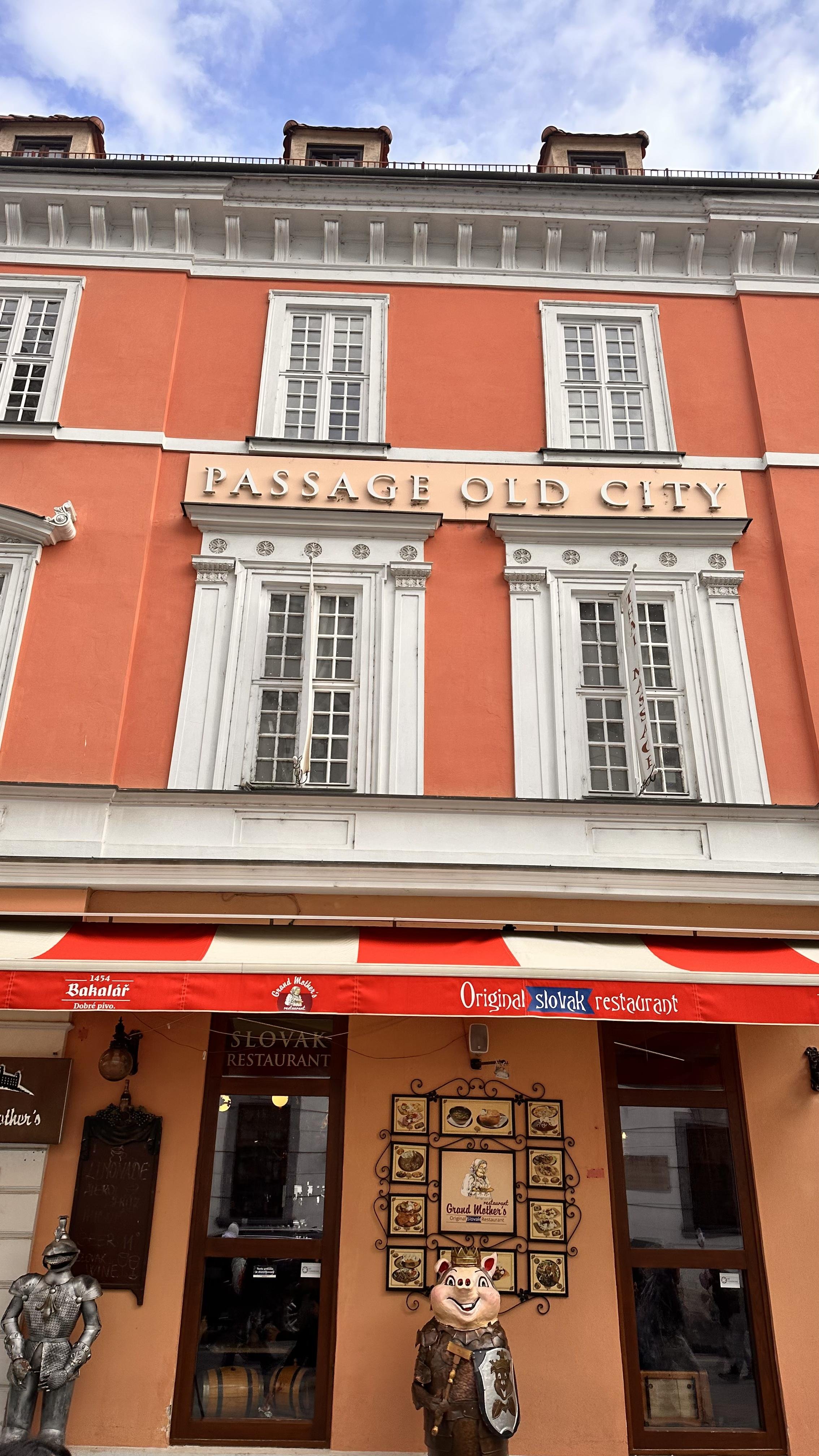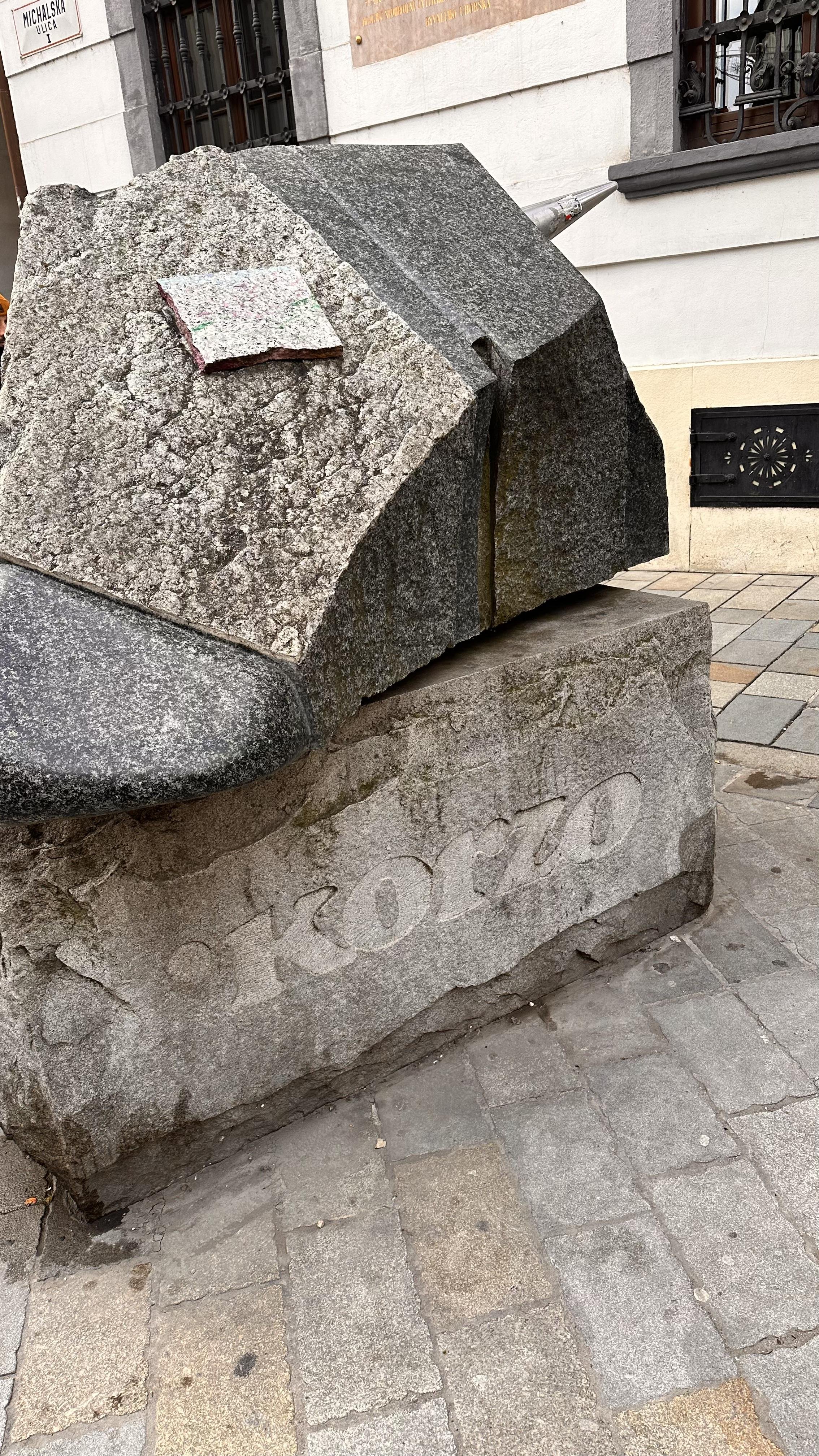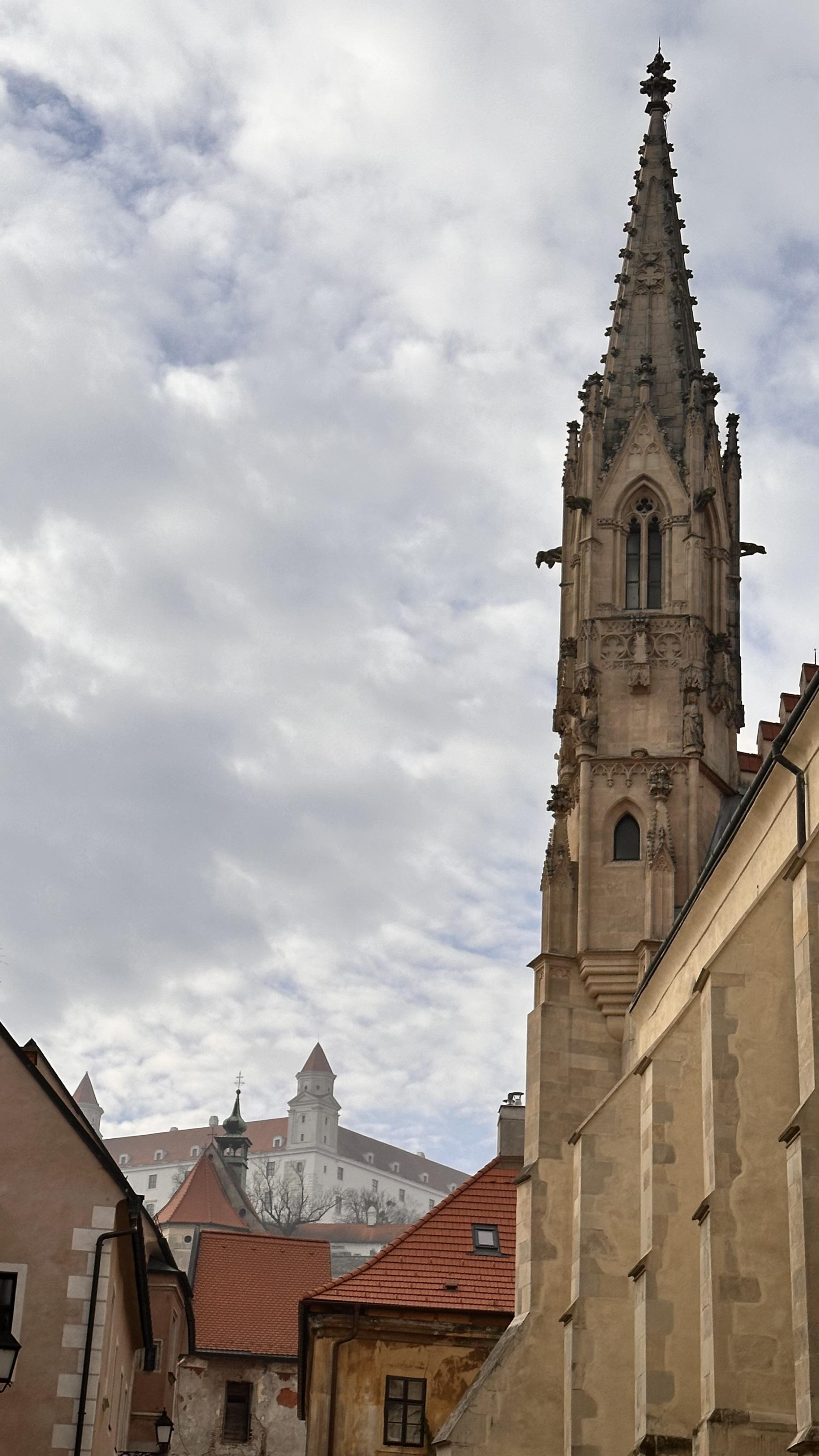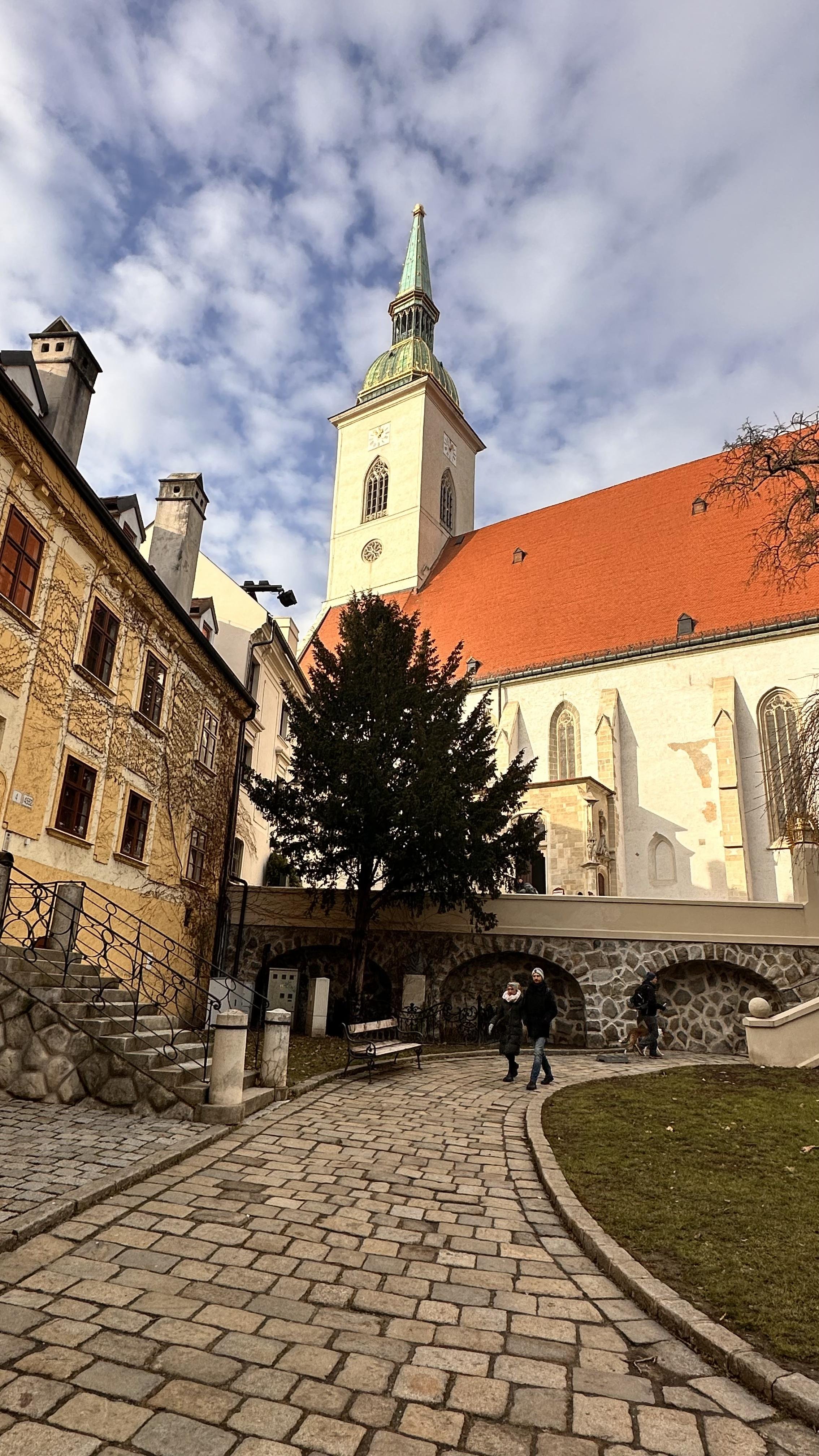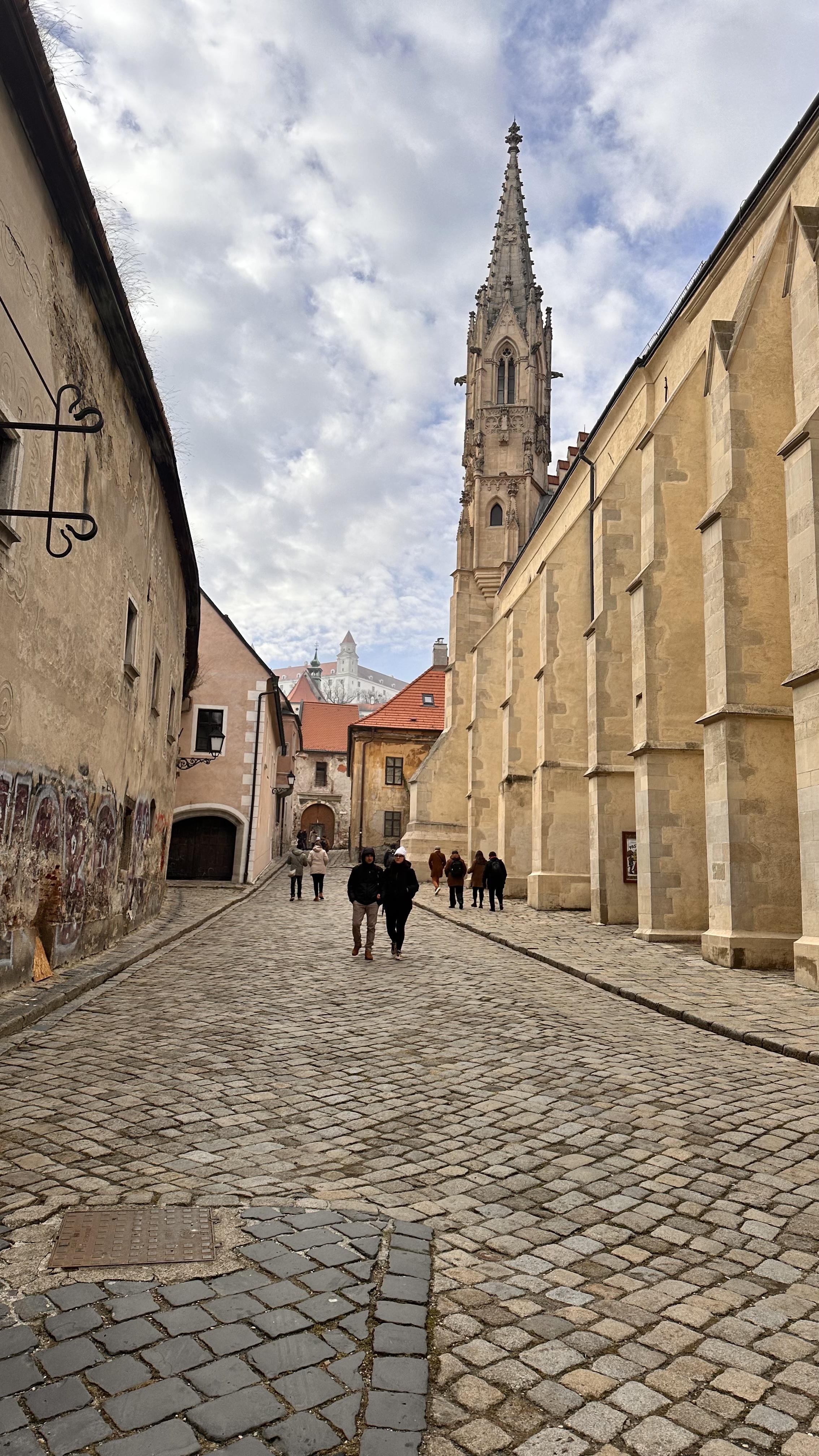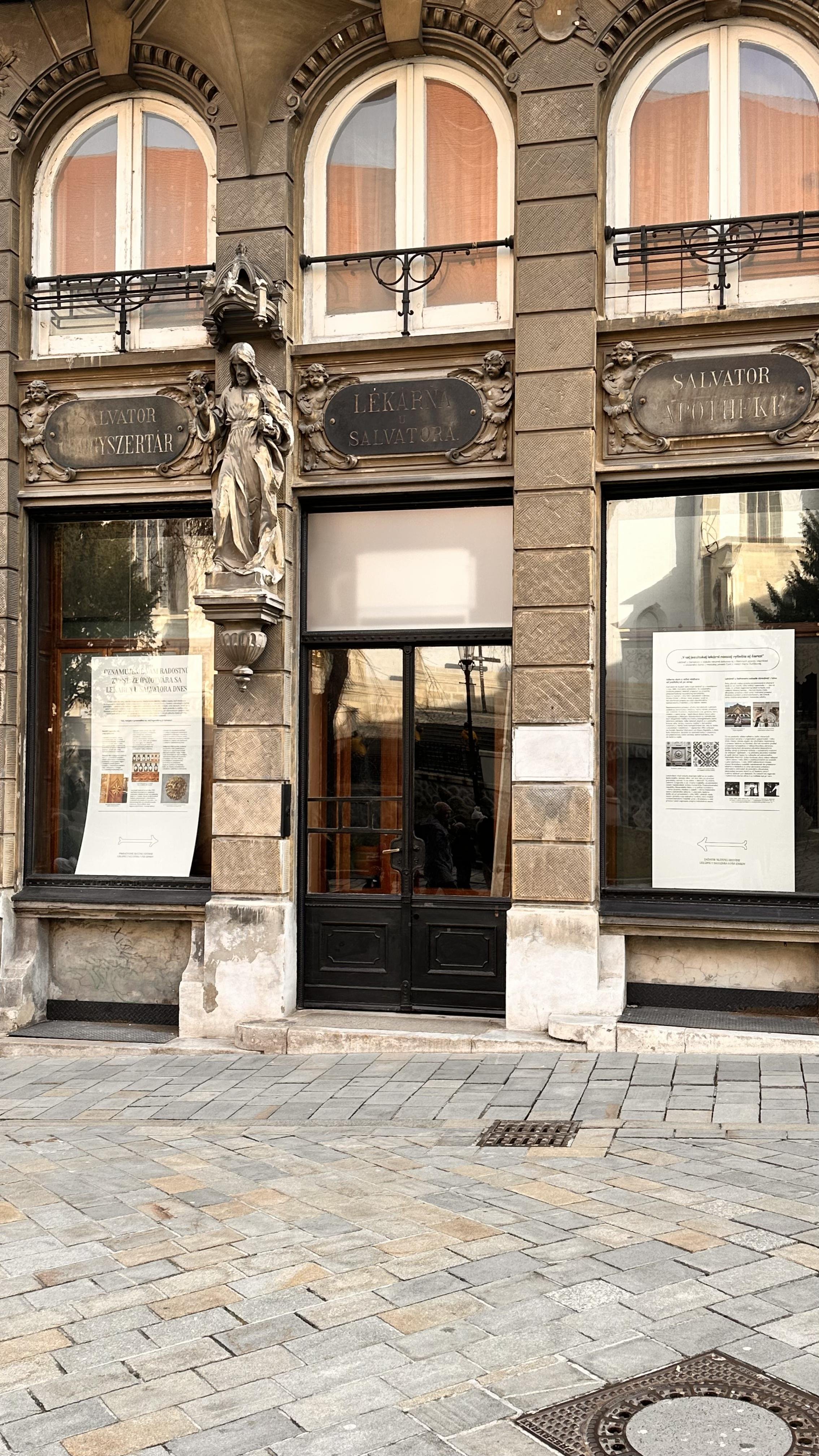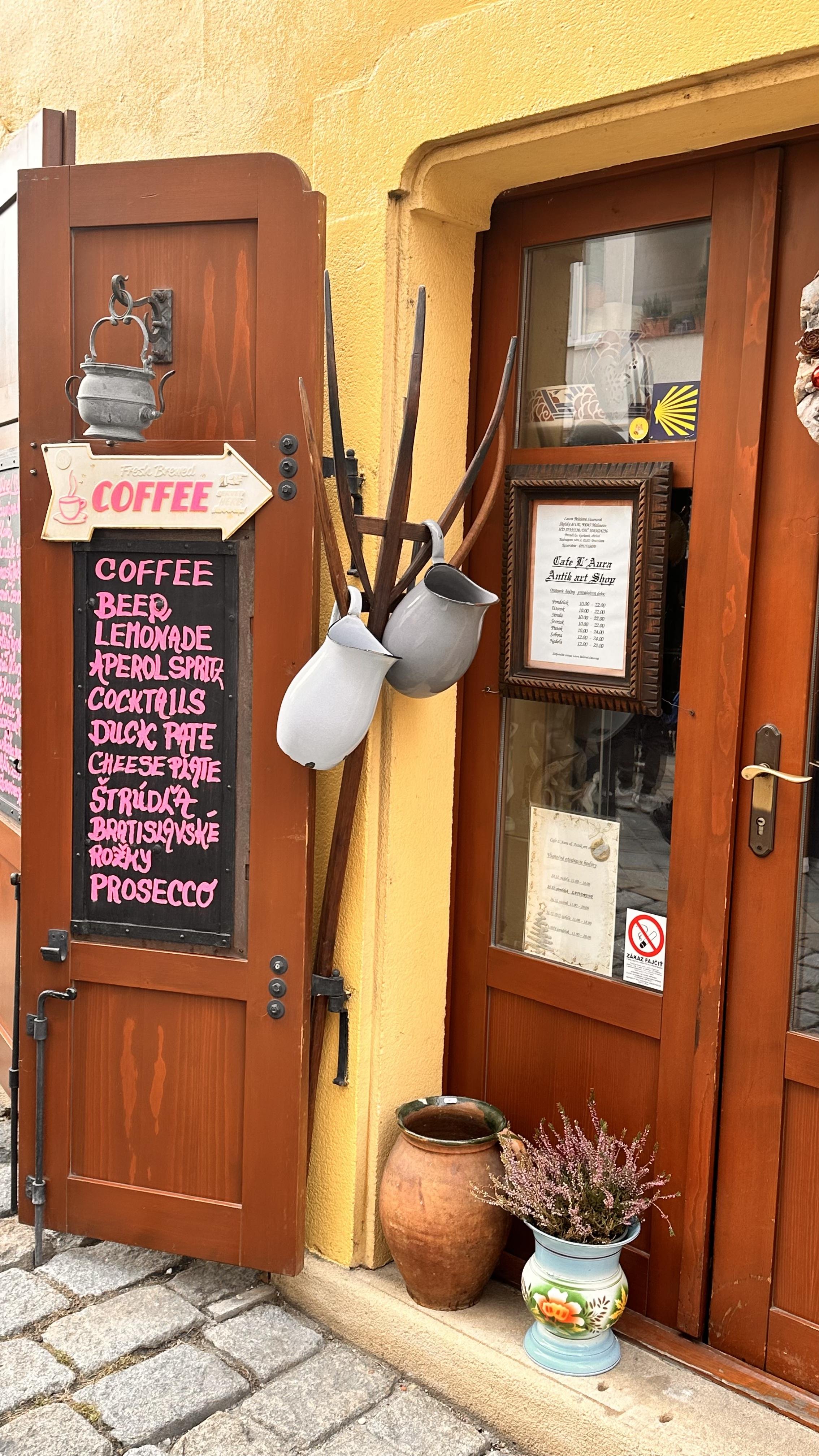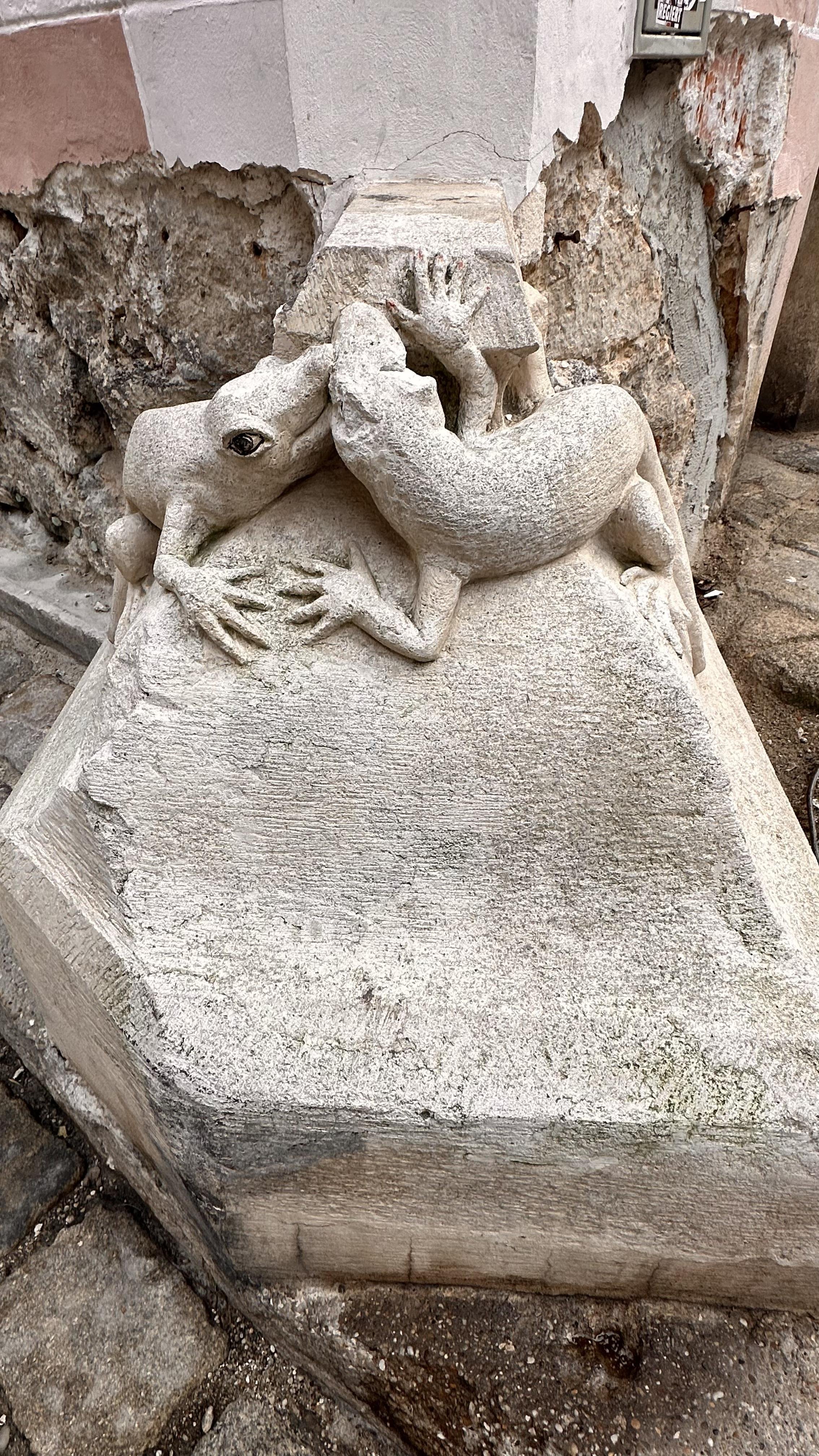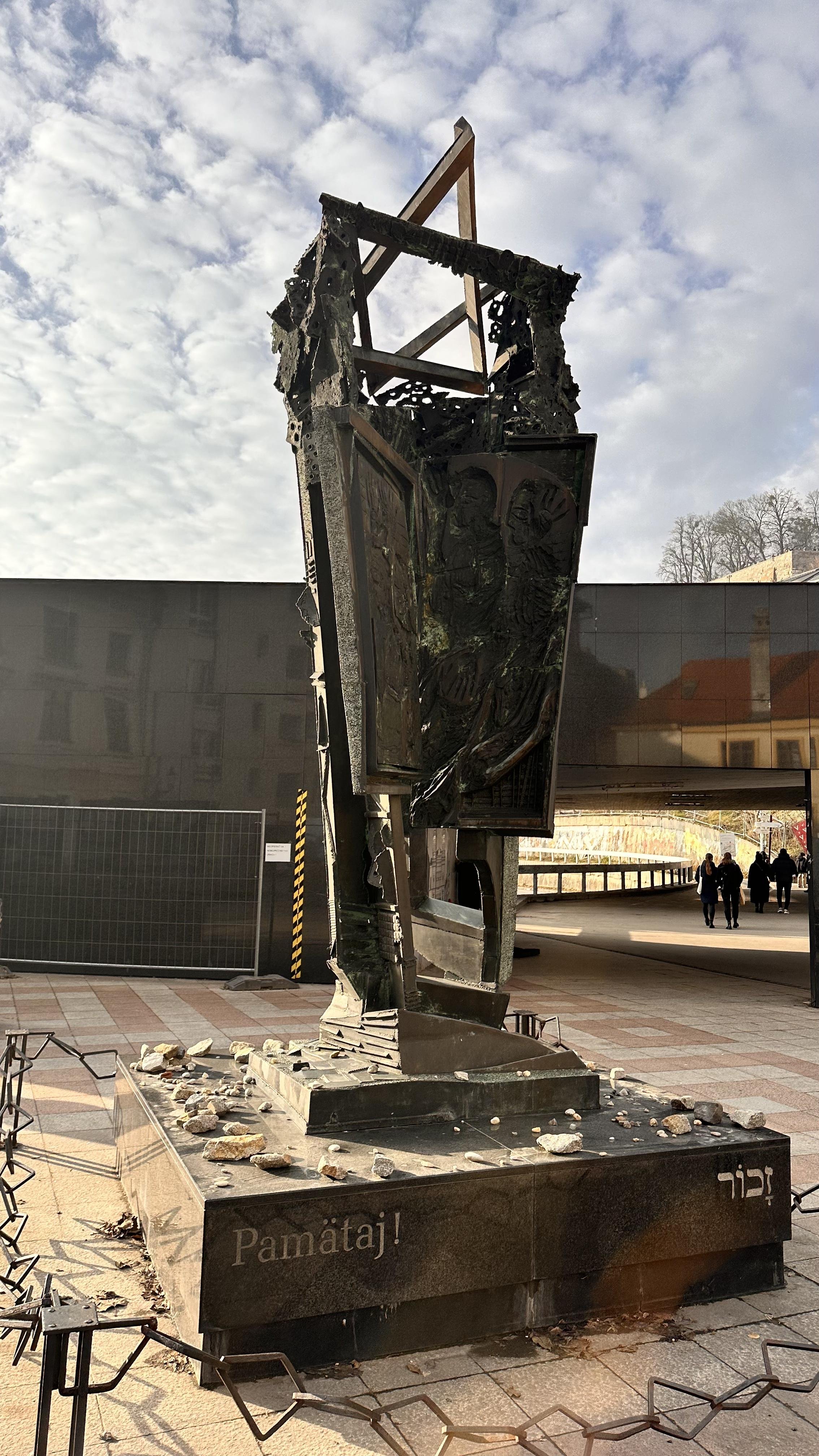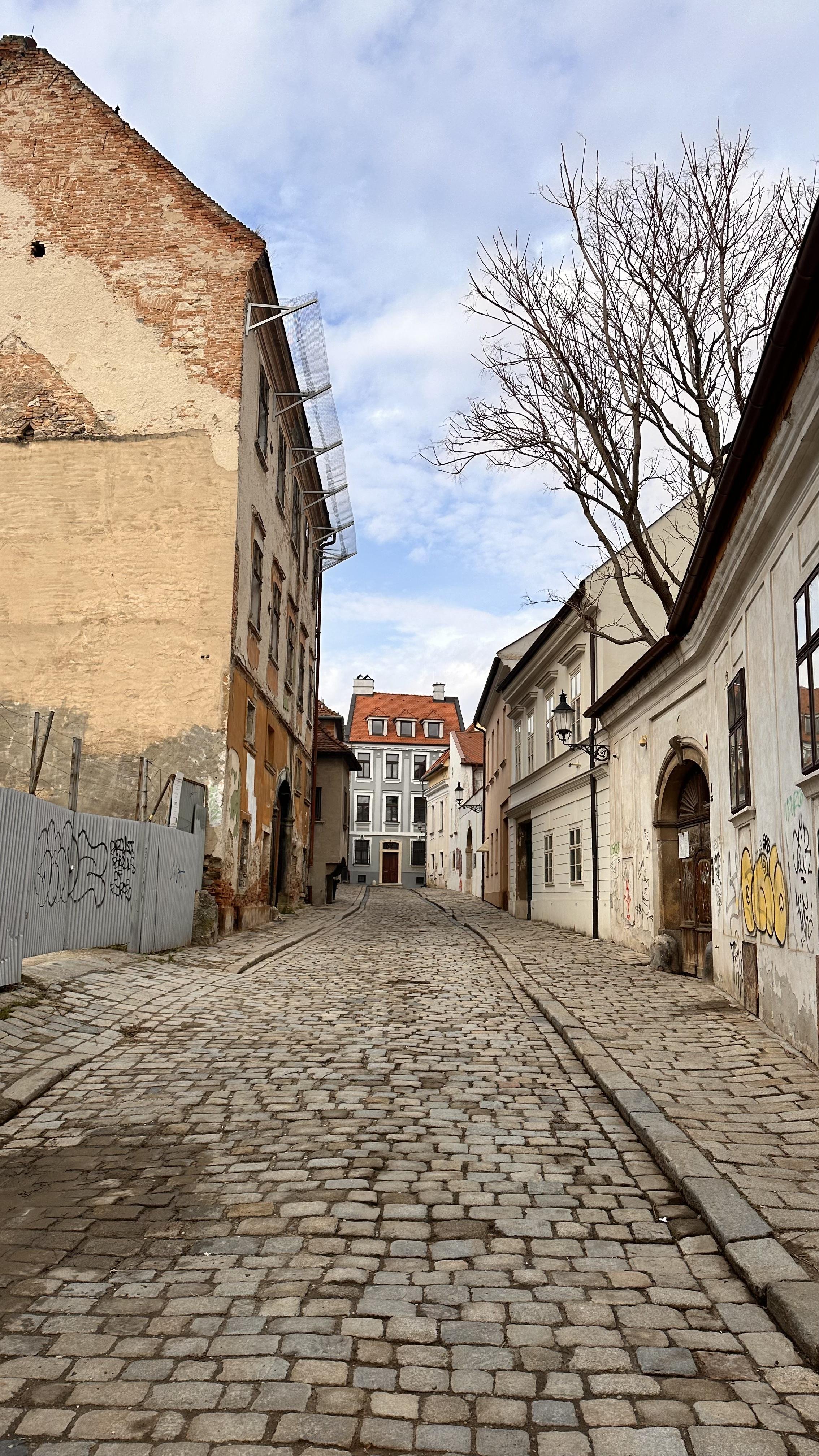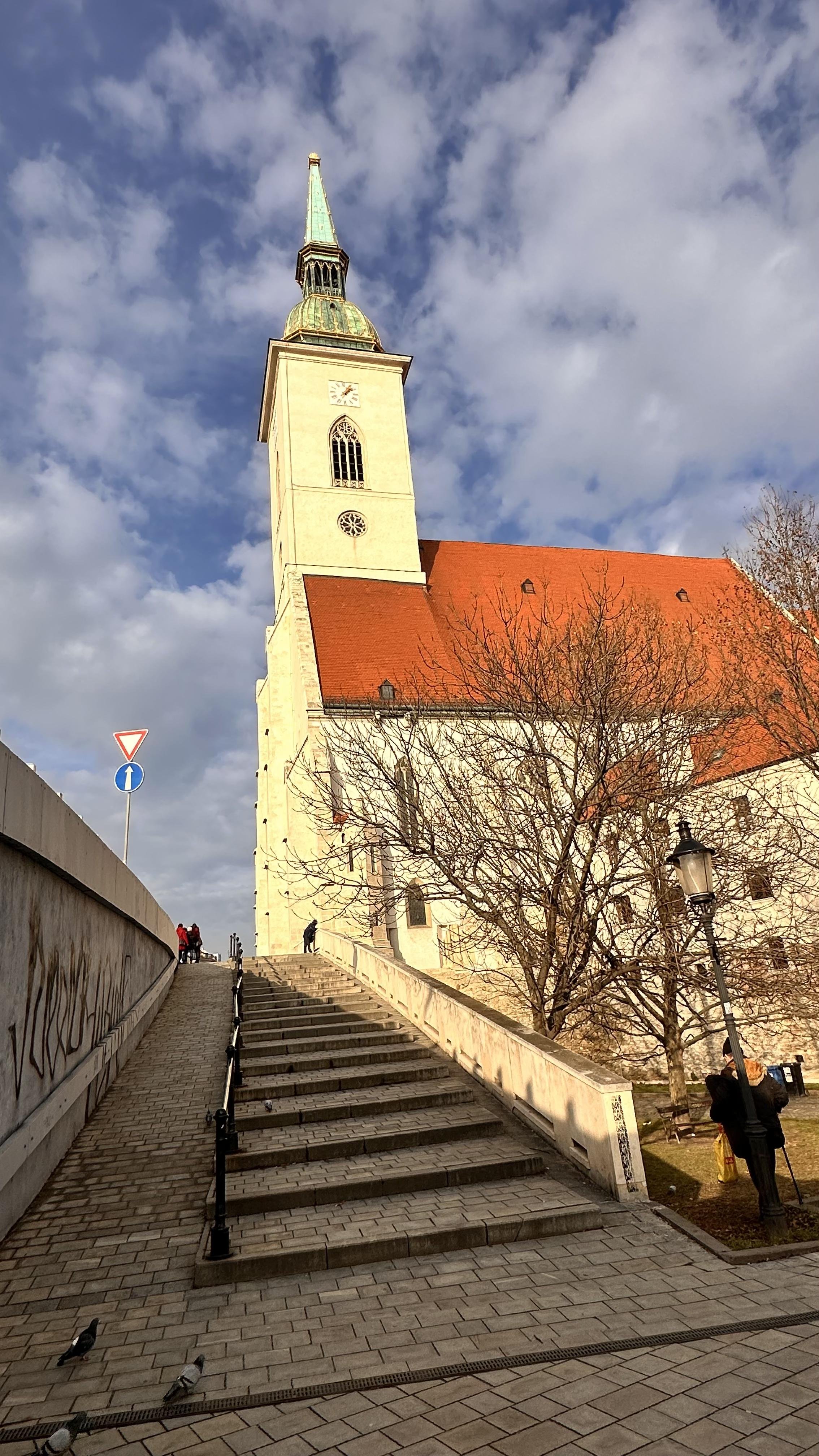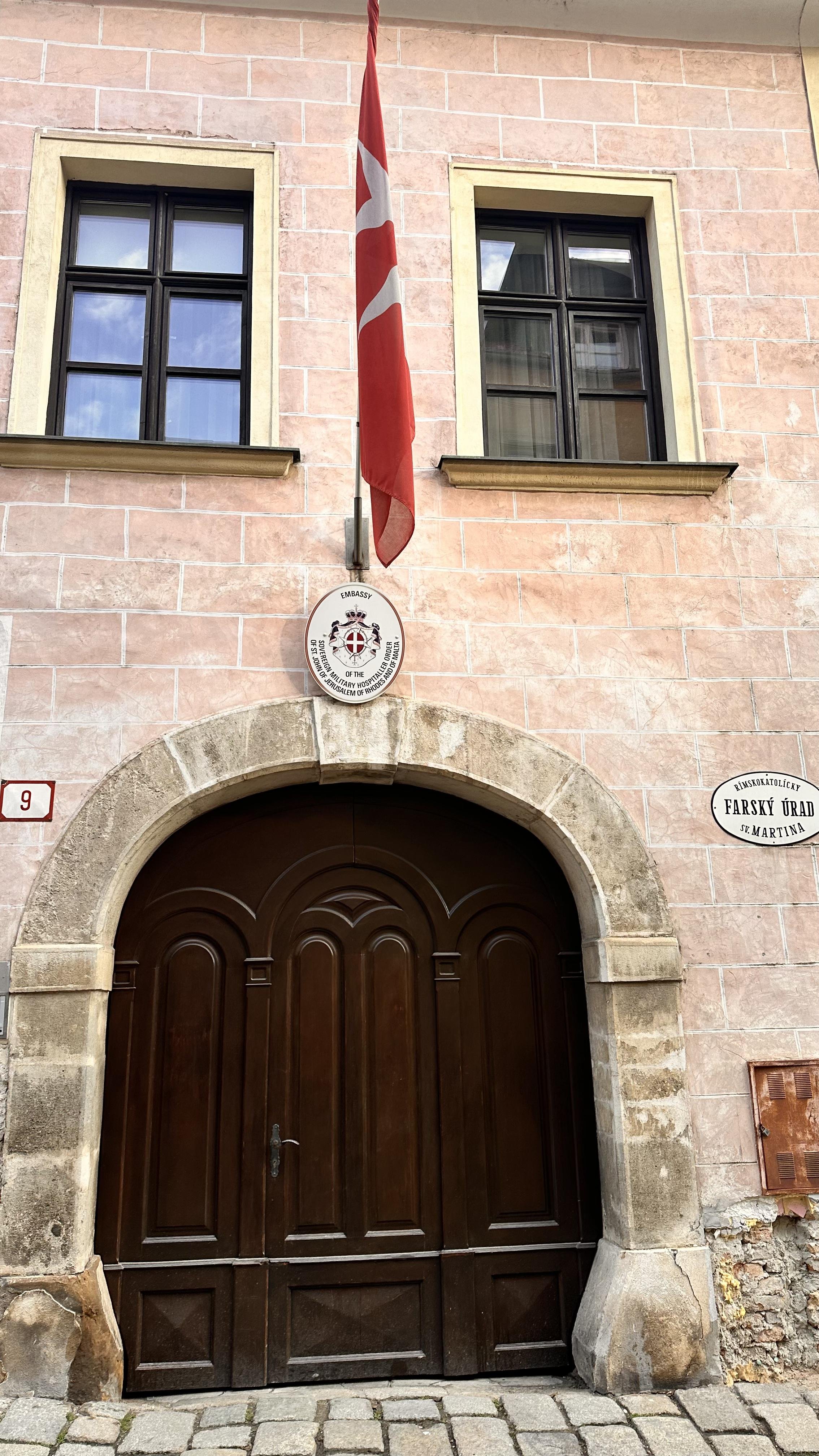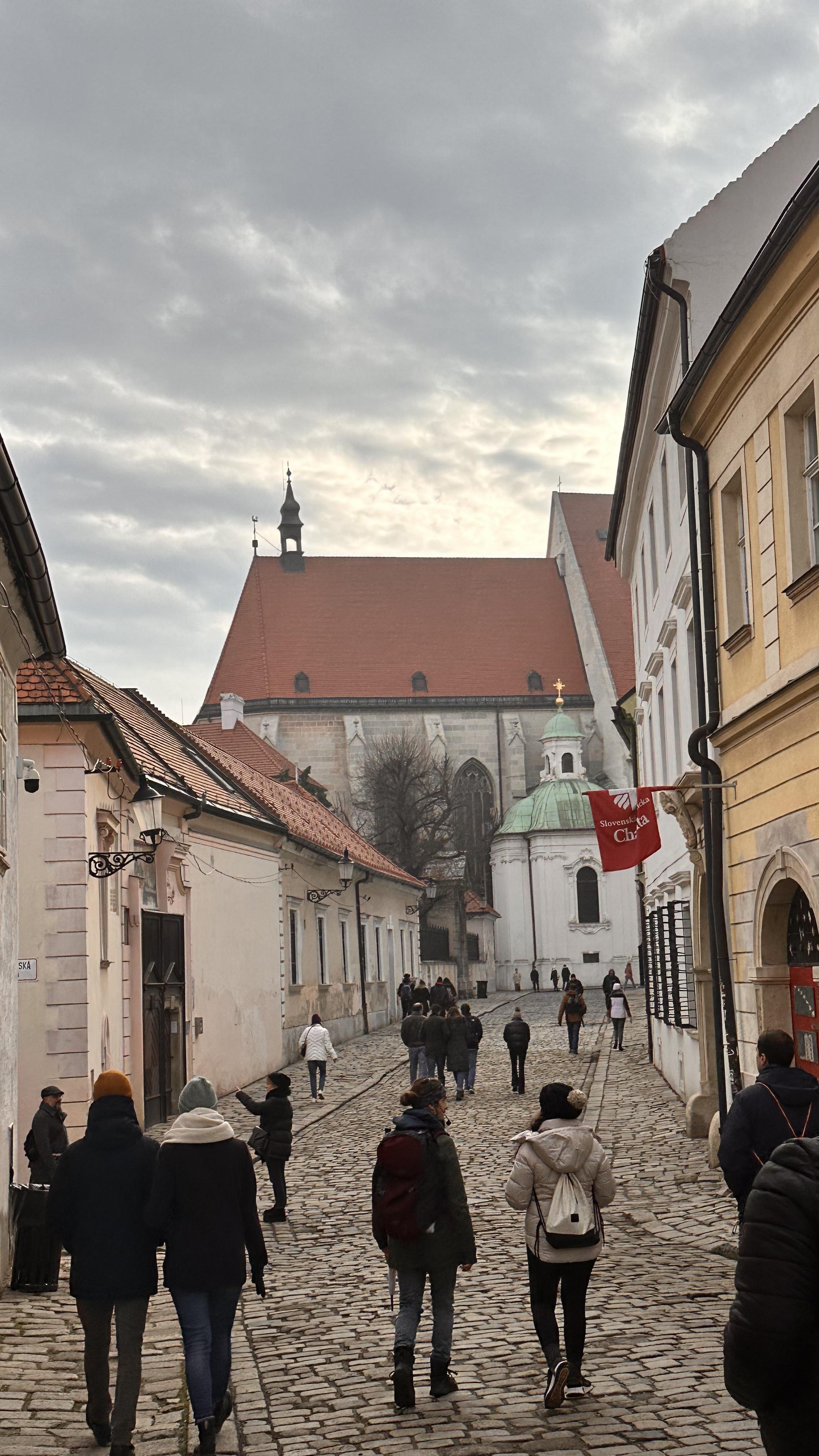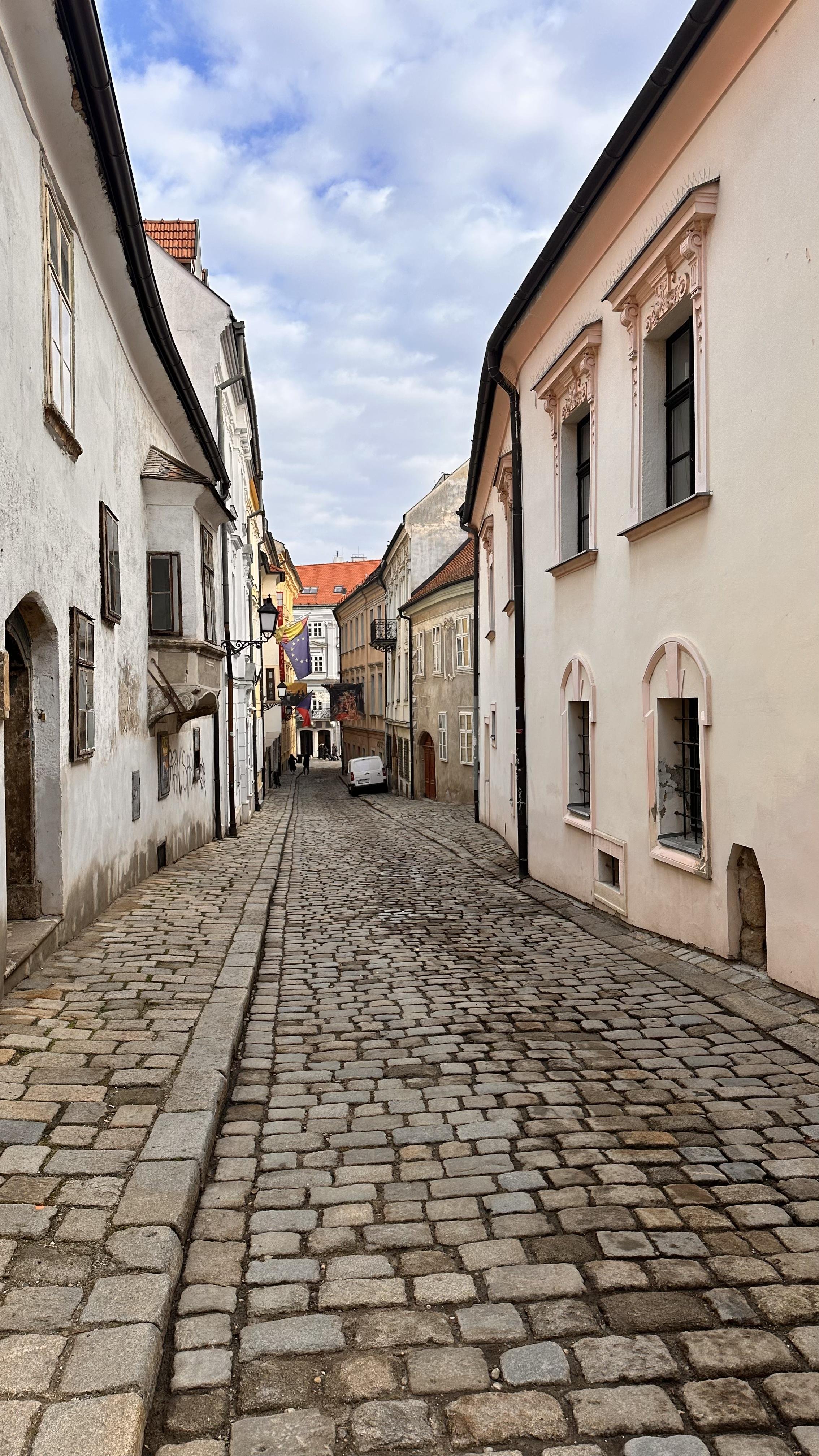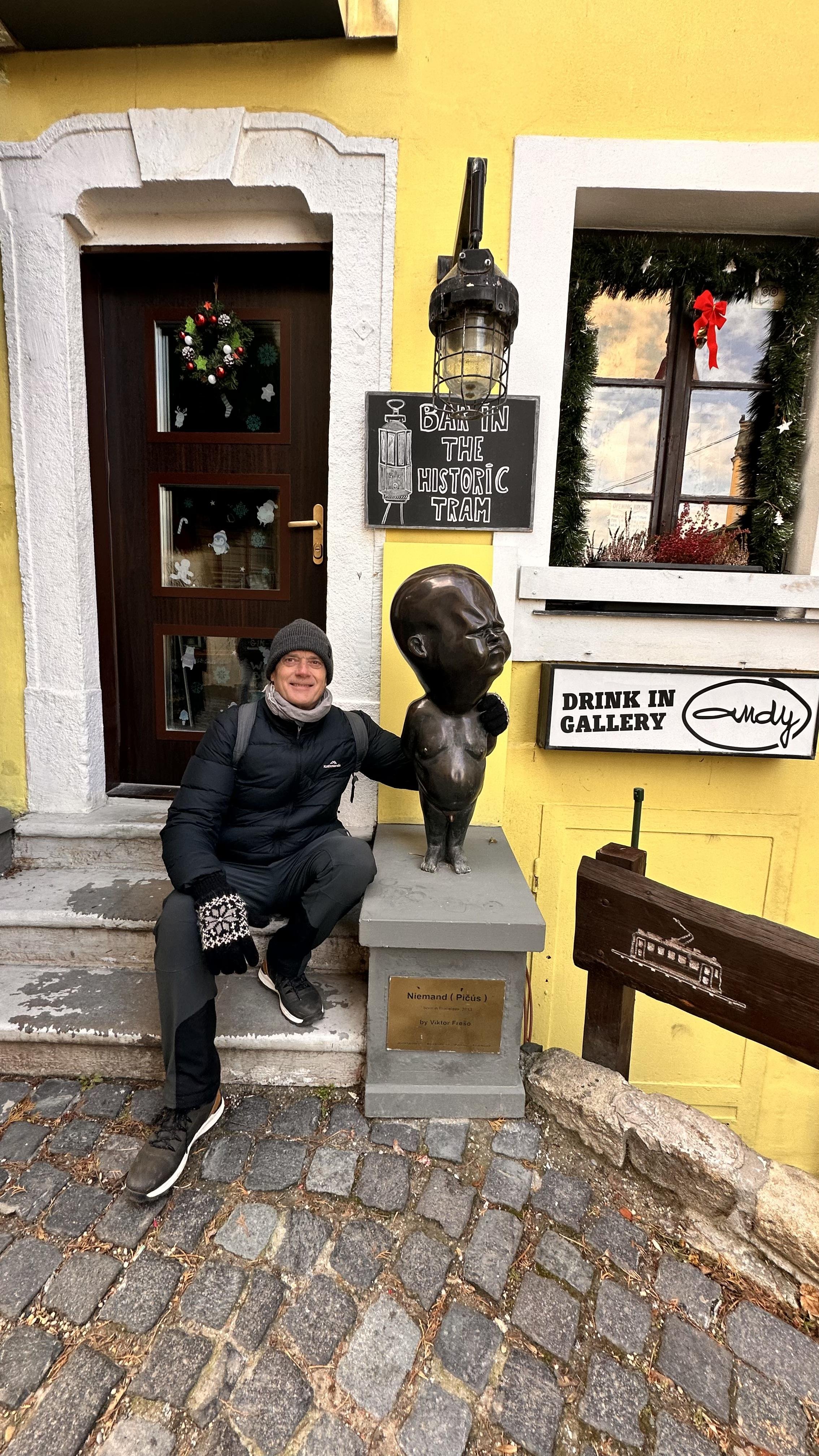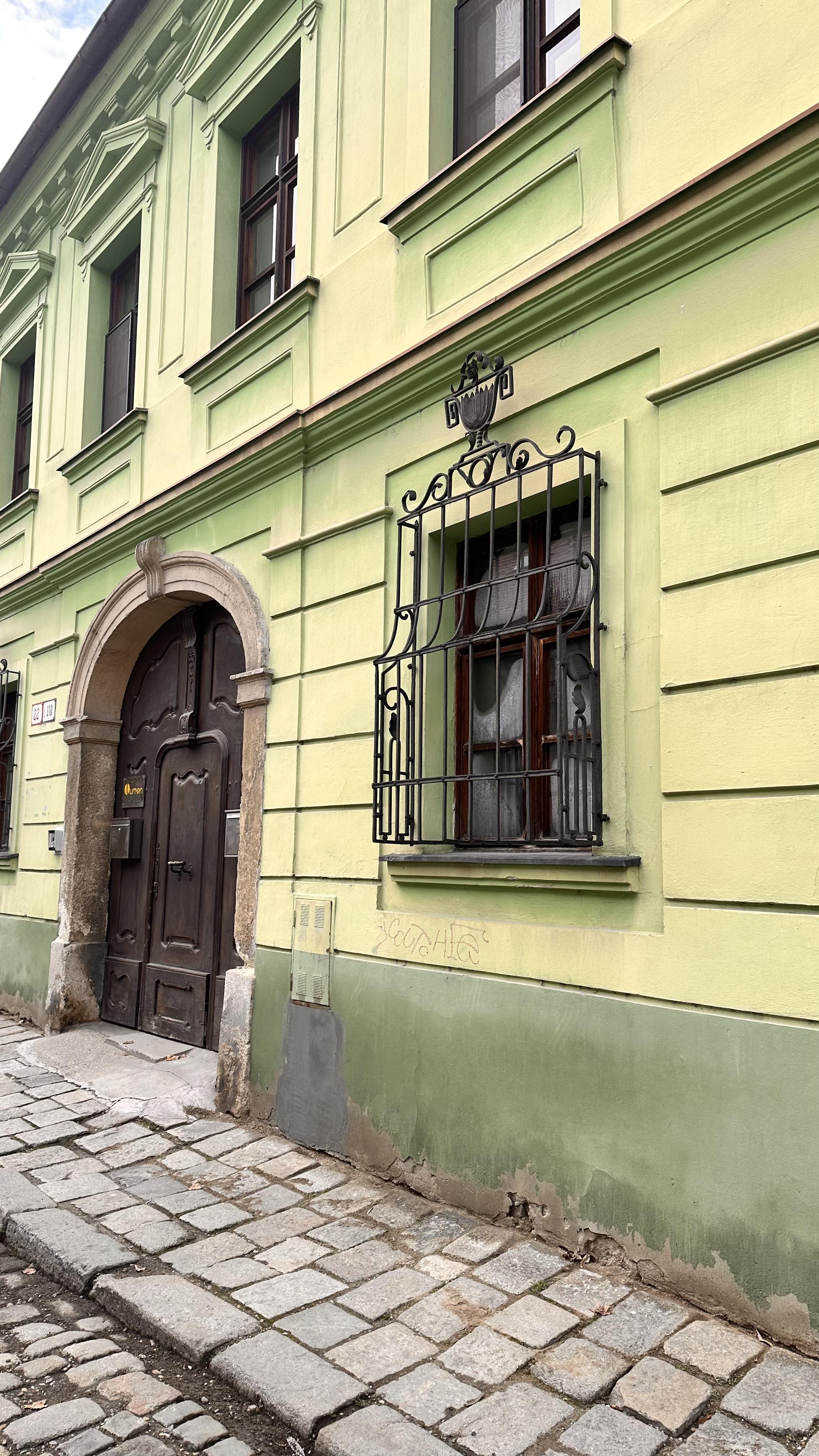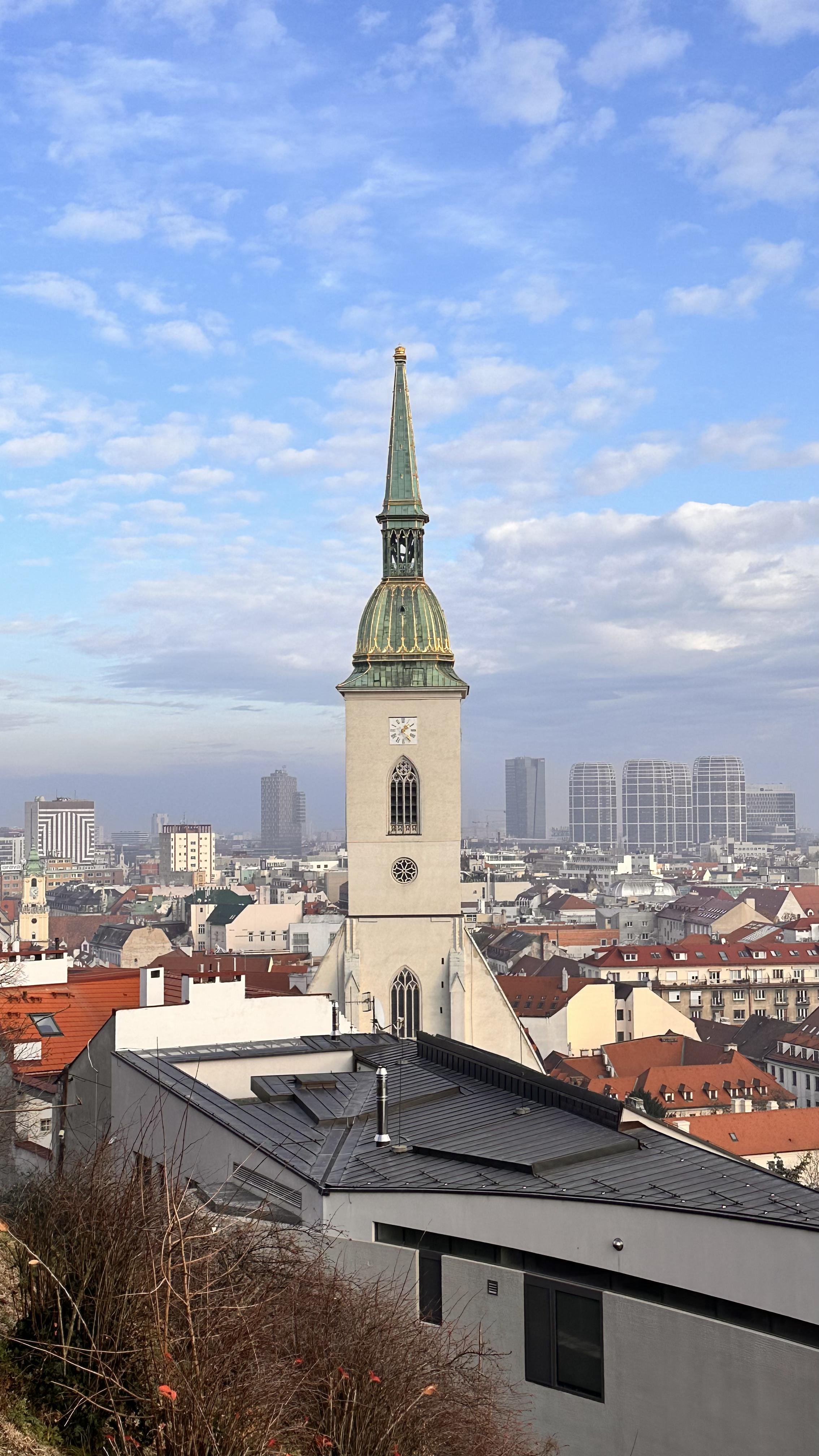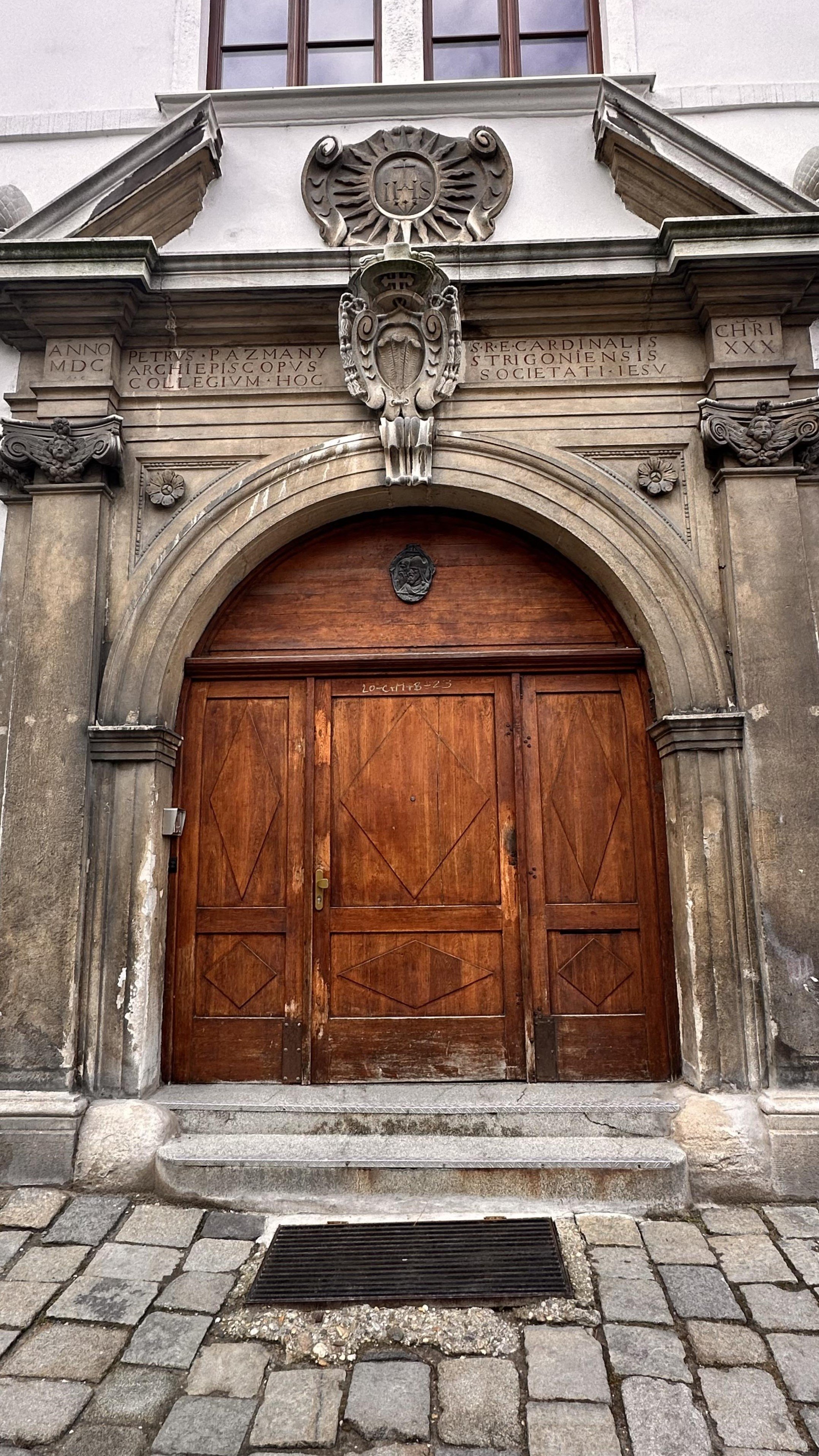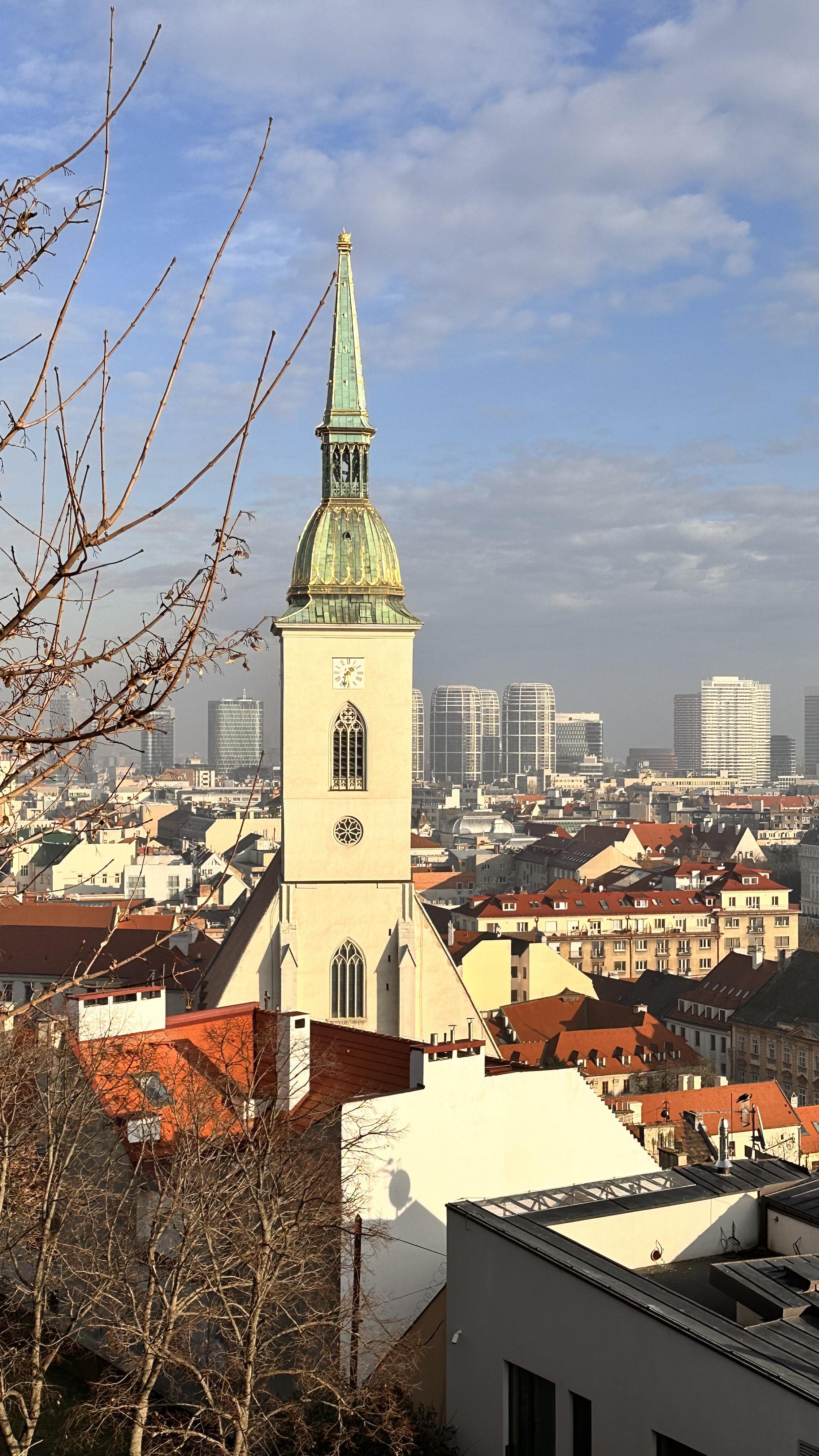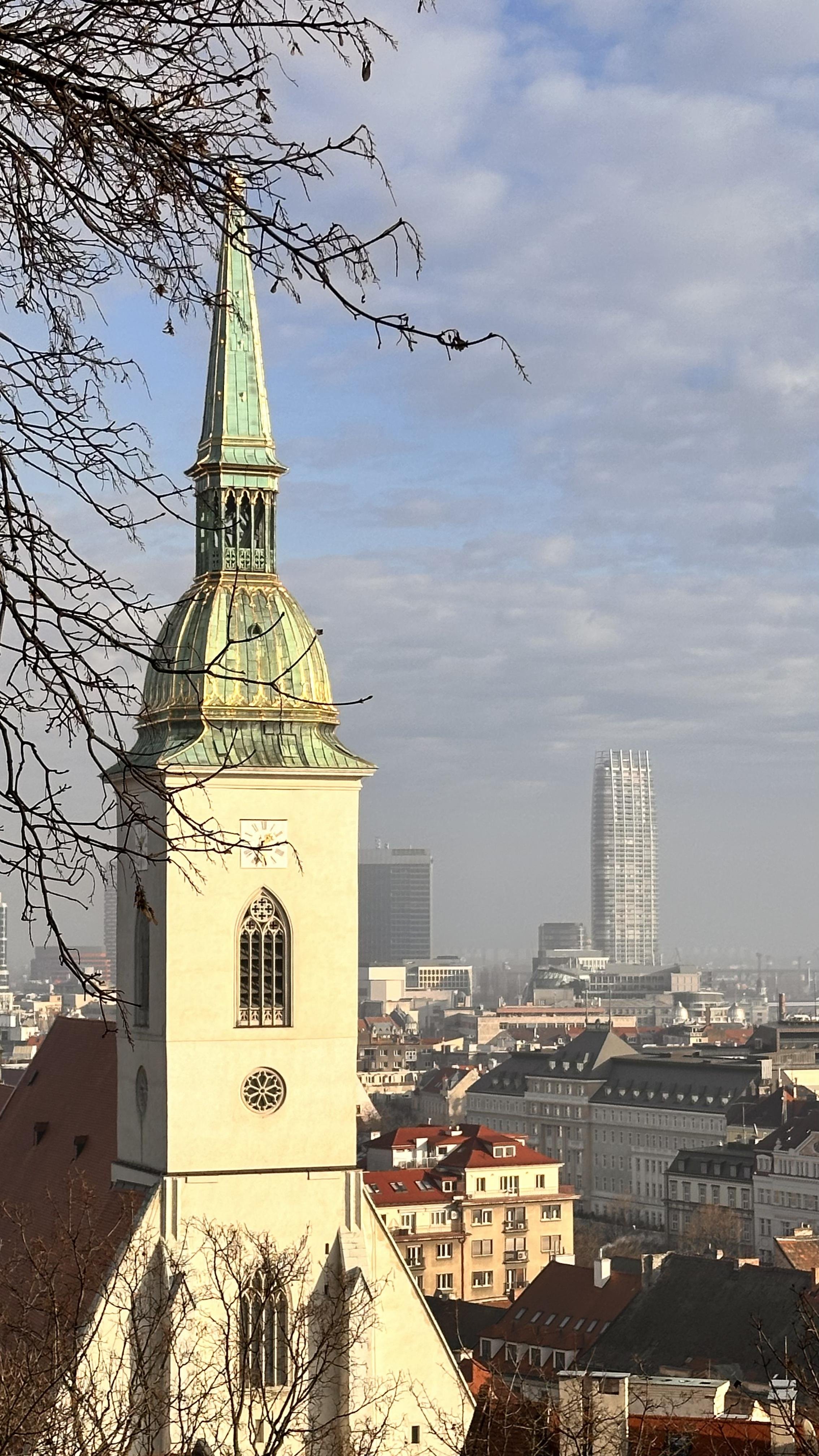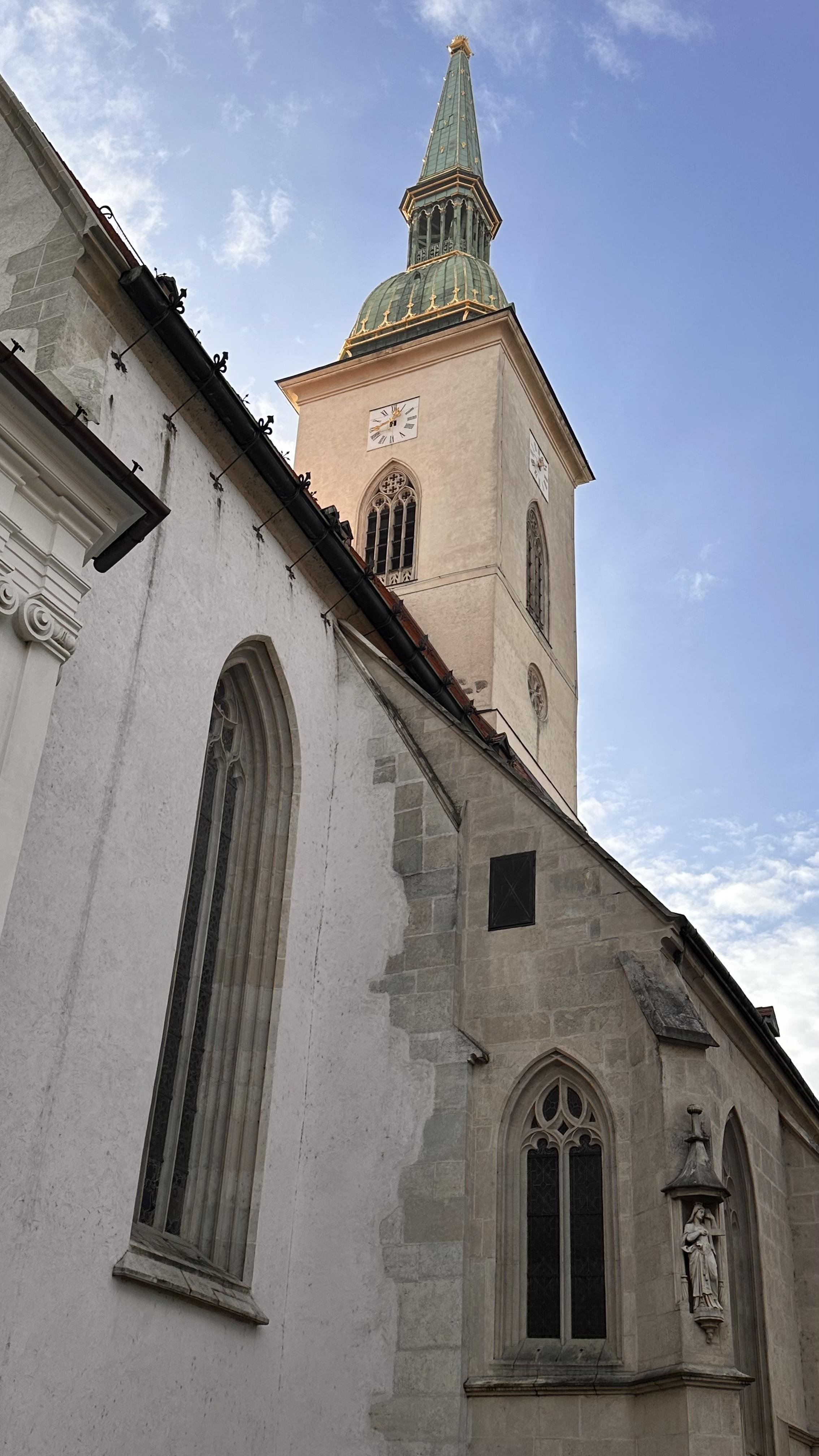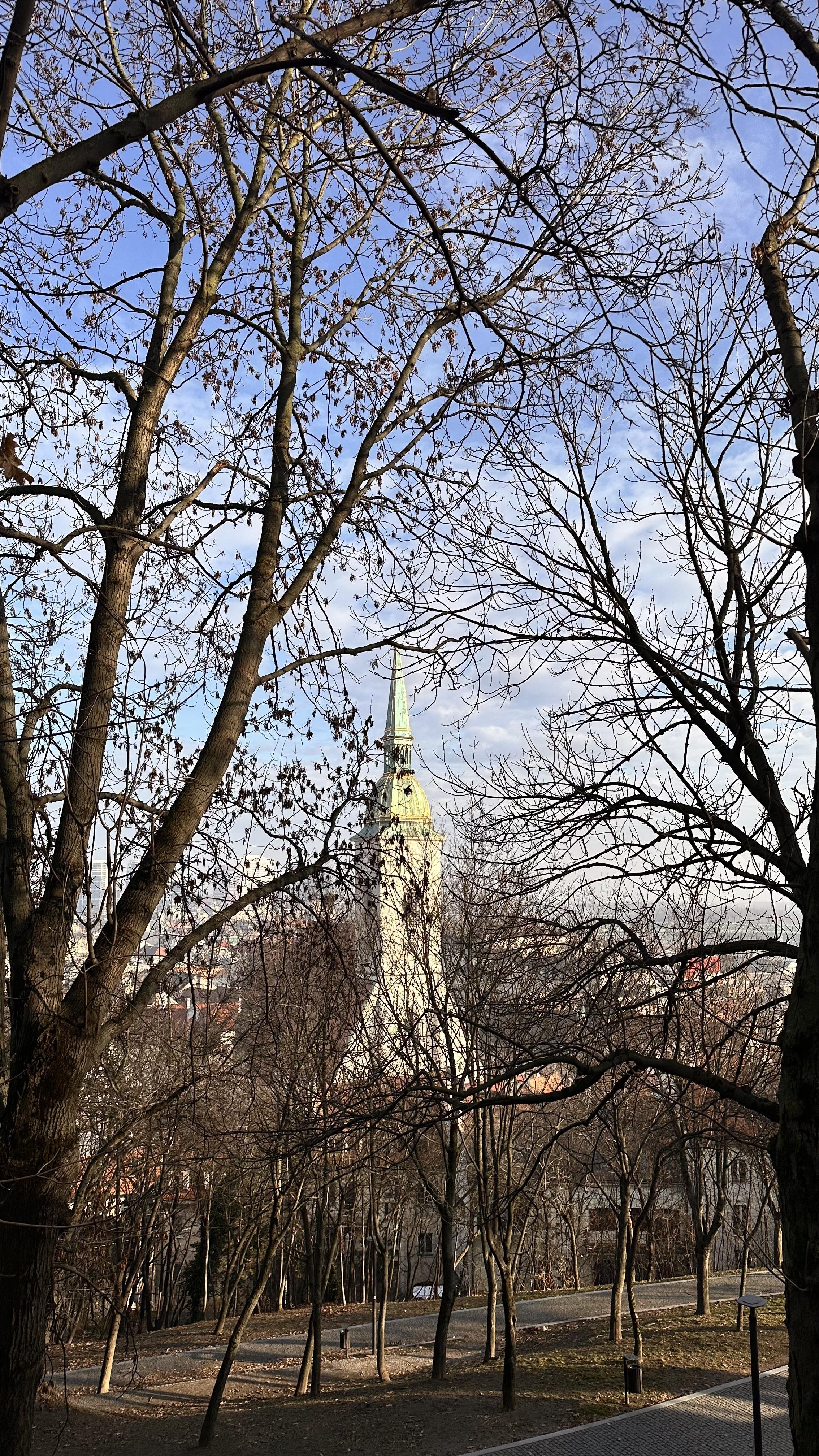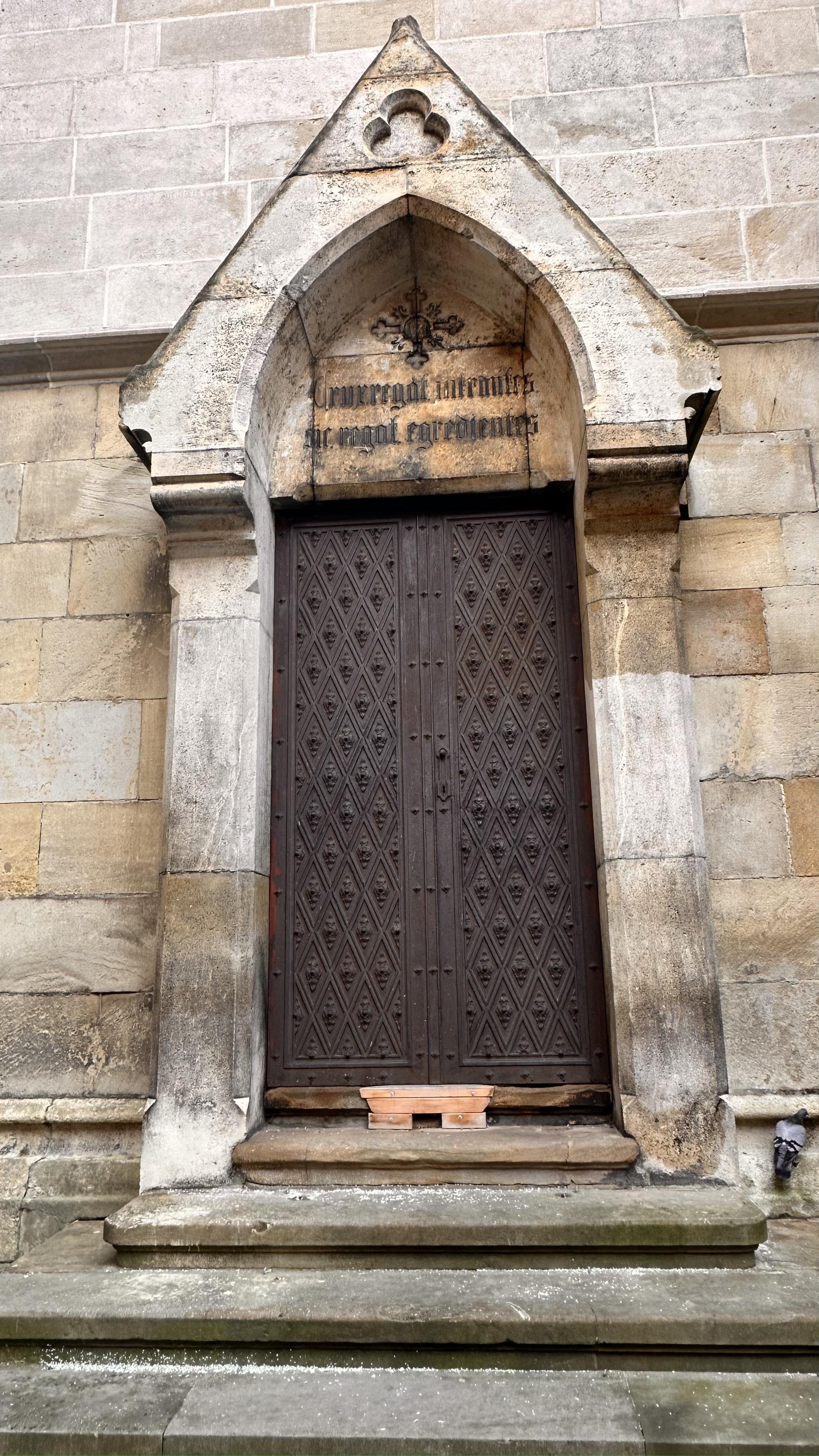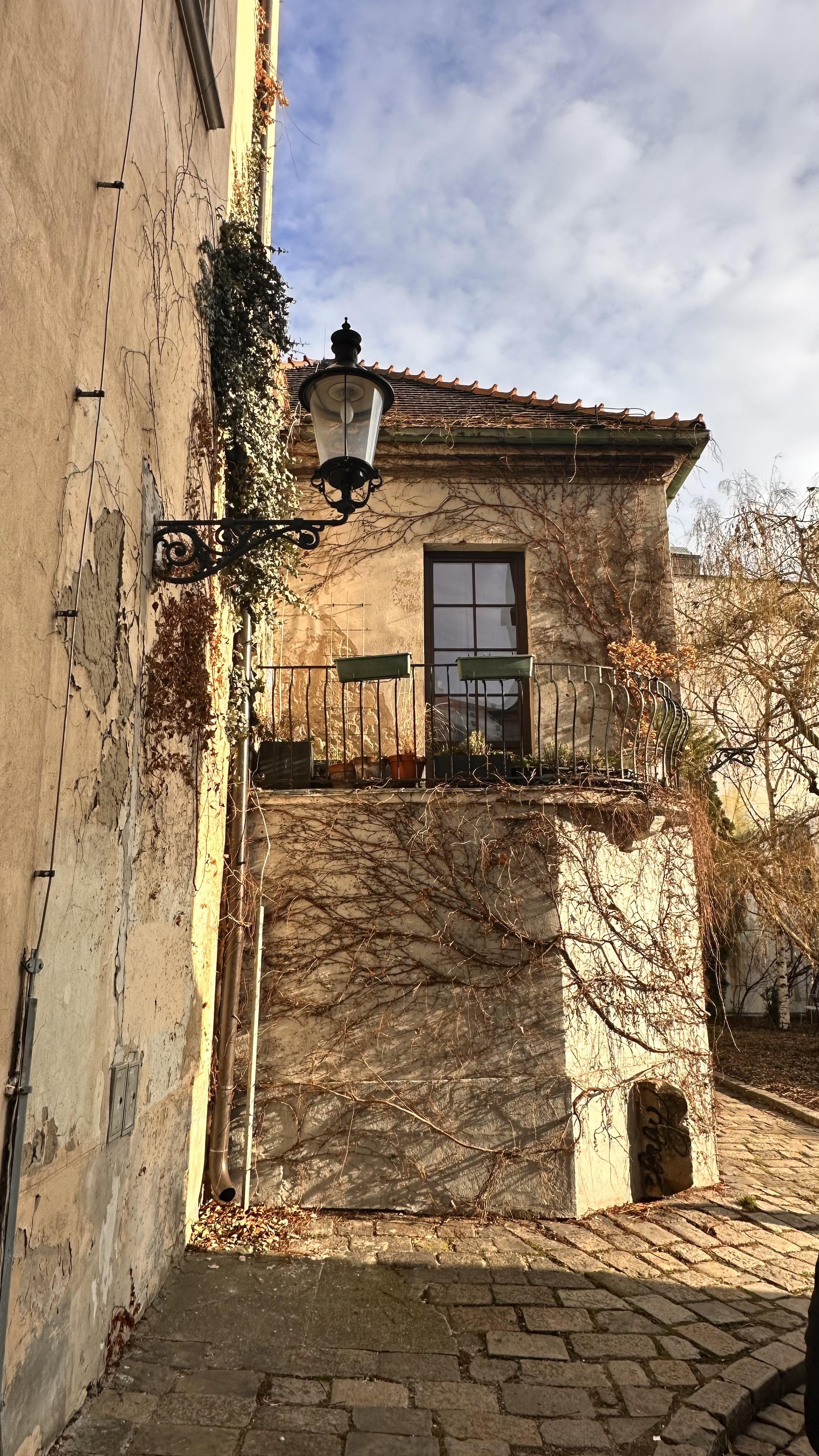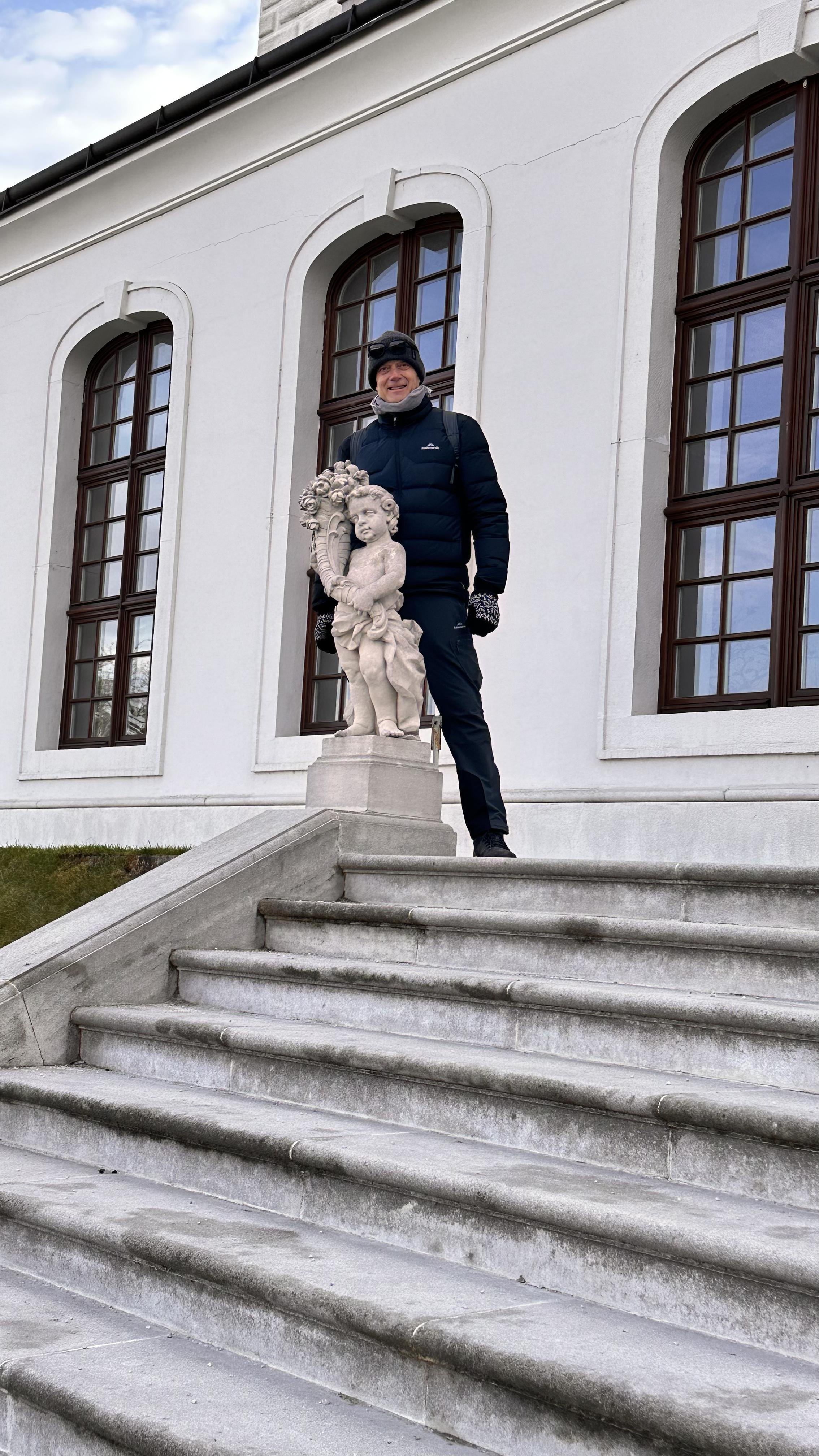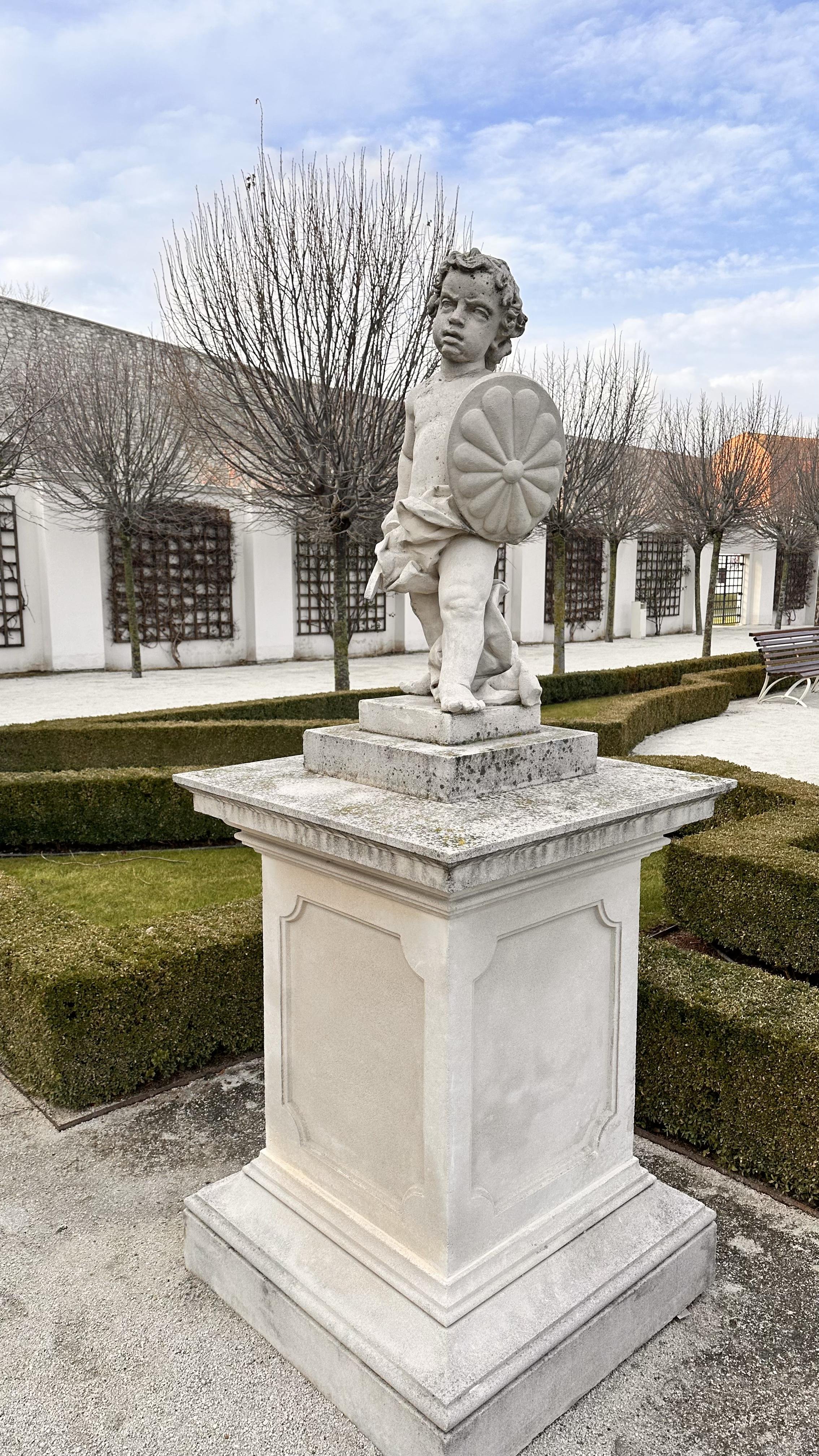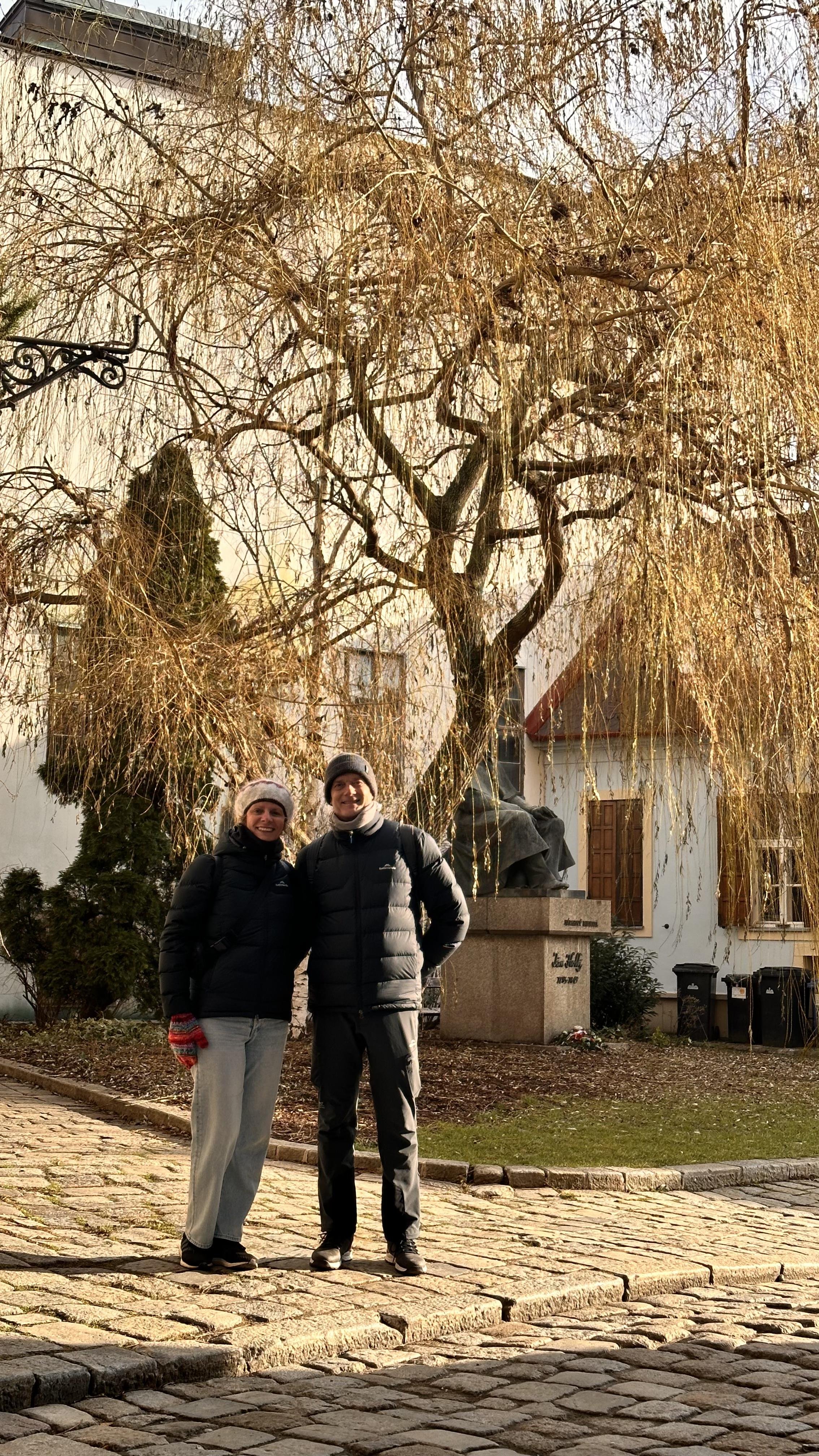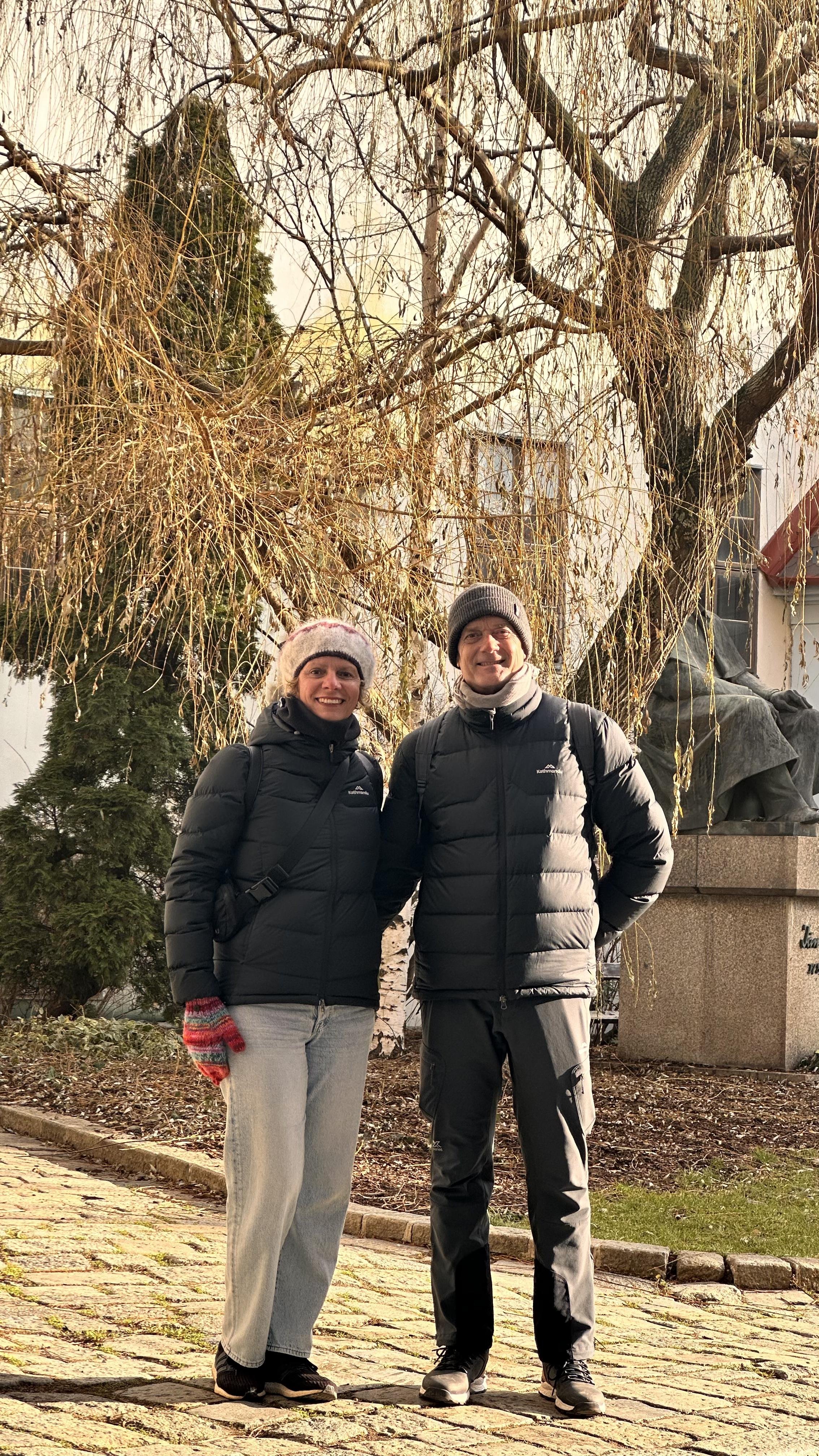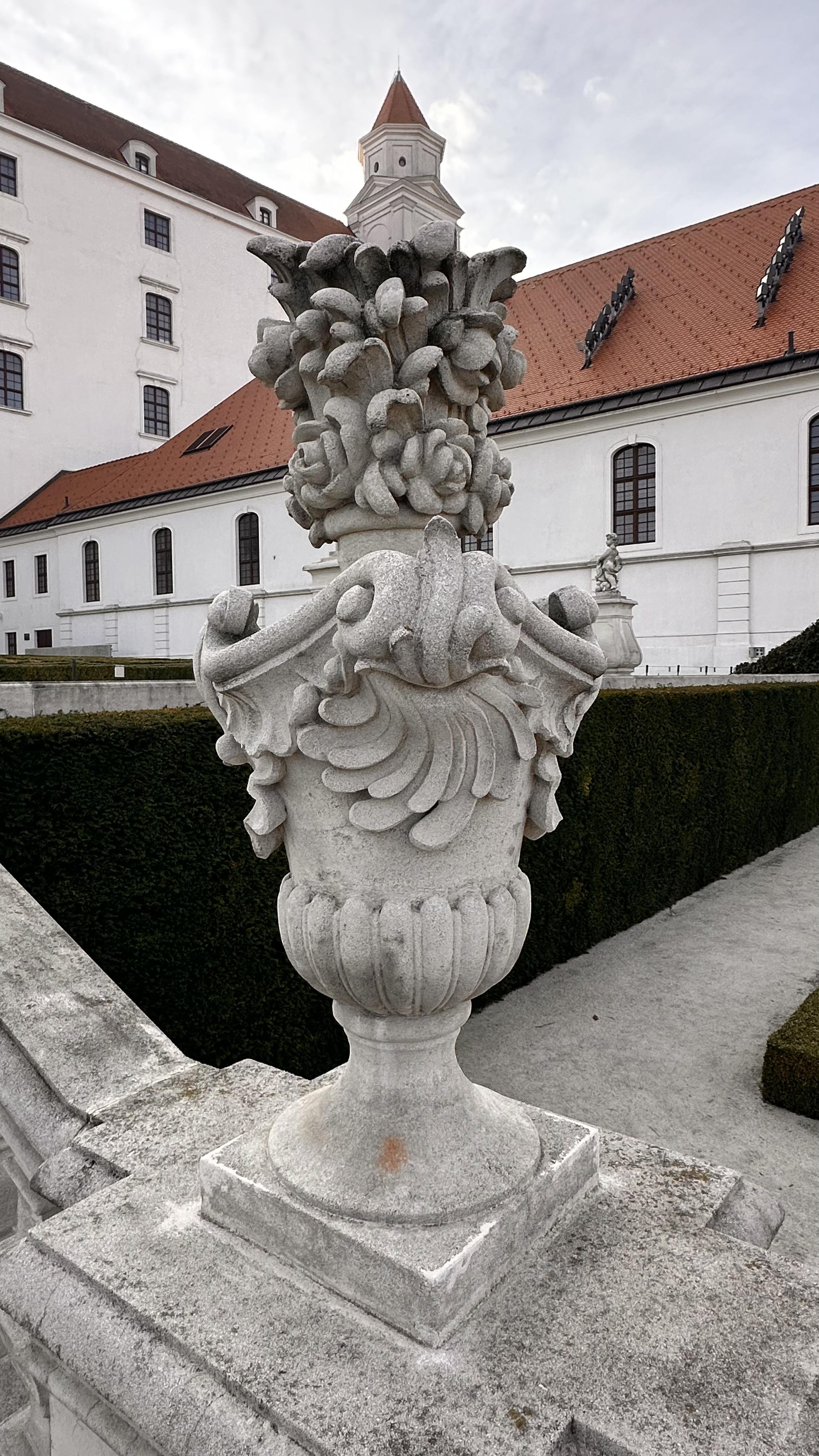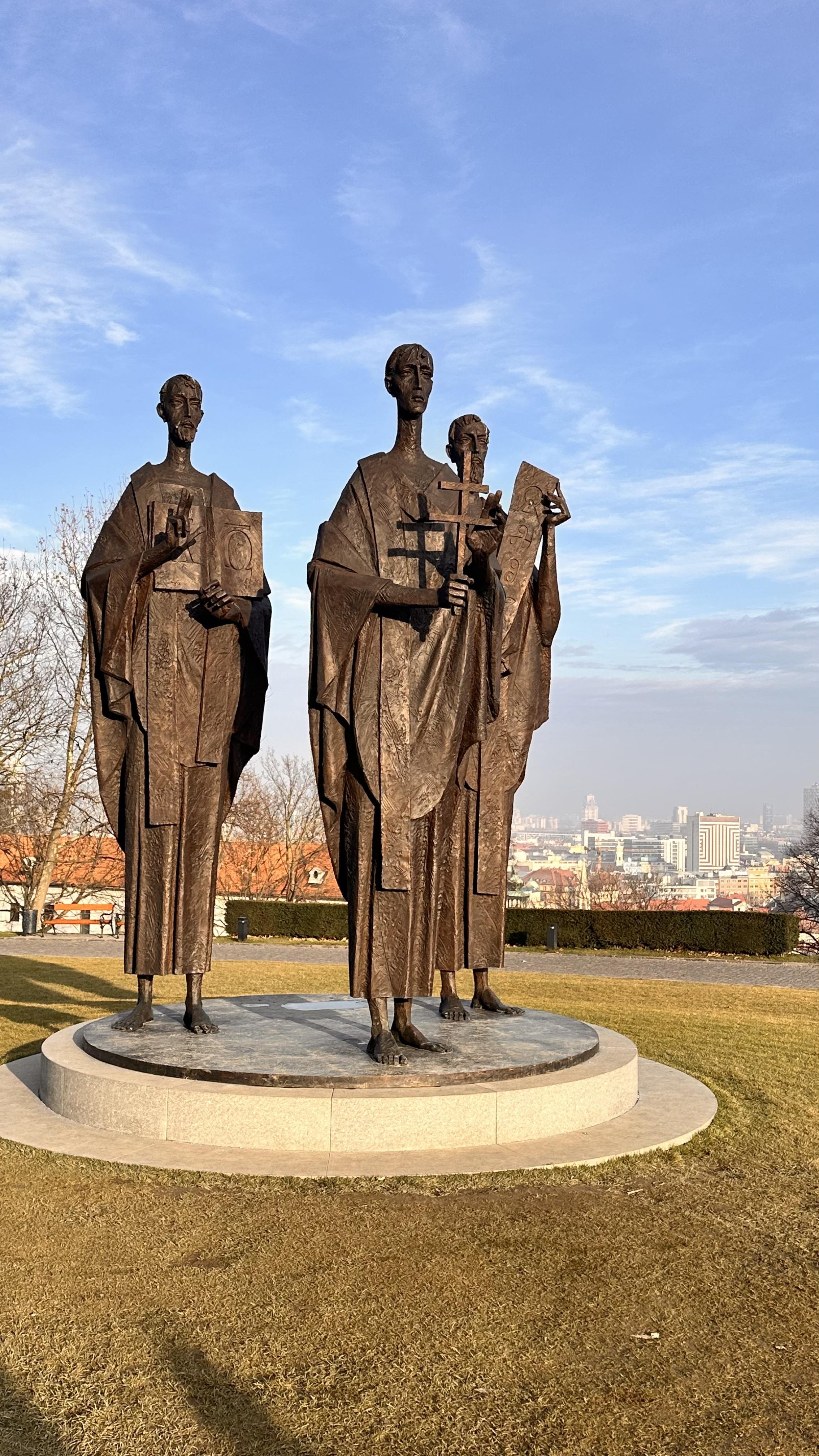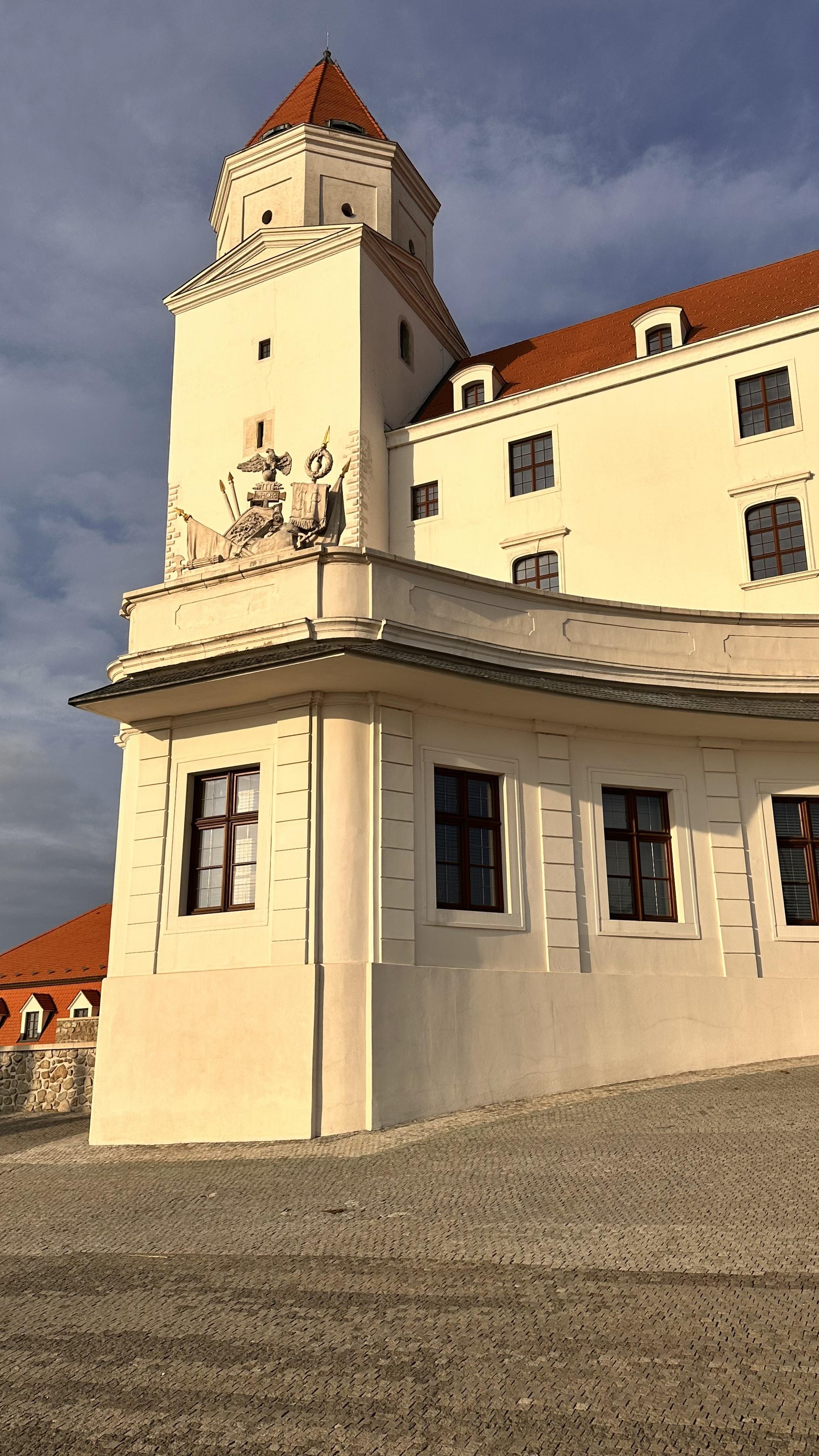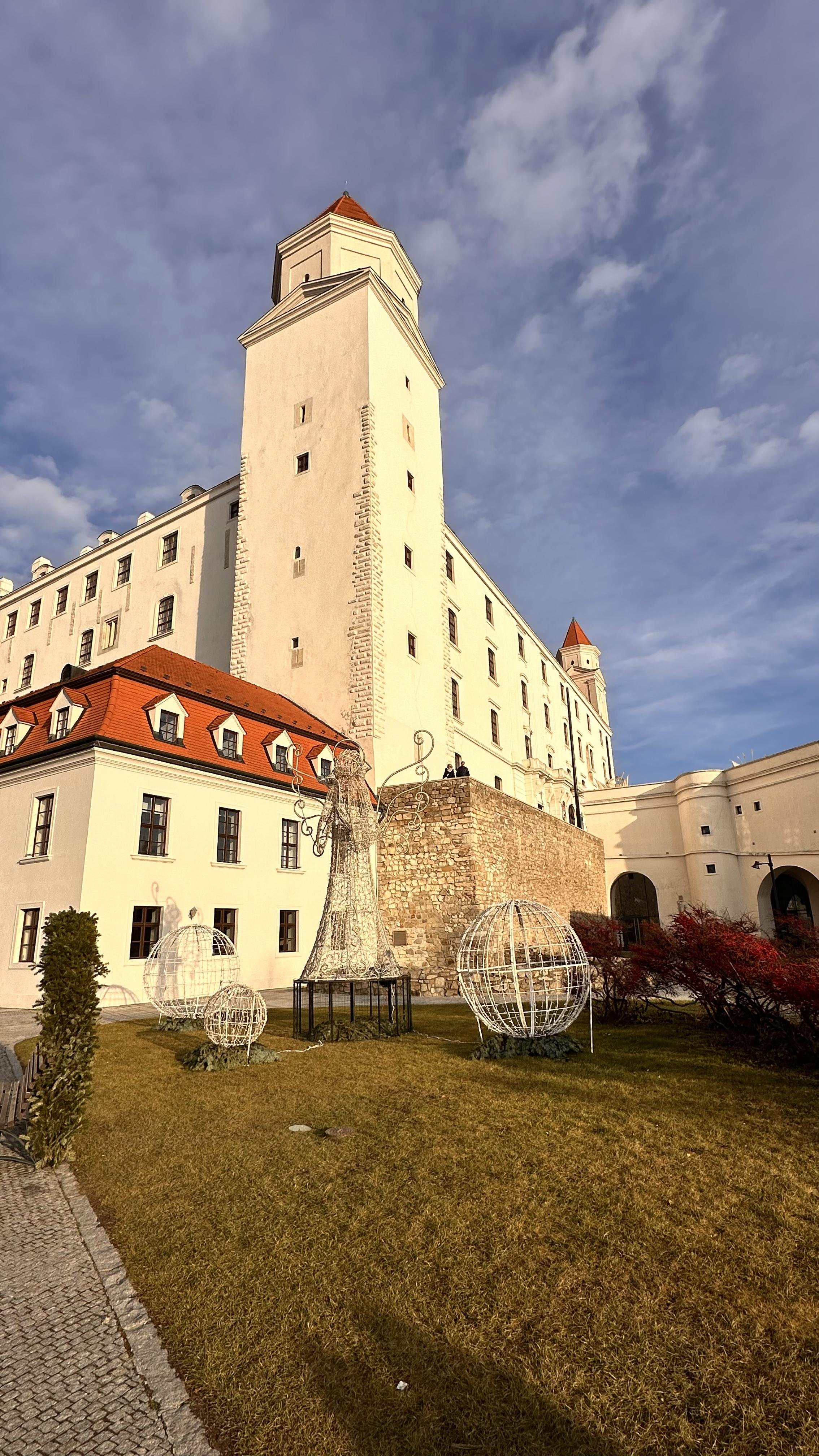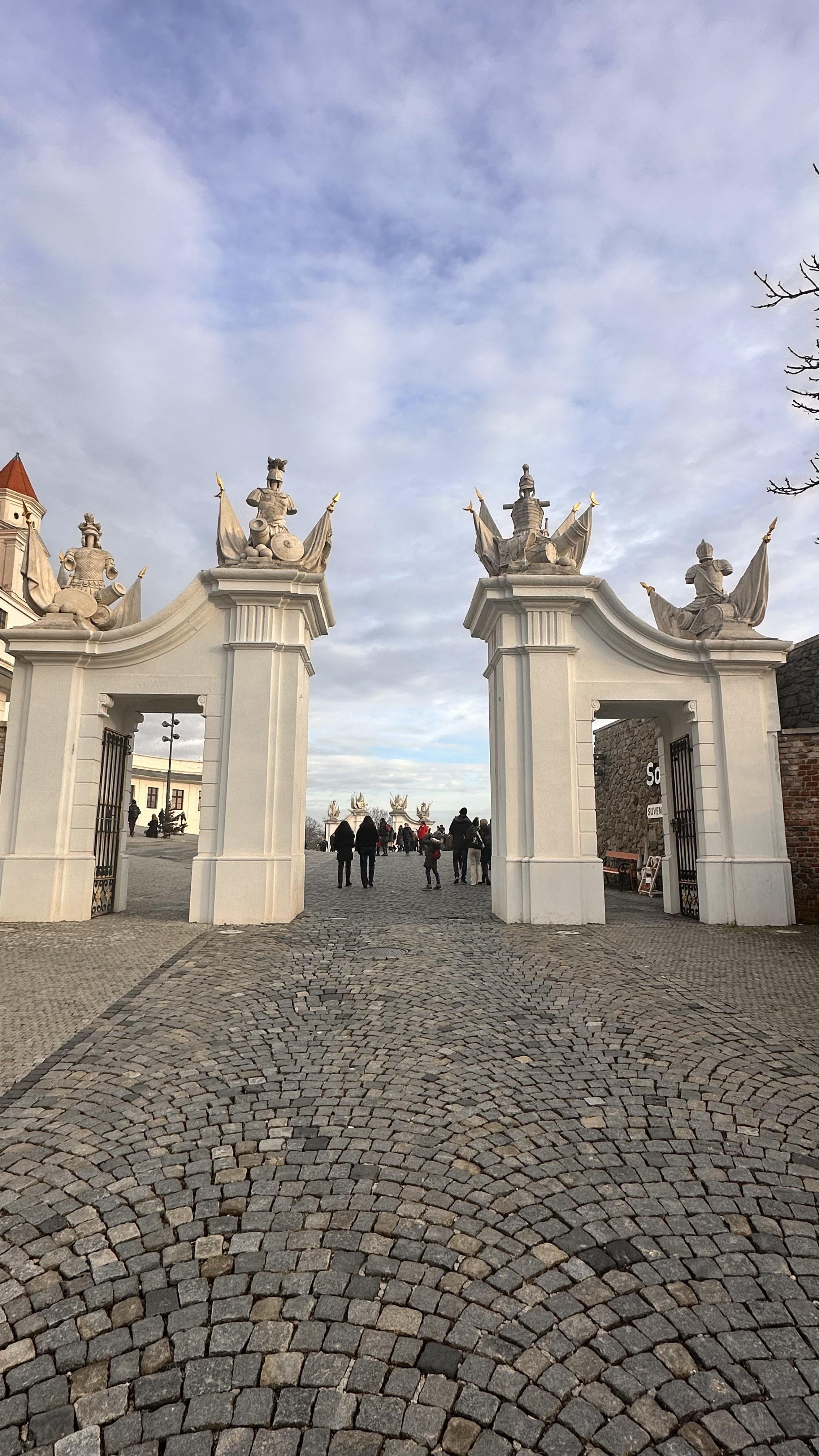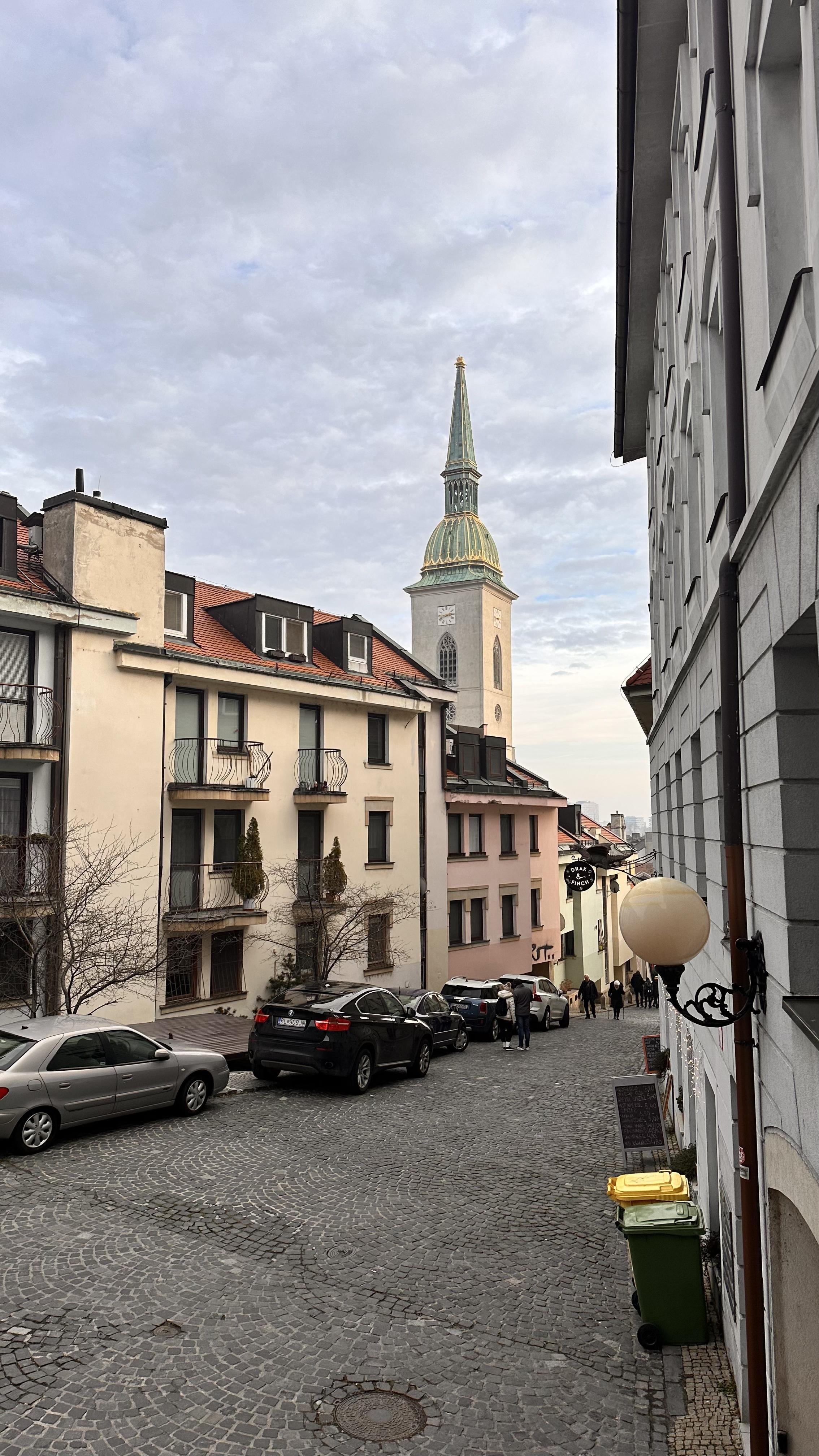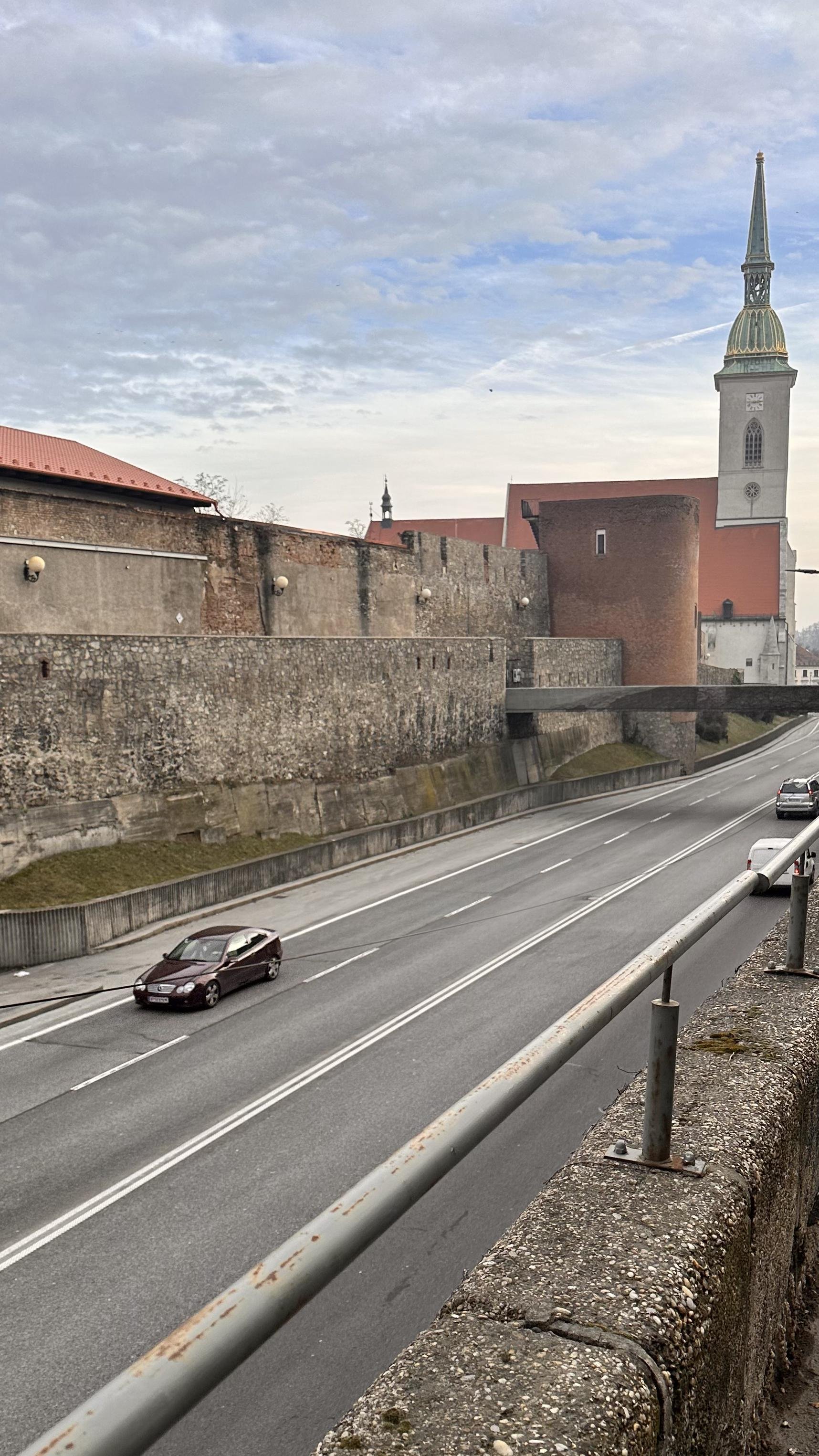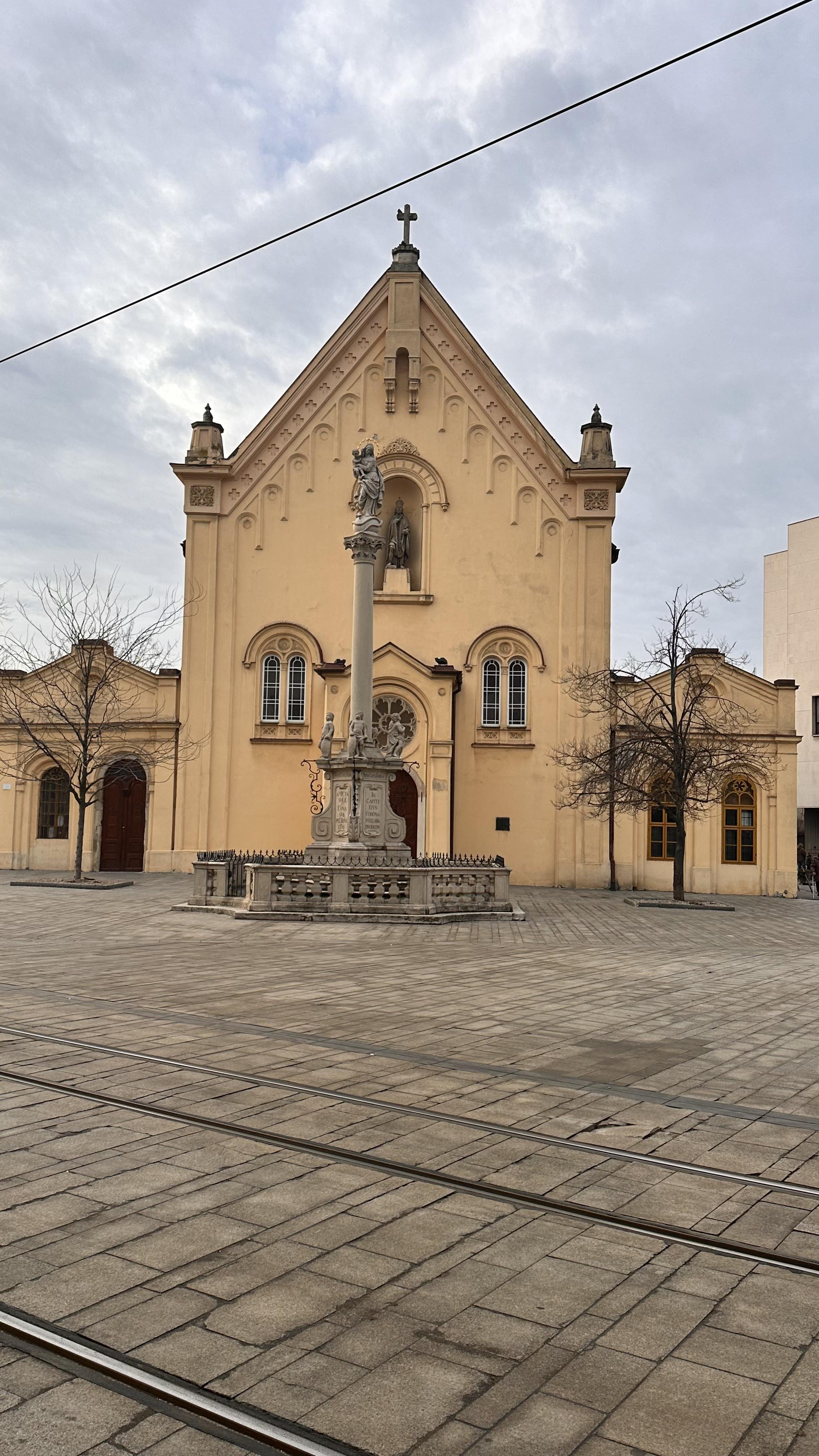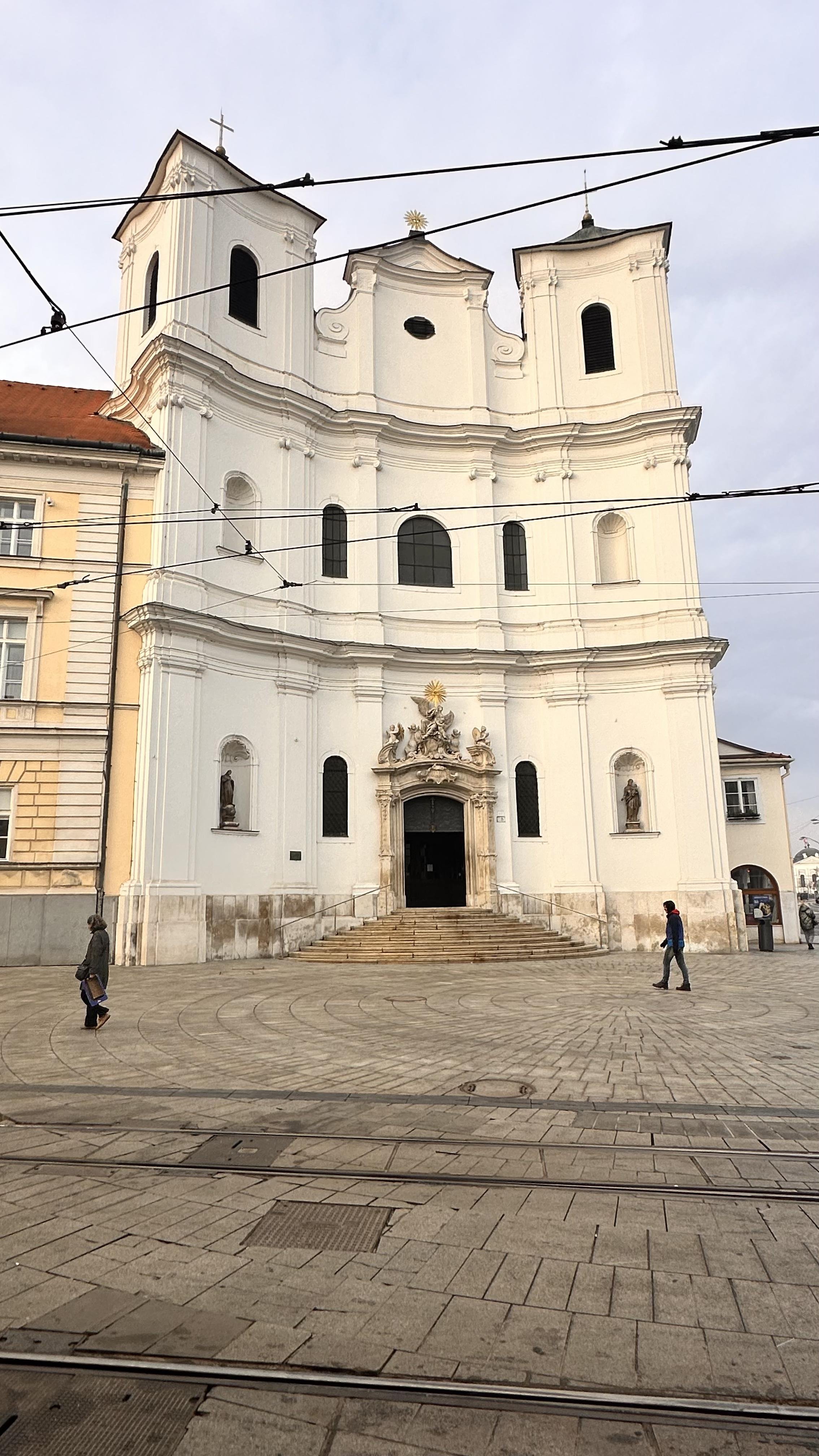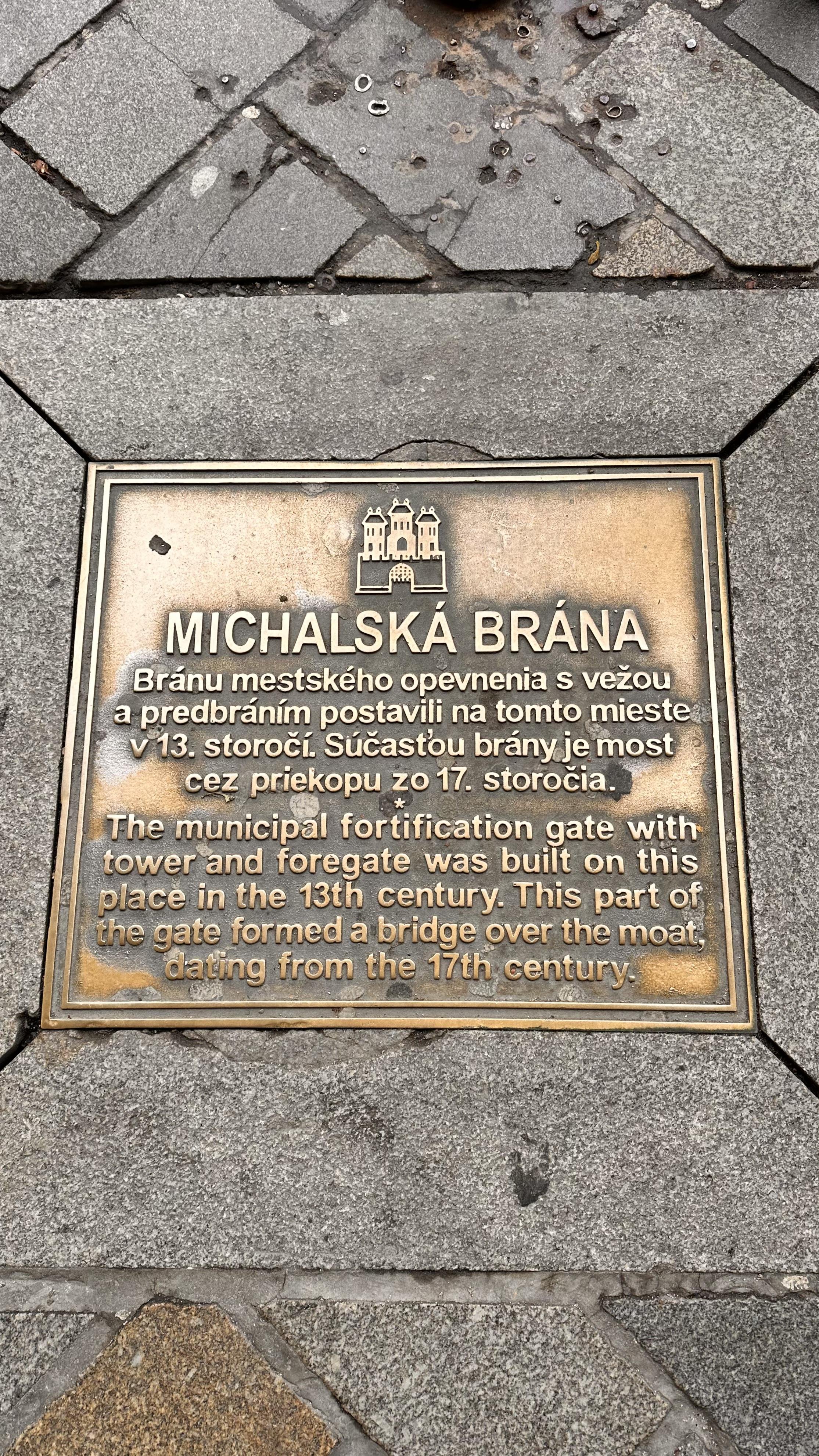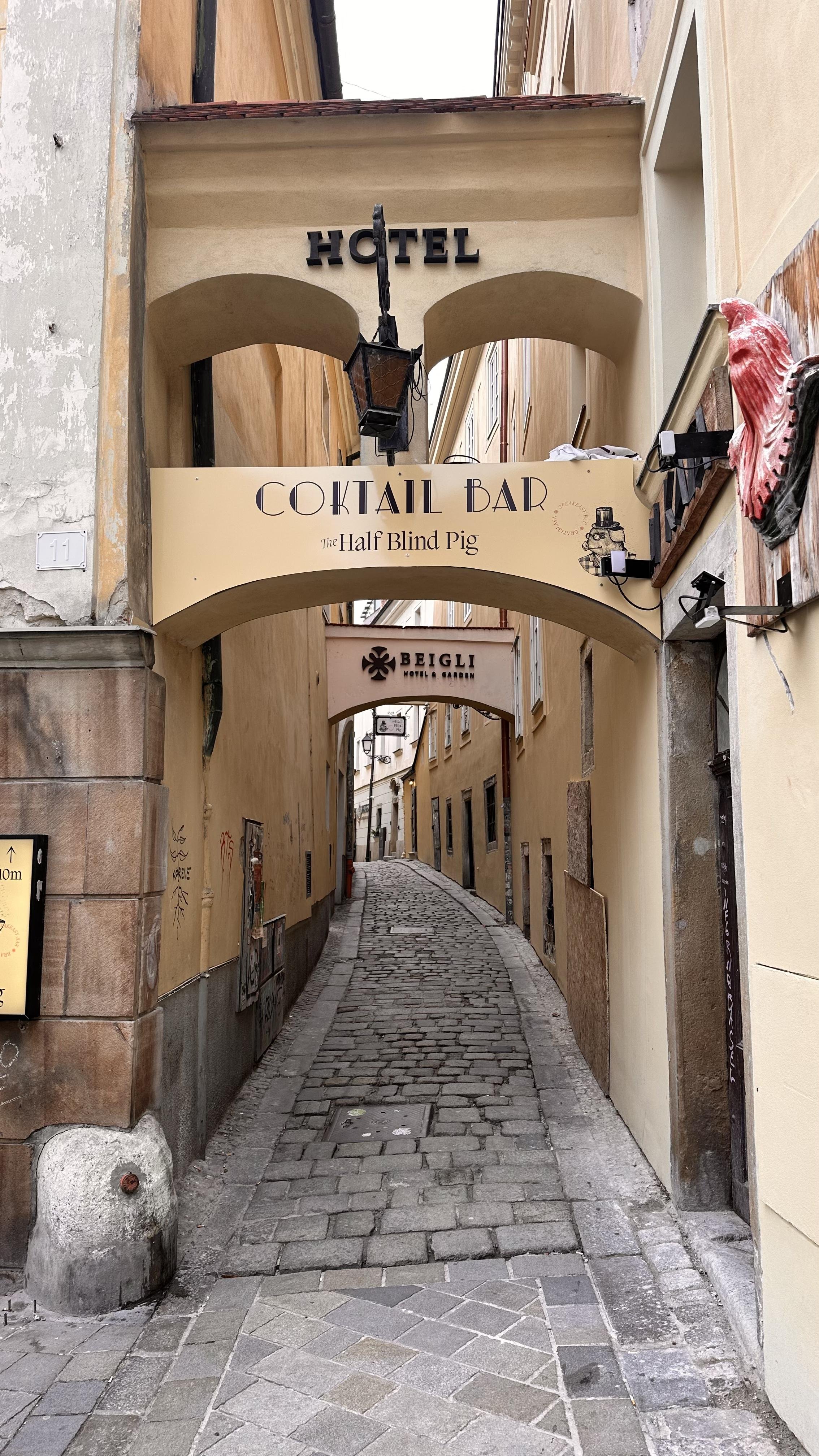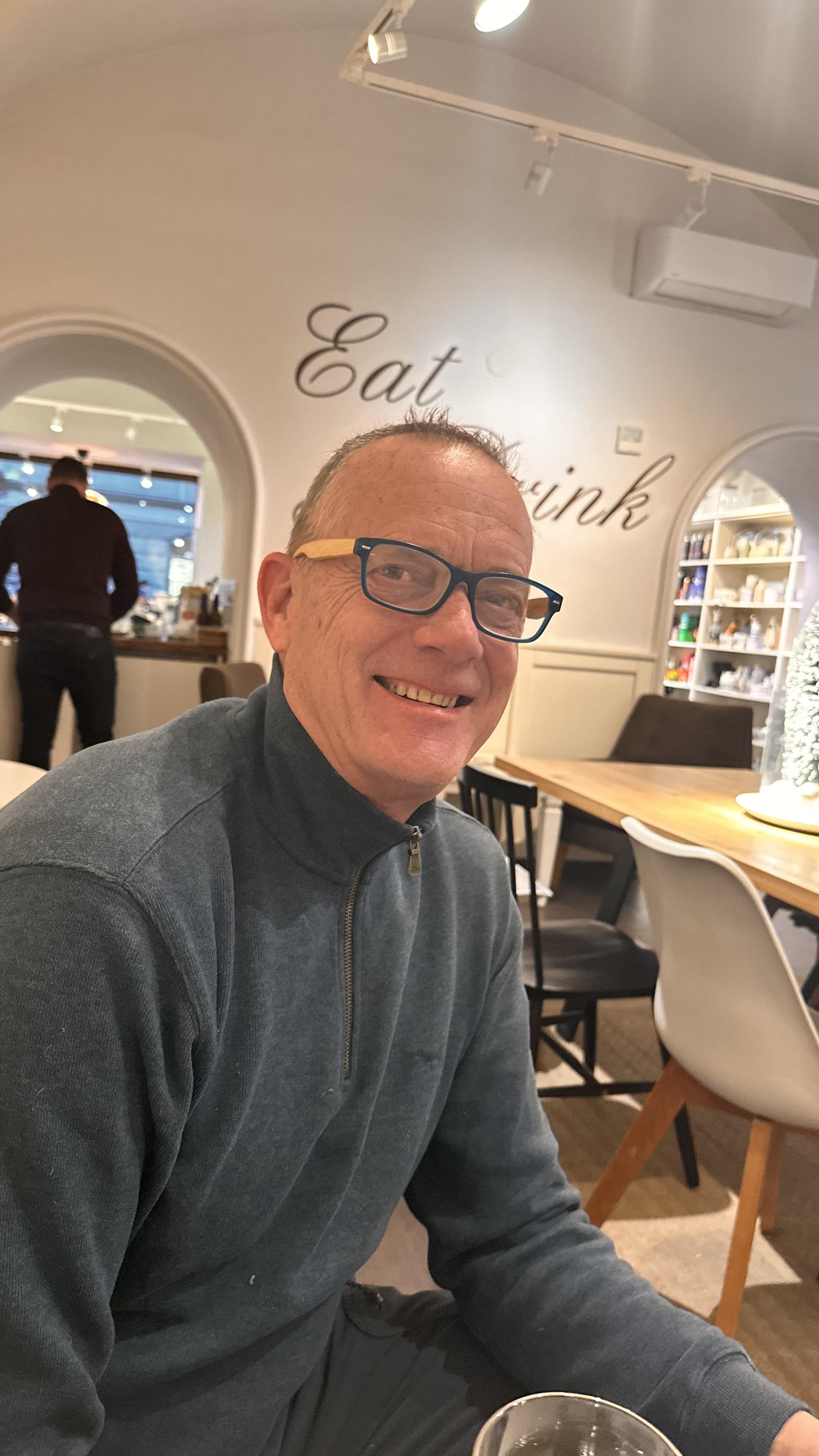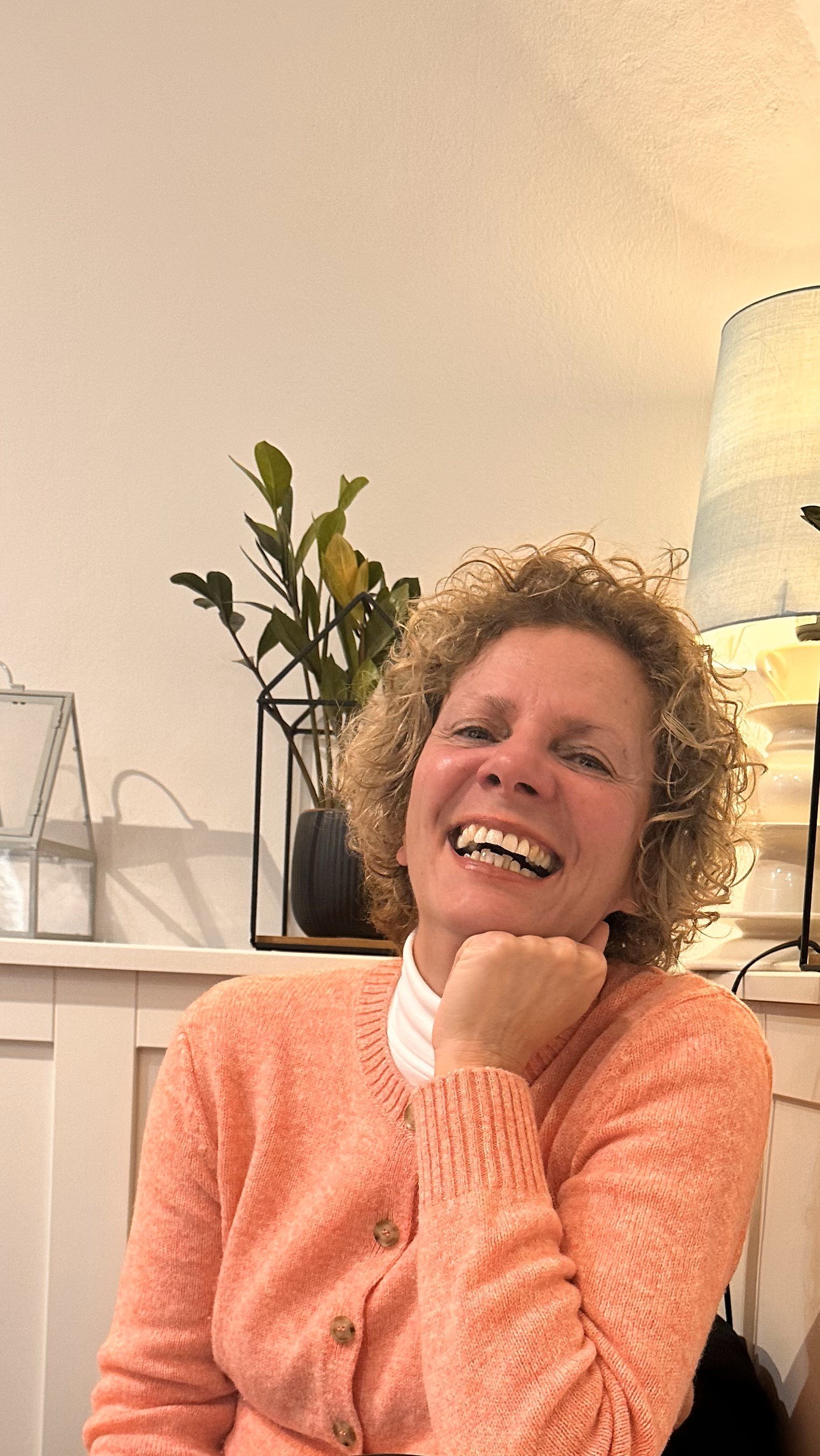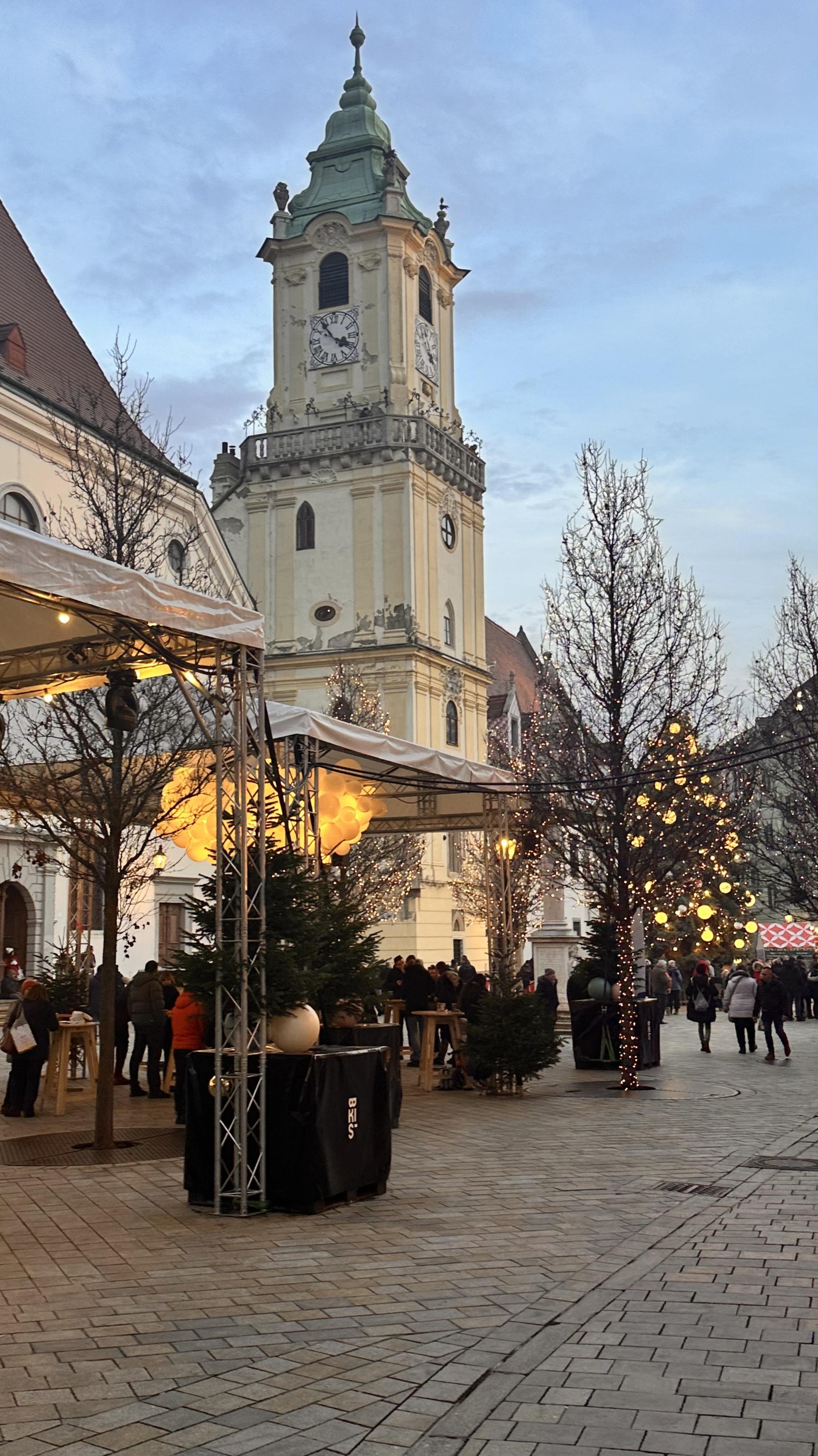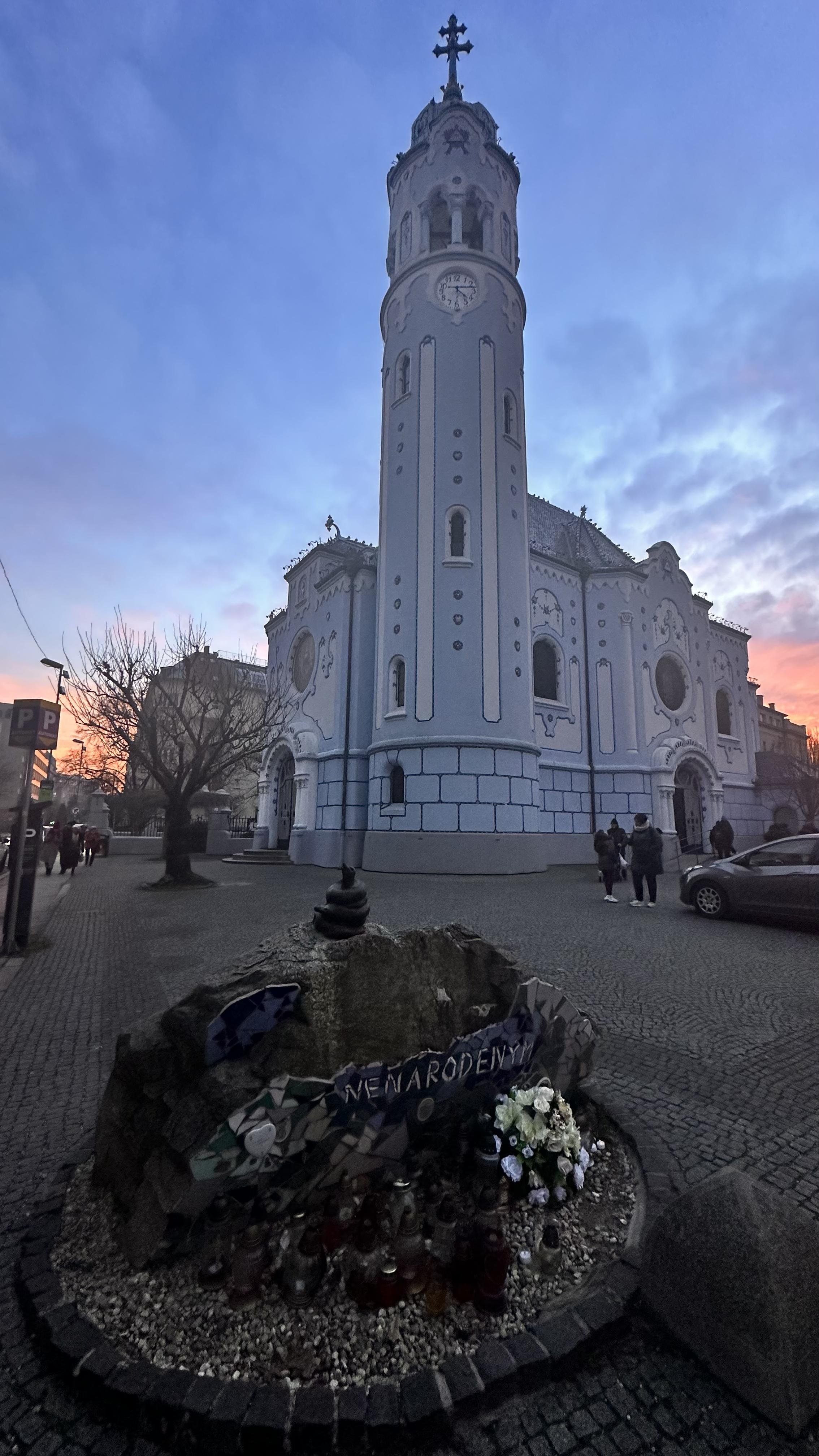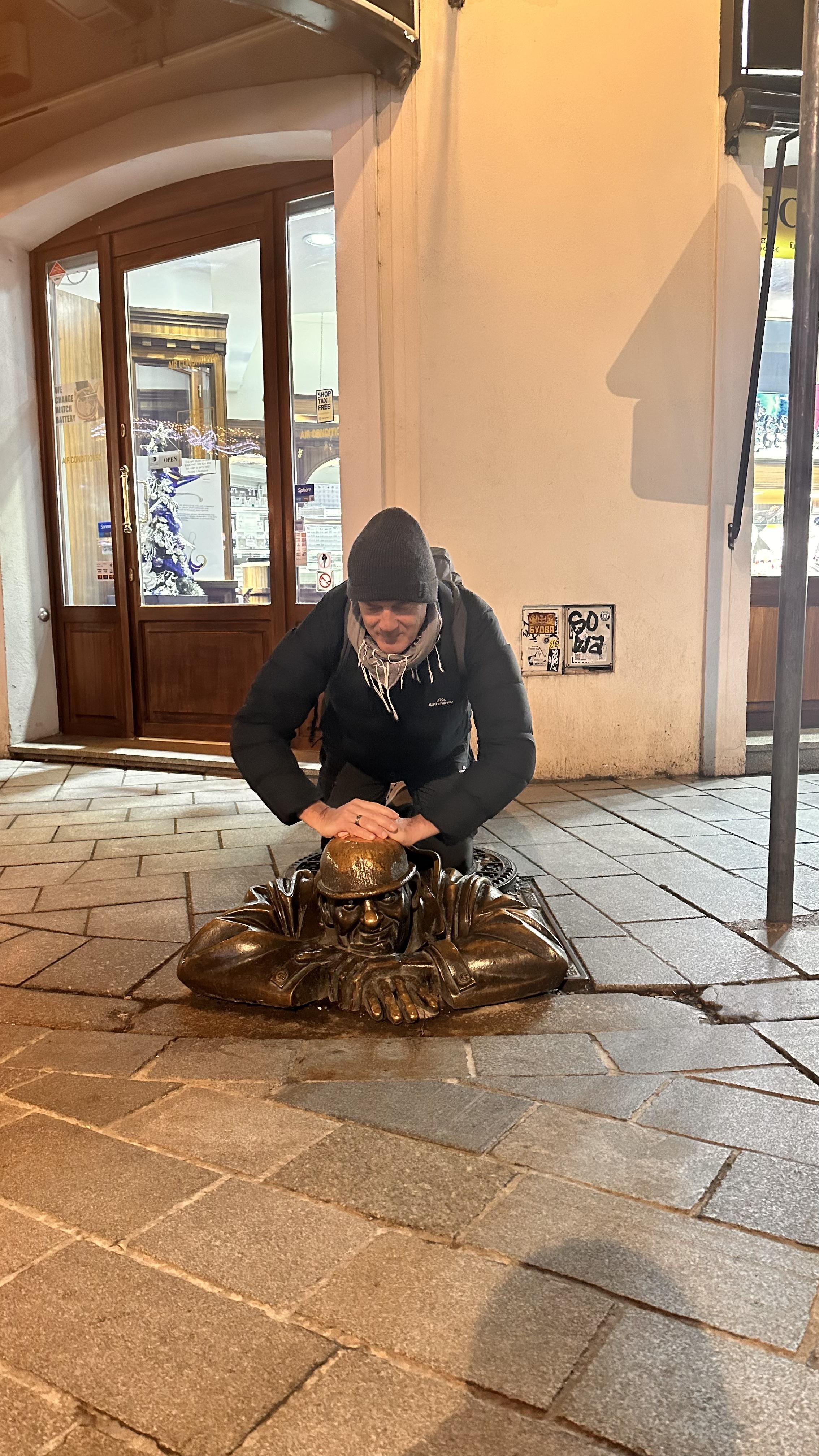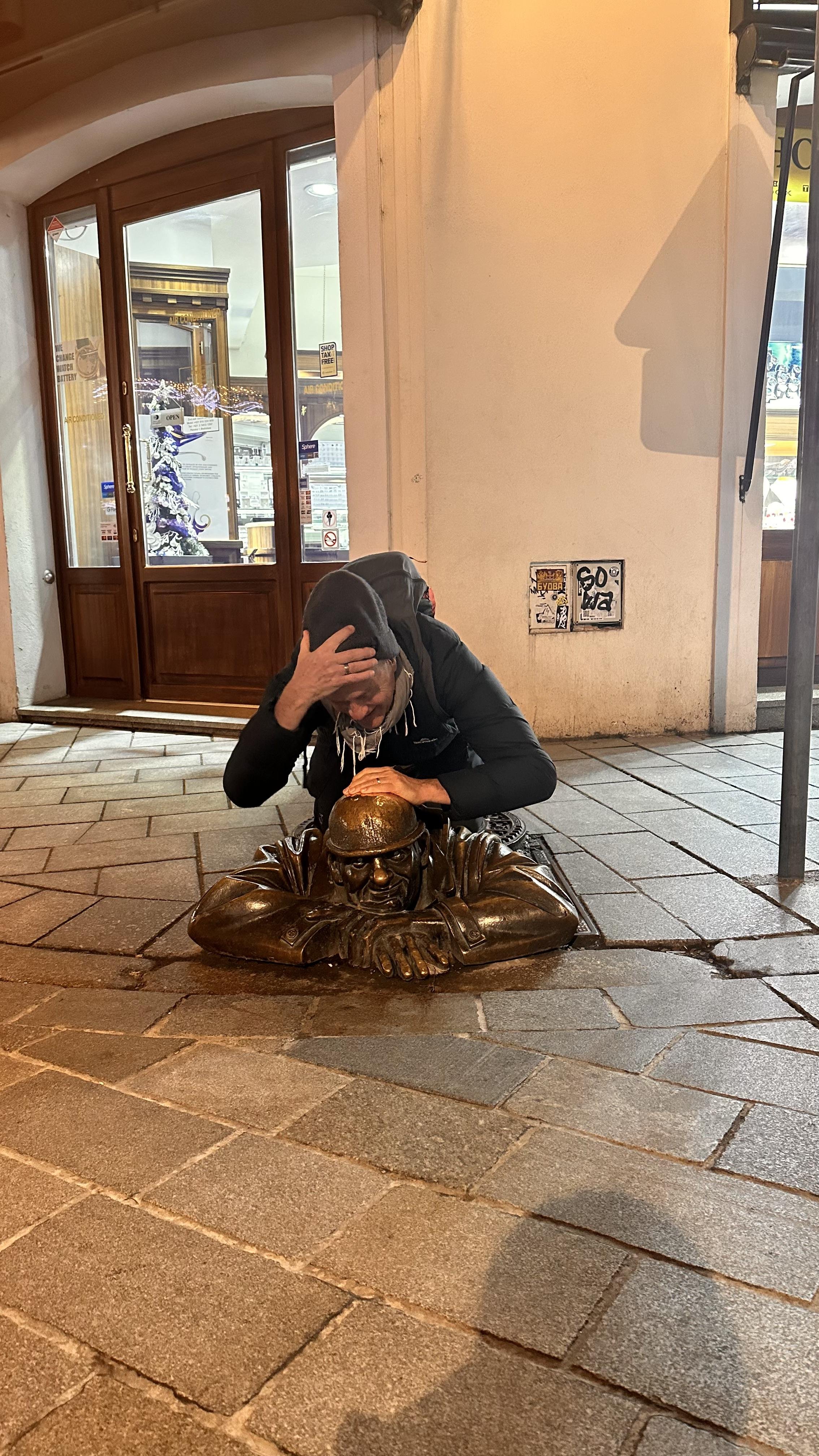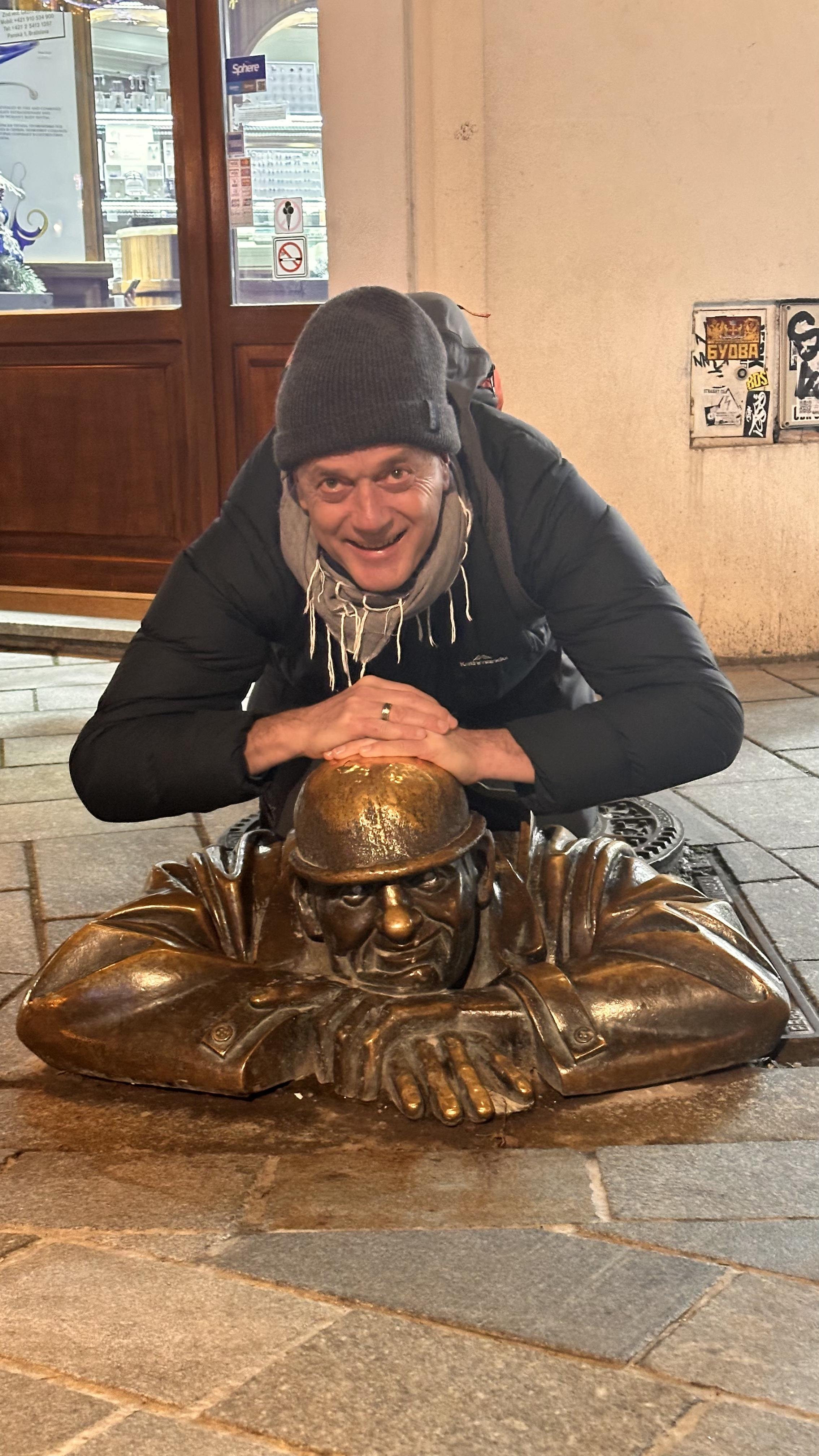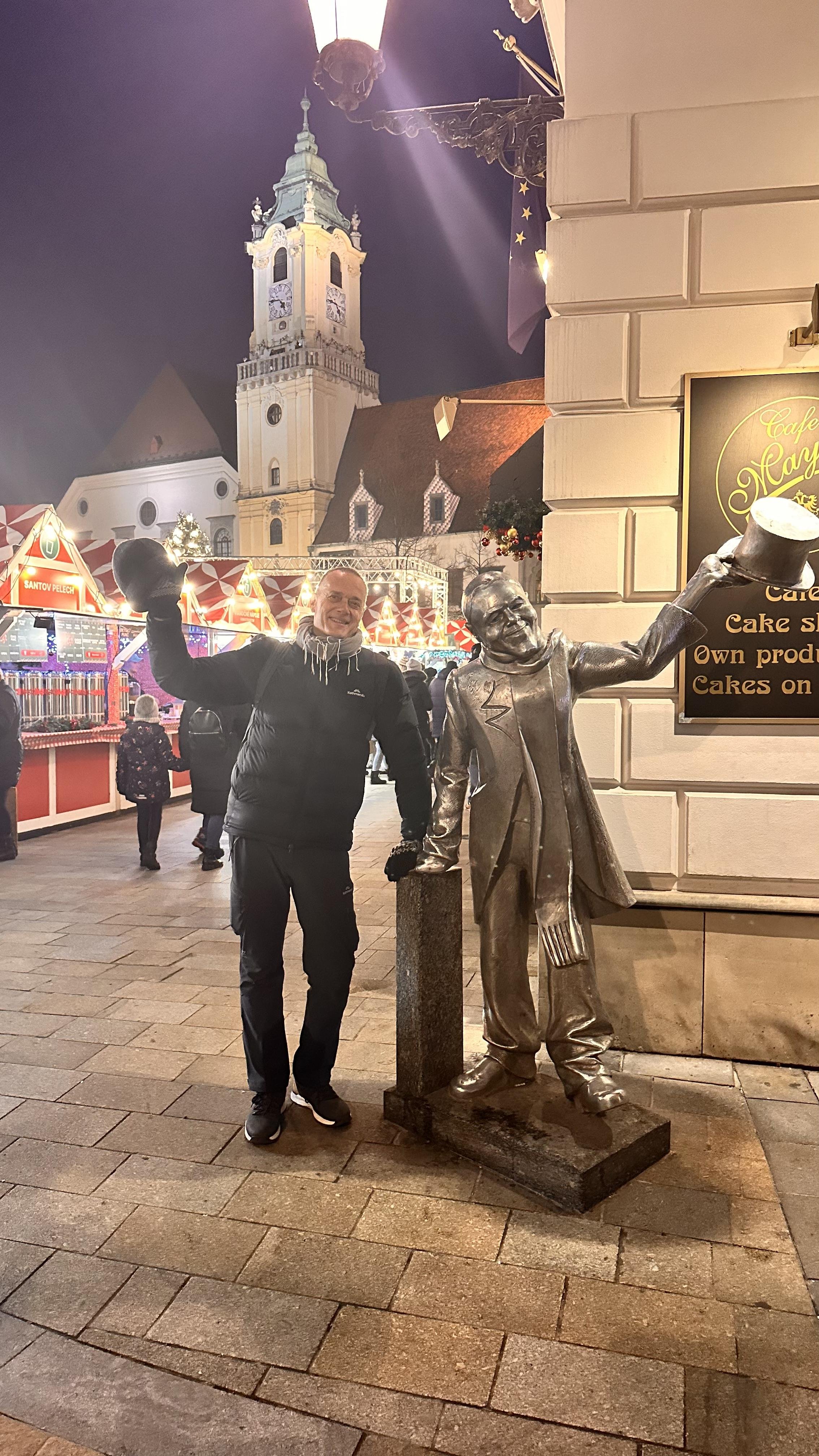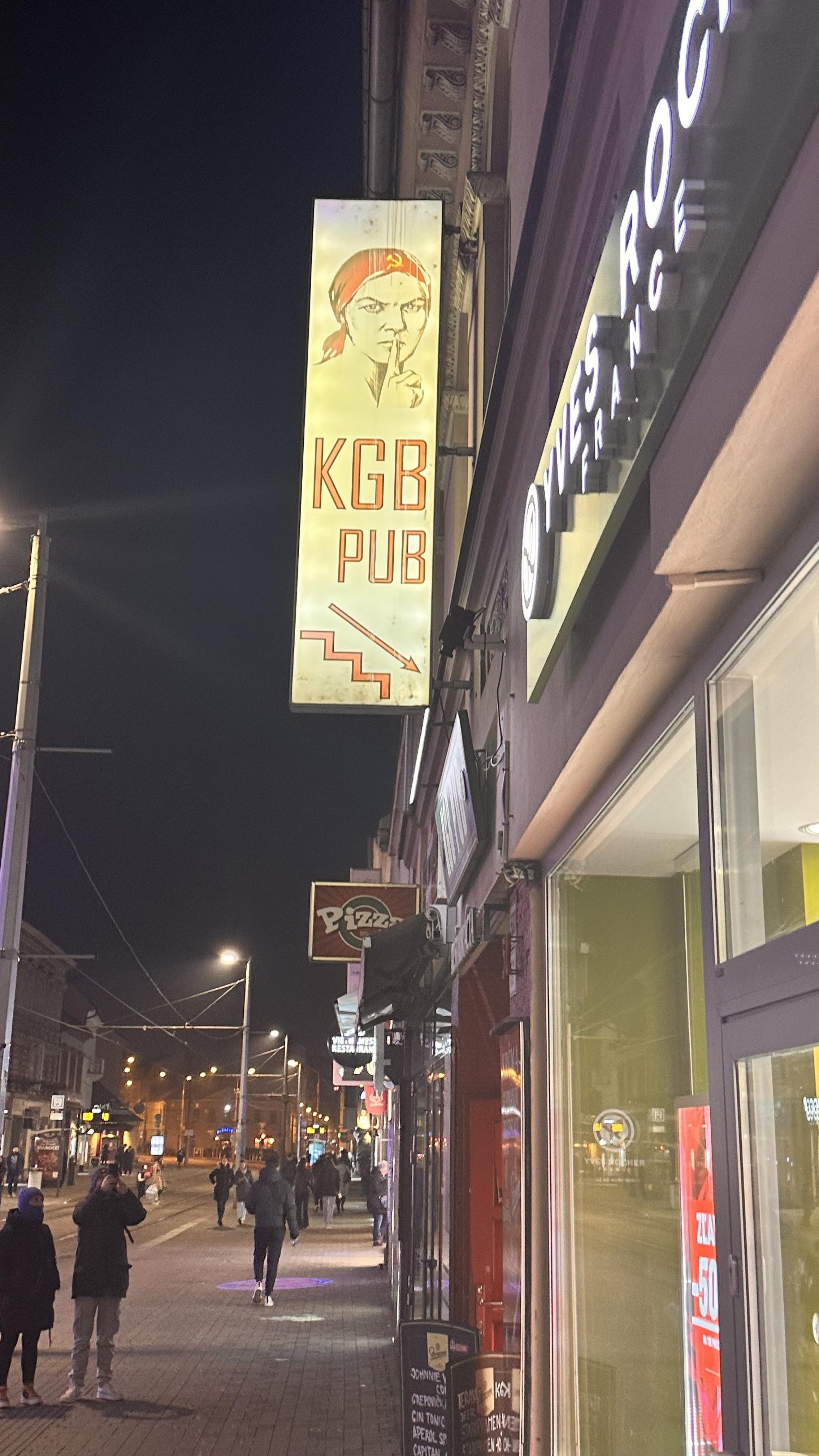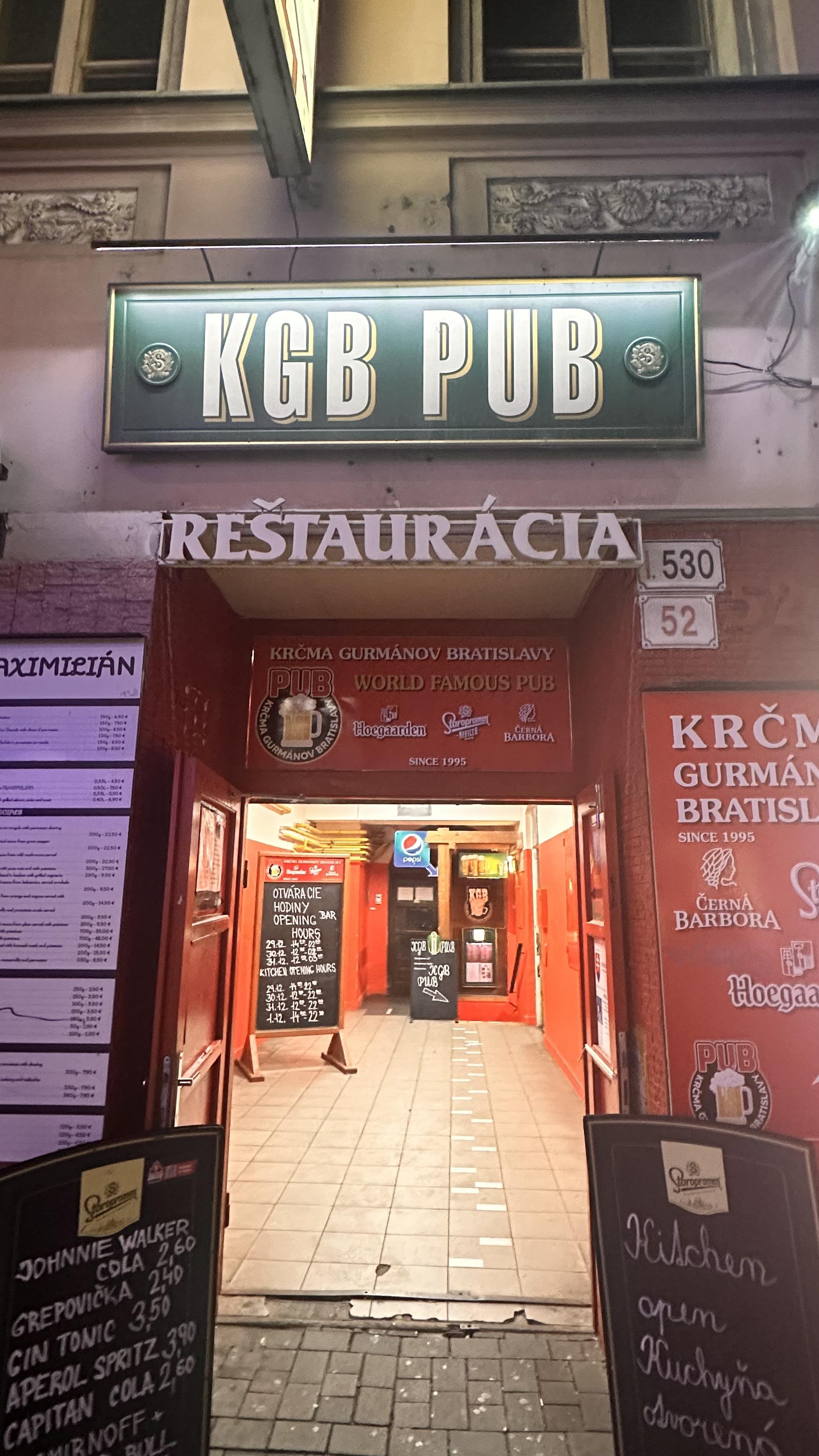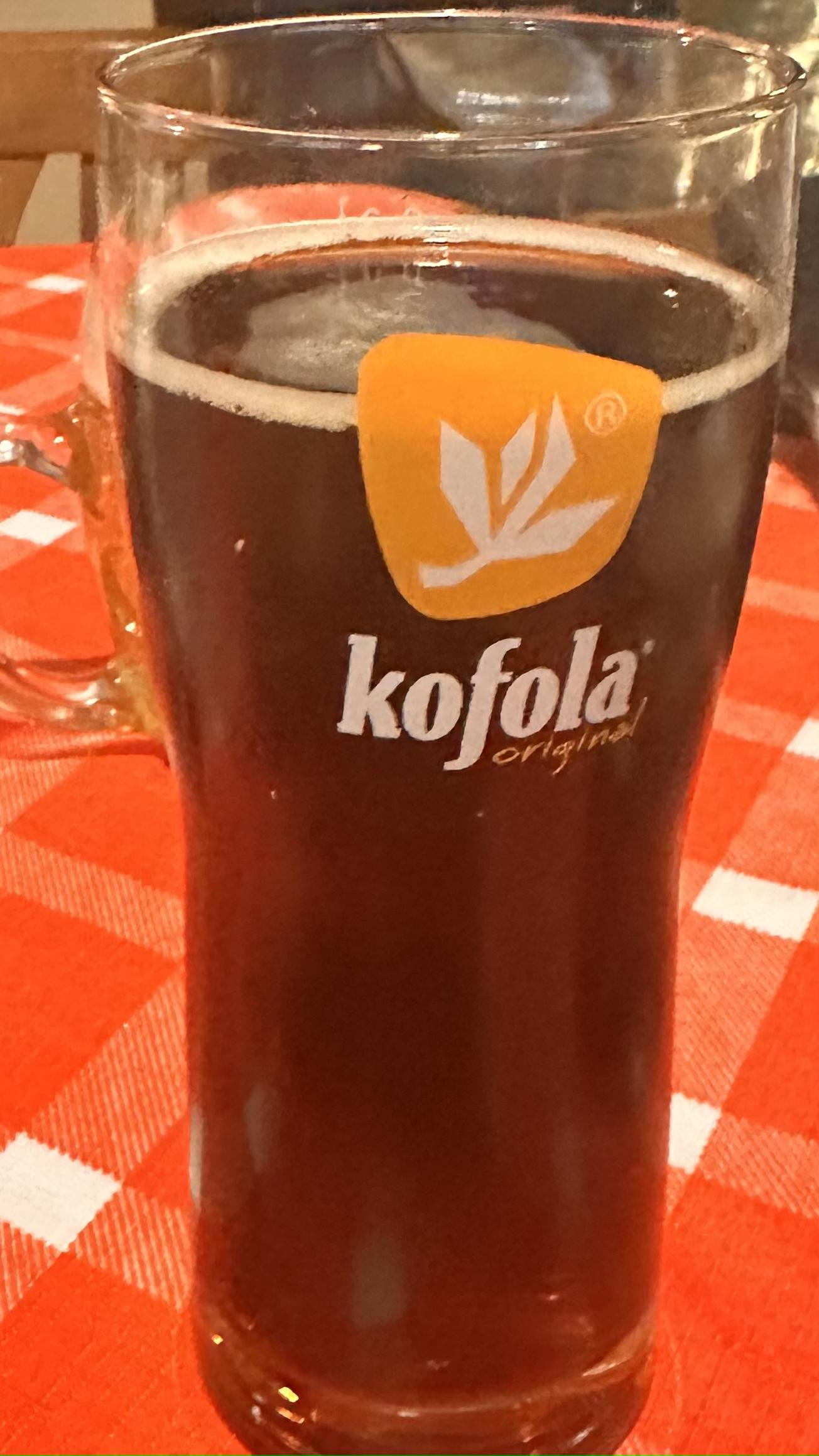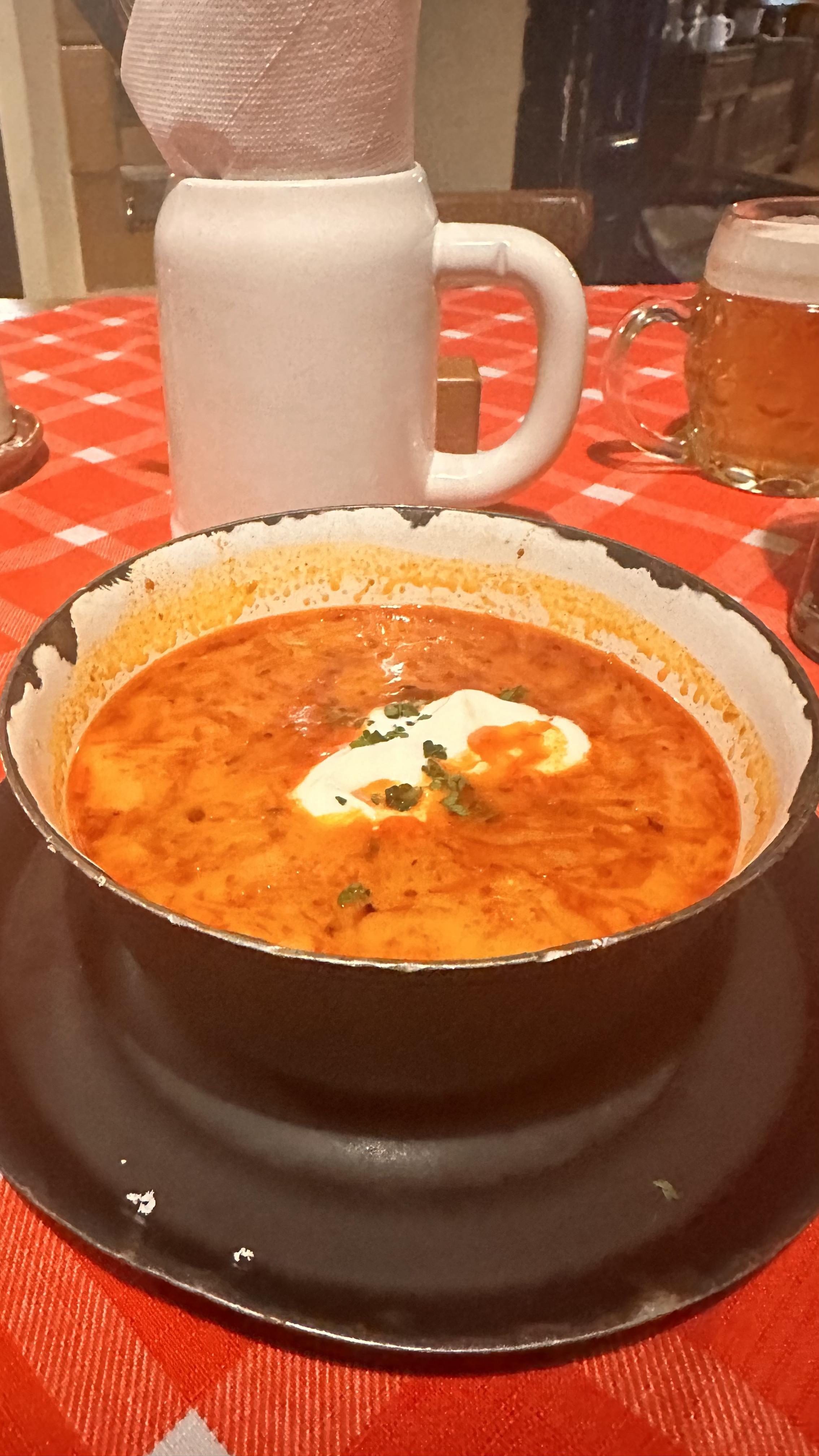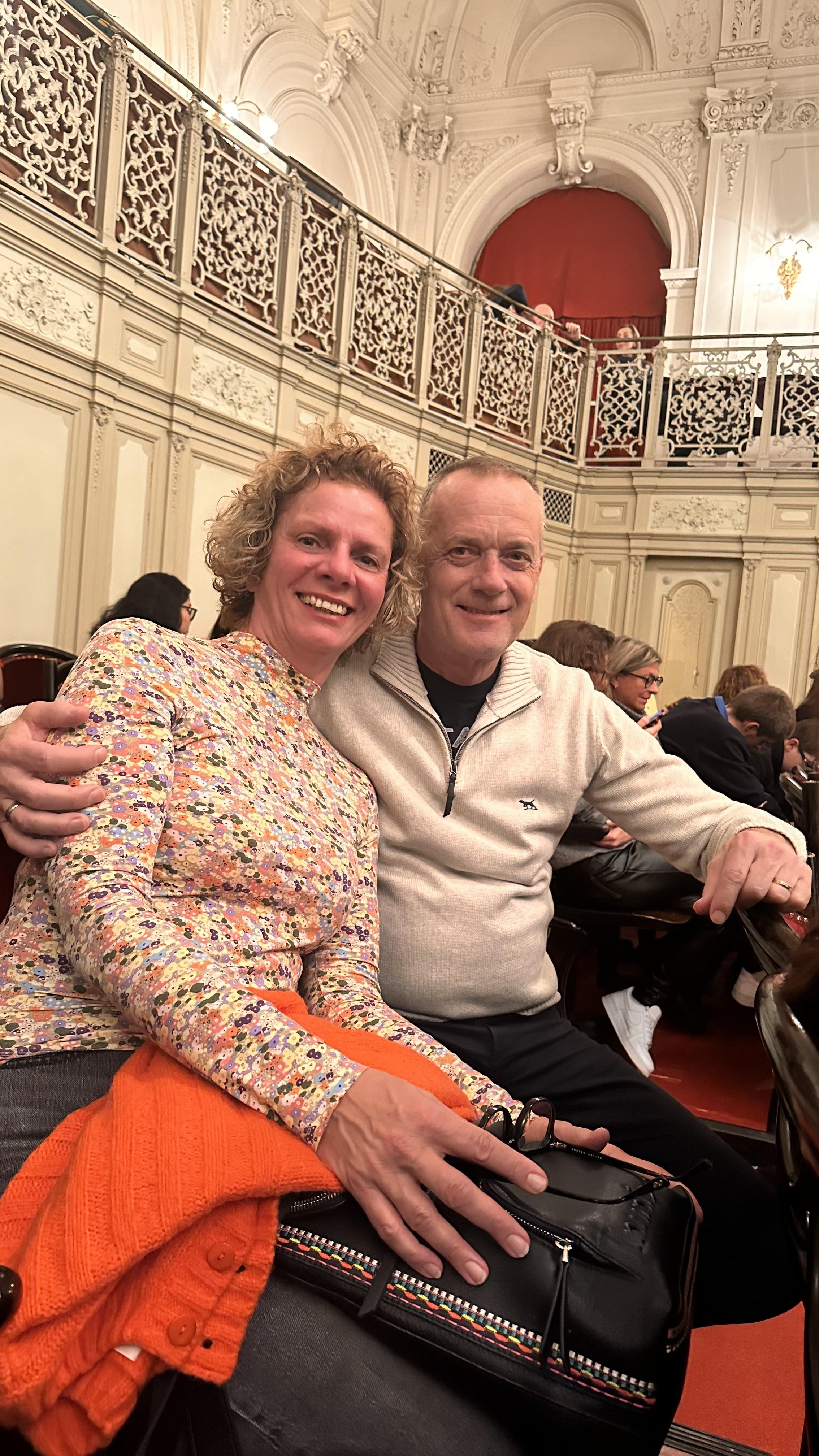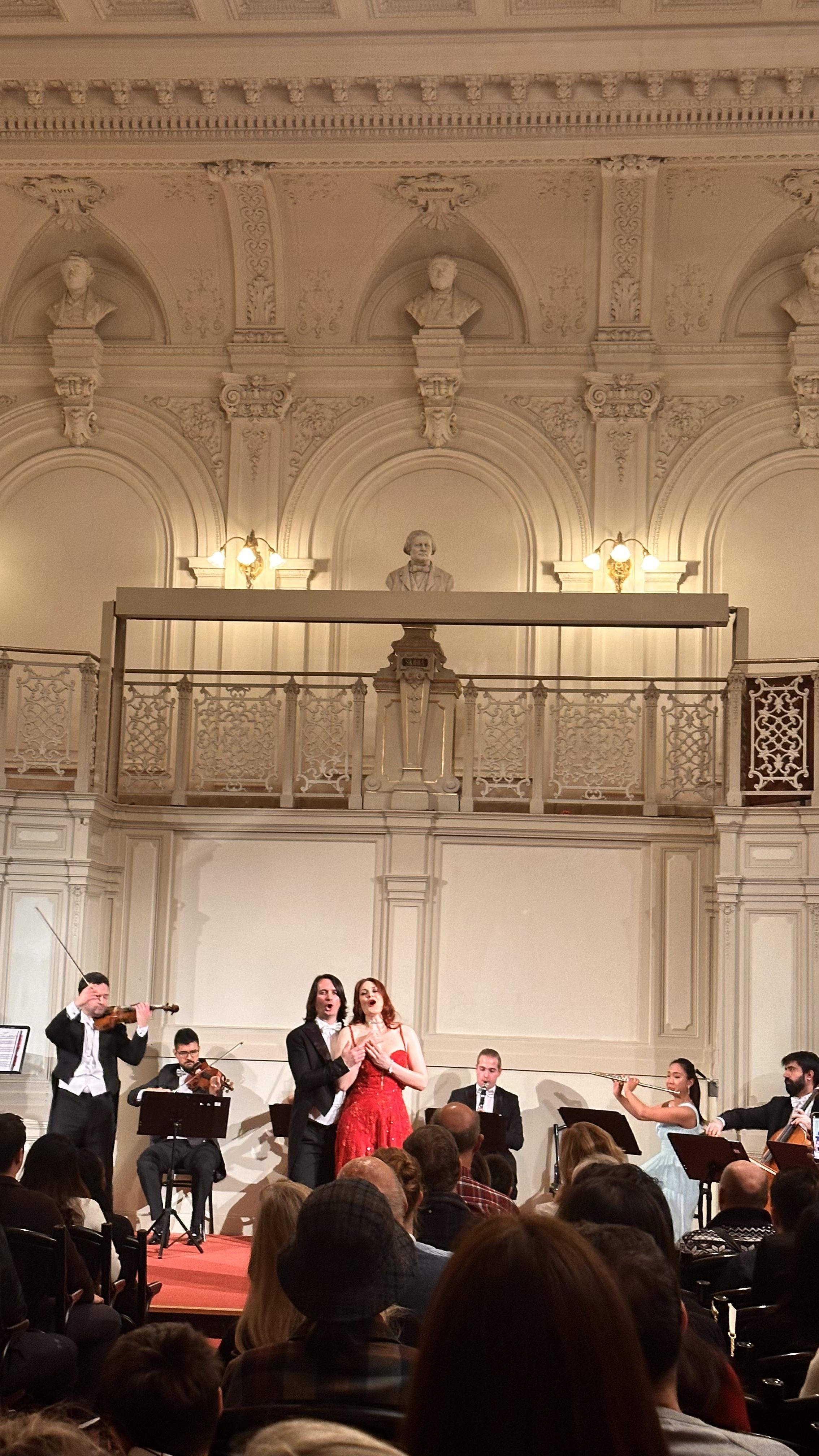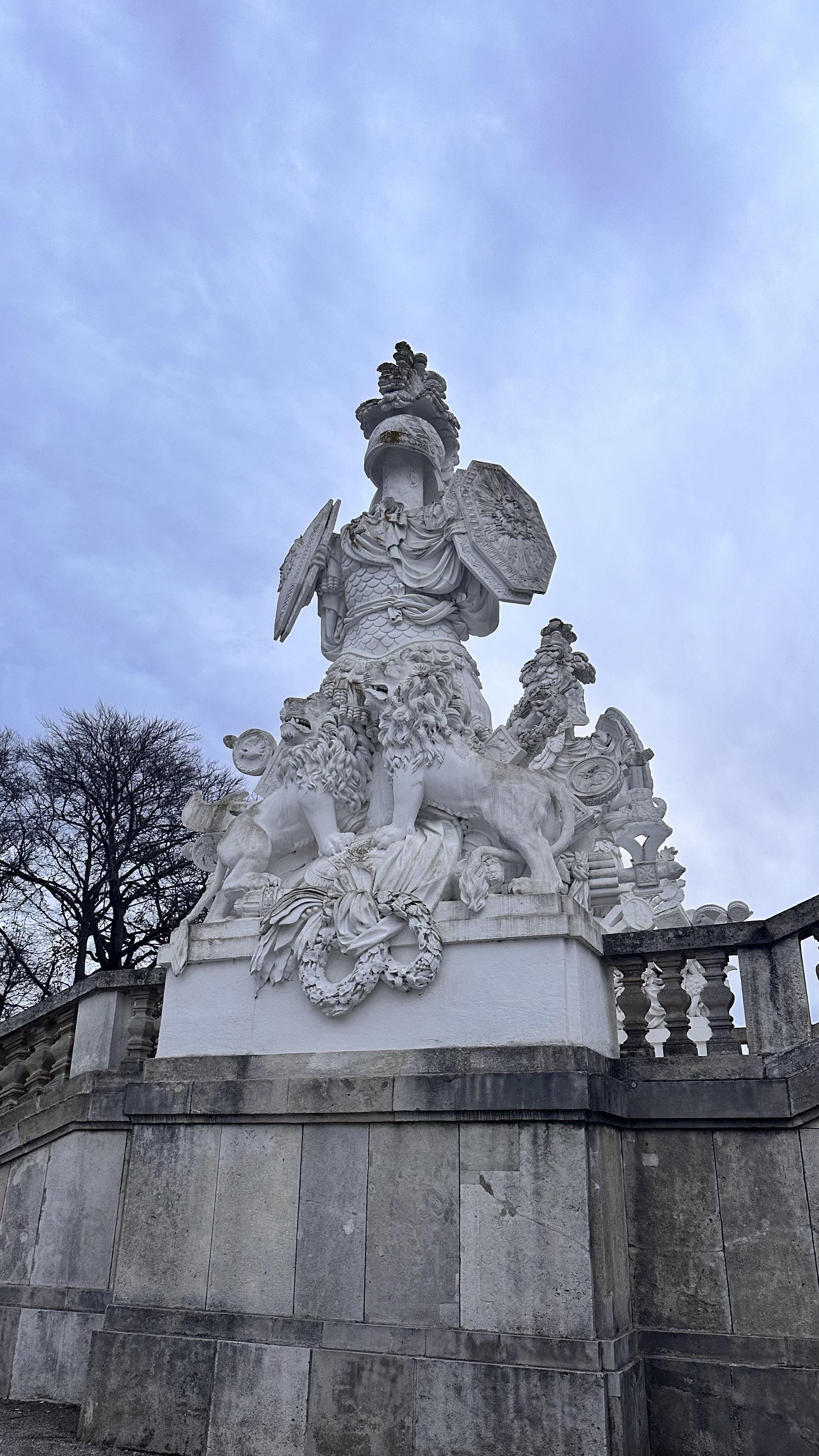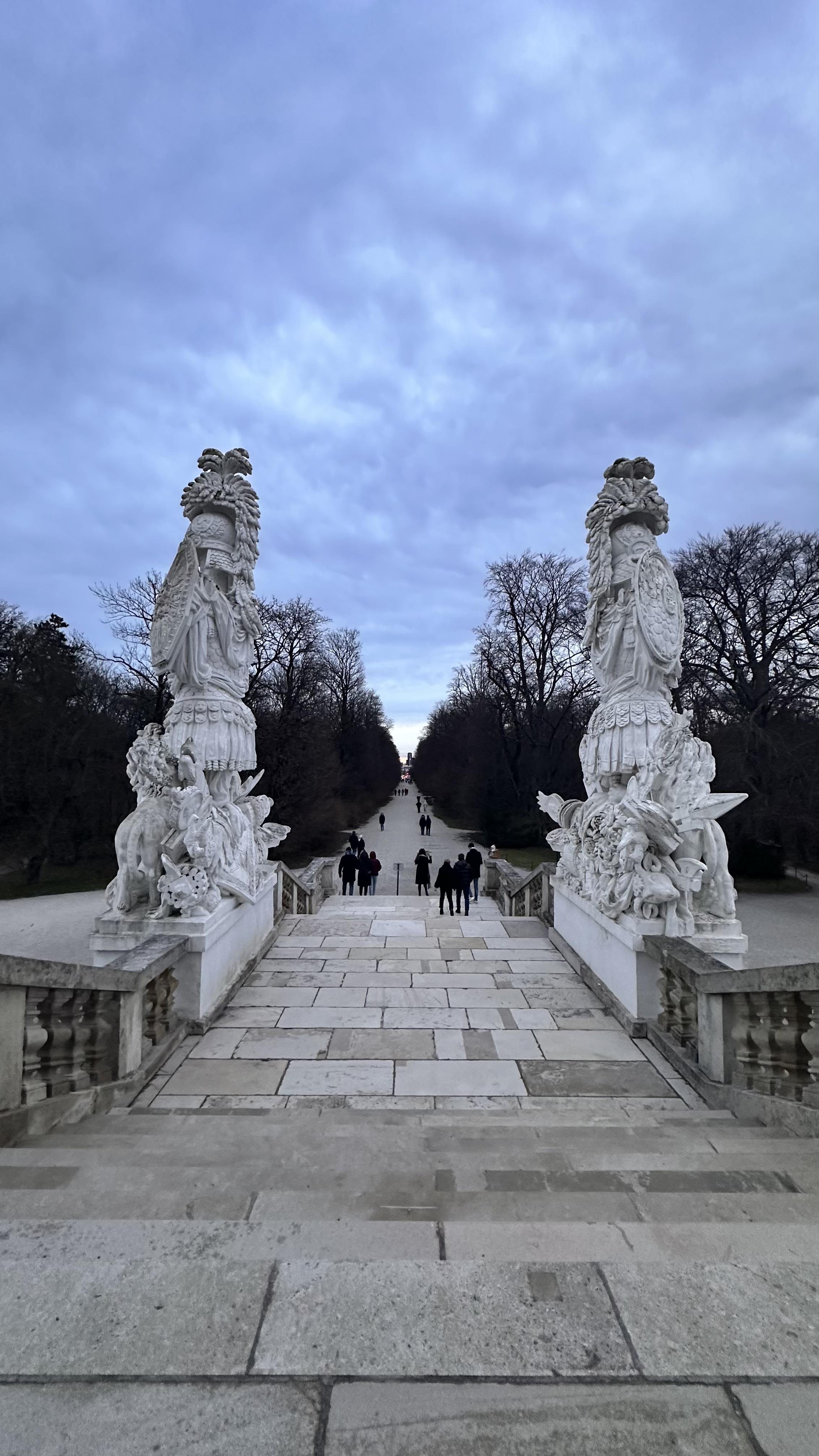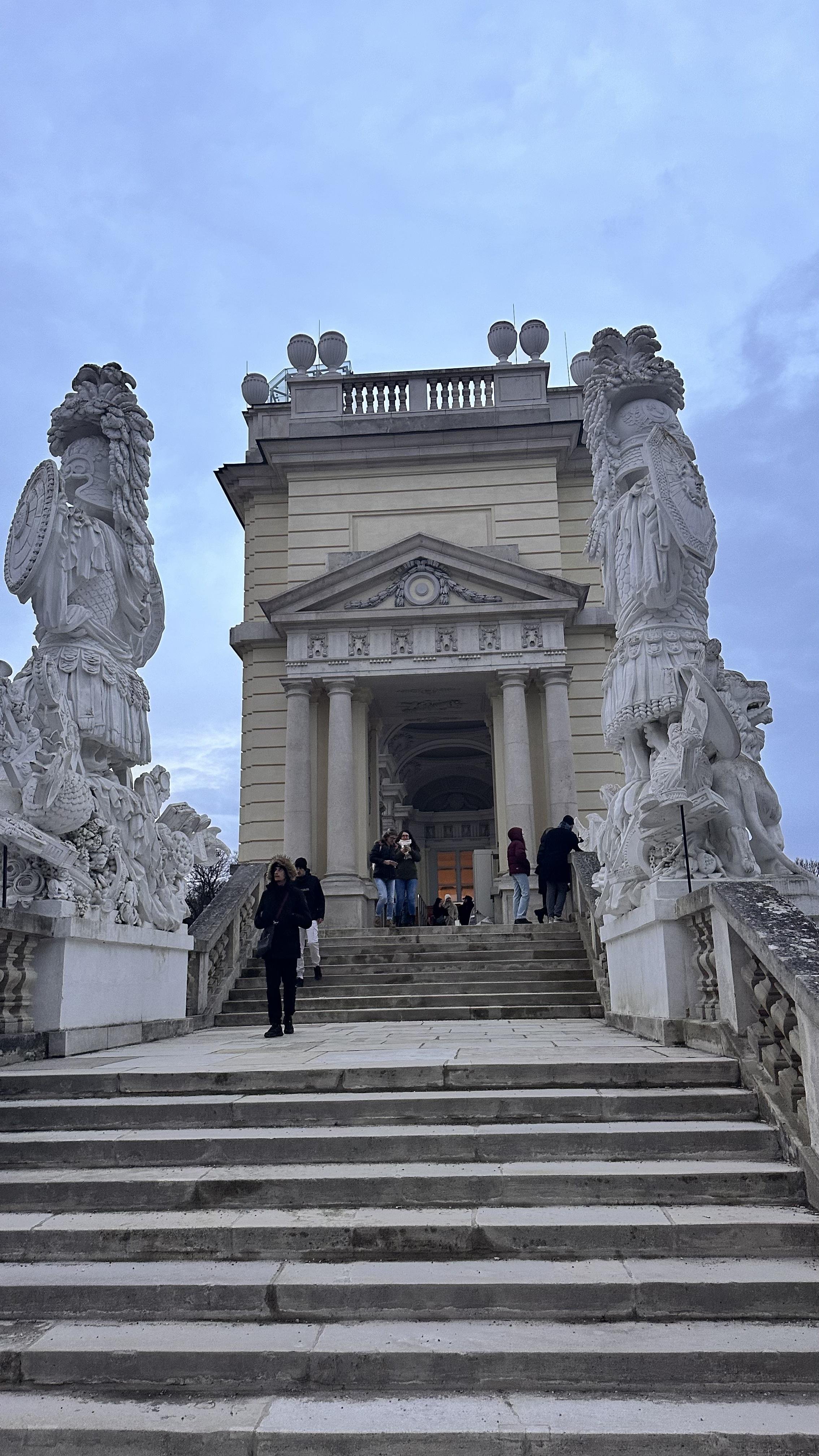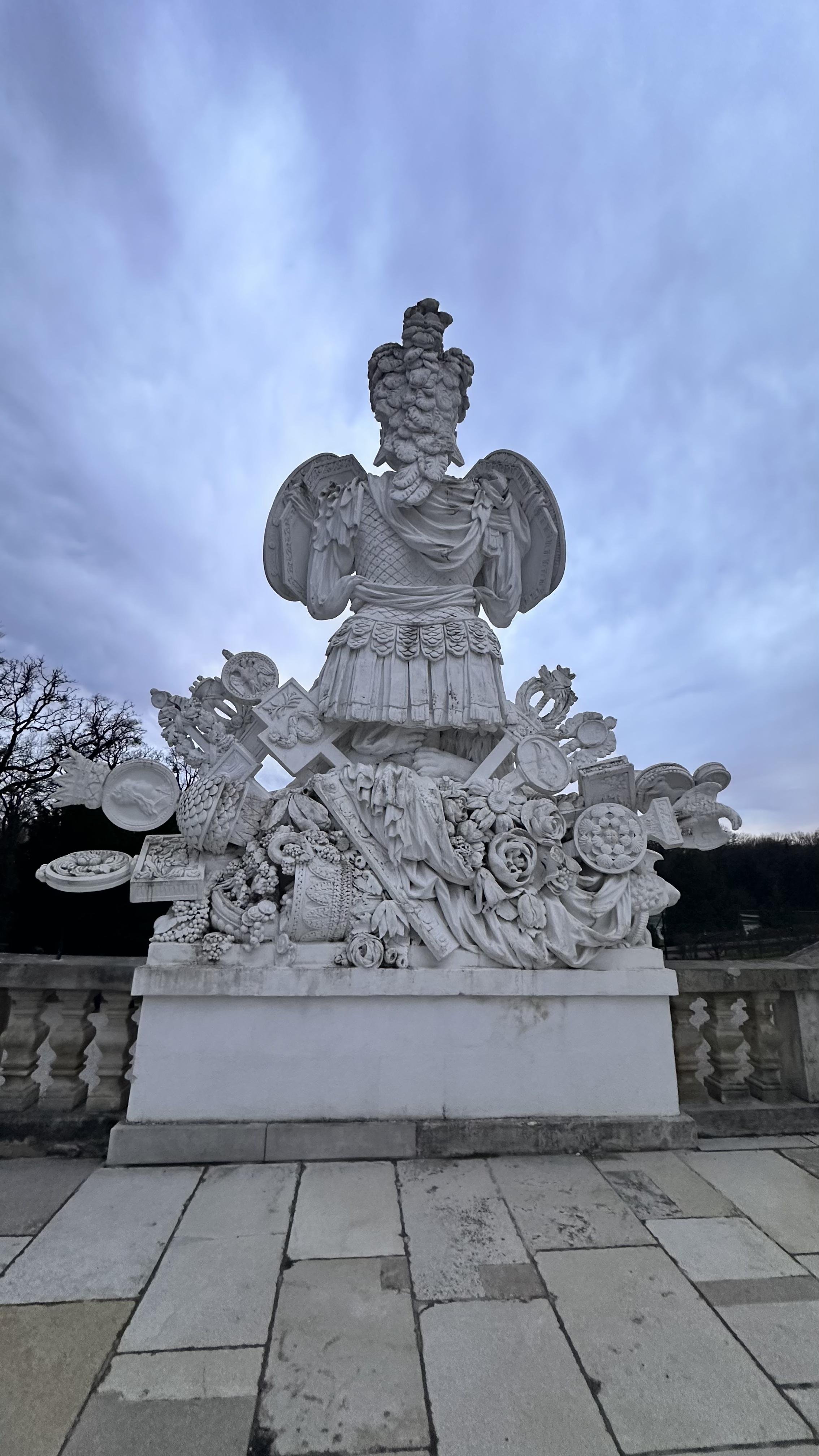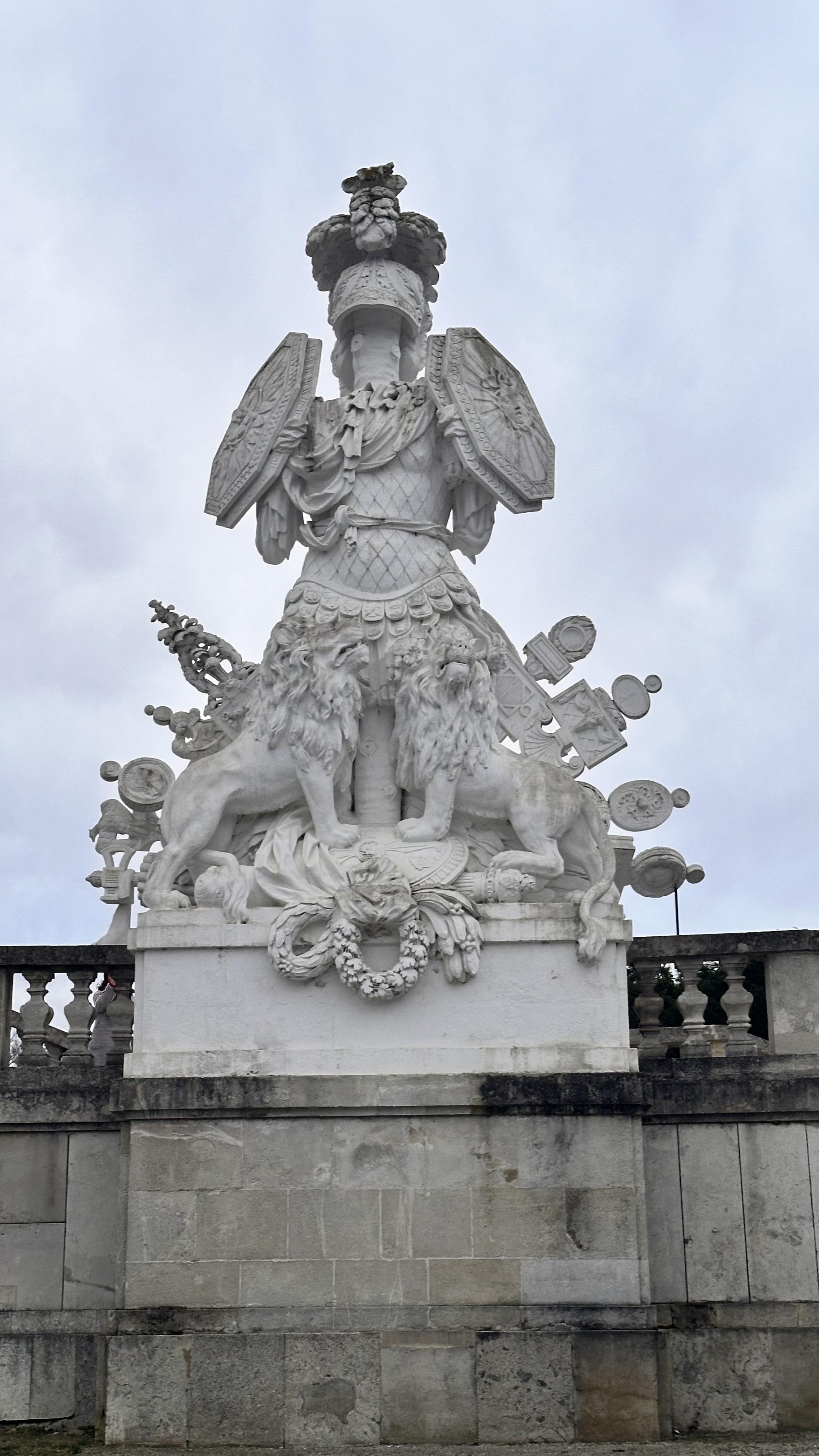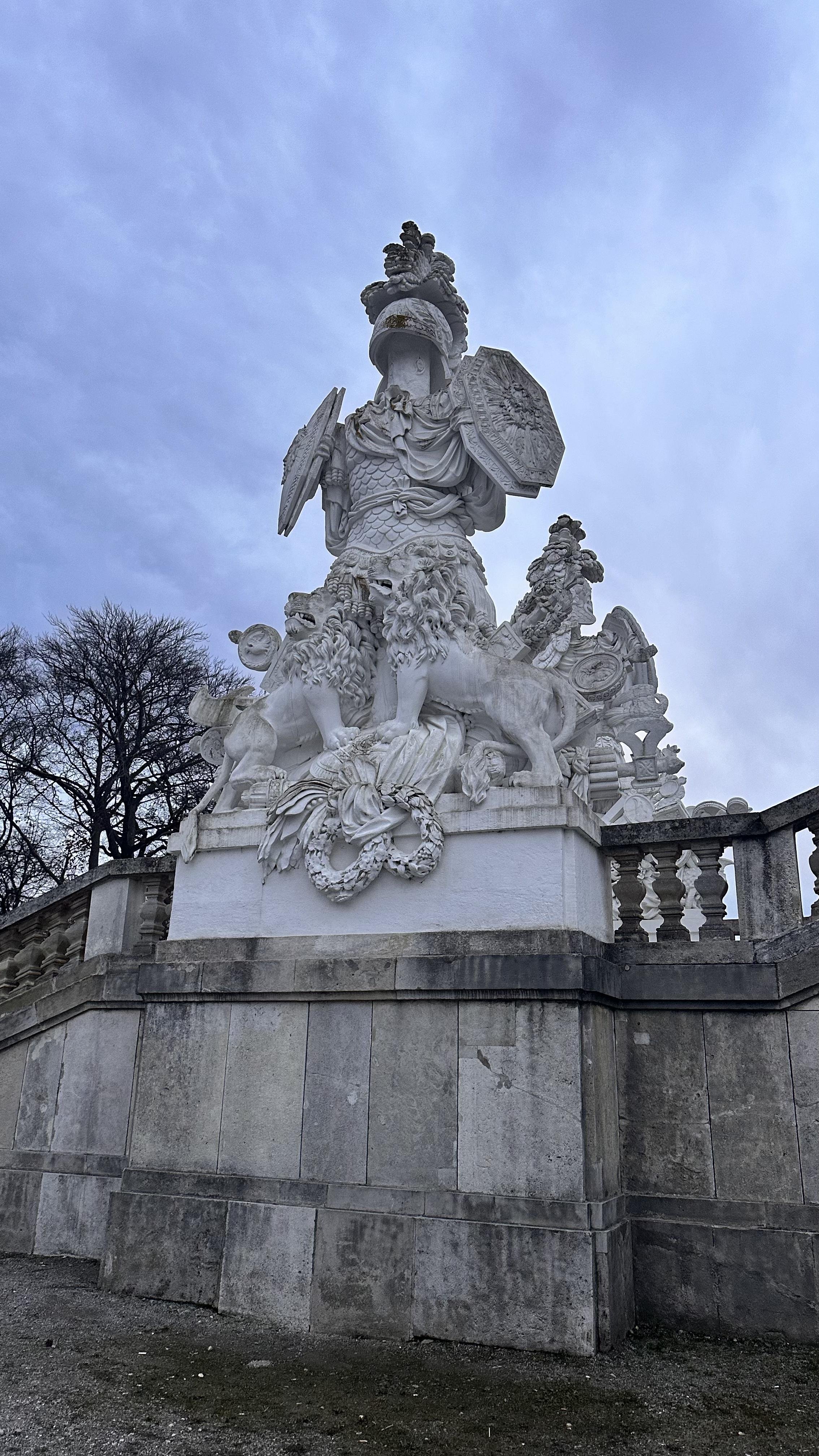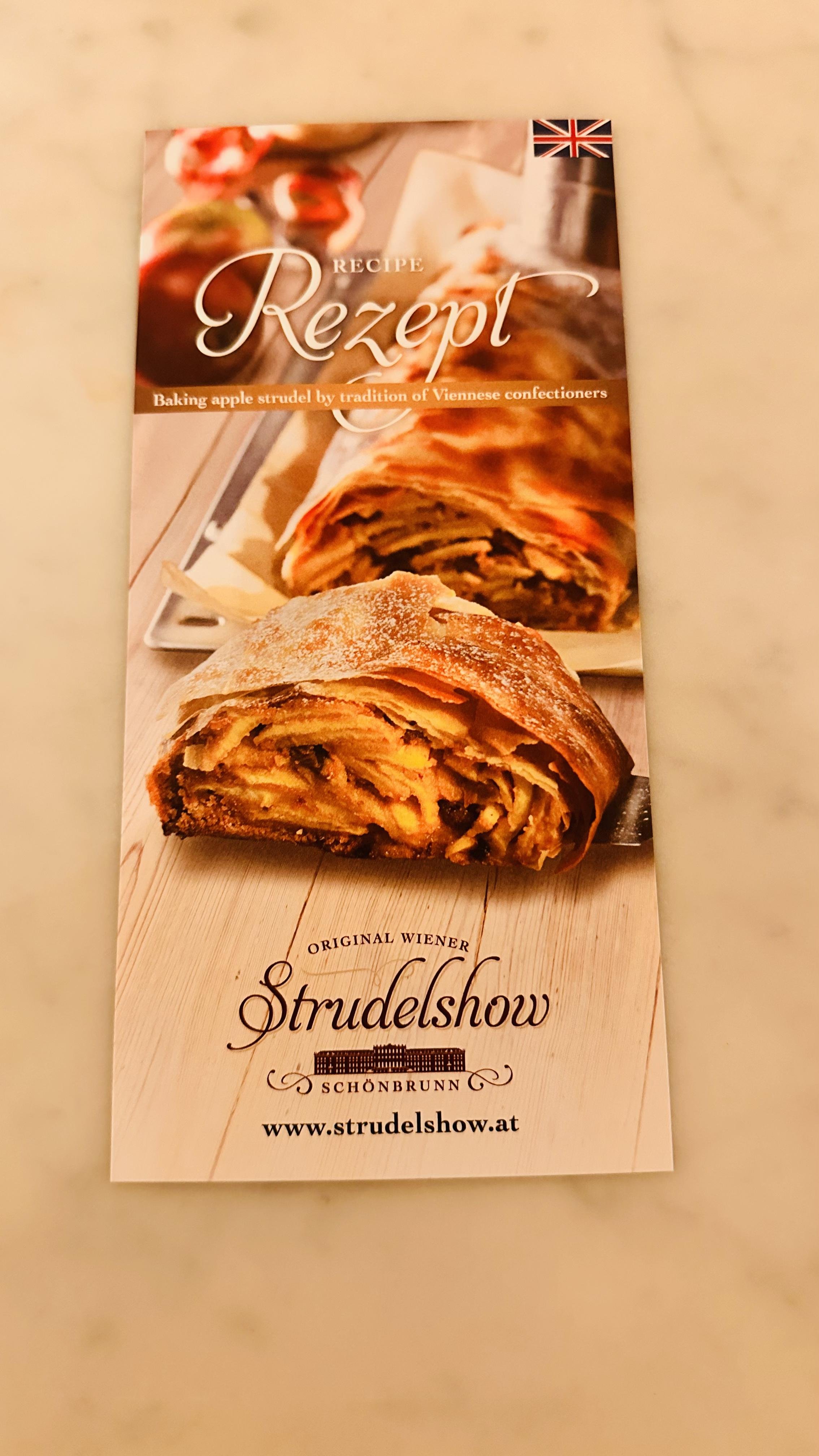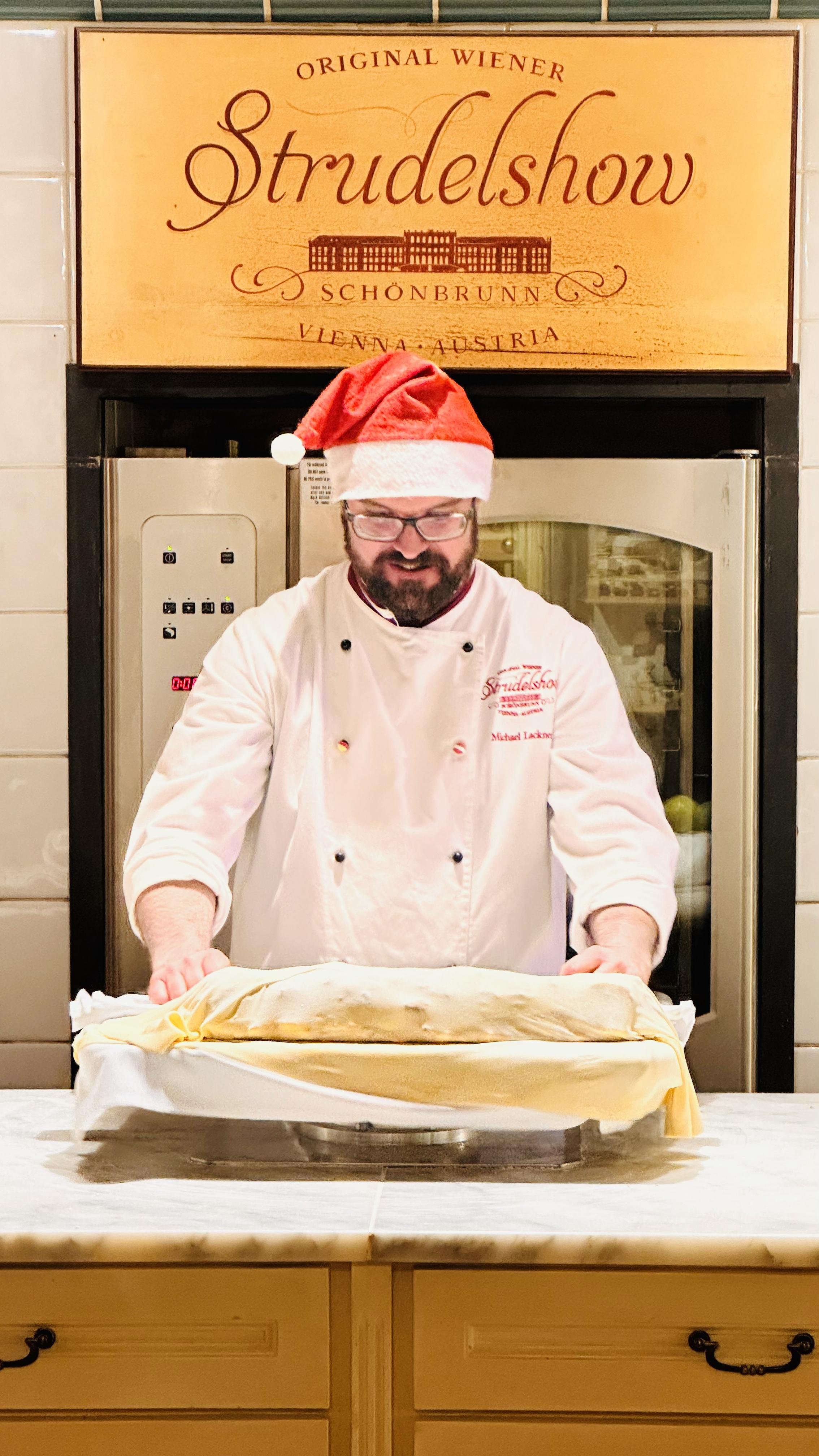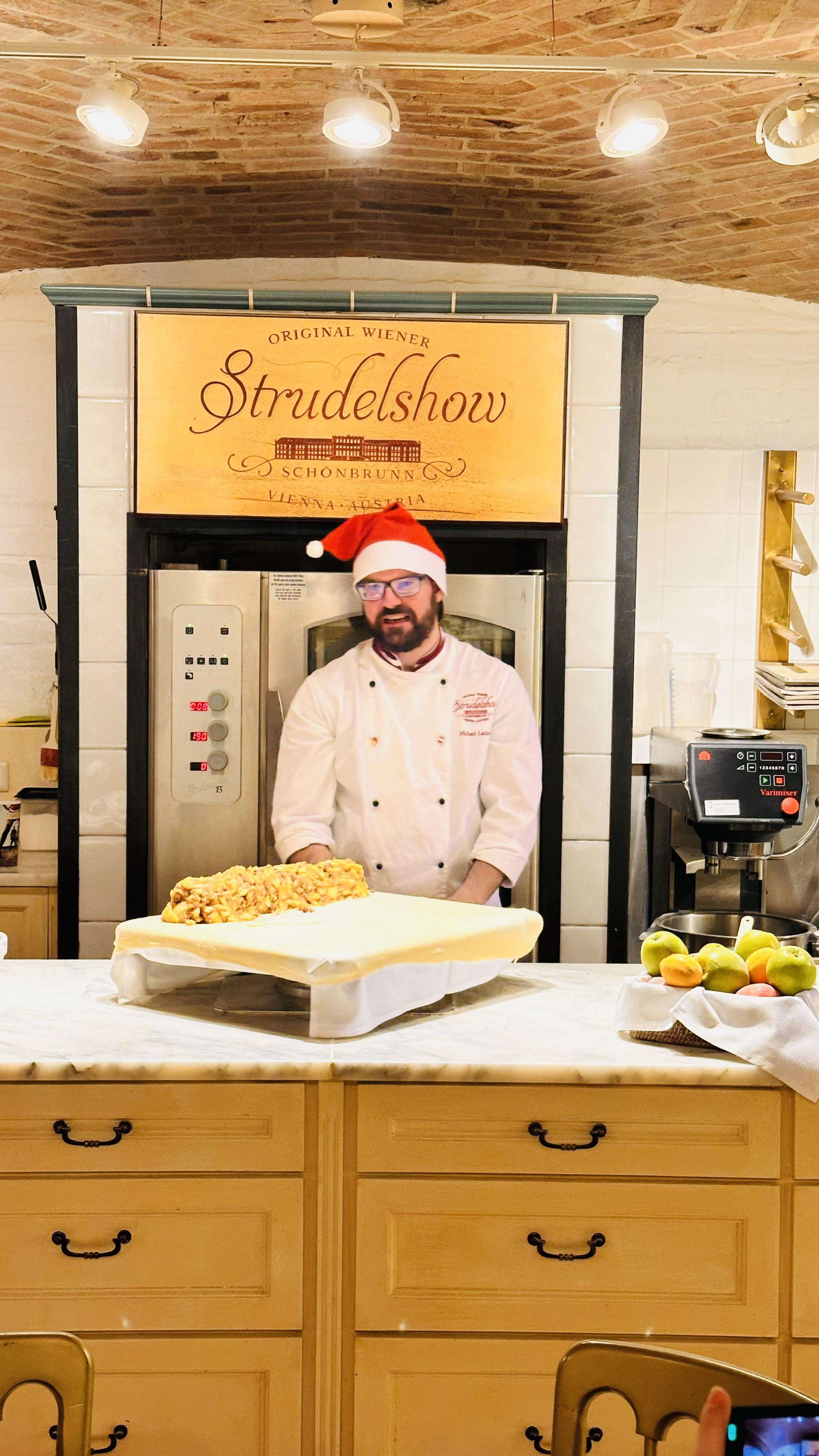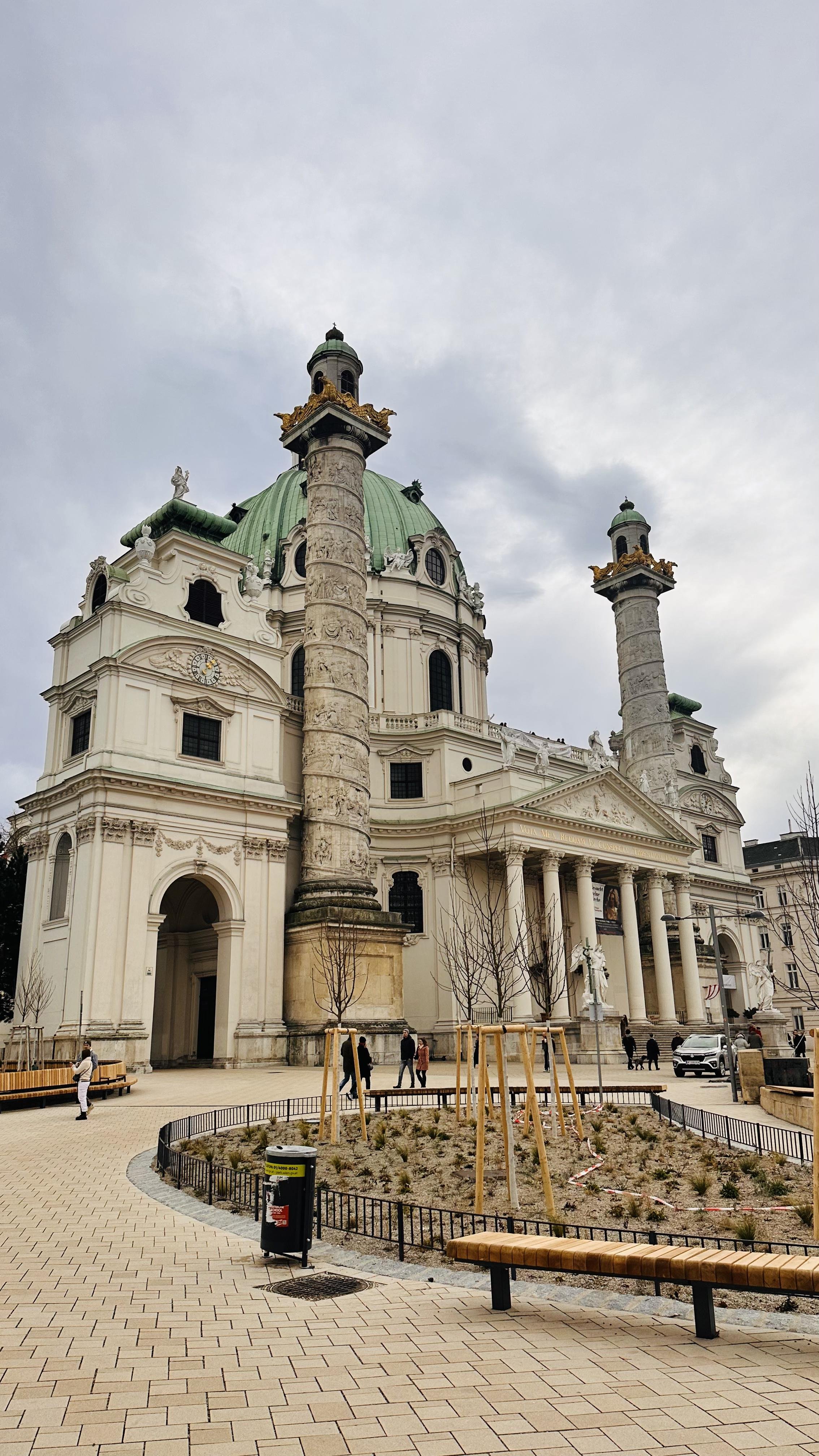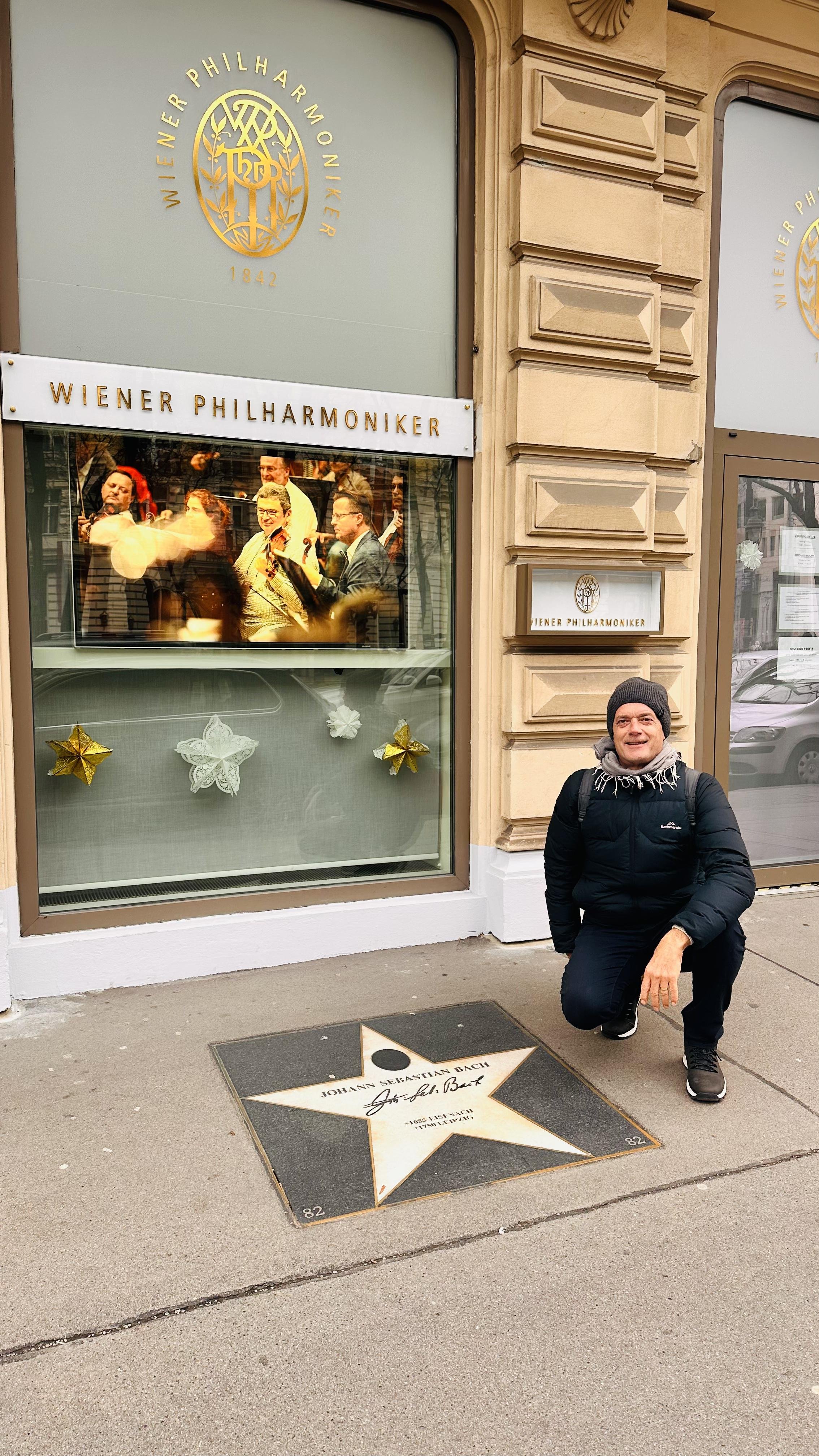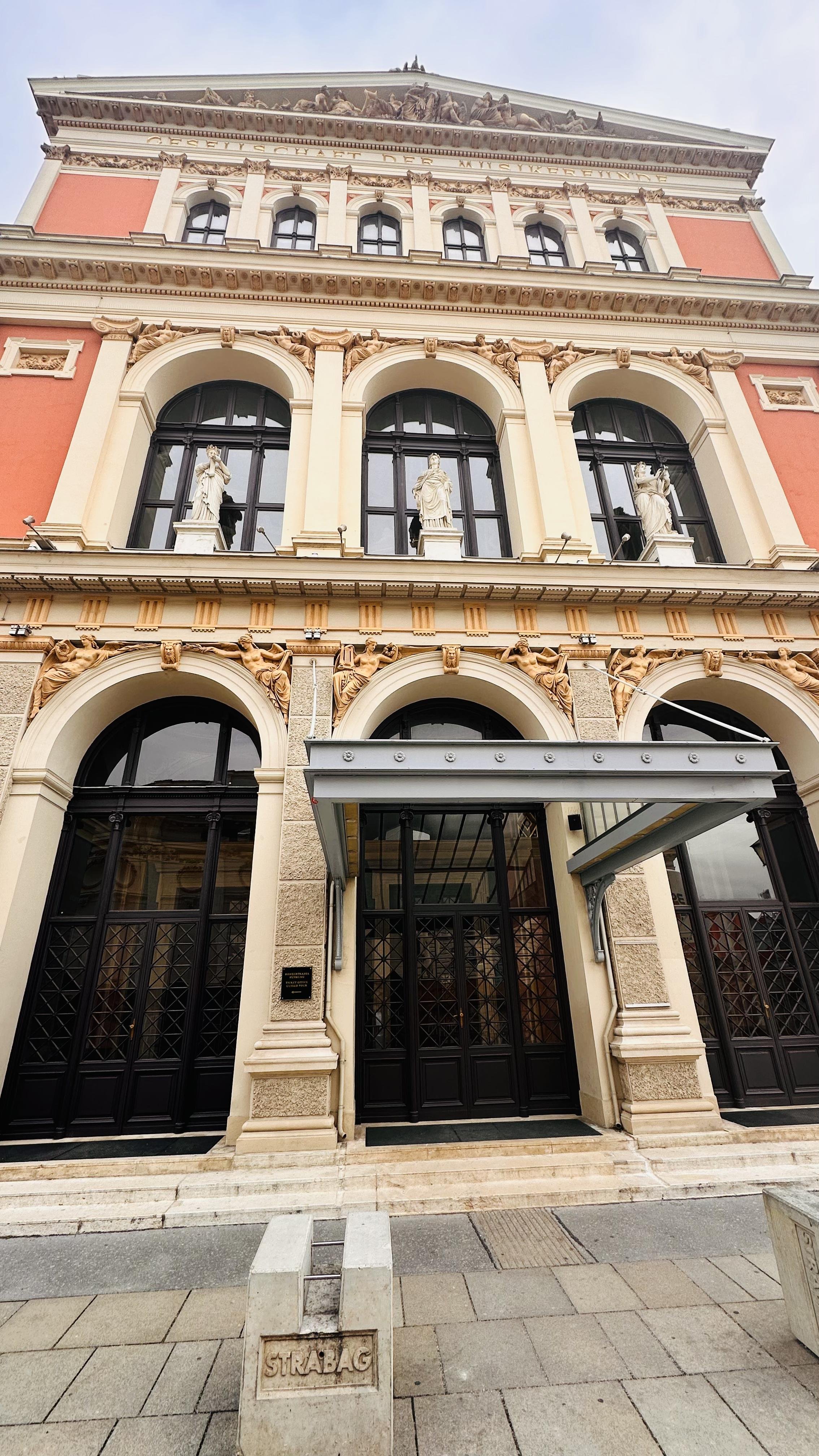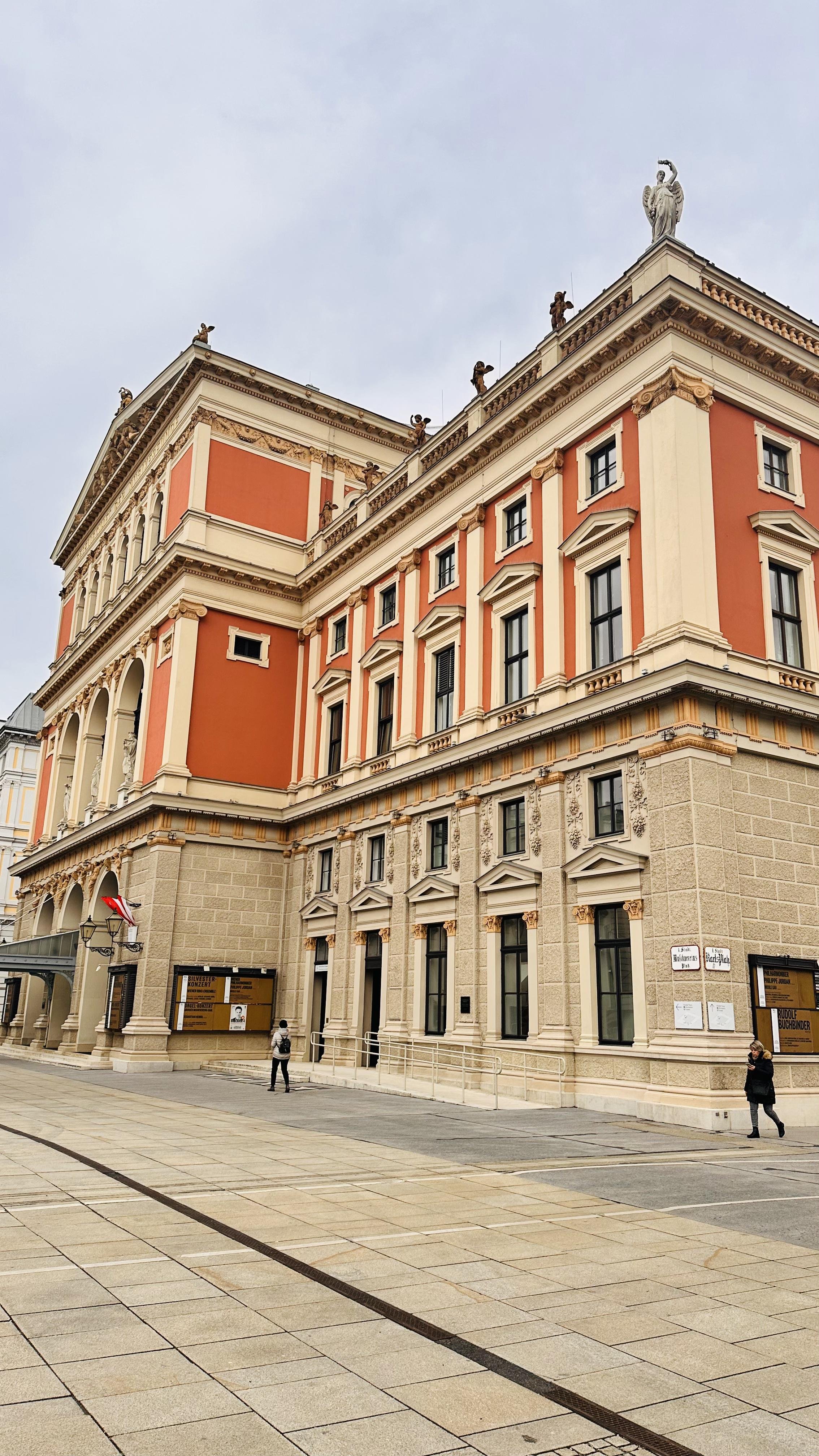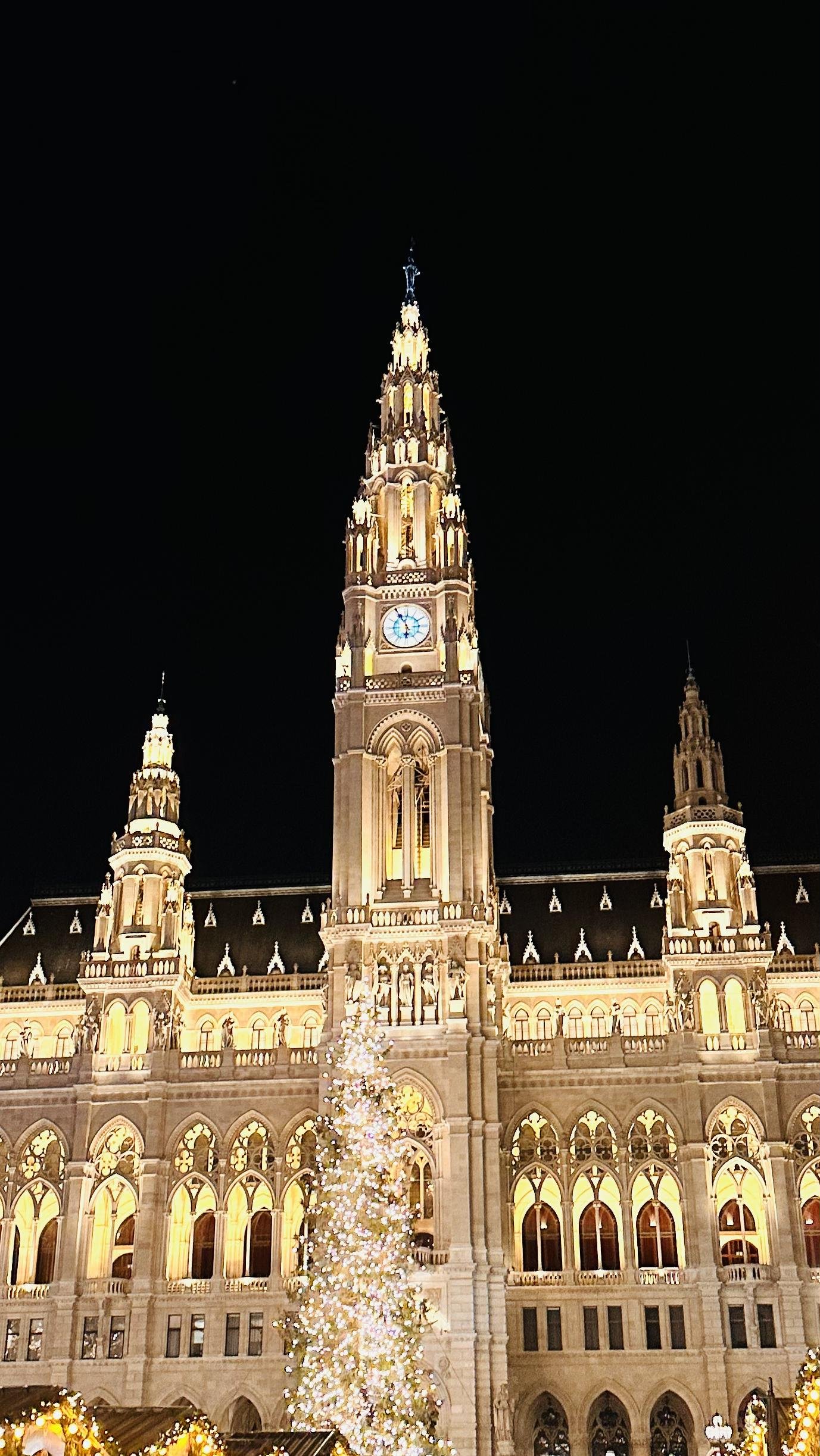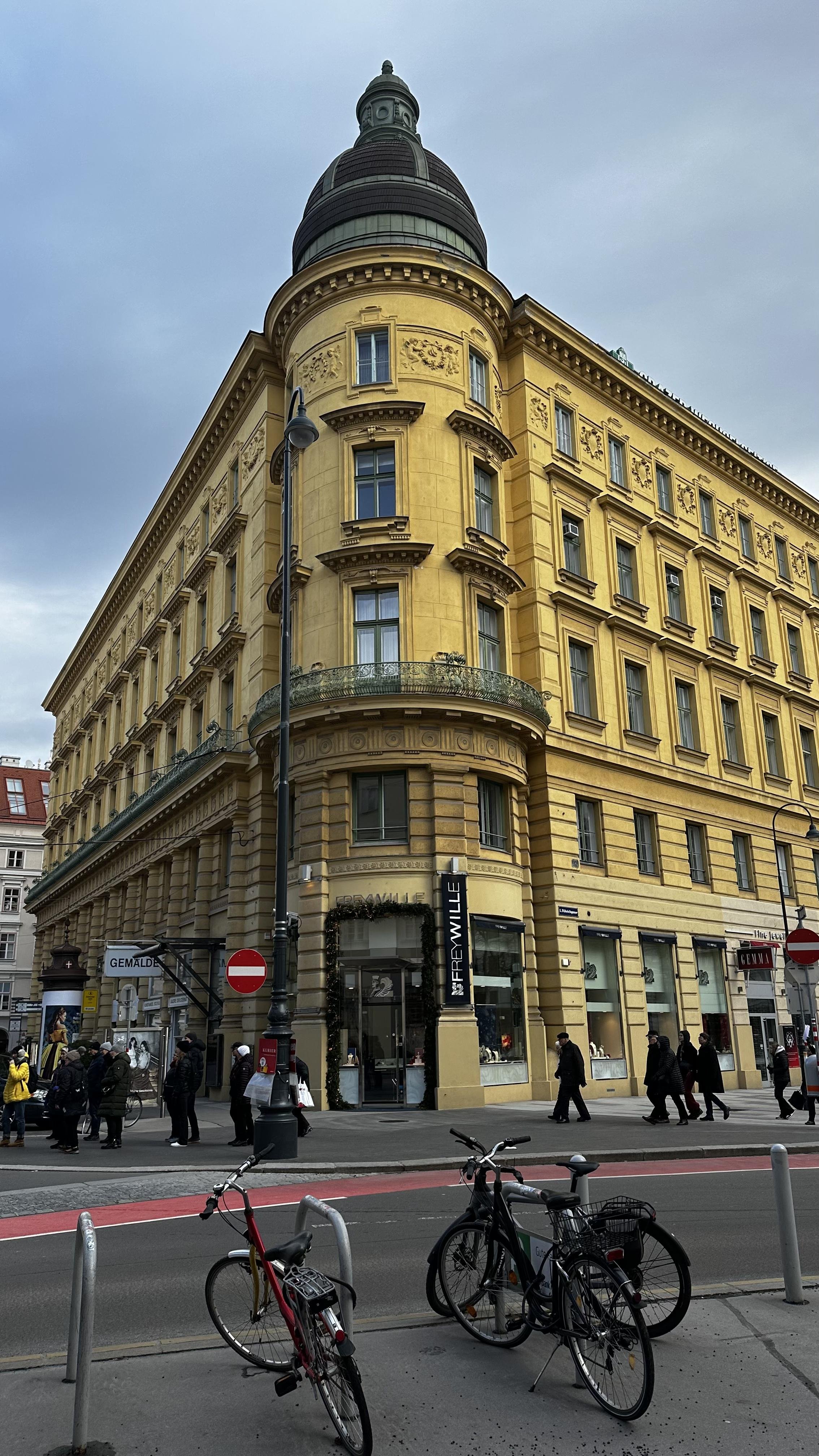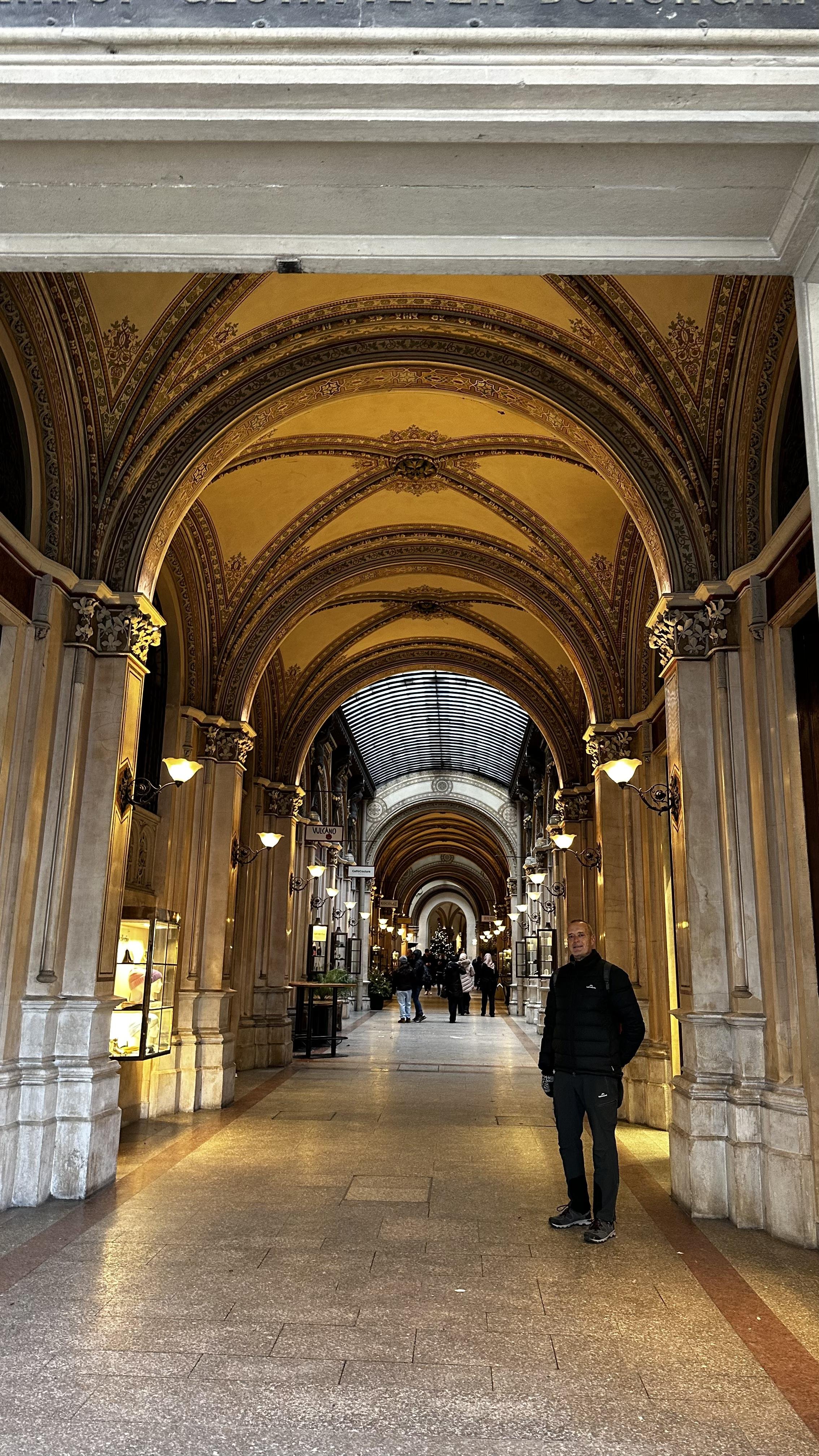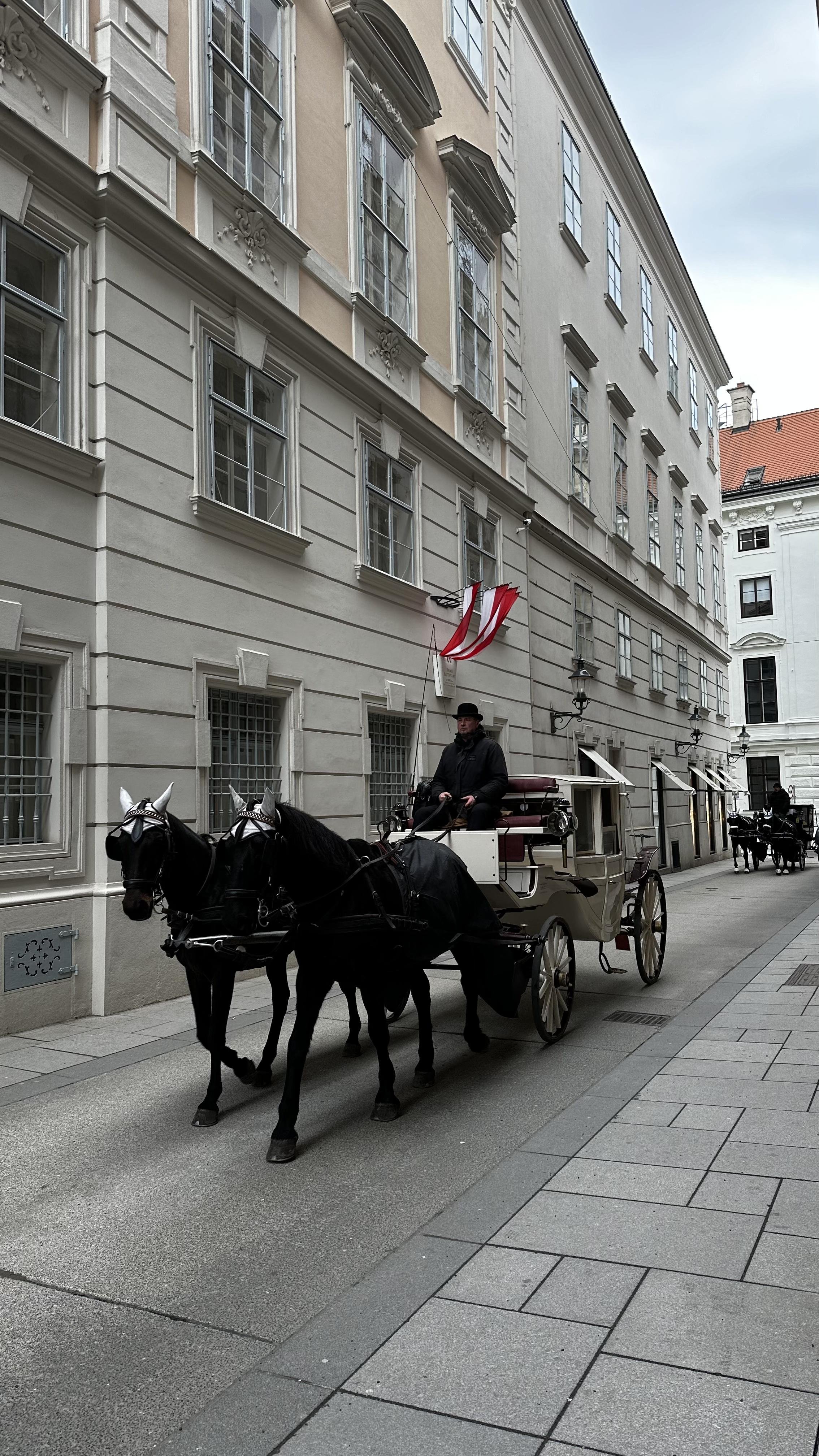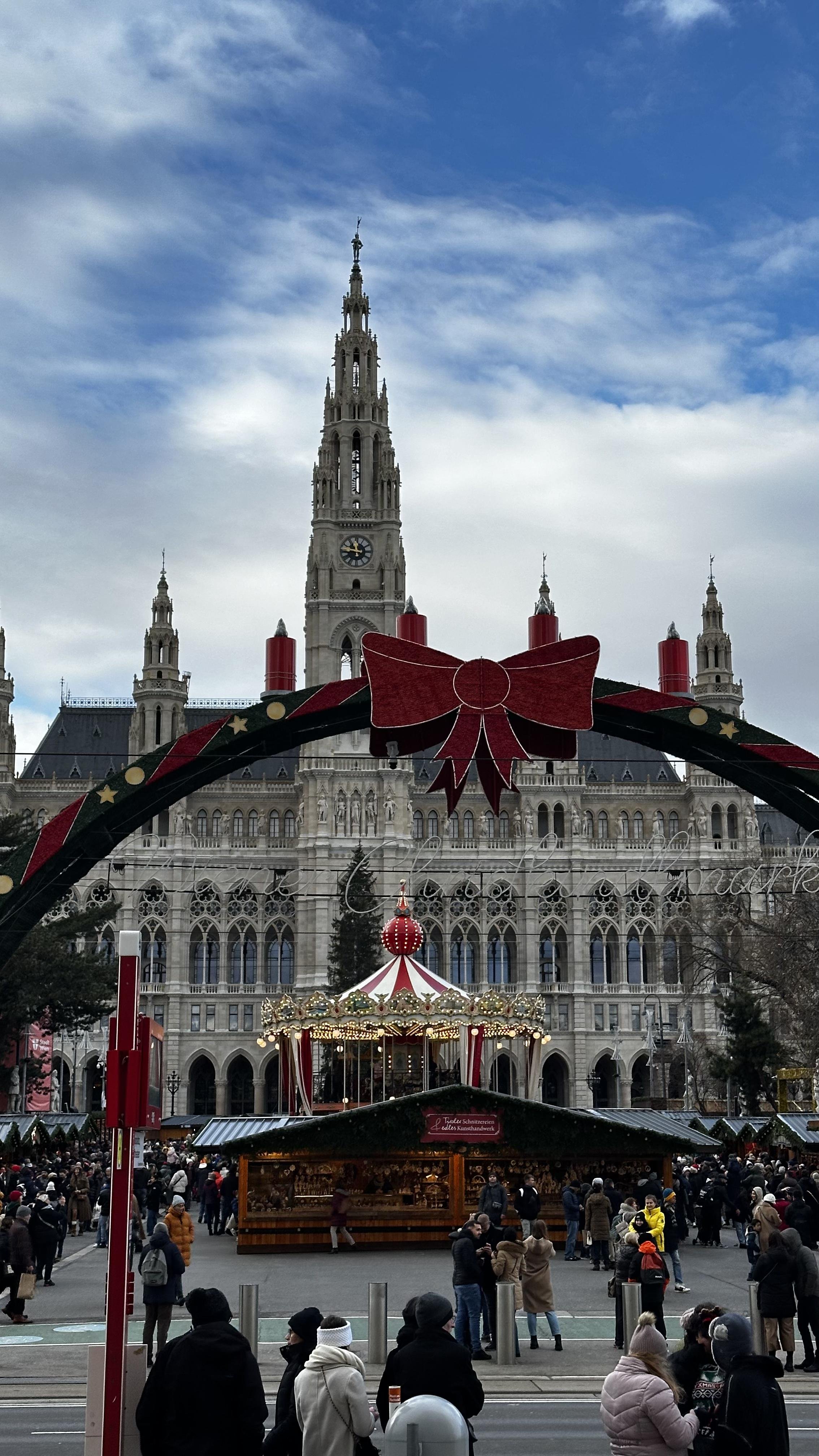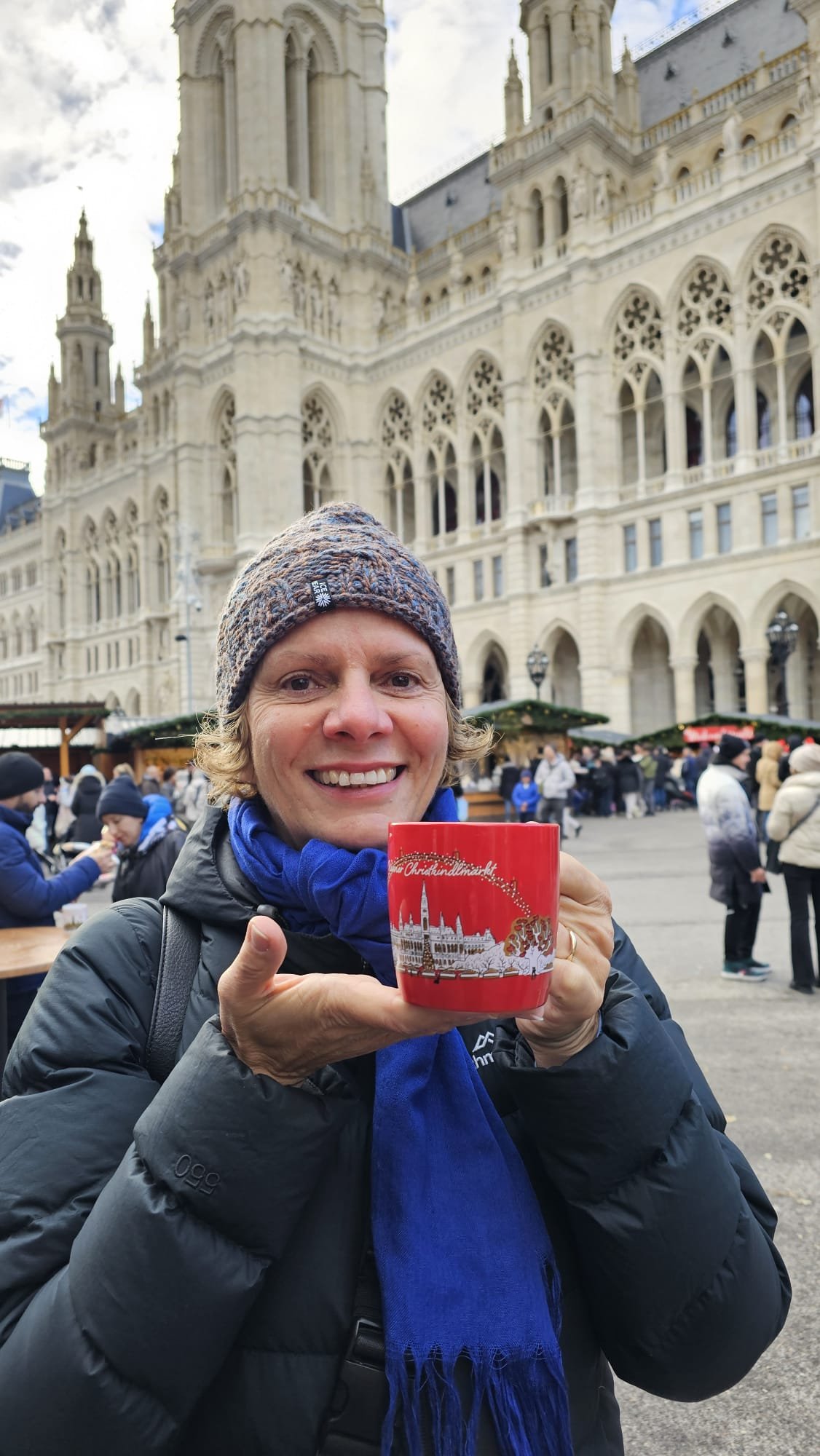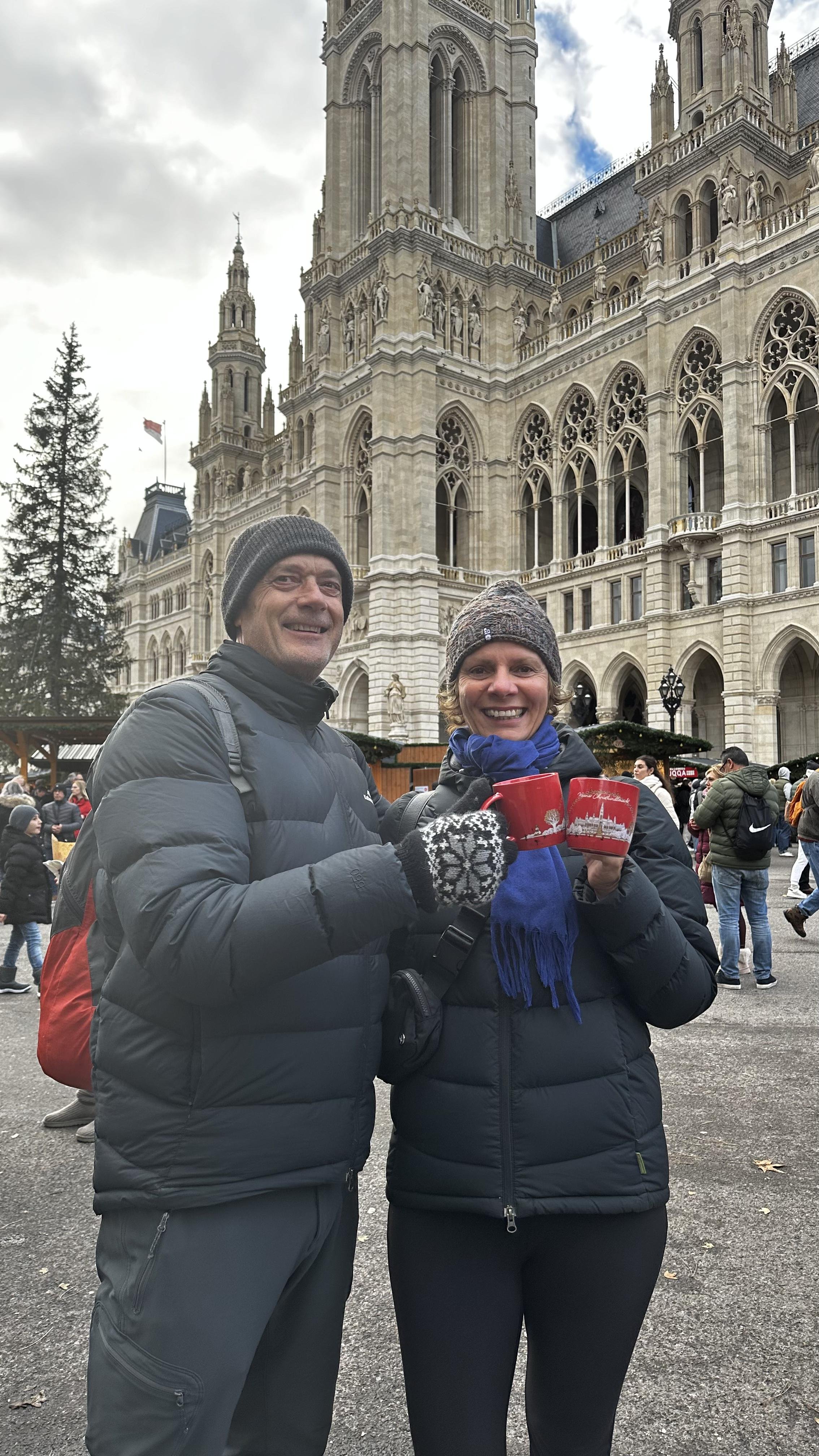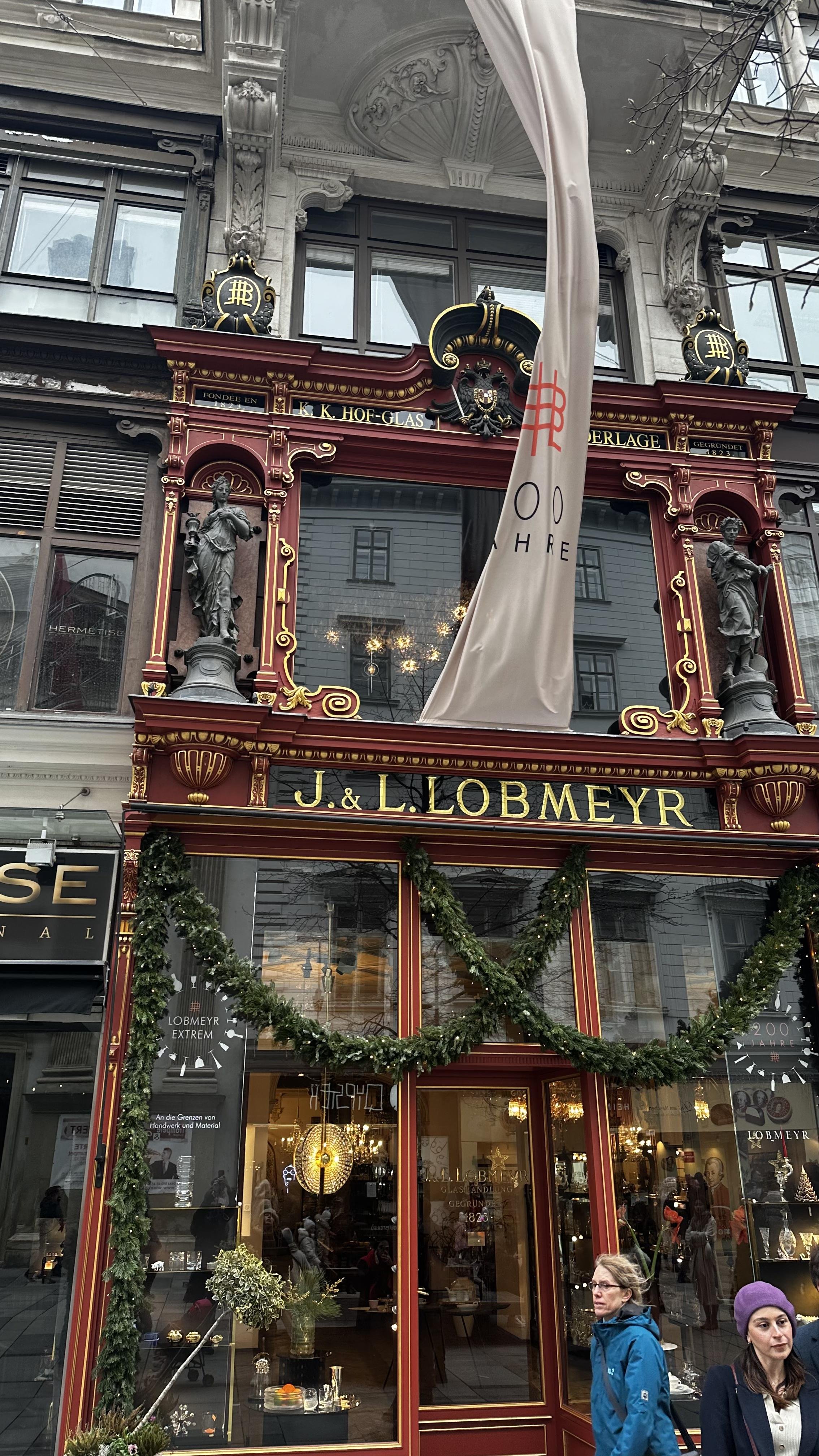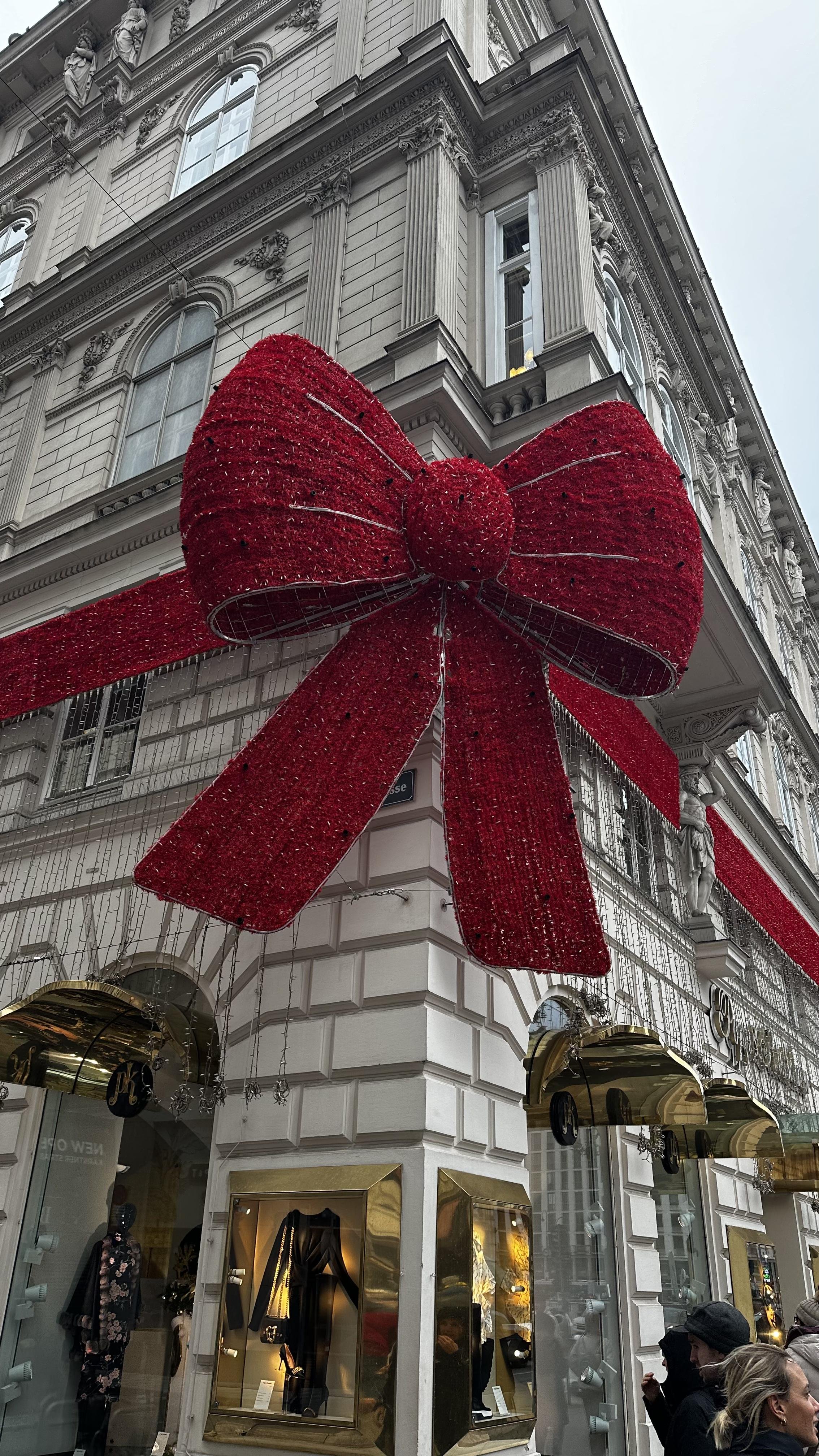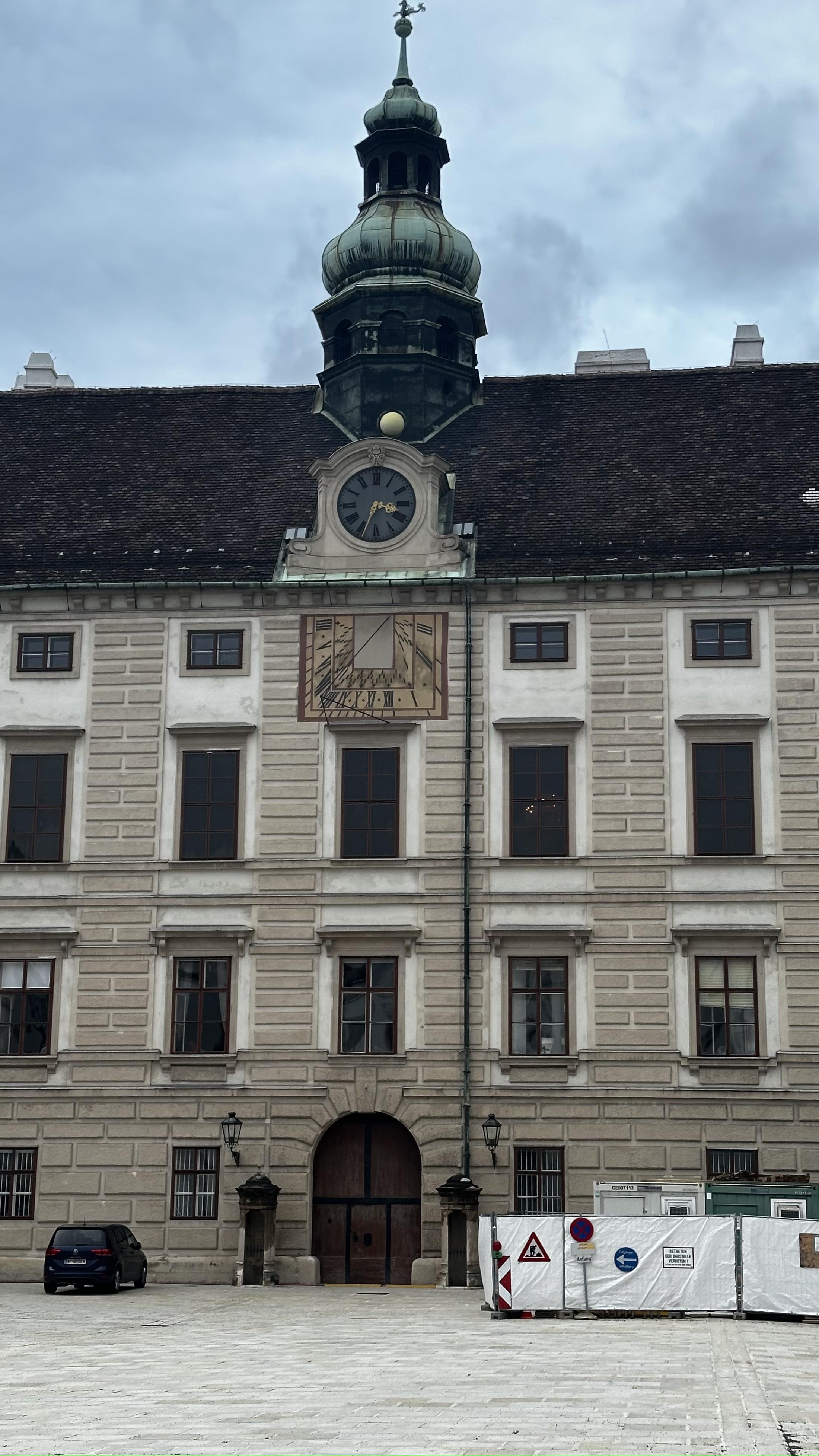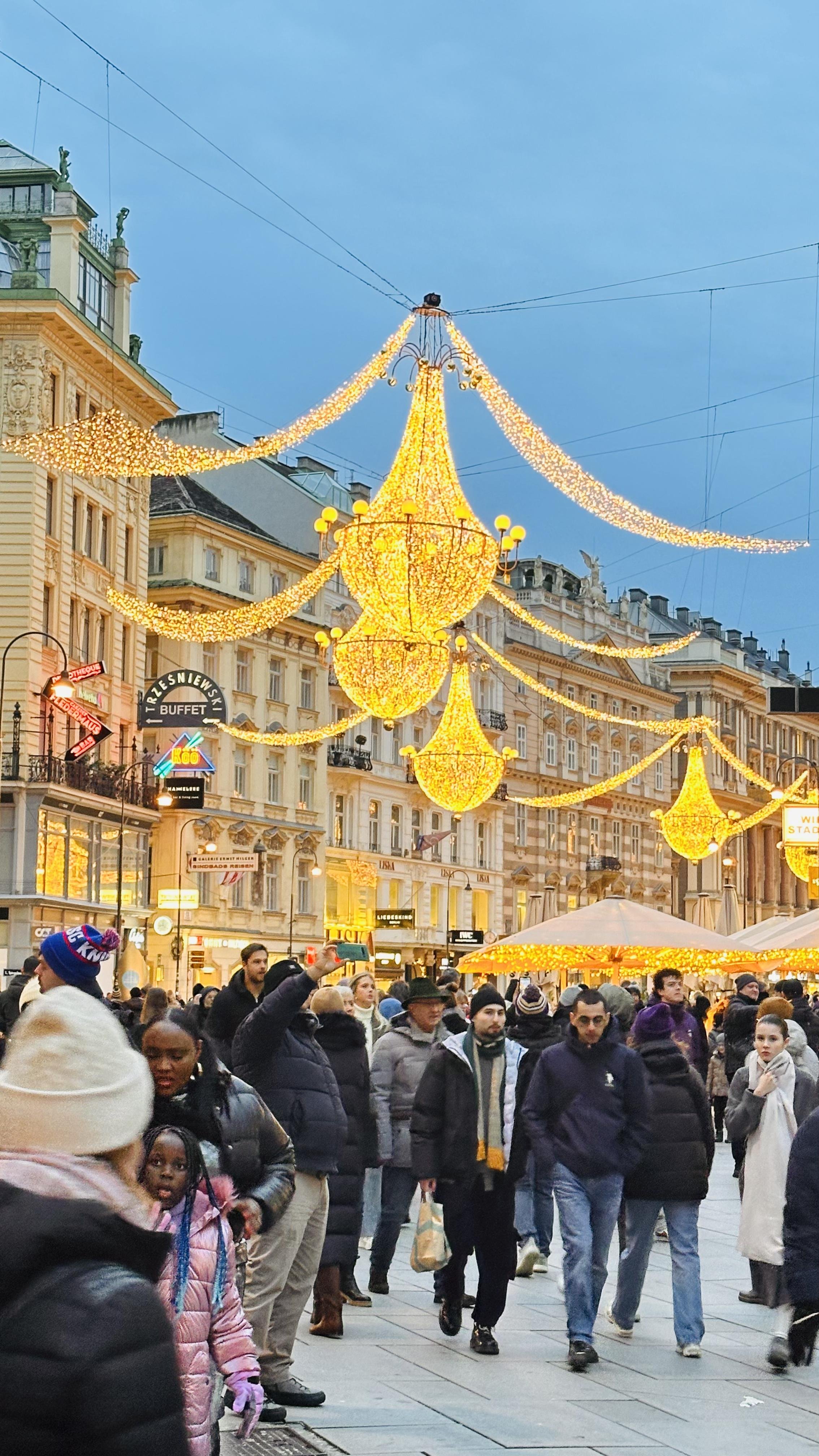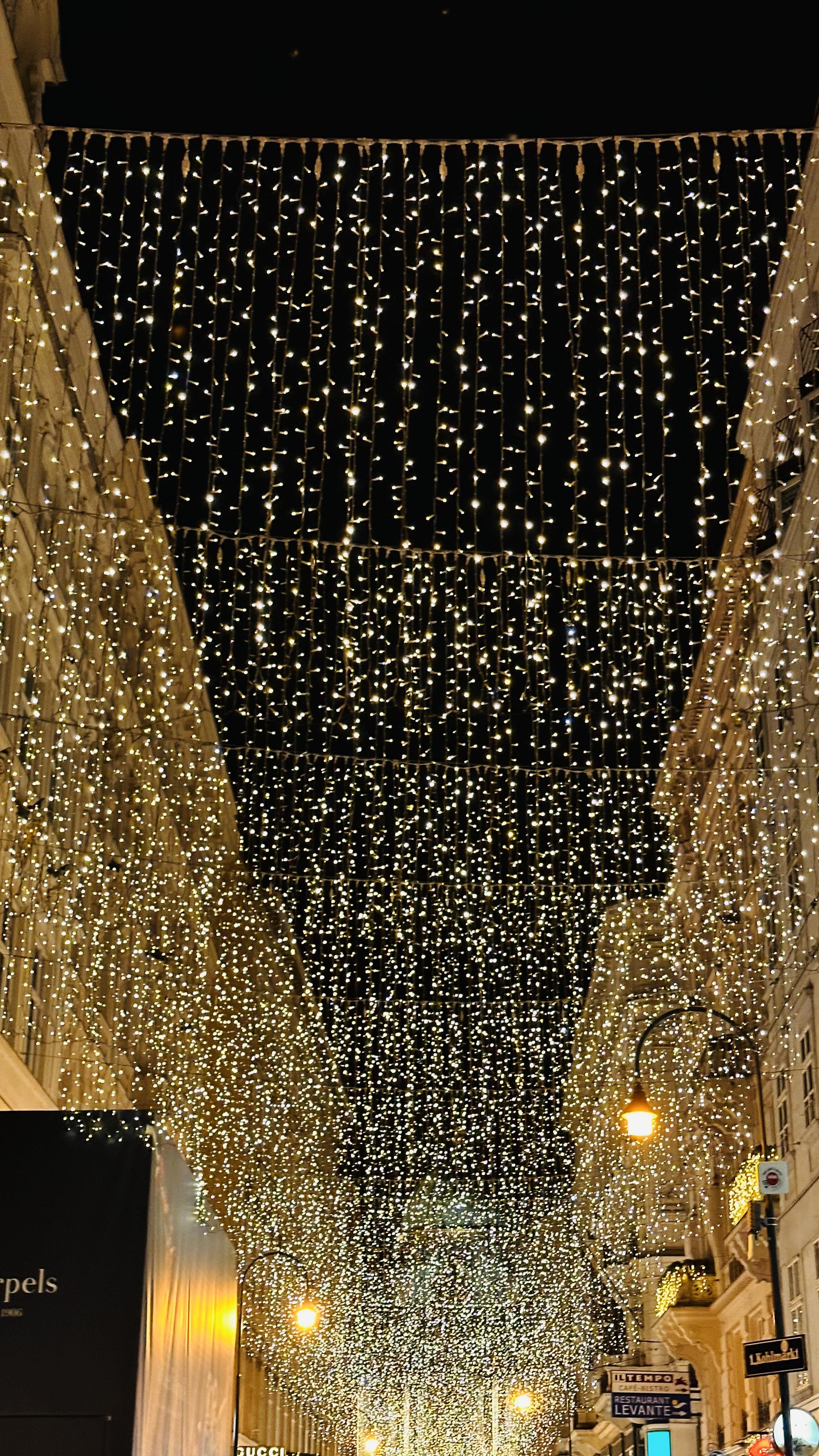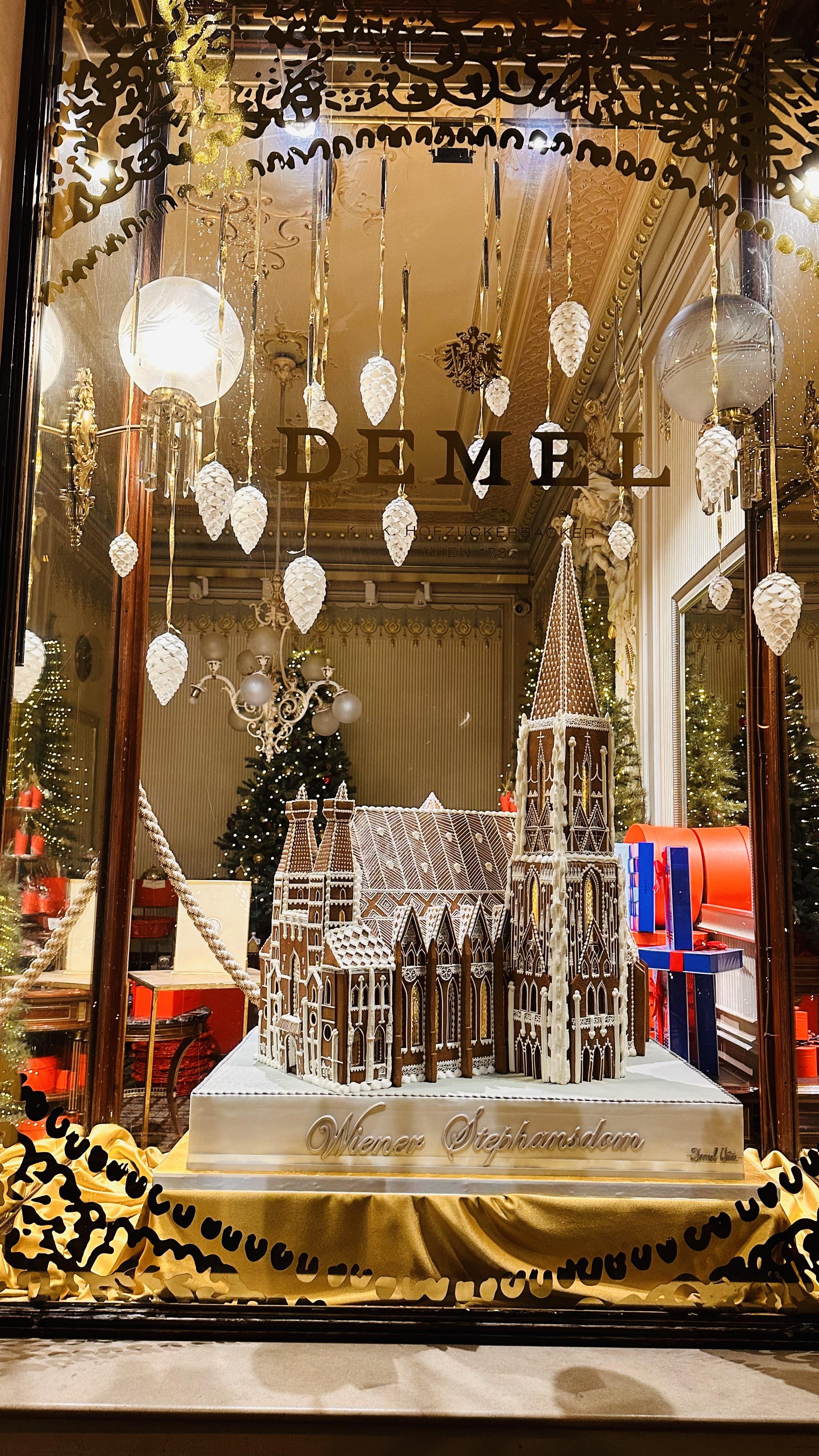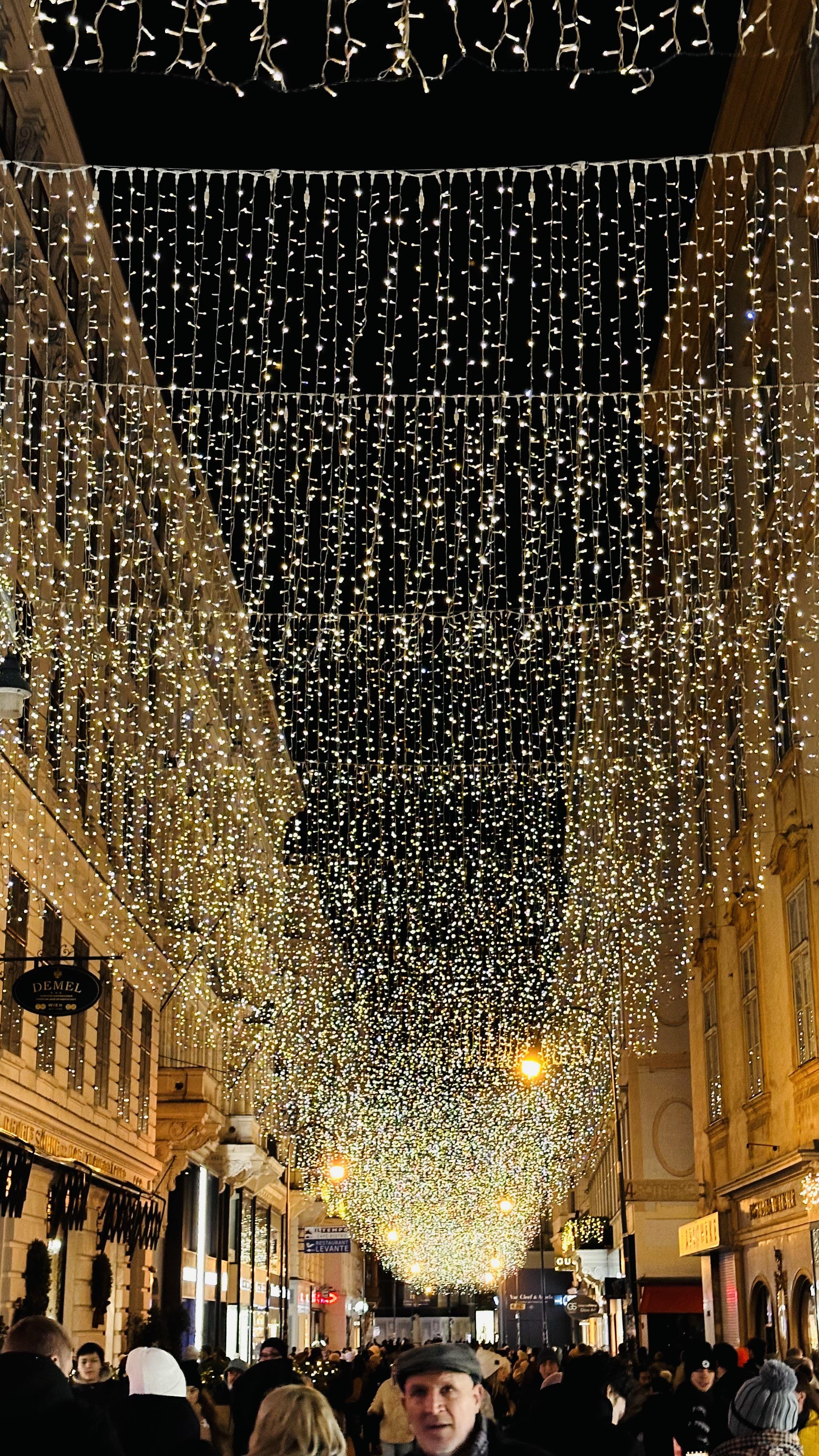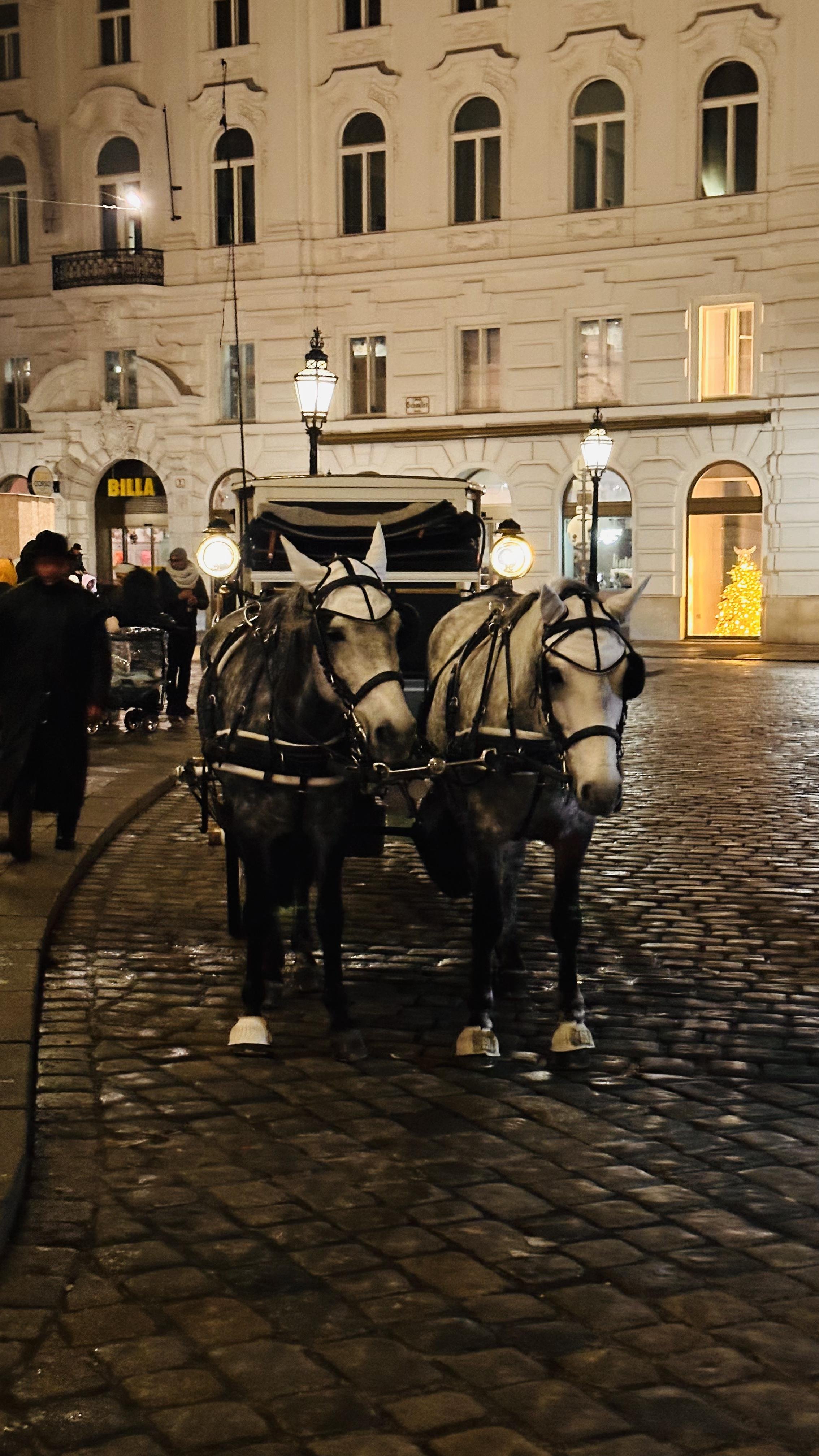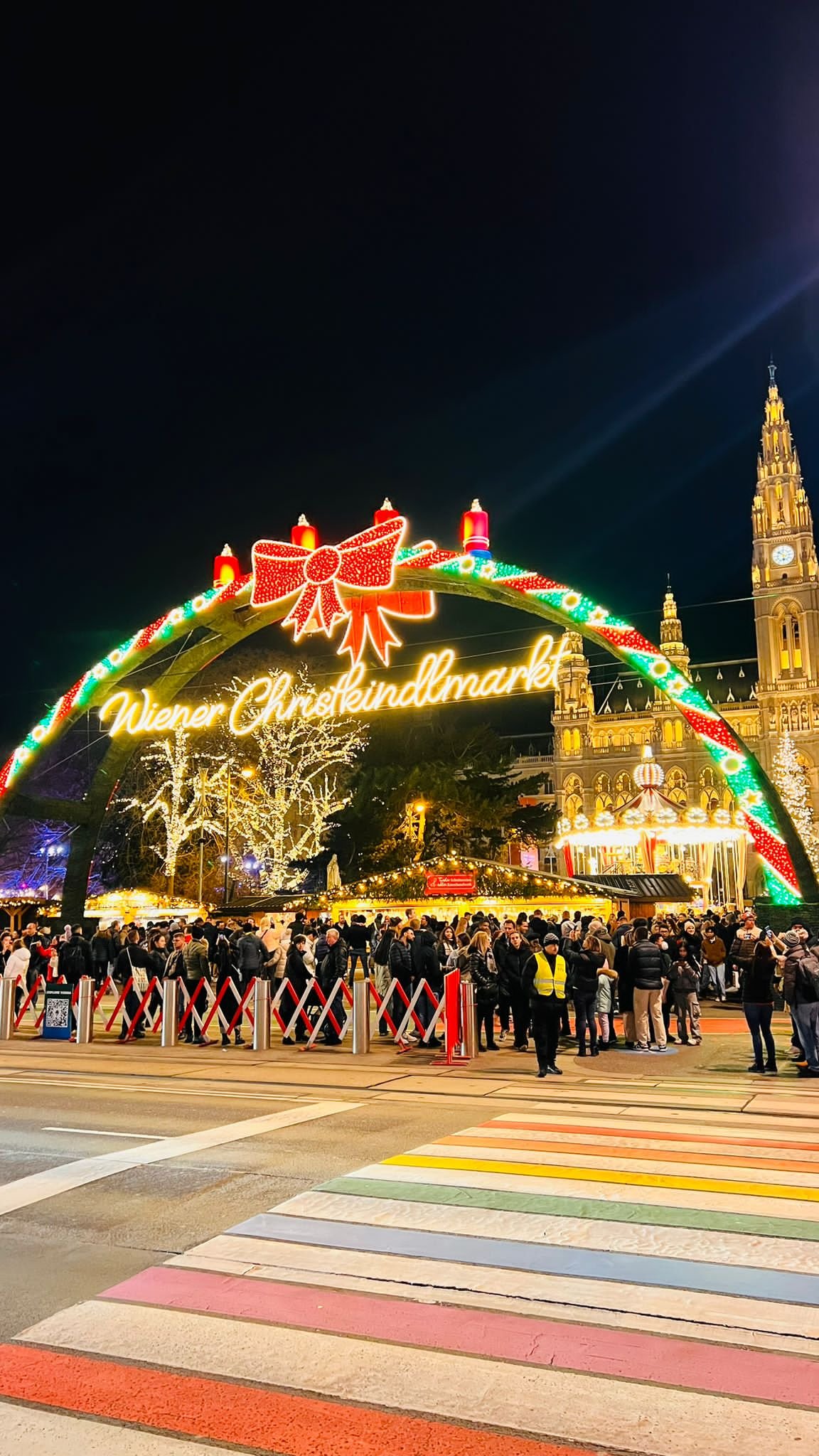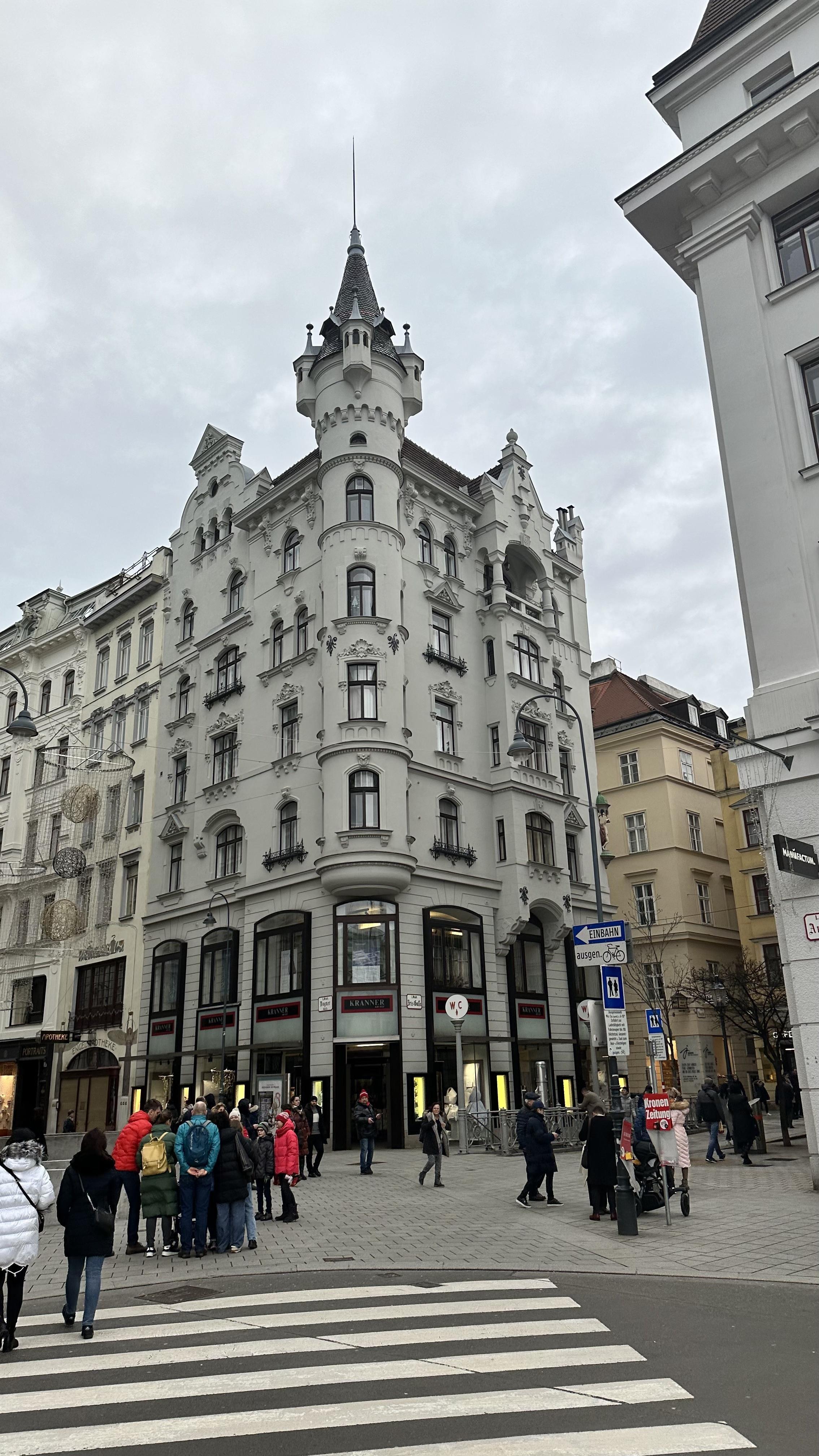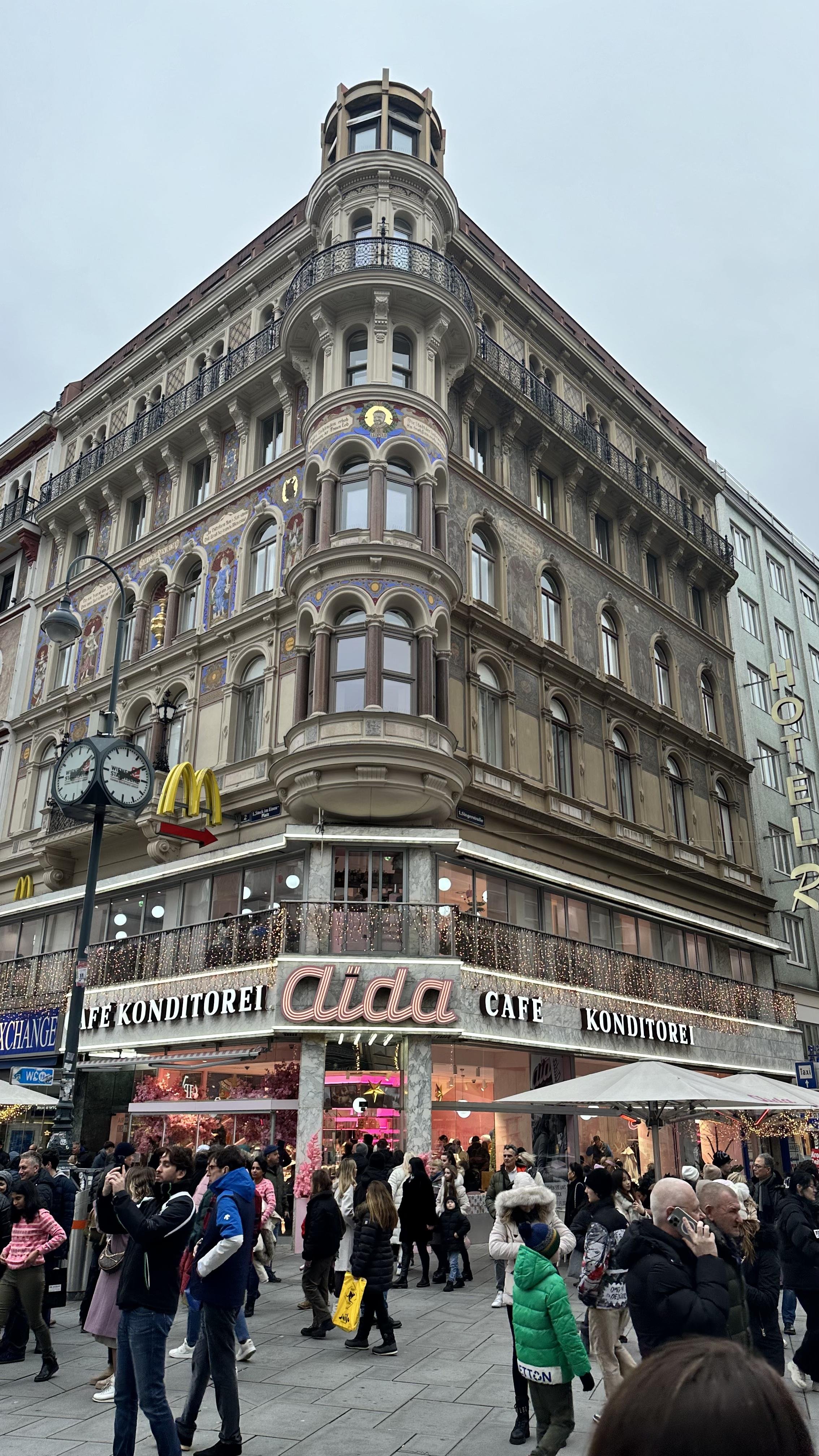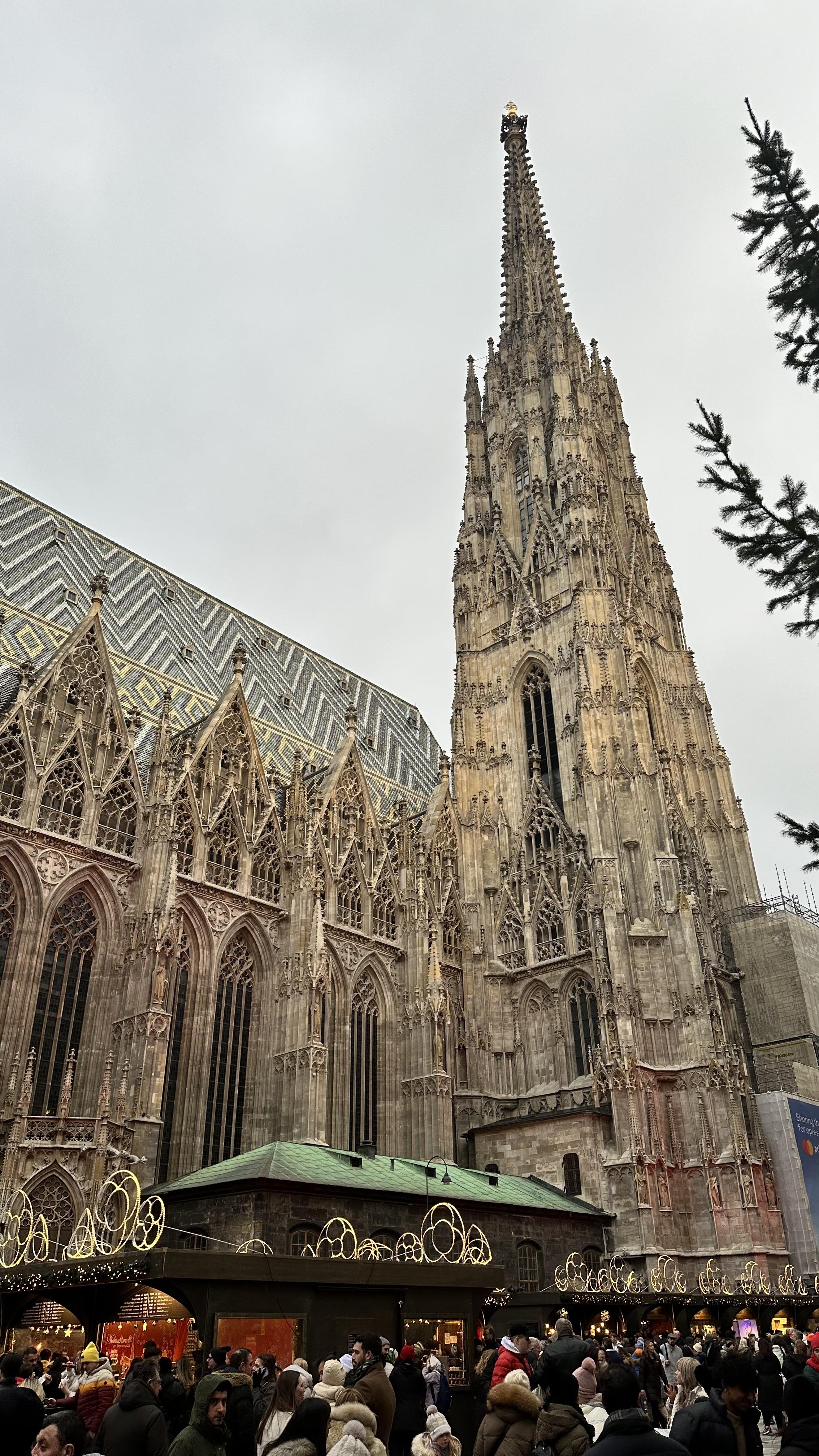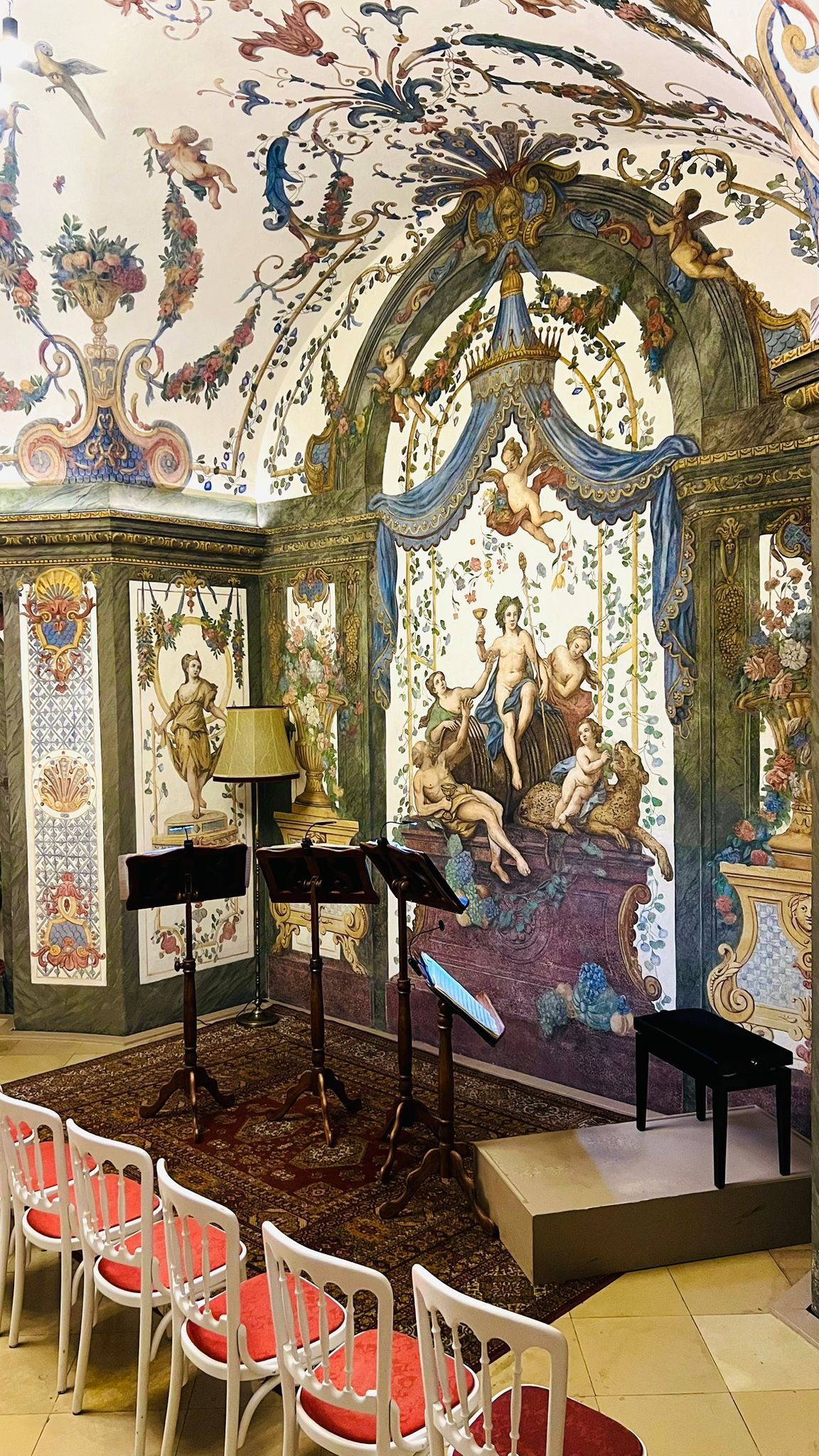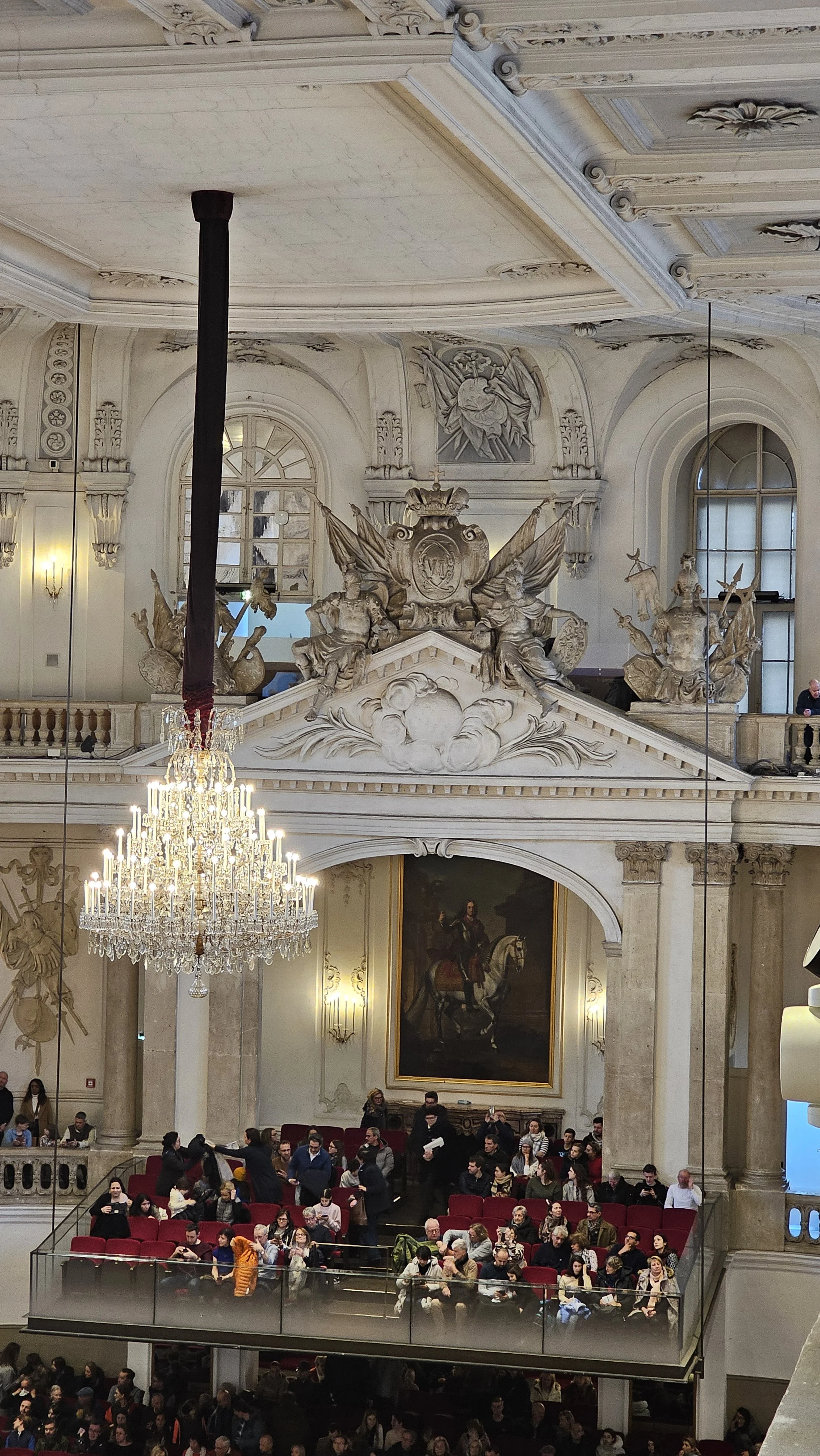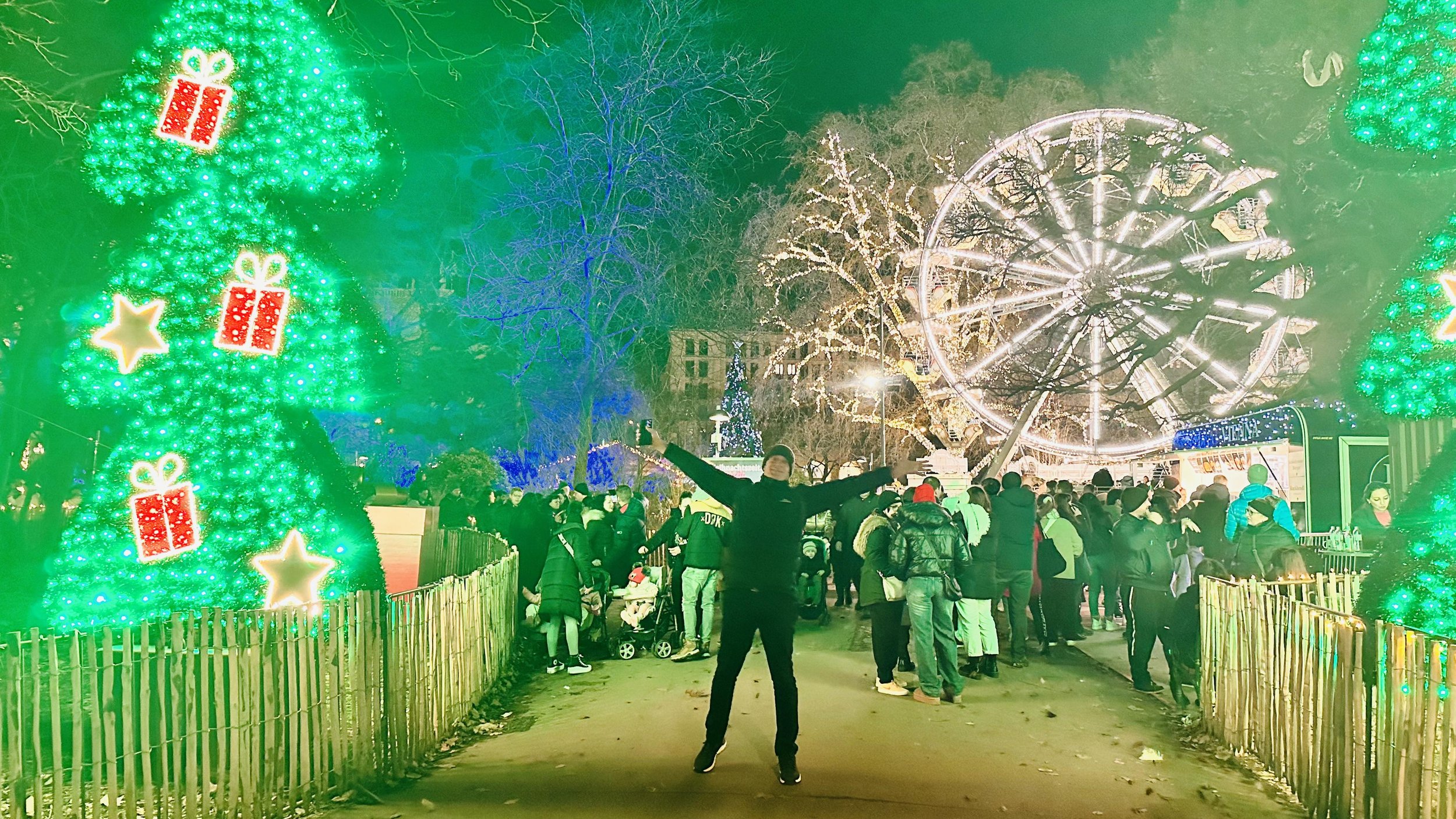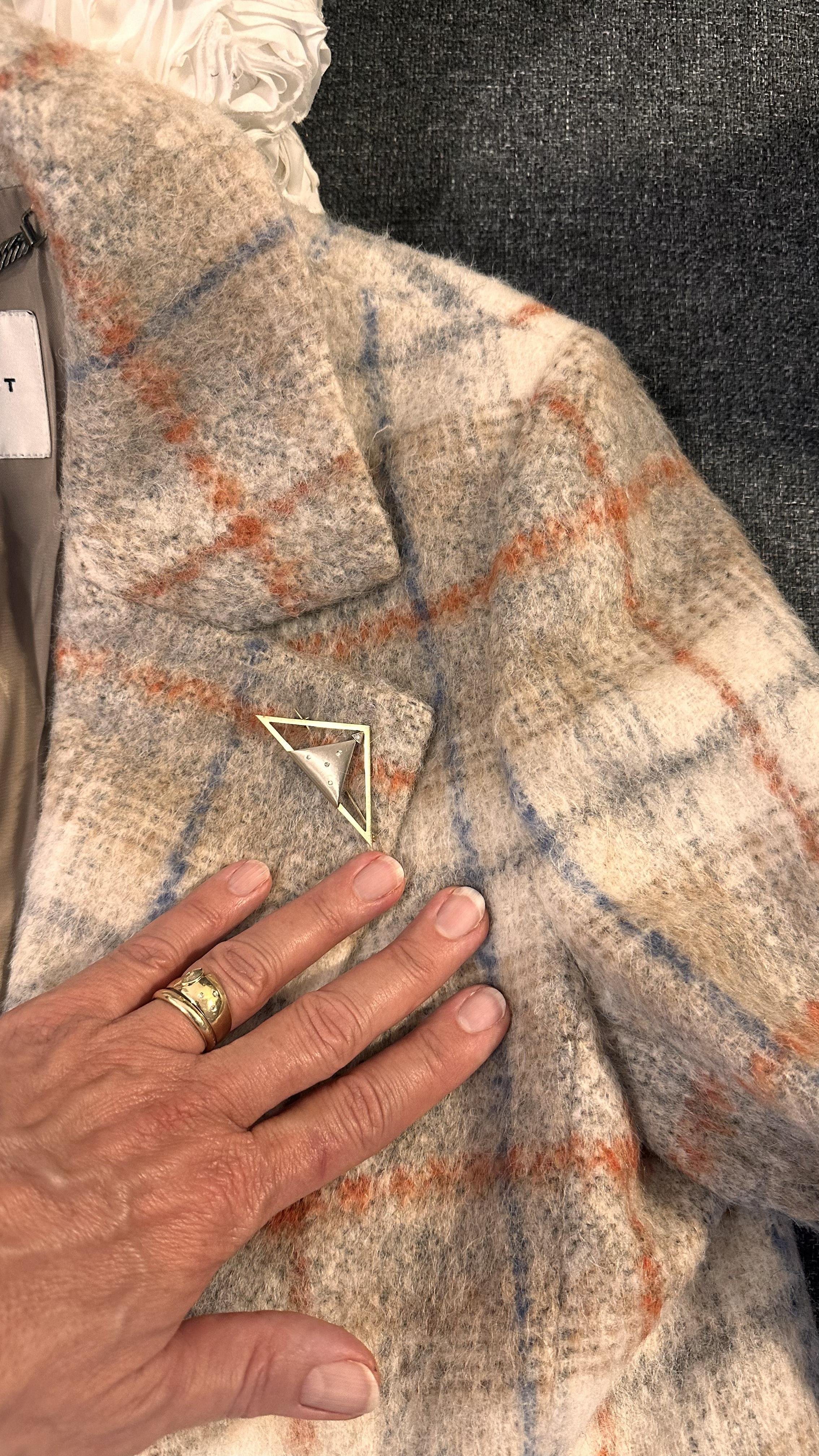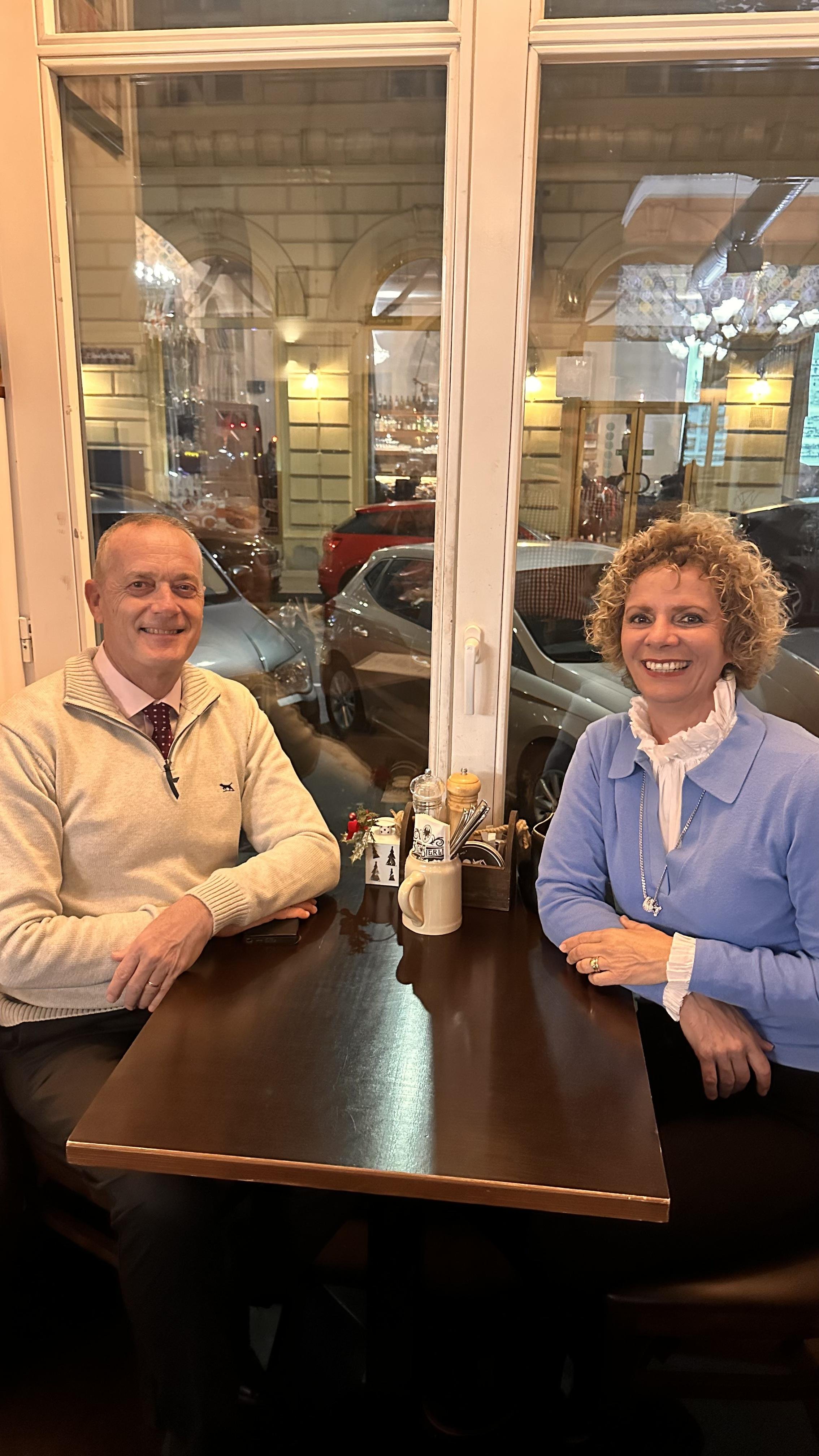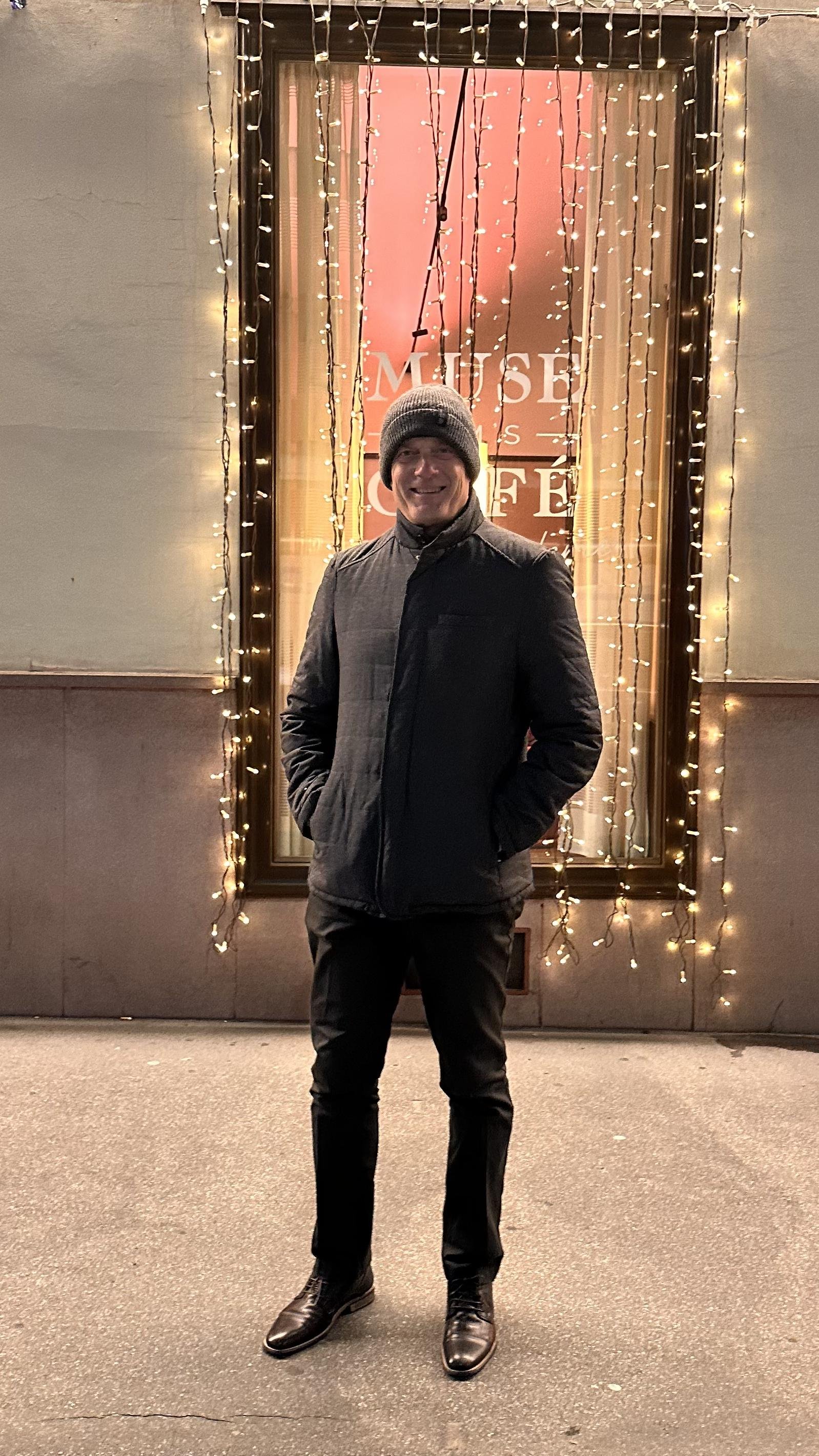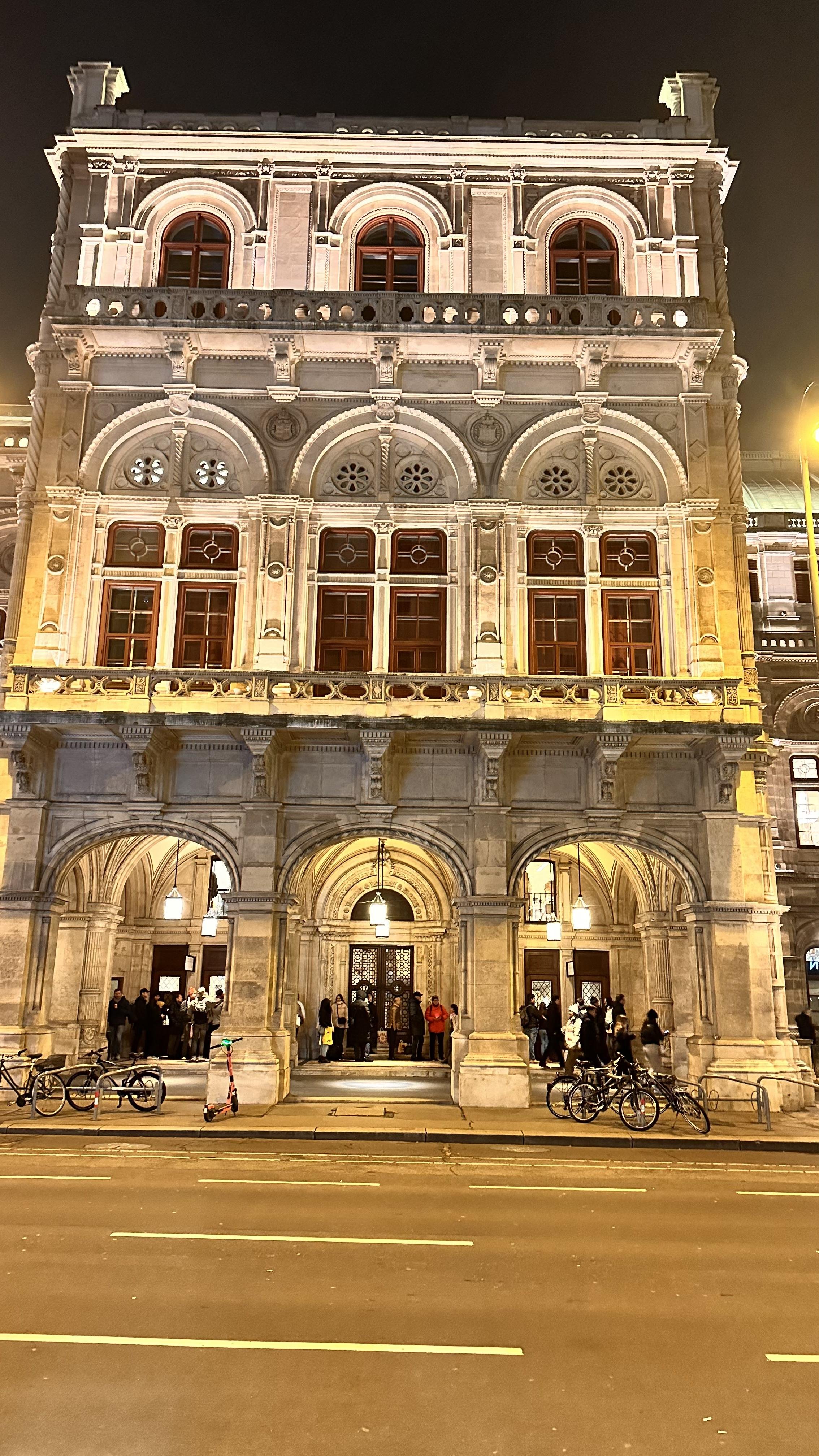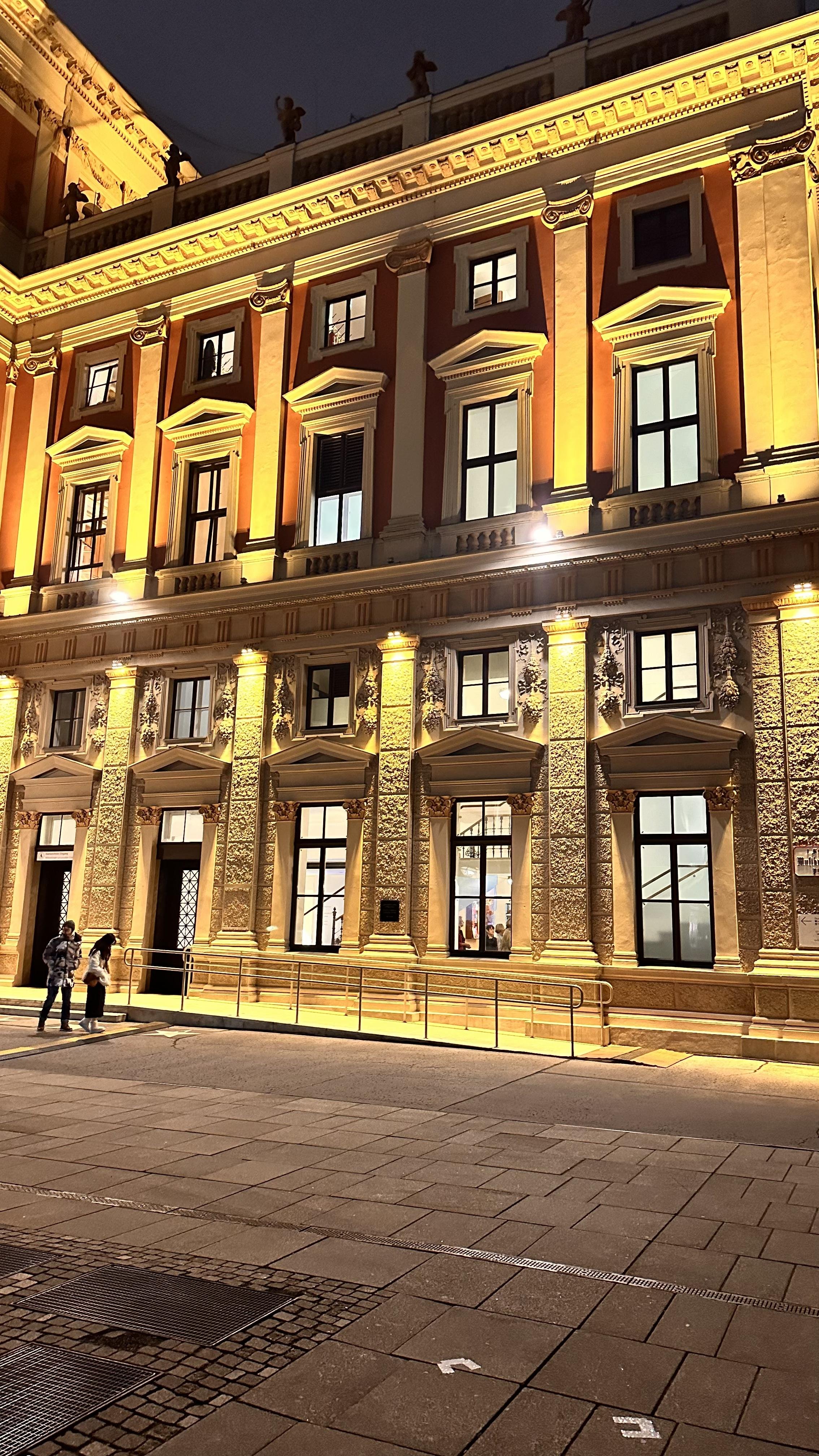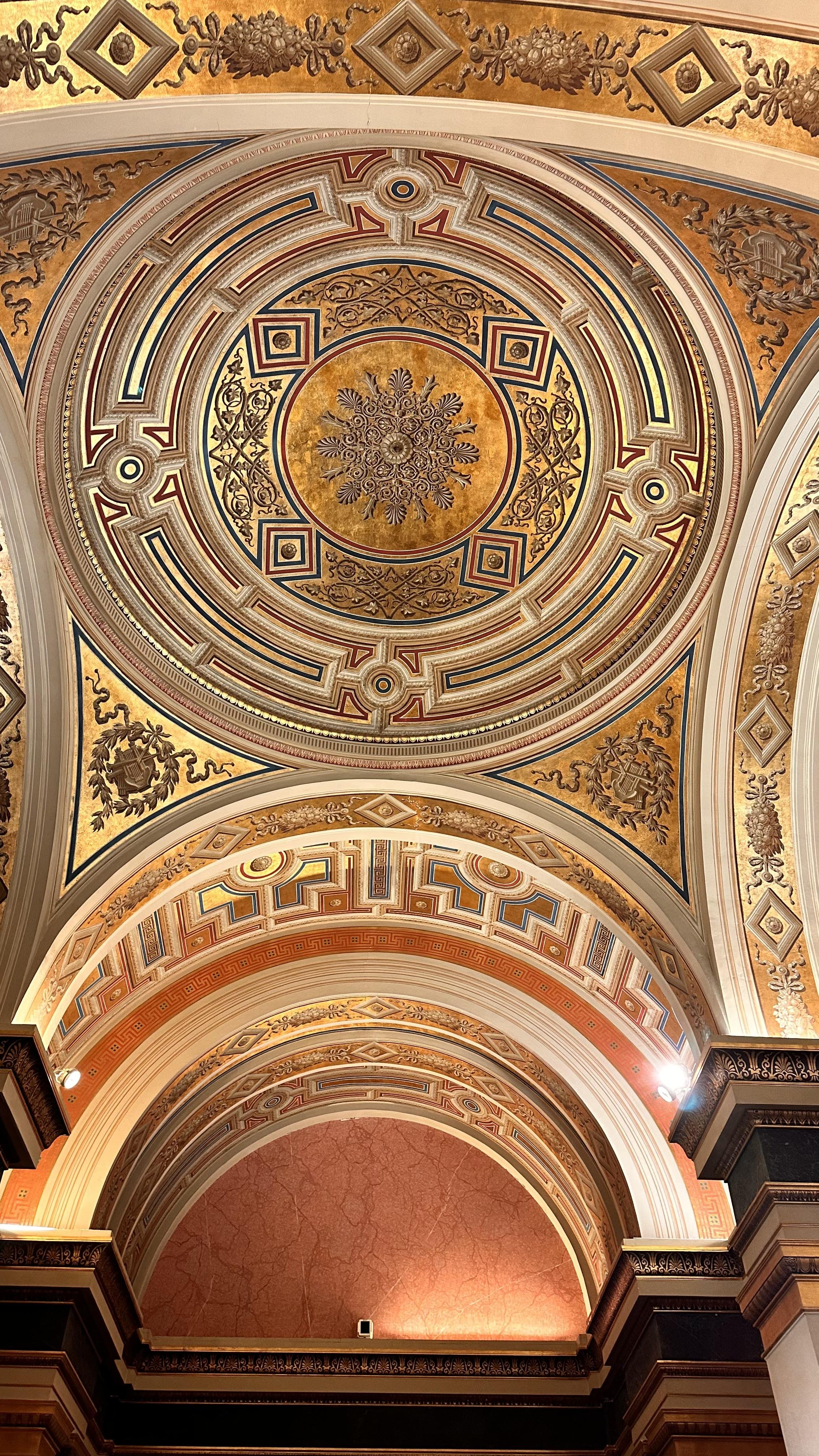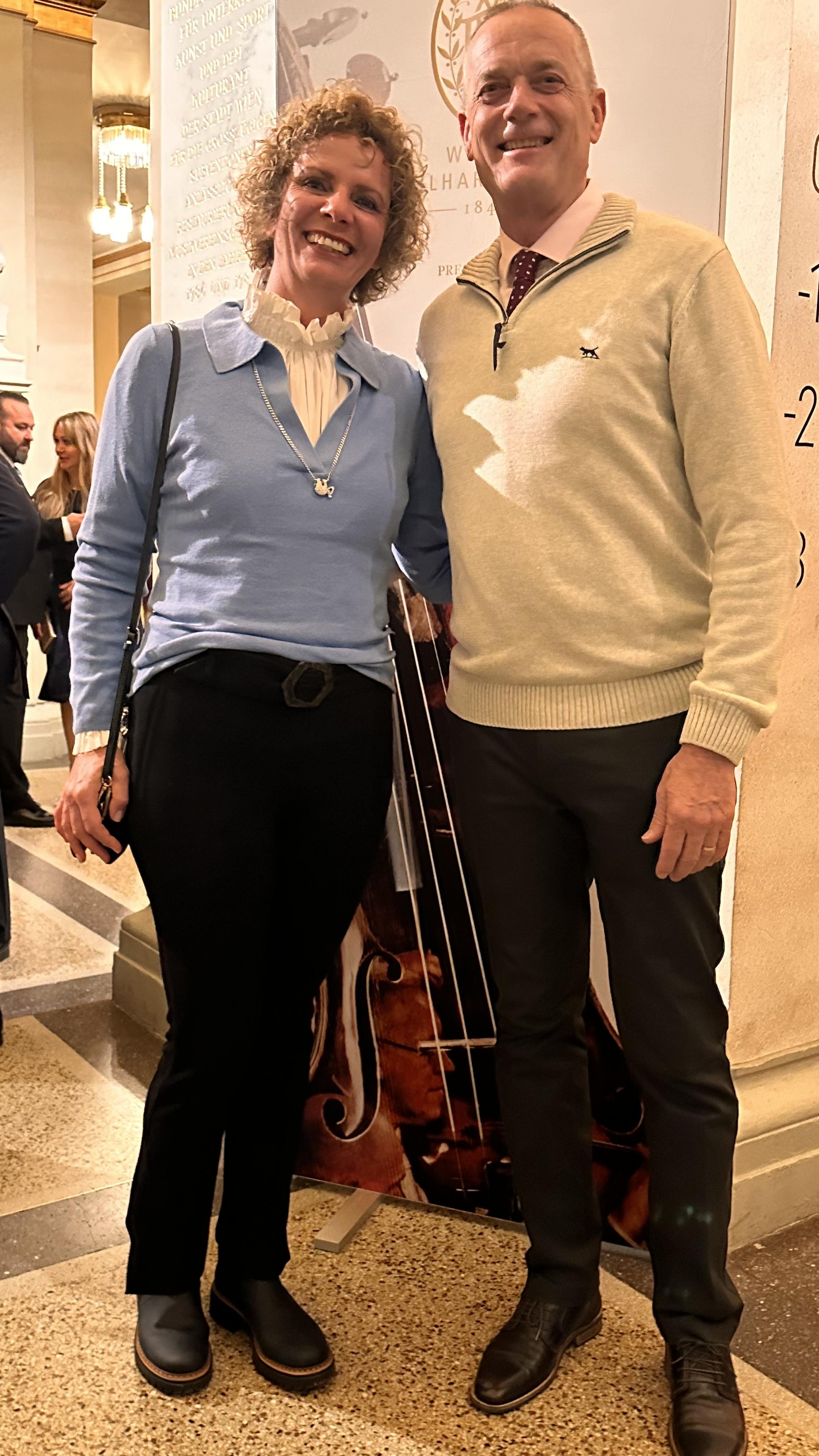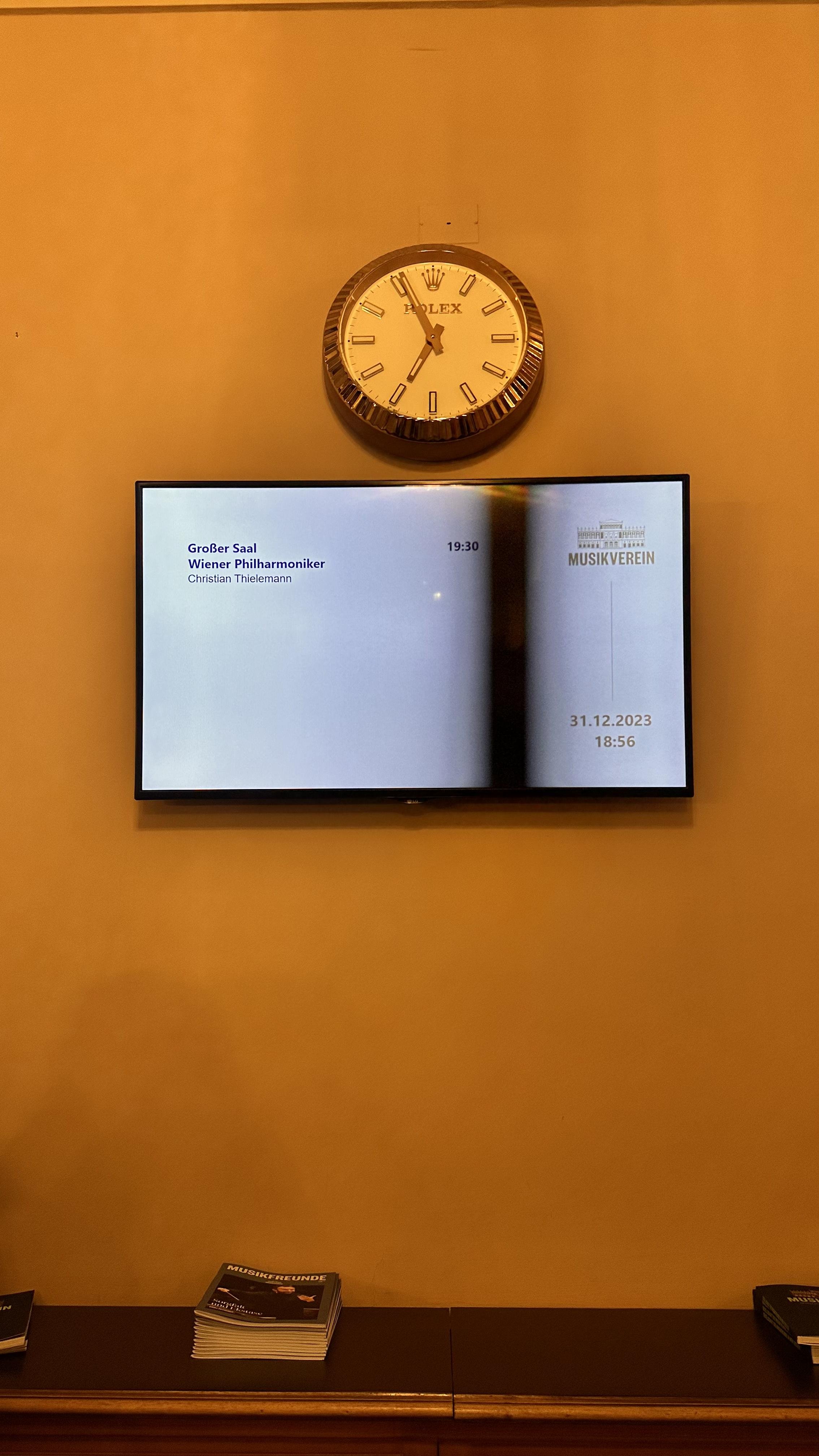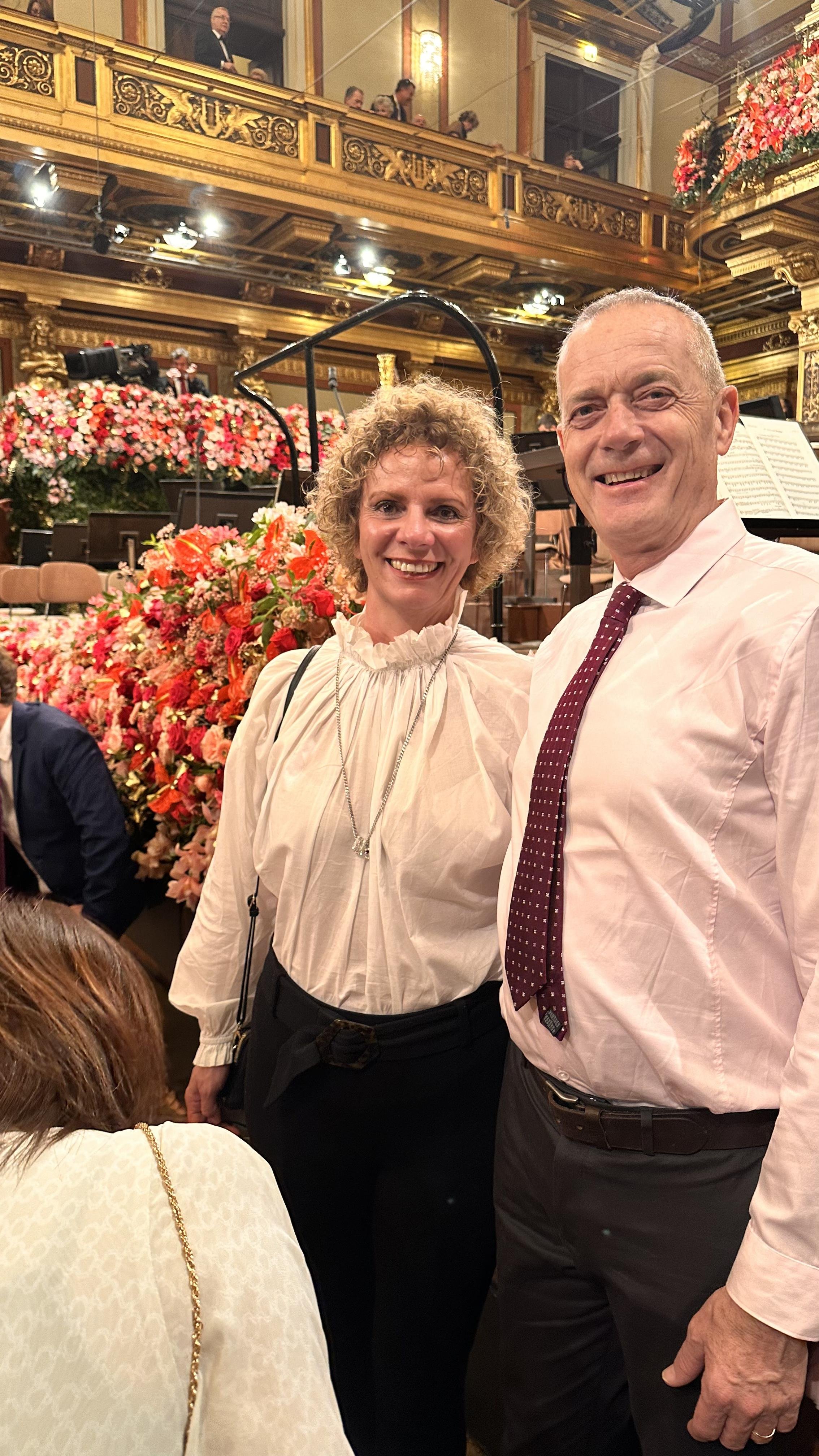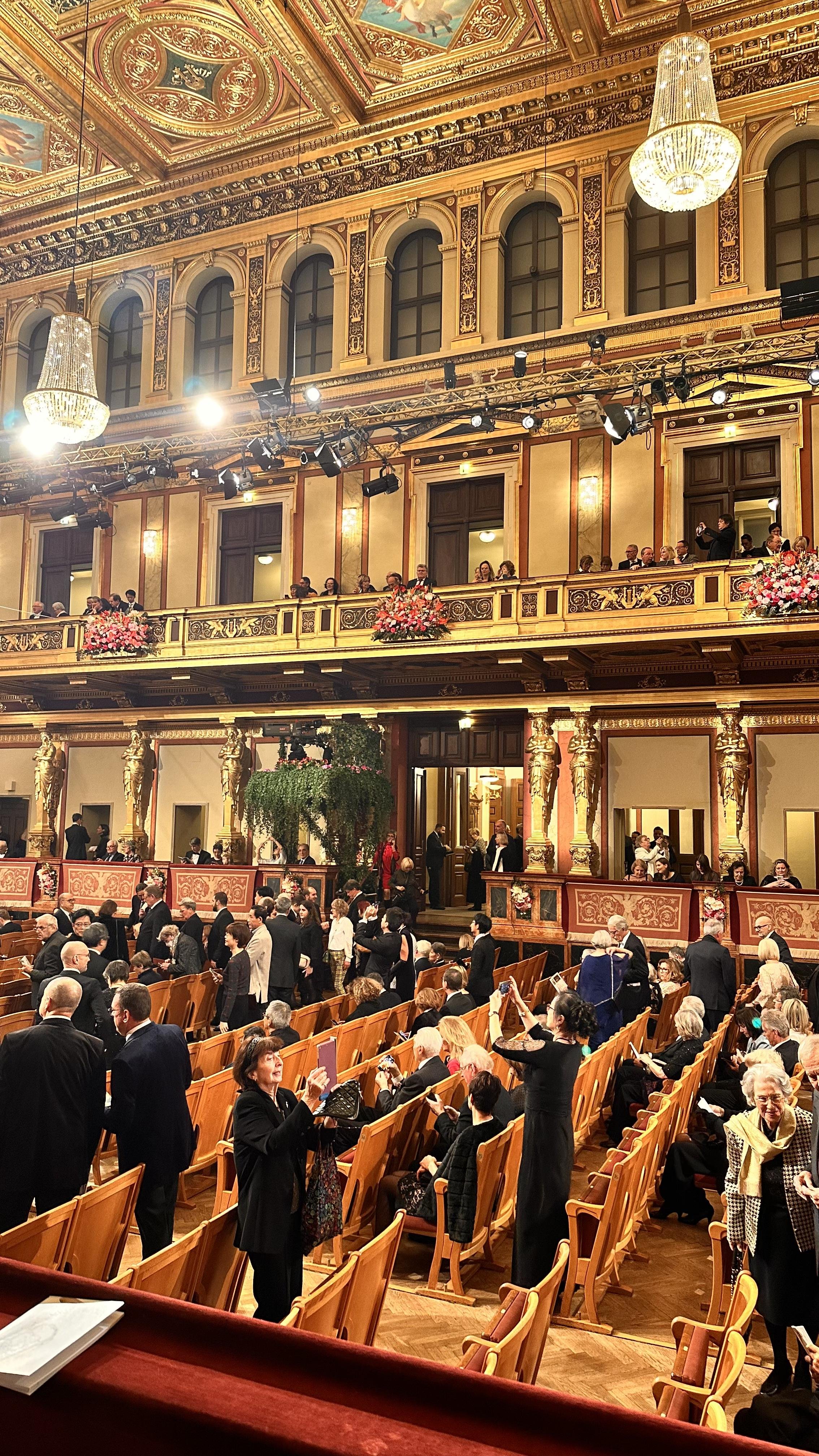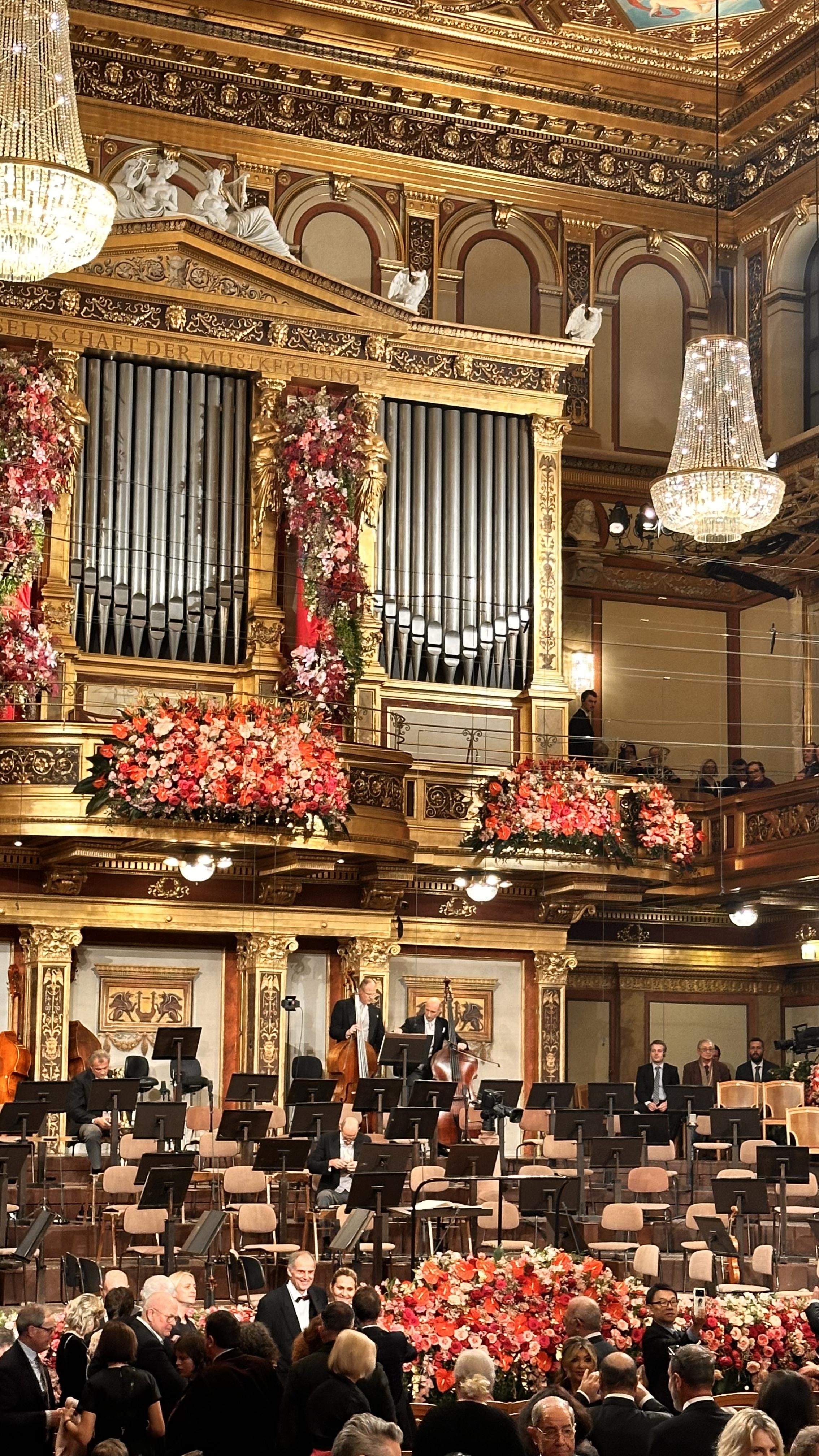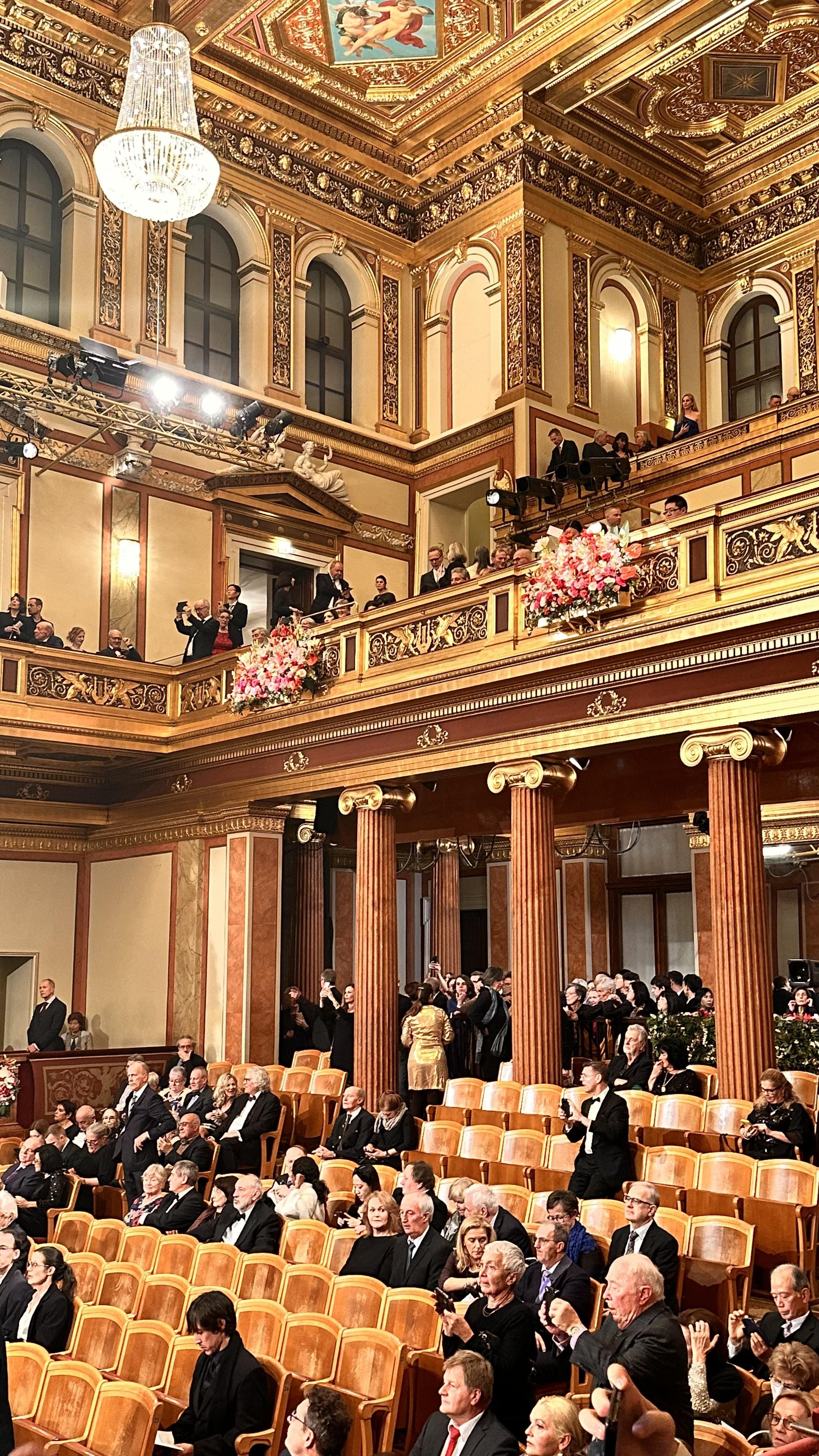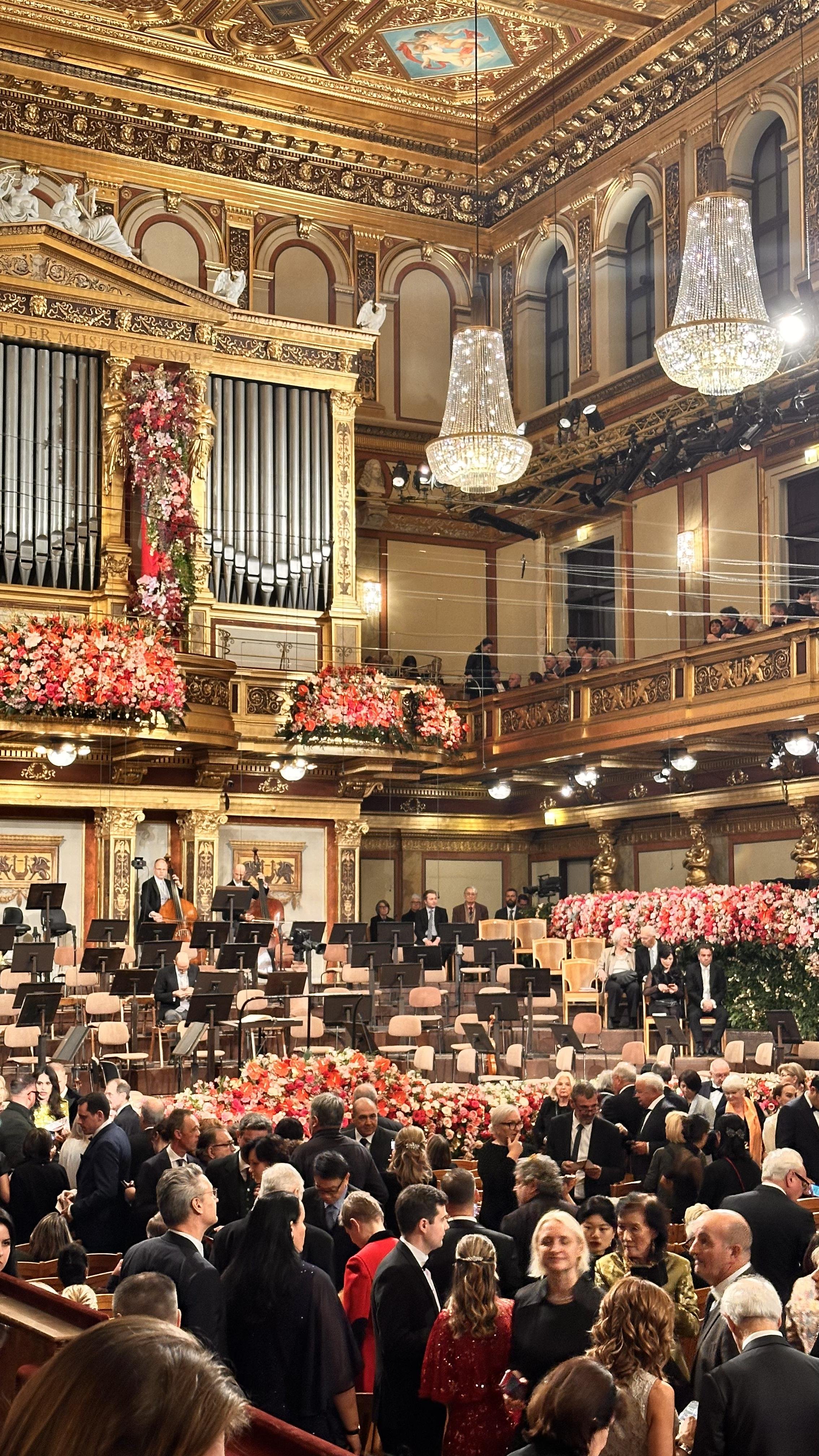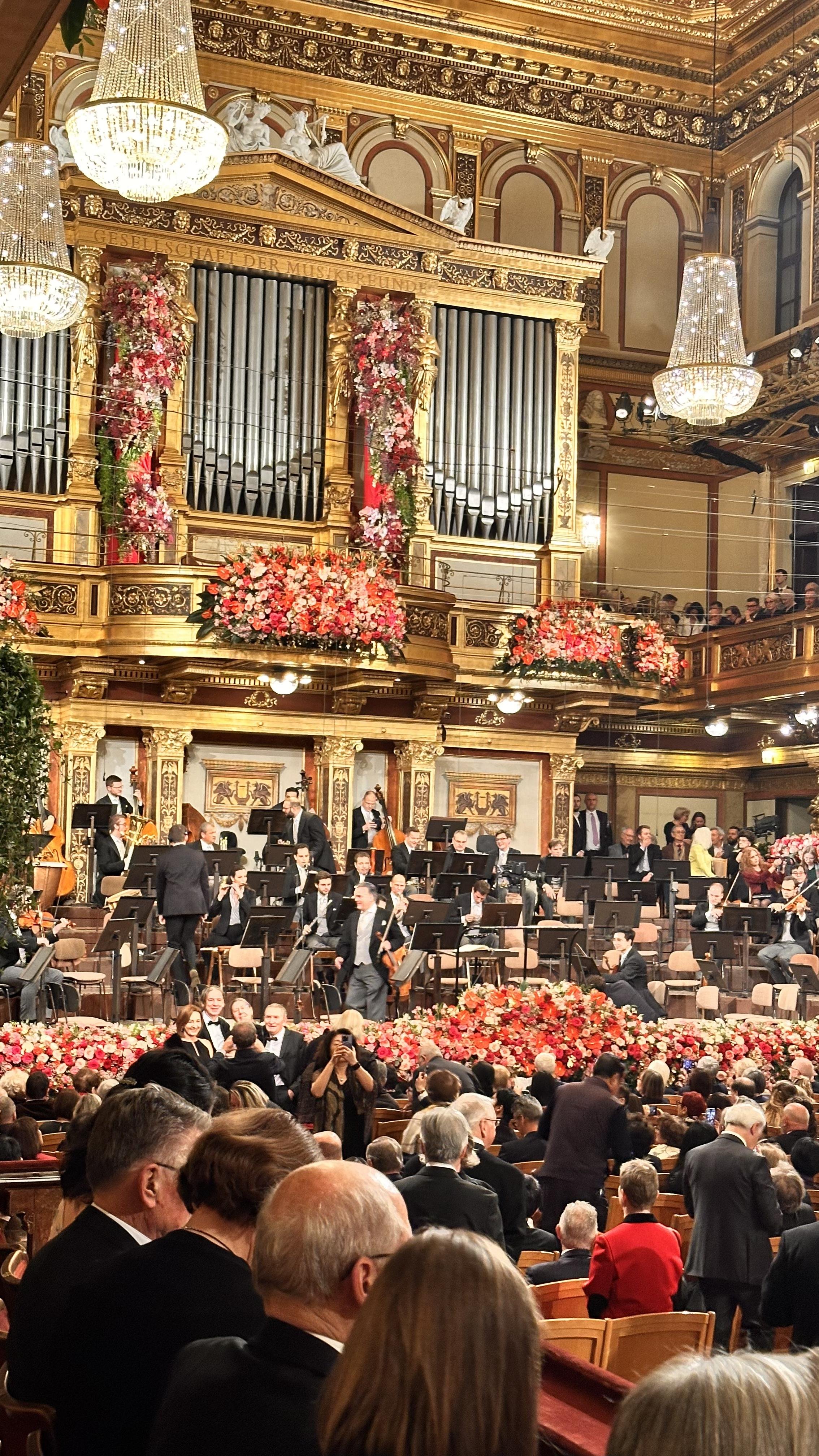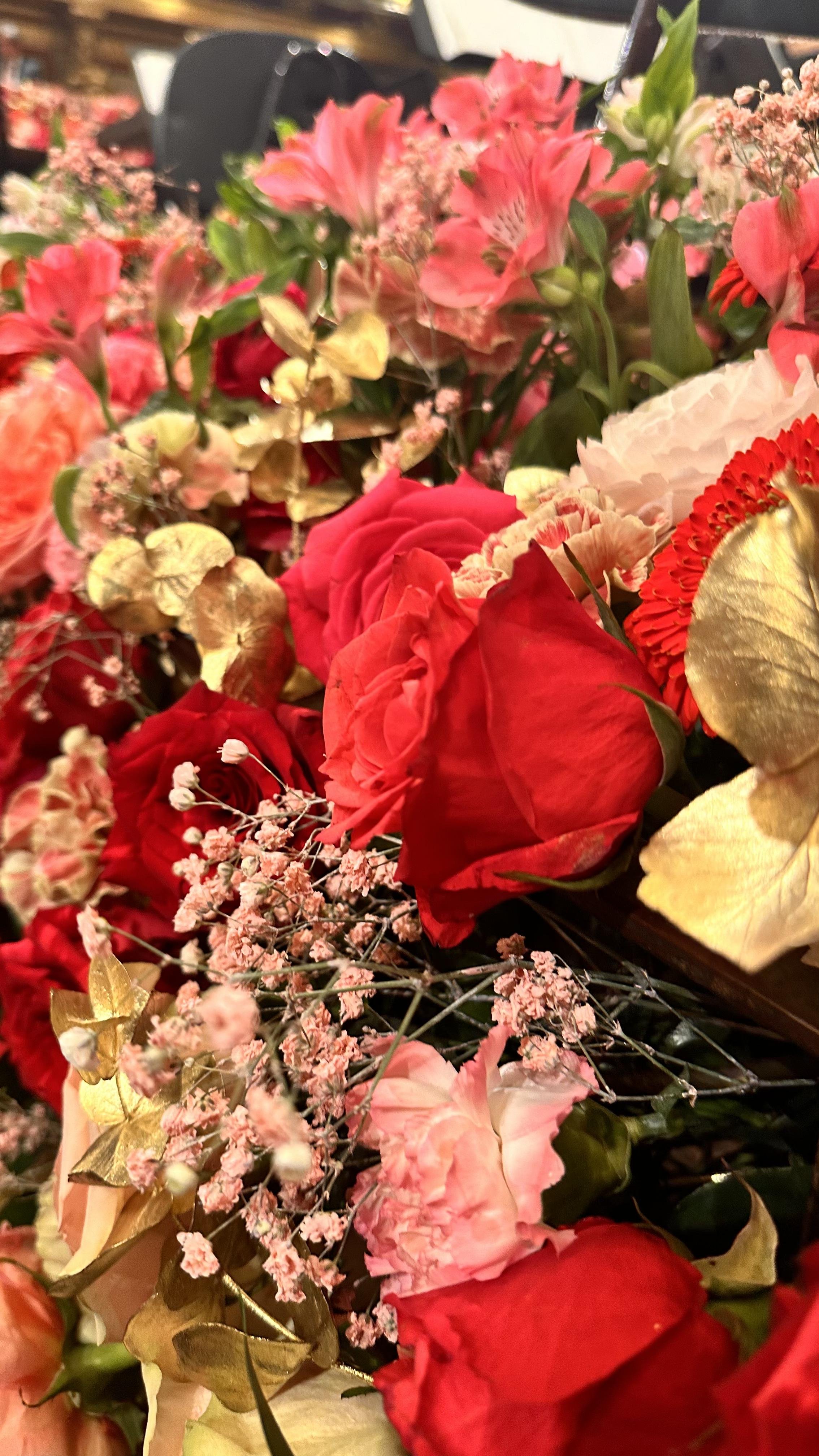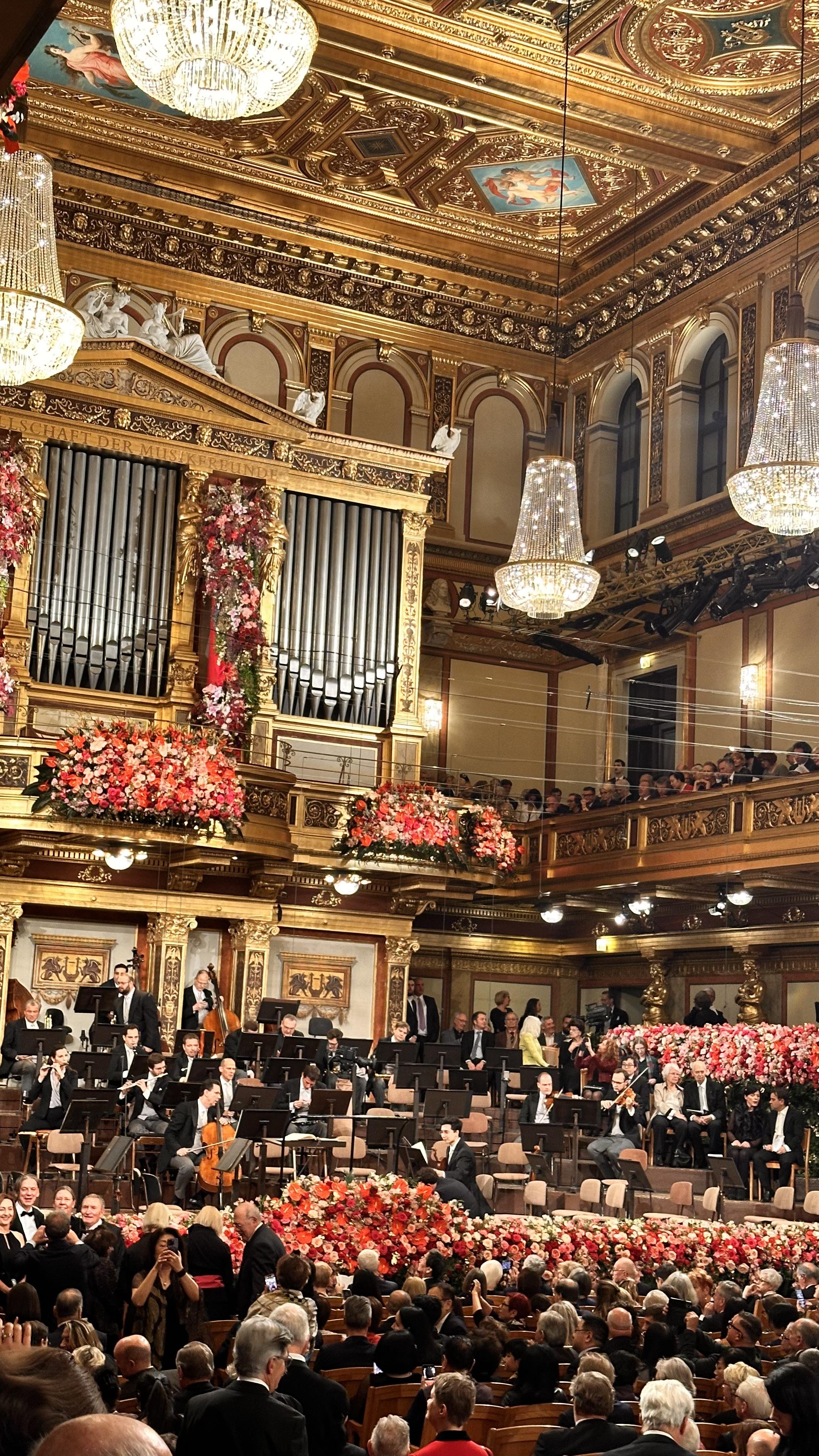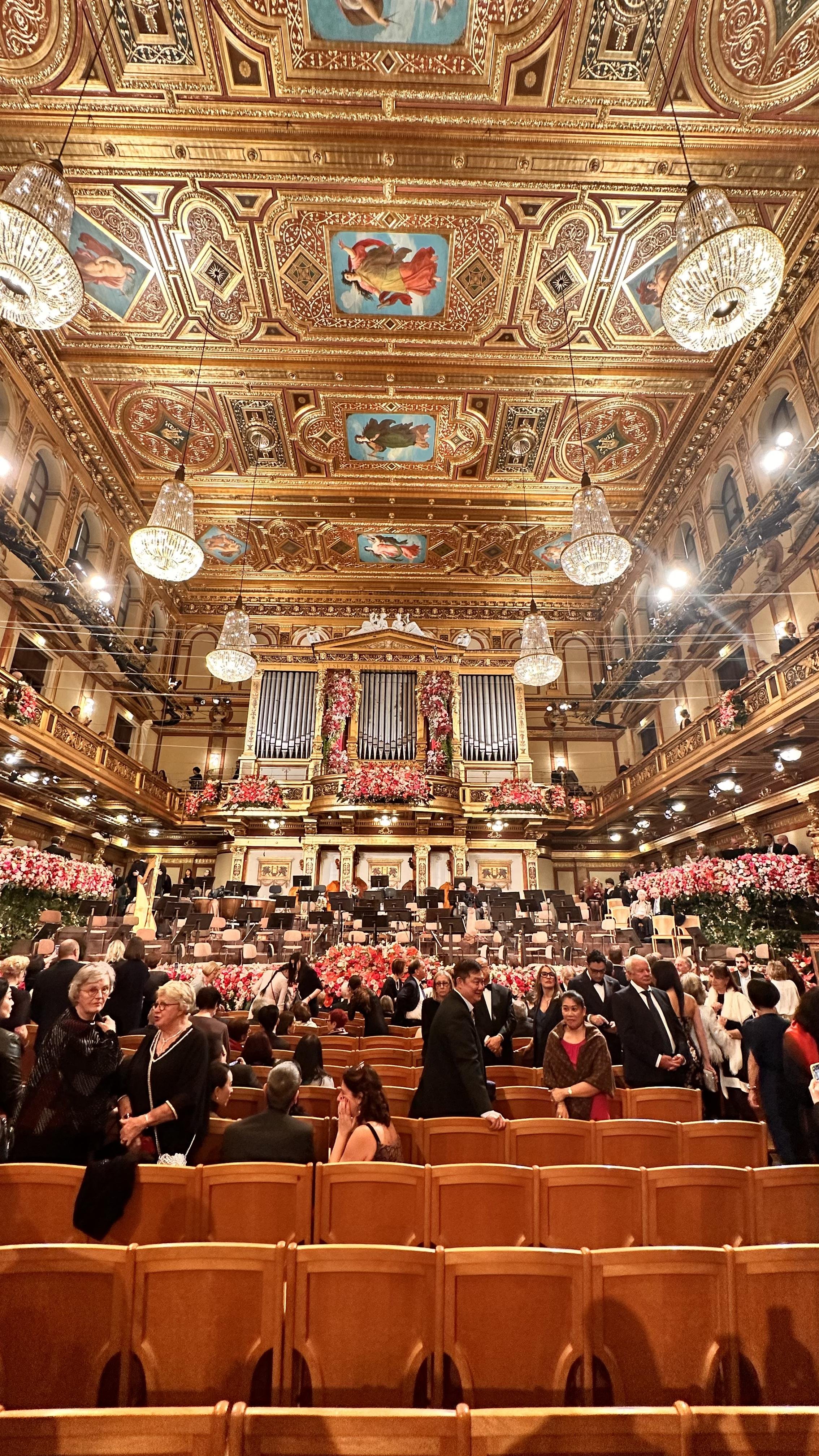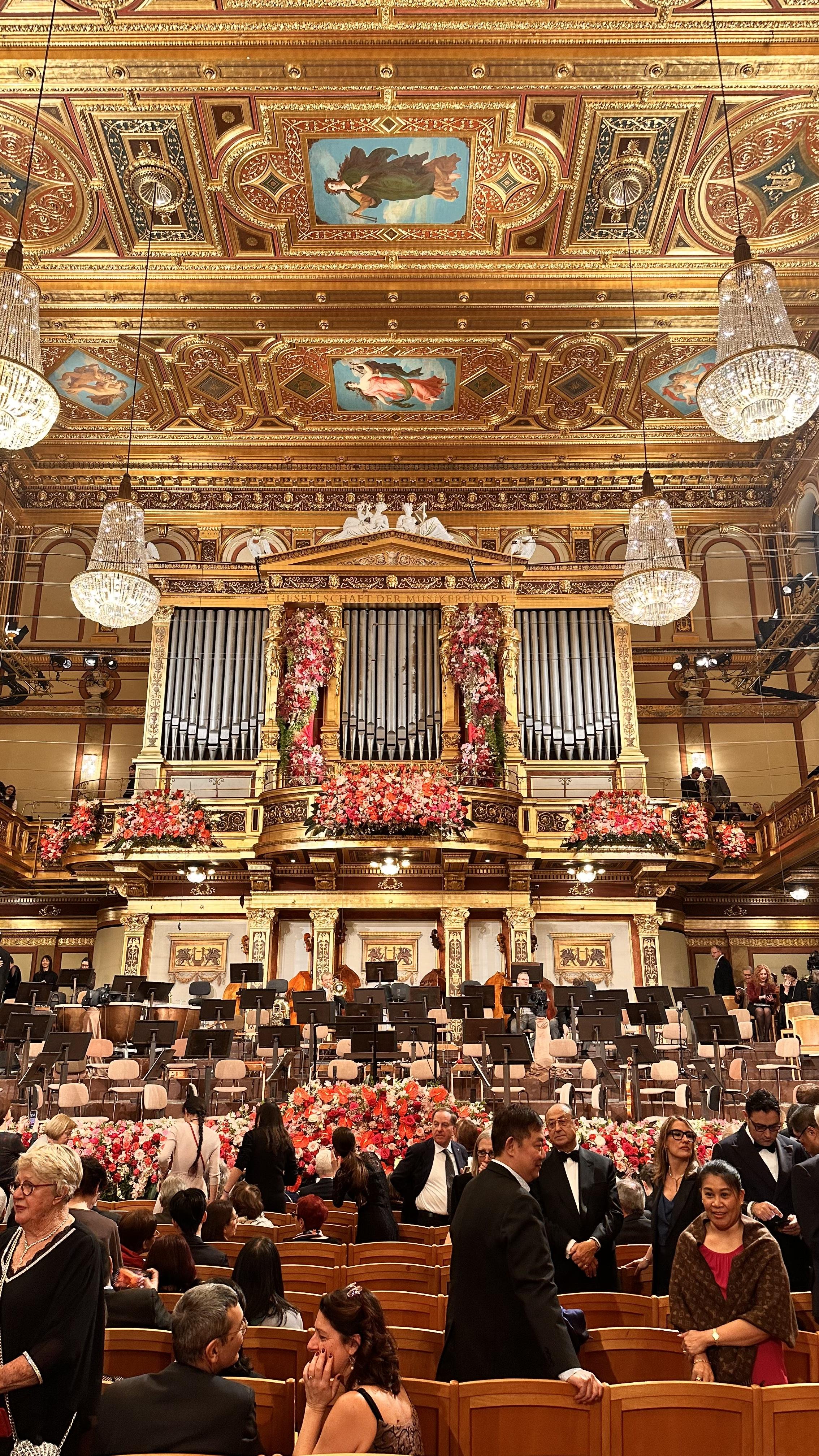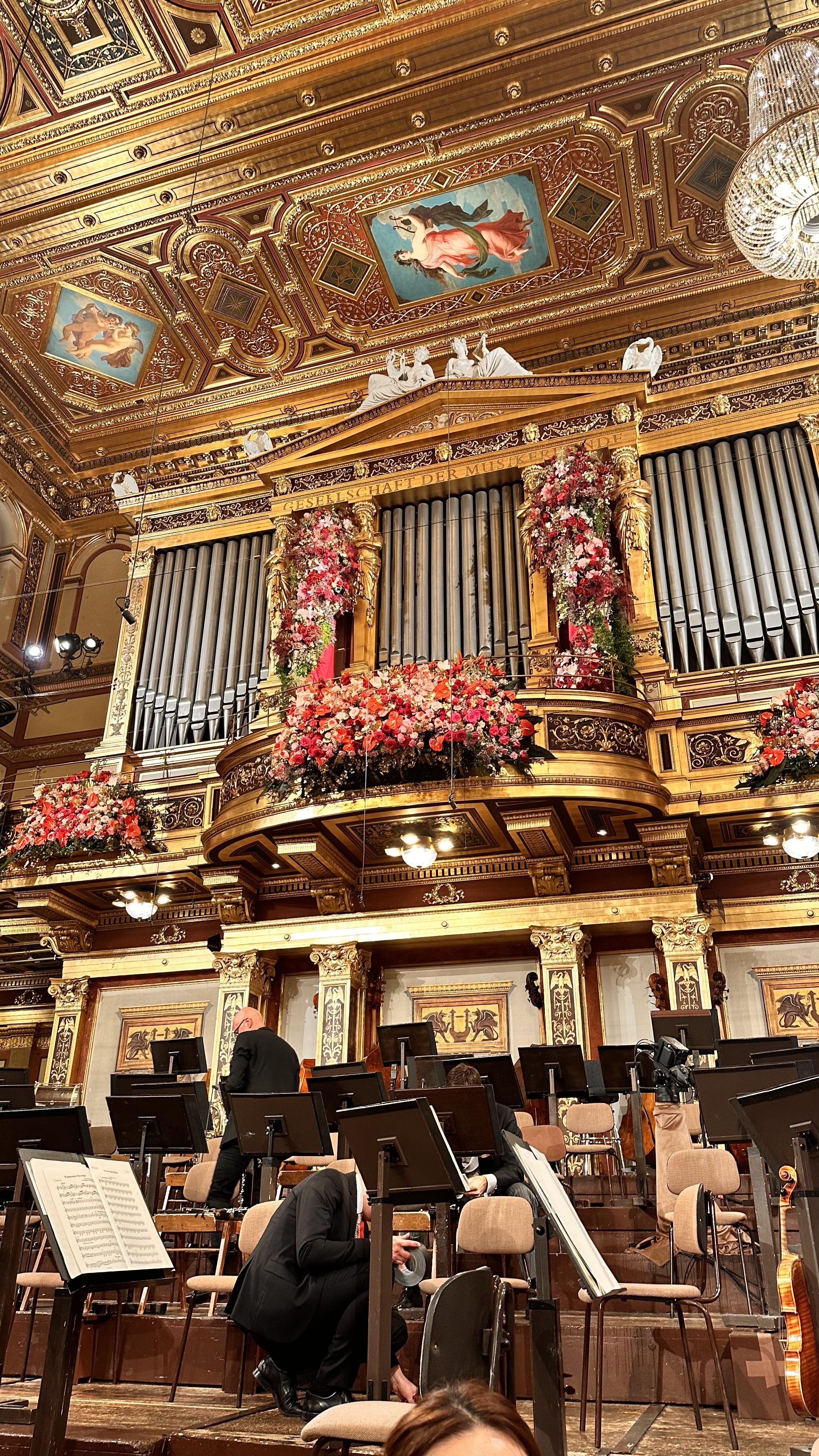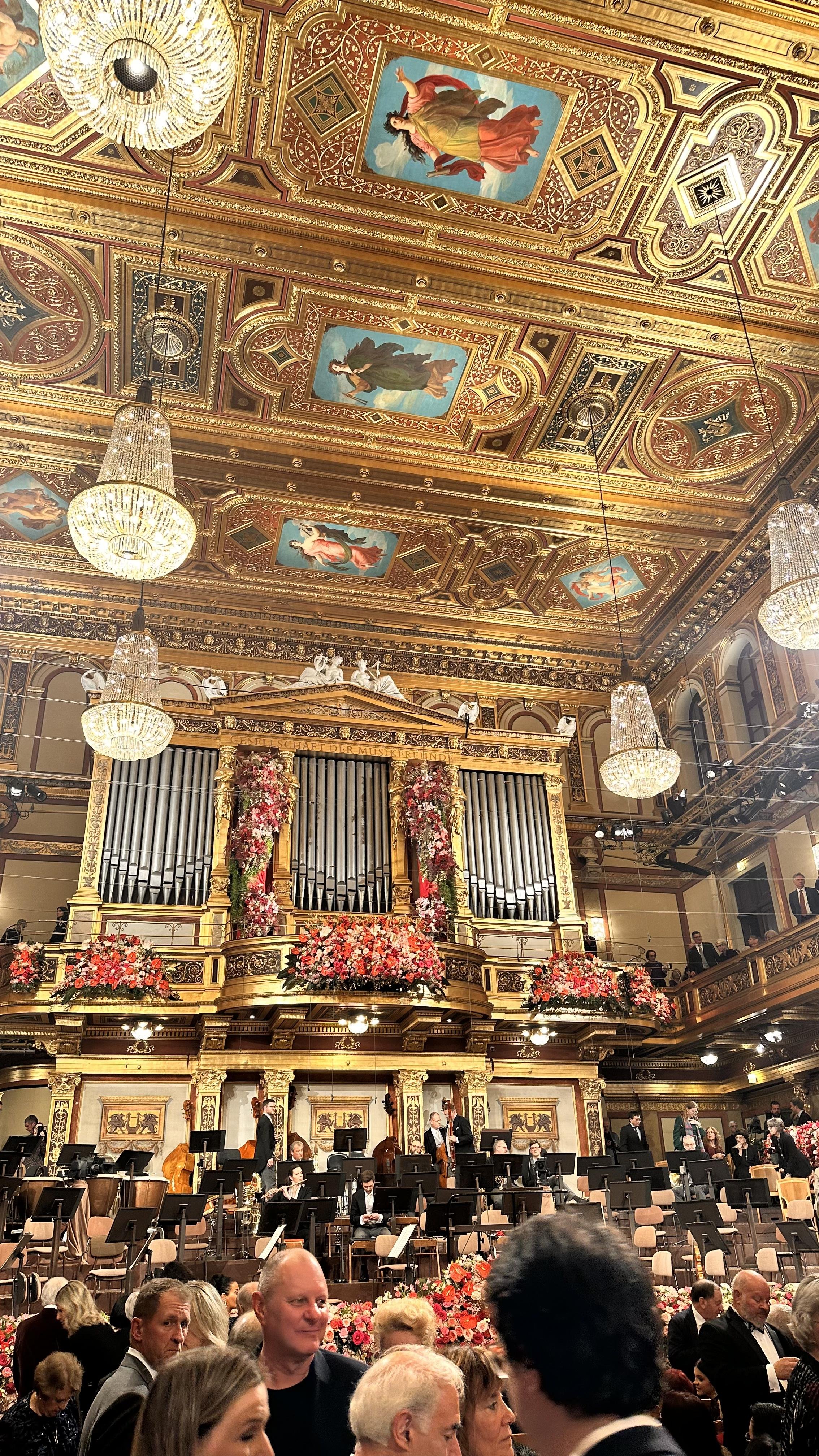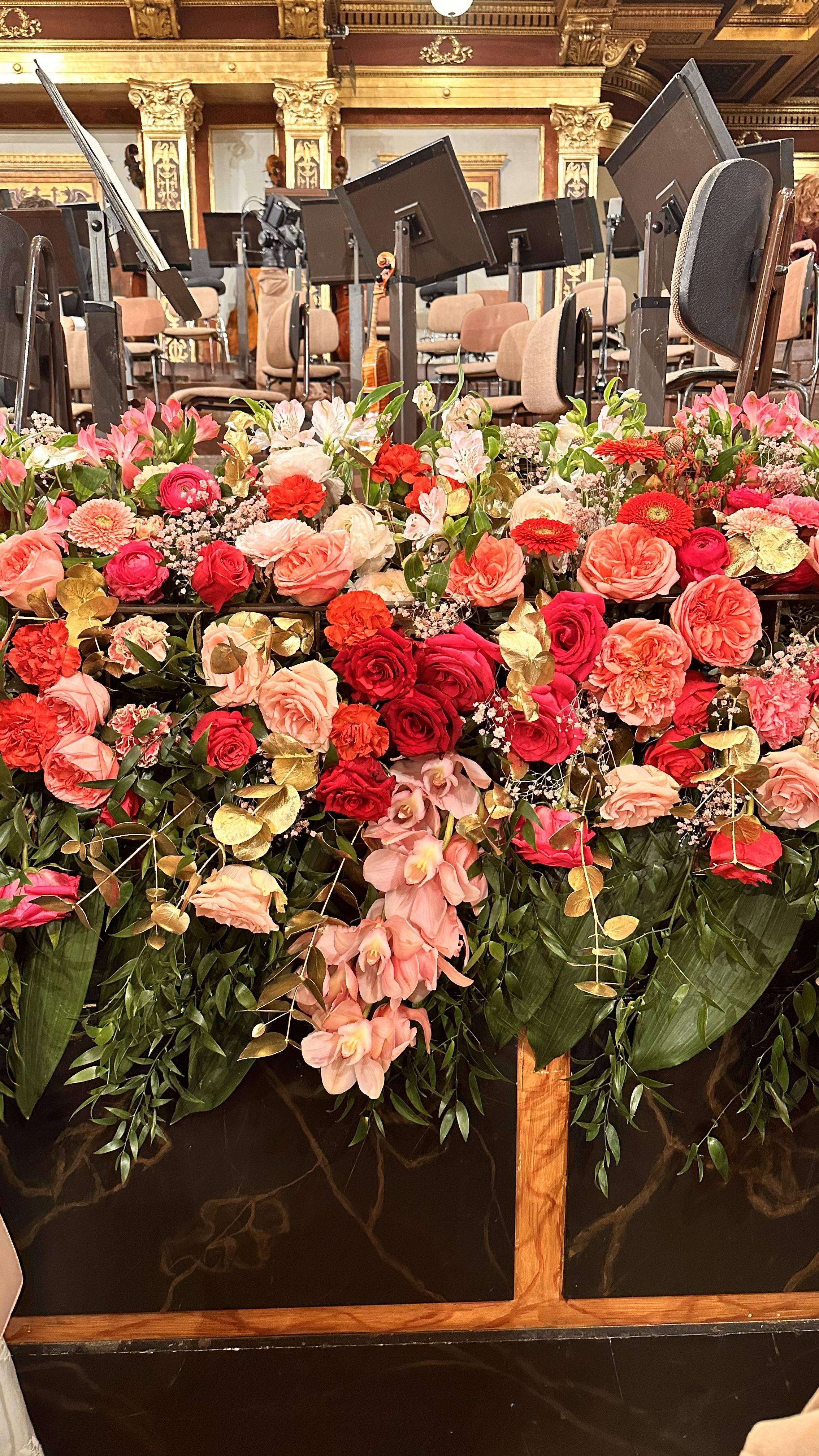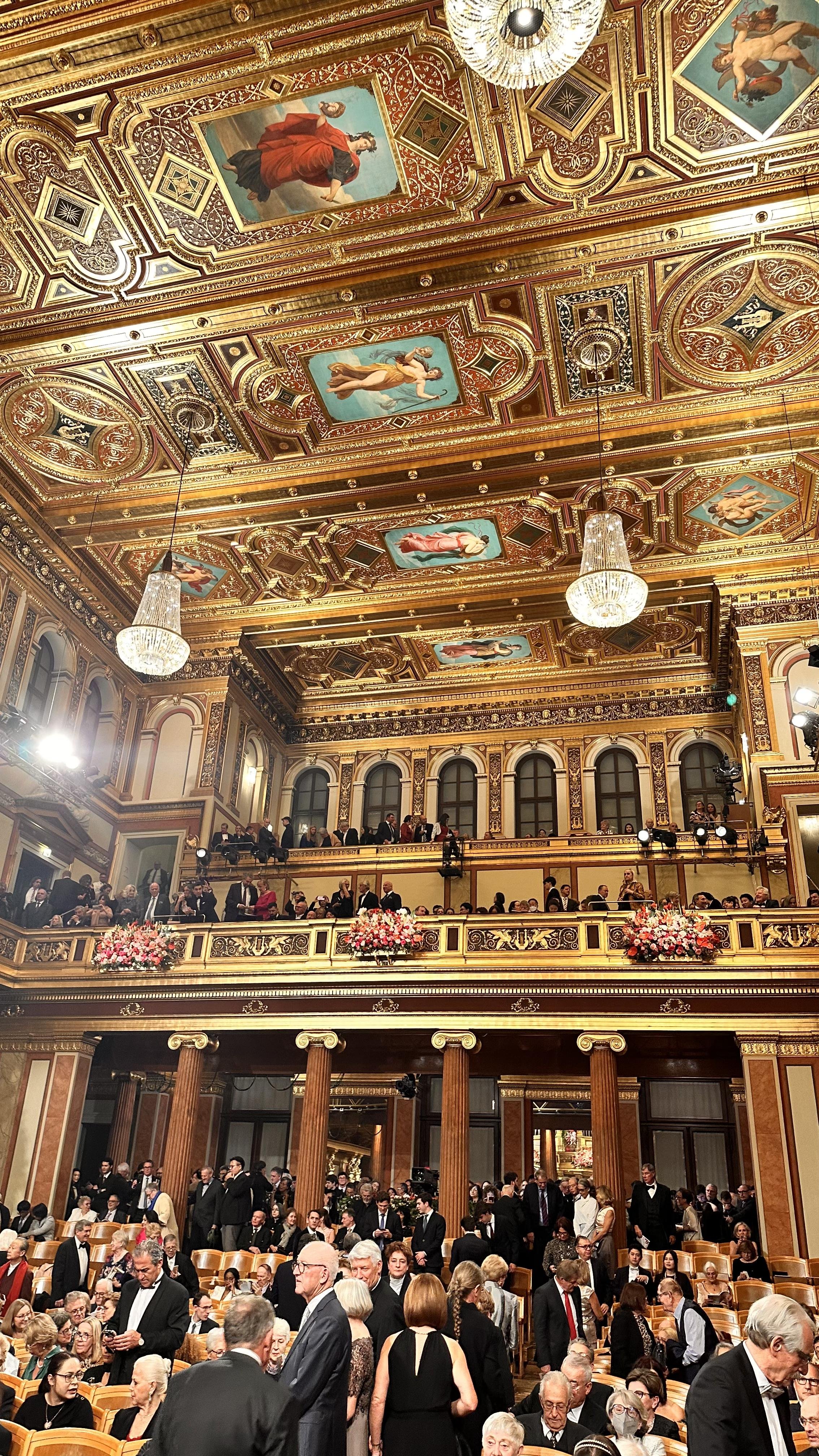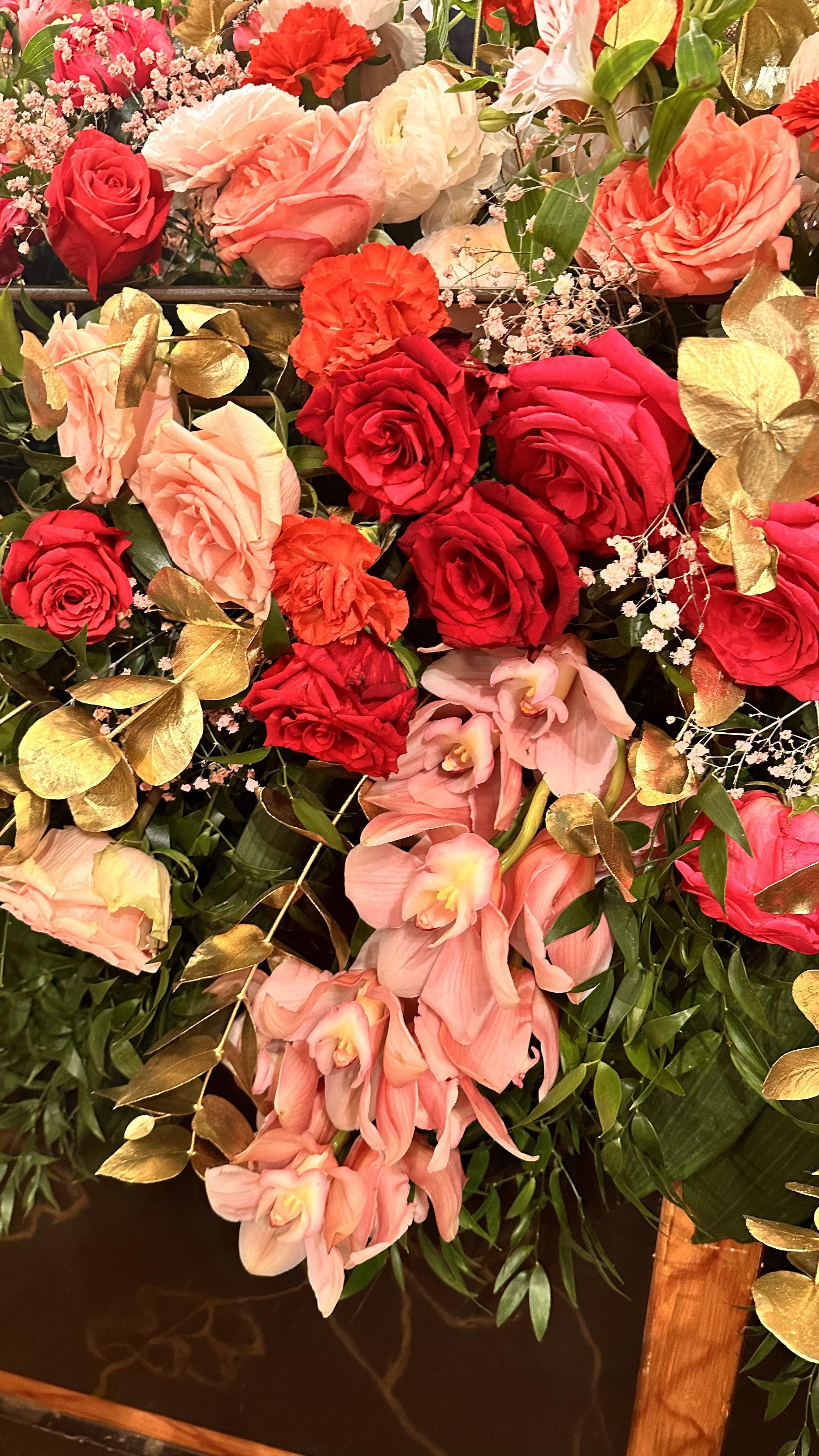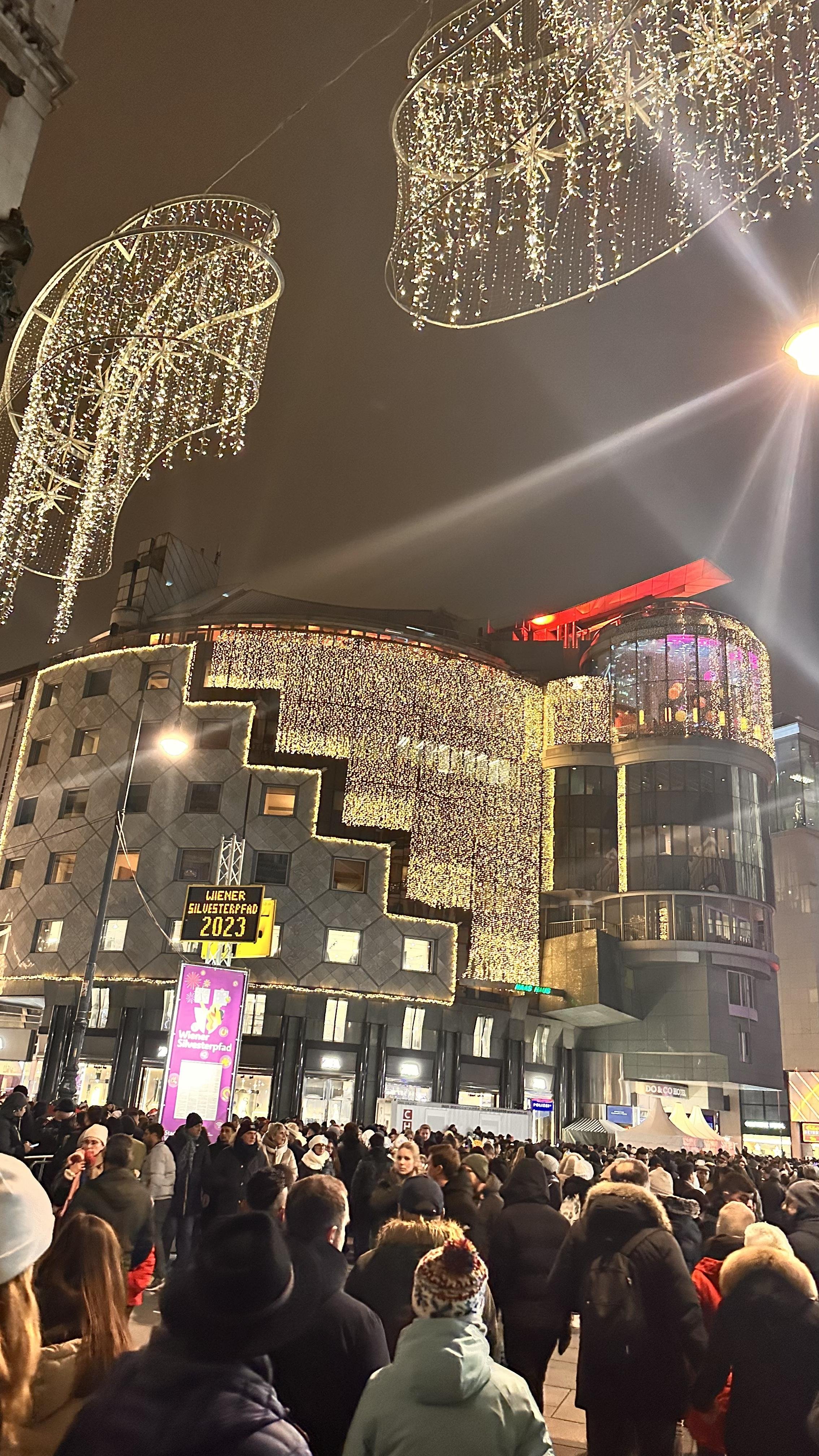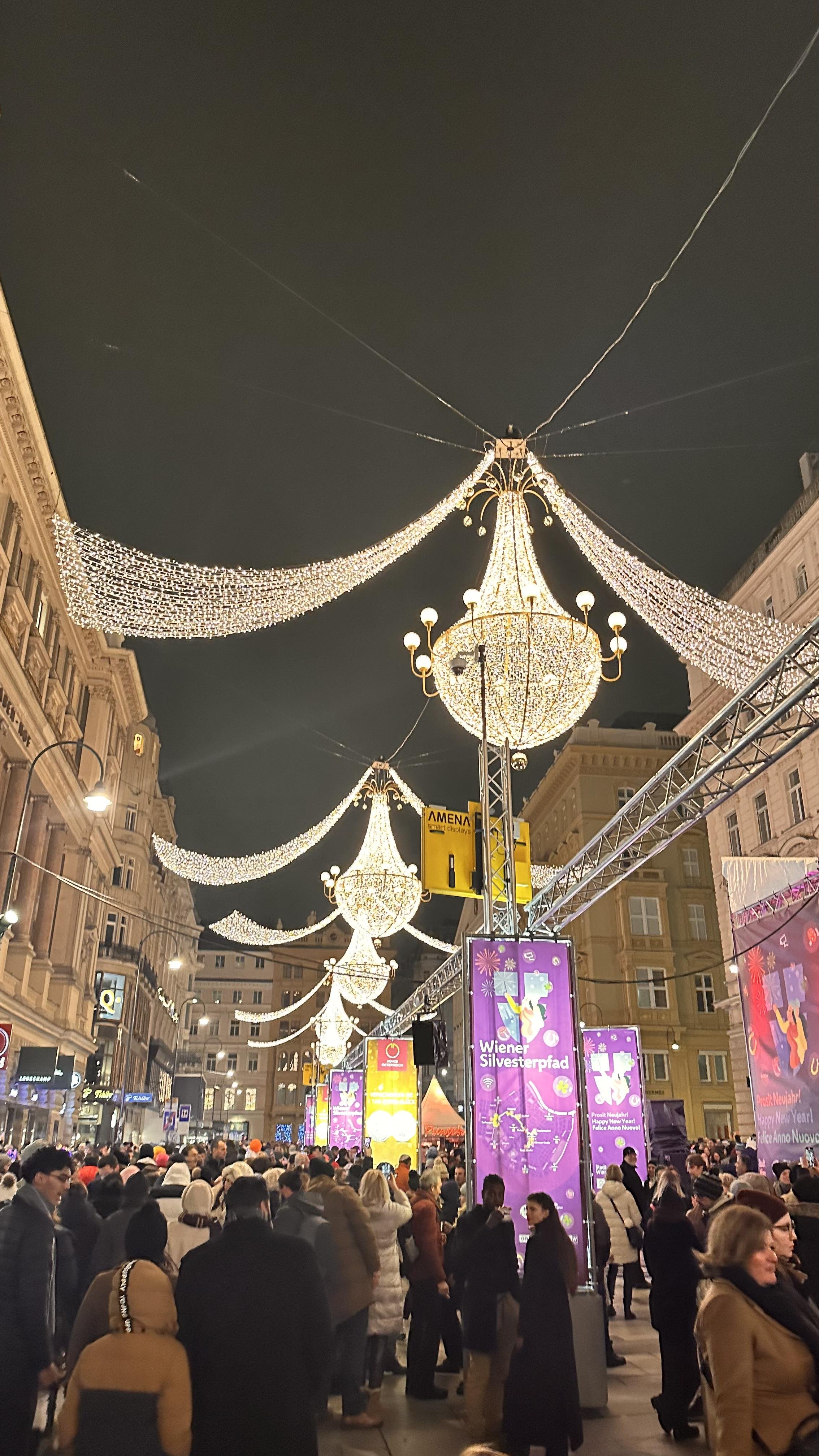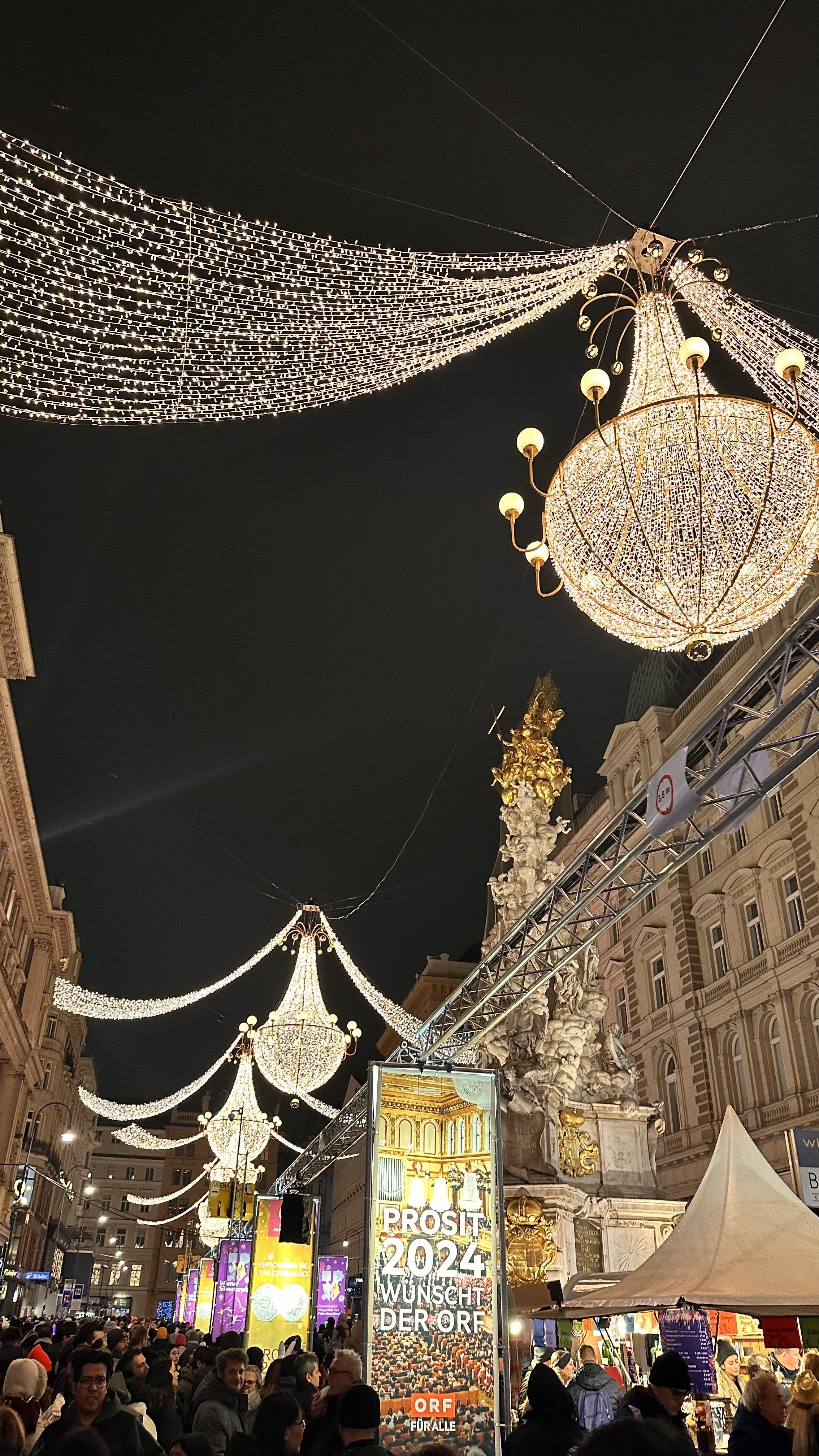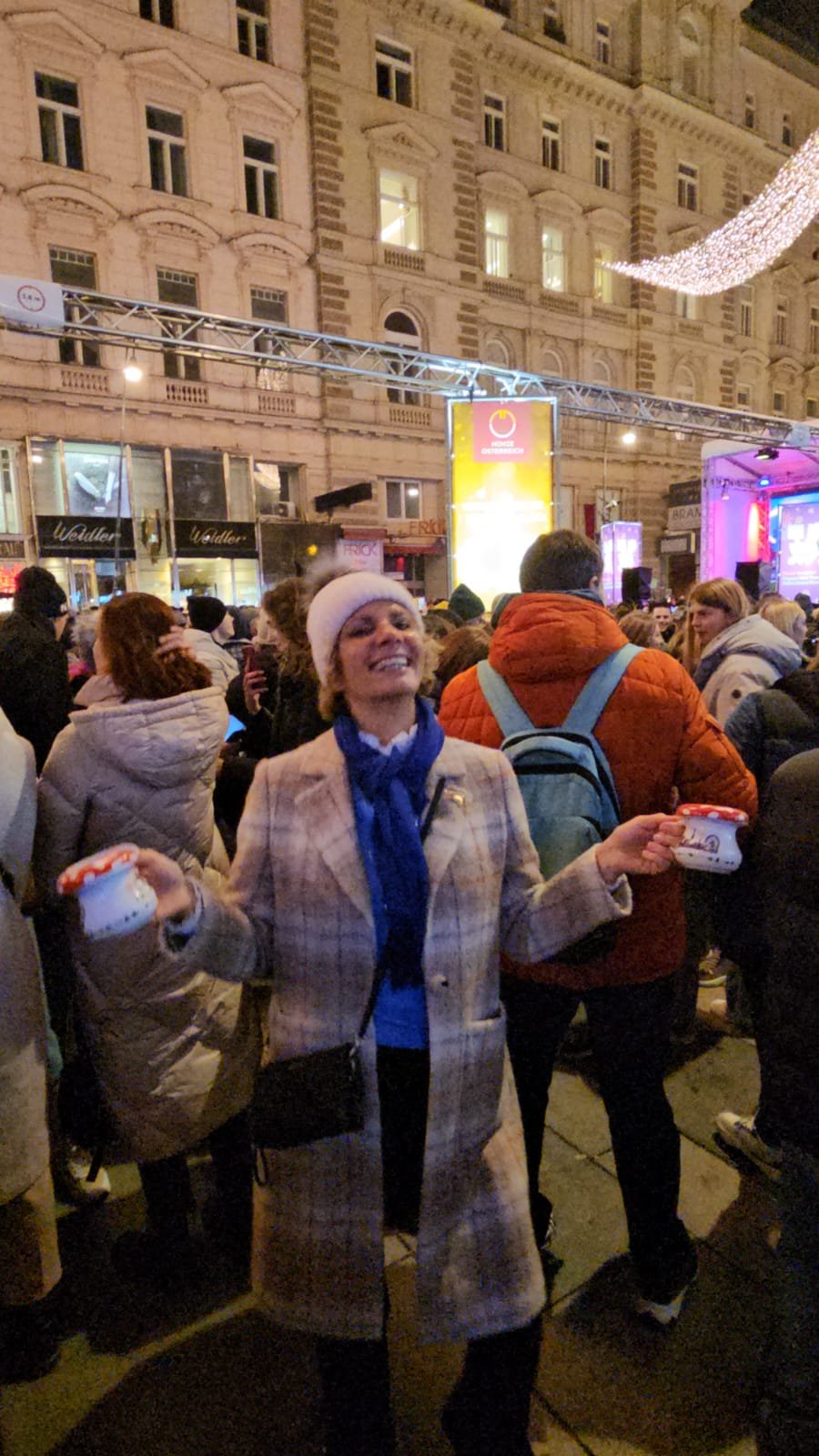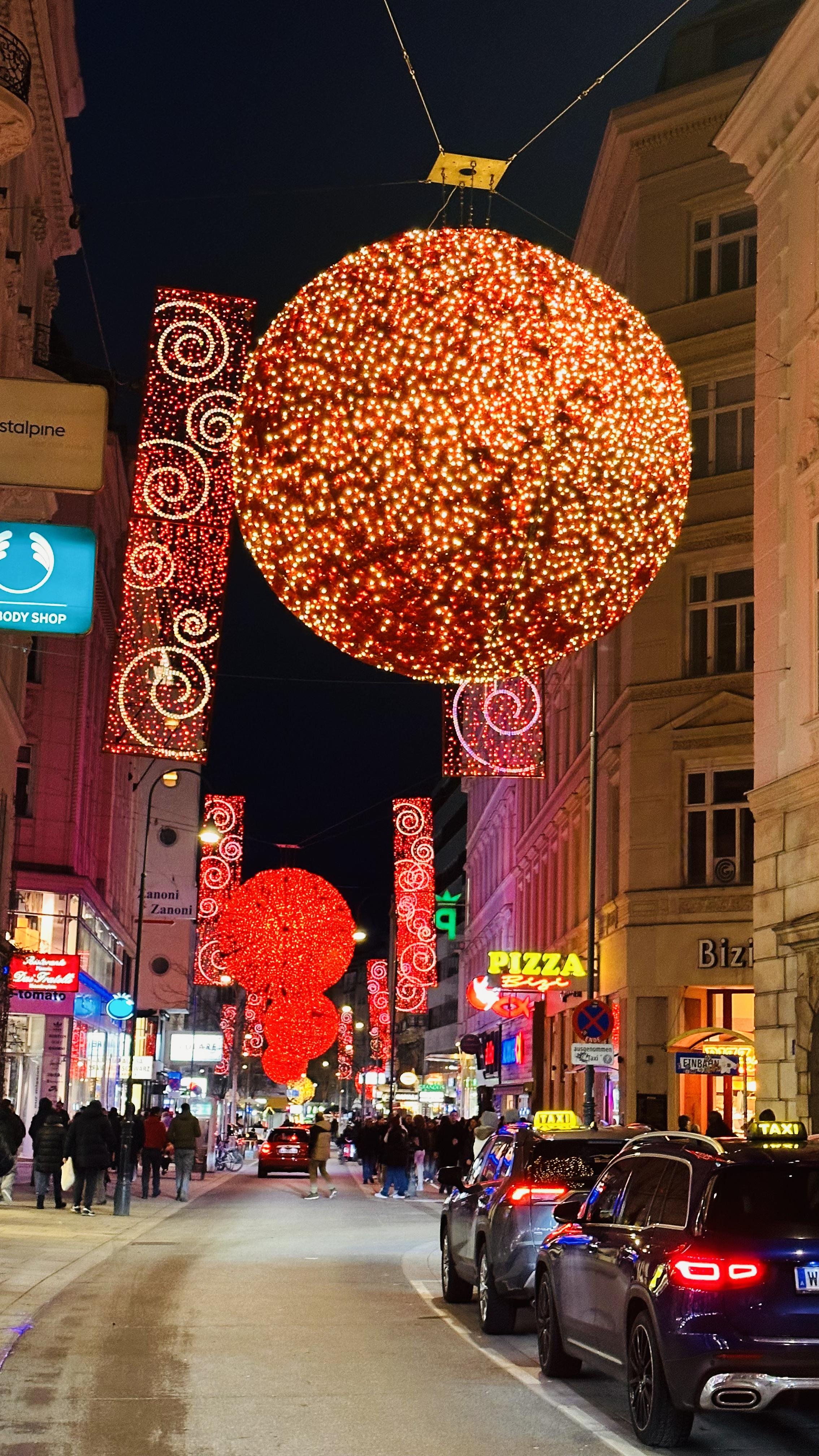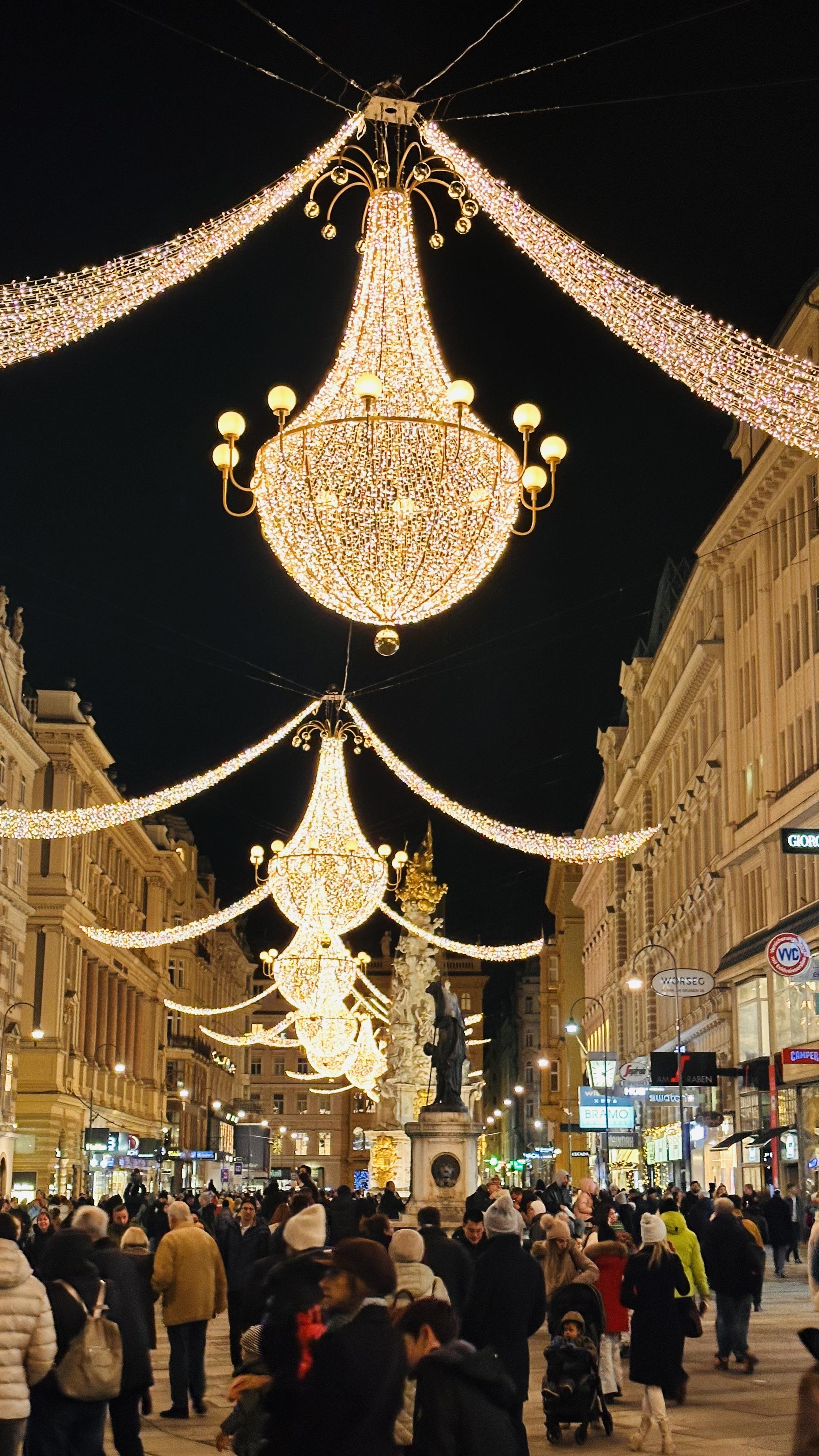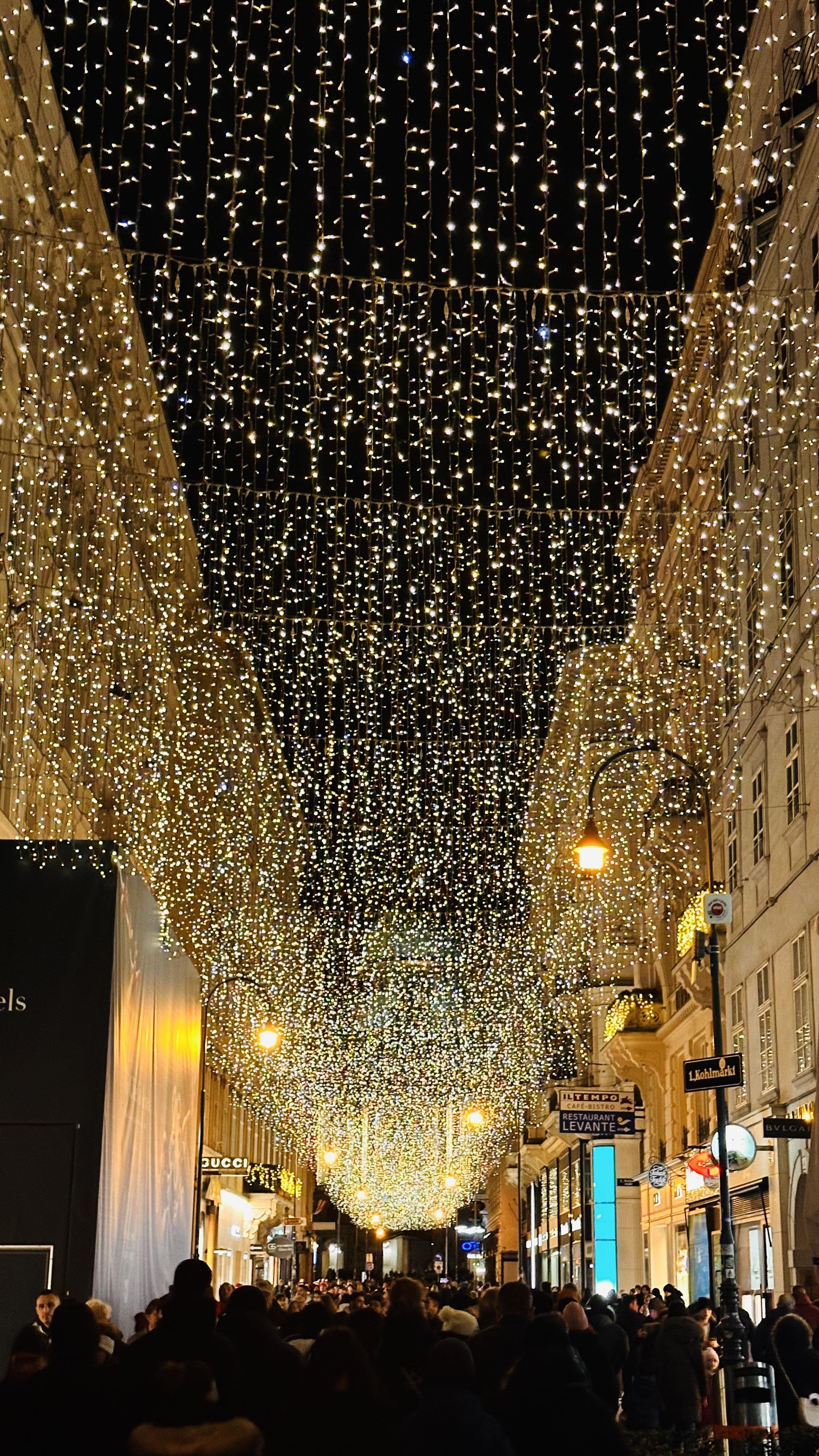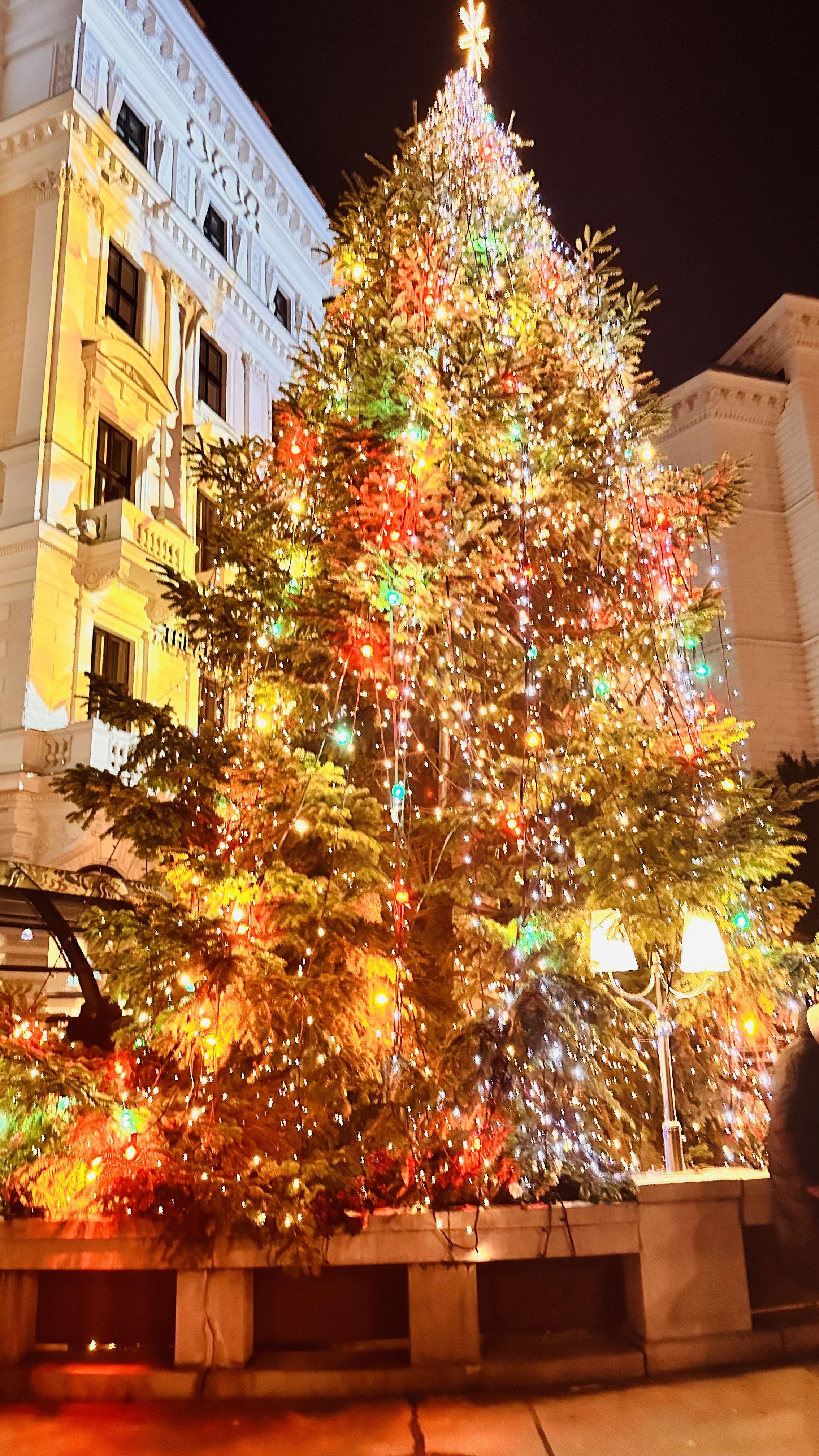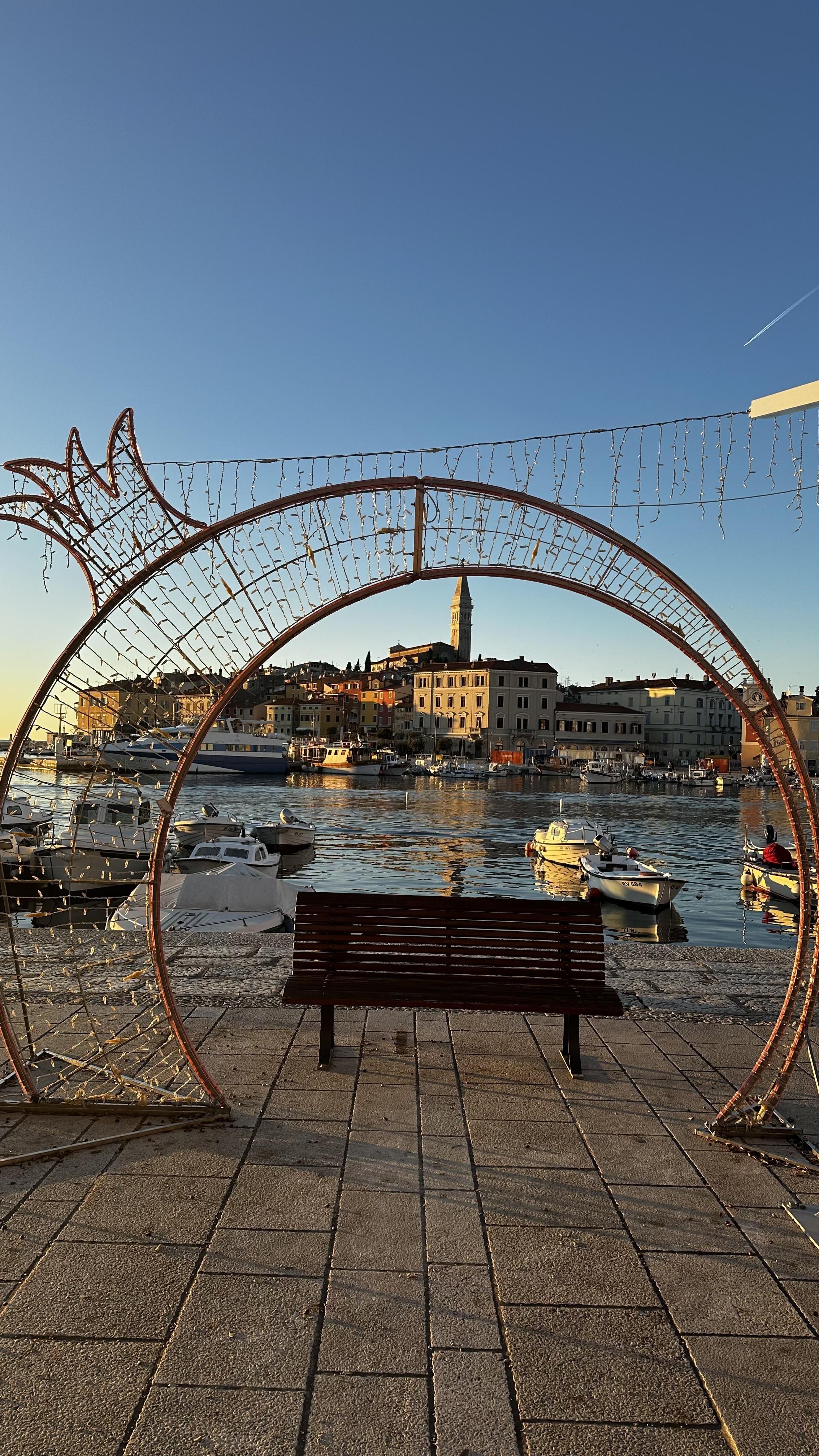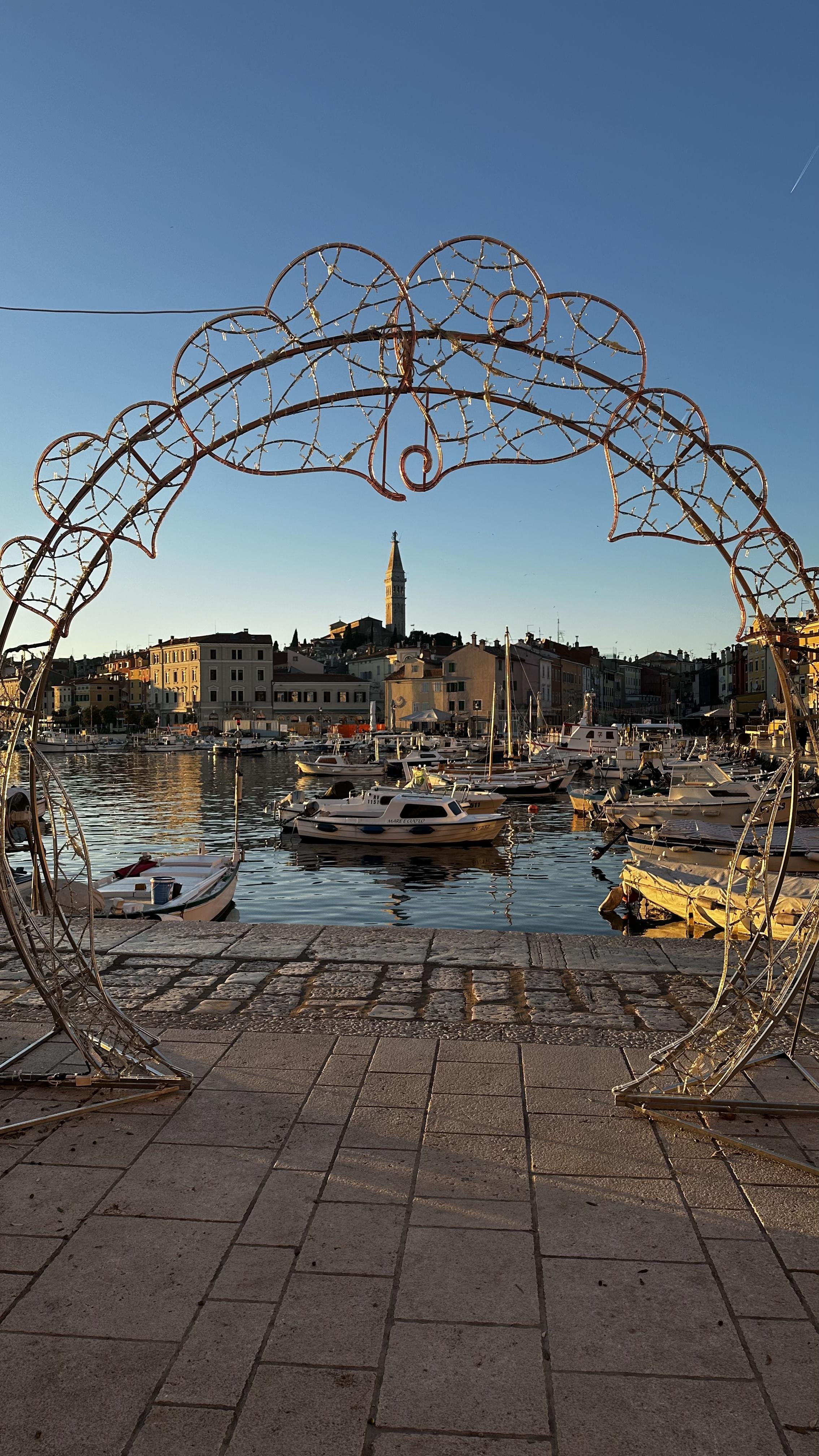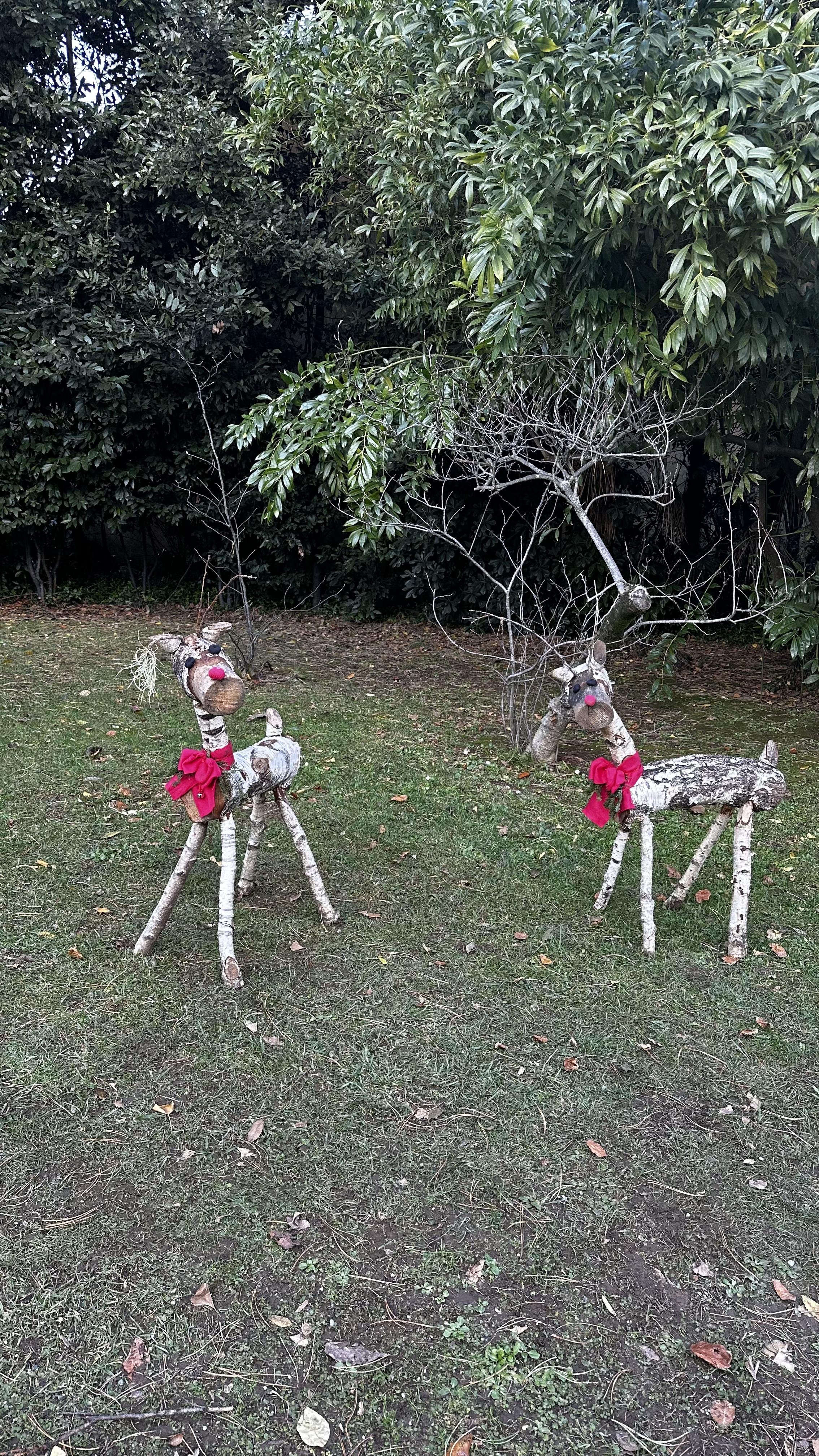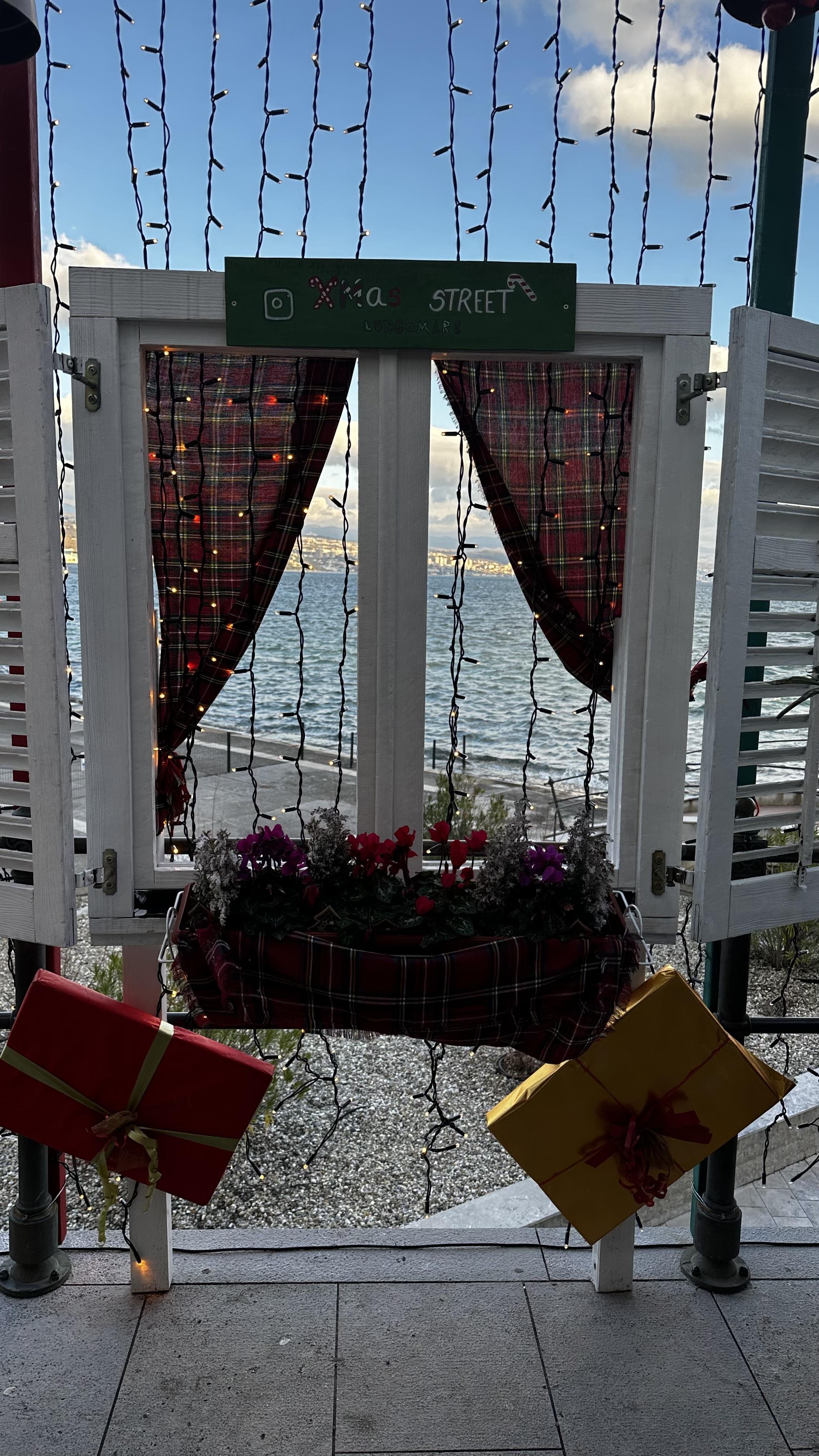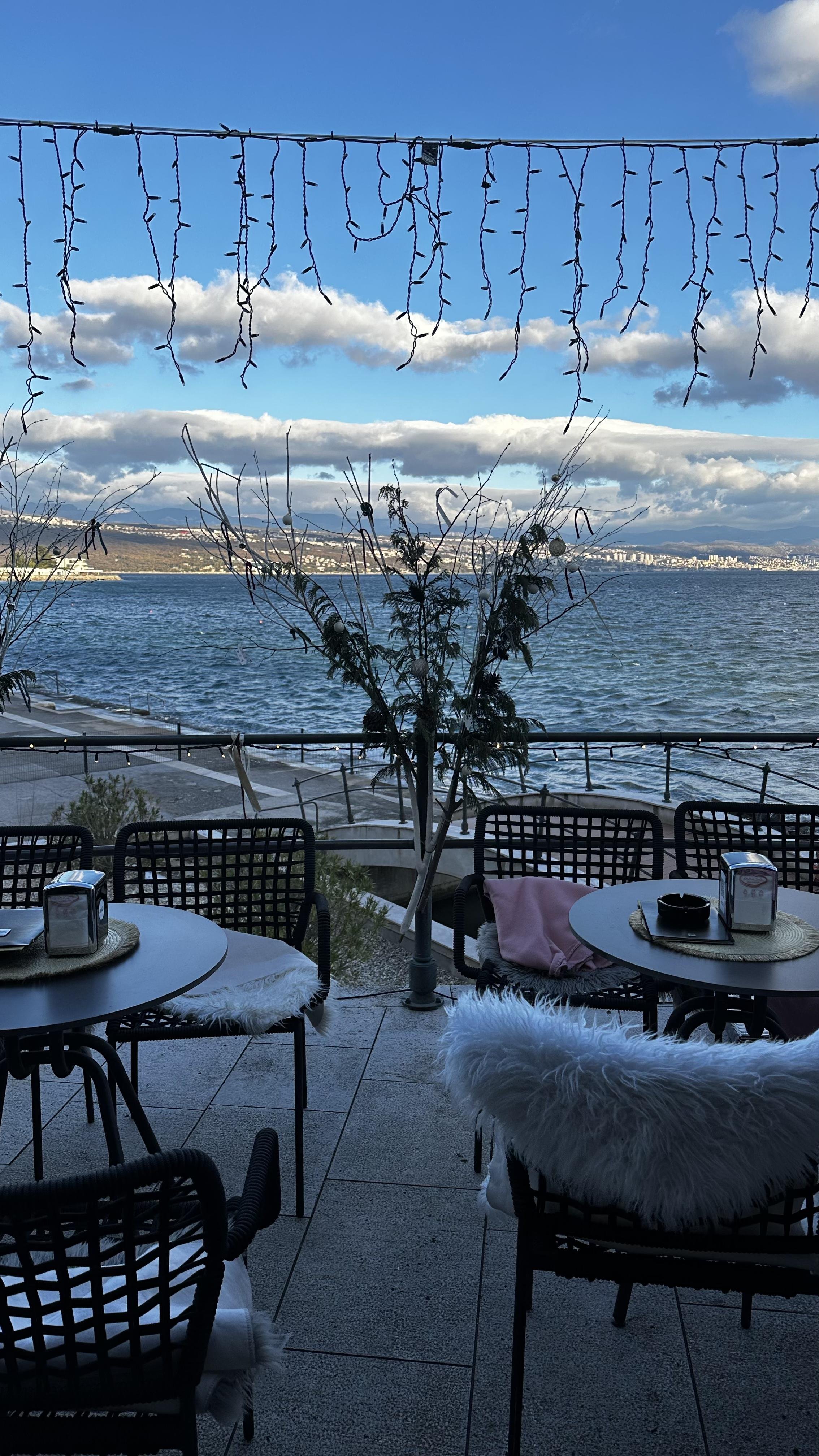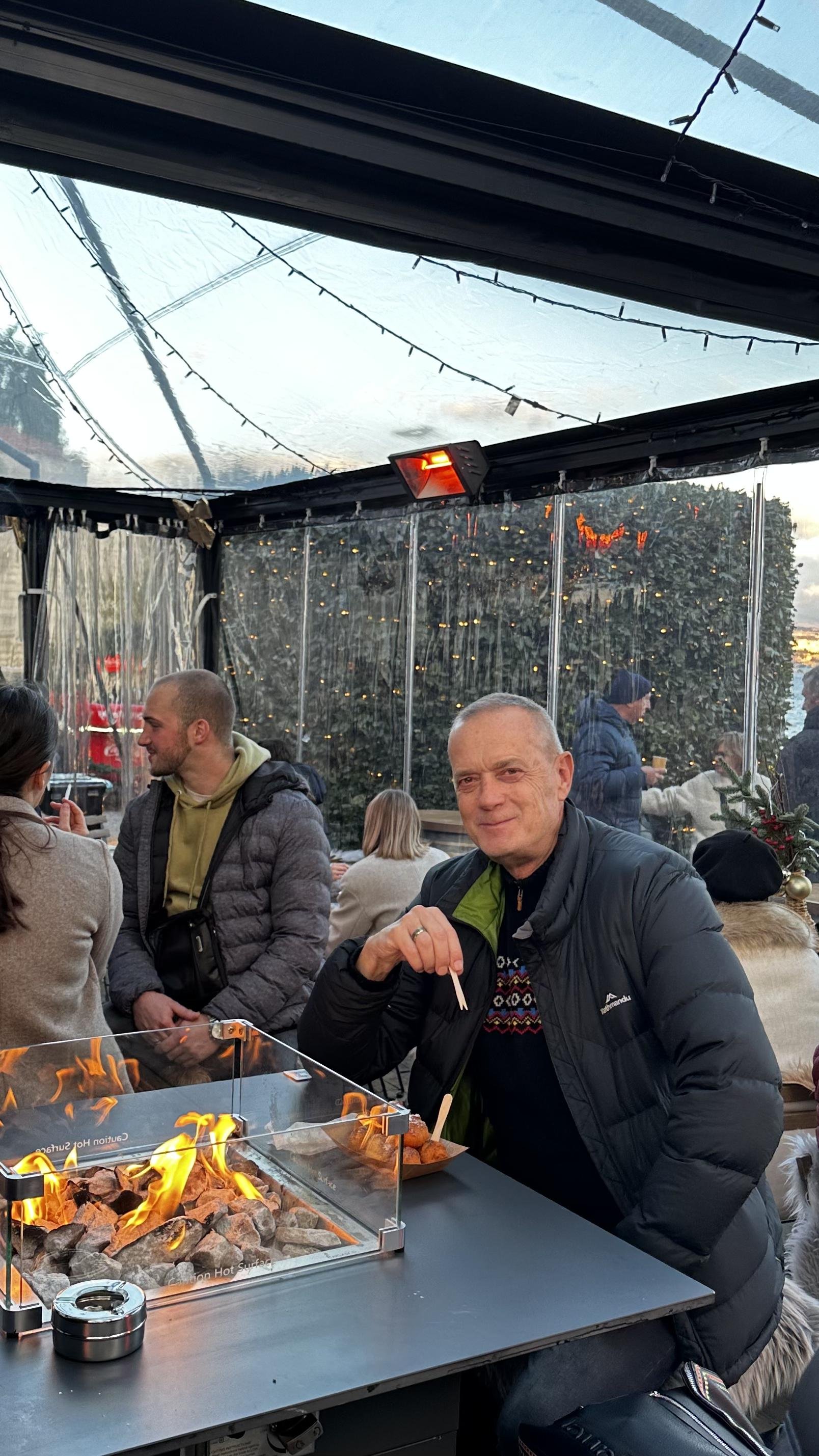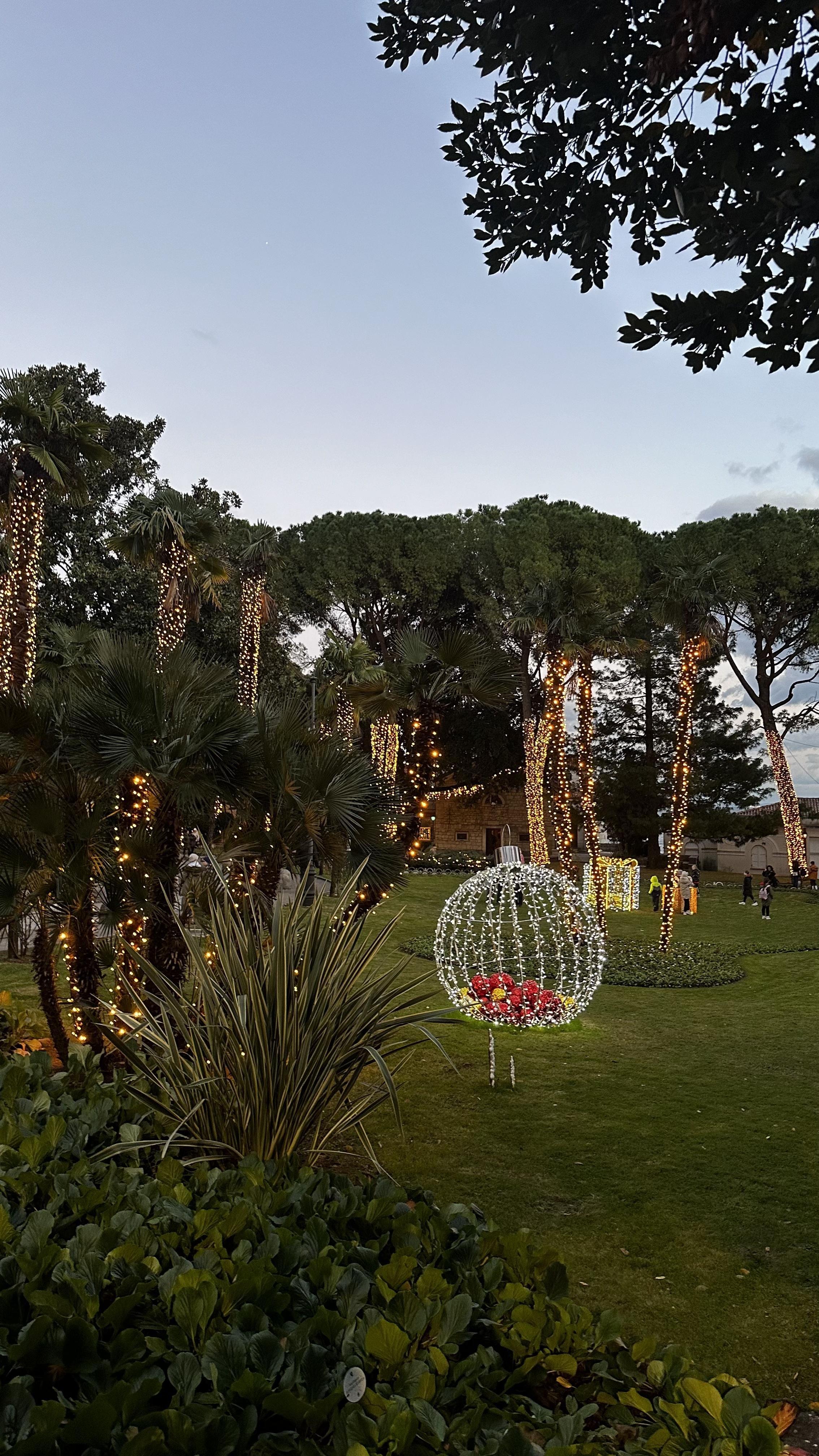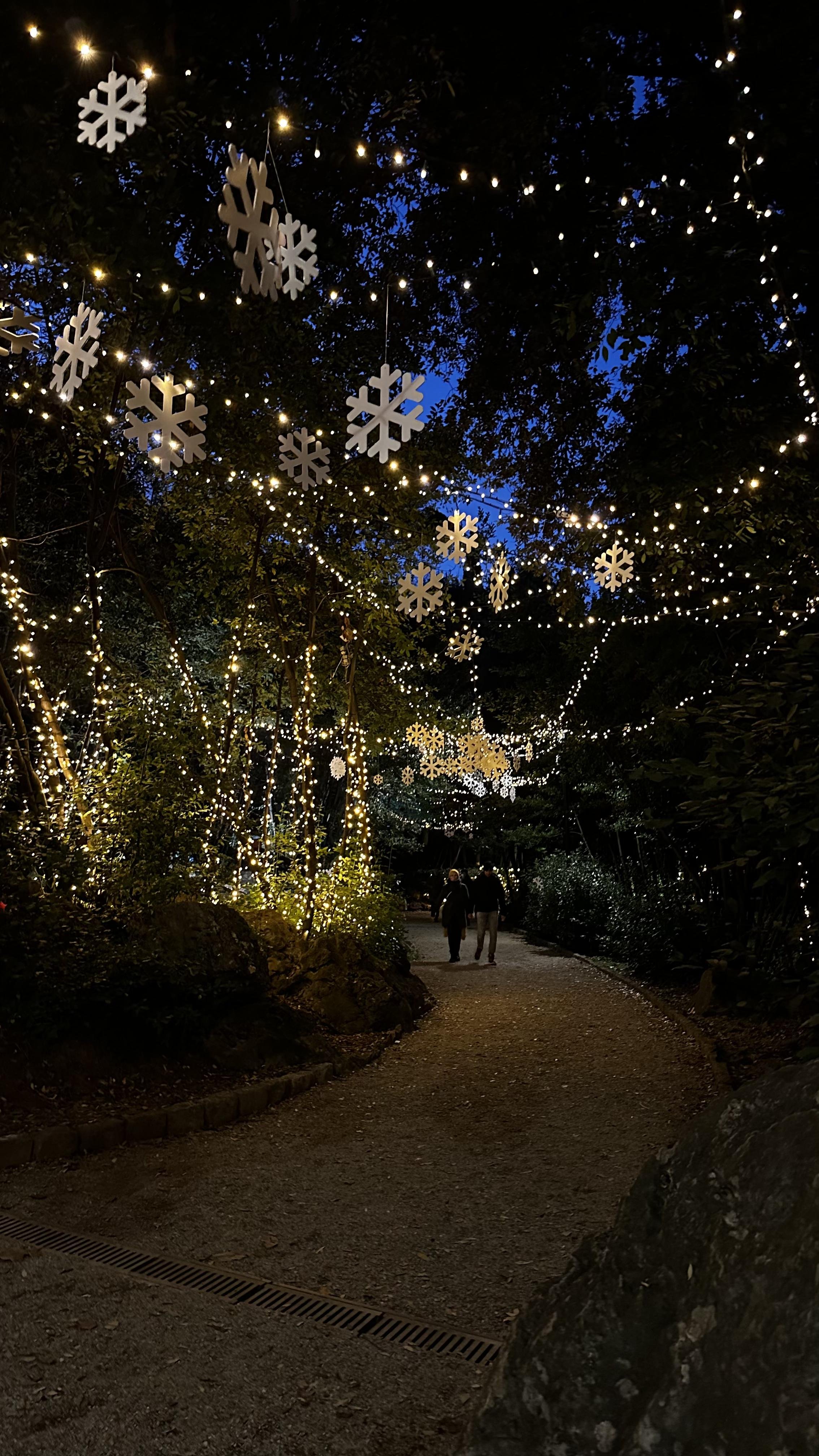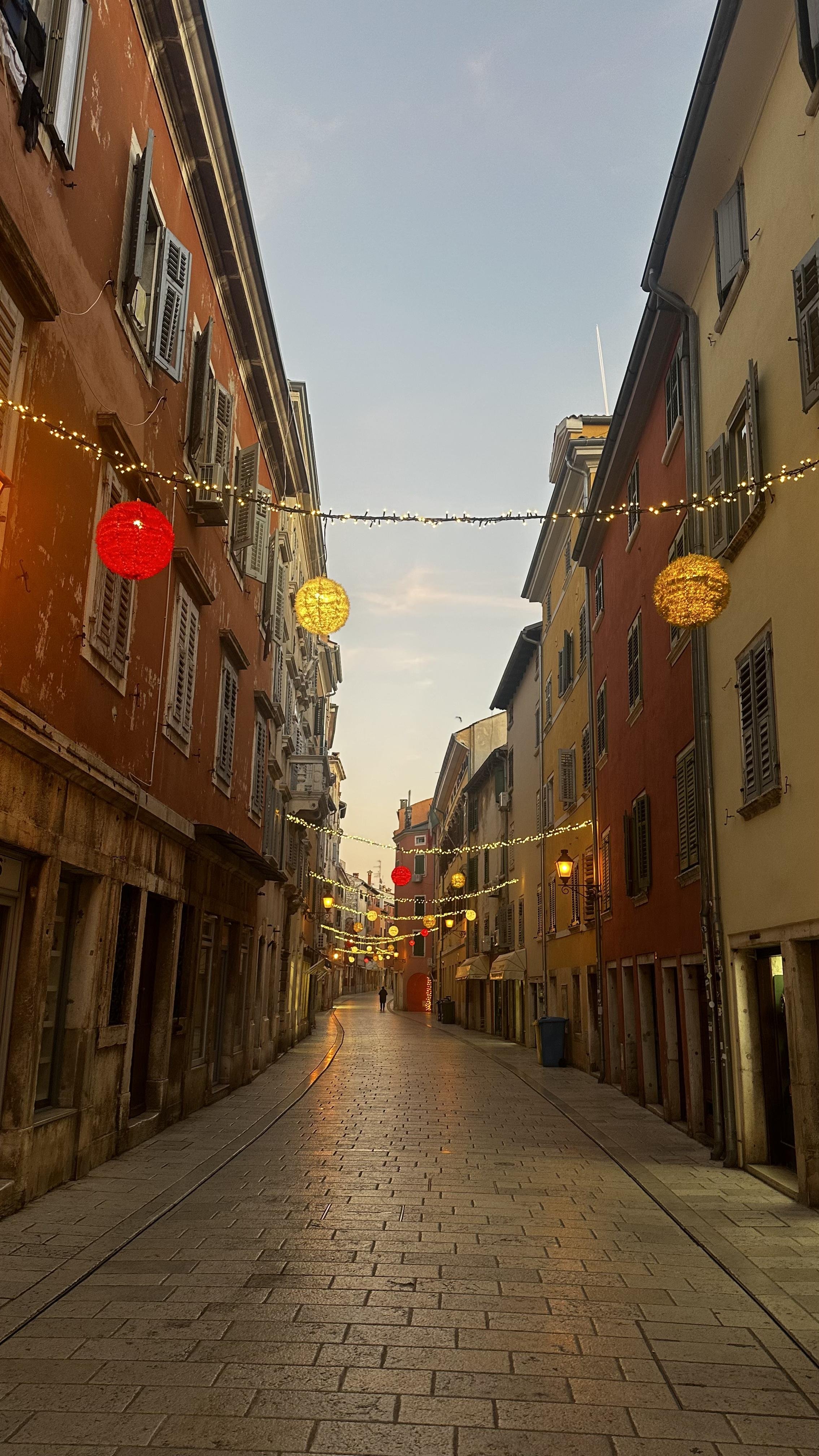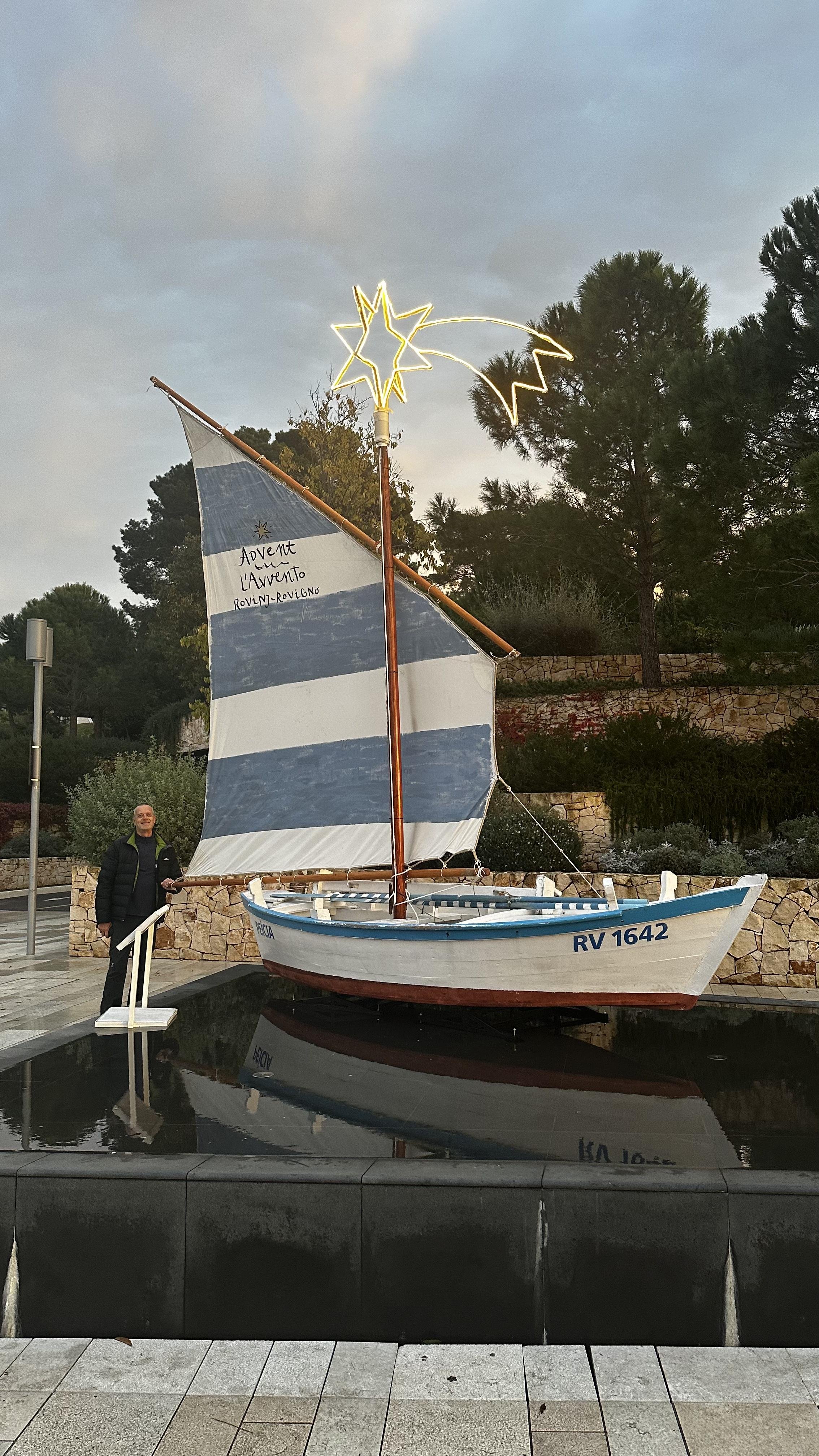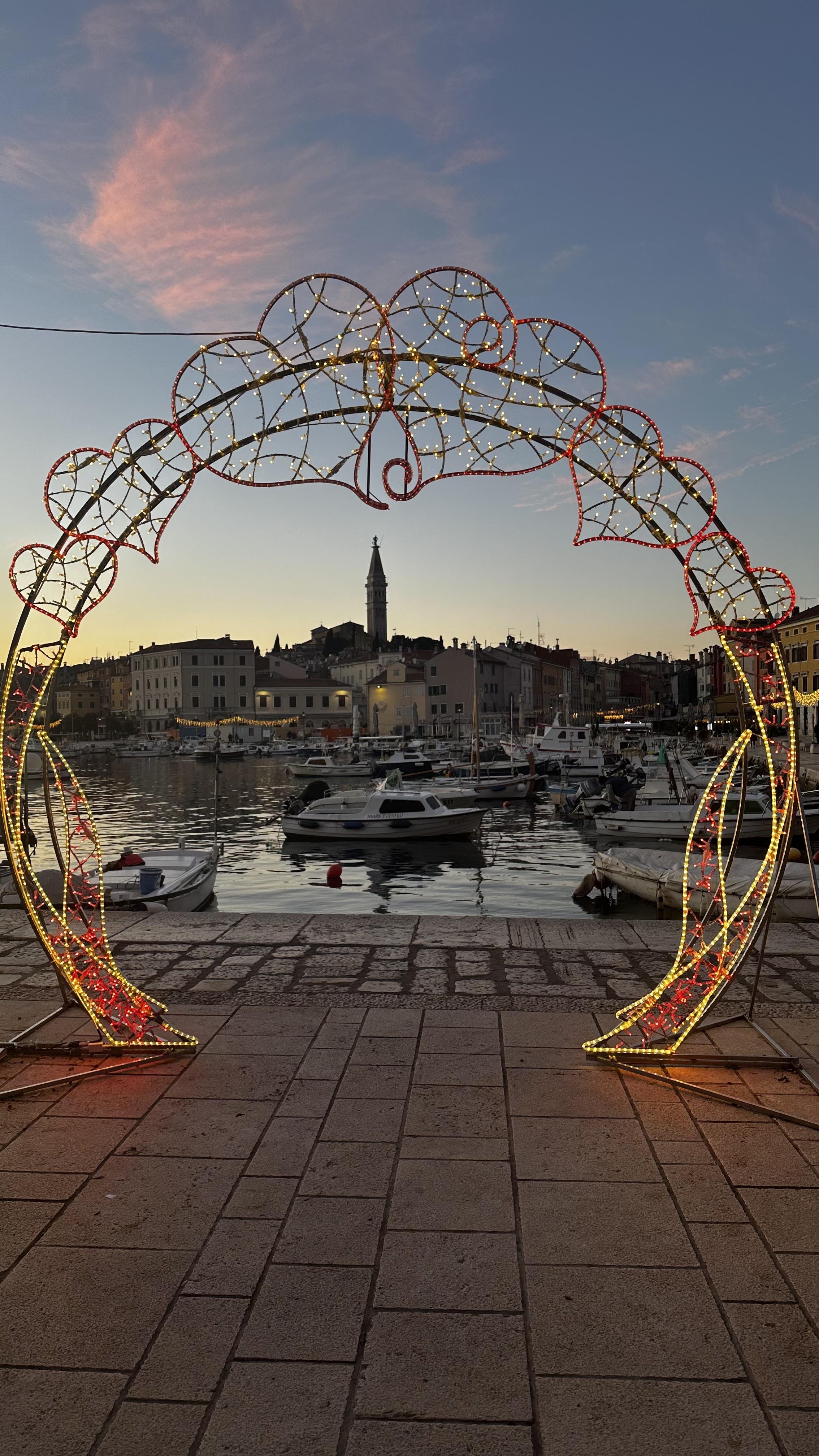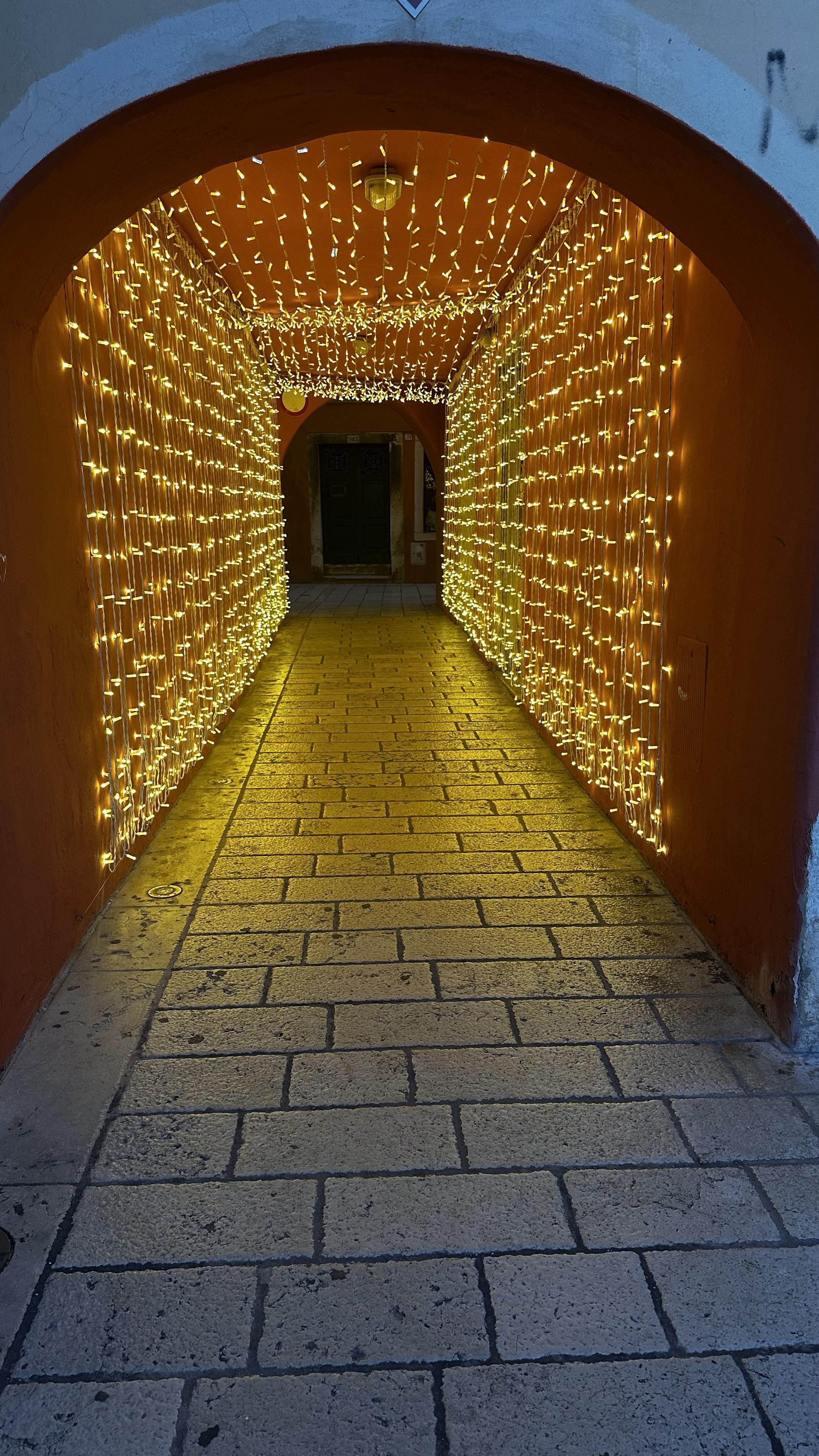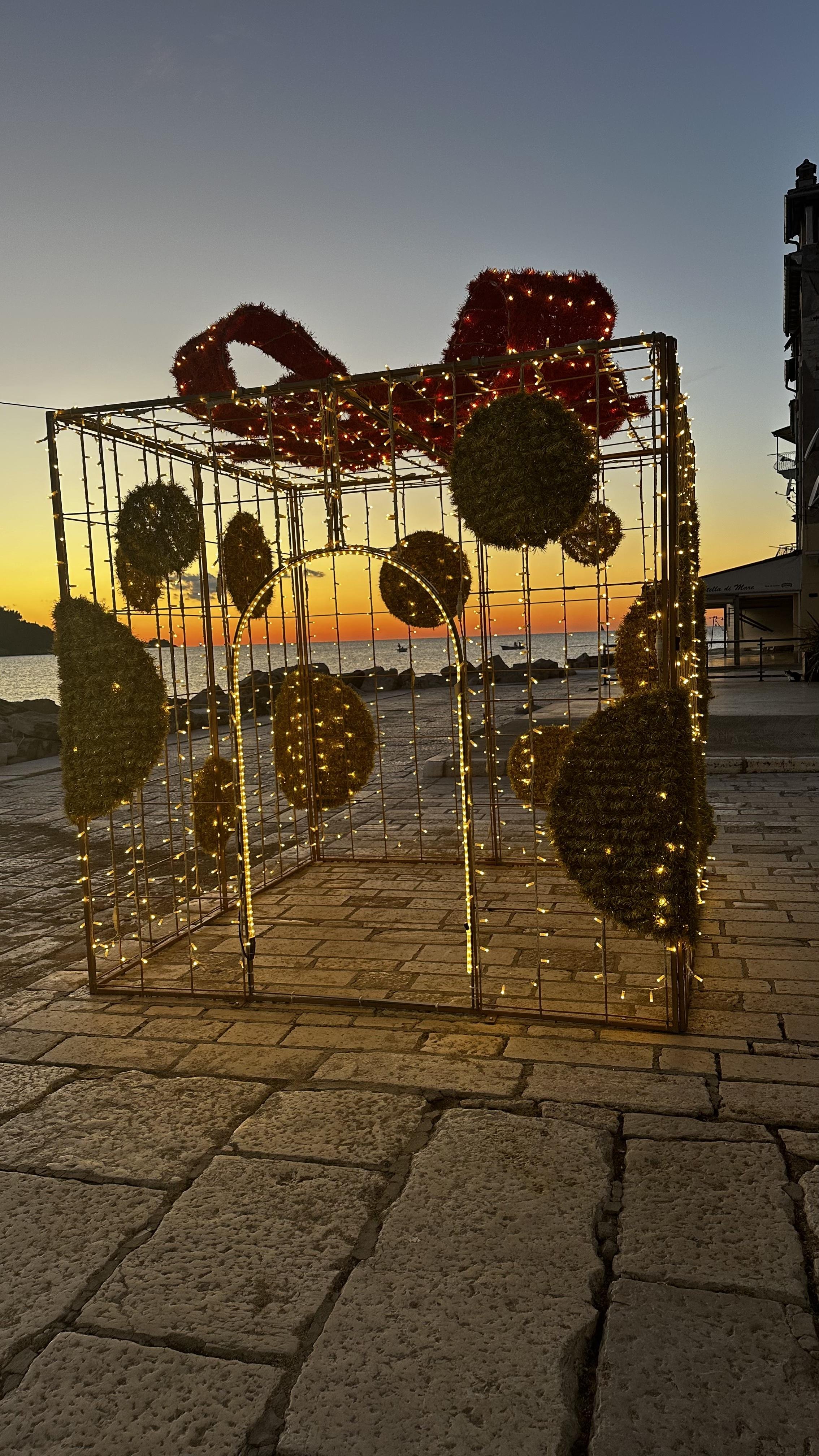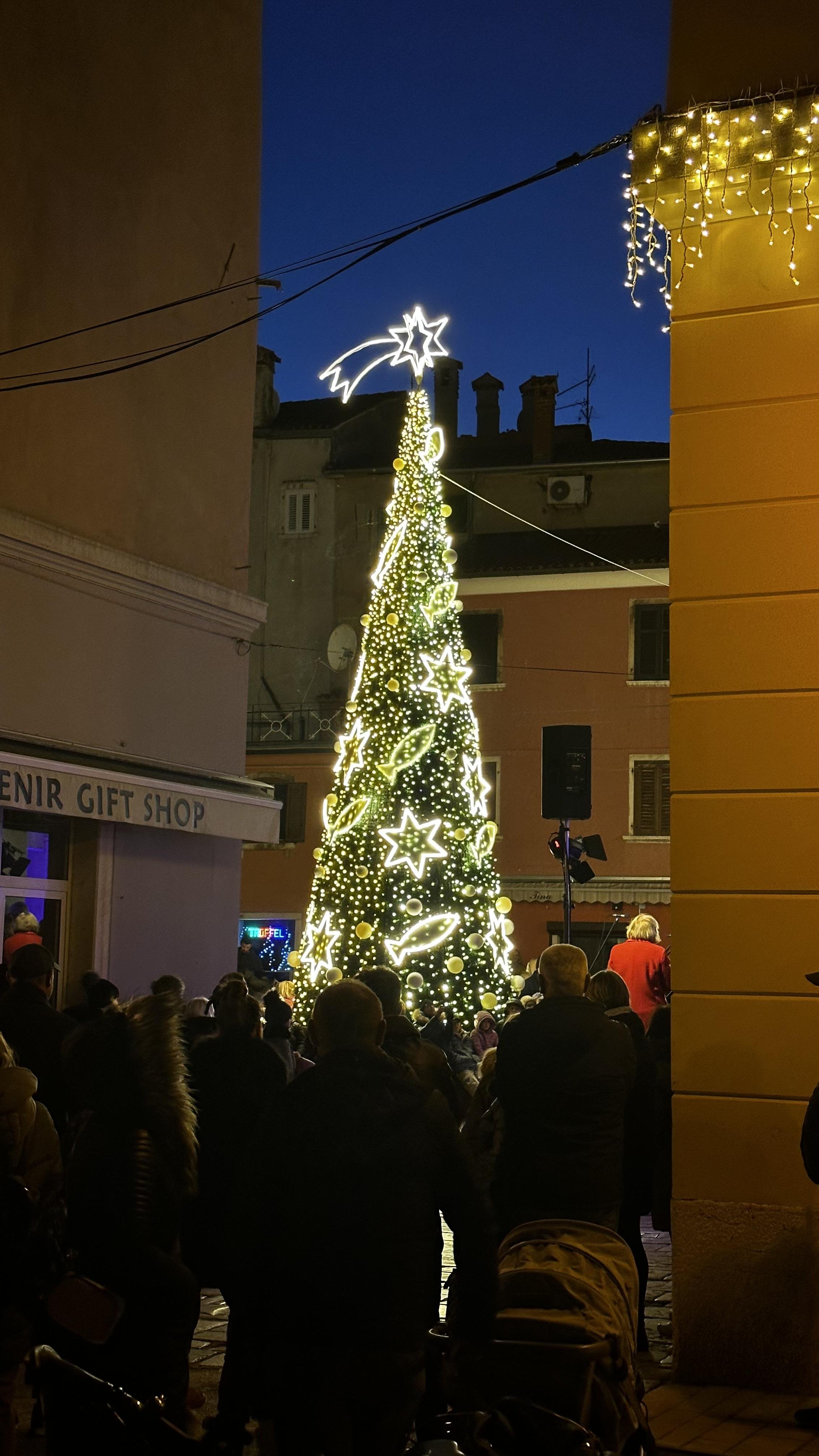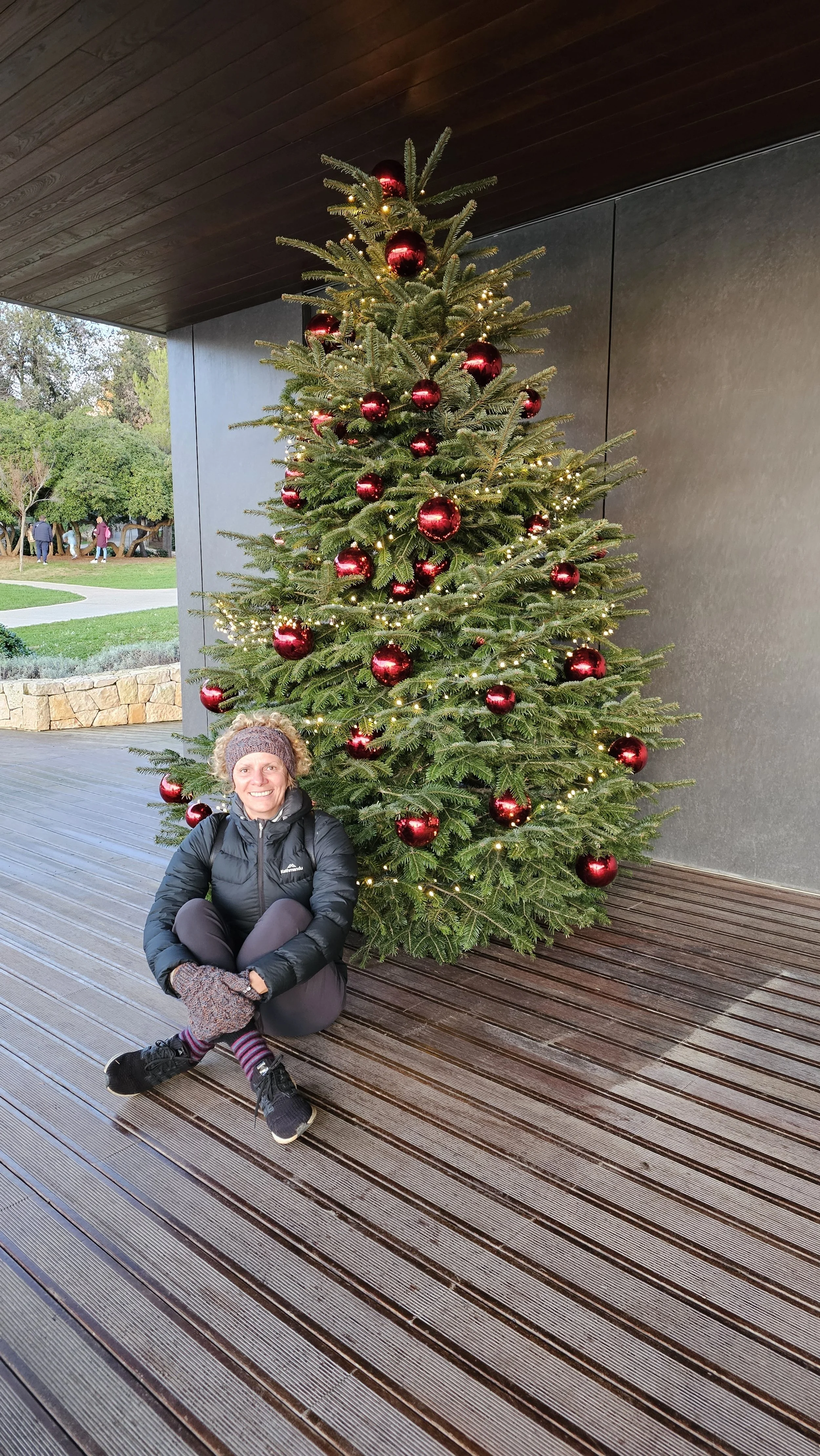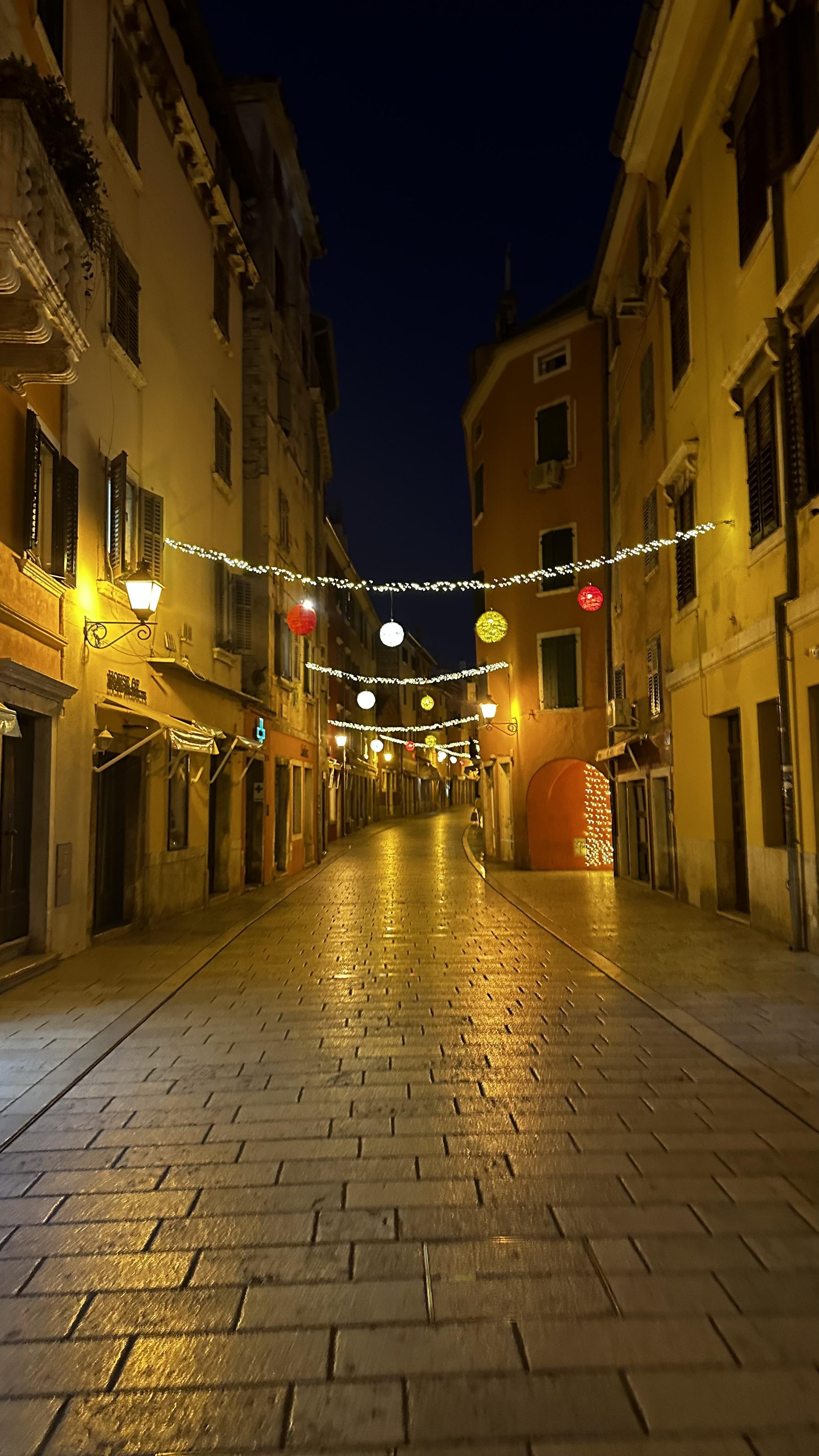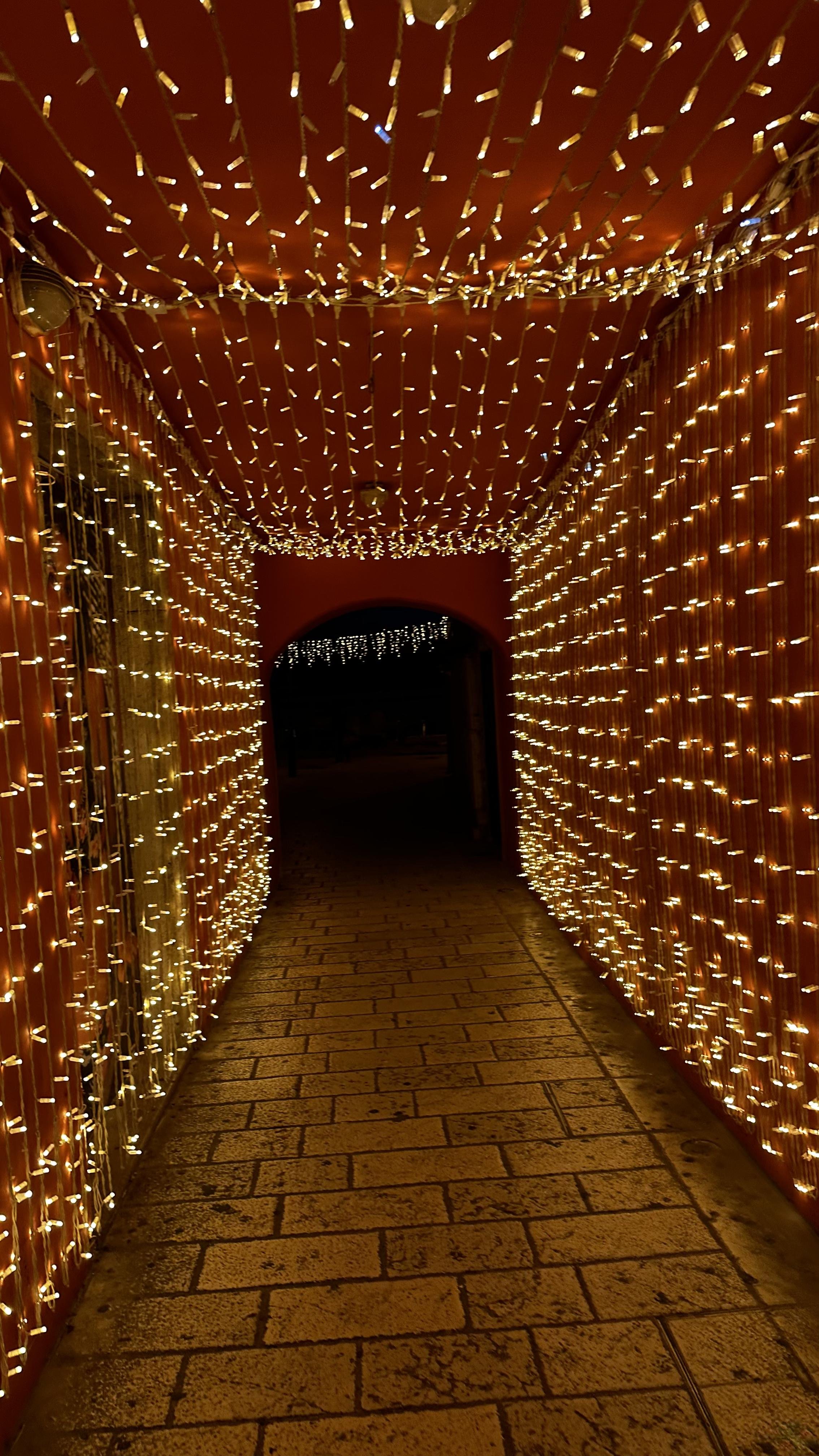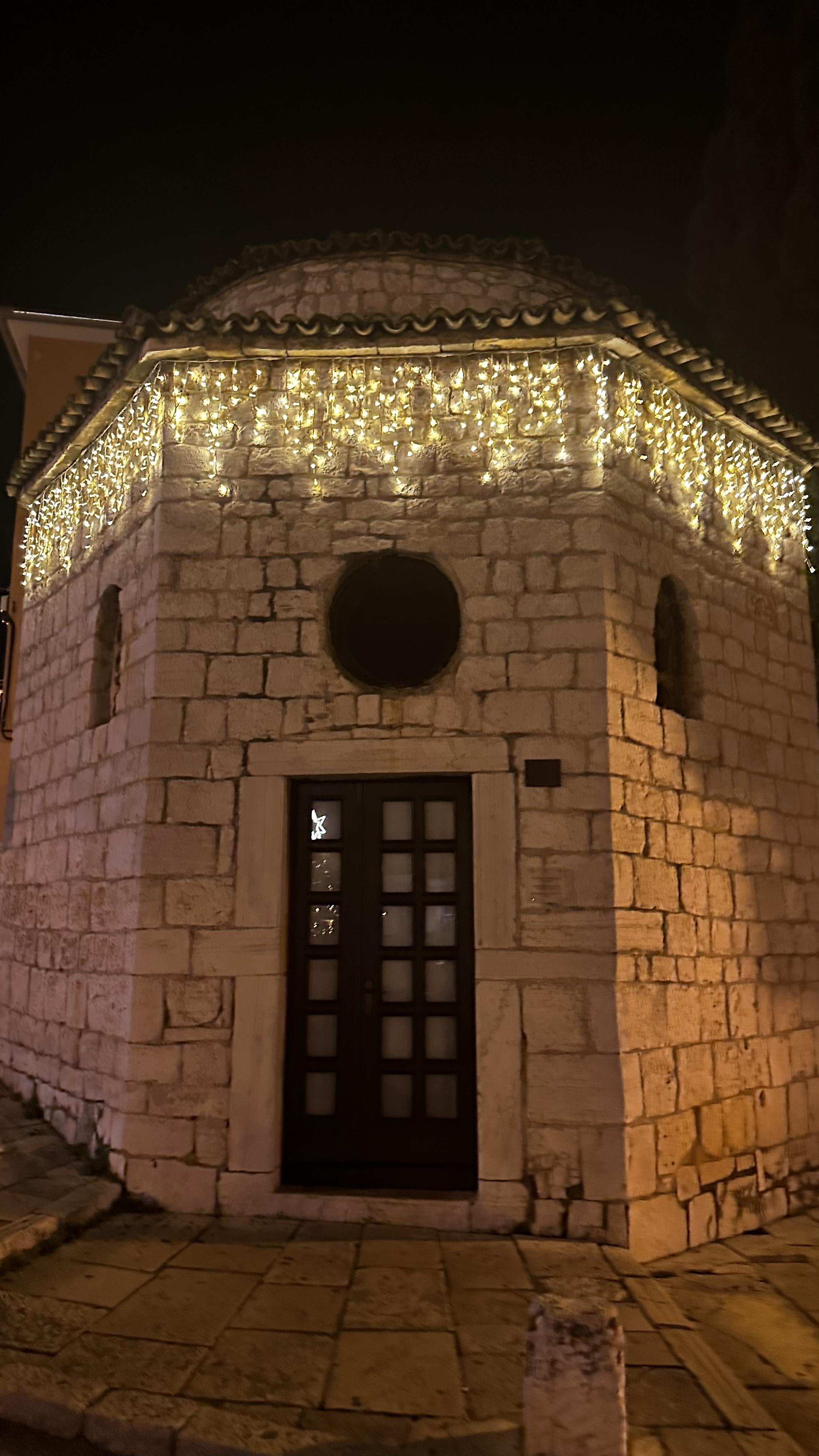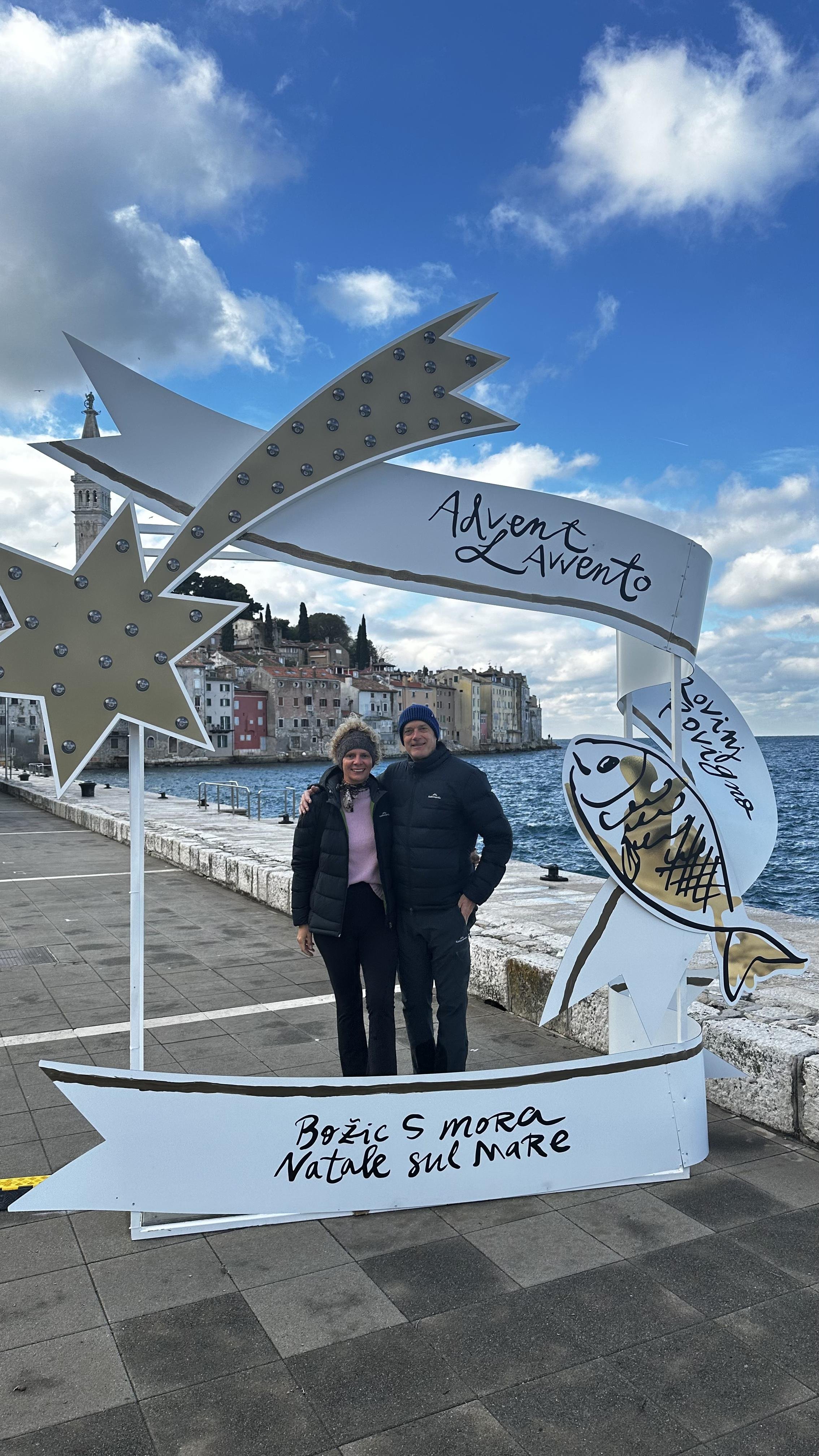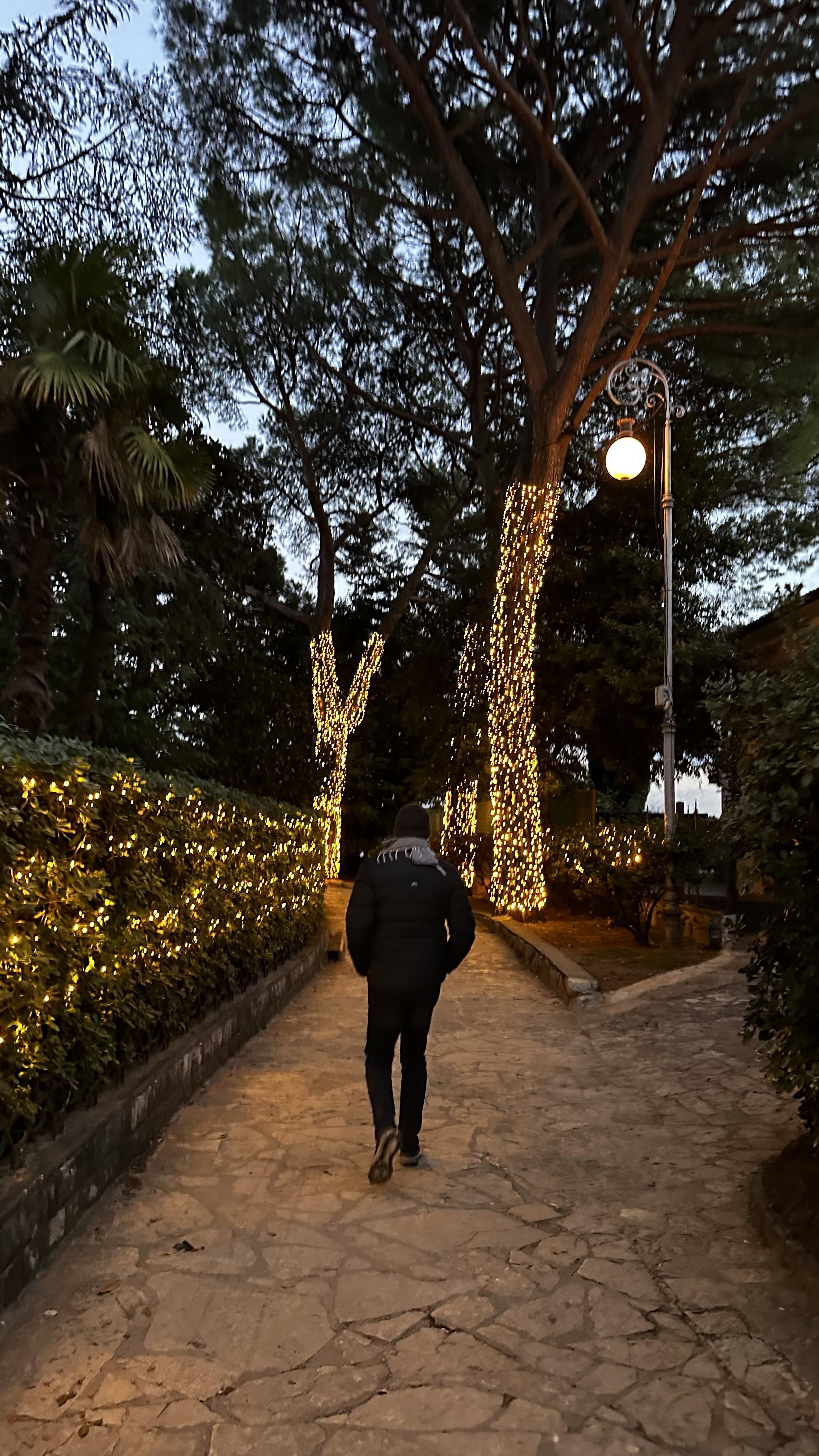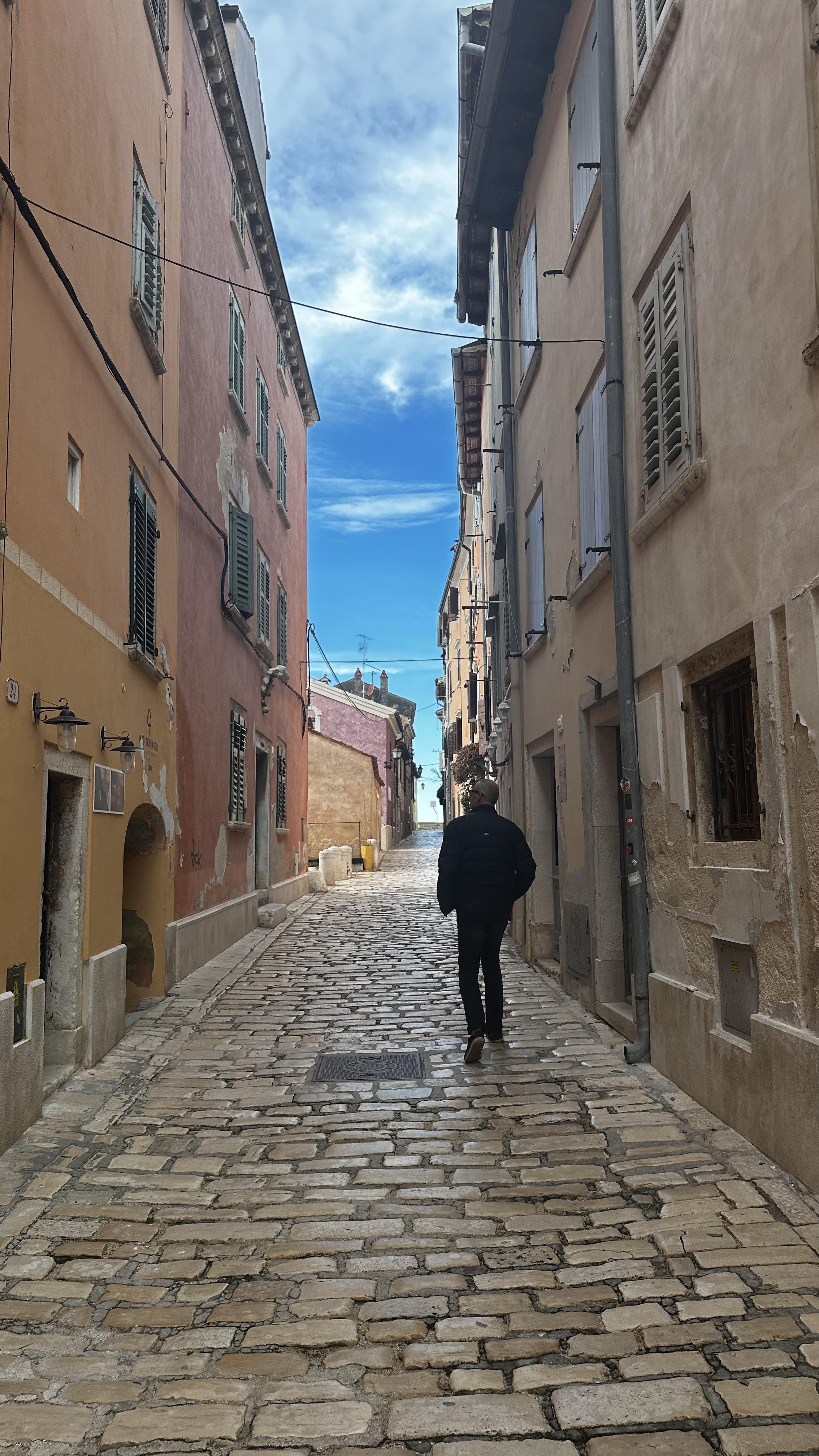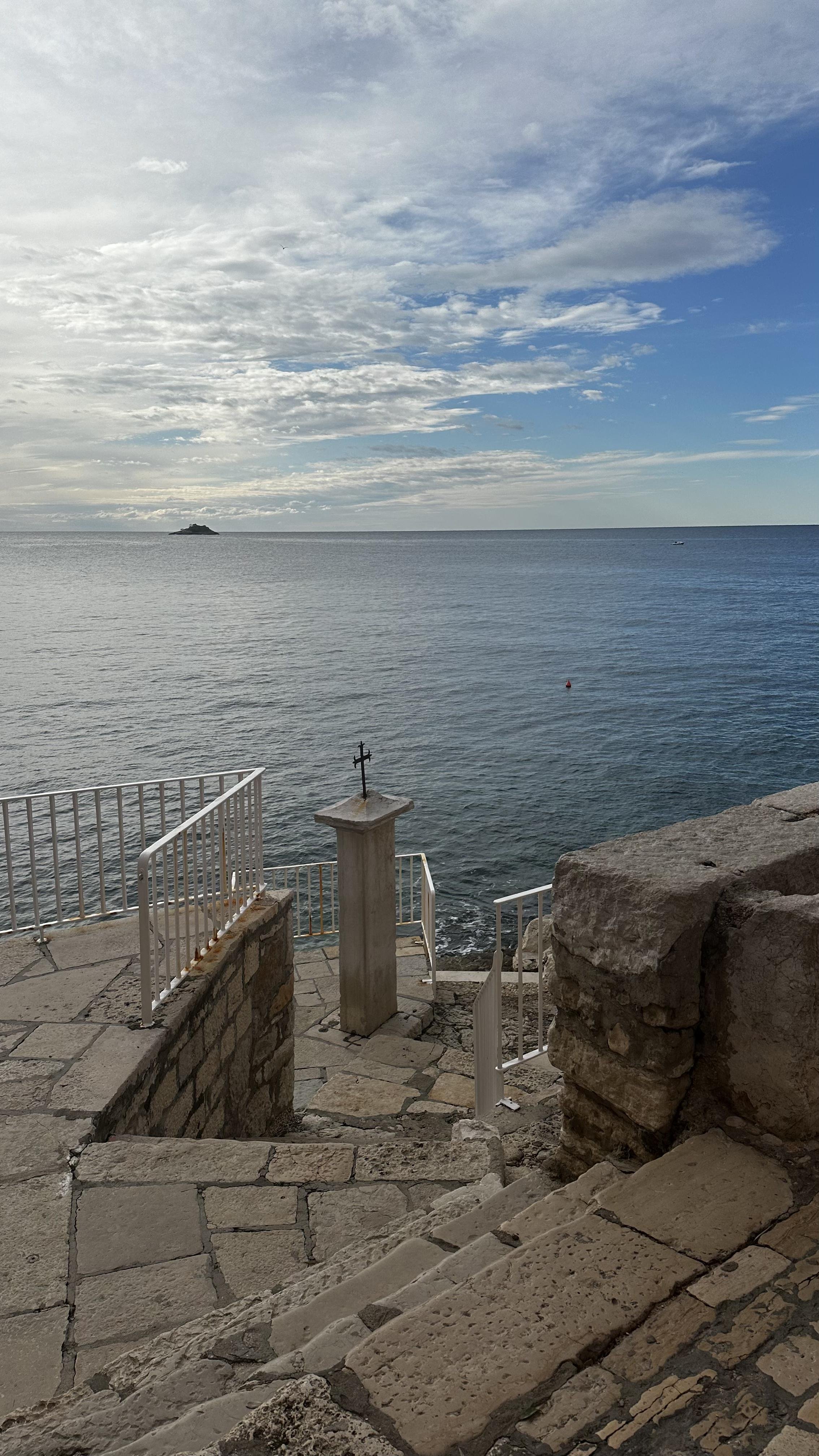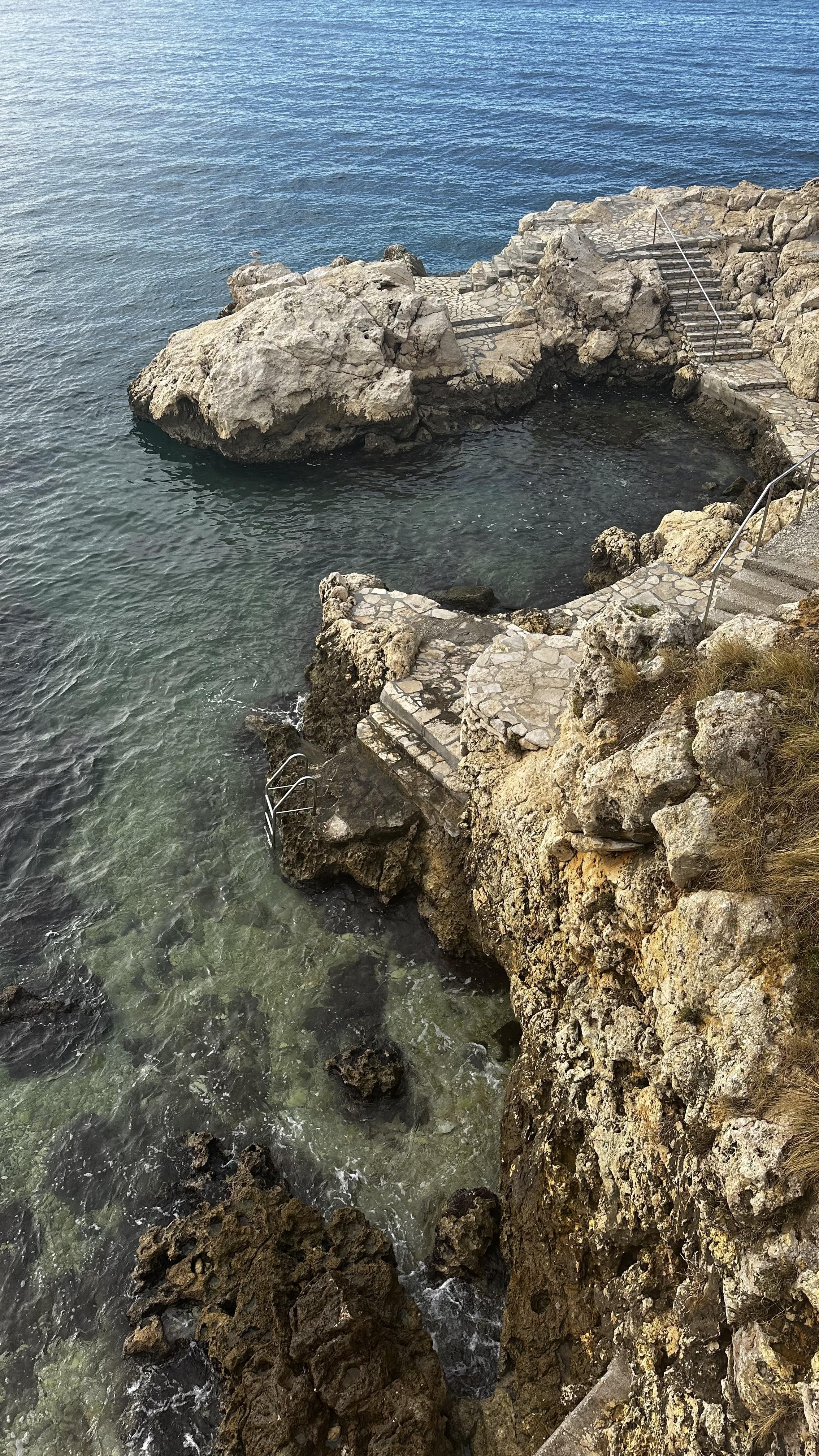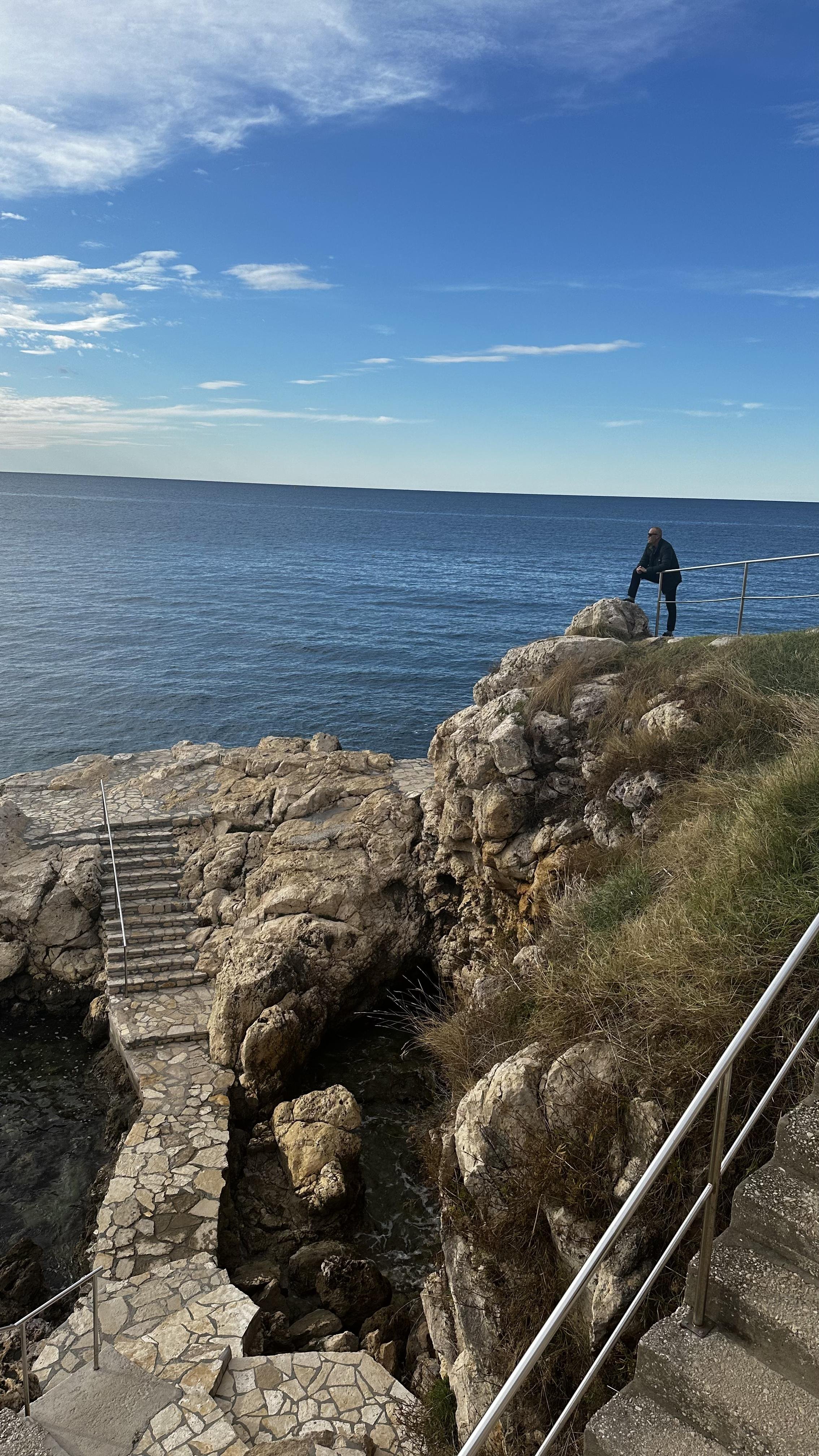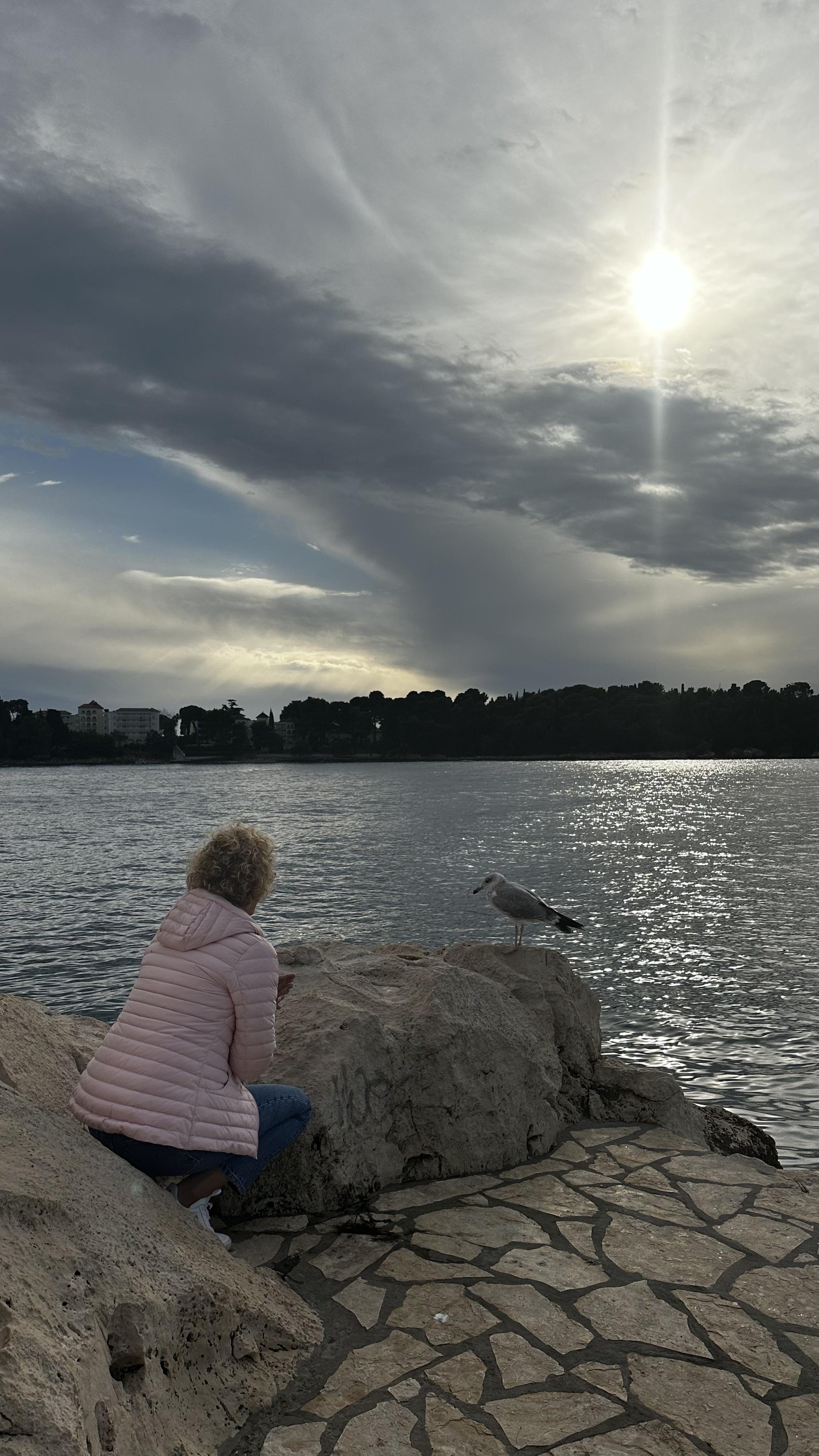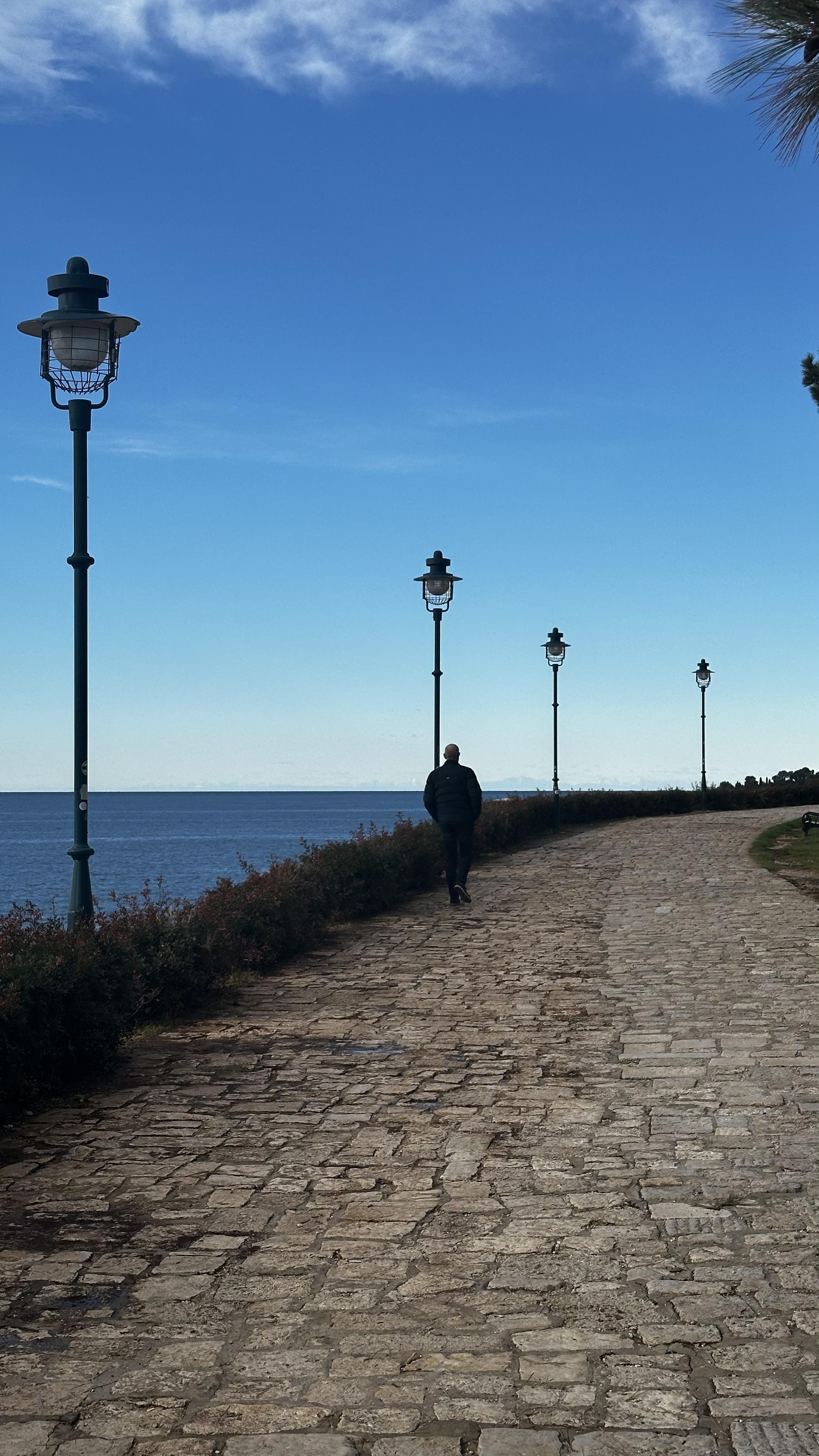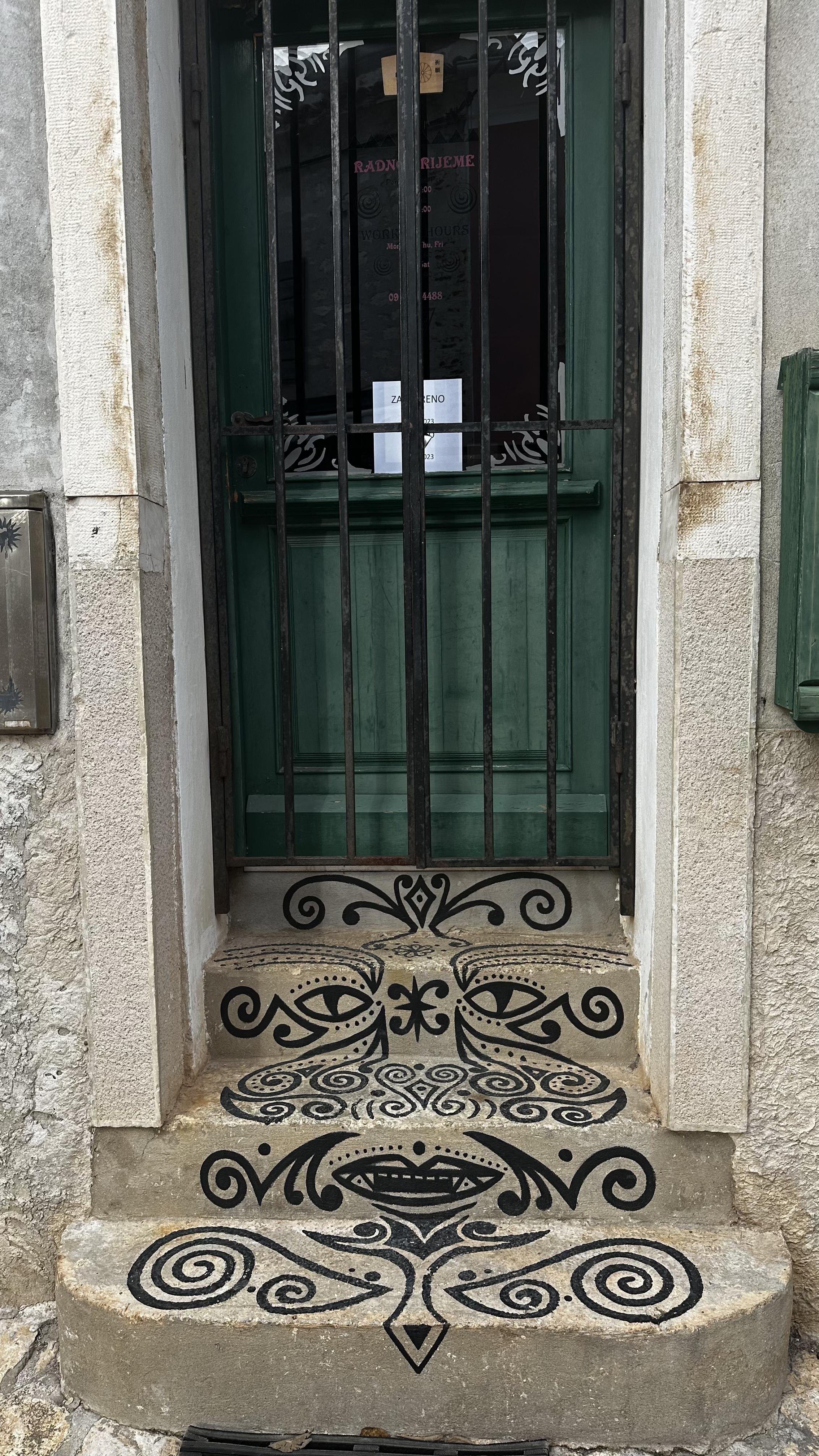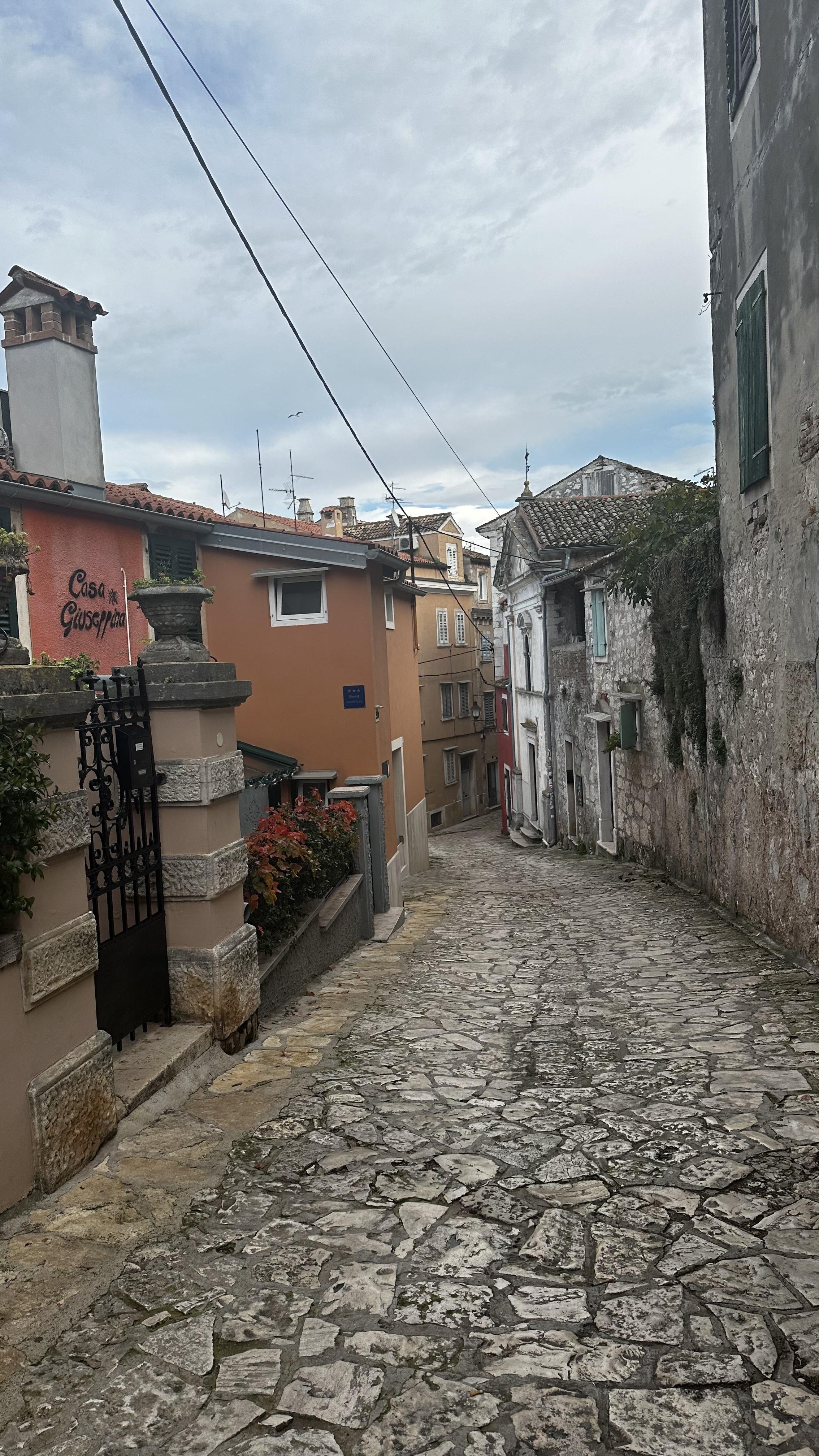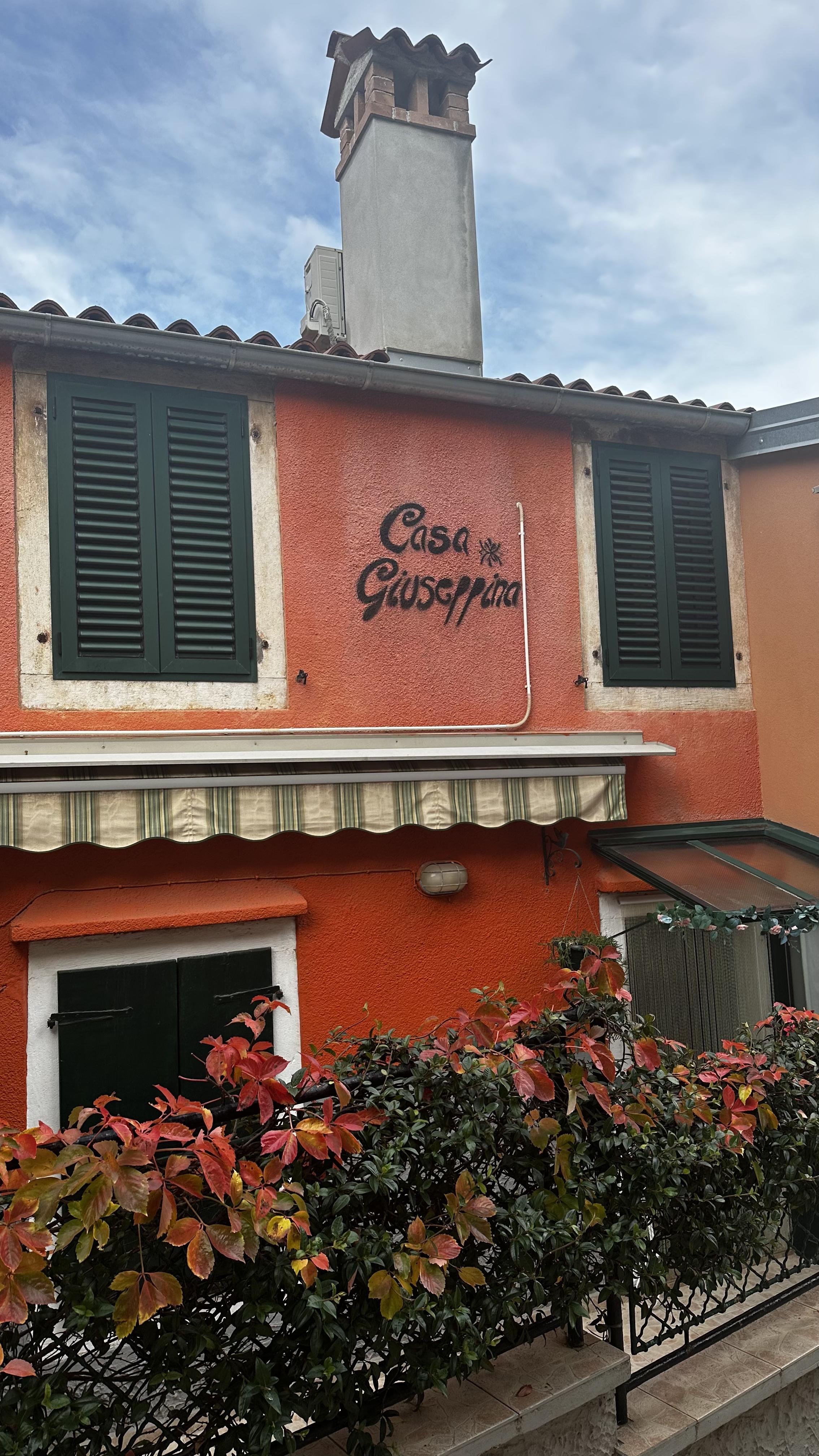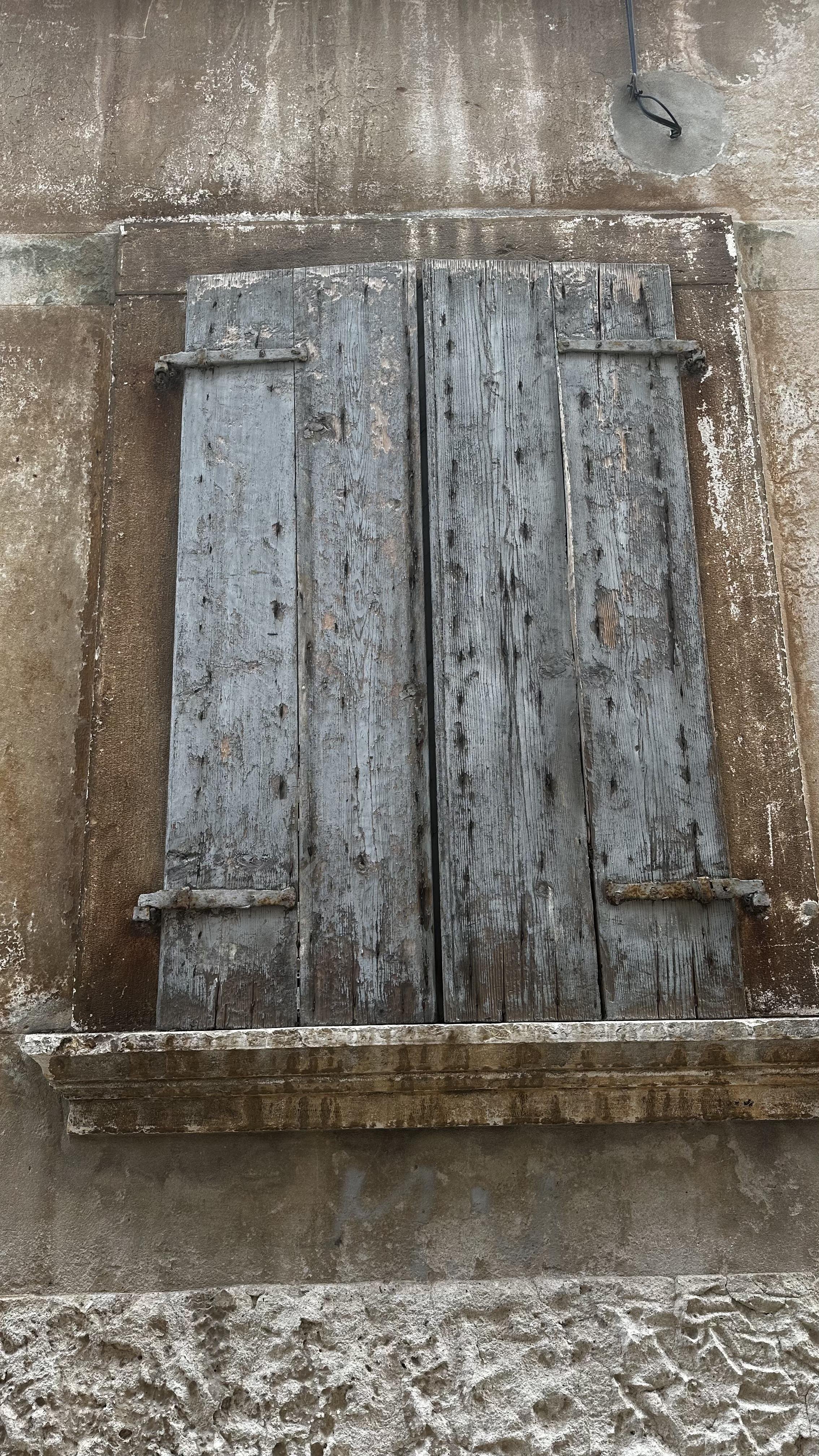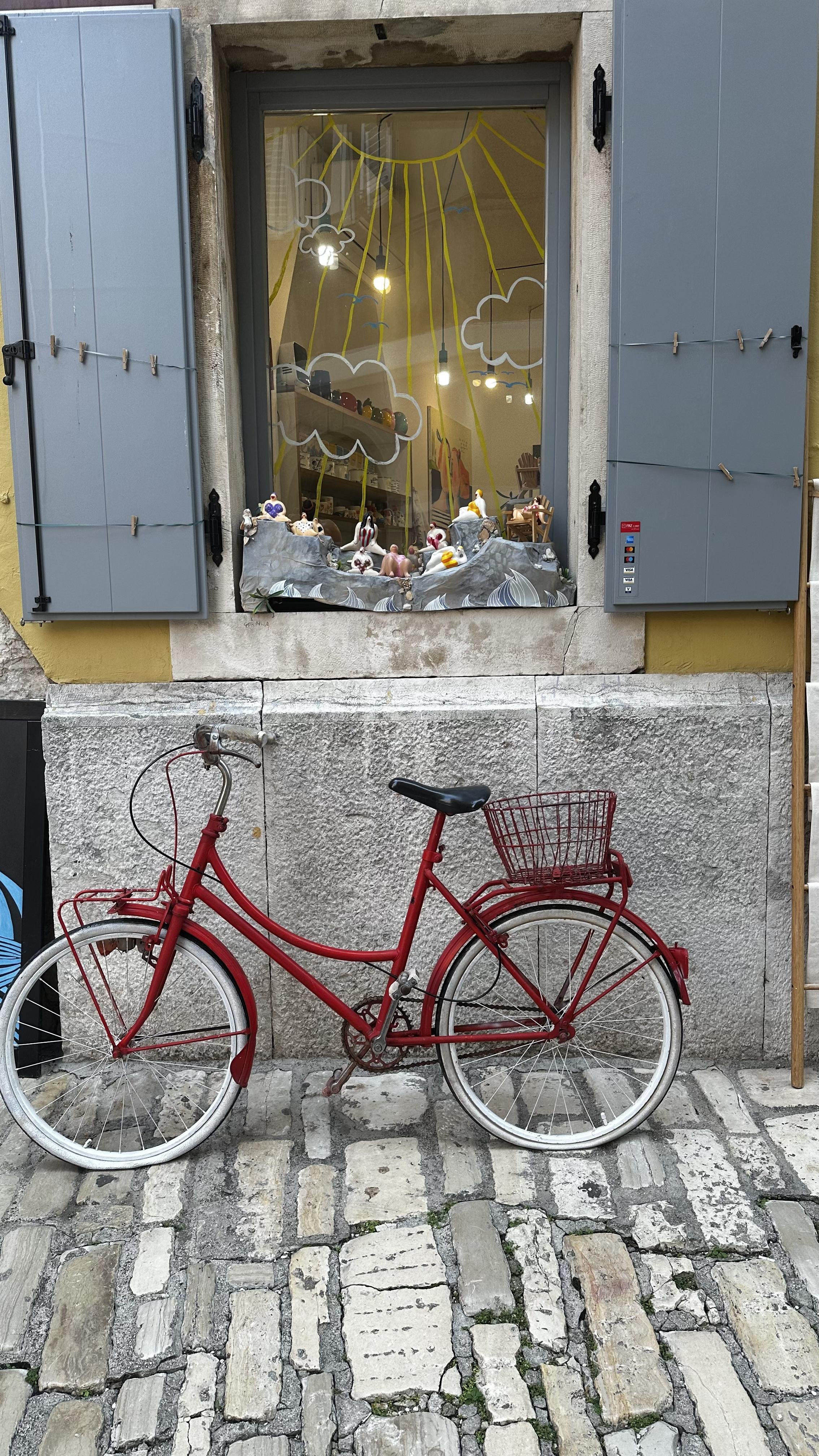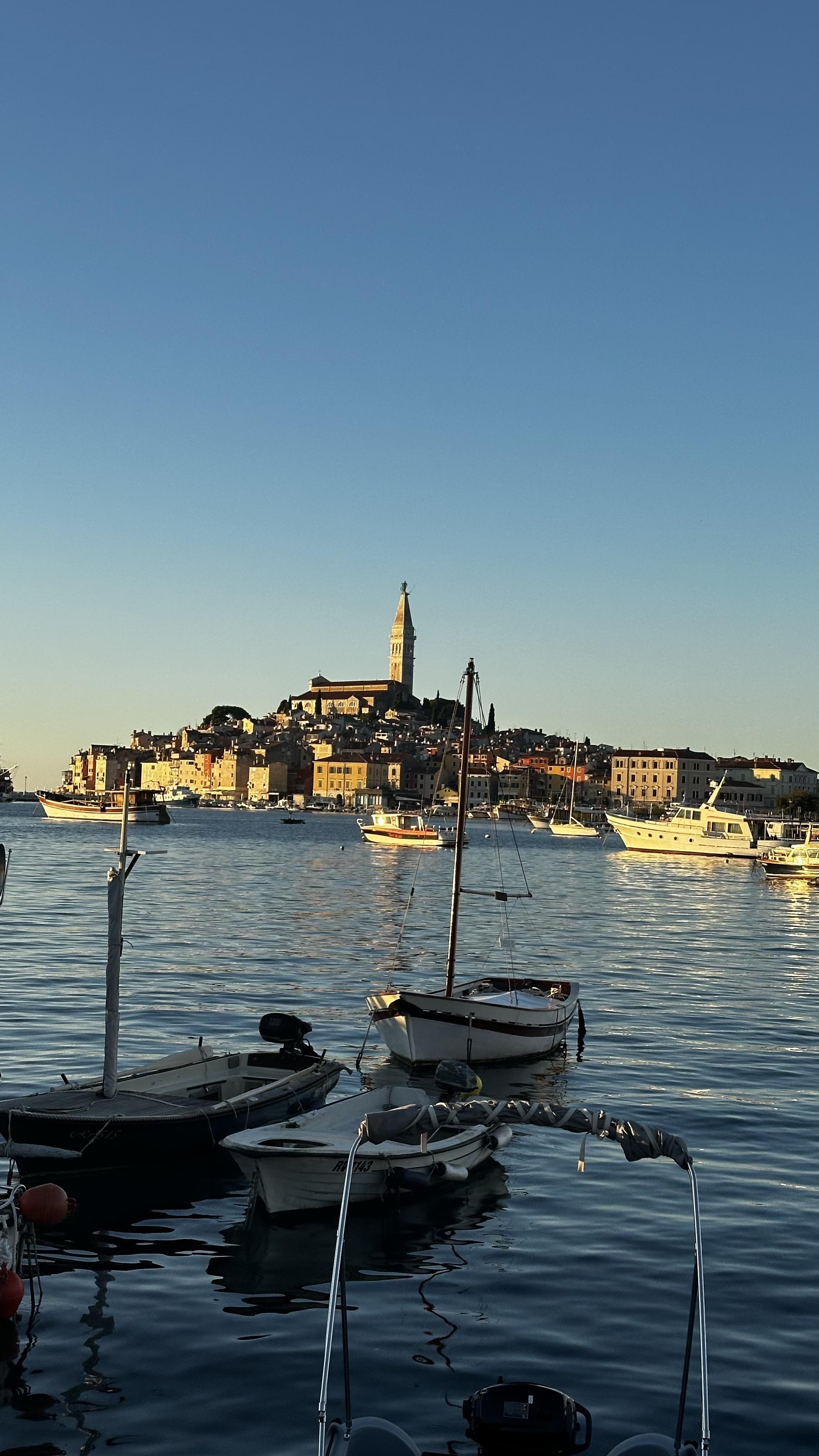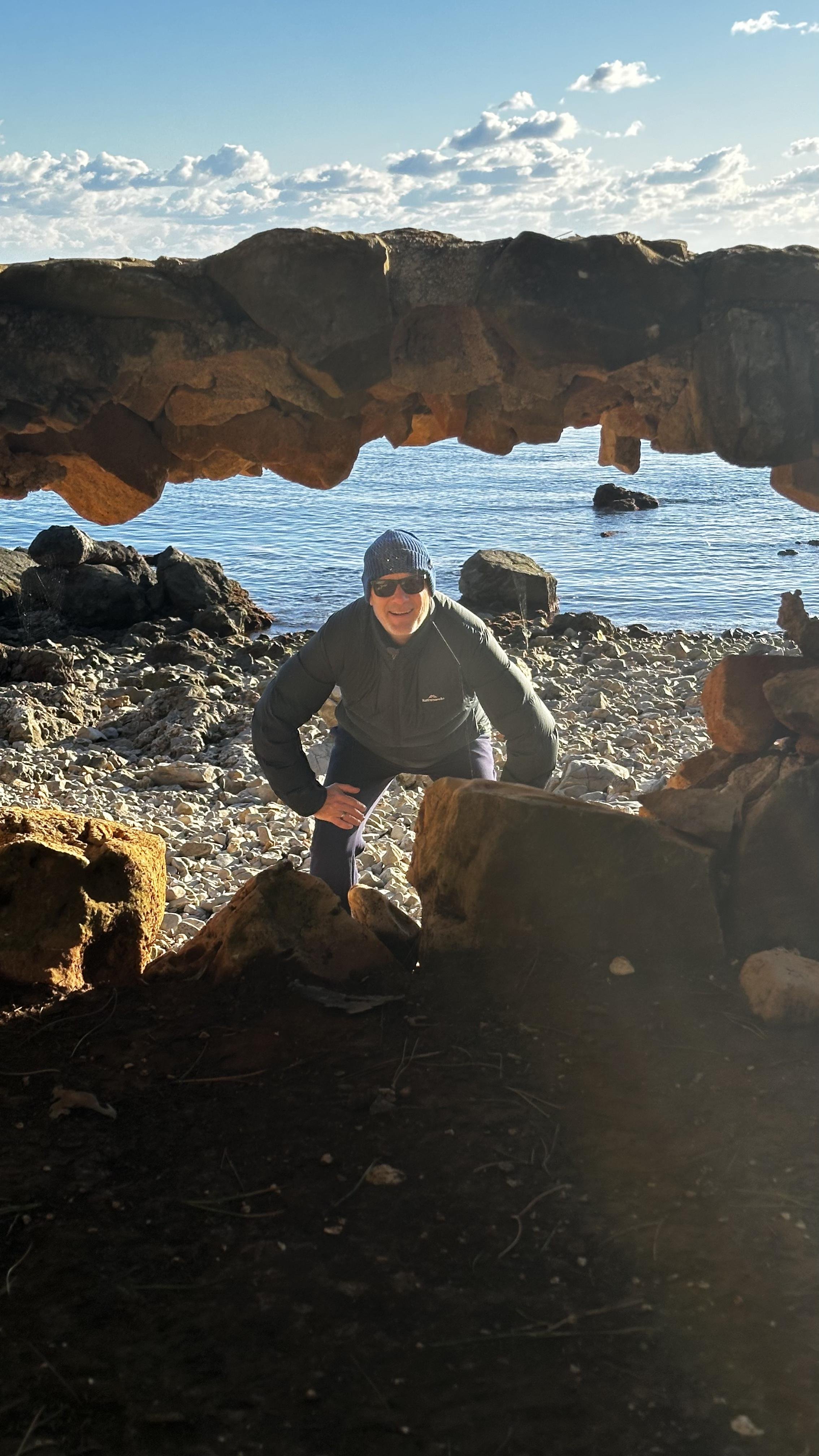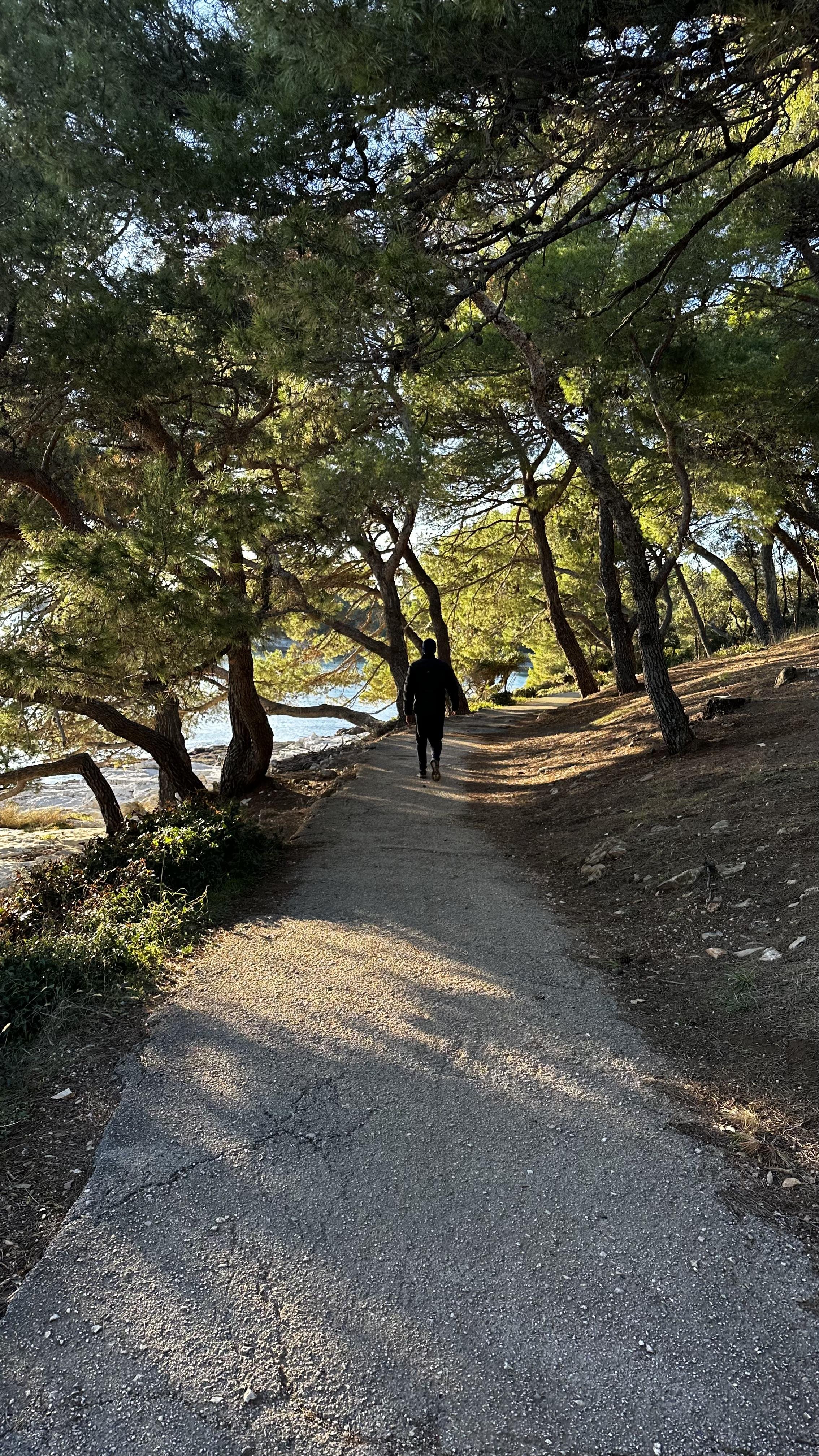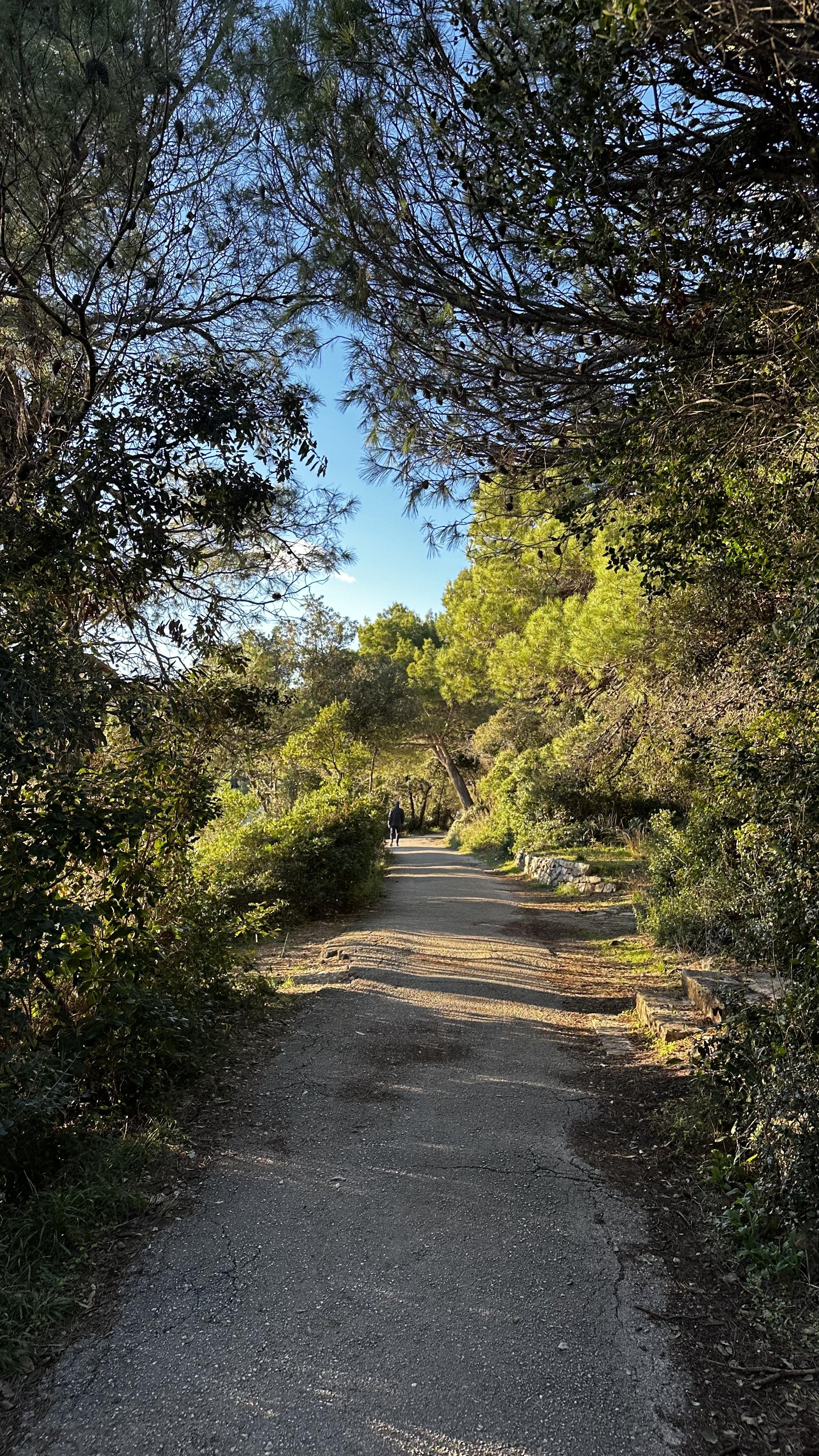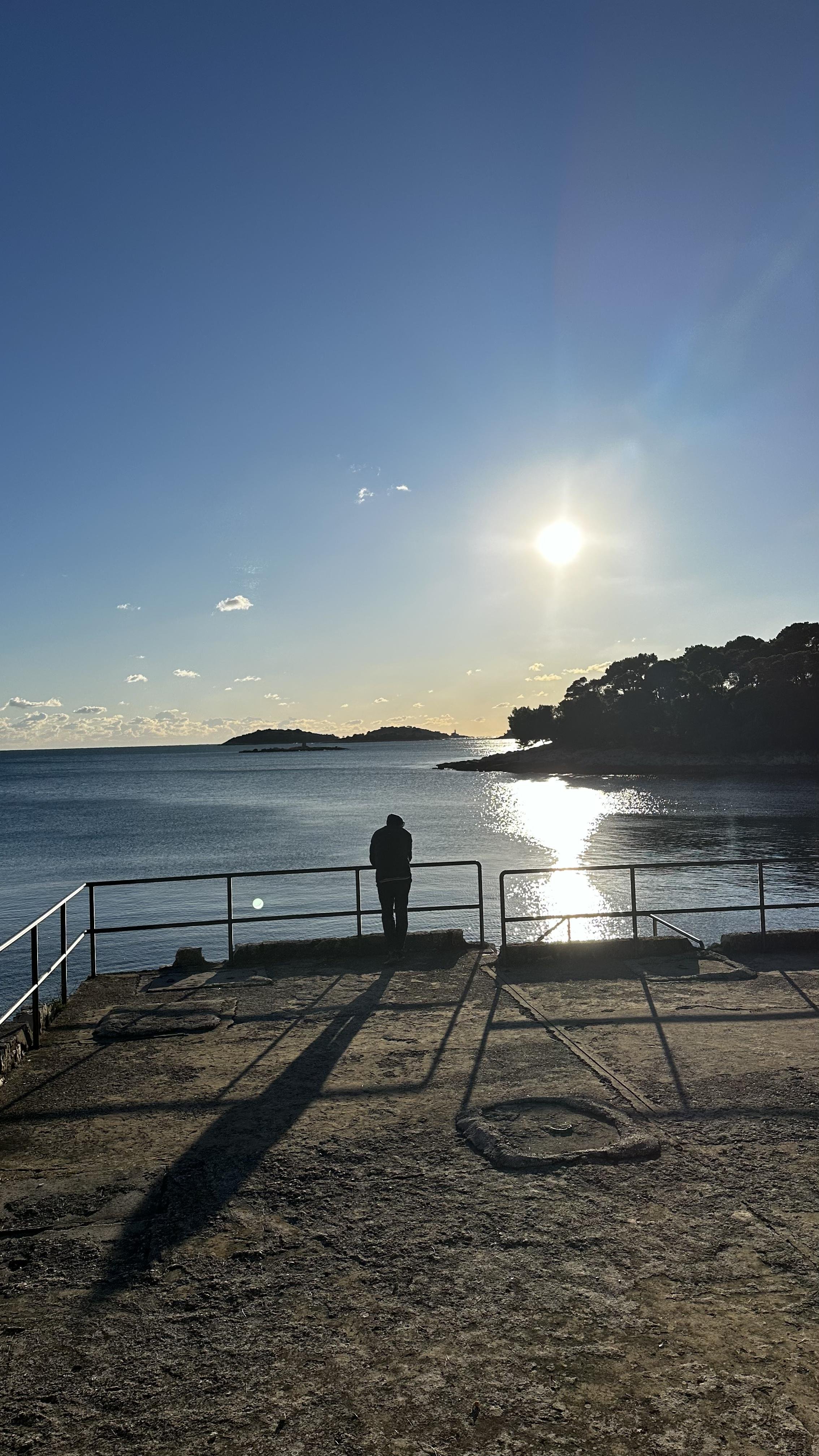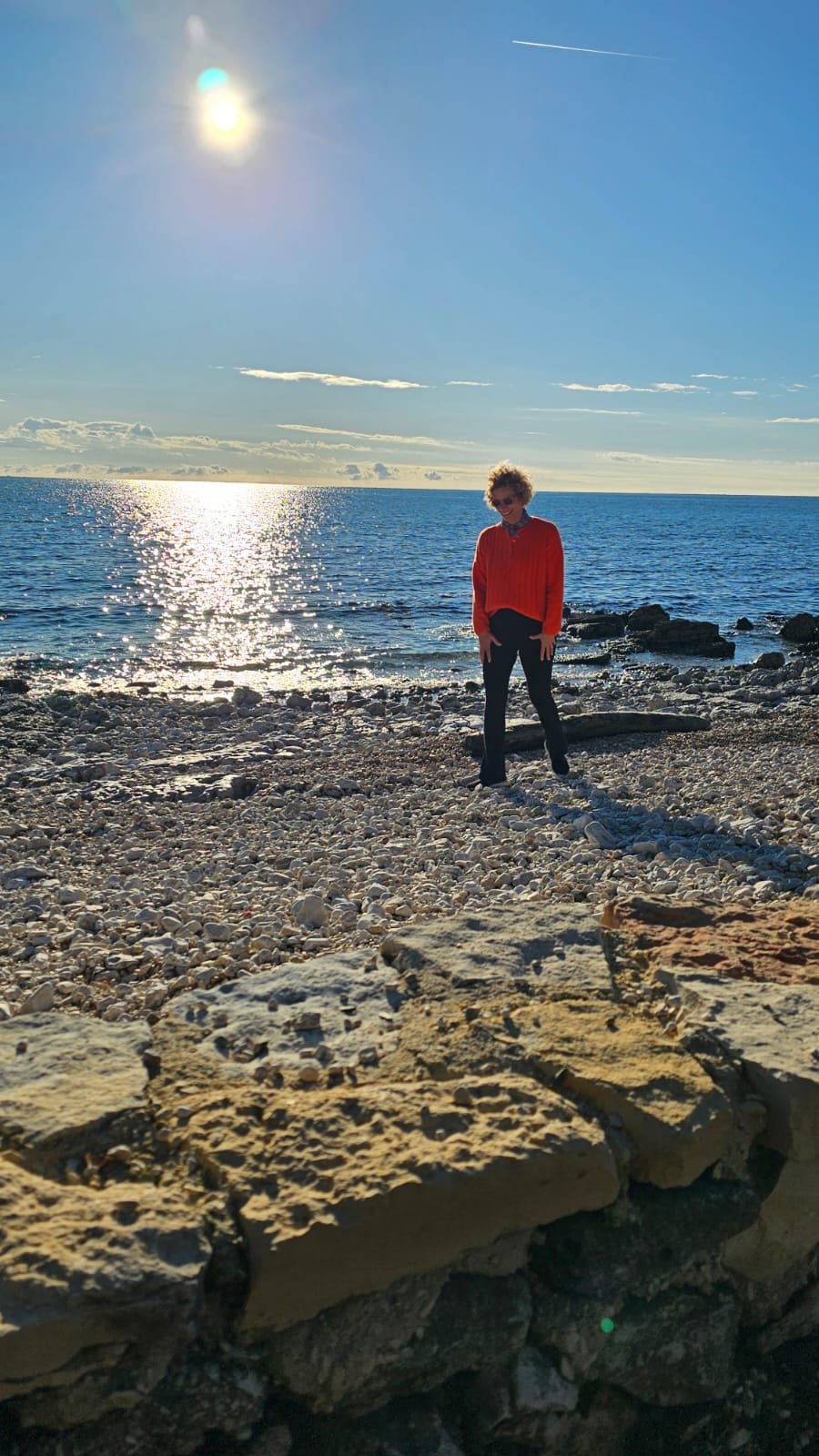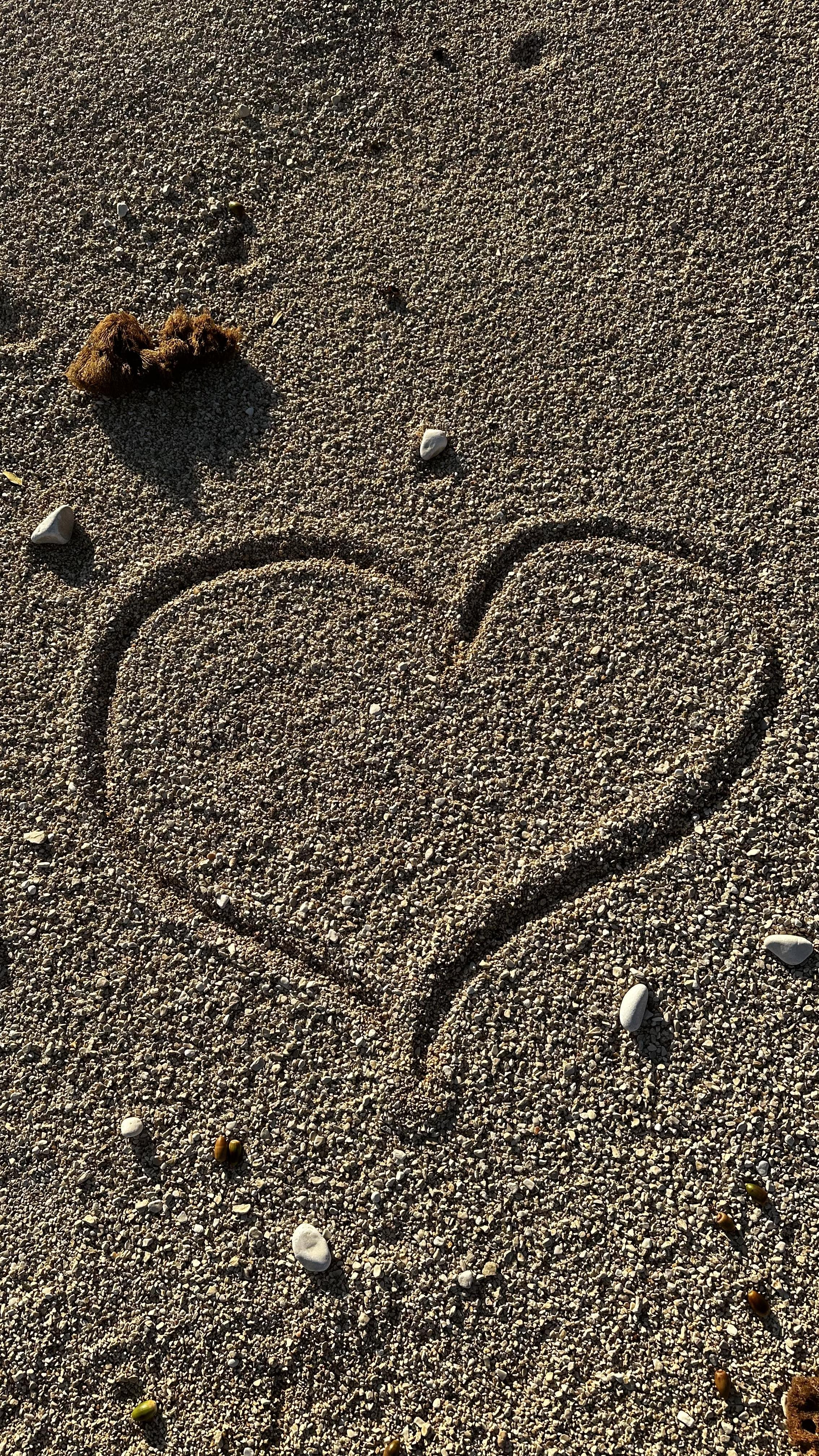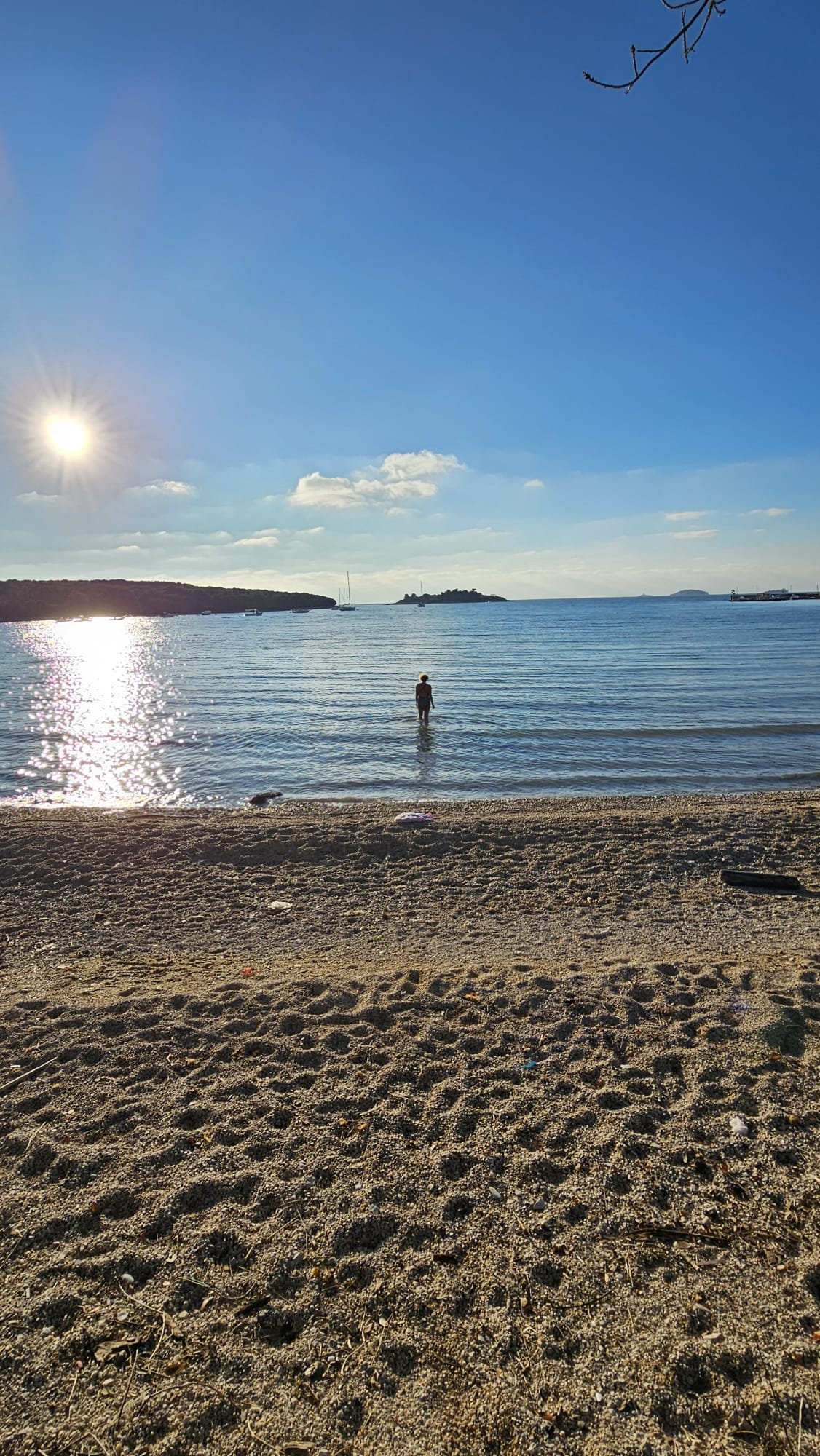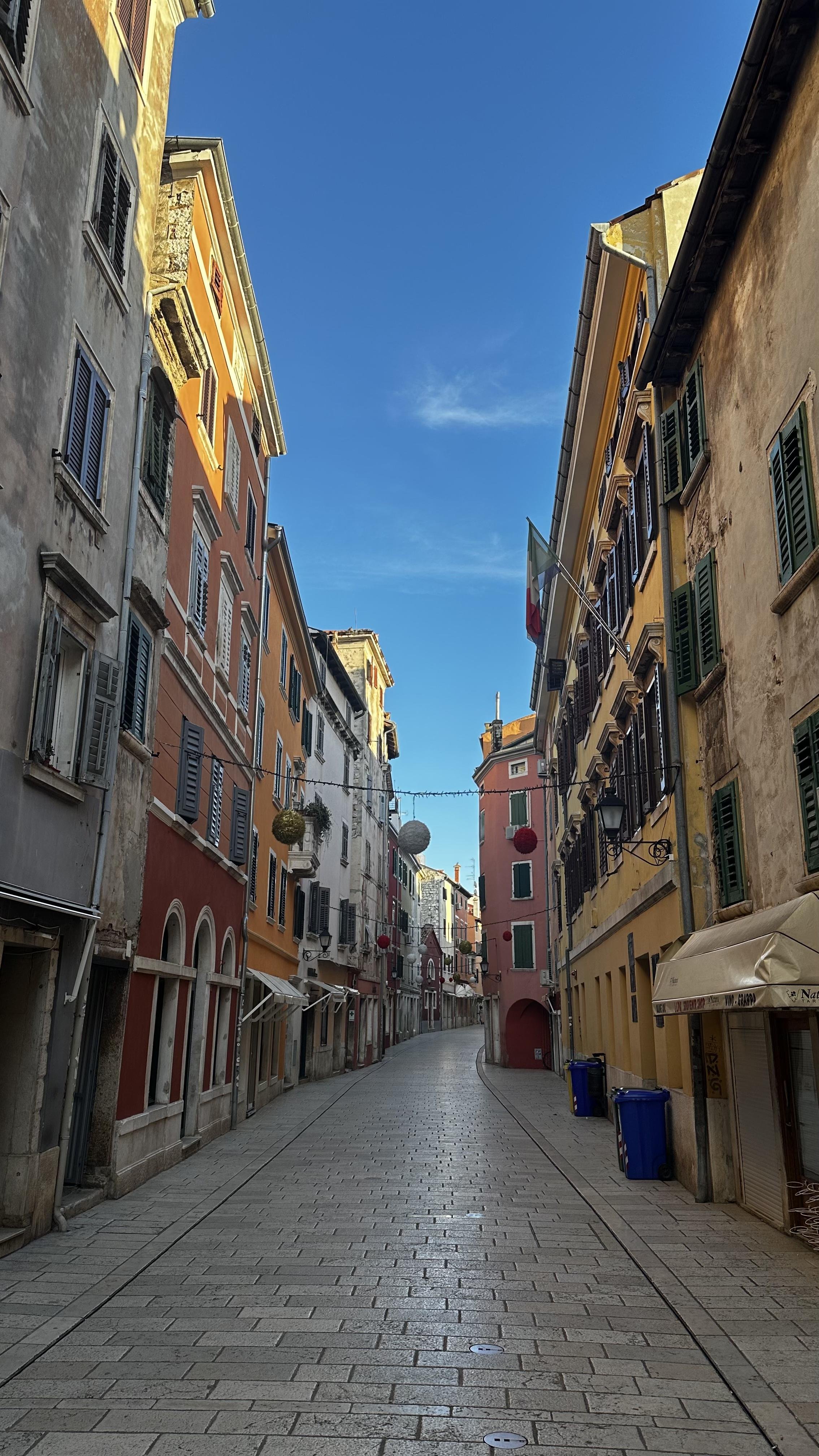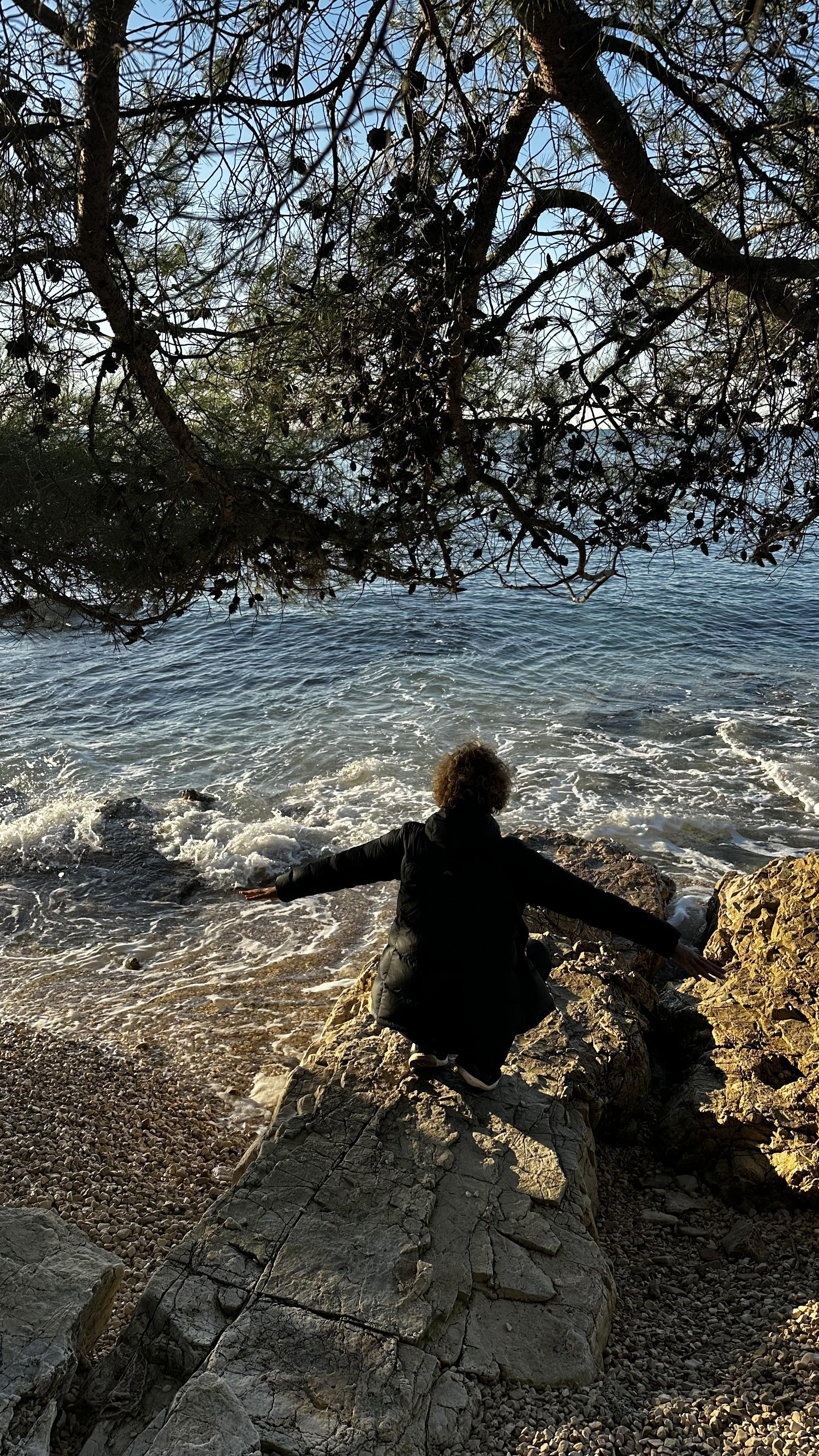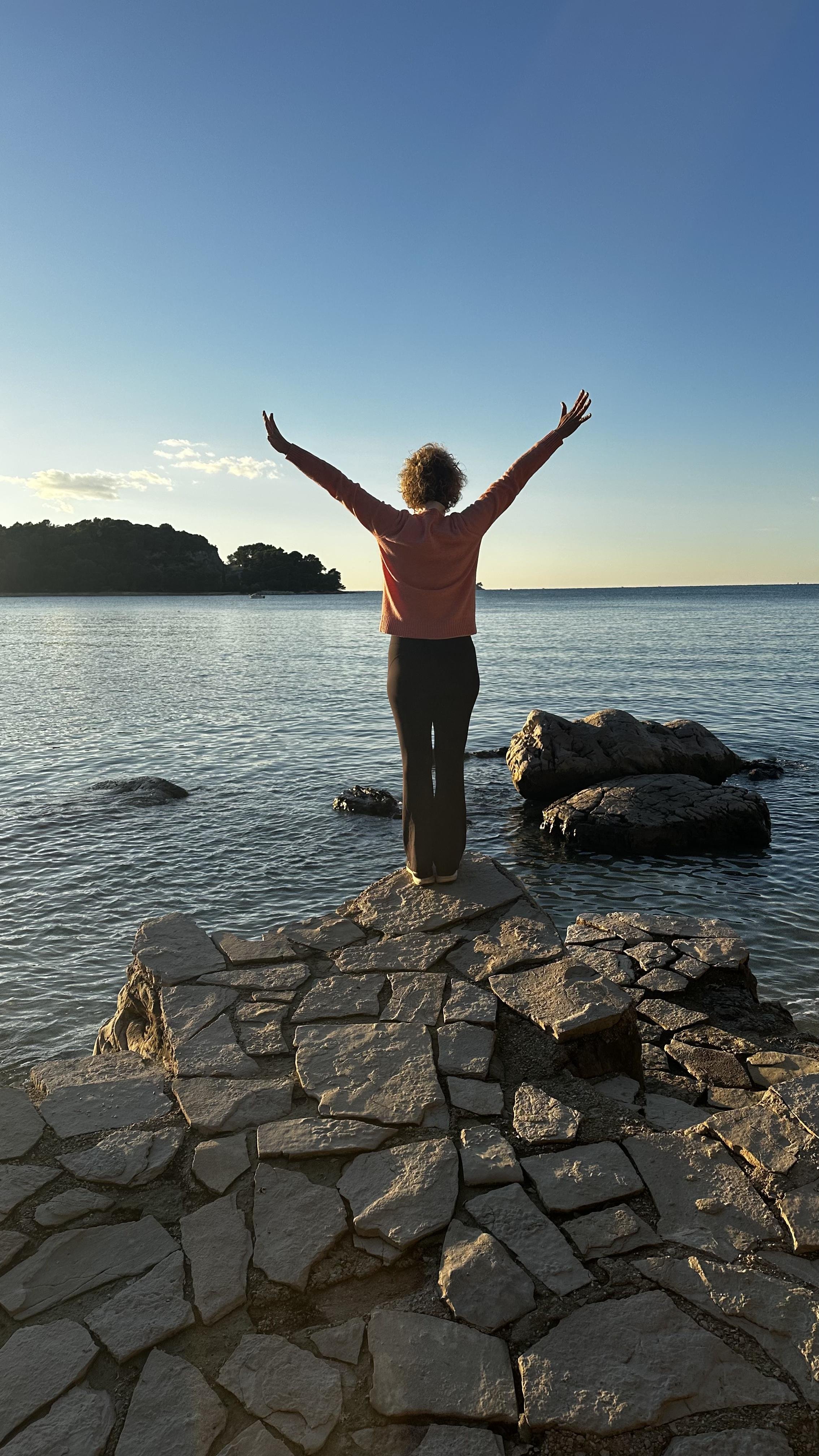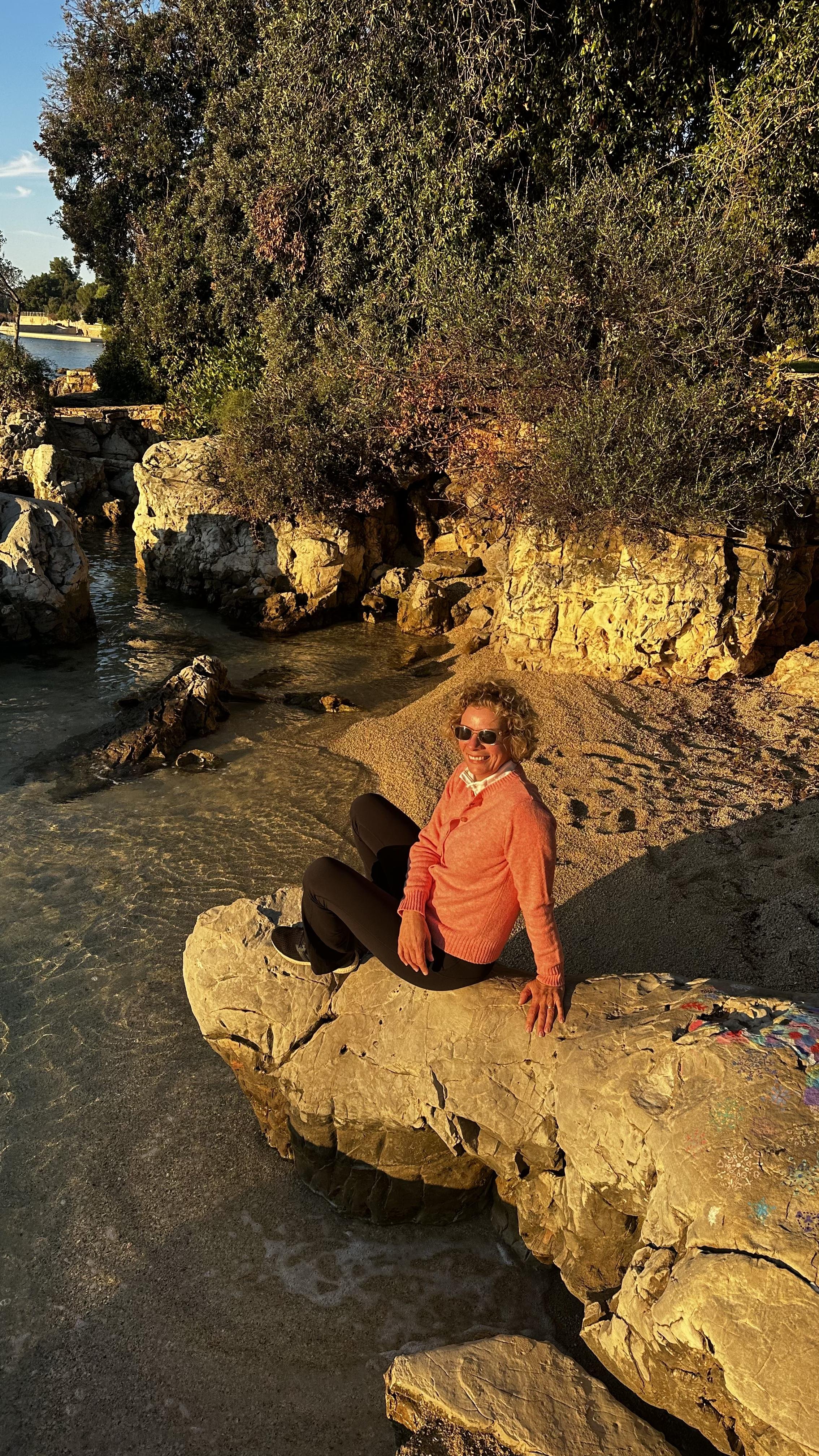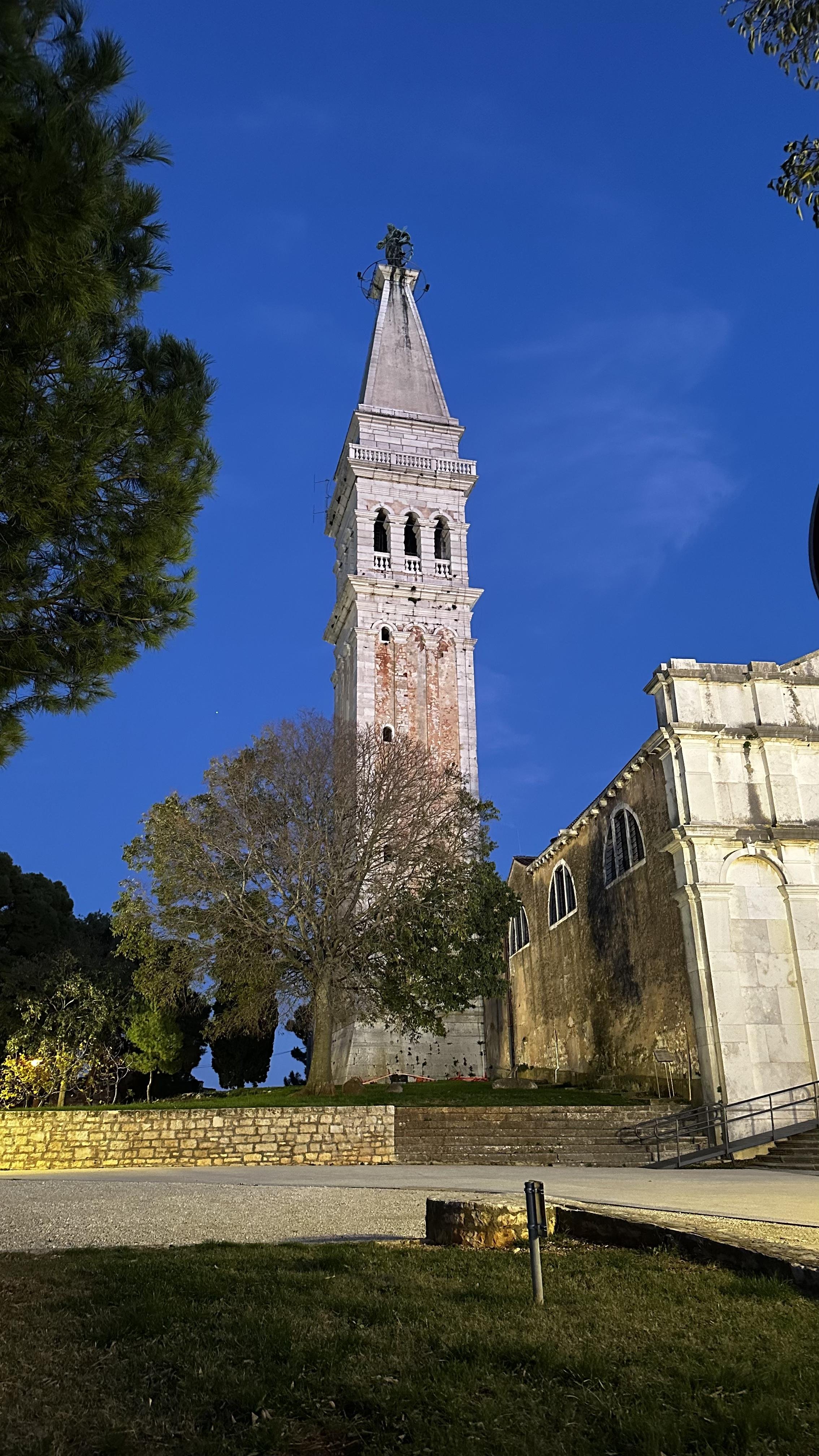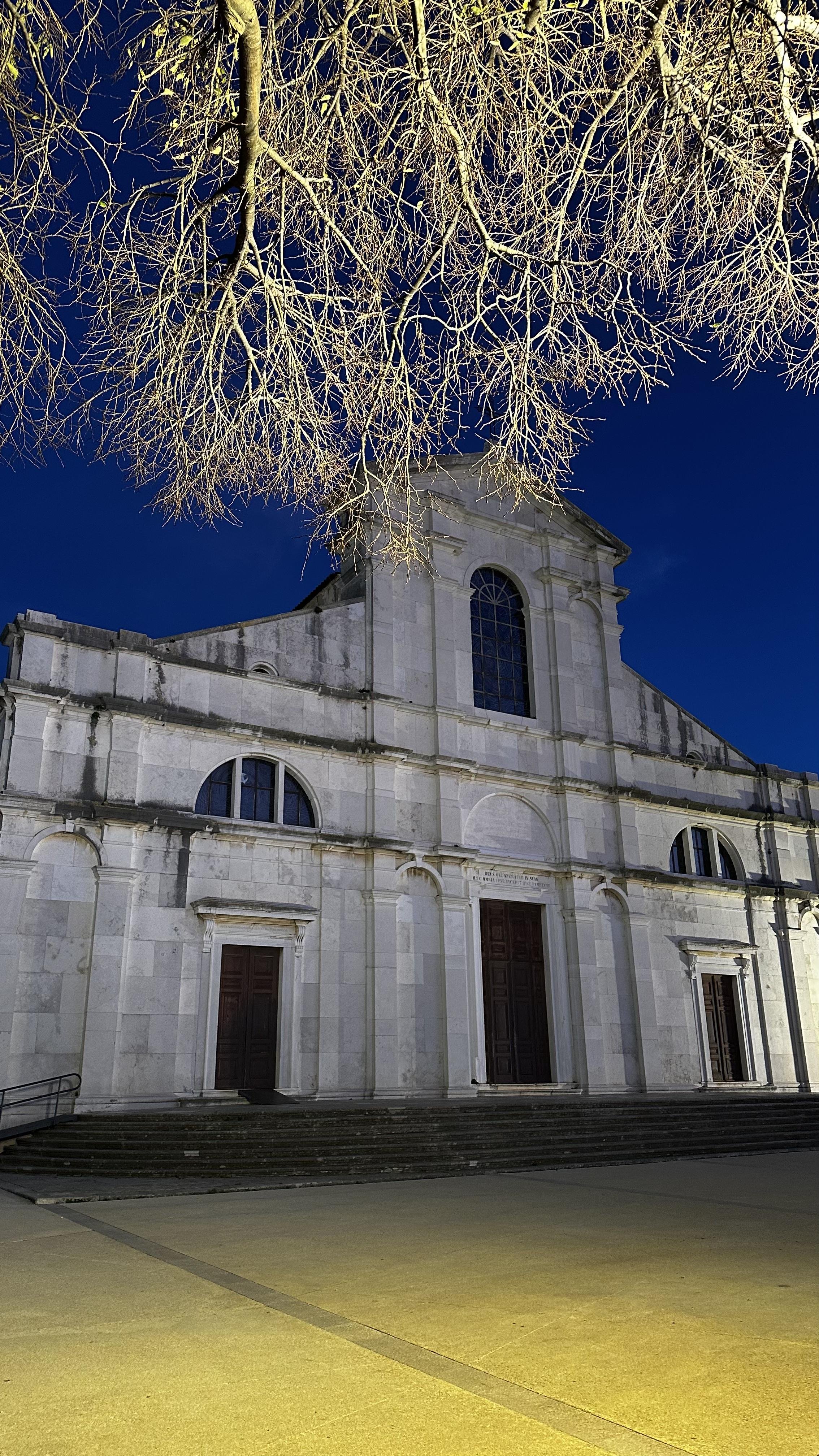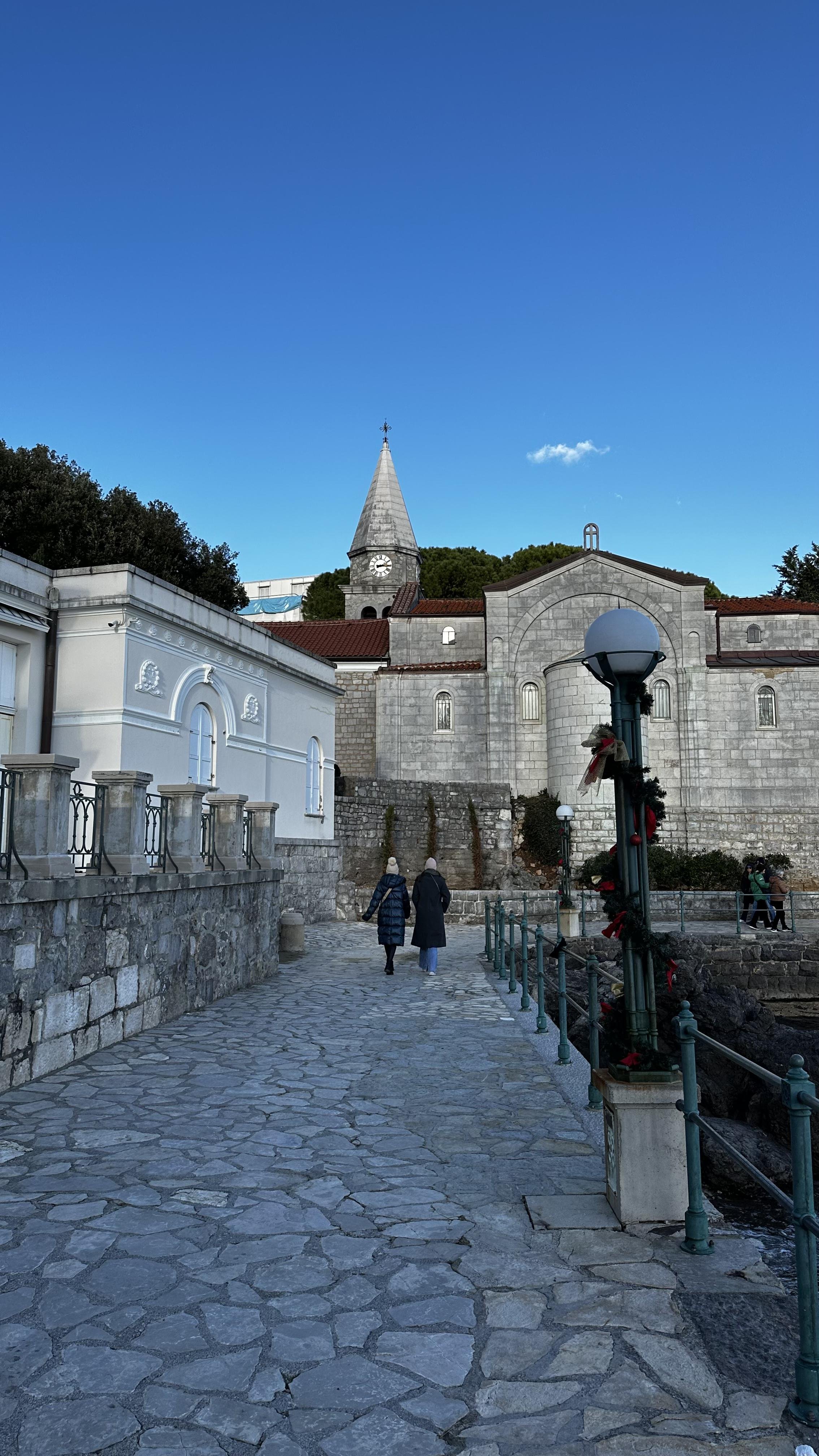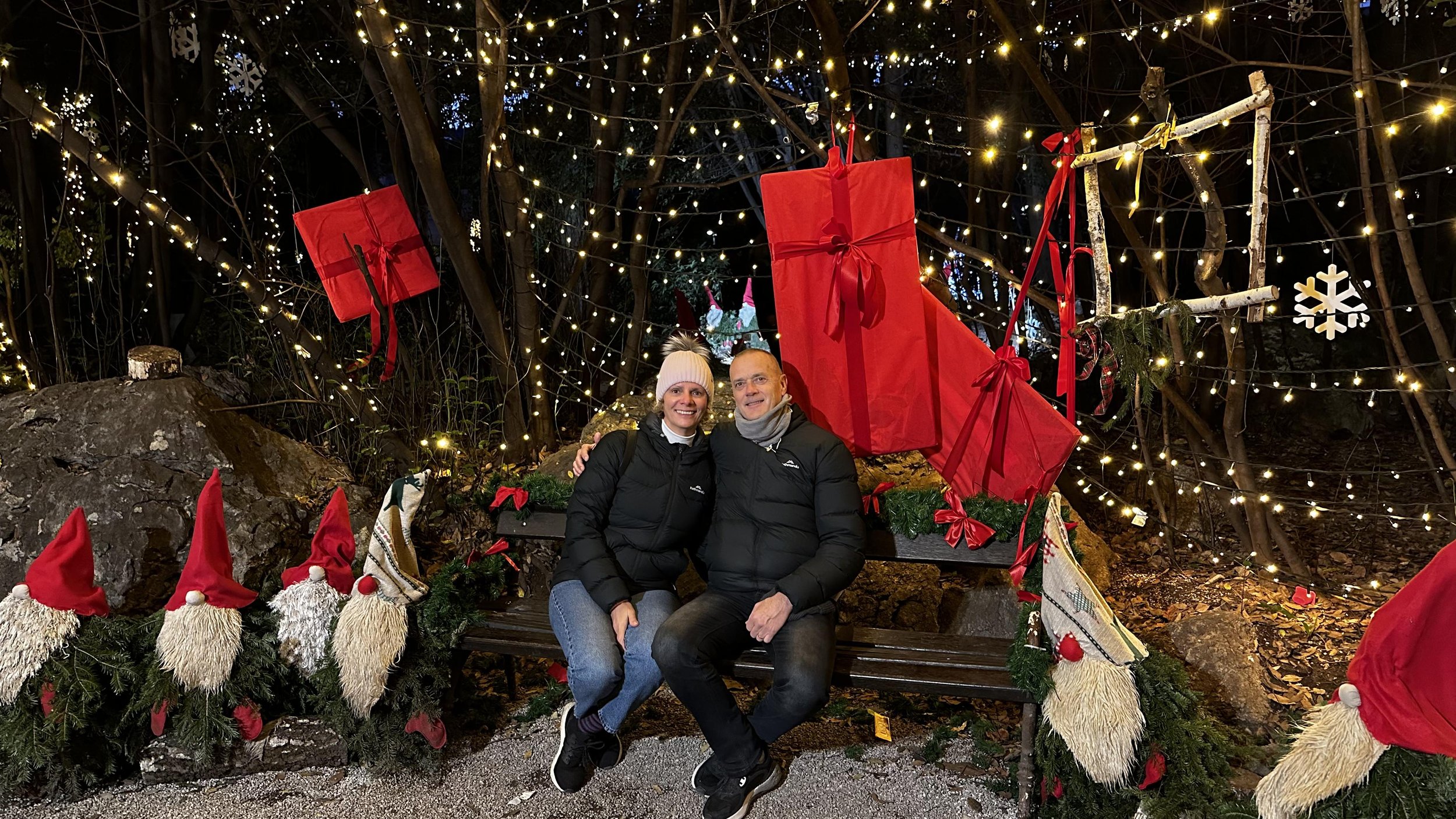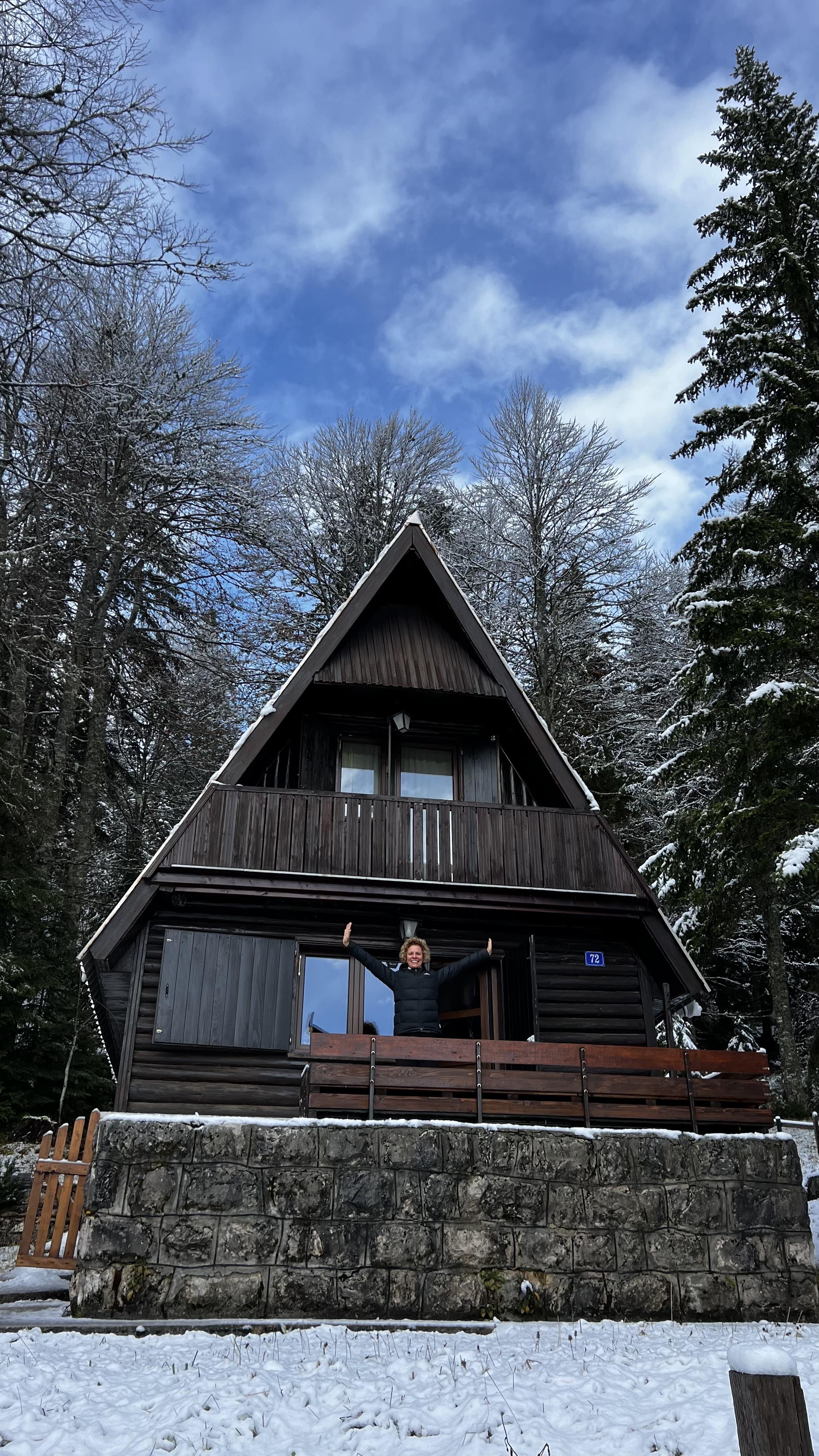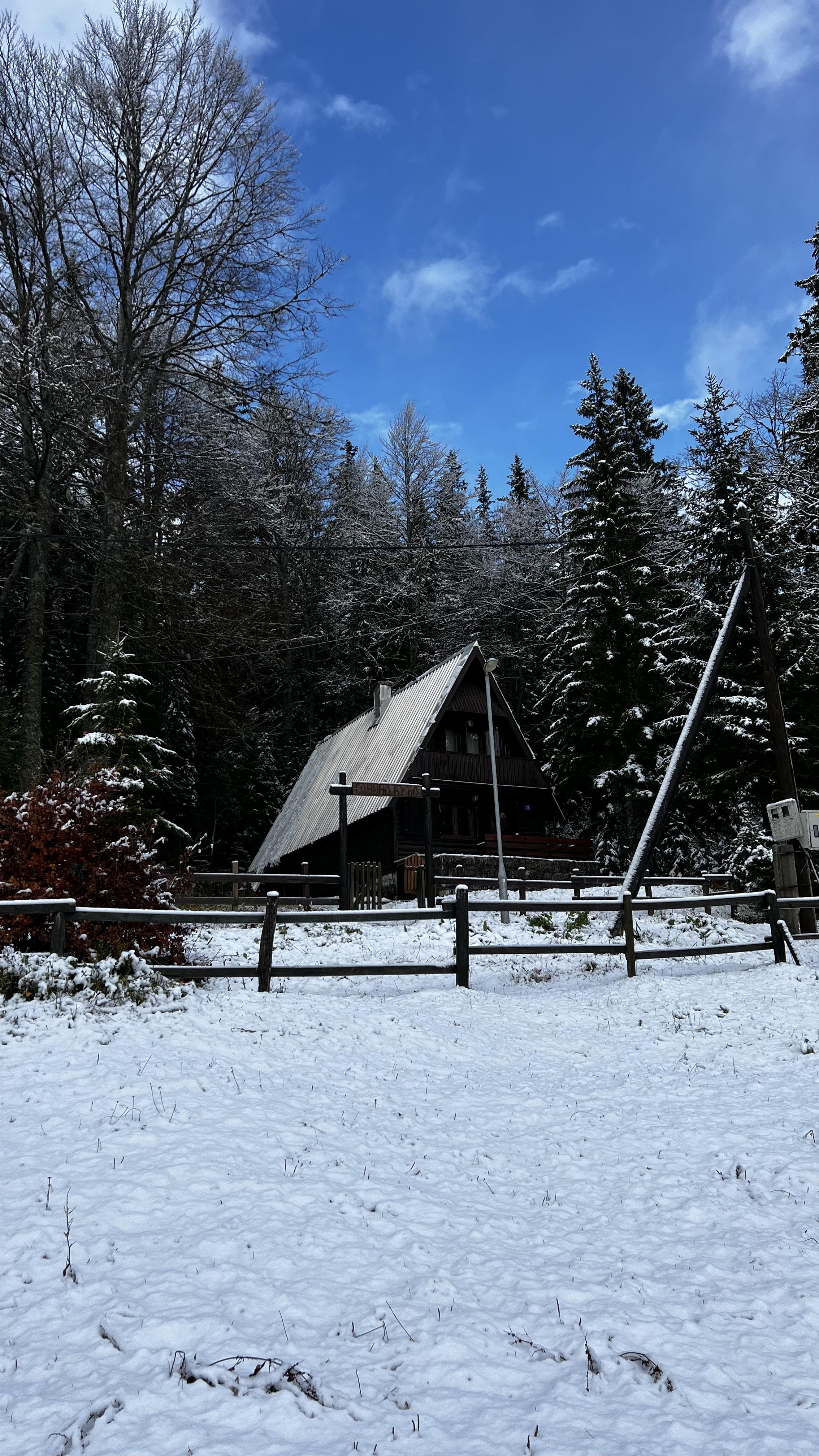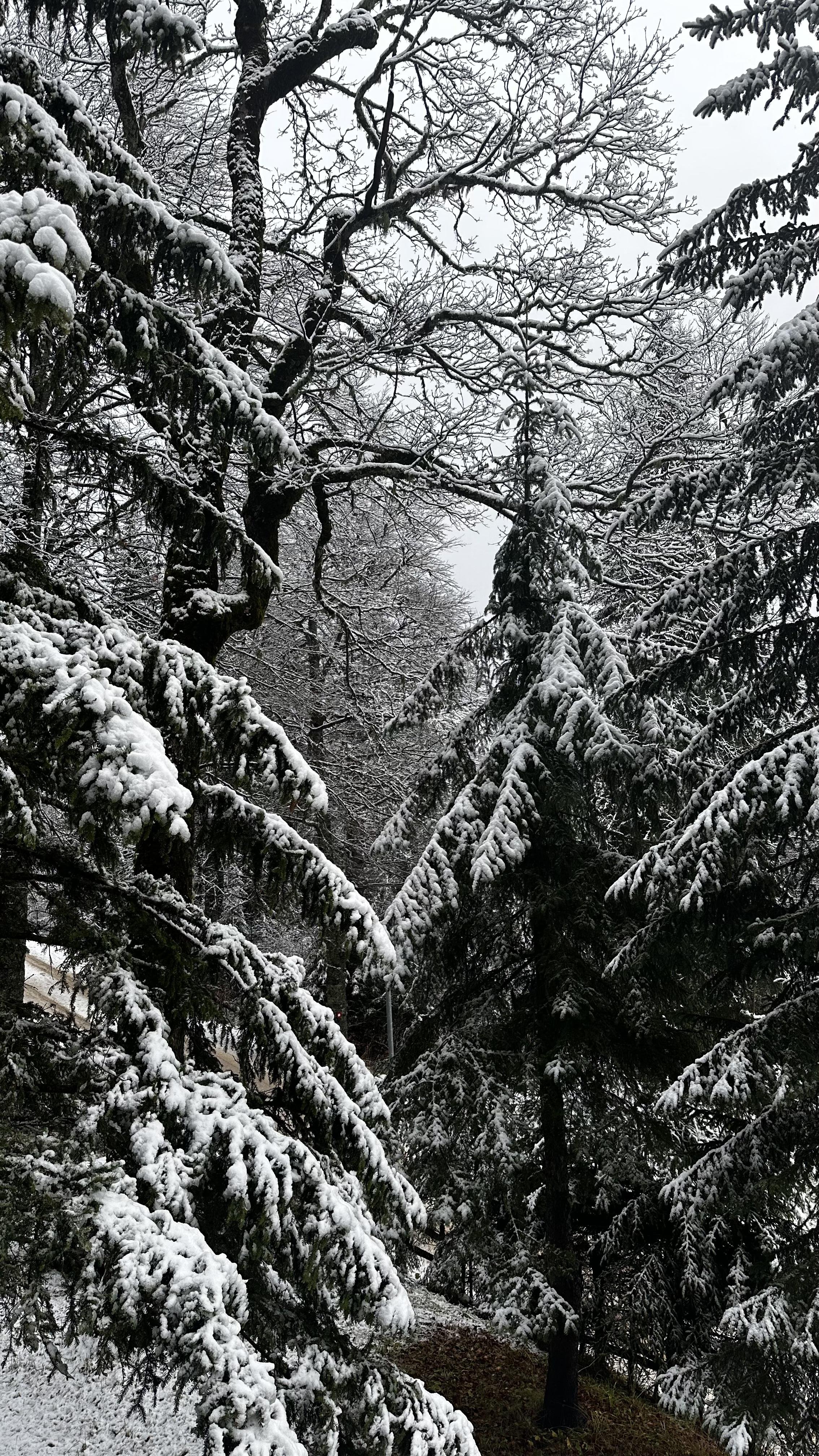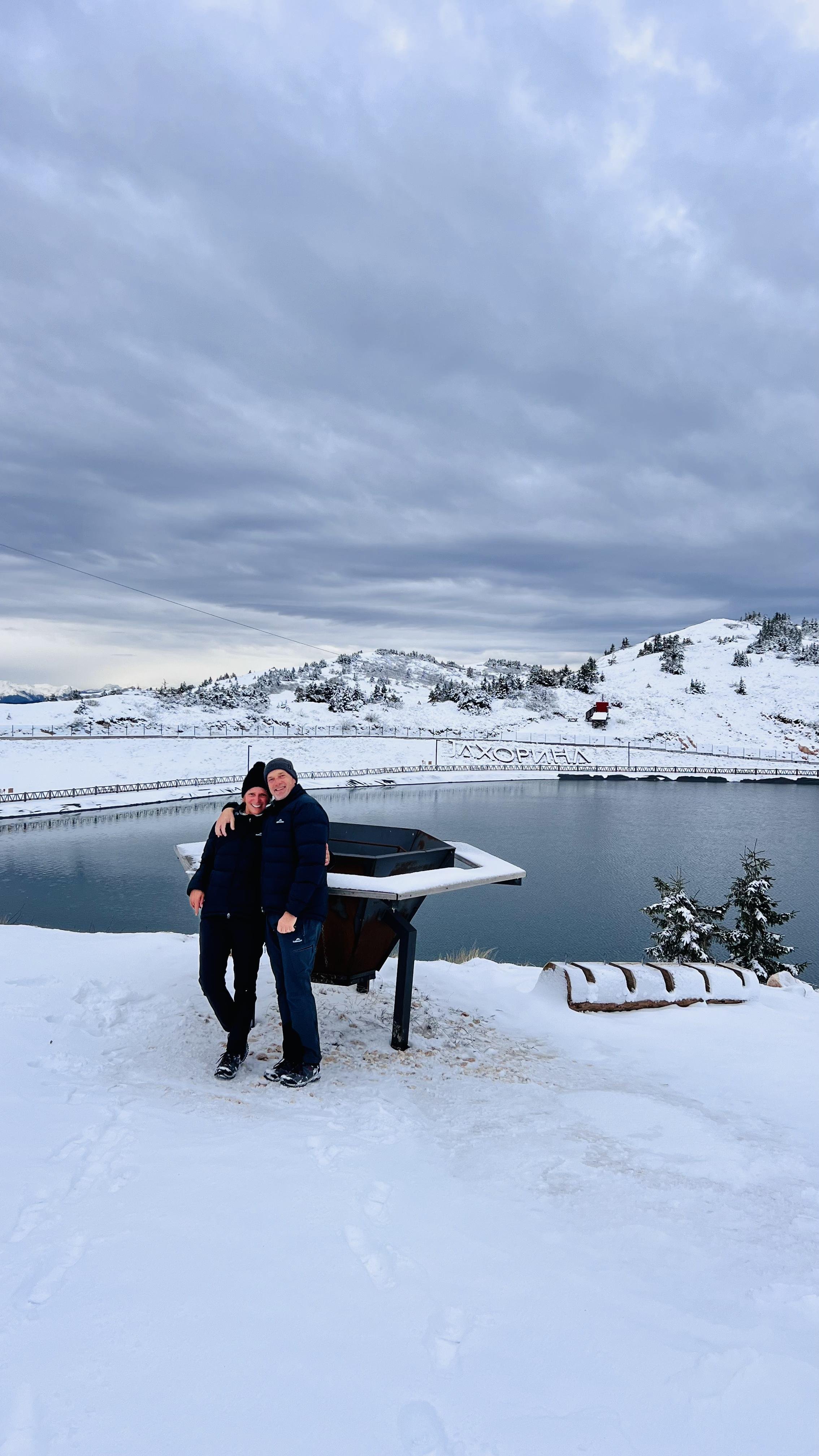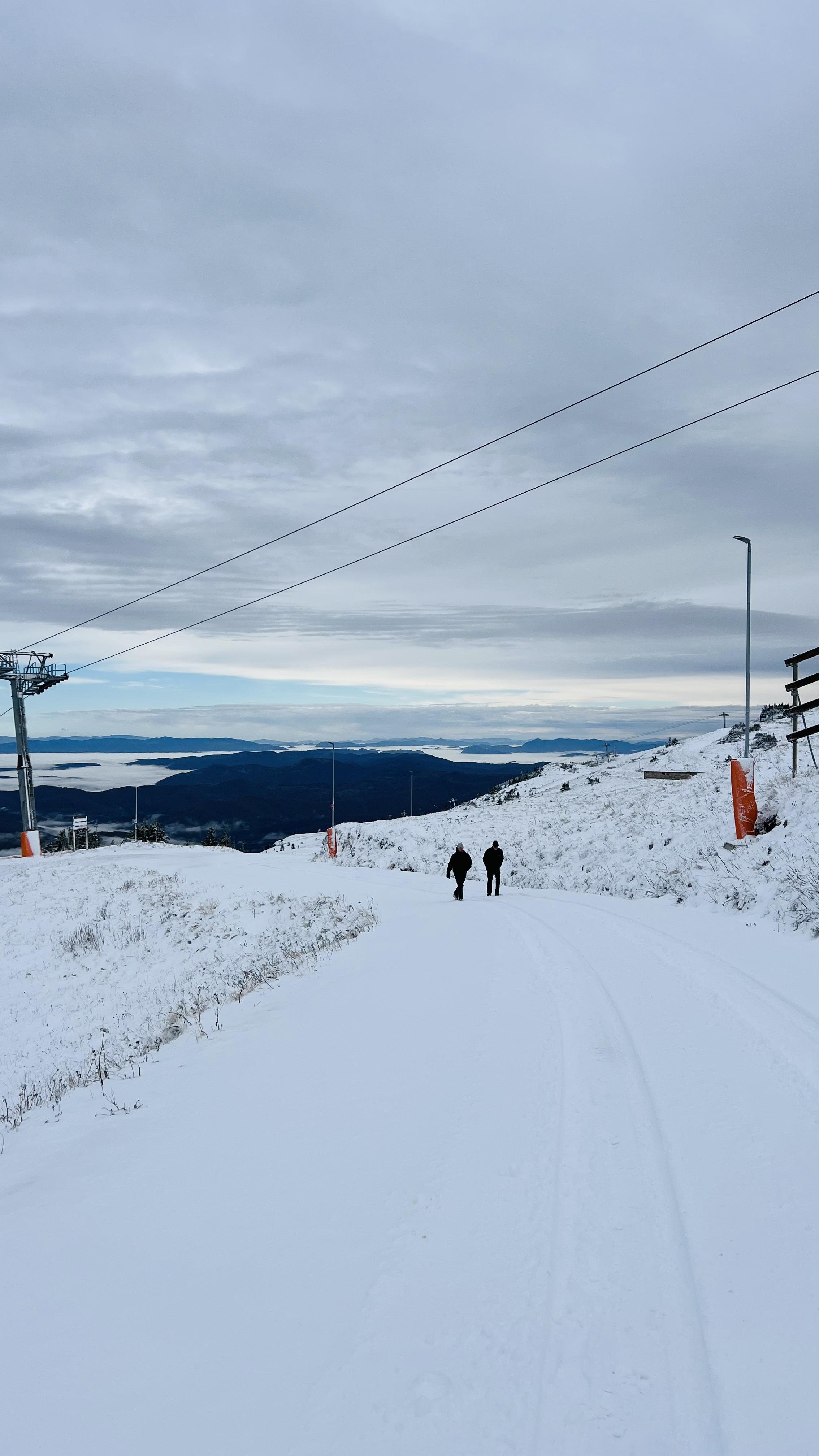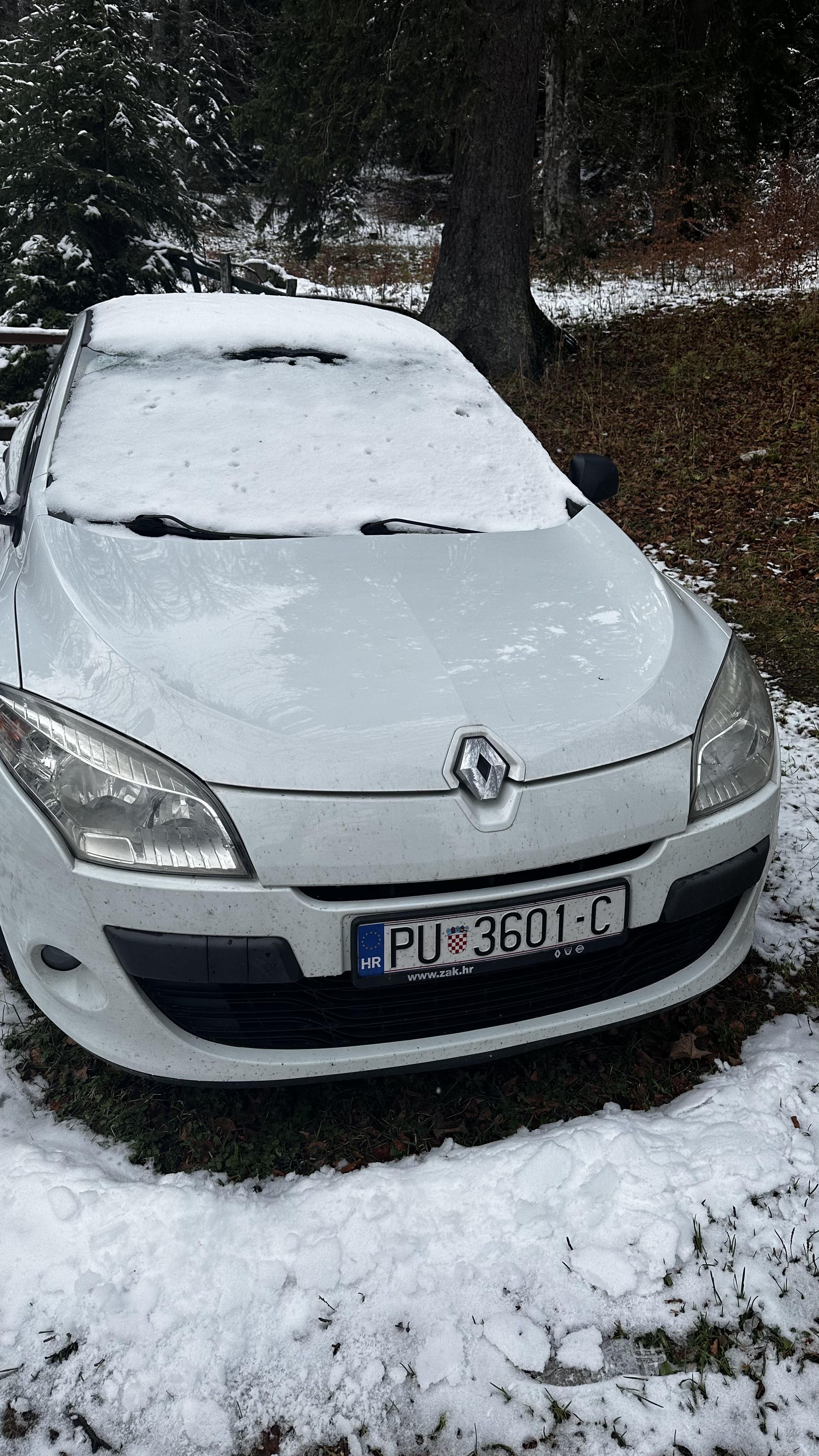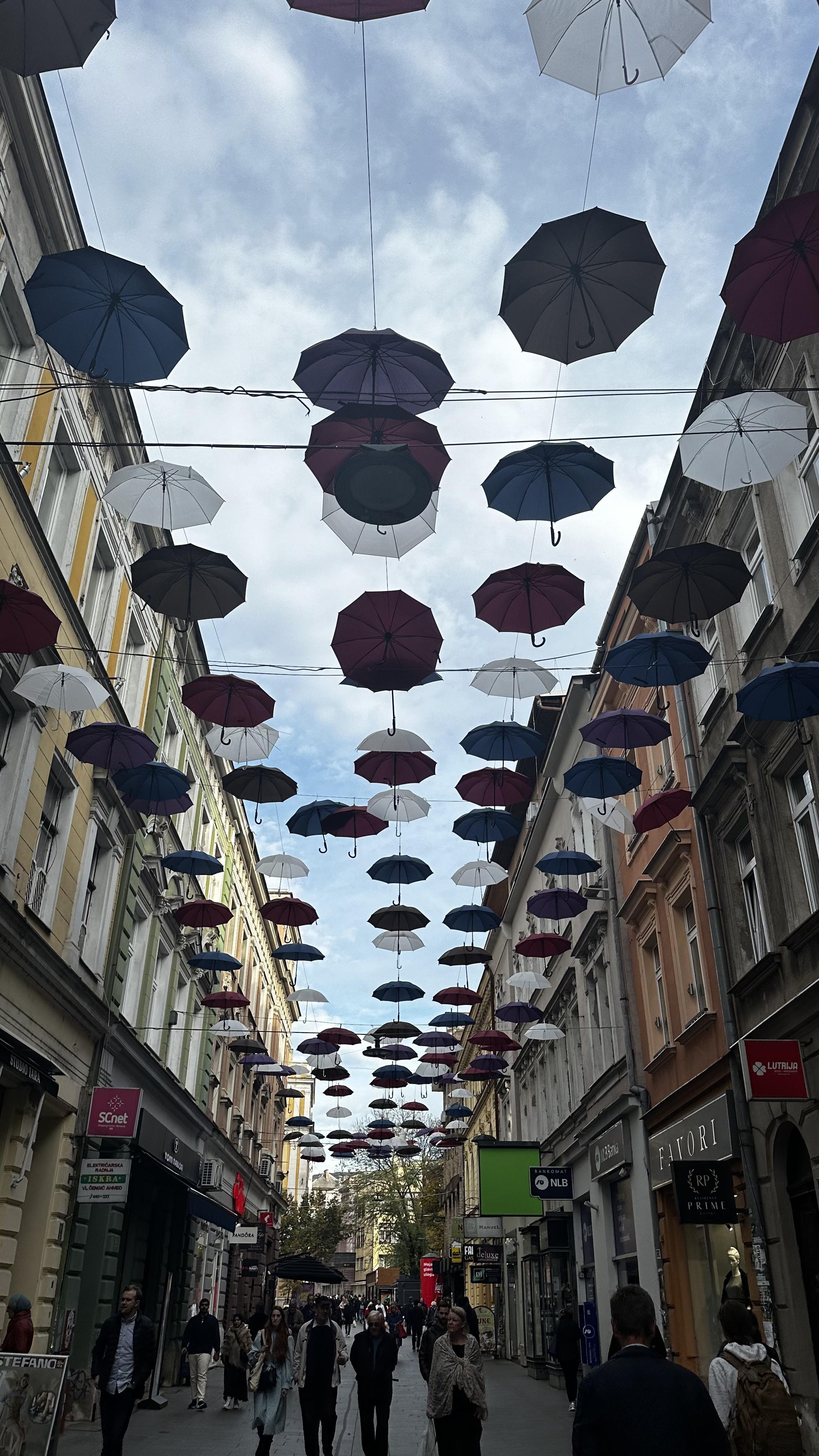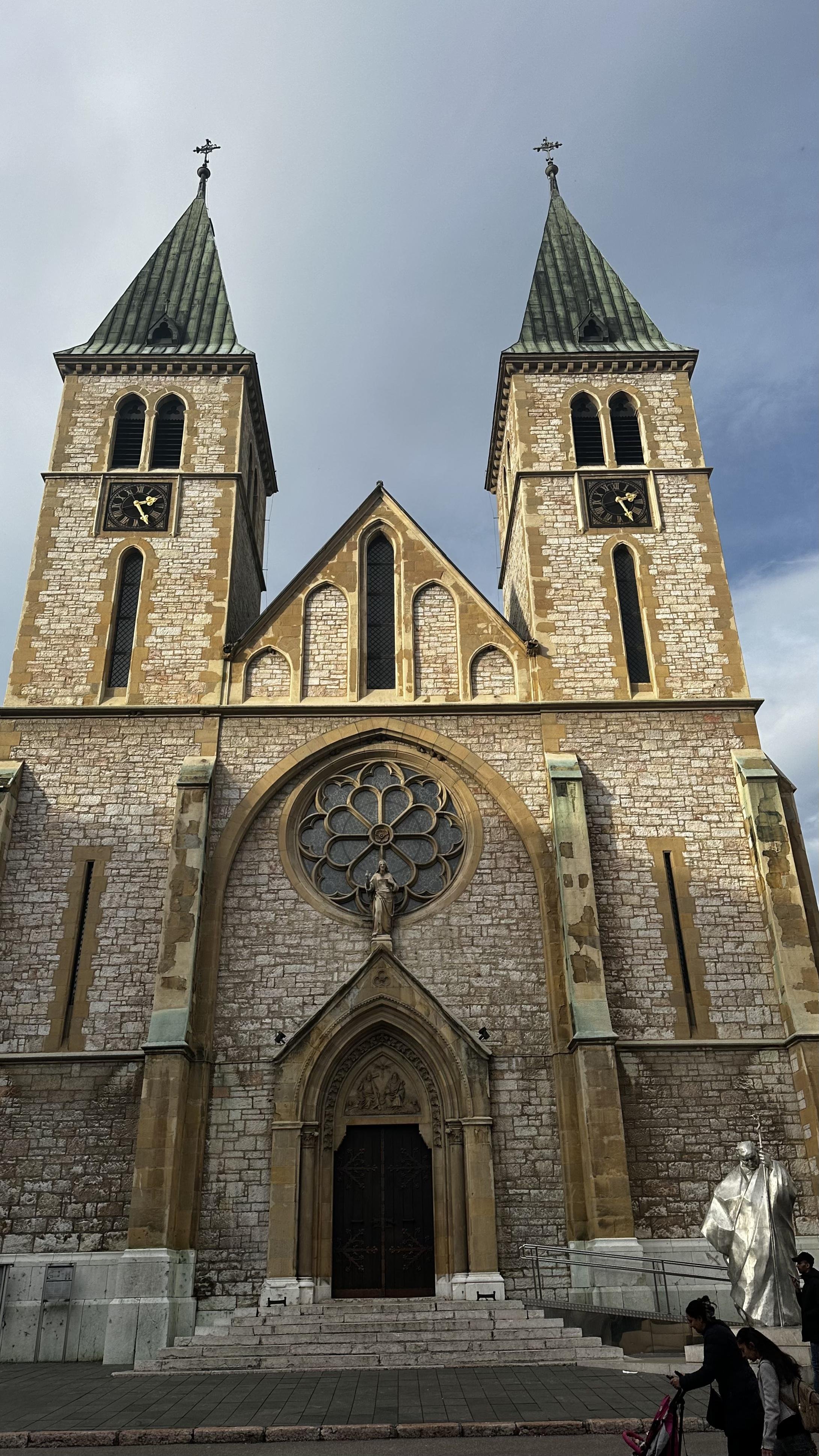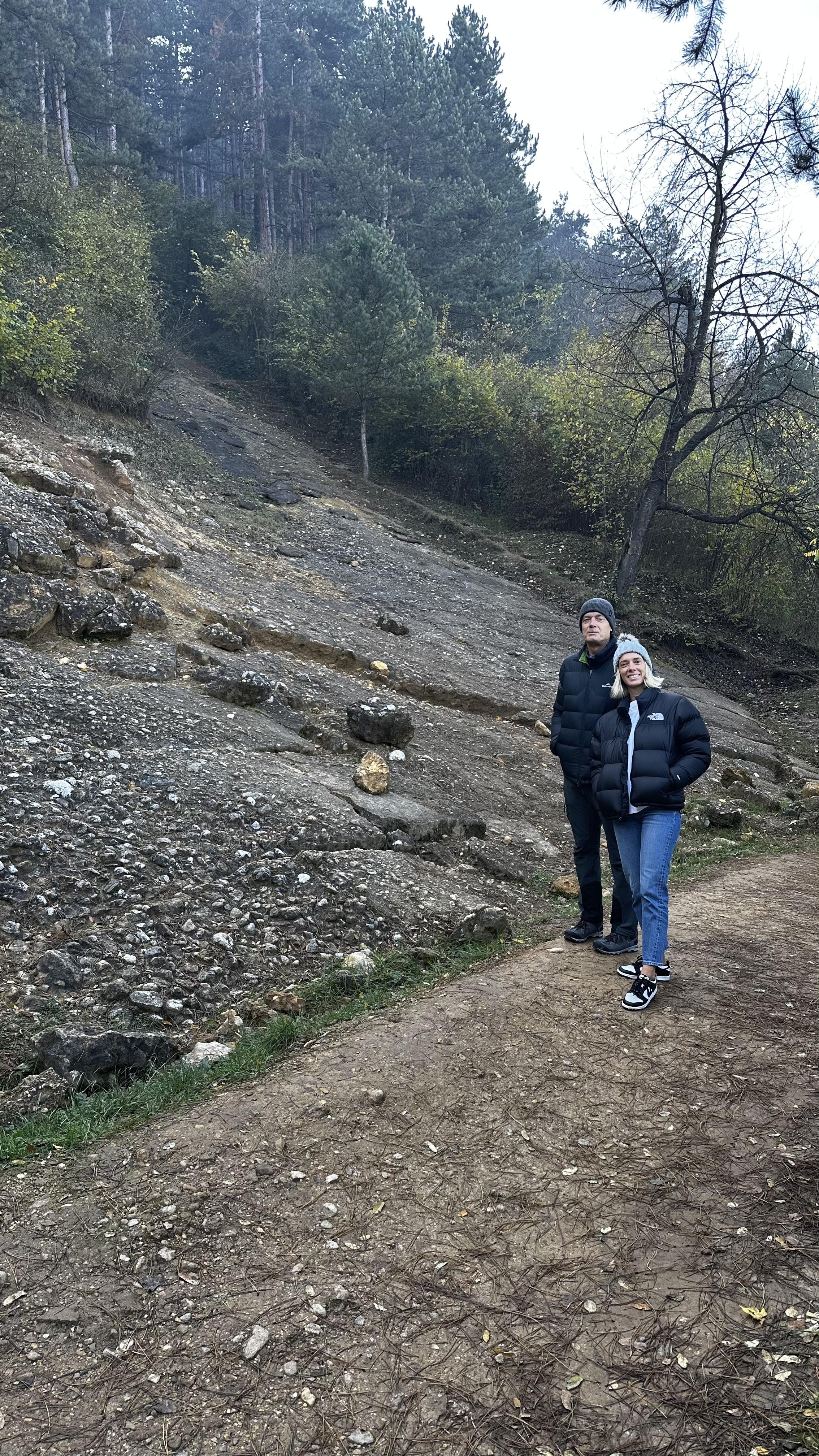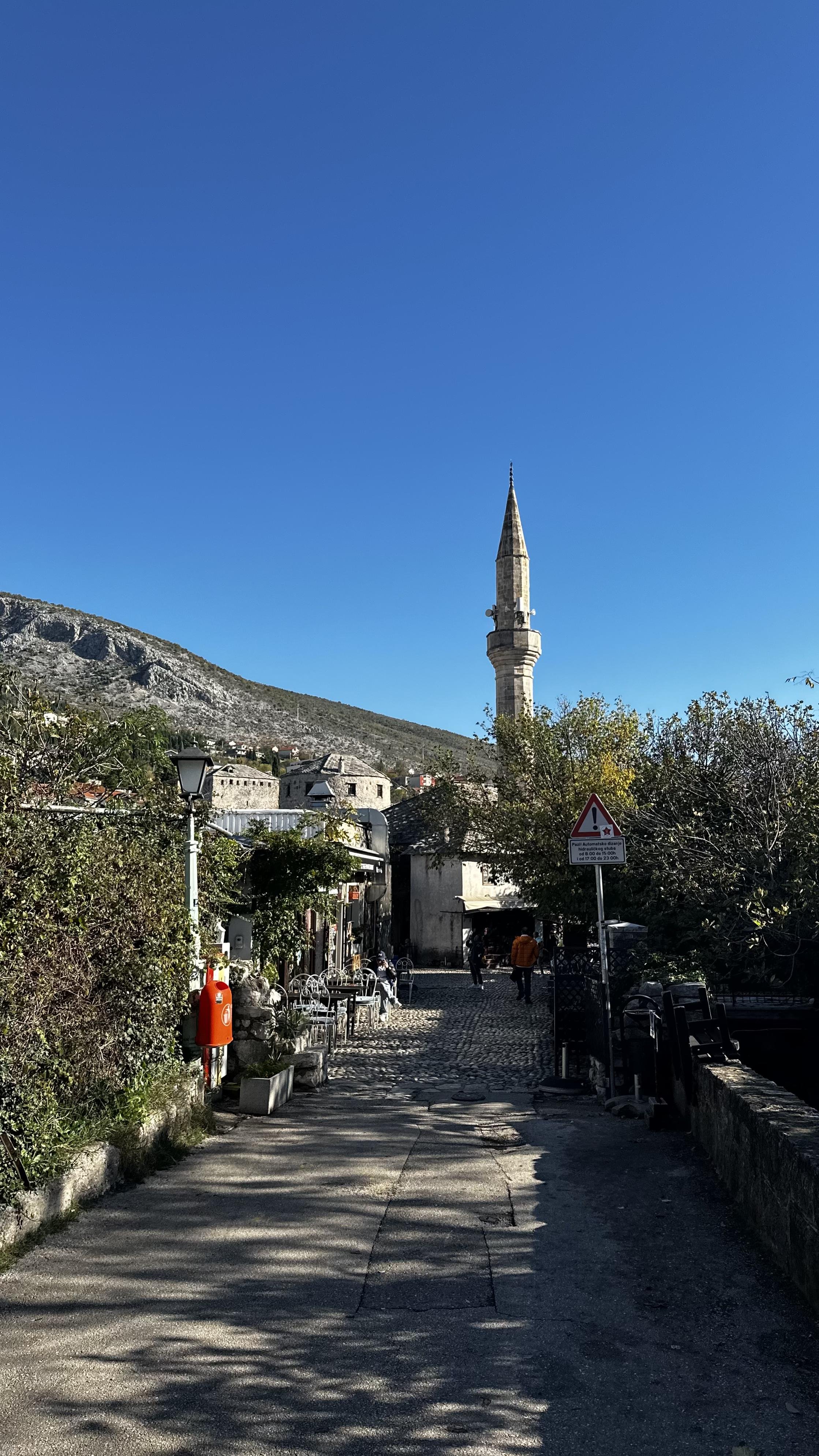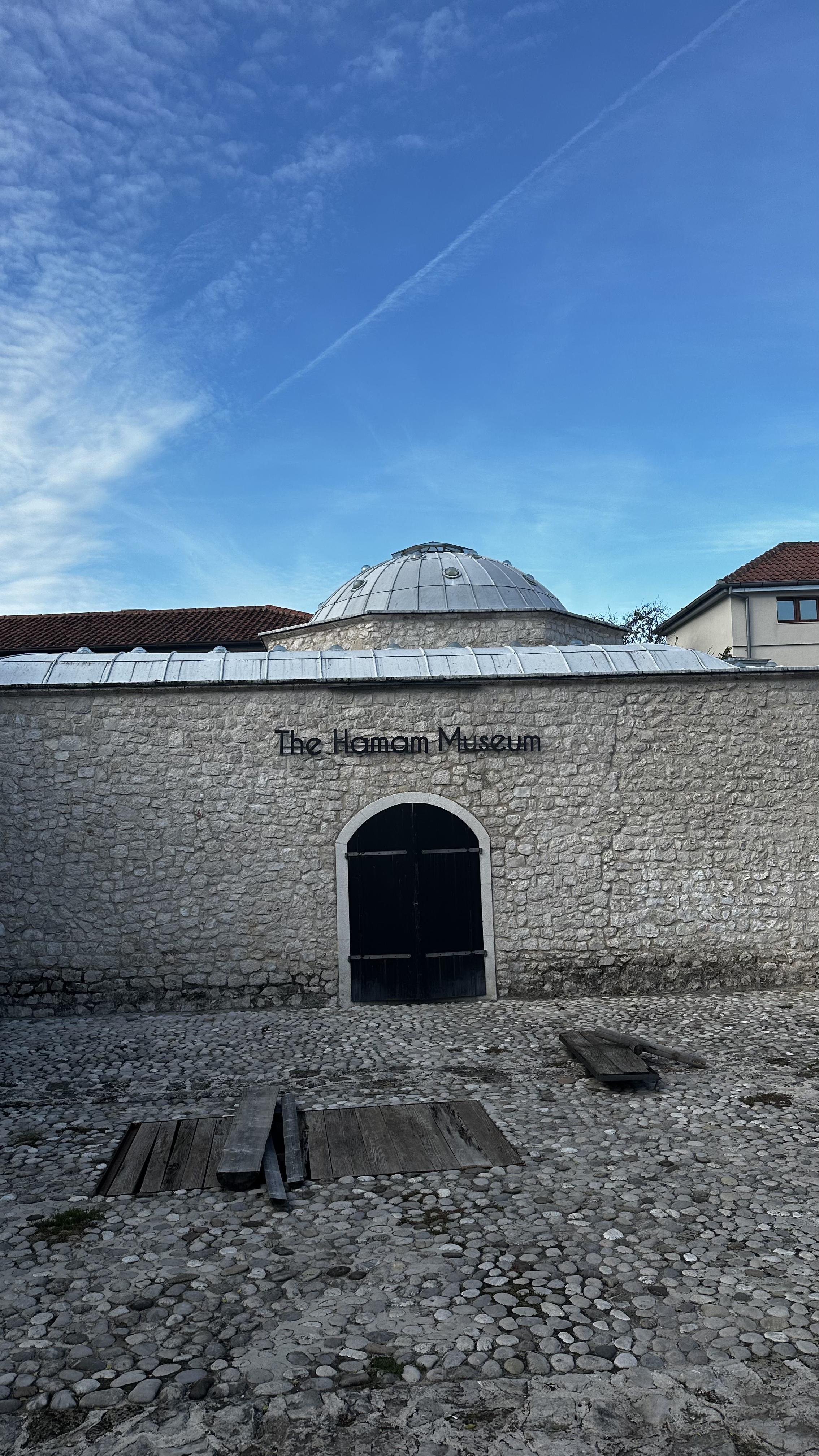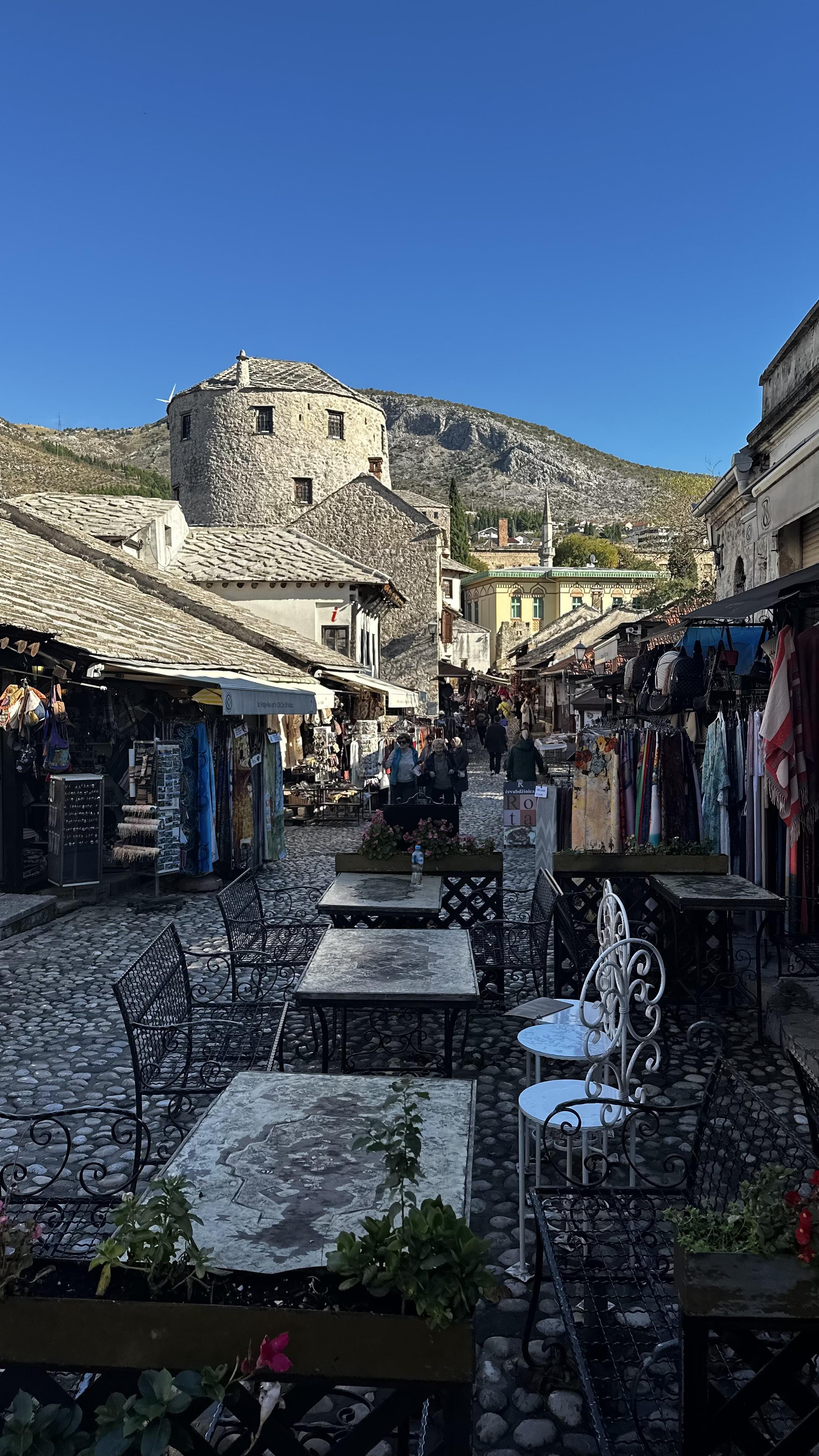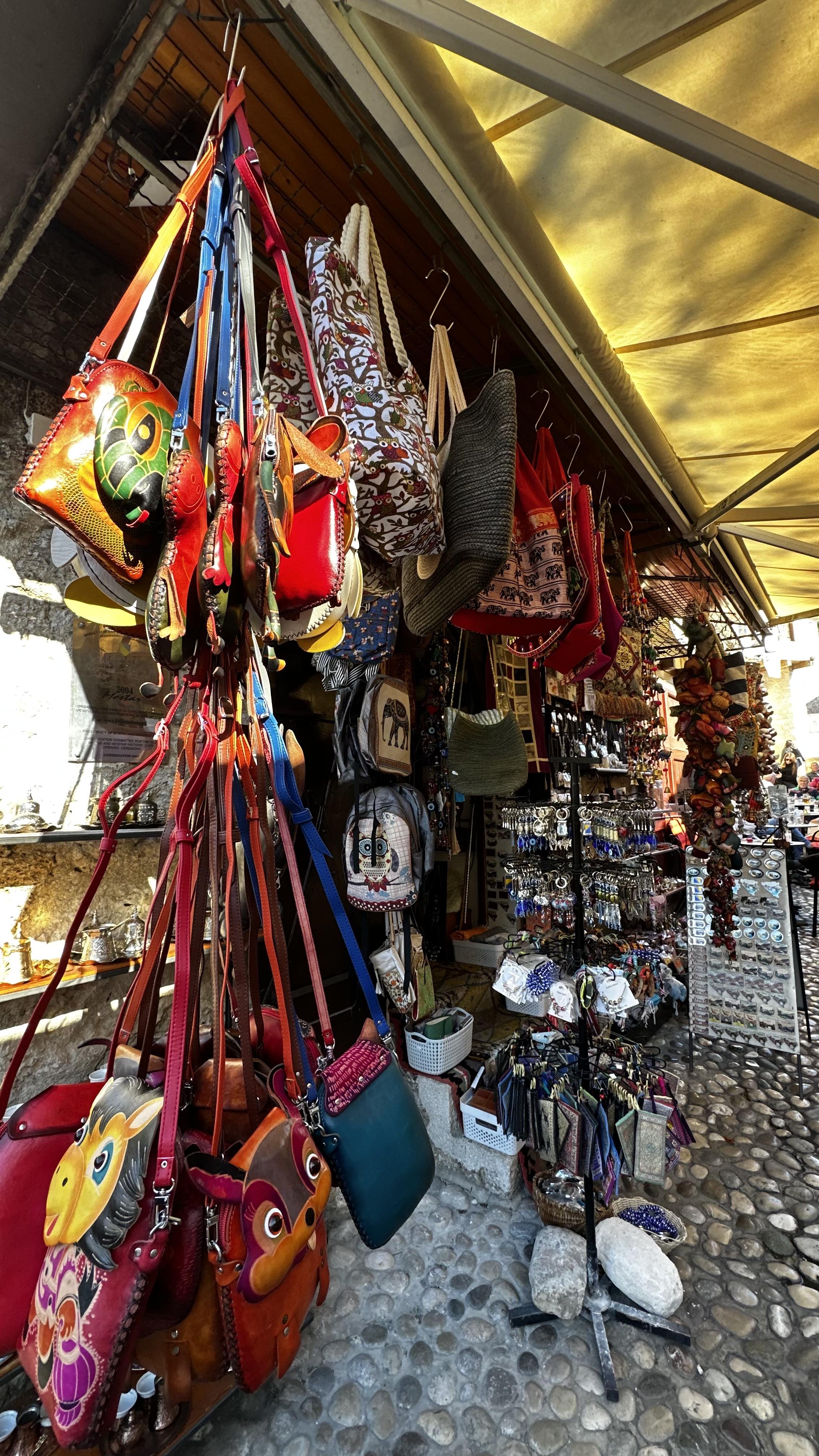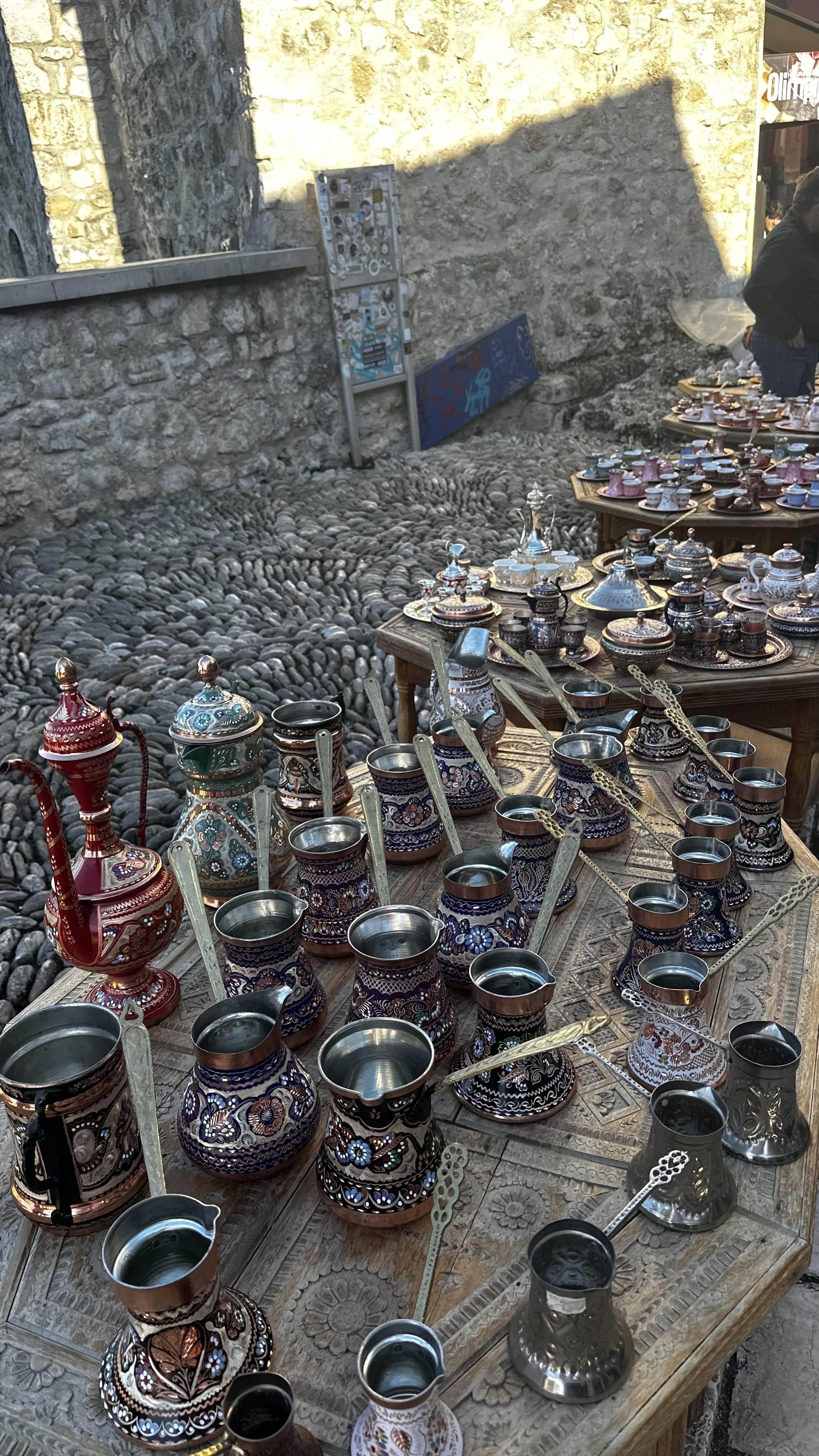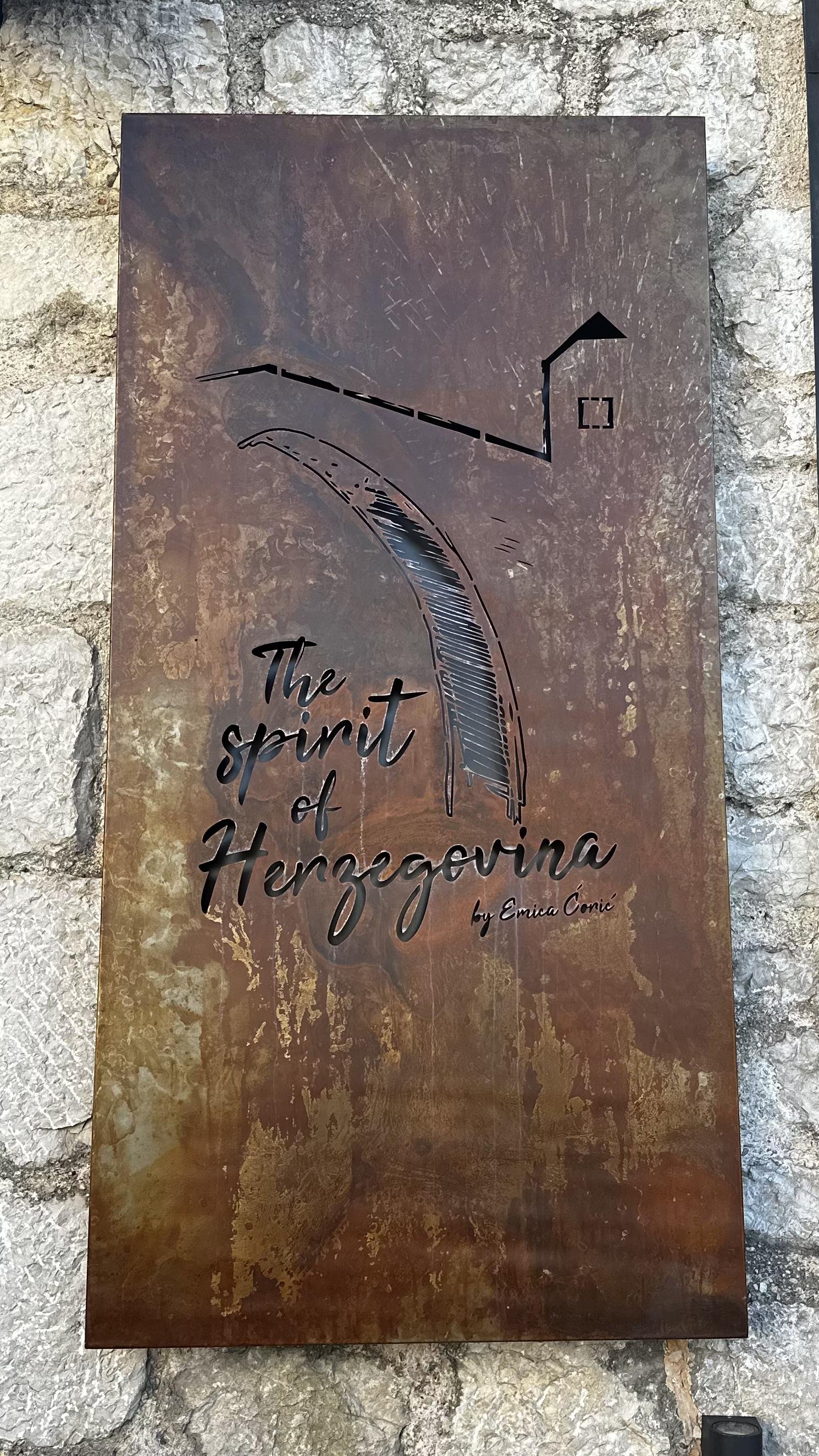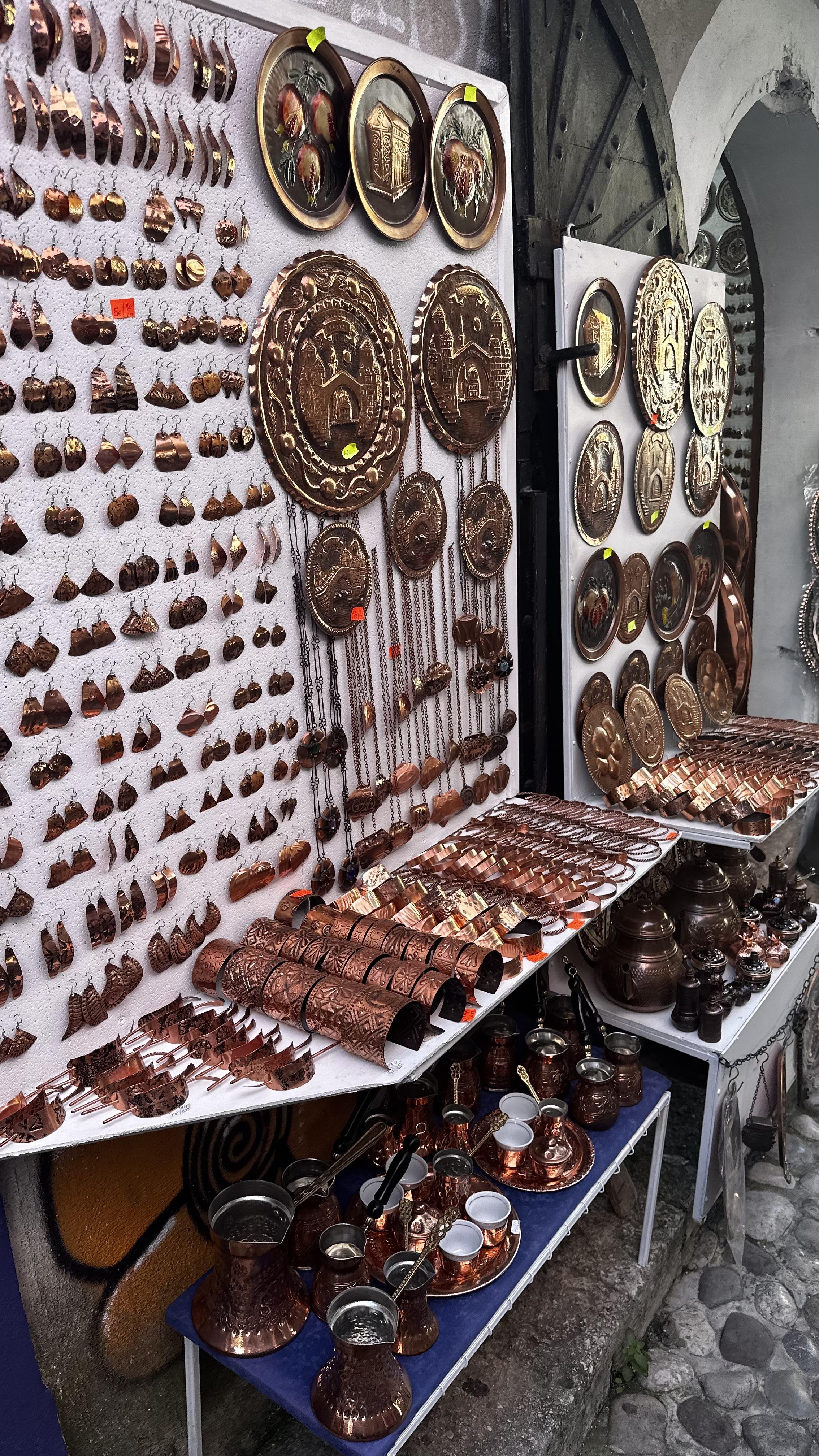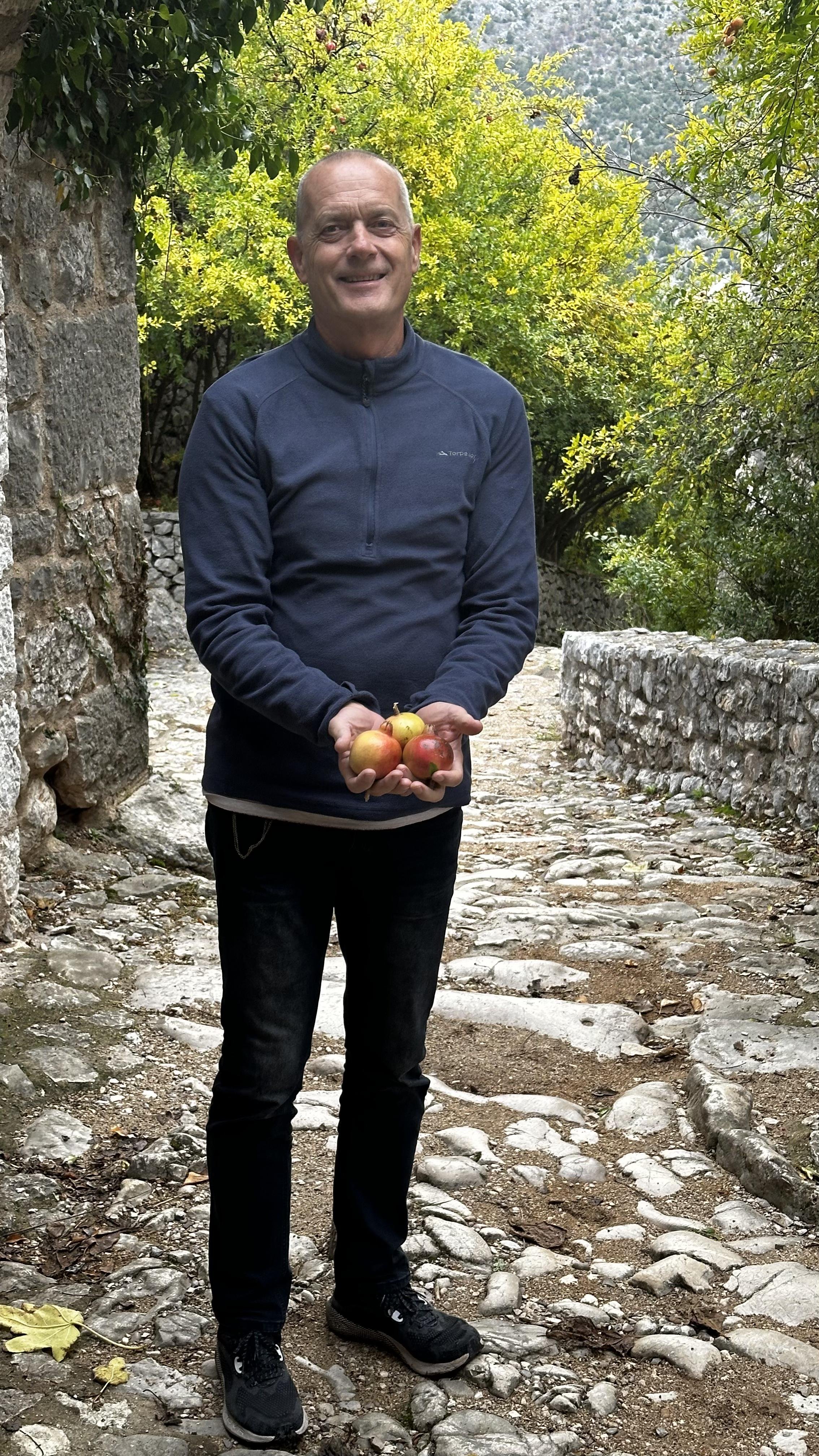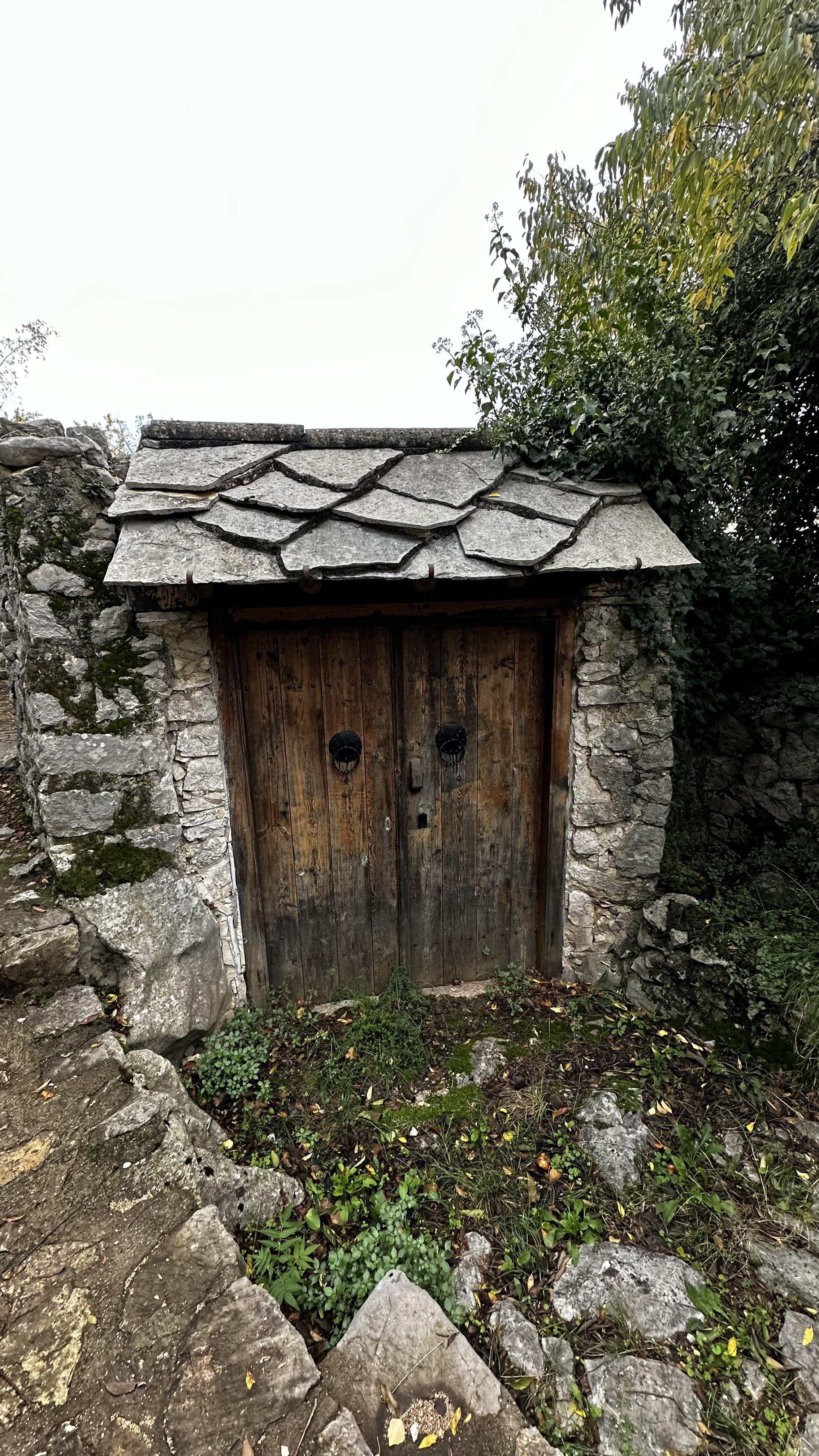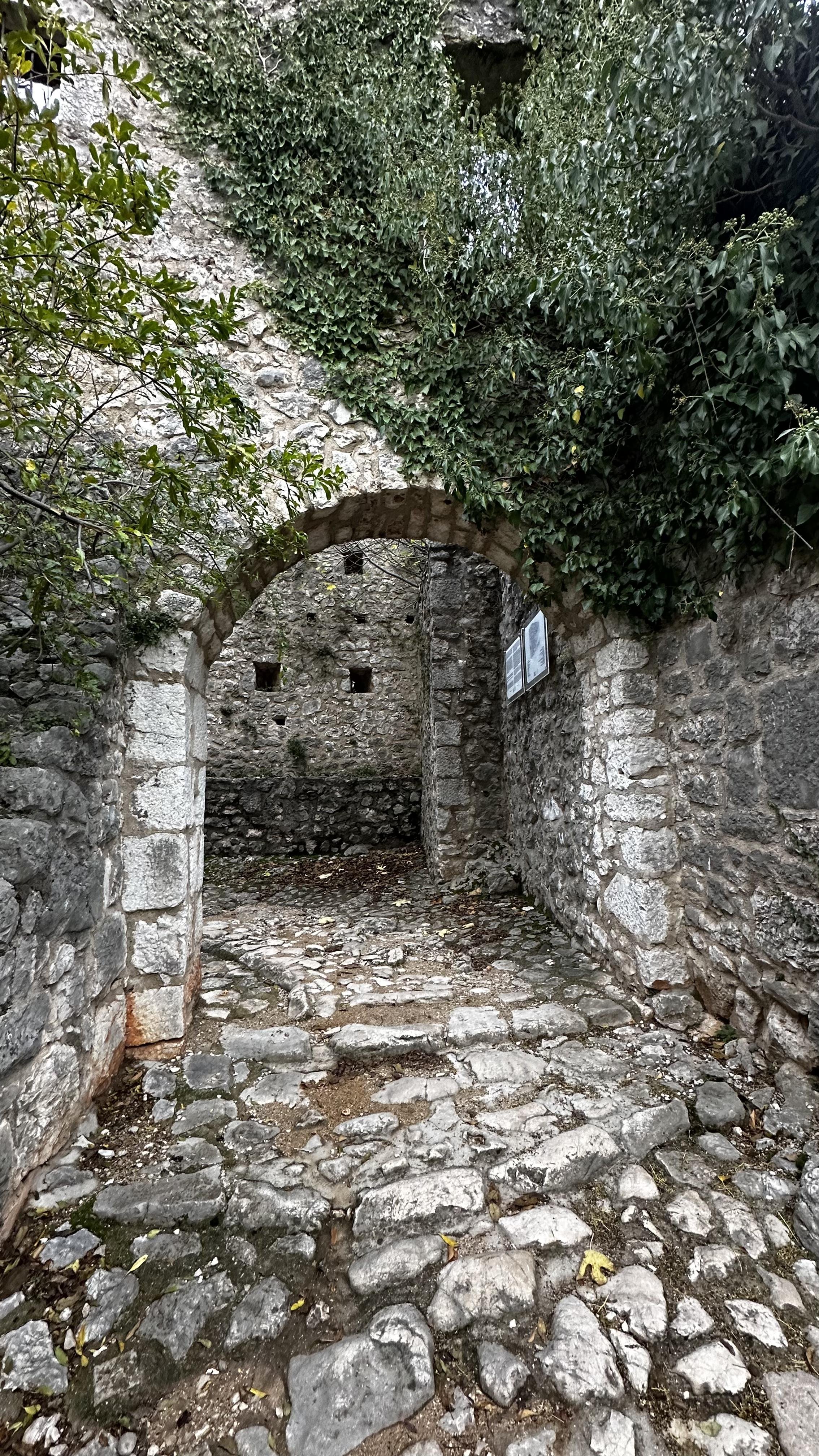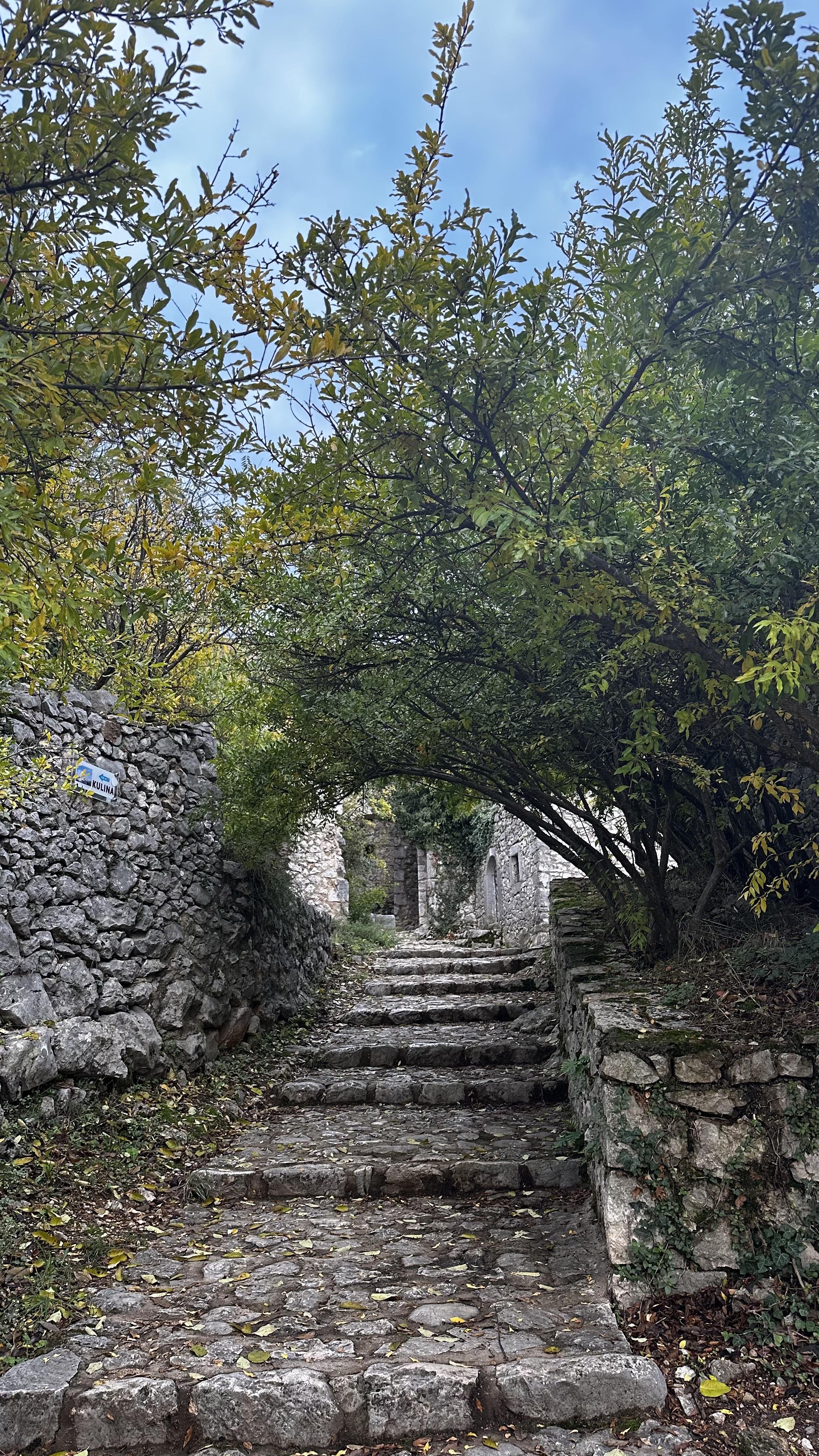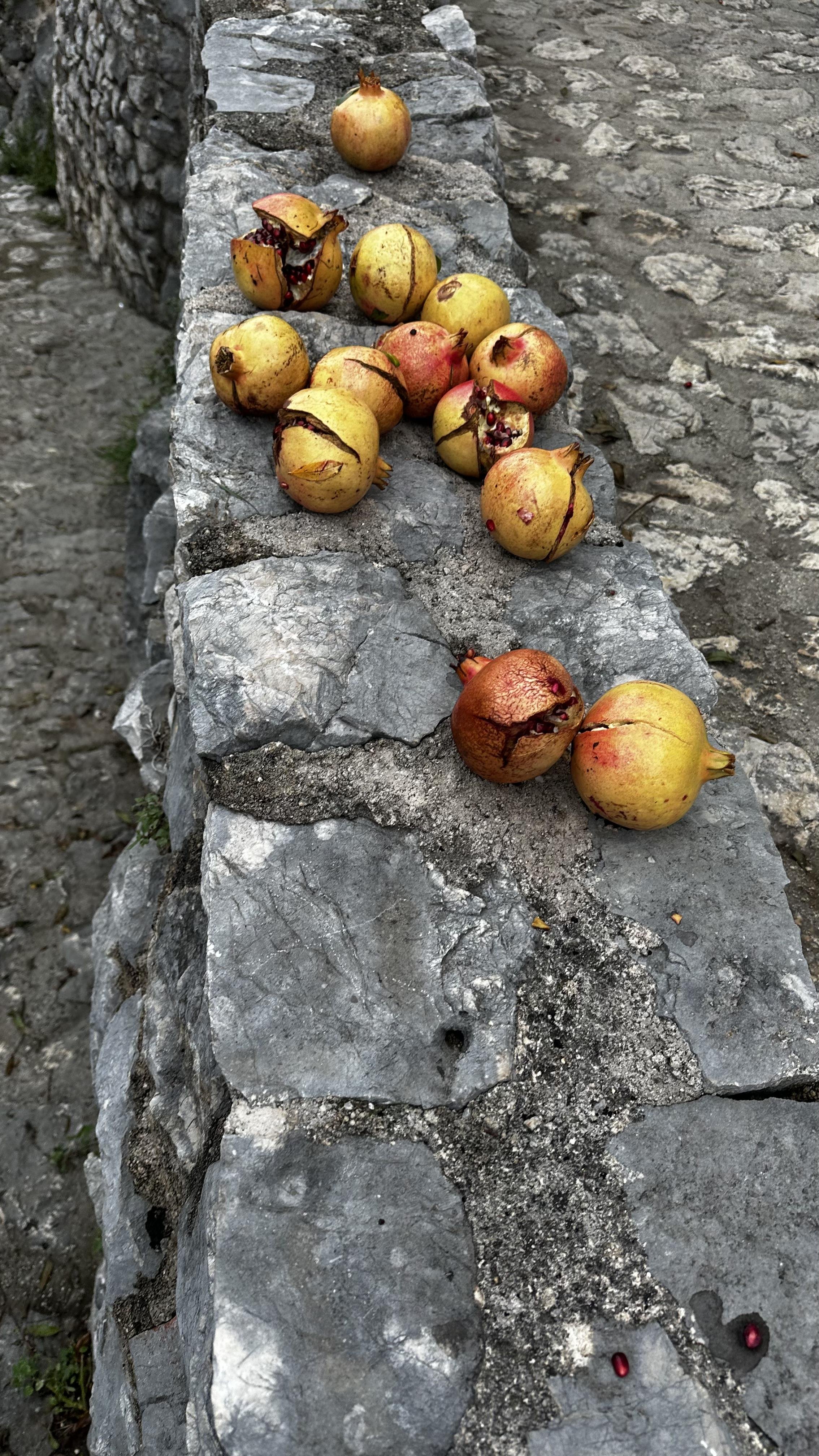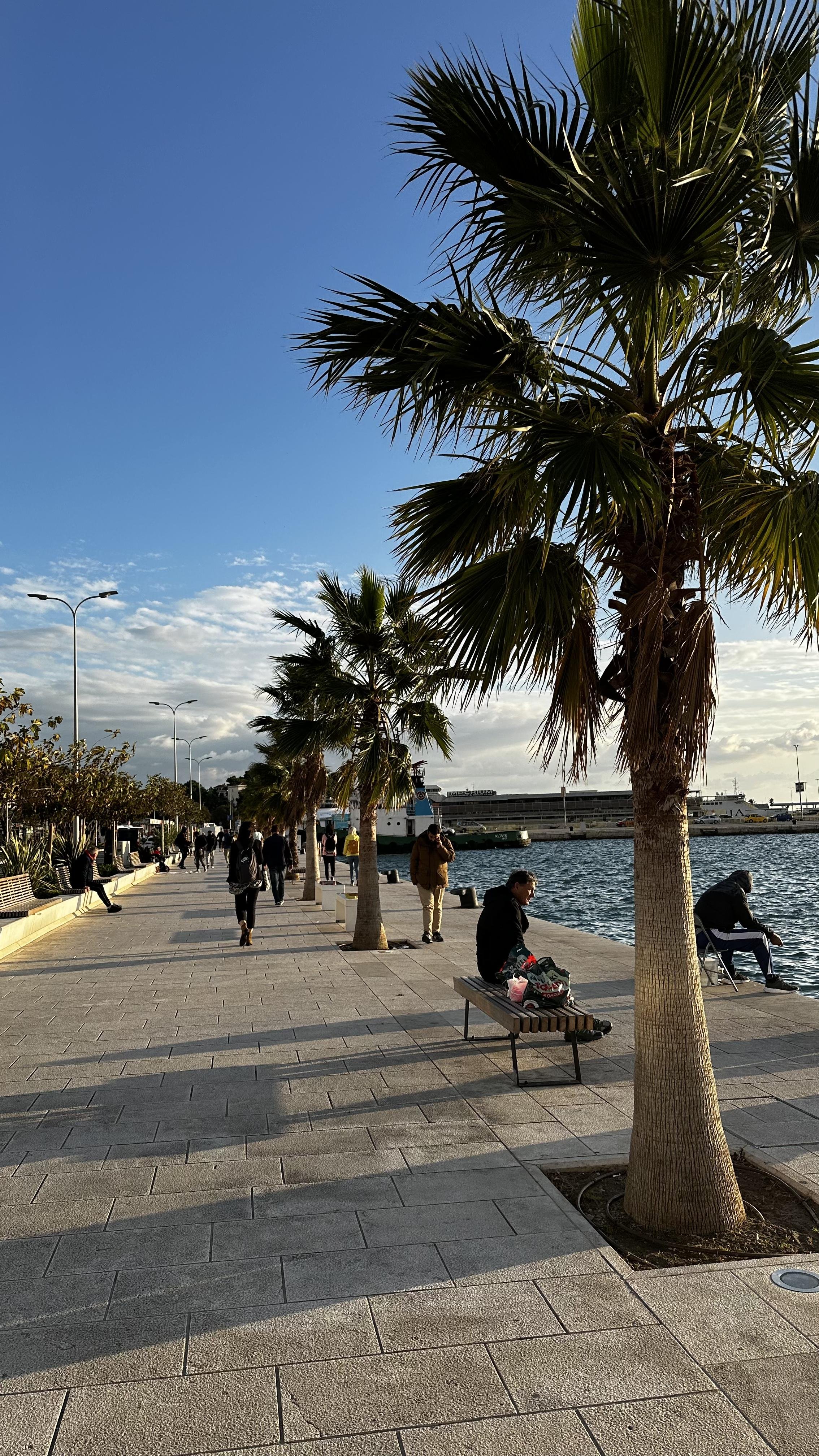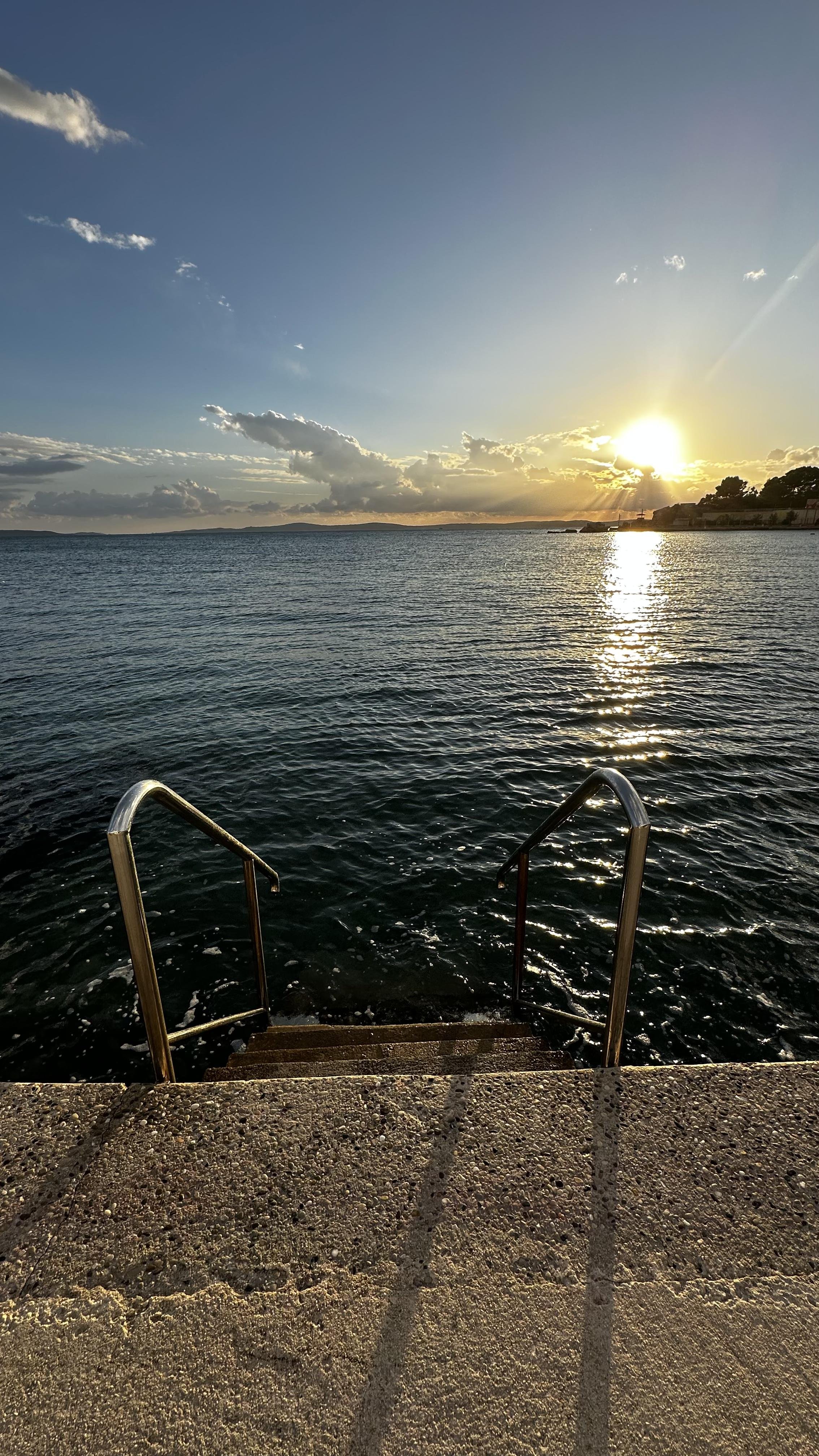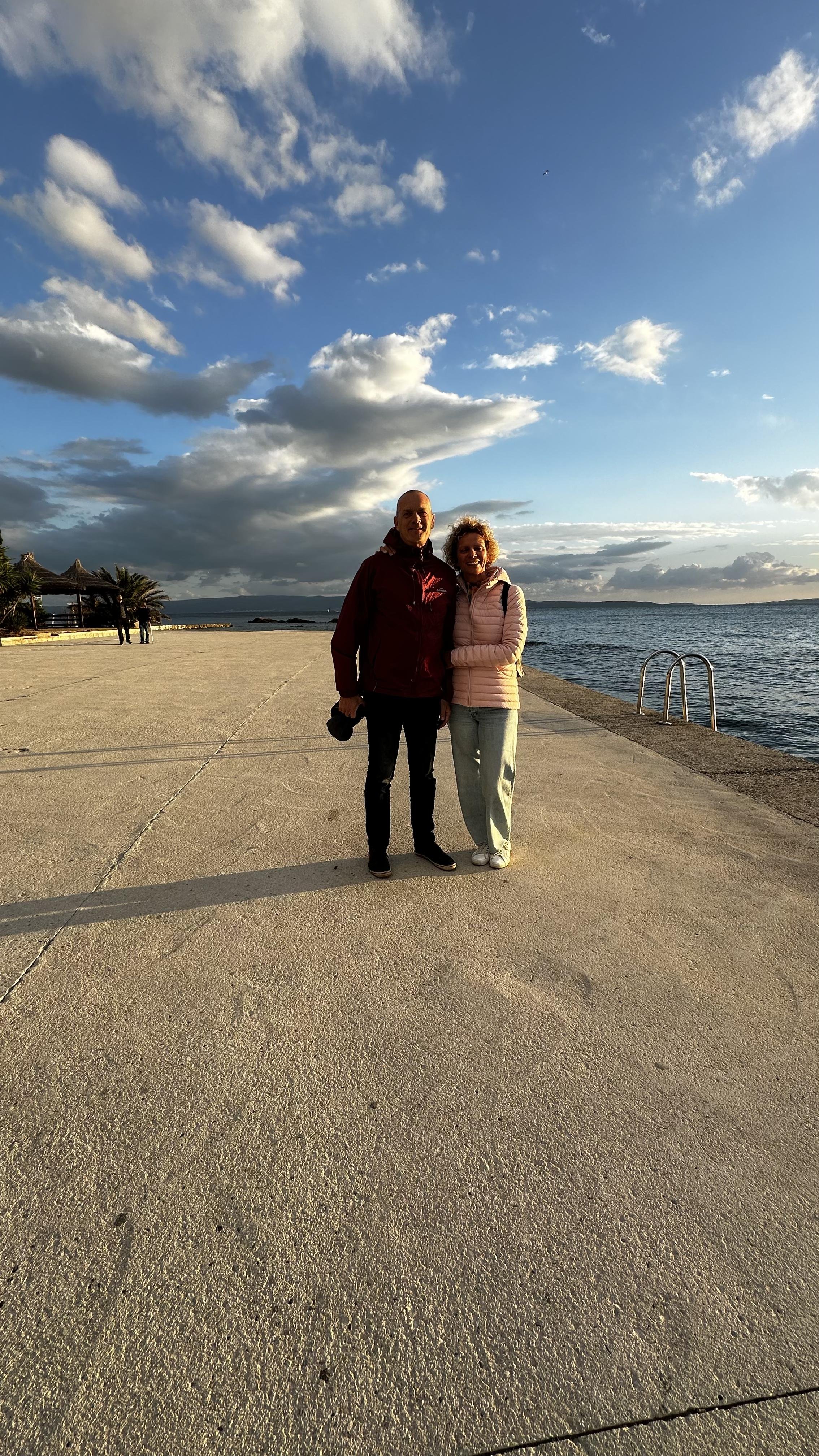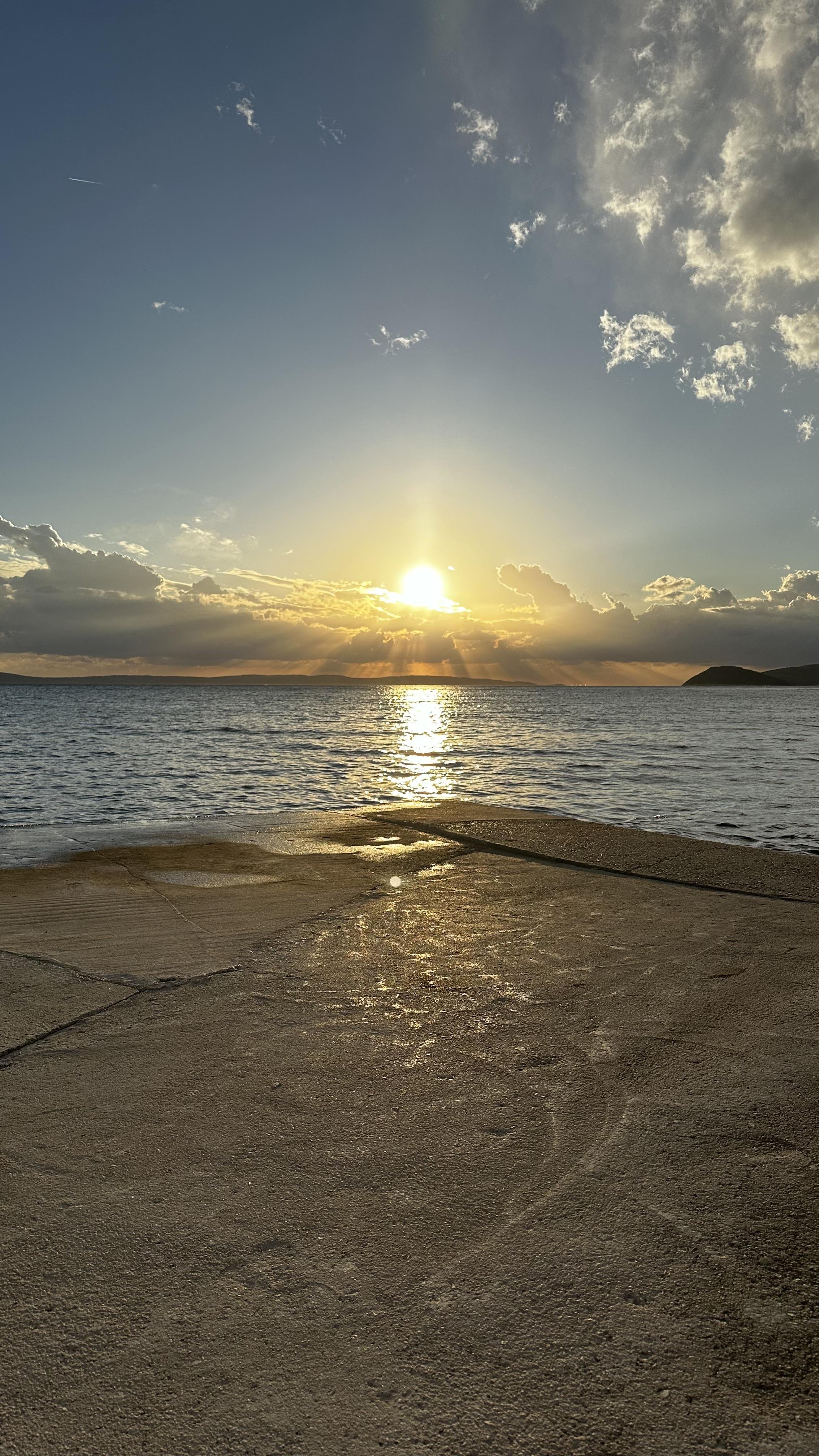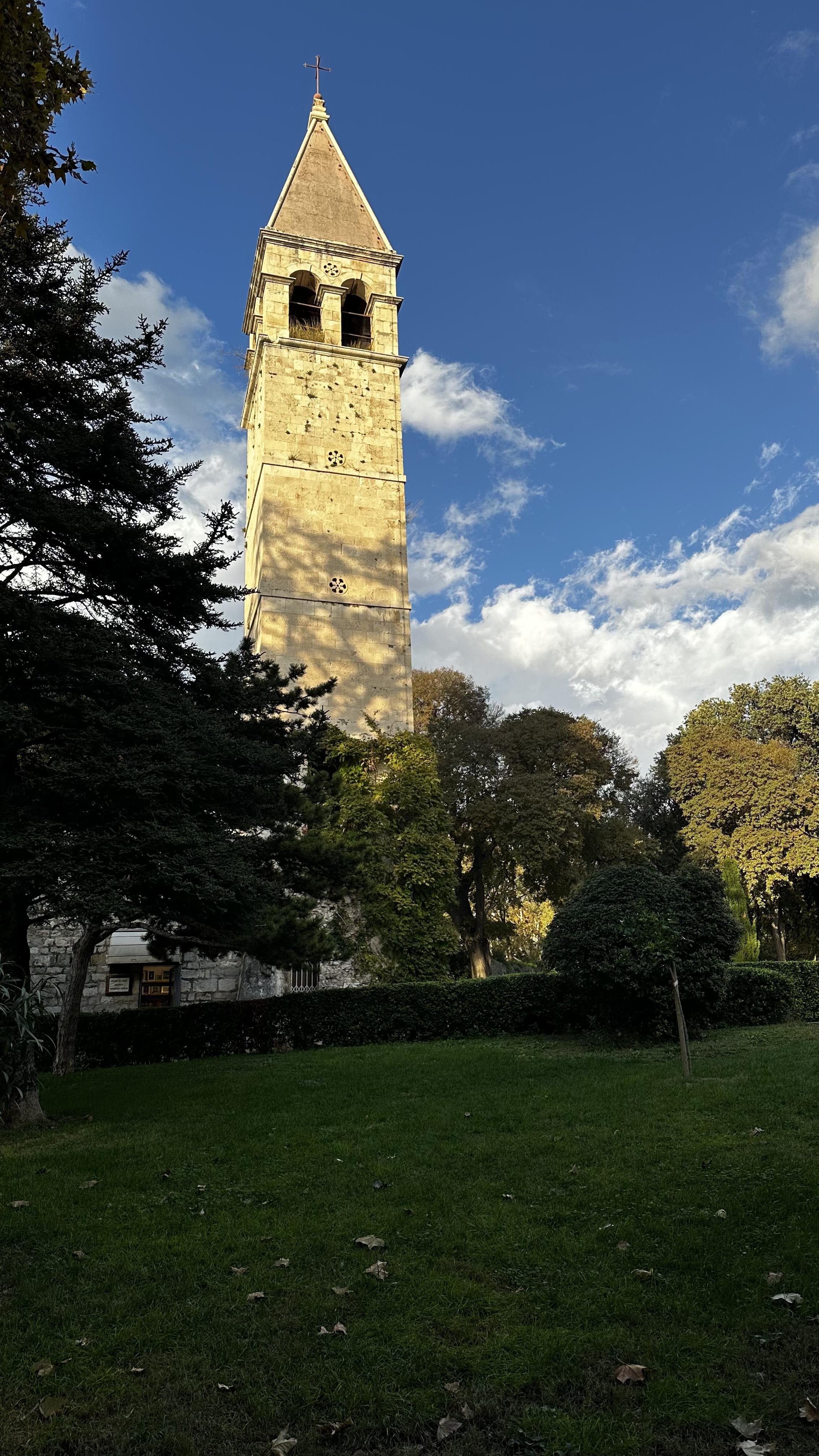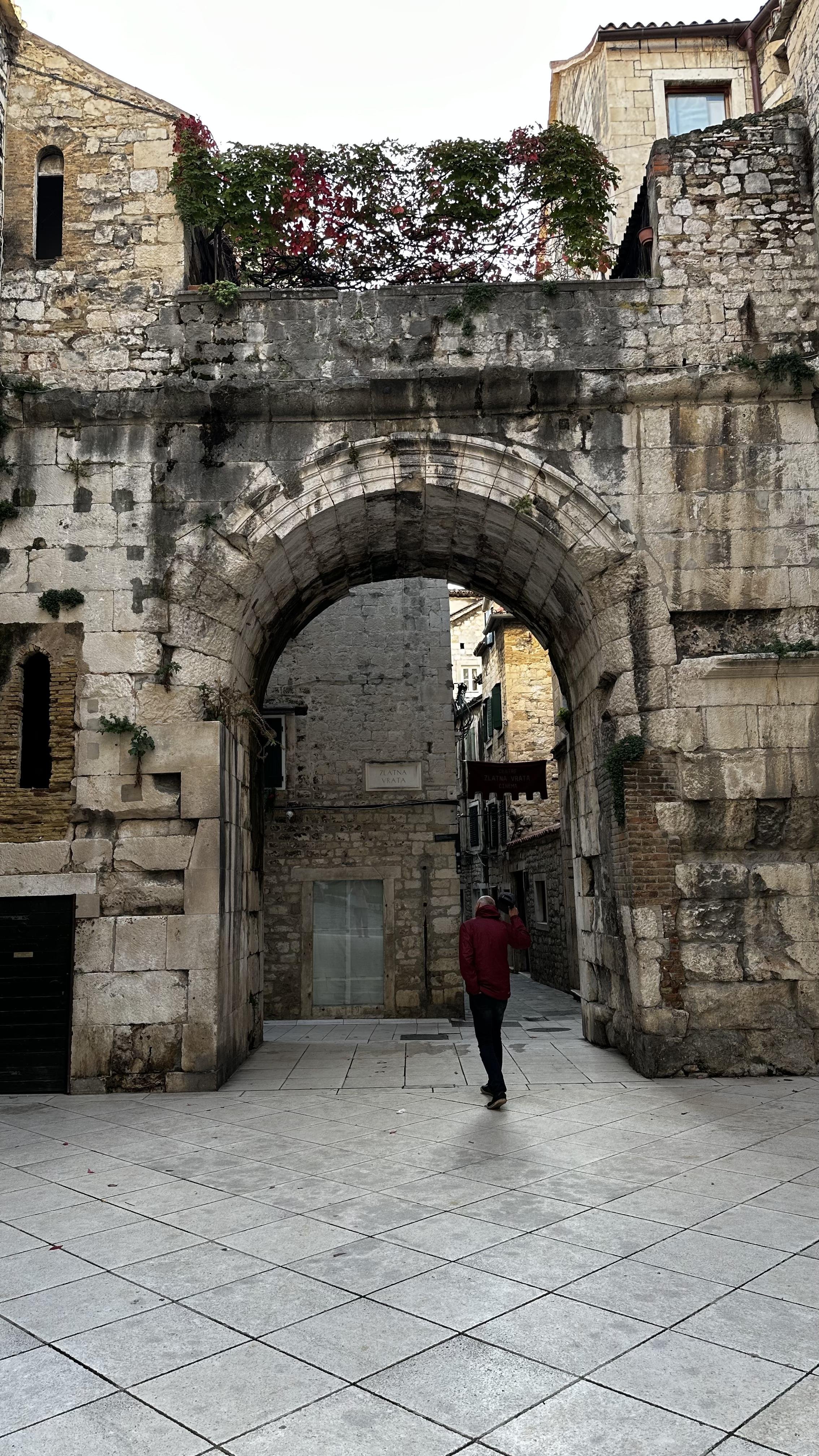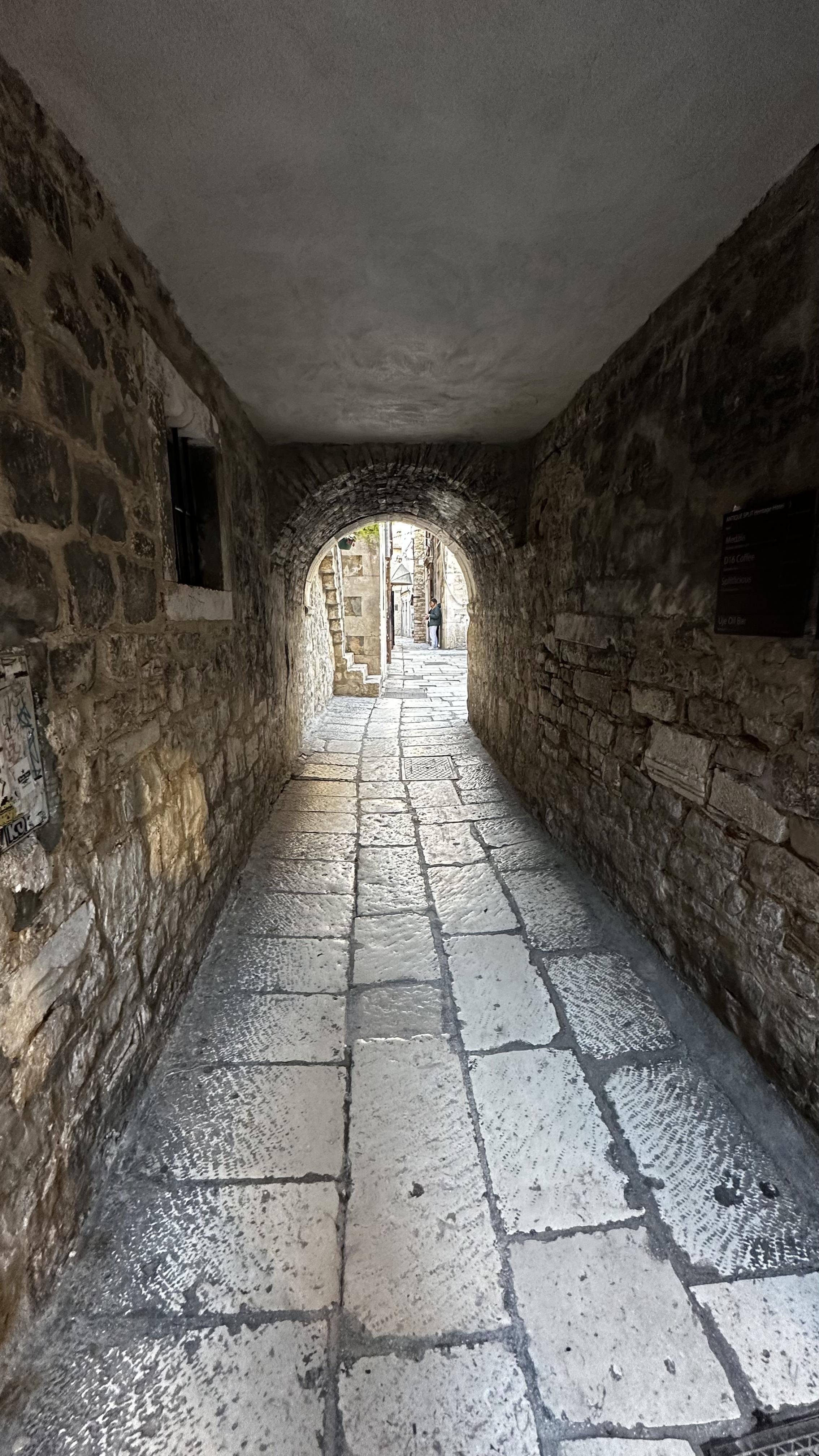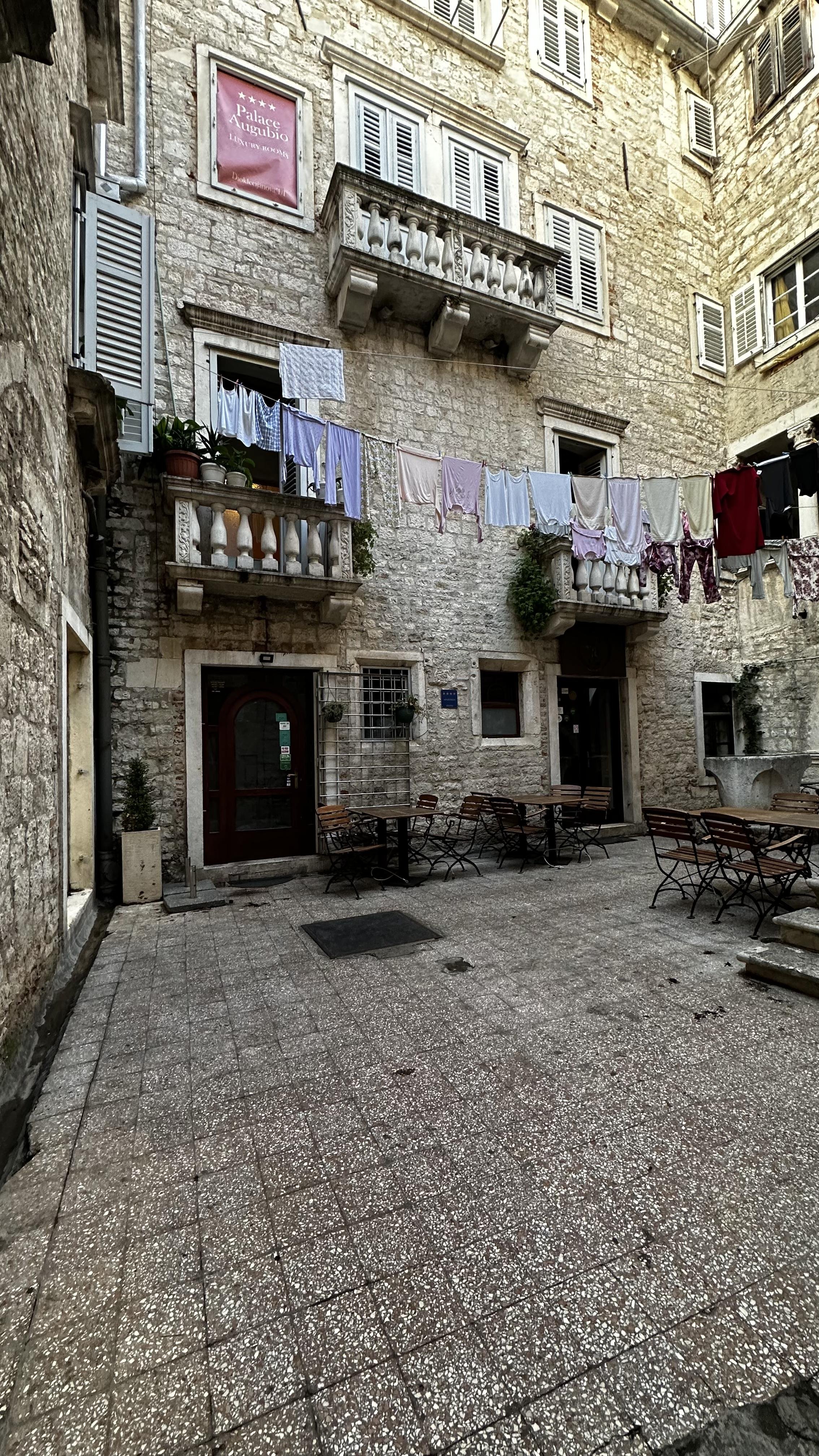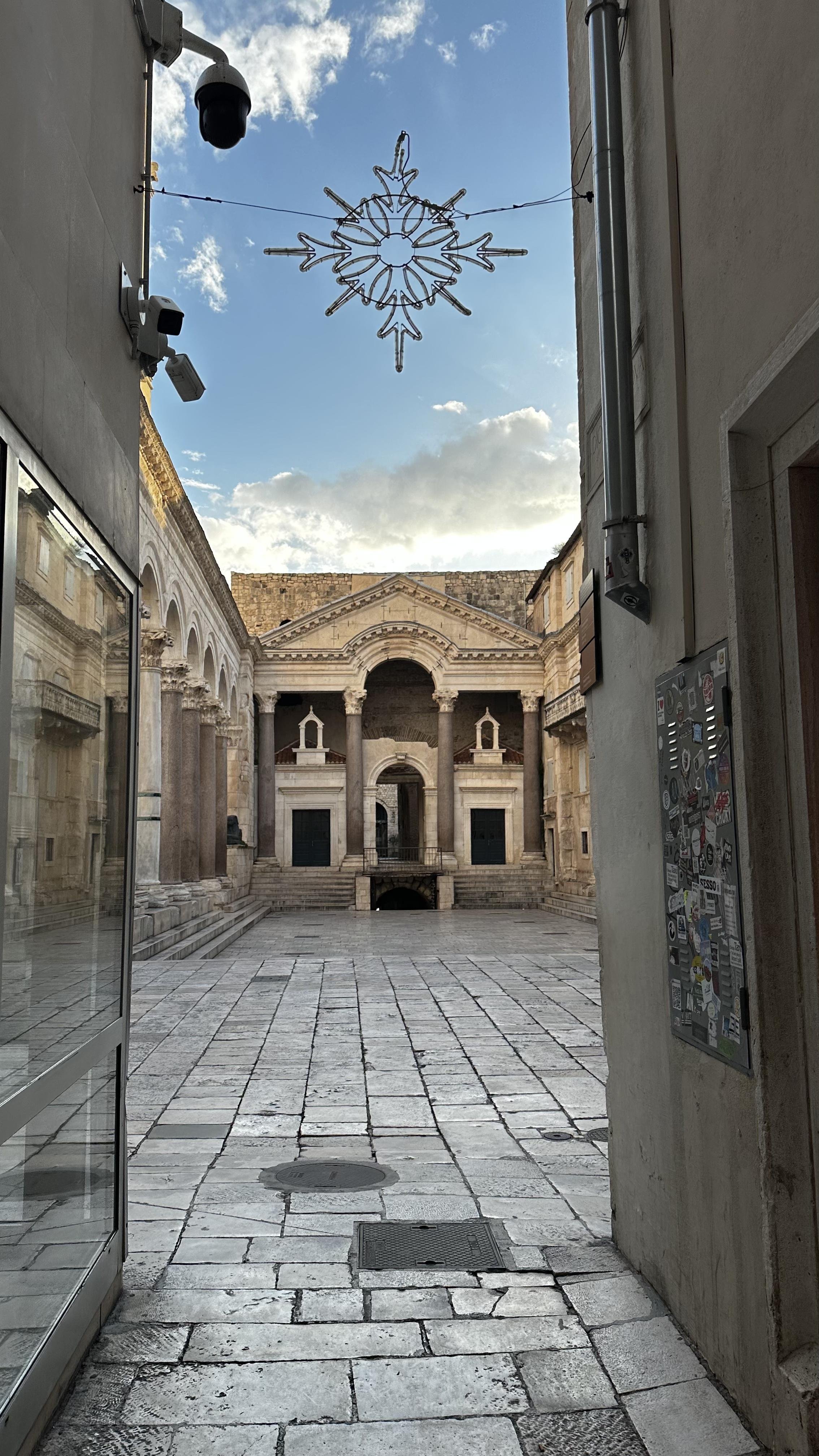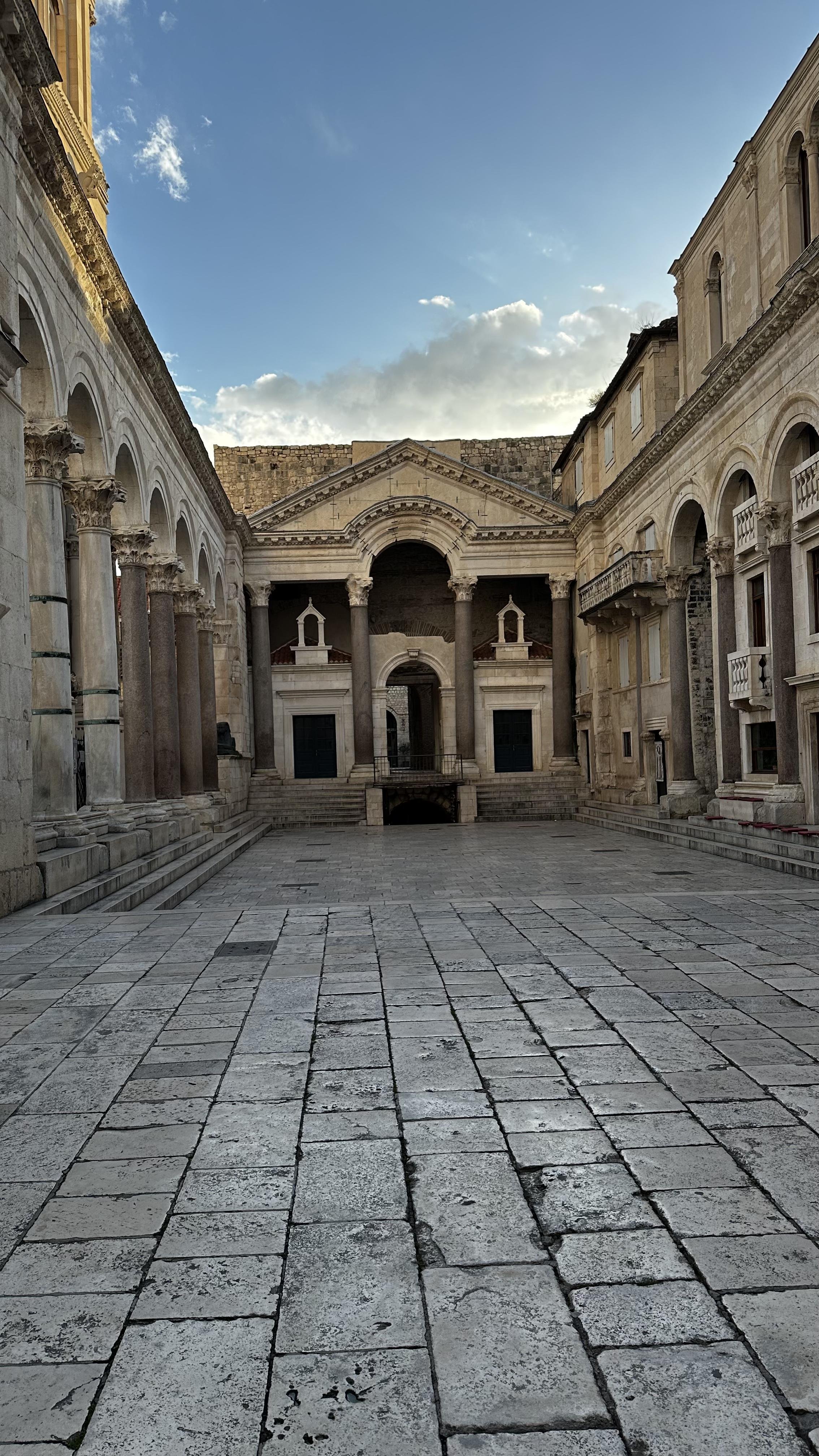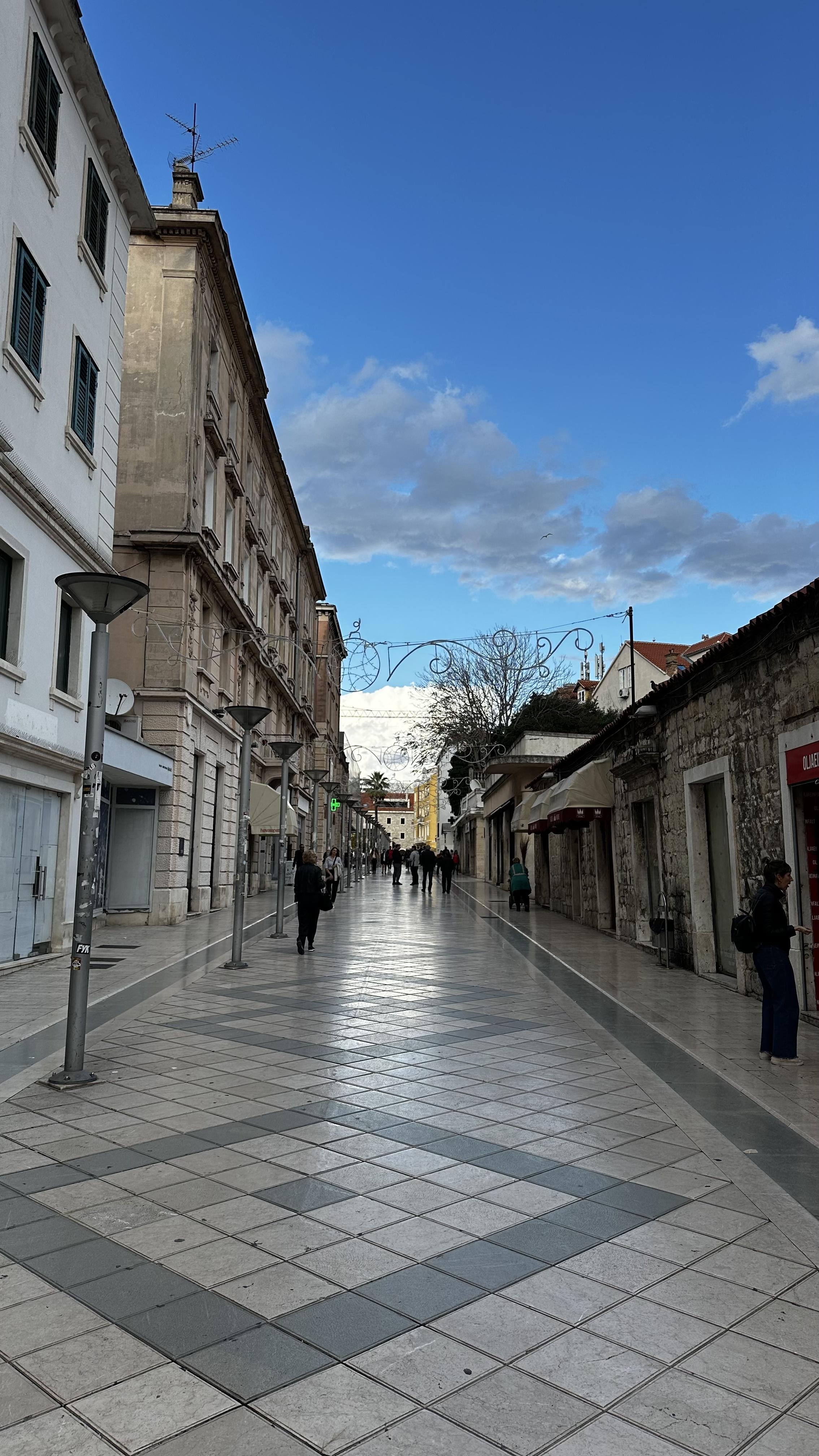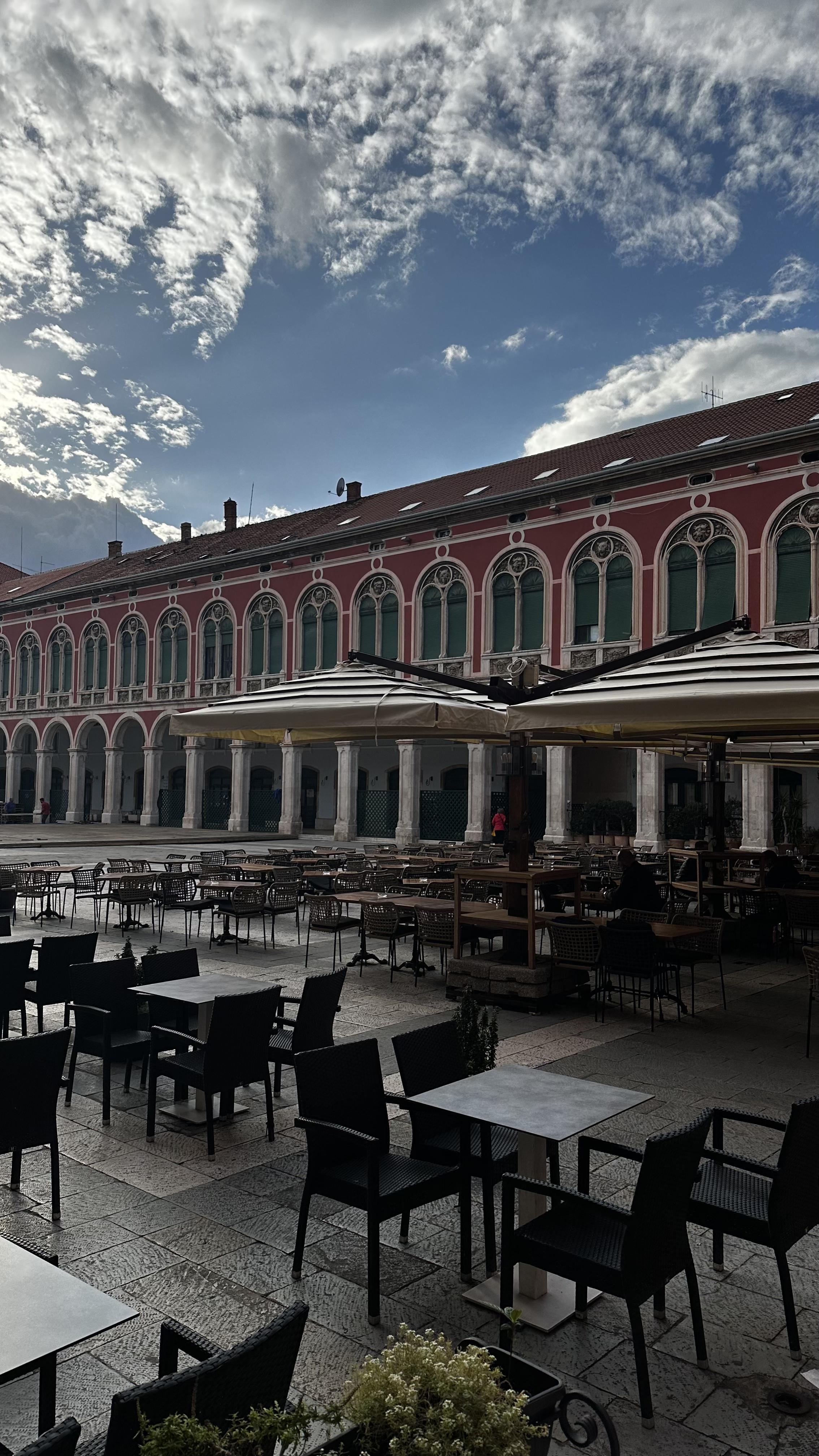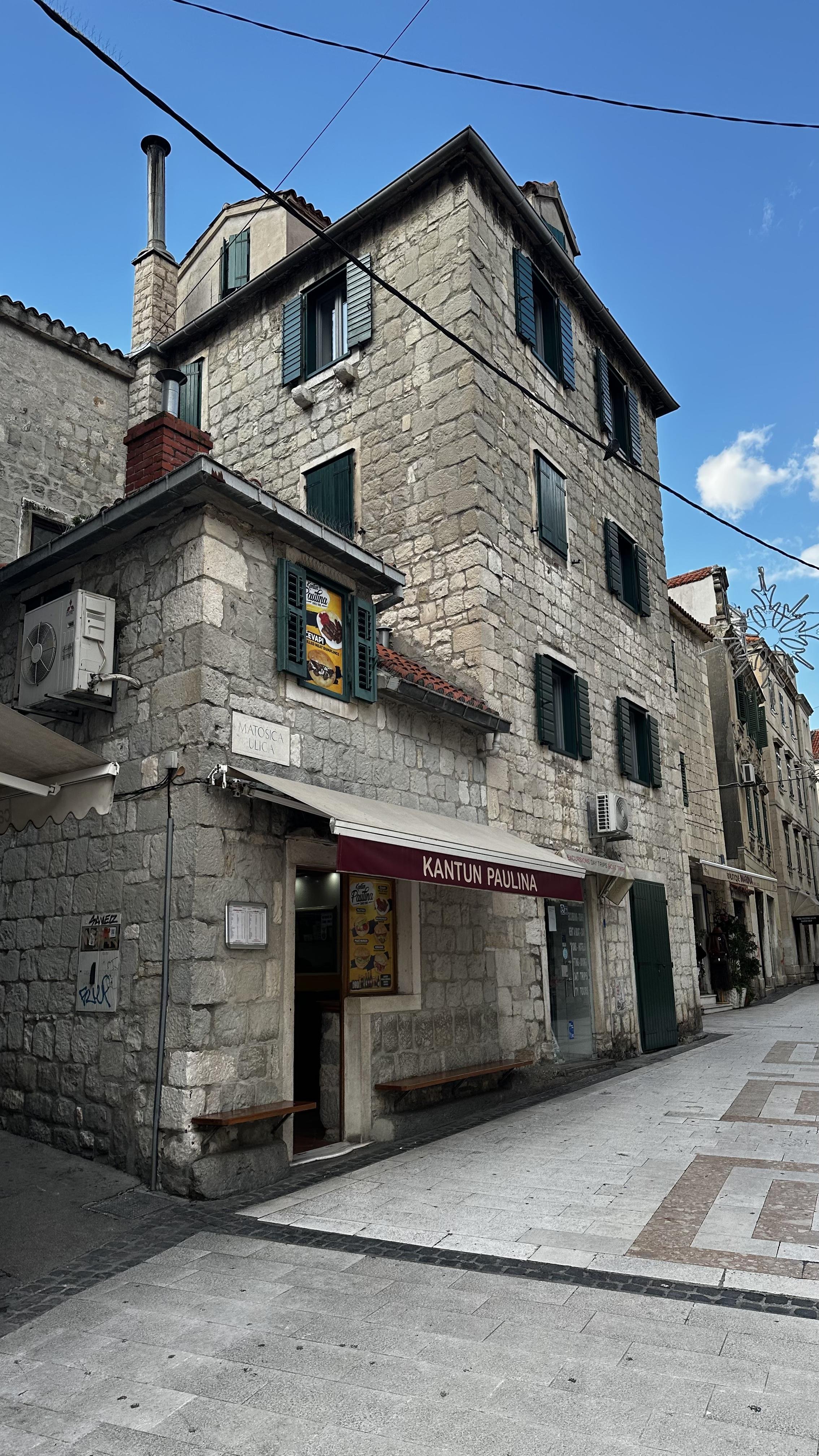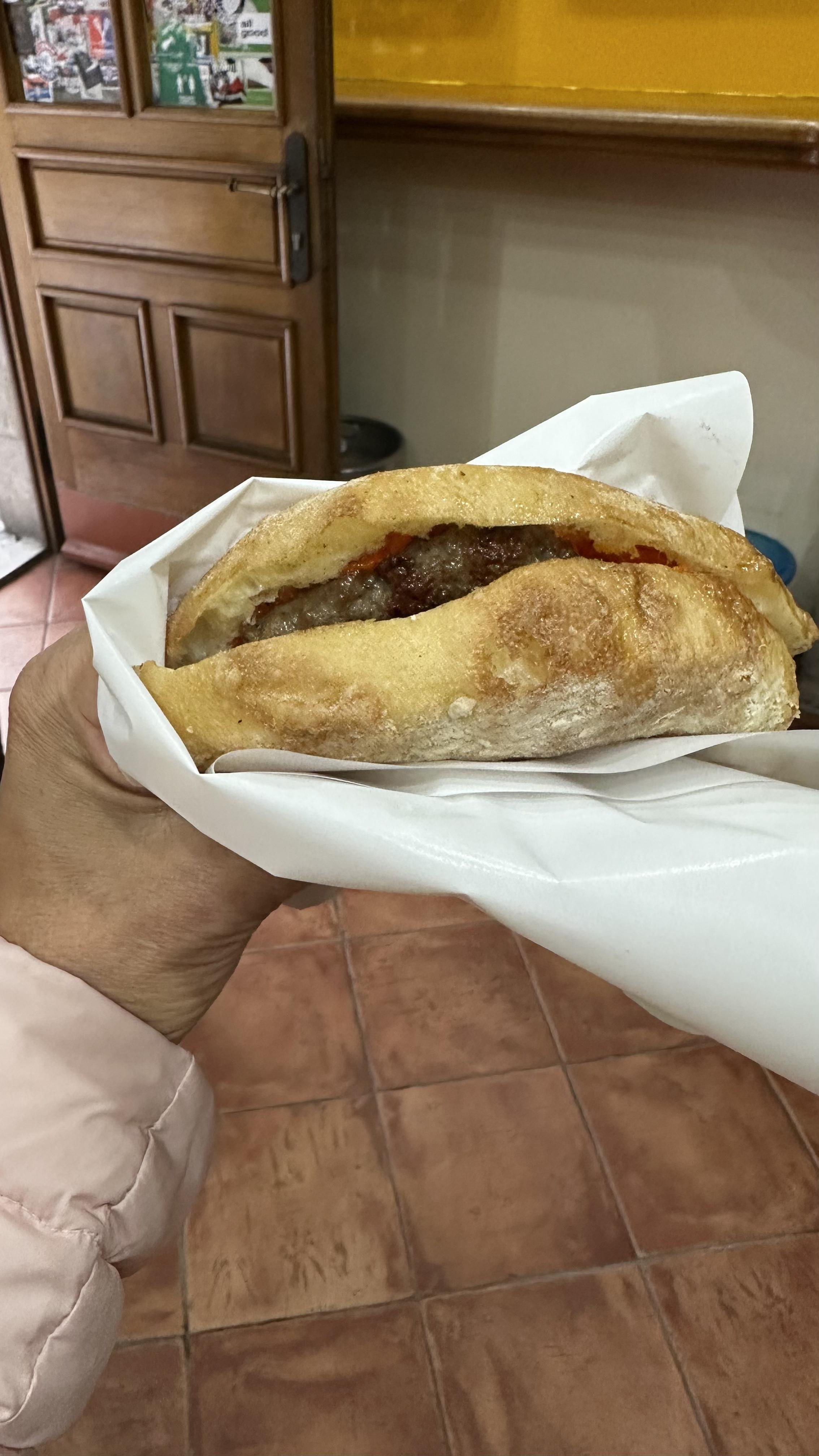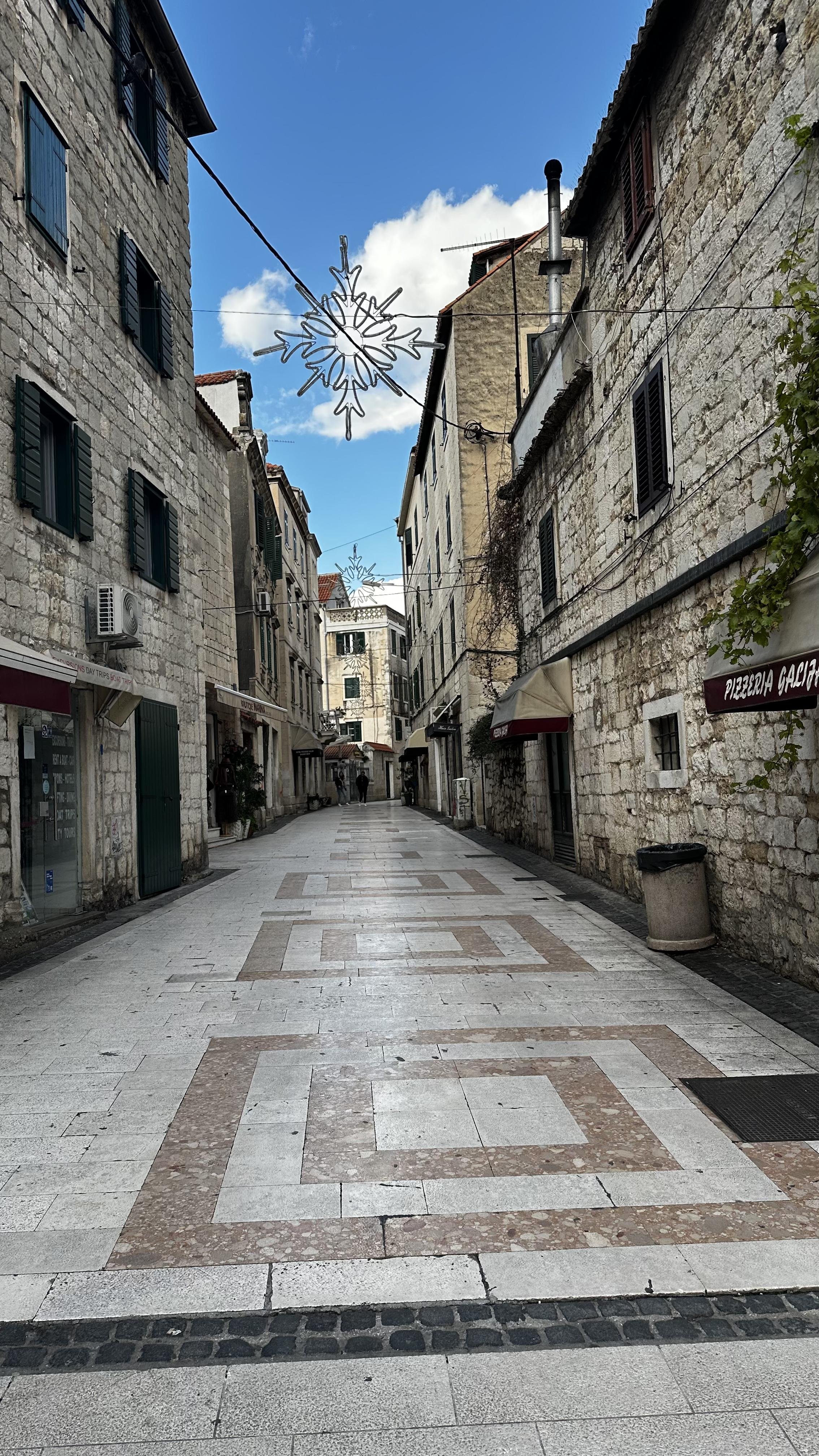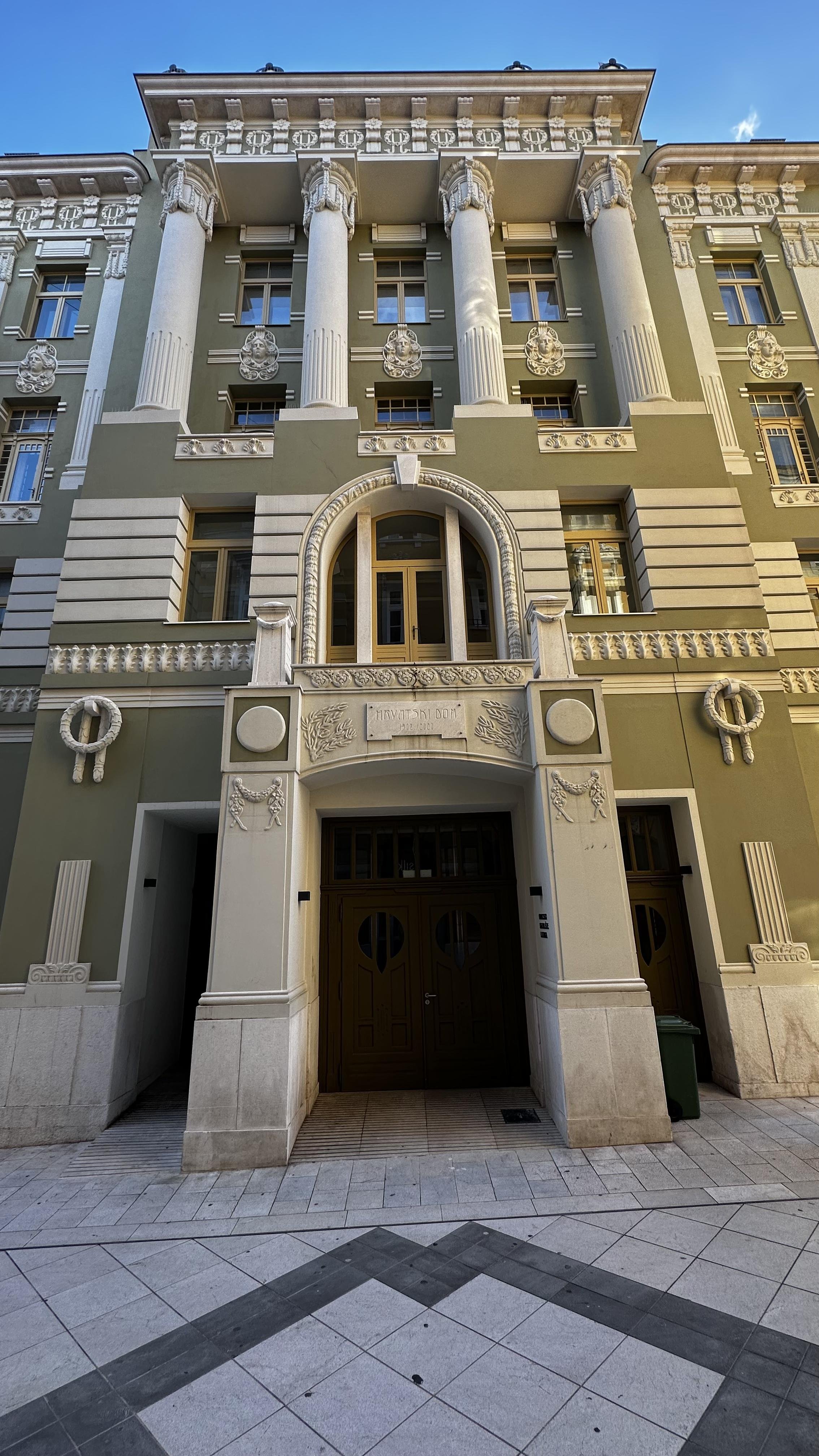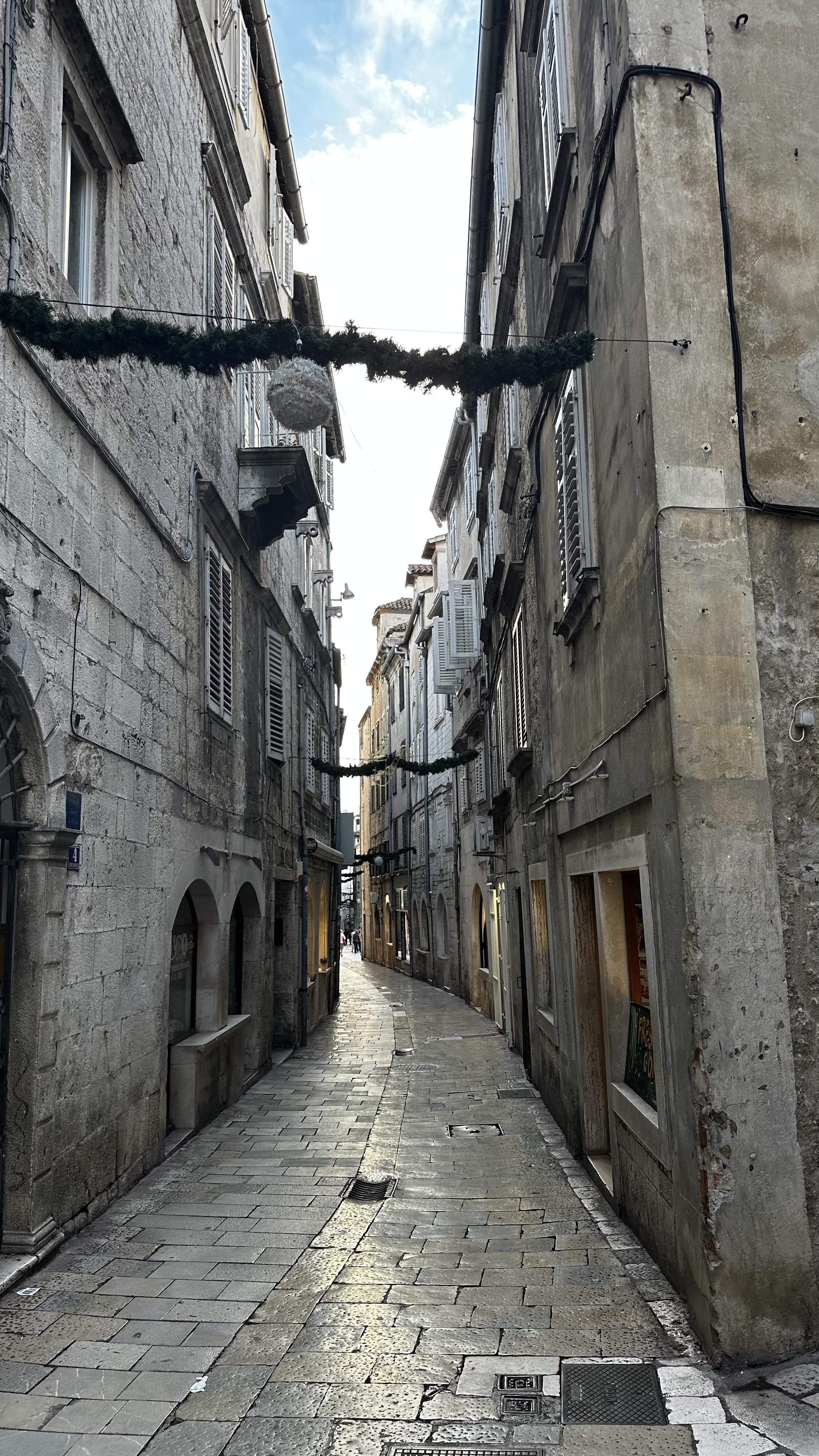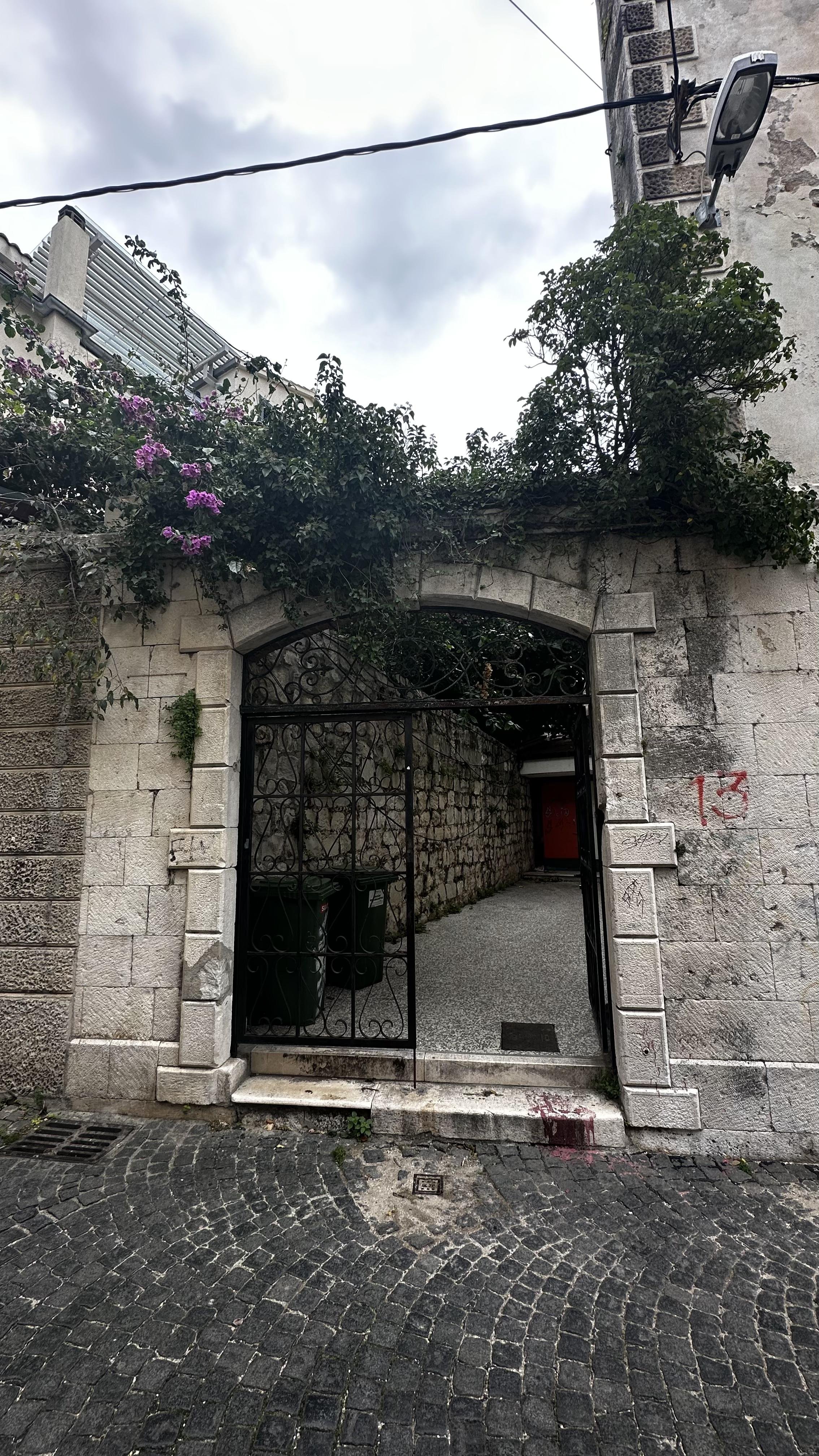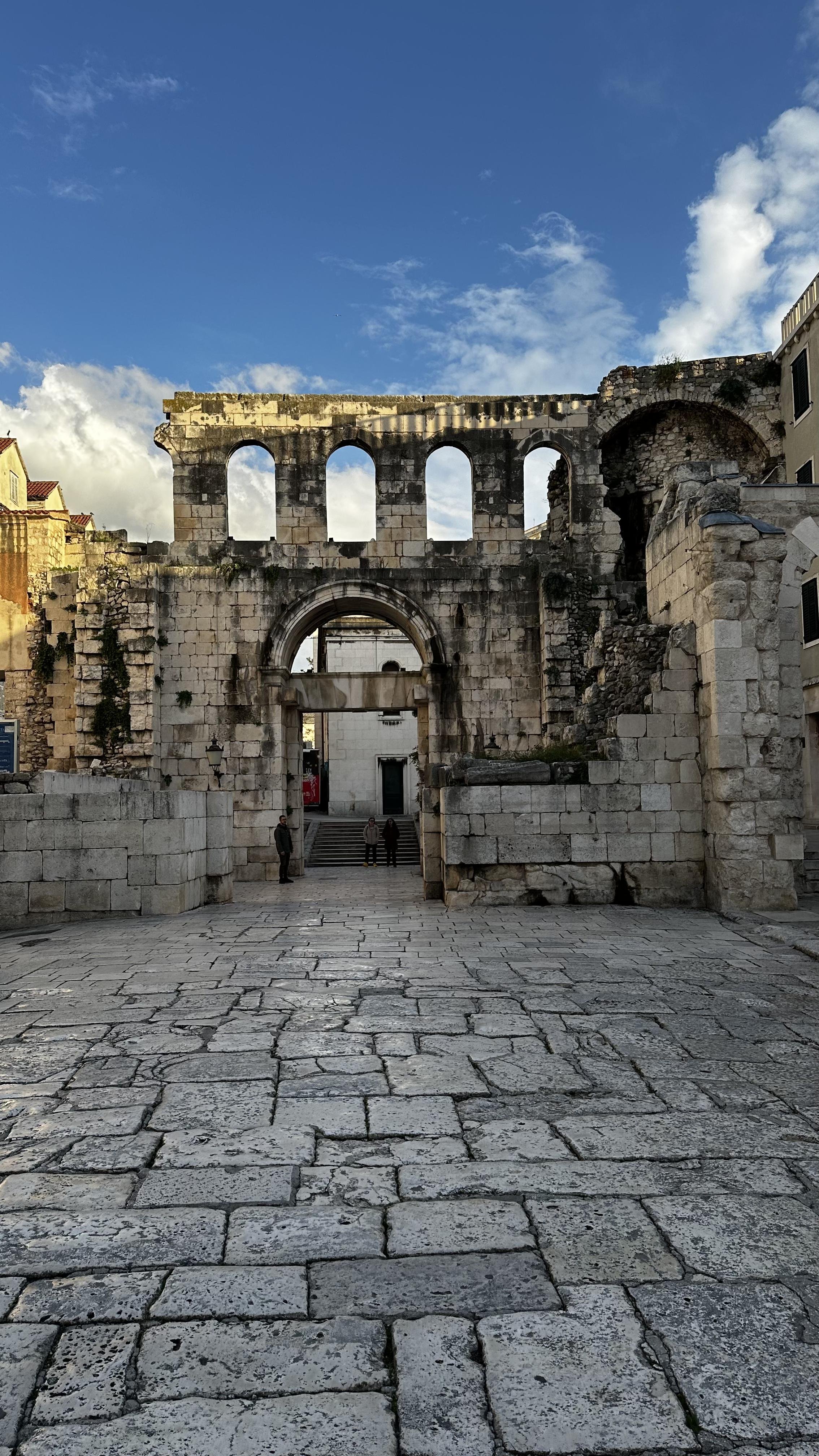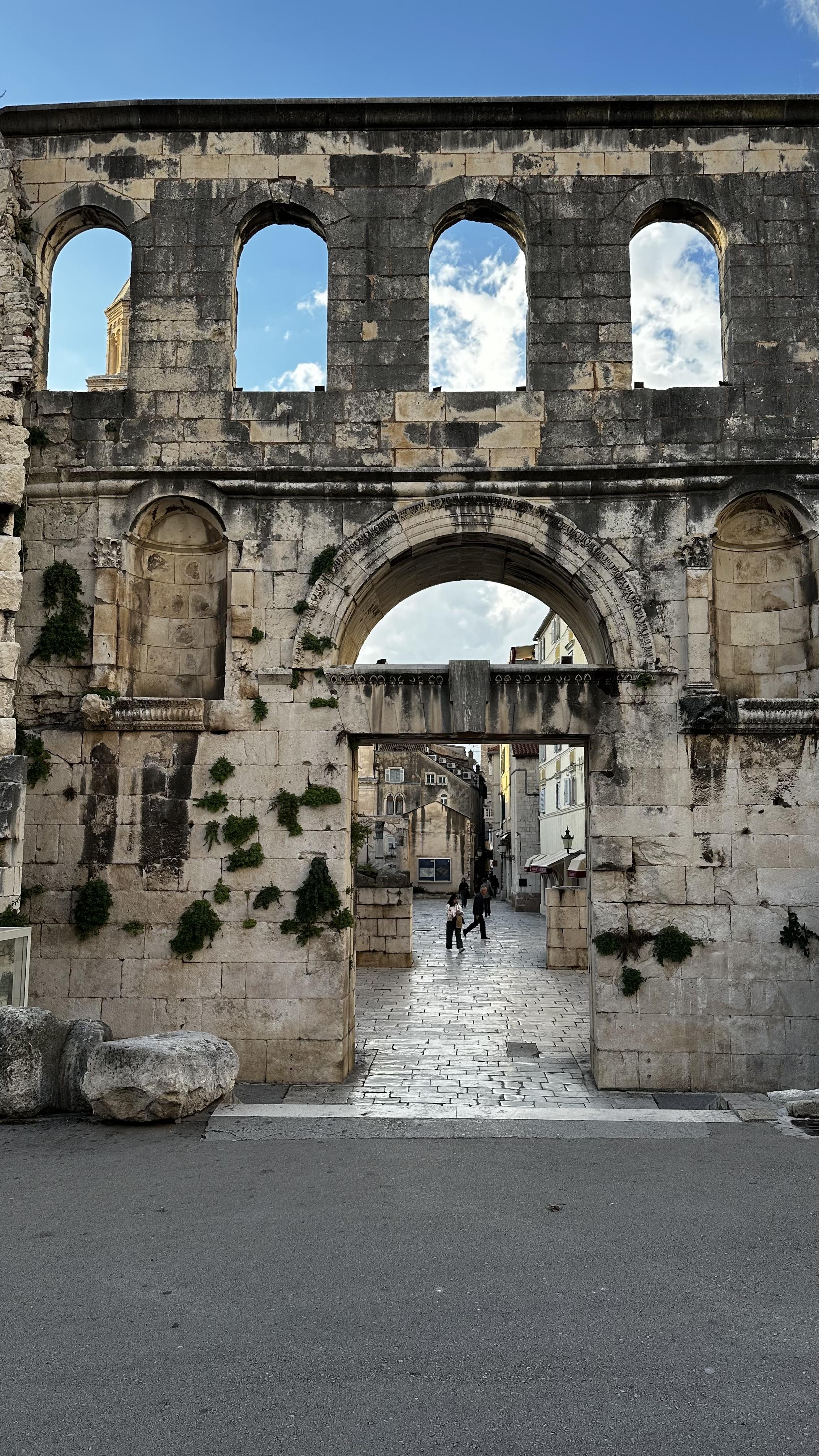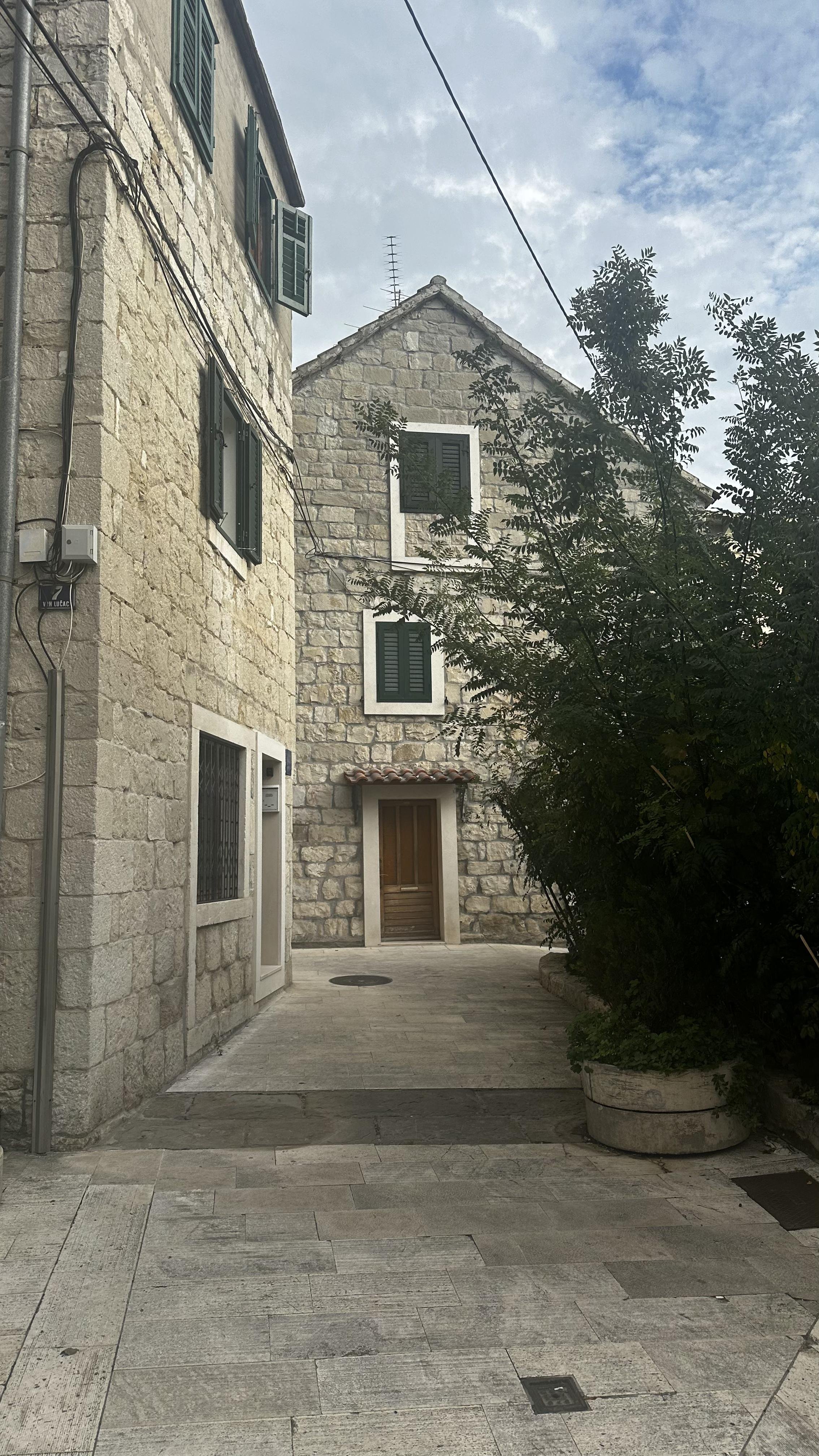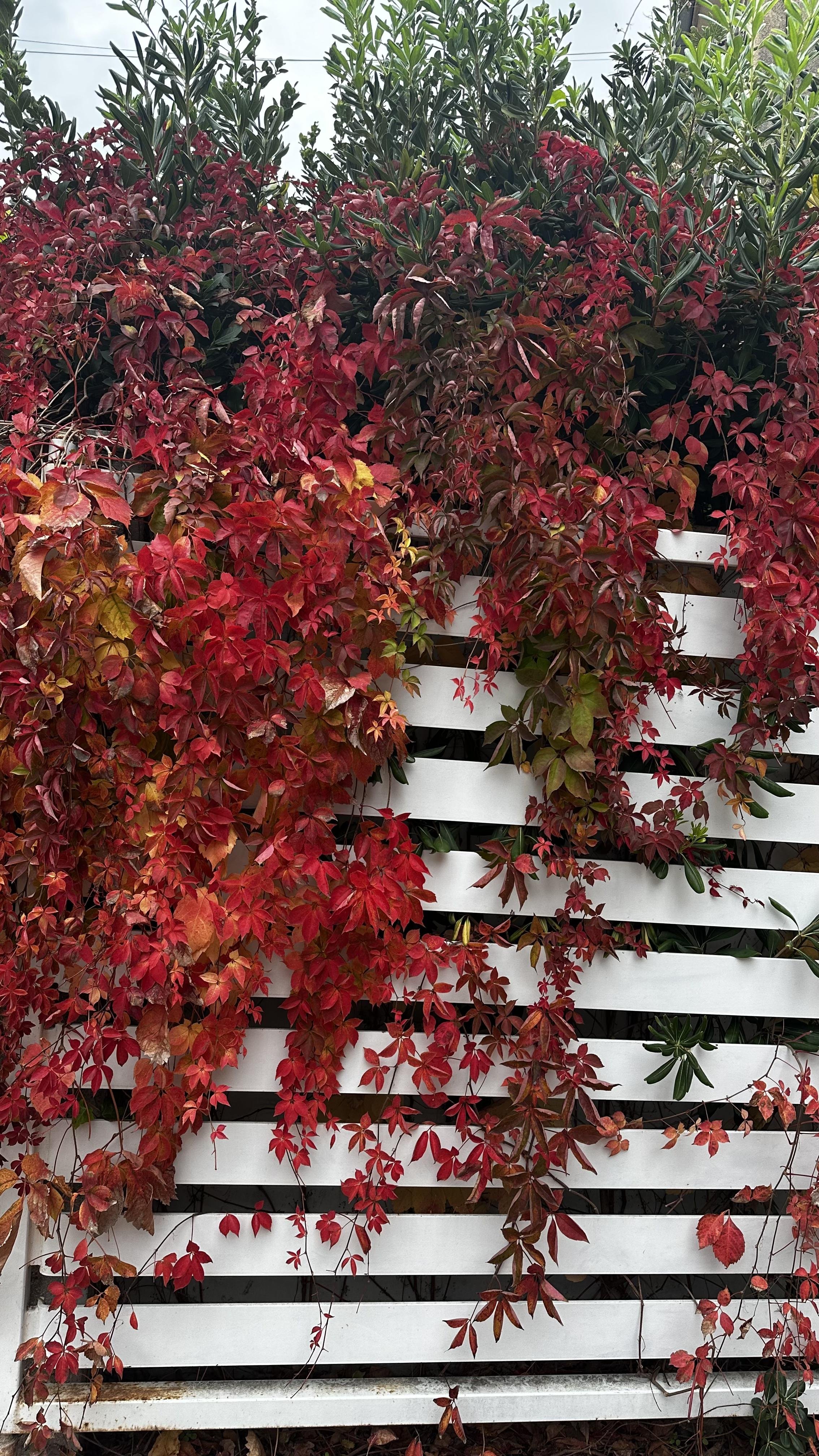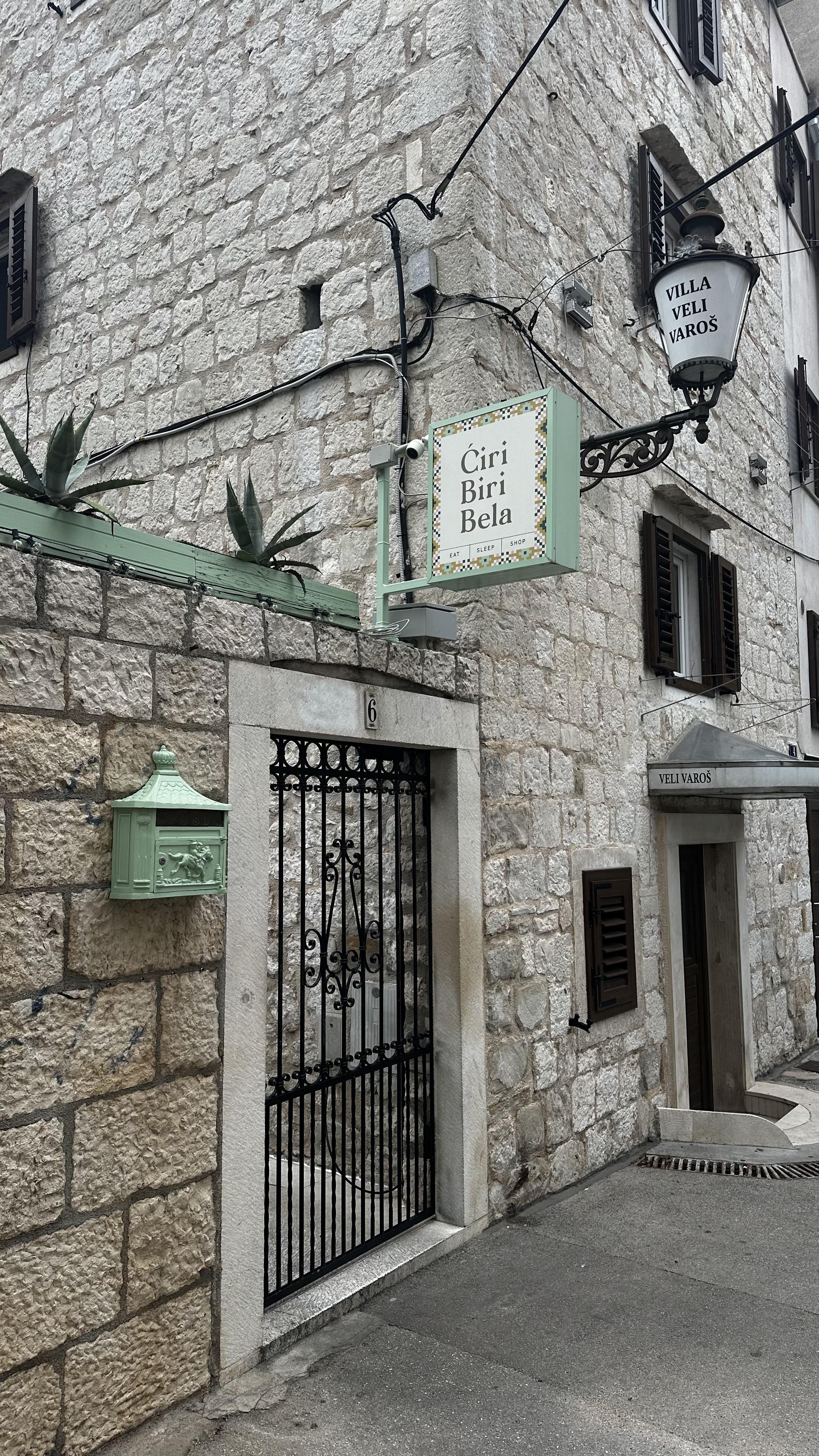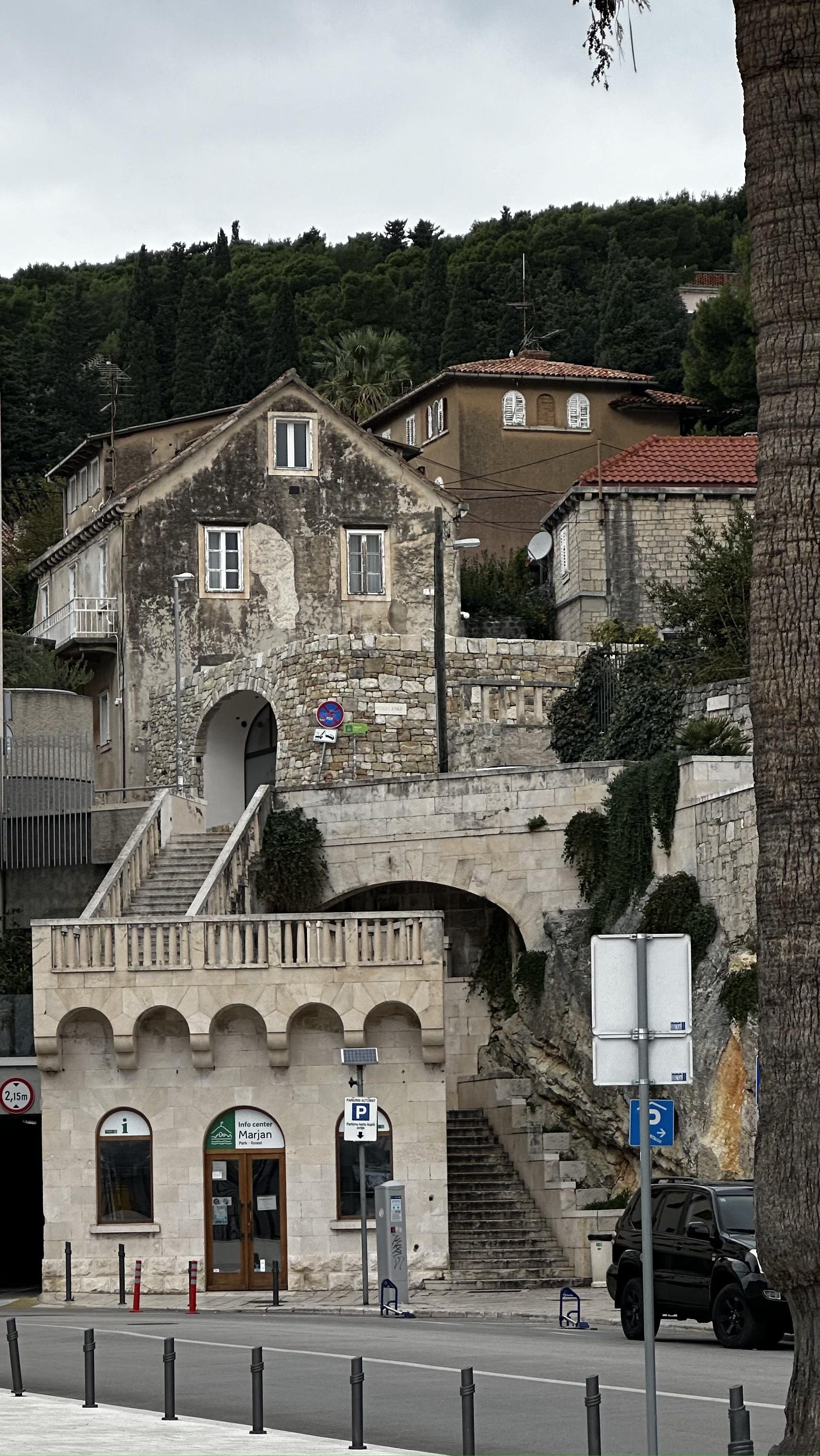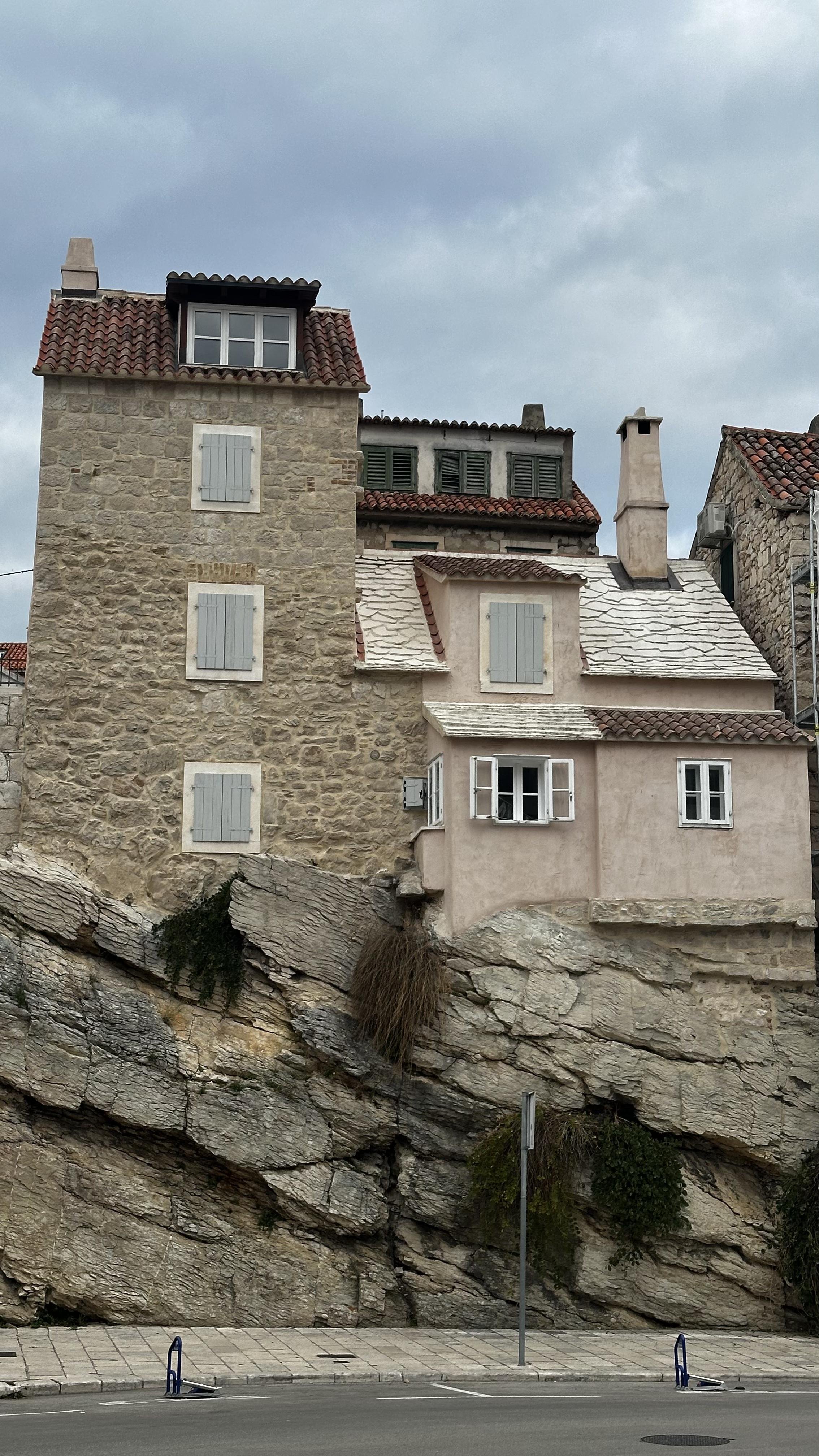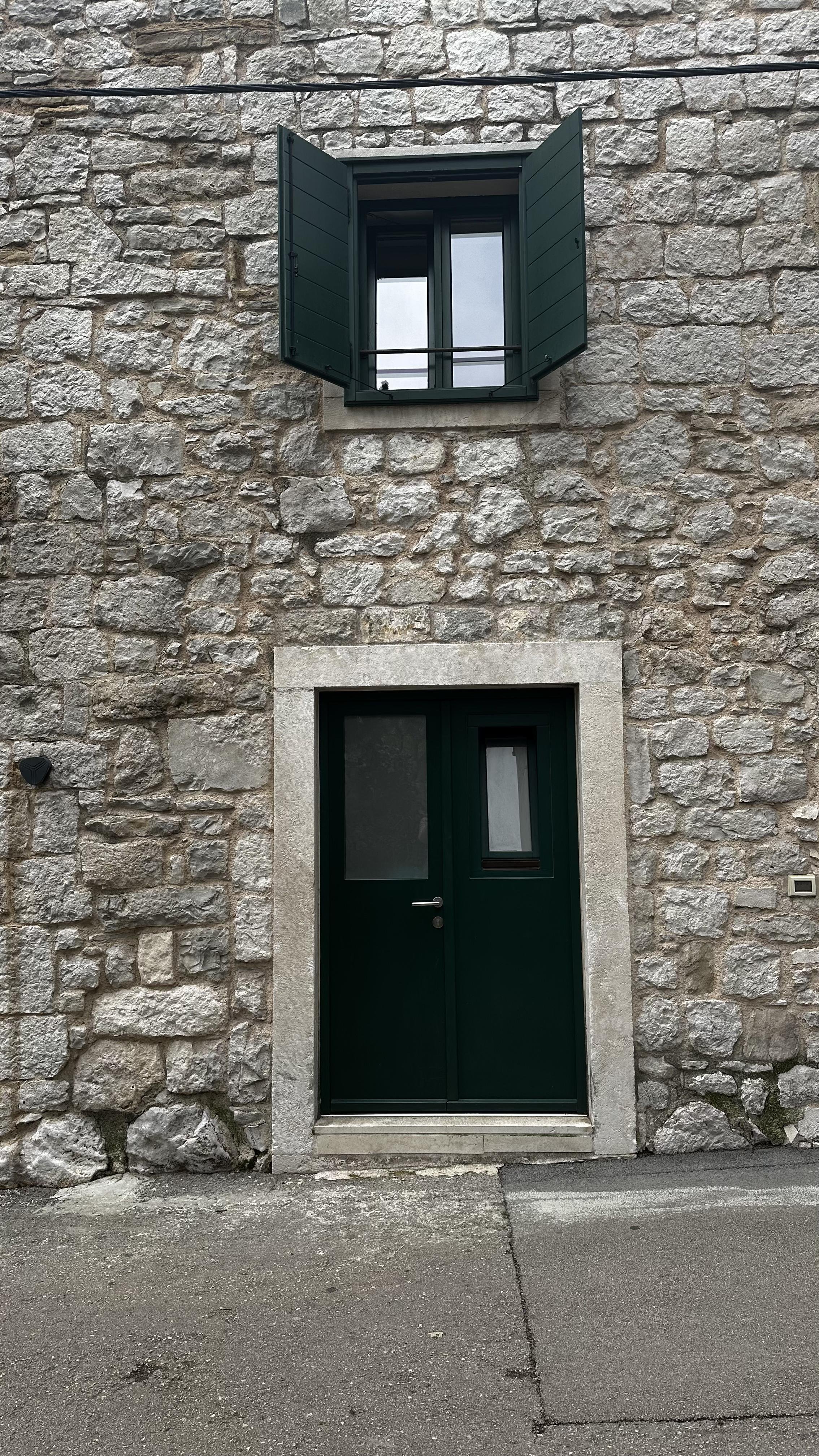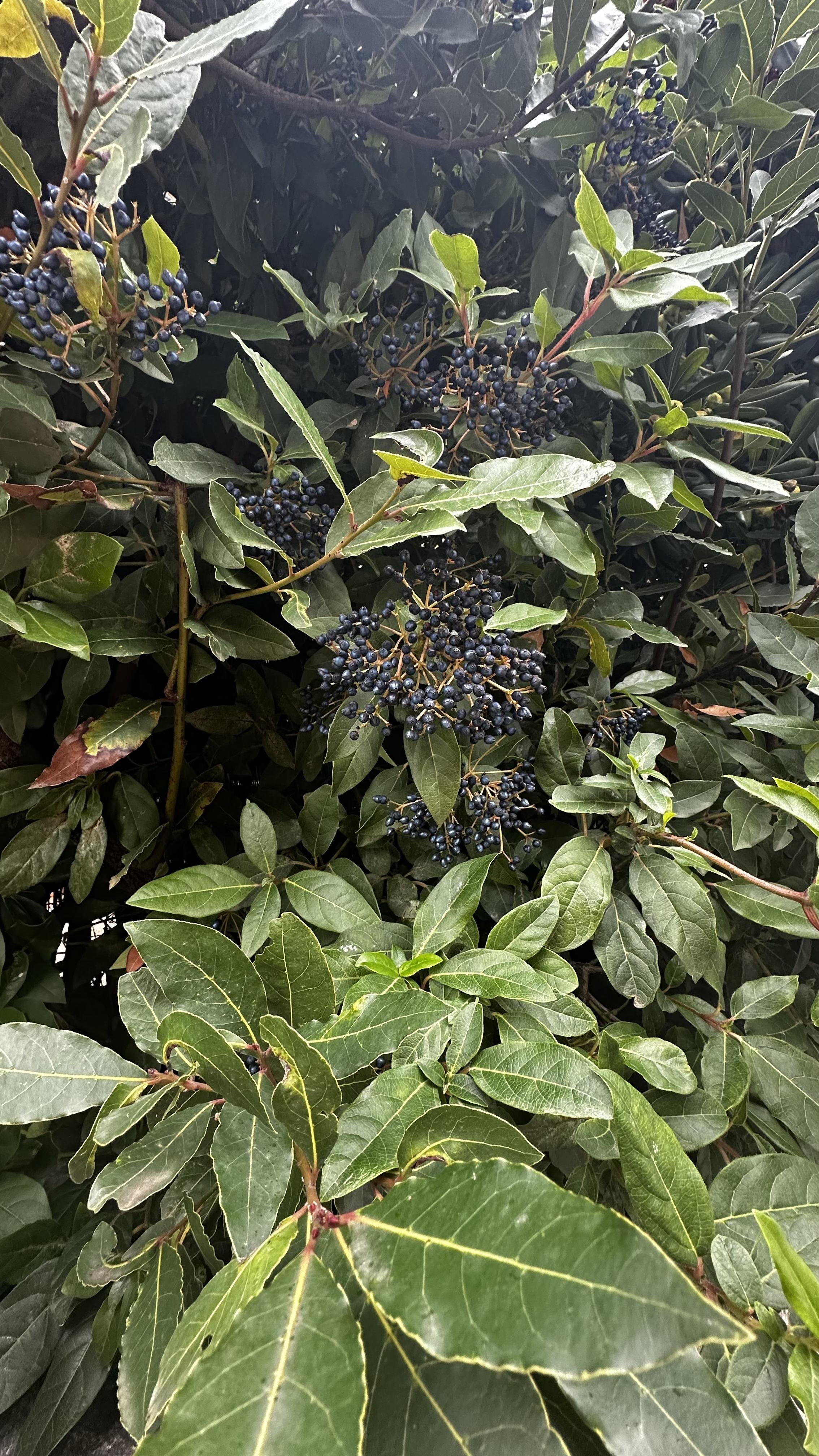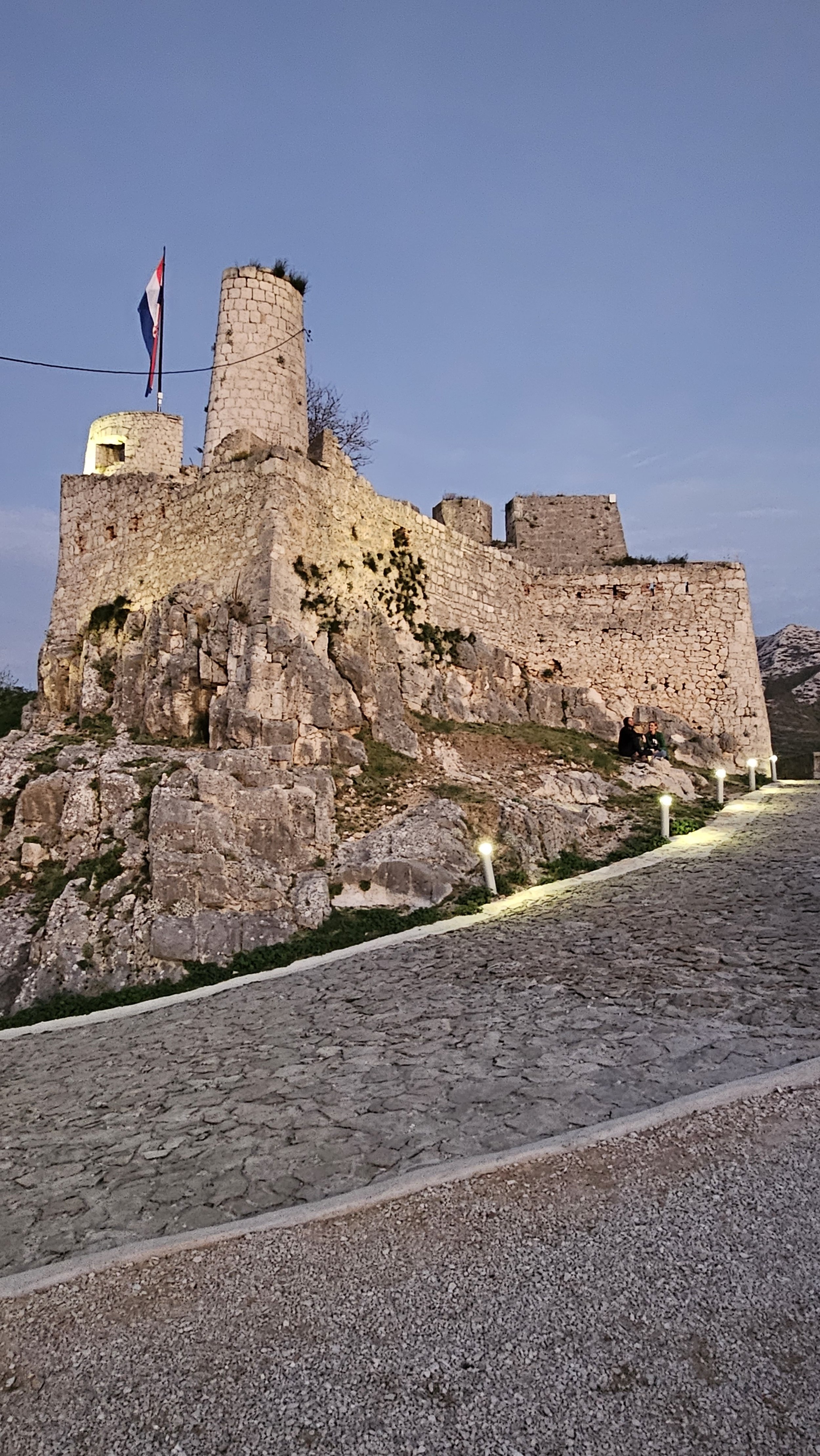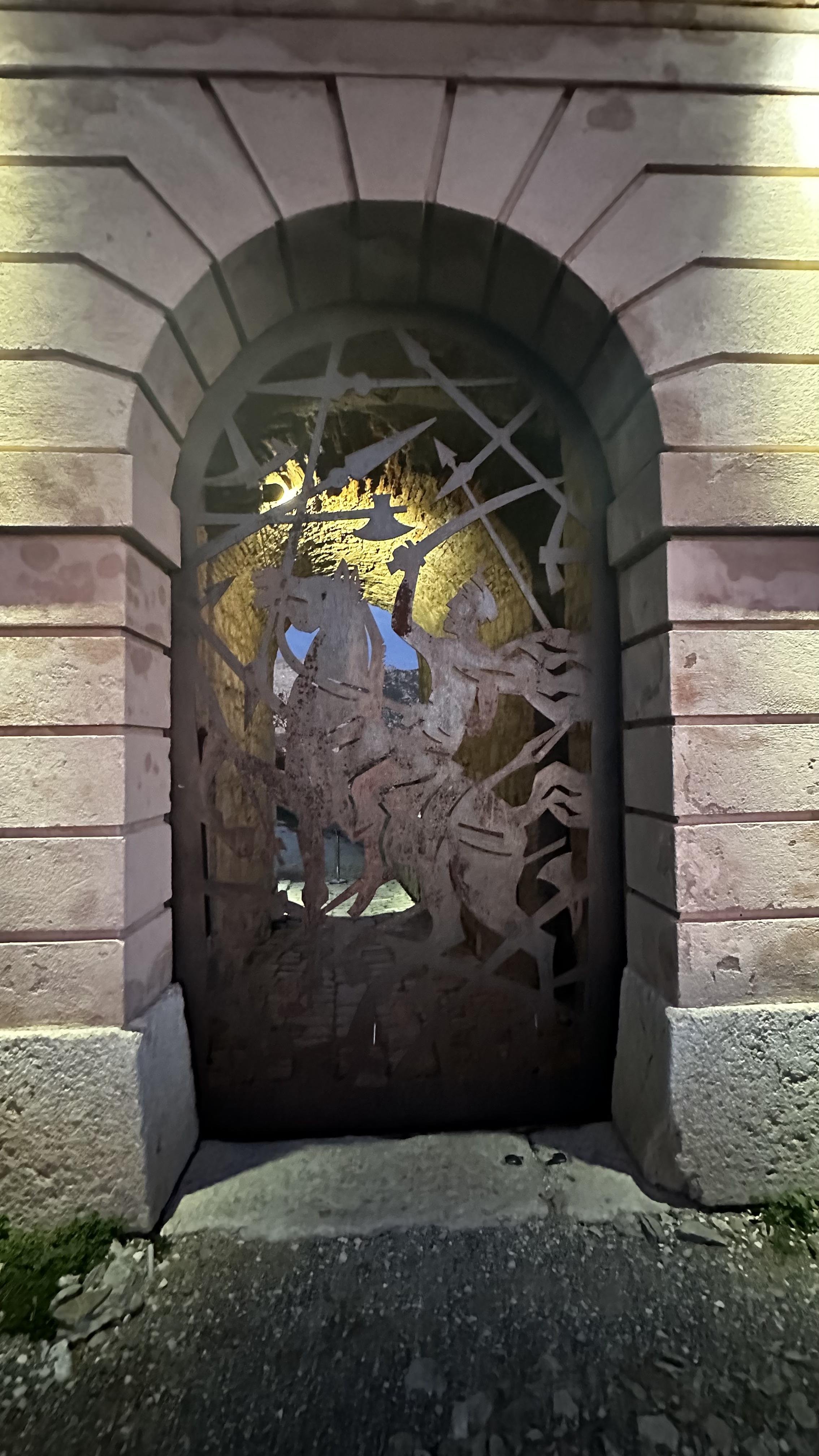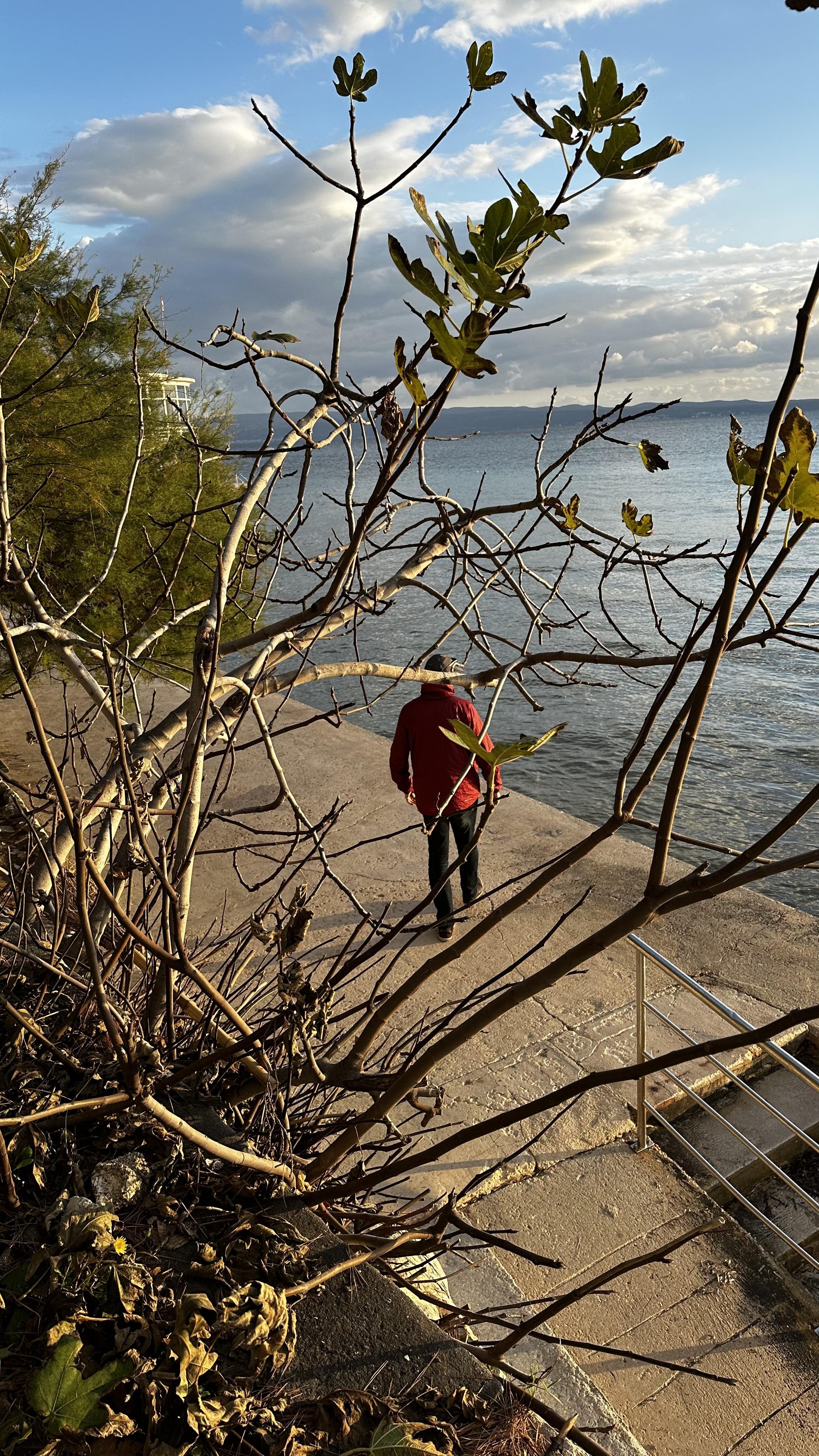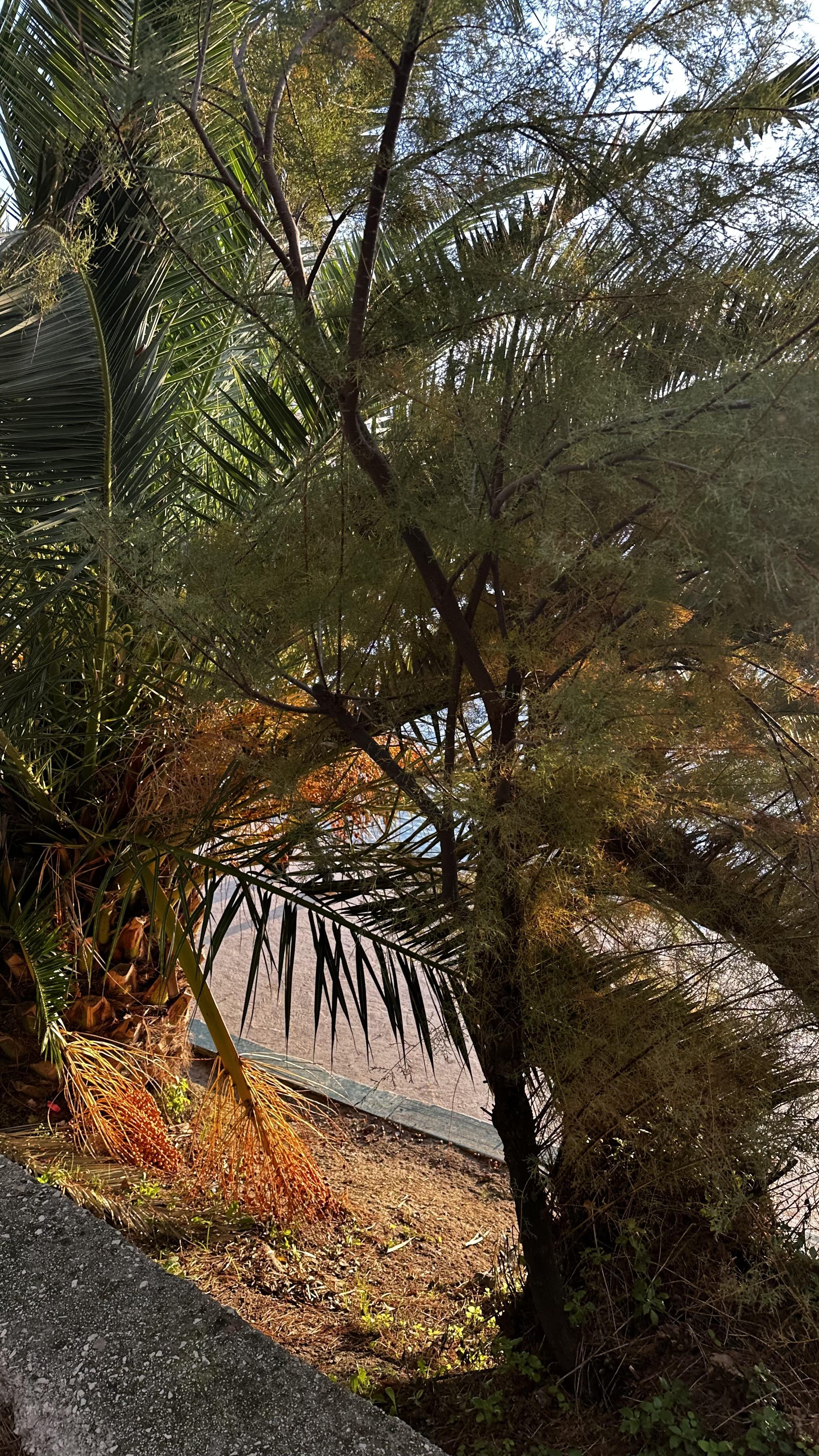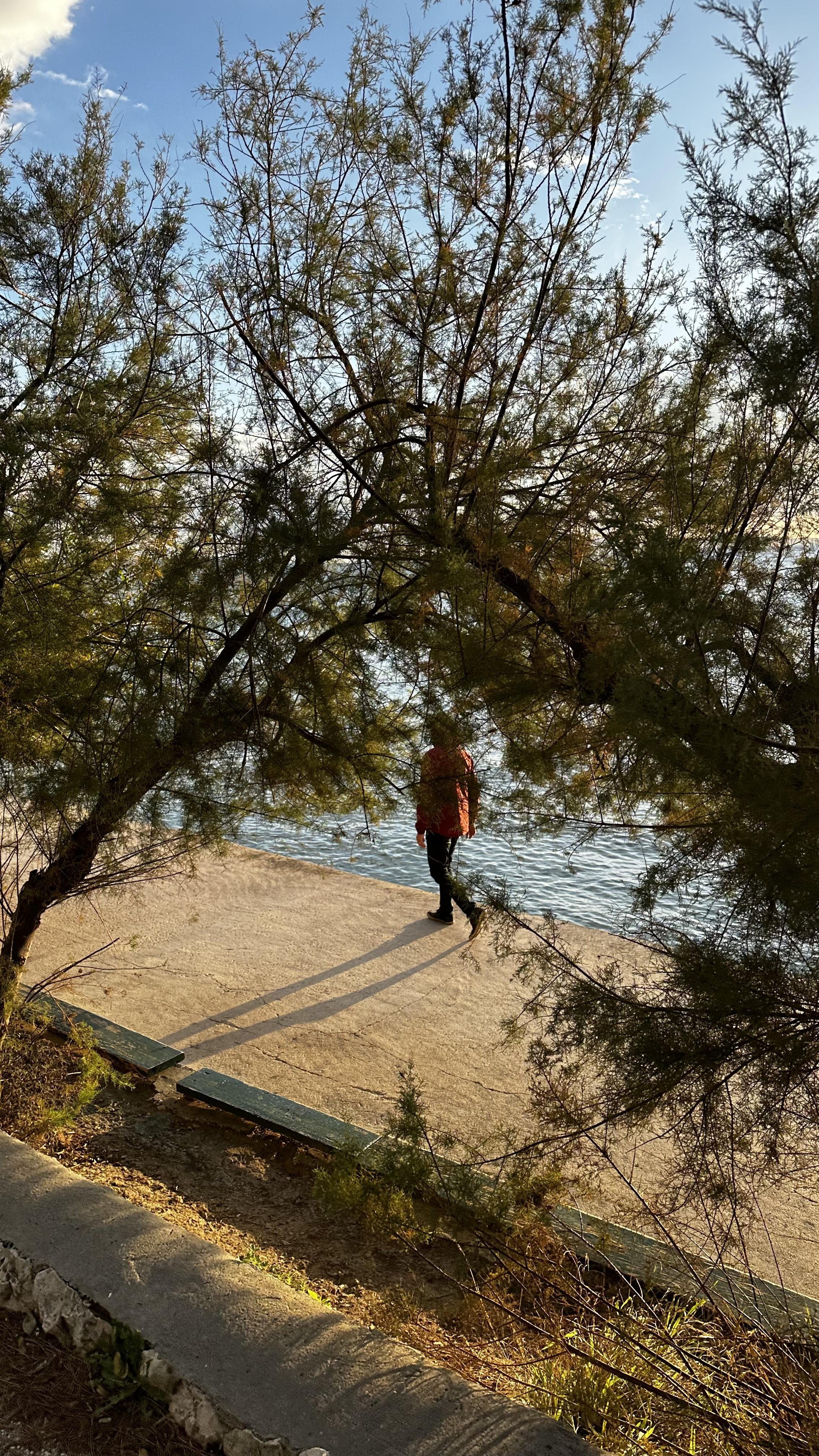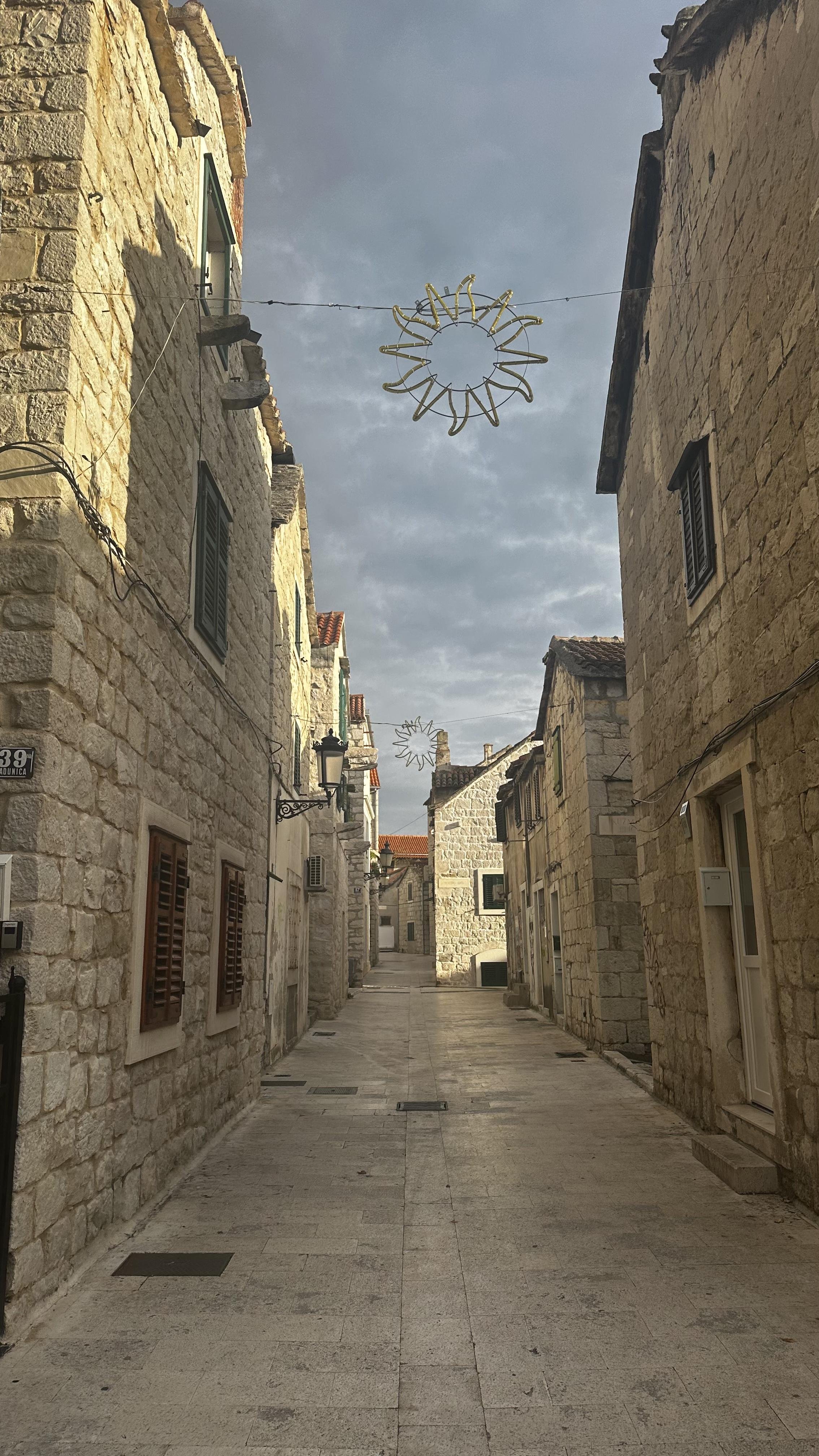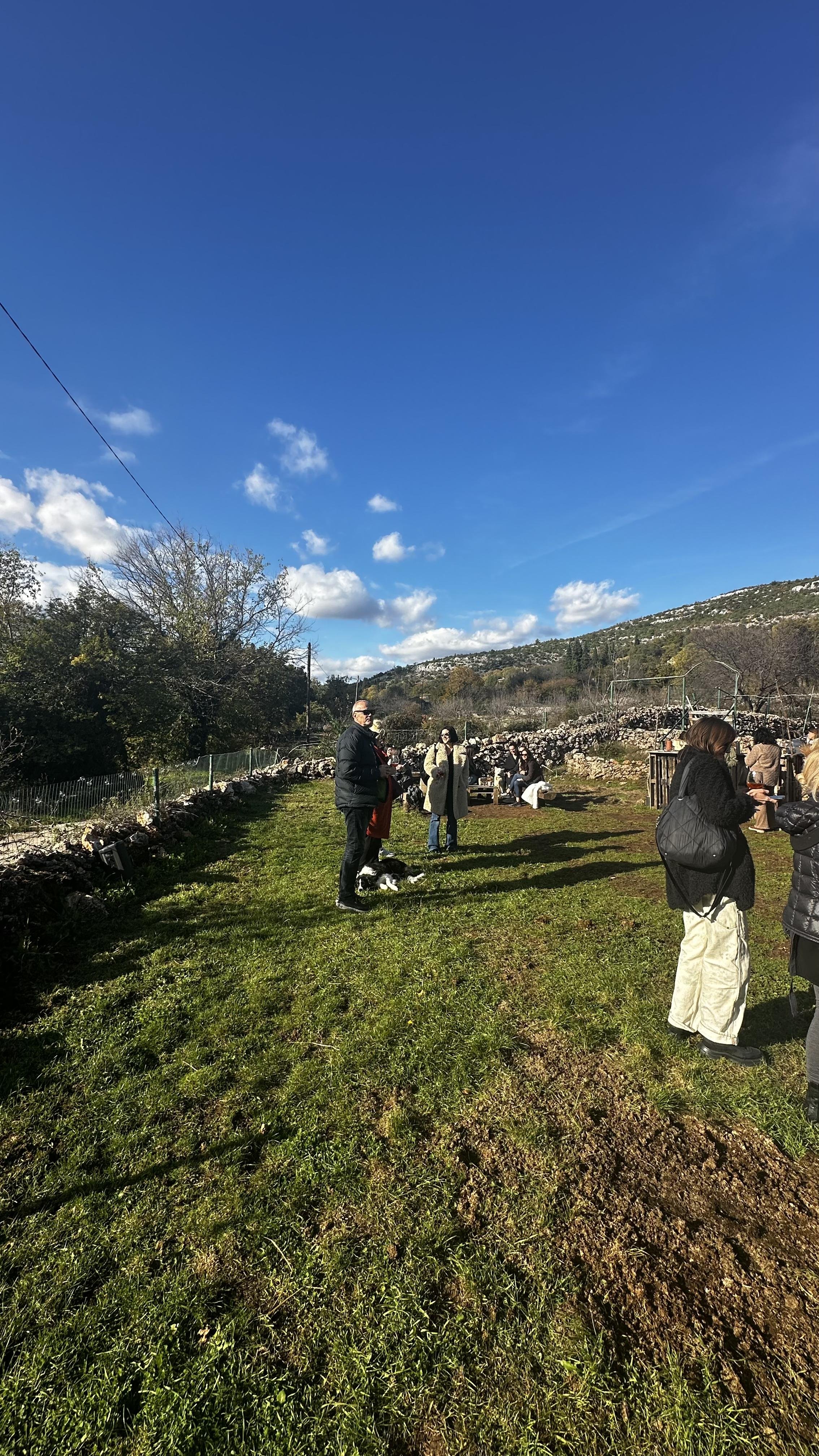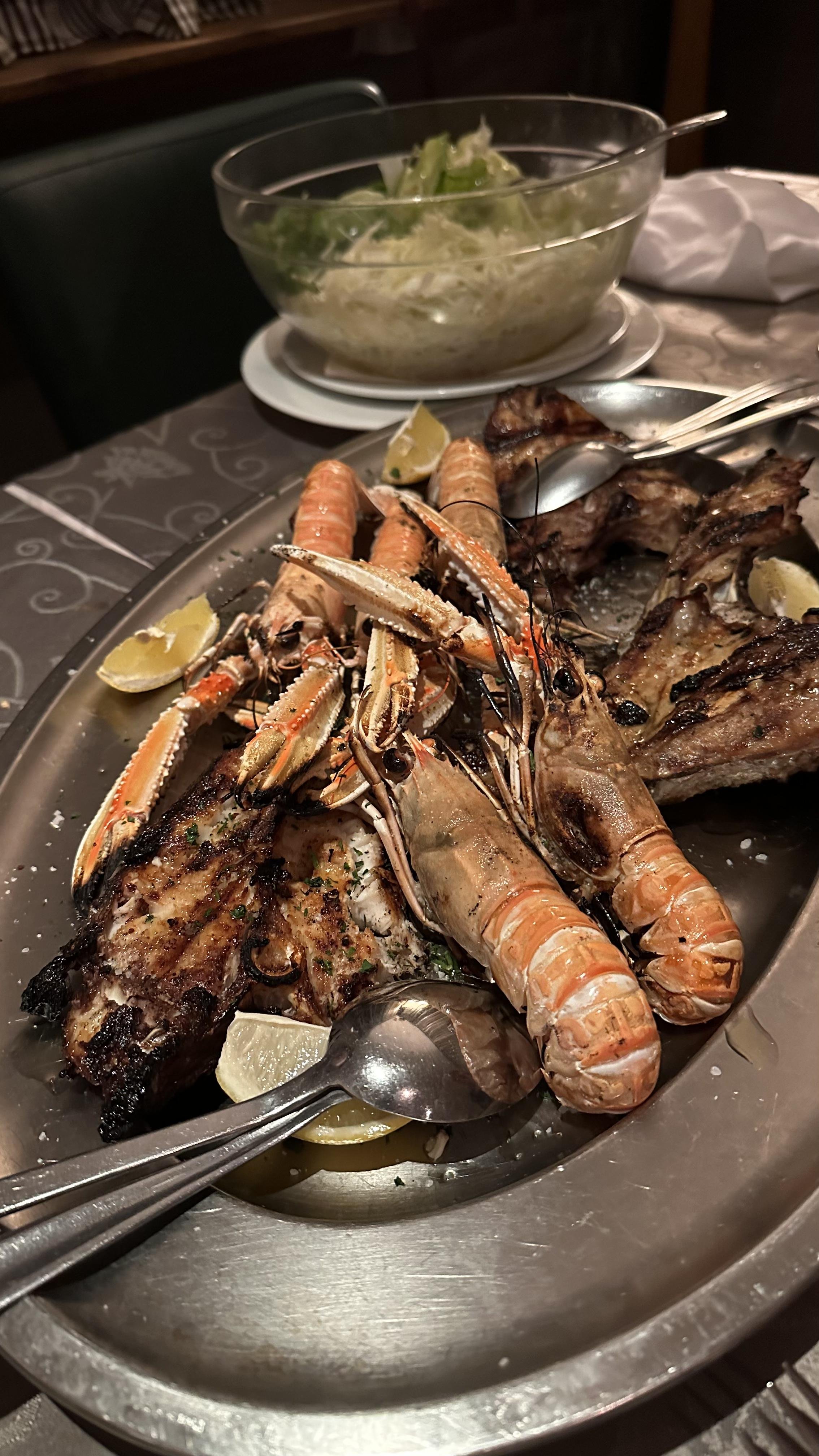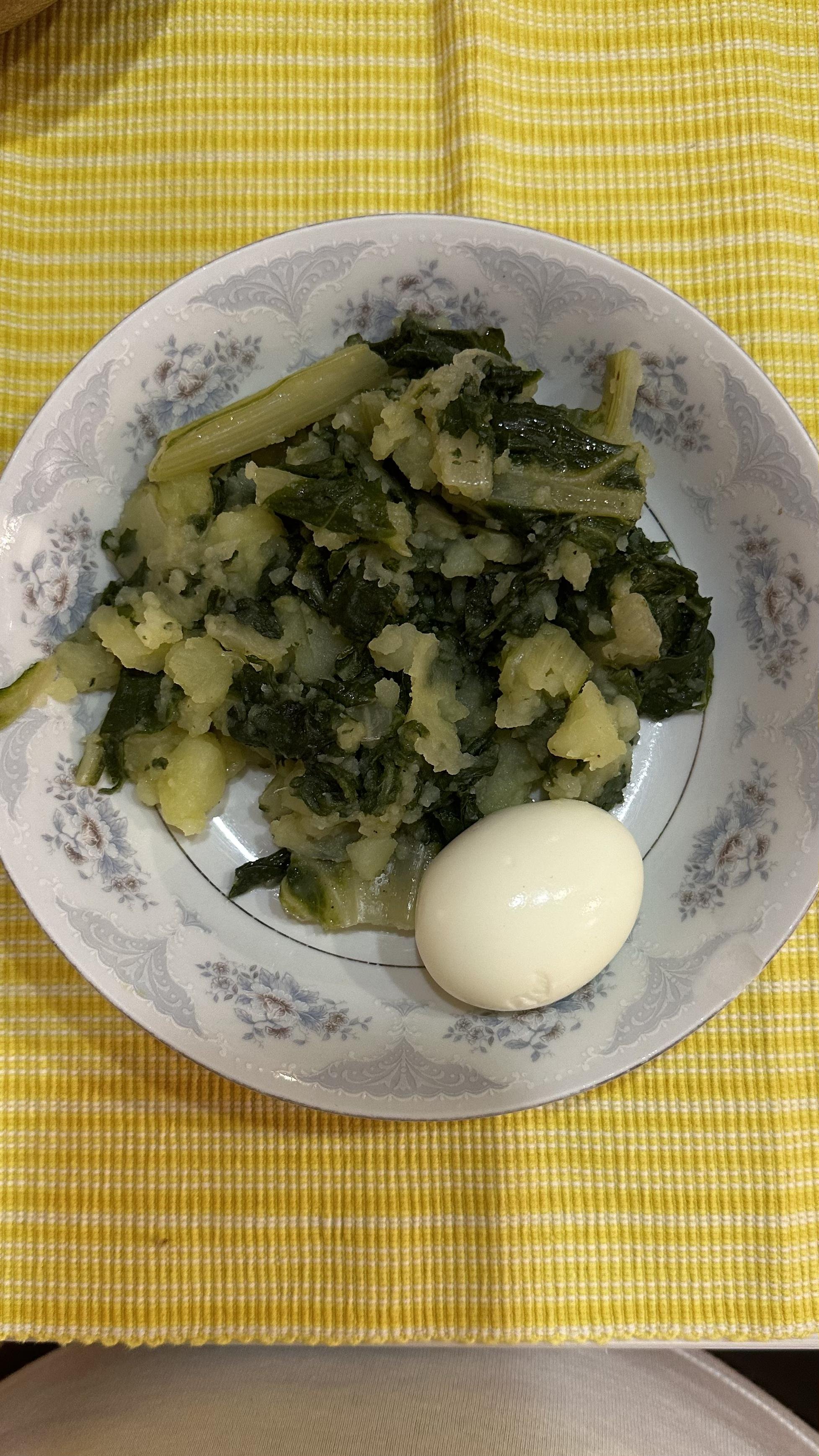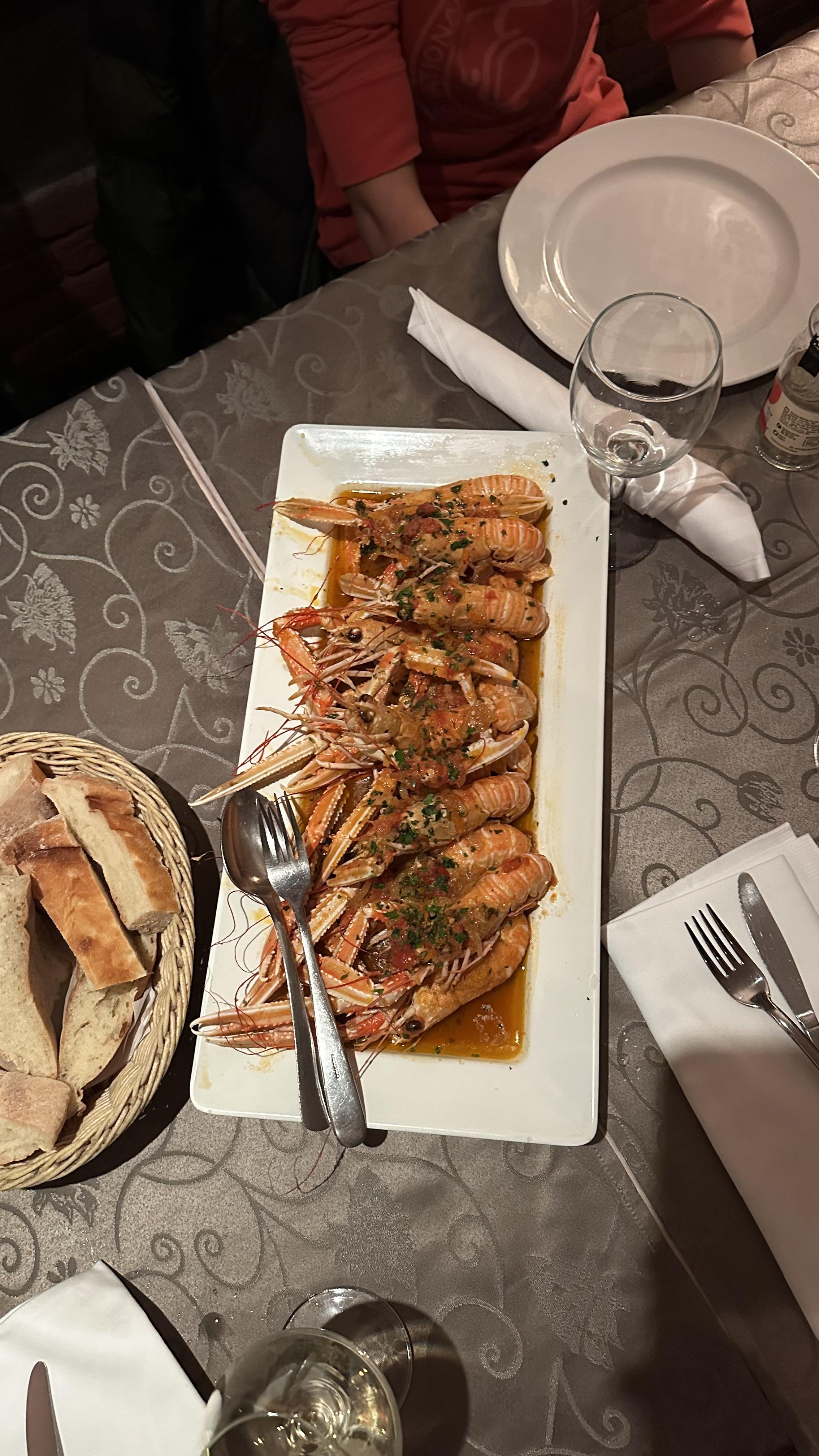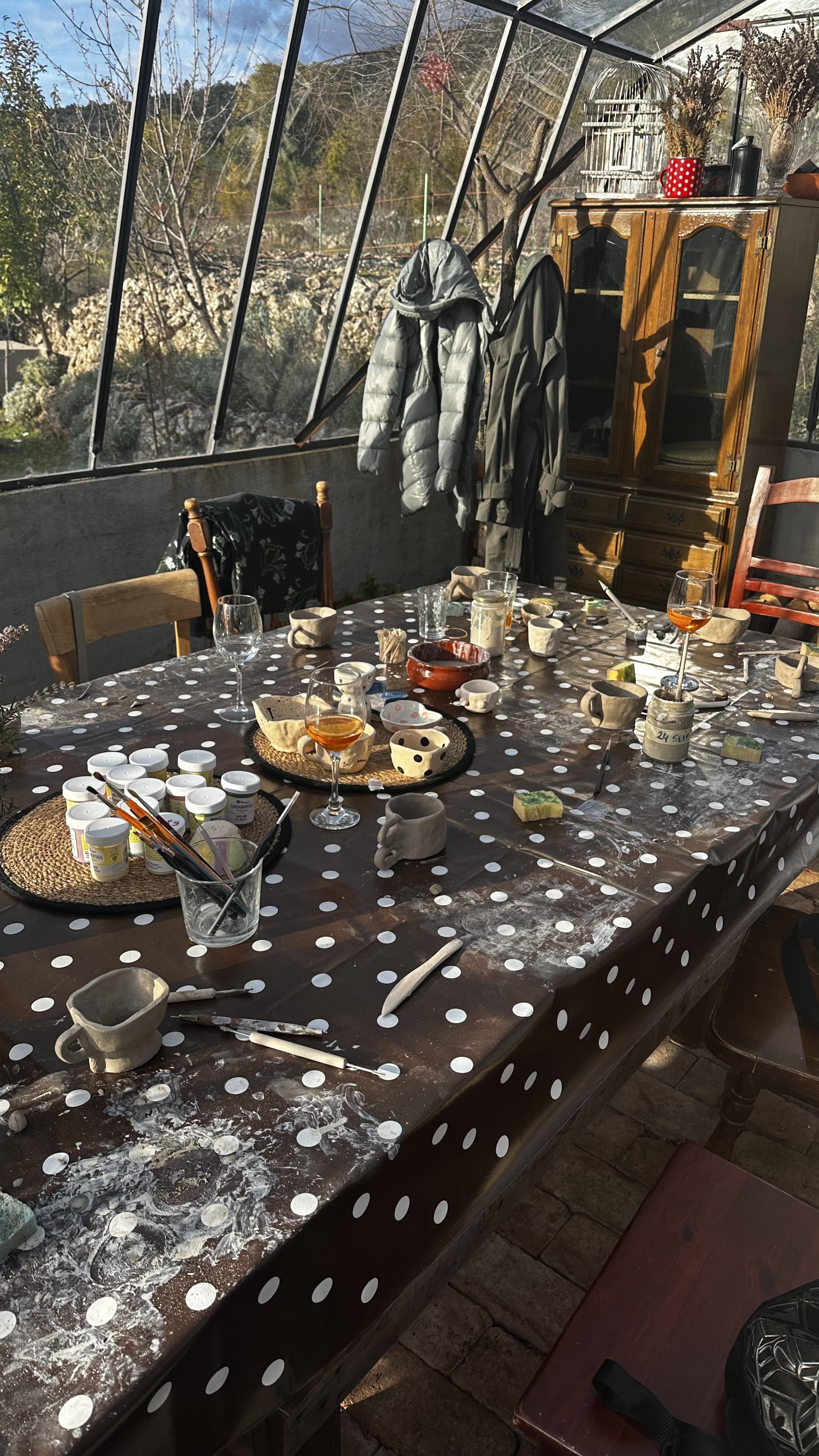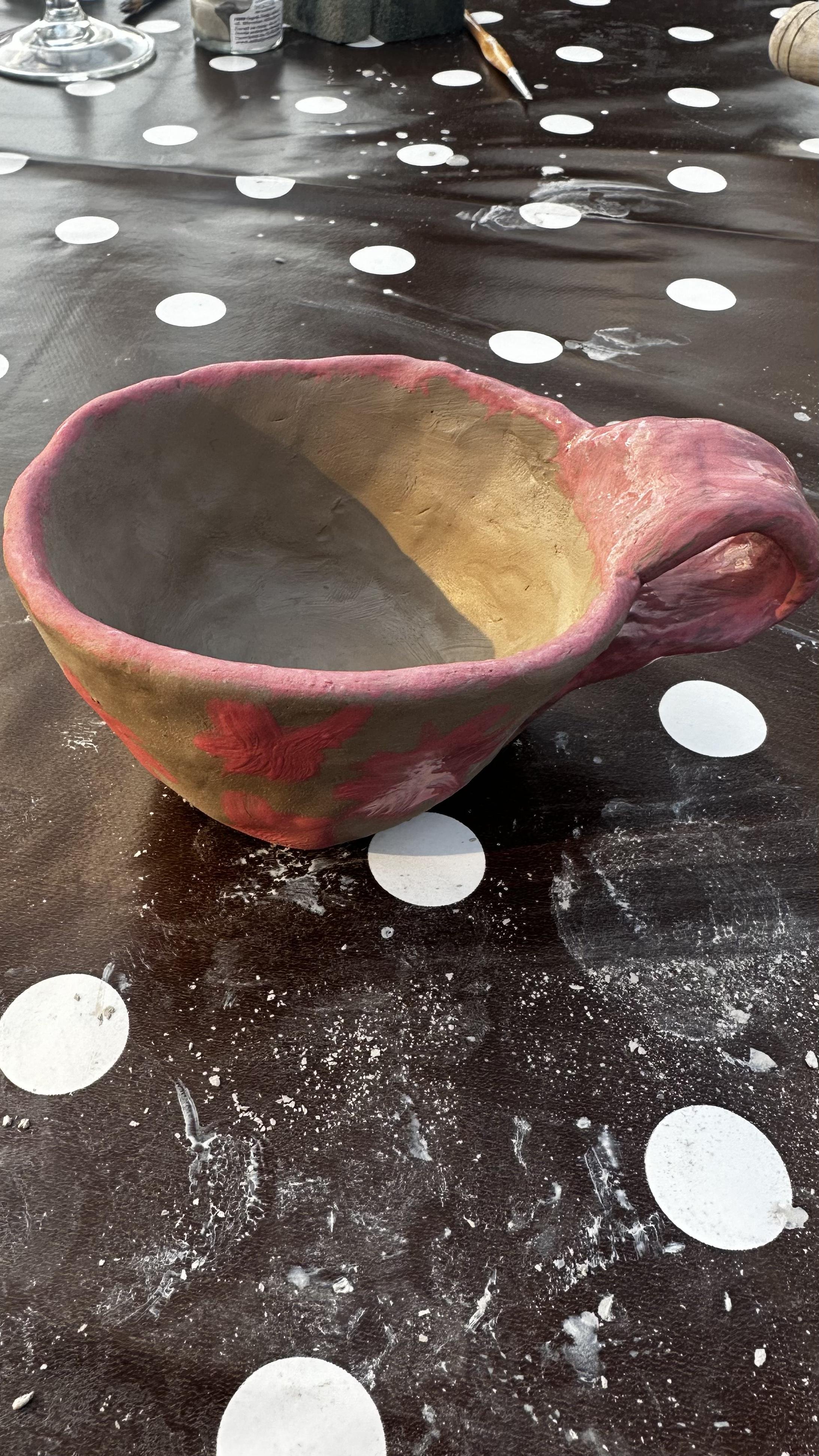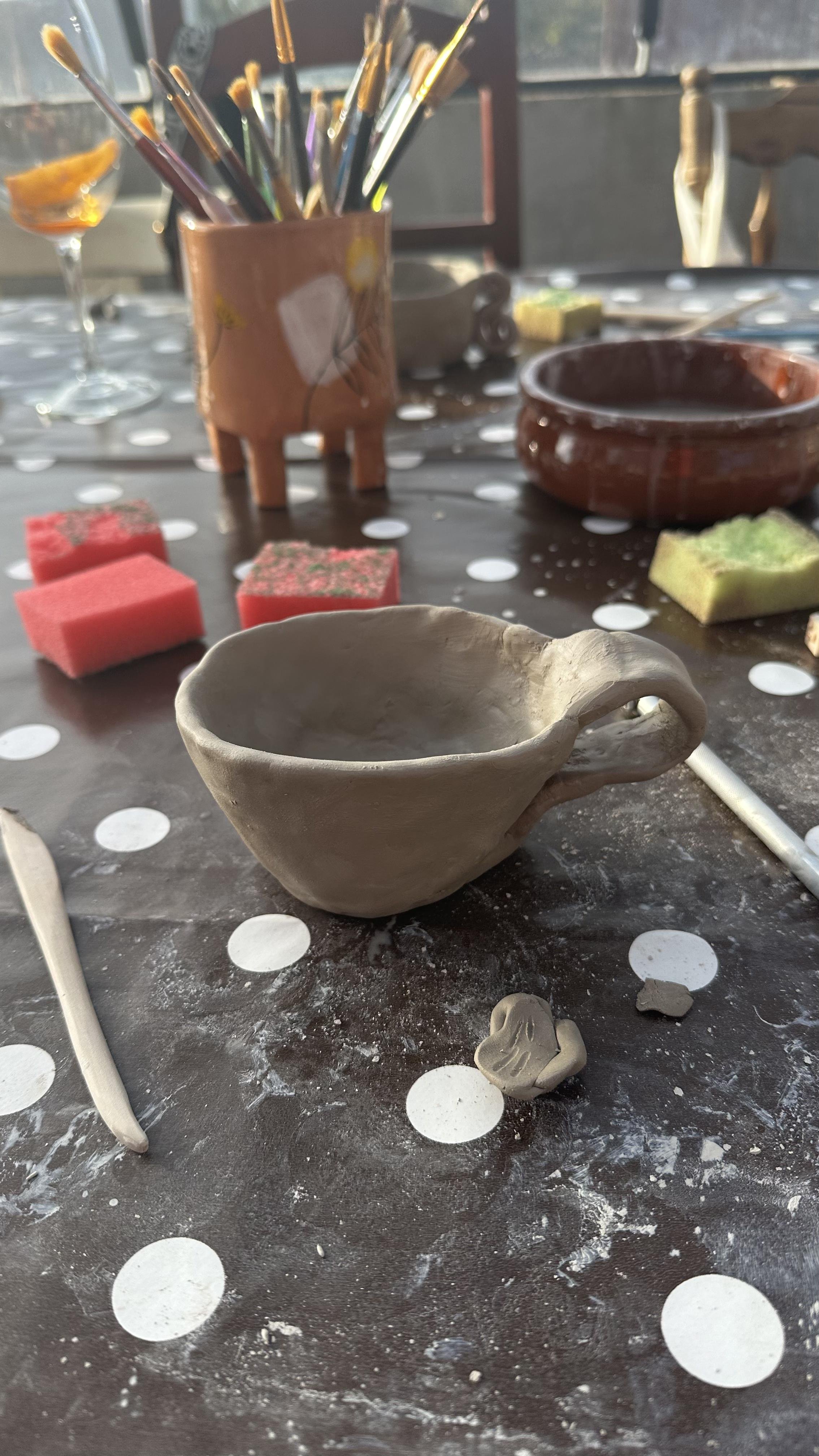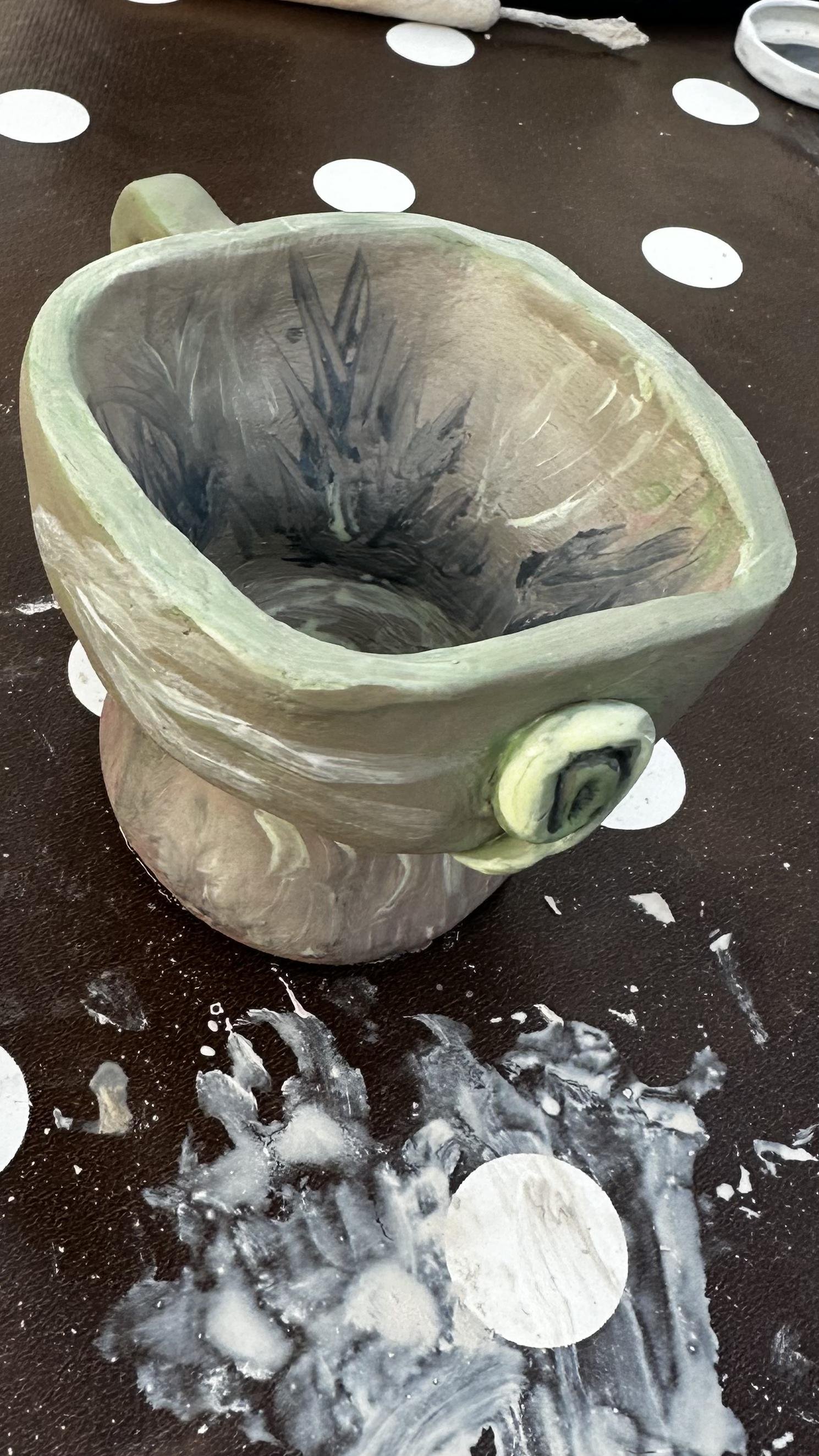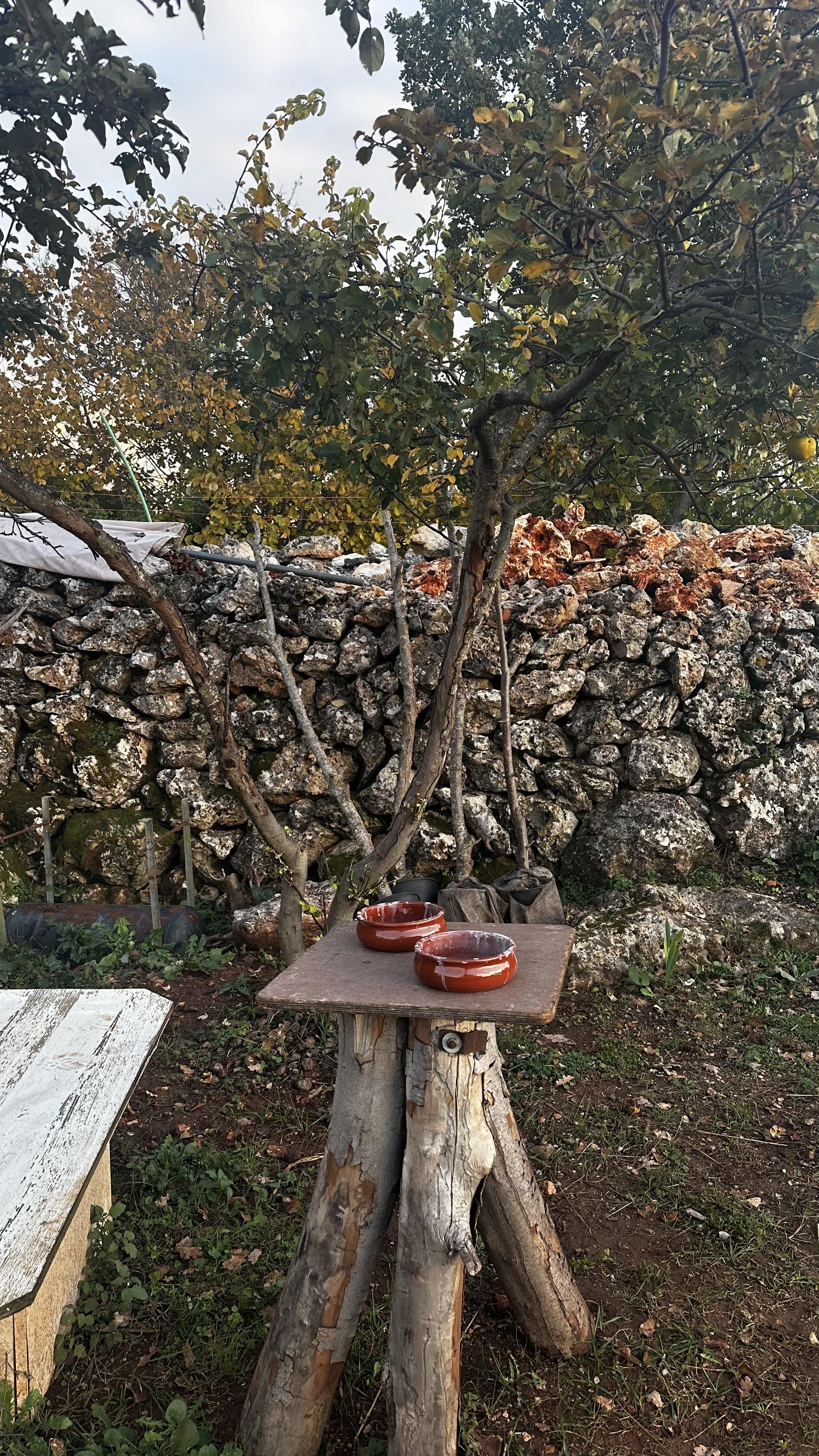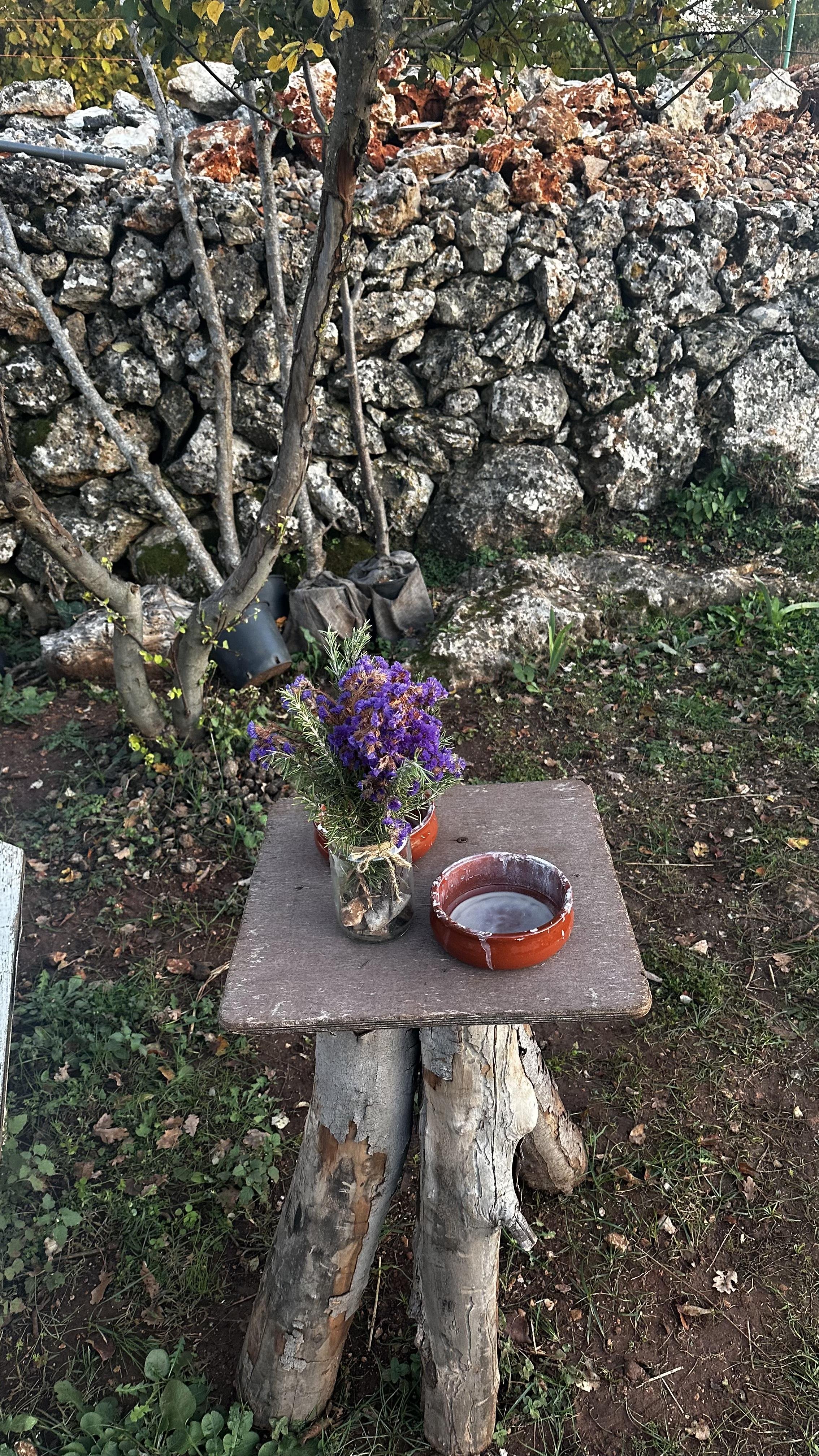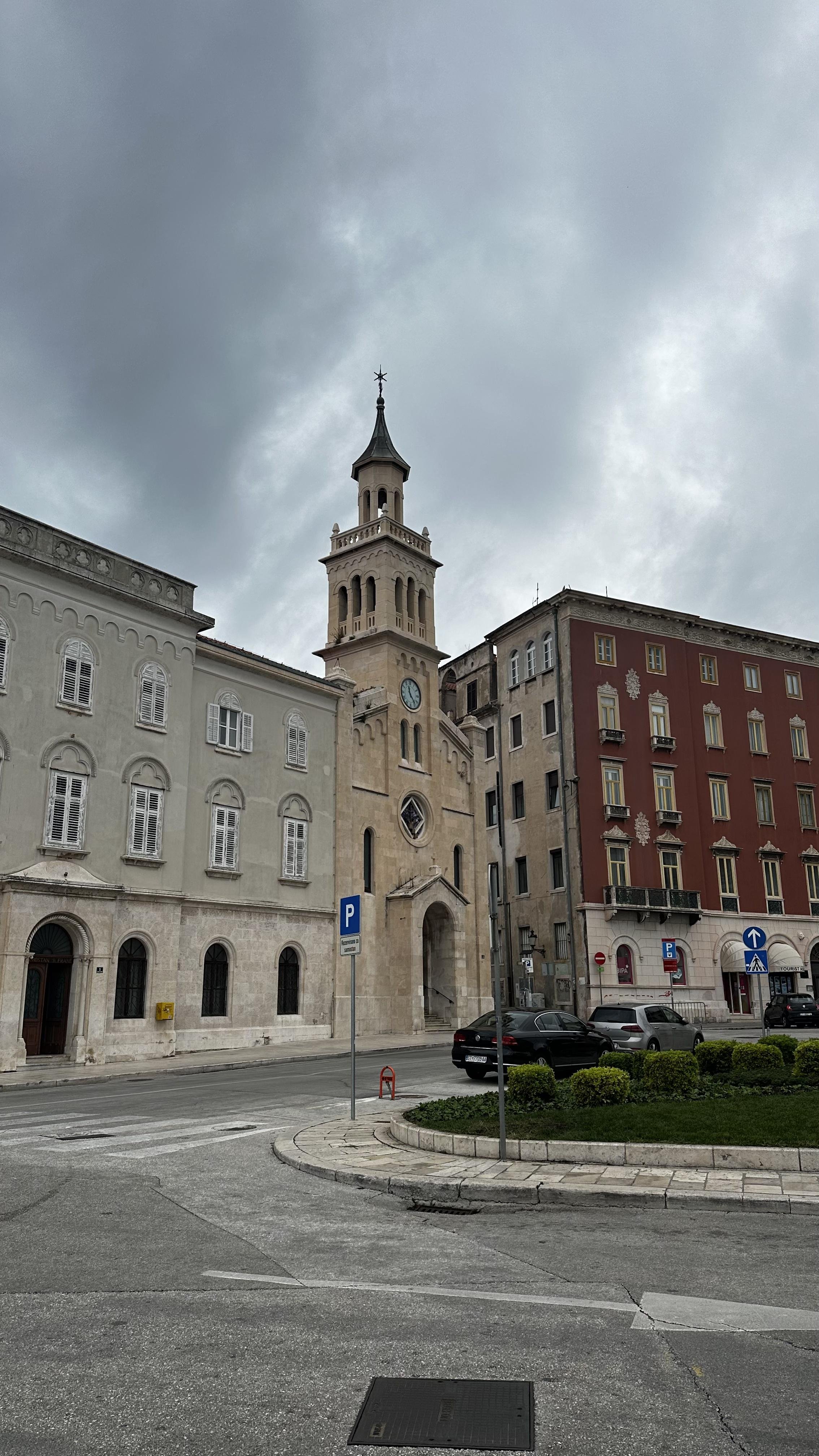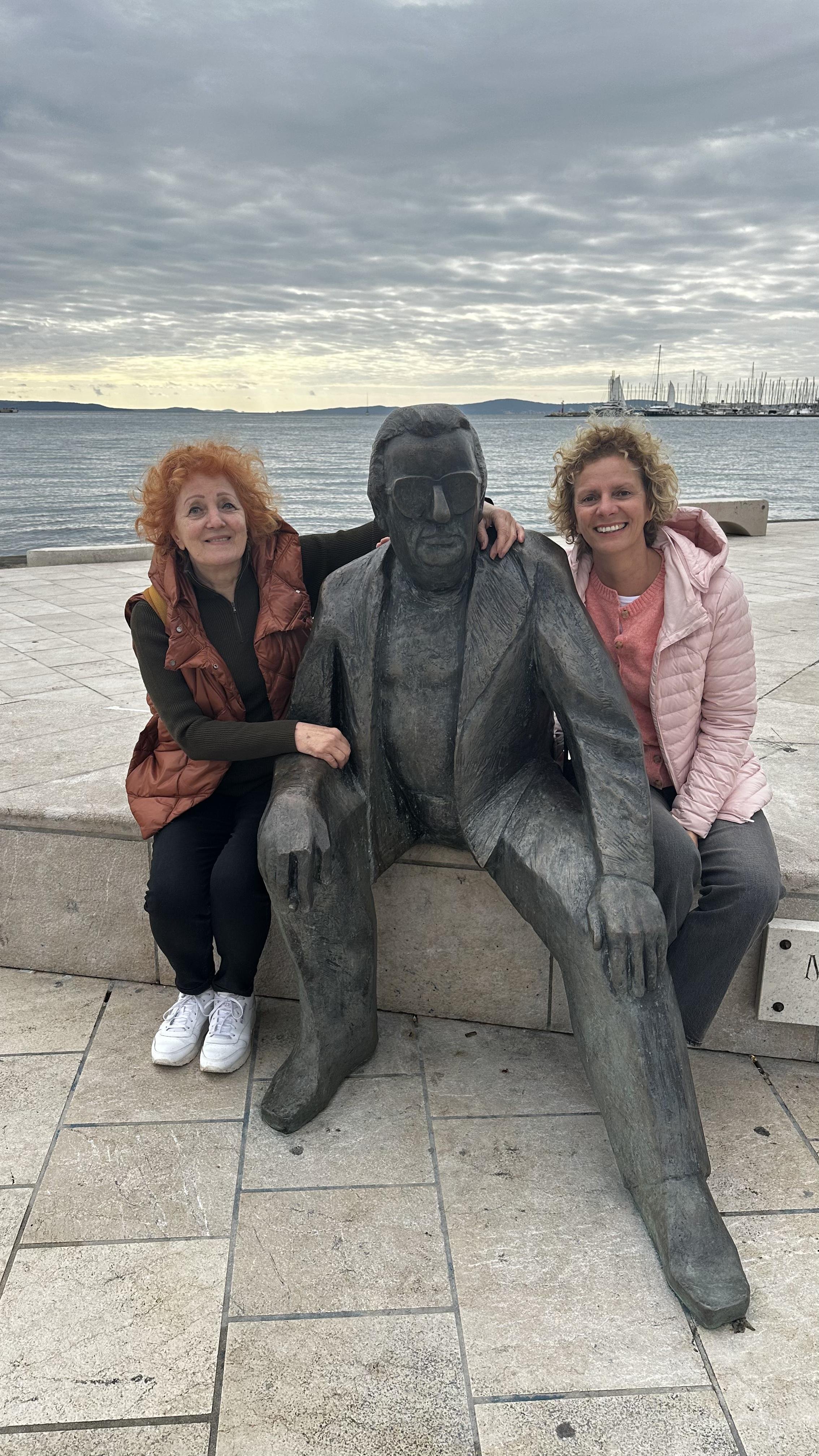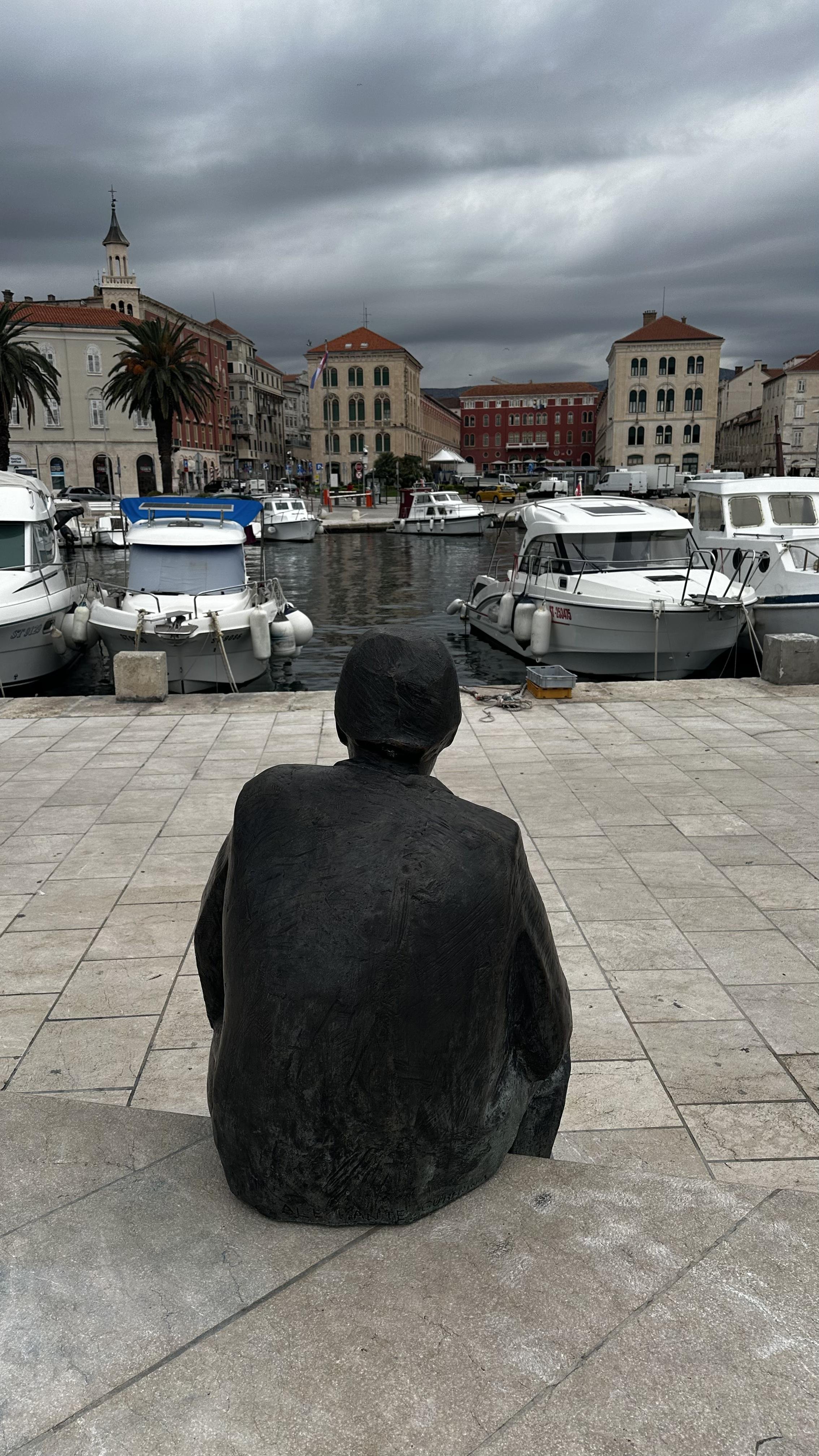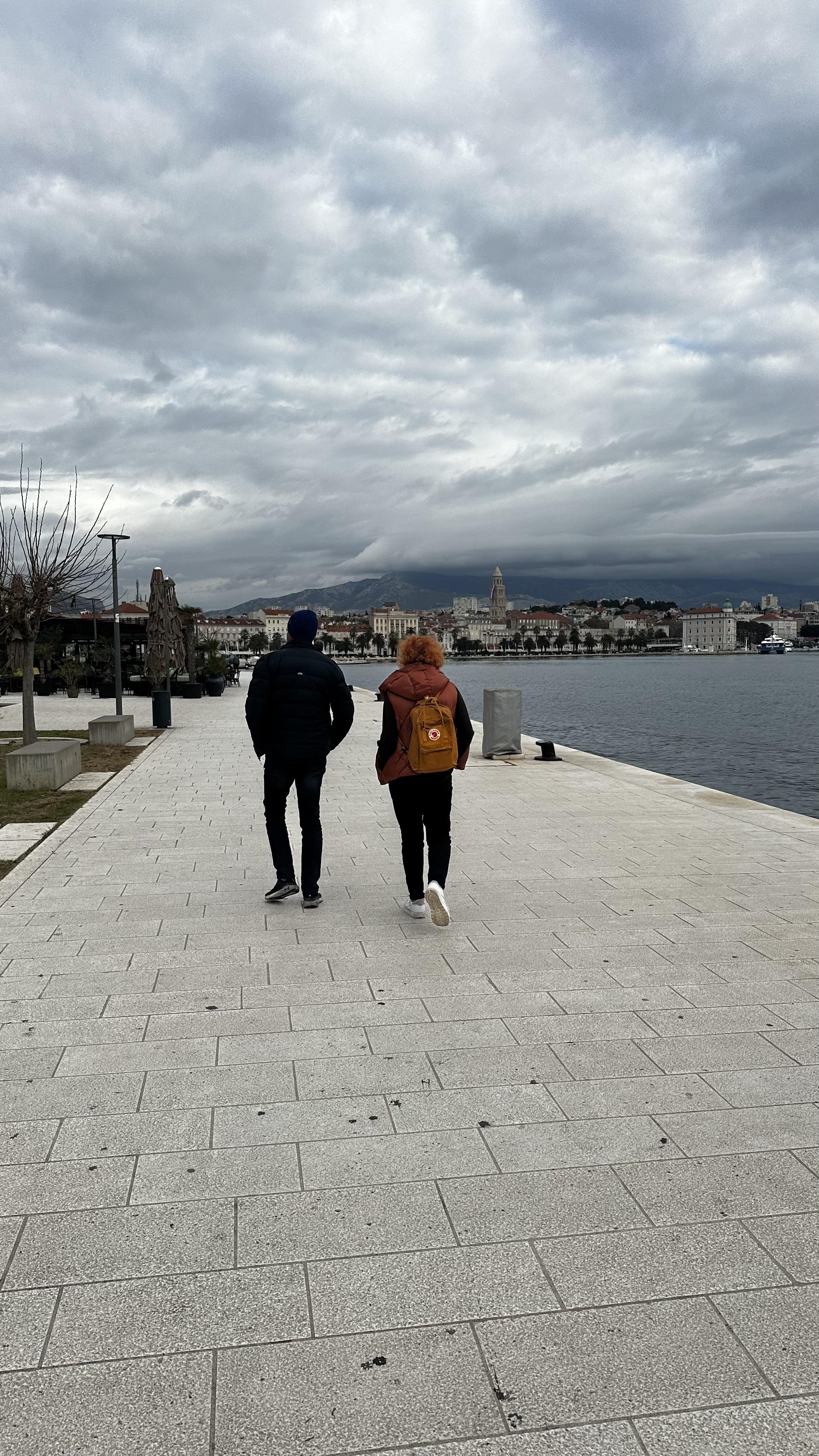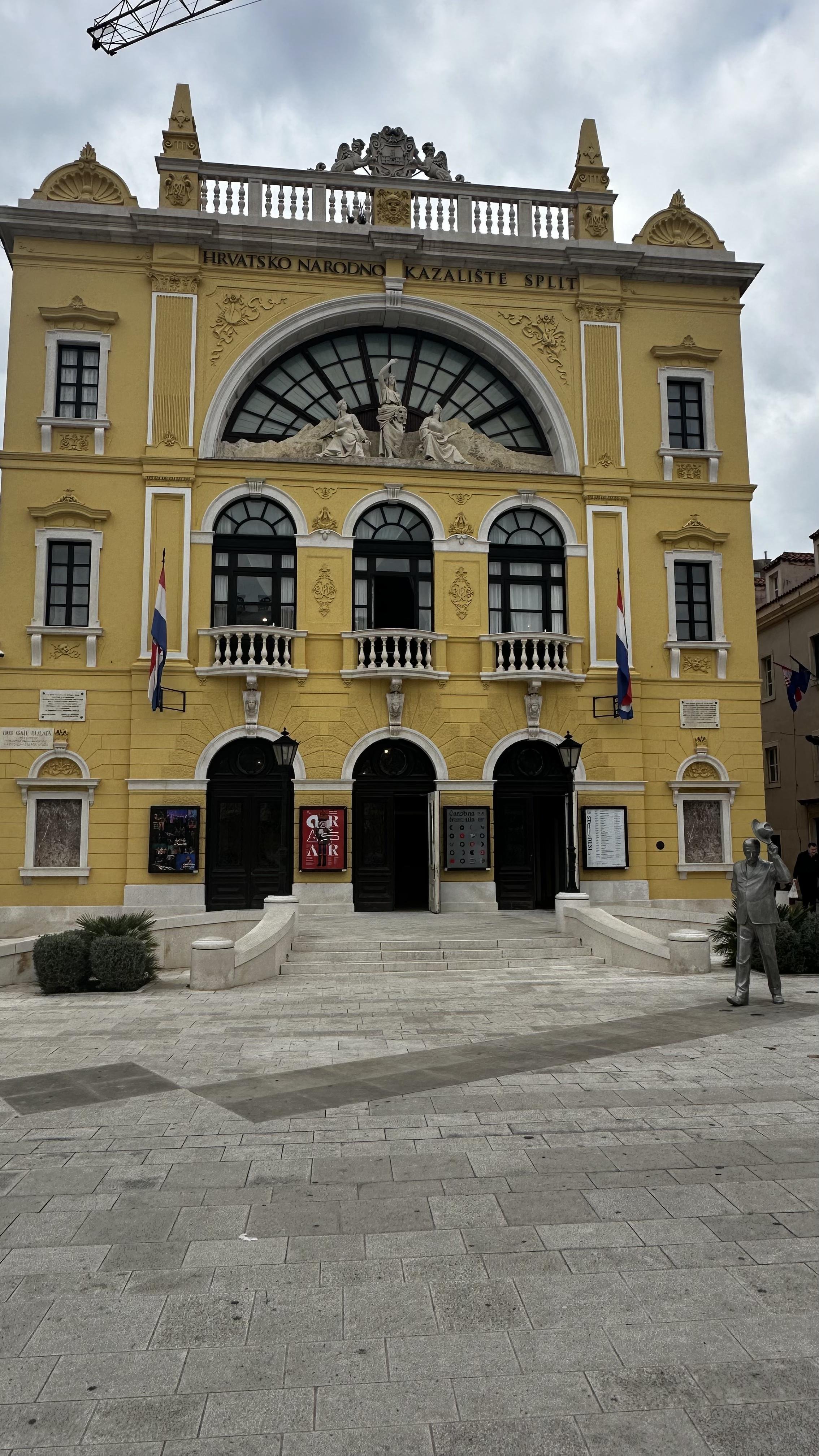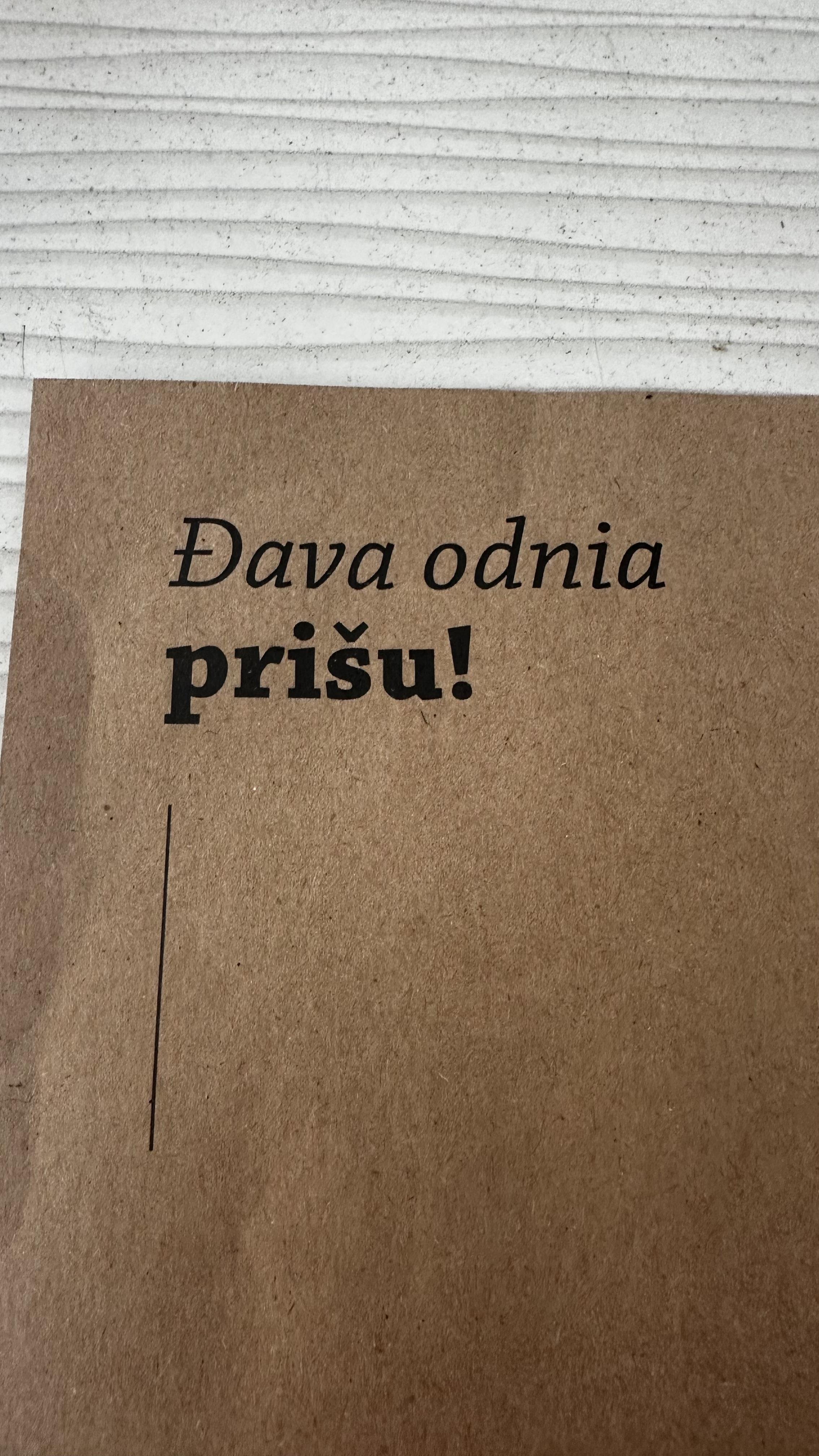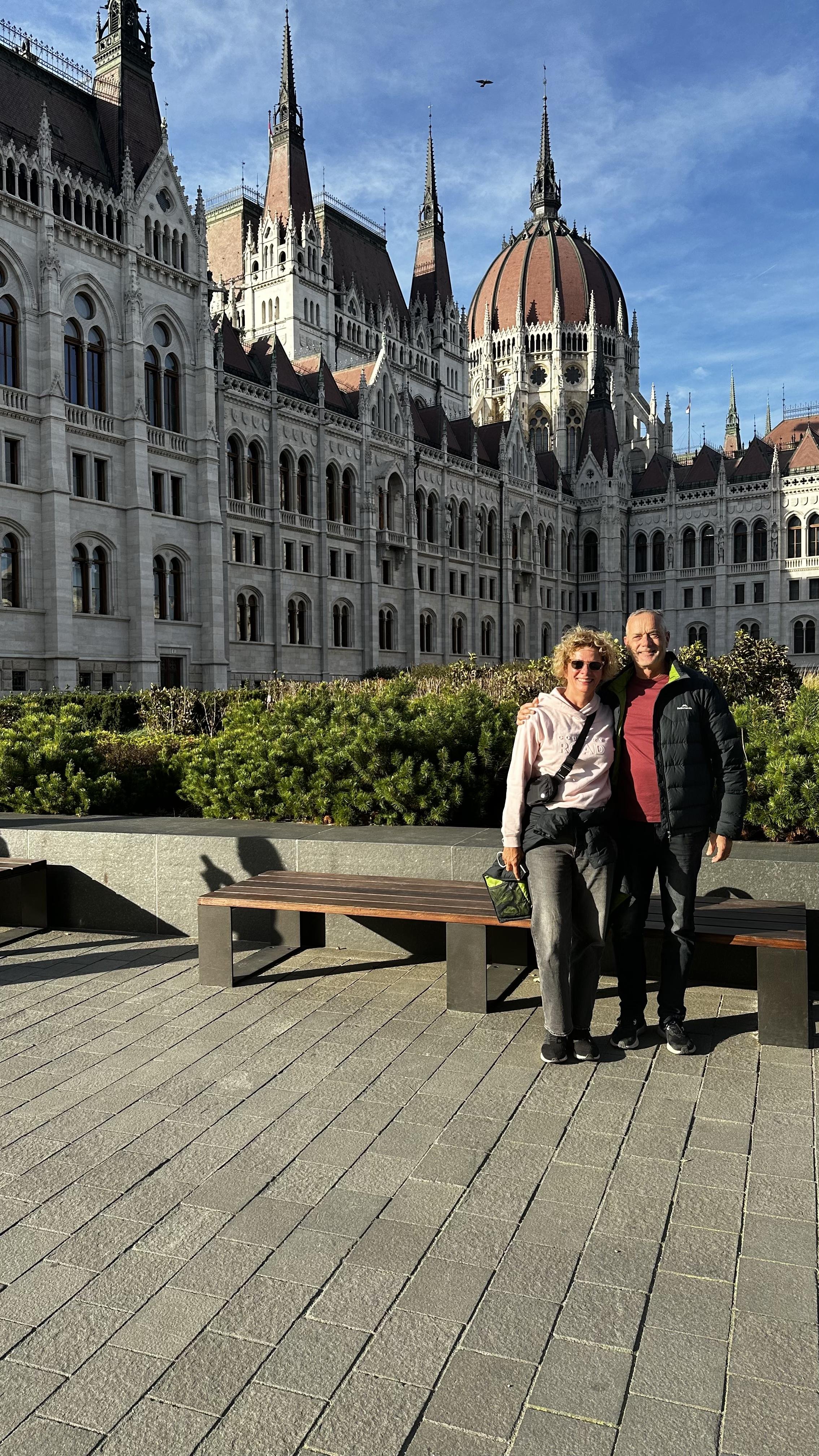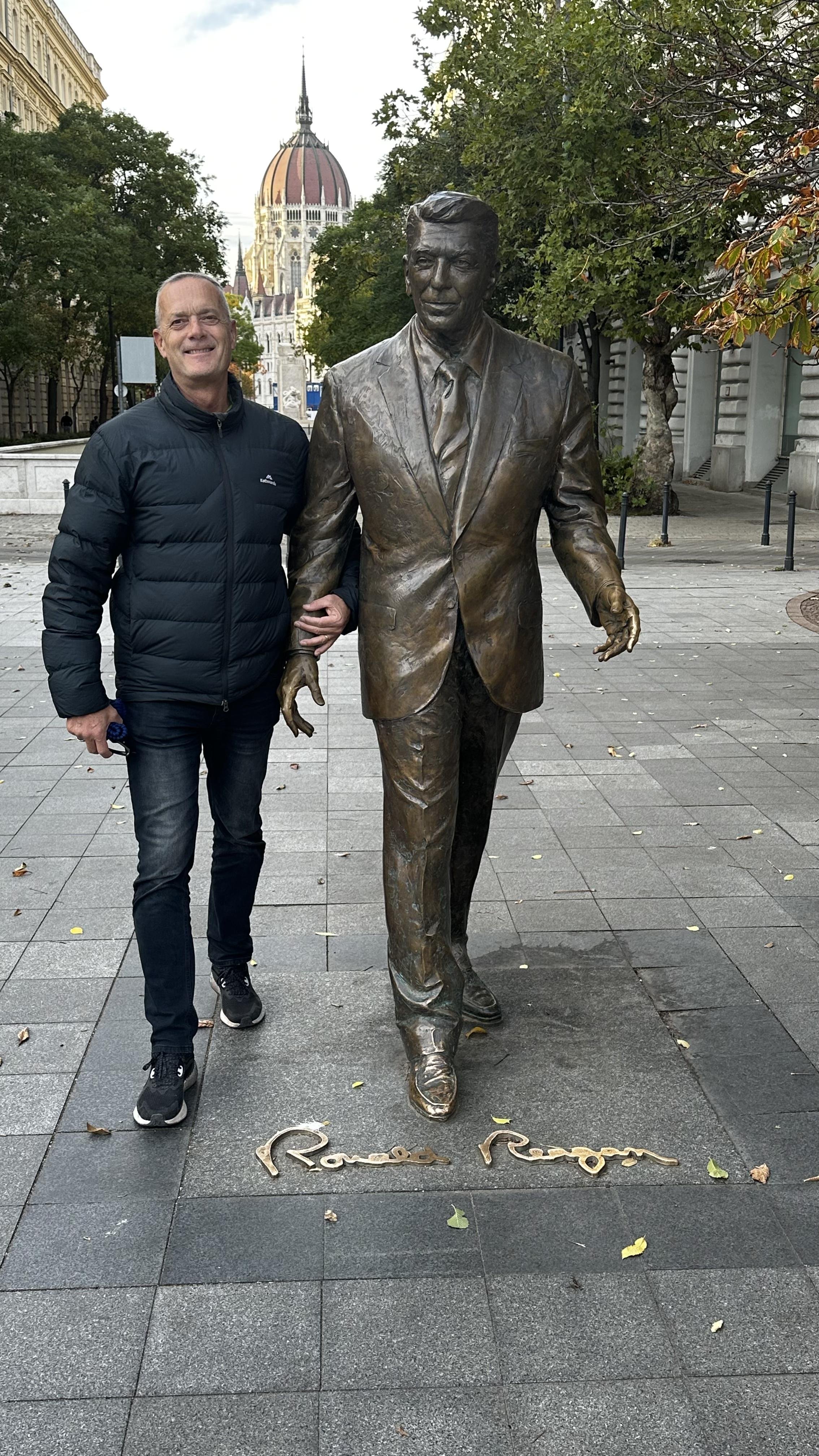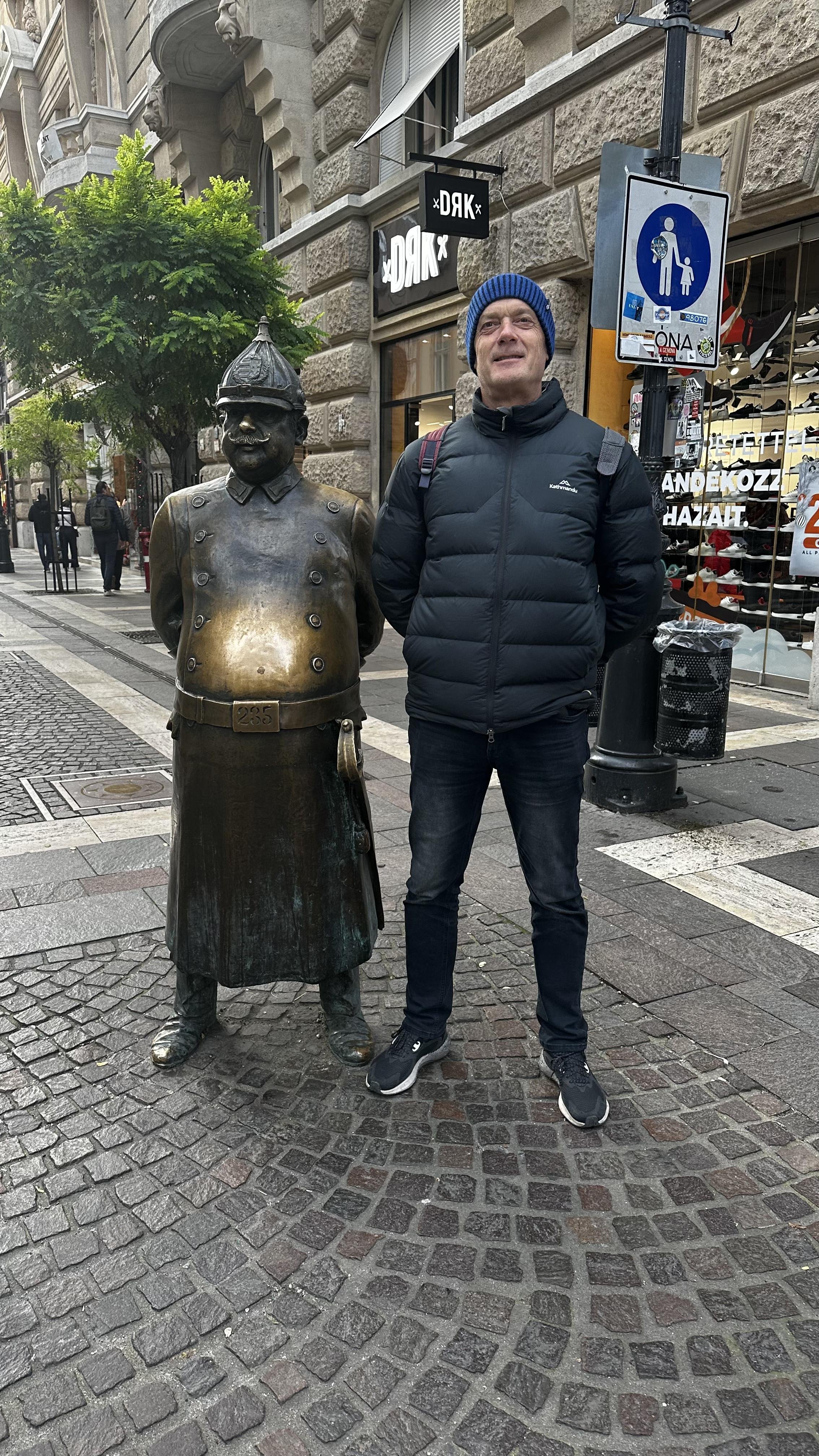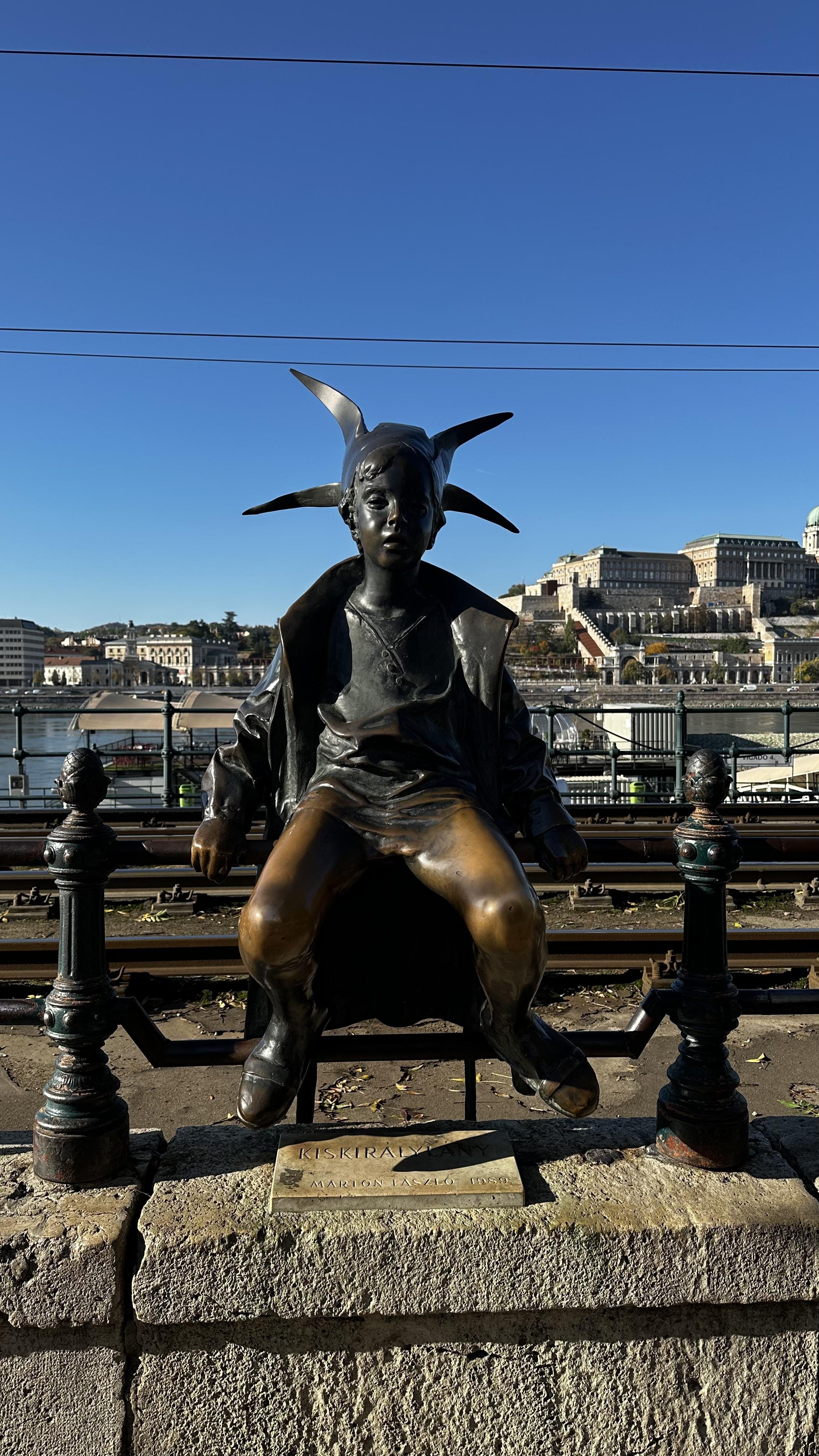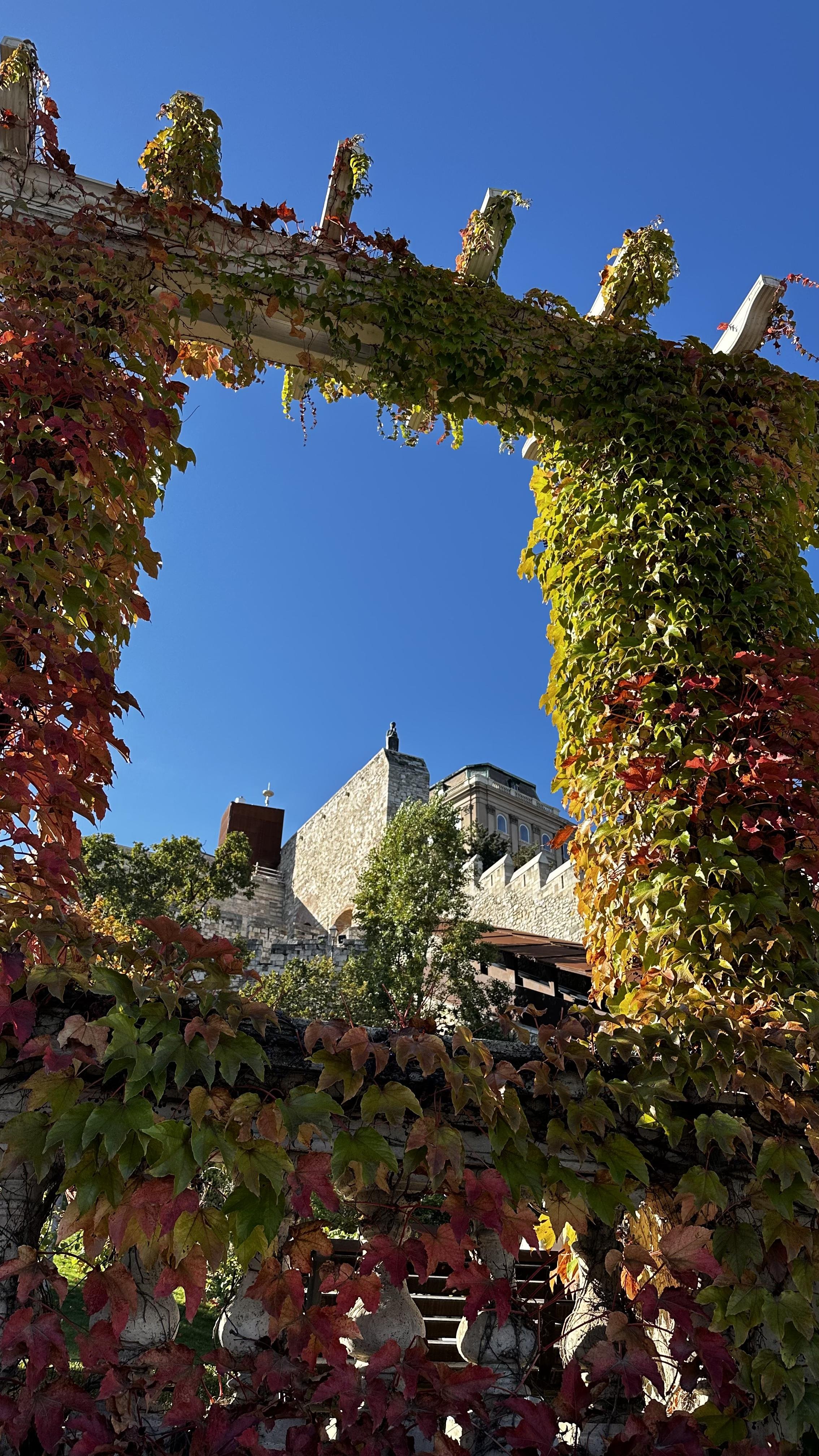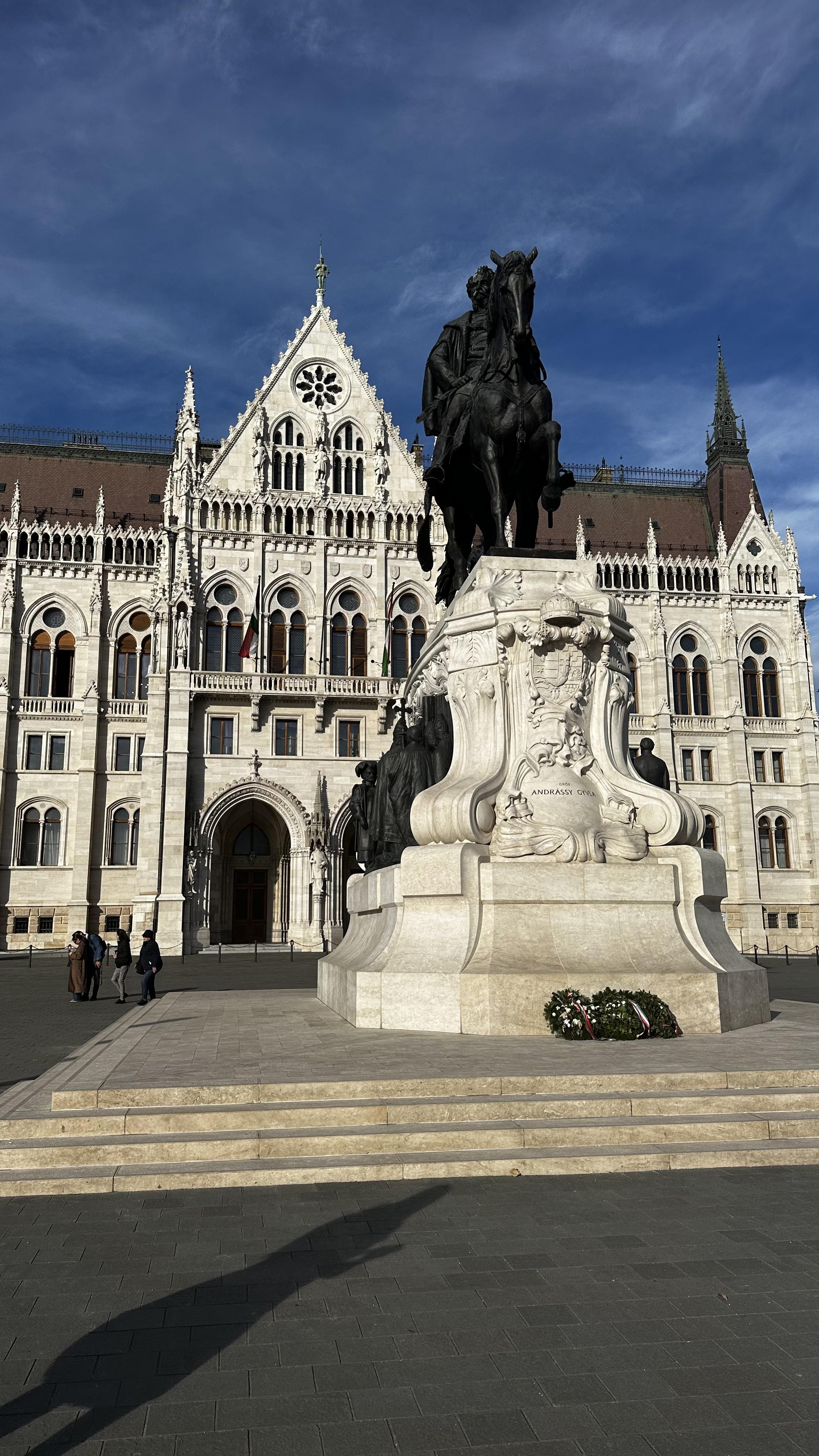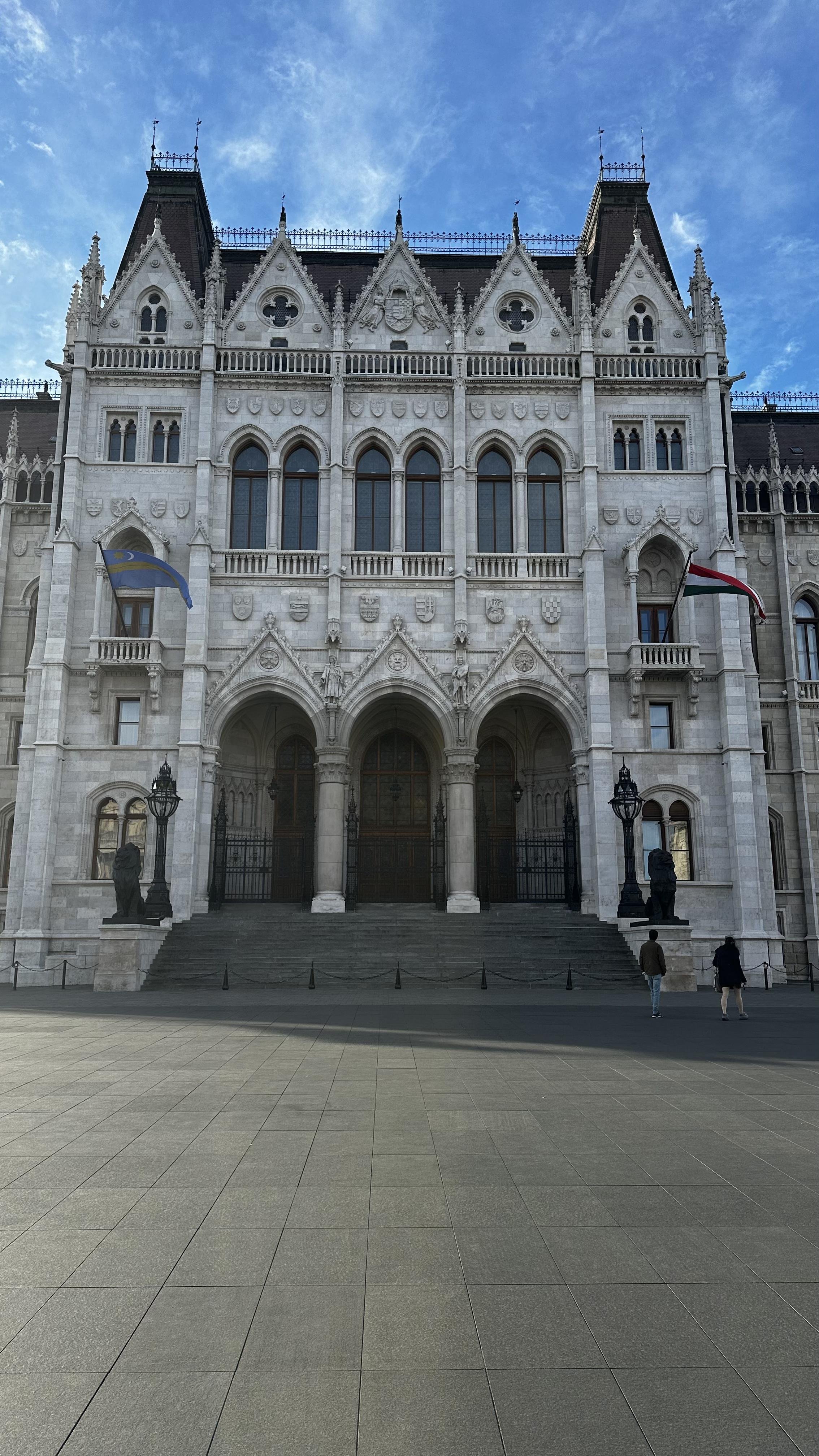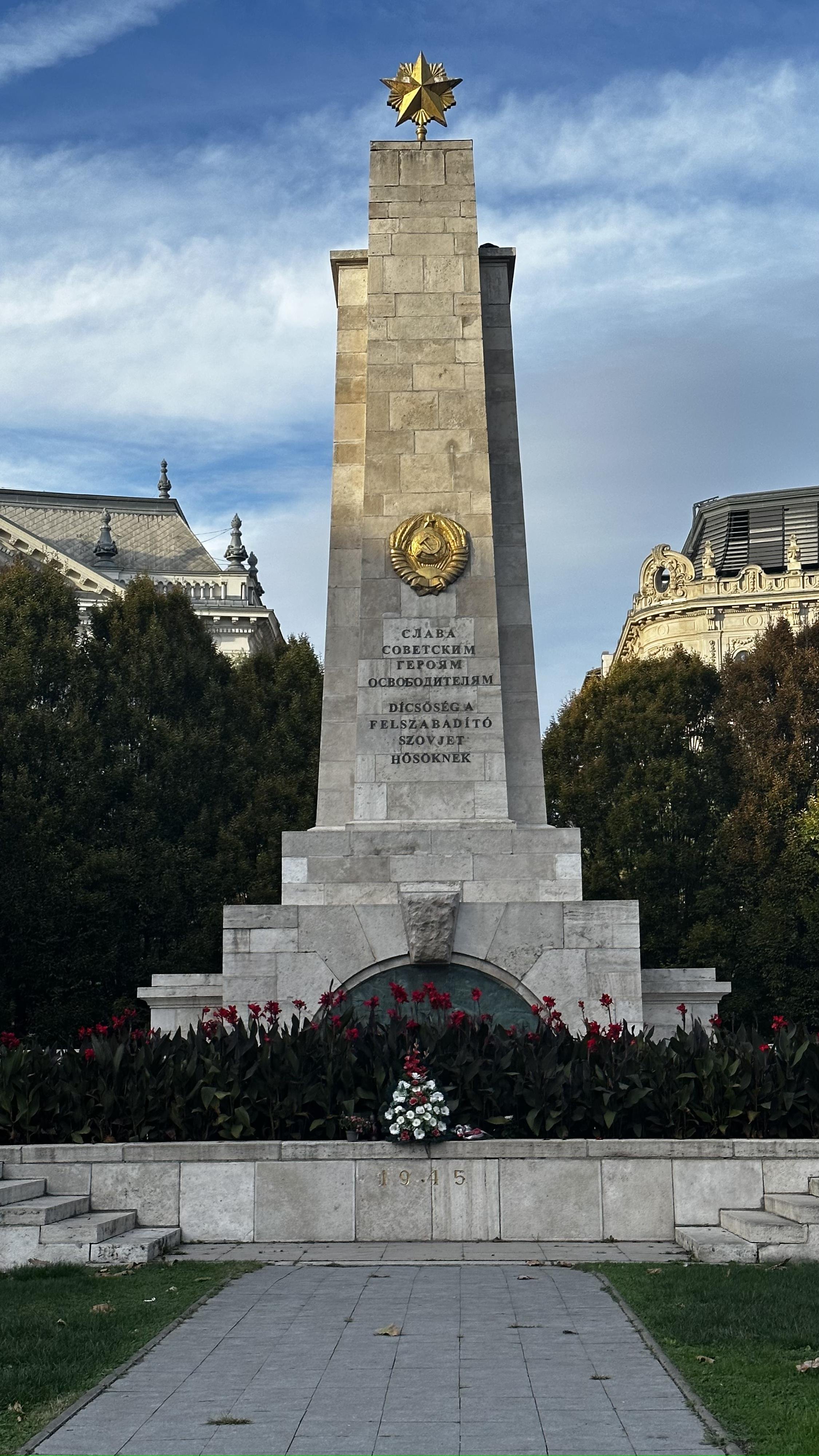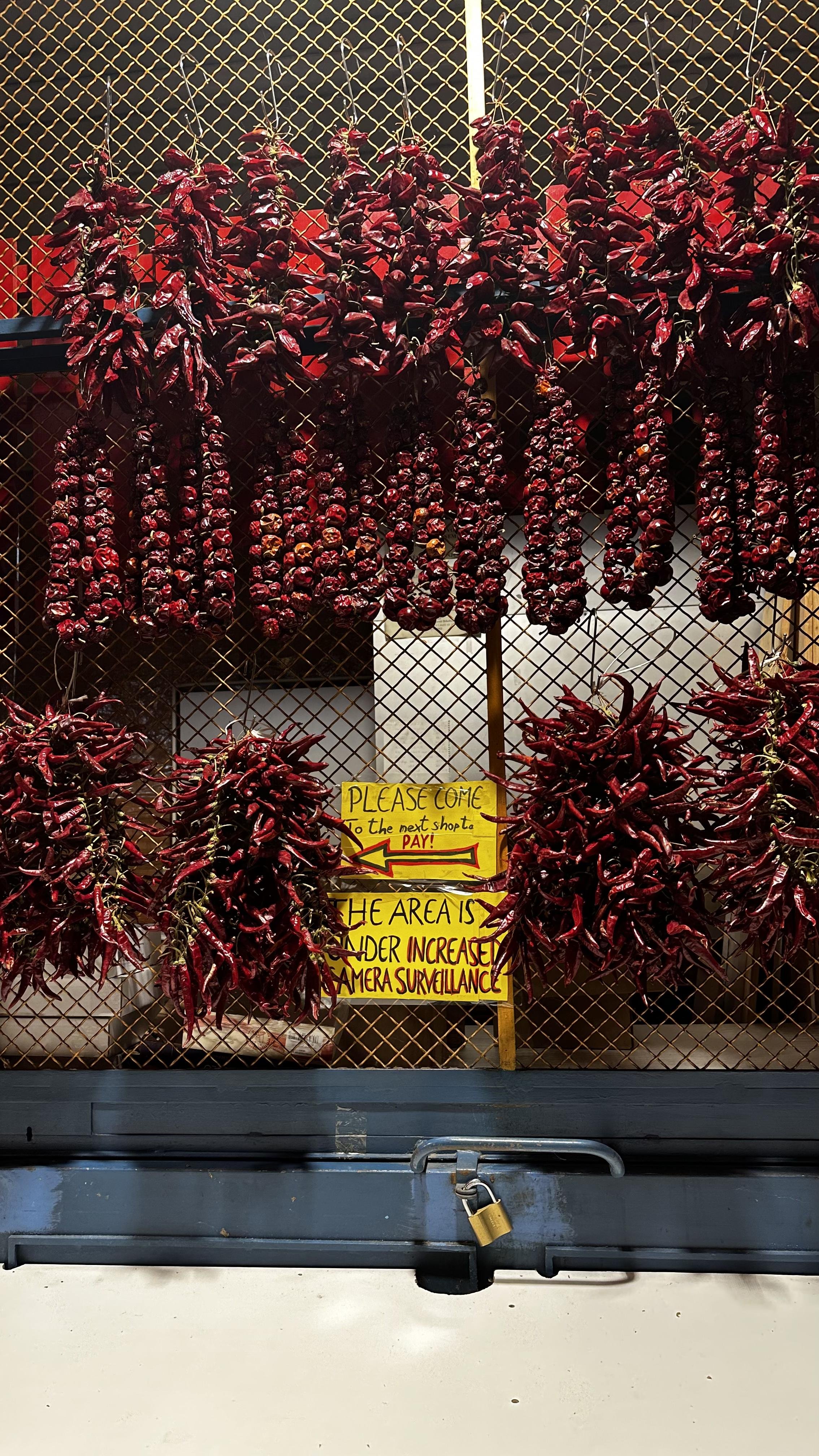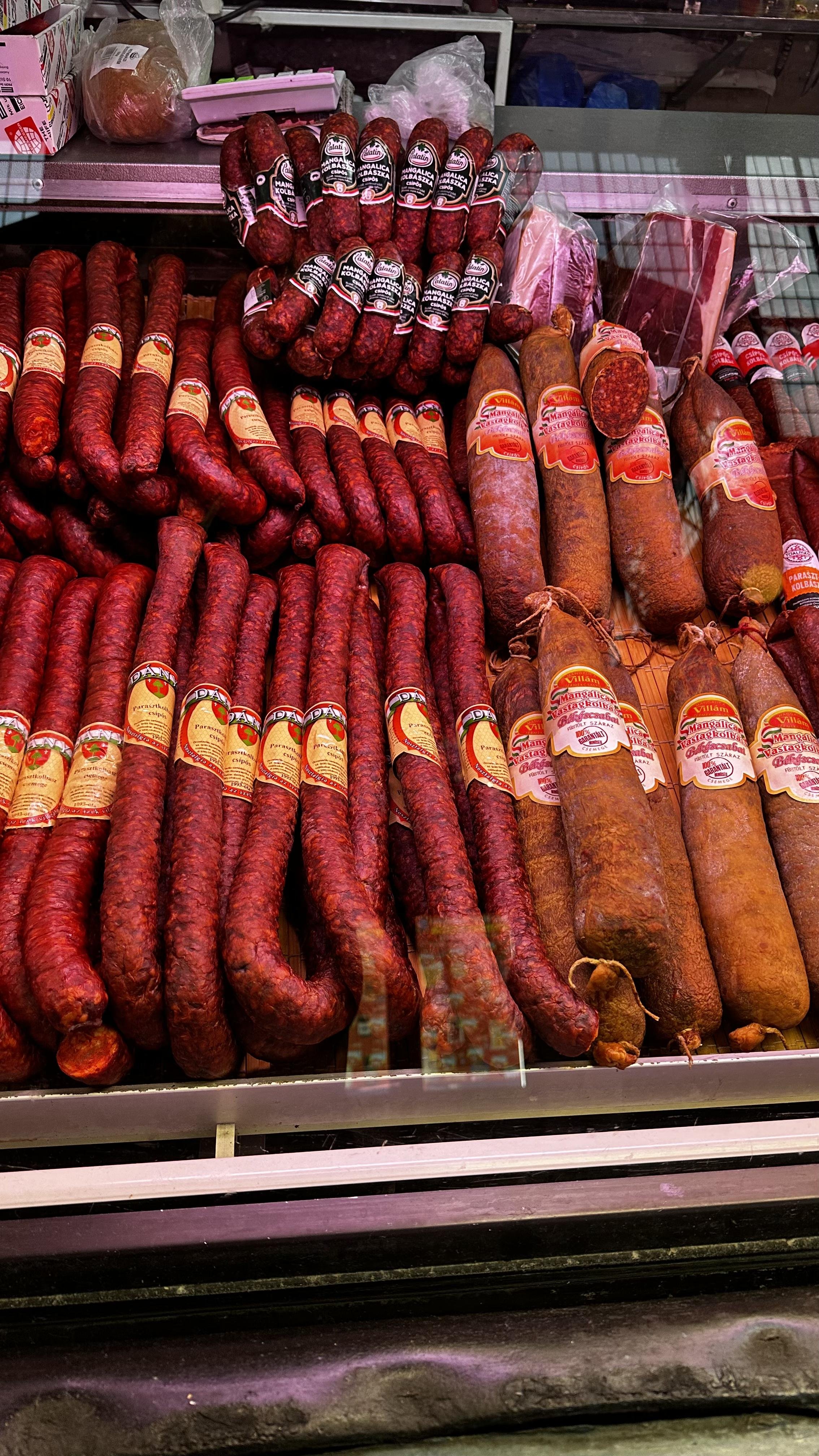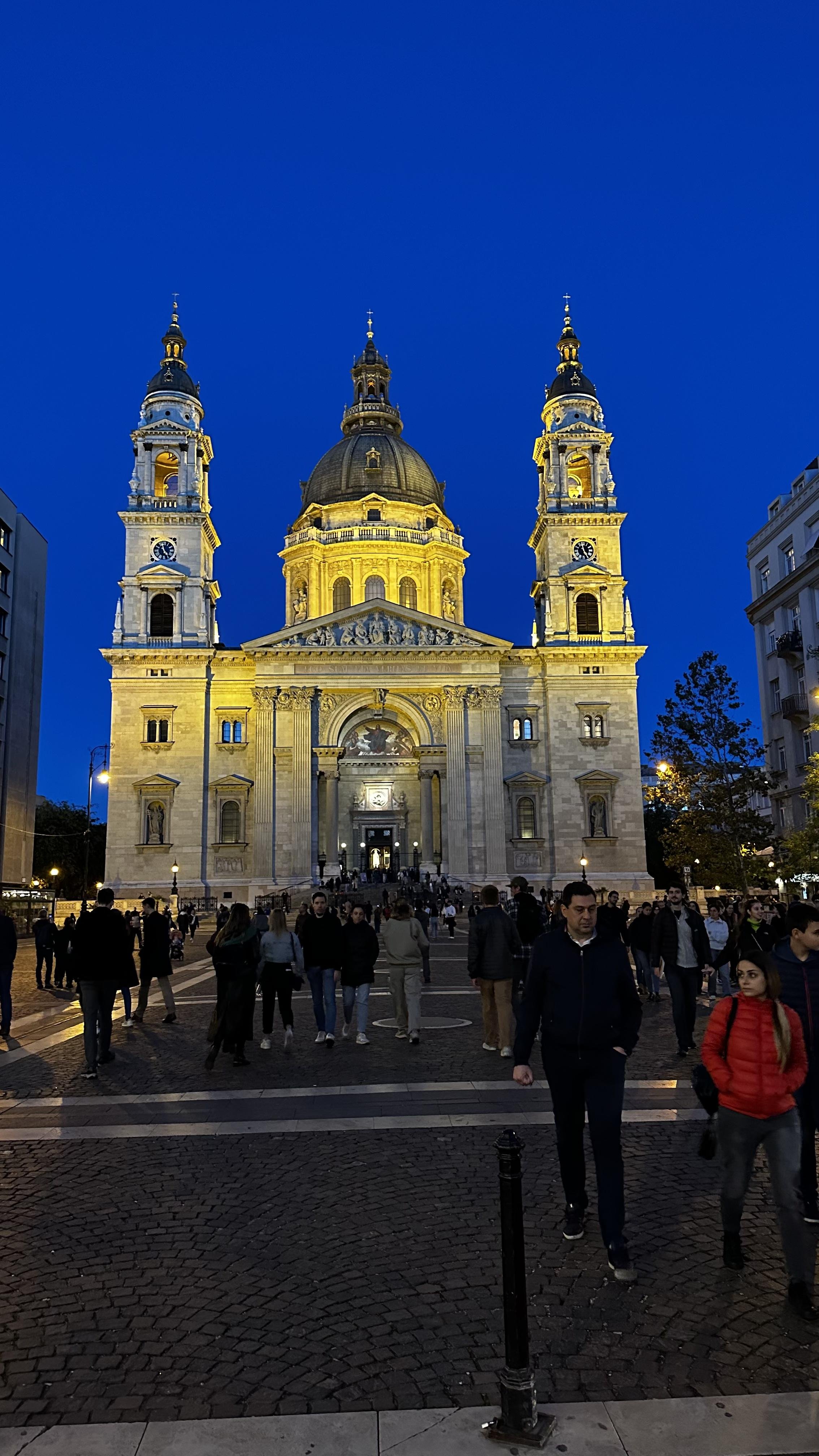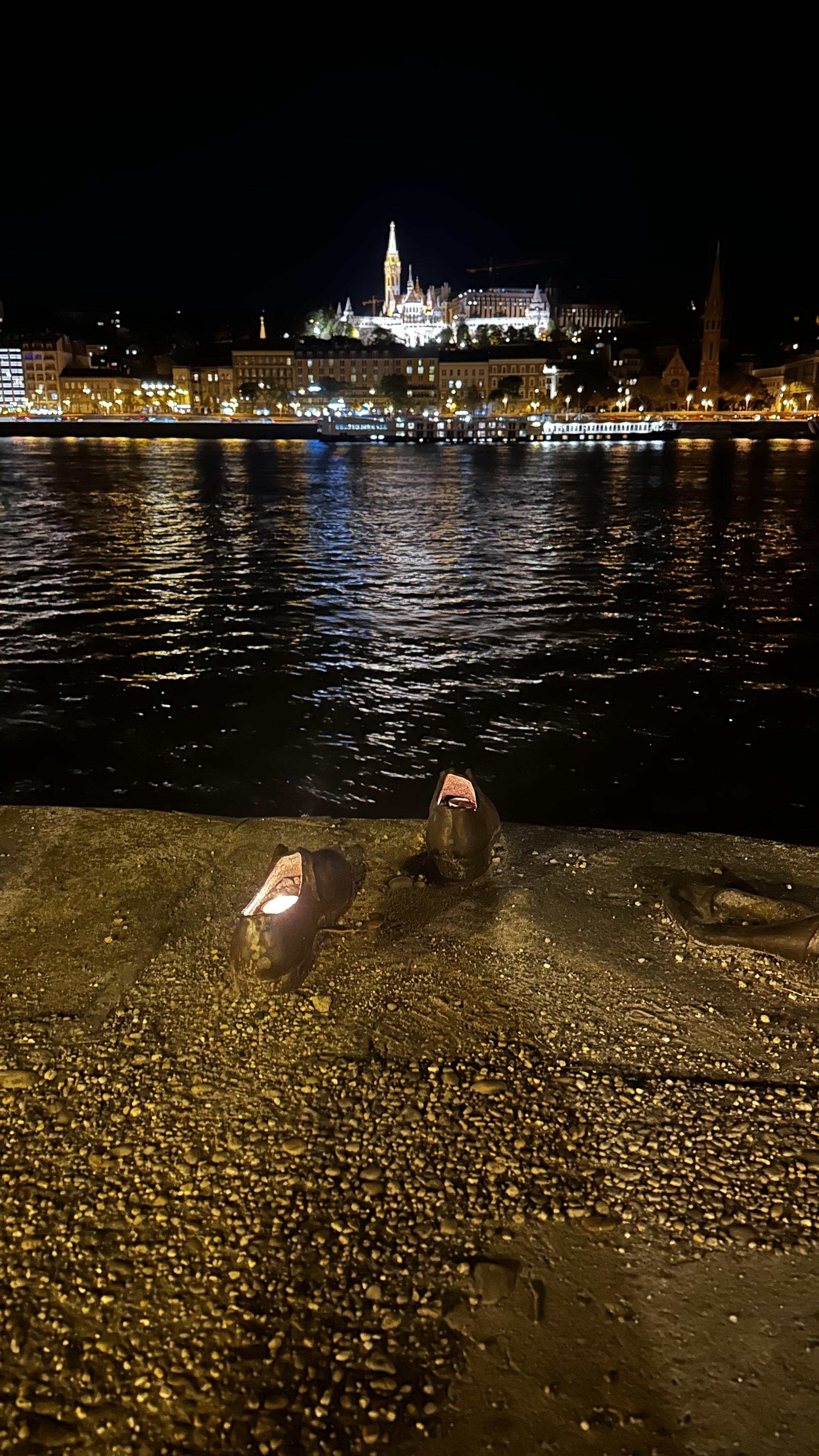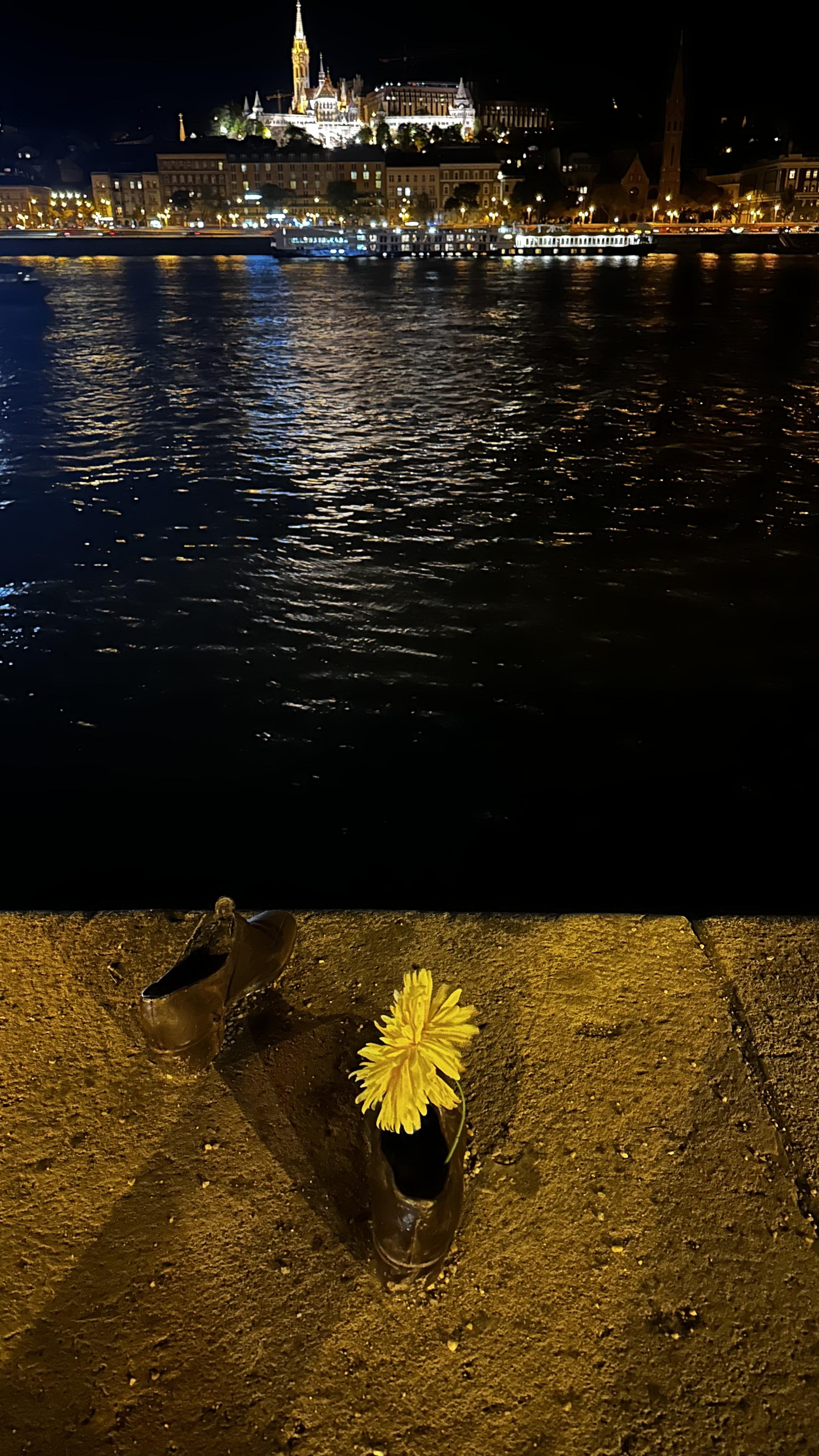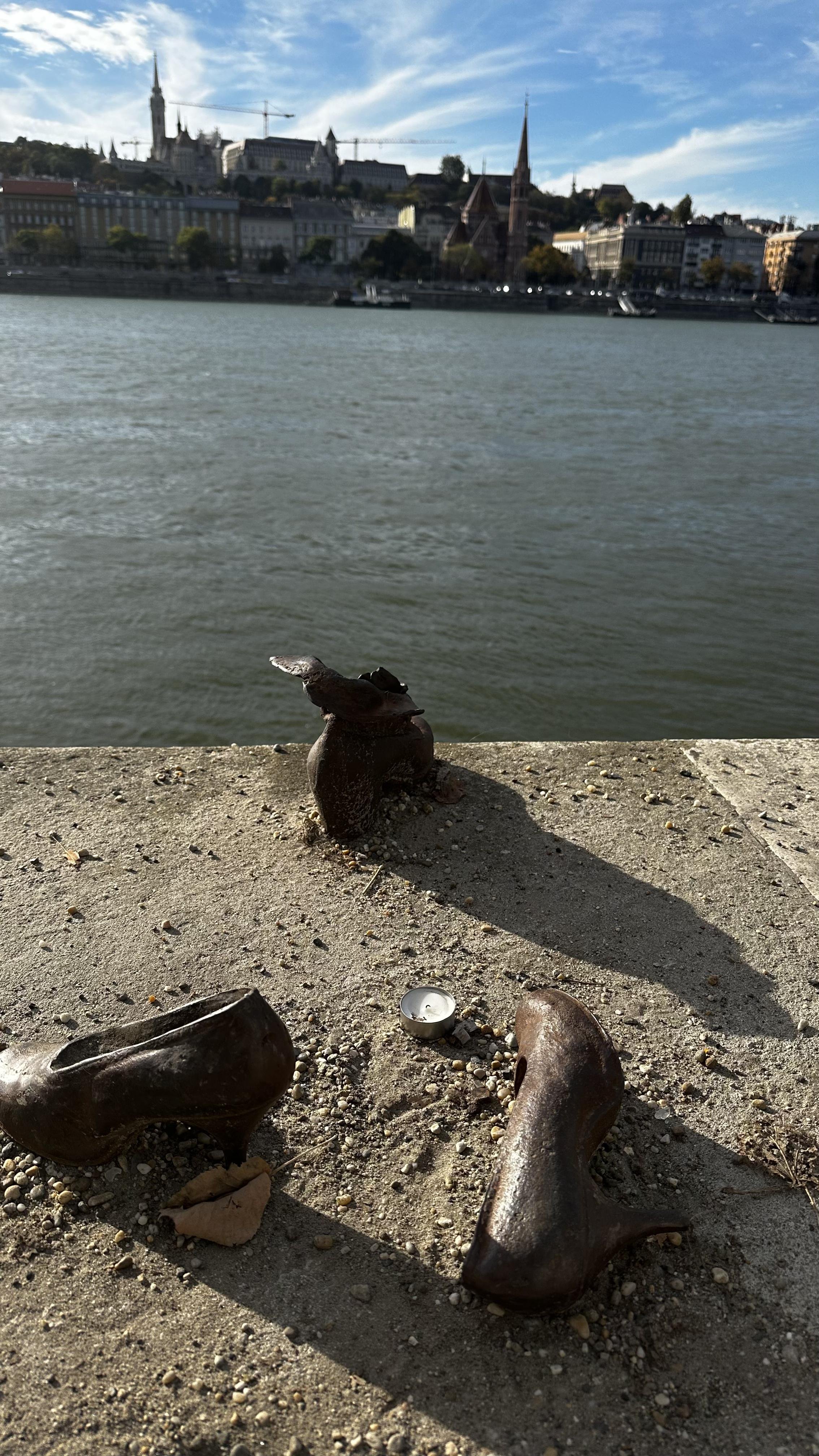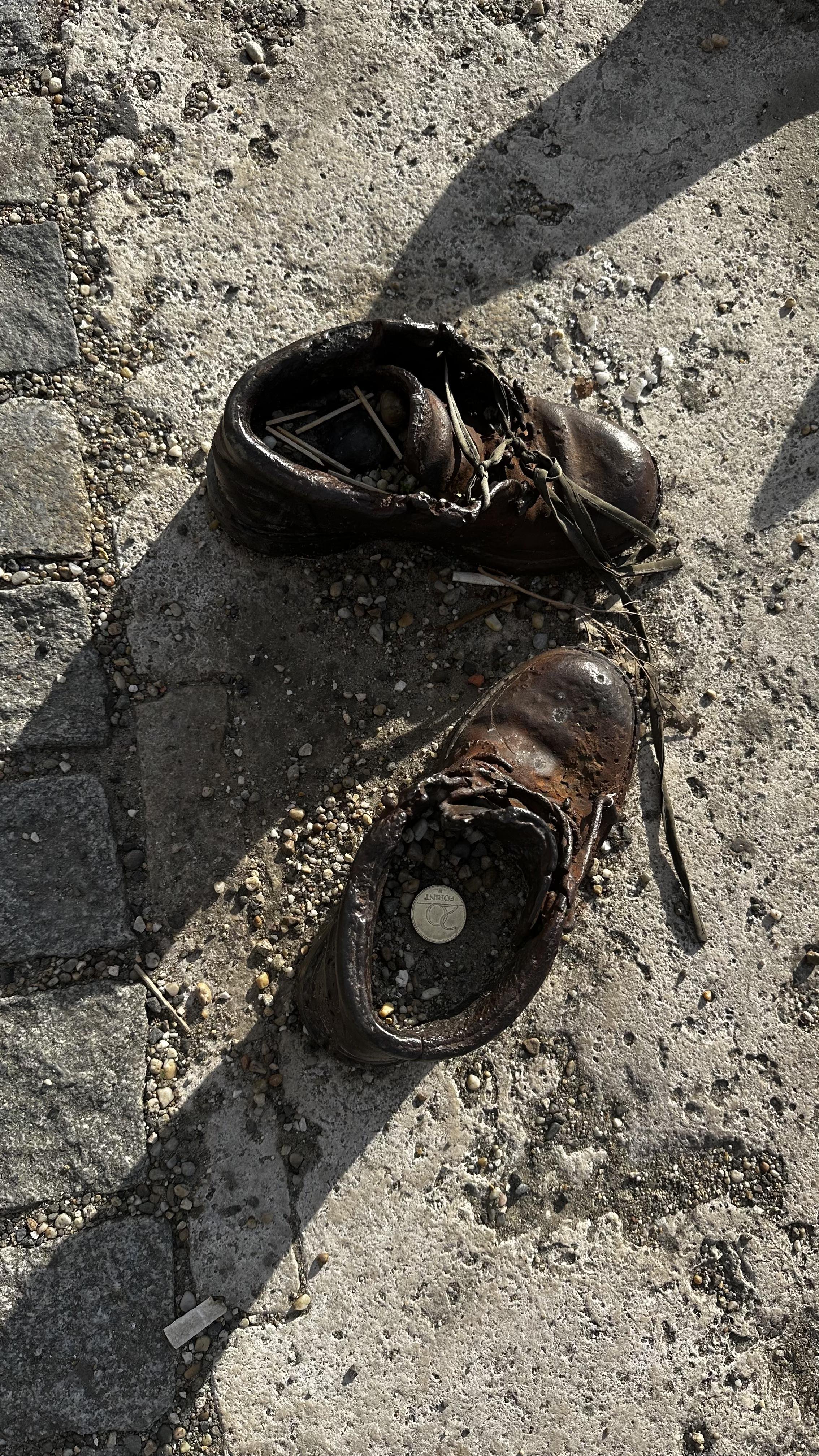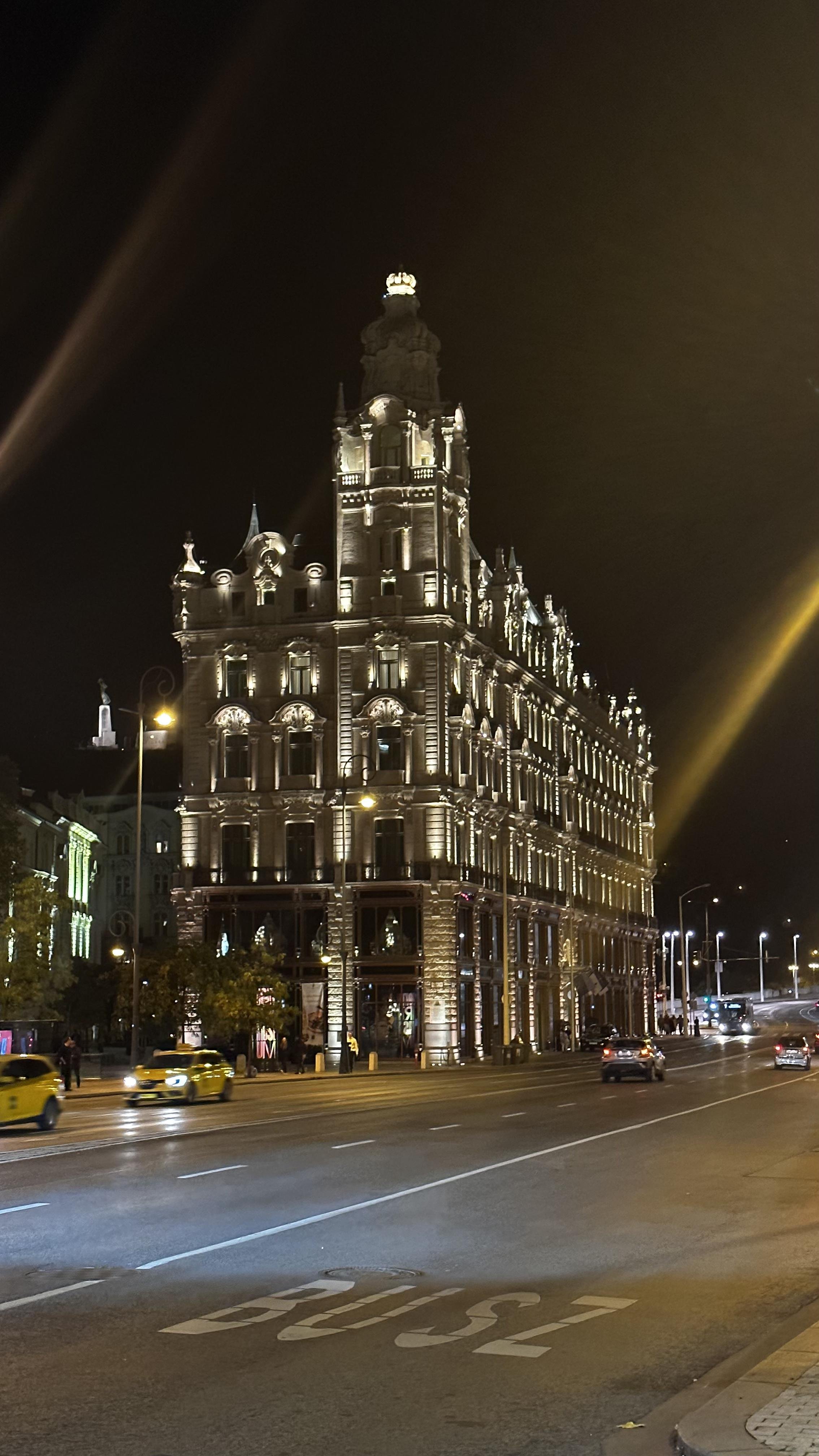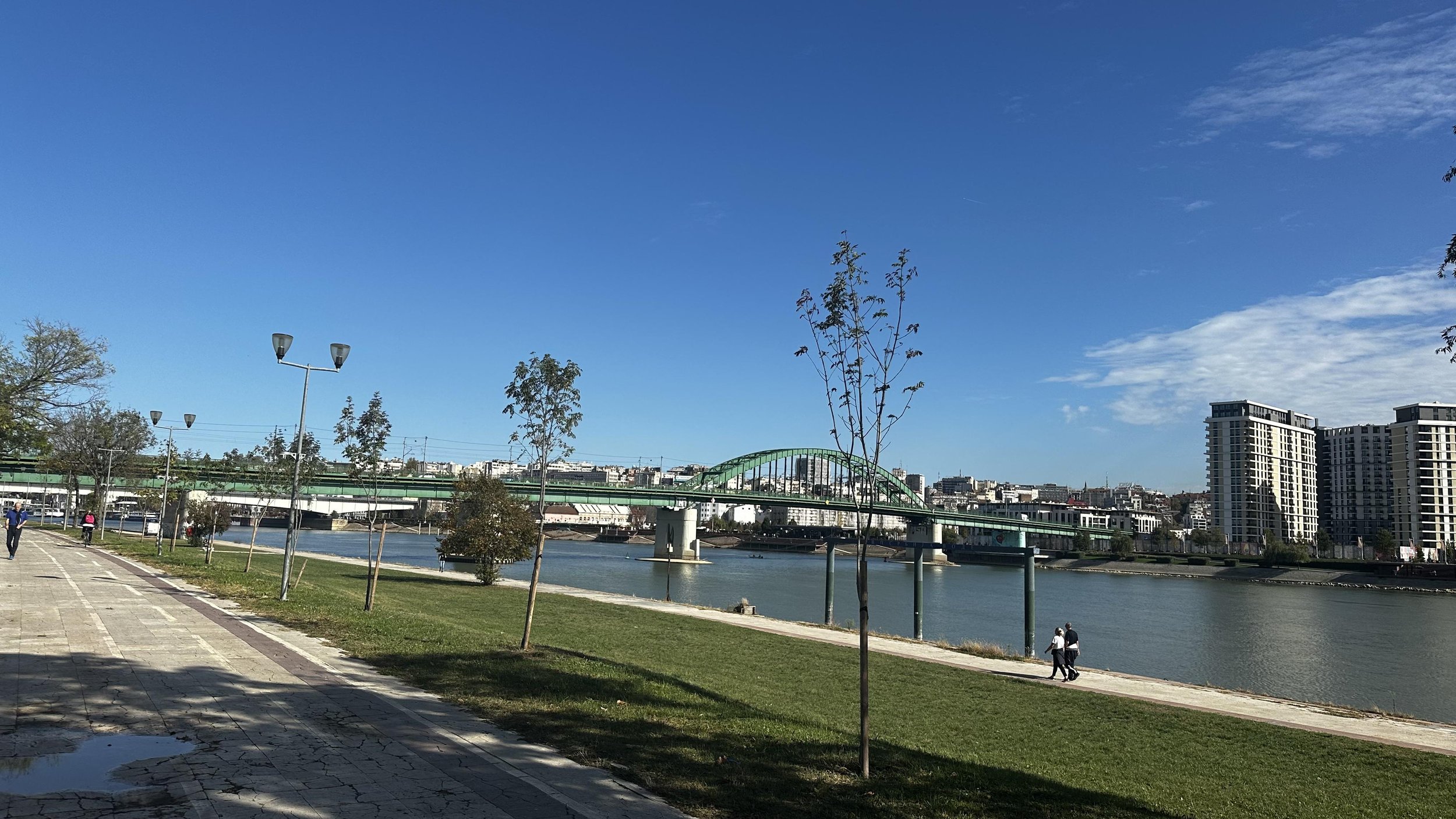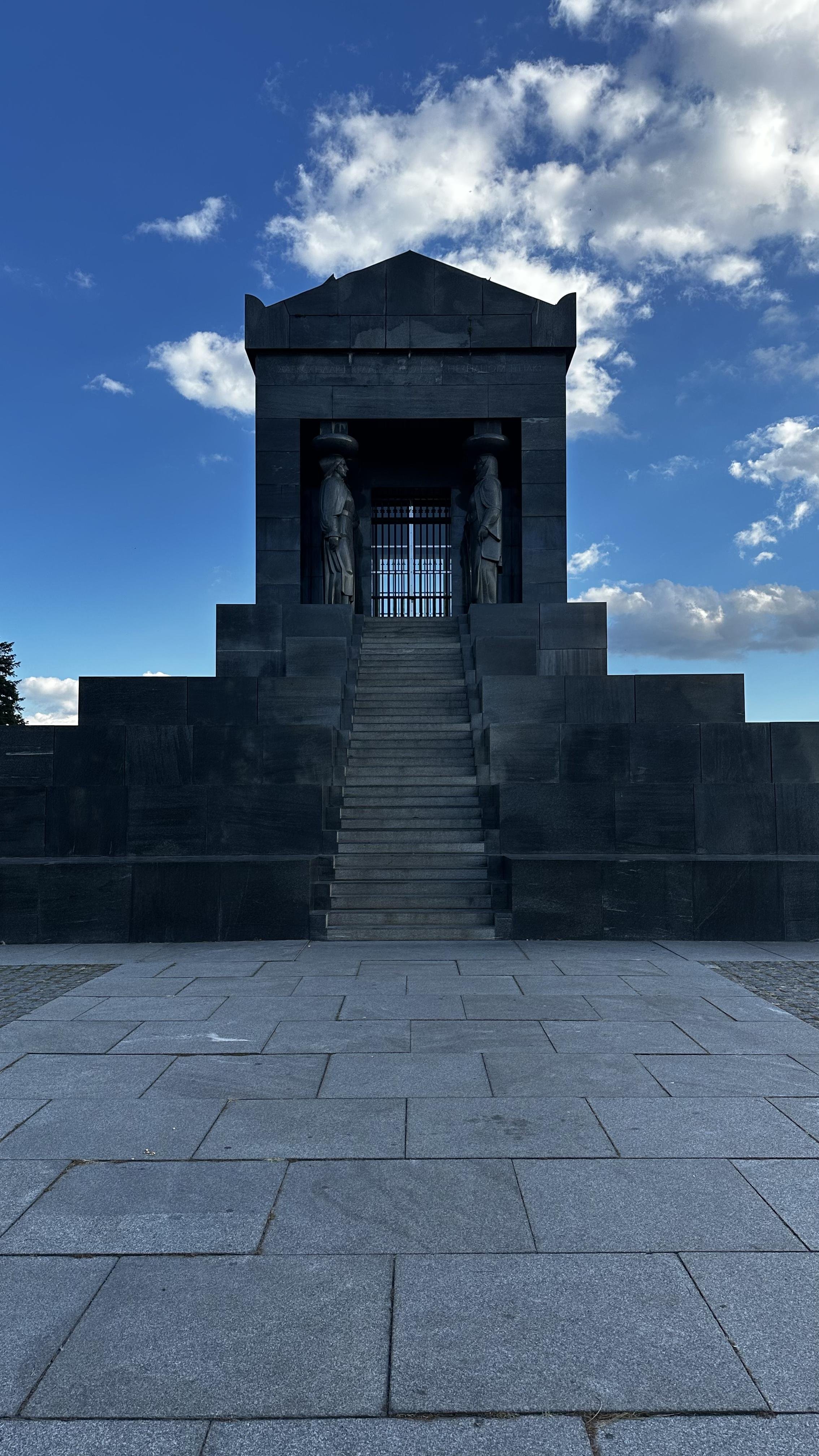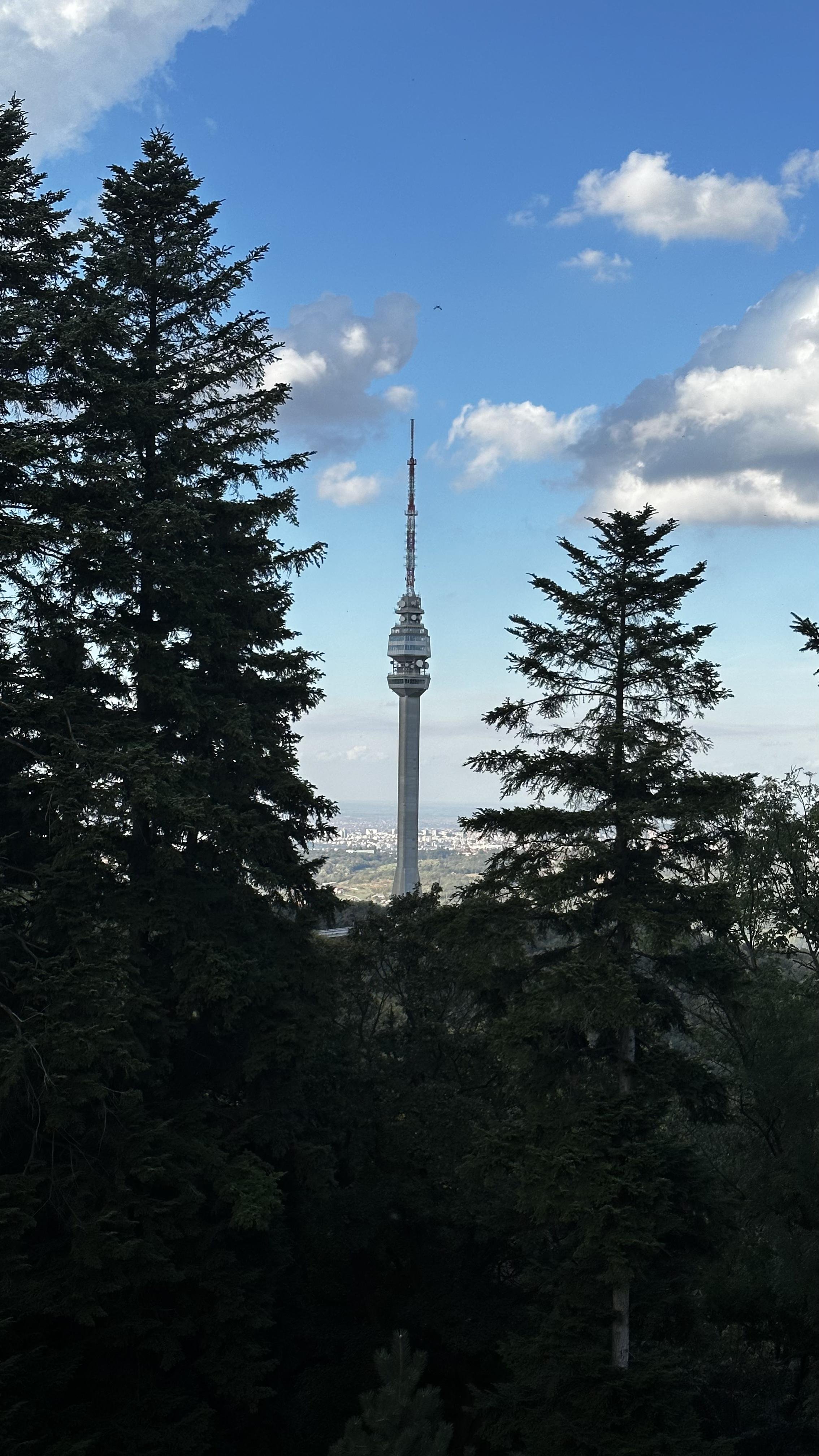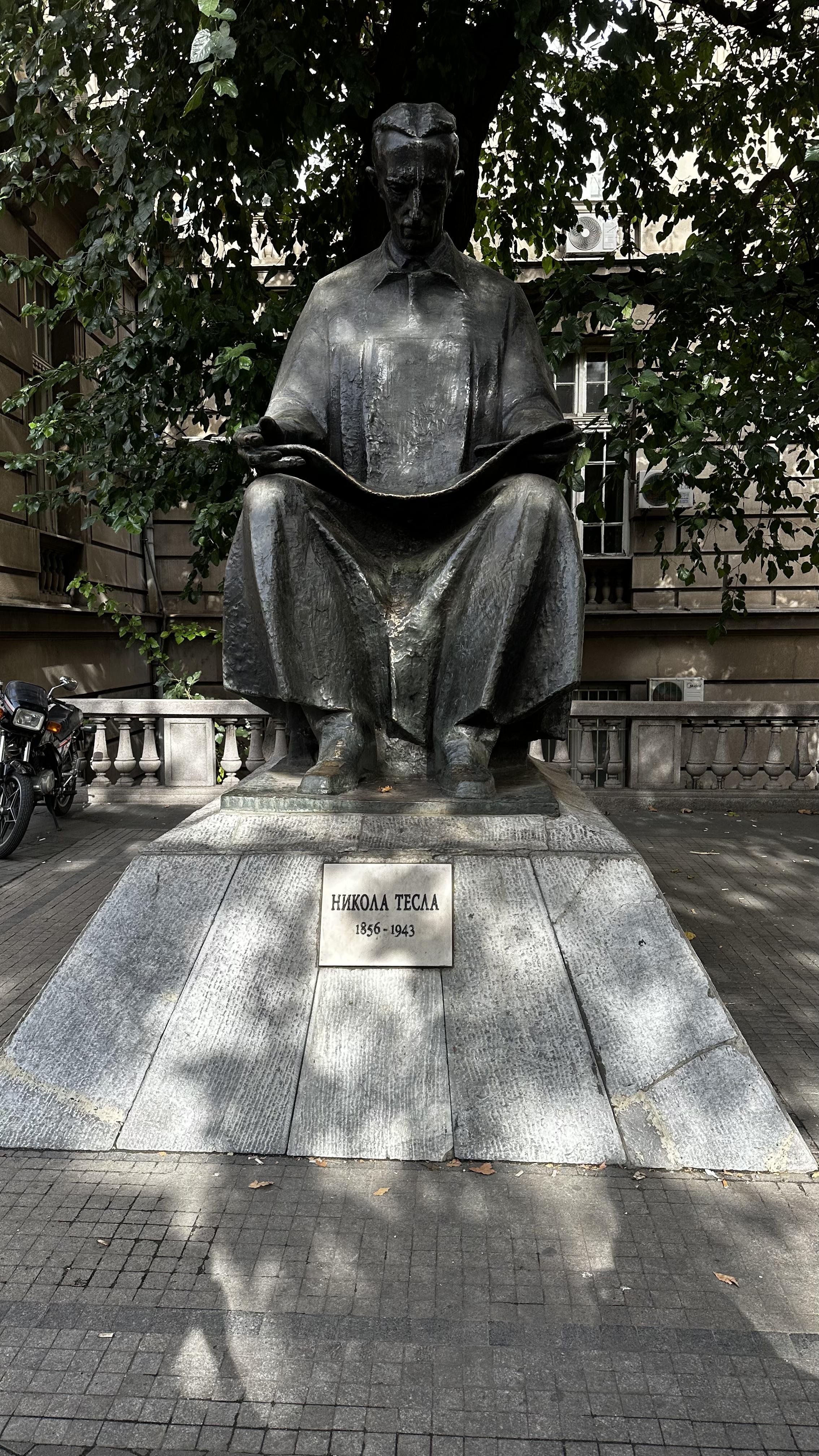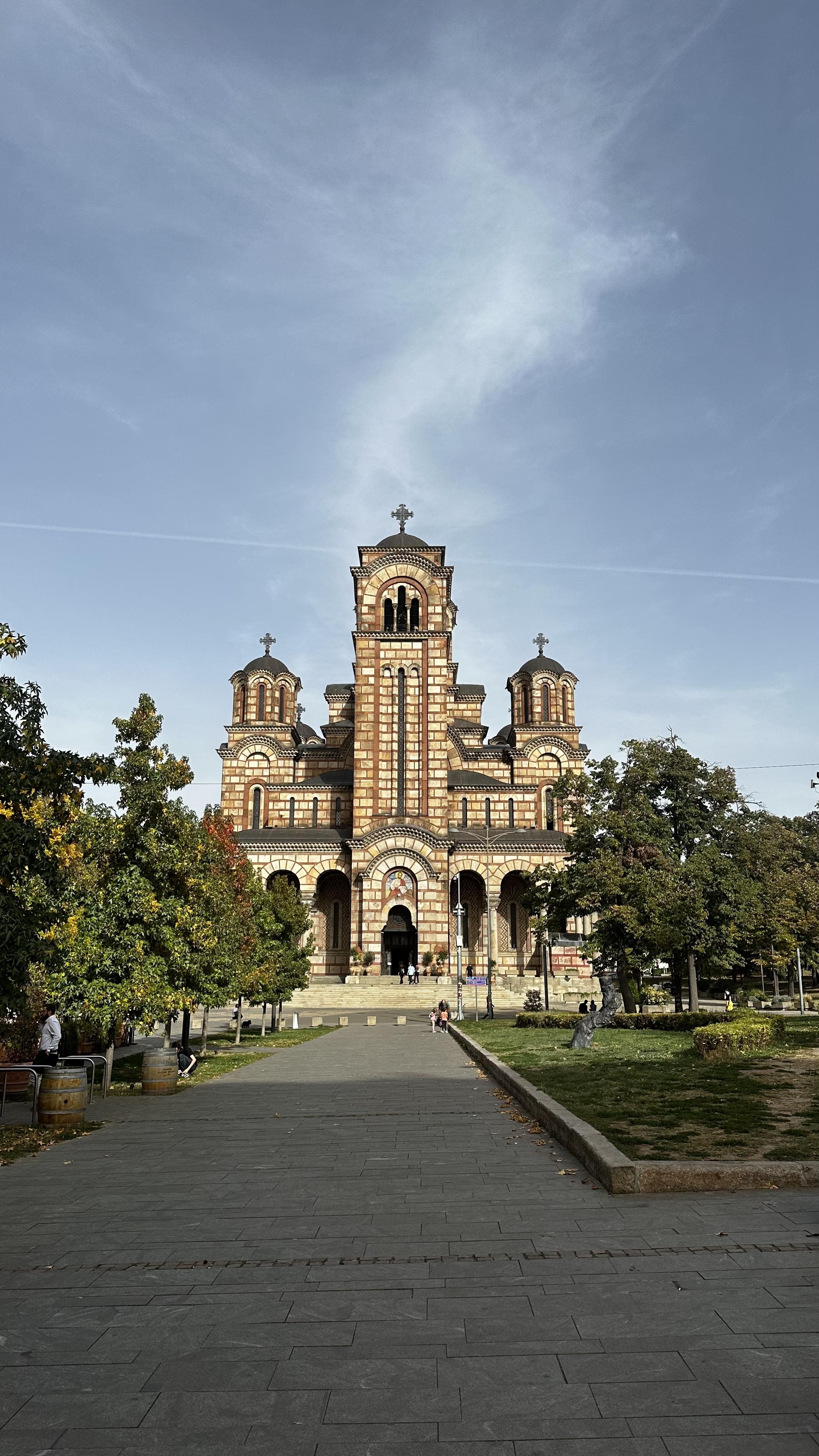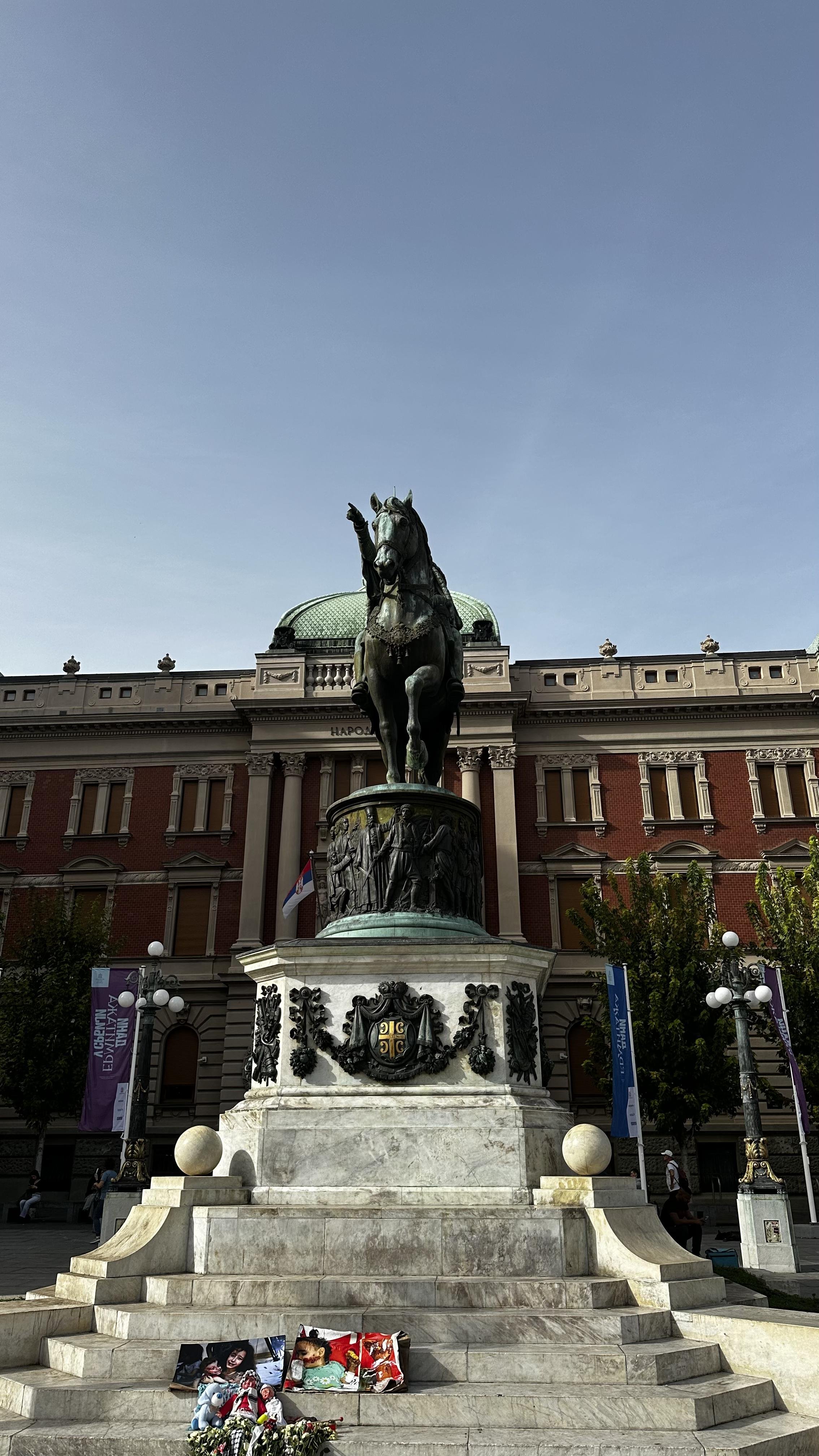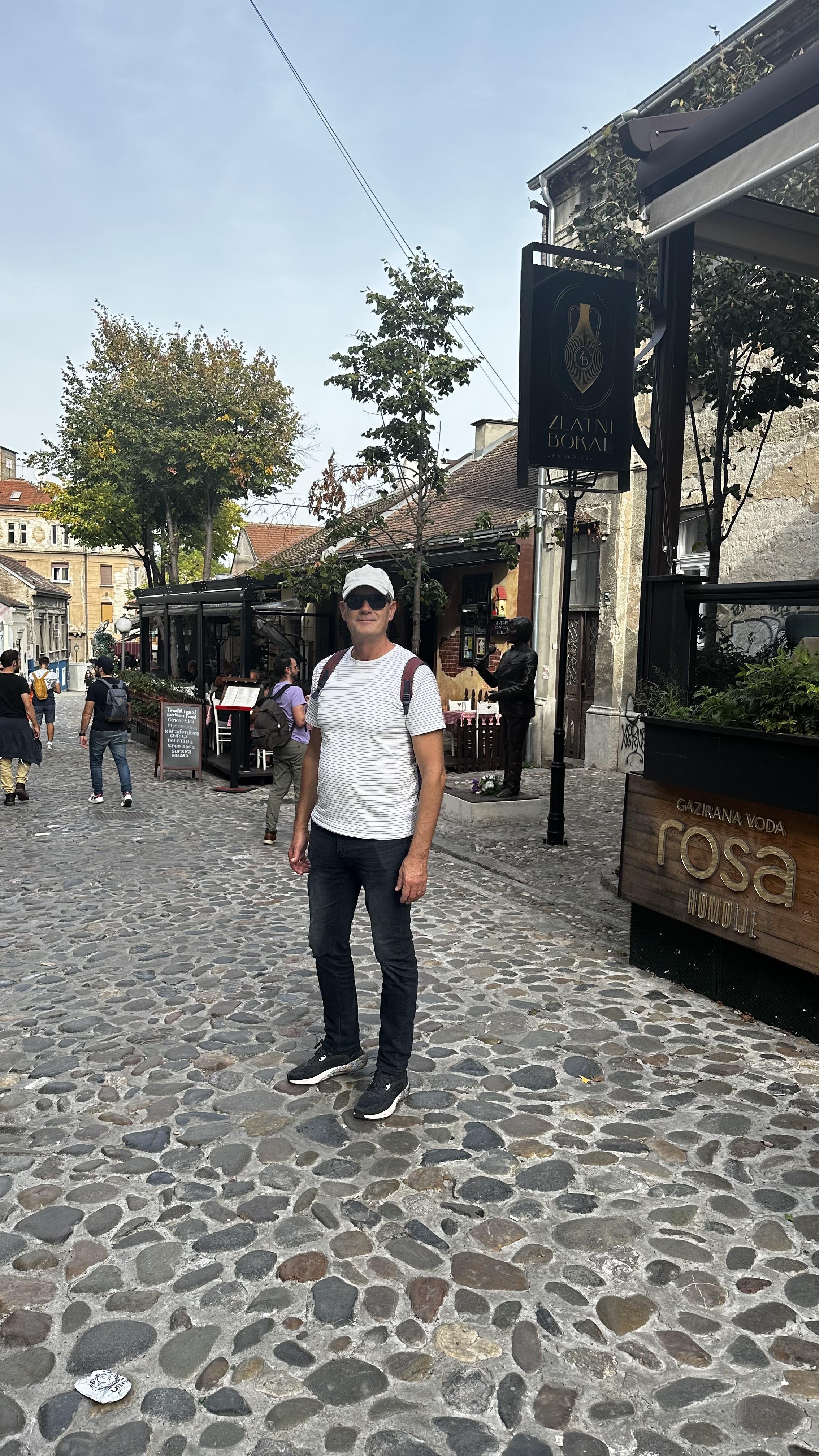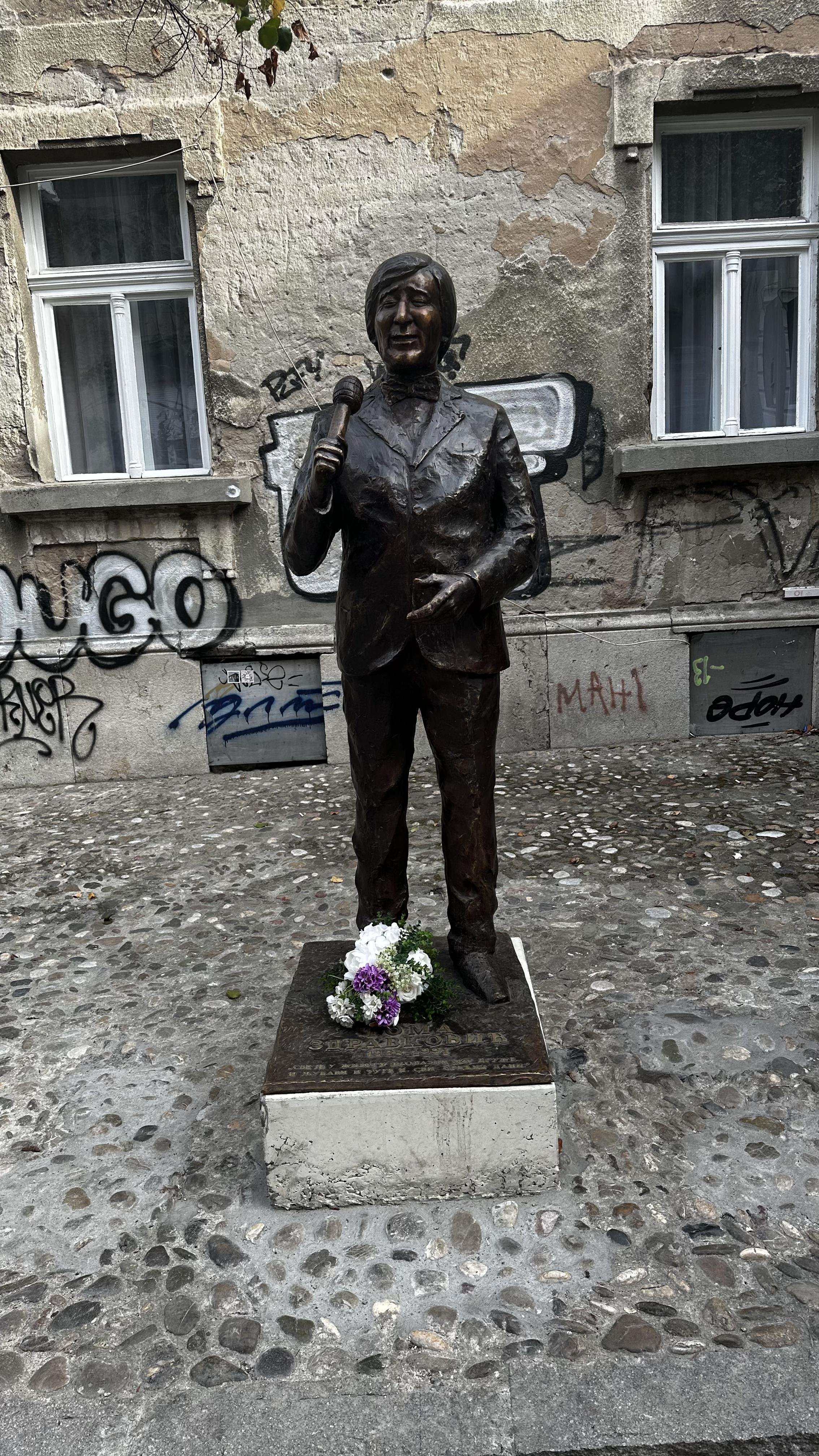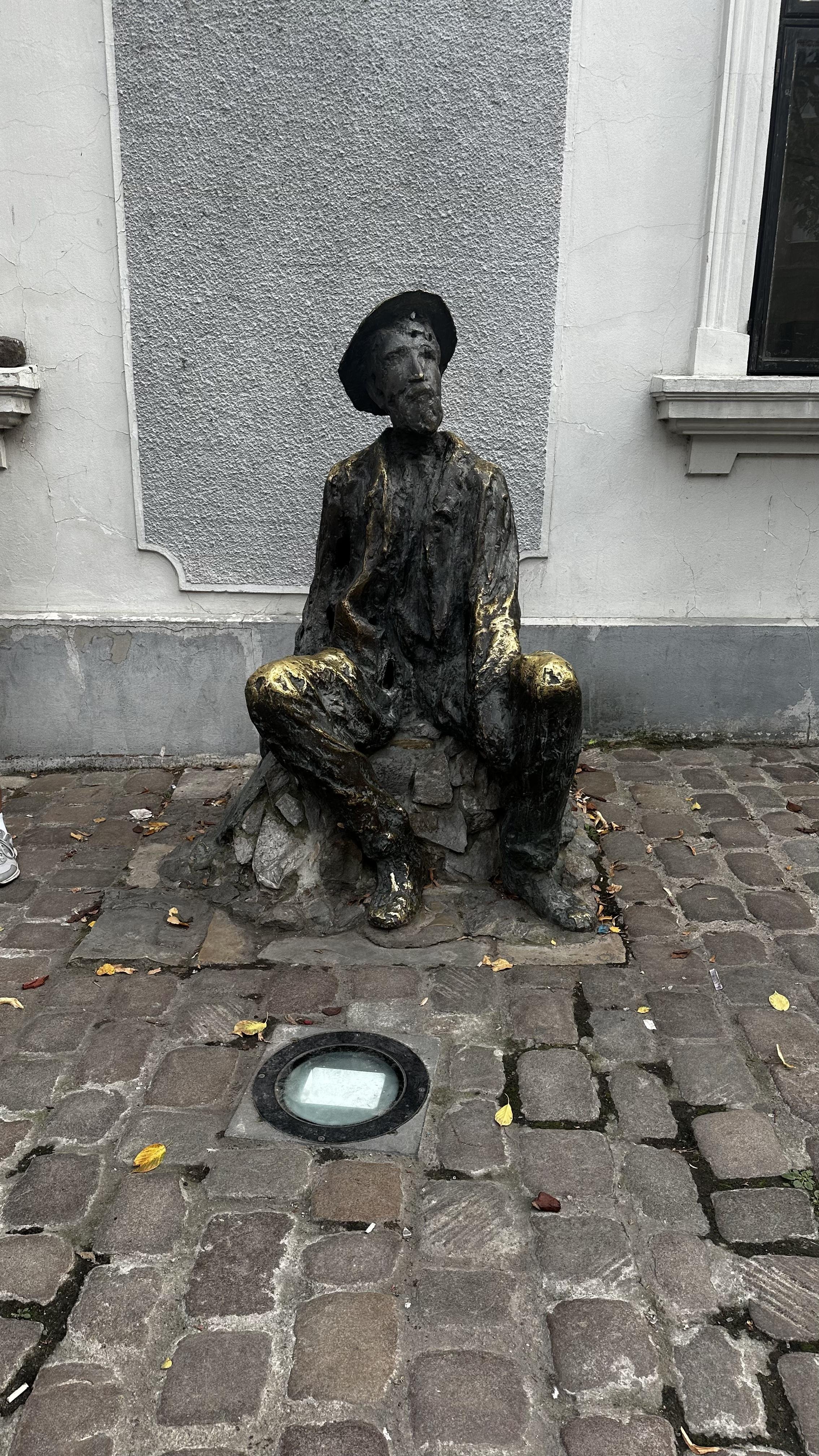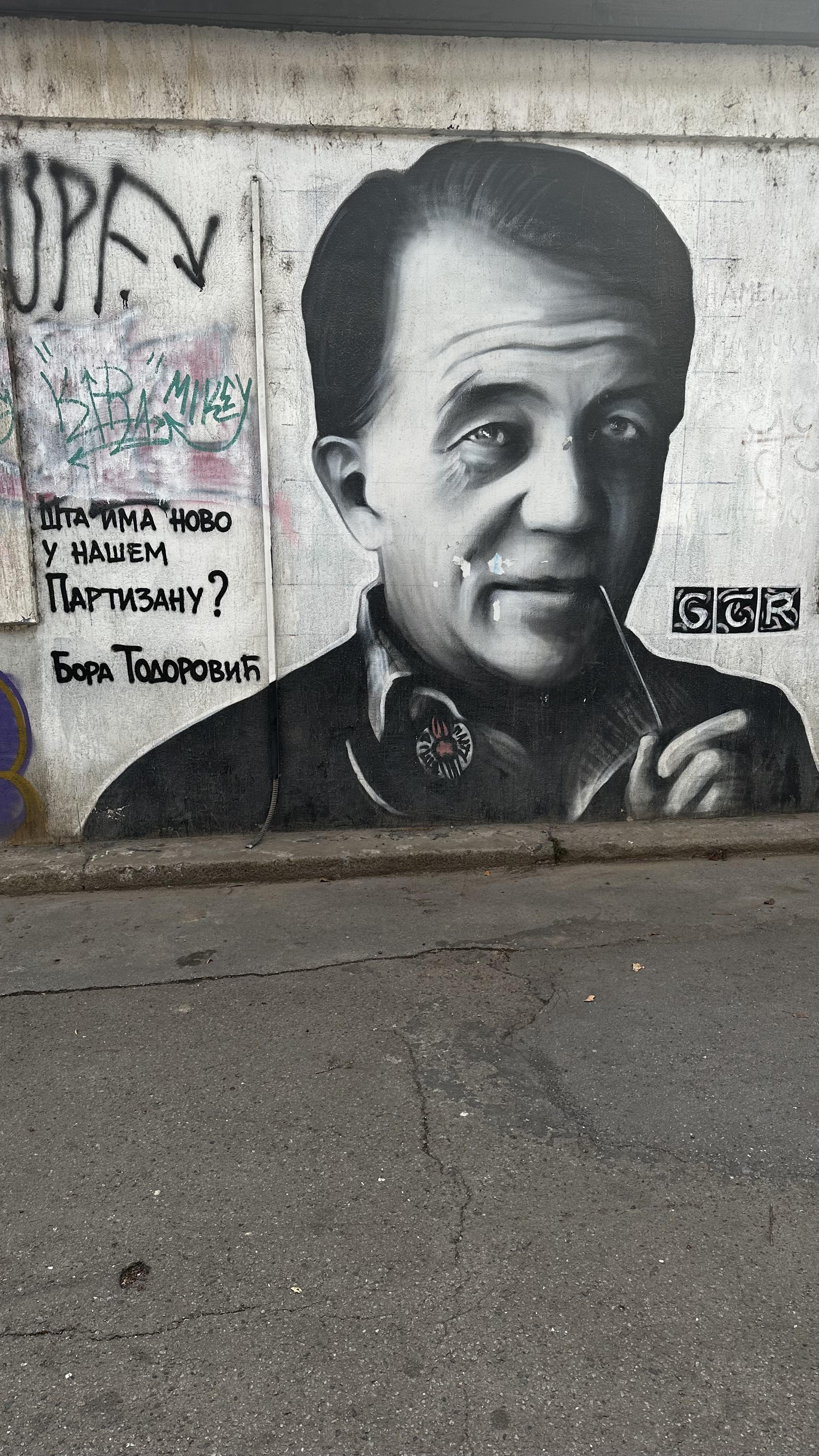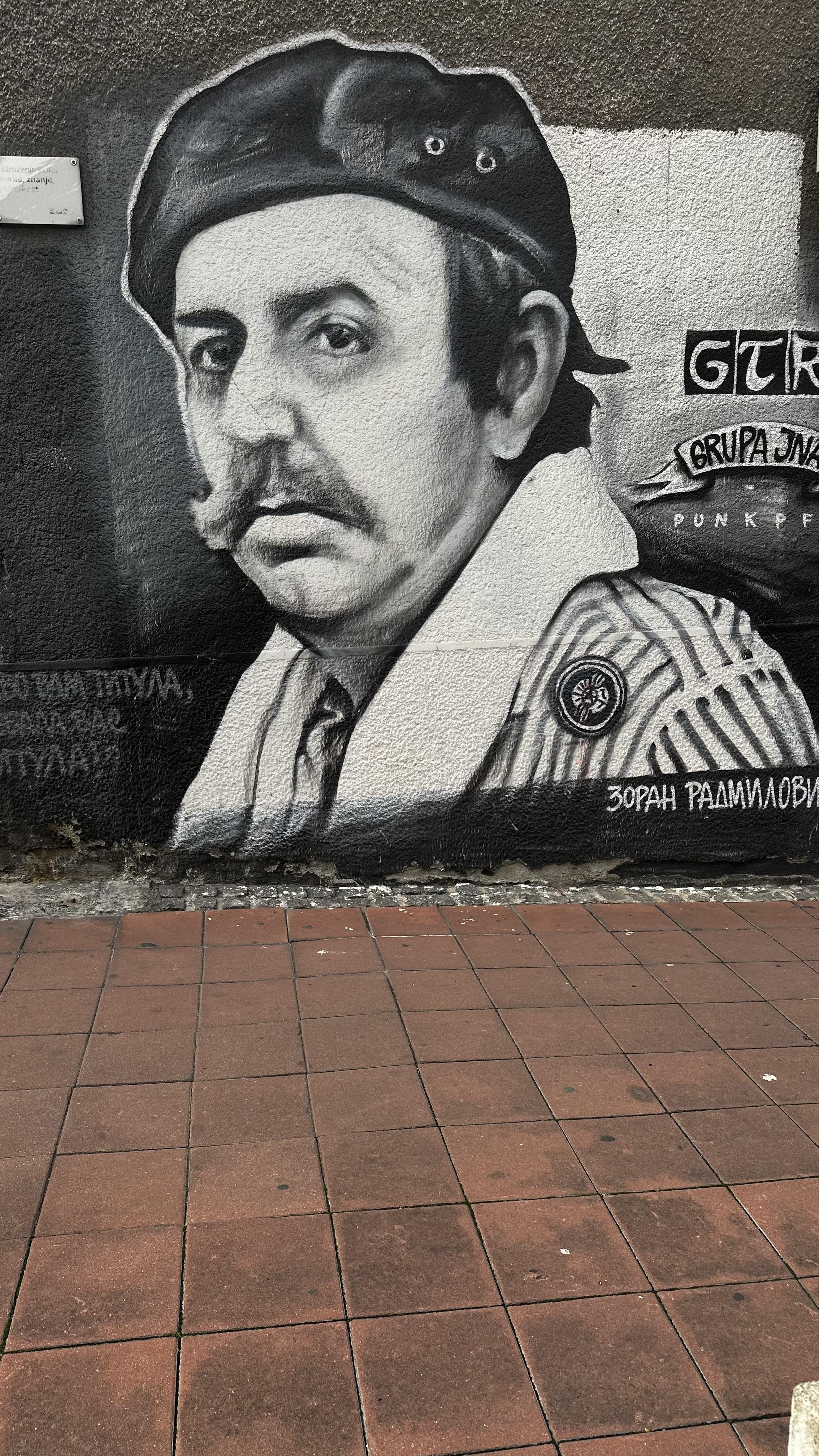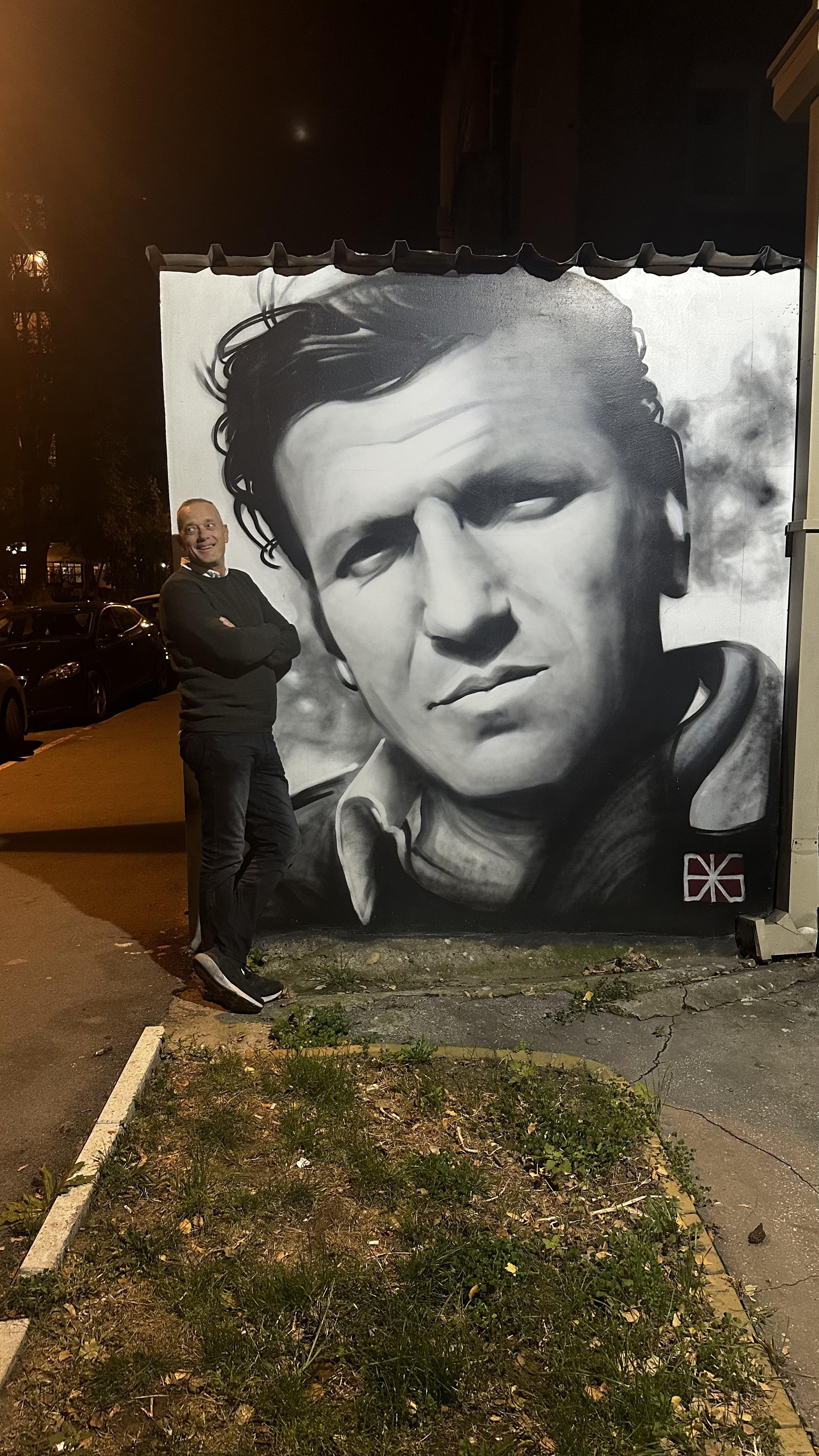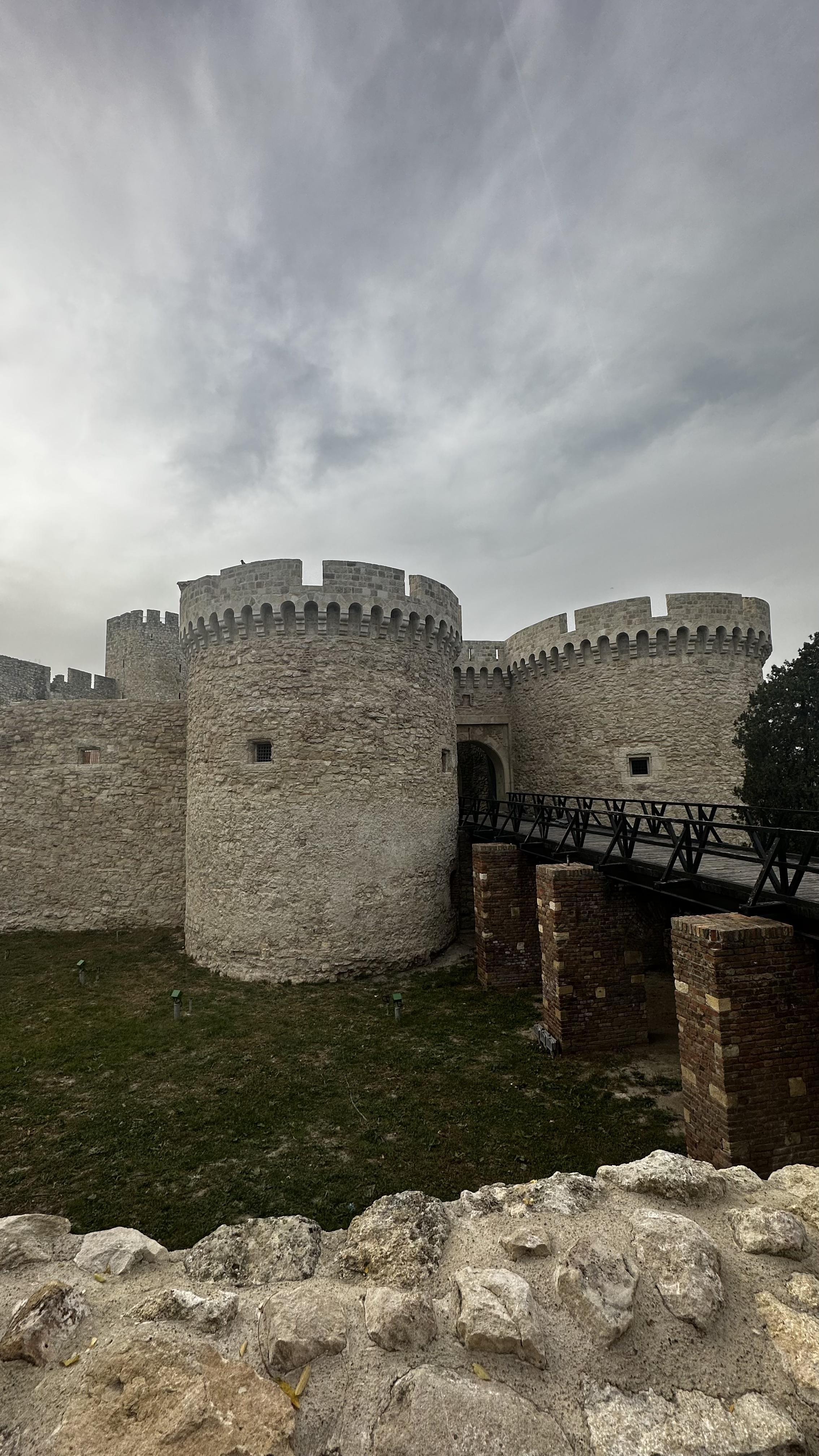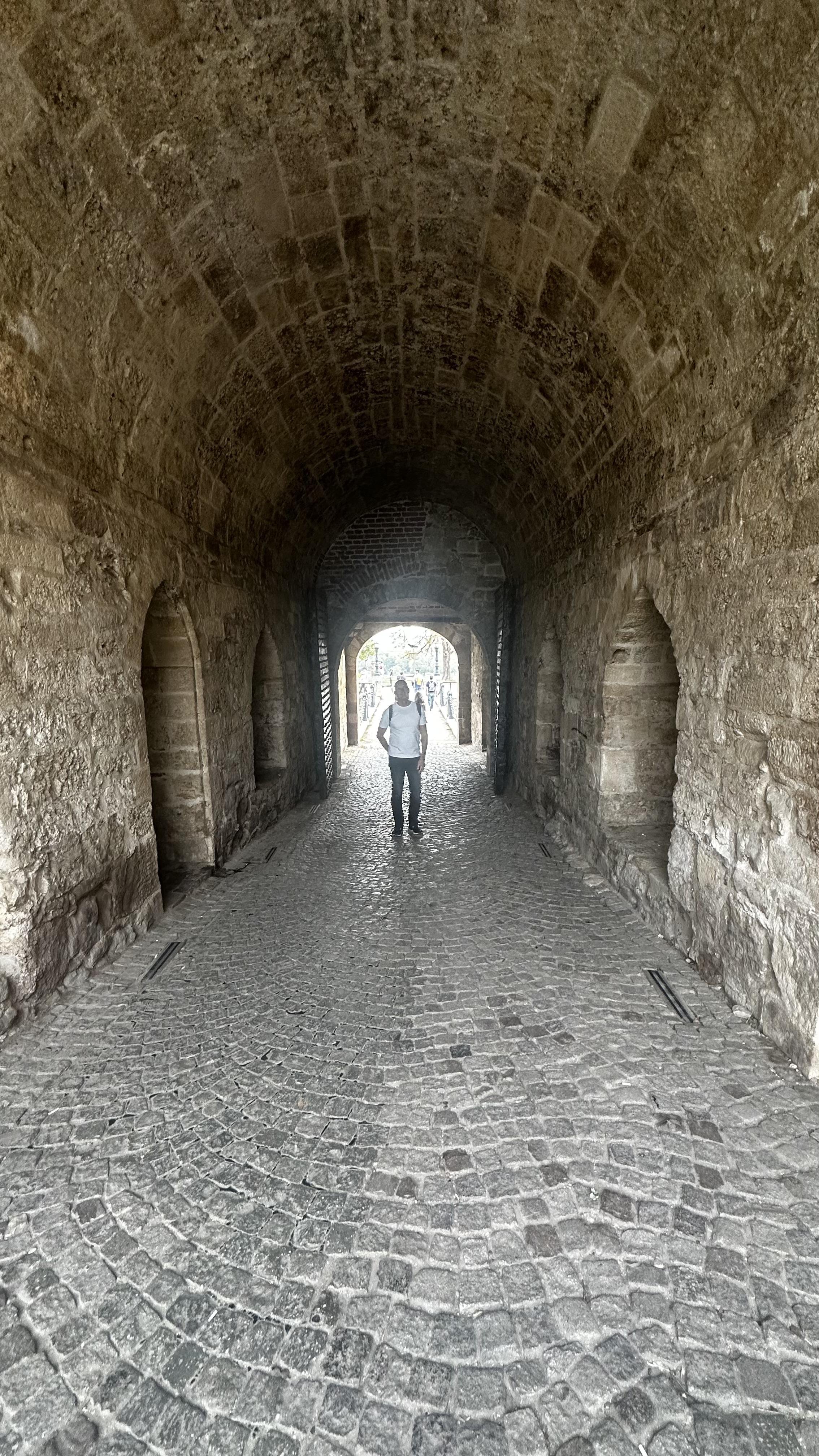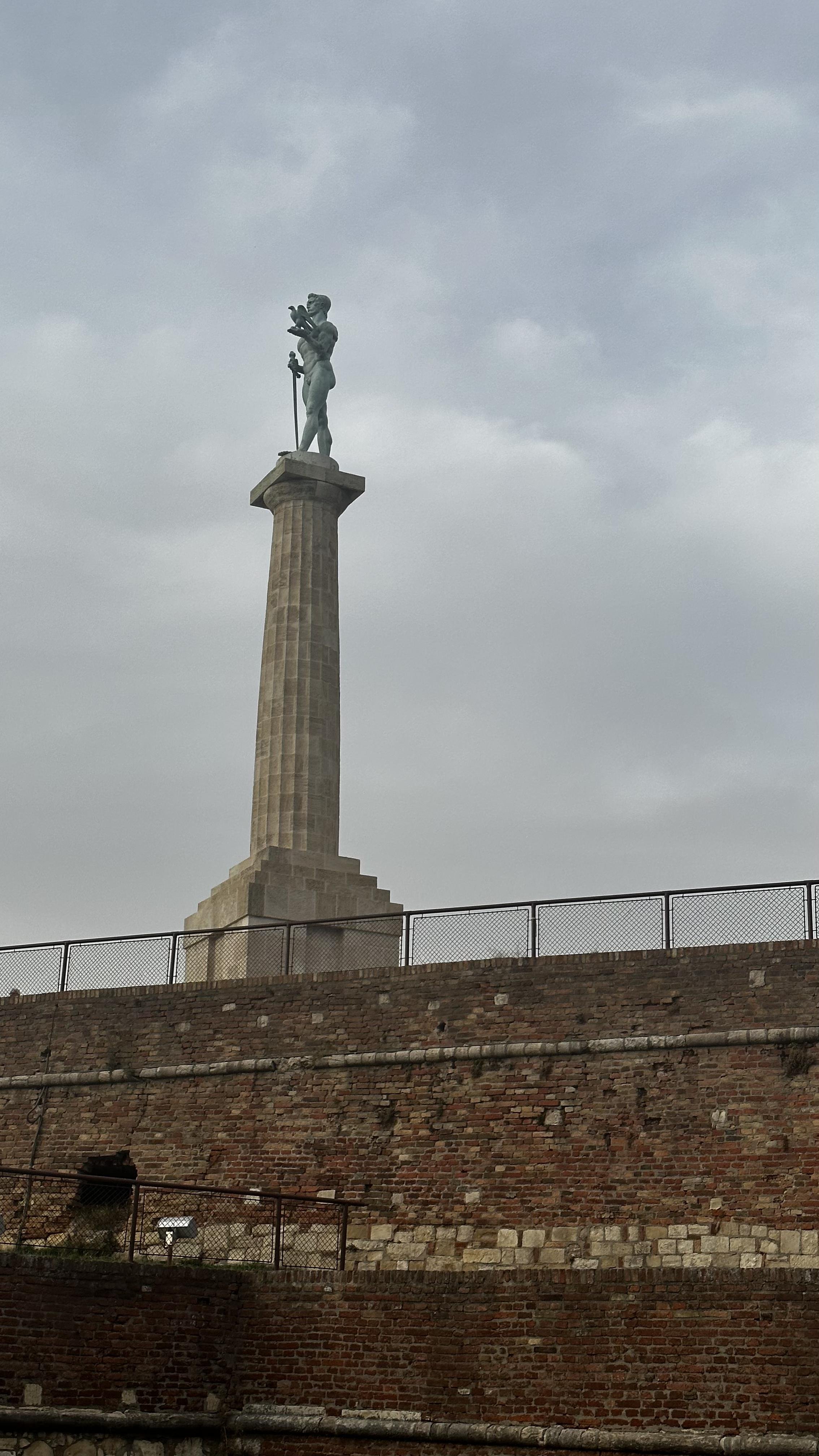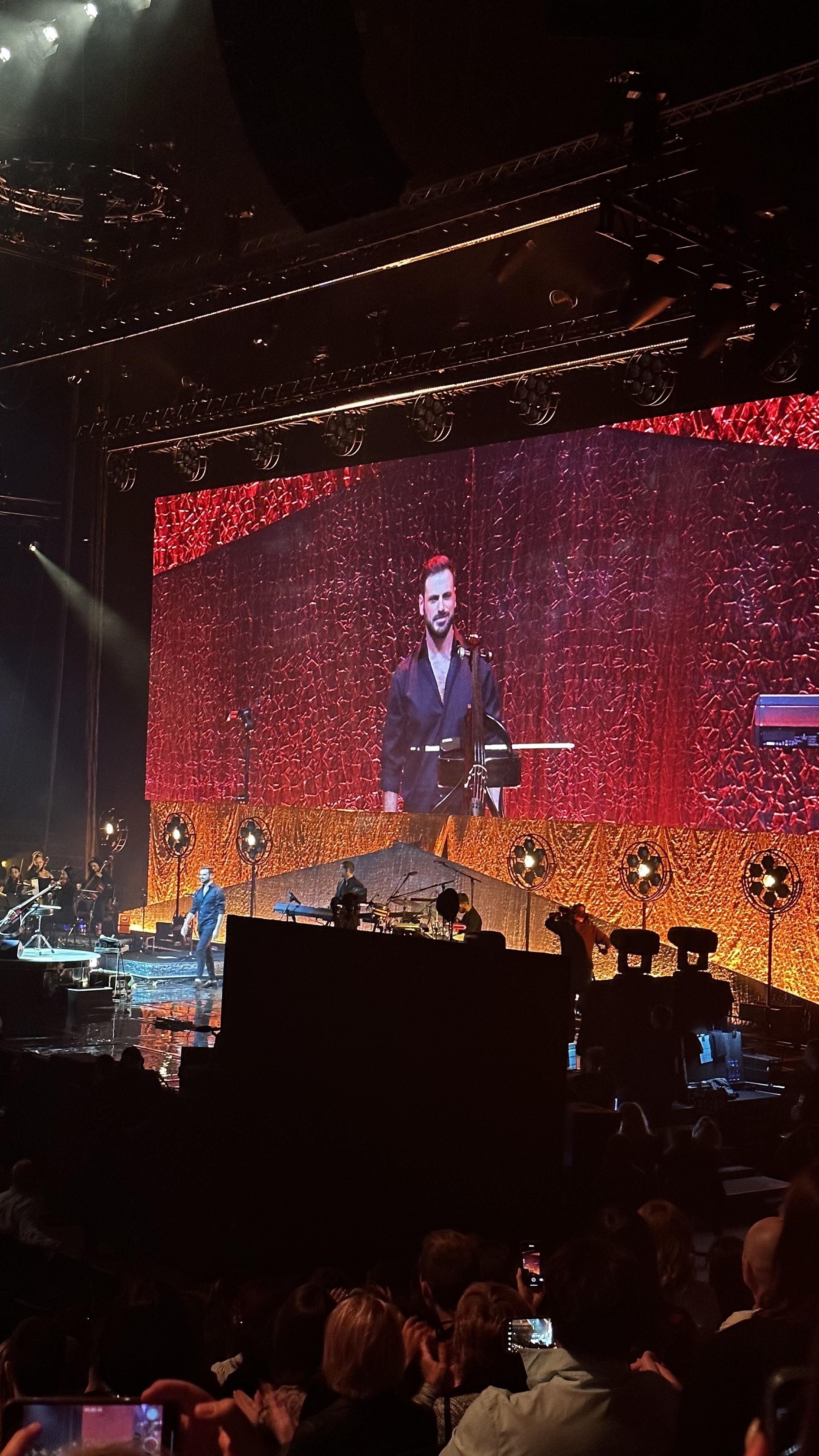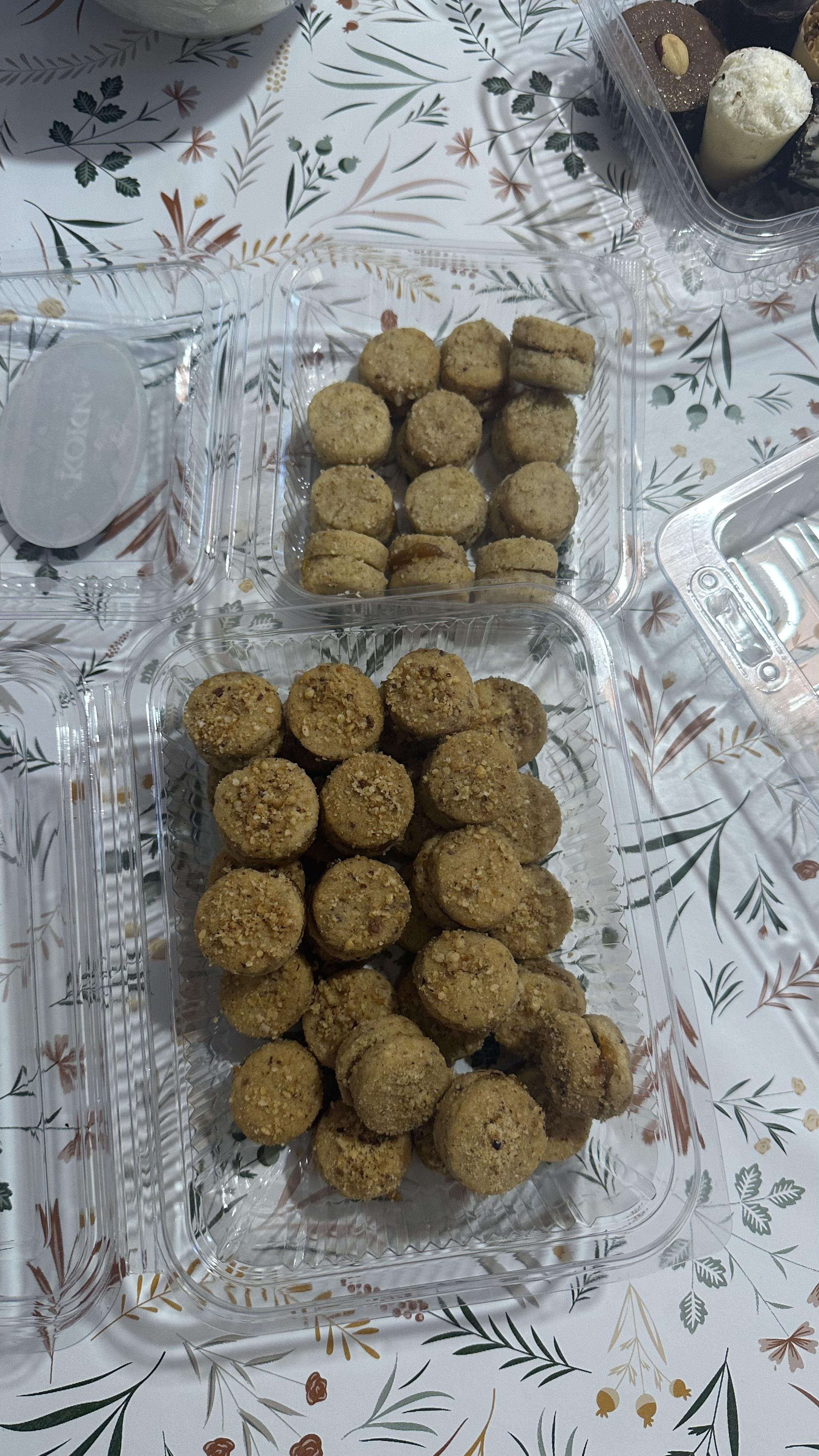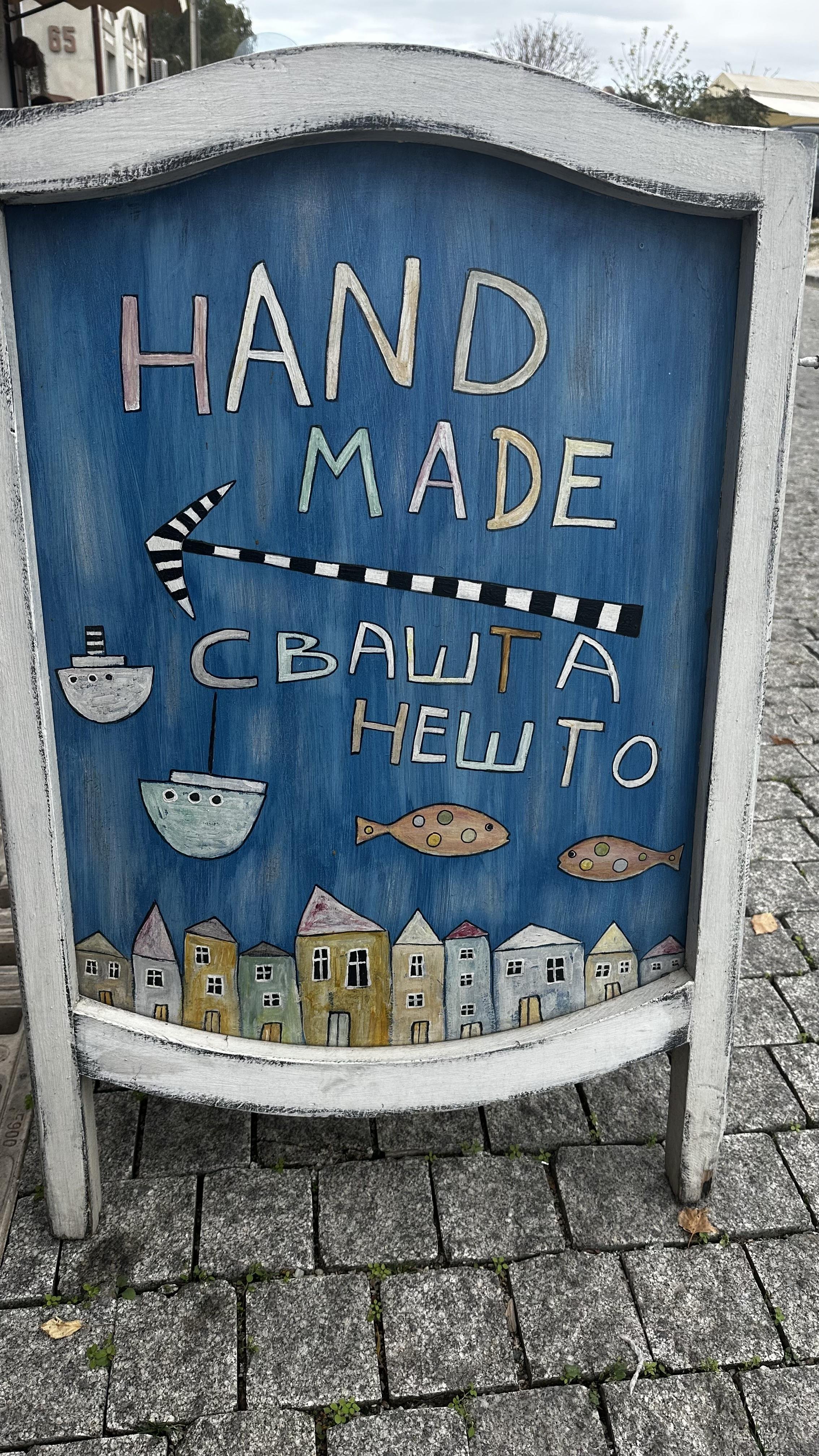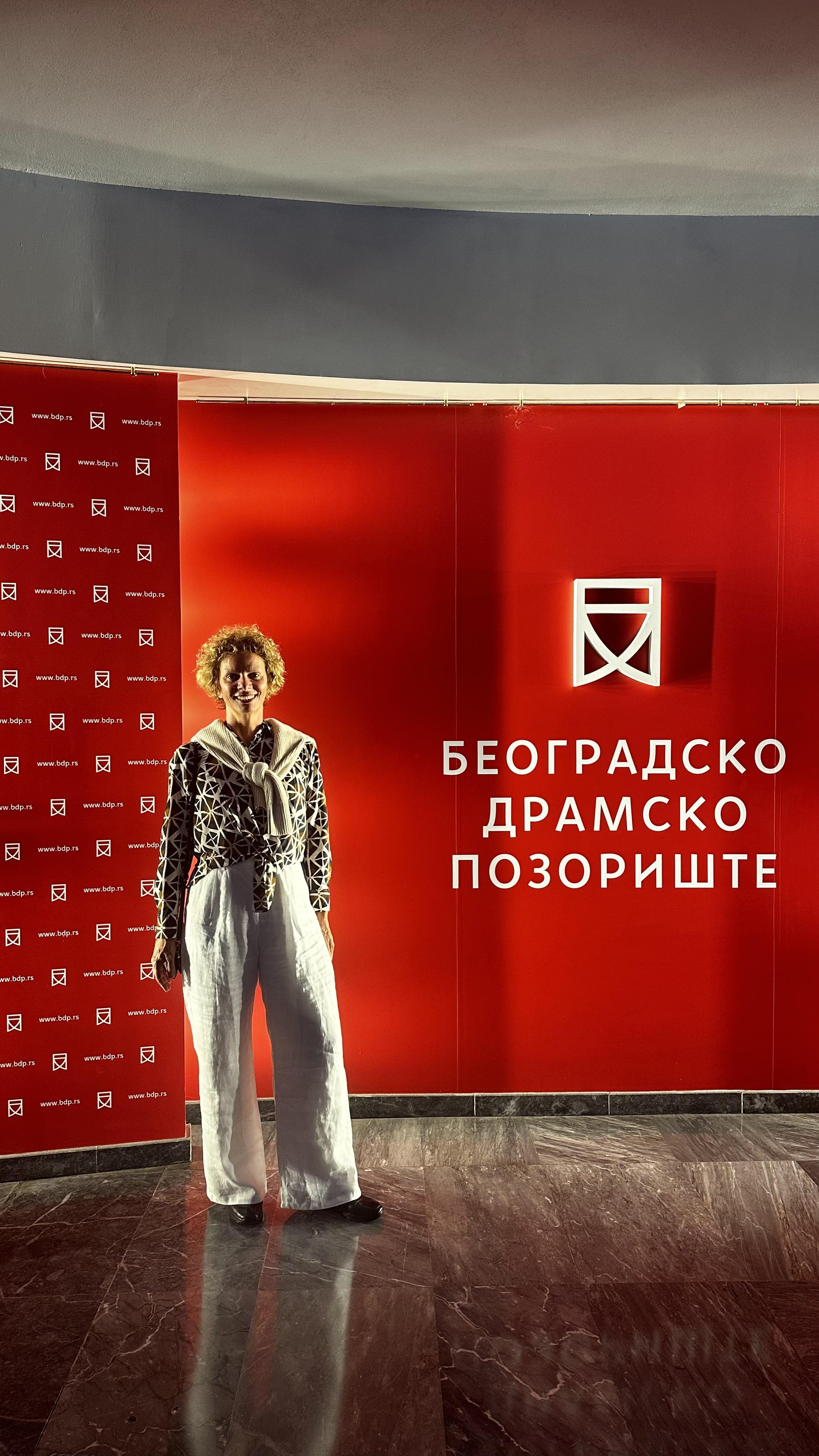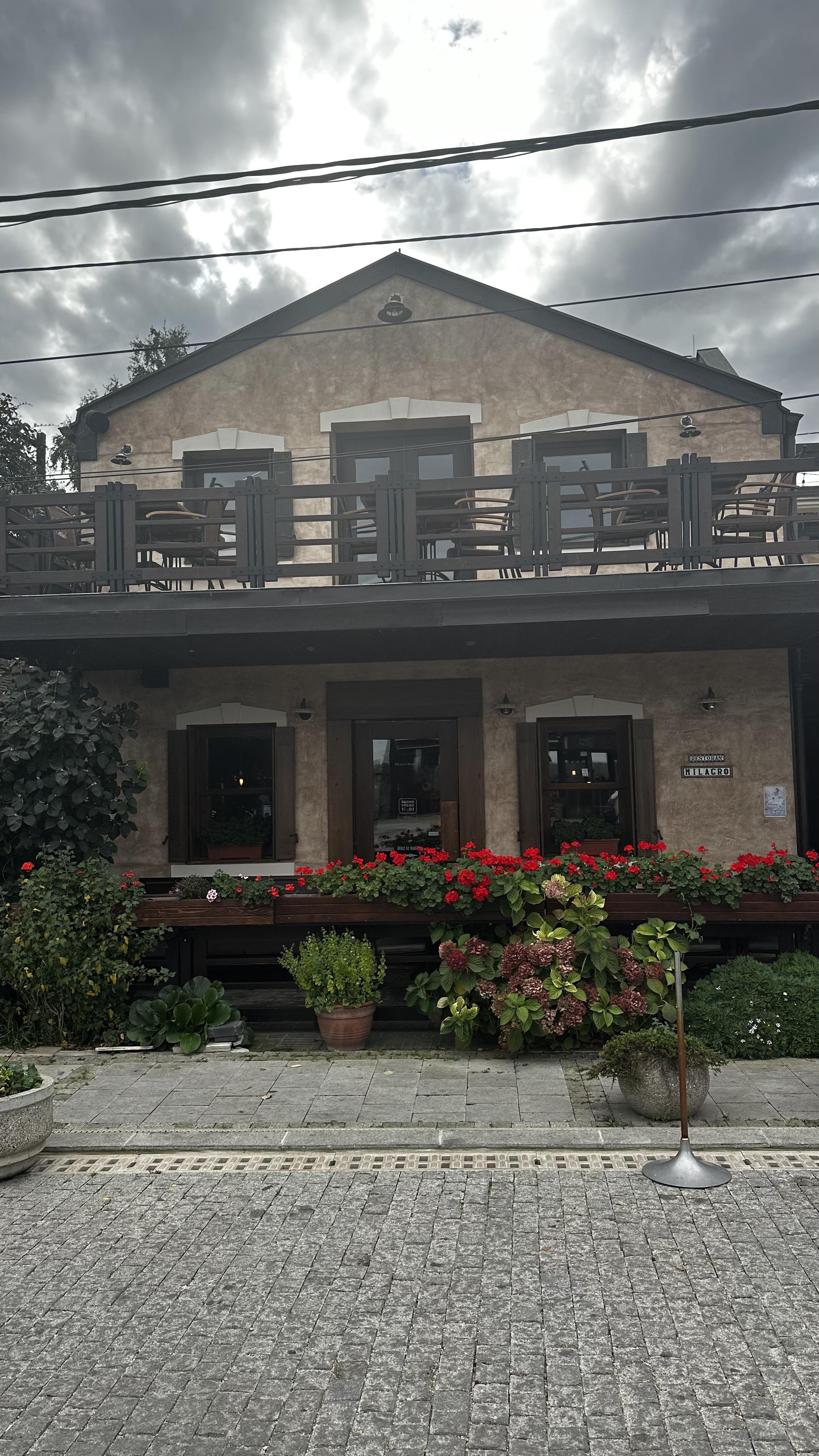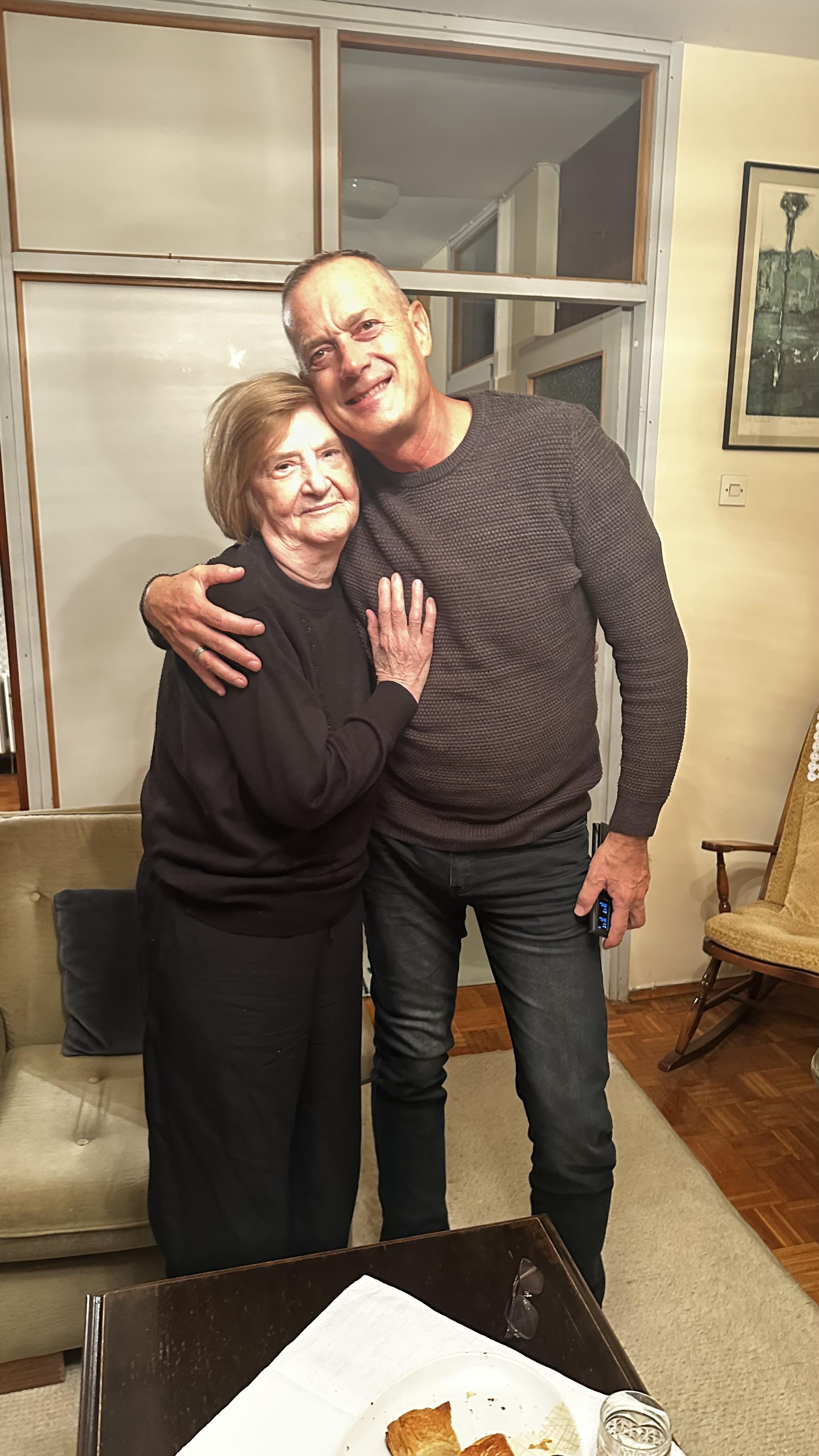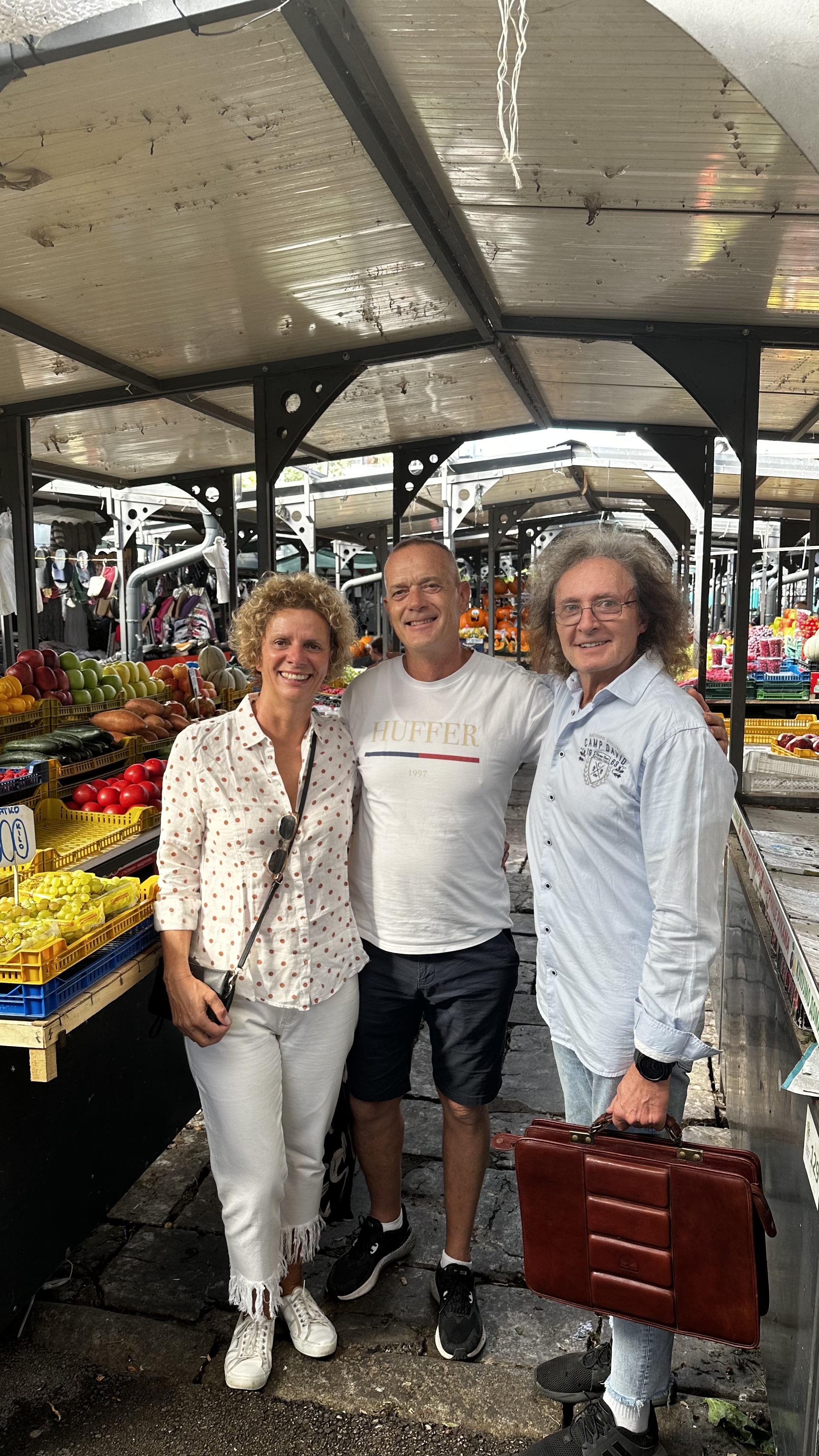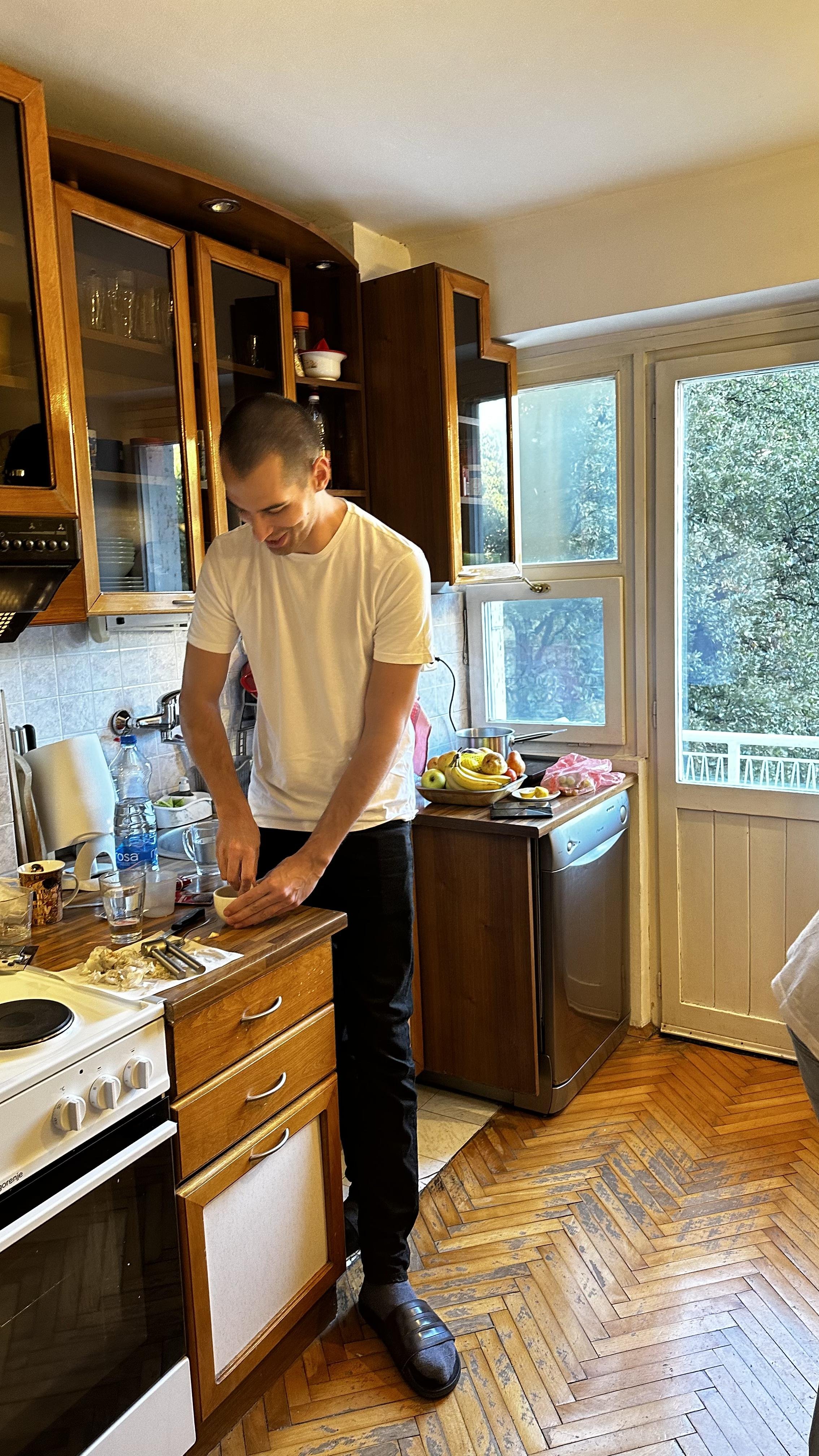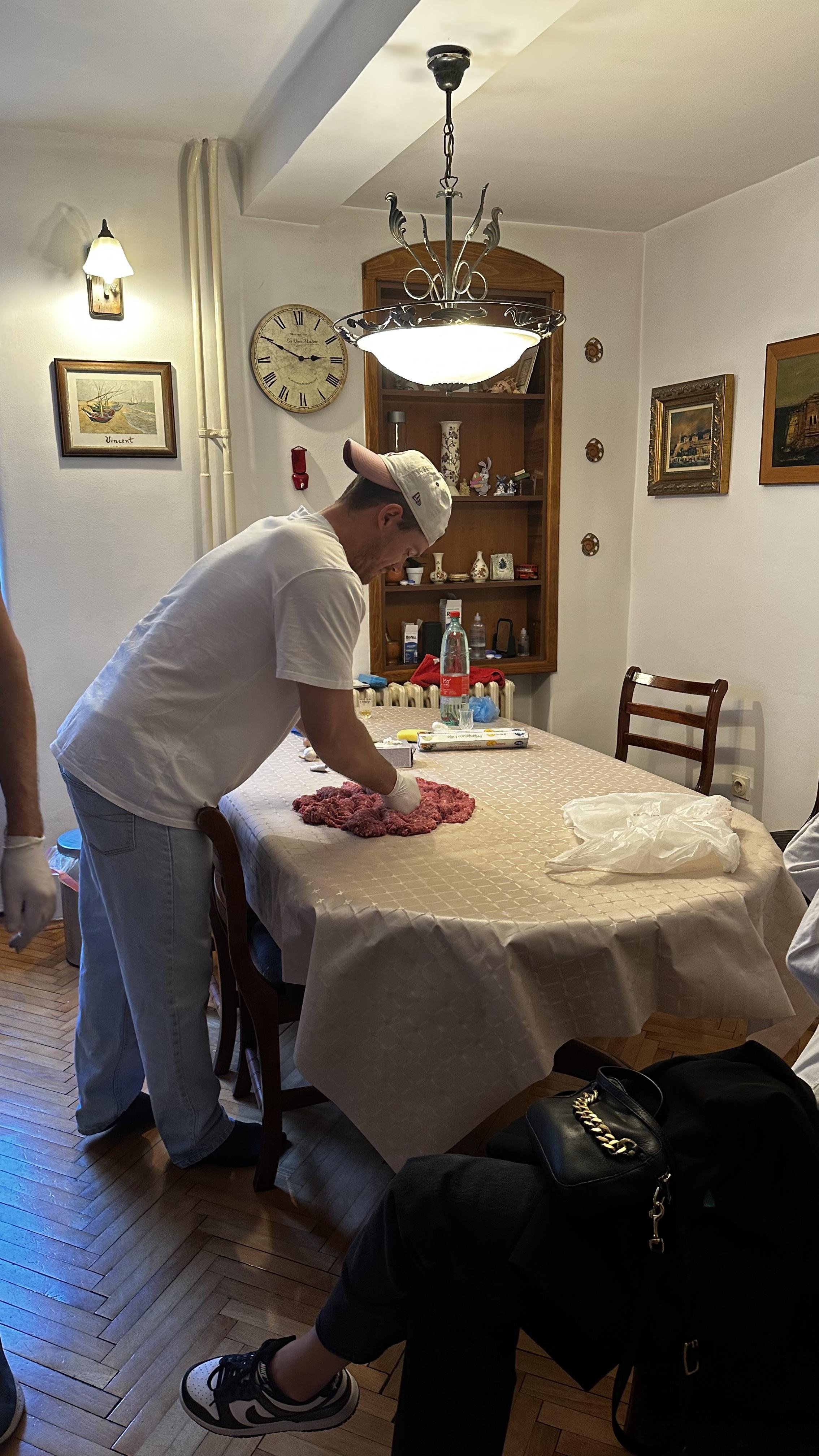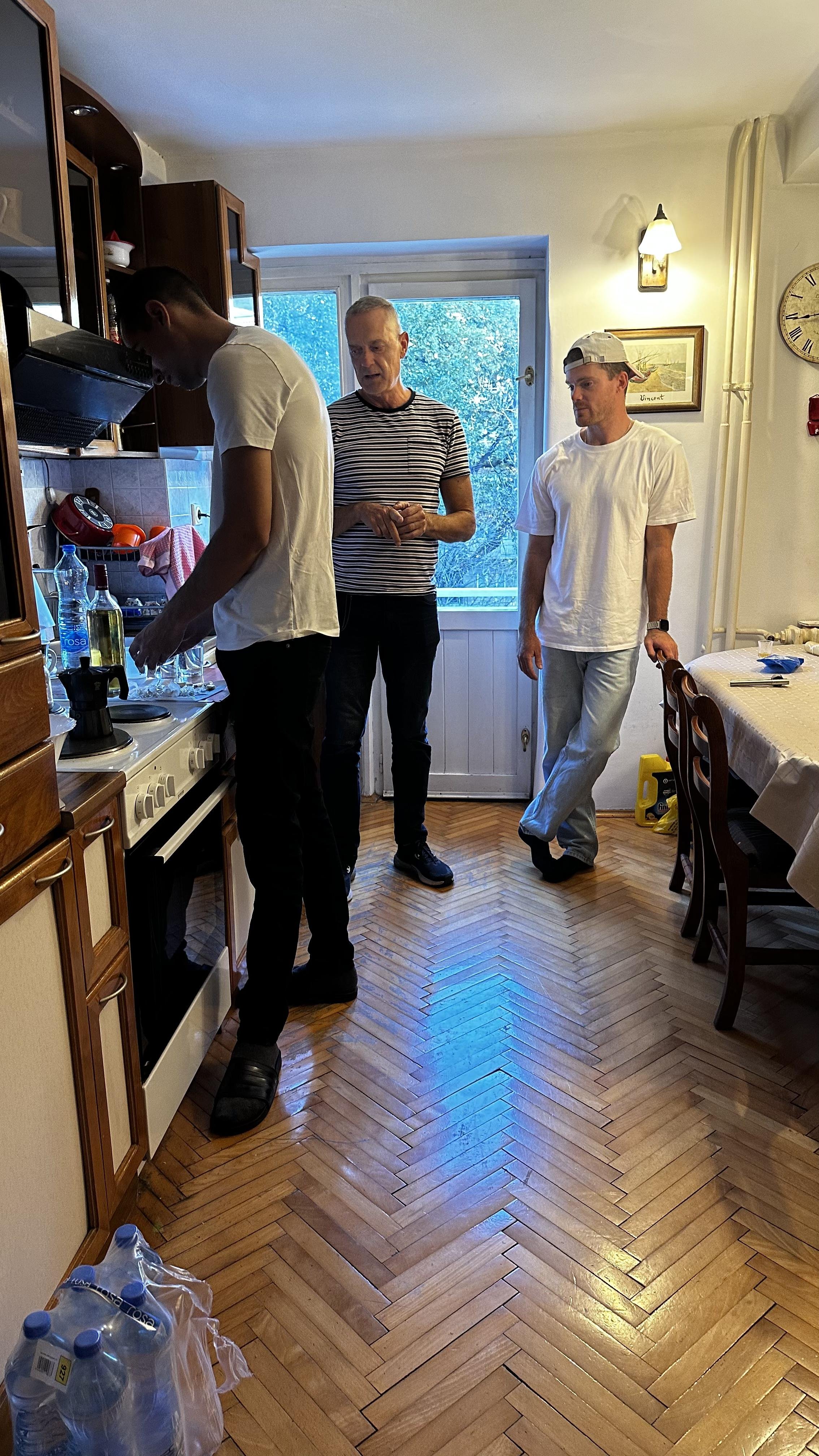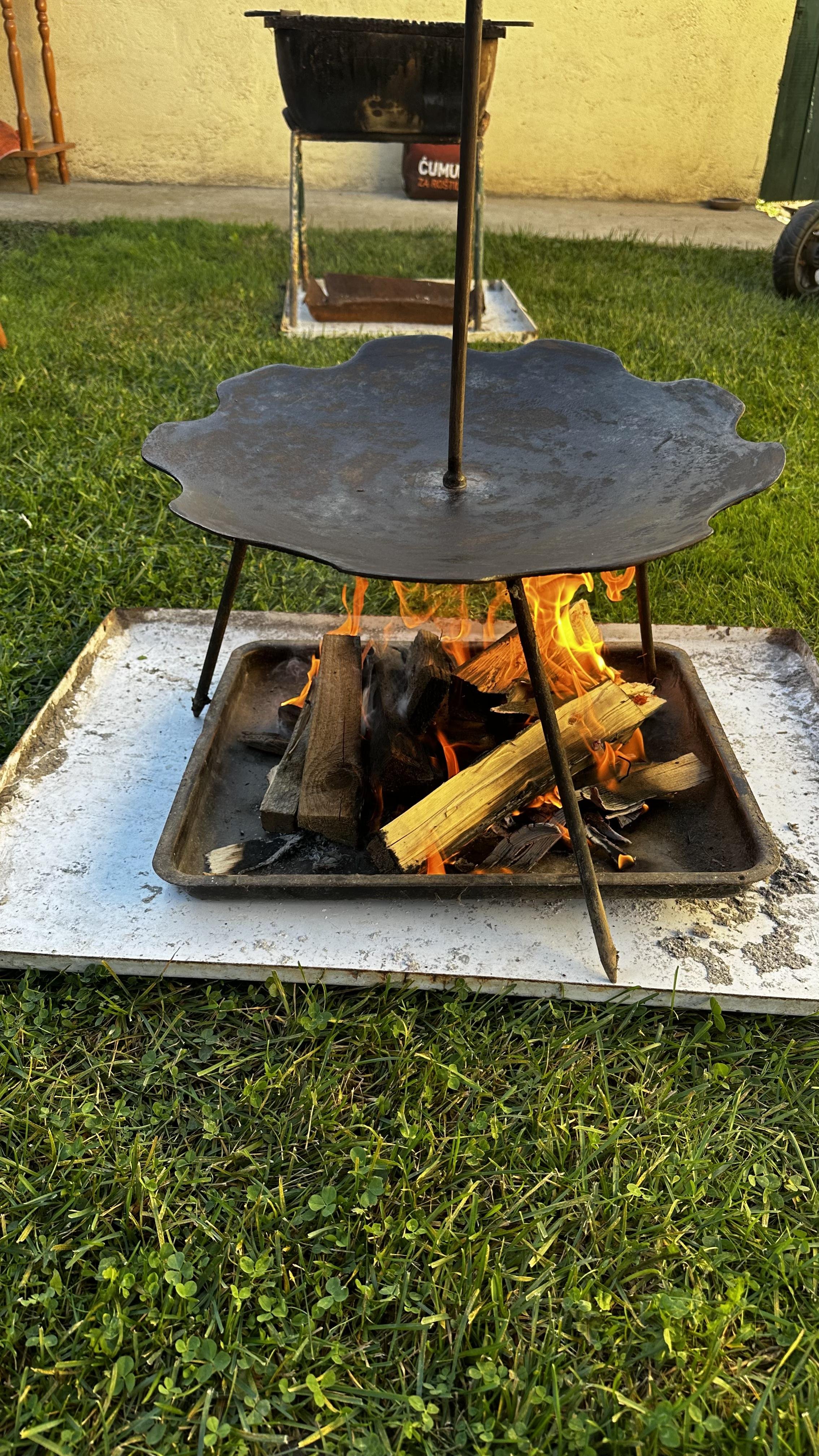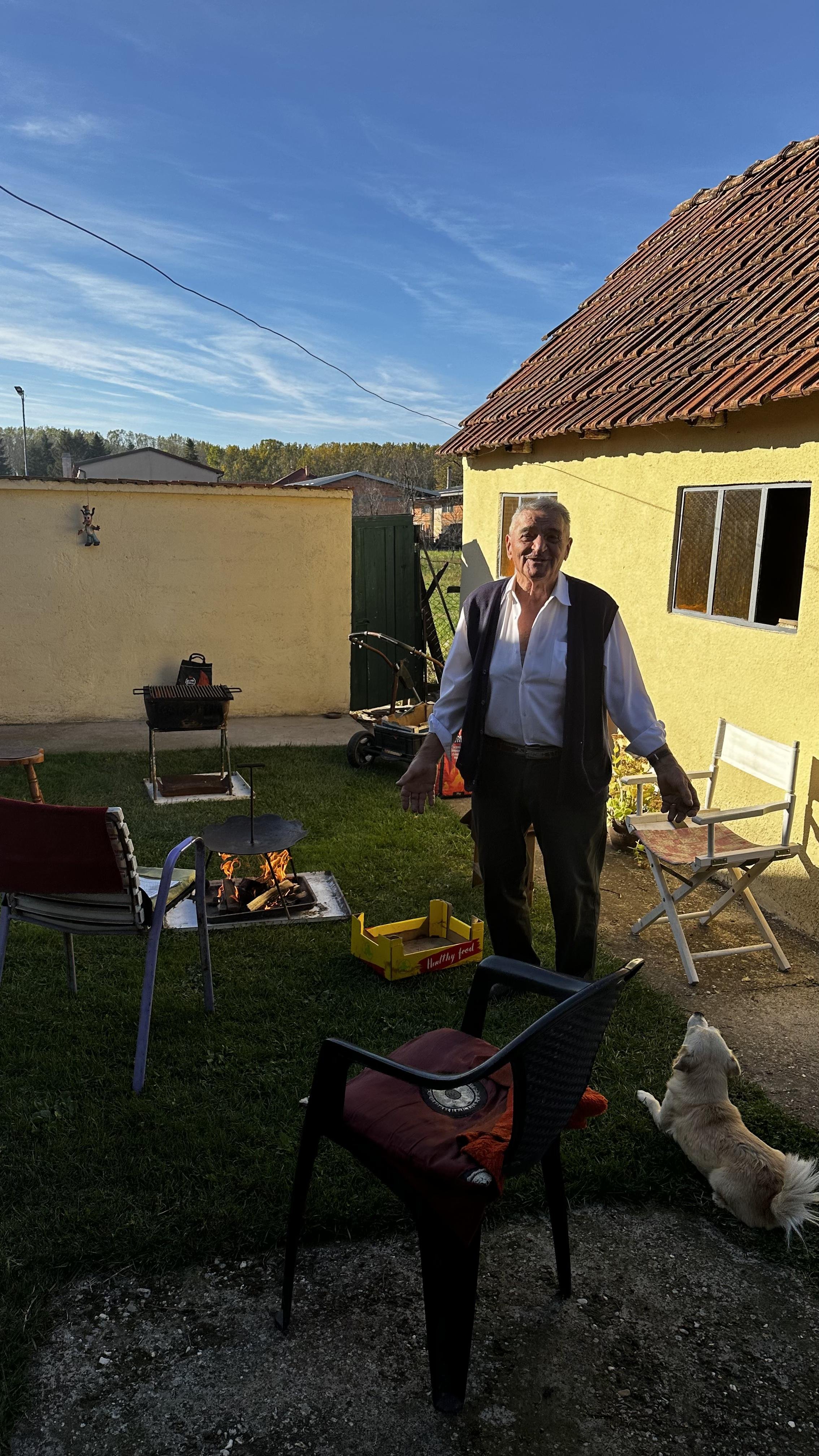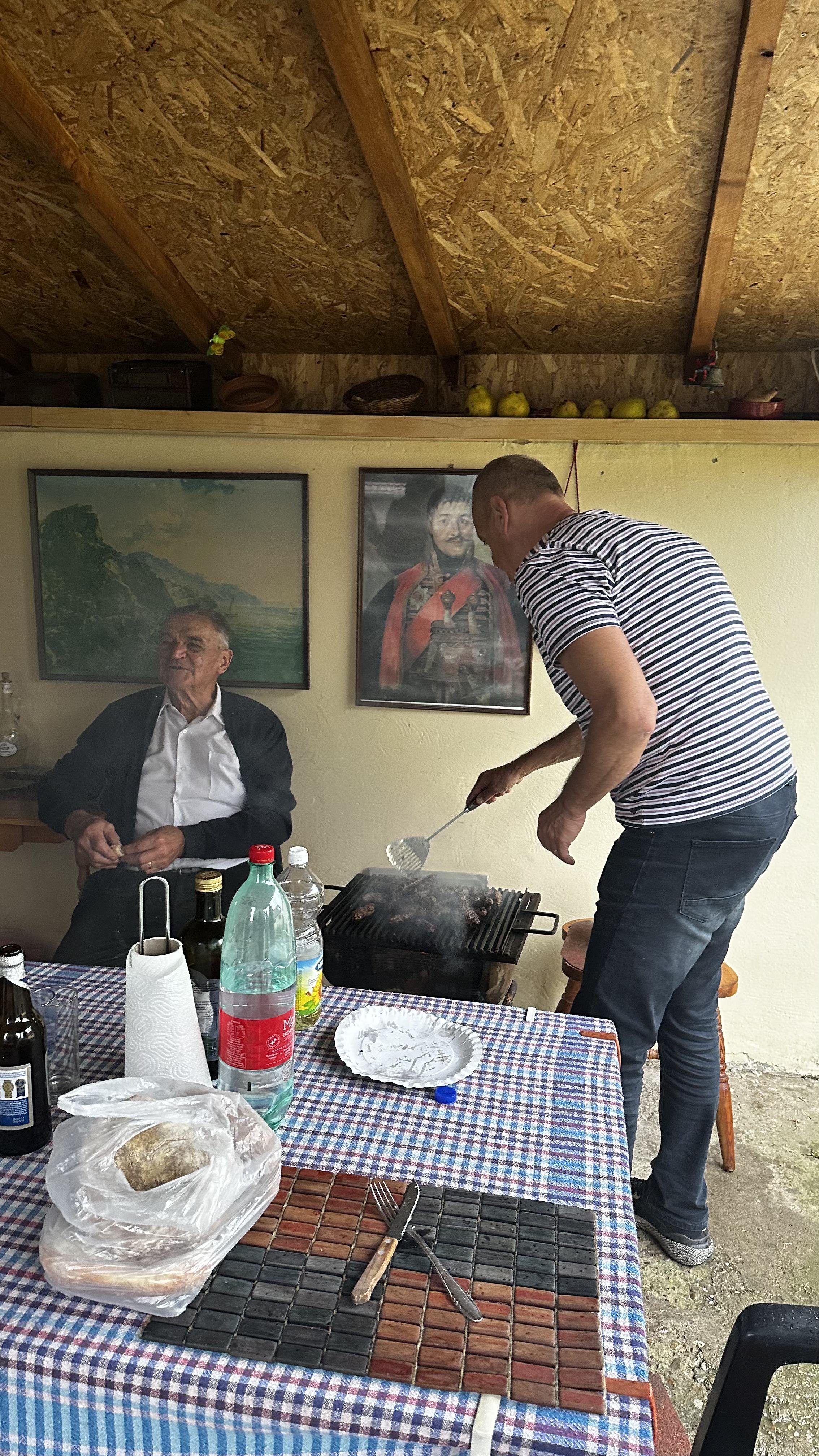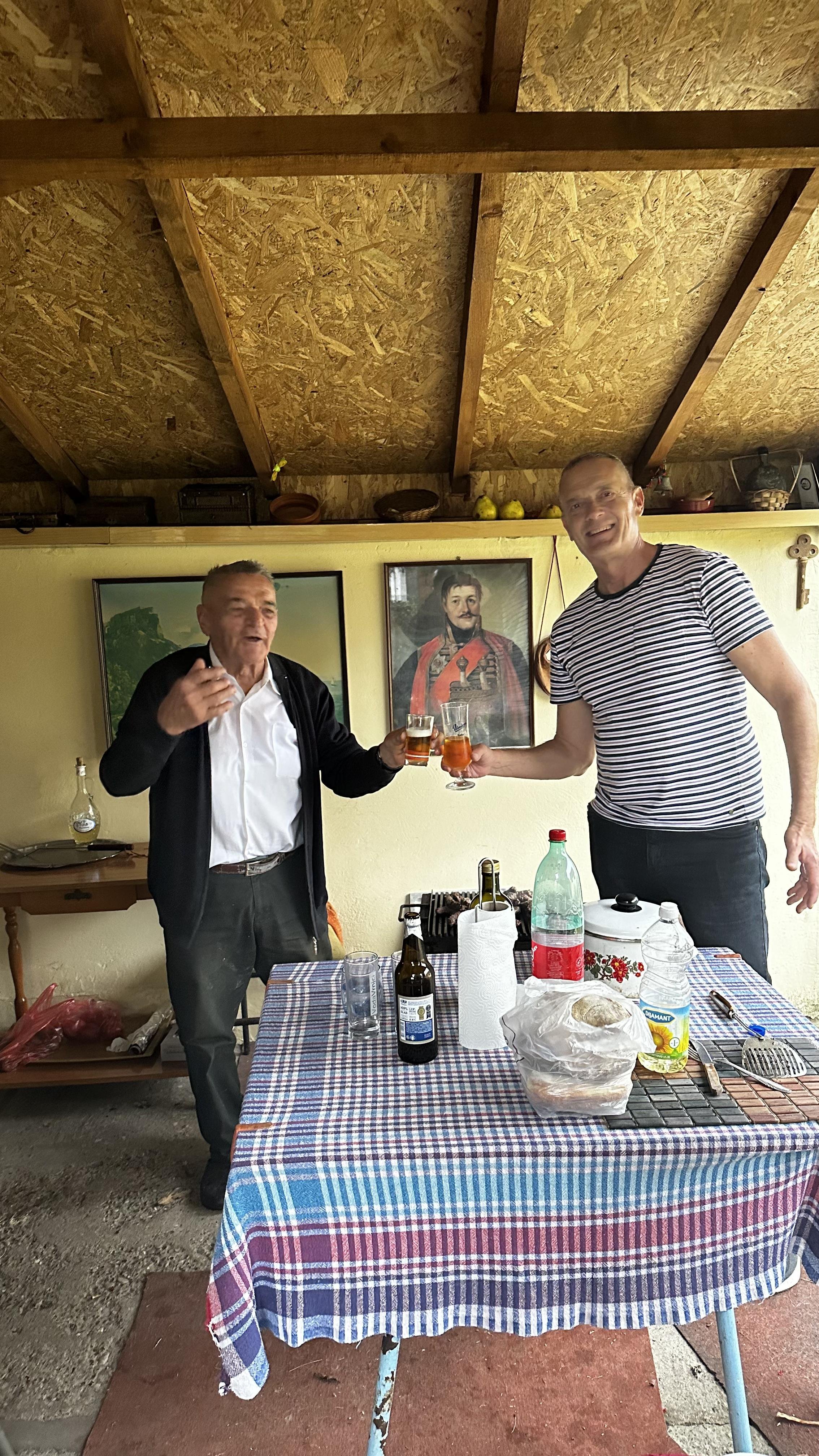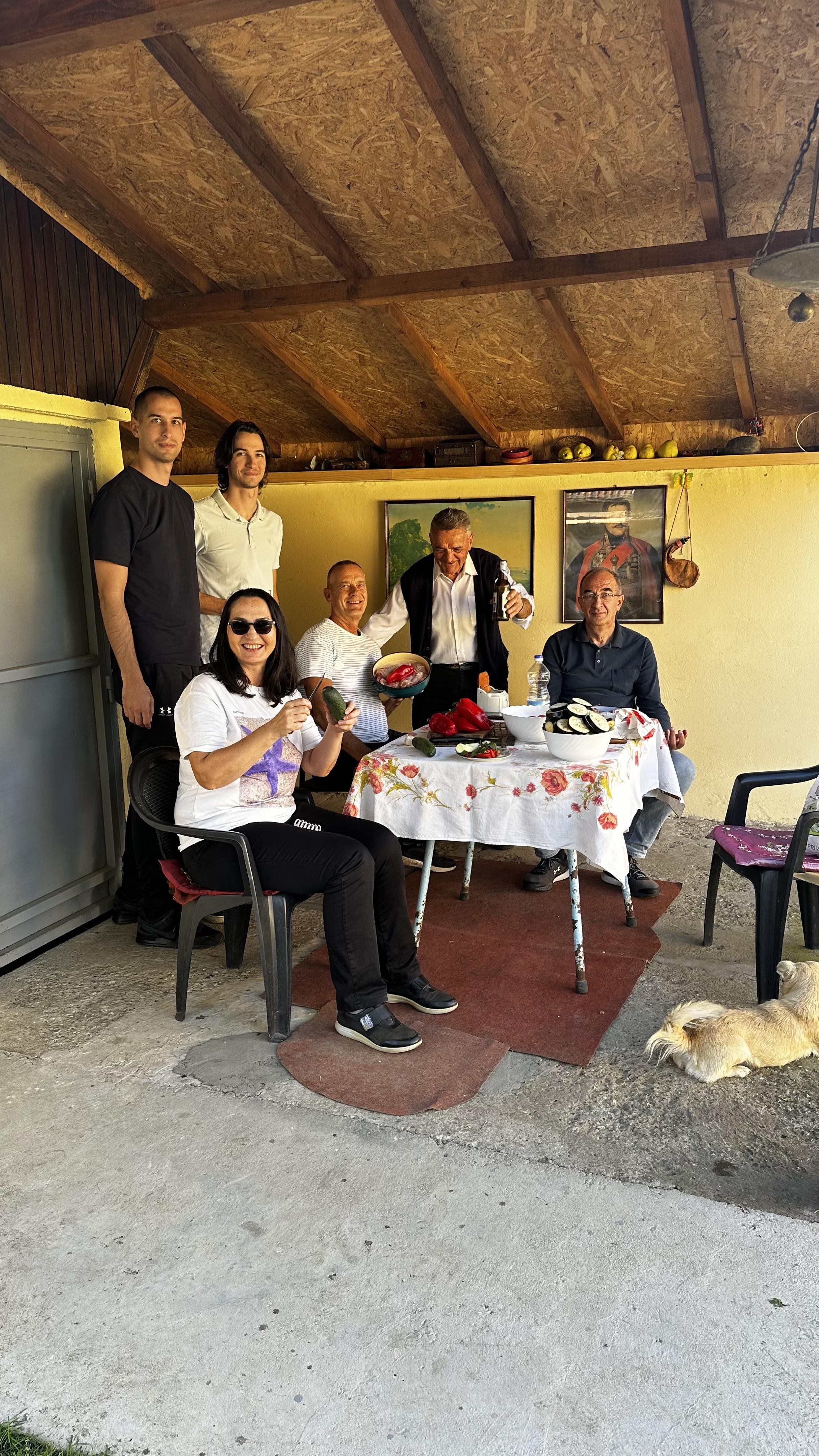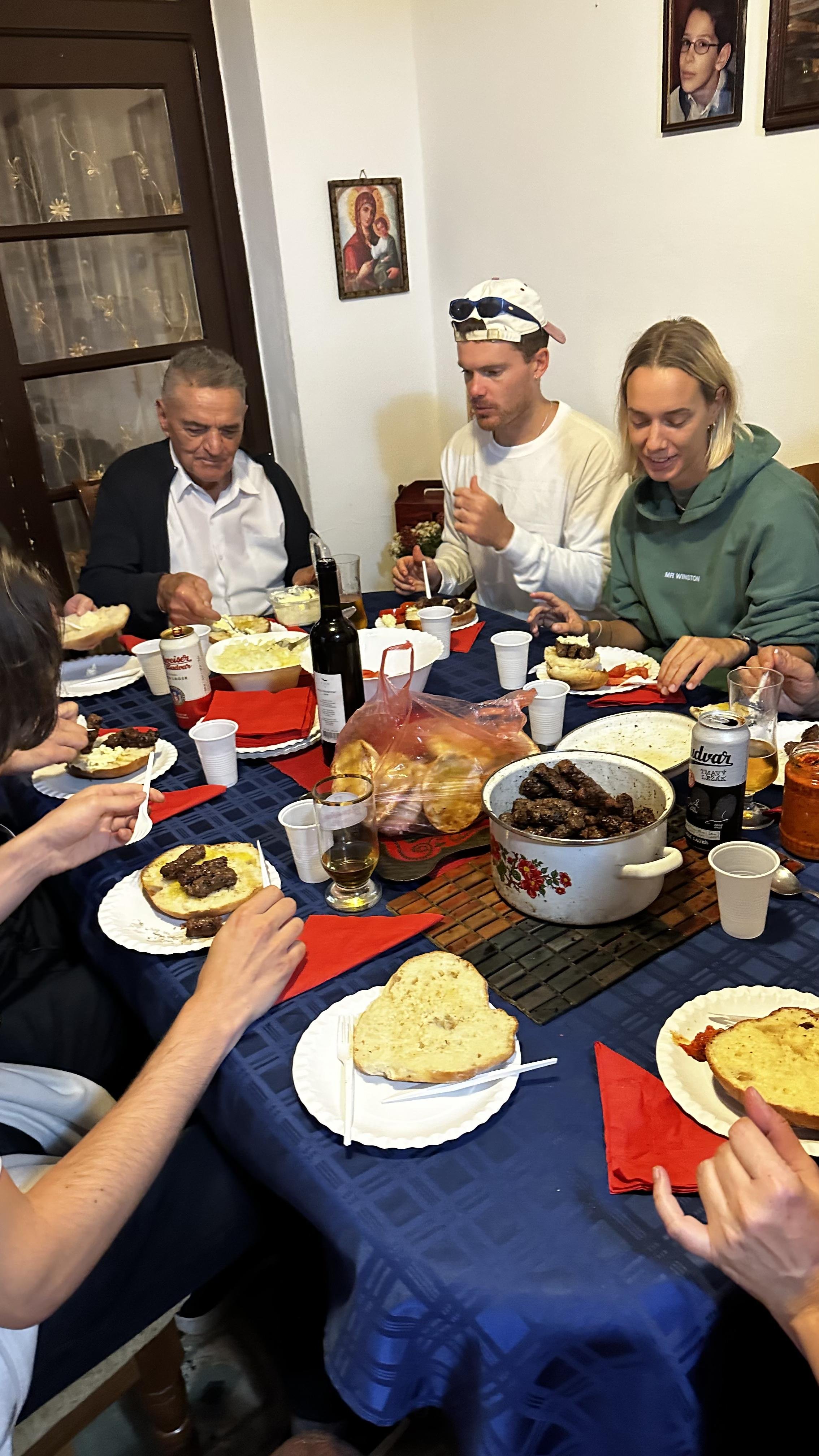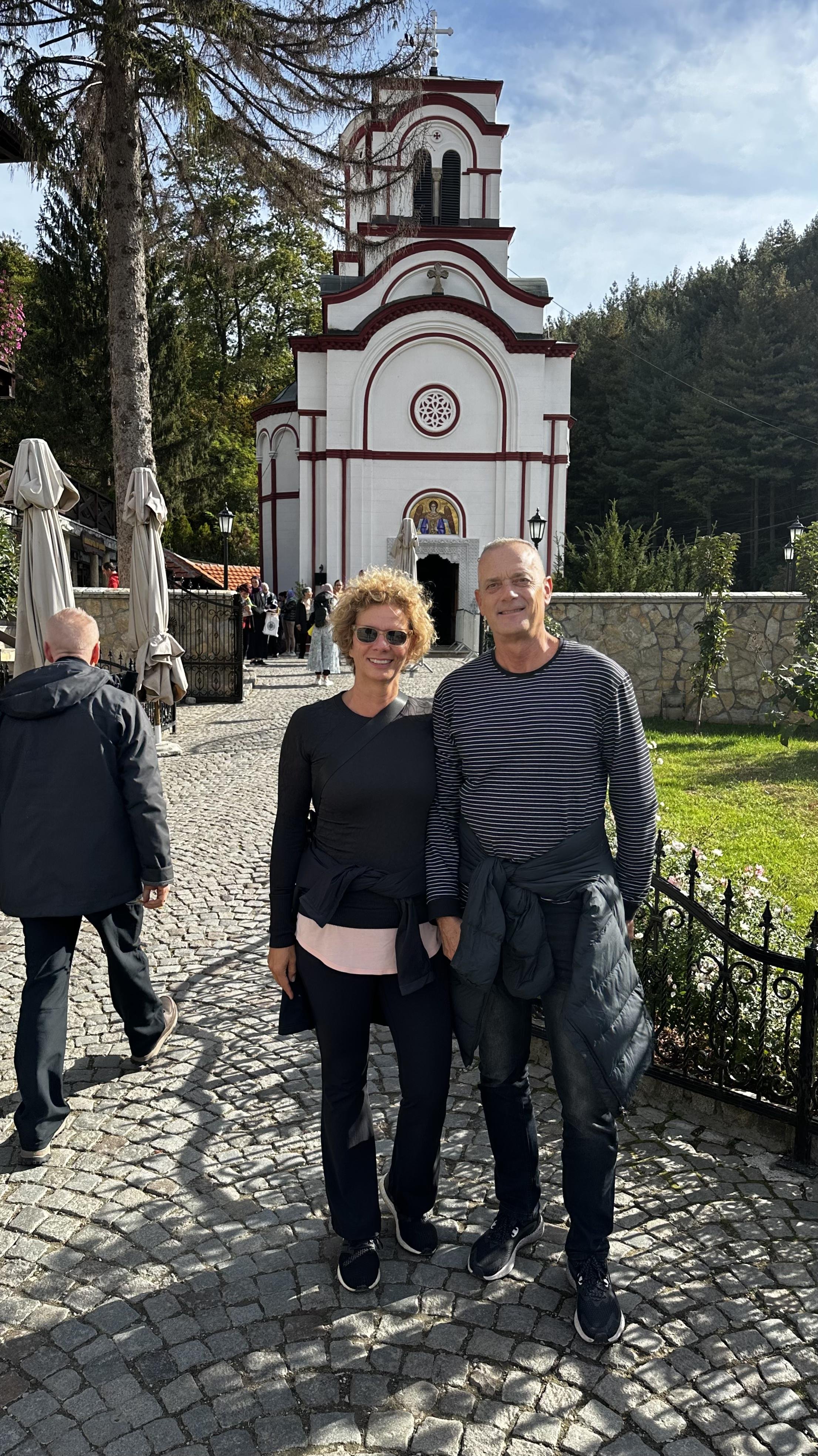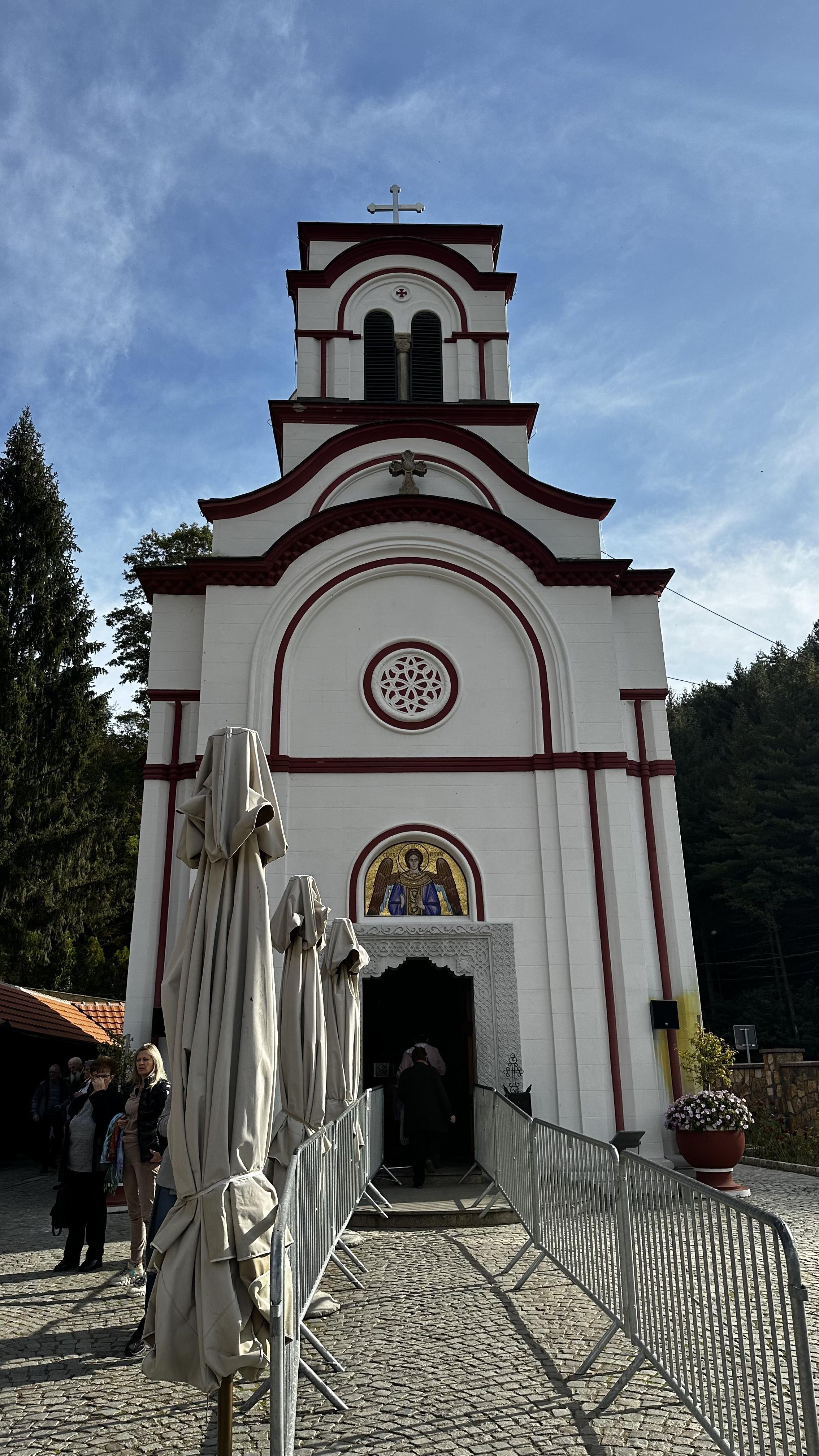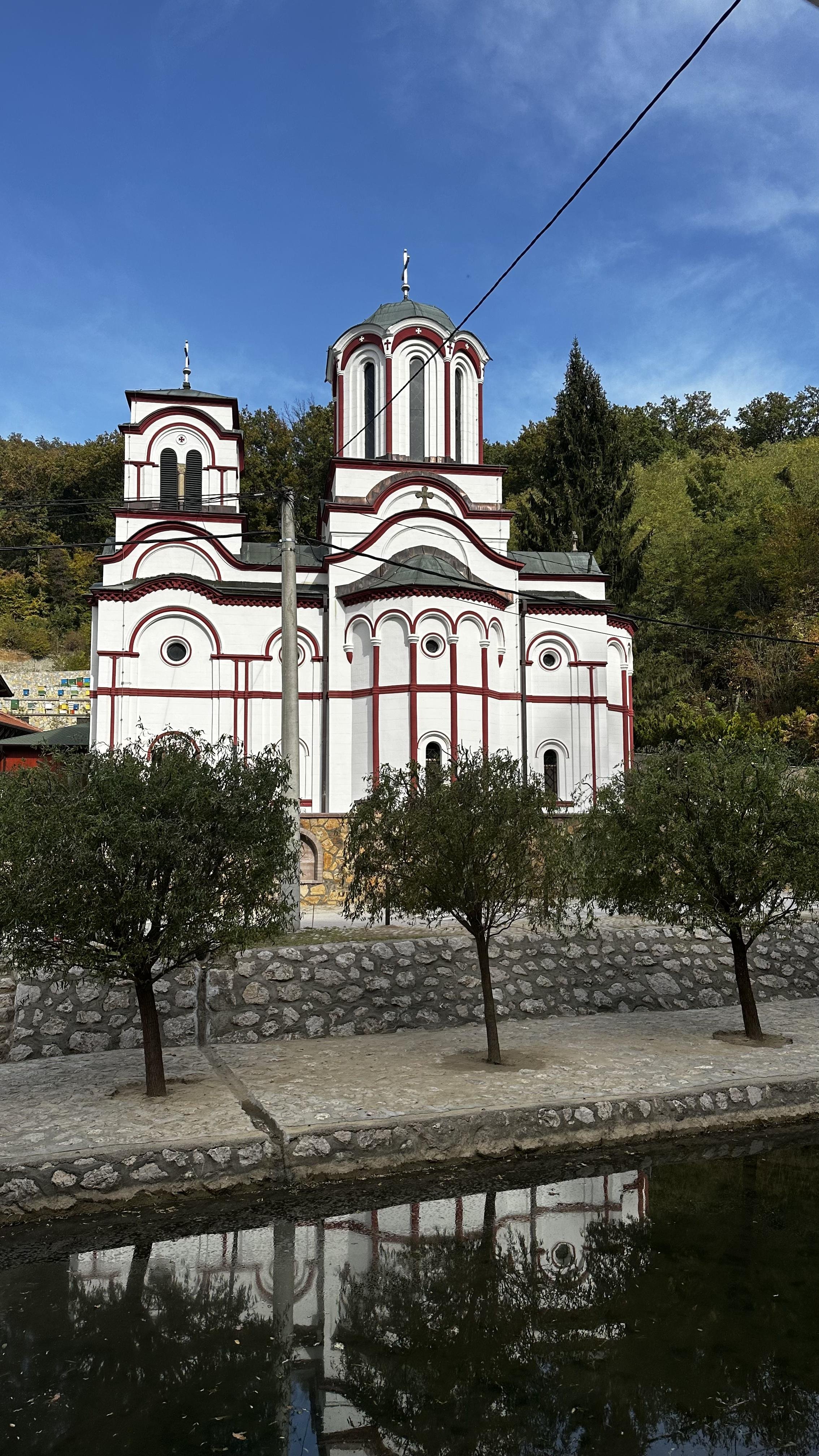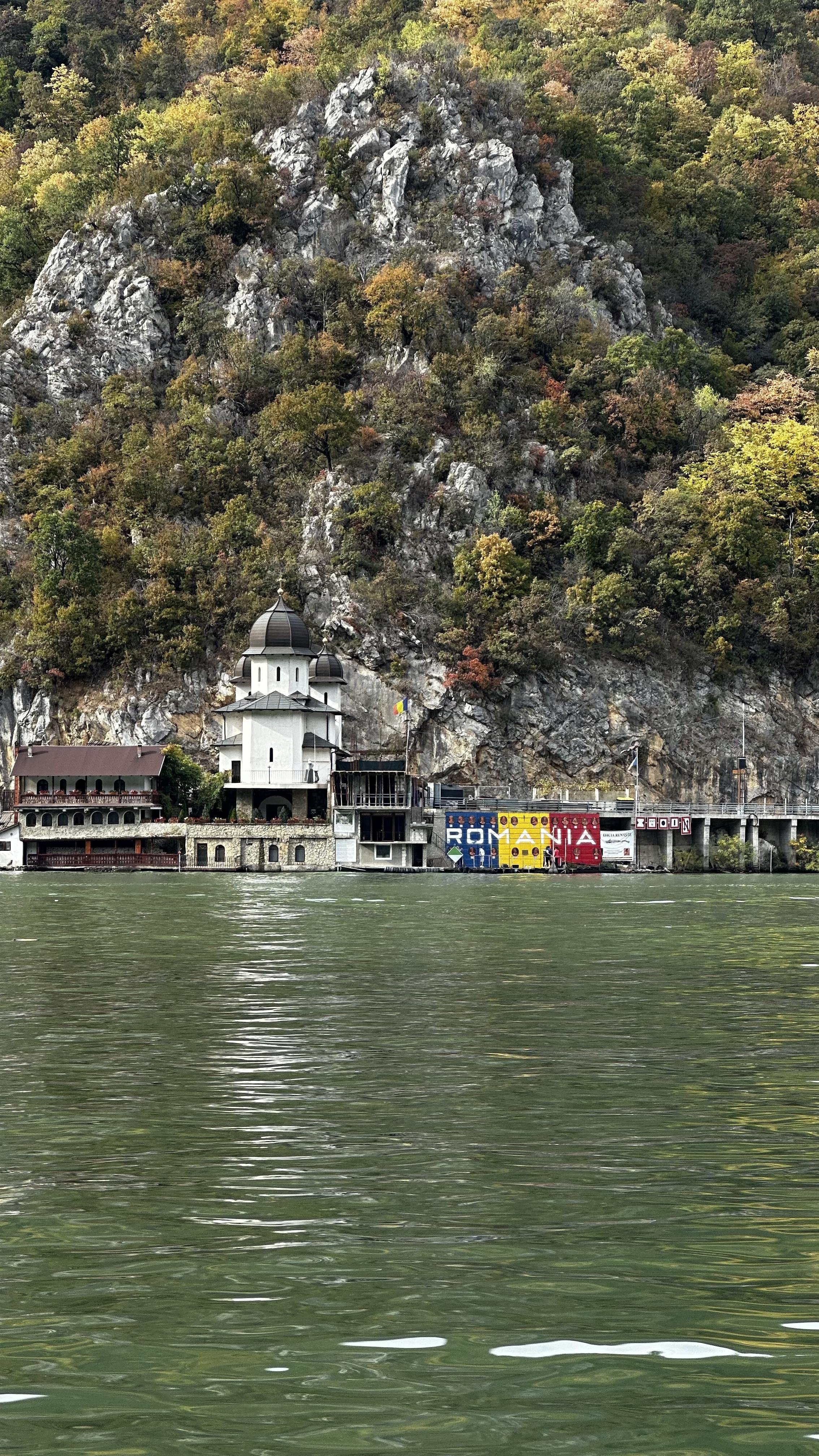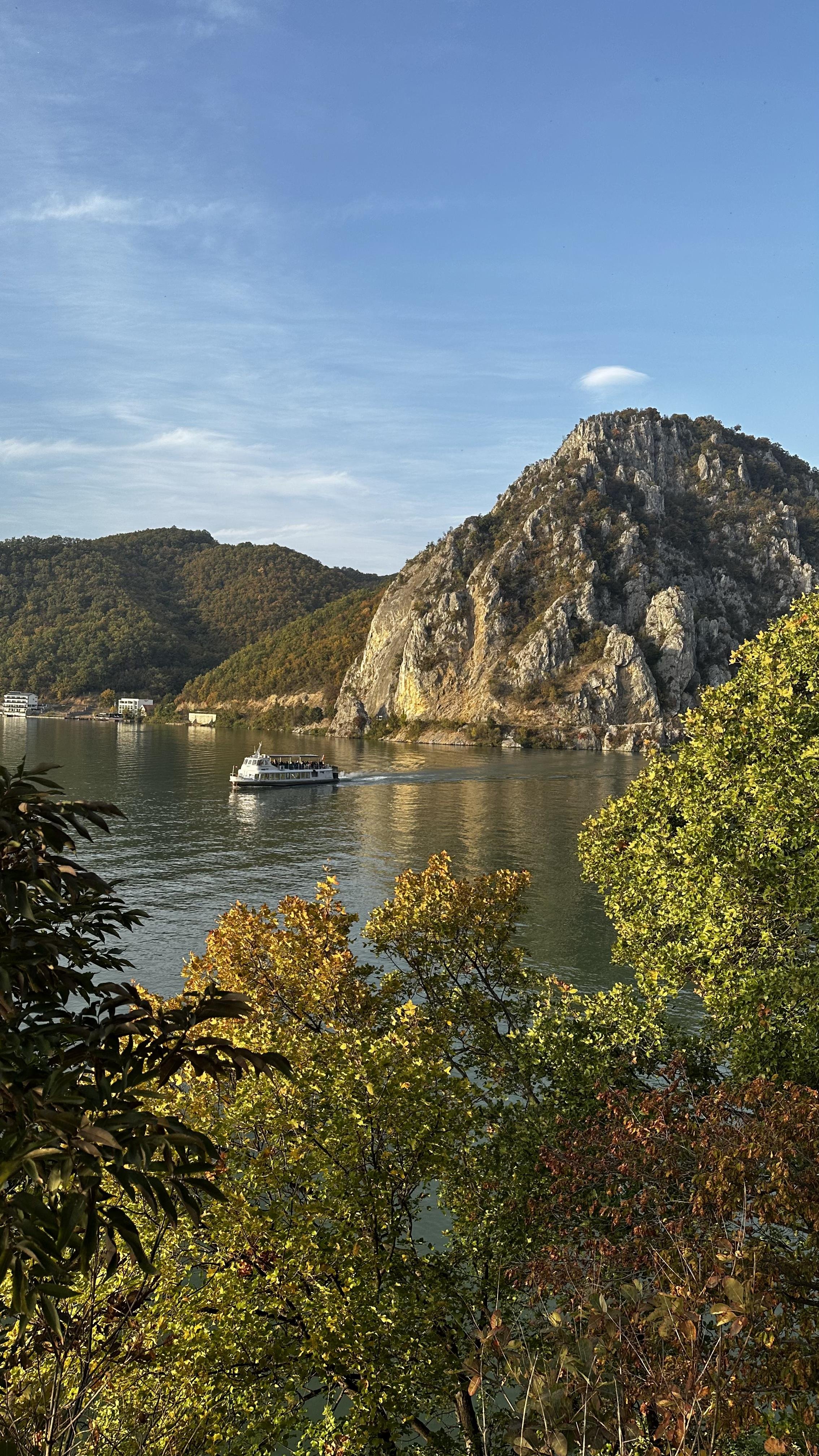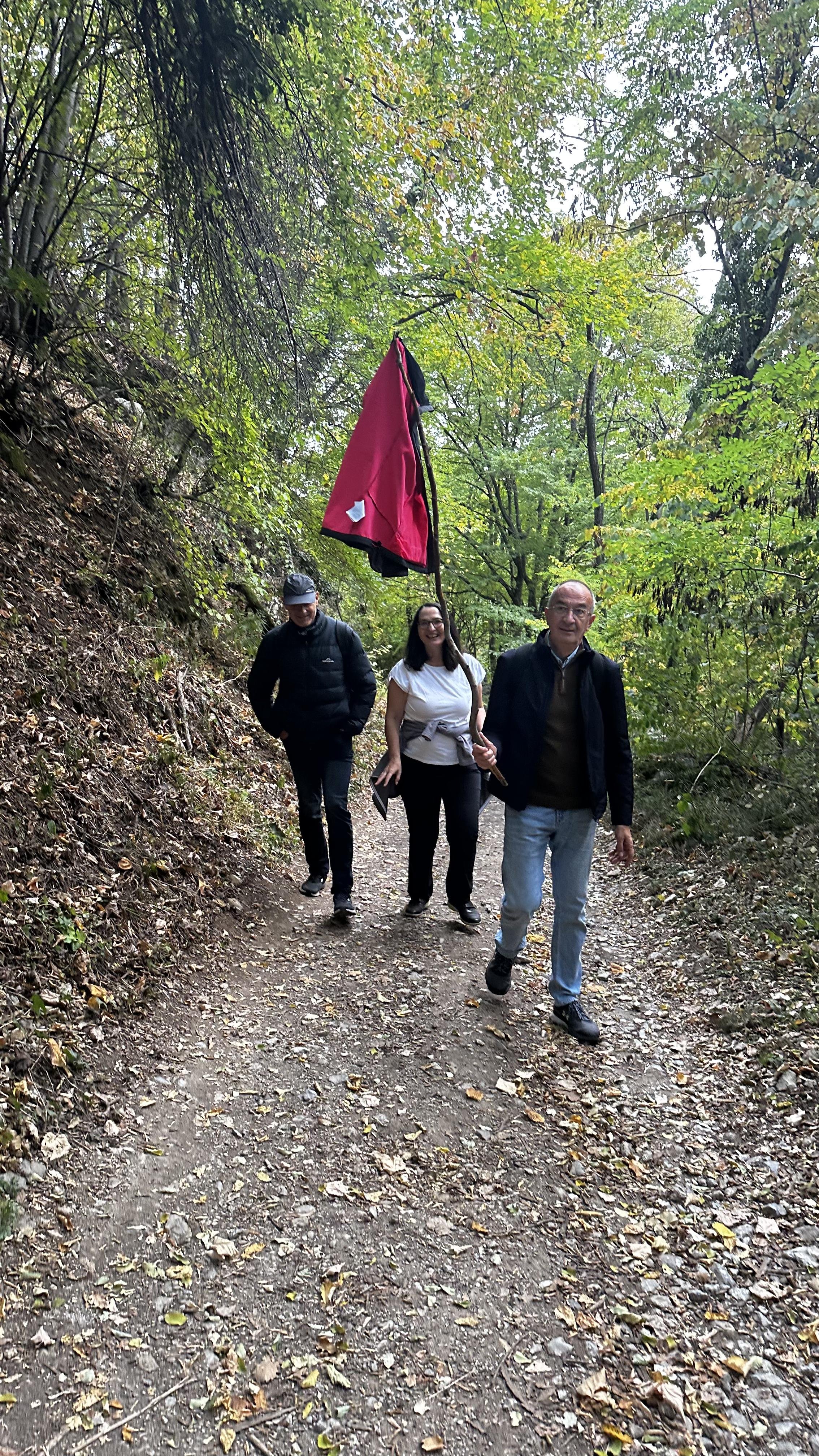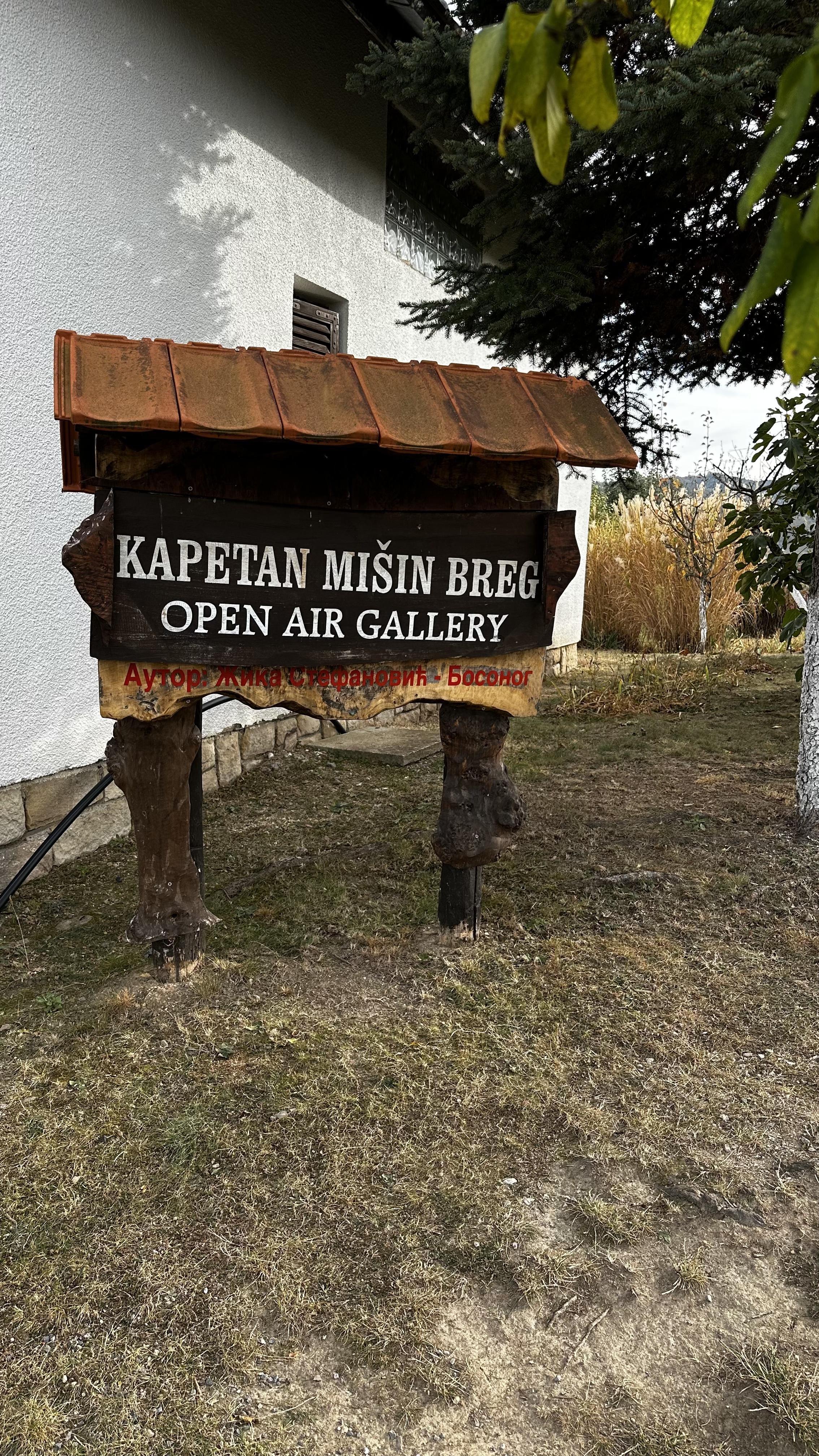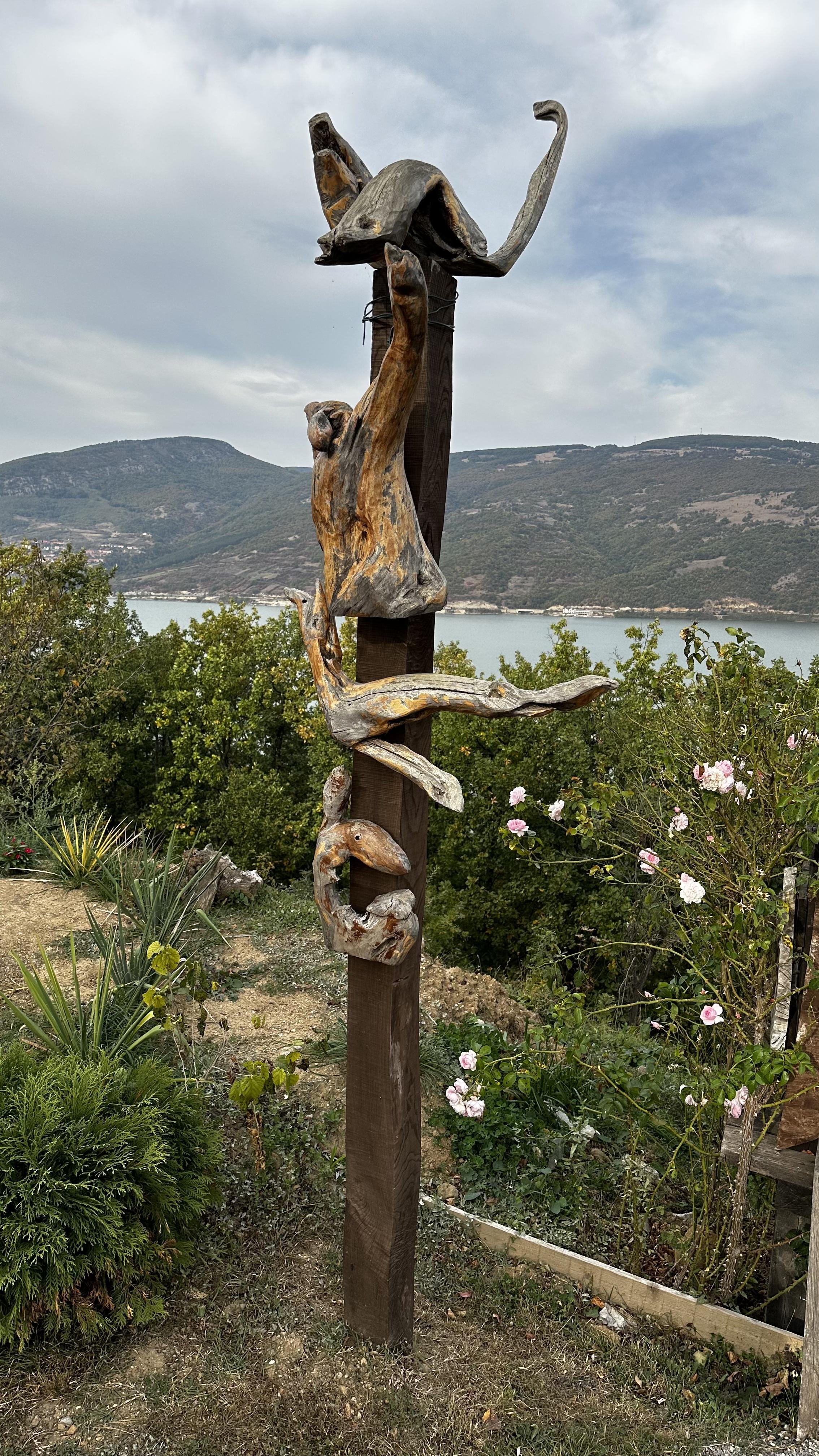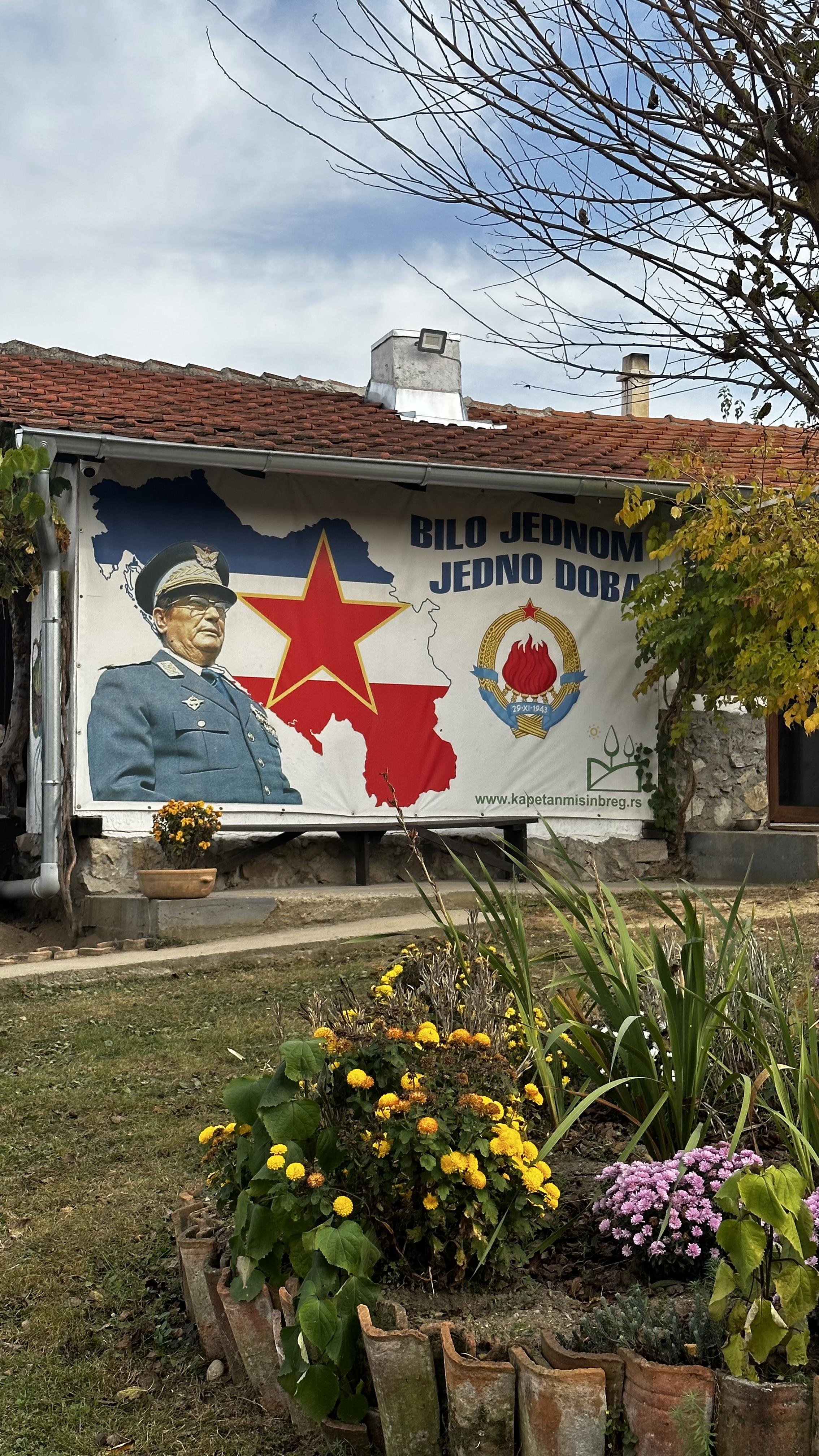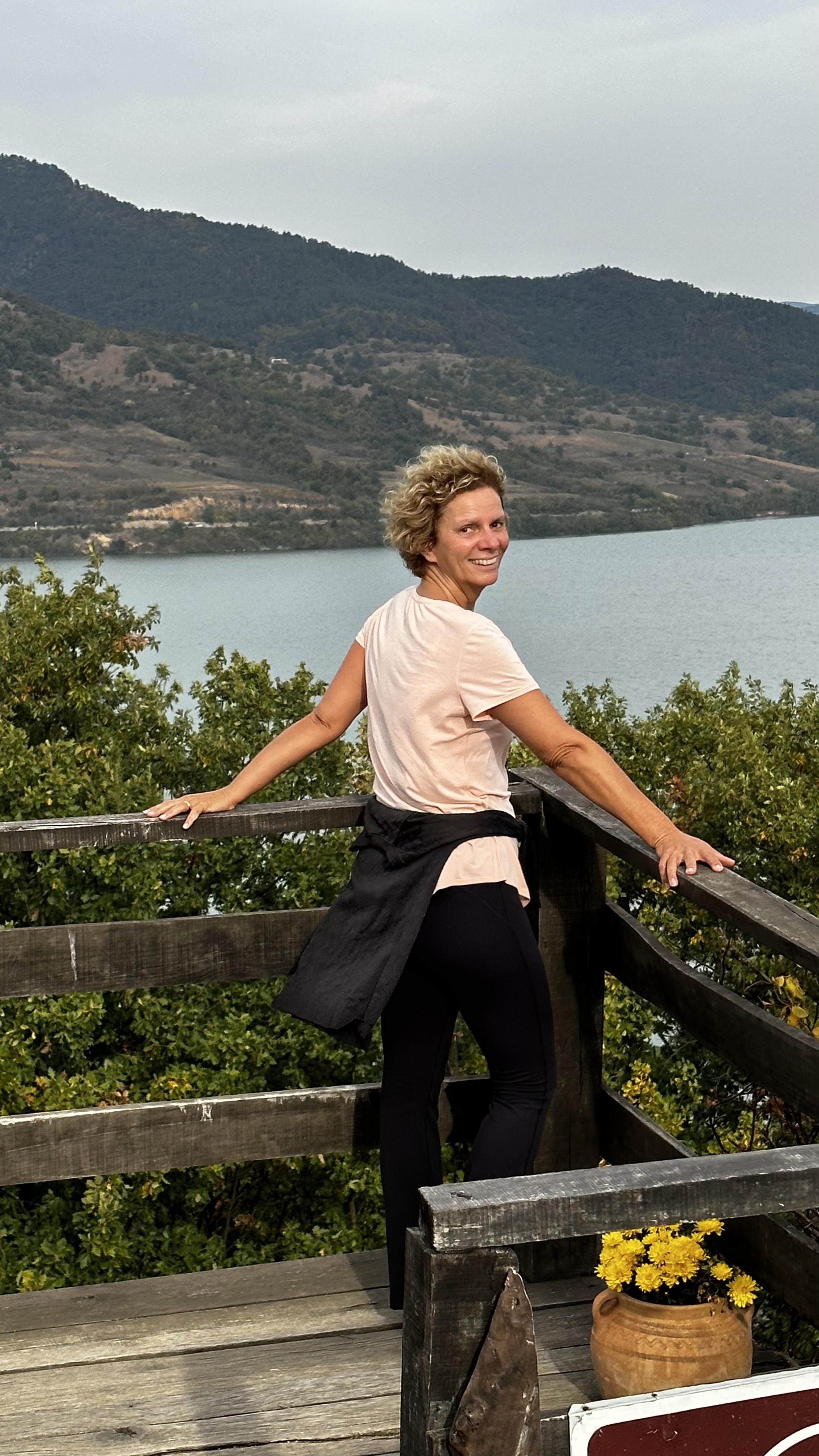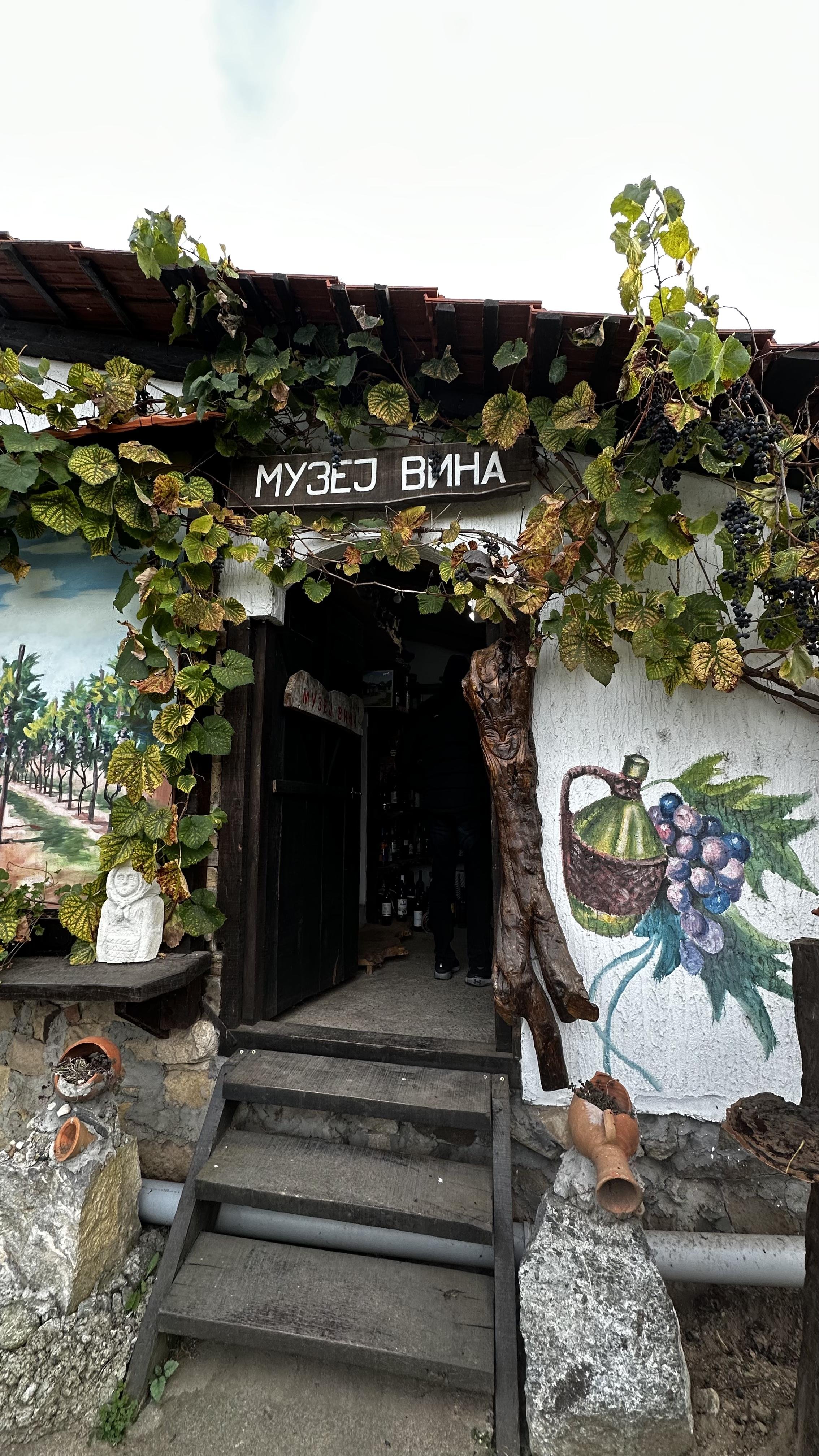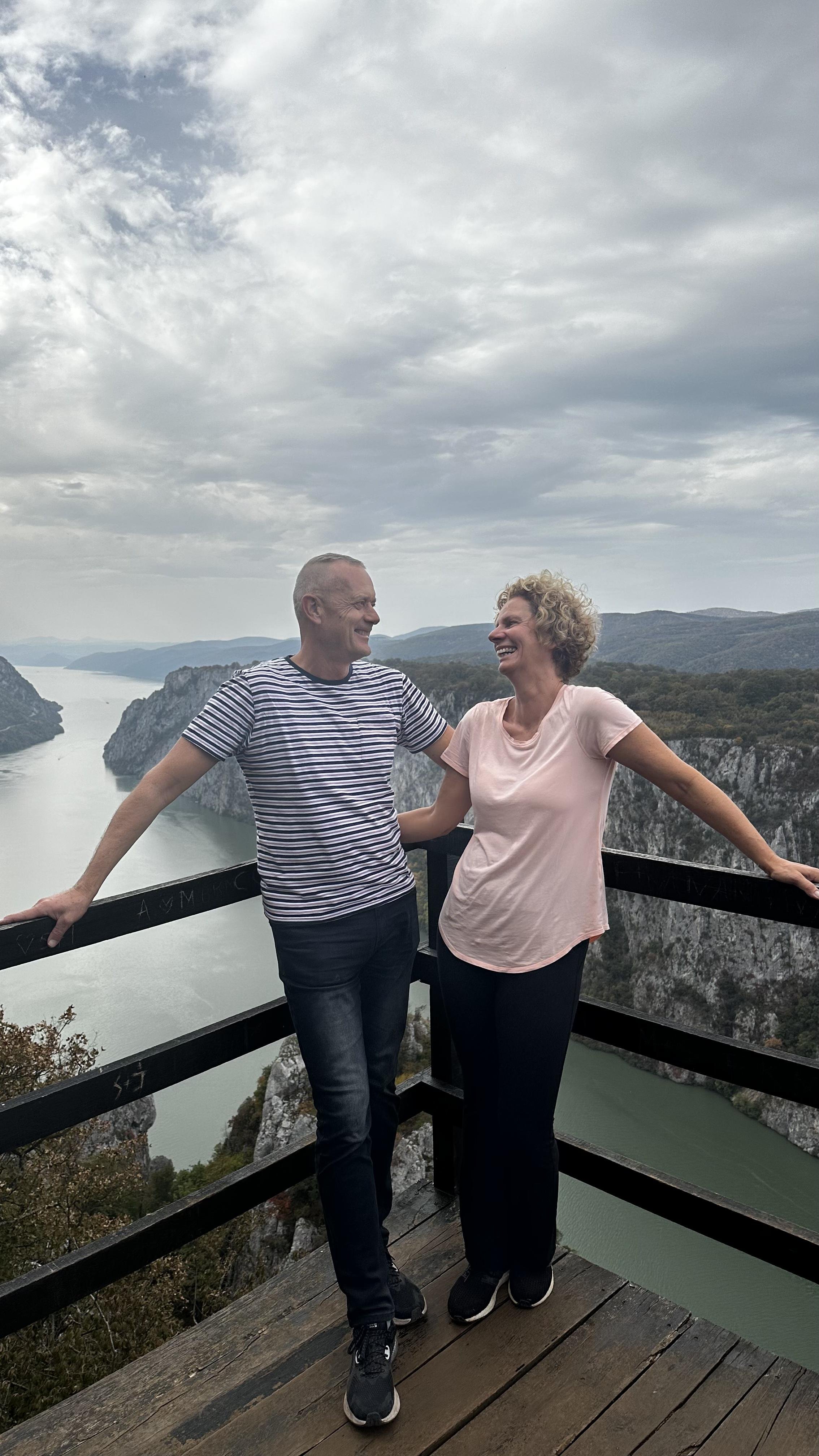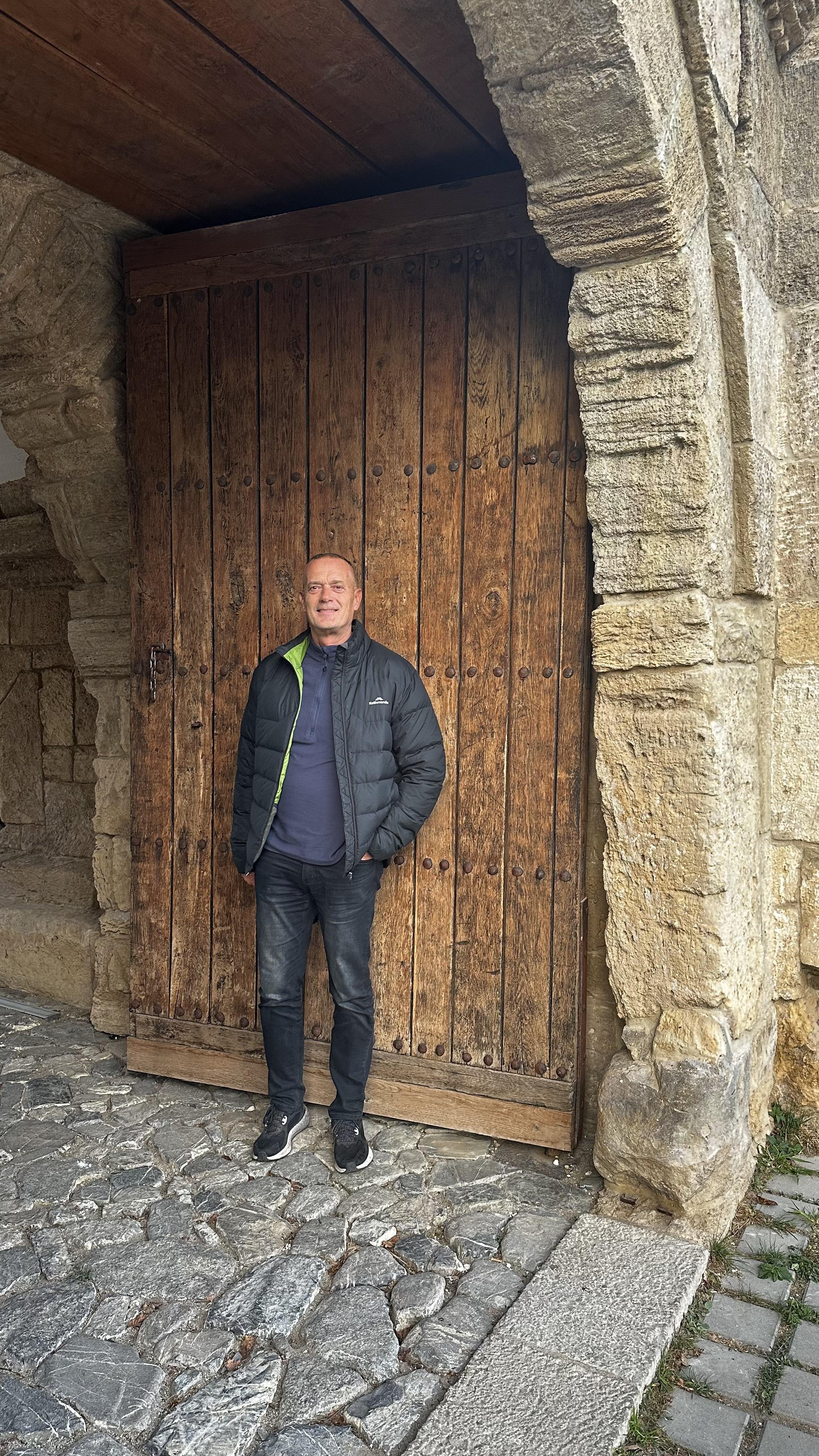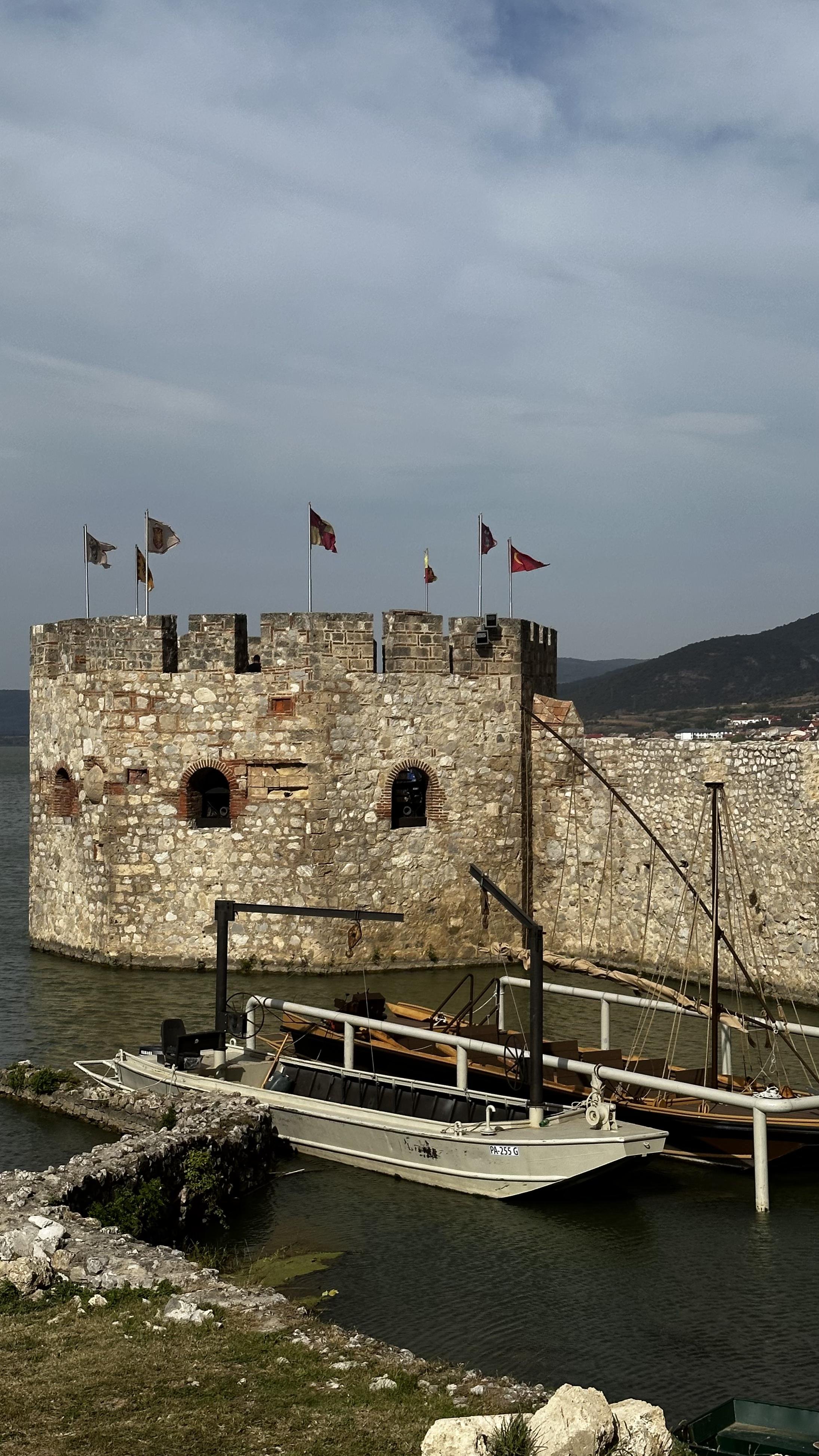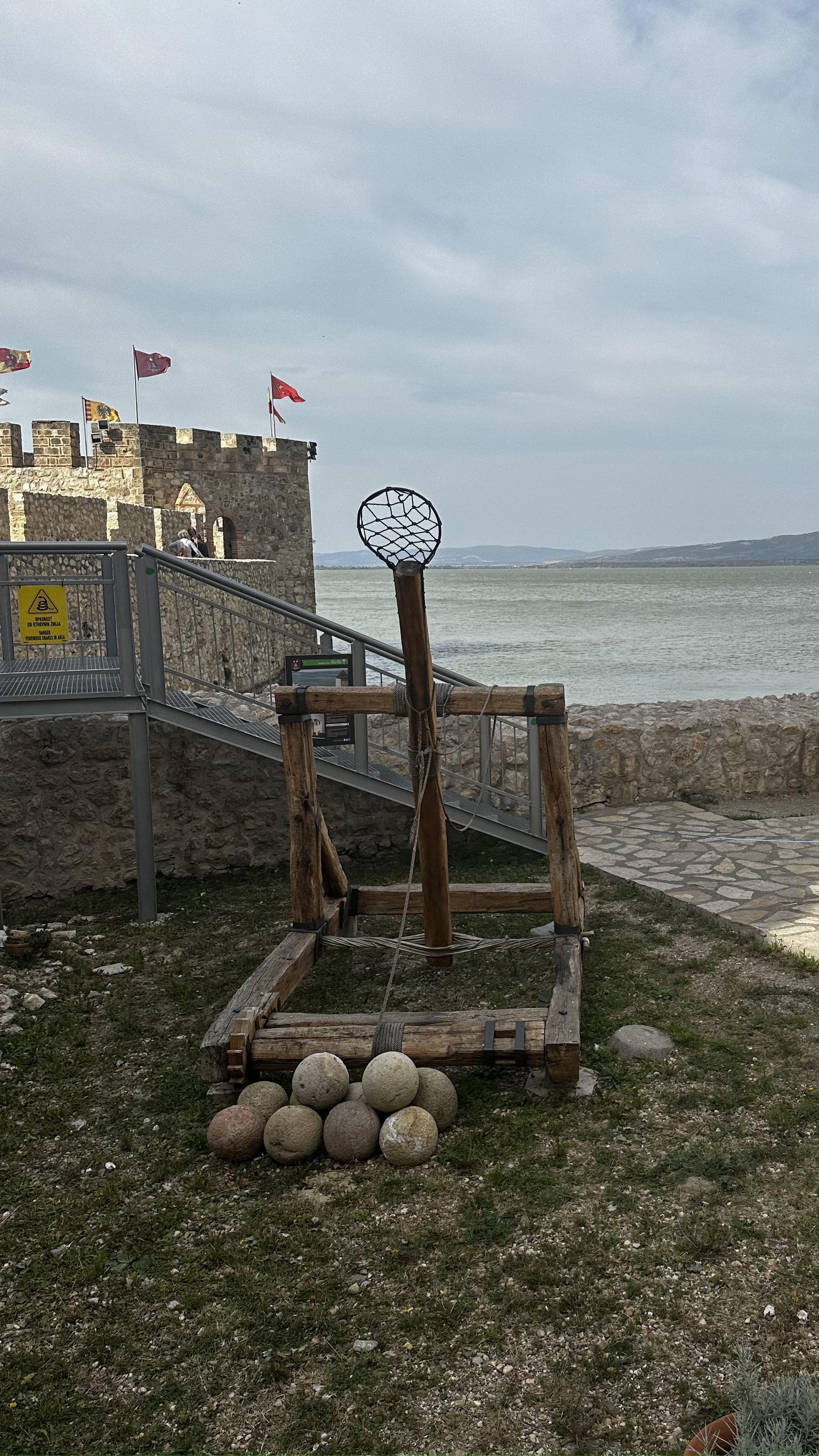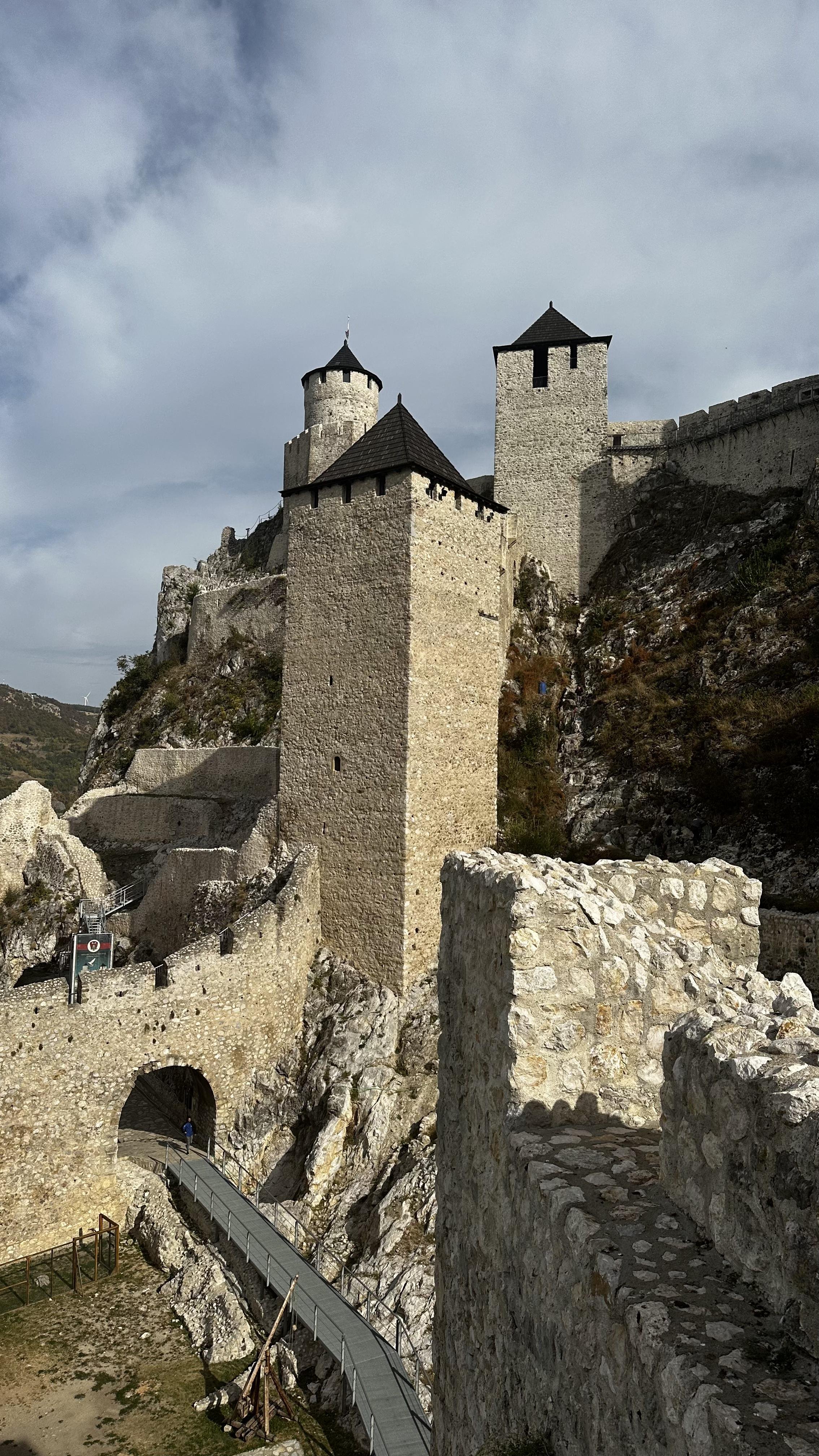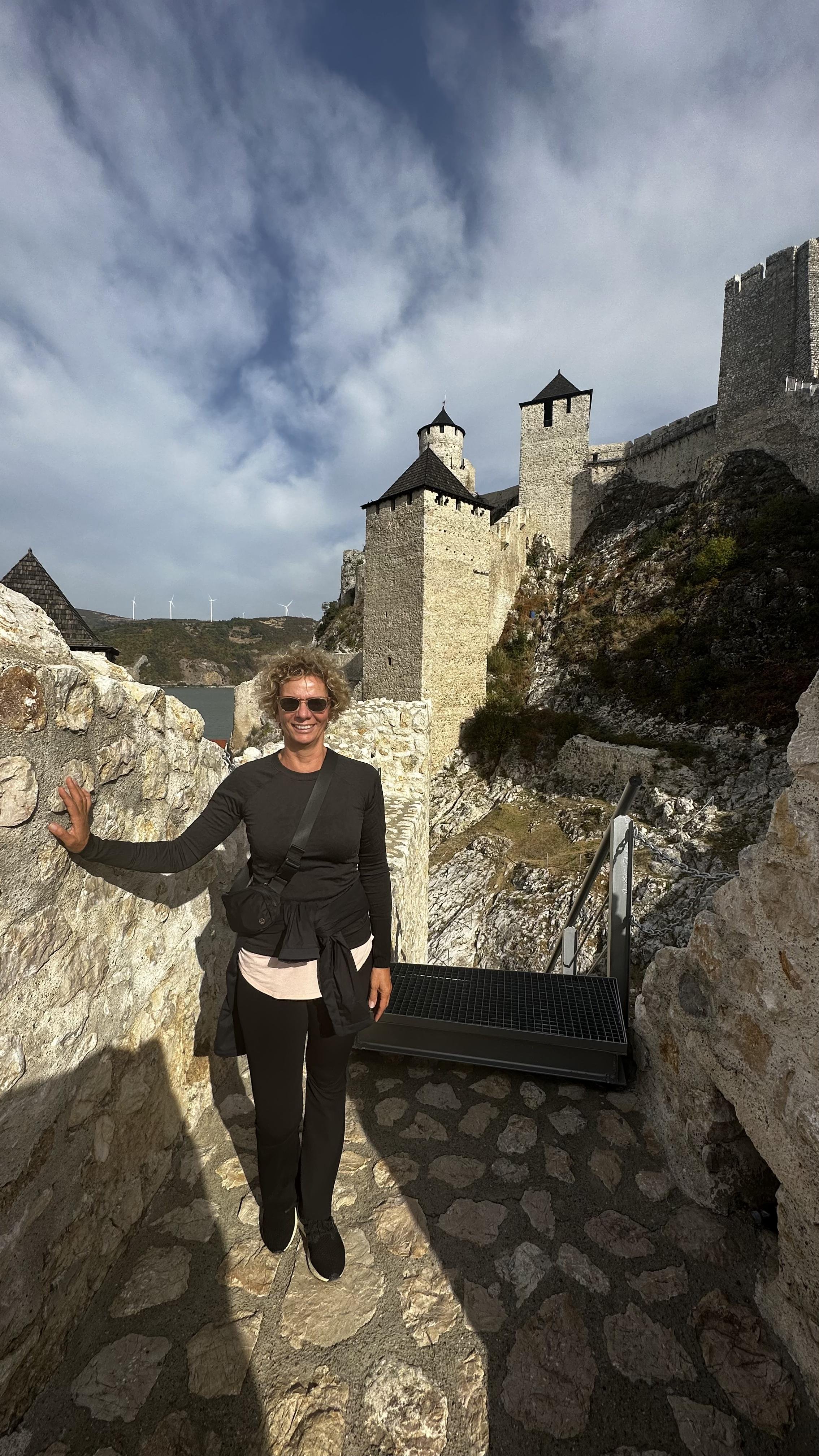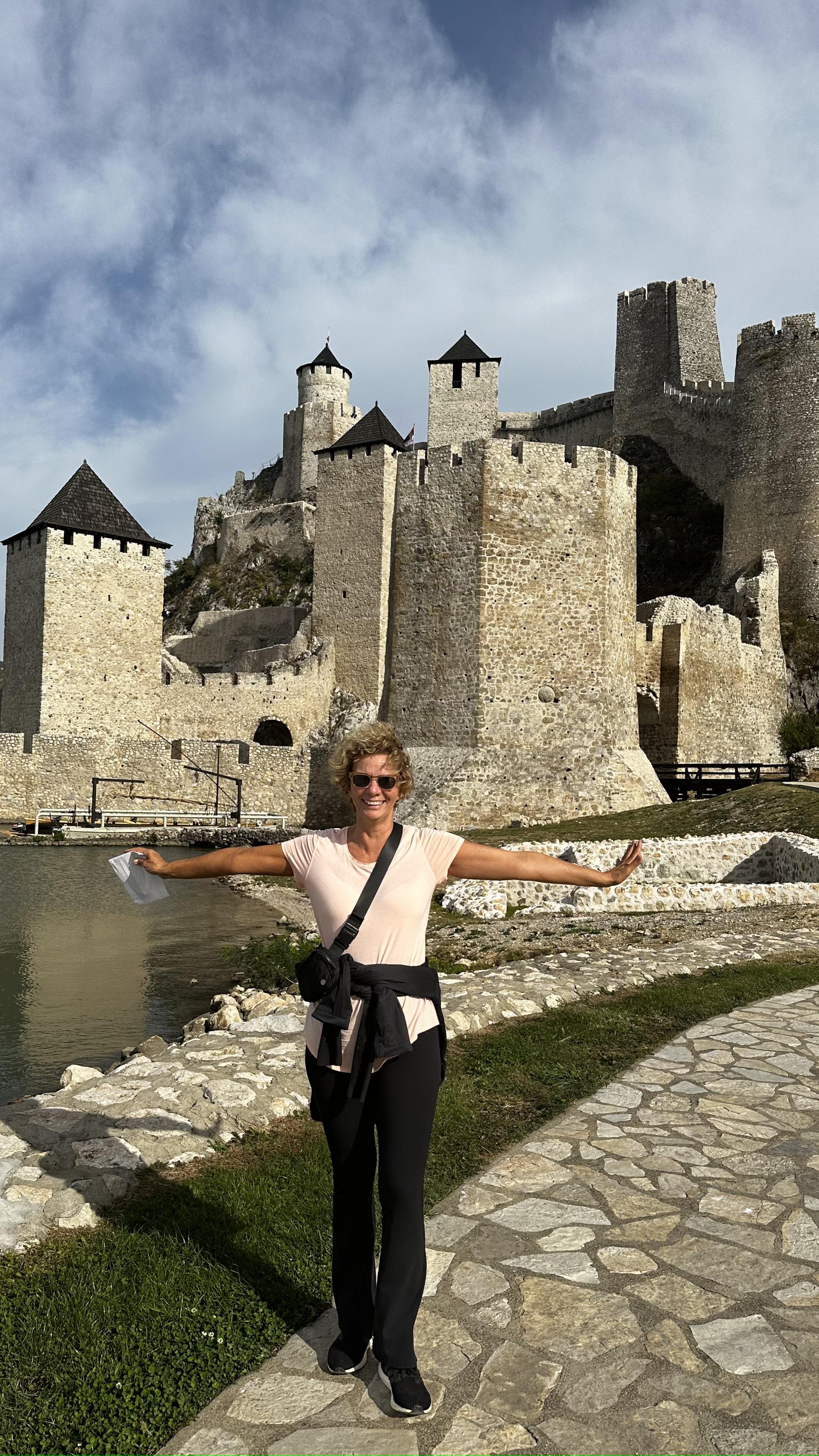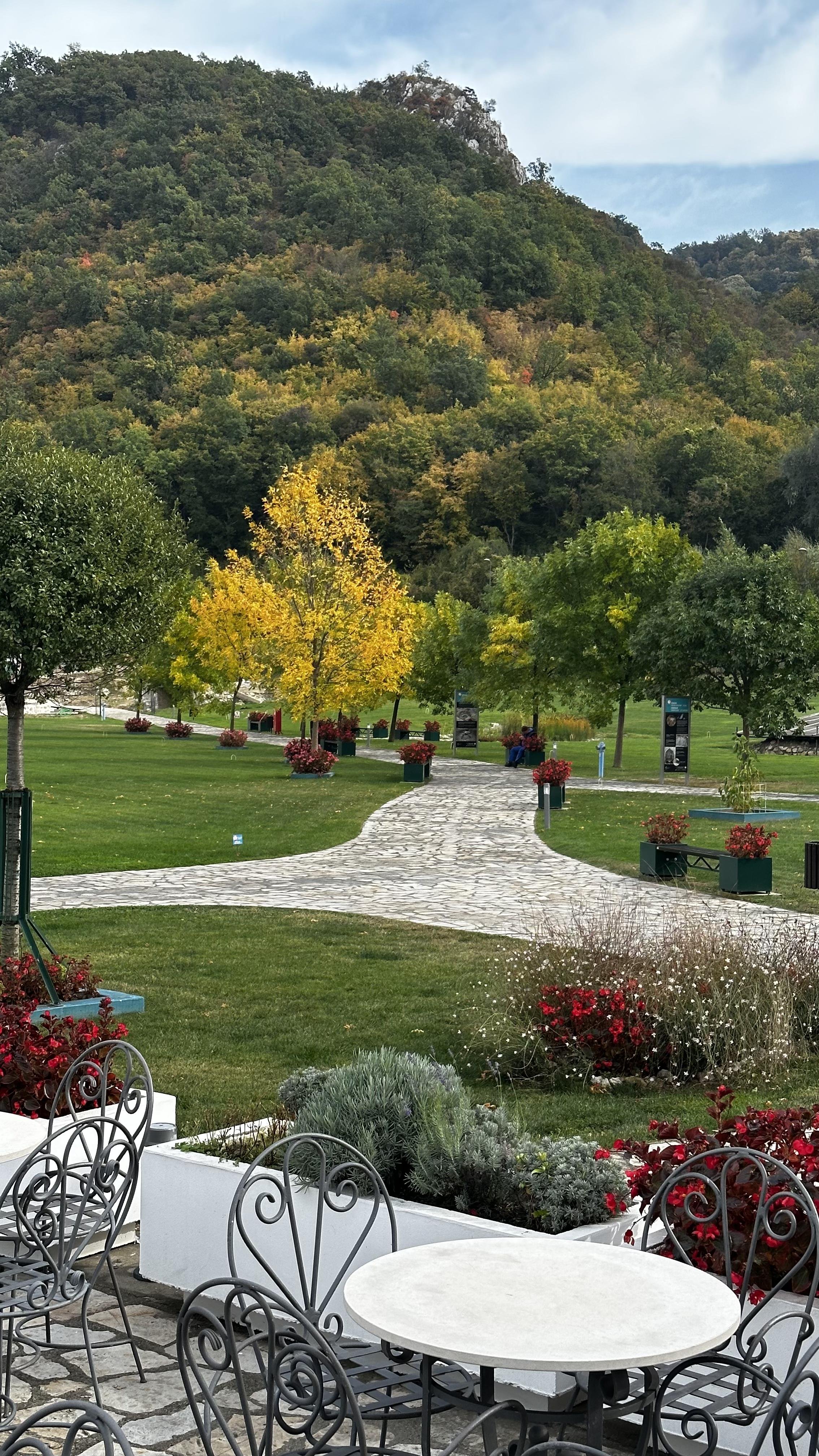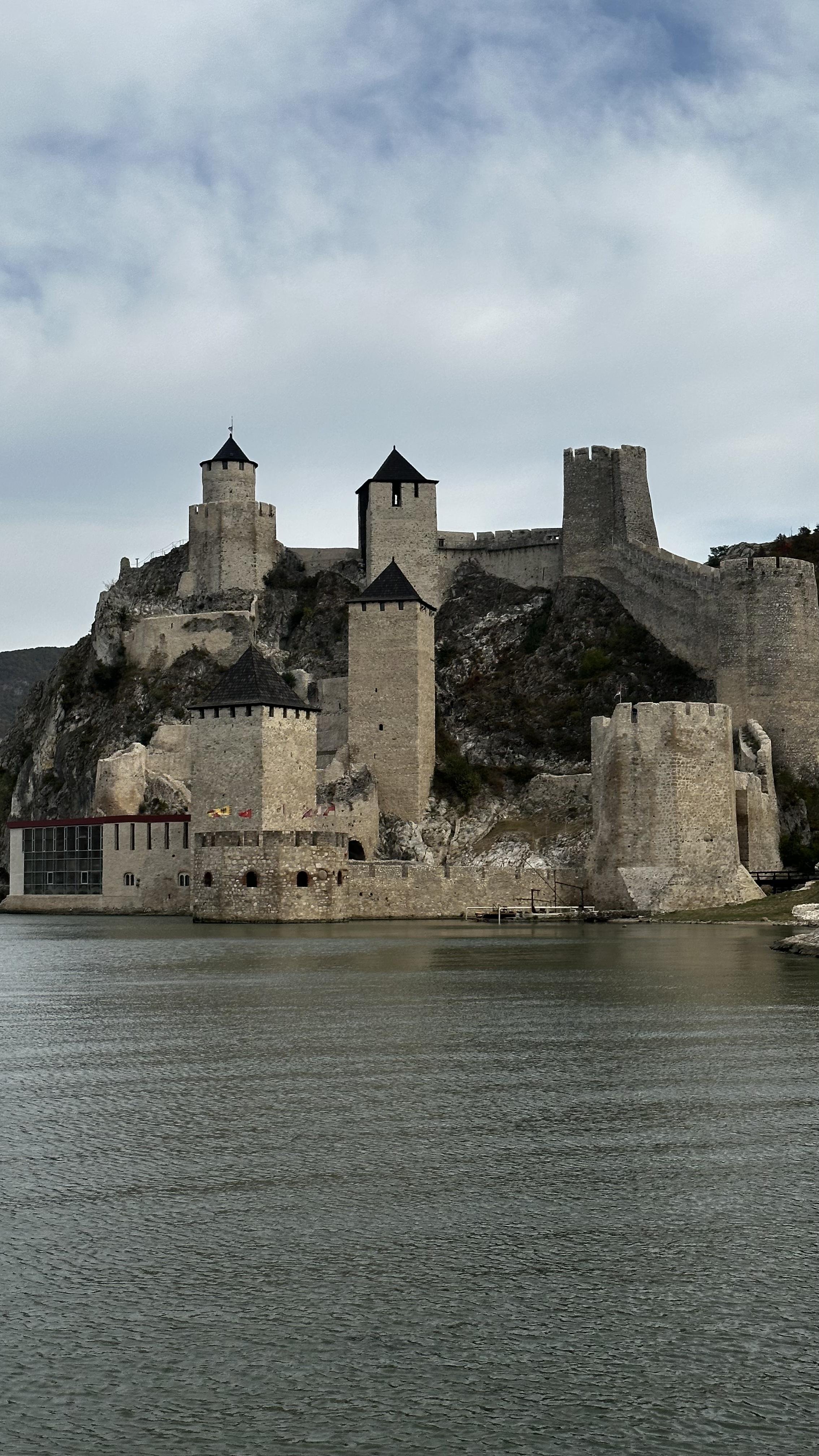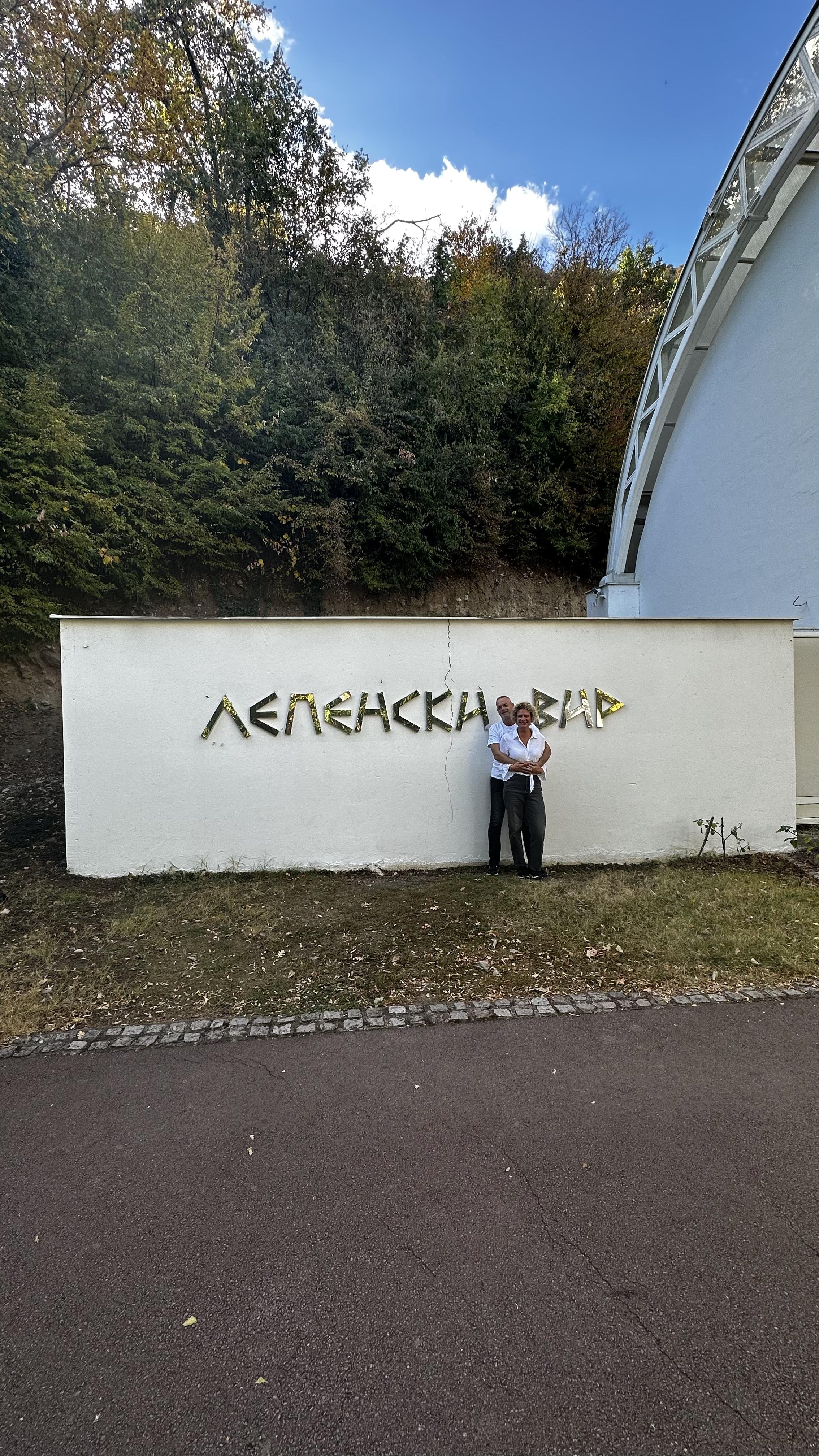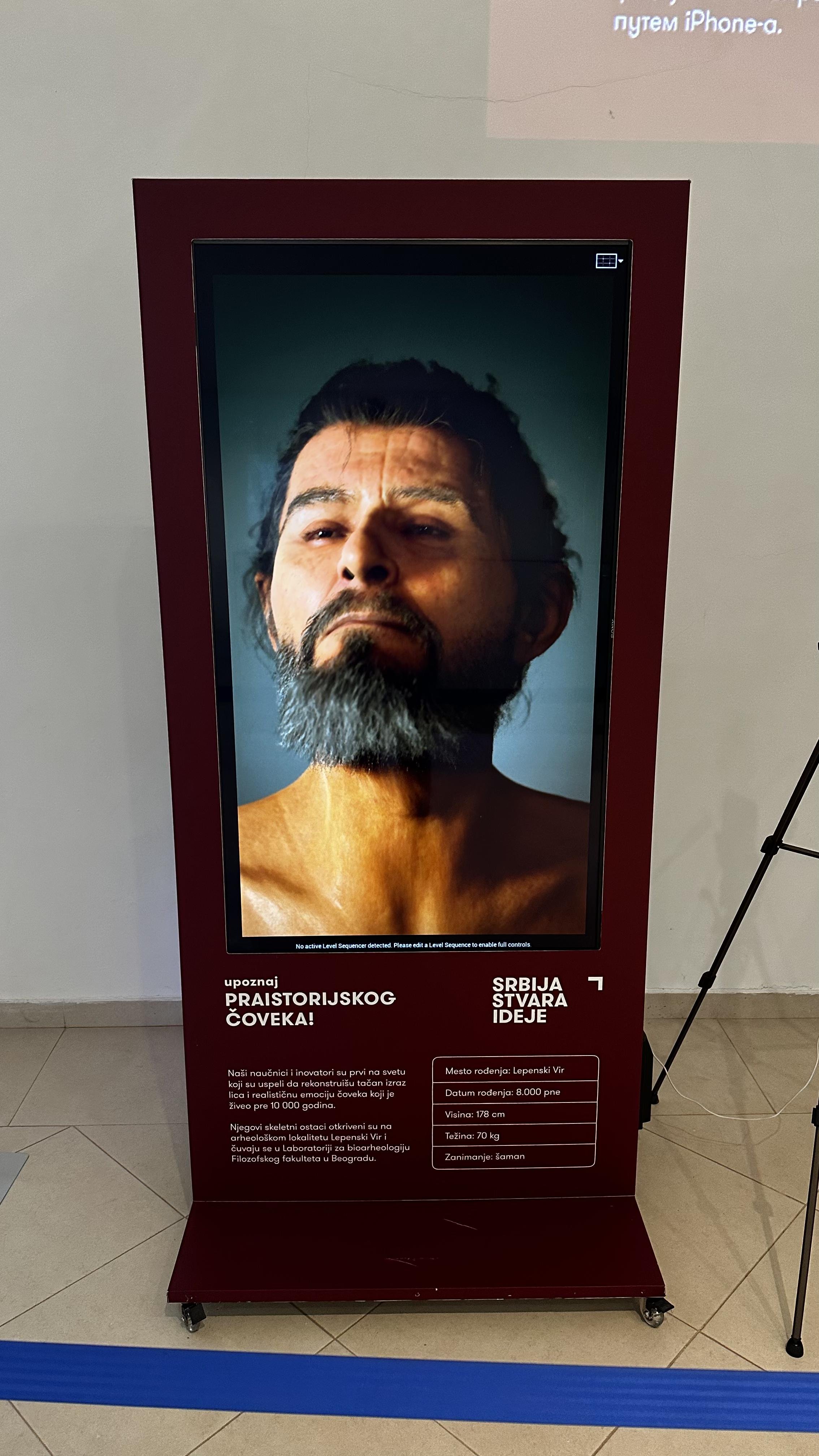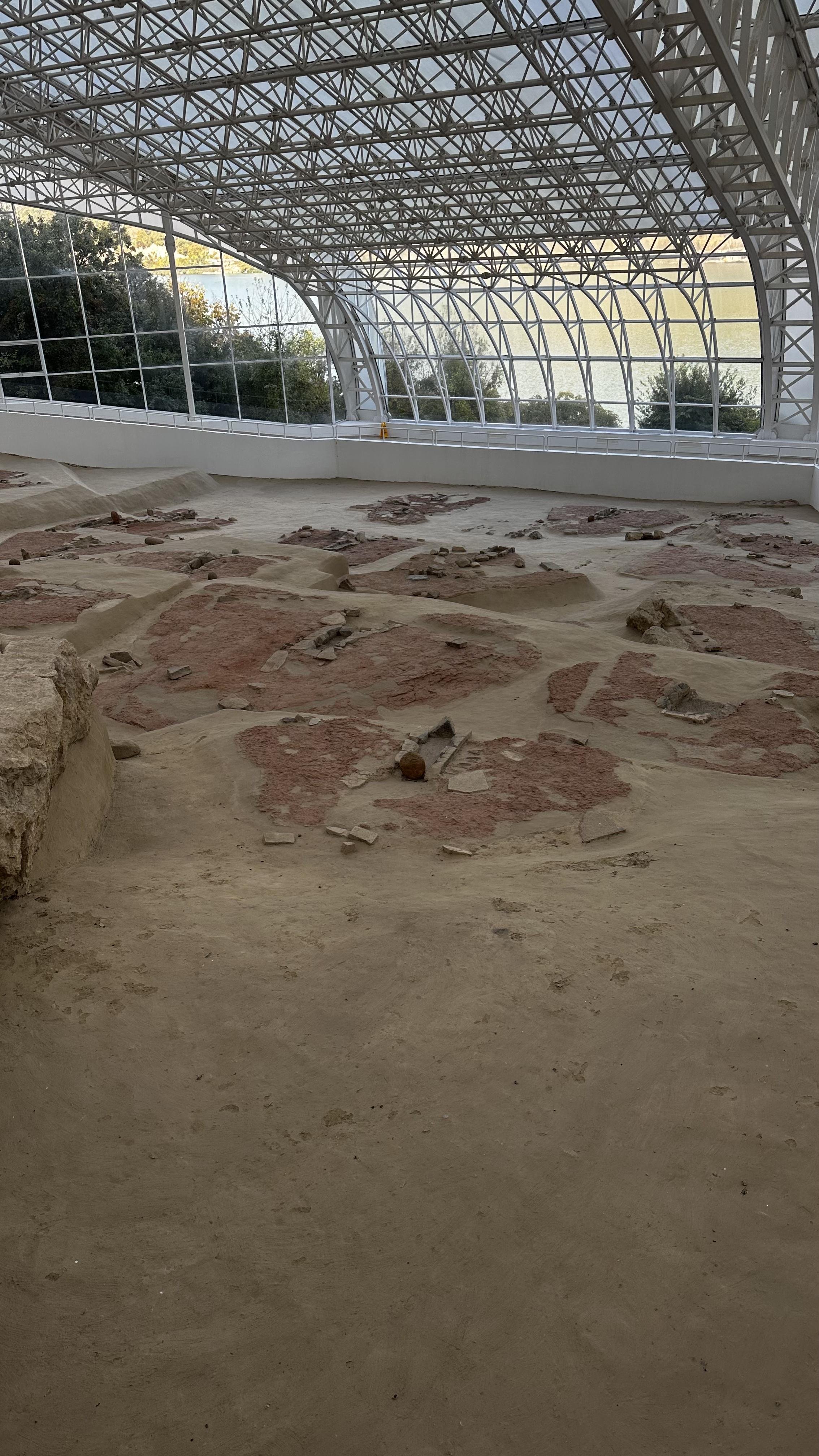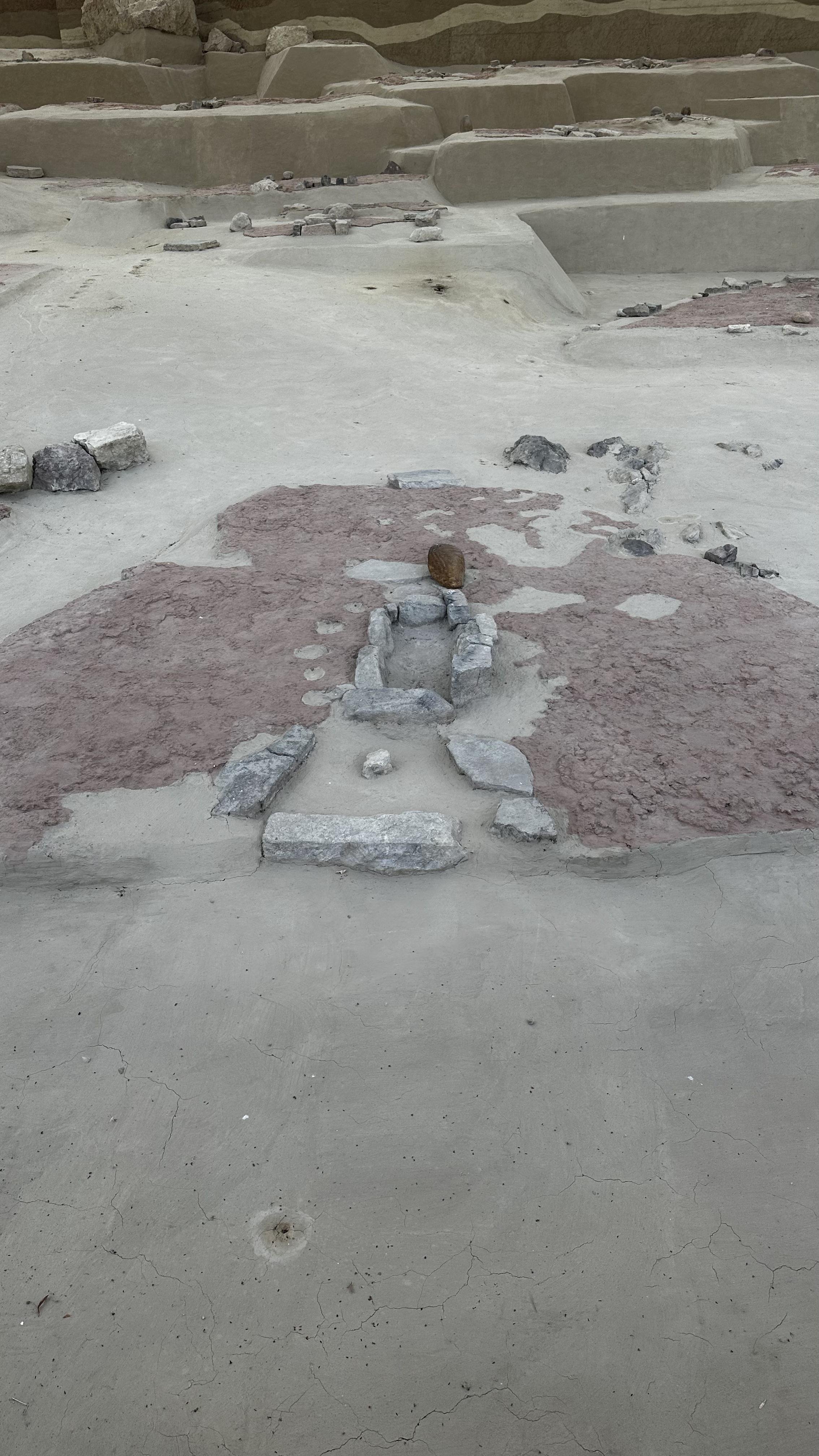Nau Mai Haere Mai Ki Aotearoa -Welcome to New Zealand
Hello to all our travel blog followers!
It’s been six weeks since we have returned to New Zealand. This time we arrived together with our guests from Split, Croatia.
We’ve been planning this trip for many years, we landed well and safe on 7 March 24 and after a couple of days in Auckland we hit the road again!
Our utmost desire to show them as much as possible meant Petra and I planned the trip itinerary months ago, ensured it was doable for everyone, and off we went.
I hope by sharing where we went and what we saw and learnt we might inspire some of you living here to get out and about and see more of this beautiful country and its stunning nature, and for our friends back in Europe, States and Canada, we hope you might get intrigued and pay us a visit one day.
Here comes a brief introduction to beautiful Aotearoa:
Aotearoa is the Māori-language name for New Zealand. The most popular translation usually given is "land of the long white cloud". This refers to the cloud formations which helped early Polynesian navigators find the country.
New Zealand's history begins with Polynesian settlers around 1300 AD, a very young country compared to the European continent.
European exploration and colonization started in the 17th century, leading to the Treaty of Waitangi in 1840, forming a partnership between the indigenous Māori and the British Crown. After the signing of the Treaty of Waitangi, conflicts arose over land and sovereignty, leading to the New Zealand Wars in the mid-19th century.
New Zealand gained full independence from Britain in 1947 and became a welfare state with significant social reforms in the 20th century.
In the late 20th and early 21st centuries, New Zealand pursued an independent foreign policy, particularly in its nuclear-free stance and its role in peacekeeping missions. It also experienced economic reforms in the 1980s and 1990s, transitioning to a market-oriented economy.
Today, it's renowned for its natural beauty, outdoor activities, and strong environmental conservation efforts, multicultural society and progressive policies.
New Zealand's uniqueness lies in its stunning landscapes, ranging from snow-capped mountains to pristine beaches, and its rich cultural heritage, blending Māori and European influences. It's also known for its adventurous spirit, with opportunities for activities like hiking, bungee jumping, and exploring its diverse ecosystems, including geothermal wonders.
Let’s get on with a bit of what we’ve seen and learnt along the way! 🚌
-
The first trip was up to the far North of New Zealand, to a place called Cape Reinga.
Cape Reinga / Te Rerenga Wairua, is the north-westernmost tip of the Aupōuri Peninsula, at the northern end of the North Island of New Zealand. Cape Reinga is more than 100 km north of the nearest small town of Kaitaia where we stayed for two nights.
Cape Reinga is a significant landmark and it holds cultural and spiritual importance for the Māori people, believed to be the departure point for spirits of the deceased on journey to their ancestral homeland.
The Cape offers breathtaking views of the Tasman Sea meeting the Pacific Ocean marked by turbulent waters and distinct currents. The area is surrounded by rugged cliffs and windswept dunes, creating a dramatic and awe-inspiring landscape.
The Cape Reinga Lighthouse stands as a historic beacon, guiding ships through these treacherous waters.
While up there, we visited Ninety Miles Beach, despite its name, is actually a 55-mile or 88 km stretch of golden sand. Te Paki Sand Dunes were cool, and our guests got to experience sand dunes surfing.
Absolutely a breathtaking site, and a must see!
Kaitaia has a rich history of gum digging, particularly during the late 19th and early 20th centuries. Gum digging was a significant industry in the region, with people extracting kauri gum, a resinous substance formed from the sap of kauri trees. This gum was highly valued for various uses, including in varnishes, linoleum, and as a key ingredient in early chewing gum. The gum diggers, many of whom were Māori and later immigrants from Europe, particularly from Dalmatia, a region now part of Croatia, played a vital role in shaping the local economy and culture.
Today, remnants of this industry, such as old gum fields and artifacts, can still be found in and around Kaitaia, offering insight into its historical significance. We visited the Gumdiggers Park and found it very interesting. We even saw a book dedicated to 100 Dalmatian families who settled in the area and formed close friendships with the local people.
Many of these immigrants were also skilled orchardists and farmers who played a crucial role in developing the horticultural industry in the region. They brought with them expertise in growing crops such as grapes, citrus fruits, and olives. The legacy of these Dalmatian settlers can still be seen in the agricultural landscape and cultural heritage of Kaitaia and its surroundings. There is even a big sign that says “Welcome to Kaitaia” in English, Te Reo and Croatian language! How cool is that?!
From the far North we drove down to the beautiful Bay of Islands and stayed there a couple of days. We visited Paihia, Russell and the Treaty of Waitangi Grounds where we joined a tour to learn about the history of New Zealand.
The Bay of Islands is renowned for its stunning natural beauty, with over 140 subtropical islands scattered within its waters. It's famous for its clear turquoise waters, secluded beaches, and abundant marine life, a popular destination for sailing and fishing.
The historic Waitangi Treaty Grounds, offers insight into New Zealand's colonial past.
The Treaty of Waitangi is a foundational document in New Zealand's history. Signed on February 6, 1840, between representatives of the British Crown and various Māori chiefs, it established British sovereignty over New Zealand while guaranteeing Māori authority over their lands and resources. The treaty was intended to create a partnership between the British government and Māori, ensuring protection of Māori rights and culture. However, there have been ongoing debates and disputes over its interpretation and implementation, leading to significant historical and legal ramifications, including land disputes and calls for greater recognition of Māori rights and treaty grievances.
Russell, also known as Kororāreka, is a charming coastal town. It holds significant historical importance as it was the first permanent European settlement and seaport in New Zealand. In the 19th century, it was a bustling whaling and trading hub, known for its rowdy reputation as the "Hellhole of the Pacific." Today, Russell is a peaceful and picturesque destination, offering a glimpse into its rich history through well-preserved heritage buildings, and museums. There are many scenic walks, nice coffee shops, clothing stores and local artists galleries. A very cute little township with beautiful sand beaches.
-
After a few days up North we returned to Auckland to repack and we jumped on a plane to the South Island with a direct flight to Nelson.
Nelson is a vibrant city located on the northern tip of New Zealand's South Island. It's known for its sunny climate, stunning landscapes, and thriving arts scene. The region is surrounded by picturesque beaches, rugged mountains, and lush forests, making it a paradise for outdoor enthusiasts and nature lovers.
Nelson boasts charming streets lined with cafes, boutiques, and galleries, reflecting its artistic and creative community.
I can tell you, if we ever decide to leave Auckland, Nelson is where you’ll find us living!
We booked a four days tracking/hiking adventure across the Abel Tasman National Park. This idea has been a long time coming, something I wanted to do for so long. Each time I’d approach the topic I would get the same response- “you must be kidding, we are not fit enough?” Although I disagreed we never booked it, until now! My persistence and a diplomatic approach has paid off - if our guests can do it, ranging from 74 to 12 years of age, surely we can too!!!
We all joined a pre booked self guided tour starting from Nelson, and I loved it! 🥰
The Abel Tasman Coast Track is one of New Zealand's Great Walks, and we can now proudly tell everyone we did it!
The track winds through coastal forests, past secluded beaches, and offers breathtaking views of the rugged coastline.
I have thousands of photos of the stunning nature, and we even had sunshine each and every day. It was so warm that we swam a couple of times in the pristine turquoise waters, so so so beautiful. We explored the park by sea kayak on a half day tour, we saw hidden coves, playful seals, and marine life along the way.
I would say that Abel Tasman National Park is a haven for nature lovers, for me personally this was the highlight for sure!
Each time we get to Nelson a dream of moving away from Auckland becomes reignited, who knows, maybe one day we will pull a trigger and move down there.
After four days of hiking and more than 50km behind us, we flew from Nelson to Christchurch.
Christchurch is the largest city in the South Island of New Zealand and is known for its English heritage, beautiful parks, and vibrant culture. However, it's also known for the devastating earthquakes it experienced in 2010 and 2011, which caused significant damage to the city's infrastructure and landmarks. Since then, Christchurch has undergone a remarkable transformation, with innovative urban regeneration projects, new architecture, and a thriving arts and dining scene emerging from the rubble.
I have to say, I was so impressed with how nice the city looks today, and it now makes a lot more sense why it has become a number one desired destination for many Aucklanders looking to move down south.
We visited the picturesque Botanic Gardens, the historic tramway, and the innovative Cardboard Cathedral, which symbolizes the city's resilience. We stopped by the New Regent Street and enjoyed a coffee and ice cream from Rollicking Gelato shop. Cashel Street was so nice, and we could see tourists everywhere we went, it’s a vibrant city with plenty to enjoy and see.
Our friends who live in Christchurch joined us for a yummy BBQ in our AirB&B home, we had a lovely dinner all together, and Neb’s BBQ skills were praised by everyone. I have to specifically mention the amazing sour cherries strudel that Biljana made, so yummy! Thank you guys for joining us, it was so lovely to see you after all our travels!
We rented a mini bus 🚌 and we drove around the South Island for 10 more days. We saw a lot, but still didn’t have the time to show our guests everything we wanted to.
We drove from Christchurch to Burkes Pass to visit Lake Tekapo. We passed through my favorite town of Geraldine and stopped by the famous coffee shop - The Running Duck that sells the best date scone in NZ! We also stopped by the Fairlie Bakery to try the best NZ pies 🥧! OMG - I have never seen more tourists in such a small local bakery ever! We had to wait in the queue for a while to get to try these delicious pies. Although pies are not my favorite pastry, I have to say the chicken pie was delicious 🤤.
Lake Tekapo is a stunning turquoise lake located in the Mackenzie Basin on New Zealand's South Island. It's renowned for its breathtaking natural beauty, crystal-clear waters, and panoramic views of the surrounding Southern Alps. One of the lake's most iconic features is the Church of the Good Shepherd, a picturesque stone church that sits on its shores and offers stunning views of the lake and mountains.
In addition to its natural beauty, Lake Tekapo is also known for its stargazing opportunities. The area is part of the Aoraki Mackenzie International Dark Sky Reserve, making it one of the best places in the world for observing the night sky. Unfortunately we didn’t book in advance so we couldn’t enjoy the guided stargazing tour, it’s now on the list for next time! Instead, we enjoyed the hot pools and relaxed in the outdoor settings with stunning views.
From Lake Tekapo we drove to Mt Cook.
Mount Cook, also known as Aoraki is the highest mountain in New Zealand, standing at an impressive 3,724 meters tall. It is located in the Southern Alps of the South Island and is part of the Aoraki/Mount Cook National Park, a UNESCO World Heritage site.
Mount Cook is surrounded by breathtaking alpine scenery, including glaciers and snow-capped peaks. The Tasman Glacier, New Zealand's longest glacier, flows down from the eastern slopes of Mount Cook, offering stunning views.
One of the most popular hiking trails in the Mount Cook area is the Hooker Valley Track. We walked this scenic trail enjoying the views of the Southern Alps, glaciers, and alpine landscapes, it is truly beautiful!.
The Tasman Glacier Terminal Lake is fed by the Tasman Glacier, and is known for its striking turquoise waters and floating icebergs. Although that is incredibly beautiful to see it also offers a unique opportunity to witness the effects of glacier retreat and the formation of icebergs as chunks of ice calve off the glacier and float in the lake. Another example of the climate change phenomenon, and the most fascinating fact is that this large lake is only 30 years old!!! When we came to NZ in 1994 this lake was non existent and you can still see the areas where it used to be a ski field back in a day. Frightening.
The region around Mount Cook is another haven for outdoor enthusiasts, and is a must-visit destination for nature lovers.
Driving from Mt Cook to Wānaka meant we had to stop by the Clay Cliffs.
The Clay Cliffs are a unique geological formation located near Omarama. These stunning cliffs are made of layers of silt and gravel deposited by ancient glaciers over millions of years. Erosion by wind and water has sculpted the cliffs into towering pinnacles and ridges, creating a surreal and otherworldly landscape.
We explored the maze-like formations by following a short walking trail that winds through the narrow valleys and towering cliffs. The contrasting colors of the clay, ranging from white and grey to orange and brown, create a striking visual spectacle against the backdrop of the surrounding countryside.
I have never seen so many rose hip berries in one area, the plants were bursting with bright red berries, I’d say they have naturally found its way there rather than being planted. Photos look amazing!
We carried on with our drive and reached Wānaka.
Wānaka is a picturesque town located on the shores of Lake Wānaka in the Otago region of New Zealand's South Island. It's renowned for its stunning natural beauty, outdoor recreational opportunities, and vibrant arts and culture scene. I know these sentences are becoming repetitive, but I can’t find a better way to describe it!
Lake Wānaka, the fourth largest lake in New Zealand, is the centerpiece of the town and offers a range of water-based activities such as boating, fishing, kayaking, and paddleboarding. The surrounding mountains provide opportunities for hiking, mountain biking, rock climbing, and skiing in the winter months. The nearby Mount Aspiring National Park, a UNESCO World Heritage site, is a paradise for outdoor enthusiasts, with pristine alpine landscapes, native beech forests, and towering peaks to explore.
We went to the Puzzle World and let the kids be kids, and that included a number of us adults, the rest went to wonder through interesting and high end clothing shops.
We also visited the "Hook Salmon Farm" attraction, learnt about the salmon farming and witnessed the fishing of Chinook salmon up close. After catching four salmons we had them filleted on the site and made a yummy dinner in our accommodation. So much fun!
The second evening we had the best stake ever at the famous Tititea Steak House! Worth every penny!
I have to say each time we get to Wānaka we admire its natural landscape and beauty, good food and quirky shops selling goodies you can’t find in Auckland.
Lastly, you can’t go to the South Island and not visit the popular mecca destination, Queenstown. We rented a nice house near the lake and stayed there for three days.
Queenstown is a bustling resort town located on the shores of Lake Wakatipu. It's renowned for its stunning alpine scenery, adventure sports, and vibrant nightlife.
The town is nestled between the Remarkables mountain range and the shores of Lake Wakatipu, providing a spectacular backdrop for outdoor activities such as skiing, snowboarding, mountain biking, hiking, and bungy jumping. I didn’t know that Queenstown is often referred to as the "Adventure Capital of the World" due to the wide range of adrenaline-pumping activities available, including jet boating, skydiving, paragliding, and whitewater rafting.
In addition to its outdoor adventures, Queenstown offers a lively dining and nightlife scene, with a plethora of restaurants, bars, and cafes catering to all tastes and budgets. Visitors can enjoy everything from fine dining to casual eateries, with an emphasis on locally sourced produce and international cuisine. Since our guests are big foodies, and love to try different dishes, one evening we went to the most popular restaurant in Queenstown, for a nice treat. Blue Kanu restaurant offers flavours that float your boat! Mixing both Pacifica and Asian style, together with blending the two cultures aims to create a style and feel that they call “Polynasia”. 10/10!
The next evening it was time for the famous burger from Fergburger to balance the budgets!😉. This place is soooo popular, whenever you go there be ready to wait in the queue for at least 20mins. As much as I love the burger, the Fergburger bakery and gelato shop are to die for! This business keeps on smashing it out of the park, growing in its presence and doing so well! Well done!!!👍
Queenstown also serves as a gateway to the stunning landscapes of the surrounding region, including Fiordland National Park and Milford Sound, we’ve left that side of things for the next trip, since our guests have decided this was only the very first trip to NZ!
We took the opportunity to visit the Central Otago wine region by going on a day bike trip around the region stopping by a number of wineries. From a number of wine tasting at different wineries to yummy food and wood fire pizzas, we managed to return to Queenstown half sober, joyful and tired!
Being based in Queenstown meant we had to show them Glenorchy and Arrowtown, two gems of the region.
Glenorchy is a charming small town located at the northern end of Lake Wakatipu, about a 45-minute scenic drive from Queenstown.
Glenorchy serves as a gateway to some of New Zealand's most spectacular wilderness areas, including the Fiordland National Park, Mount Aspiring National Park, and the Routeburn Track, one of New Zealand's Great Walks.
The area around Glenorchy has also served as filming locations for several major motion pictures, including "The Lord of the Rings" trilogy and "The Hobbit," thanks to its dramatic landscapes and untouched beauty.
Arrowtown is a historic gold mining town located in the Otago region, about a 20-minute drive from Queenstown. It's known for its charming streets lined with heritage buildings, stunning autumn foliage, and rich gold mining history.
Founded in the 1860s during the Otago gold rush, Arrowtown retains much of its original character and architecture, with well-preserved buildings that reflect its gold mining heritage.
We could see the early beginnings of the autumn months, when the town comes alive with vibrant hues of red, orange, and gold as the leaves change color. Beautiful.
We had to buy the famous super sour lollies in a well known Remarkable Sweets Shop, let the guests have a go and video record the reactions 😂, so so much fun!
So, whether you're seeking adrenaline-adventures, breathtaking scenery, or simply relaxing in a stunning alpine setting, a good glass of yummy wine from the Otago region, Queenstown and its surroundings have something to offer for everyone.
We dropped off our mini bus that served us so well through our travels at the airport, and we flew back to Auckland.
-
After a couple of days rest in Auckland we were on the road again, this time to the Central NZ.
The first stop was the The "Hobbiton Movie Set", a popular tourist attraction located near Matamata on New Zealand's North Island. It's famous for its role as the filming location for the Hobbiton scenes in Peter Jackson's "The Lord of the Rings" and "The Hobbit" film trilogies, based on the works of J.R.R. Tolkien.
We took a guided tour of the meticulously recreated movie set, which includes over 40 hobbit holes, the Green Dragon Inn, the Mill, and other iconic landmarks from the films. The attention to detail is remarkable, with lush gardens, colorful flowers, and perfectly maintained hobbit holes that make visitors feel as though they've stepped into the magical world of Middle-earth. This time we got to enter the interior of the hobbit holes and explore their fully furnished homes, so cool!
We learned about the filmmaking process, heard behind-the-scenes stories from the production, and took plenty of photos of the picturesque scenery. We had a complimentary drink at the Green Dragon Inn, followed by a yummy lunch where we relaxed and soaked in the atmosphere of this enchanting fantasy world.
After the fantasy world we drove to Lake Taupo.
Lake Taupo is the largest lake in New Zealand. It was formed over 26,000 years ago by a massive volcanic eruption, known as the Oruanui eruption, which created the caldera that the lake now sits in.
Did you know that with a surface area of approximately 616 square kilometers, Lake Taupo is roughly the size of Singapore?!
The lake is a hotspot for trout fishing, with both rainbow and brown trout abundant in its waters, attracting anglers from around the world.
We visited the nearby attractions such as Huka Falls, a powerful waterfall on the Waikato River, and the Craters of the Moon, a geothermal park with steaming vents and bubbling mud pools.
The next day we drove to Rotorua.
Rotorua is known for its geothermal activity, Māori culture, and outdoor adventures. It's situated on the southern shore of Lake Rotorua in the Bay of Plenty region.
One of the most distinctive features of Rotorua is its geothermal activity, with geysers, hot springs, mud pools, and steam vents scattered throughout the area. We visited a number of different geothermal parks such as Te Puia, Wai-O-Tapu, and witnessed these natural wonders up close and learned about the region's volcanic history. We also visited Whakarewarewa, the legacy and home of the Tūhourangi Ngāti Wāhiao people, who have been sharing their unique way of life with visitors from all around the world for over two hundred years. We ate corn cooked in the geysers then and there, what a cool little experience.
We experienced traditional Māori performances, cultural ceremonies, and authentic hangi feasts, where food is cooked in an earth oven.
The city is also a hub for adrenaline-pumping activities such as whitewater rafting, skydiving, and luging. We had to try a few so the days flew by!
The highlight for me was the visit to the Redwood Forrest Park.
The Redwoods Forest Park, officially known as the Whakarewarewa Forest, is a stunning natural attraction located just a short drive from the city center of Rotorua. It's renowned for its towering Californian coast redwood trees, which were planted in the early 20th century and have since flourished in the fertile soil and temperate climate.
The forest offers visitors a range of outdoor activities, including walking, hiking, mountain biking, and horseback riding, and we have to go back and spend a lot more time in this beautiful area.
We managed to do one of the most popular attractions in the Redwoods Forest Park, the Redwoods Treewalk, a series of suspension bridges and elevated walkways that allow visitors to walk among the canopy of the redwood trees. This unique experience offers breathtaking views of the forest from above and is particularly stunning at sunrise or sunset when the light filters through the trees. This was a super cool experience, a bit of adrenaline pumping went on, but I could spend all day there walking across these bridges and admiring the stunning nature.
And for me who is a nature lover it’s great to know that from an ecological perspective, the Redwoods Forest Park in Rotorua is special for several reasons:
1. Biodiversity: The forest is home to a diverse range of plant and animal species, including native New Zealand flora and fauna such as ferns, mosses, birds, and insects. The towering redwood trees provide habitat and food for many species, contributing to the overall biodiversity of the area.
2. Carbon sequestration: Redwood trees are known for their ability to absorb and store large amounts of carbon dioxide, helping to mitigate climate change by reducing greenhouse gas emissions in the atmosphere. The mature redwoods in the forest play a crucial role in carbon sequestration and contribute to the overall health of the ecosystem.
3. Soil conservation: The extensive root systems of the redwood trees help to stabilize the soil and prevent erosion, particularly on steep slopes and hillsides. This is important for maintaining soil fertility, preventing sediment runoff into waterways, and protecting the health of aquatic ecosystems.
4. Water quality: The forest acts as a natural filter, helping to improve water quality by trapping sediment, nutrients, and pollutants before they reach nearby streams and rivers. This is beneficial for aquatic organisms and contributes to the overall health of freshwater ecosystems in the area.
5. Recreation and education: The Redwoods Forest Park provides opportunities for outdoor recreation, nature appreciation, and environmental education, allowing visitors to connect with nature and learn about the importance of forest ecosystems and conservation. This helps to foster a sense of stewardship and appreciation for the natural world among visitors and local communities alike. So so important, well done! 👍
On our way back to Auckland we drove through the beautiful Karangahake Gorge, stopped at Mt Maunganui for a lunch, swim and walk around the hill, and the weather was beautiful and sunny, incredible!
After returning from the Central NZ we had a few days to explore Auckland before our guests flew back to Split.
Auckland is the largest city in New Zealand. Auckland is often referred to as the "City of Sails" due to its picturesque harbors and extensive coastline, making it a popular destination for boating, sailing, and water sports.
The city is built around two harbors, Waitematā Harbour and Manukau Harbour, which offer a range of waterfront attractions, including beaches, parks, and waterfront promenades. The Auckland skyline is dominated by the iconic Sky Tower, the tallest freestanding structure in the Southern Hemisphere, which offers panoramic views of the city and surrounding landscapes.
Auckland is also known for its rich cultural diversity, with a large Māori and Pacific Islander population contributing to the city's multicultural identity.
The city's dining scene reflects its cultural diversity, with a wide range of restaurants, cafes, and eateries offering cuisine from around the world, as well as fresh local produce and seafood. We tried a few different restaurants with our guests and Cafe Hanoi was the ultimate winner by far!
We managed to visit a few landmark locations around the city, Piha Beach, Mission Bay, Waiheke Island where we had to try the zip line and indulge at the Casita Miro winery, Milford and Takapuna Beach areas, One Tree Hill and Cornwall Park, City Center and Commercial Bay, and of course we had to pop to the Dalmatian Cultural Society to showcase the history of the Dallie people.
The term Dallie (short for Dalmatian) is often used in New Zealand to refer to people of Croatian descent. The term has been wholeheartedly adopted by Croatian New Zealanders, among them the Auckland-based Dalmatian Cultural Society. Founded in 1930, it is New Zealand's longest-surviving Croatian cultural organisation.
A further neutral term, and a Māori word - Tarara (literally meaning, "fast talkers"), was and is still used by Māori to refer to people of Yugoslav descent. Yugoslav men came to New Zealand in the late 1800's and became kauri gum diggers searching for kauri gum, as I have mentioned earlier. These men married local Maori women and together raised dark skinned, green eyed, blond hair beautiful human beings. 🧡
When we asked our friends what they thought of the time spent here, this short note left in the room says it all:
“Hvala! 🧡
Hvala na svemu.
Bilo nam je divno sa vama u ovoj magičnoj zemlji gdje su oblaci najbrži a zrak miriše na čisto.
Hvala ovoj zemlji što vam je postala dom, što ste ovdje sretni.
Mi vas volimo i čekamo na kavi, sutra, prekosutra, uvijek, i bilo gdje.
Jer dom je tamo gdje ti je srce.🧡”
“Thank you🧡
Thank you for everything.
It was wonderful being with you in this magical land where the clouds are the fastest and the air smells clean.
Thank you to this country for becoming your home, for letting you be happy here.
We love you and will wait for you for a coffee and a chat tomorrow, the day after tomorrow, always, anywhere.
Because home is where your heart is.🧡"
Thank you guys for coming down under and allowing us to show you with pride, gratitude and happiness our beautiful country, we now call home. We hope this blog helps you fill the gaps in your diary notes and we can’t wait to jump on a call once your emotions and memories have settled down.🤗
The plans for our next travel adventure have begun, wishing you all the very best till the next blog 🤗📝
NORTHLAND PHOTO ALBUM
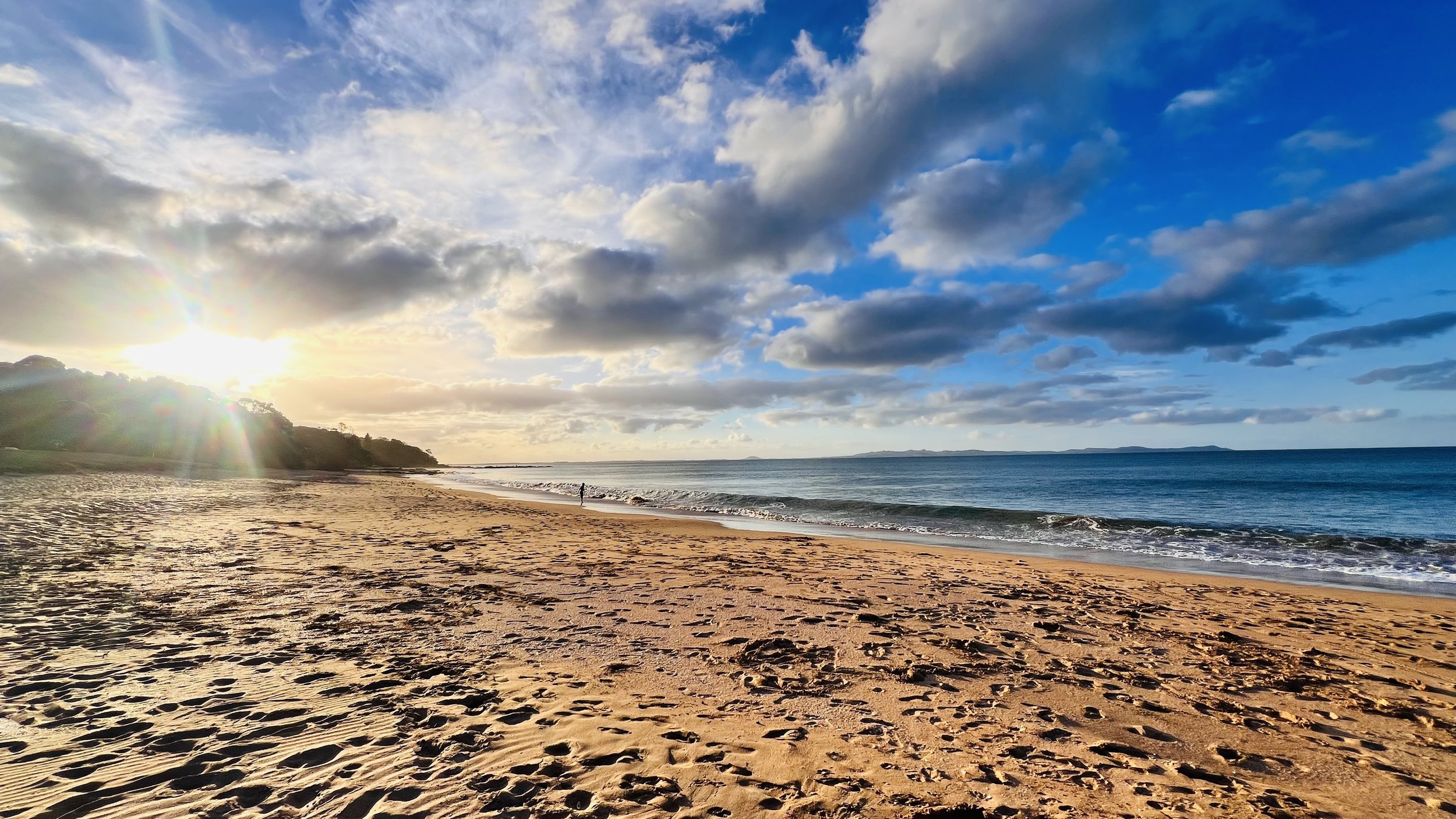

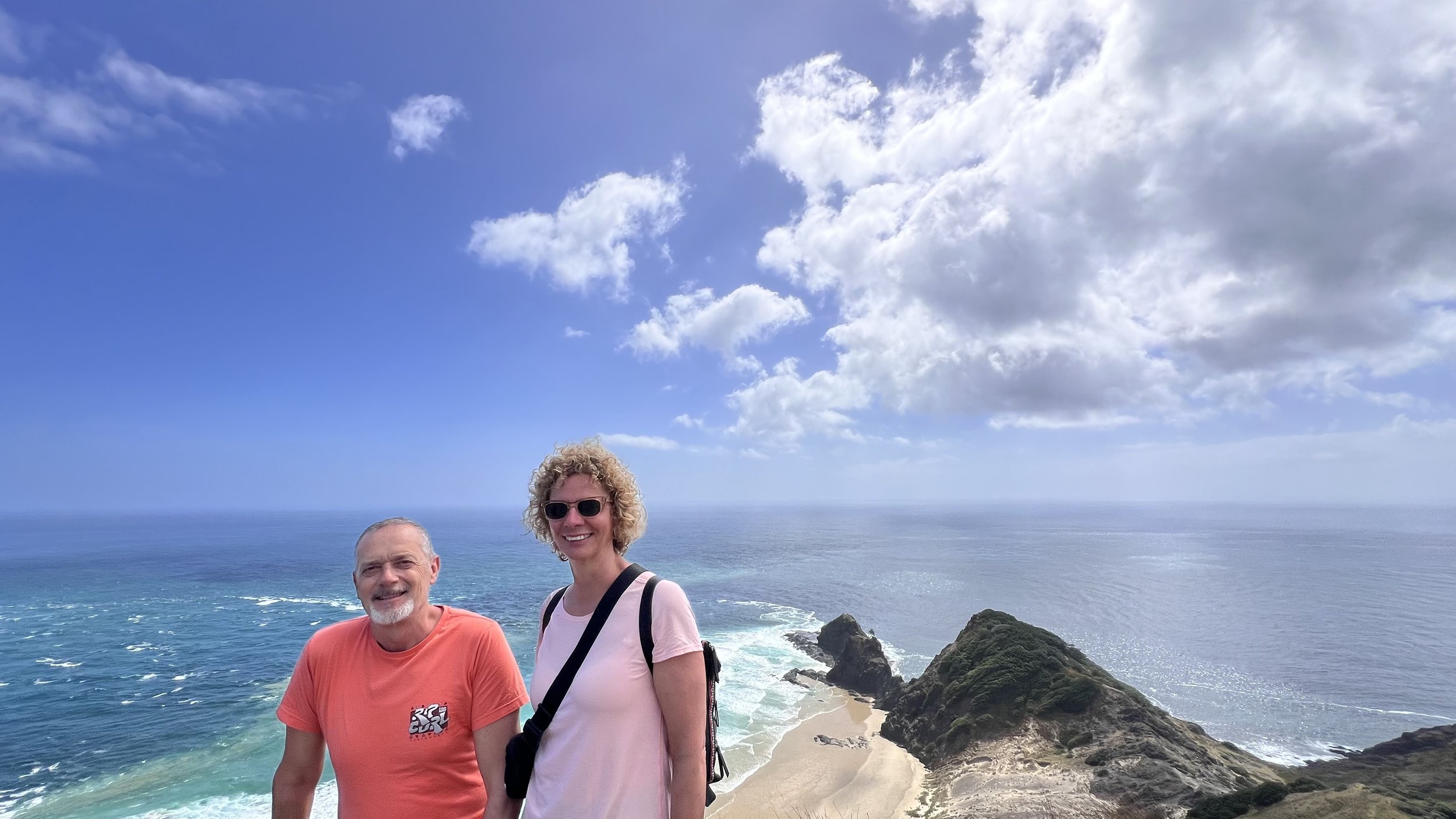
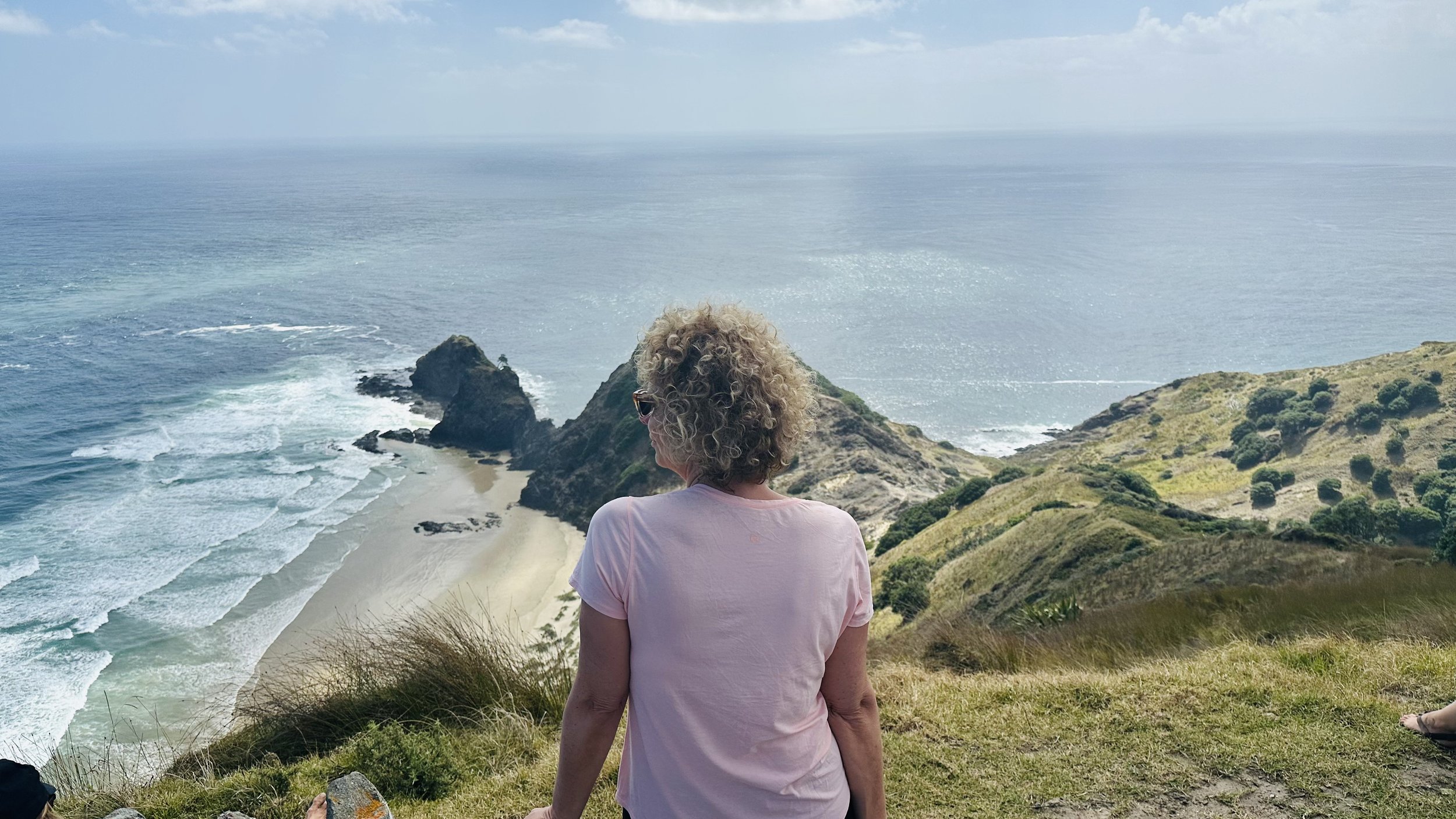
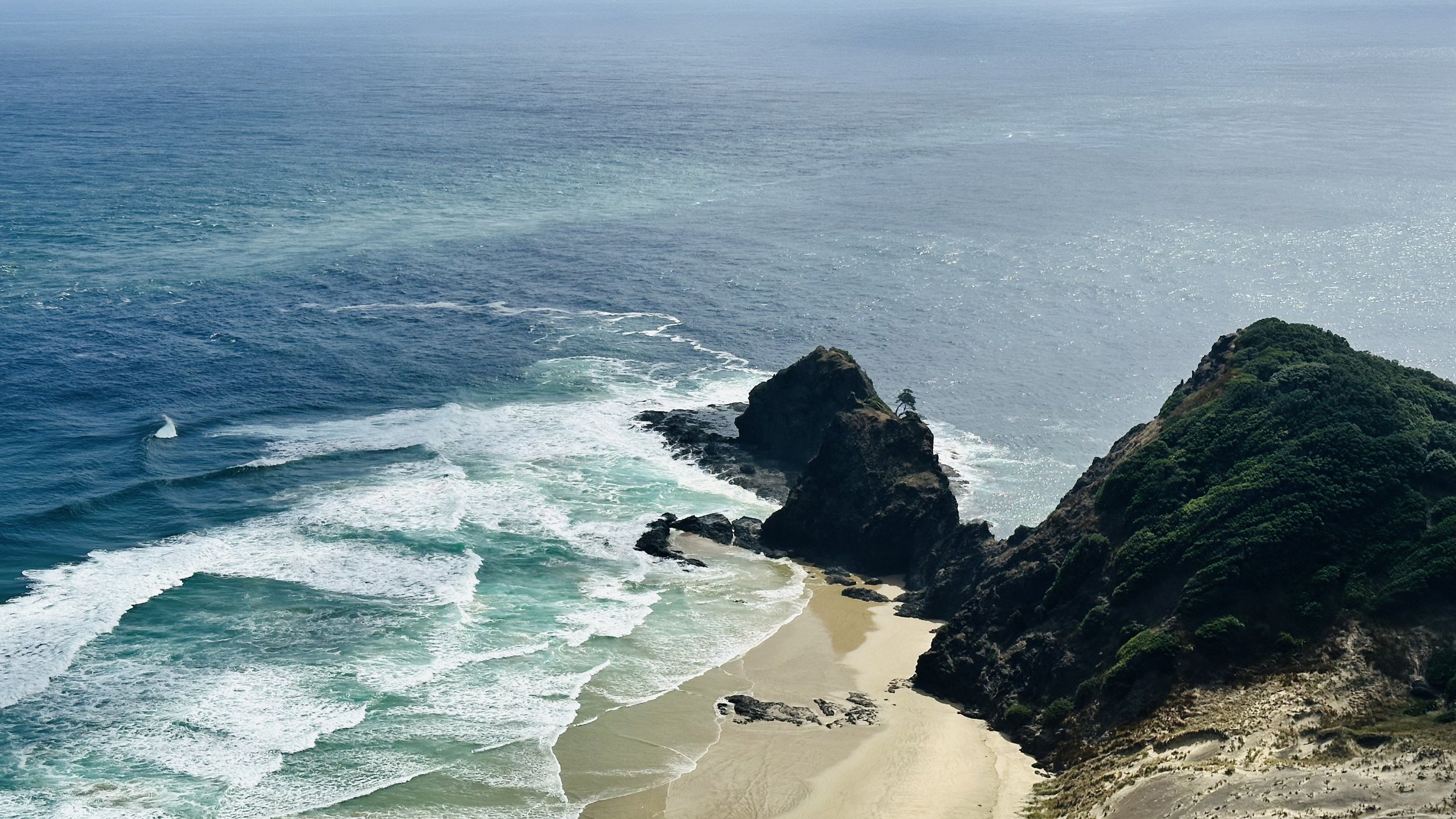
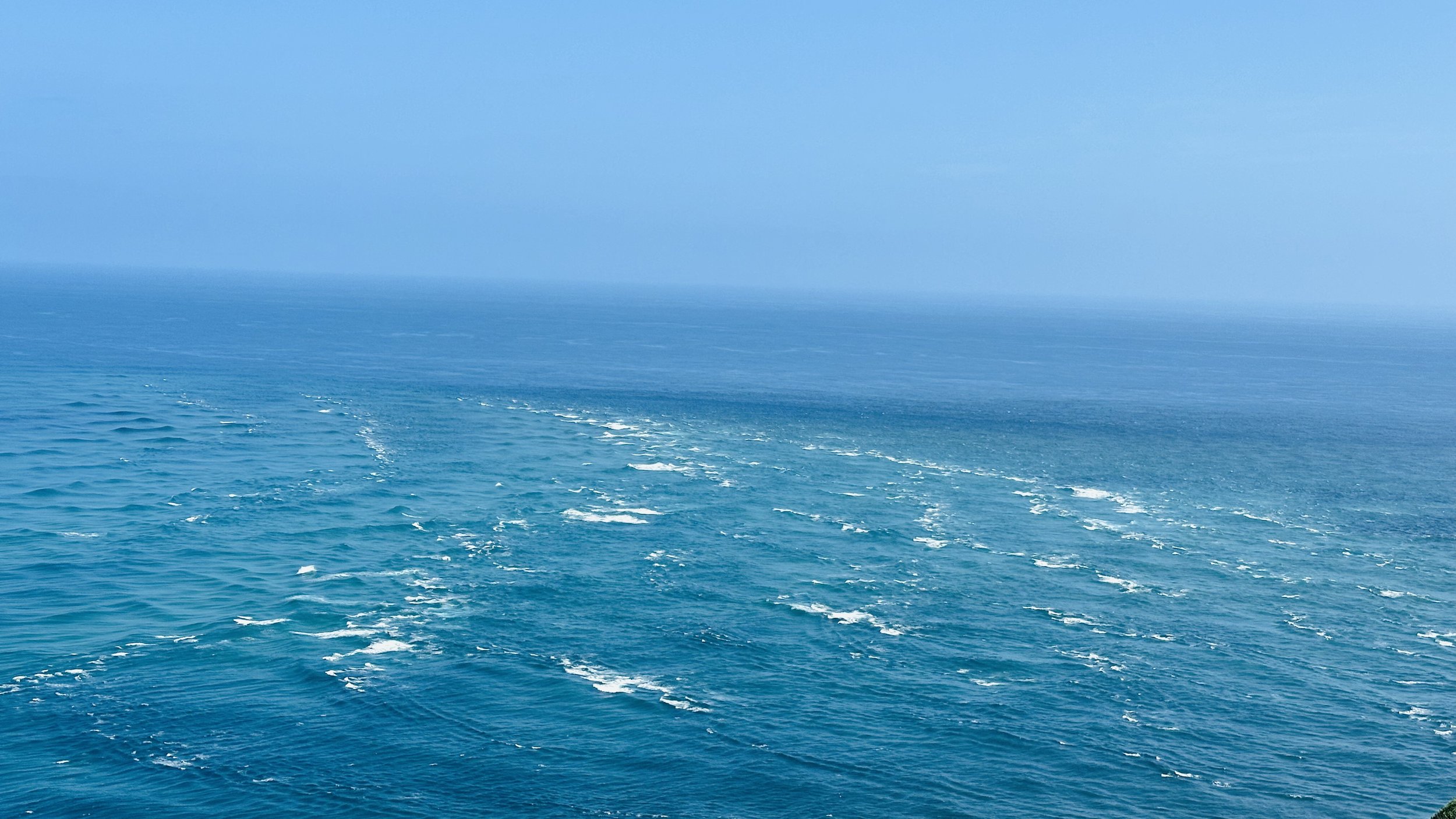

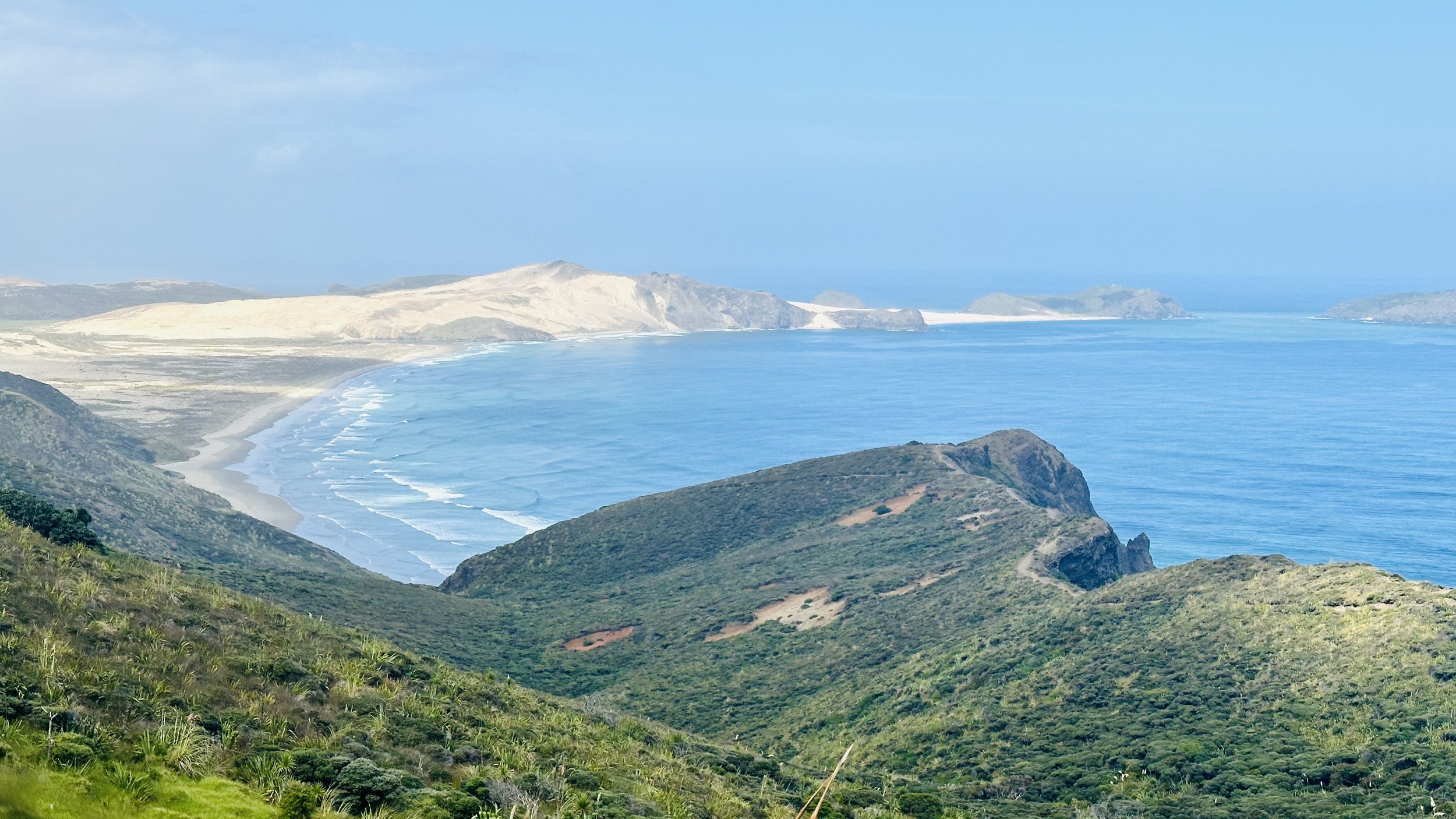
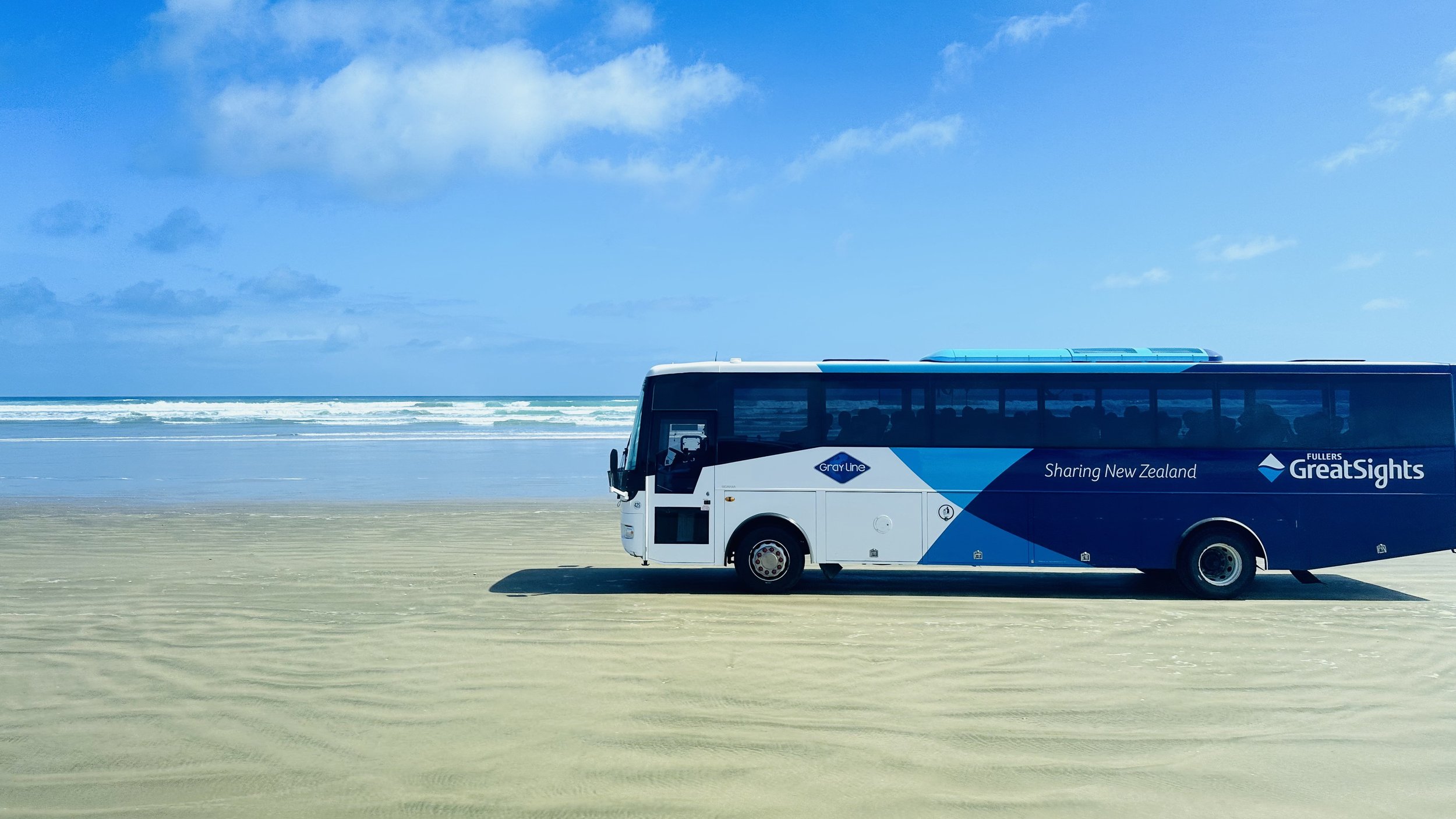
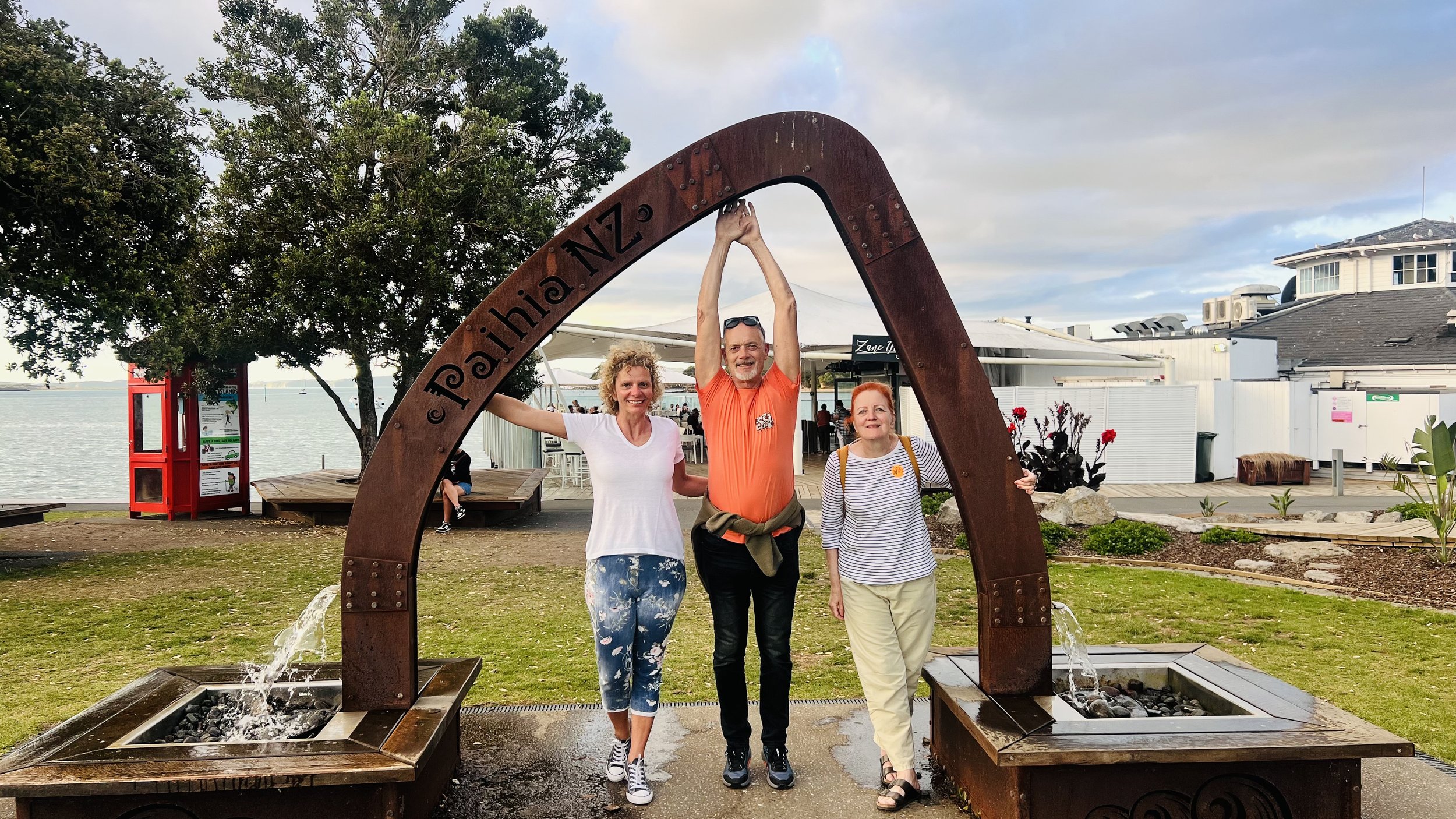

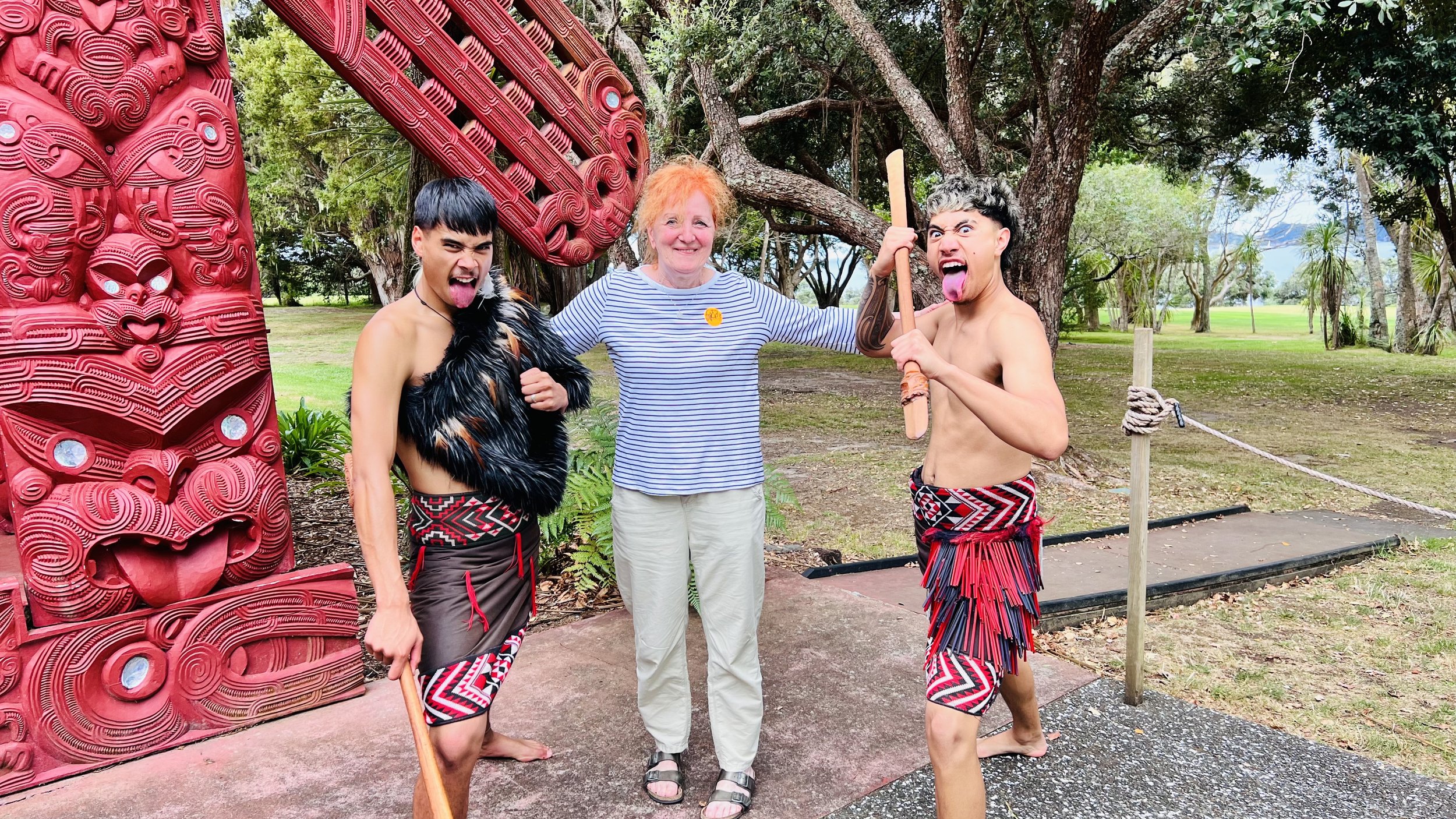
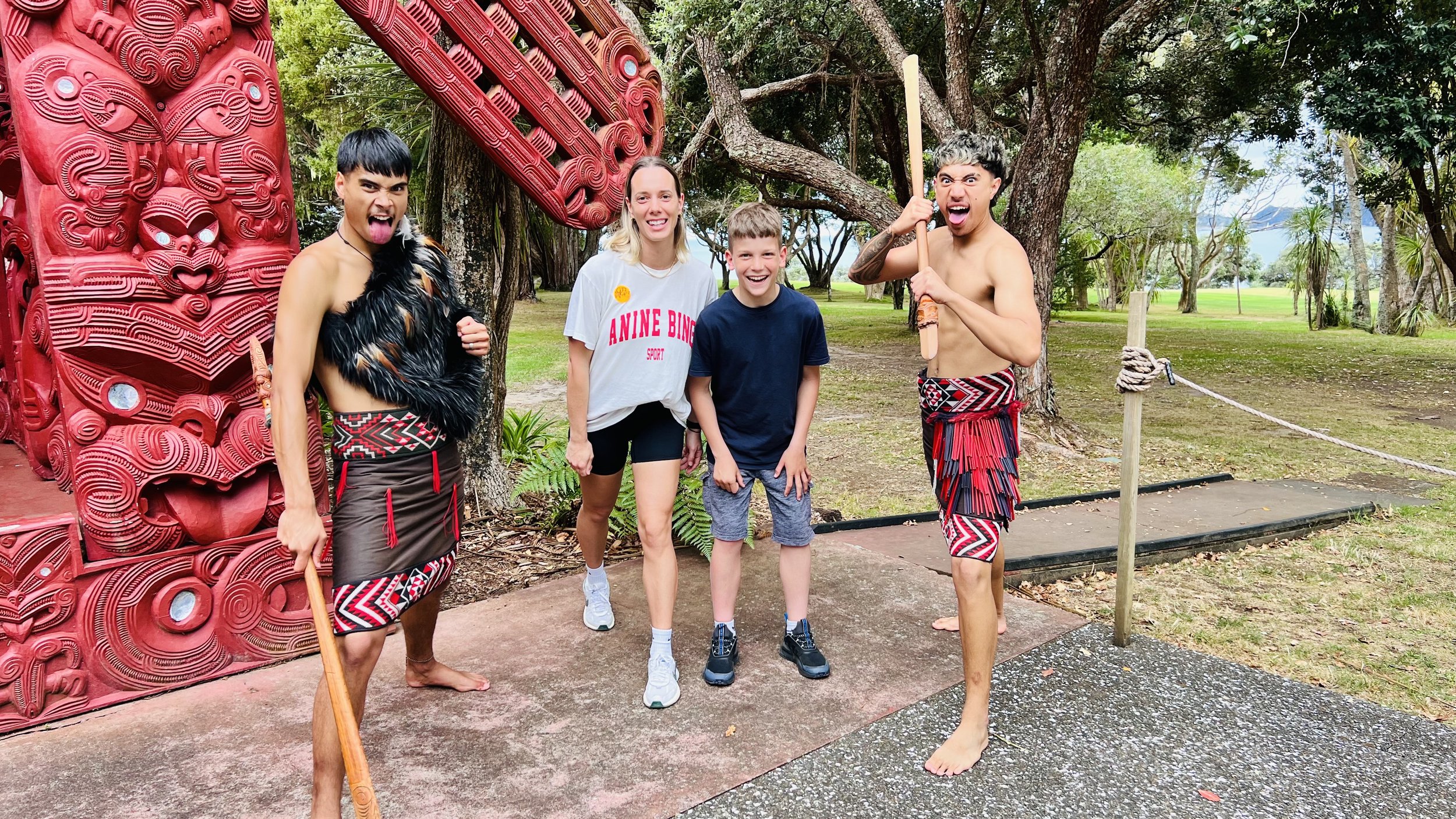
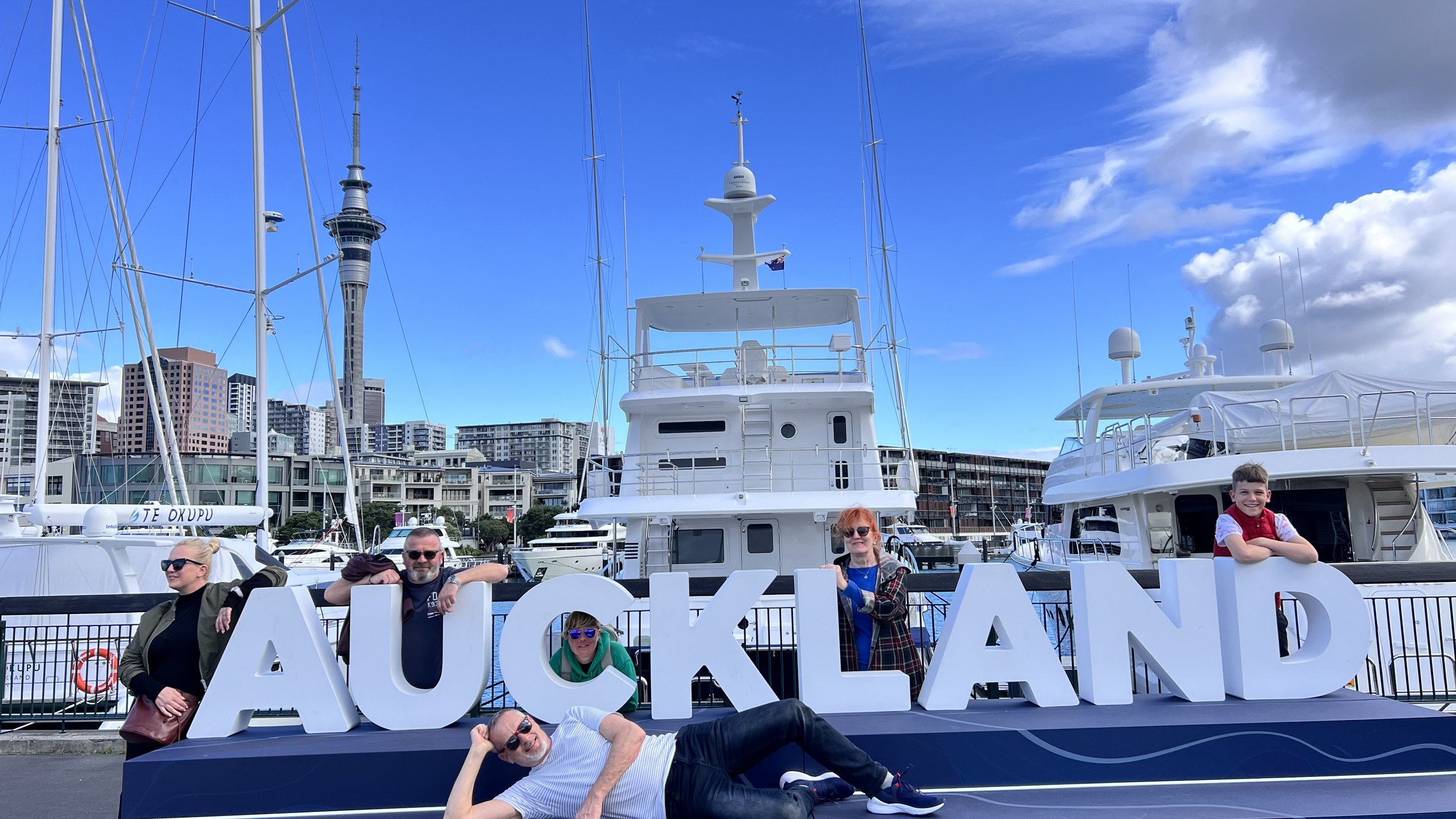
SOUTH ISLAND PHOTO ALBUM





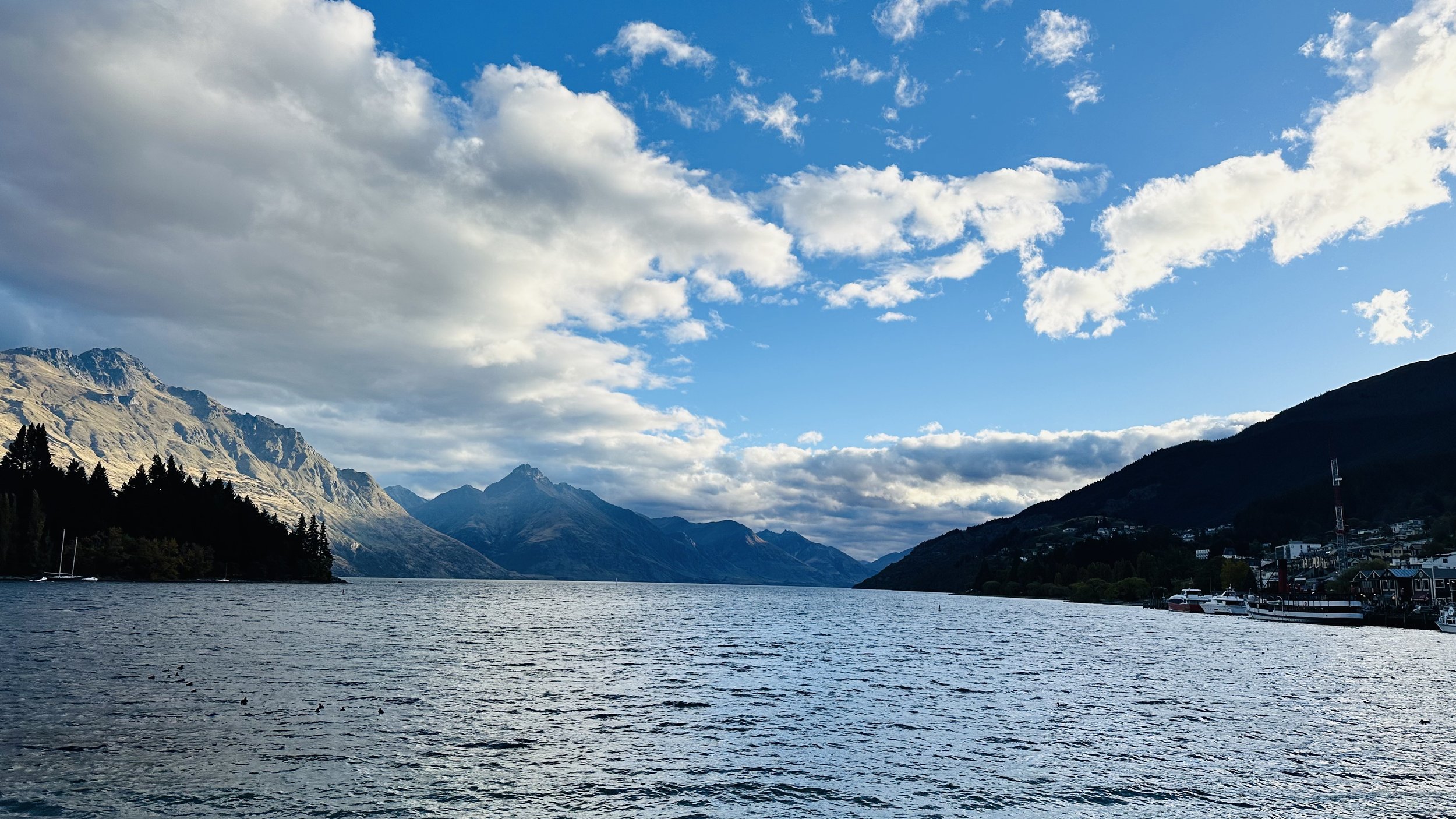

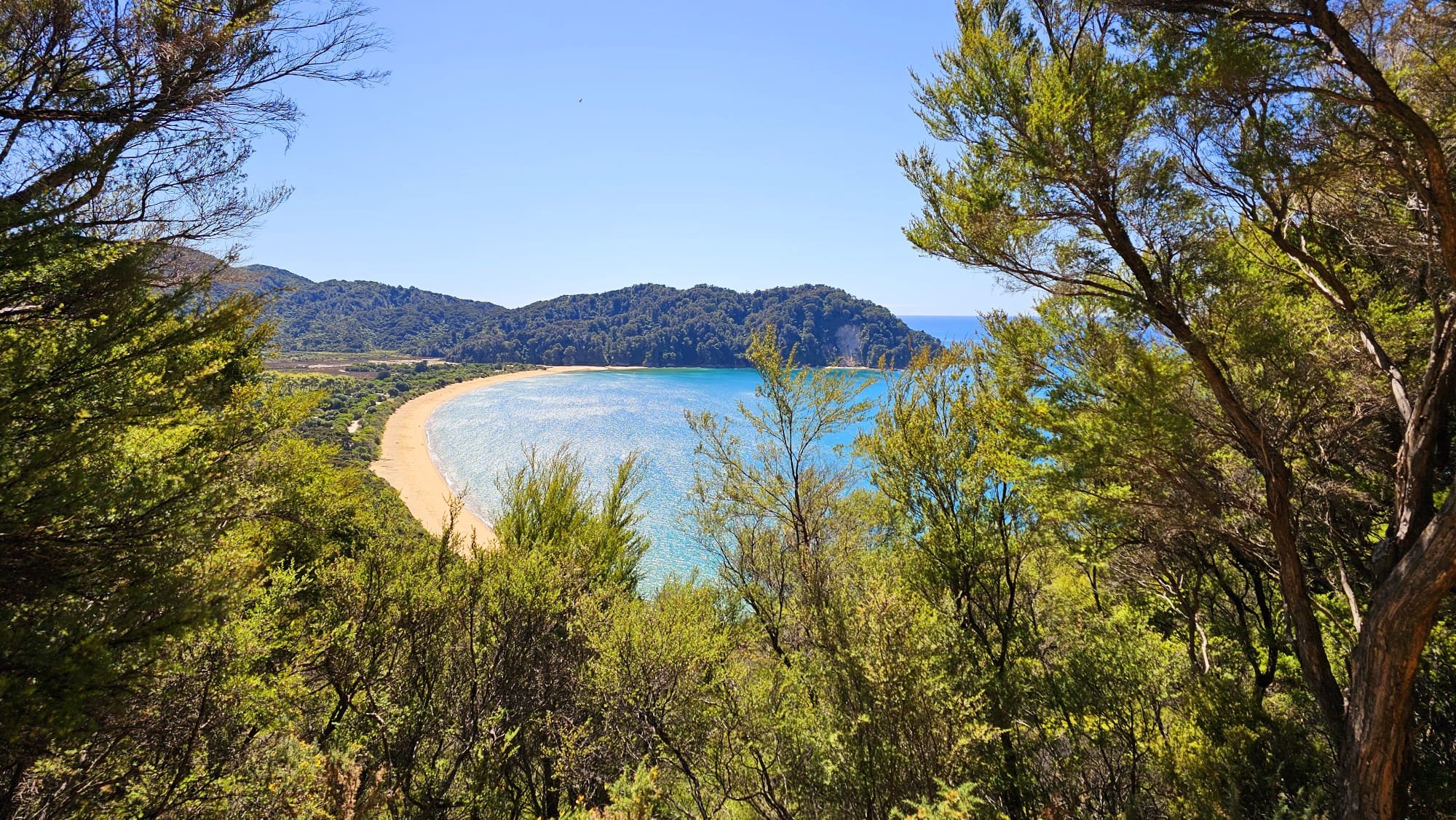



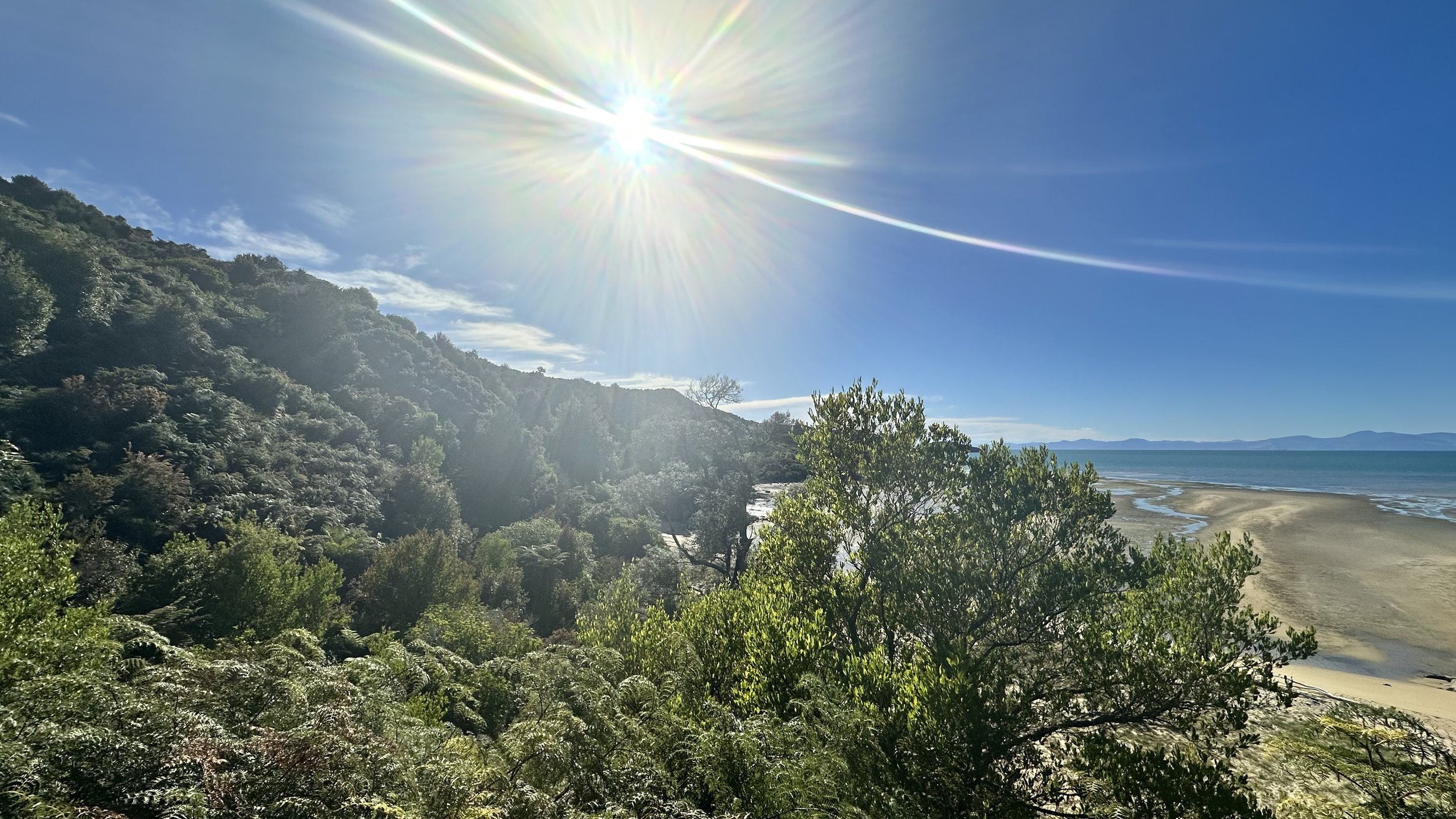
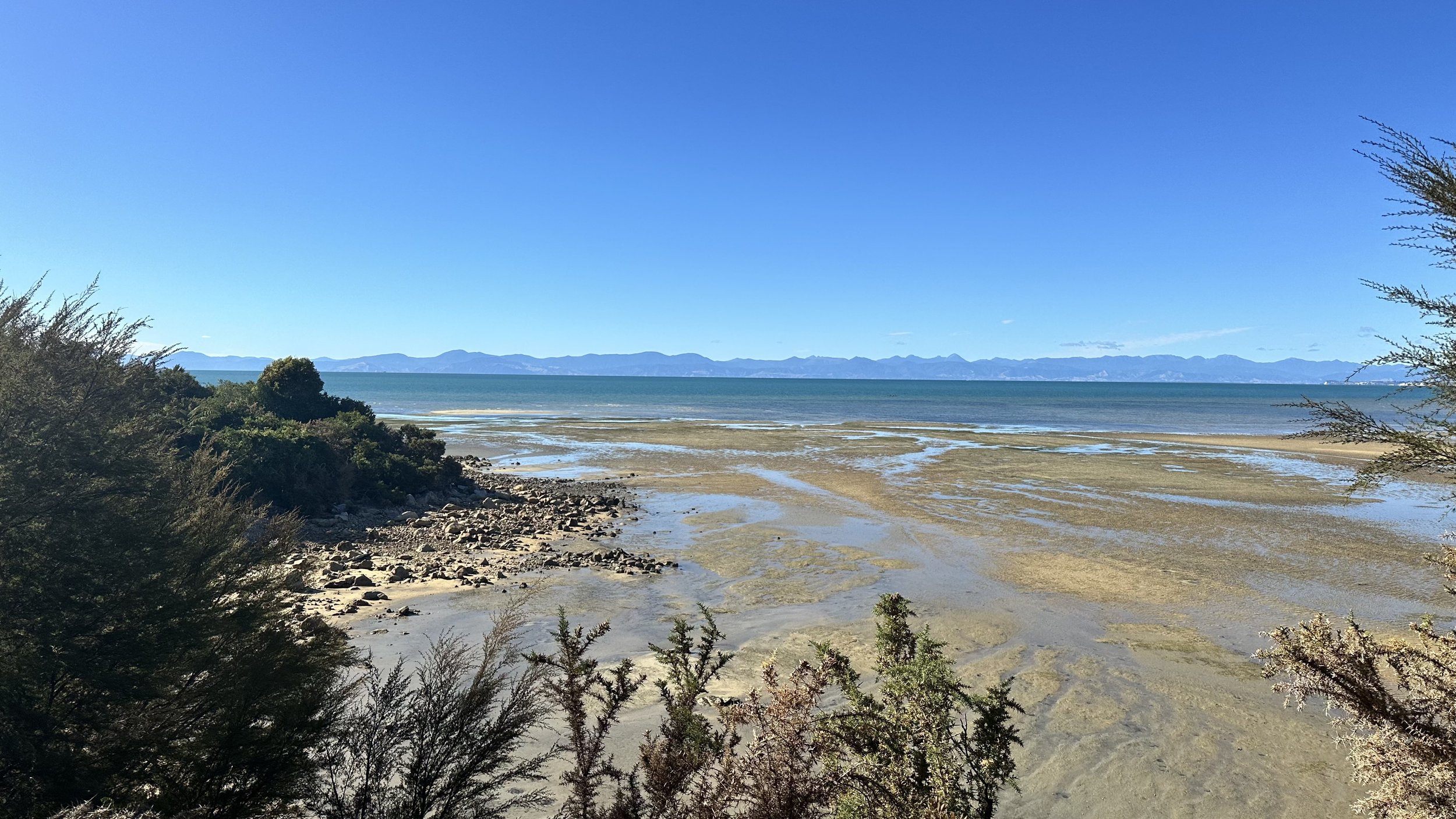
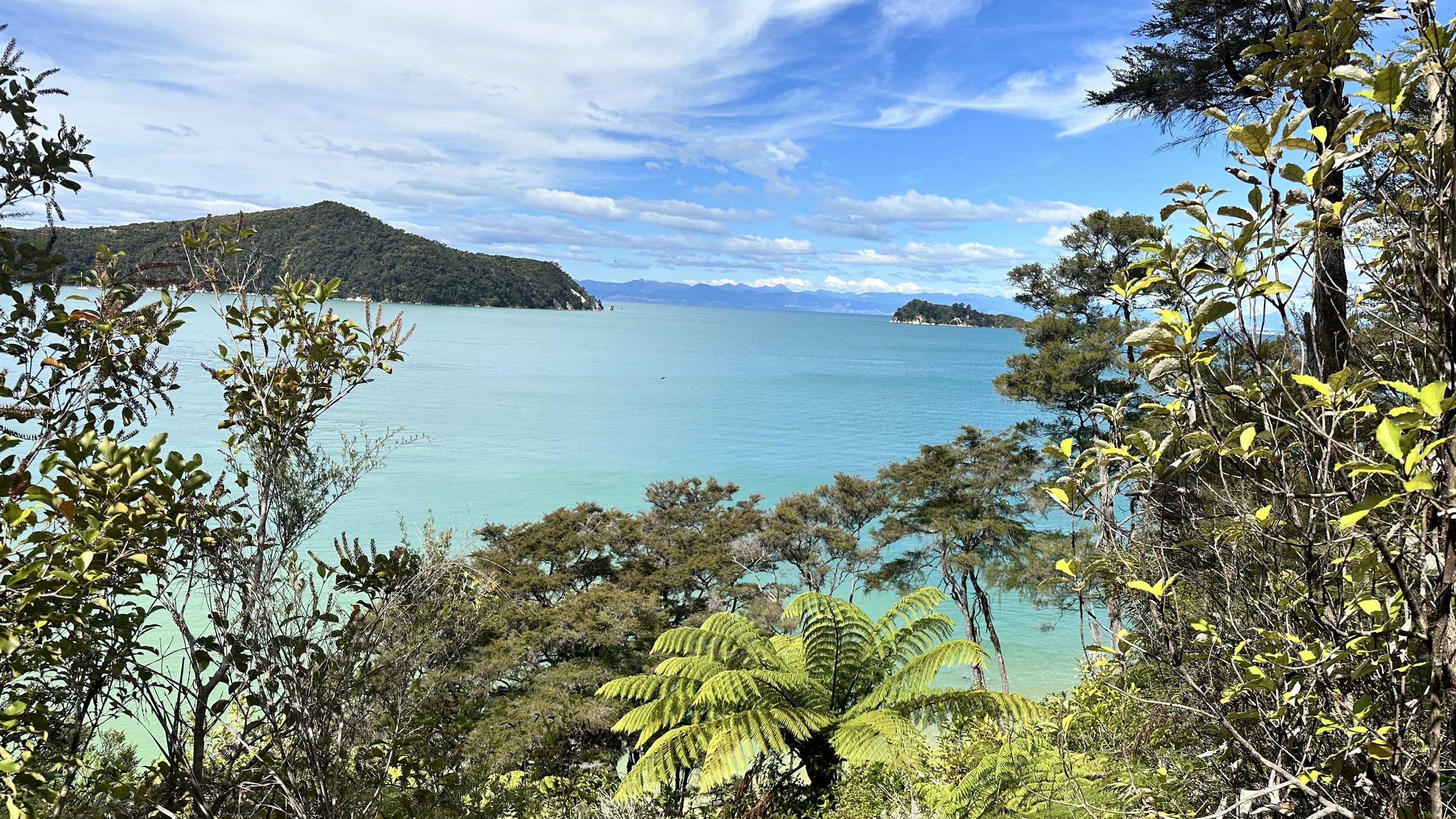

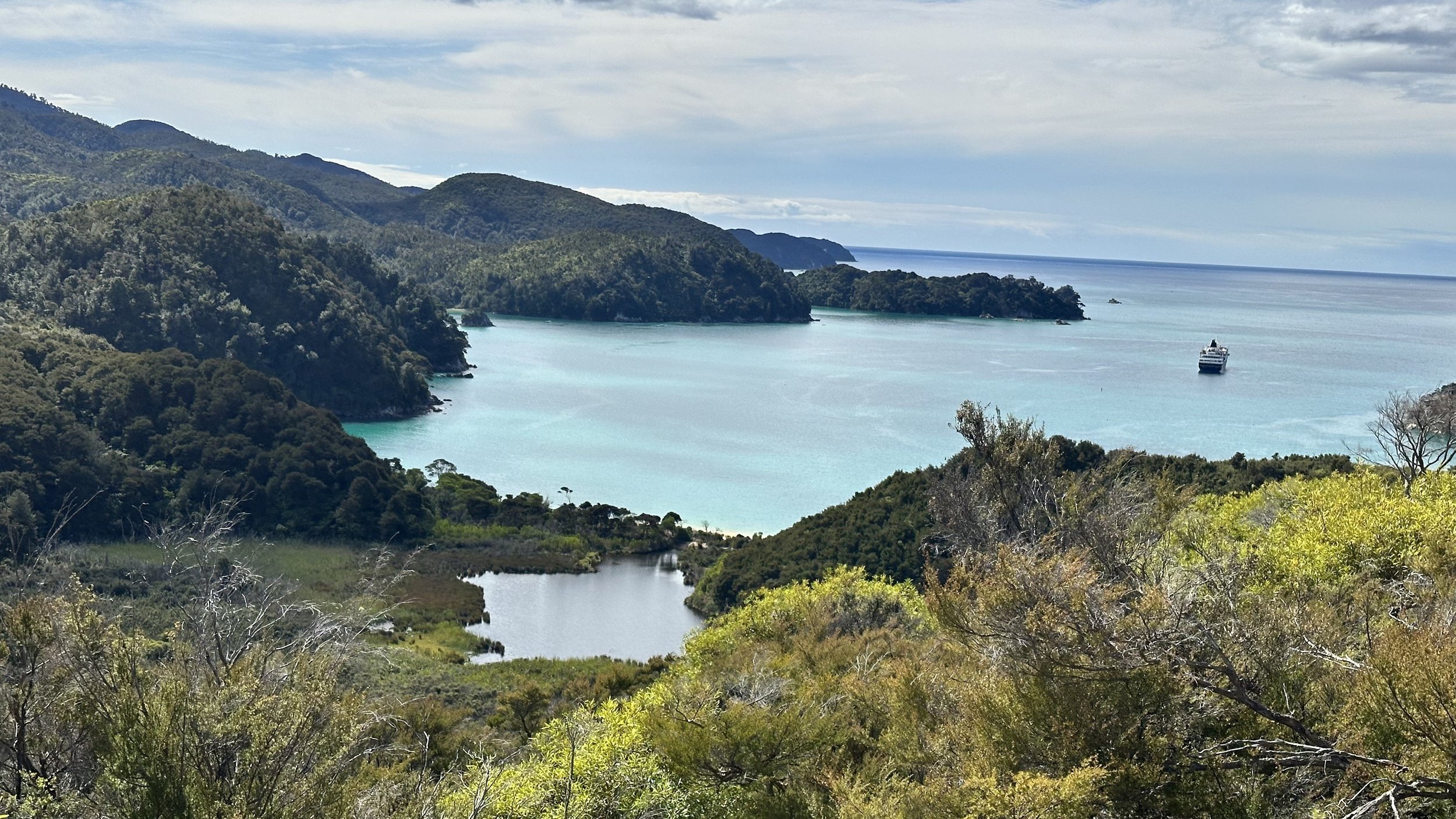
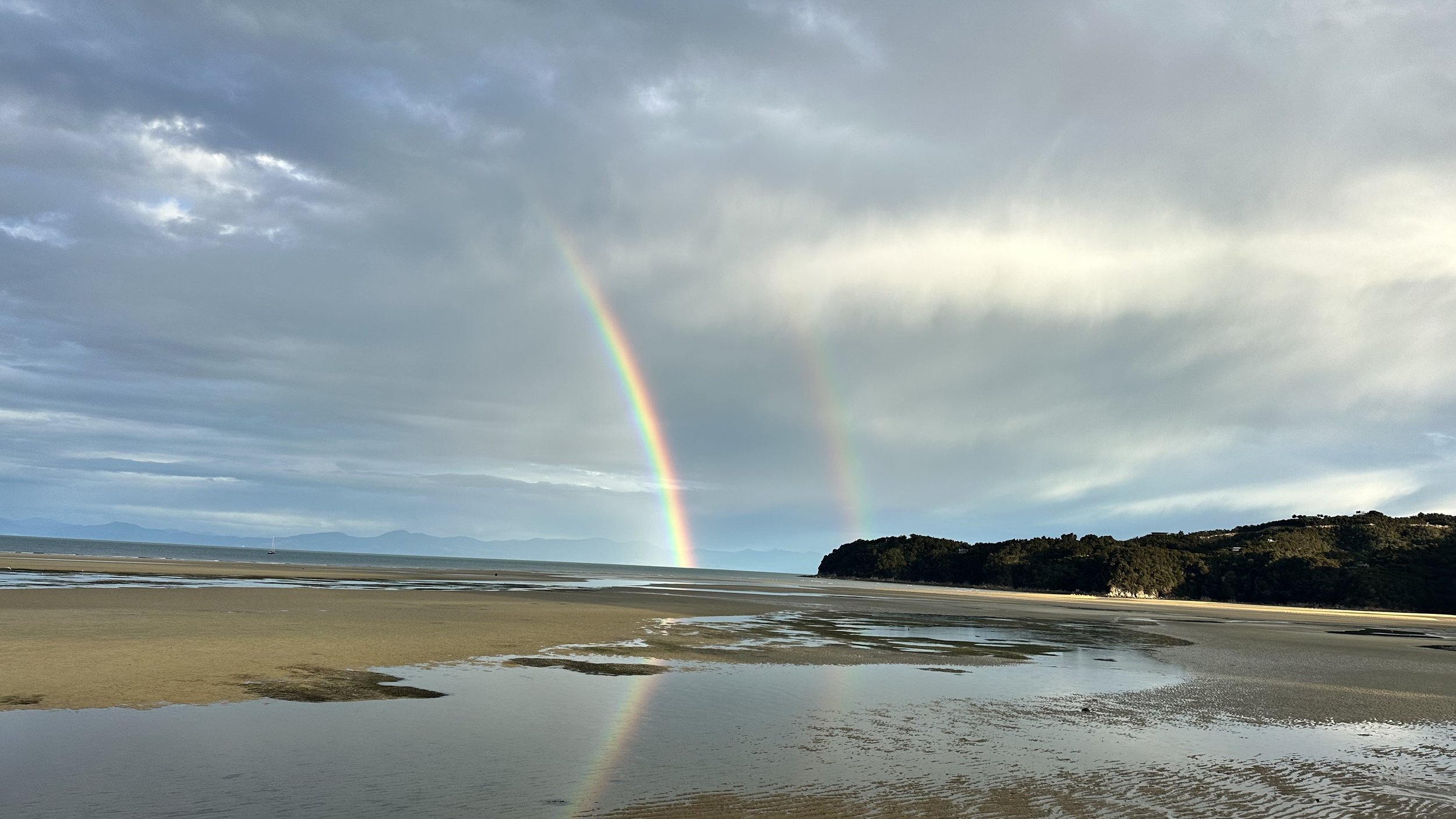

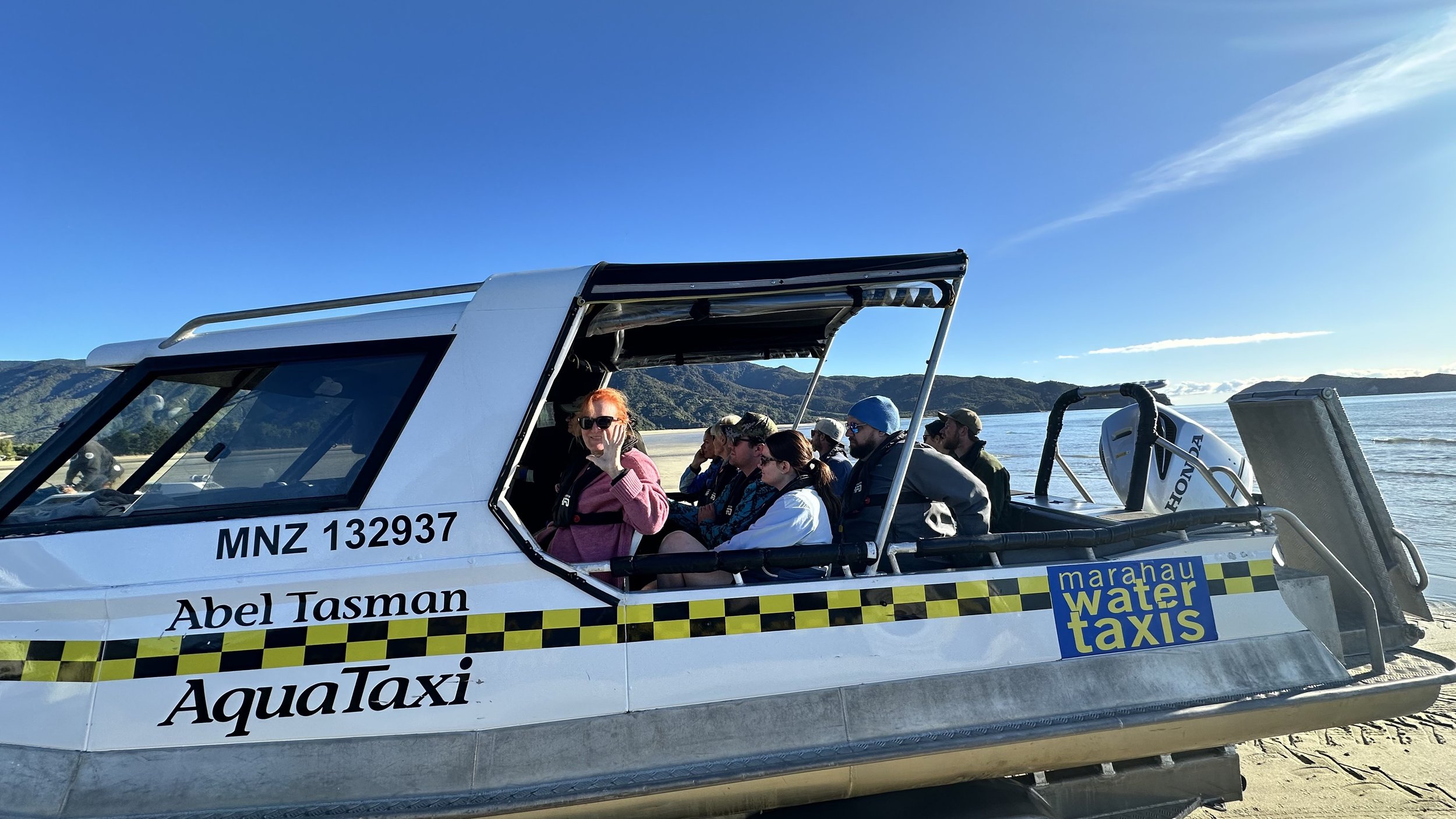
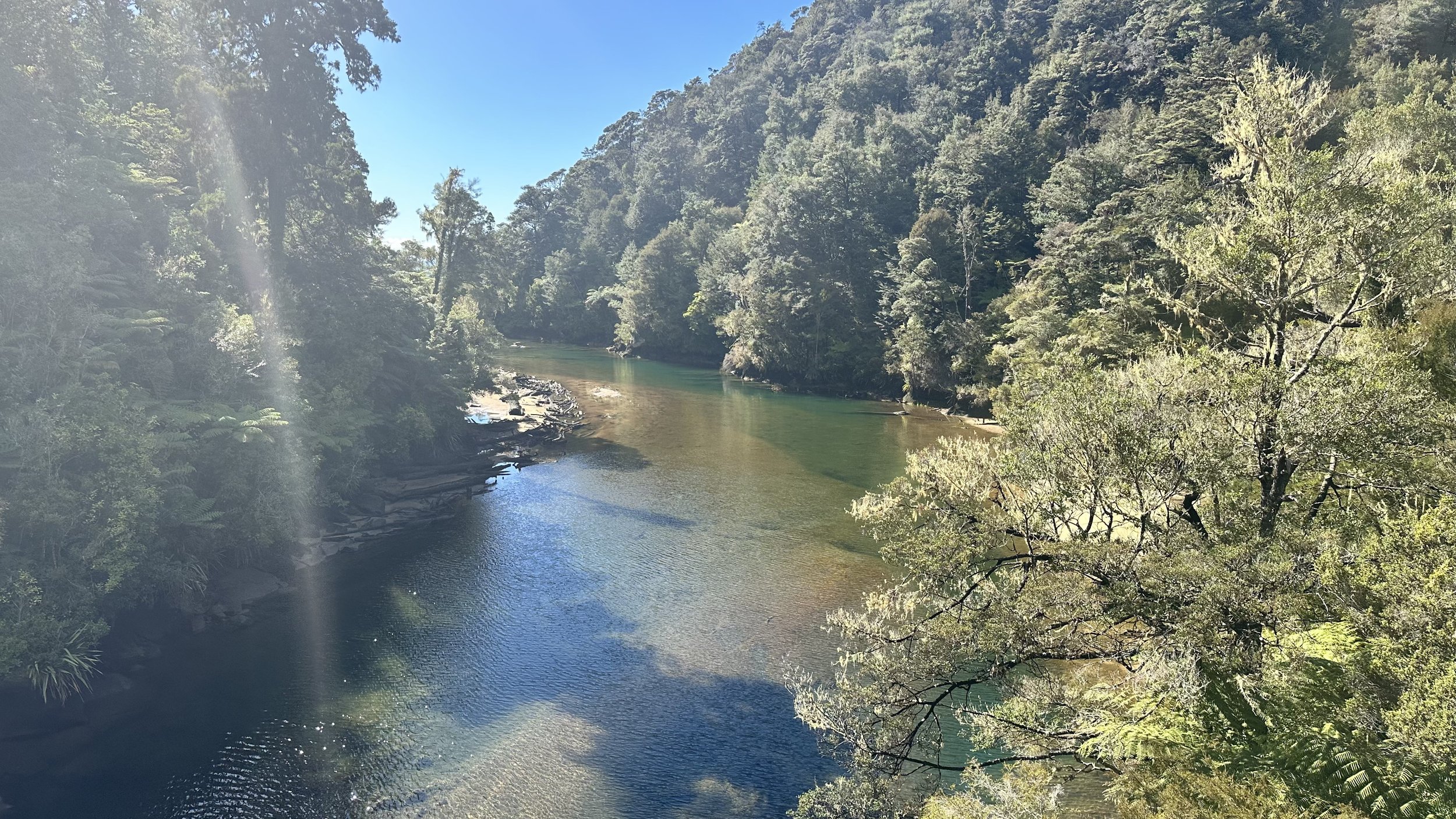
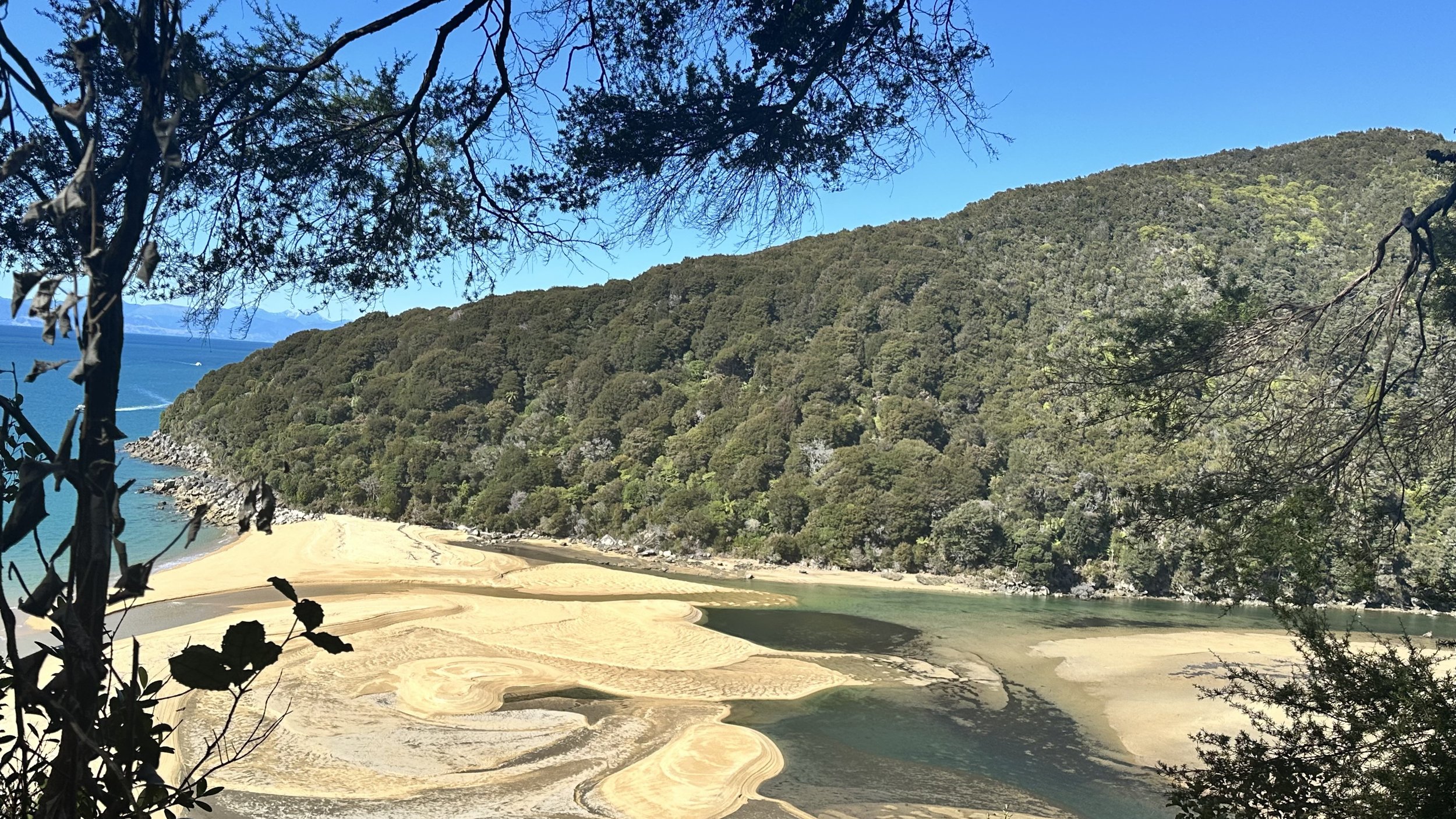
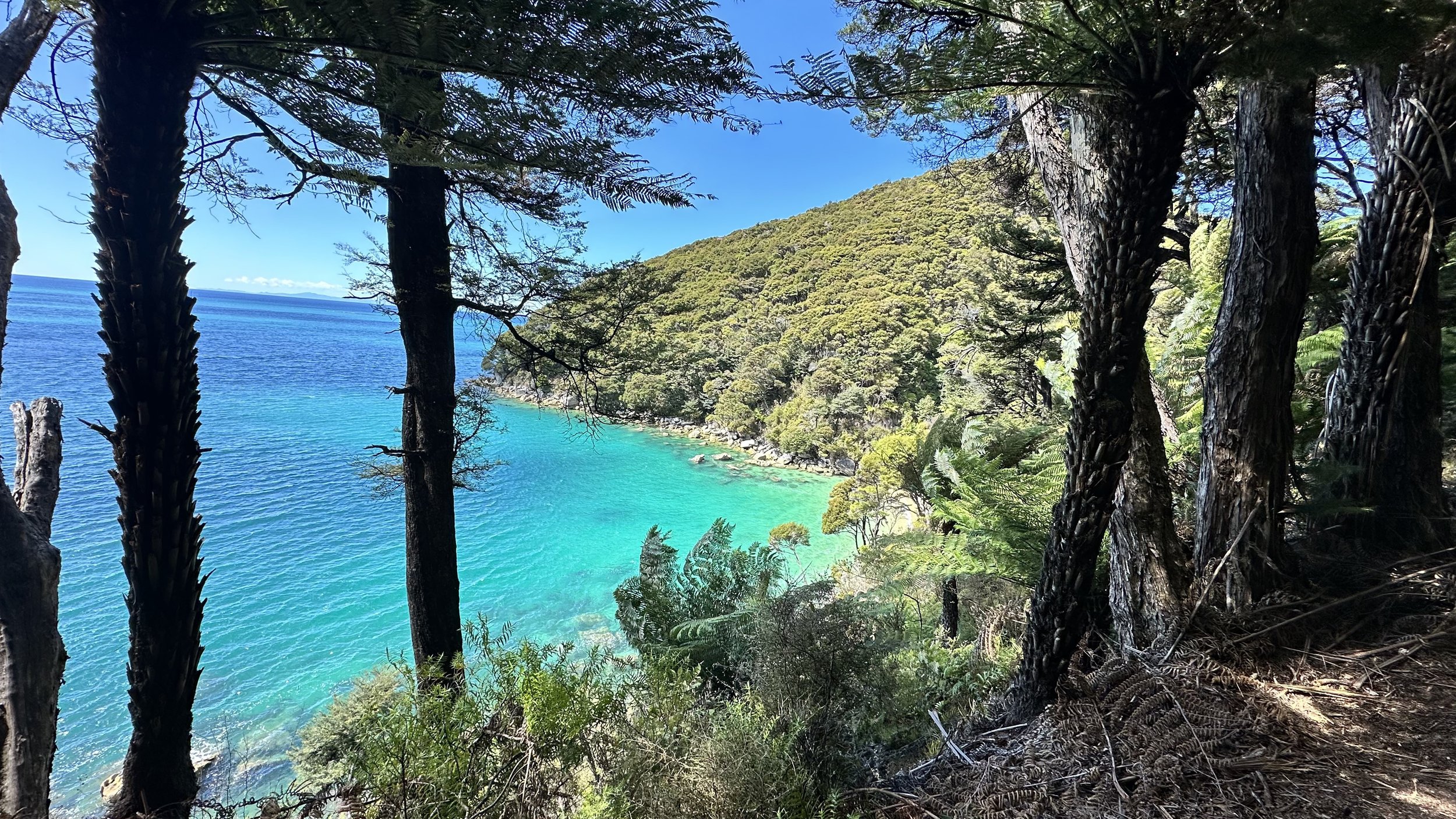
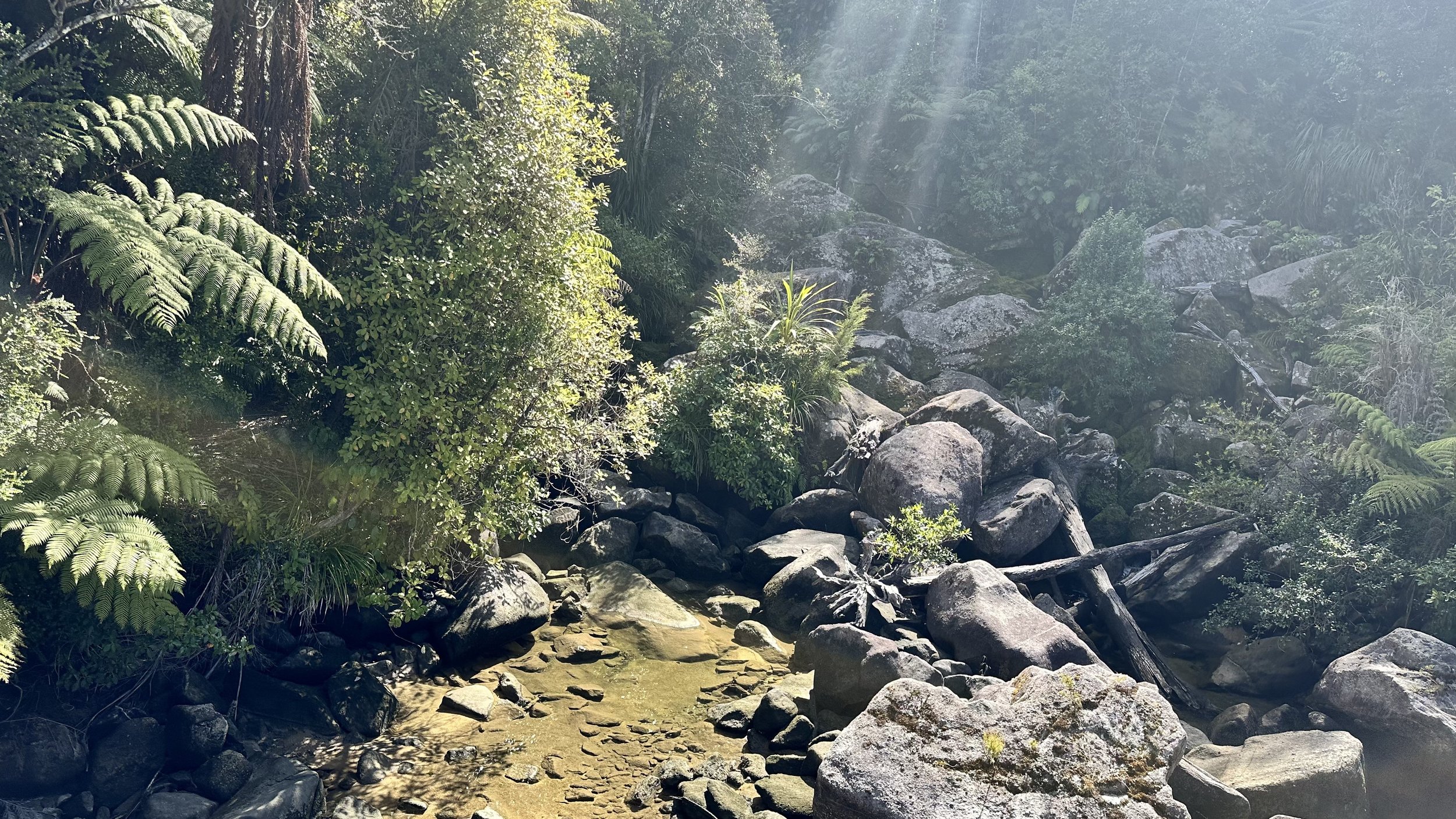


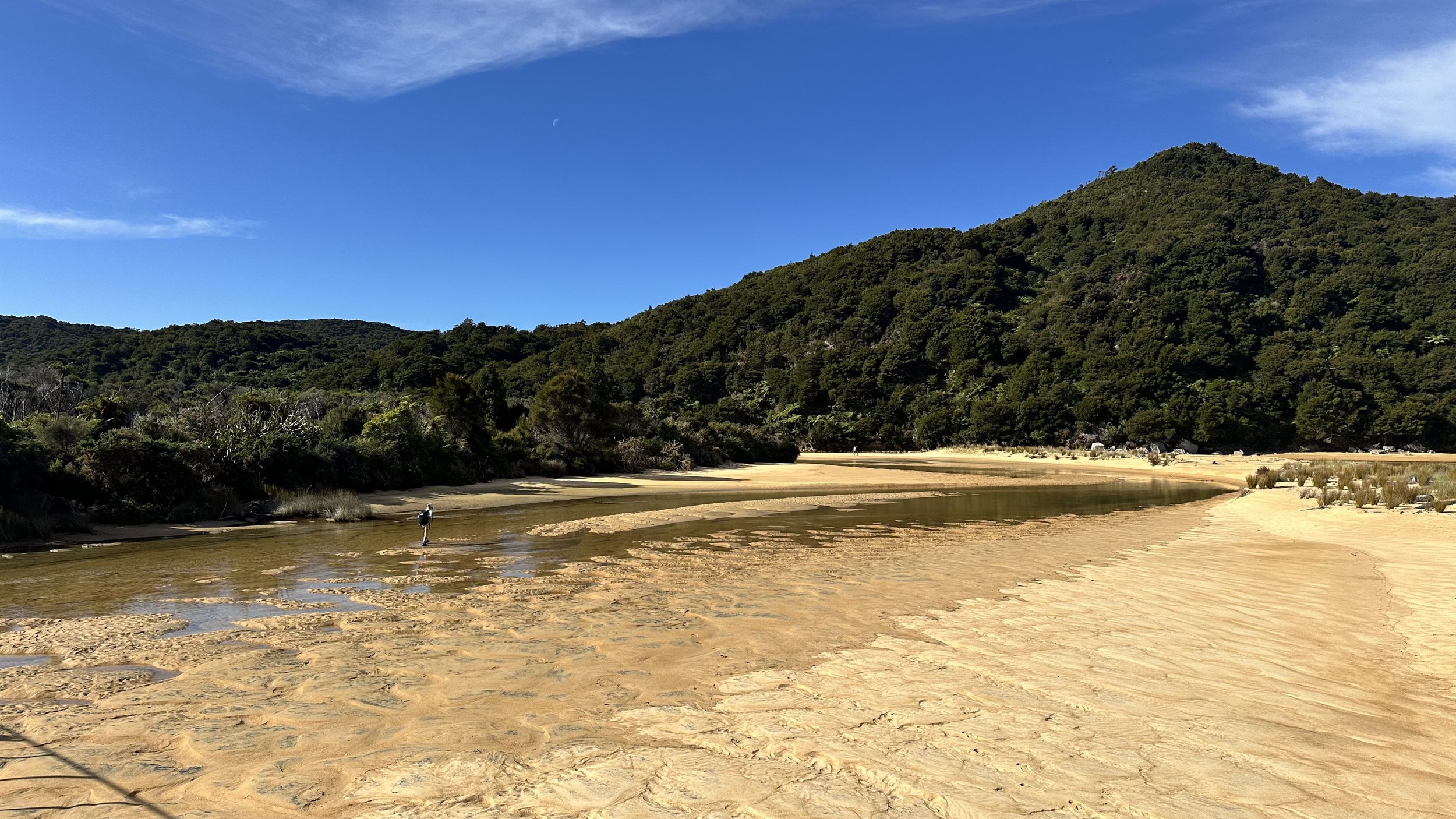
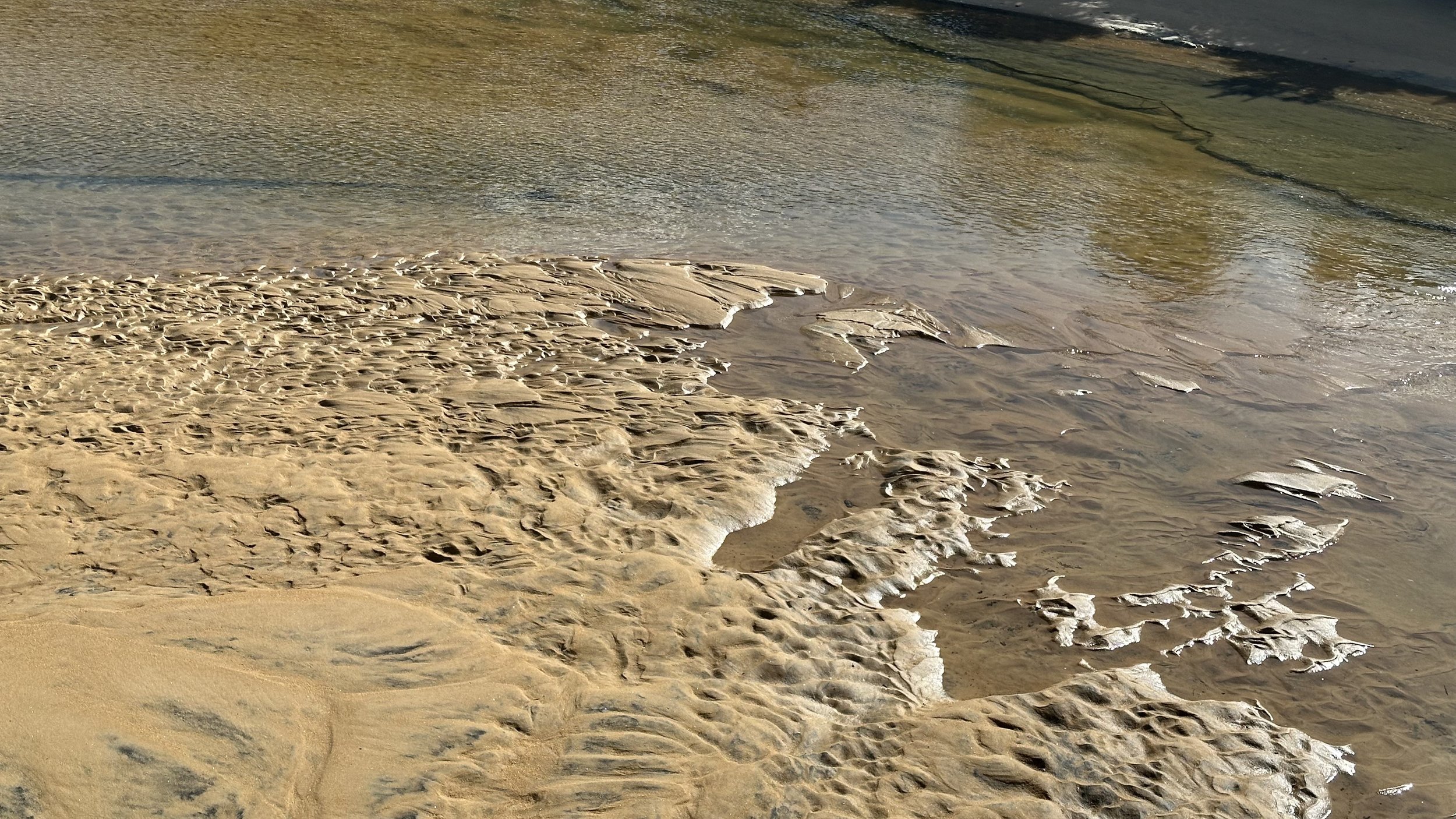
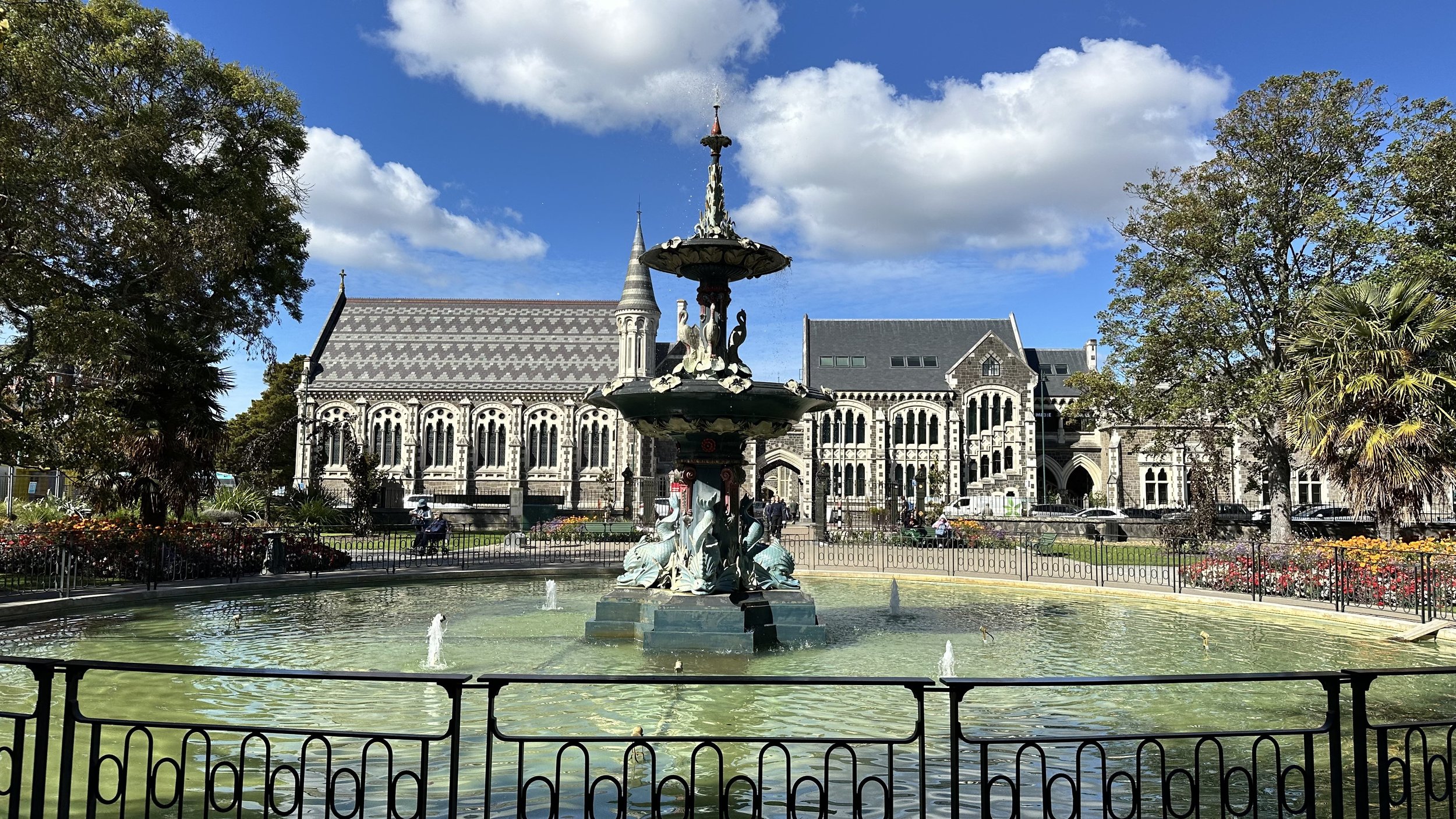
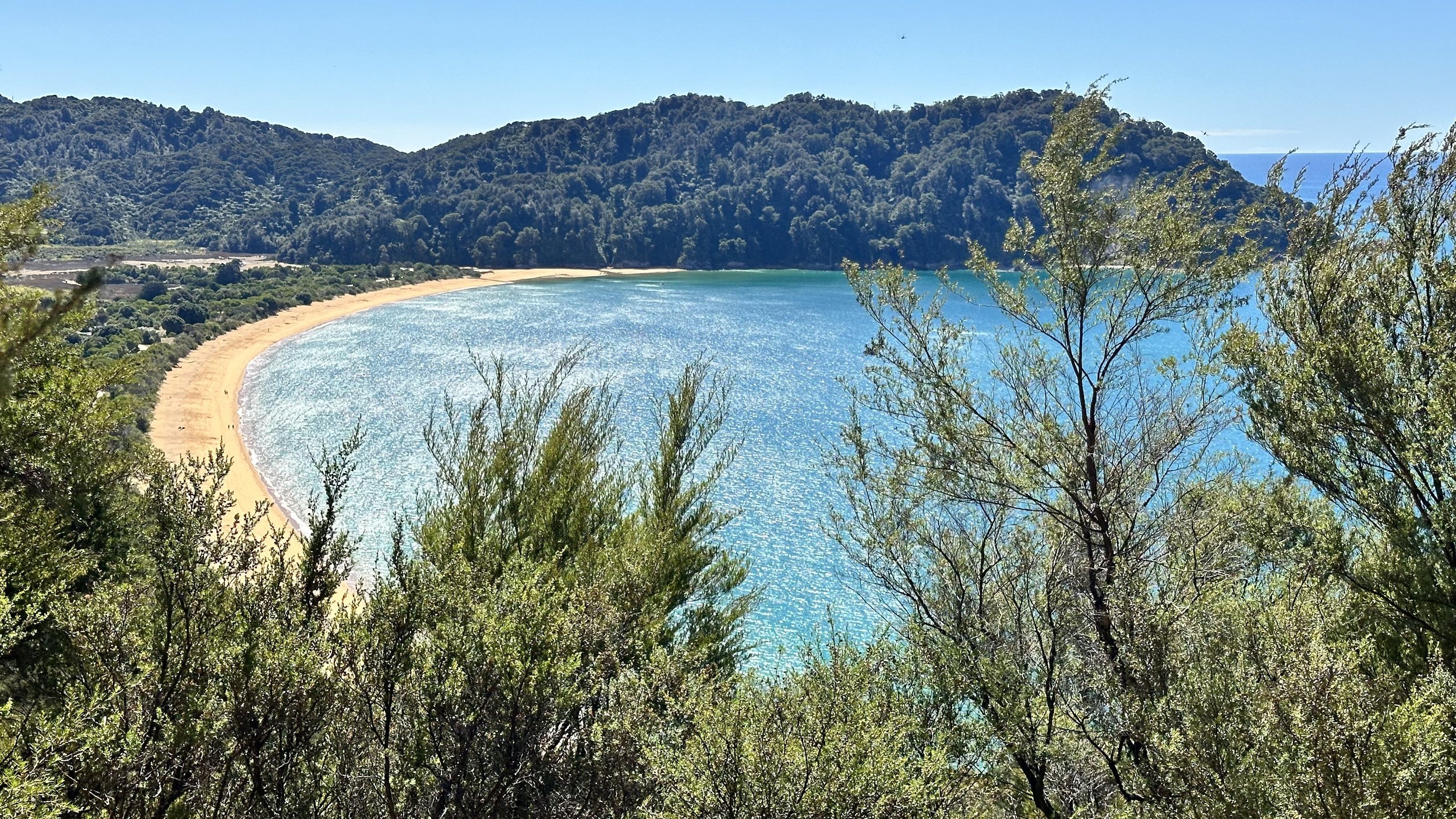
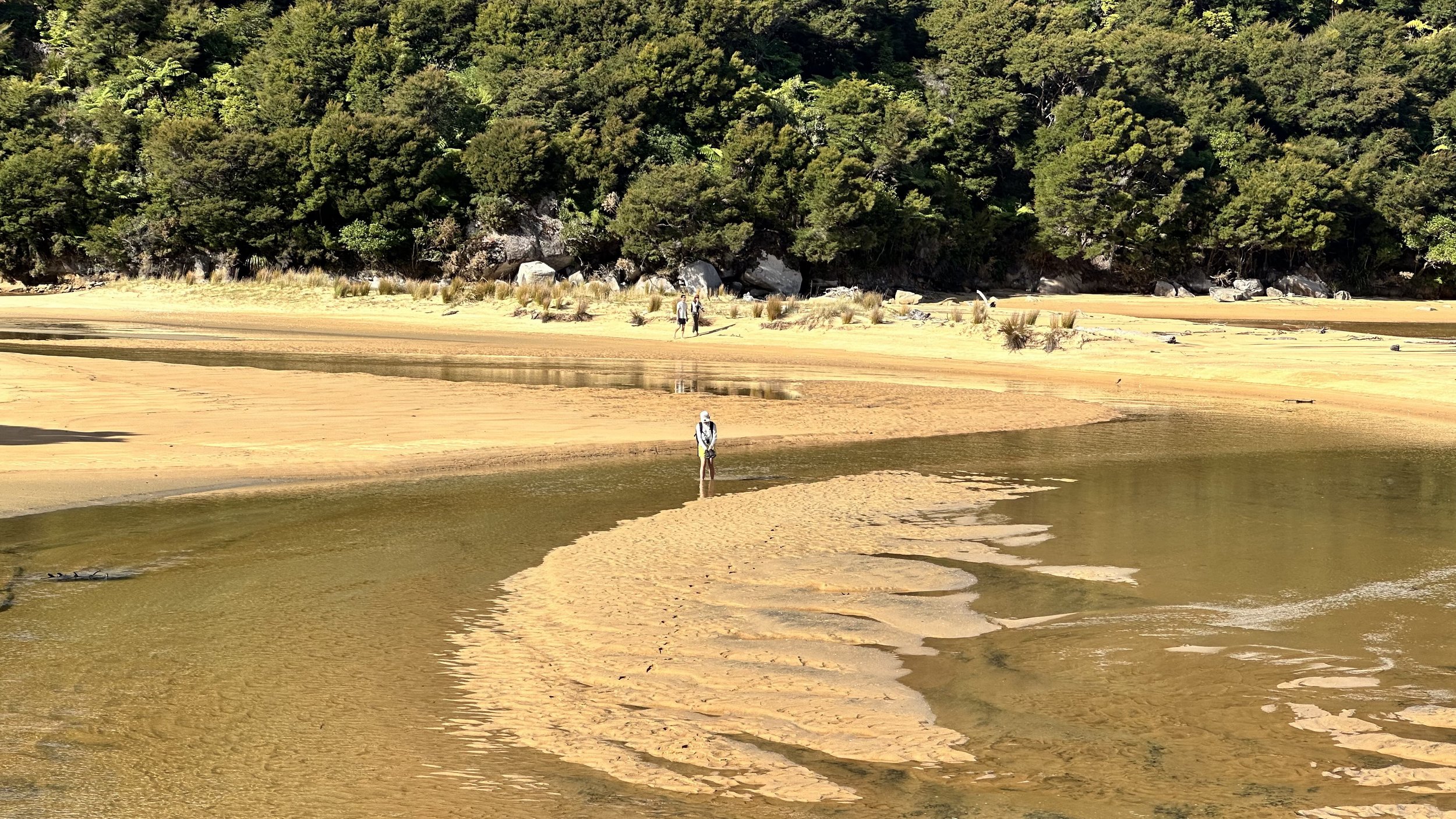
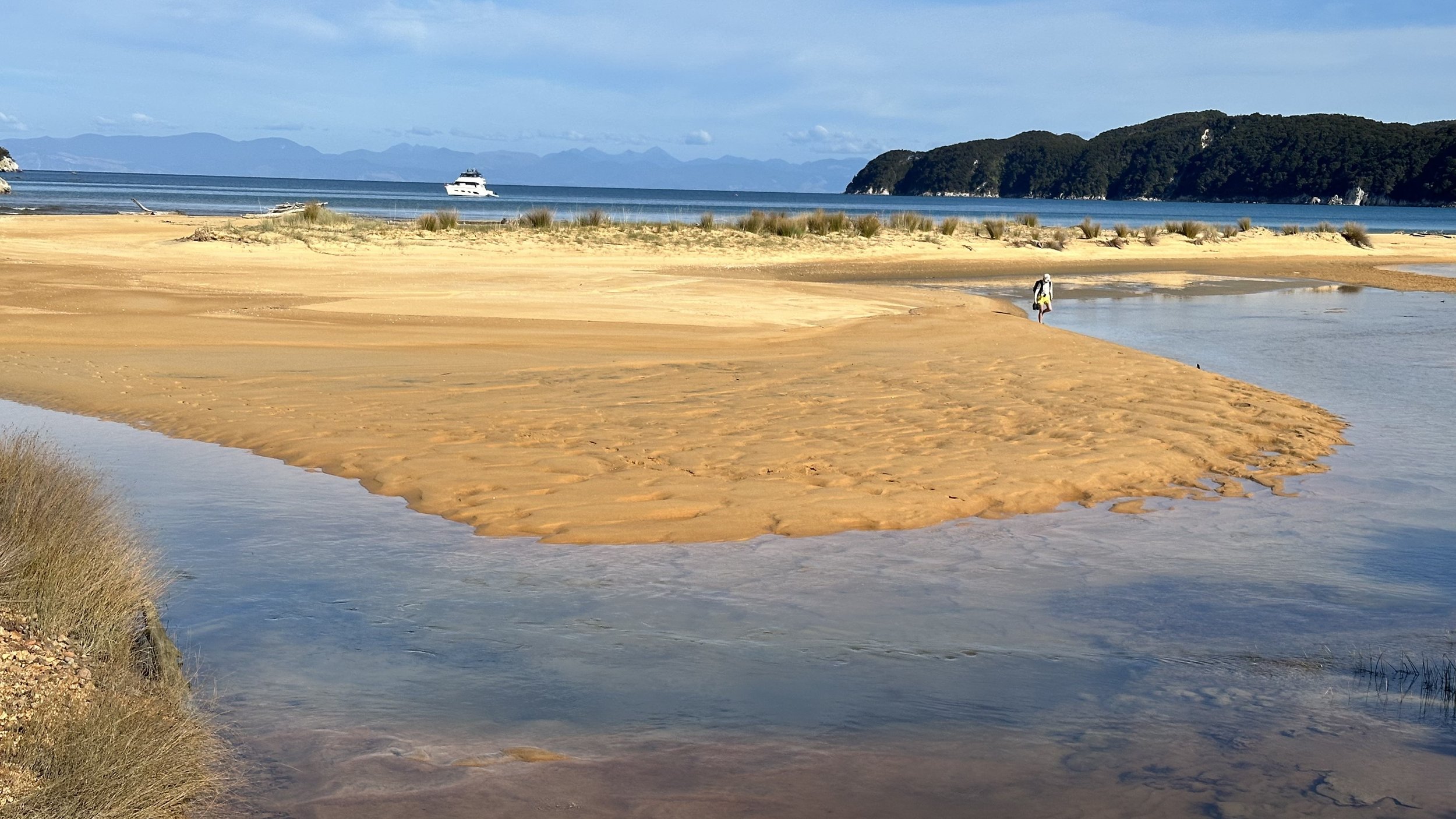
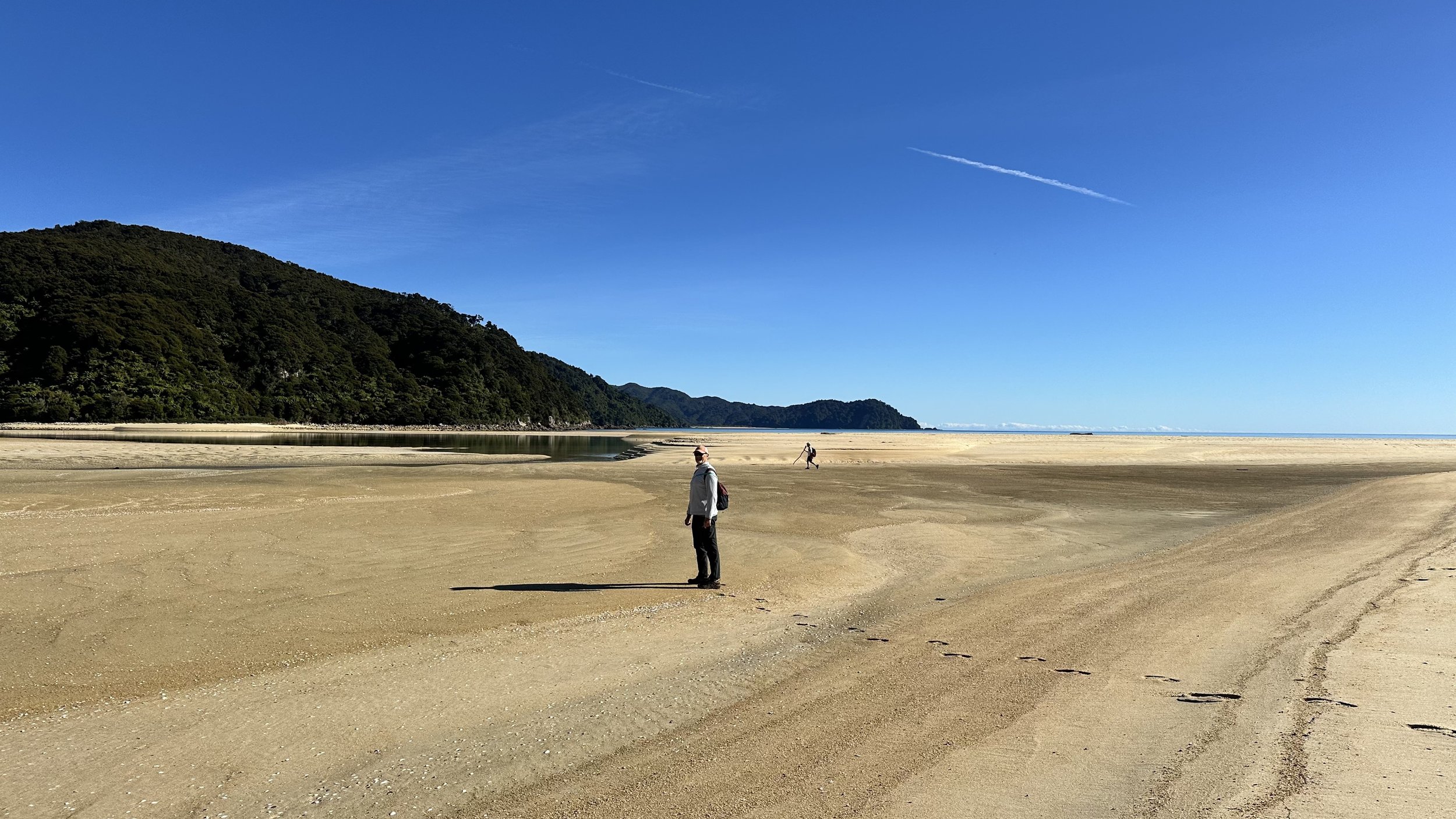
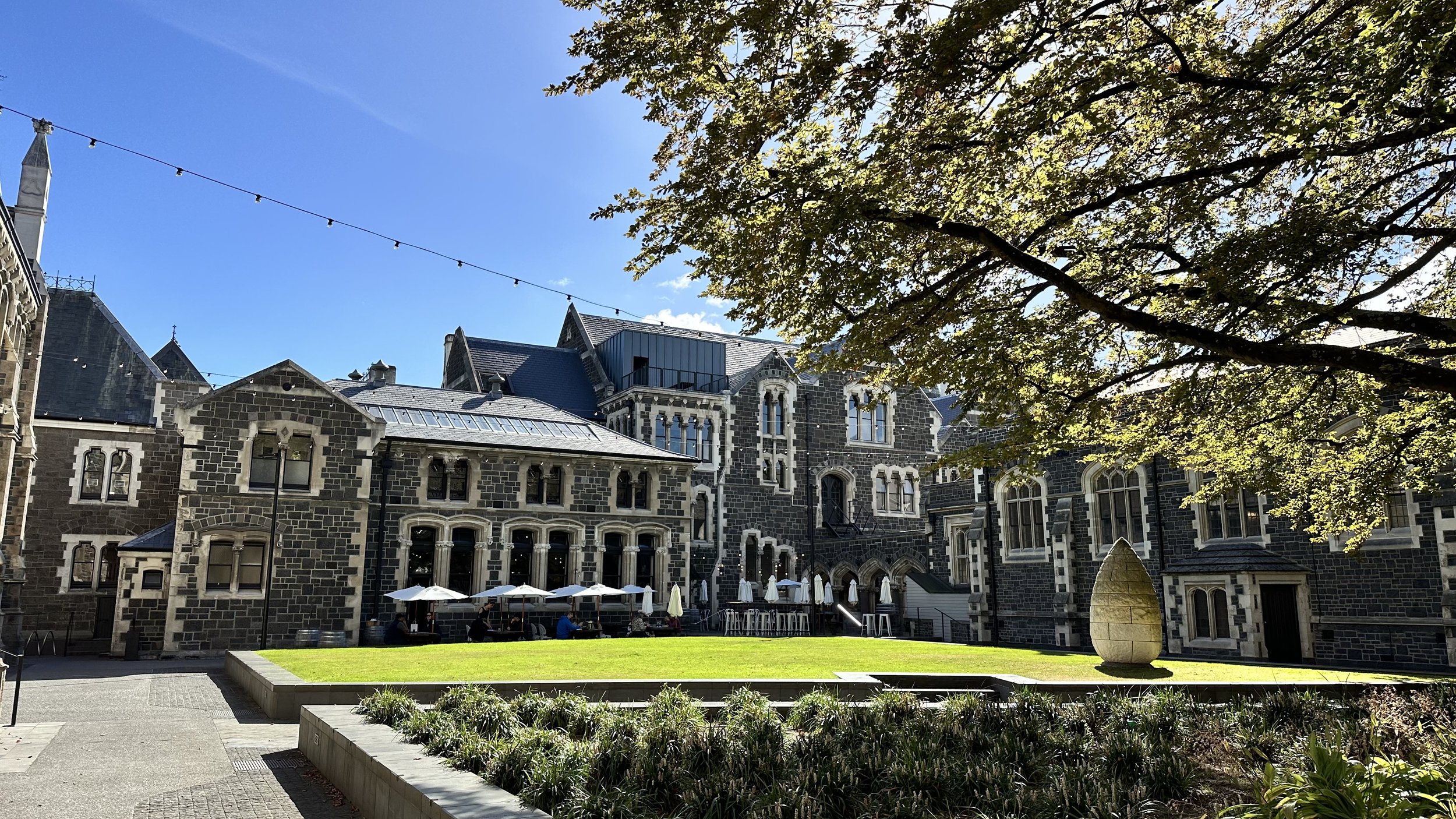
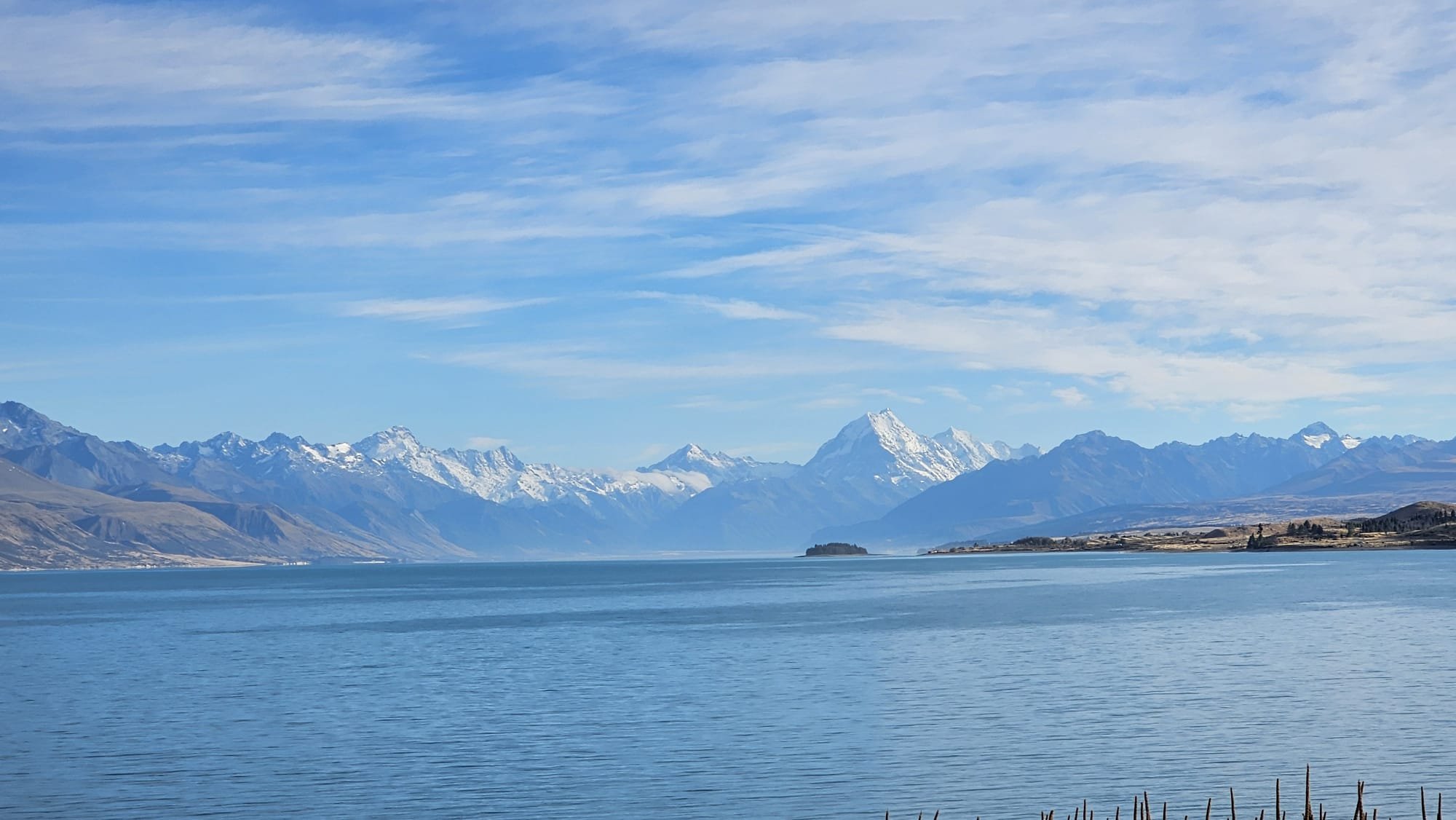

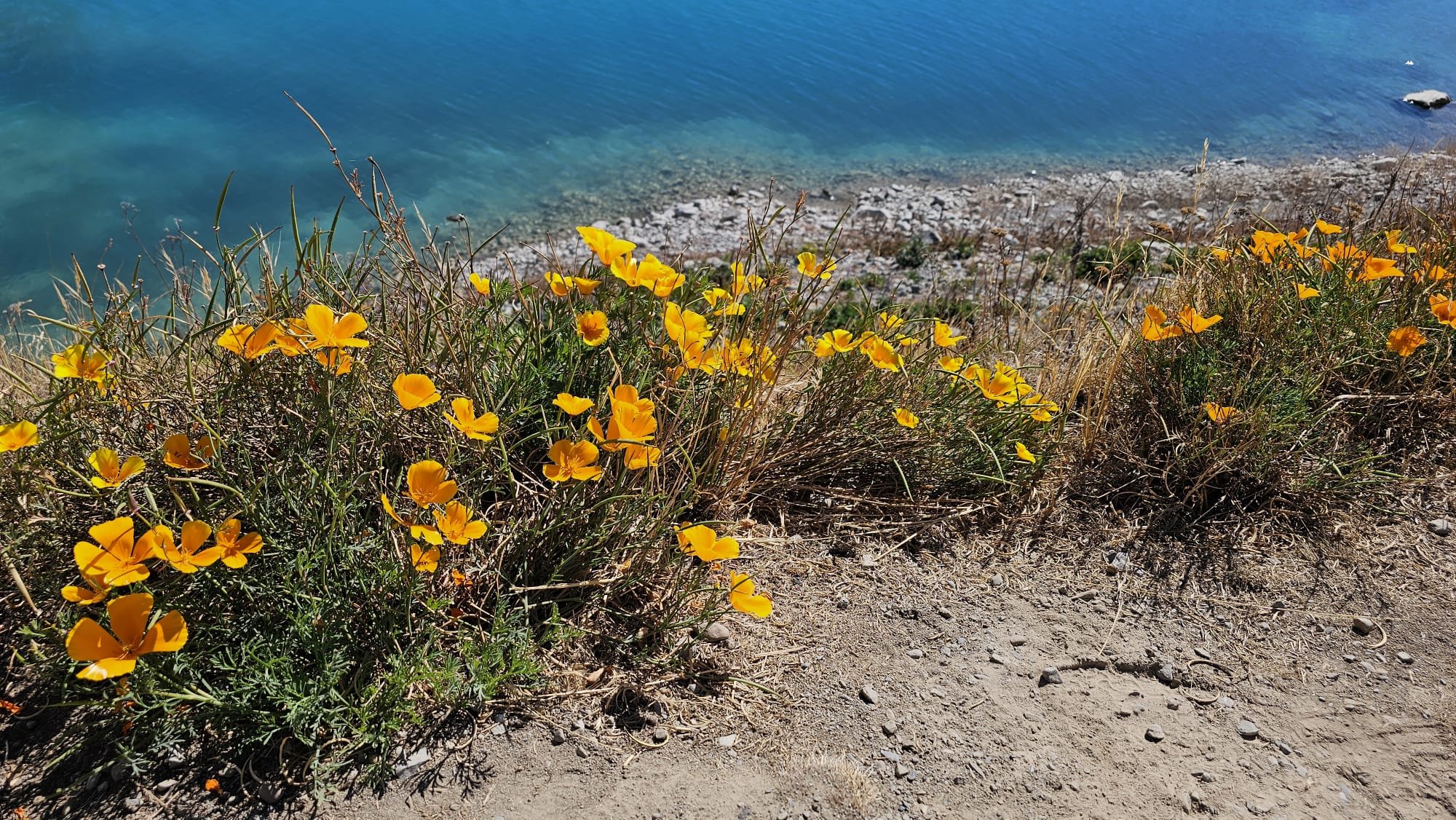
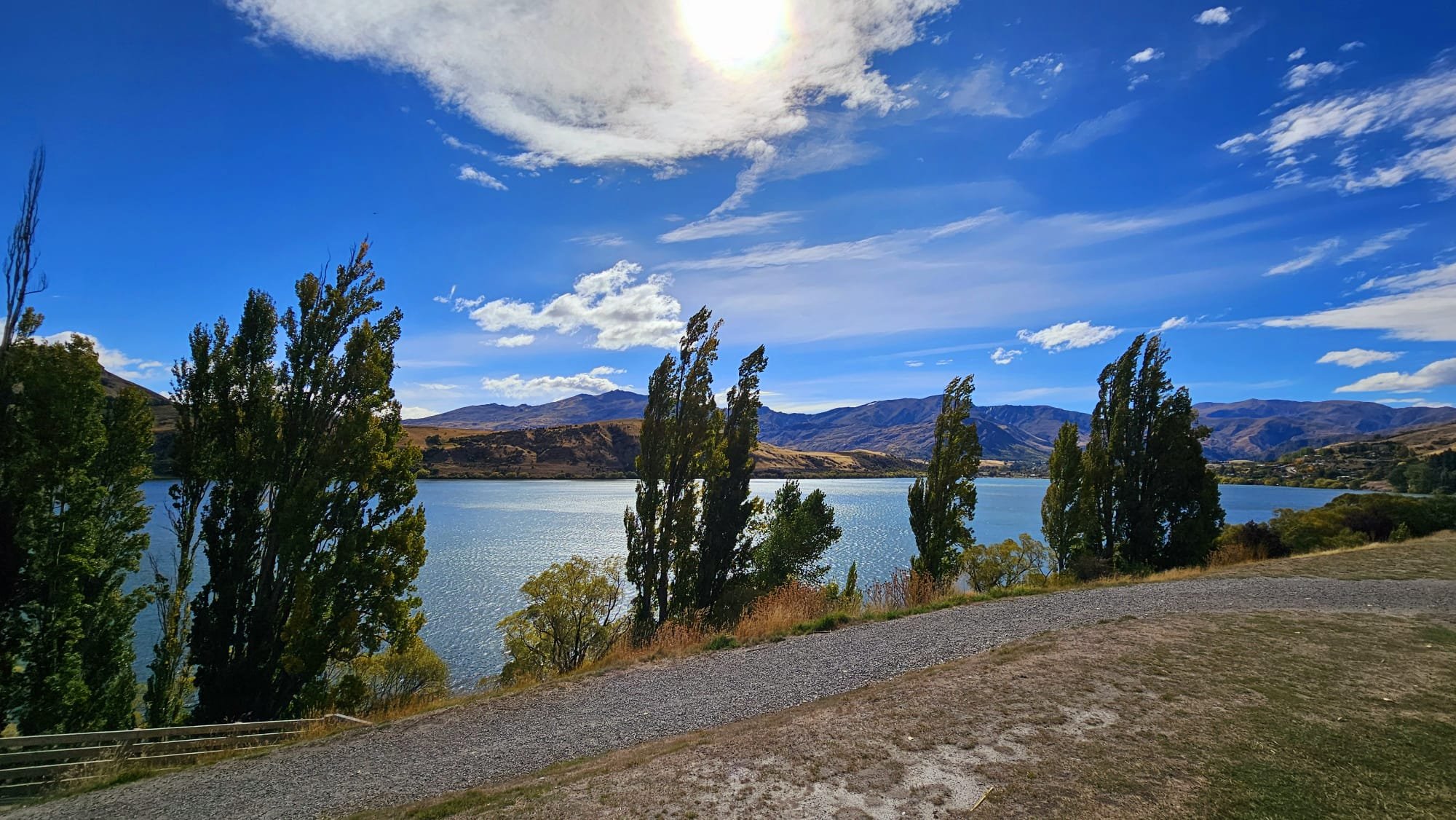
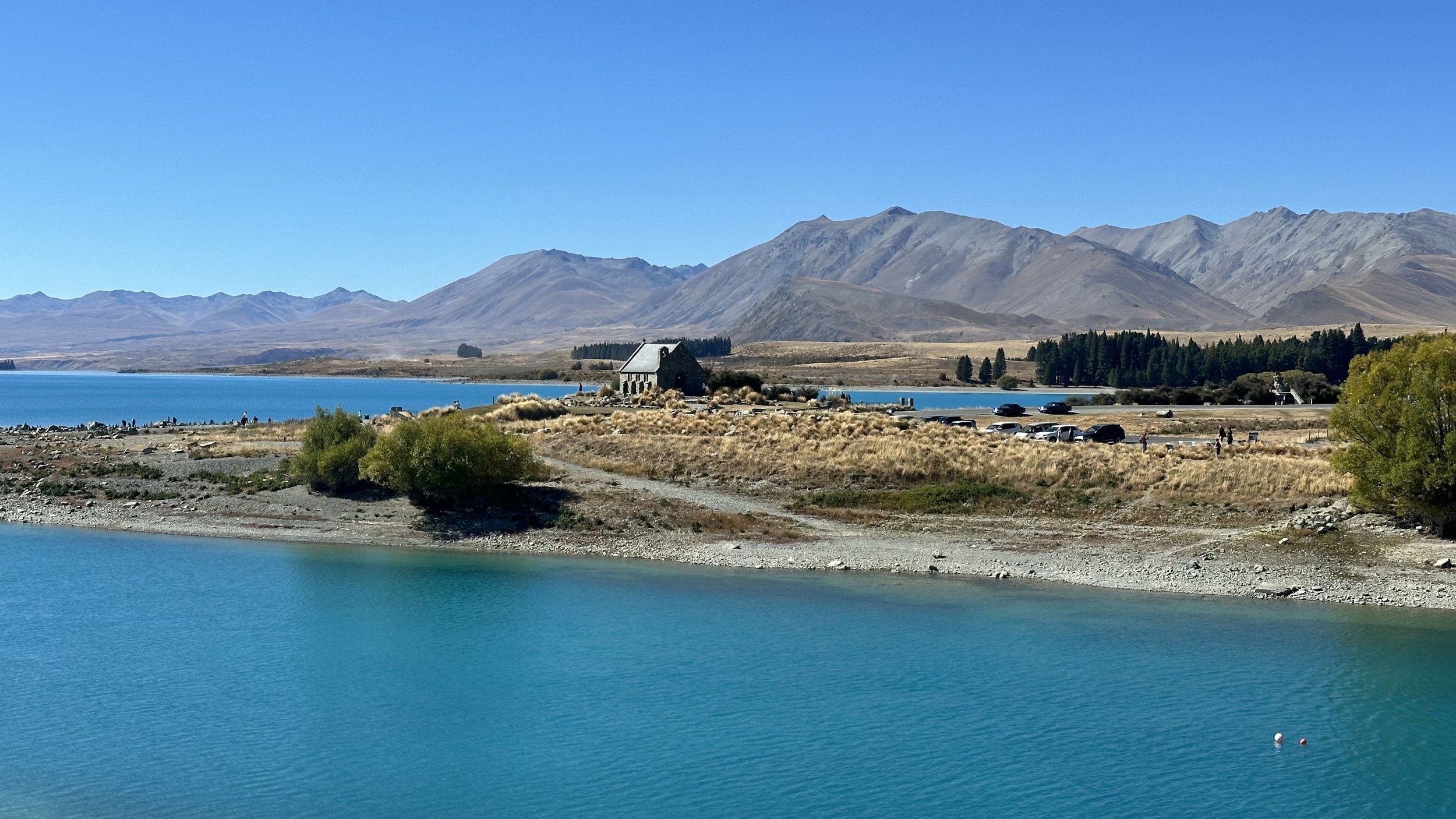
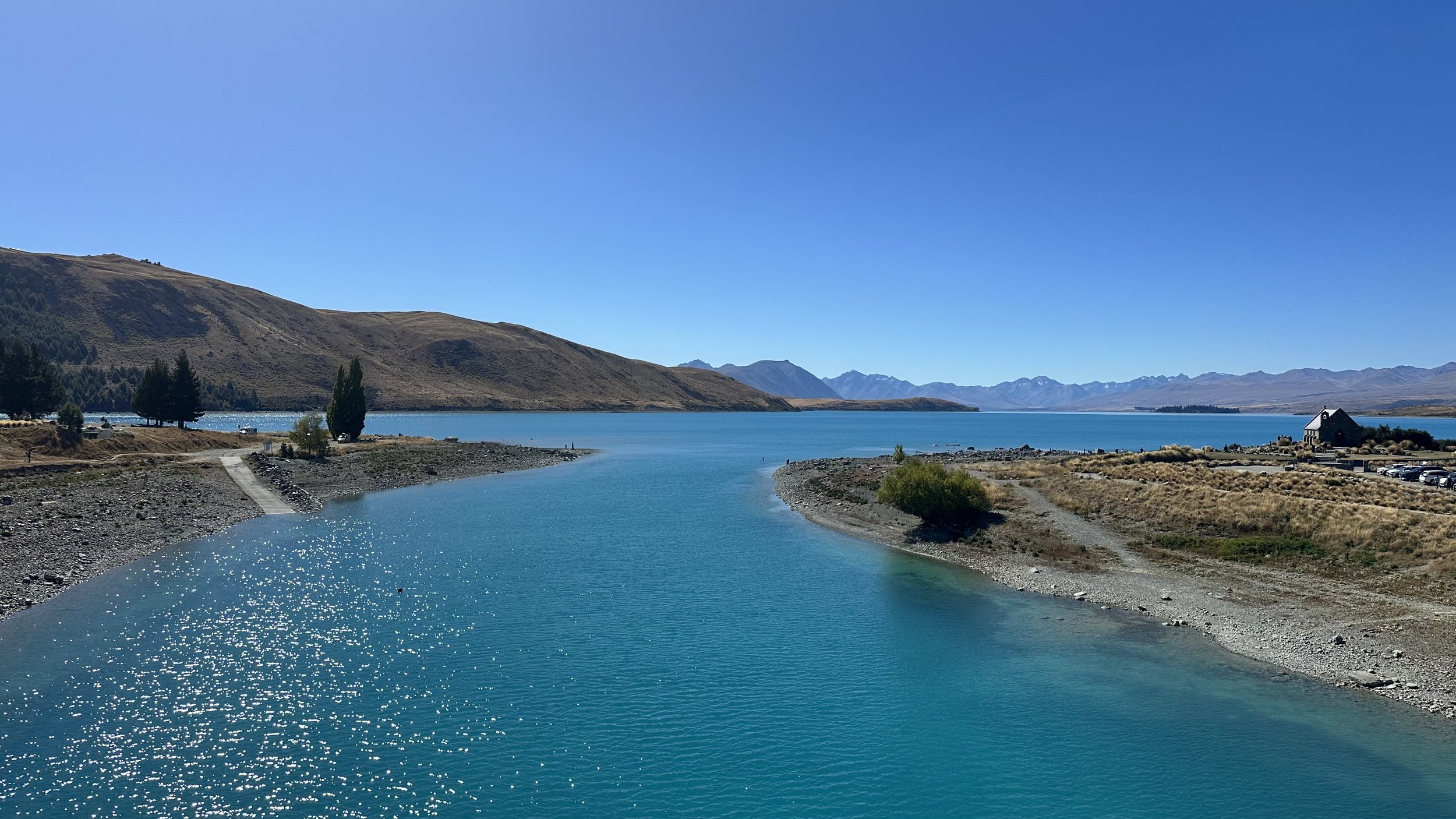
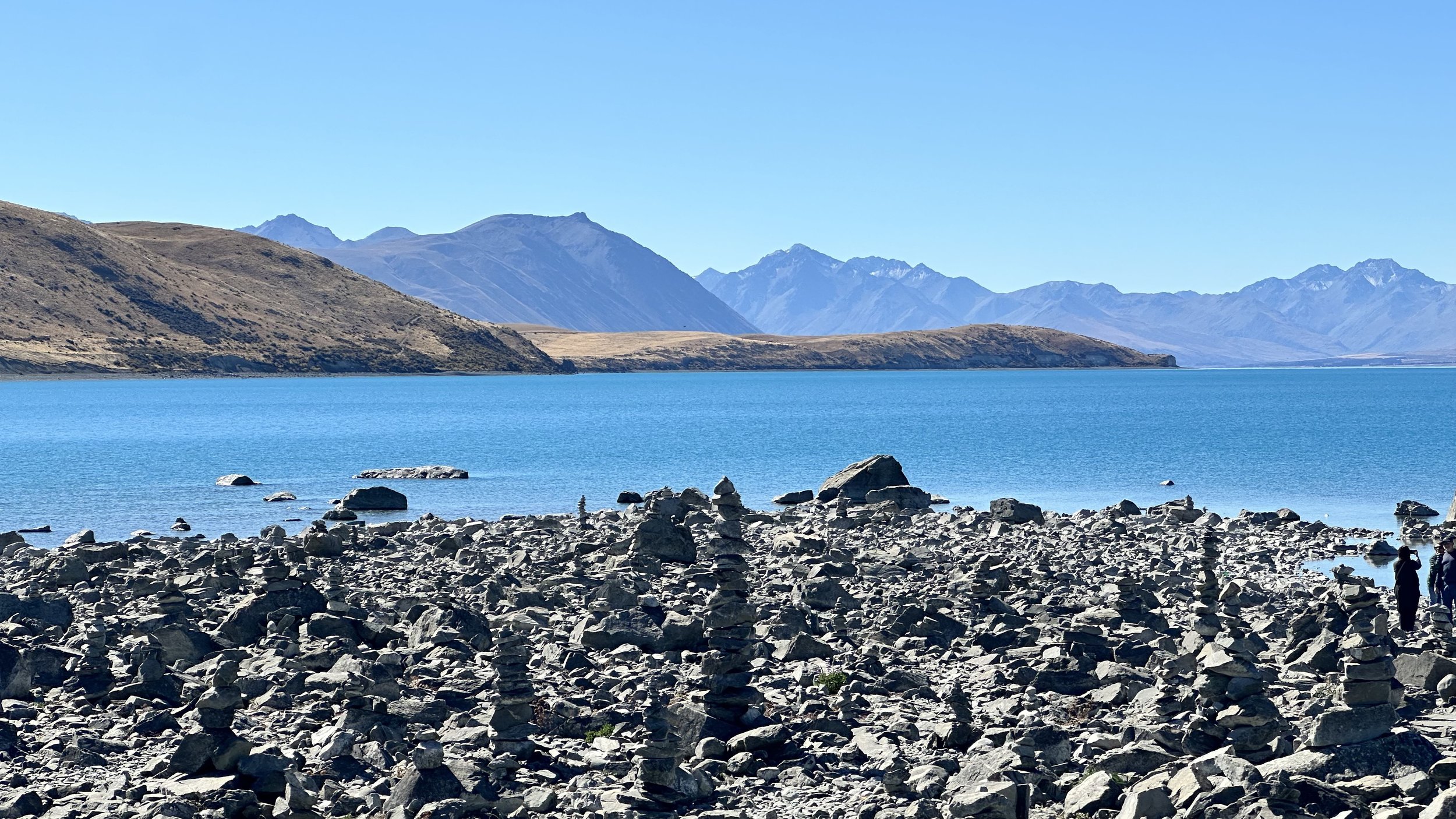
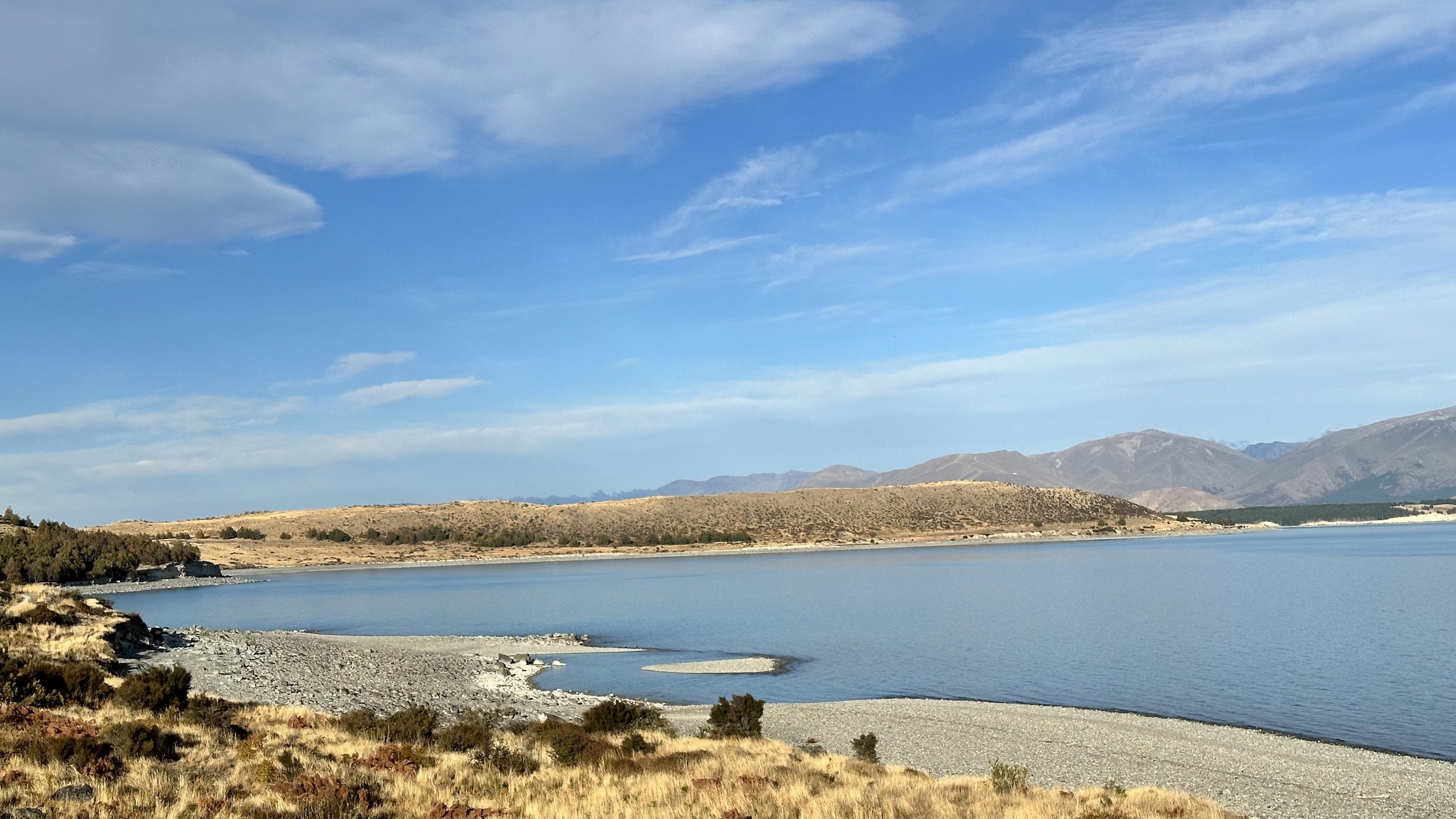
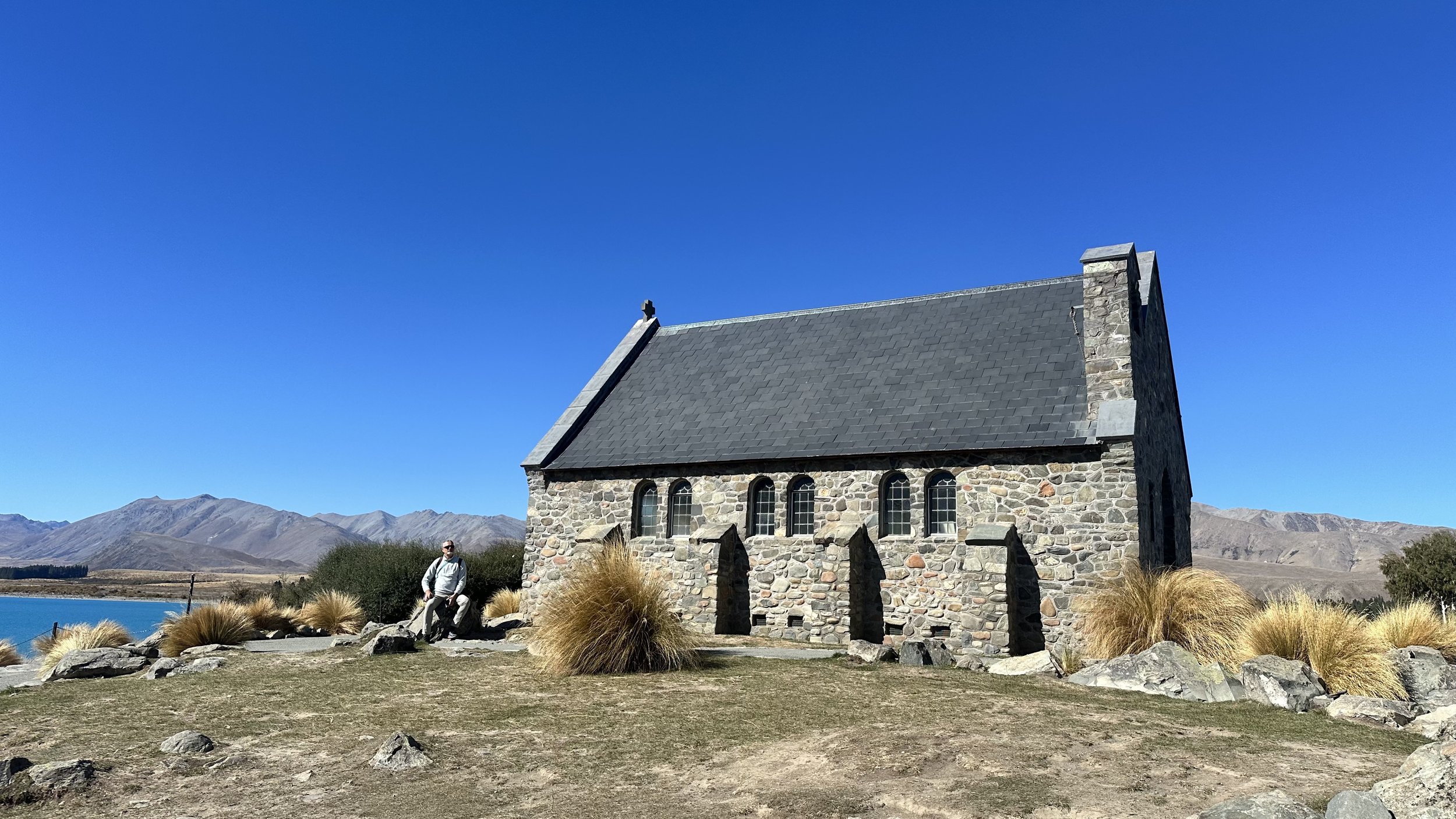
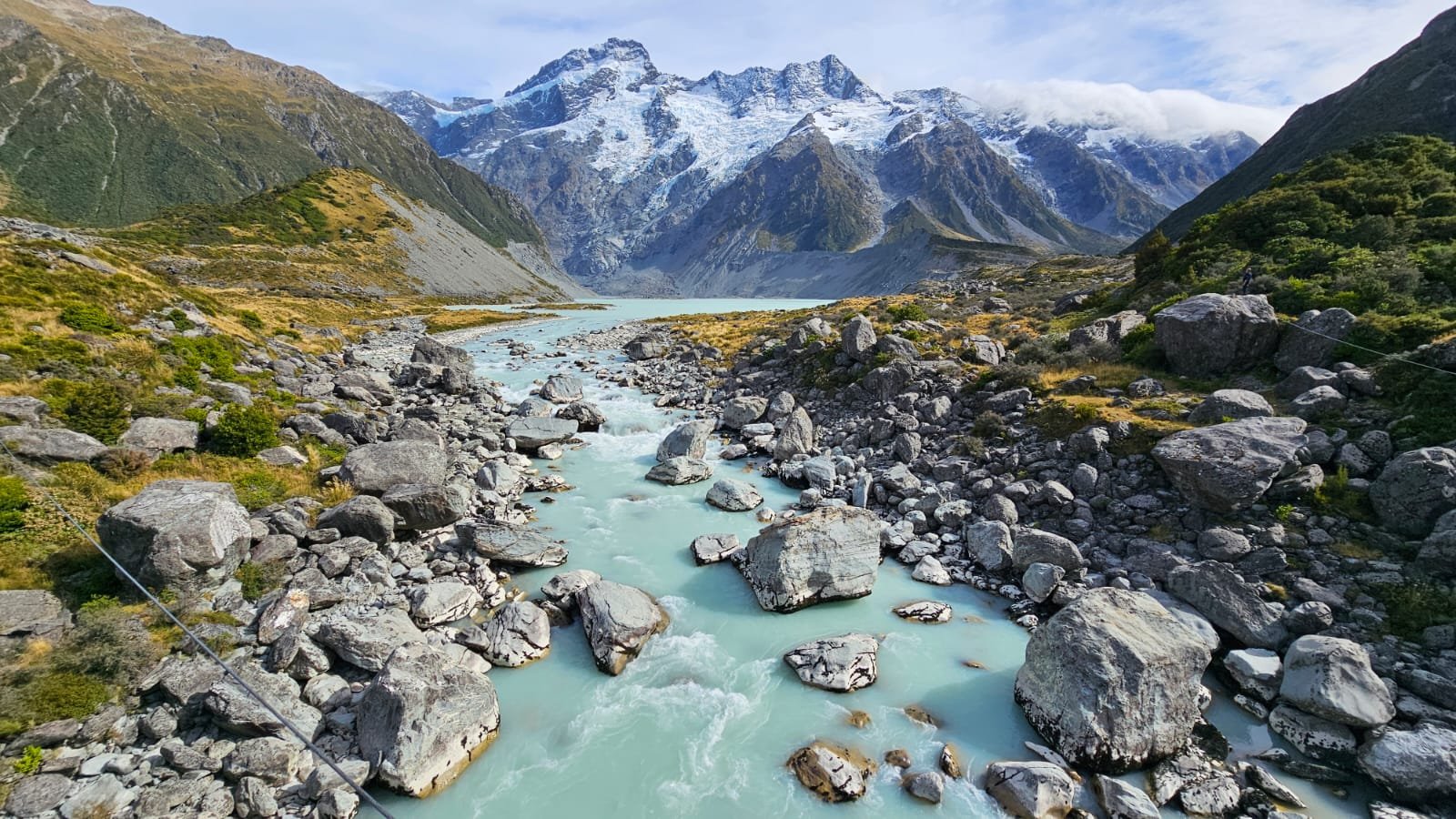
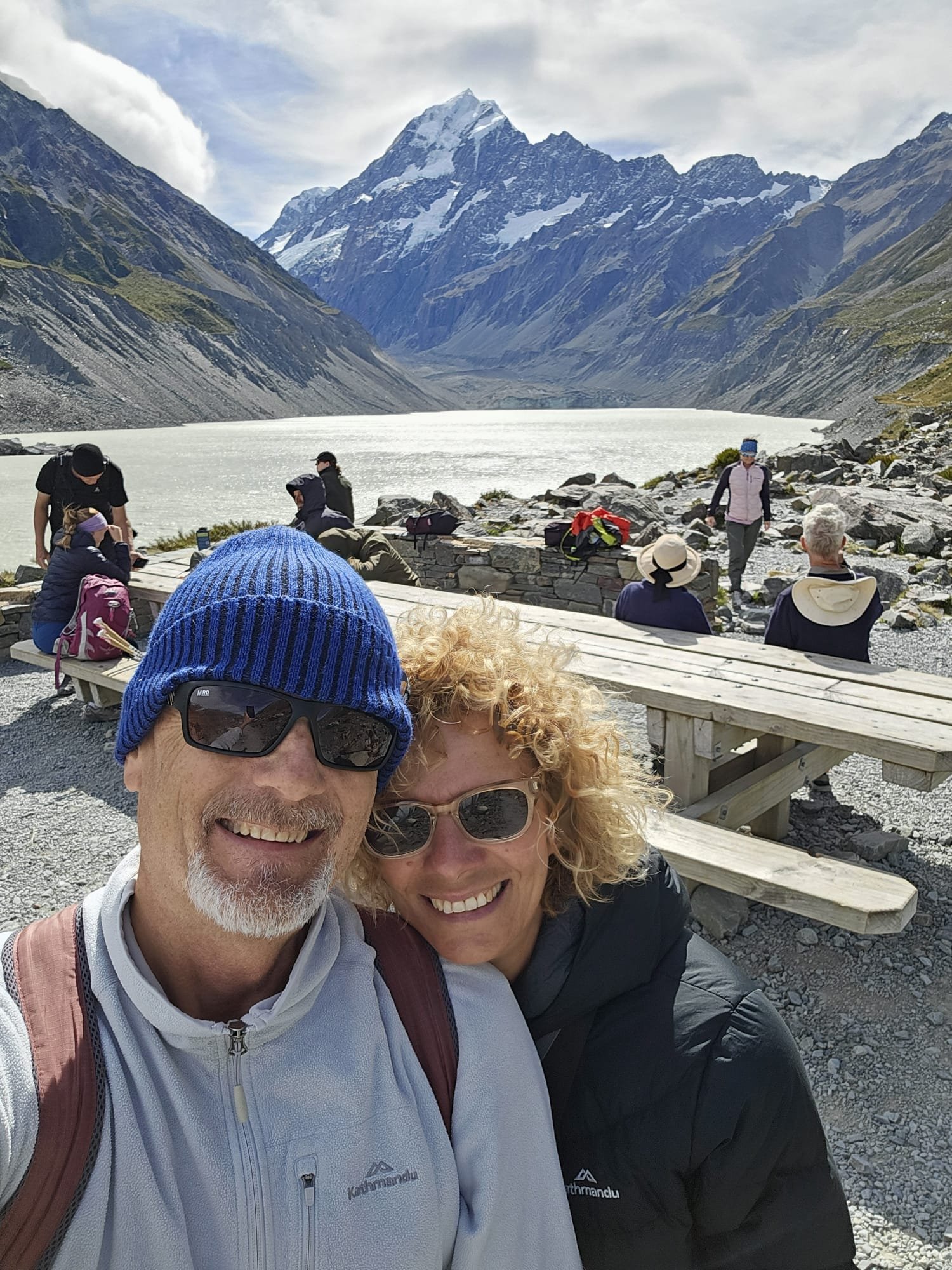
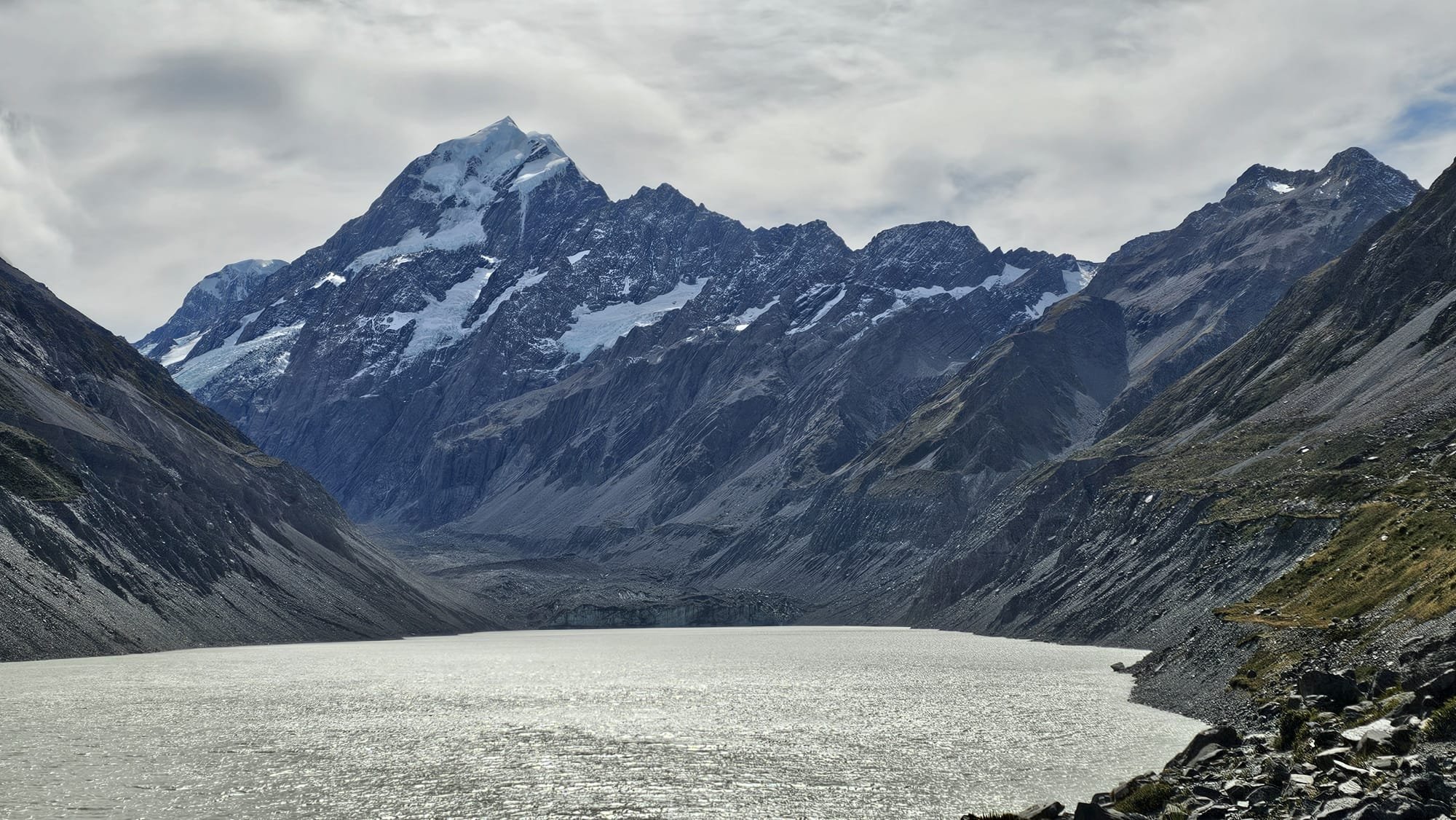
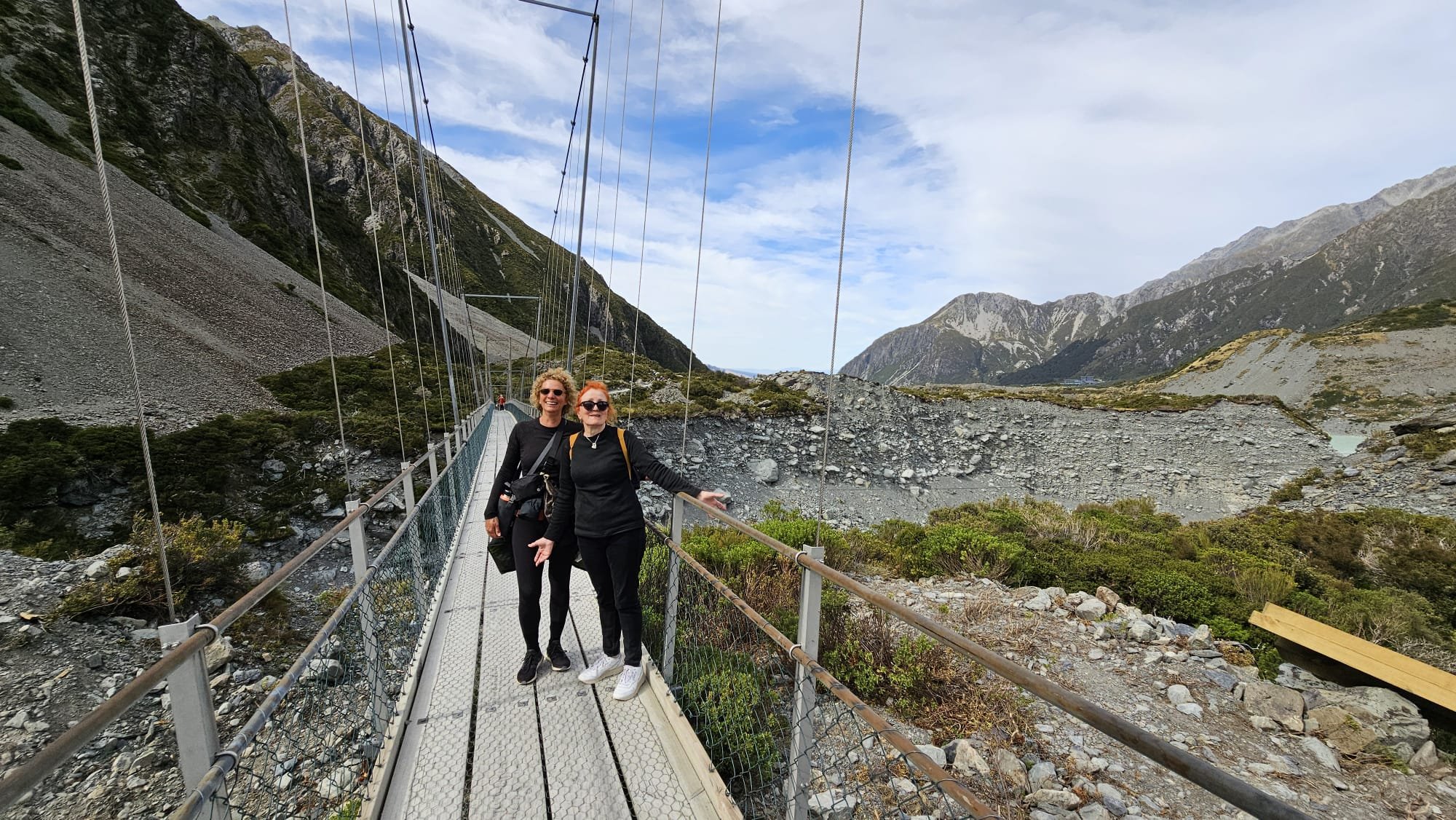

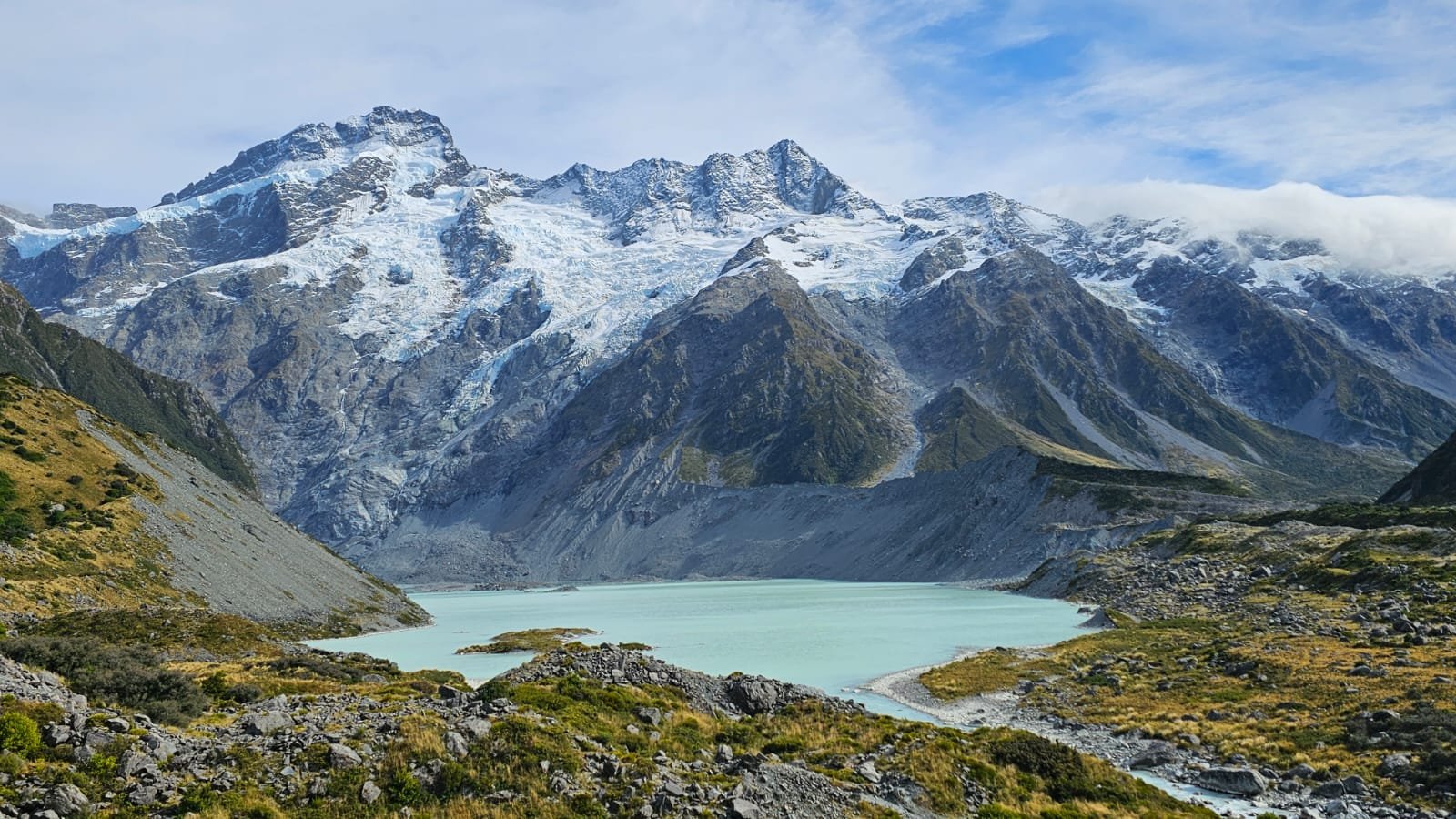


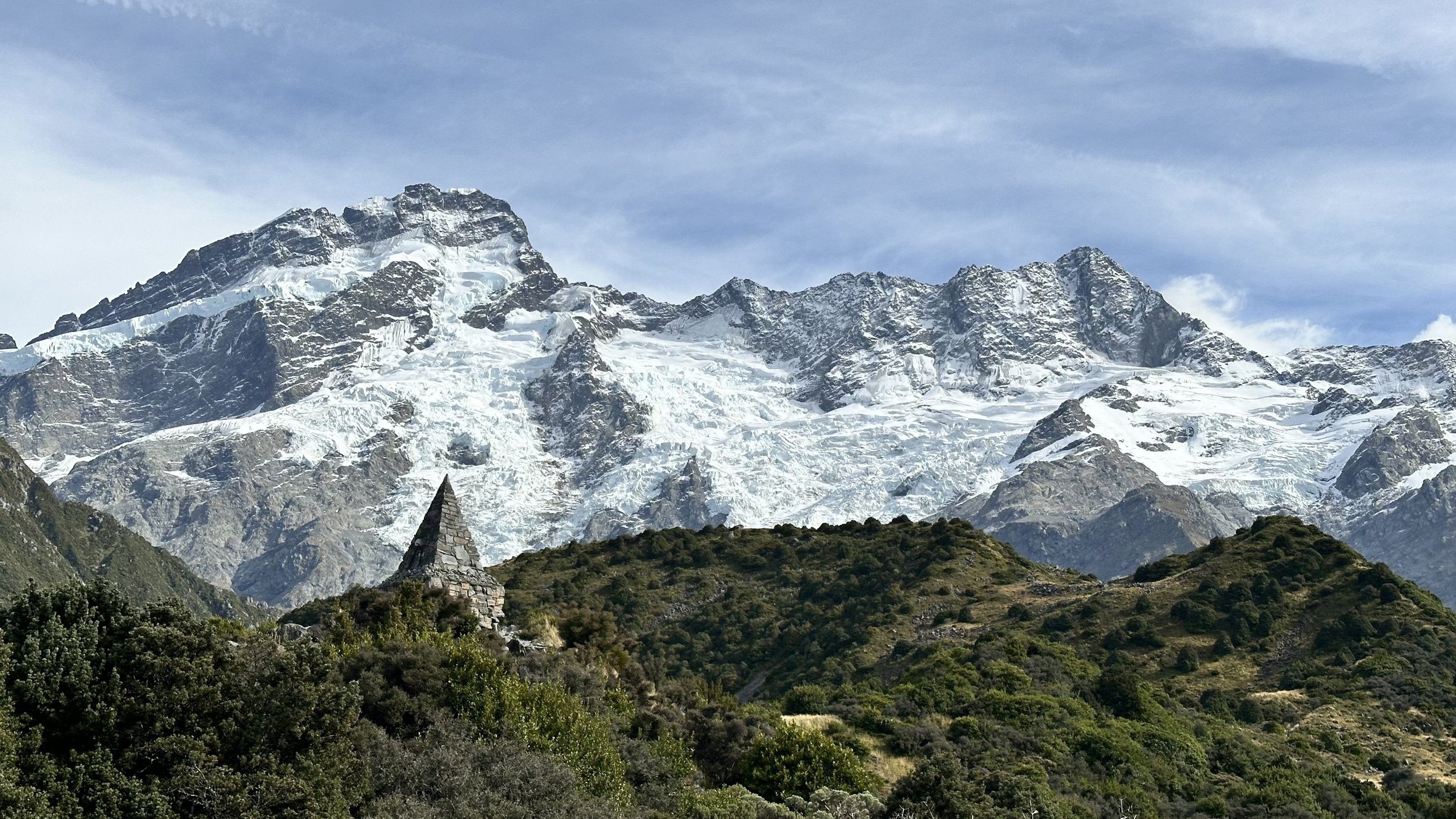
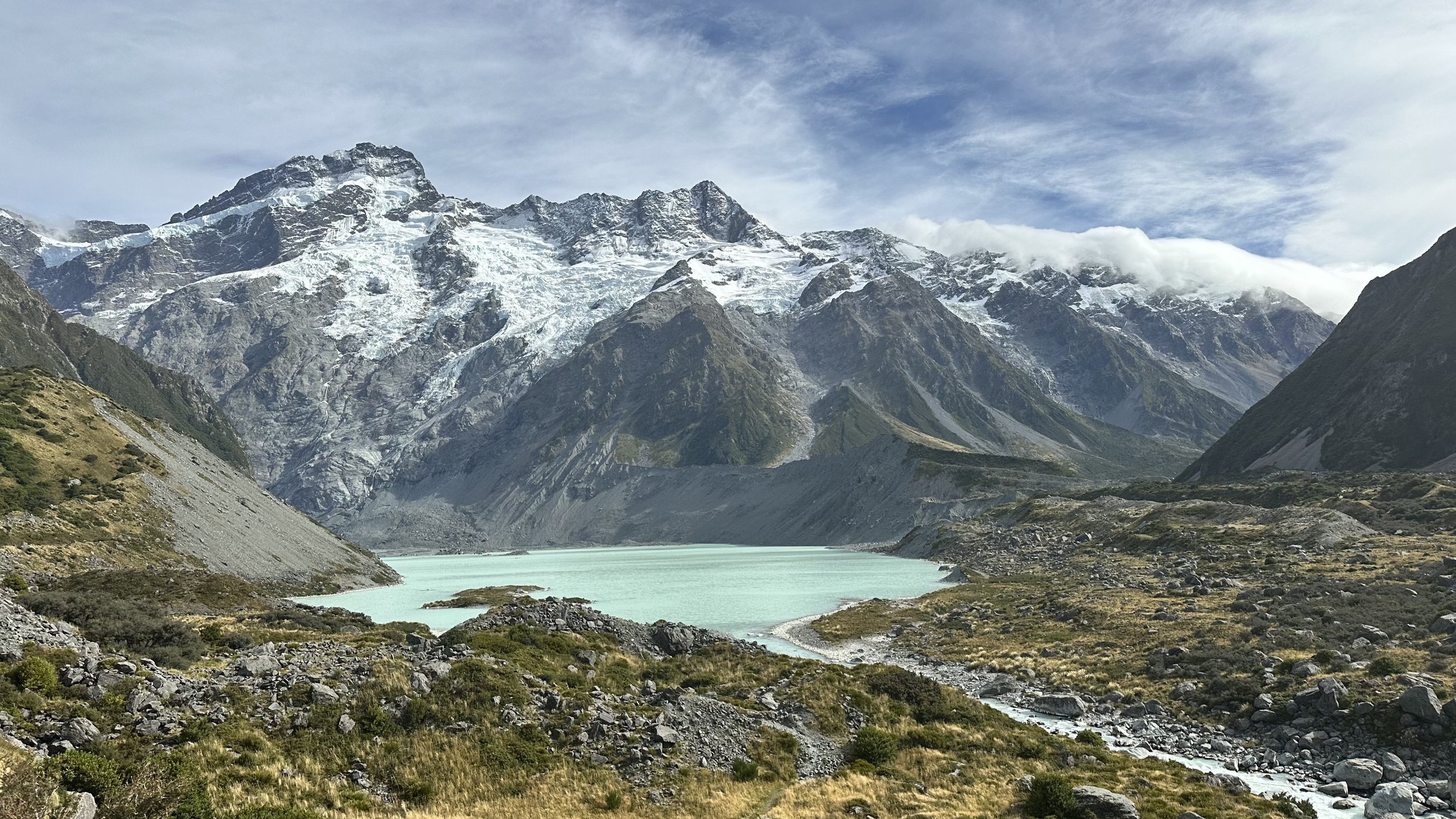
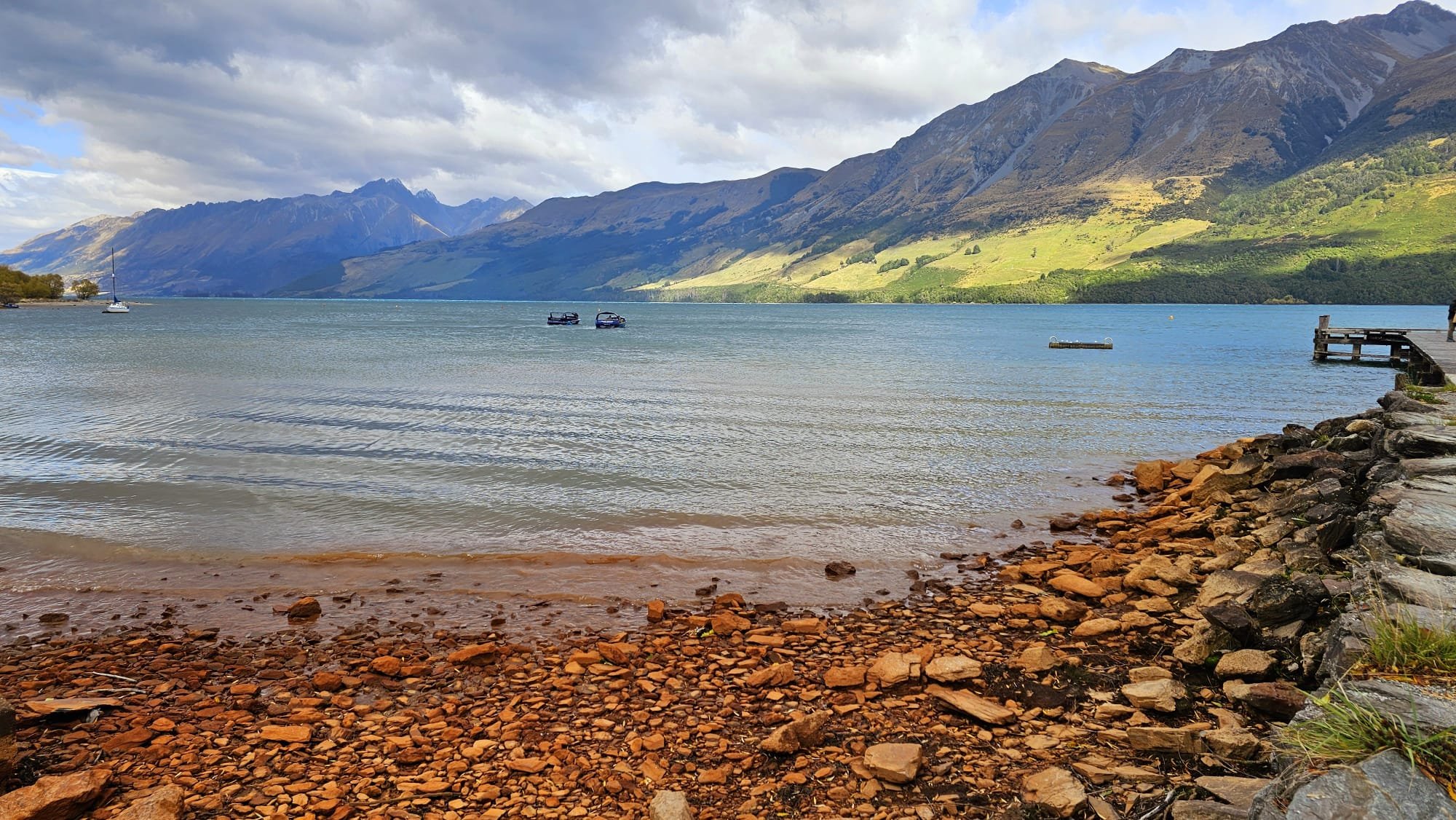
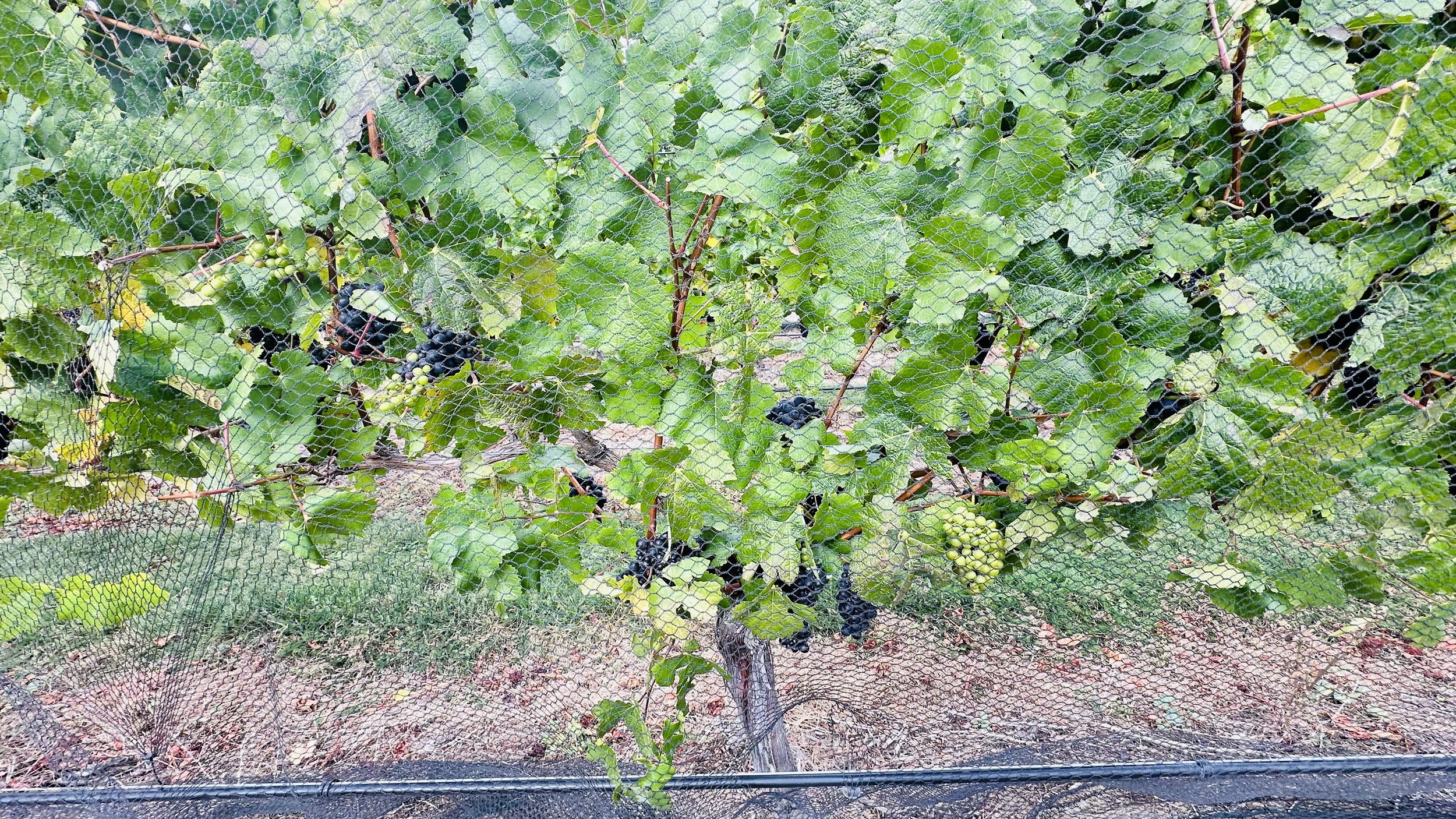


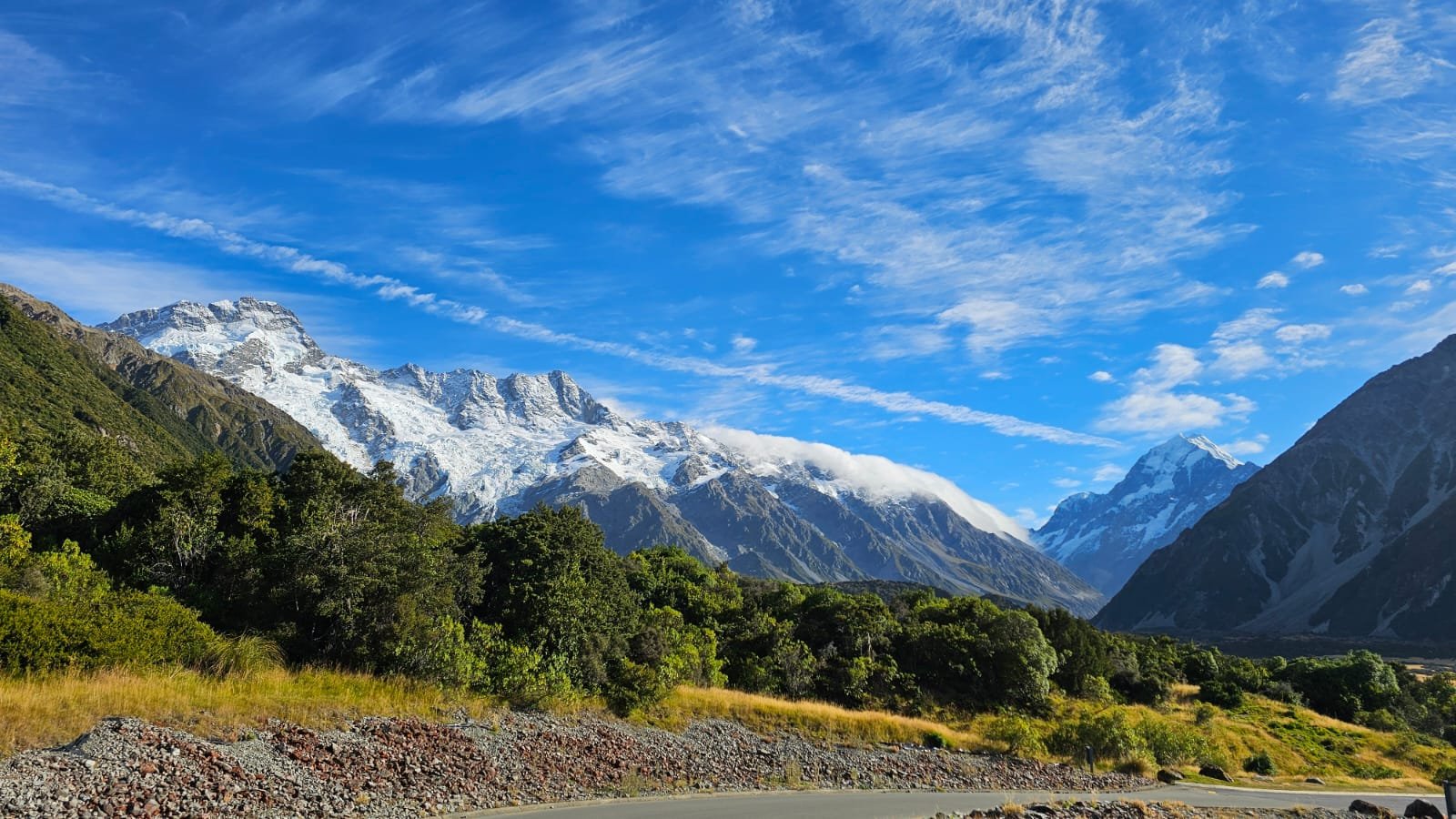

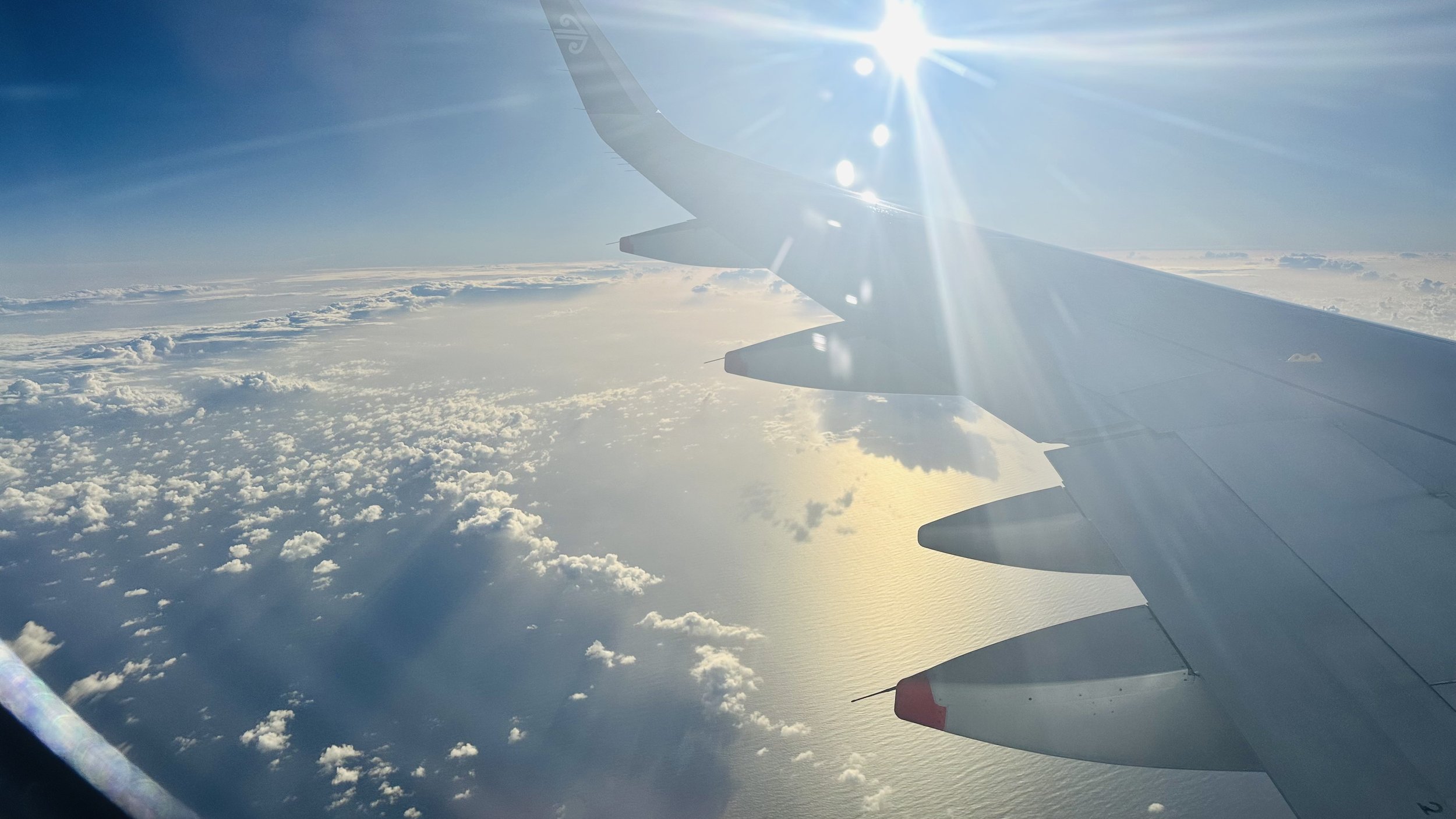
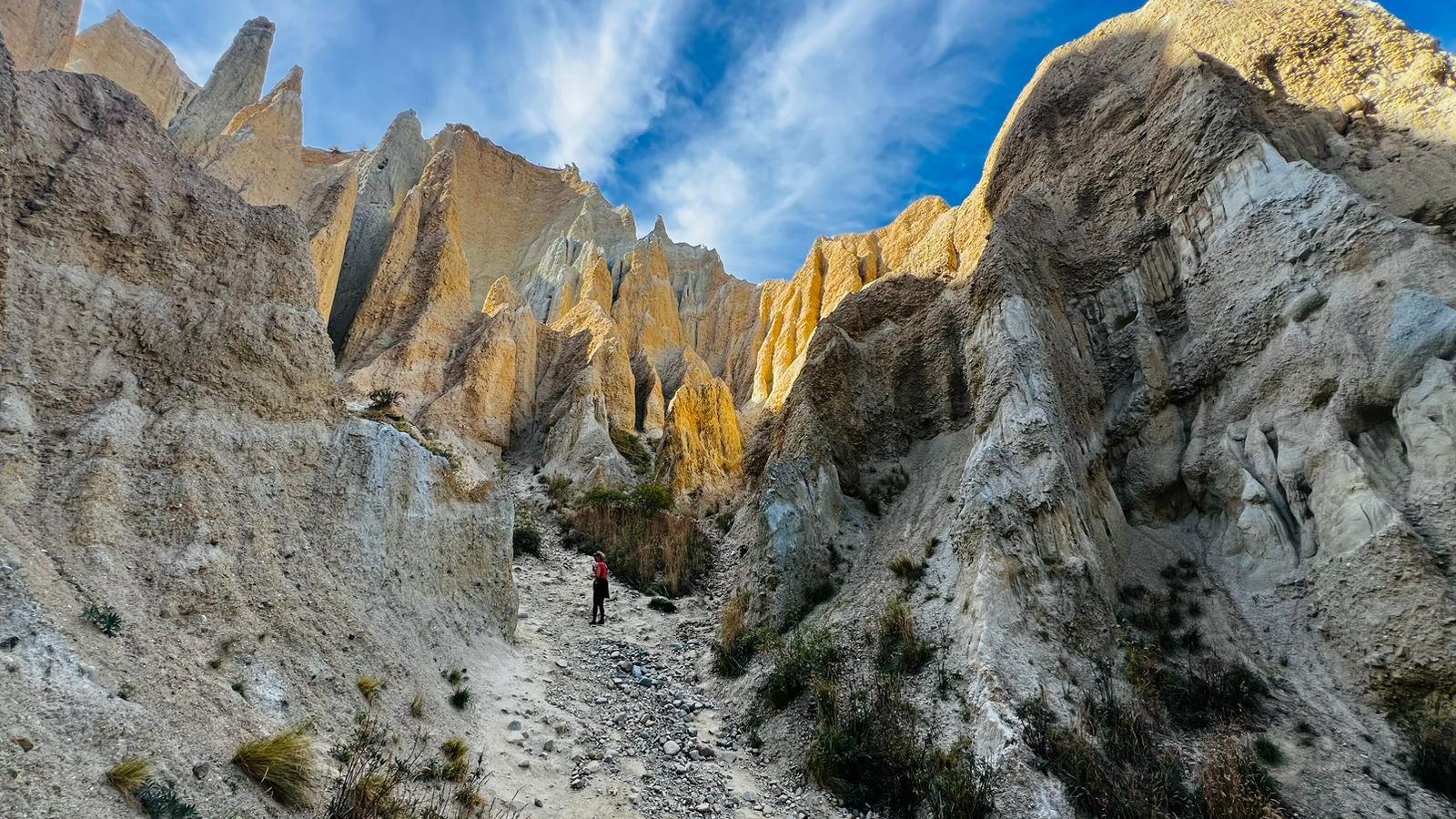



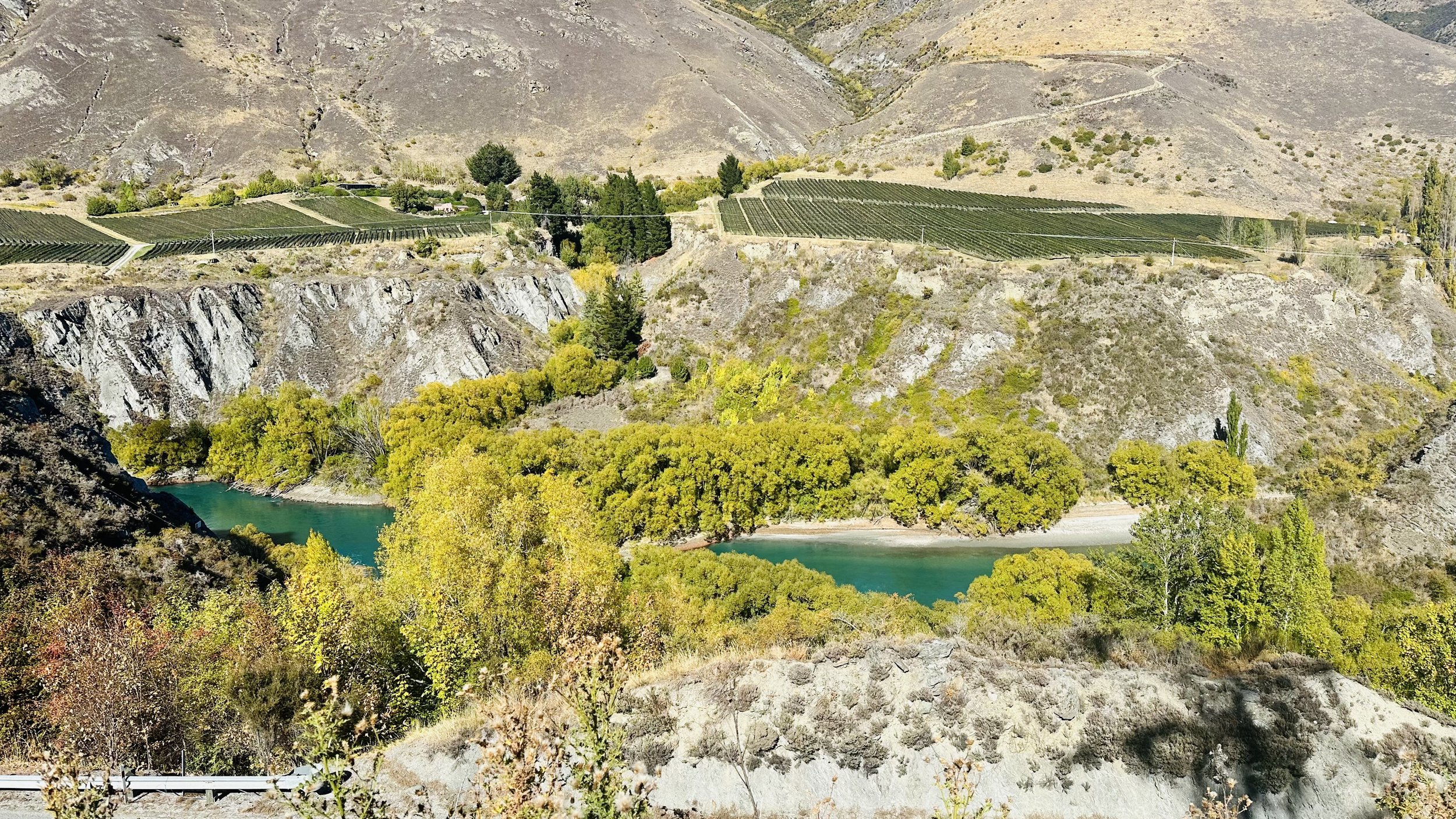
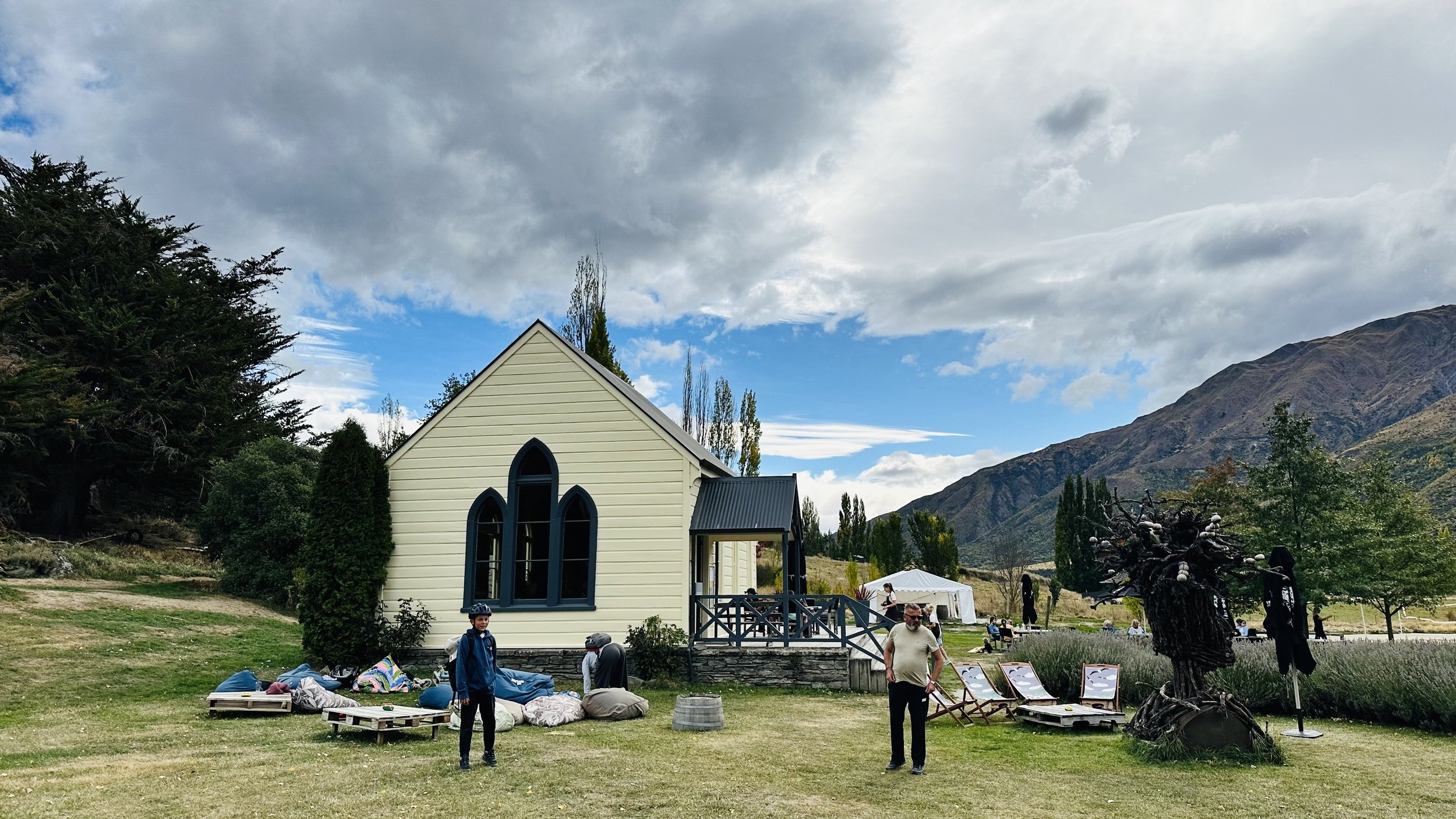
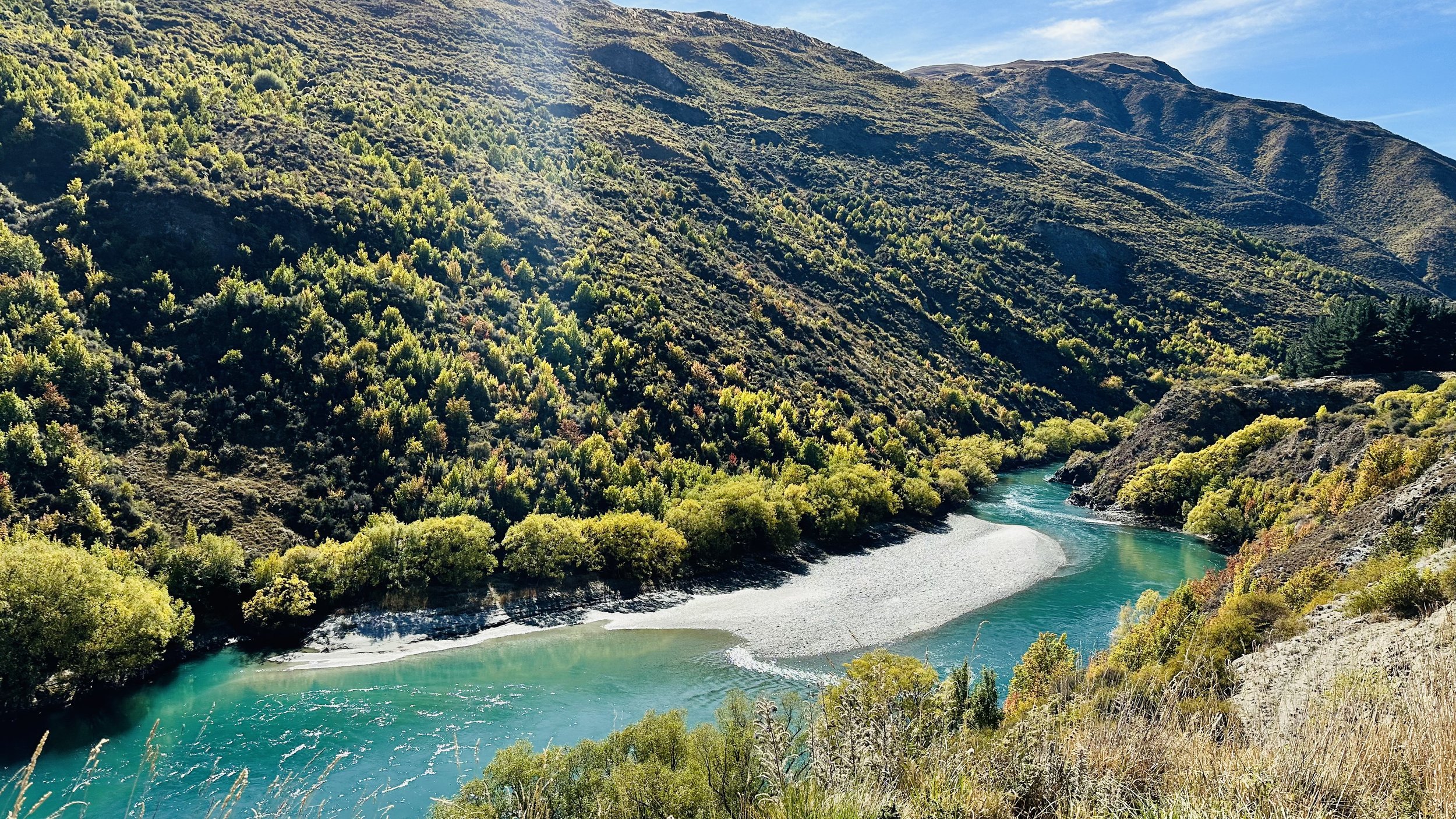
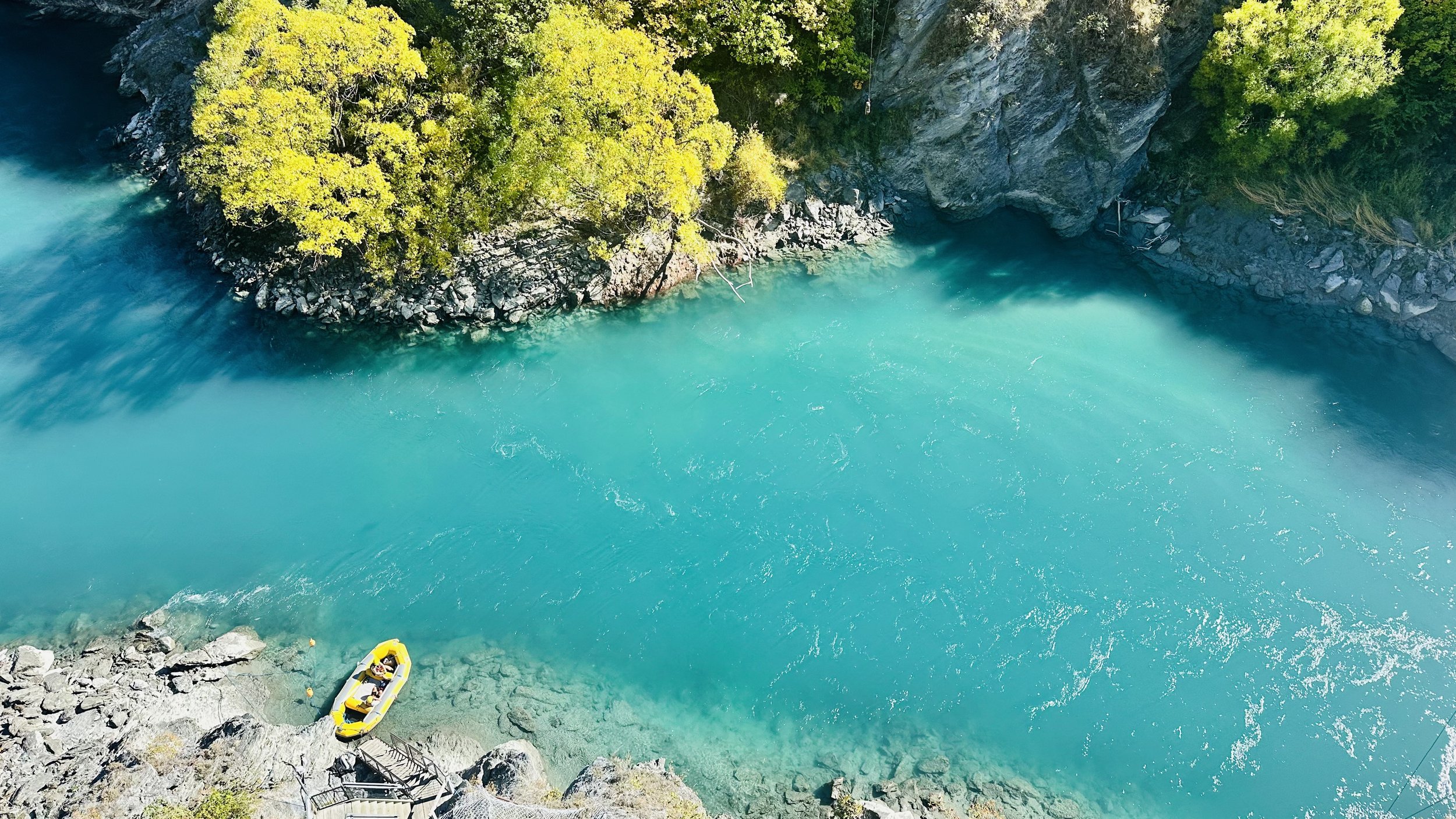
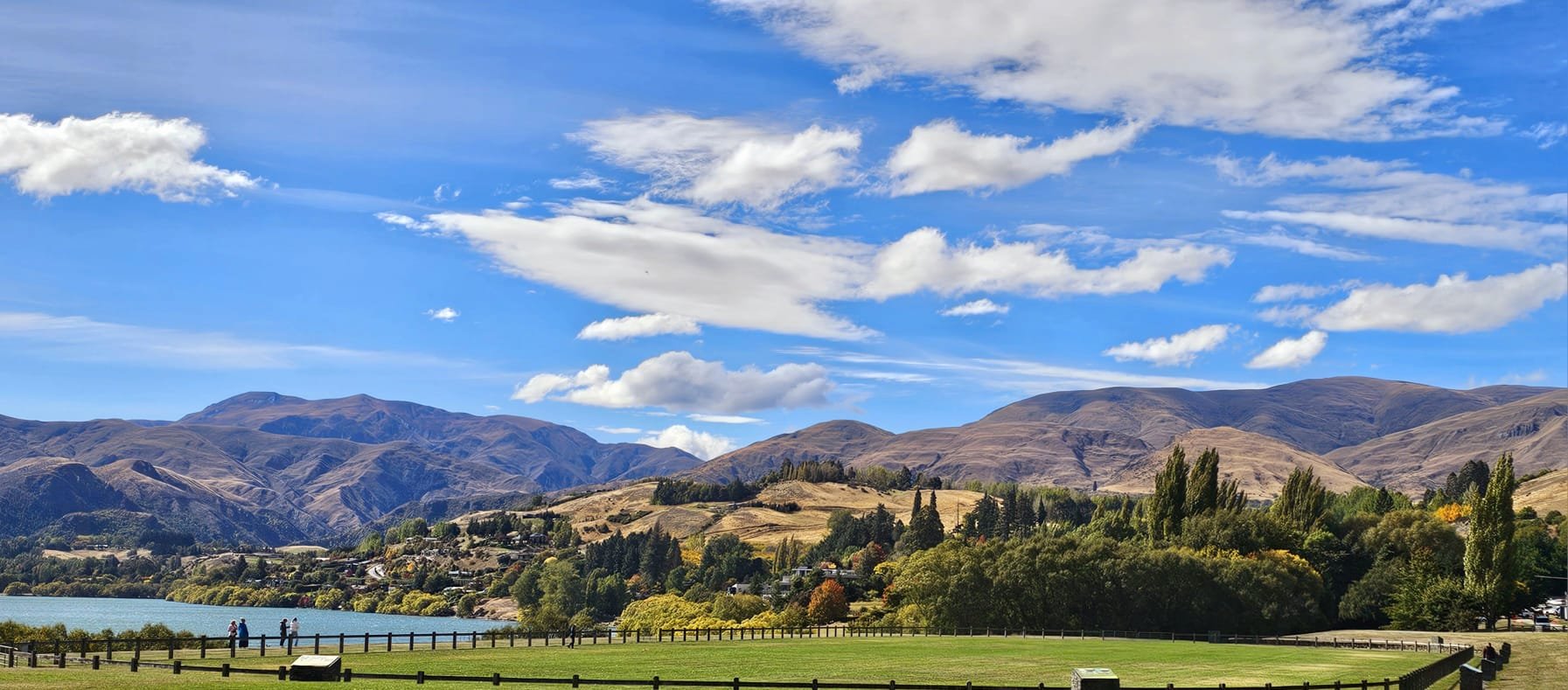

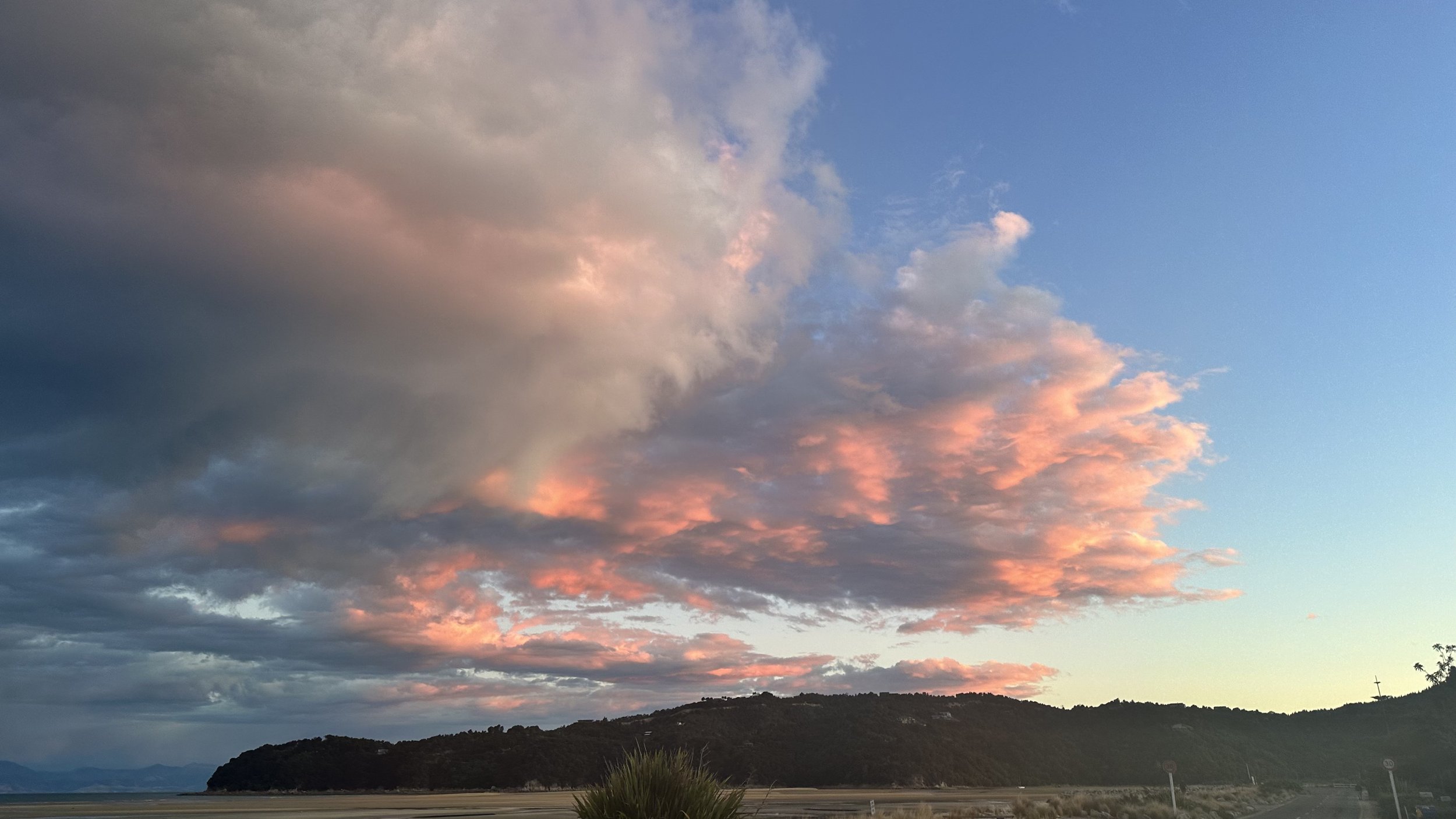
CENTRAL NORTH ISLAND PHOTO ALBUM
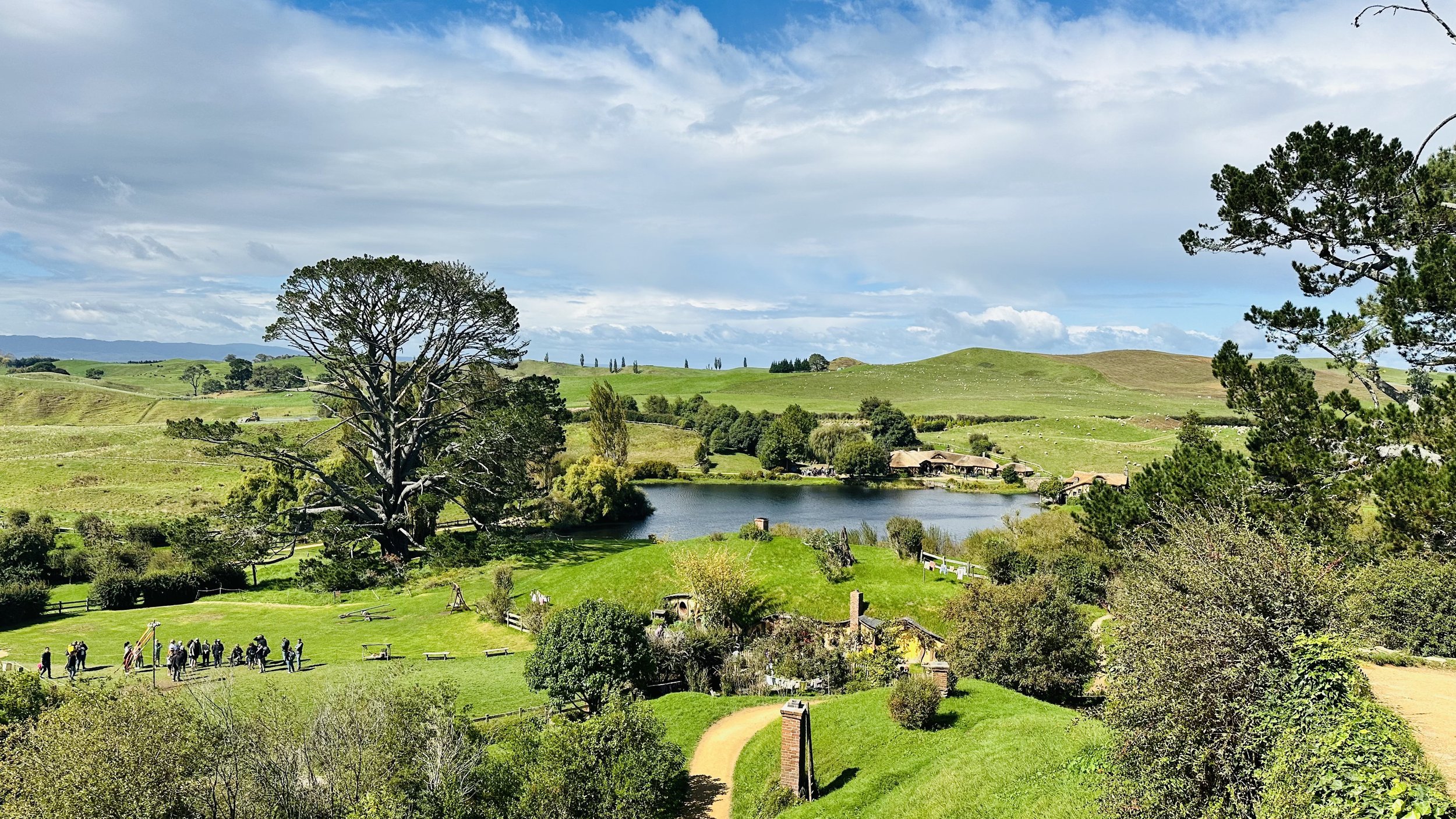
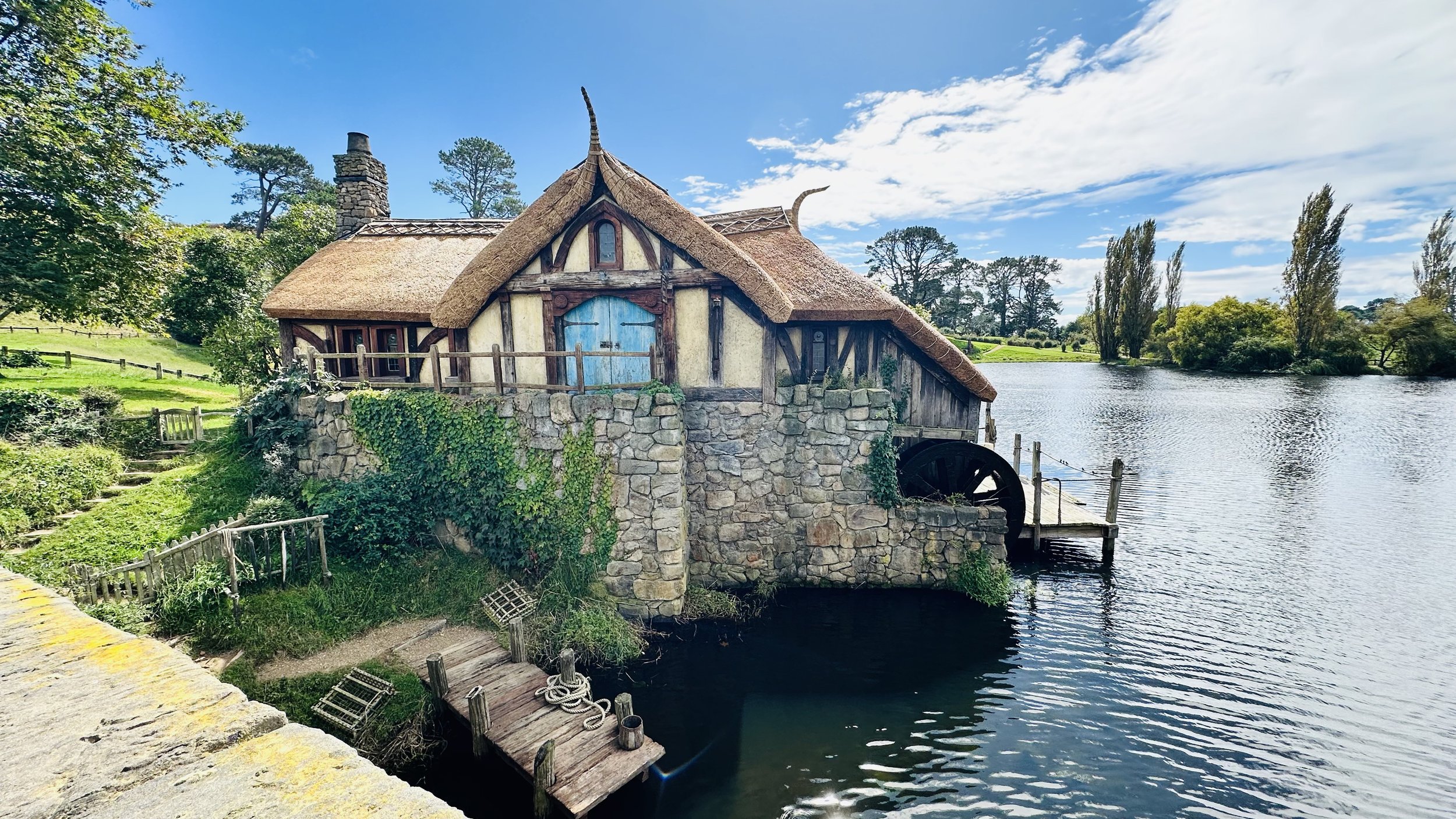
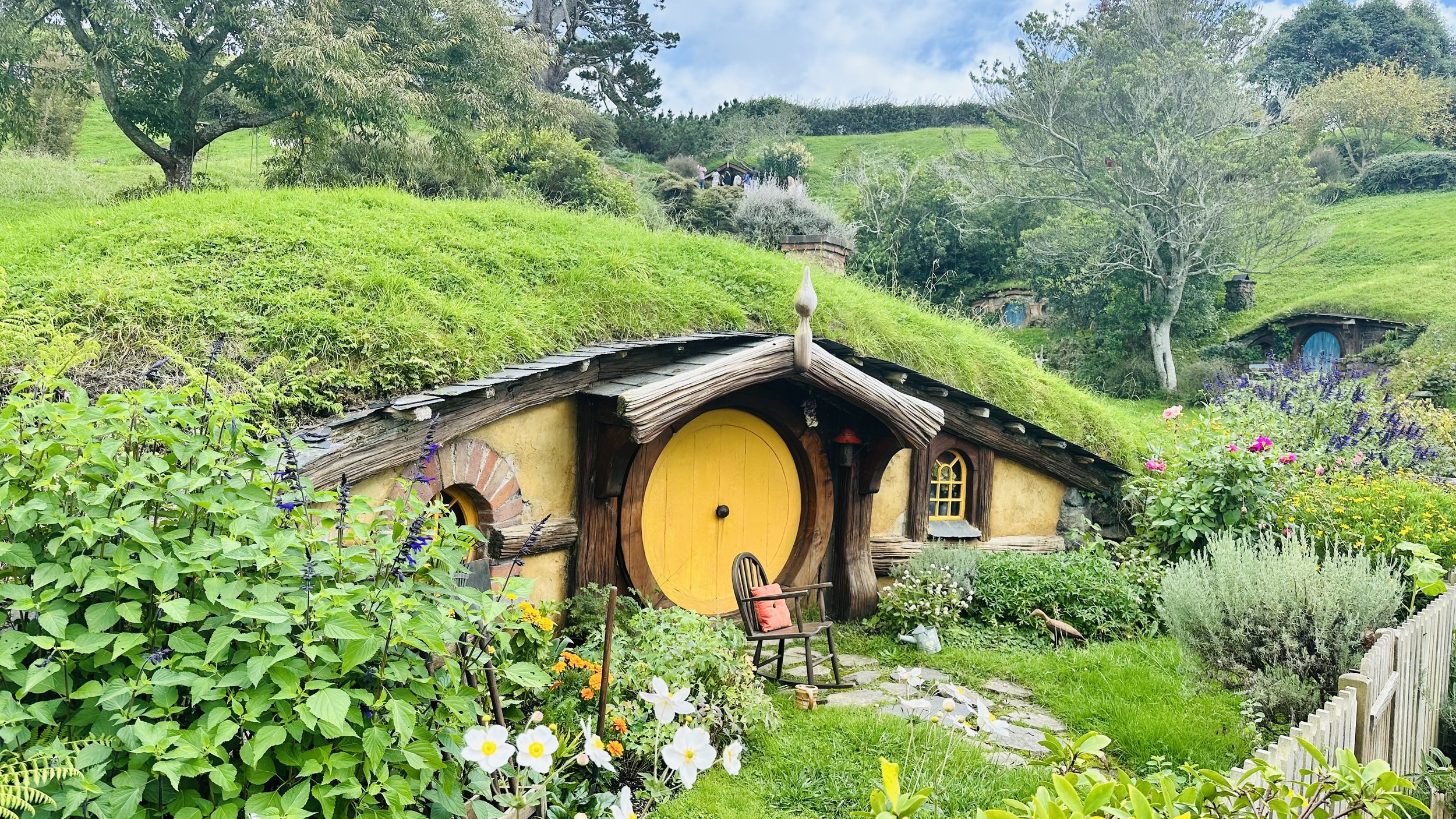
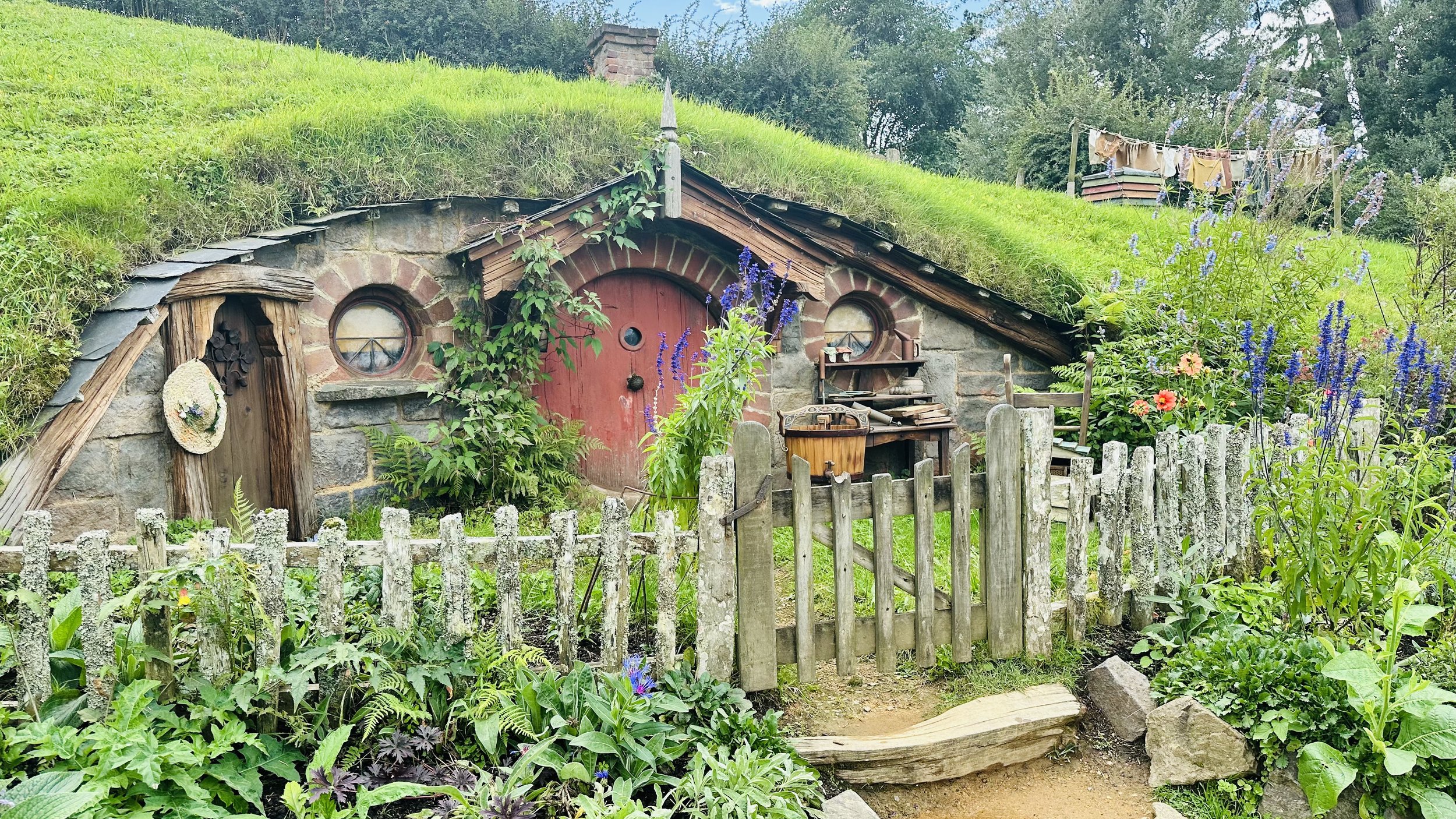
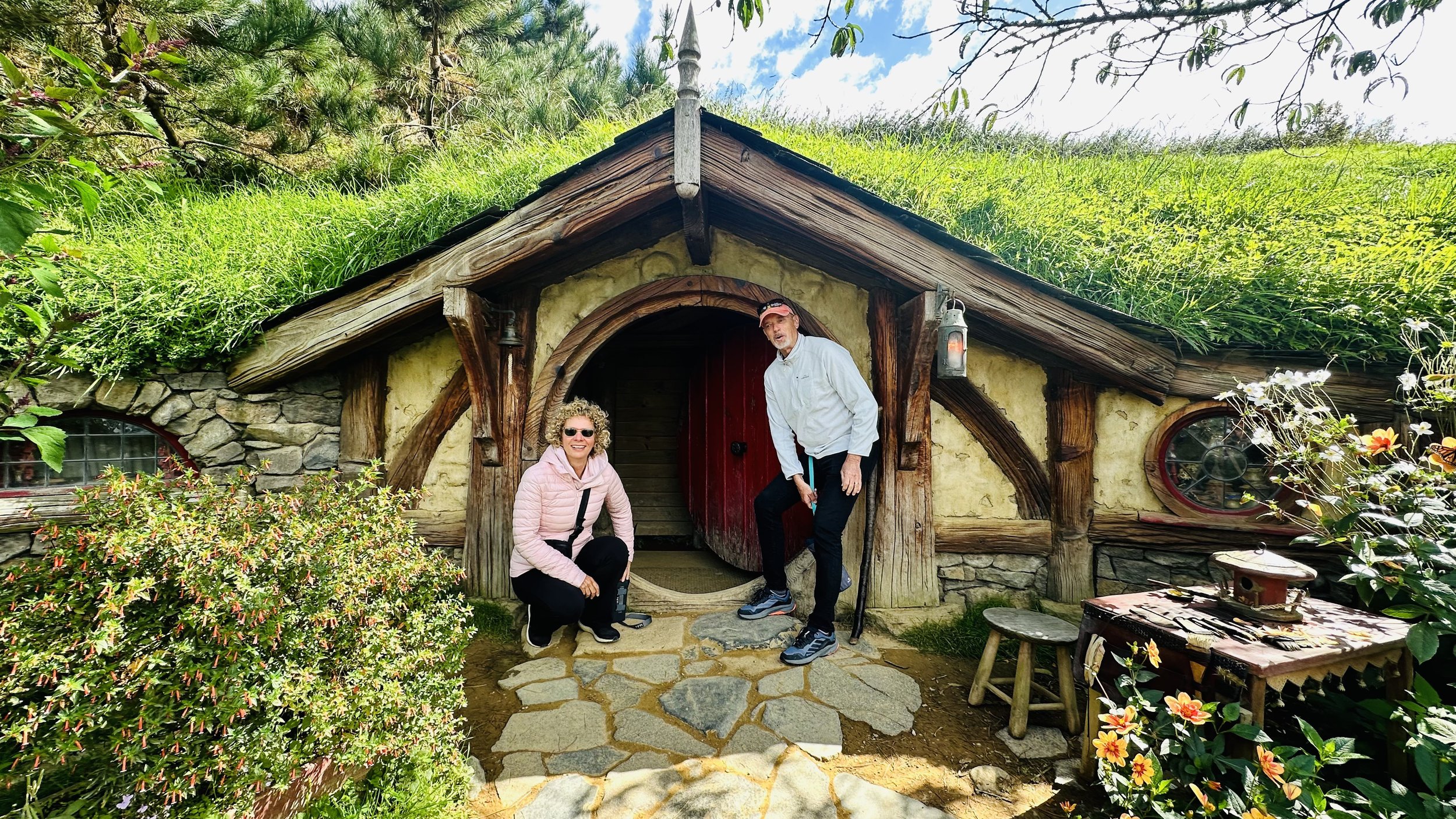
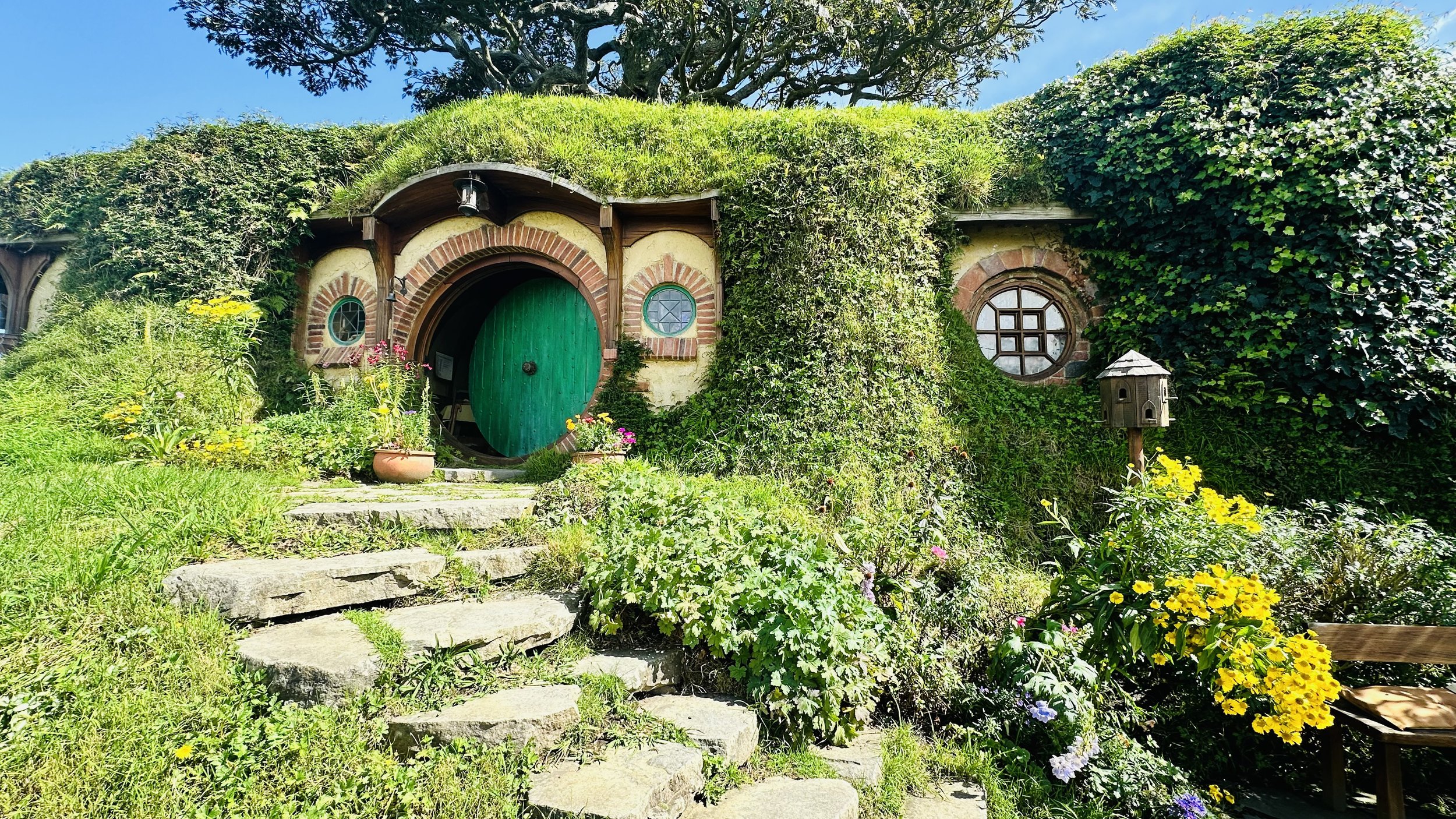

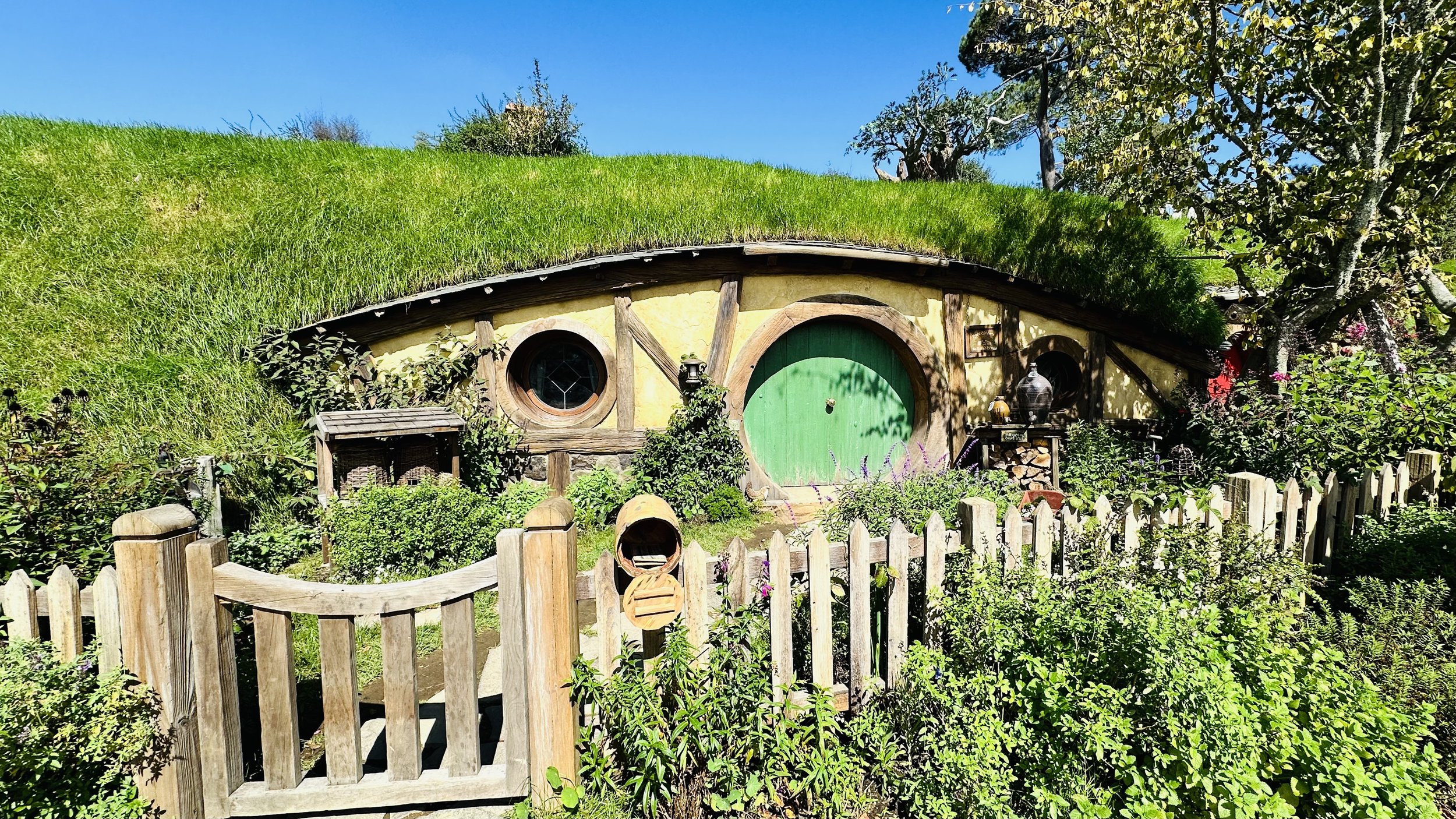
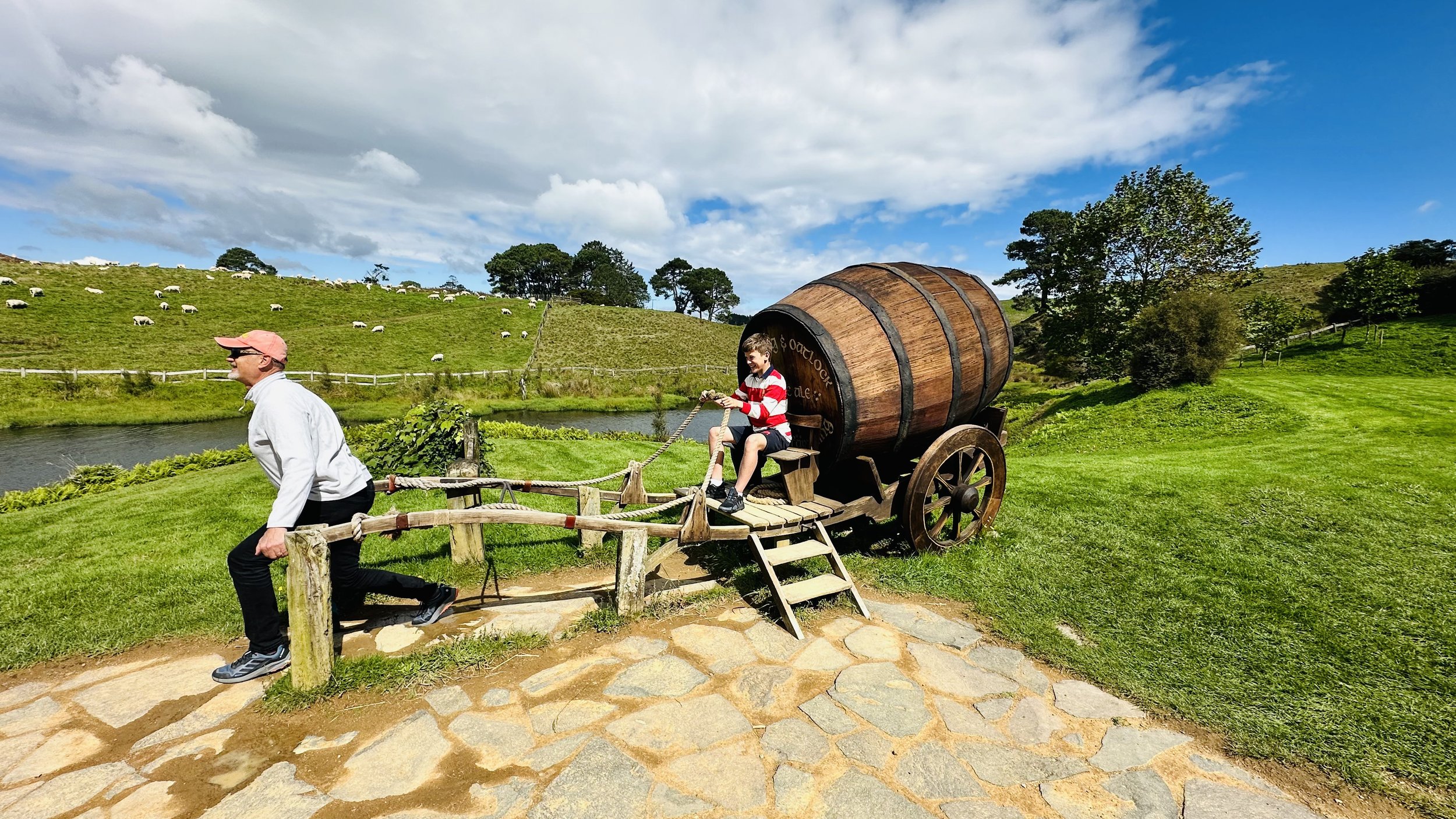
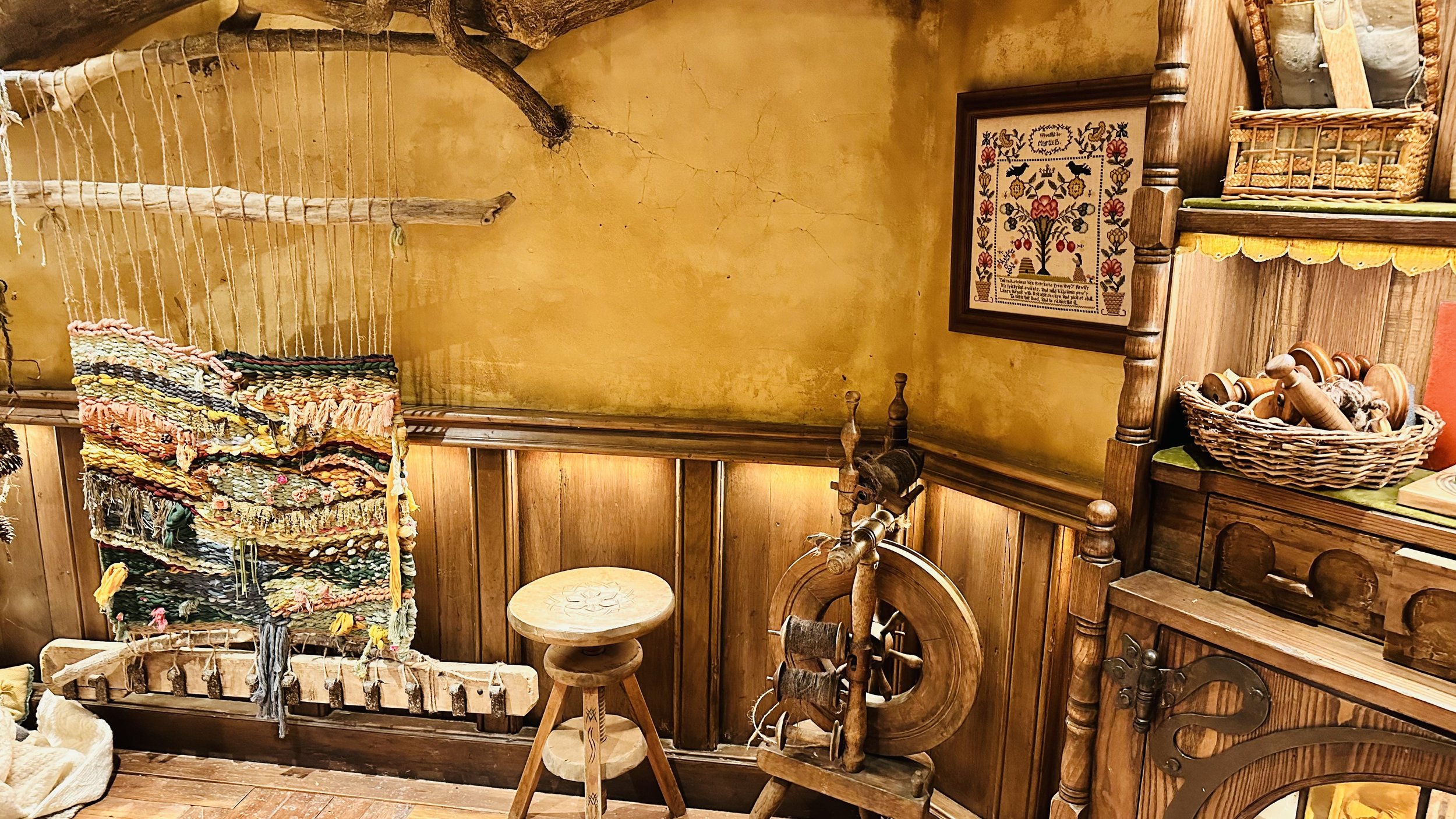
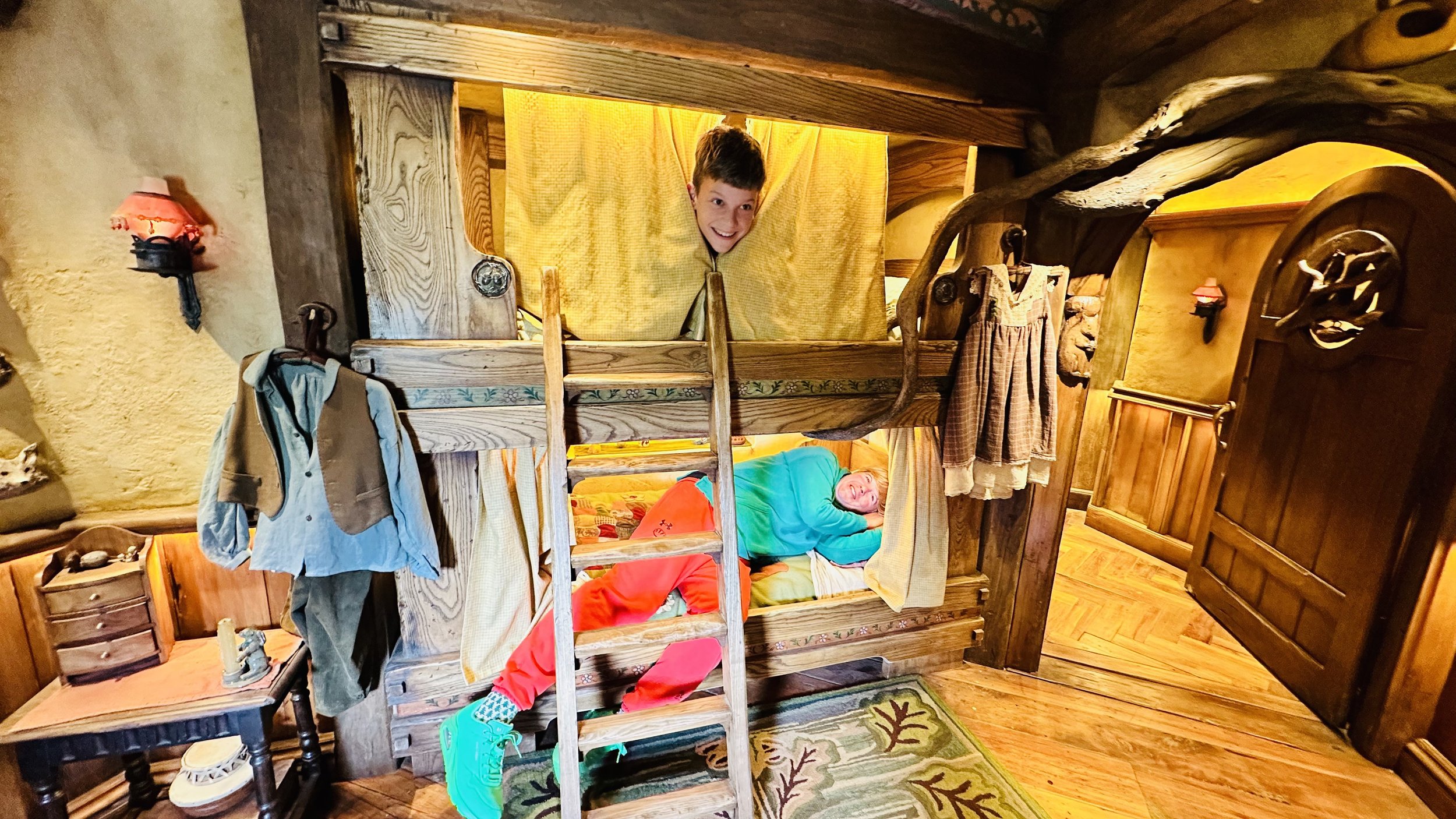
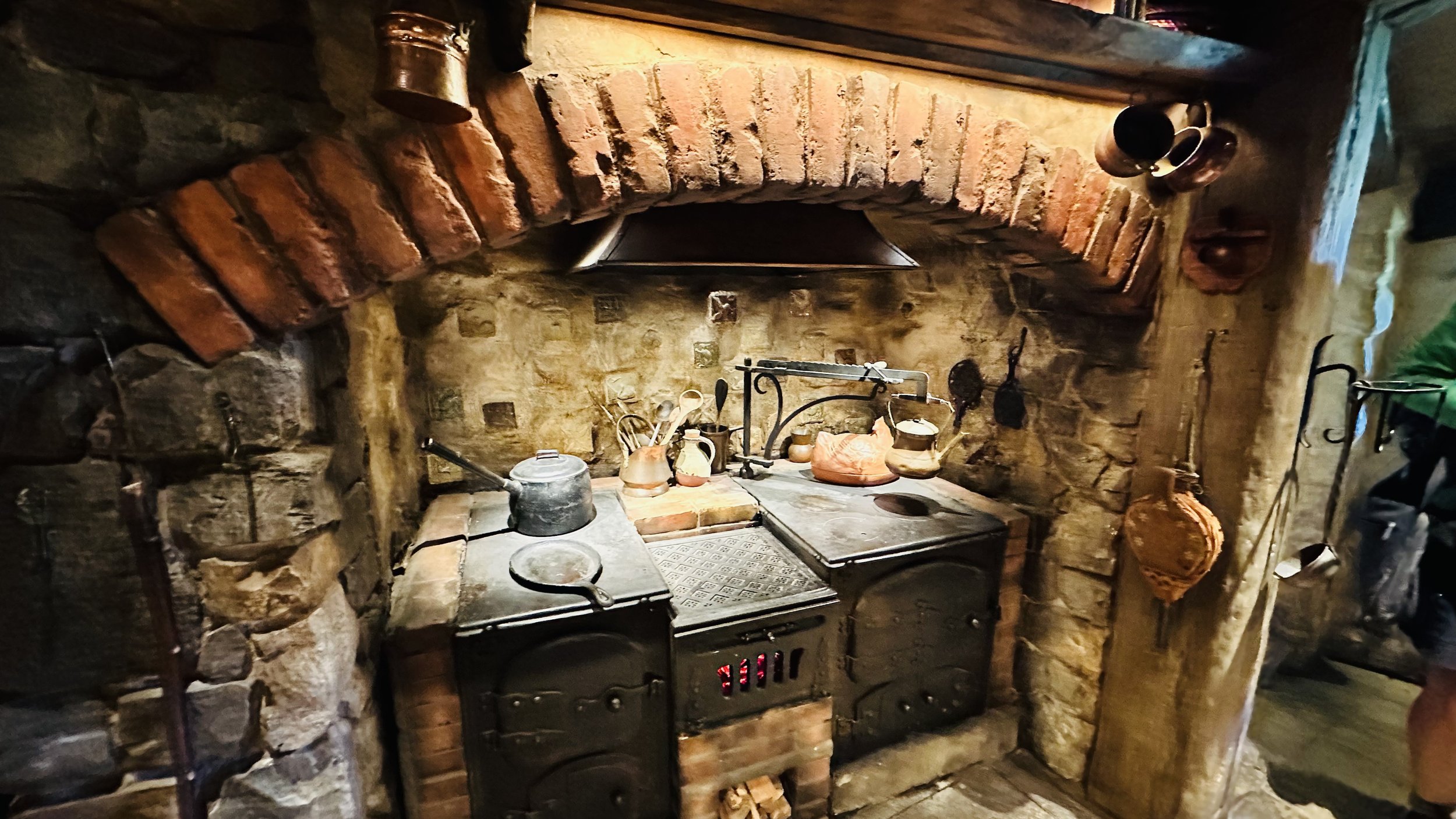
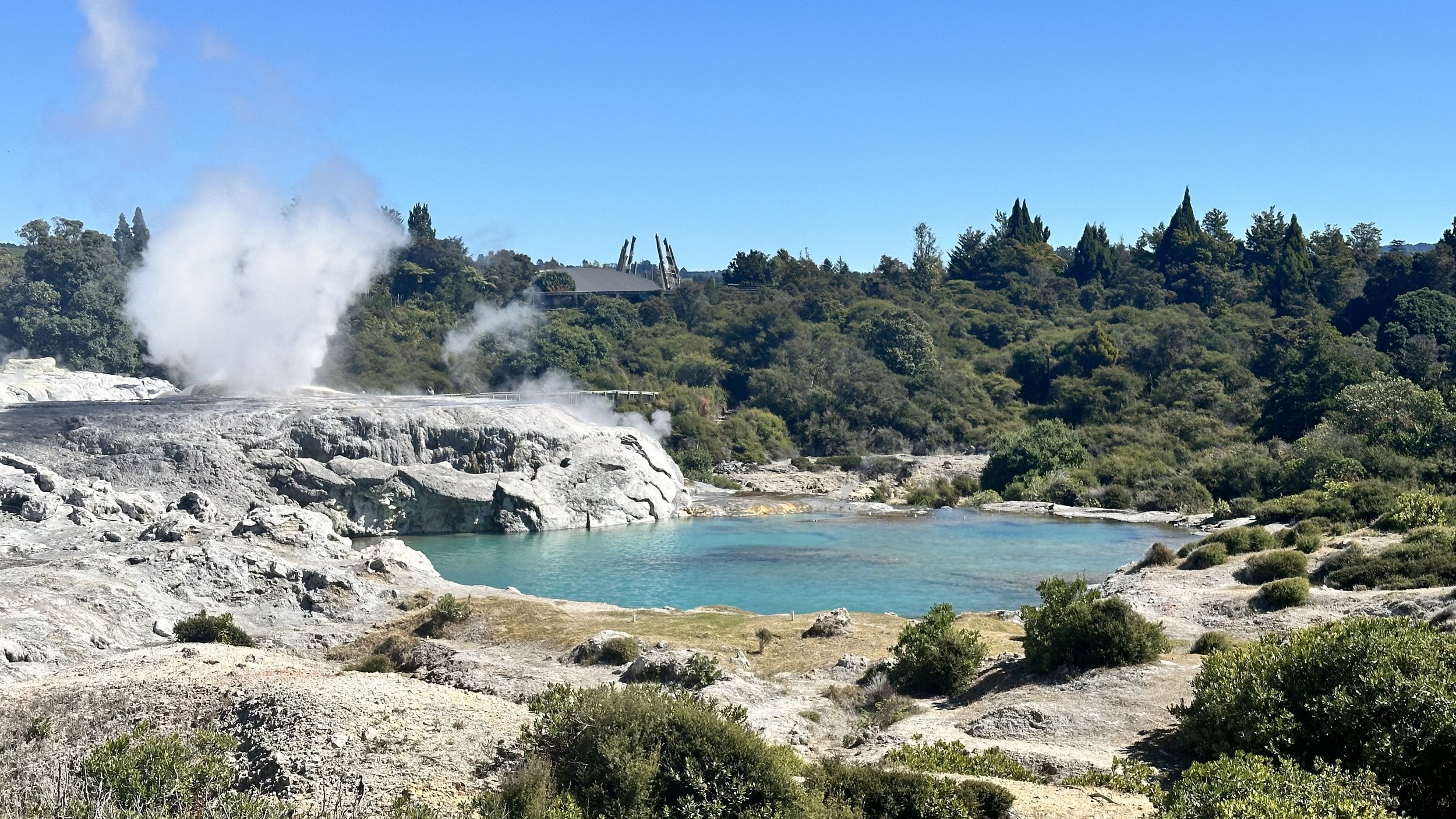
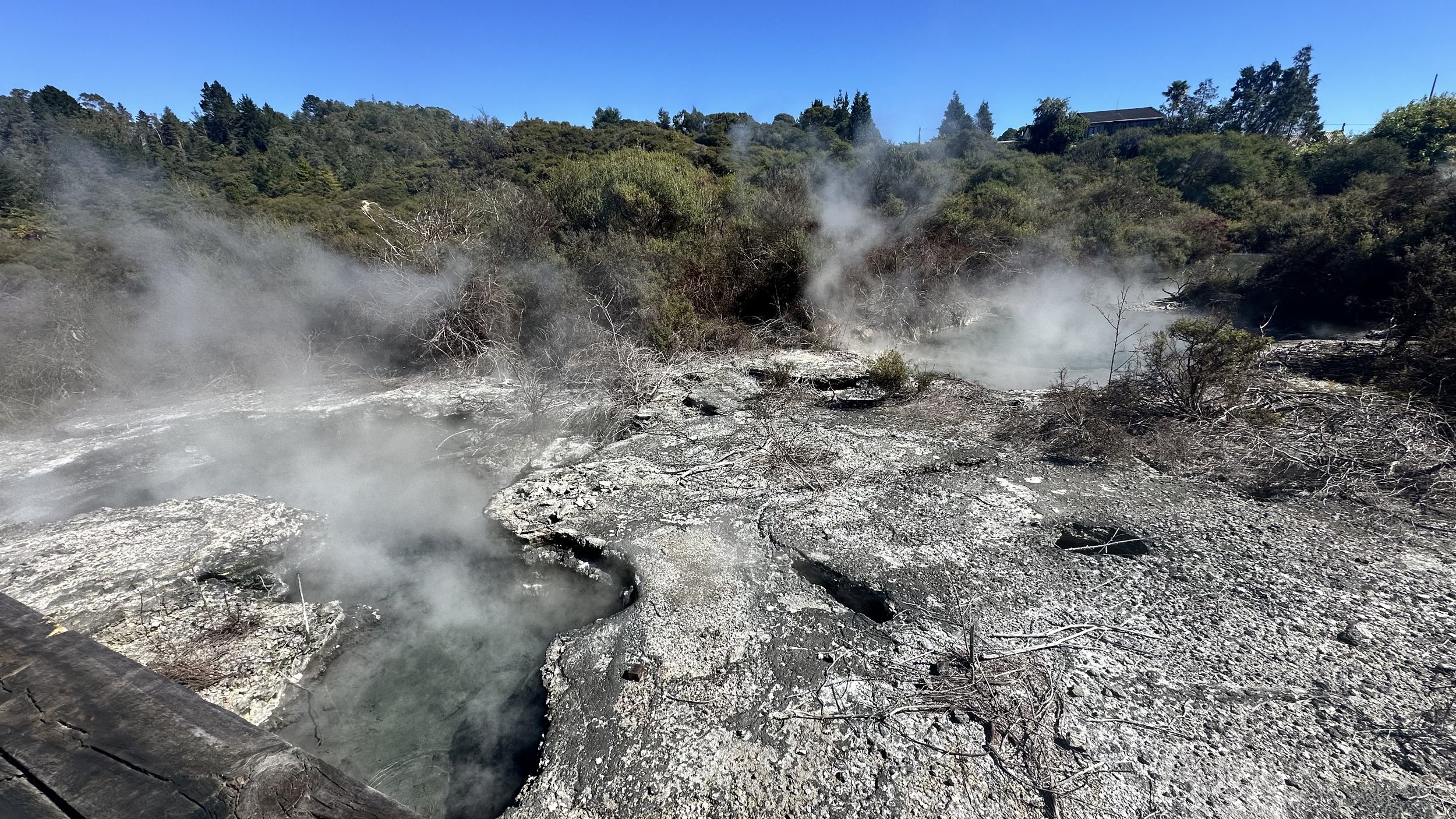
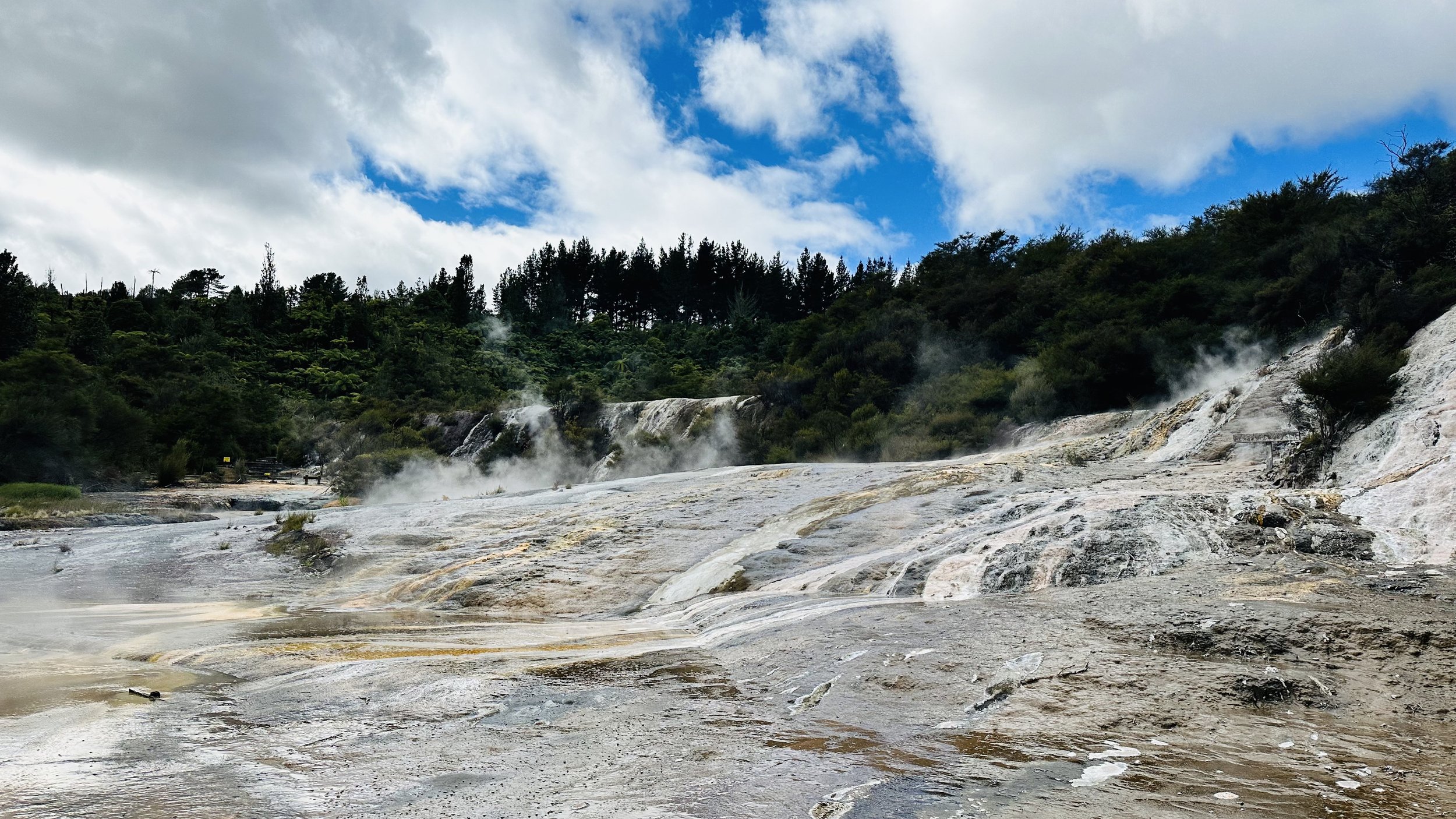
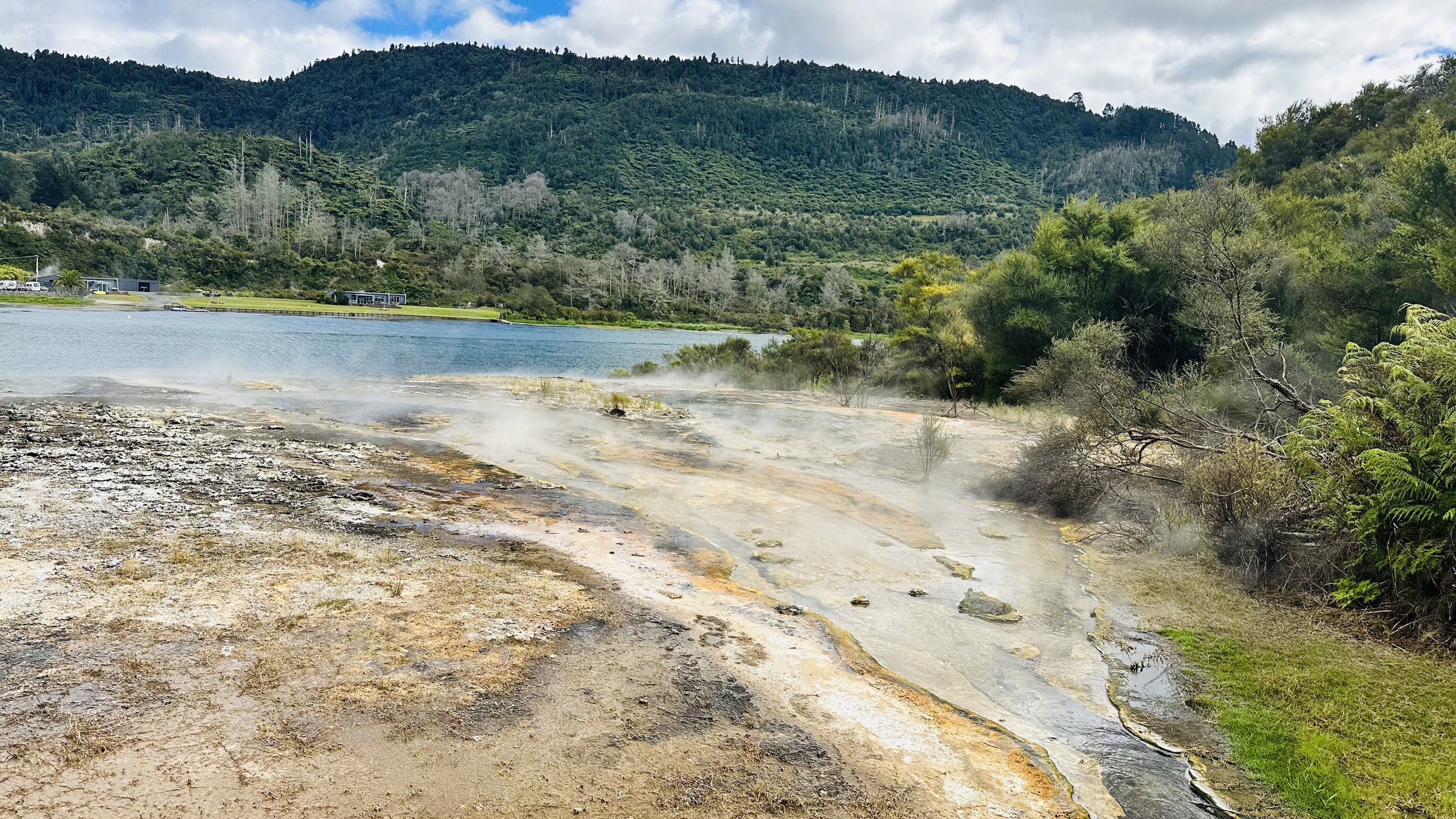
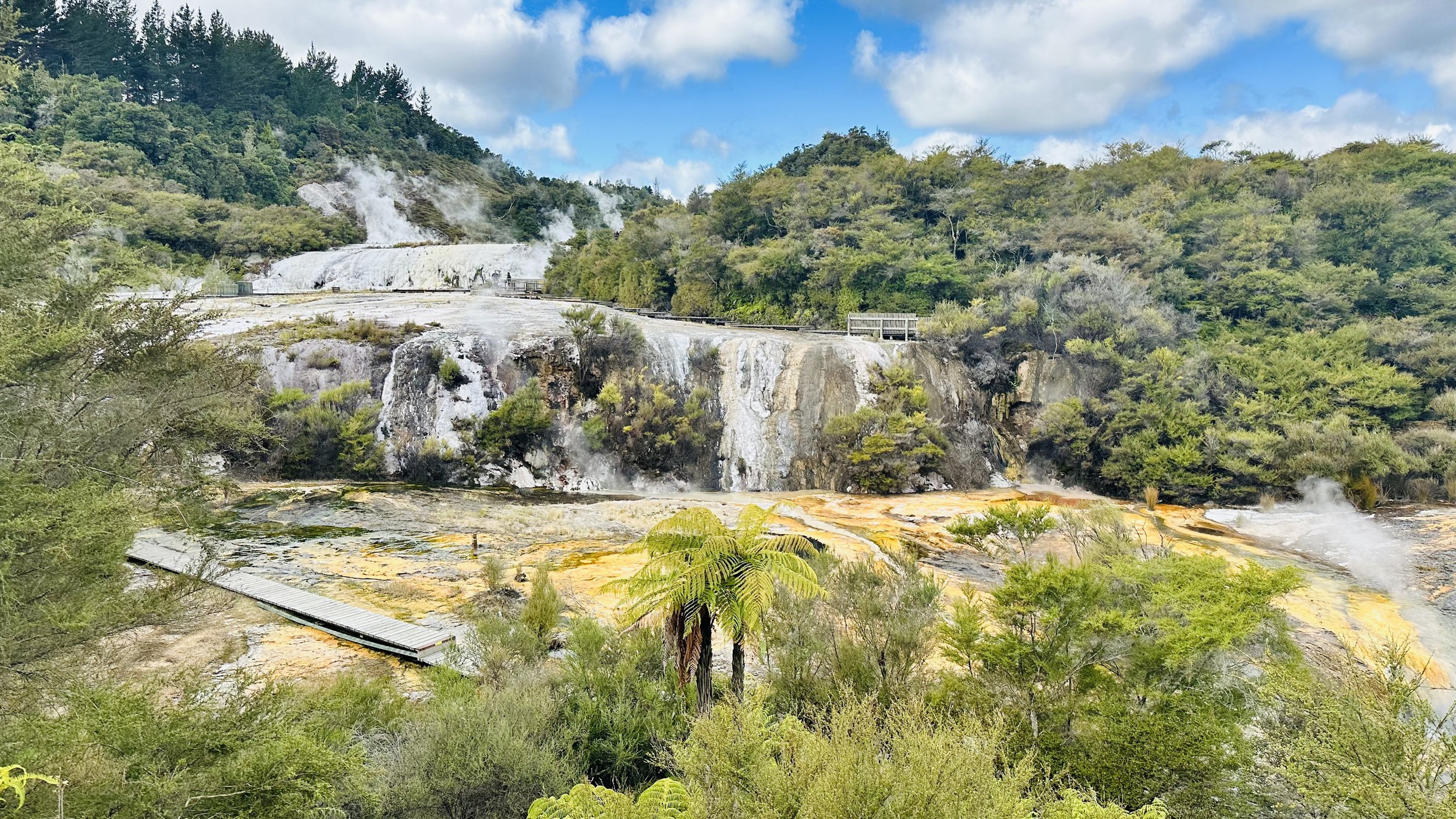
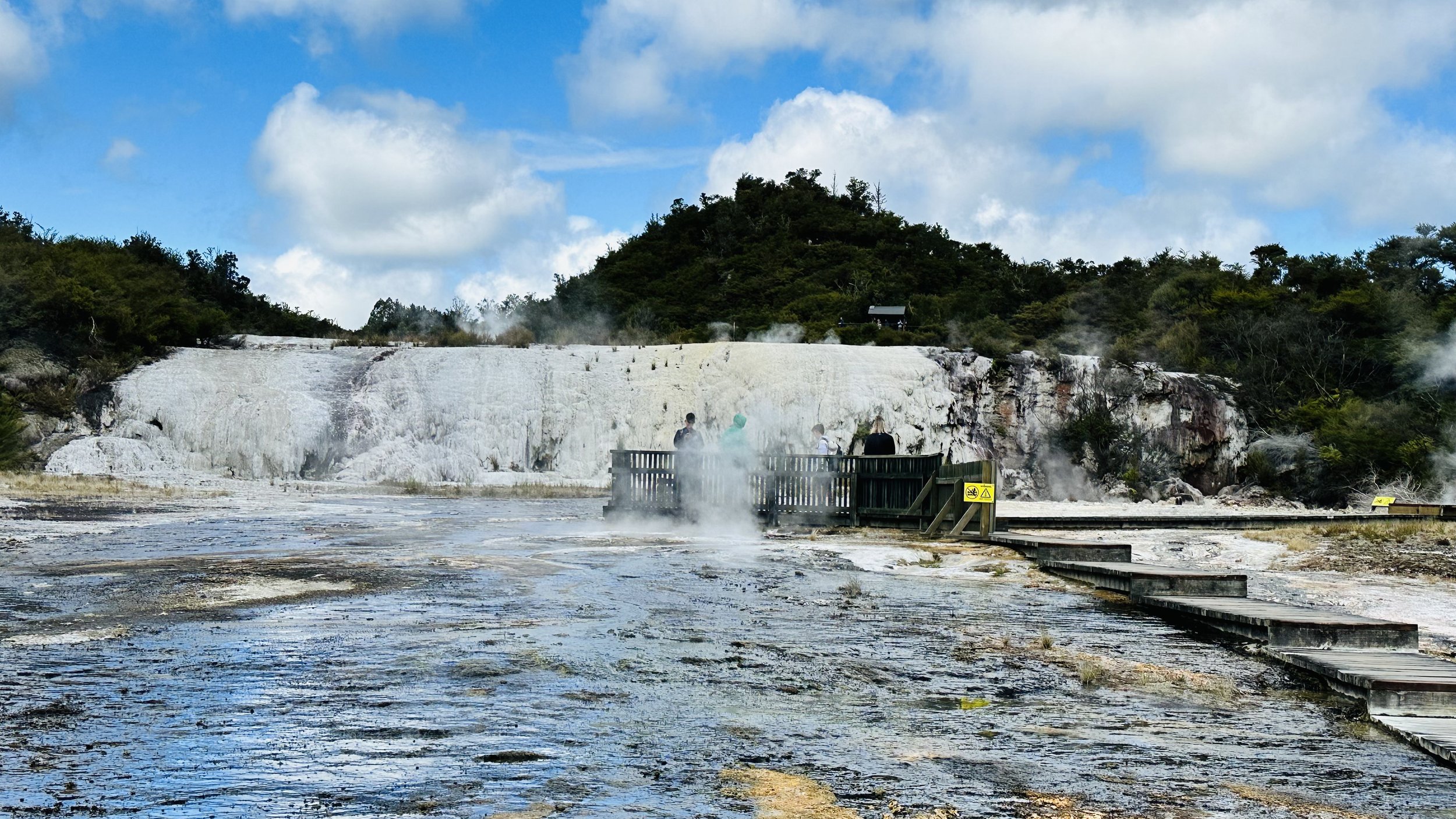
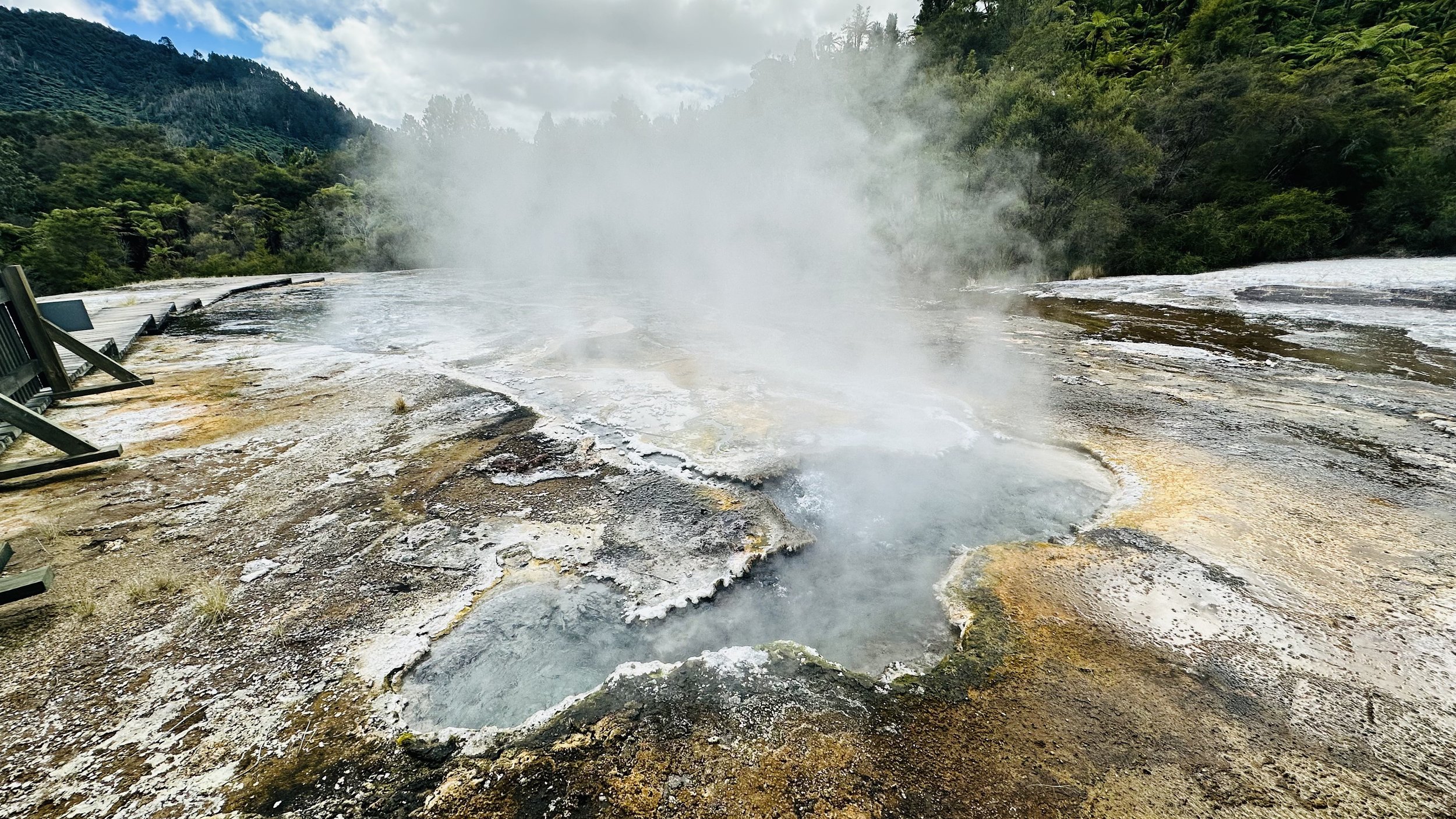
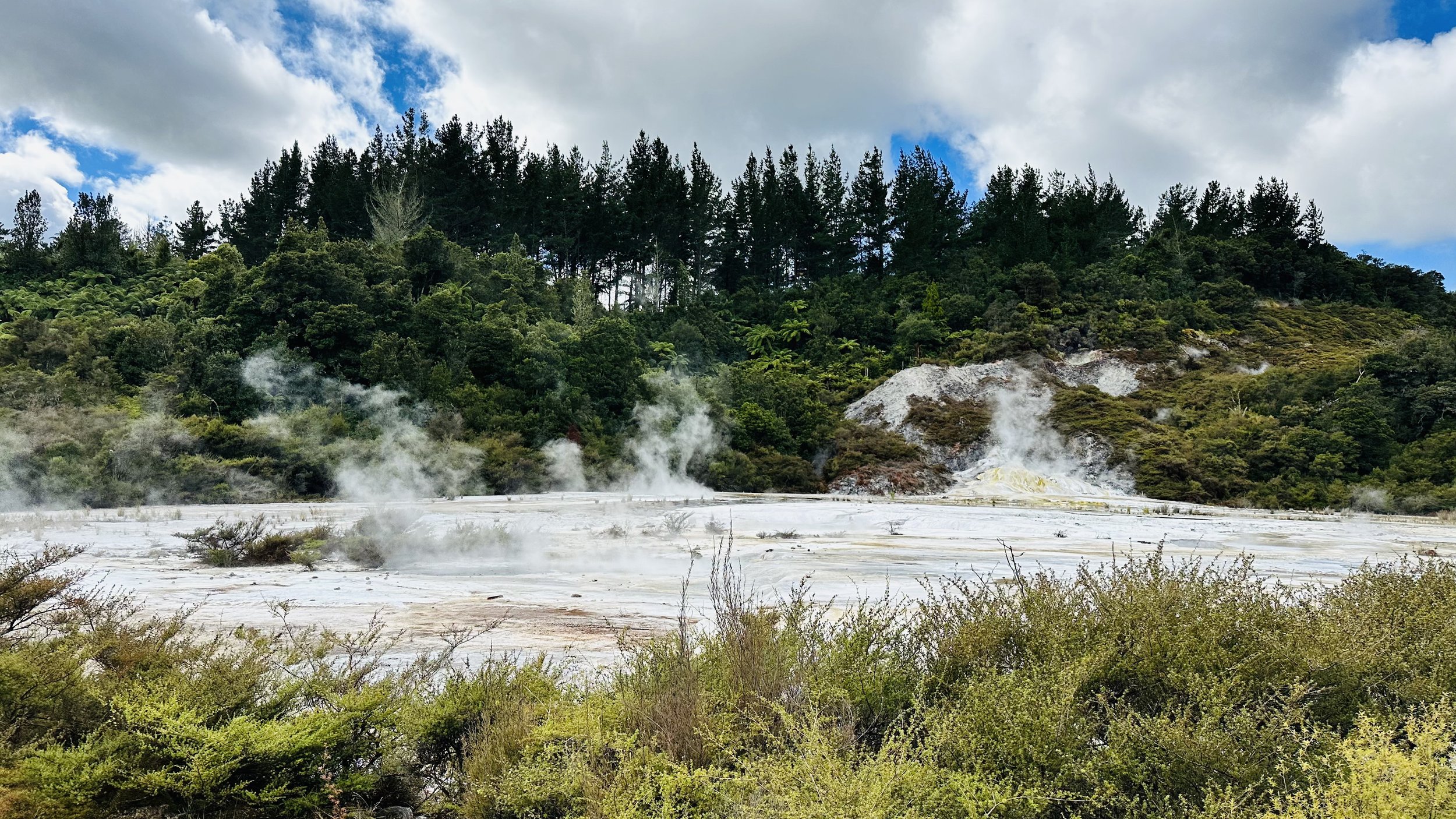

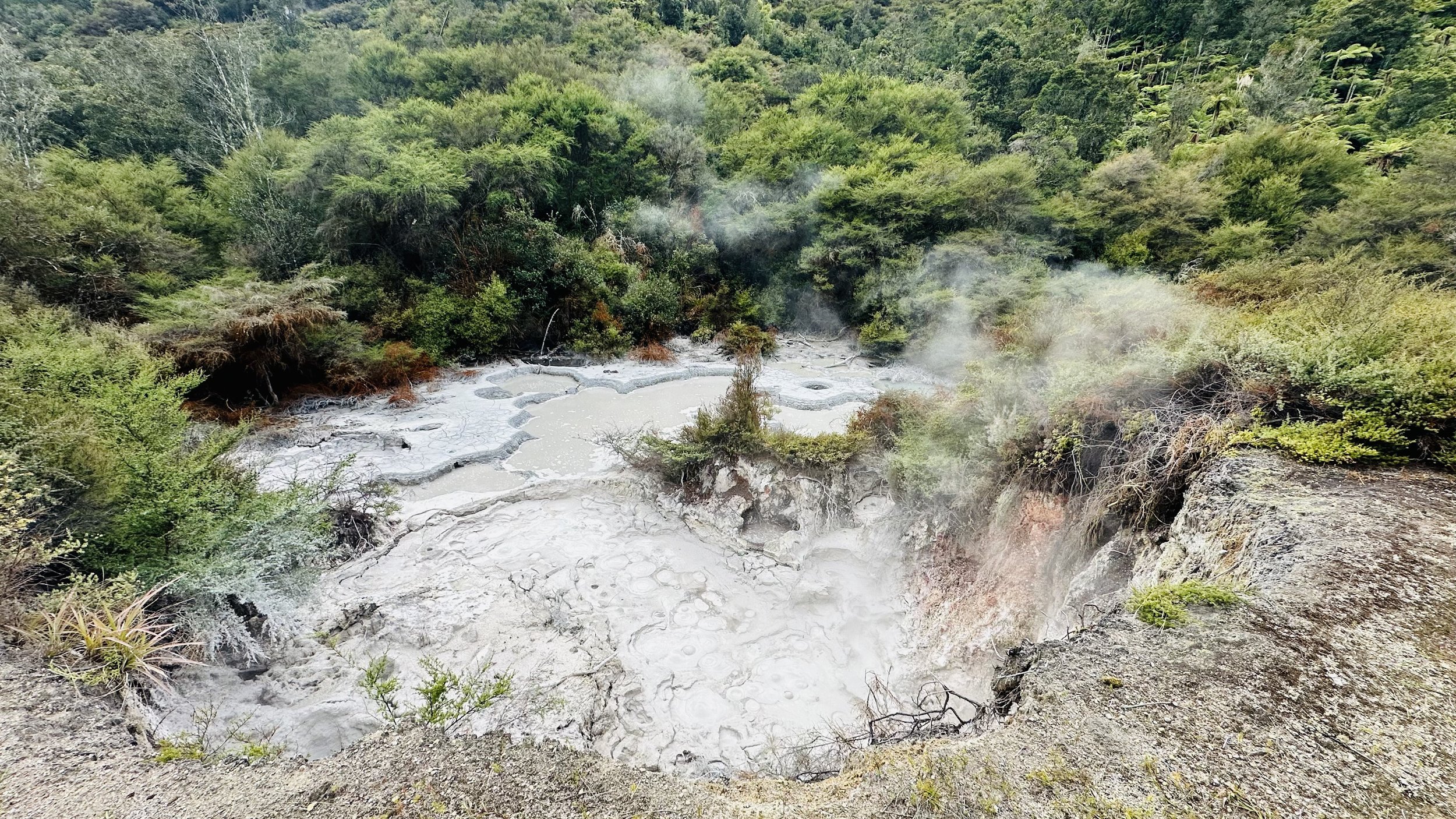
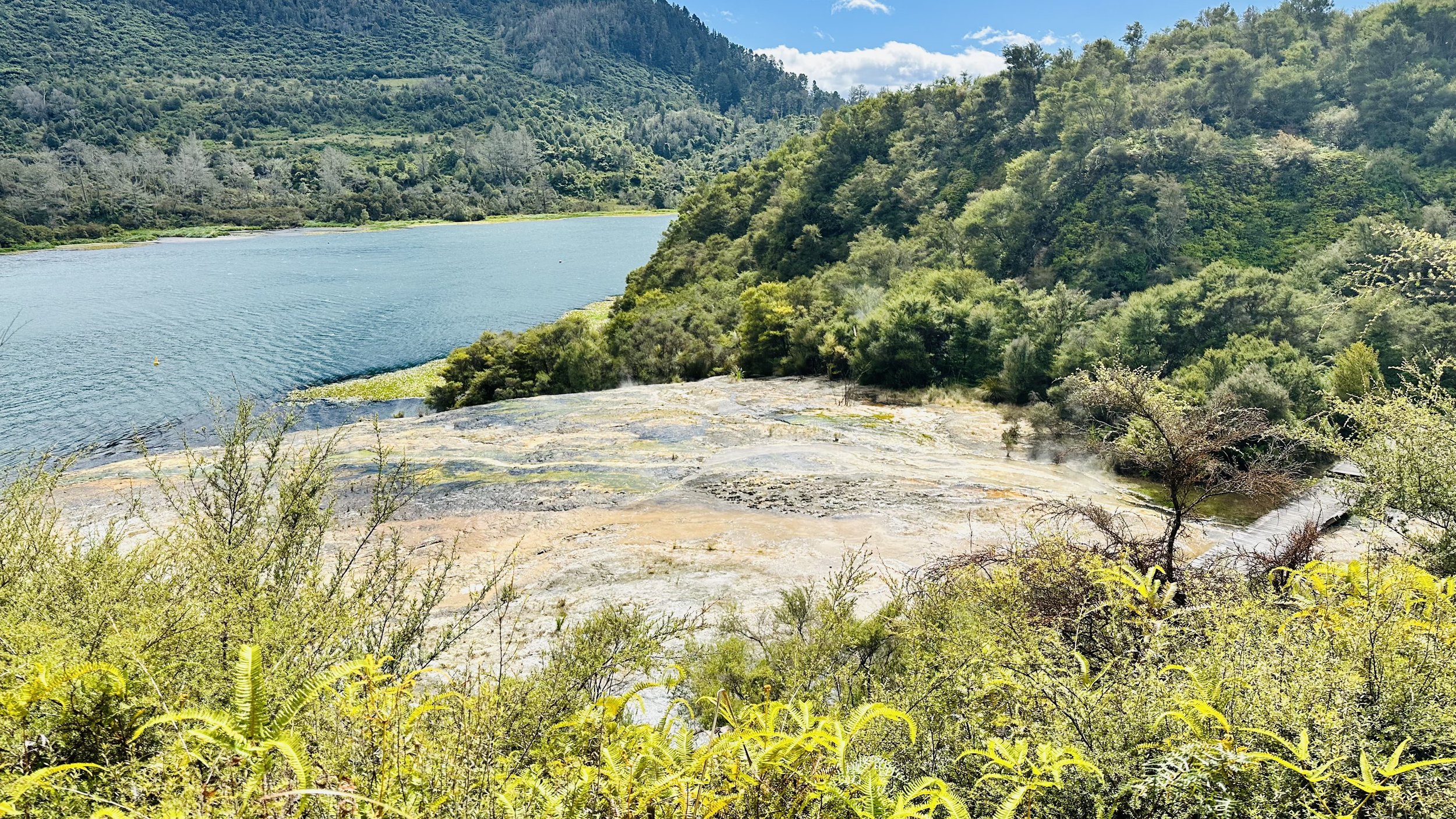
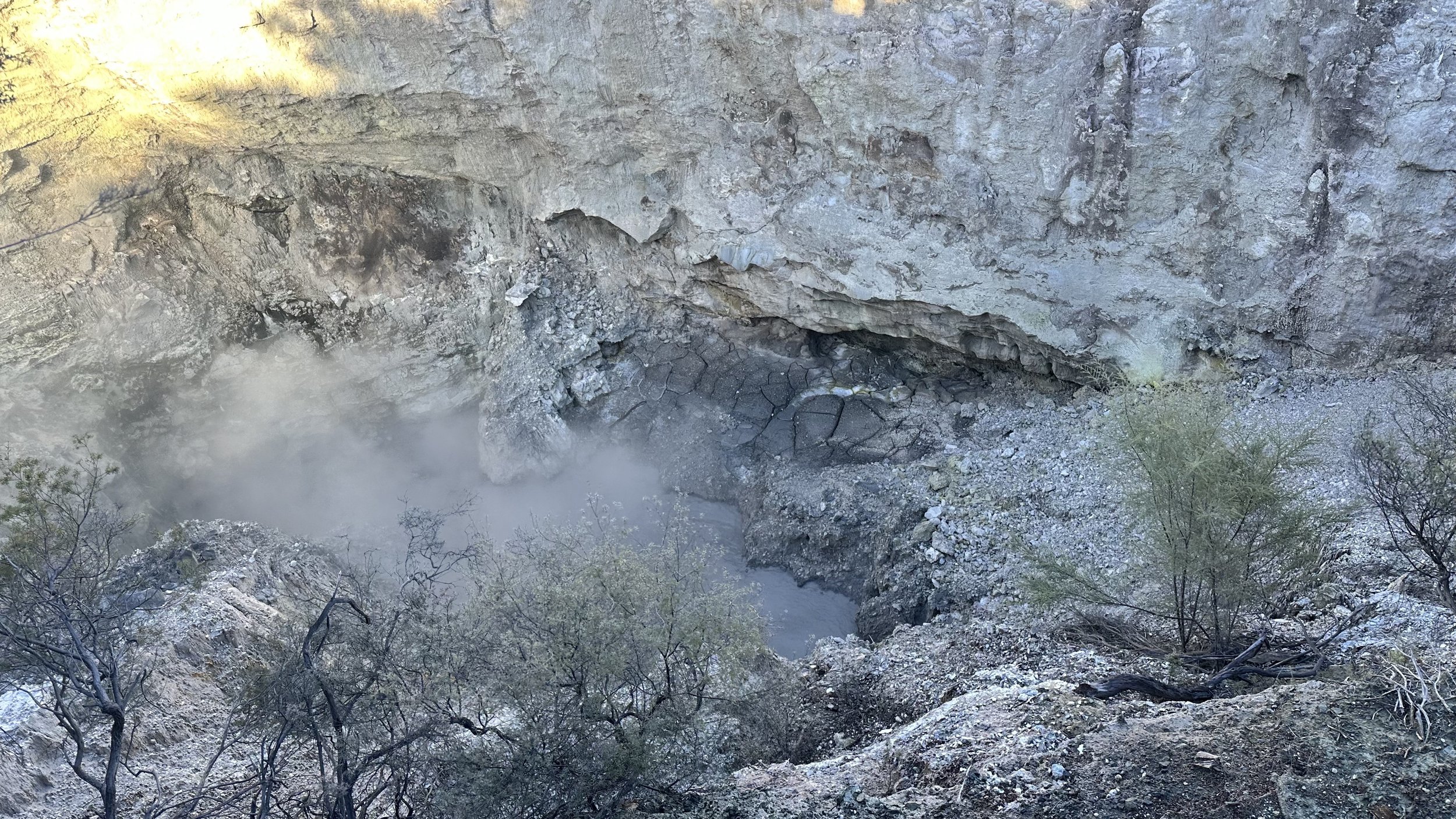

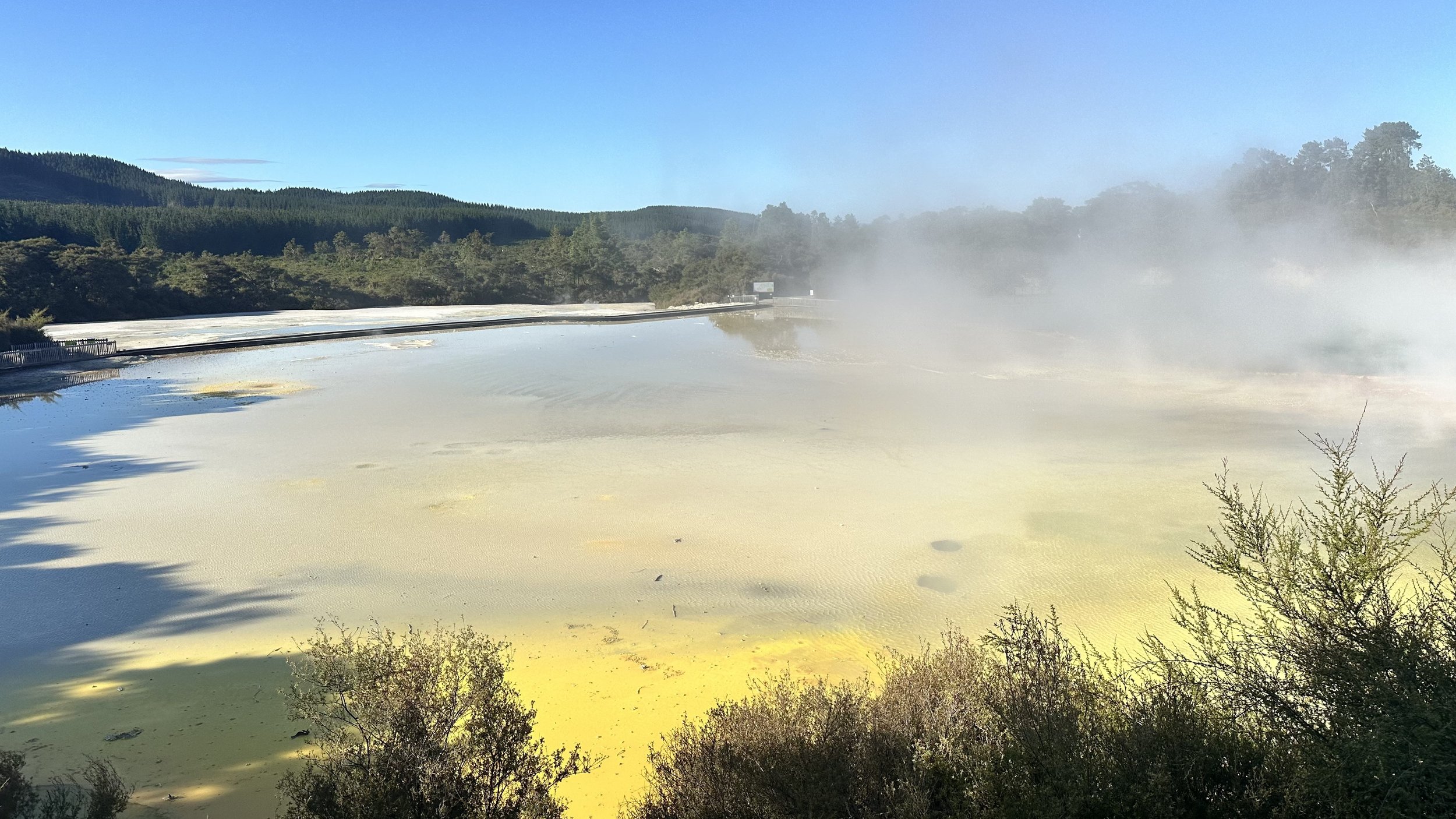
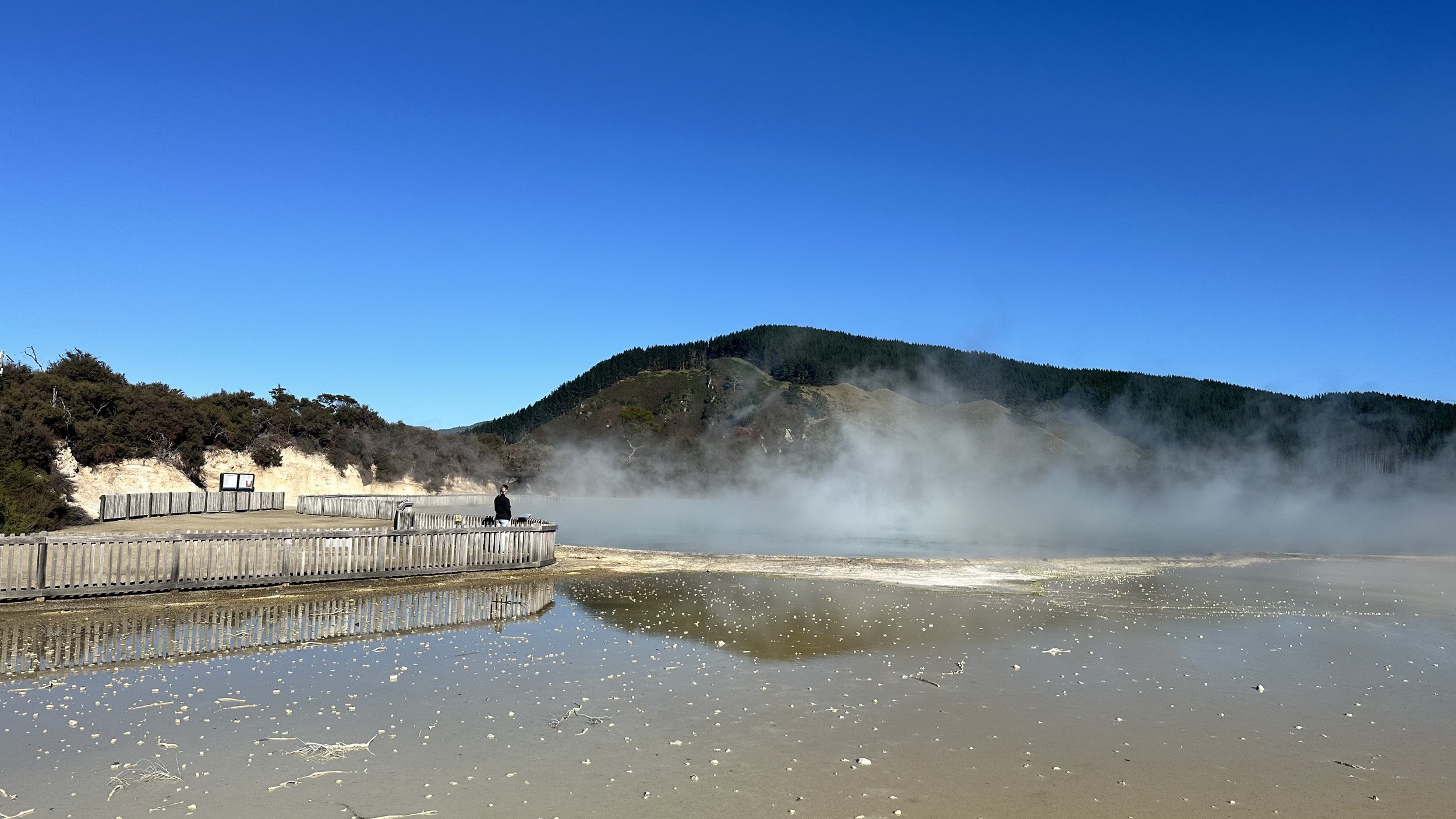
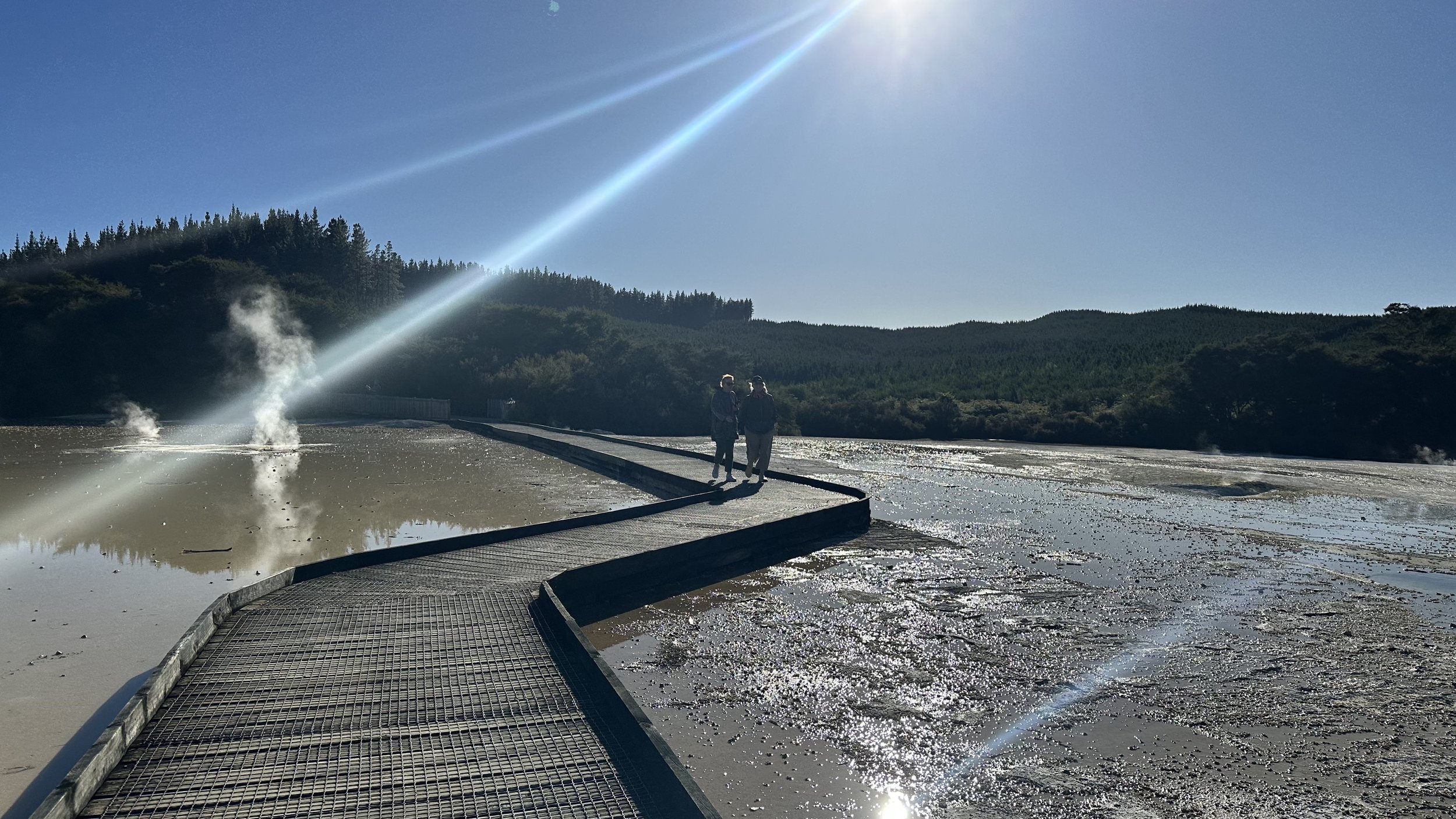
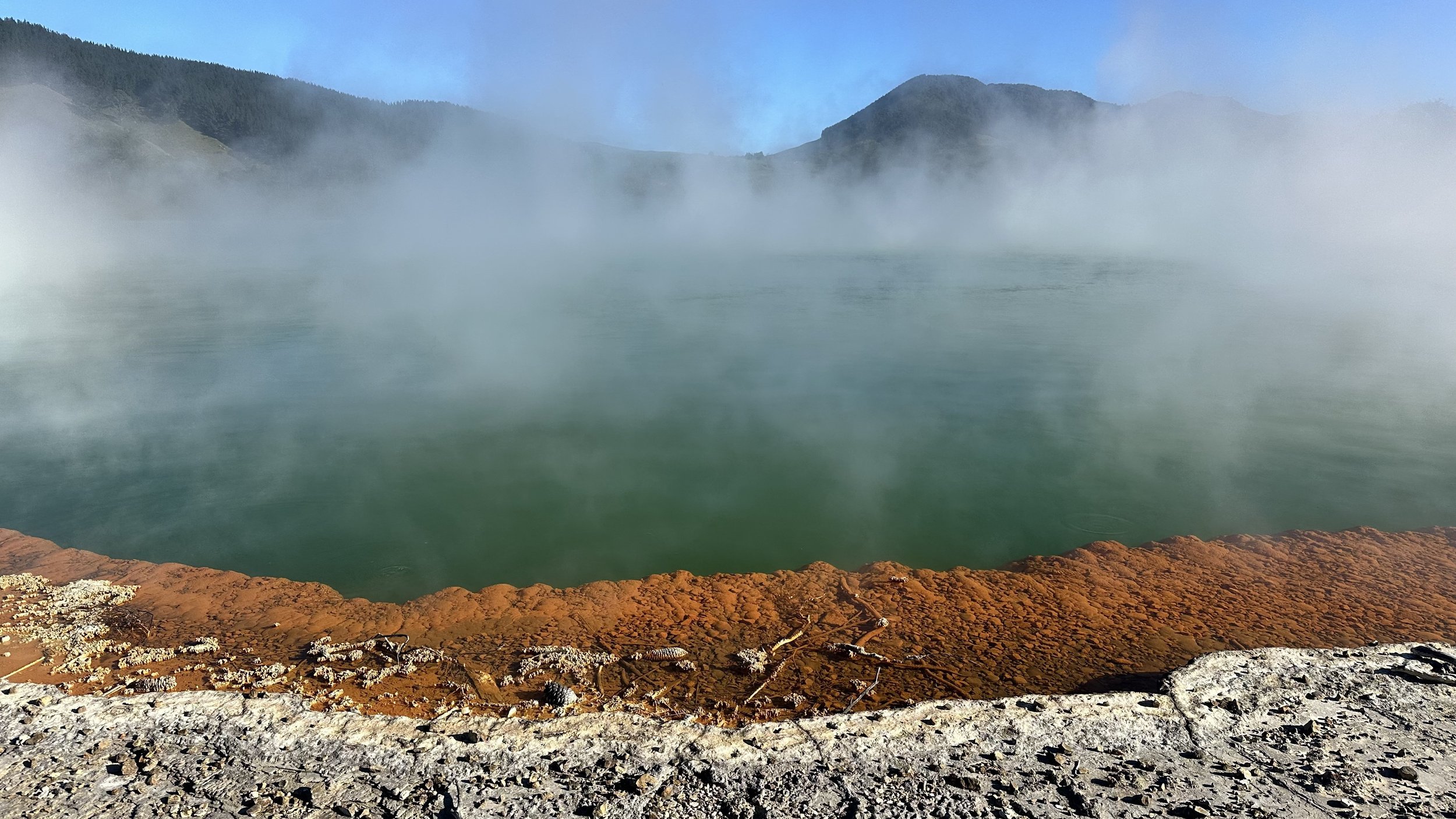
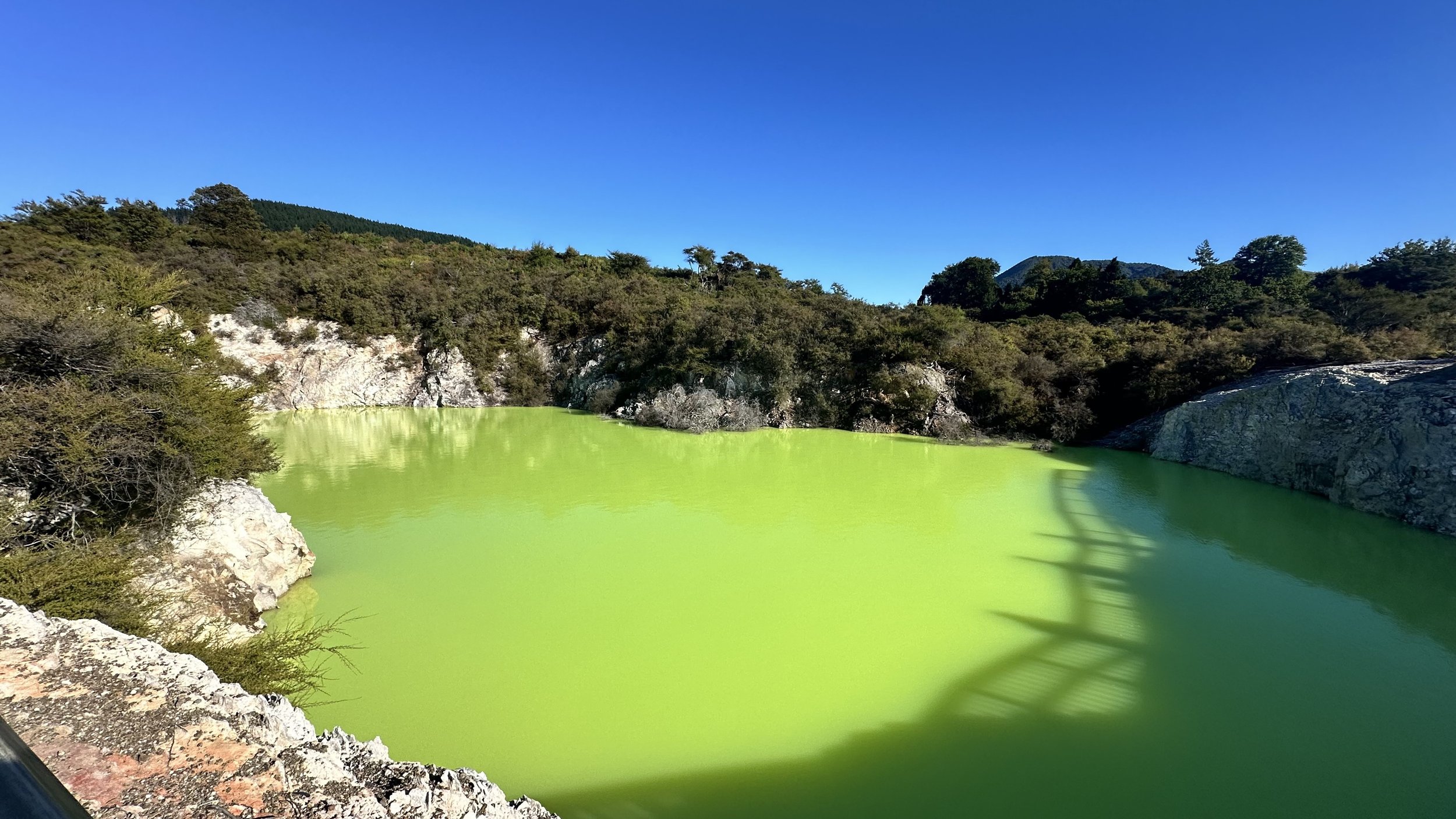
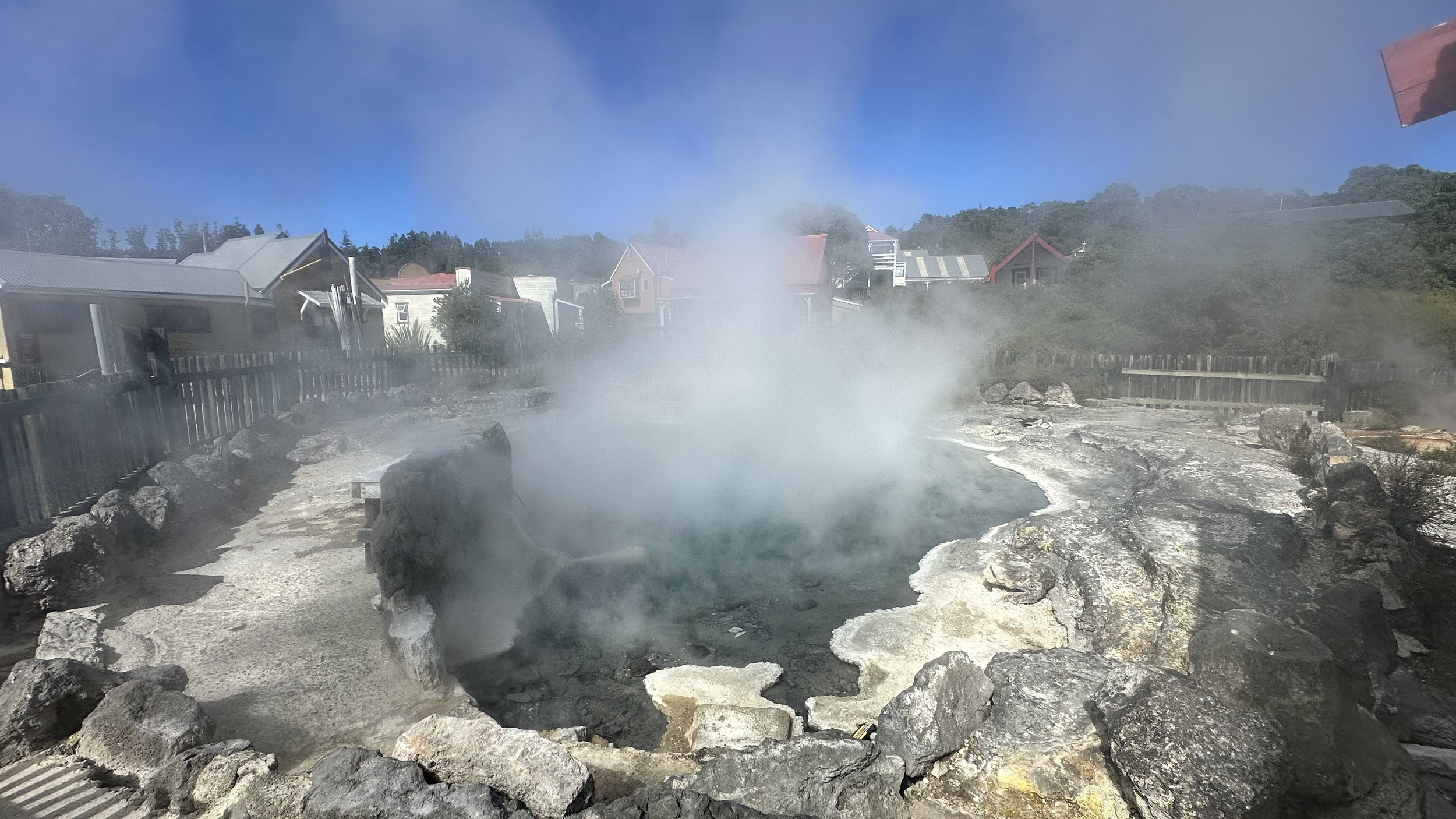
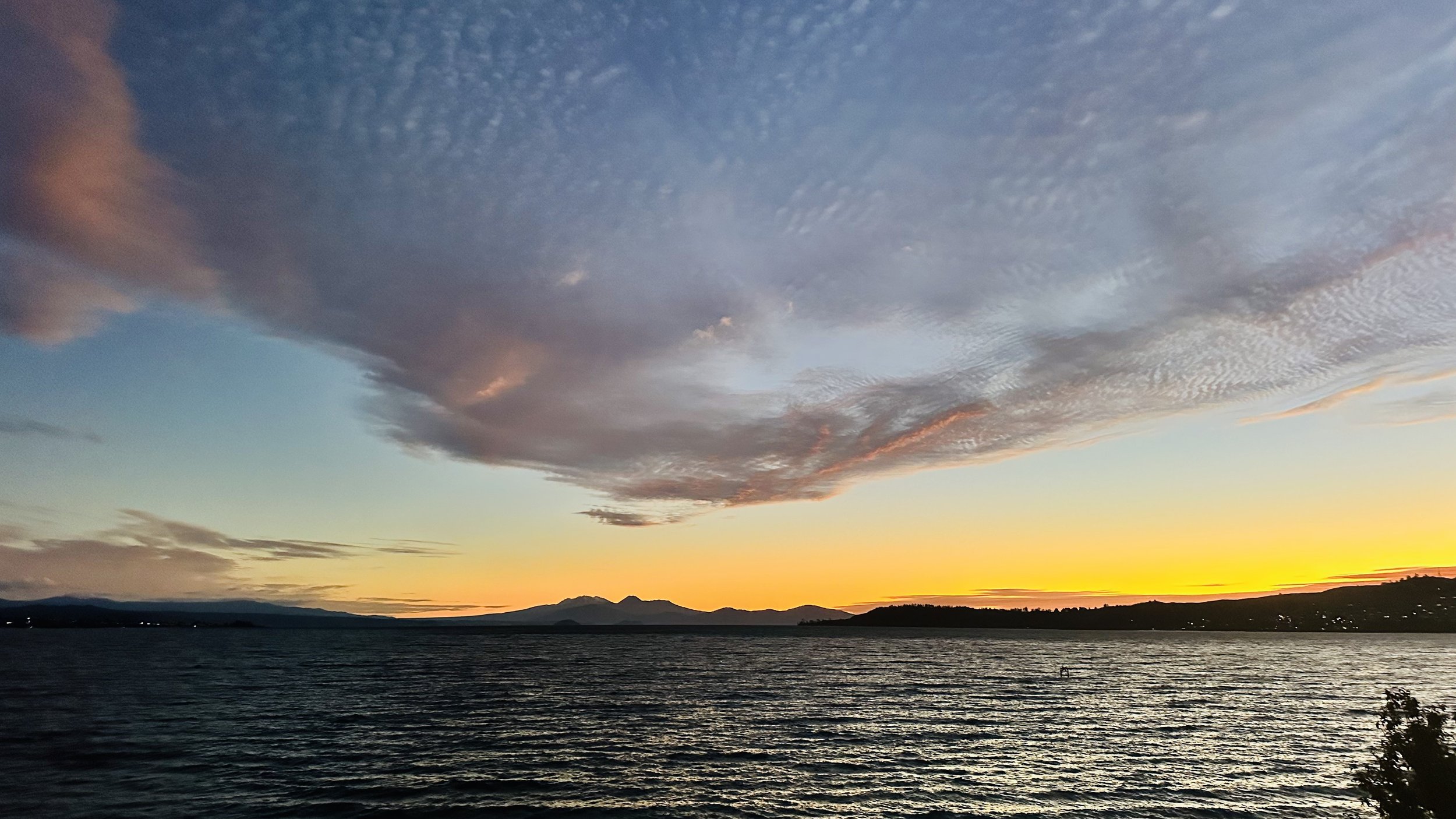
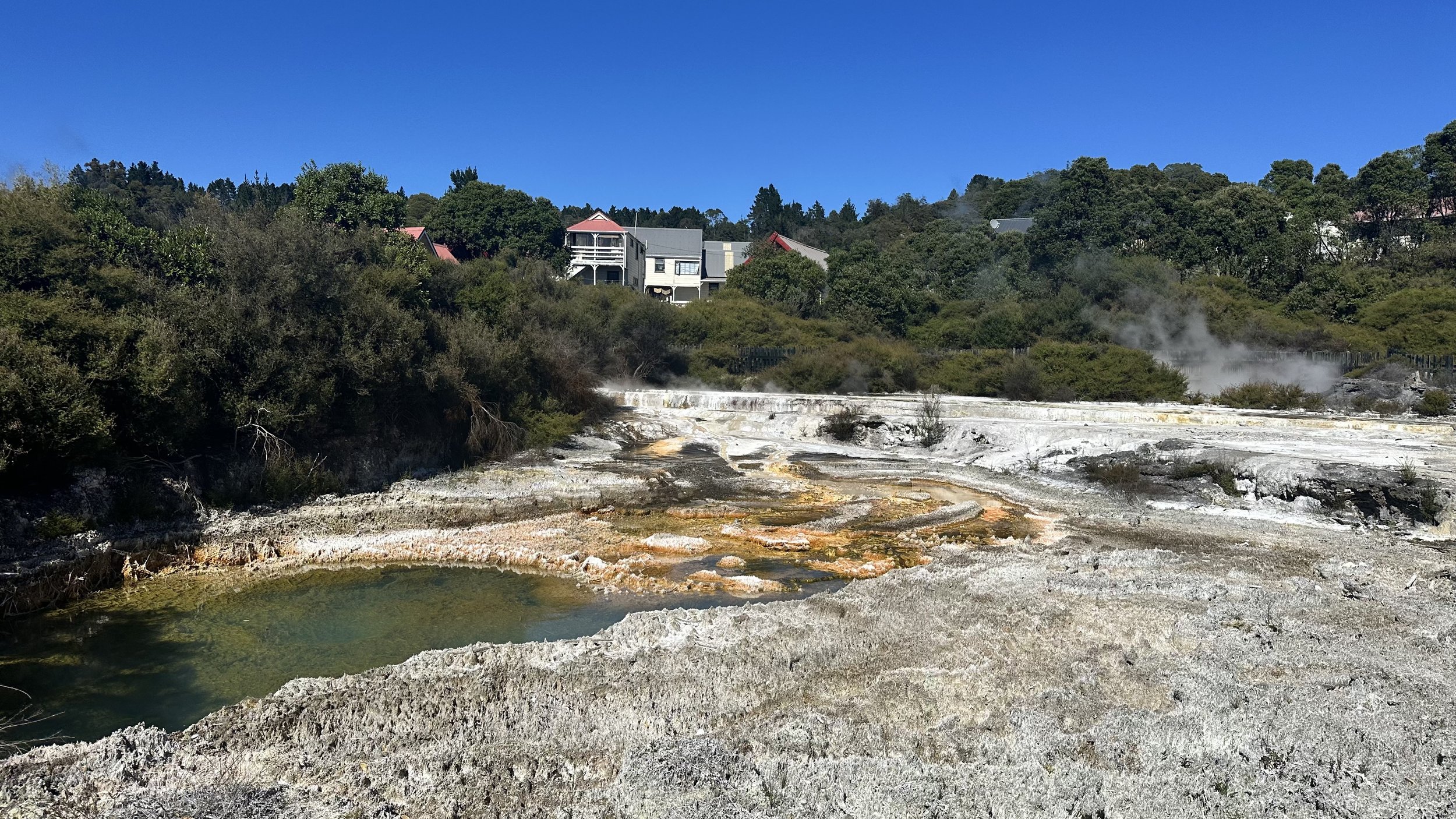
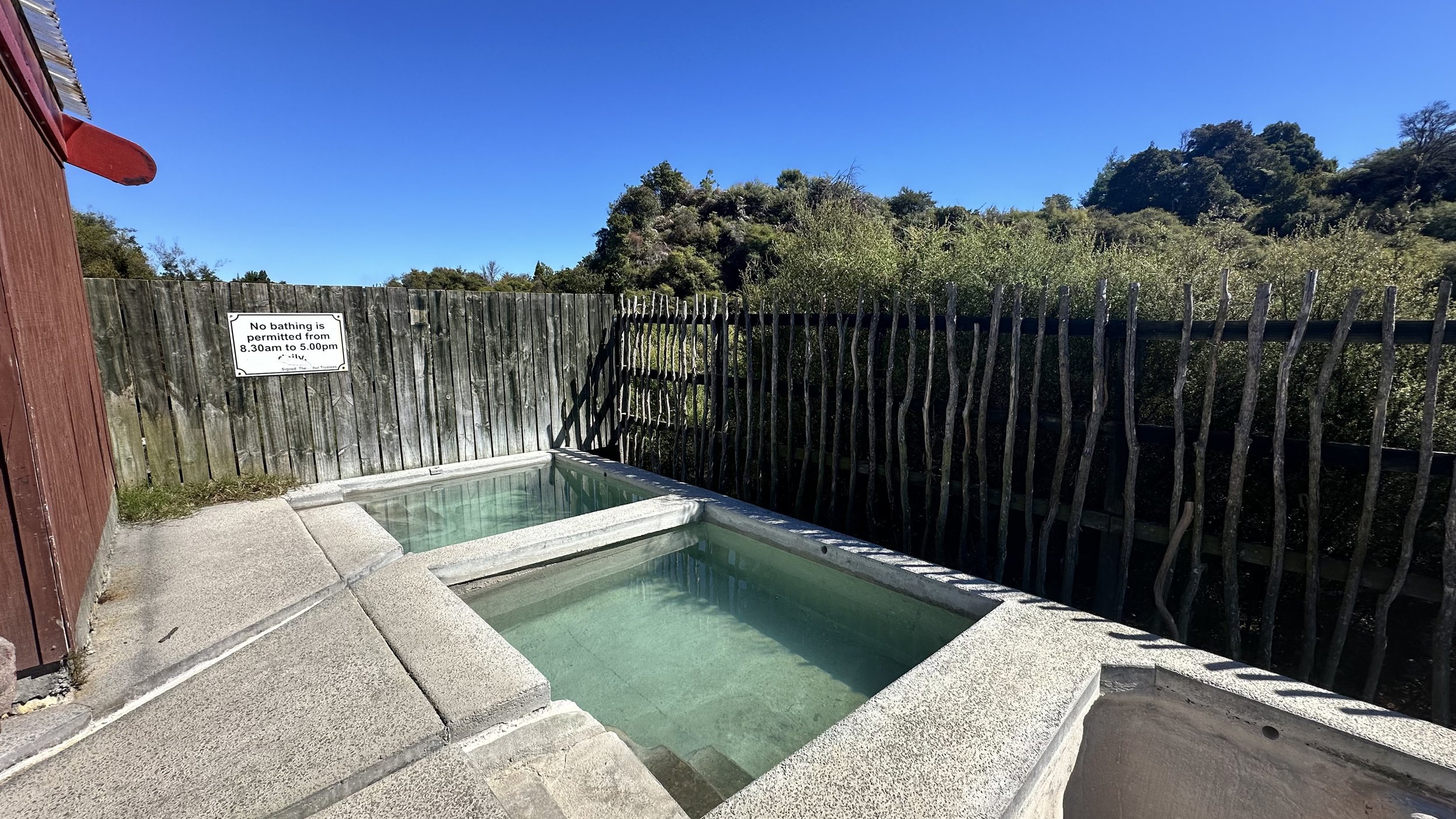
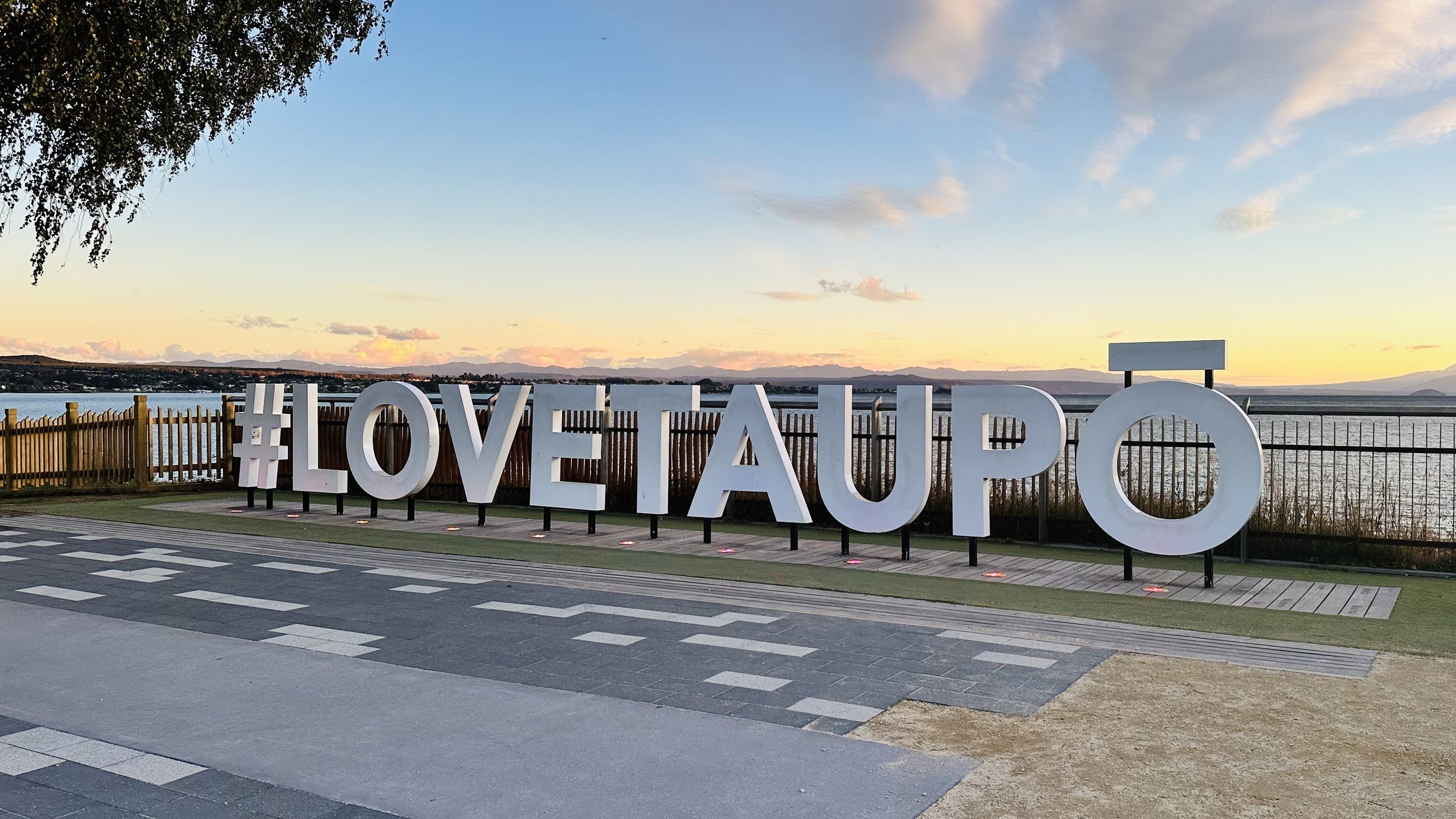
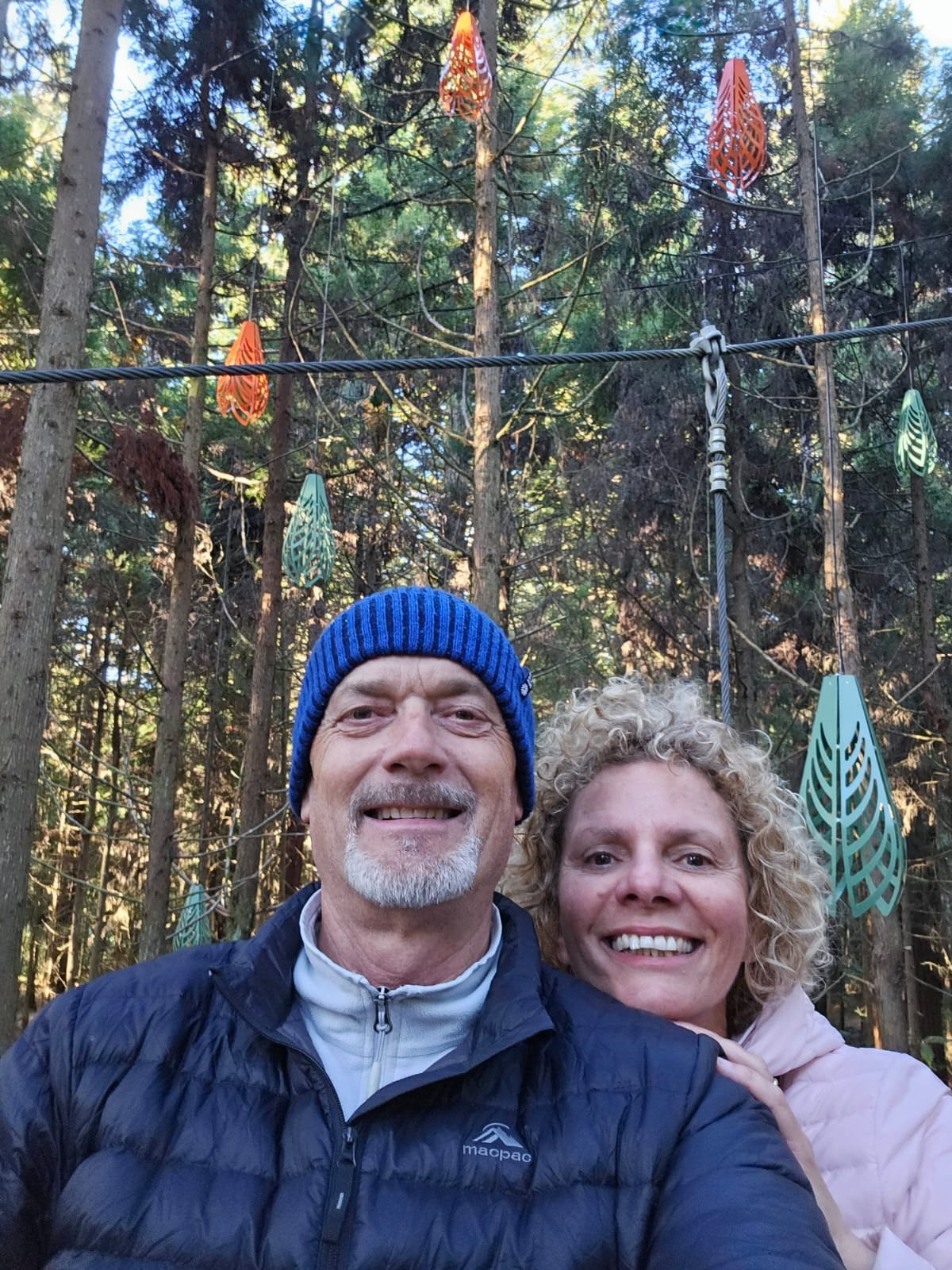
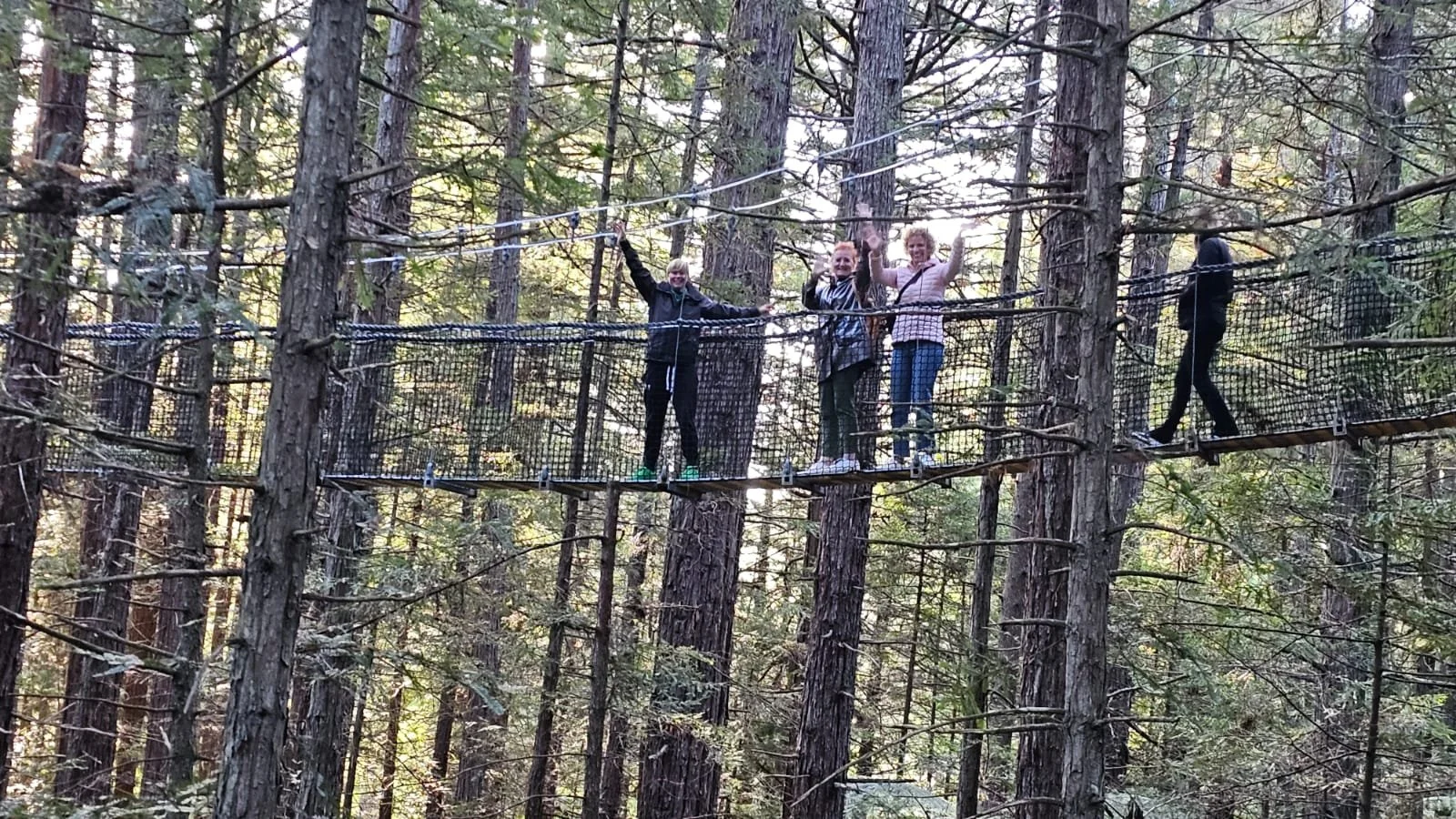
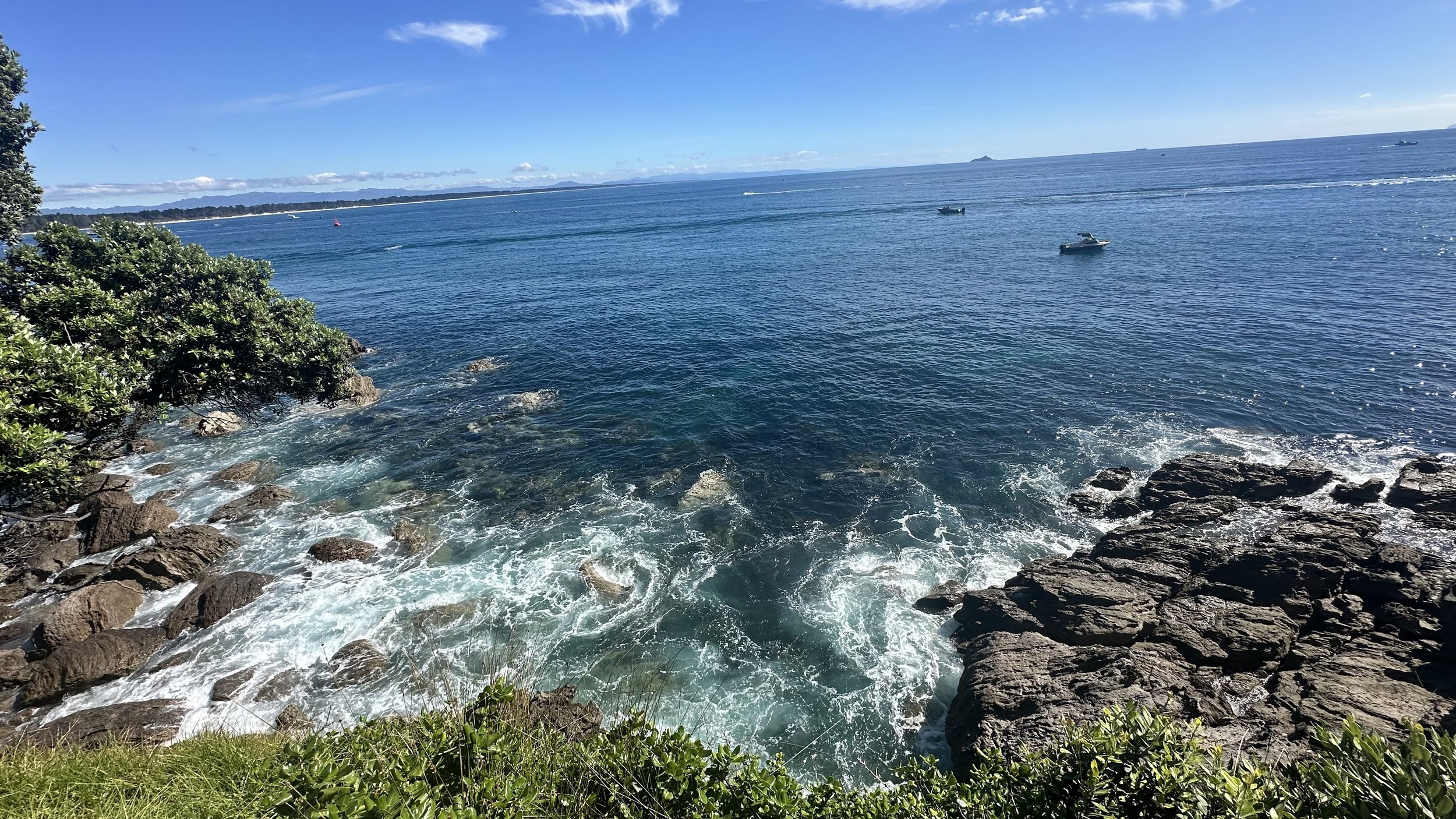


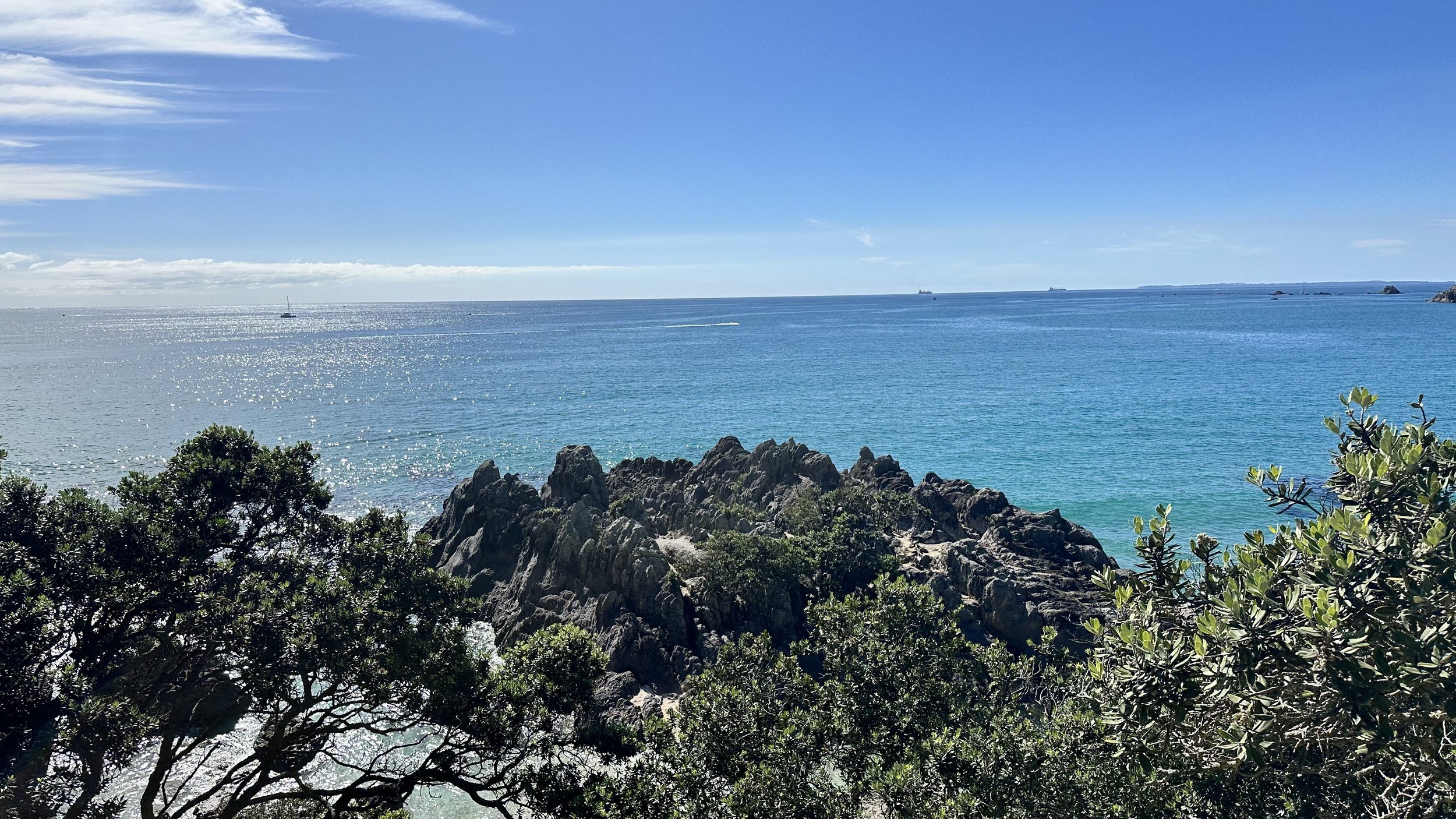
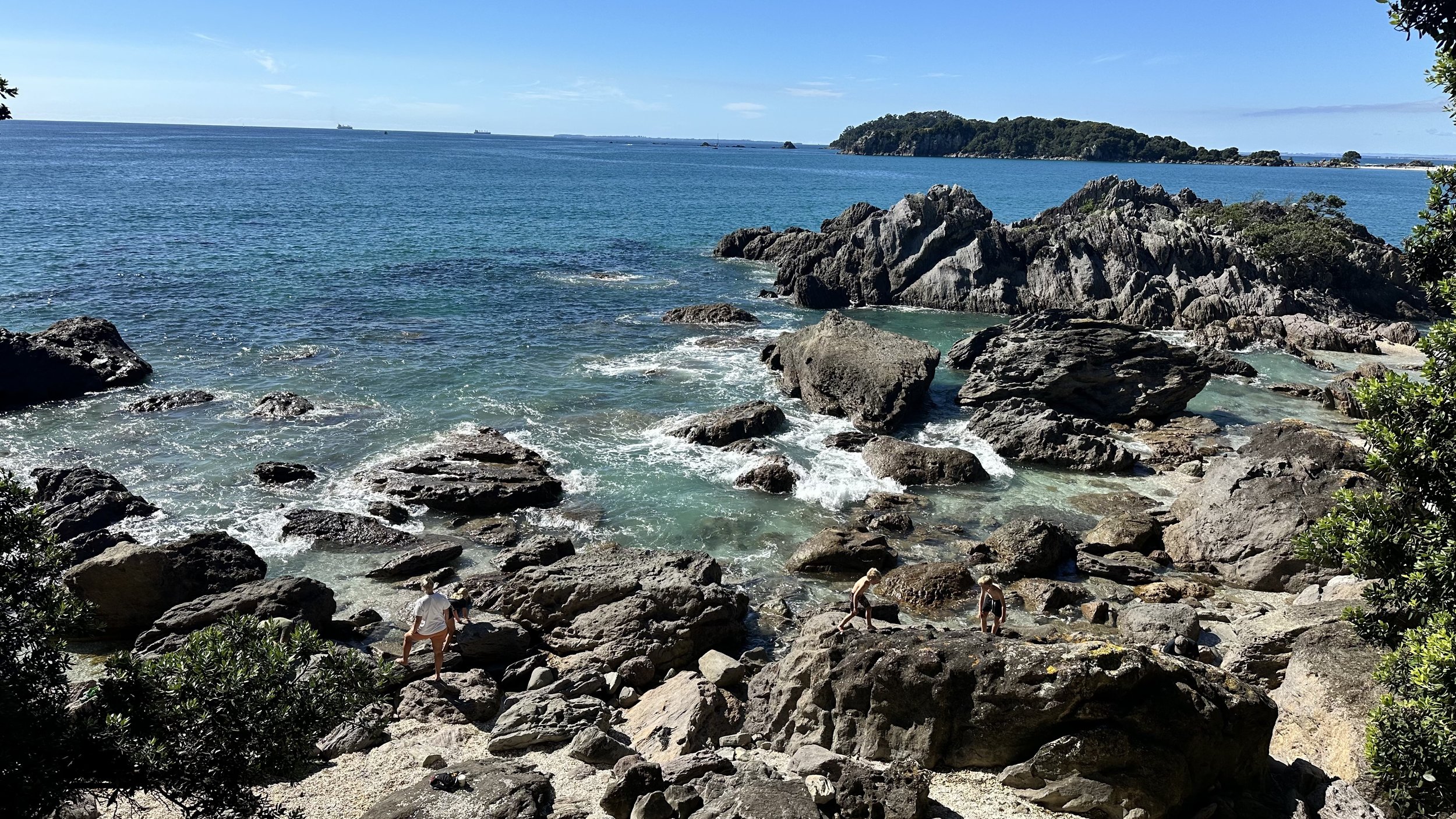
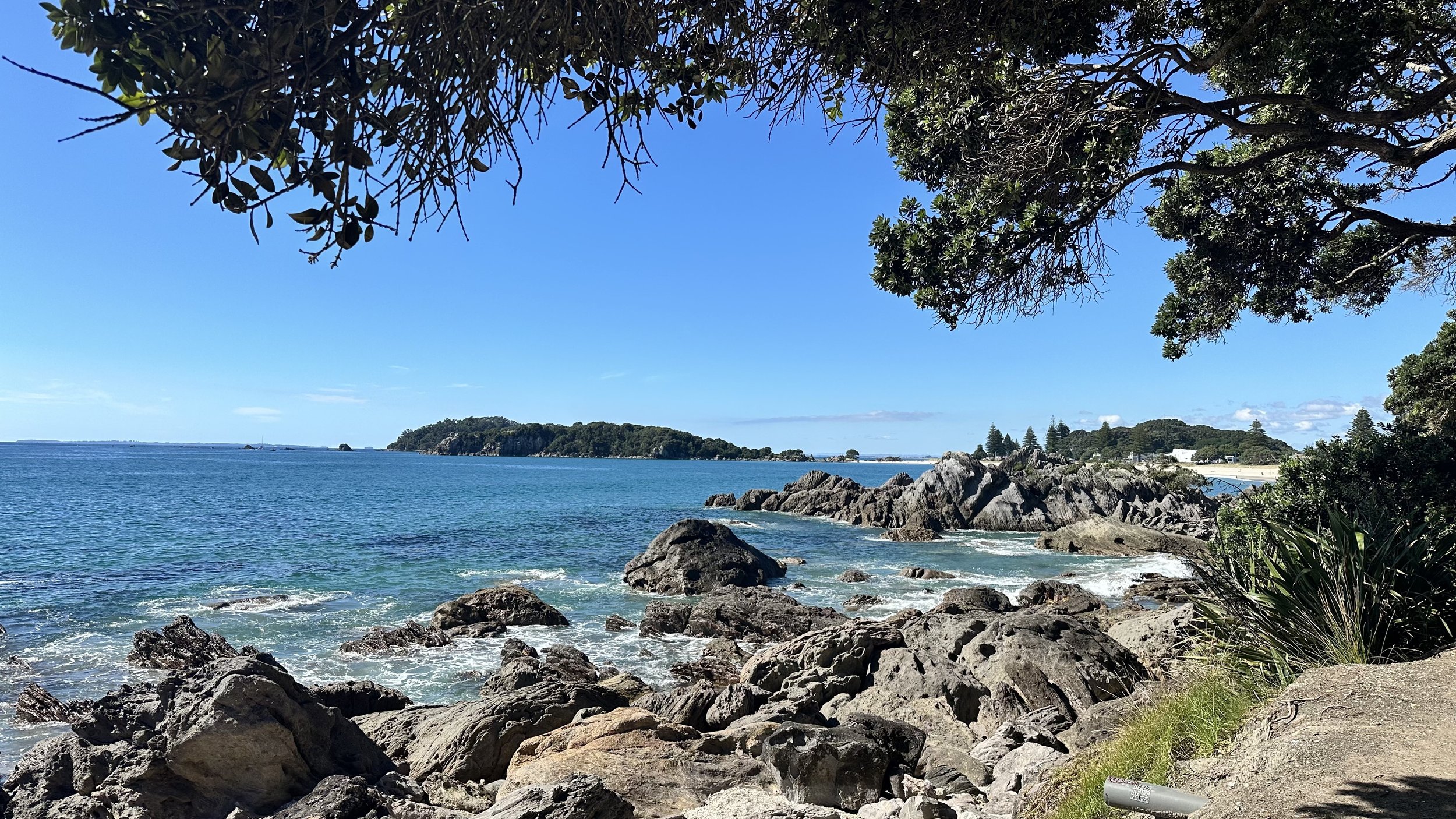
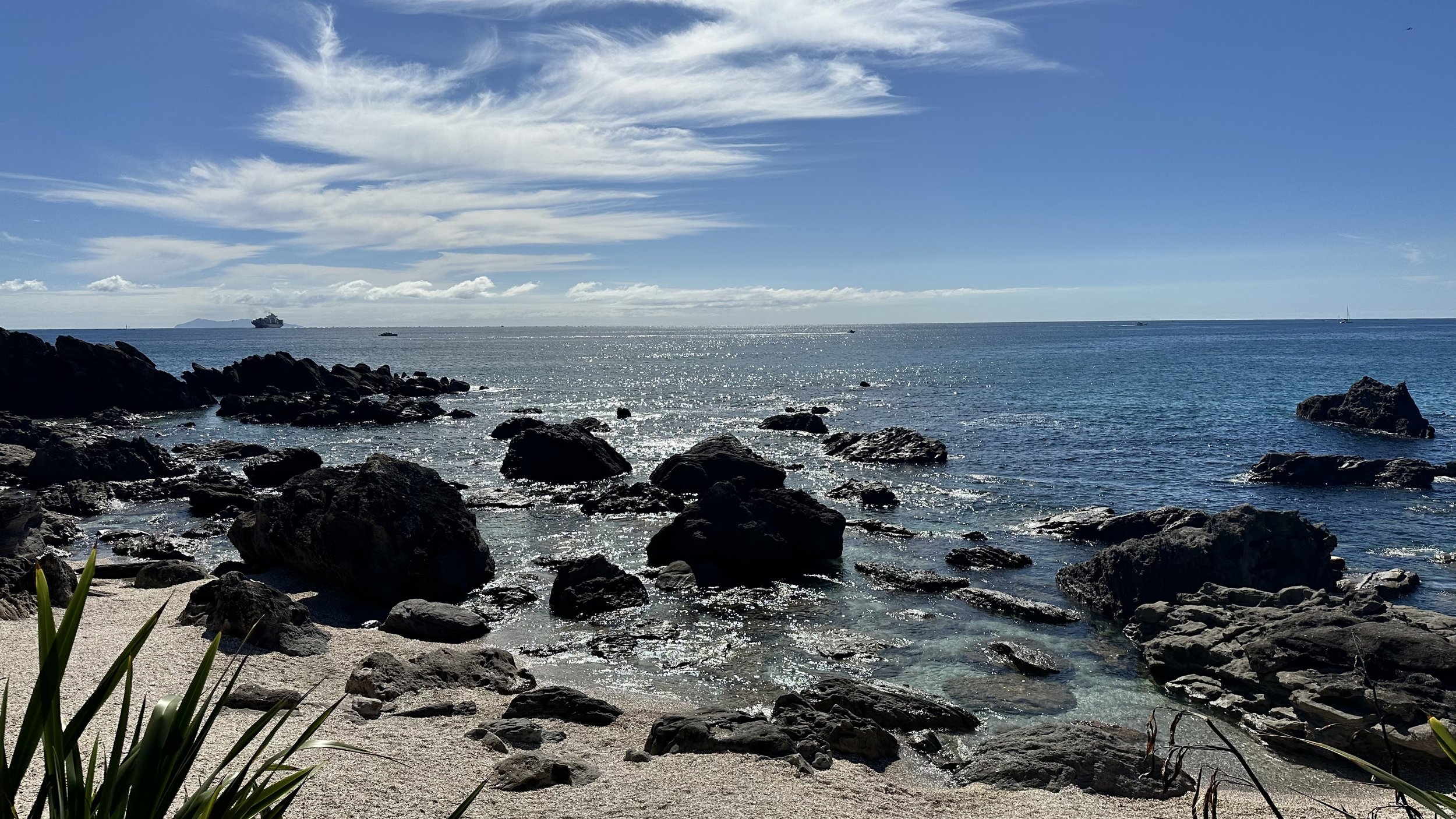

Wishing you all the very best till the next blog 🤗📝
The many firsts of this ski season ❄️
It’s been a while since my last blog, a lot has been happening that’s for sure!
We arrived to our bach on Jahorina at the beginning of January 2024, 🙌 ready for a ski season! To say I was happy is an understatement! Two months of skiing ahead of me is a dream come true.
It’s been a while since my last blog, a lot has been happening that’s for sure!
We arrived to our bach on Jahorina at the beginning of January 2024, 🙌 ready for a ski season! To say I was happy is an understatement! Two months of skiing ahead of me is a dream come true.
House was stocked up with food, renovations completed, seasonal ski passes purchased, simply put, the time has come to relax and enjoy the fruits of our labour, with a bit of help from Mother Nature.
Petra and Chase joined us, our cousins came from Belgrade to see us, and that made our stay more dynamic and heaps of fun.
The last time we skied here for a few weeks was in winter 2019, and we had the best time. This time we decided to spend two months. We expected January to bring heaps of snow, cold days, low temperatures and foggy conditions with a few sunny days if we were lucky. We thought February would bring stable weather, perhaps a bit more snow, and a few more sunny days. This is how it’s always been, so why would we expect anything different?!
We knew Jahorina ski center has further developed, a new gondola is now on our doorstep which is amazing. A new ski slope named after Novak Ðoković is in front of our house, we ski in and out. We always did, but now we are literally spoiled! The same ski slope is open for night skiing when there is enough snow, or when foreign politicians come for a visit and have the slope for themselves 😉. Miss Katalin Novak, Hungarian president paid us a visit, we had no clue what all the fuss was about in front of our bach, until we read the news on social media.
My Dad wouldn’t believe to hear Jahorina is now attracting foreign visitors, from Hungary, Italy, Saudi Arabia, Turkey, UK, not to mention ex Yugoslavia countries. It’s nice to hear all different languages on the slopes and listen to people commenting the ski resort developments, as we sit in the new modern gondolas and enjoy the views. 🚠
Since we ski in and out, and walk everywhere, our car comes handy only when we need to get down to Pale township to top up groceries as it’s cheaper than buying it on the mountain, and that’s it!
We walk, we ski, and ski more, sometimes together, other times on our own to enjoy individual slopes preferences and pace.
We play cards and board games, read books, listen to podcasts, watch TV, have discussions on different topics, and enjoy going out to a few concerts and trying new local restaurants. We bake together almost every day and hope to lose extra calories while skiing😉.
This winter holiday season is a combo of having active time with heaps of skiing and relaxing time for books! My favourite combination, until spring decided to return way too early! More on this further down…
Skiing and Jahorina - a bit of history with a personal touch…⛷️
So, our family story states that I started to ski before I started to walk. Not sure if I can believe it but let’s imagine it is true.
Skiing was our family sport, both Mum and Dad were ski instructors. Dad was also an international ski referee. Of course, that meant I became a ski instructor in my teens, but mostly so that I could earn enough money to buy a new ski outfit every year, the most important aspect of skiing for a teenage girl with Deli accent who skied well!
Skiing dates back millennia, originating as a mode of transportation in Scandinavia and Russia. In the 19th century, it evolved into a recreational activity, gaining popularity in Europe. Alpine skiing emerged in the early 20th century, with the first ski resorts opening in the Alps. Skiing debuted in the Winter Olympics in 1924, further boosting its global recognition. Innovations like ski lifts and improved equipment in the mid-20th century fueled its accessibility. Freestyle and extreme skiing gained prominence in the latter half of the century.
Today, skiing is a widespread winter sport, celebrated for its combination of athleticism and outdoor enjoyment, however it is a very expensive sport with a worldwide decline in popularity. Annually around 3% less people choose skiing as their preferred sport. The hypothesis is that kids are preoccupied with tech gadgets, and less likely to choose an outdoor sport. That could well be true, but I am afraid to say, with the weather patterns changing, the cost of maintaining ski slopes in the warm weather is a very costly business, and if I was a betting person I would say skiing will be even more expensive in the years to come.
Despite its declining popularity and cost, skiing offers numerous health benefits, and Jahorina’s Olympic Committee Team are doing so many cool things to encourage people to ski, focusing on kids and students by gifting 1000 helmets and skies each winter. They have recently signed a contract with the Student Council of Bosnia and Herzegovina, now PE students get free ski passes and in return they help clean the mountain in summer, so that our slopes are rocks free and can open with minimal snow.
The Executive Team have been awarded an international award for humanitarian efforts in promoting skiing, issued by the World Ski Federation! A pretty cool award, if you ask me!
Skiing requires dedication and commitment to learn the technique like any other sport. Many people ski using their body strength, but I can quickly spot a good skier out there and I love watching them “dance” as they ski down the slopes beautifully controlling the speed. It’s a technical skill, no questions asked!
Skiing engages major muscle groups, enhancing cardiovascular fitness and lower body strength. The constant balance and coordination required contribute to improved core strength. Skiing is also a great calorie burner! Being an outdoor activity, it exposes individuals to natural sunlight, promoting vitamin D synthesis and overall mental well-being. Additionally, the thrill and sense of accomplishment from mastering slopes can boost confidence and reduce stress.
I feel so liberated, free like a bird, and so light while skiing downhill, or conquering steep slopes with minimal effort and loads of technique, for me it is an incredible feeling, it really is, and I LOVE IT 🥰!
Skiing on Jahorina
Jahorina mountain, located in Bosnia and Herzegovina, has a rich skiing history.
Austrian Hungarians built the first hunting lodge in 1878. The big step towards the skiing sport was made on 4 April 1905, when the club “Prijatelji Prirode” (Nature Friends) was established in Sarajevo.
In 1912 the first forestry railway between Pale and Poljice was built to transport logs from Jahorina. This railway later became the main transportation route for the very first ski enthusiasts visiting the mountain. Unfortunately, the First World War stopped further development.
The first hunters lodge was destroyed in fire. In 1923 Prijatelji Prirode club members brought first skis to Jahorina. The same year the first accommodation building called Šator was built with 70 beds.
In 1933 the first ski club called “Ski Club Sarajevo” was established in Sarajevo. This club promoted the benefits of skiing in the region till 1941, when all buildings got destroyed during the Second World War.
Post the Second World War a number of volunteers worked very hard giving their time, experience and expertise to rebuild war destroyed buildings. Slowly, but surely a number of accommodation buildings were rebuilt including the legendary hotel Jahorina.
The first chairlift opened on 29 November 1952, named after a super cool guy called Cvijan who I remember very well. It was one seater, each chair was painted in a different colour and us kids would play a game of choosing which chair to jump on based on colours! Cvijan was so good to us and always allowed us to simply be kids. A super cool guy and a true Jahorina’s legend.
In the late 1950s, Jahorina became one of Yugoslavia's prominent skiing destinations, attracting enthusiasts from the region.
My Dad was a well known ski enthusiast who dedicated all his adult life to discovery, exploration, strategic planning and development of the ski resort here, and the promotion of skiing as a healthy sport. He was the man behind Cvijan’s chairlift strategic positioning, and believe it or not today a two seater chairlift follows the same path!
Dad also held a strong view believing that skiing is a family sport, and if Mums skied, the probability of kids skiing was significantly higher. He thought so many generations of people to ski, and even today when I ski with my family, friends or relatives I can easily spot “Dad Savo’s” style and his many pupils conquering the slopes!
Winter Olympic Games 1984
The 1984 Winter Olympic Games in Sarajevo were a significant event. They marked the first time the Winter Olympics were held in a socialist country, and the country where Slovak language was spoken. Sarajevo, then part of Yugoslavia, showcased cultural diversity and left a lasting impact on the region.
Jahorina, Bjelašnica, Igman and Trebević mountains surrounding Sarajevo were chosen for different disciplines during the 1984 Winter Olympic Games, all showcasing both the sporting prowess and the scenic beauty of the region.
Bojan Križaj, Jure Franko and Matea Svet were Slovenian alpine skiers, who gained attention during the 1984 Winter Olympics.
Vučko was the official mascot of the 1984 Winter Olympics in Sarajevo. Vučko was a wolf, chosen to represent the region's wildlife and convey the spirit of the Games. The name "Vučko" is derived from the Serbo-Croatian word "vuk," meaning wolf. The mascot played a symbolic role in promoting the cultural and natural aspects of Yugoslavia during the Winter Olympics.
Unfortunately, the Bosnian War in the early 1990s disrupted the region, impacting Jahorina's tourism. Since the conflict's ending, efforts have been made to revive the area's ski infrastructure. Today, Jahorina is gradually reclaiming its status as a popular skiing destination, blending historical significance with modern recreational offerings.
It just happened to be that during our stay we celebrated 40 years since the Winter Olympic Games took place, with heaps of activities and entertainment, and for me this has been an emotional ride down the memory lane remembering my days at the Games!
And guess what?!
A new idea has been officially announced - a plan to nominate Jahorina together with a few regional mountains for the next Youth’s Winter Olympic Games promoting the unity of the region! I wish them all the very best and can’t wait to see what happens next 👏.
The many firsts of this ski season, and there are way to many!!!
Snow weather forecast talks about expected millimeters of fresh snow, not meters!
It snowed nicely 4 times, but due to high temperatures the snow melted in a few days!
We have seen more sunny days than I have in my lifetime here!
We would wake up, look through the window and complain - it’s sunny again!
We have skied on 35cm of natural snow boosted by relentless efforts of the artificial snow factory workers covering cca 70% of slopes!
We have had a handful of cold days with negative temperatures!
We have used ski goggles with sun lenses for 2 months, incredible! Snow and fog lenses stayed in a box the entire ski season!
We have sat outside on the deck enjoying the home made baking in the middle of the winter season!
We have skied in jumpers in February!
We have skied in between rocks, ice, fresh natural snow and artificial snow, all on one and the same ski slope!
We have seen little sparrows on our deck, horses wondering around, and apparently a bear was spotted by tourists!
We have learnt how to ski on artificial snow, luckily it is the same technique, but definitely more legwork required!
We had to waterproof our waterproofed winter snow shoes to keep our feet dry while walking on water ankle deep!
Finally, we left the house carrying suitcases in a wheelbarrow instead of a snowmobile!
In summary, 2024 winter has been the warmest winter in Europe in the last 30+ years. Ski resorts adapt to the warming climate and make their own snow when Mother Nature doesn’t.
Jahorina Olympic Center Team have built three lakes and are building two more to battle unpredictable weather patterns. It is incredible to witness this, and even more frightening is seeing these lakes run out of water at the end of January?!
I wonder how much effort, electricity and water is needed to maintain slopes and keep the Ski Centre open? It is a mystery to me, but to make profit the cost of ski passes can only go up in the future years! That said, hats down to the team! They have worked relentlessly around the clock to make the slopes ready each day, and for a growing tourist numbers! Even when I think this is it and the slopes should close, they prove me wrong!
The time spent on Jahorina marks the last leg of our adventures, this time around!
Yes, this time around, as we have every intention to continue to live the life in between the two continents while we are still young, in good health, active, mobile and full of life. 😊
We are now counting sleeps to our return to NZ. We leave Europe on the 5th of March, with an exciting new adventure ahead of us! We are flying to NZ with our friends from Split who are coming for a visit for the very first time. After 30 years of promising and planning, we are making this mutual dream come true! We are super stoked and excited to travel together throughout beautiful Aotearoa to show them all the beauty NZ has on offer.
So yes, we come home after 10 months of travelling, only to travel again for a month. We have booked amazing NZ trip, across both islands and can’t wait to show them everything, from Cape Reinga to Bluff!
Reflection
When I decided to take a career break a number of my colleagues said that I would return home to NZ feeling different, thinking differently about the life, work, type of work I’d like to do, the need to work, and our future. I listened to all these stories nodding and thinking to myself, no way, that won’t happen to us! We will enjoy our trip and simply come back home, back to work, back to our NZ friends, back to IAG NZ, and a well oiled machine of everyday routine - eat, work, sleep, and repeat will kick in.
Well, never say never!
Sitting here today, I think my colleagues might have been right. I find myself often wondering about what’s next, and although answers change depending on the mood, I see a big globe turning around inviting us to maximize the years ahead of us by doing more often things we love and enjoy, and in our case that means more travel and more adventures to look forward to. 🥰
Thank you for being such a great audience, for your interest in our travels and your comments. Throughout this journey I have uncovered a new passion and this passion for writing travel blogs will certainly carry on.
Enjoy the bluebird days photos in our winter paradise and wish us safe travels back to NZ. ✈️🚗🏡
Jahorina Photo Album
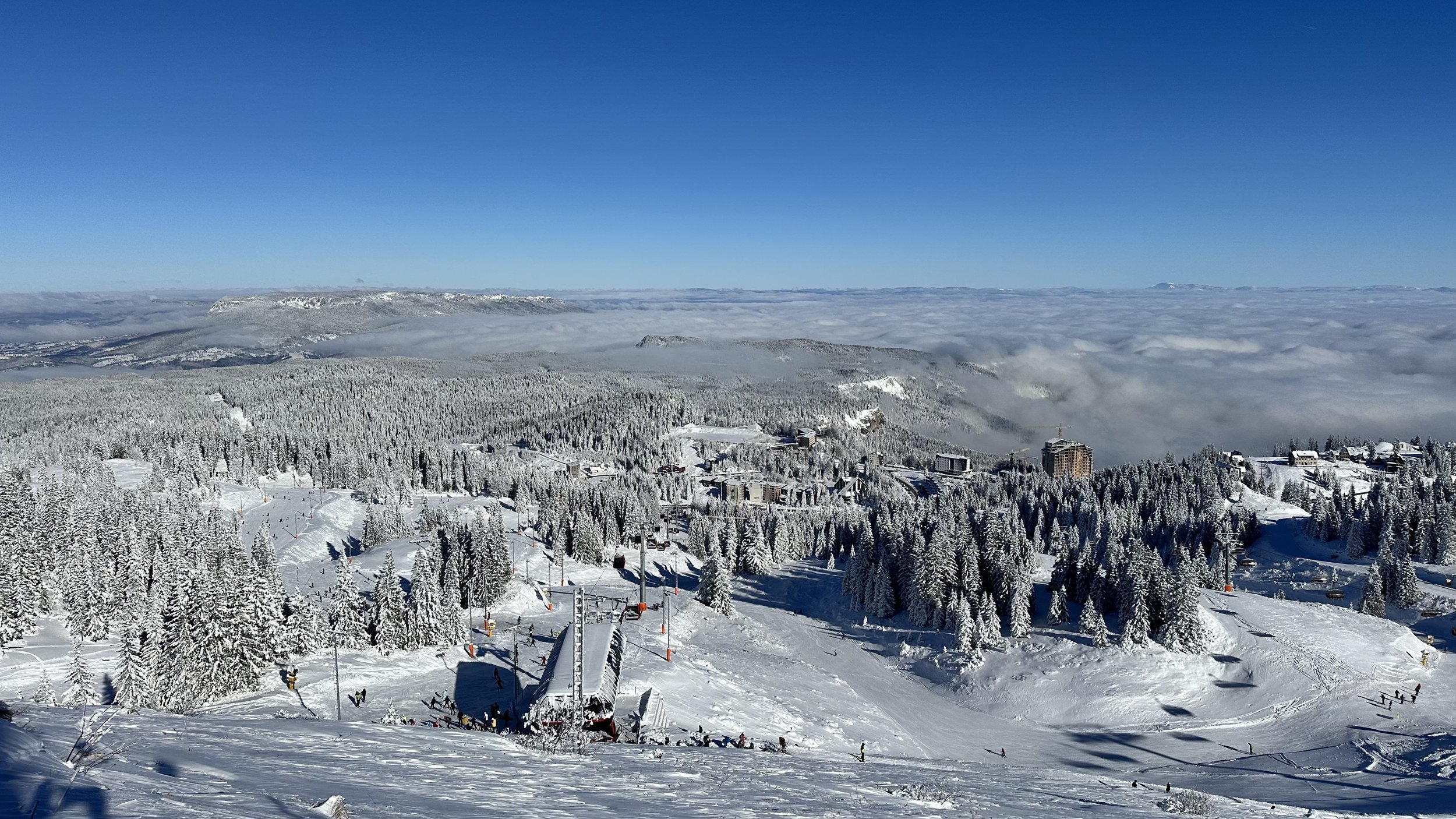
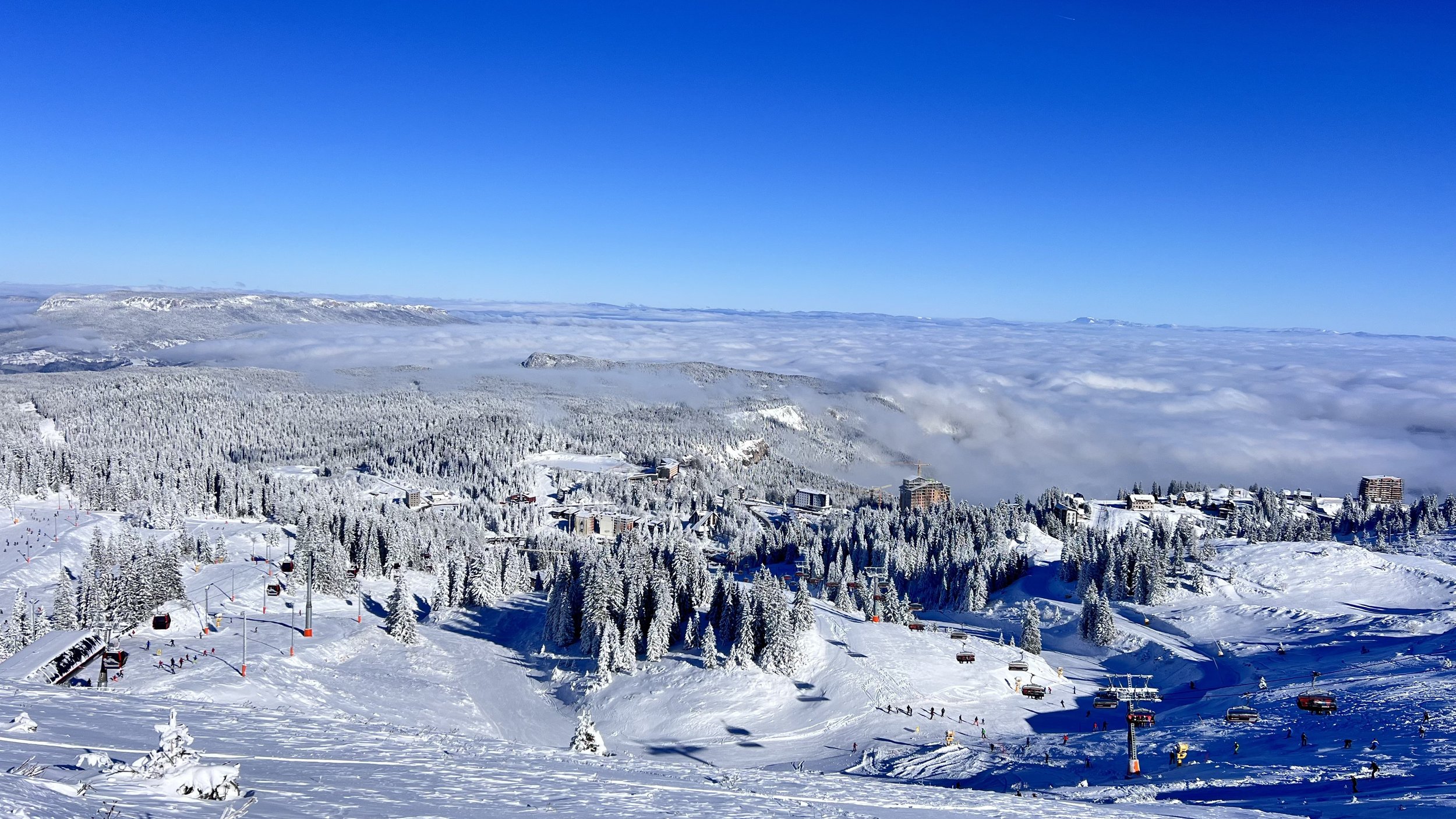

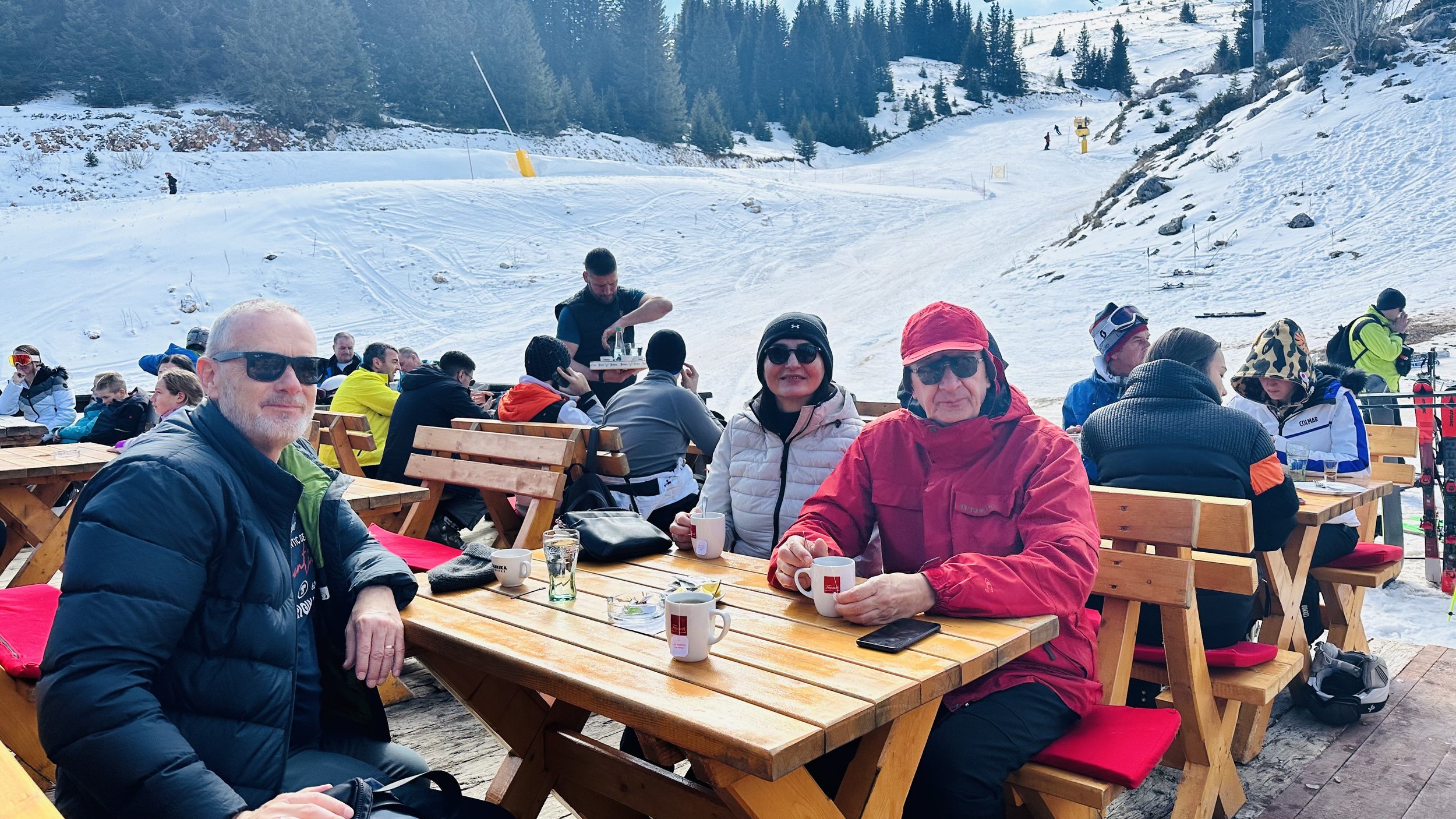
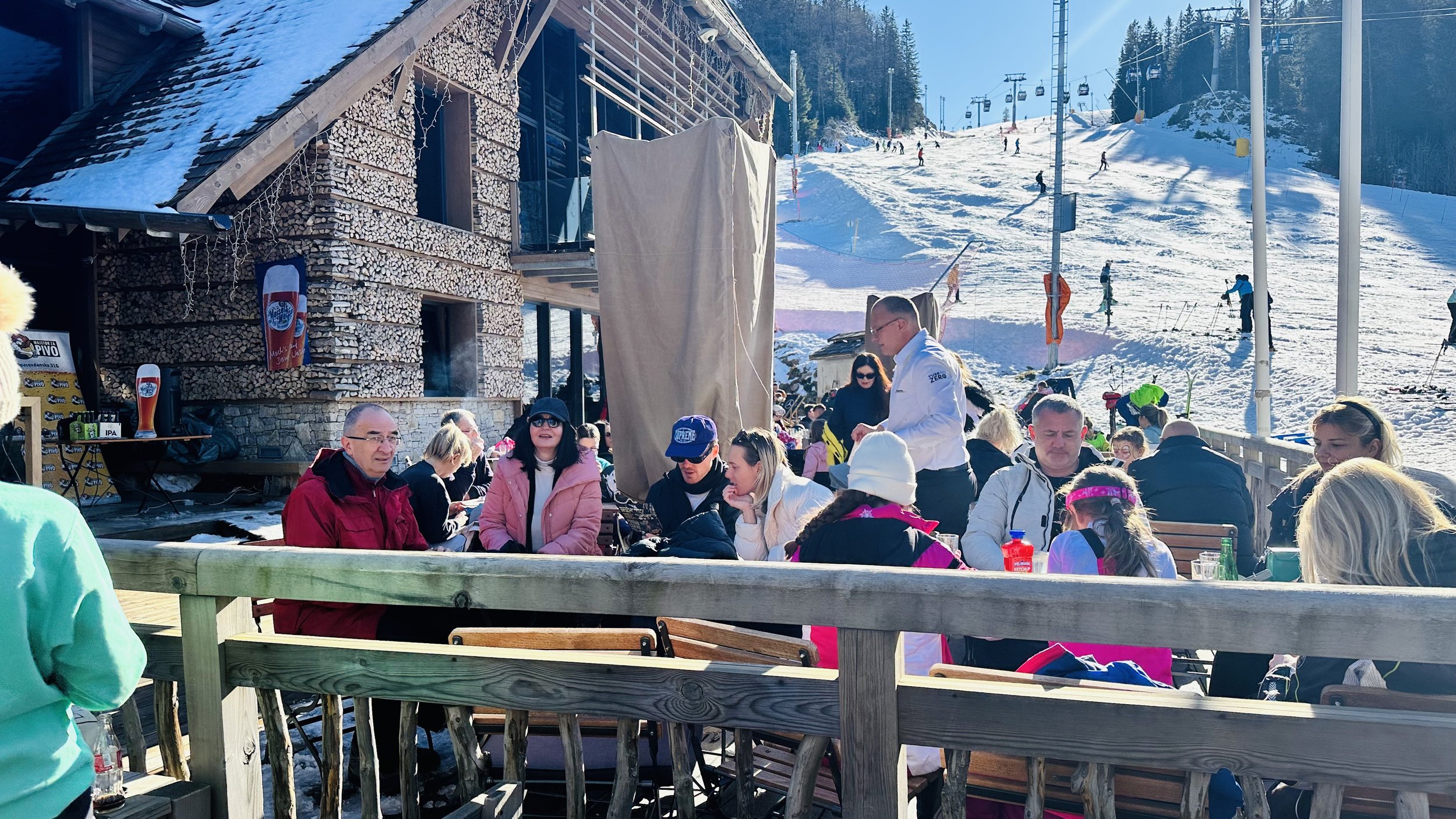
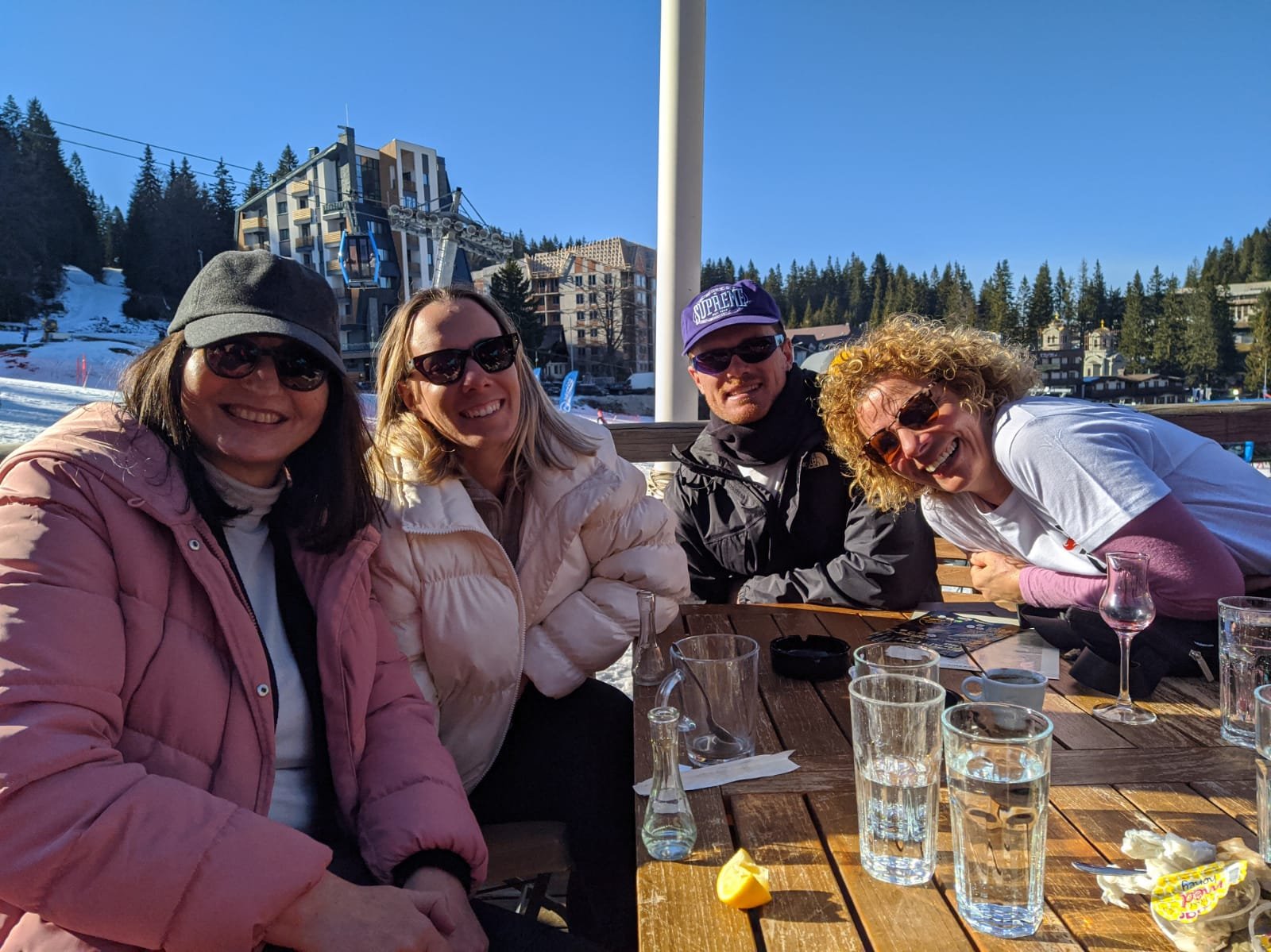
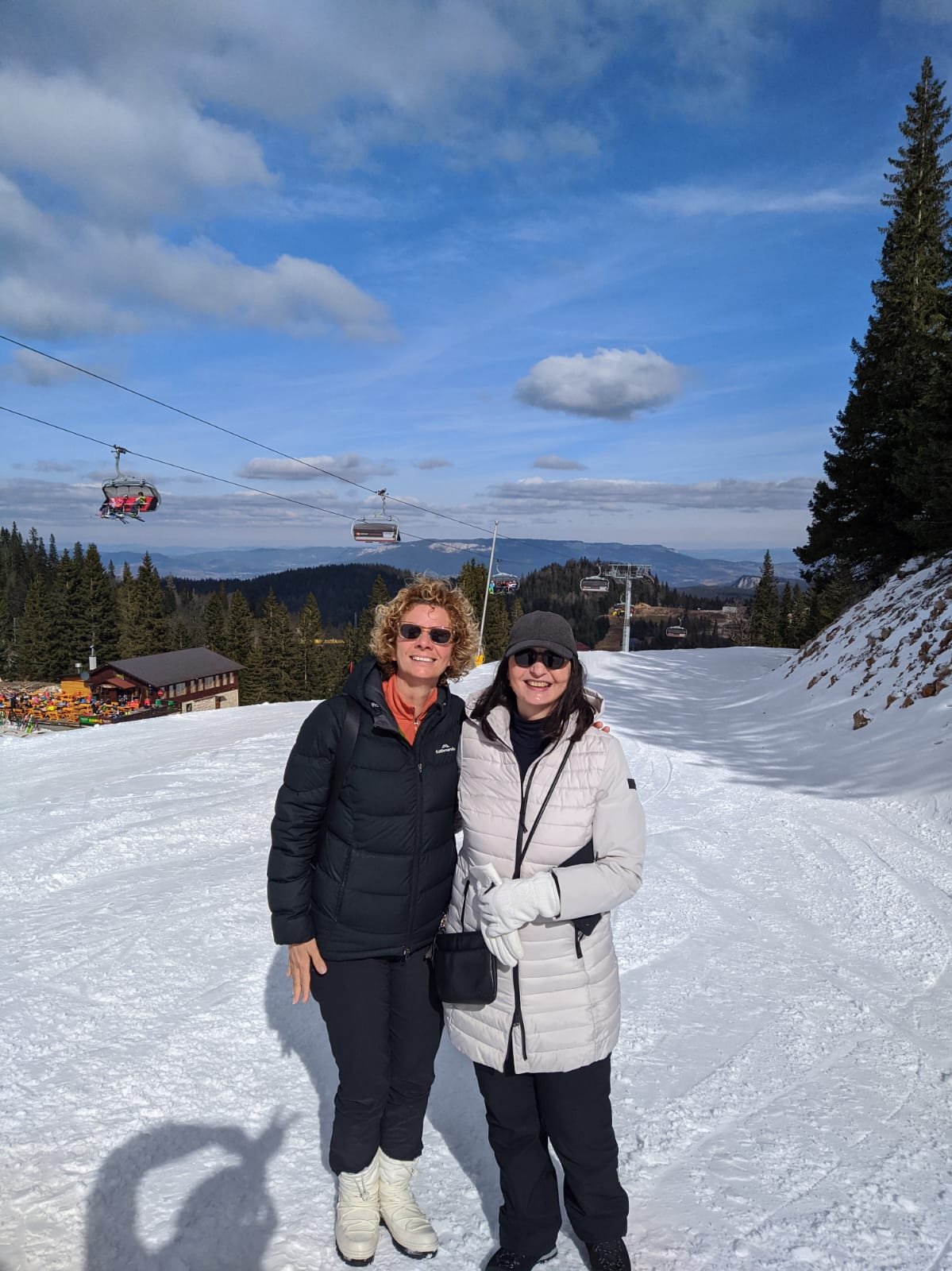

40 years Winter Olympics in Sarajevo celebration album
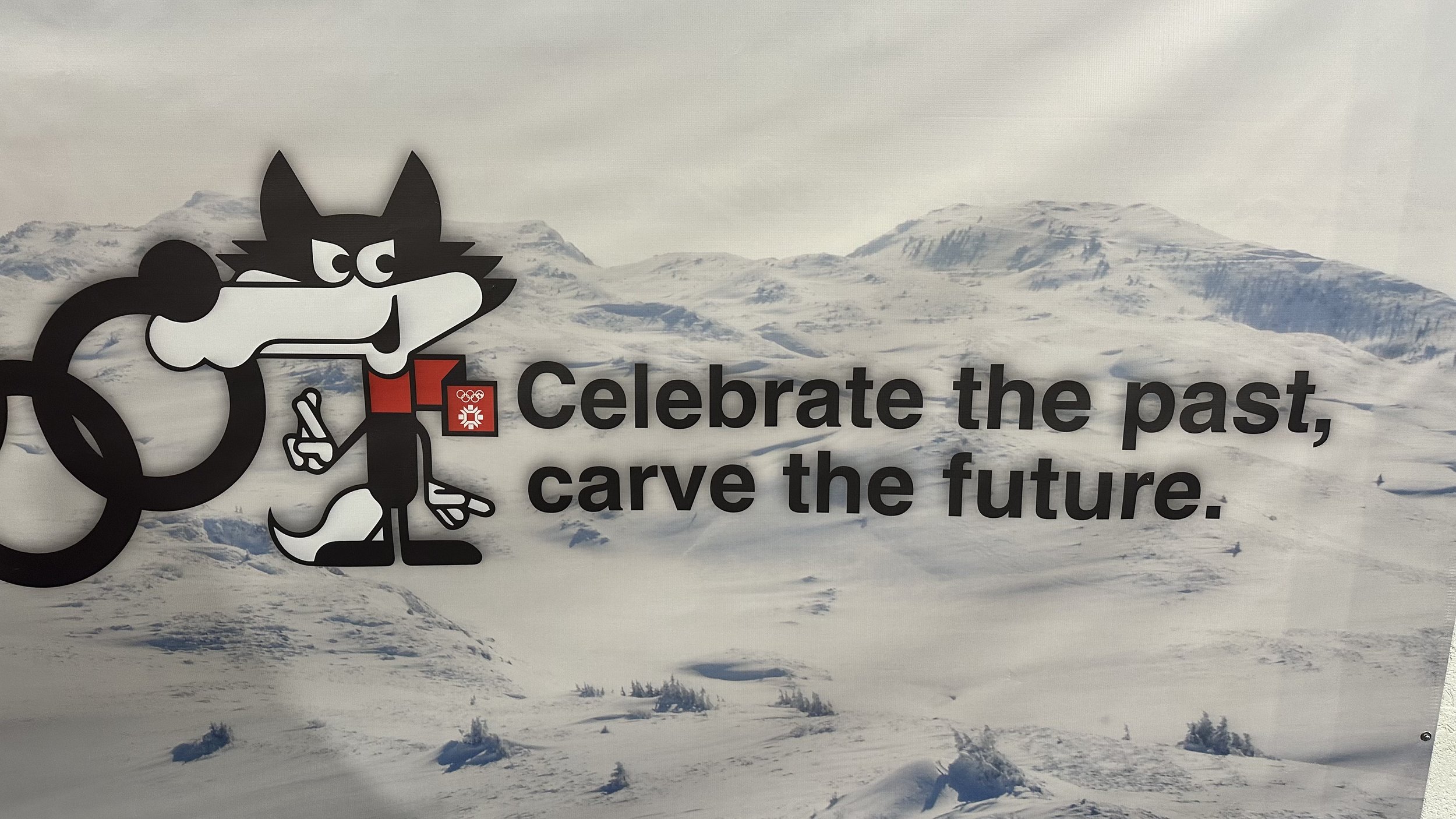
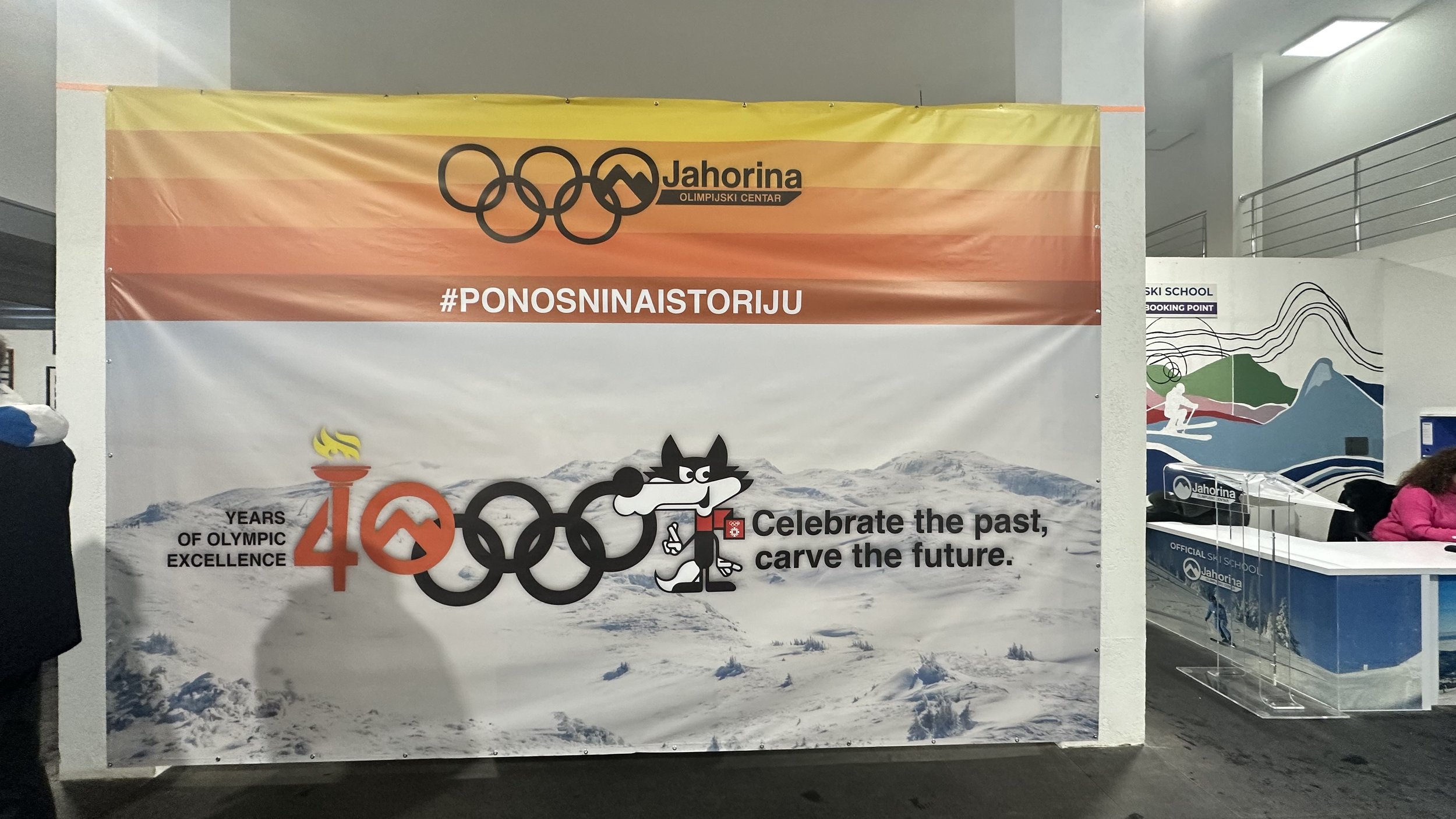

Early morning joy
Bye, bye Jahorina 2-Mar-2024
Cheers until next time…
Train hoppin’
Having based ourselves in Vienna gave us the opportunity to visit a couple of places nearby.
We chose two different locations to visit, and for two different reasons.
Having based ourselves in Vienna gave us the opportunity to visit a couple of places nearby.
We chose two different locations to visit, and for two different reasons.
Let’s start with my dream location first!
As a teenager, I was lucky enough to visit a number of ski resorts across Italy, Austria and Switzerland. Dad was one of the Split Ski Club founders, Mum had friends who worked in travel industry, between them and with a help of a few ski enthusiasts ski excursions were booked!
The story says that ever since Neb and I met, and became a “serious couple”, one of the conditions for our relationship was for Neb to learn to ski and to like it 😉. I love it, he can like it, that’s good enough! And today he is a very good skier who never gives himself enough credit!
So, I have had a dream to take Nebojsa to Tyrol to show him the beauty of the Austrian mountains landscape. The actual dream was to go and ski in Tyrol in Austria or Dolomite in Italy. We couldn’t fit it in this trip, instead we agreed to visit one of the top mountain tourist destinations and one of the most popular IG spots in Austria. No skiing this time, but heaps of super cool things!
We took an early train from Vienna and arrived around 10am to Hallstatt. We booked the accommodation in a nearby alpine motel and stayed overnight. After checking in we caught a ferry across the lake to the actual village.
Hallstatt
Hallstatt is BEAUTIFUL, it truly is and I am convinced you’d agree with me when you see the photos.
Our first day was spent wondering through the small village absolutely packed with people, and predominantly from Asia. I couldn’t believe it, and wondered how did they find out about this place? My curiosity was ignited, of course!
I have learned Halstatt's tourism began in the 19th century, but greatly increased after it was named a UNESCO World Heritage Site in 1997. It became popular among East Asian tourists in 2006 when it was featured on a South Korean television show.
Social media images of Hallstatt, captioned "the most IG town in the world," went viral in Eastern and Southeast Asia.
A replica was planned and then built in China in 2011 in Huizhou Guangdong province, Hallstatt's twin town!
In 2013, it was rumored in China to be the model for the movie Frozen’s Arendelle village. By 2017, local churches were employing bouncers to prevent services being disrupted by tourists. In 2020, the town had a population of 780, and estimates of 10,000 to nearly 30,000 tourists per day, primarily via bus tours which bring tourists briefly into the town for photo opportunities, then quickly move on.
Hallstatt's economy depends on tourism, but according to locals the day-visitors drive away tourists who would stay longer, and I would agree with that statement.
In August 2023, it was reported that locals had protested against over tourism, and I am unsure how they plan to resolve this unsustainable situation. I hope they figure it out before its too late and this amazingly beautiful nature pays the price.
I was very happy that we decided to stay overnight. We got up early the next morning and had the whole village for ourselves before the bus tours arrived. We have made hundreds of stunning photos and have created amazing memories of this beautiful place!
So, let me tell you a bit more about it…
Hallstatt is a village on Lake Hallstatt's western shore in Austria's mountainous Salzkammergut region. Its 16th-century Alpine houses and alleyways are home to cafes and shops.
Hallstatt is known for its production of salt, dating back to prehistoric times.
We went to the Hallstatt Panoramic viewpoint, popped into cafe Derbl to warm up, went to see Hallstatt Charnel House and cemetery, wondered through the Marktplatz, and went to the Salzwelten mine and Skywalk viewing platform.
Although we couldn’t enter the Hallstatt Charnel House we got to visit the cemetery. We were surprised to see the graves decorated with Christmas decorations and people gathering around them.
Visiting the cemetery we learned that the Hallstatt Charnel House is a historical site dating back to the 12th century. It was created to address limited burial space. The tradition was to reopen graves 10 to 15 years after a burial and reuse them for a second burial. The families would take a skull, decorate it, and add to the existing collection, the largest intact collection of painted skulls in Europe. This tradition has come to its end around 1960, with a final scull displayed in the ossuary in 1995. The ossuary accommodates over 600 intricately painted skulls and bones. Each skull tells a silent story, embodying a unique blend of mortality and artistry. Although a very intriguing historical story, I am happy that we couldn’t enter and got to learn about it through storytelling.
The next stop was a visit to Saltzwelten and Skywalk platform. It was sooo cold standing in line waiting to enter, but it was worth it! Yes, it was 🙌.
A short and comfortable ride on the Salzbergbahn funicular carried us from the valley station of Salzwelten Hallstatt up to an elevation of 838 meters.
Breathtaking. Unique. Spectacular.
We were at an absolute loss for words when we stood at the far point ( 12 meters) of this free-floating structure named the “Hallstatt Skywalk” 360 meters above the ground, gazing out at the mountains, lake and town below.
The opening ceremony for the “World Heritage View” lookout platform, located right in front of Rudolf’s Tower, took place in 2013. Since then, it has been a true magnet for visitors from around the world, a highly coveted photo point and, for us quite simply, a very special place.
From there we walked up the hills to the salt mine entrance, got dressed in the protective clothing and went onto the mine tour.
The Hallstatt salt mine comprises 21 levels and several smaller shafts ranging from 514 meters above sea level to an elevation of around 1,267 metres.
An ancient-yet-modern world, hidden within tunnels and passageways. Realizing that we were walking along the same paths trodden by prehistoric miners some 7000 years ago, and that people once lived here for whom an entire age of human history was named, was truly unbelievable!!!
This is still an active salt mine, running a dry and wet salt mining. Natural rock salt is a product of dry salt mining, while wet salt mining produces table salt.
We roamed the tunnels, stroked the roughly hewn rock walls with our hand and hurtled down the 64 meters-long miners’ slide. I was so scared 😱, but I did it!
Amid the prehistoric tunnels, the oldest wooden staircase in Europe was discovered, used by people some 2800 years ago to carry “white gold” out of the mountain. Today, this valuable exhibit is the central eyecatcher of the “Bronze Age Cinema”. A factually accurate animation brings the arduous daily work routine of the miners to life.
I have to say we were completely enthralled by this excursion, everyone visiting Hallstatt should do it!
On the way to the mine we walked through the Hallstatt high valley, famous for its burial fields. Something so different and unique. Quite understandable when you consider that an entire epoch of human history owes its name to the archaeological finds unearthed here.
The Hallstatt burial site is a true archaeological treasure trove: grave offerings from distant lands hint at the prosperity and broad-reaching trading relationships the people of Hallstatt enjoyed back then.
Did you know that those graves, after which an entire epoch would later be named, were only discovered in the mid-19th century and quite by chance? We owe that stroke of good fortune to the mine director in Hallstatt at that time, Johann Georg Ramsauer. Even then, he had detailed sketches made to record the historic finds. Today, the whole world knows this early era of the Iron Age as the “Hallstatt Period”.
I knew nothing about any of this, and couldn’t believe how much we learned in 48 hours long stay in this remarkable place!
Go and visit it, and be prepared for crazy crowds and early morning walks in order to appreciate it. It is stunningly beautiful 😍.
Hallstatt Photo Album

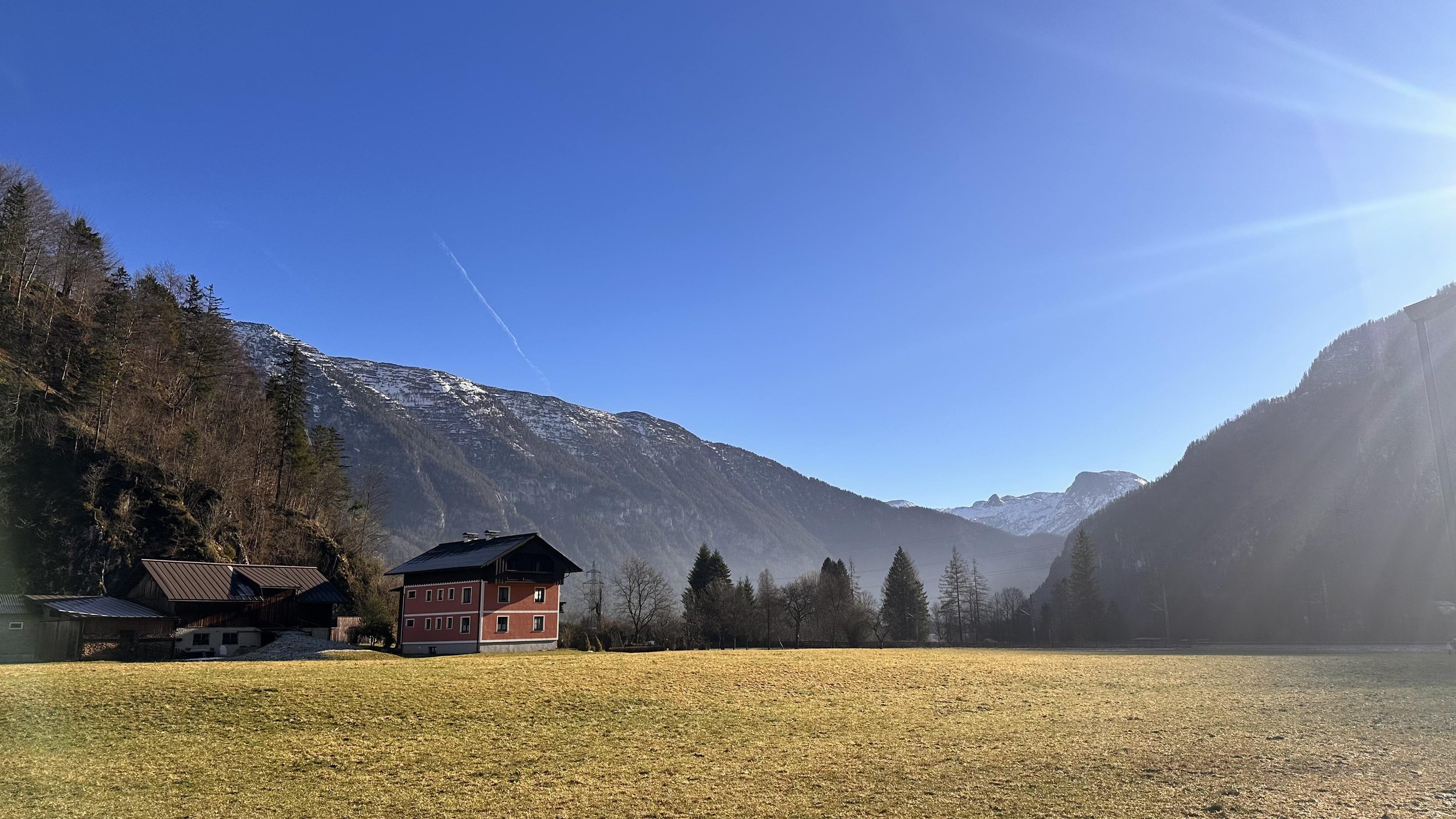





















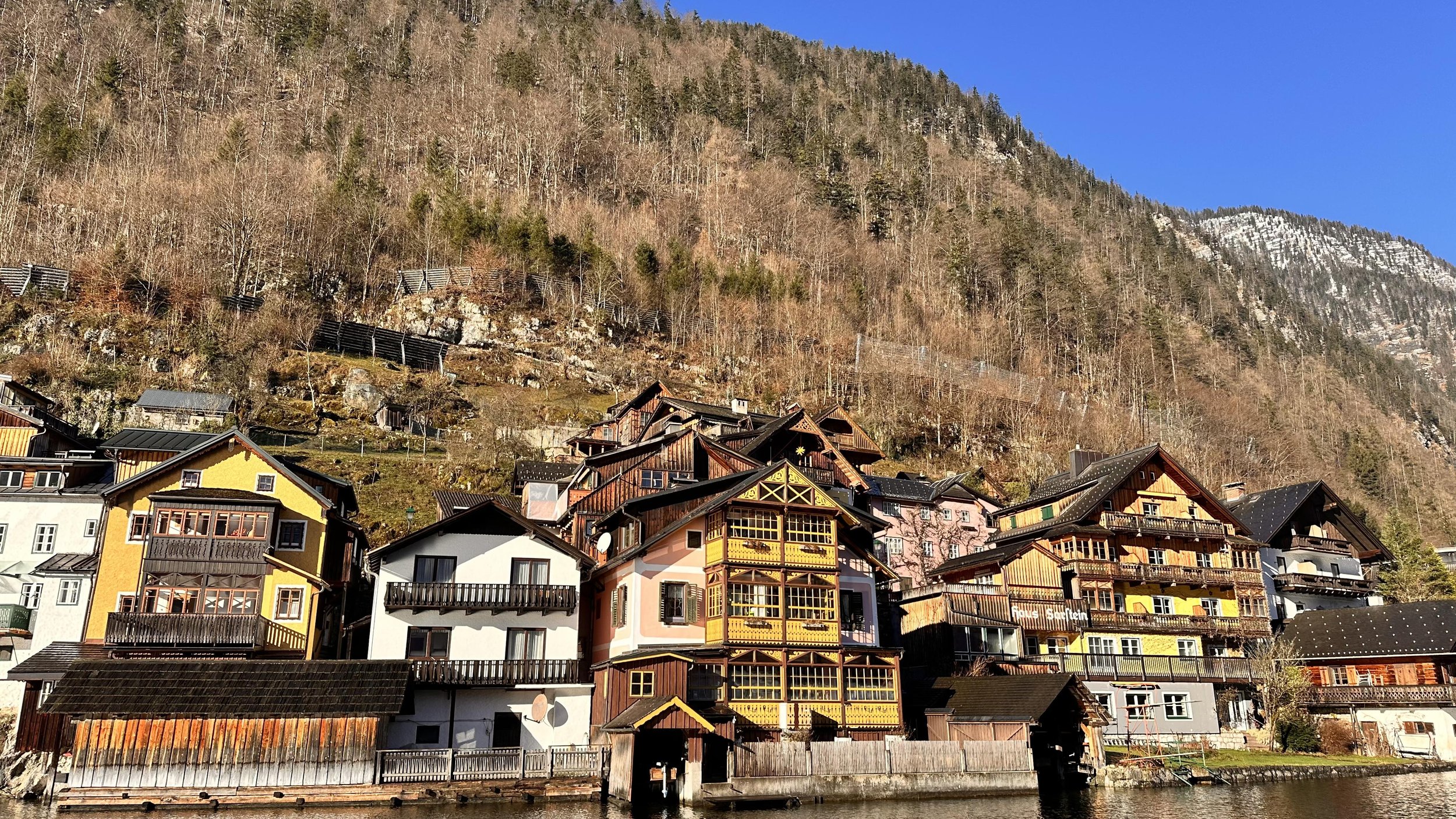
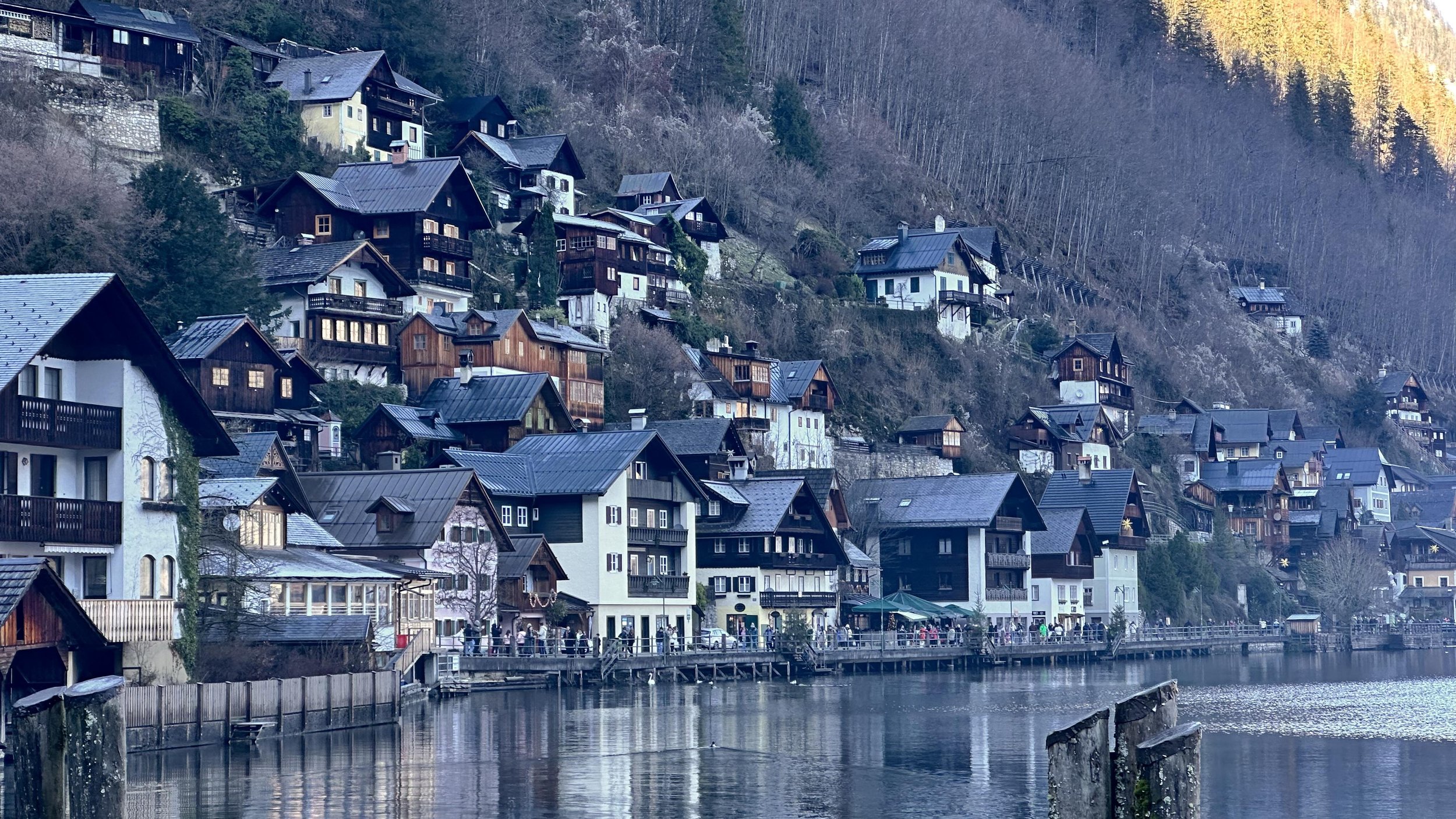
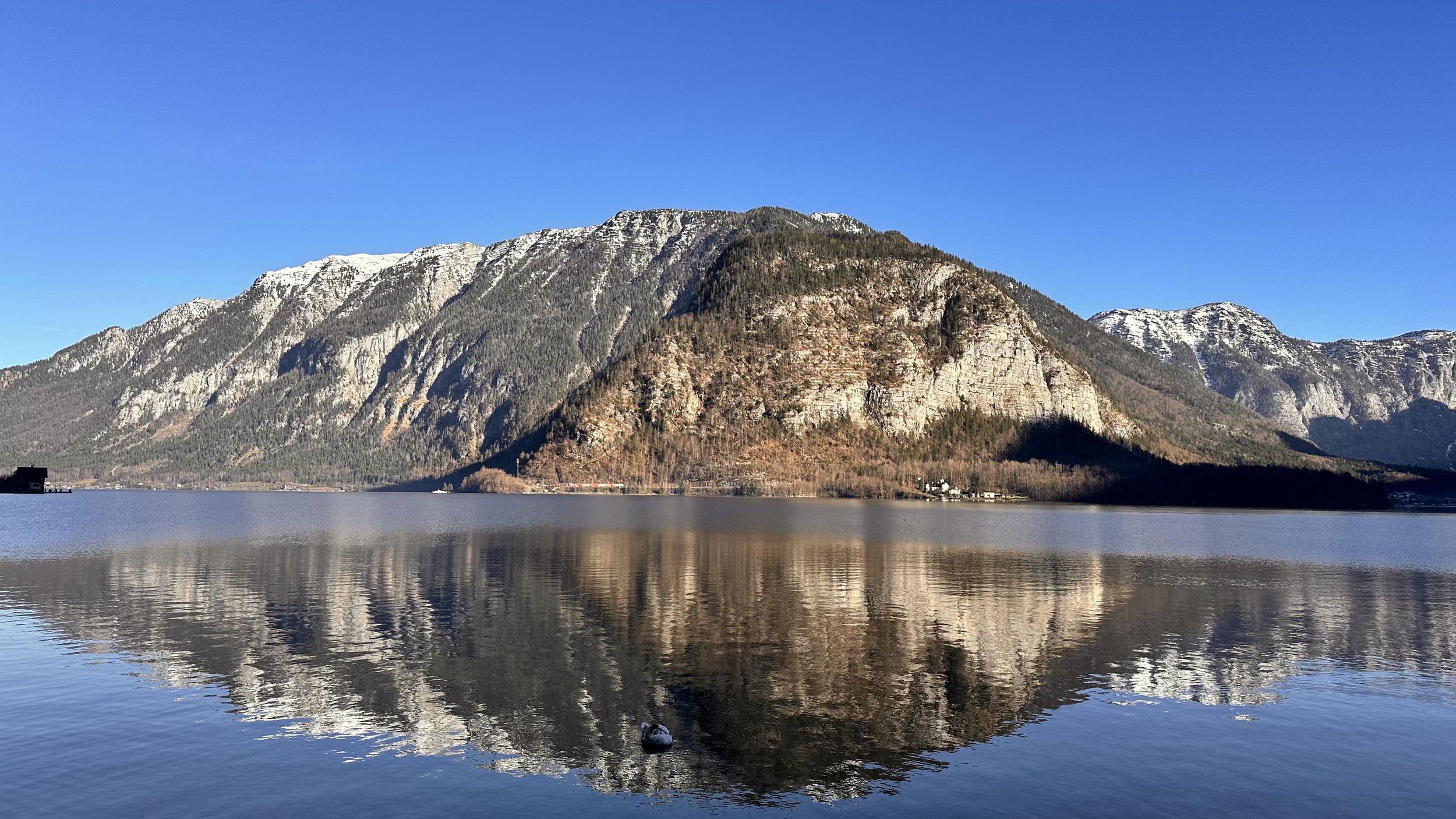
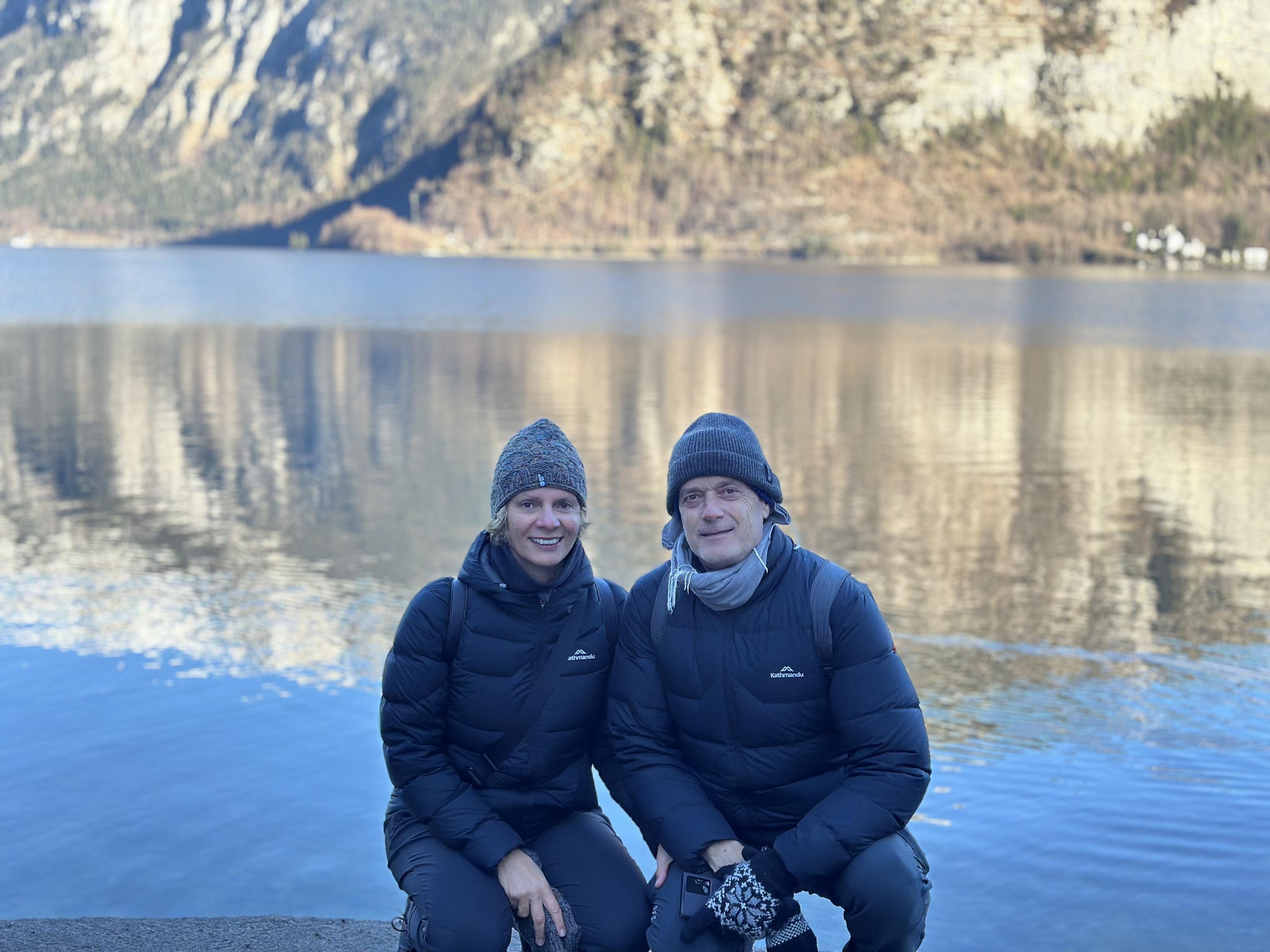
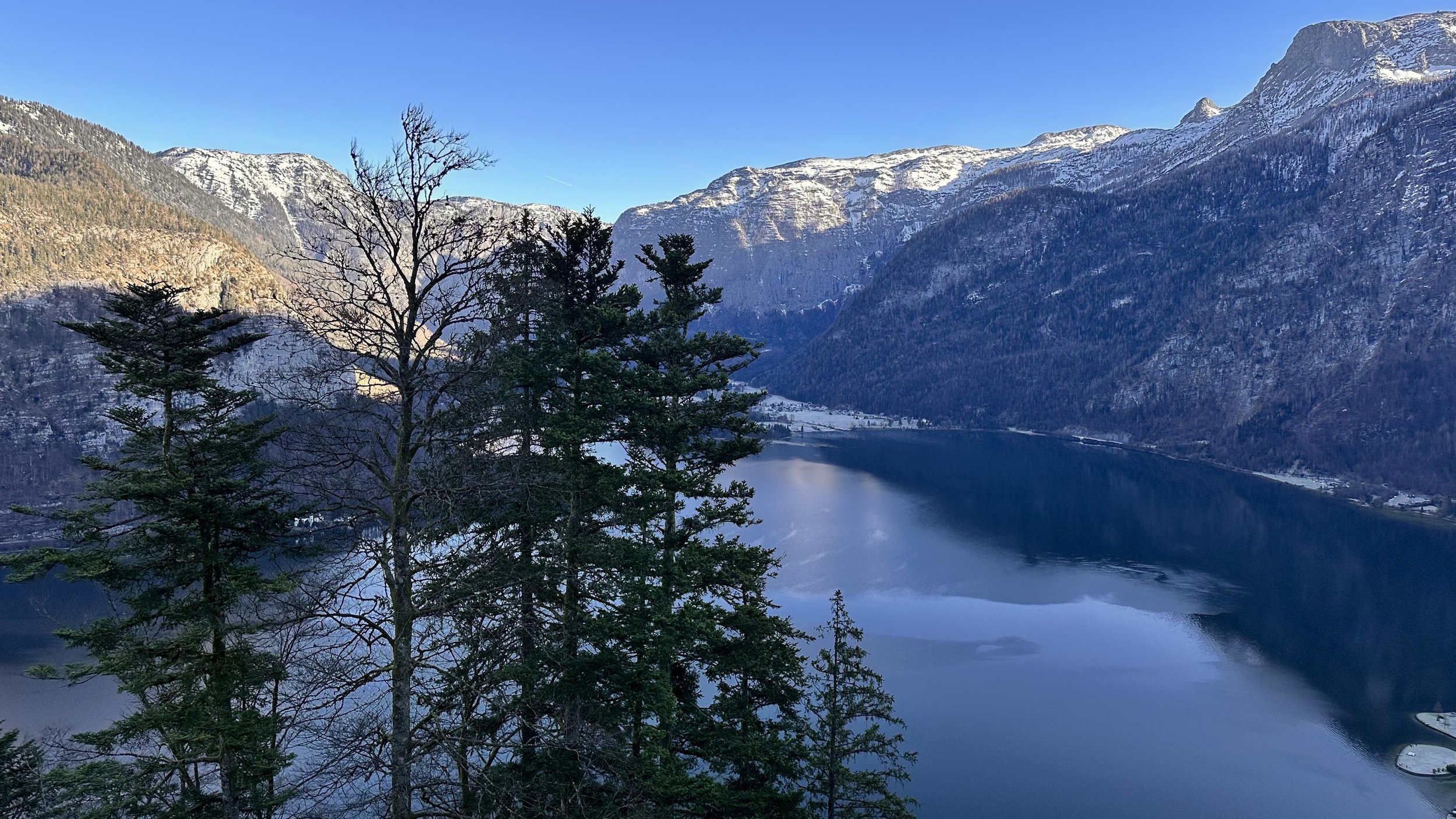


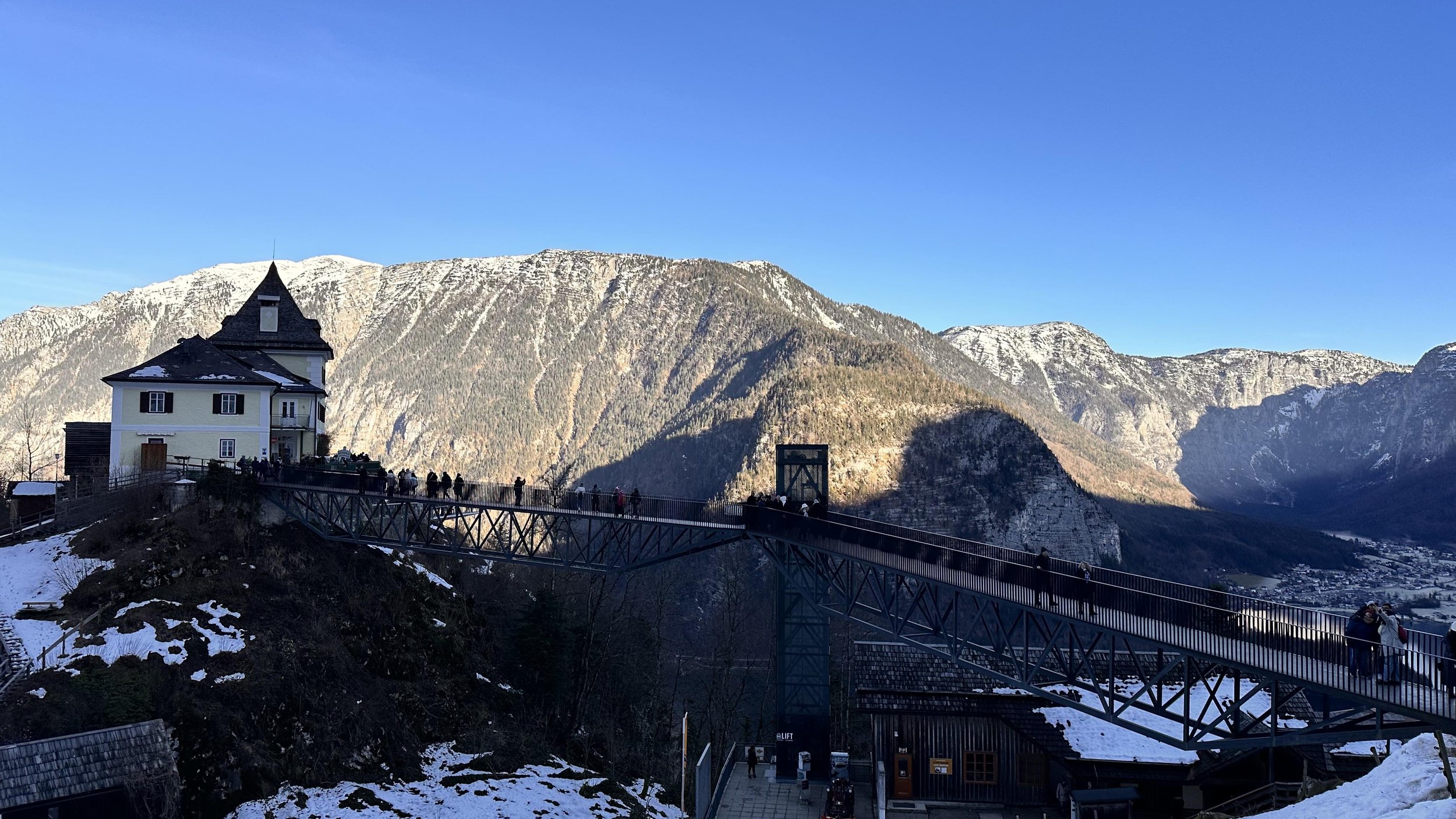
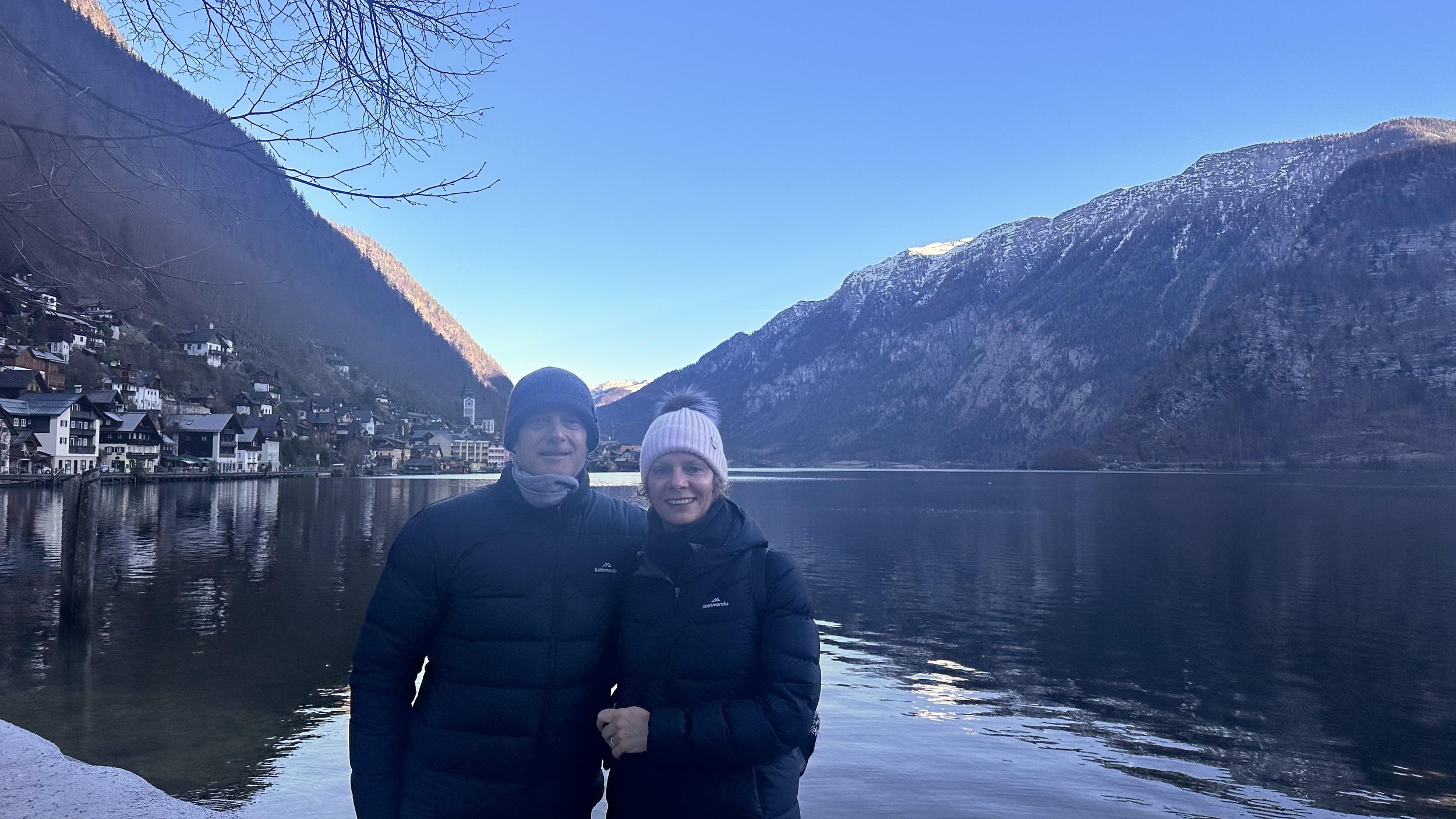

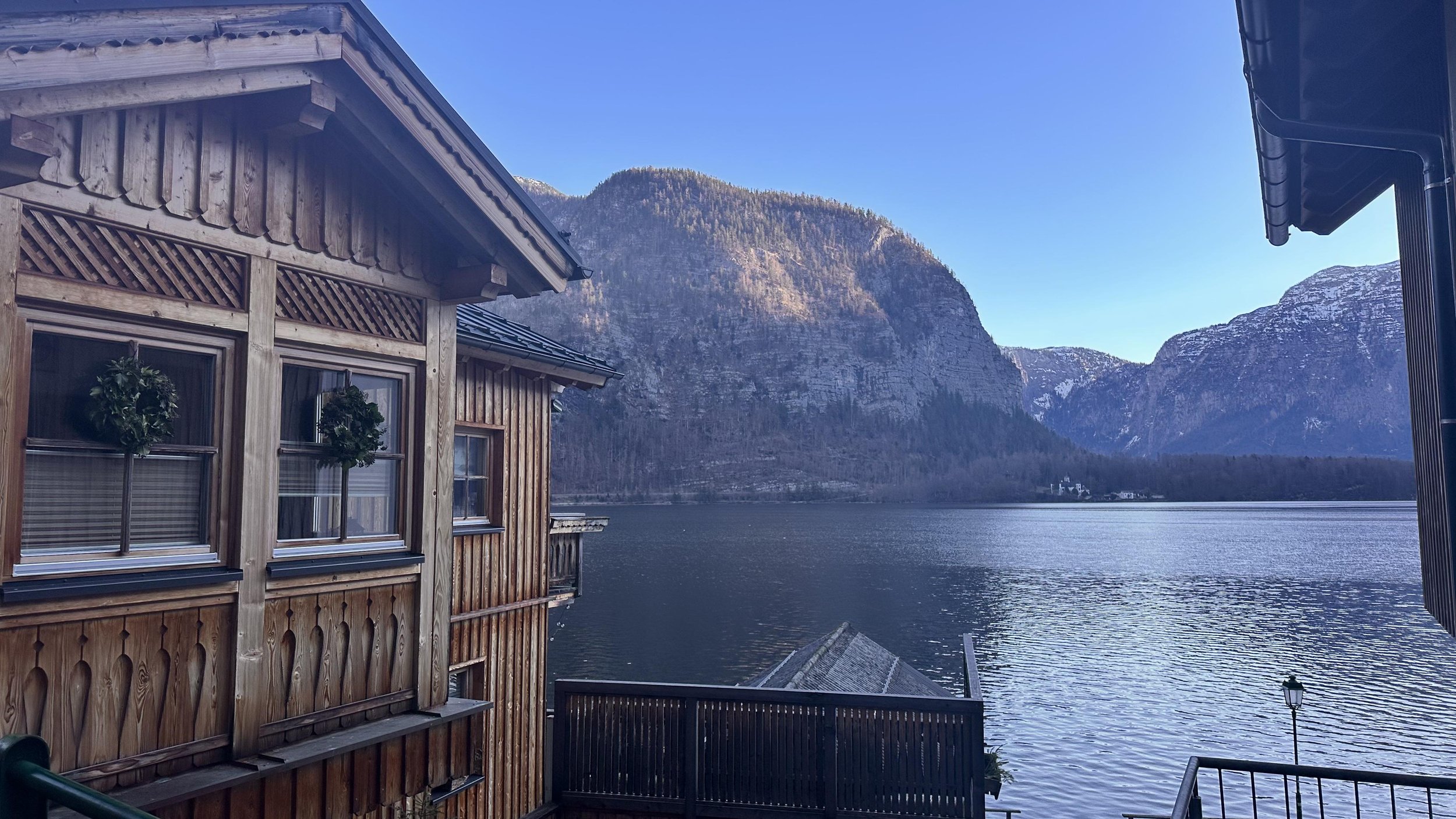
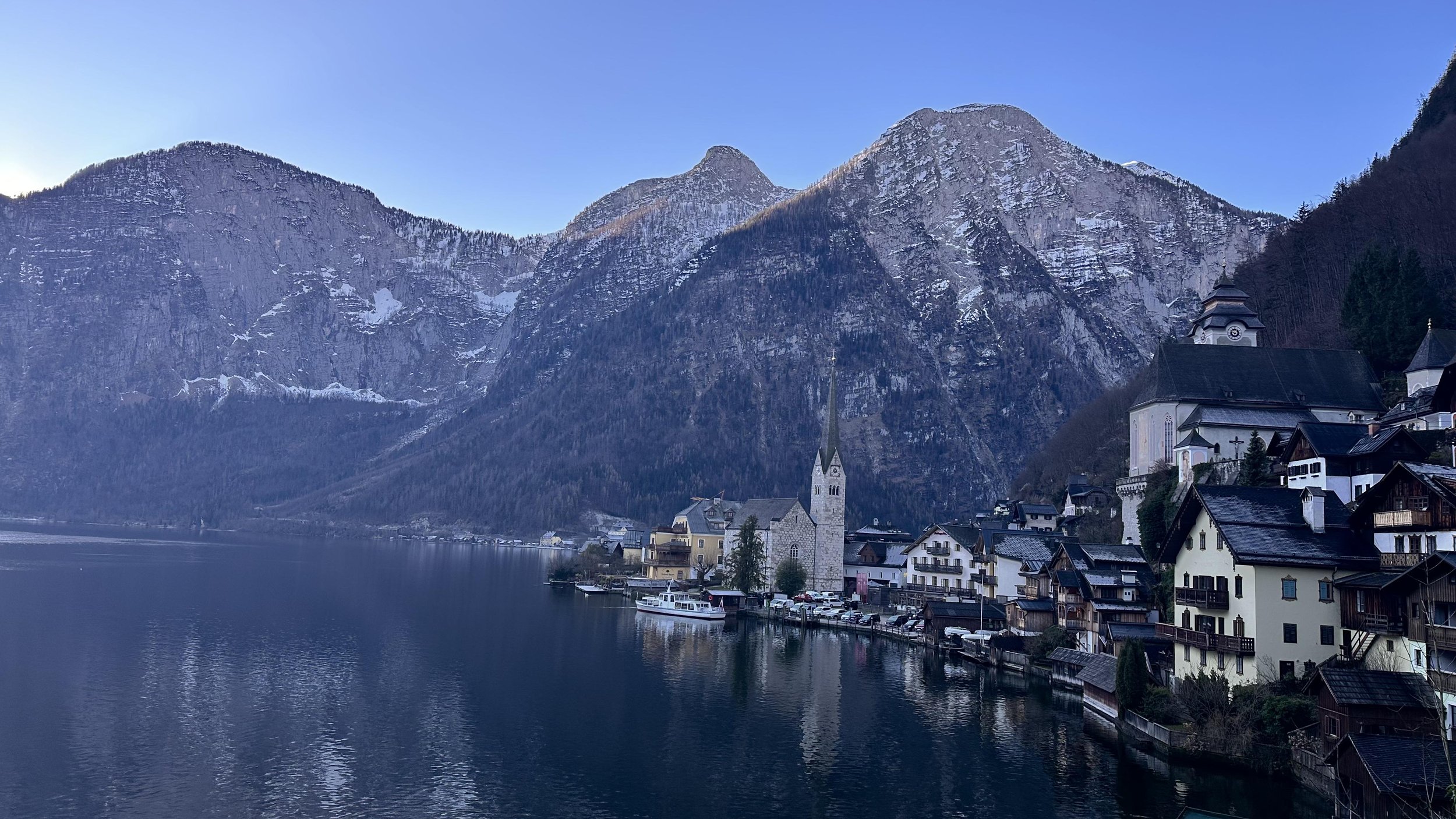
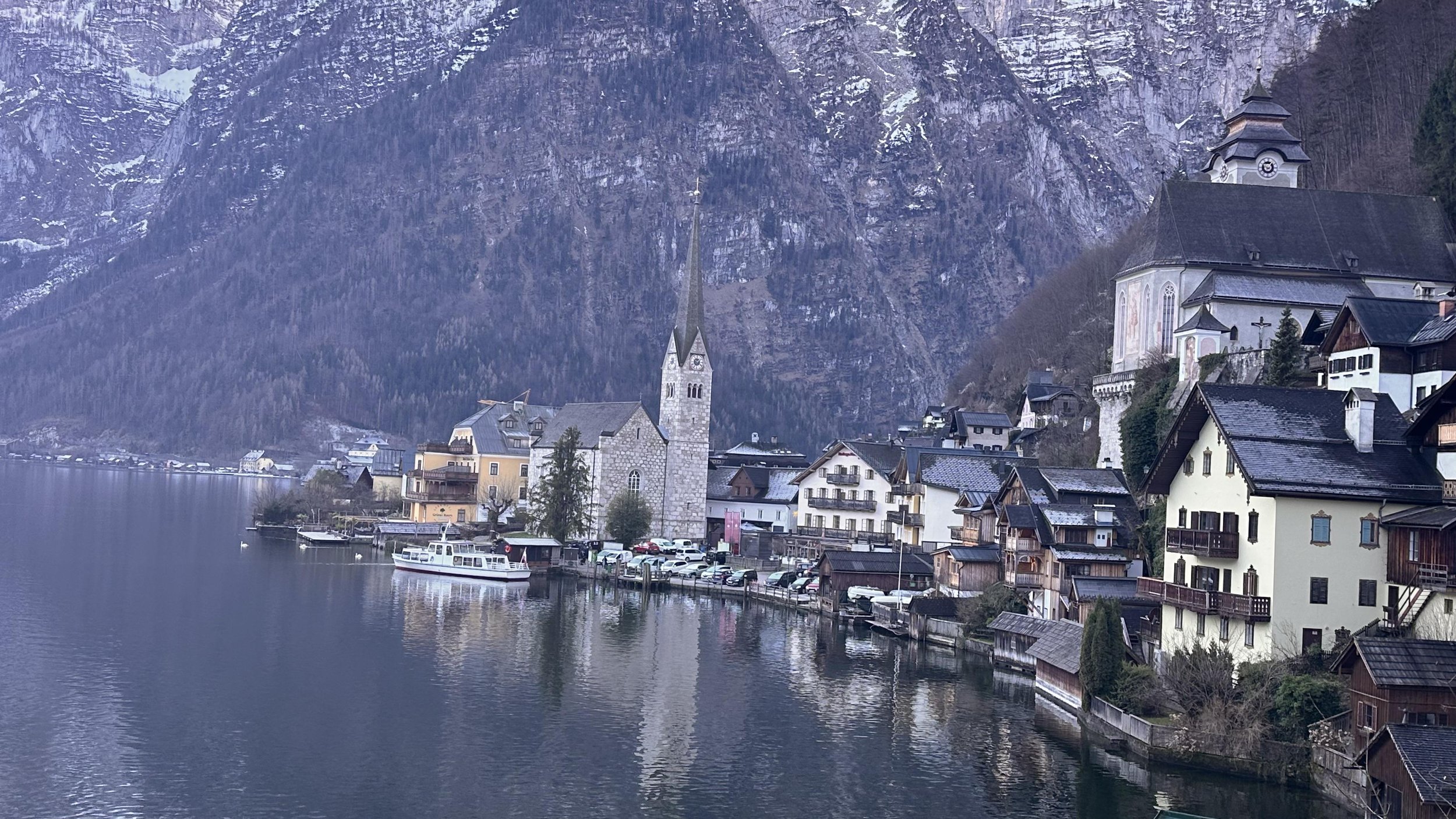
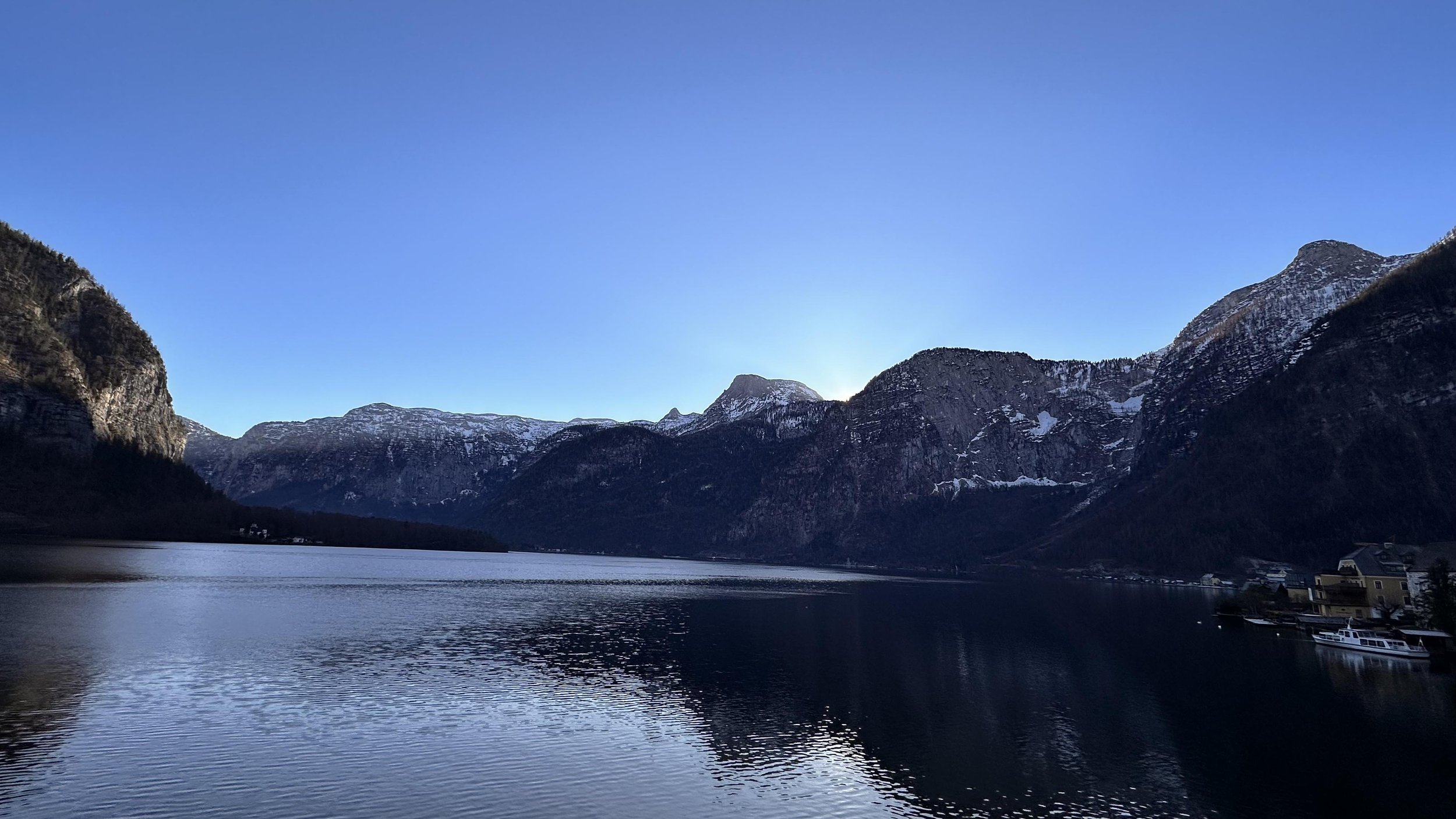
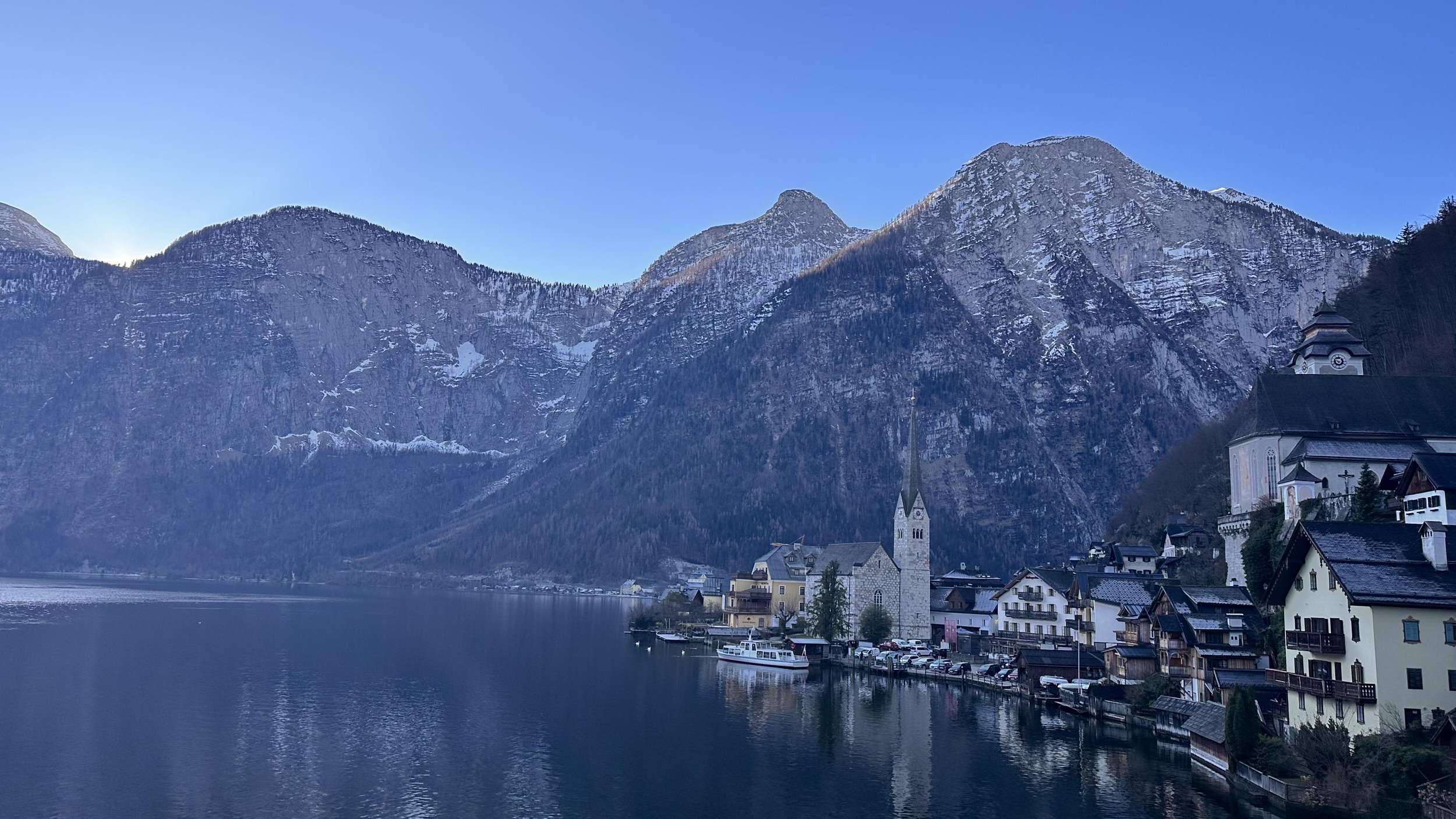
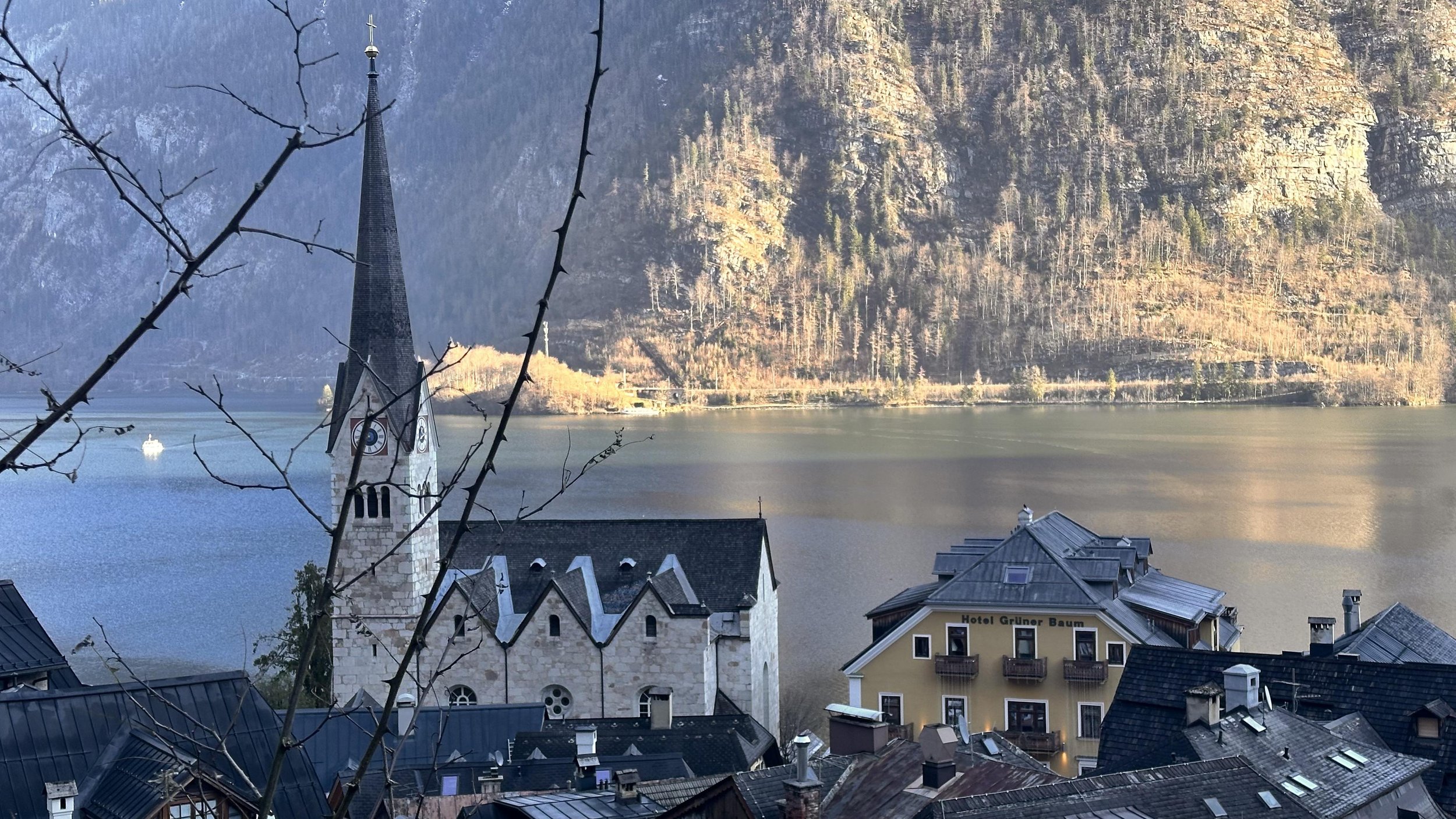
Bratislava
Our second trip was to Bratislava! A train ride of an hour and we arrived to Slovakia. No customs, SIM cards tell you when you have crossed the border!
Why Bratislava? What’s the link to a few other places we visited so far?
Anyone wants to guess?
Here it comes - it’s the river Danube, yes the river Danube got us to Bratislava! We wanted to see all 4 “B” famous cities on the river Danube.
So far we have visited three cities that start with a letter B in our language - Beograd ( Belgrade) in Serbia, Beč ( Vienna) in Austria, Budimpešta ( Budapest) in Hungary and now Bratislava in Slovakia.
The Danube is the second-longest river in Europe, after the Volga in Russia.
A large and historically important river, it was once a frontier of the Roman Empire.
The Danube flows through or makes part of the border of 10 countries: Germany, Austria, Slovakia, Hungary, Croatia, Serbia, Romania, Bulgaria, Moldova and Ukraine. The river ends in the Black Sea through the Danube Delta. No other river crosses that many countries.
During World War II, the Germans sailed their ships along the Danube and sunk them in a bid to avoid capture by the Soviet Union. Even today tourists can see the sunken ships.
It is the artistic world hotspot. The Blue Danube Waltz by Austrian composer Johann Strauss is one of the most famous examples of this cultural referencing, along with the river featuring in several modern films.
It is one of Central Europe’s most vital sources of fresh drinking water - with some estimates showing that approximately 20 million people rely on the Danube River for their drinking water.
A total of eight national parks can be found along the Danube’s shores, including two in Germany, one in Austria, one in Hungary, one in Croatia, one in Serbia ( we visited this one in October), and two in Romania.
Visiting Bratislava also meant we arrived to ex Soviet satellite state for the very first time. Growing up in ex Yugoslavia we tended to travel to the Western Europe searching for things we didn’t have. That means we haven’t really been around the Eastern Europe till now.
Slovakia, officially the Slovak Republic, is a landlocked country in Central Europe. It is bordered by Poland to the north, Ukraine to the east, Hungary to the south, Austria to the west, and the Czech Republic to the northwest.
Slovakia is known for its picturesque landscapes, including the Tatra Mountains and medieval castles. Bratislava, the capital, lies along the Danube River.
Slovakia peacefully separated from Czechoslovakia on January 1, 1993, in what is known as the Velvet Divorce. The split was driven by political and economic differences between the Czech and Slovak regions. Both sides agreed that a peaceful dissolution would be more beneficial than maintaining the federal state. A pretty remarkable political outcome that shows where there is a good will and the right choices are made, everything is possible.
Slovakia embraces diverse traditions, offering a blend of historic charm and natural beauty. Its population is around 5.4 million, Bratislava is the capital and largest city, while the second largest city is Košice.
Bratislava is renowned for its historic Old Town, featuring medieval architecture, charming squares, and landmarks such as Bratislava Castle and St. Martin's Cathedral. The city's Danube River location adds to its appeal. Bratislava is also known for vibrant cultural events, a lively arts scene, and being the capital of Slovakia, with a unique blend of history and modernity. And yet again we got to enjoy the Christmas markets vibes and delicious food.
Before being named Bratislava, the capital of Slovakia had various names throughout history. During the Habsburg Monarchy, it was known as Pressburg in German and Pozsony in Hungarian. After Czechoslovakia was formed in 1918, the city's name was officially changed to Bratislava in 1919.
The choice of the name "Bratislava" reflects the city's connection to the Slovak nationalist movement, the brotherhood (Brat + Slovak) and it has remained the capital's name since then.
The people living in Bratislava are predominantly ethnic Slovaks. However, the city's diverse history and strategic location have contributed to a multicultural population, with Hungarian, German, and other ethnic communities. The city reflects a dynamic mix of cultures, and residents embrace the rich historical and cultural heritage that has shaped Bratislava over the centuries. Pretty much everyone speaks at least three languages, Slovak / Czech, German and Hungarian.
We went on a walking tour and visited the historic Old Town, home to landmarks like Bratislava Castle, St. Martin's Cathedral, and Michael's Gate. We wandered through Hviezdoslav Square and visited the Slovak National Theatre. We loved the best the famous Blue Church, St. Elisabeth, it is so pretty and different, it felt we were back in Spain for a moment. We also saw in distance the UFO Observation Deck, a very cool architectural structure.
We learned the culture of wine is a souvenir from the Roman times, wine is cheaper than water here!
We also learned there are many strange statues in Bratislava, and wondered why?
After the political change they tried to revive the city not only by cleaning and repainting the rather cheerless buildings, but it by creating some strange statues, which are very popular among the tourists and give the town an additional surprising flair. The most famous are:
Čumil was made in 1997, in order to make the city more beautiful. If you touch his helmet it gives you good luck, and if you touch his nose it will bring you love.
“Man at work “ is a new sign to protect Čumil of accidents caused by cars, pedestrians or trucks 🛻😉.
Cast iron statue of Ignác Lamár, nicknamed Schöner Náci, who became famous due to his habit of walking through the streets of the city in an elegant suit and top hat. He bowed in front of ladies and gave them flowers or sang.
We had a lovely dinner in the local pub and enjoyed Kofola, a Soviet Block version of Coca Cola together with a Sourceaut sausage soup called Kapustnica - yummy!
We returned back to Vienna the same evening.
Overall , for us it was very interesting visiting one of many ex Soviet satellite states. During the Cold War, the term "Soviet satellite states" referred to the countries in Eastern Europe that were under the influence and control of the Soviet Union. These nations included East Germany, Poland, Czechoslovakia, Hungary, Romania, and Bulgaria. The term implies that these countries were politically, economically, and militarily aligned with the Soviet Union, often participating in the Warsaw Pact—a military alliance led by the Soviets. The satellite states played a significant role in the geopolitical dynamics of the Cold War, and their relationships with the Soviet Union varied in terms of political subservience and economic cooperation.
Interestingly it reminded us of another historical fact relating to our home country, ex Yugoslavia.
Yugoslavia was not one of the Soviet satellite states. Yugoslavia, under the leadership of Josip Broz Tito, pursued a policy of non-alignment during the Cold War. Tito's government maintained a degree of independence from both the Western and Eastern blocs, which allowed Yugoslavia to chart its own political and economic course. This non-alignment led to tensions with the Soviet Union, and Yugoslavia did not join the Warsaw Pact. The country's independent stance contributed to its unique position in the context of Cold War geopolitics.
I leave it to your inquisitive minds to ponder how this fact might have played a role in the 1990ties, and the political trajectories leading to the dissolution of Yugoslavia.
This trip to Bratislava marked the end of another leg of our incredible trip.
We packed our bags, jumped in the car and drove to Jahorina via Ðakovo where we had an overnight stay to rest before we arrived to the winter wonderland!
I hope you have enjoyed reading our blogs, following our adventures and learning along the way. We might have sparked a travel bug in some of you, if we have we, would love to hear about it 🧳.
We are now going to literally chill in our own winter paradise, and are super excited to be joining the big celebration - 40 years since the Winter Olympic Games in Sarajevo in 1984!
We never planned to be here for this special event but here we are, so happy that this is happening while we are here. I will be going down the memory lane, for sure, and have already been asked by the organisers to bring along souvenirs and memorabilia for the occasion. ❄️☃️🏂⛷️🎿
More about Jahorina in the coming weeks, we are now busy skiing every day and enjoying the time in our own paradise 🧡
Bratislava Photo Album
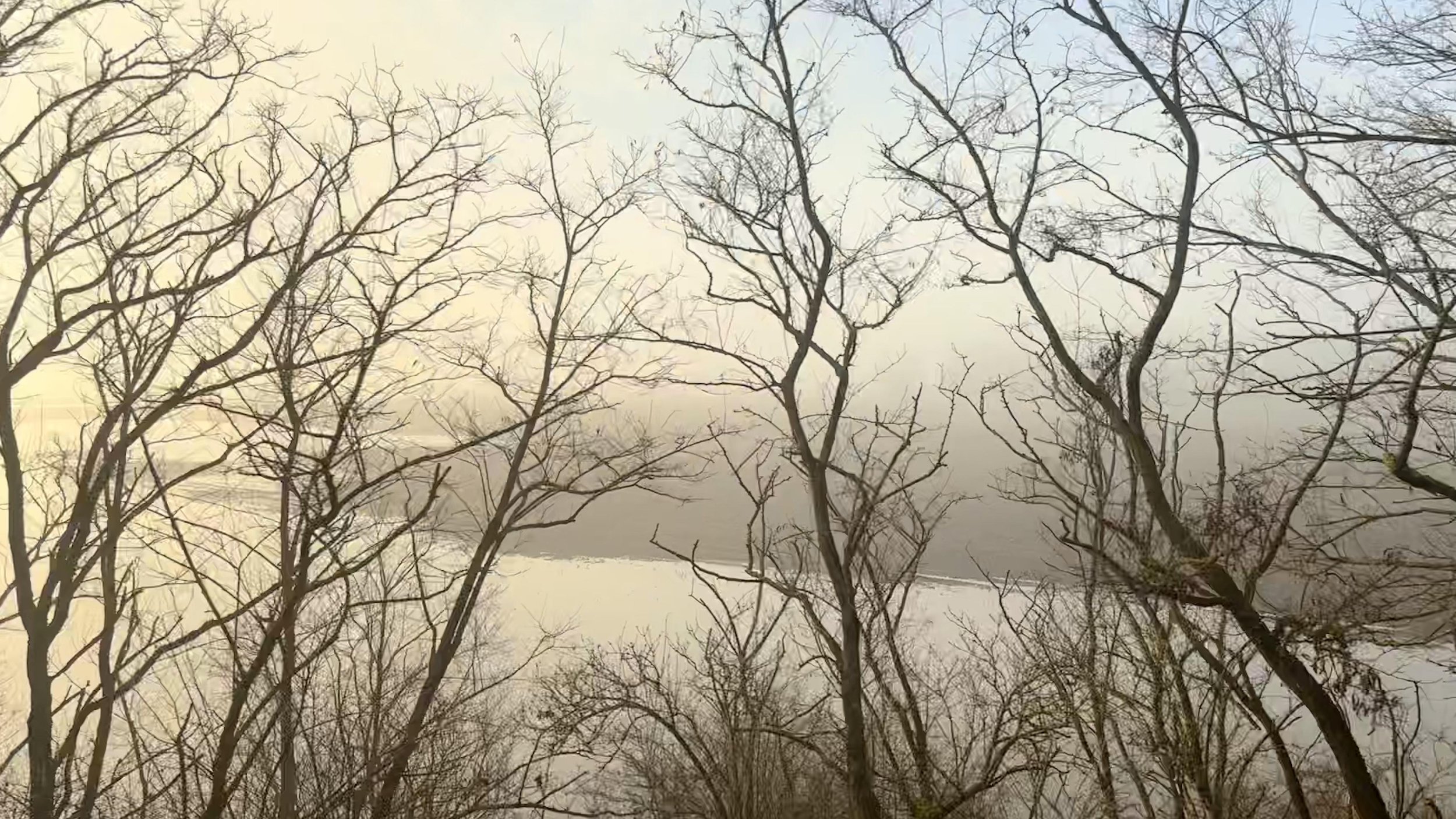
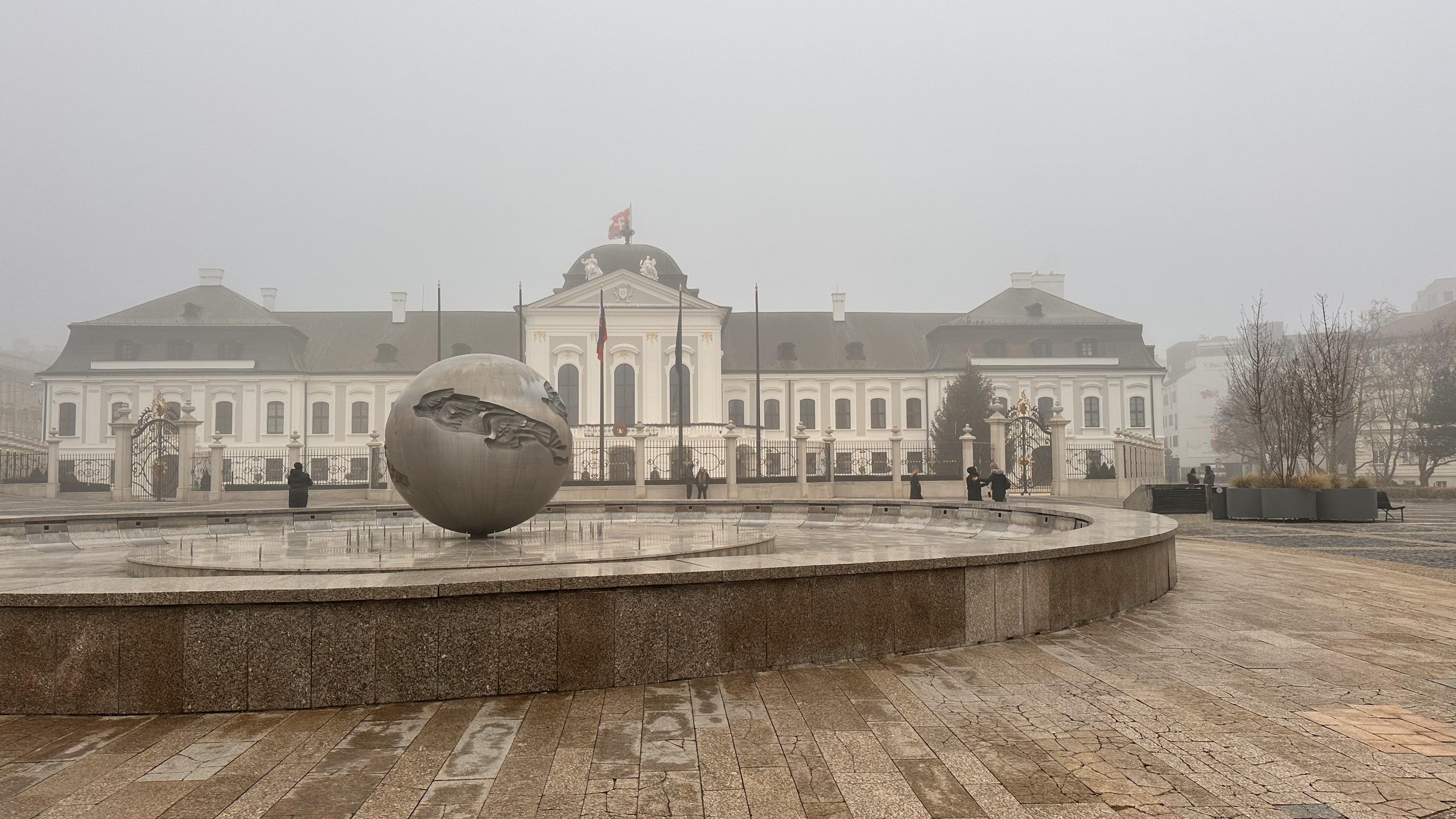
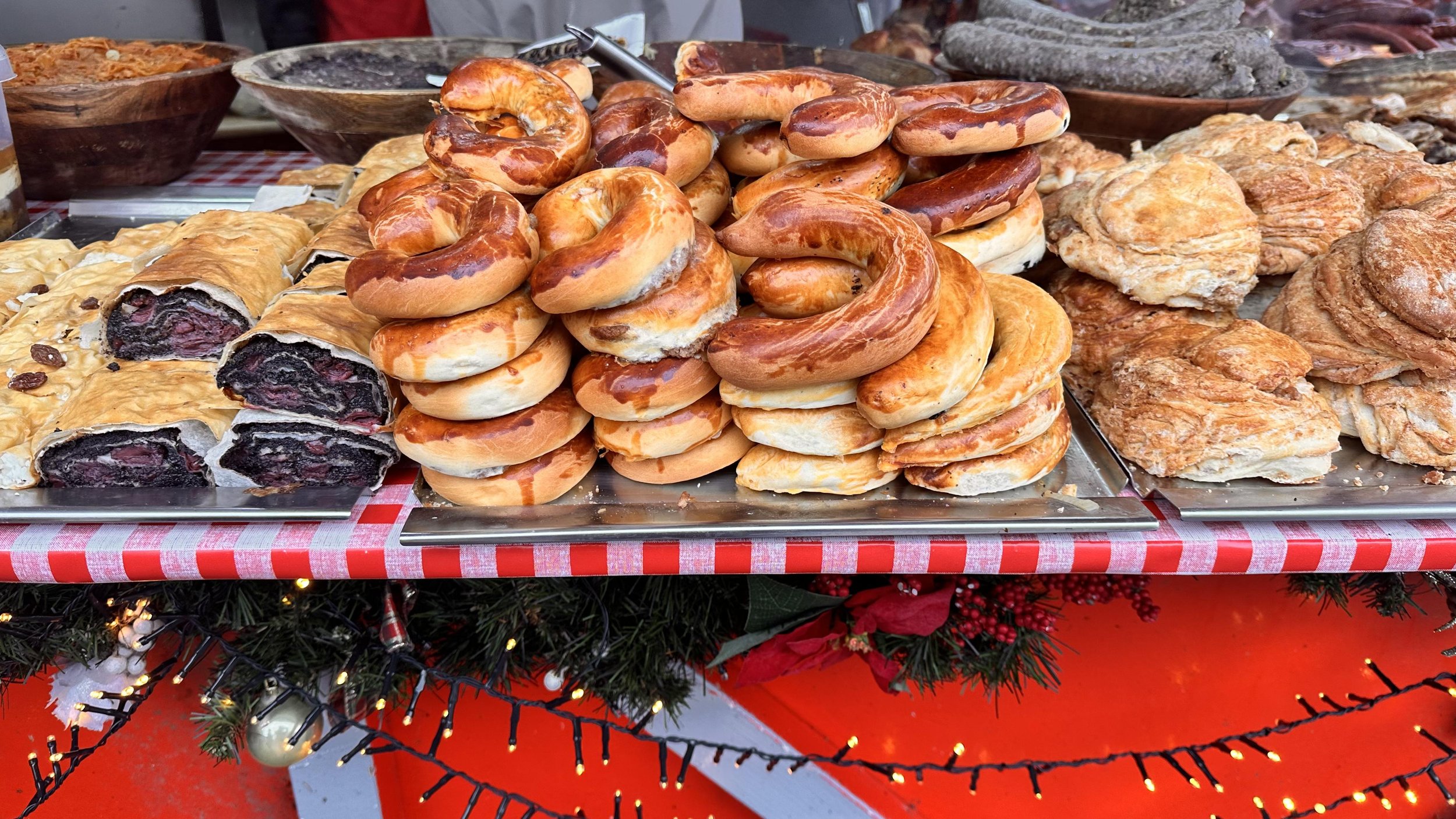
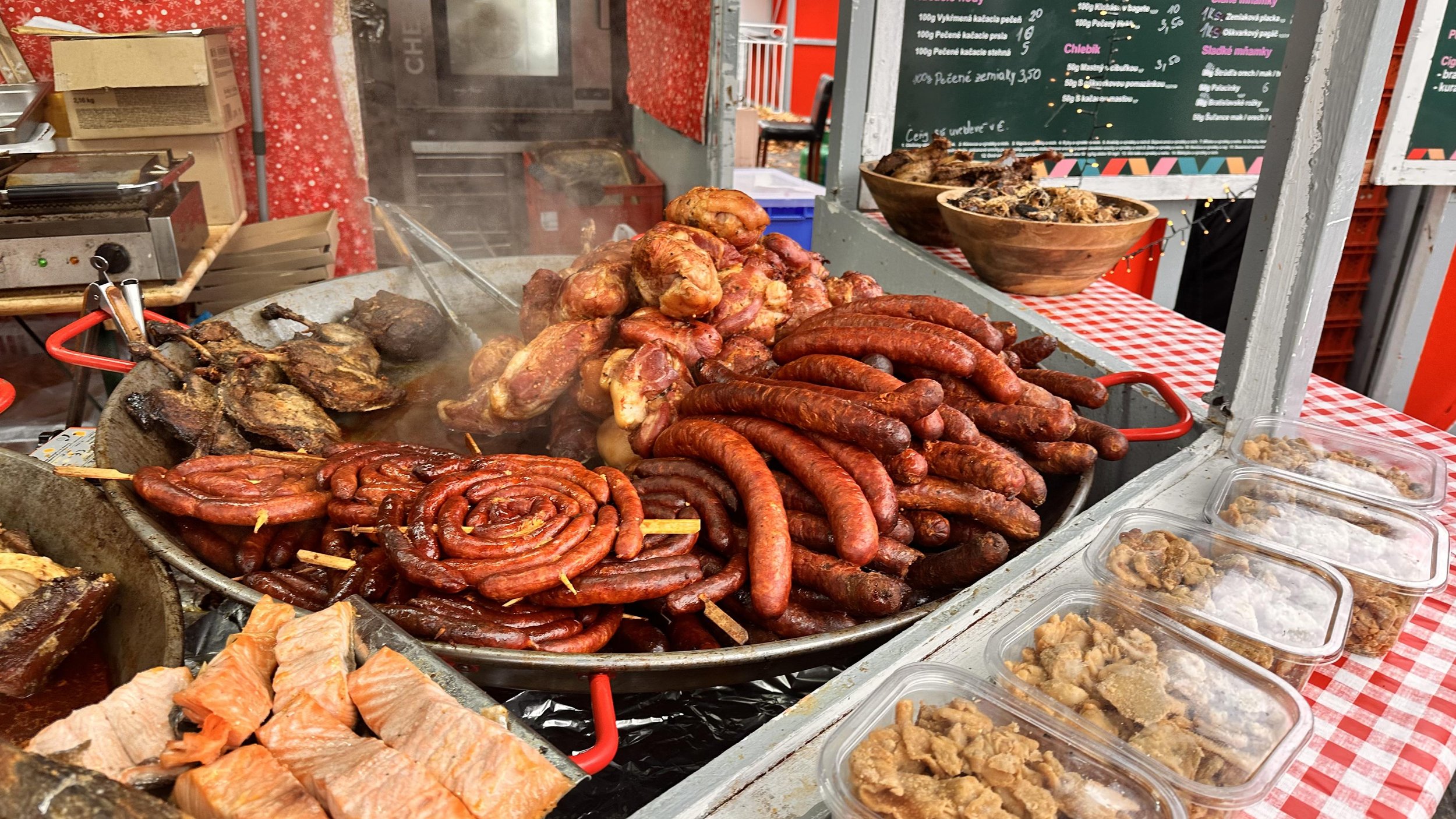
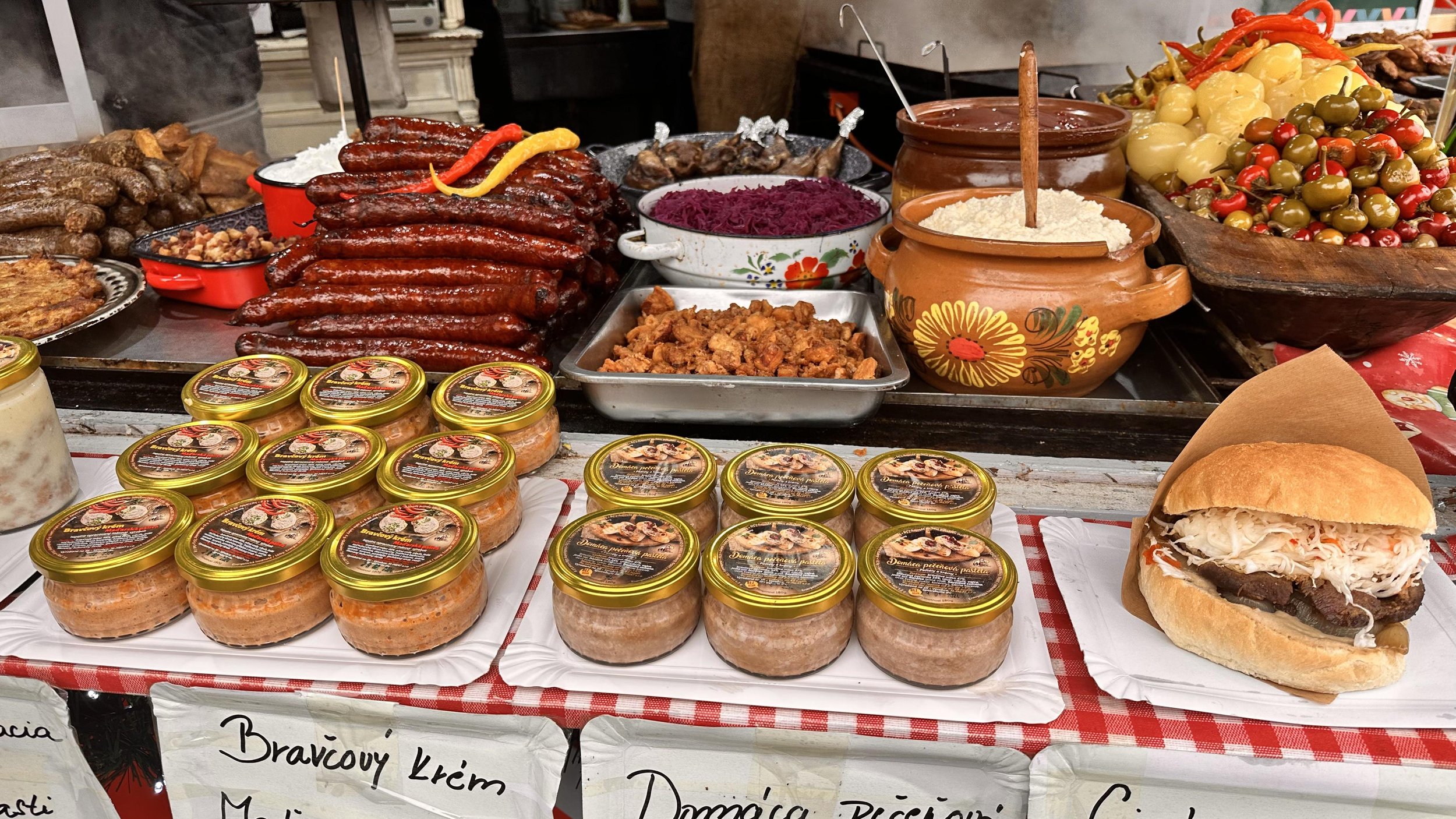
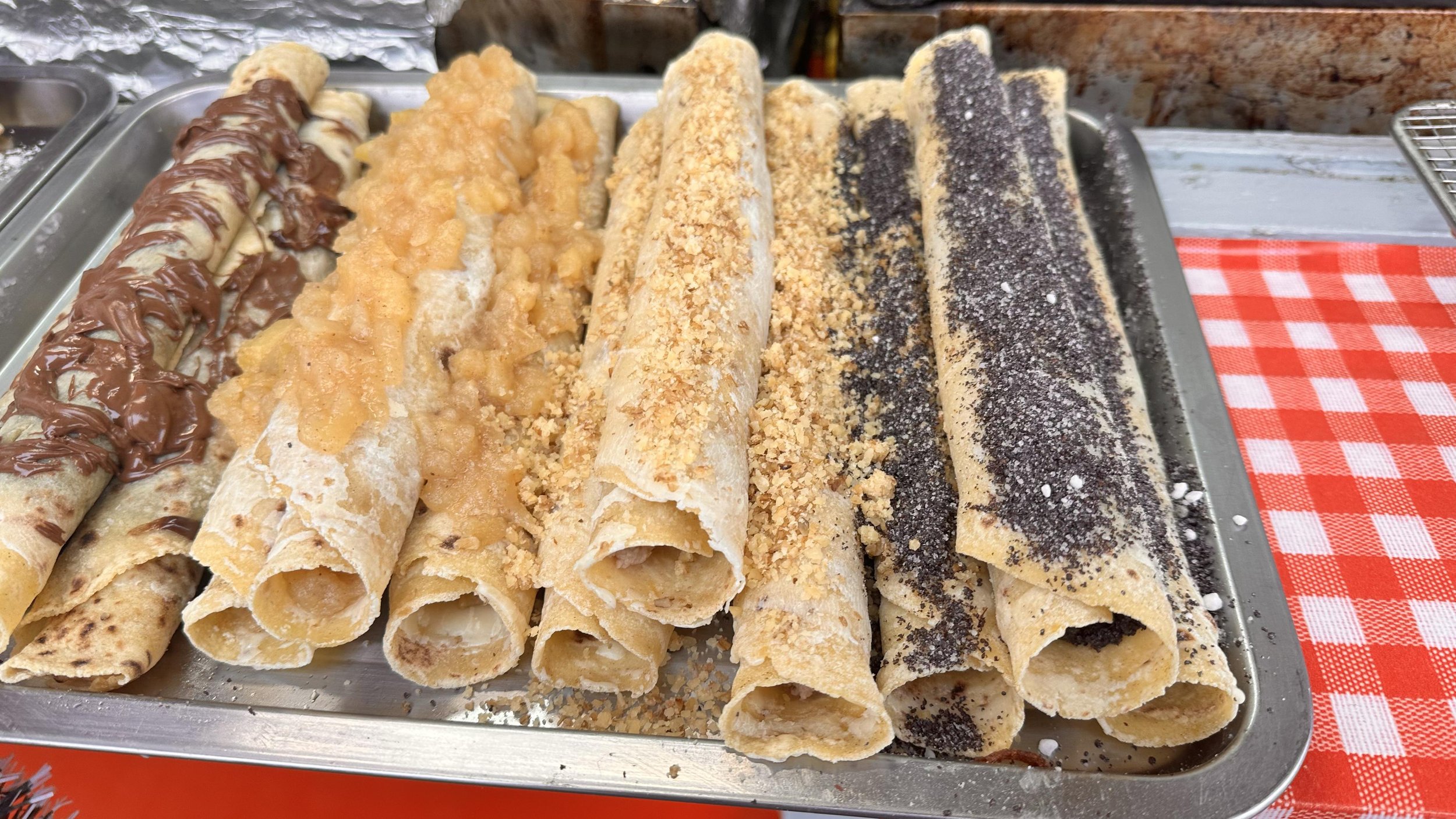

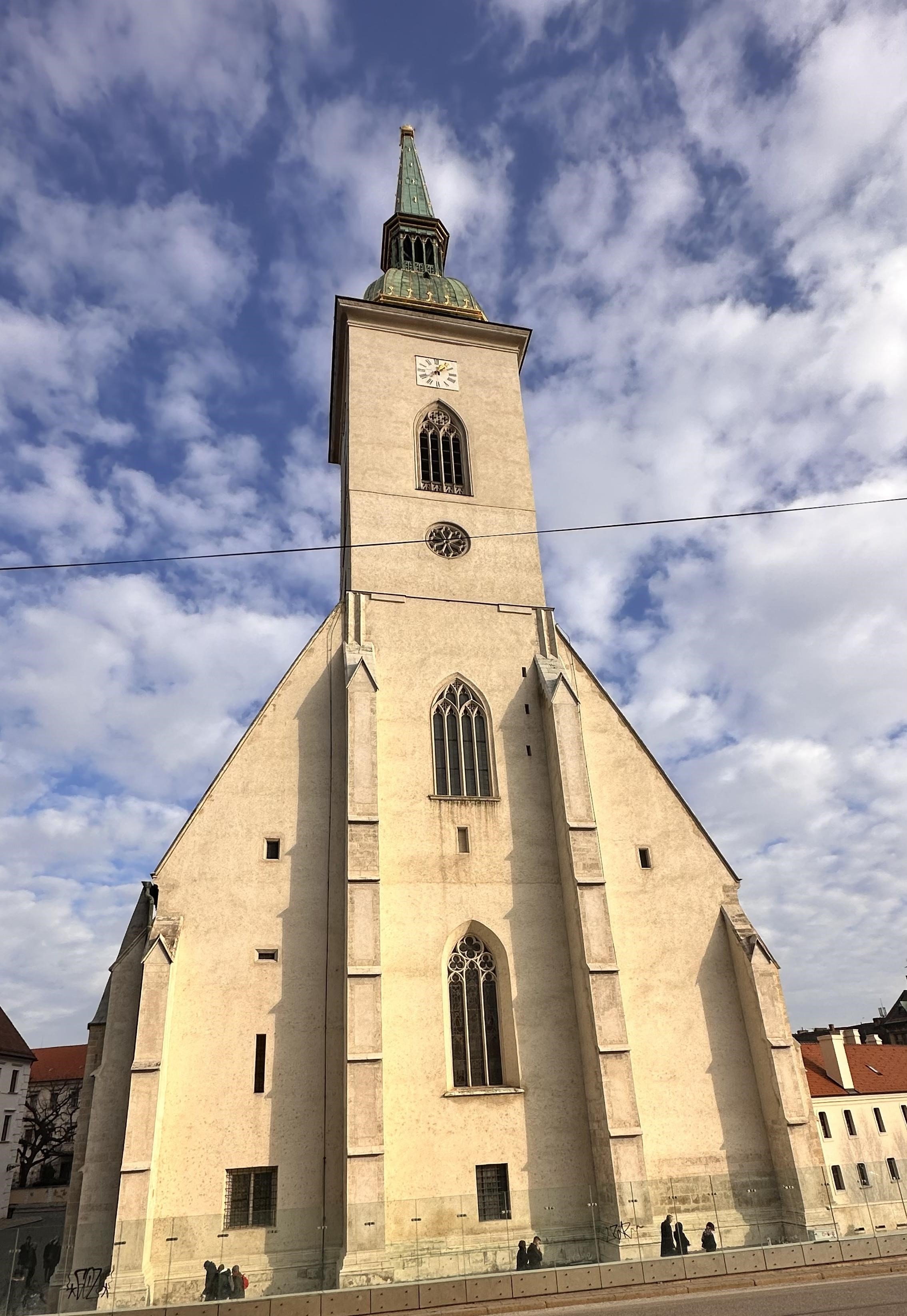
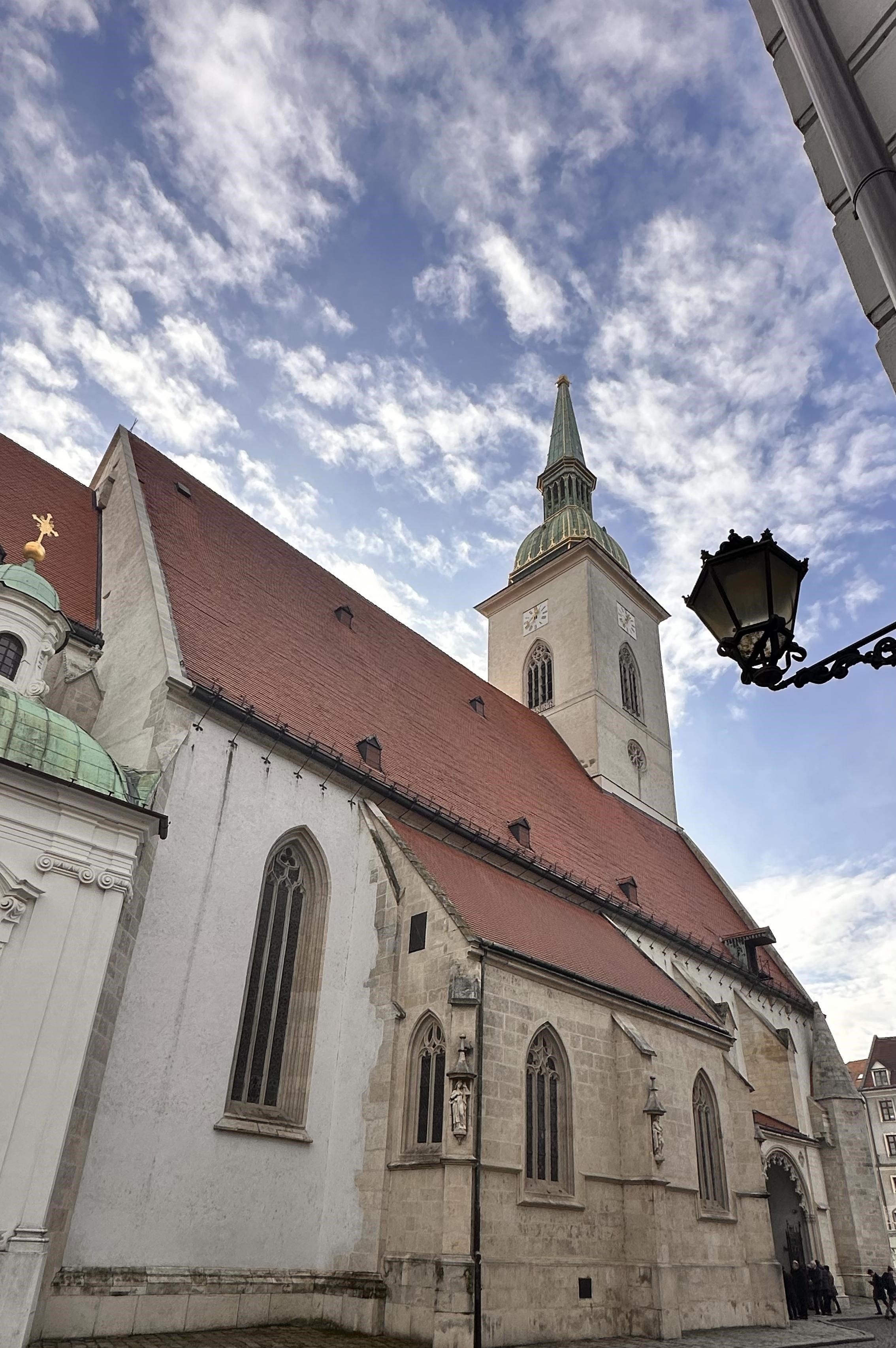
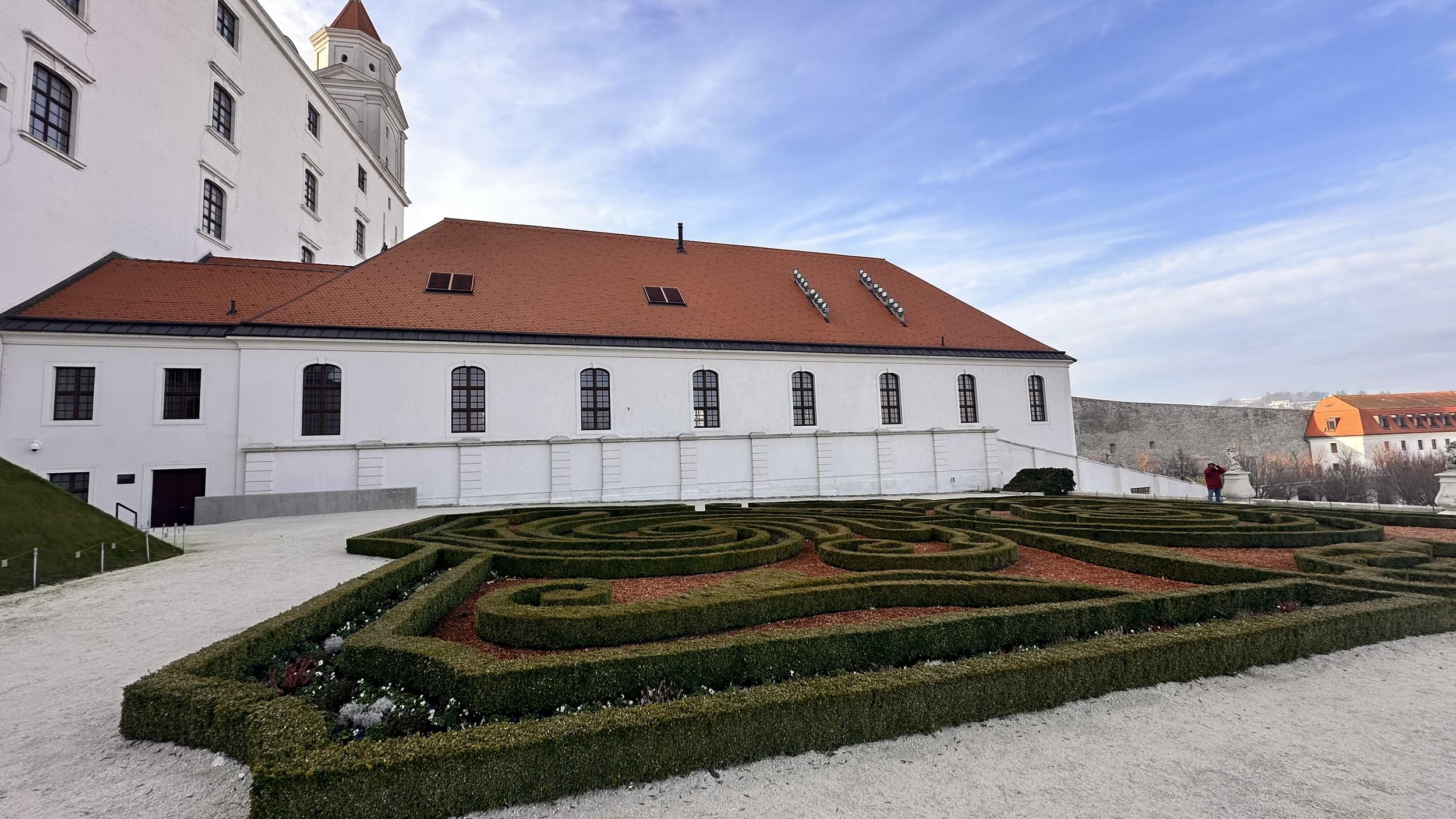

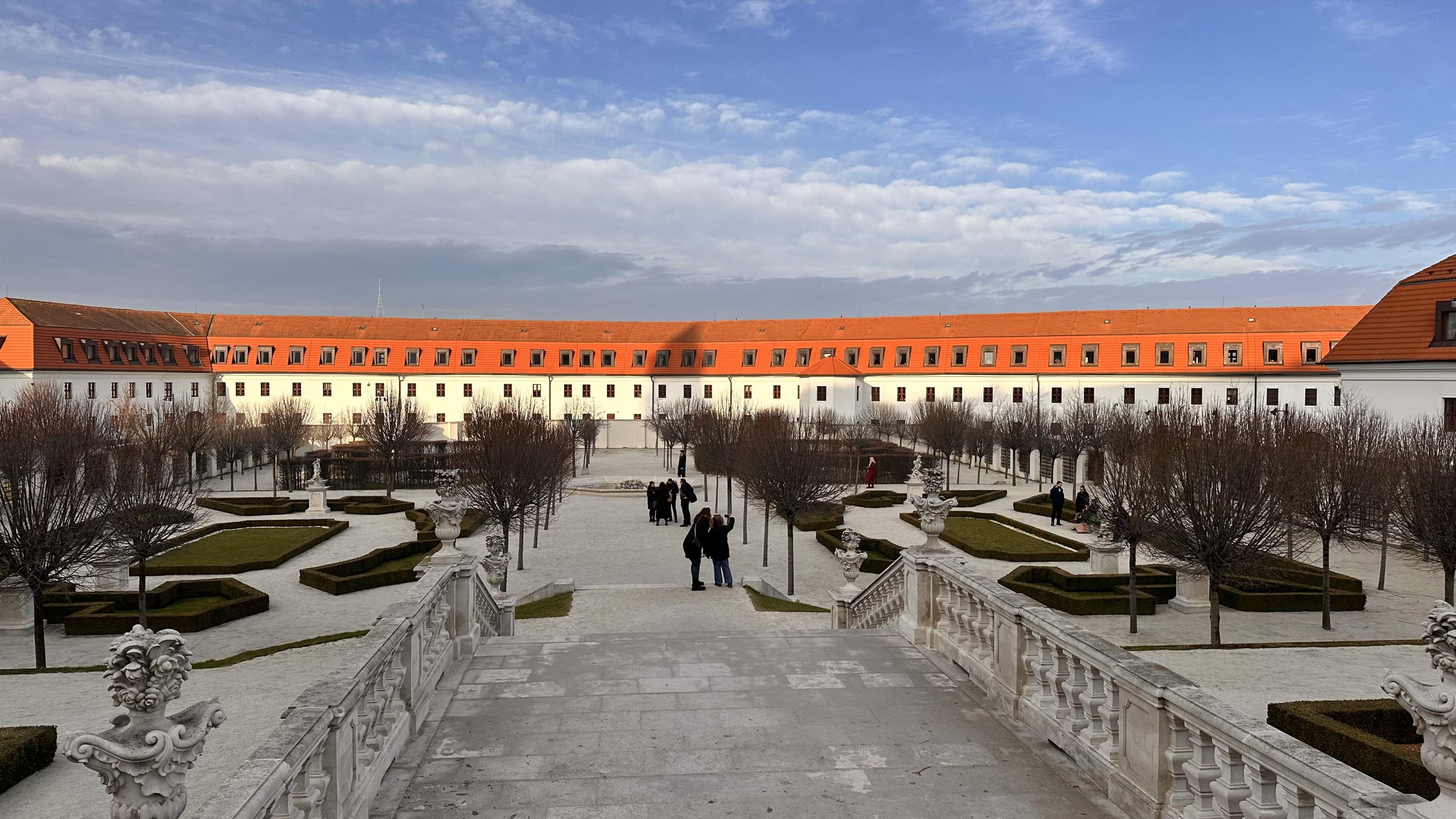
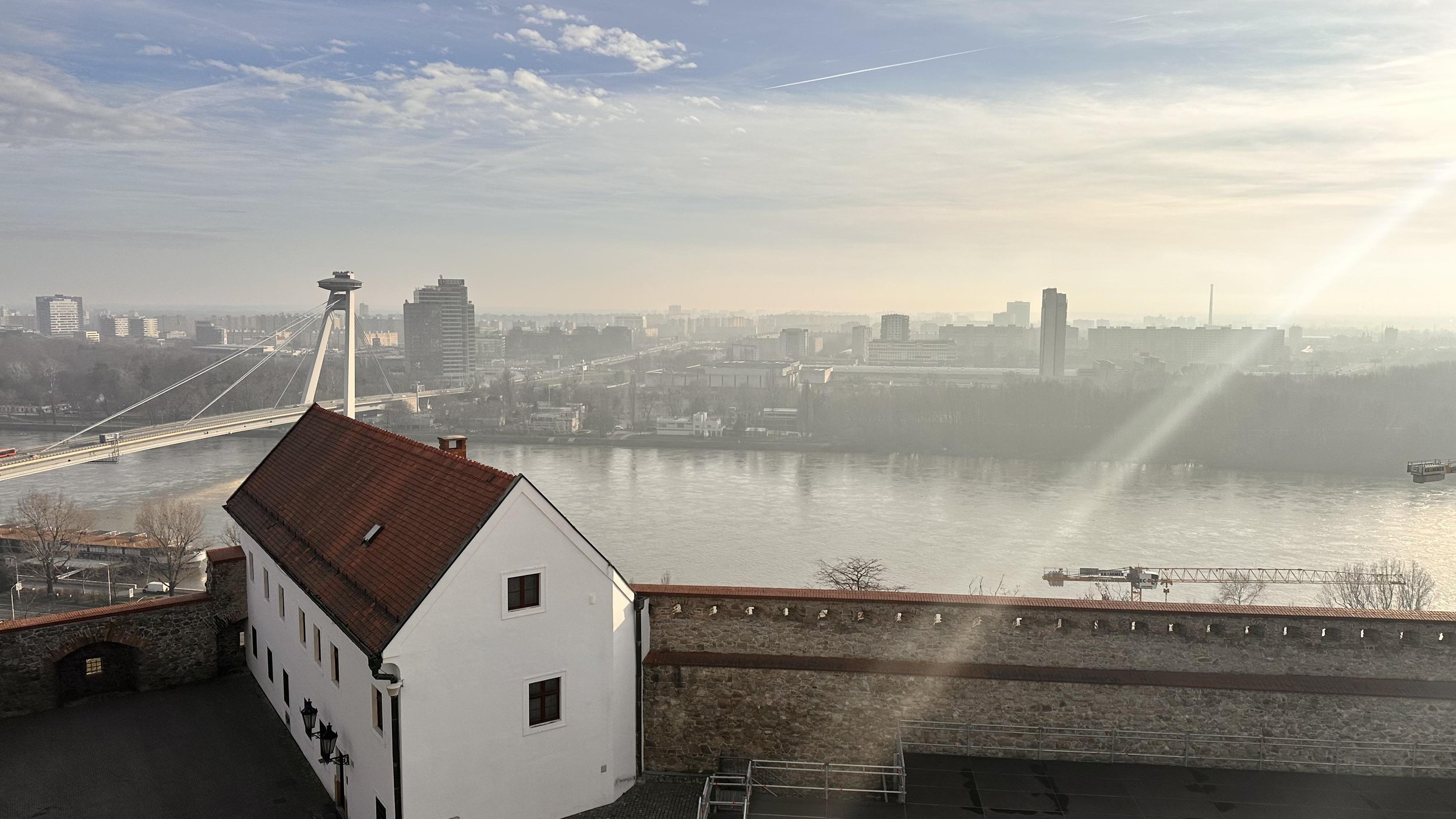
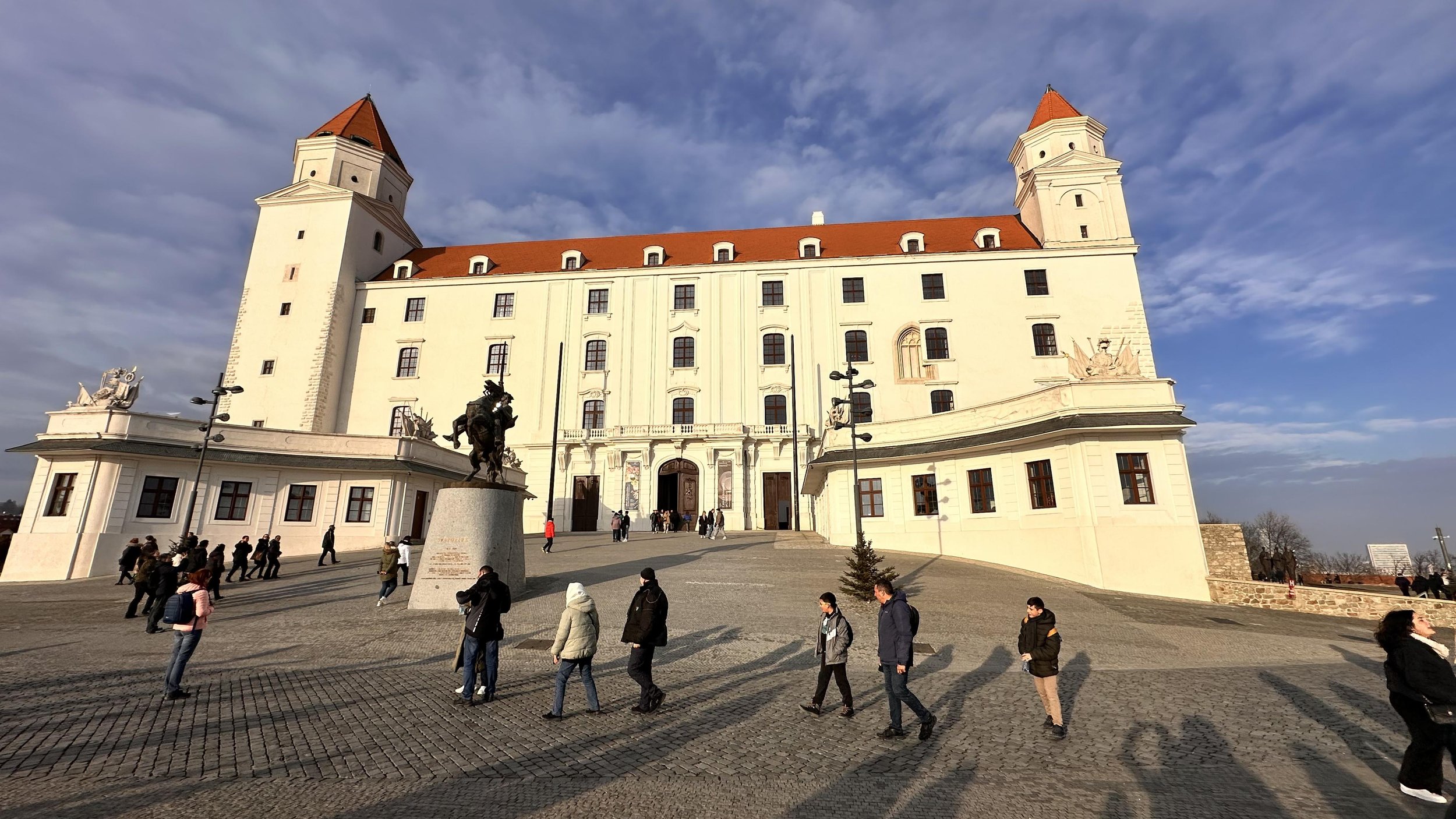
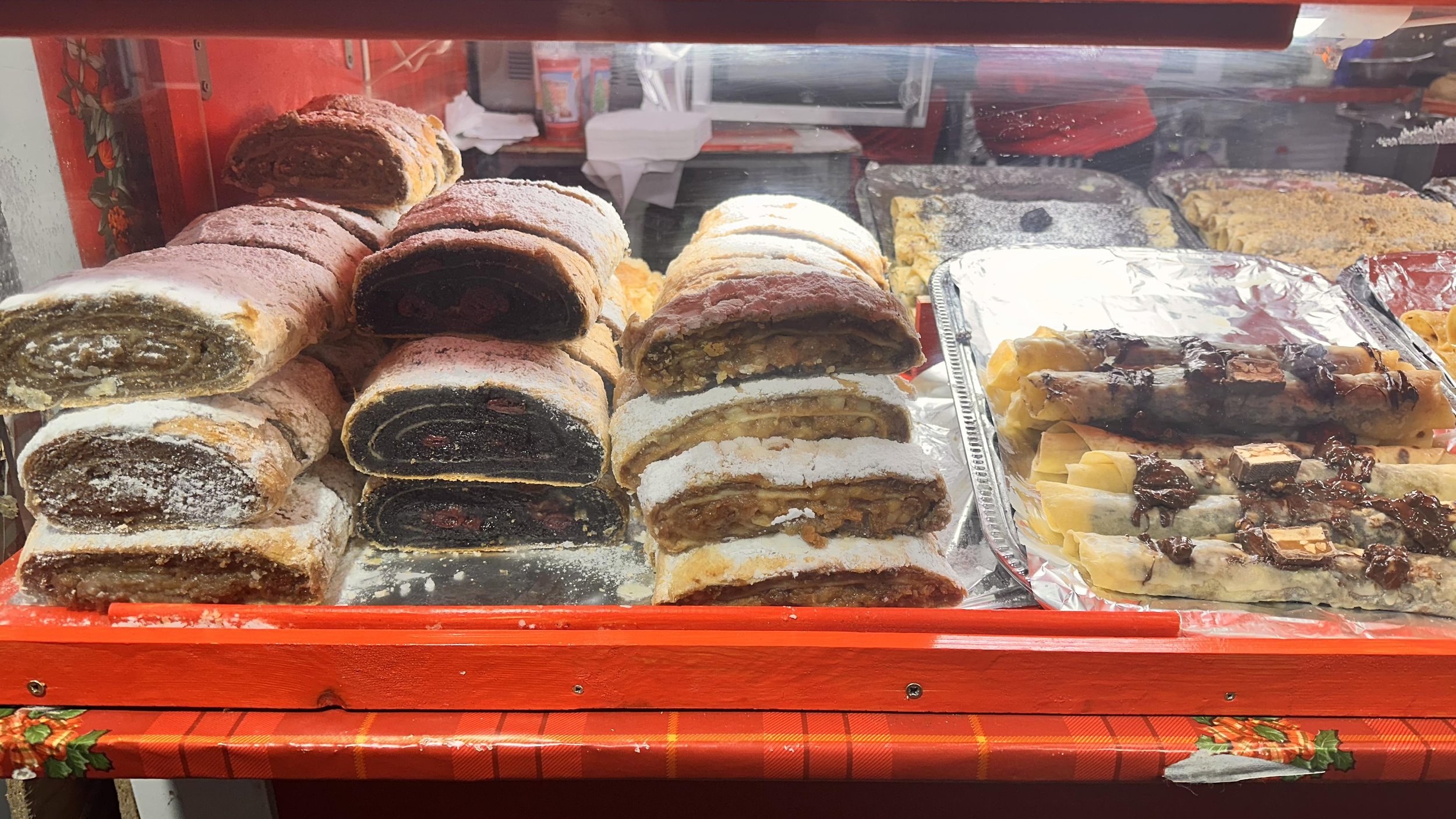
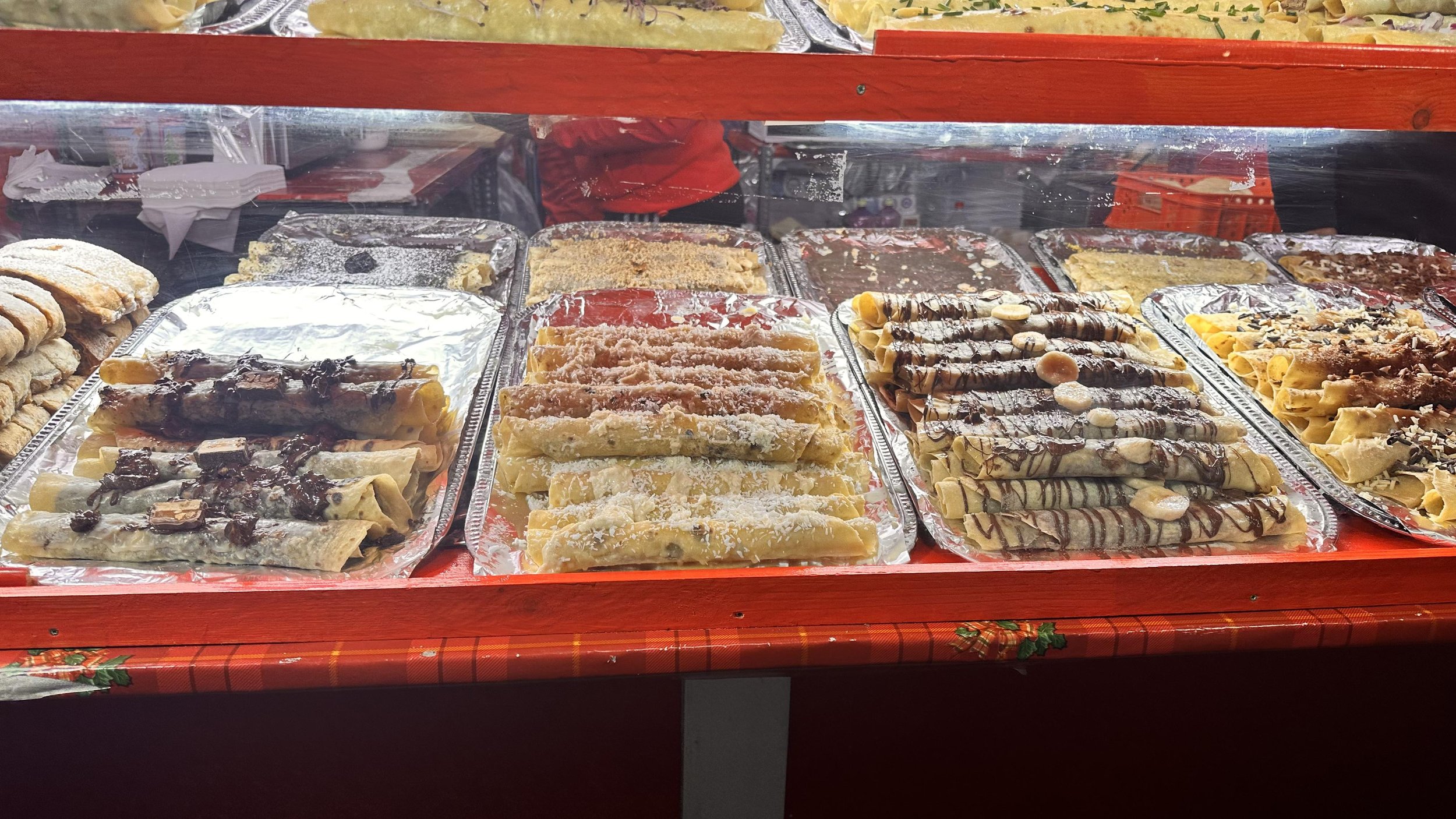
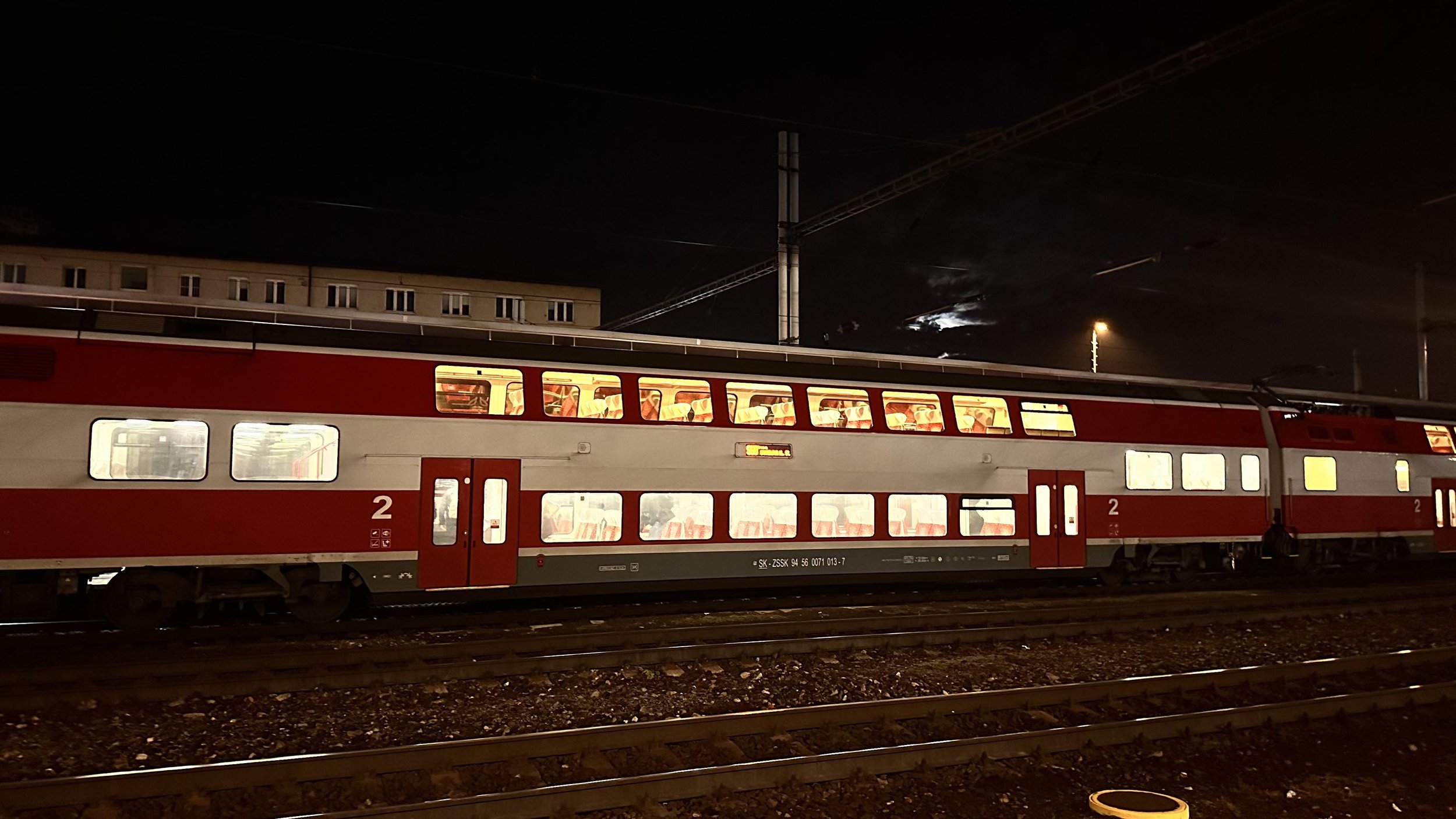














Willkommen in Österreich Welcome to Austria
Visiting Vienna for the New Years concert was the key event for us, but there were plenty more reasons why we chose to spend a number of days in Austria, basing ourselves in Vienna.
Visiting Vienna for the New Years concert was the key event for us, but there were plenty more reasons why we chose to spend a number of days in Austria, basing ourselves in Vienna.
Let’s start with a quick introduction to Austria!
Austria, formally the Republic of Austria, is a landlocked country in Central Europe, lying in the Eastern Alps. It is a federation of nine federal states, one of which is the capital, Vienna, the most populous city and federal state, and its cultural epicentre. The country occupies an area of 83,900 km2 and has a population of around 9 million.
Austria boasts a diverse history. Formerly a key player in the Holy Roman Empire, it later evolved into the formidable Habsburg monarchy. After World War I, Austria became a republic in 1918, only to be annexed by Nazi Germany in 1938. Post-World War II, in 1955, Austria regained independence, adopting neutrality.
The country is celebrated for its imperial architecture, alpine landscapes, and contributions to philosophy.
Austria is obviously also renowned for its classical music heritage, giving the world iconic composers like Mozart and Beethoven.
The country's Alpine landscapes also attract visitors, offering stunning scenery and outdoor activities. Wait for the next blog to learn more about this part. 😉
Today, Austria thrives as a prosperous nation with a deep-rooted cultural heritage and a commitment to diplomacy.
So, what we were up to?
We based ourselves in Vienna and took the opportunity to explore this magical city using the public transport which is simply amazing! It is the system based on honesty. There are no pay points as you jump on or off the underground, trams or buses, but you are expected to have a ticket. It is as simple as that! We saw controllers only once! We bought a 10 days pass for unlimited travel that included all means of transport, and didn’t have to worry about it.
We spent the first few days visiting a number of the city landmarks including a few beautiful Christmas markets.
Petra and Chase were here for Christmas holidays too, we spent some time together enjoying the atmosphere. Interestingly, this was the very first Christmas we haven’t been together as a family for 30 years! Miroslav, his girlfriend Shannon and grandpa Petar were in Auckland and four of us here in Vienna. It felt a bit strange, I missed our family tradition of cooking meals together and creating a real kitchen chaos. 🥰 There is the first time for everything!
Christmas markets were packed up with people, mulled vine ( Glühwein ), apple strudel and Sacher torte served everywhere. Did we indulge ourselves in the Christmas market traditions - yes 🙌! I’d say we have gained a few kilos here despite massive new records in daily steps! On average we are now sitting at 25,000 steps per day, and in the cold weather. You have to agree with me that we are doing pretty well, especially Neb🥶.
A few fun facts about Vienna & Austria:
There are 2m people living in Vienna across 23 districts. Old Vienna was a fortified city, new buildings were built in the older style to retain the original feel.
In 1869 Vienna Opera house was opened by Mozart himself. It was built in the renaissance style. During the Second World War, it was heavily damaged. It reopened after the war with a Beethoven opera.
Sacher torta is super famous, over 1000 pieces are eaten each day by tourists!
The first time Austria was mentioned in documents goes back 1500 years. The country was ruled for 270 years by one family, the Habsburgs!
Austrian Hungarian empire was so big, it even included Filipins named after the Spanish King Filip II.
The longest reining emperor was Franz Joseph. He was only 18 when he came to power, and ruled for 68 years. He was very conservative, interested in hunting and military. When he was 20 he married Elizabeth (Sissi). She was 15 years old and had to undergo a “crash course” of becoming an empress. When she was 21 she had three kids, she became loved by Hungarians and as we already know Elizabeth was killed in Geneva by an Italian anarchist.
Wolfgang Amadeus Mozart was born in Salzburg. He was a Wonder-child. He perfected playing piano at the age of 3. At the age of 6 he came to Vienna and gave a concert for the Habsburg family. He died at the age of 35 of rheumatic fever.
Now that you’ve learned a bit about the history, I would like to mention a few of my favourite points of interest, remembering we’ve seen many more and all were super 🆒!
Schönbrunn Palace was the main summer residence of the Habsburg dynasty. We attended the apple strudel show and got the best recipe from the Maria Theresa cook book! It was the BEST strudel we’ve ever tried!
The Schönbrunn Gloriette in the palace gardens of Schönbrunn Palace is the largest and perhaps the most well-known of all gloriettes. It’s stunning at daylight, we were lucky to see it at the sunset too and the views of the Vienna city are spectacular.
Michaelerplatz - one of the (many) joys of Vienna is finding little places to stand in and feel like you travelled back in time. One such place is Michaelerplatz, the historic city-centre square at one end of the Hofburg palace complex.
Stand on Michaelerplatz, and historic houses, churches, and gateways from 1220 through to the early 1900s surround you. Numerous horse-drawn carriages enhance the timeless feeling; the square also provides parking space for the traditional city fiakers.
Cafe Landtmann, is Vienna's most sophisticated coffee house. After waiting in line for 30 mins, we enjoyed the beautiful traditional food and celebrated Christmas and birthdays with Petra and Chase. From the famous Wiener schnitzel, to beef goulash, from a warm hand made apple strudel to a chestnut puree desert served in a flower shaped base made of the dark chocolate, my favourite desert by far. The food was so yummy😋!
Cafe Central - after a long 45mins waiting in a line to enter we were left speechless. 😶
The Café Central opened in 1876. A well known regular guests were a revolutionary (Leo Trotsky), a psychiatrist (Sigmund Freud), a poet (Alfred Polgar, Stefan Zweig, Peter Altenberg), and an architect (Adolf Loos). Amid coffee, cake, and cigars, Vienna's greatest thinkers gathered in the cozy atmosphere of the city's most beautiful coffeehouse. Even the president Tito loved to spend the time in this iconic place. Today, the menu features typical Viennese dishes, traditional coffee blends, and sweet temptations from the in-house pastry chef.
We have learned that Viennese coffee house culture is the UNESCO world heritage. We ordered special coffees and Kaiserschmarrn, also known as emperor’s mess, it is a fluffy and light, giant pancake, which is torn into bite-size pieces after baking, and served with the warm plum compote, oh oh oh delicious 😋.
St. Francis of Assisi Church also known as the Emperor's Jubilee Church and the Mexico Church is a Basilica style Catholic church that looks like it’s just landed from Disneyland. Built between 1898 and 1910, it was consecrated in 1913. It is located on the Mexikoplatz near the banks of the Danube.
The square was named Mexikoplatz in 1956, to honor the support Mexico gave to Austria in 1938, when it was the only country at the time to protest the annexation of Austria by Nazi Germany.
The Stephansplatz is a square at the geographical centre of Vienna. It is named after its most prominent building, the Stephansdom, Vienna's cathedral and one of the tallest churches in the world.
It was destroyed by fire, not bombs during the Second World War. Nine federal parts of Austria joined the efforts and funded the rebuilding. Although public opinion was originally skeptical about the combination of the mediaeval cathedral and the glass and steel building, it is now considered an example of how old and new architecture can mix harmoniously.
It was so so cool to welcome the New Year in the open, dancing the waltz to the live music with hundreds of people enjoying such a spectacular night.
The Mozarthaus sits right in the city centre in a historic quarter. The building is a townhouse restored to its 18th-century grandeur. The museum essentially invites you on a gentle stroll through a late 1700s world of music and society, most importantly, you’re breathing the very air that Mozart breathed over 200 years ago! How cool is that?!
We attended a classical music concert in the actual house, in a small beautiful and incredibly acoustic room with stunning frescoes. We listened to the quartet of musicians playing Mozart’s music. Oh oh what a treat! Thank you Petra for finding it for us🤗.
Austrian National Library, State Hall
Europe's largest Baroque library houses over 200,000 historic books on its richly decorated 128 wooden shelves.
Particularly impressive are the approx. 15,000-volume collection of Prince Eugene of Savoy, bound in red, blue, and yellow Morocco leather, as well as one of the biggest collections of Reformation writings by Martin Luther. Unfortunately, these cannot be read here – the works are too fragile and precious for that.
I could stand there for hours to observe its richness, its beauty, its history, the architecture, the books and the stories behind the amazing frescoes, statutes of 16 emperors and the central statute of the Emperor Charles VI, hewn in marble.
The Spanish Riding School is an Austrian institution dedicated to the preservation of classical dressage and the training of Lipizzaner horses. It is one of the "Big Four", the most prestigious classical riding academies in the world.
Lipizzaner horse is a European breed of riding horse developed in the Habsburg Empire in the sixteenth century. It is of Baroque type, and is powerful, slow to mature and long-lived; the coat is usually grey, and it takes 15 years to change its colour to white.
The Spanish Riding School was named for the Spanish horses that formed one of the bases of the Lipizzaner breed, which is used exclusively at the school. One of the original studs used to develop the breed was Lipizza, now called Lipica near Trieste in modern Slovenia, which gave its name to the breed.
A big thanks to my IAG colleagues for a gift voucher, watching the training session was great fun!
Hofburg
The name translates as "Castle of the Court", which takes us to its origins when it was constructed during the Middle Ages. Initially planned in the 13th century as the seat of the Dukes of Austria, the palace expanded over the centuries, as they became increasingly powerful. Today is used by the Austrian Federal President.
The Palace faces the Heldenplatz ( Heroes Square). Many important actions and events took place here, most known is the Adolf Hitler’s ceremonial announcement of the Austrian annexation to Nazi Germany on 15 March 1938.
On the plaza, there are two equestrian statues representing two heroes:
The statue of Archduke Charles of Austria known as one of Napoleon’s more formidable opponents, glorifying Habsburg dynasty as great military leaders.
The statute of the Prince Eugene of Savoy who was one of the most successful military commanders of his time, and rose to the highest offices of state at the Imperial court in Vienna. Funnily enough he was very short (150cm), French believed he was too small to be in military so he dressed as a woman to leave Paris and joined Habsburg military.
Maria-Theresien-Platz is a large public square, very beautiful in Christmas time.
At the center of the square stands the Maria -Theresia Memorial, a large statue depicting Empress Maria Theresa. She was a ruler of the Habsburg dominions from 1740 until her death in 1780, and the only woman to hold the position in her own right.
Hundertwasserhaus is the expressionist landmark, the artists creation of brightly painted, natural apartments block with a forested roof and balconies in sync with the nature. We had a lovely coffee stop here and were surprised to see so many tourists admiring this interesting place.
St Charles Church is commonly called the Karlskirche is a Baroque church considered the most outstanding baroque church in Vienna, as well as one of the city's greatest buildings. The church is dedicated to Saint Charles Borromeo, one of the great counter-reformers of the sixteenth century.
Judenplatz is a town square that was the center of Jewish life and the Viennese Jewish Community in the Middle Ages, exemplifying the long and complex history of the Jews of Vienna. Two extremely important elements of Judenplatz you will not want to miss are the Jewish Museum and the Museum Judenplatz.
The Judenplatz Holocaust Memorial by Rachel Whiteread is Judenplatz's central place of remembrance. Around the memorial you'll find tiles in the ground, each with the names of Austrian Jews who perished during the Nazi period.
What surprised us the most was learning that it took Austrian government over 50 years to acknowledge the wrongdoings and genocide committed during the Second World war, it happened in 1991. Unbelievable!
We also found the names of cities who welcomed Jews forced to leave Vienna. Among many there is Šabac city. And that takes me to another interesting and connecting story!
My aunty Saveta was from Šabac. Aunty Saveta was Dad’s oldest sister. Since his Mum died when he was only two years old, aunty Saveta assumed the mother role for all her siblings. She was my favourite aunty by far. She would travel in an overnight train from Šabac to Split to visit us, always bringing us the famous “Rosen Torta”, that only she knew how to make. As soon as she would enter the house she’d ask for a sip of “rakija” (grappa) to wash down the dust from the train! 😉 She was such a gentle, sweet, humble, caring, loving person.
Following the visit of the Judenplatz I was curious to know if there was a connection between the Jews running away from Vienna and my aunty’s place Šabac.
And guess what?!
I got to learn that Šabac welcomed 2,000 Viennese Jews and helped them out to start a new life together within the local community. My dear aunty Saveta helped a lady called Maria for years, hiding her in her own tiny place. At the end of the war, Maria gifted a beautiful candle holder that’s now proudly sits in Miloš’s apartment in Belgrade (Saveta’s grandson). Such a lovely memory of troubled times and my aunty and uncle’s good hearts, who despite the risk of being punished by the Nazis still decided to help Maria❤️.
I also got to learn that among the 2,000 Jews were two young boys who played soccer very well. Back then they were so good we could compare them to Messi today. They joined the Šabac local soccer club called Mačva and through their skill and talent Mačva became one of the top clubs in the European region!
I believe it is fascinating how people stories intertwined through different historical events show that whatever we do today will eventually impact those who come after us, and it’s down to us to do good deeds and leave the world to be a better place.
As you can see we’ve had a great time in Vienna, it is a magical city that has so much to offer. We didn’t have the time to visit many museums and art galleries, we have to leave something for the next time!
While in Vienna, we benefited from the proximity of Europe and jumped to a couple of other places. I will share those stories in the next blog, until then enjoy the history, architecture and culture through many amazing photos 🎼🤗🧡.
Vienna Photo Album
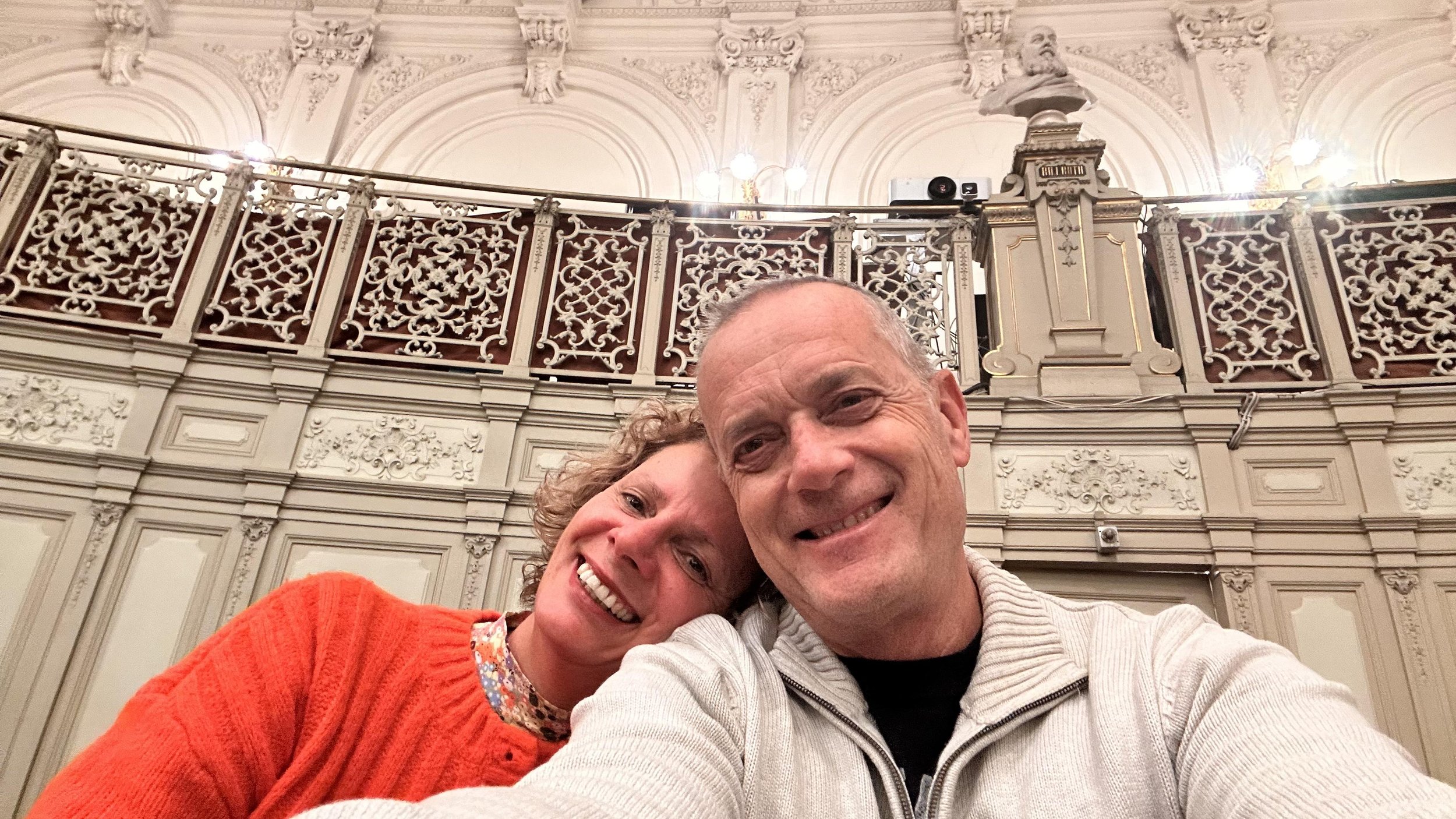
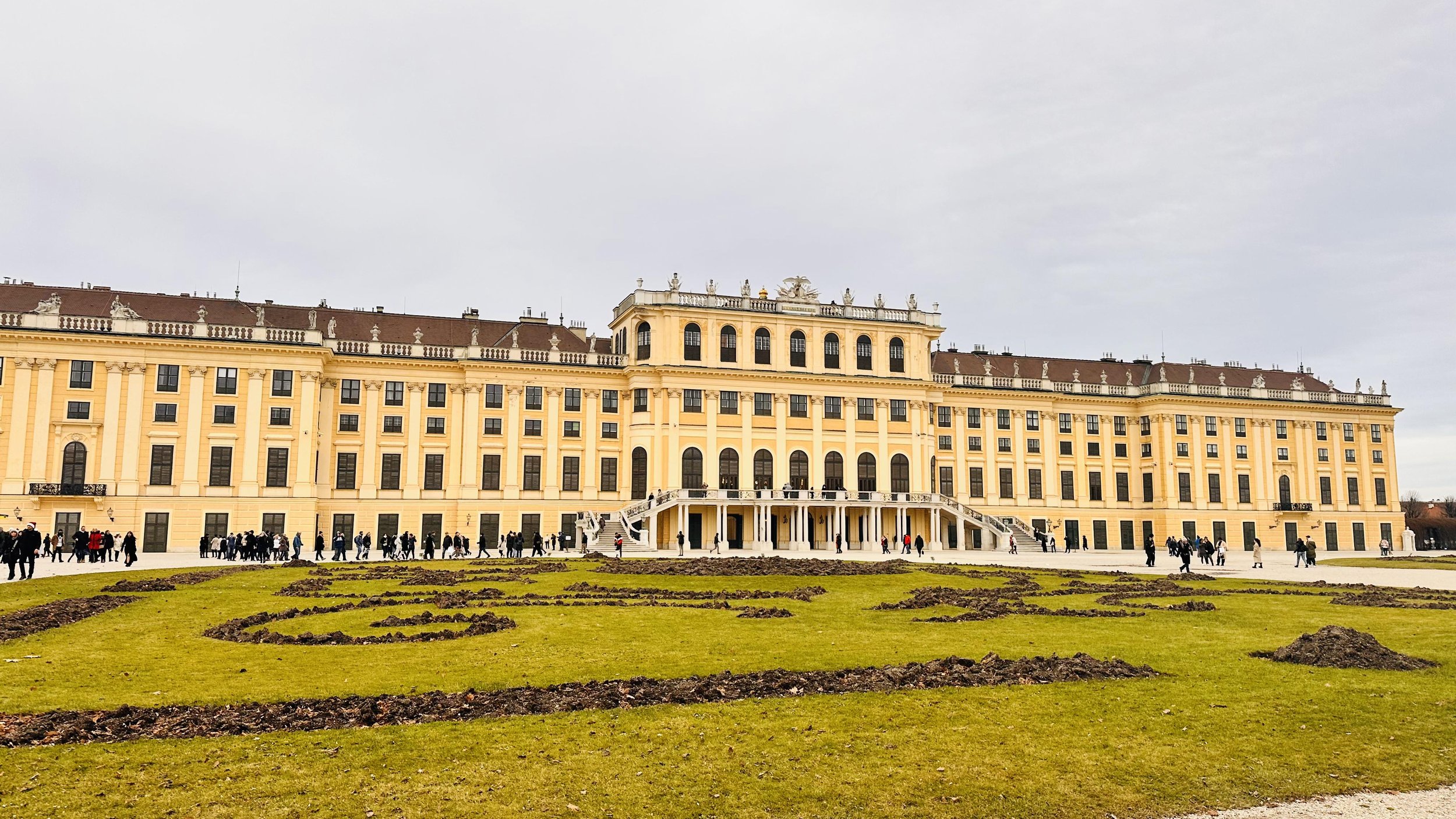
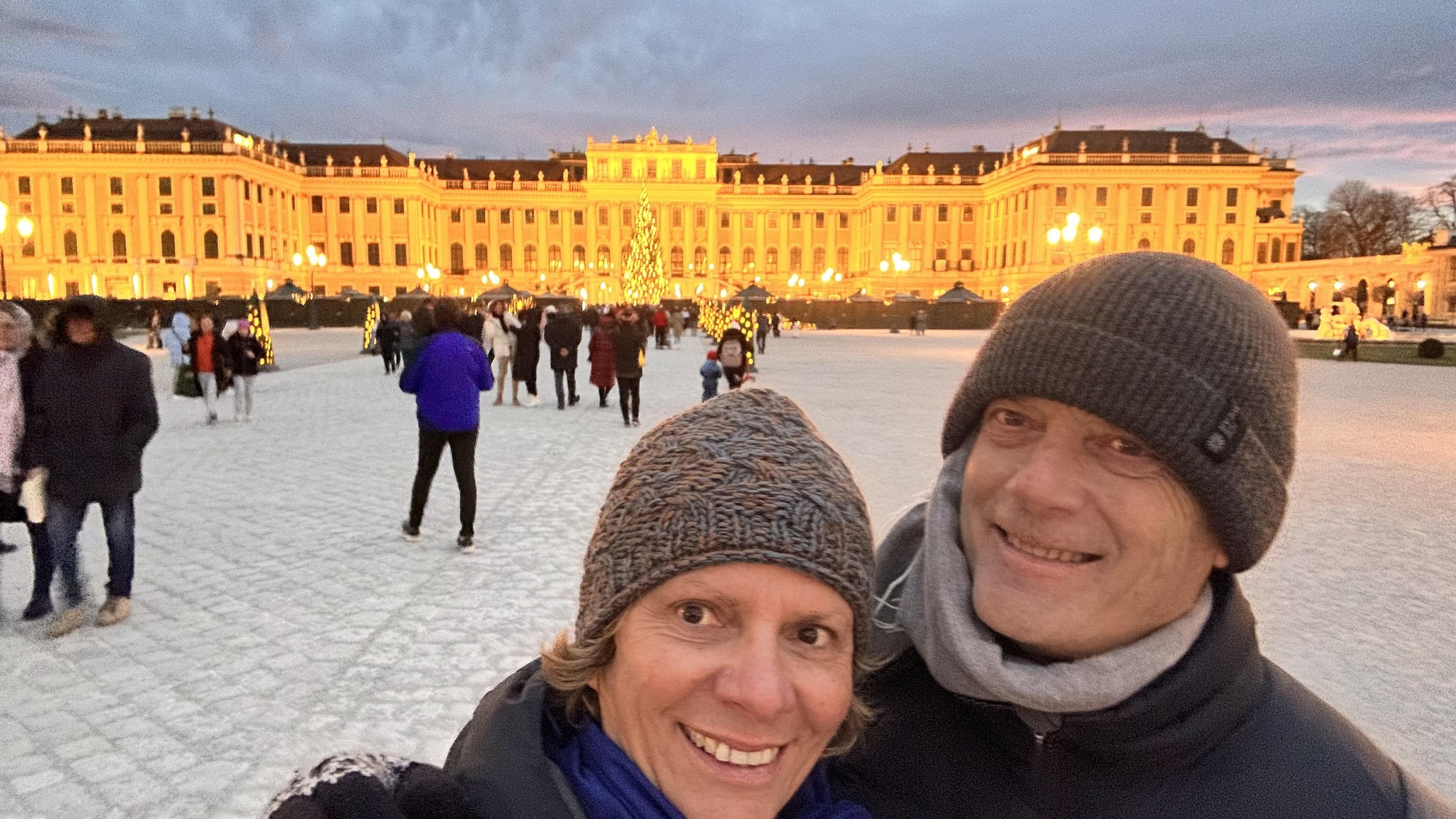
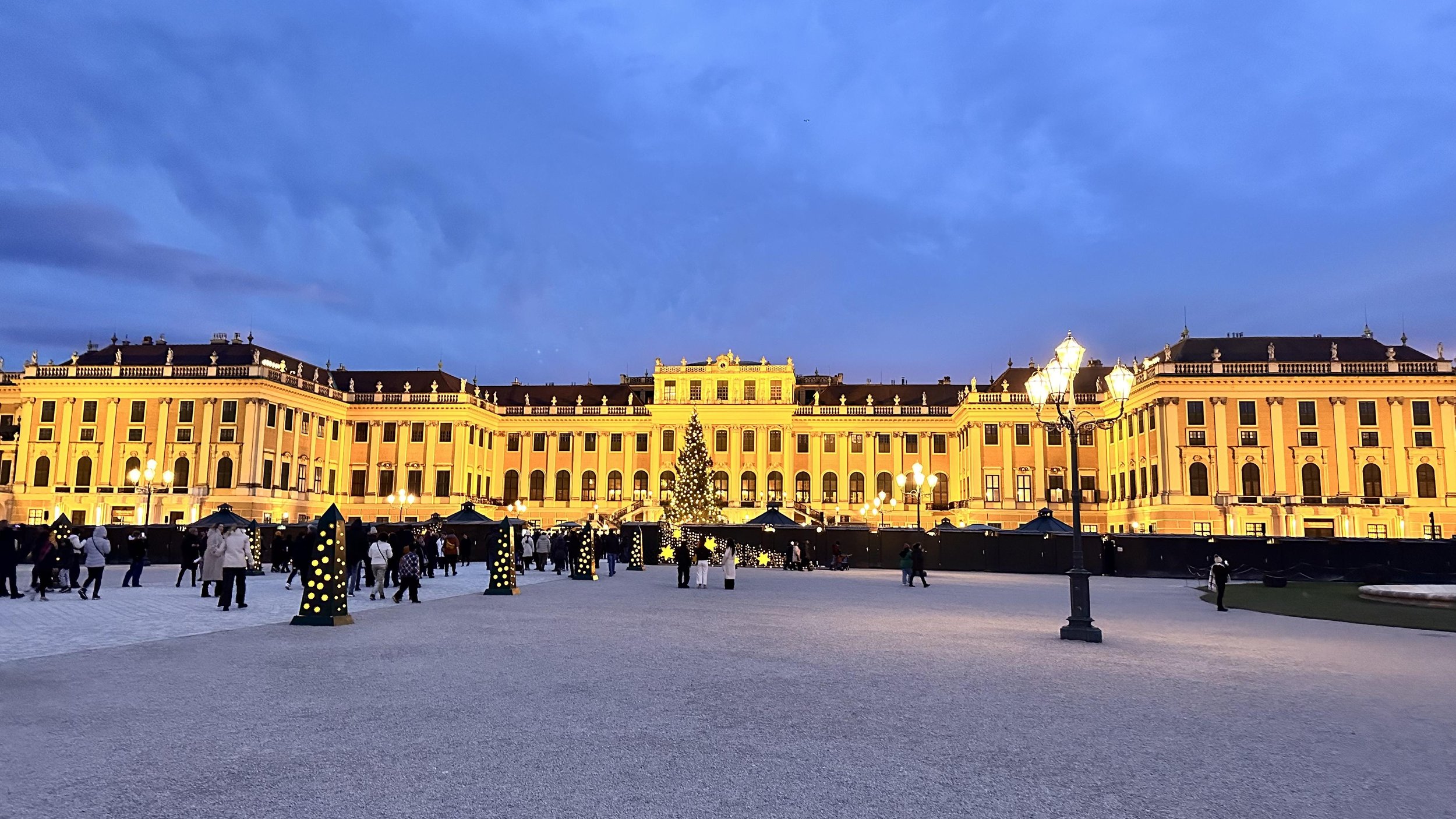
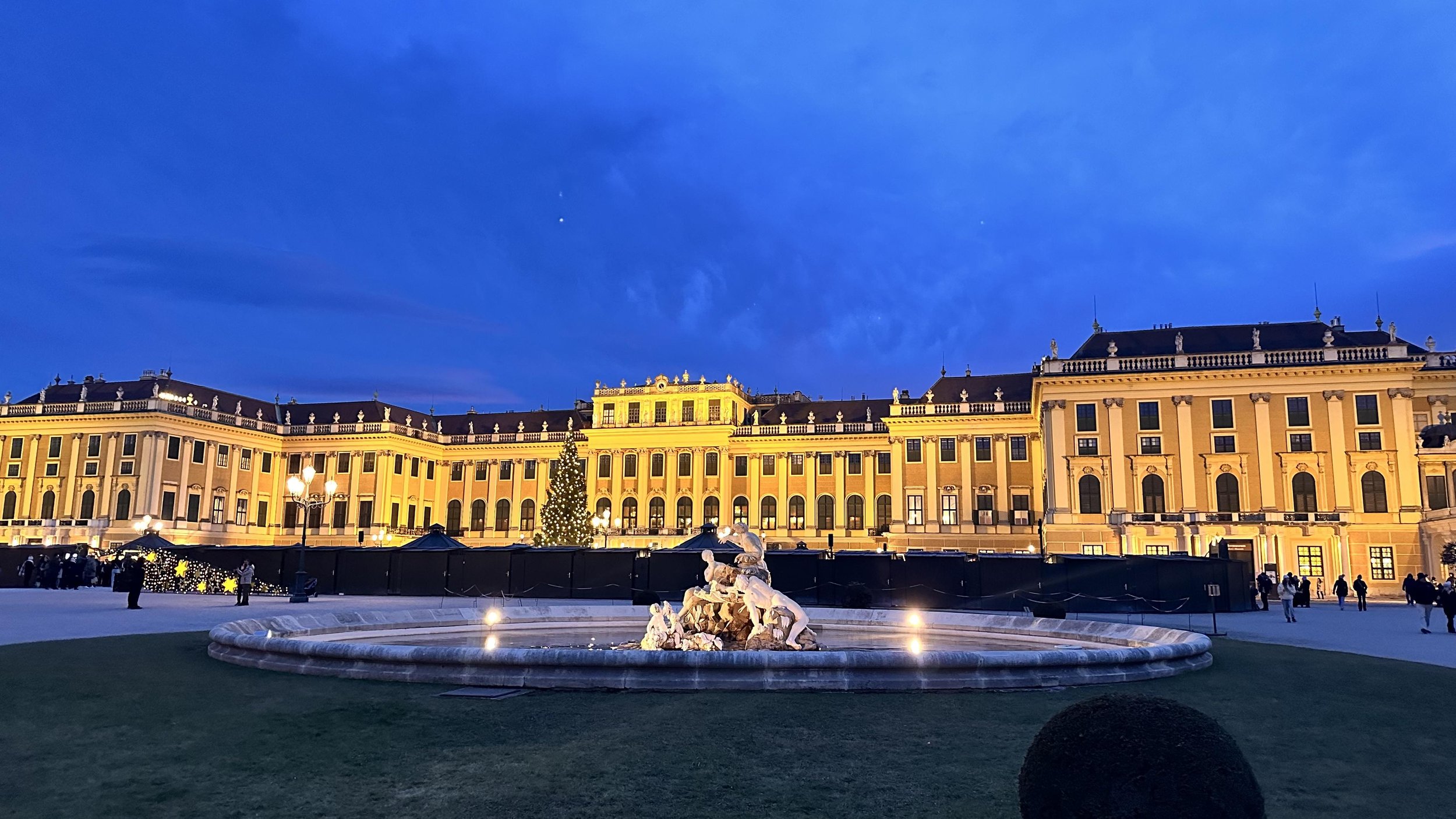
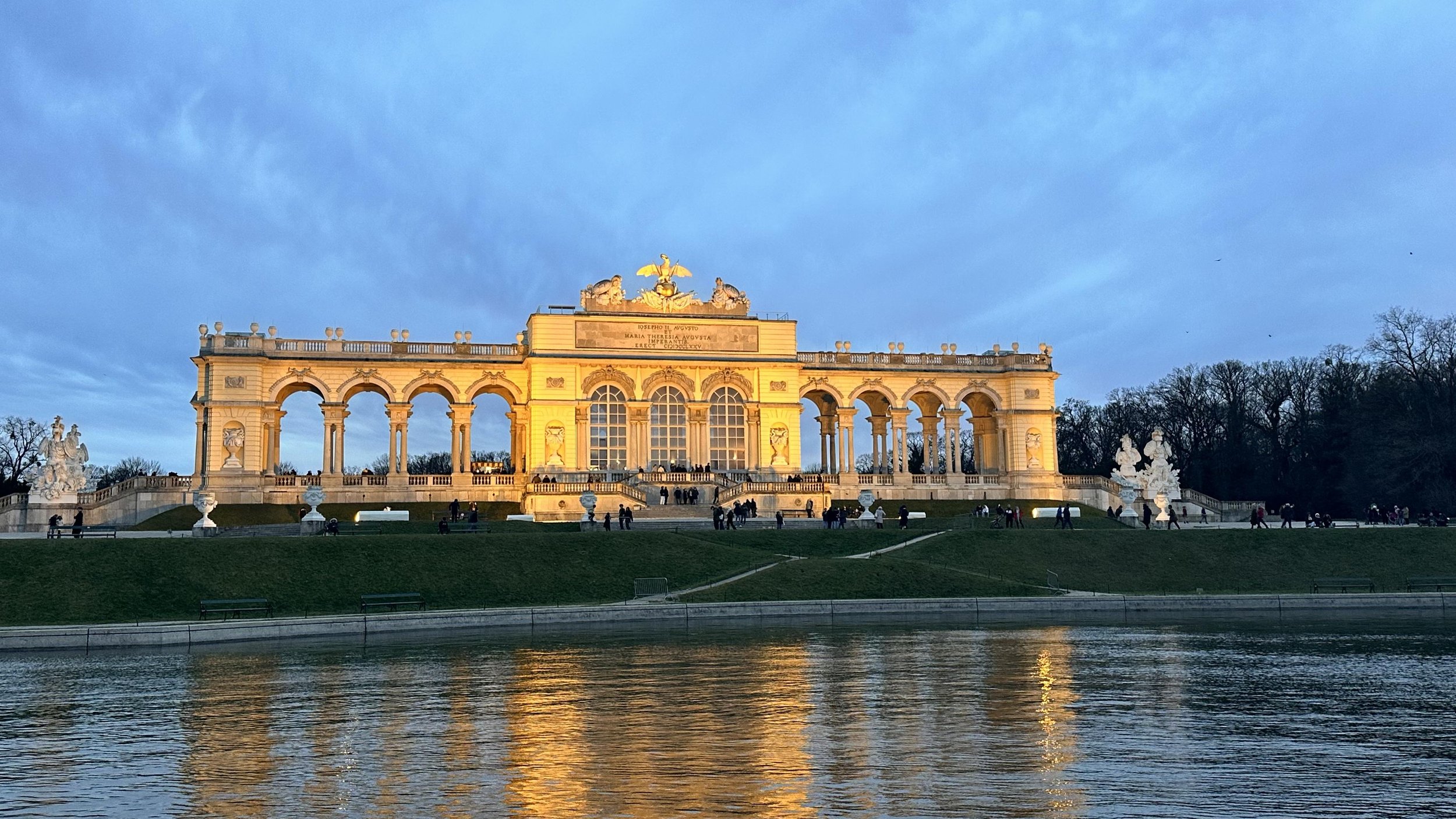
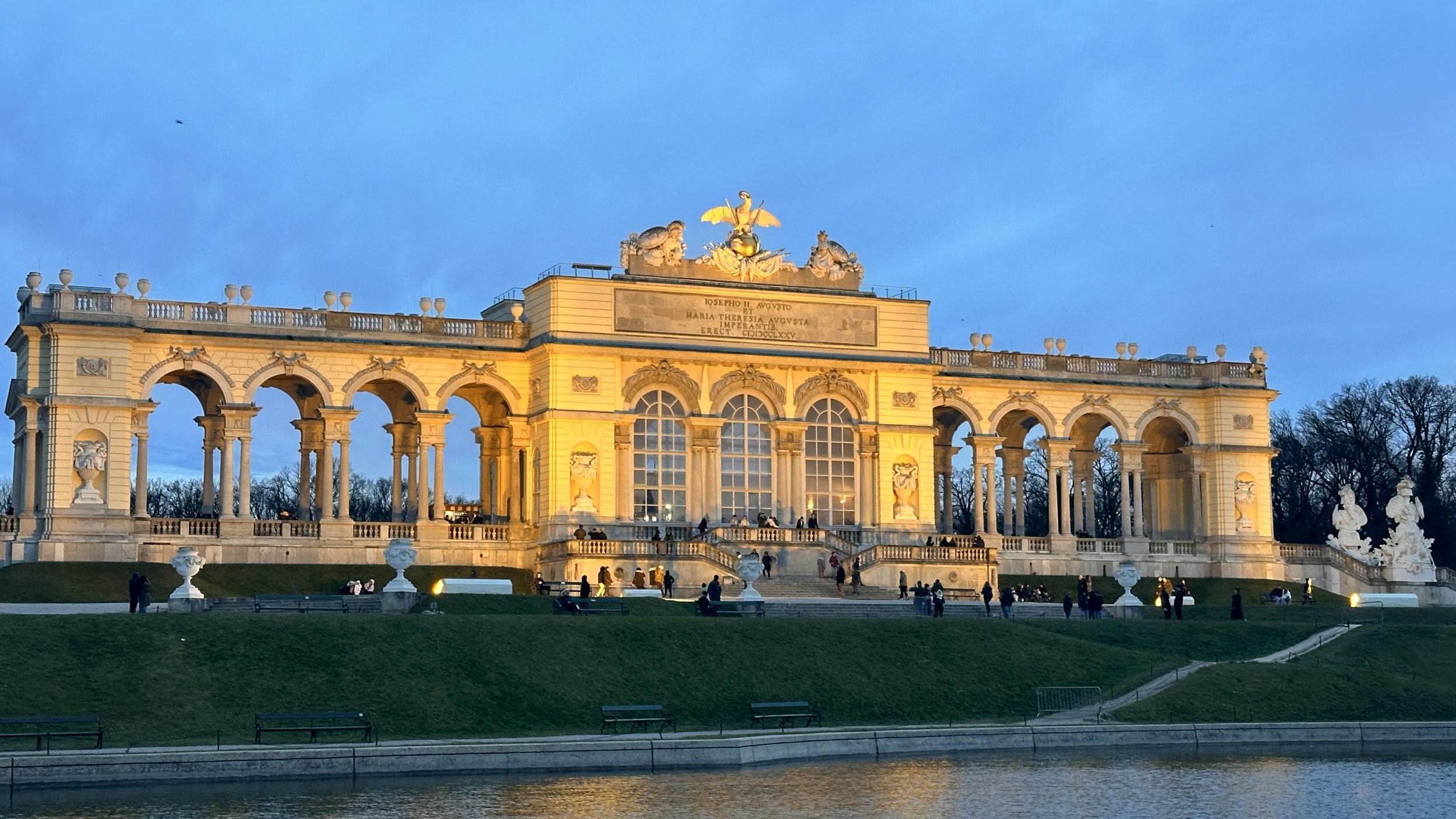
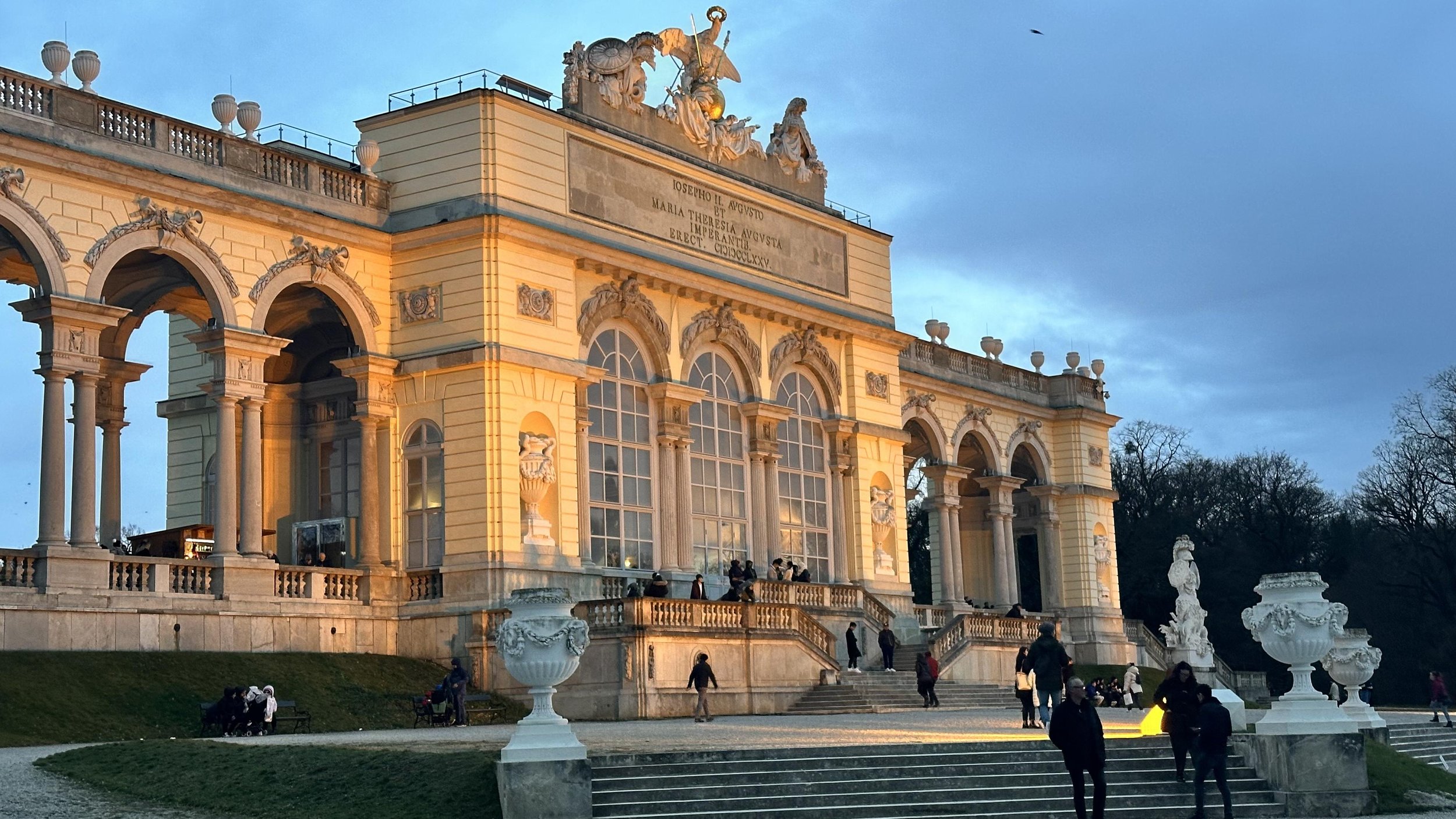
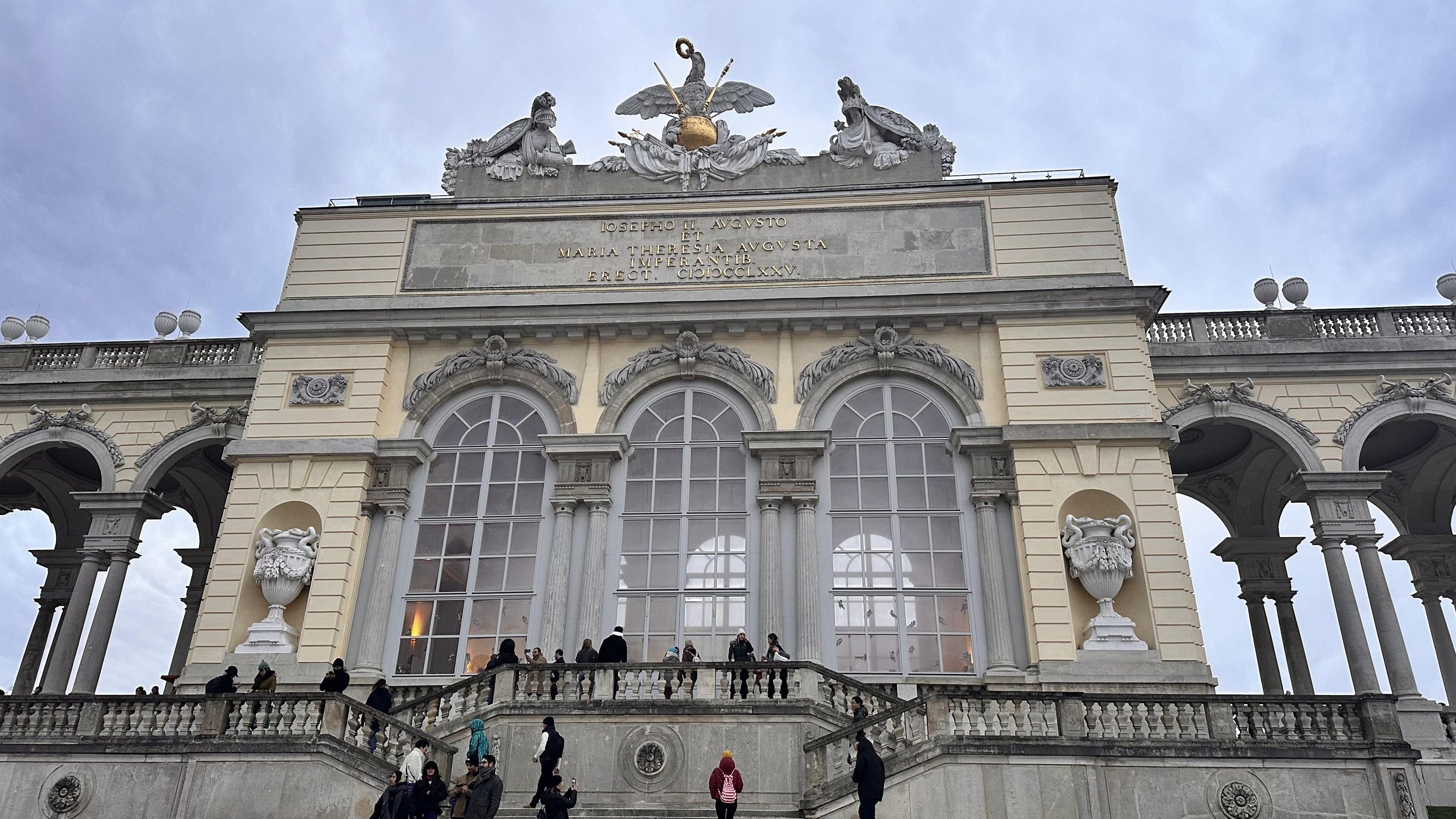

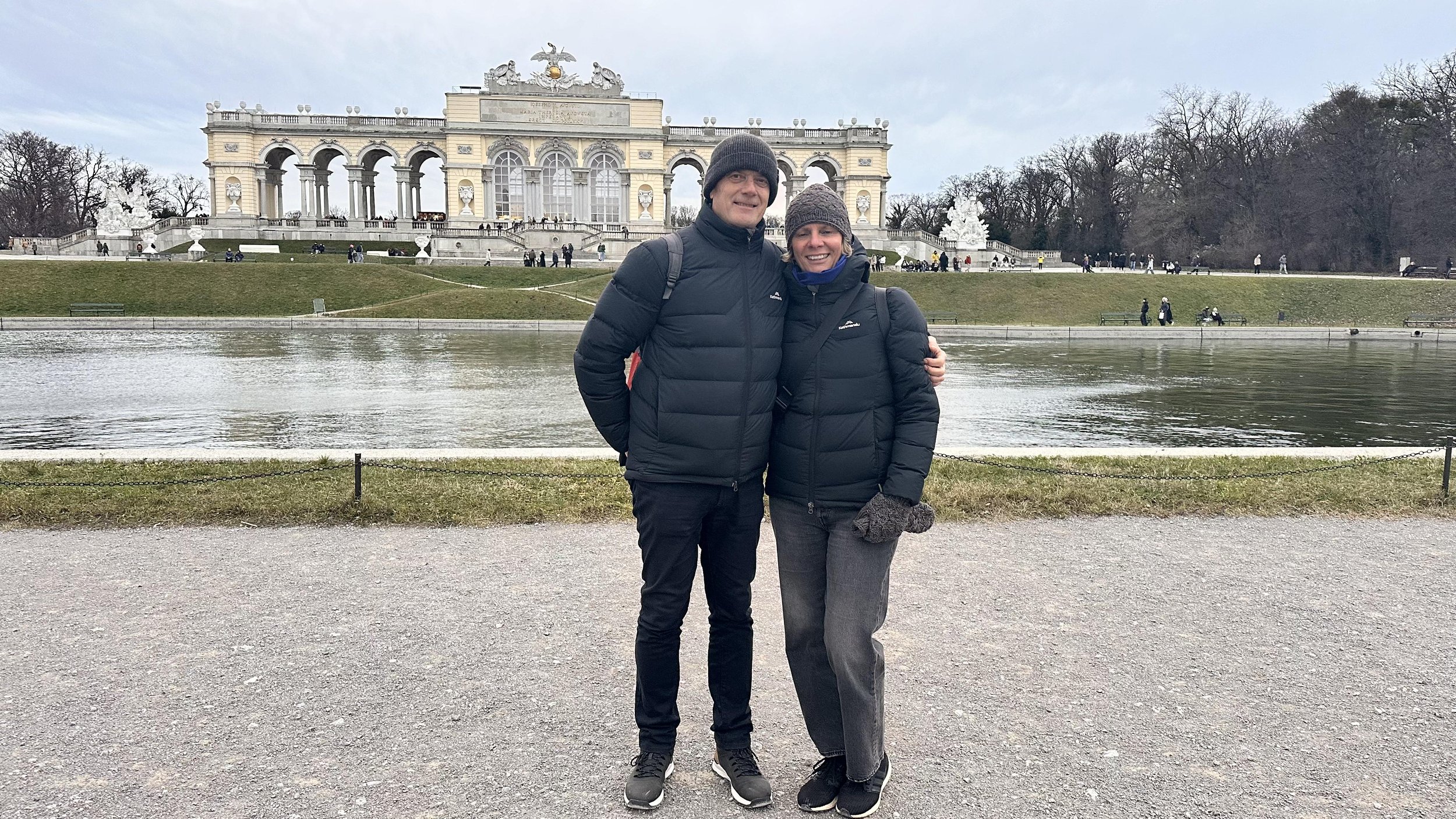
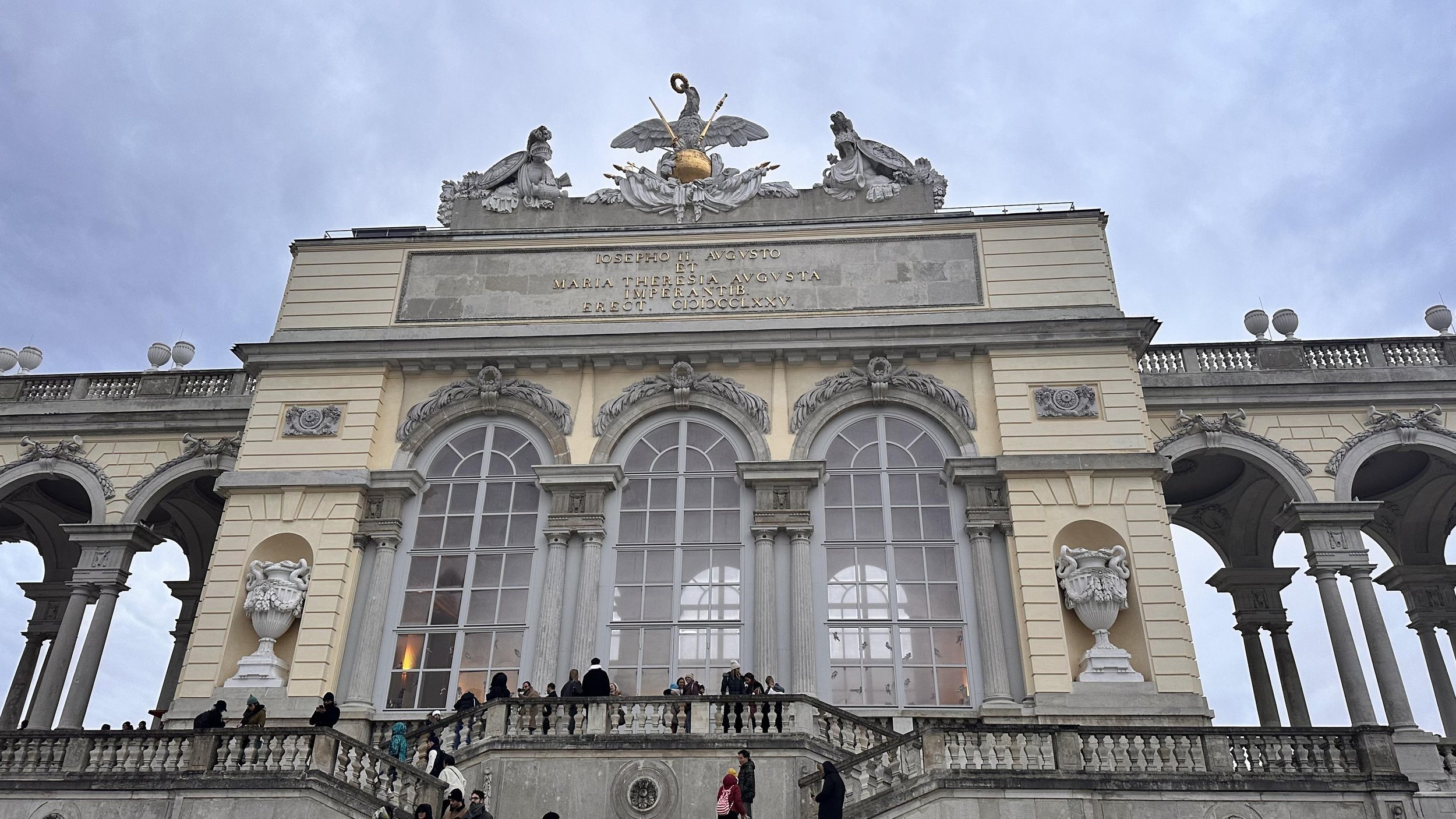

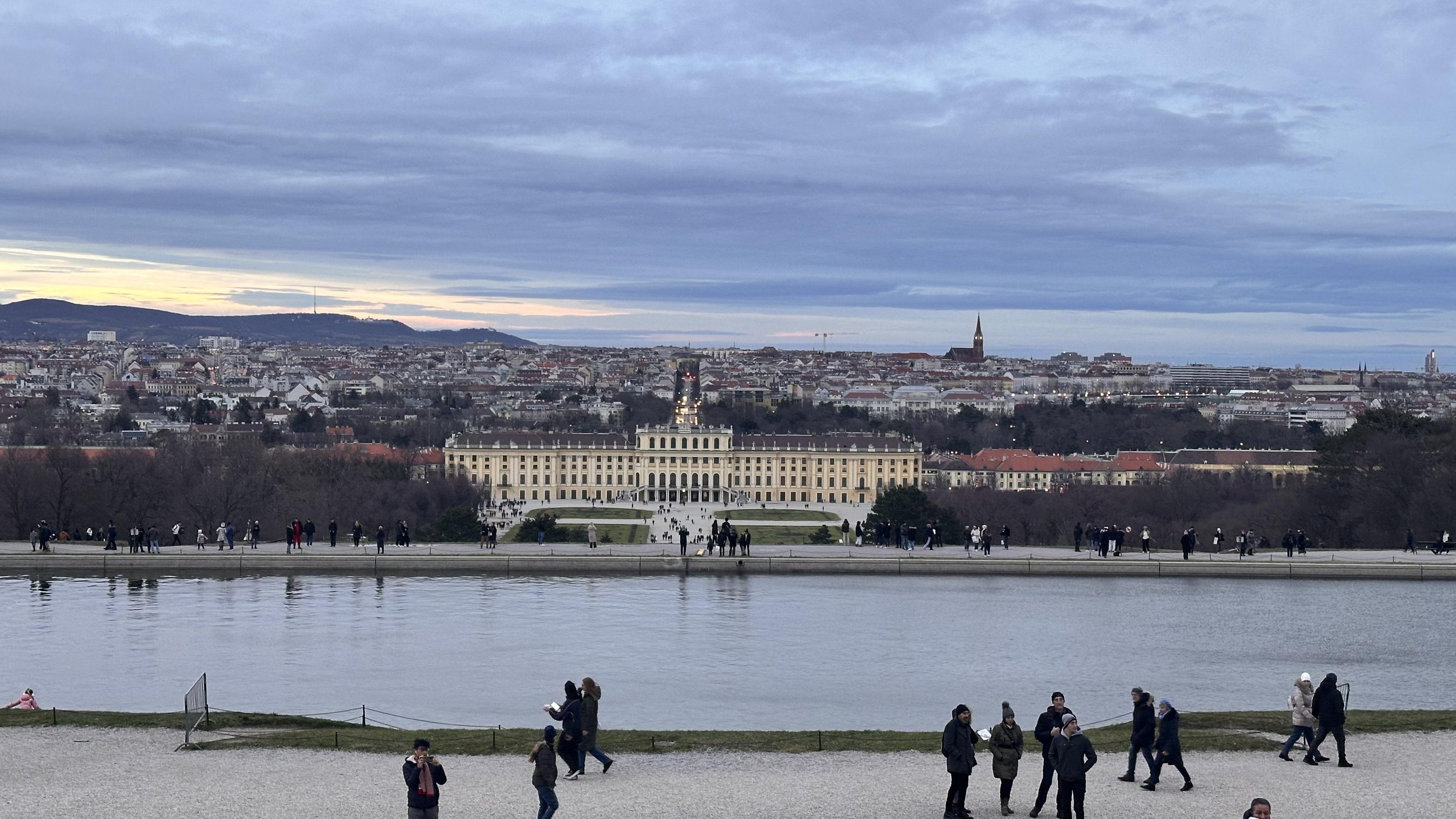
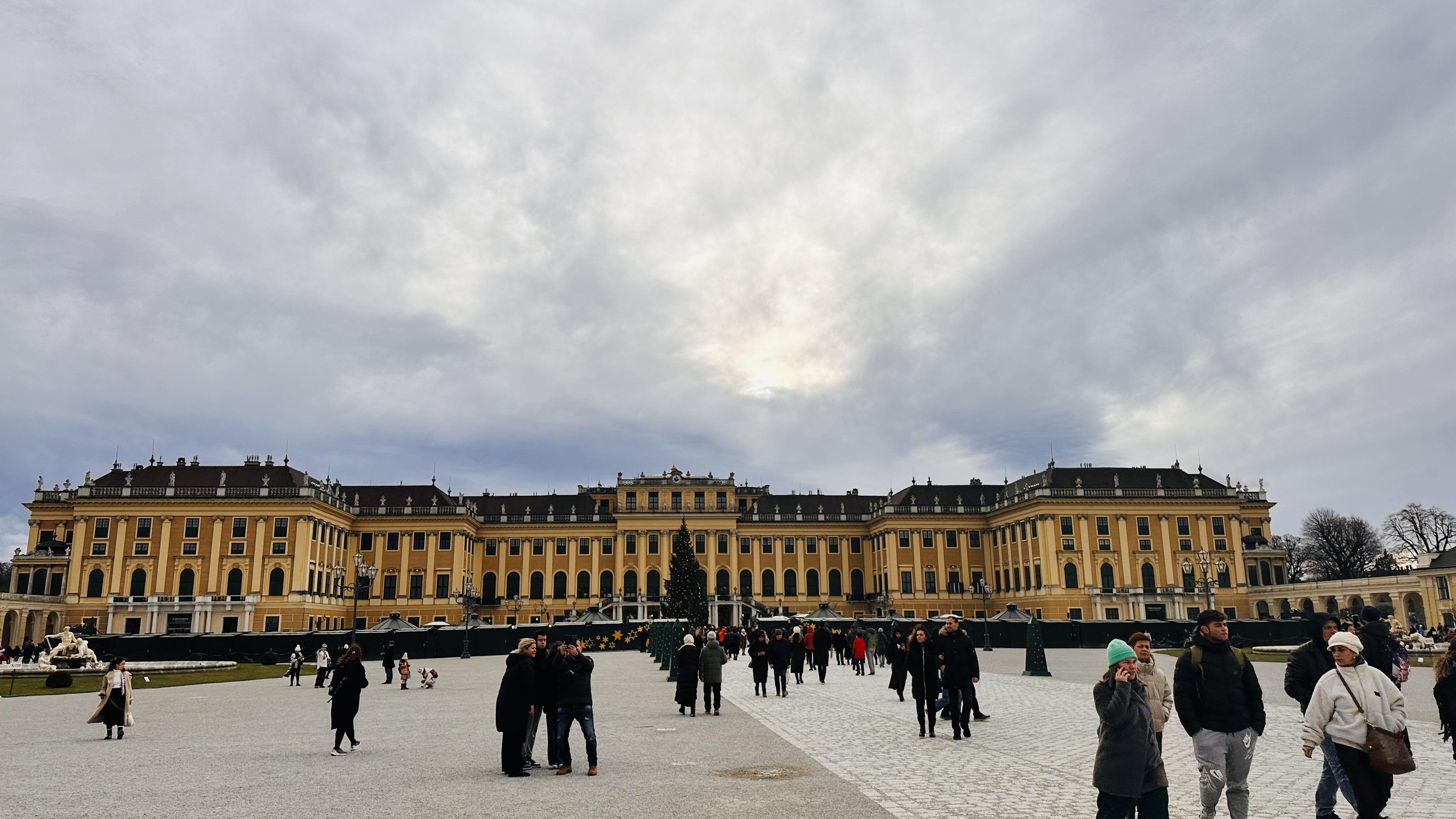
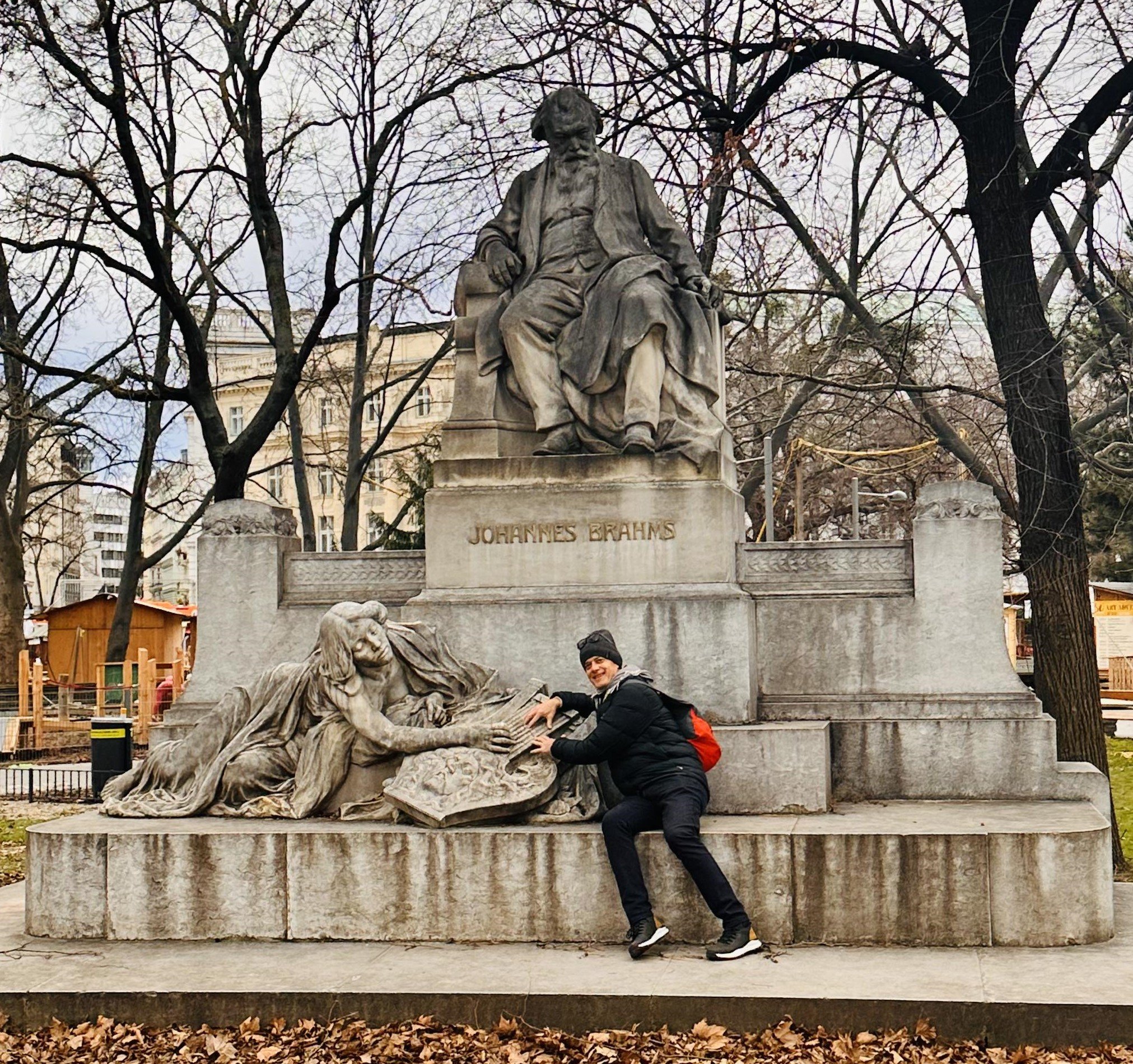


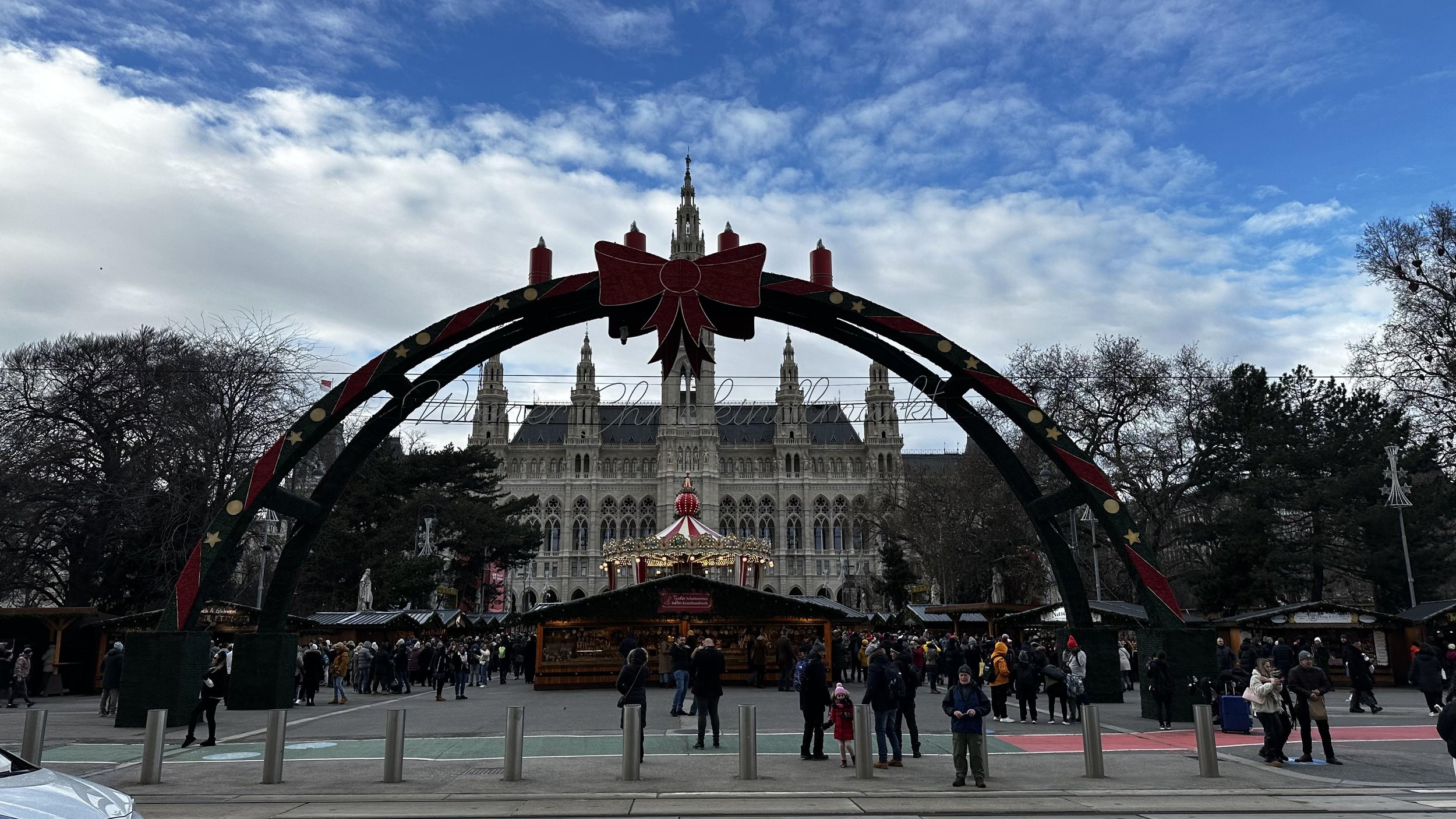
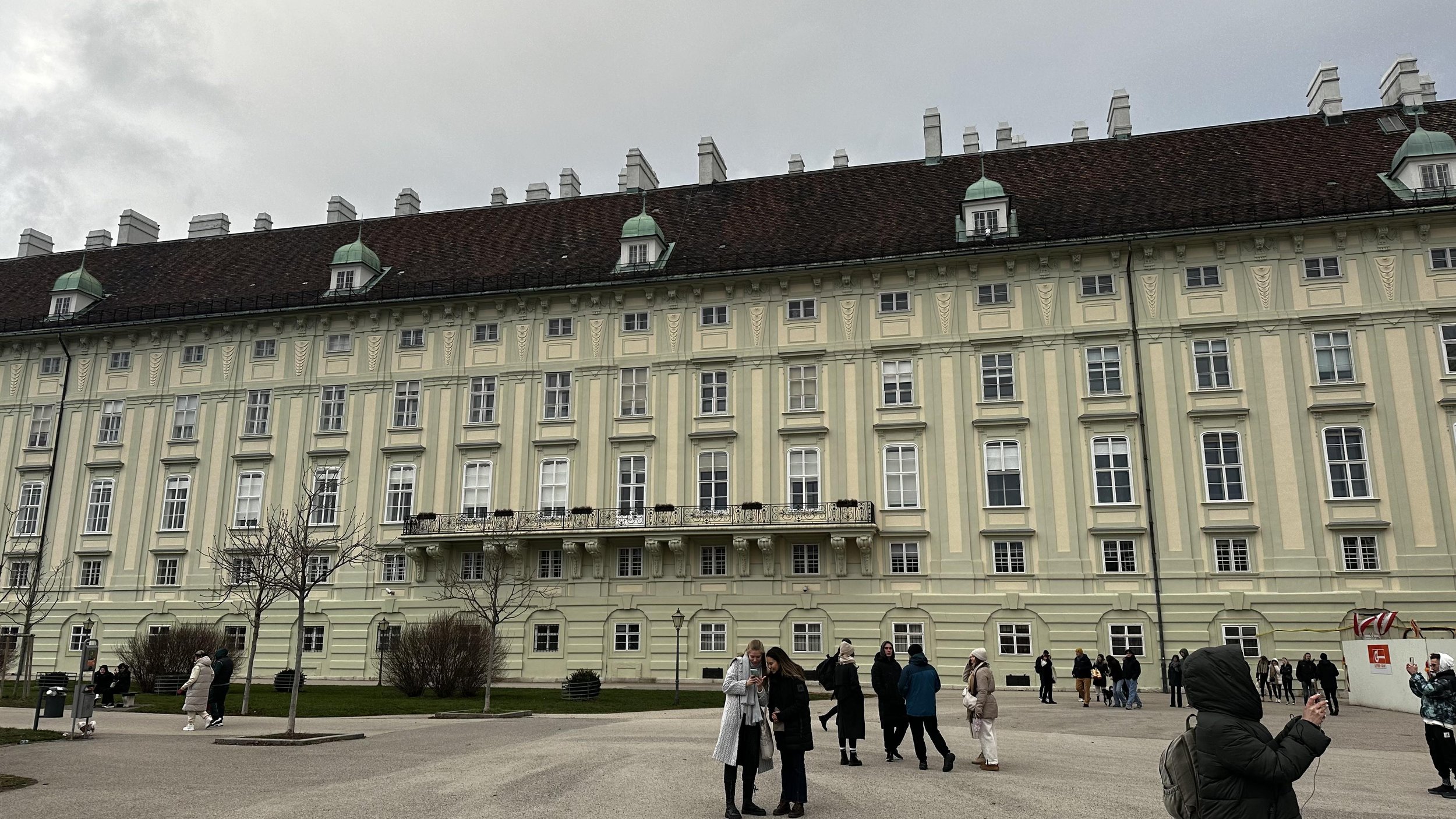
































☃️❄️🎄🎇Happy New Year!
Wow, what a ride 2023 has been!
As we farewell this remarkable year, we want to say a heartfelt thank you to each of you, our blog followers, for being intertwined with our travel journey stories.
Wow, what a ride 2023 has been!
As we farewell this remarkable year, we want to say a heartfelt thank you to each of you, our blog followers, for being intertwined with our travel journey stories.
Taking a career break at this point in our lives meant opting for discomfort, choosing courage over comfort and getting the admission ticket to a meaningful life! Dreams come true when we act upon them! Yay!
Wishing you all a Happy New Year from the City of Music🎼🎼🎼 🧡🧡🧡
...scroll down for more…
Wien, die Stadt der Musik
Vienna, the City of Music
After spending a few sunny yet winter weeks in Rovinj we left on the 23rd of December and drove to the magical Vienna. We had a pretty nice drive with a short snow storm along the way, just to test our nerves 😳. ( check out the video Driving into the snow storm)
When I look back to how this trip came about it all started with a dream to go to the famous New Years classical music concert in Vienna. Yes, that was the very first thing we planned, and this dream was not just my dream, it was my Mum’s never realised dream to take her daughter to this concert.
I still remember Mum telling me stories about her university days in Zagreb when she would sell her student food vouchers to buy tickets to opera performances. Mum would go to the theatre starving, but the joy of experiencing it live was more than worth the sacrifice.
I also remember Saturday mornings when Mum would sing along to popular operas while doing the household chores. The music was blasting and she was singing and dancing with a vacuum cleaner in her hands like no one was around.
To say Mum didn’t know how to sing would be an understatement, she used to get a chocolate to keep quiet when she was a young girl ( like her daughter ), but nevertheless the classical music was always on whenever she took charge of “my” gramophone.
I still have a lovely collection of Motzart, Strauss and Beethoven LPs kept in the apartment in Rovinj. Memorabilia at its best 🧡.
To top it up each and every year on the 1st of January at midday we would sit in front of the TV and watch the live broadcast of the Vienna Philharmonic Orchestra performing the New Years repertoire of beautiful and well known classical music and waltzes.
This was a non negotiable event in my family, even my friends had to join in if they happened to be around. As a little kid I had to obey, as a teenager I rebelled having to get up that early after the New Year’s party, but no luck! We had to watch it together!
Over the years this event and more importantly the classic music grew on me and I fell in love with it. Mum and I would sit together dreaming how one day we would together attend this famous concert in the Golden Gala room in Vienna, in person.
For our Kiwi friends this event might not be a well know thing, but for the people in Europe it is a big deal!
It has long been a Philharmonic tradition at the New Year to present a program consisting of the lively and at the same time nostalgic music from the vast repertoire of the family of Johann Strauß and its contemporaries. The Vienna New Year's Concert, an annual tradition since 1939 originated as a way to uplift spirits during World War II. Conducted by renowned maestros, it blends Strauss family waltzes and polkas, captivating audiences worldwide with timeless elegance, symbolizing the start of the new year with elegance and musical splendor.
These concerts not only delight the audiences in the Musikverein in Vienna, but also enjoy great international popularity through the worldwide television broadcast, which now reaches over 90 countries.
There are three concerts each year, the content is exactly the same, we picked the evening one on the New Years Eve.
Neb and I got our acts together in January 2023 and after persistent attempts we managed to get the tickets for this year’s December concert. Yes, a year in advance! Getting these tickets felt like winning a lotto, with a small difference where we gave away lots of money instead of winning cash 😉.
And that’s how our trip planning started, we had to book the accommodation in Vienna a year in advance and the rest is history.
So here we are, on a day after the concert, as I type this blog. I didn’t sleep the night before out of the excitement, and planning in my head what to wear to the concert, what music will they play, where to go to a dinner before the concert, and how to be nicely dressed in accordance with the dress code, and to feel warm later on when we join the big town party to welcome 2024!
Vienna New Year’s Eve Trail is one of the largest New Year’s Eve celebrations in Europe!
One thing I knew for sure, I would wear my Mum’s special brooch on my coat, and for me my dear Mum is coming along 🧡.
I can hear you asking, OK Draženka, so how was it?
We arrived an hour early to have the time to enjoy this beautiful evening in the most gorgeous place of all.
We dressed nicely and were at par with the audience. We had great seats, worth every penny.
As we entered, I was completely overwhelmed with the beauty of the architecture and the atmosphere, the flower arrangements, and the place itself. I don’t have enough adjectives in my English vocabulary to describe it. Everyone looked amazed, pretty, handsome, happy and smiling. I had to work hard to control my emotions, for the first time since we left NZ I wore makeup, there was no crying allowed!
Recording was not allowed, but naughty Neb took a couple of short videos for our own memory 🧡. Check out the videos ( Vienna Concert 1, Vienna Concert 2 )
This year conductor Christian Thielemann directed the performance of the orchestra that in itself was an amazing showcase of his genius talents. I loved his demeanor, joyful facial expressions and love for music we could sense in each and every gesture he made on the stage.
We absolutely loved every minute, 2.5 hours flew by, and left us feeling speechless, special, grateful and proud of our decision to do something so special for ourselves. These decisions are big calls, yet we seem to have the courage to award ourselves with things we both love and enjoy, isn’t that so cool?!
After the concert we walked down to the City Centre and joined the party! OMG, there were hundreds of people walking around, dancing to waltz, numerous stages with music performances, the city’s decorations were so pretty, mulled wine and punch served on every corner, restaurants filled with tourists, lines everywhere, you wouldn’t believe it!
We welcomed the New Year dancing a waltz to the music of The Beautiful Blue Danube by Johann Strauss II, composed in 1866! Special, so special, celebration of the New Year, farewelling 2023 with a smile and welcoming 2024 with the joy and gratitude. Check out the videos (Street New Year Party 1, Street New Year Party 2, Street New Year Party 3)
The next morning I got up, took the phone to check the photos and videos and cried silently out of inner joy, happiness, gratefulness, I let my emotions out…
Later on, I woke up Neb and we had a lovely New Years breakfast together in our little apartment in the middle of this magical City of Music. 🎵 🎼🎶
If you ever have the chance to see this concert live let us know, we are happy to share the tickets buying experience to help you out.
So, that’s just one blog for one event on one night in Vienna!
We did a lot of other cool things during our stay in Vienna, stay tuned for more, and enjoy the photos and videos for now 🎉
The Vienna New Year's Concert Photo Album
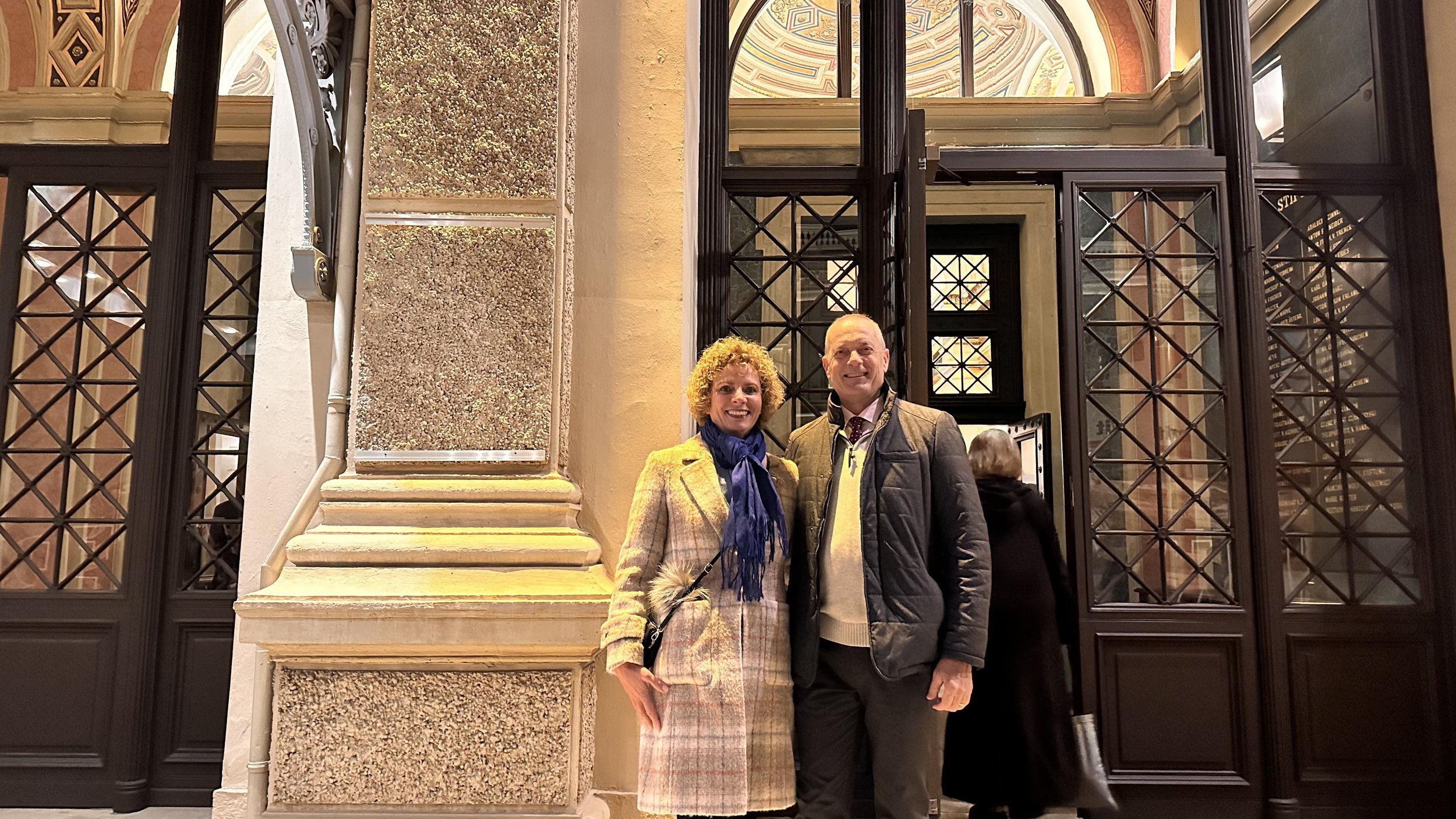
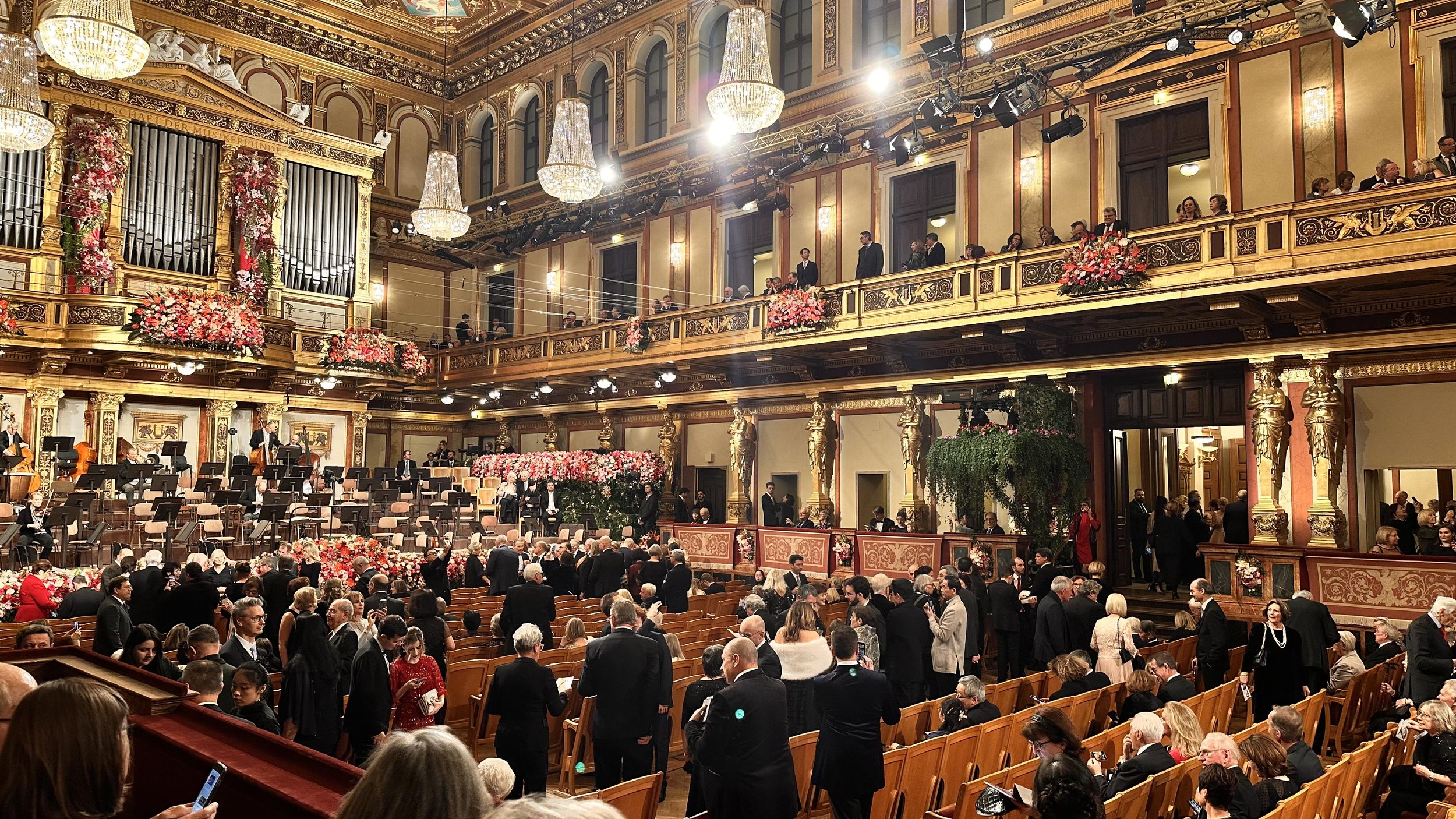




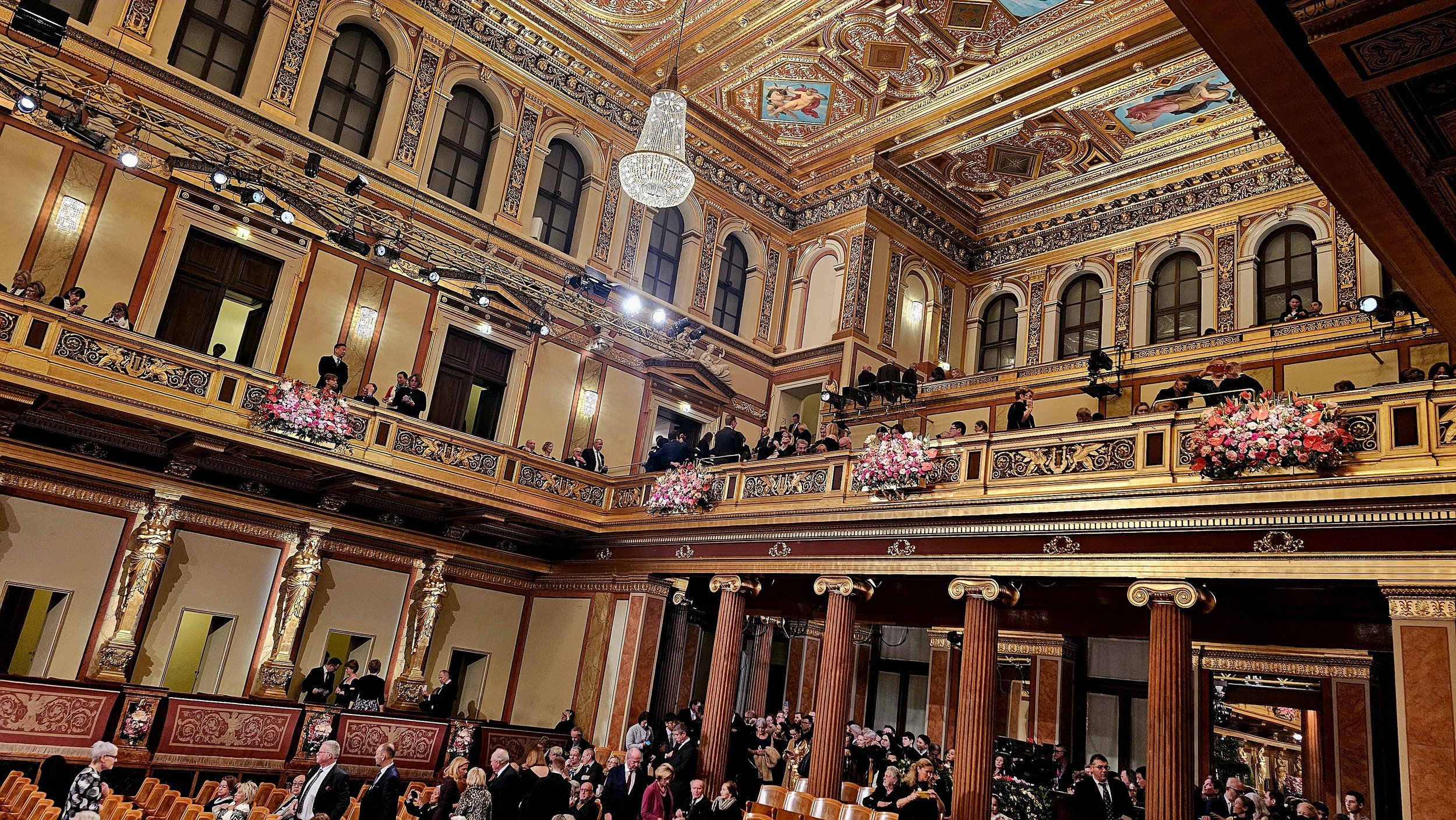












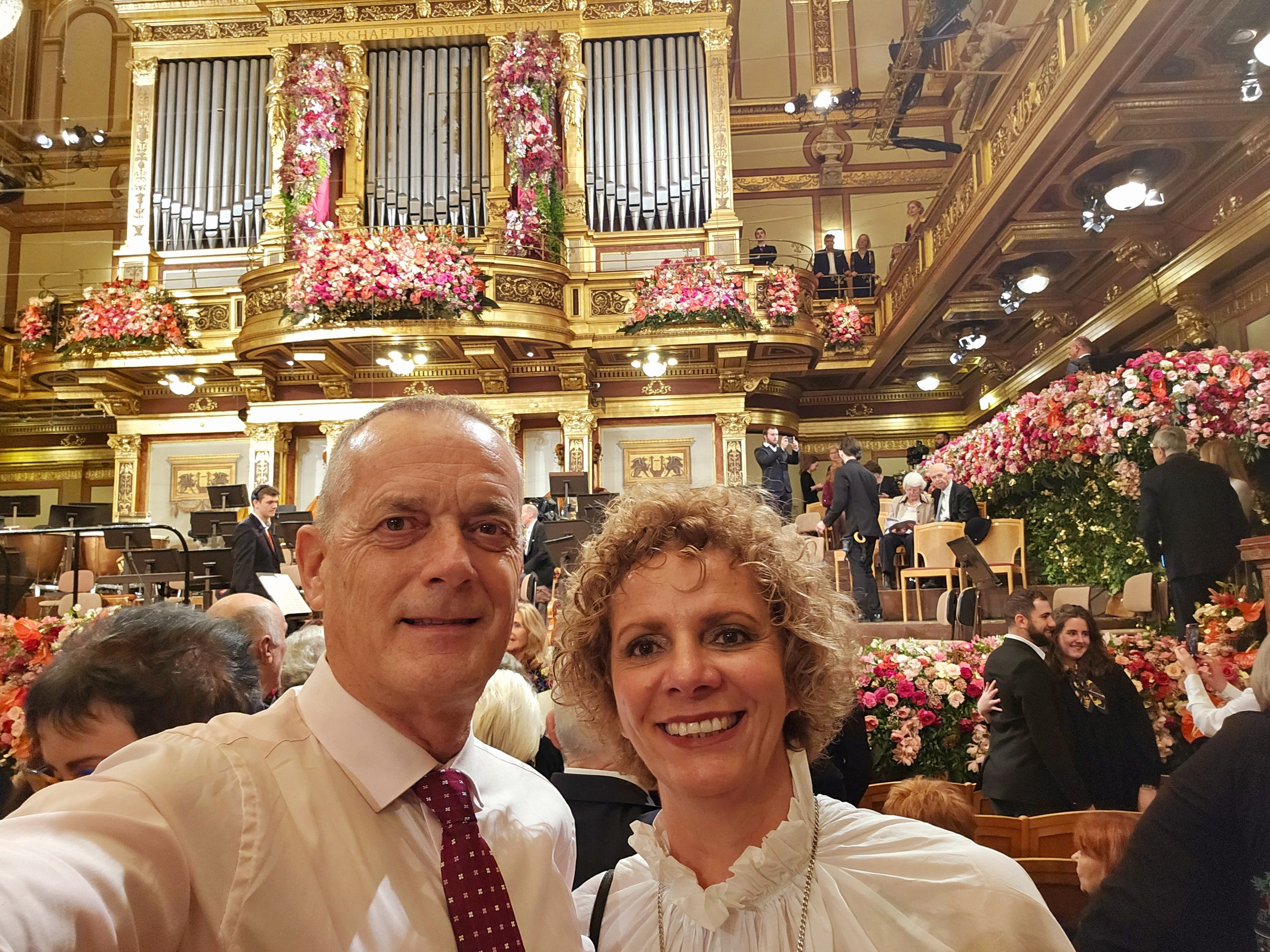









Street New Year Party Phot Album


Zima u Rovinju Winter in Rovinj
A month in Rovinj during the winter time has been the new experience for us.
We wanted to see what this beautiful touristy town might look like when there are no tourists, no crowds, no events, no shops full of people buying things, restaurants with lines of people waiting to be seated, packed up beaches etc.
A month in Rovinj during the winter time has been the new experience for us.
We wanted to see what this beautiful touristy town might look like when there are no tourists, no crowds, no events, no shops full of people buying things, restaurants with lines of people waiting to be seated, packed up beaches etc.
Many told us we won’t like it, it will be like a ghost town where everything is shut down. The weather will be rainy and cold and there will be nothing to do or places to go to.
Before I share our experiences, let me give you a bit of context…
This trip of a lifetime was designed around two of us and our very own different preferences: Neb prefers summer and I love winter more! Having two property gems in Europe, and ideally suited for both seasons we have the best of both worlds!
Since immigrating to NZ, it took us 10 years to come back for the first time, and with 4-6 weeks of annual leave max, one of us always had to compromise. We either got to enjoy summer or winter. This time we said a big NO to a compromise and wanted to enjoy both seasons and everything in between, we wanted to travel a lot and to spend time in our own cute places even more.
Although I inherited both, we have invested so much time and money, over the years, to maintain both properties, and that’s been very tough since we came to NZ from nothing, to nothing and with nothing. We did it with a hope that one day we will get to enjoy it, our children and grandchildren would love to come and learn about their heritage and culture. I promised to my Dad we would take care of both places, and we simply love coming and living a different lifestyle while here.
We have never done all this work with the intention to move back permanently, we are philosophical about it and I’d say we are pretty self aware. We know we have changed a lot since we have immigrated to NZ, we know we are global citizens who belong to the world and not specific place or nation, we know our home is where our friends and loved ones are and where we feel happy.
We love it here and we love New Zealand, and believe both countries have a lot to offer that is meaningful and important to us, and for the years ahead of us. Philosophical, right?! 🧐
So, what lessons did we learn living like locals in Rovinj for a month during the winter months?
As you know we enjoyed the beautiful summer in Rovinj for 8 weeks and left on 30/9 to go to Iceland. We did this purposefully to be able to see the whole of Iceland before the winter time settles in, but we also thought the summer here would be over and we would have had enough of Rovinj by then.
Well, I cried when we left Rovinj on 30/9, this was too early to leave Rovinj! The Indian summer was so good, it continued till mid November. The truffles season, tourism festival and a number of other events took place in October. This was the time to be in Rovinj, full stop.
Lesson #1 - plan off shoulder season travels from mid November, and book Europe trips from here.
It’s true, Rovinj looks completely different now, in comparison to summer! Although it is pretty quiet, we like it, especially after 7 weeks of non stop travel. It suited us to be quiet and relax for a bit, to create a space for the memories to settle down, and to enjoy the nature beauty at a different time of the year. The Golden Cape forest and biking around trails fulfilled us with utmost joy!
And let me tell you Rovinj is more beautiful than we thought! How could that be?
Simple really, we have more time to observe things around us. We are in no hurry to get to the beach, in no hurry to get home for dinner, in no hurry to get out in the evening, life is very busy here during summer months!
I have more photos of buildings, beaches, sunsets and many little things I have never noticed before. When the town is full of “ šušur” ( good busy vibes) you barely get to see the world around you. I totally love it during summer, but it’s not boring now, not for us who decided to spend a month here.
The main locally owned shops and restaurants are open, and it’s fair to say there is heaps of construction going on. This is the time of the year when the town gets revamped and renovated. Everywhere we go there is something being built, I can’t wait to see the end results!
We have gone for a walk and bike ride every day when it wasn’t raining, and when I tell you that we have had 4 rainy days in a month you won’t believe me, but it is true! I would get up in the morning, look out and say, omg it’s sunny again! This now means a good breakfast and the action starts! Out and about walking on average 15,000 steps, biking around for hours, reading books at the beach and a enjoying a coffee at Mulini beach cafe. Yes, it gets cold here when the wind “Bura” comes in, but these days are my favourite. Cold, crispy, blue skies, stunning sunsets, and calm sea, so so serene and beautiful.
The town got dressed up for the Advent, and it looked so nice. Just a few locals, a few tourists, and us. A few Konoba ( local restaurant) are open, a few patisserie shops open, everything you need you can find.
Advent in Rovinj & Opatija Photo Album
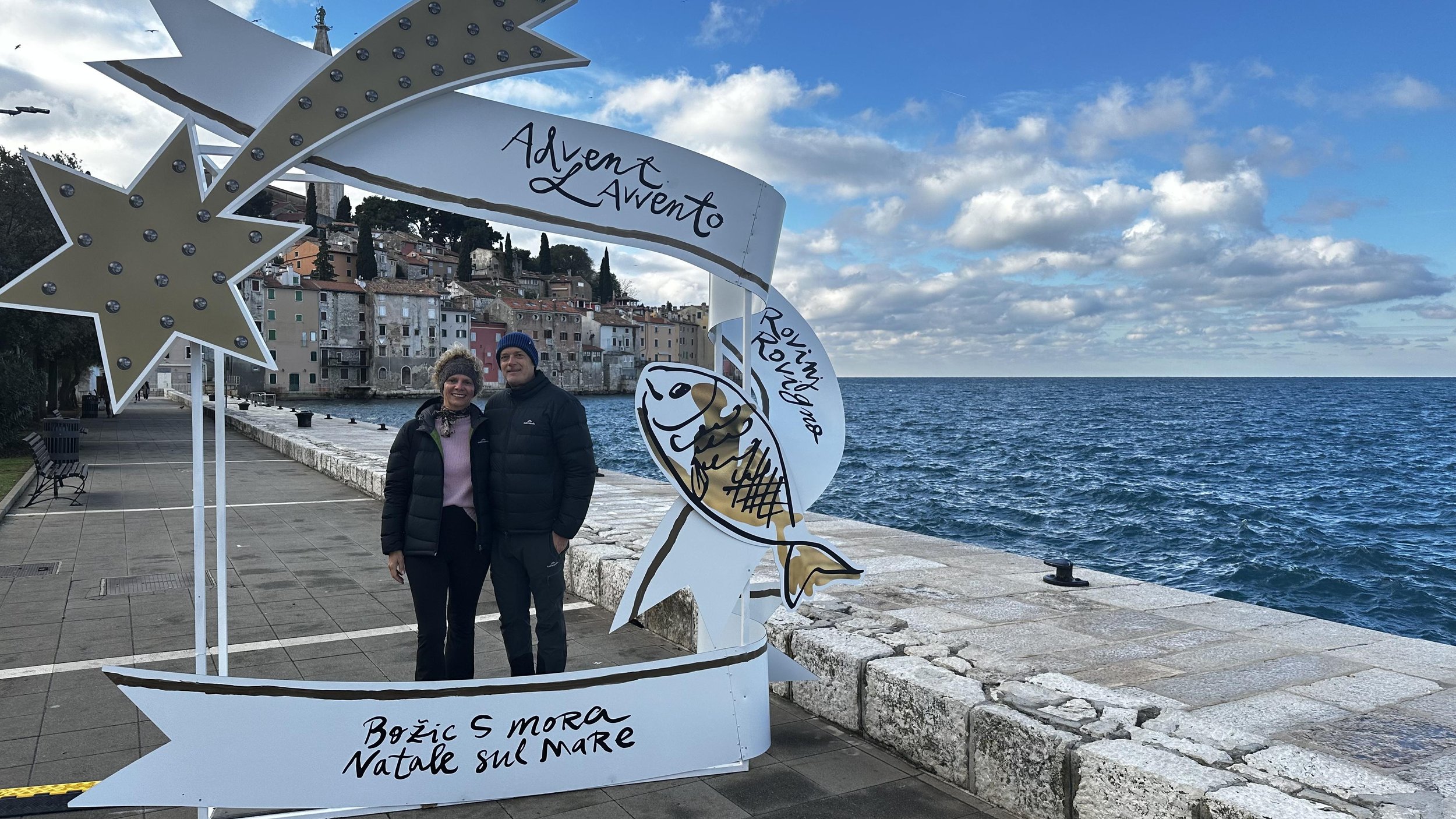
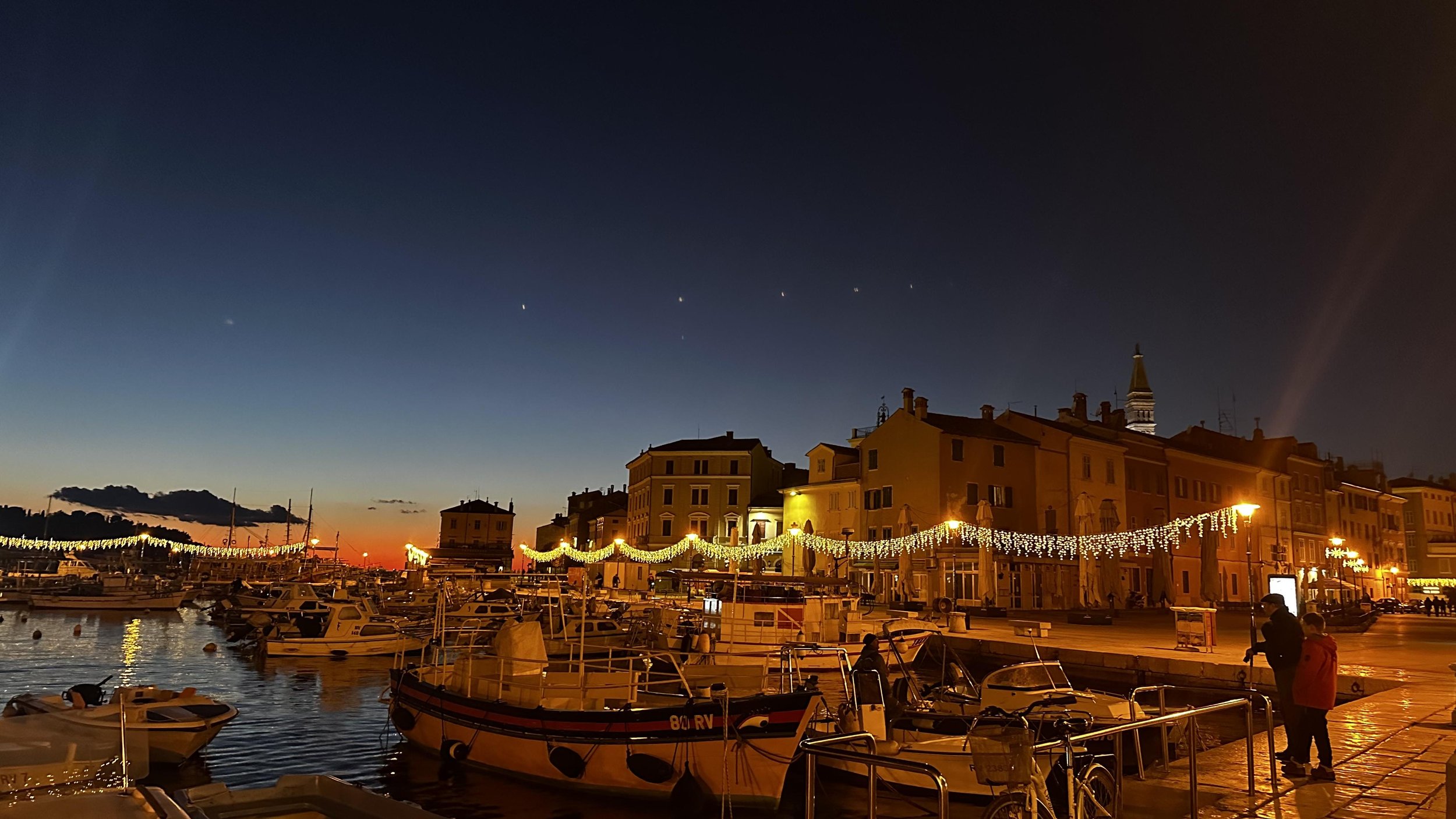

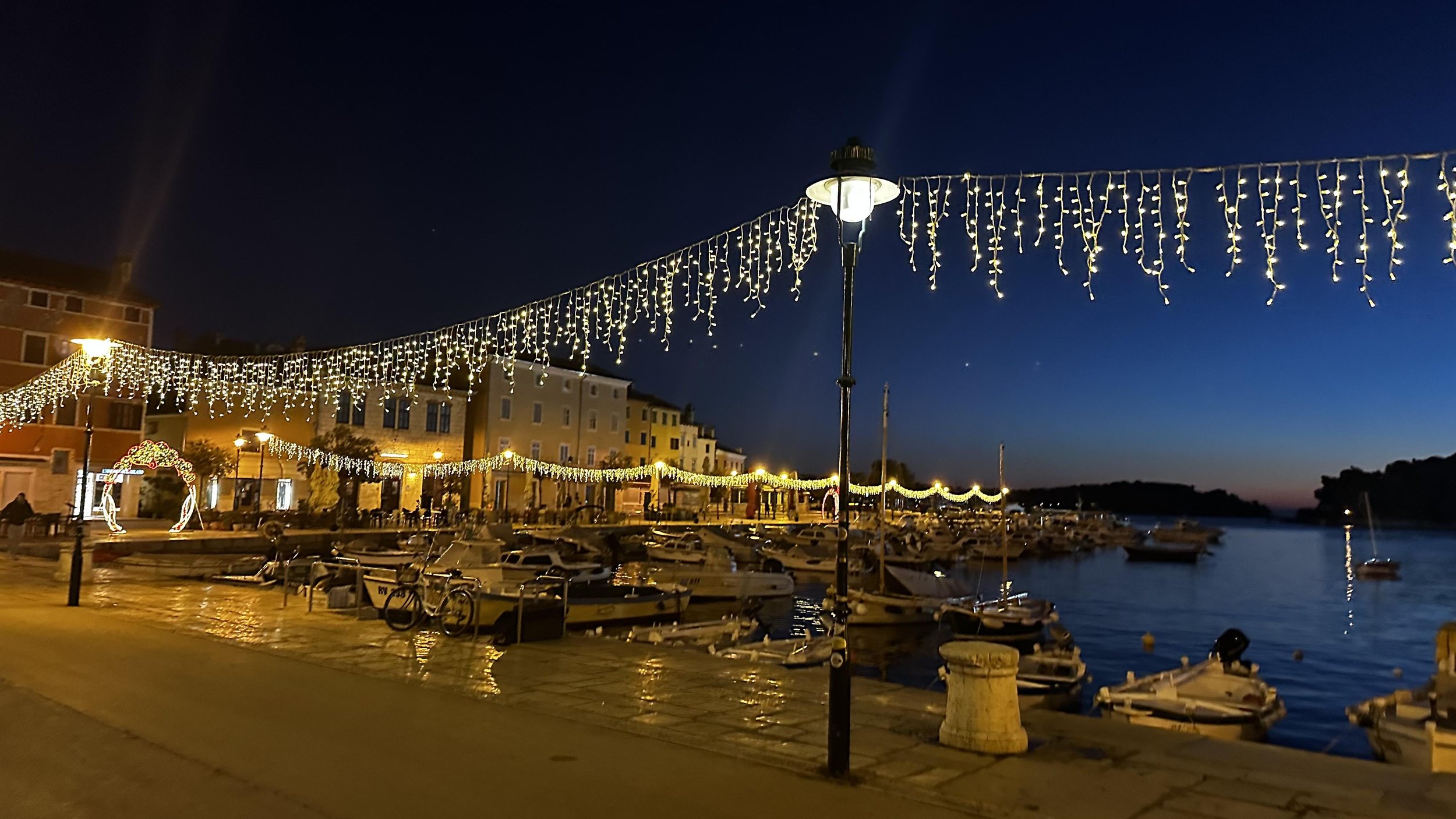


Interestingly, unlike Split old town that’s empty, here people still live in the old town area. A number of apartments are also converted into AirB&B but there is life here in the winter too. 🎄🤶
On a flip side, we never expected Jahorina to open the winter ski season on 26 November! Last year they didn’t have enough snow till February and this year they have already opened the ski season! It’s crazy how unpredictable the weather has become.
Lesson #2 - leave December free of pre booked holiday, be flexible in your plans and ready to jump from one location to another depending on what the Mother Nature brings.💦❄️☀️
Lesson # 3 - it’s ok to feel anxious driving in the snow conditions, practice makes it easier. Get winter tyres on from 1 November and drive to conditions! ❄️🚗⛓️
Lesson # 4 - it takes a week to settle into a new daily routine and it’s ok to feel a bit disoriented after the days on the road. I have found that coming back to Rovinj in the winter time was a bit confusing, not feeling busy kind of paralysed me and unhelpful thoughts took over. Once we established a routine it was perfect! I guess we function better when there is a set routine rather than random things happening around us. 👟🥾🚴♀️🚴♂️
And come on Draženka it’s ok to do nothing for a day or two! 😉
Lesson # 5 - driving a manual car comes with some “ must do things” that we have forgotten since we’ve been driving an automatic car in NZ. Luckily our good neighbours sent us for a car service to the right place and everything got sorted before the next road trip and with no damage to the car. Phew! 🚗
Lesson # 6 - when I am on the road non stop travelling means reading a book is almost non existent! I get so excited with the history of the places we are visiting, plus all the activities we want to do and see that simply there is no time for a book in a quiet cosy place. Can you believe that after six months of travelling I’ve read only two books! Yet another reason why it’s actually been so good to have a bit of quiet time, winter in Rovinj has been perfect to catch up on books! 📕📗📘read :)
Lesson # 7 - if it ever becomes boring in winter here in Rovinj we have a perfect place to go to - here we come Jahorina 🎿🚠⛷️
Our next adventure starts in a few days, until then enjoy the winter photos from beautiful Rovinj, the place we will be leaving soon only to come back to another time❤️
Rovinj Photo Album
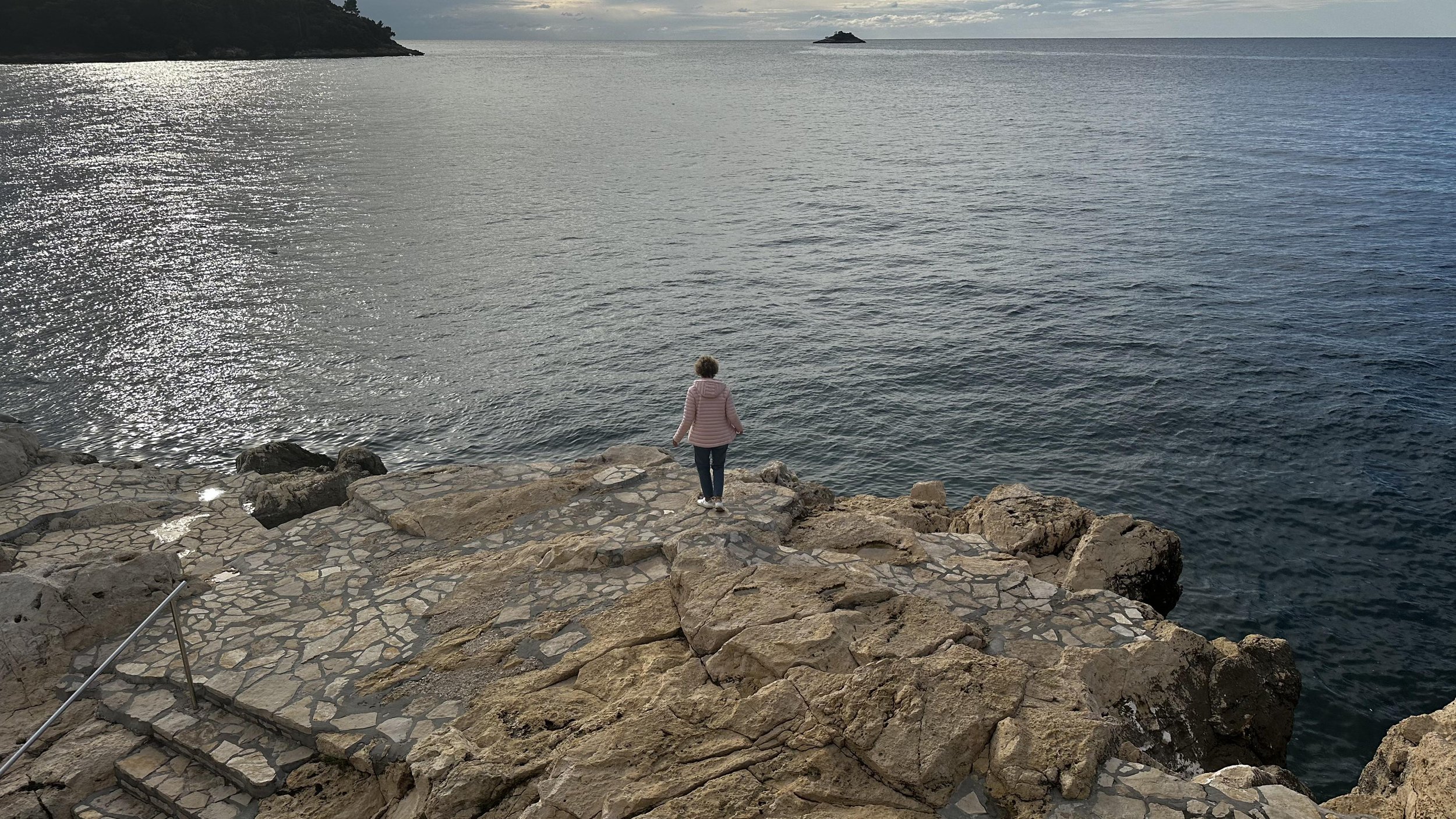

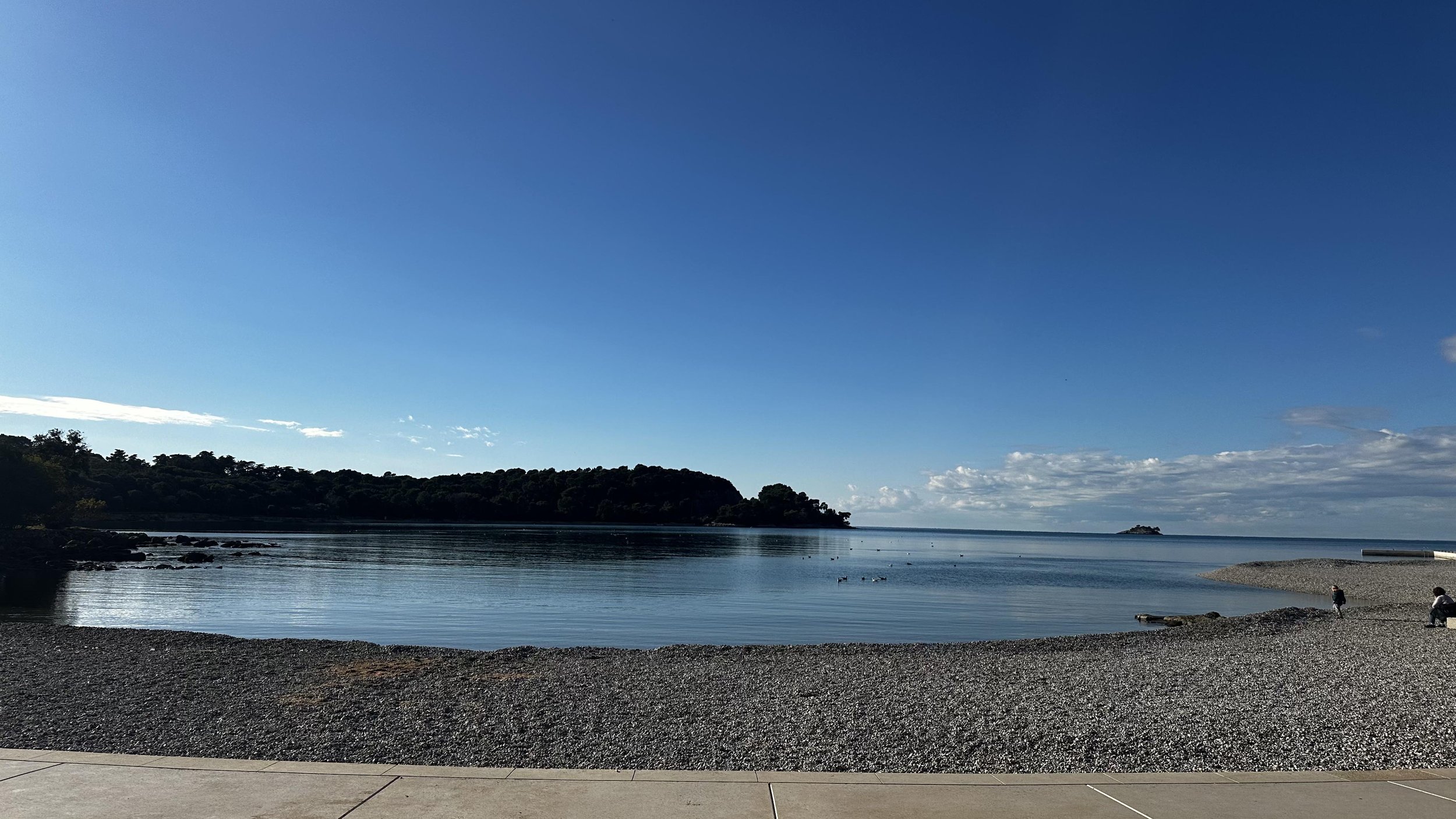






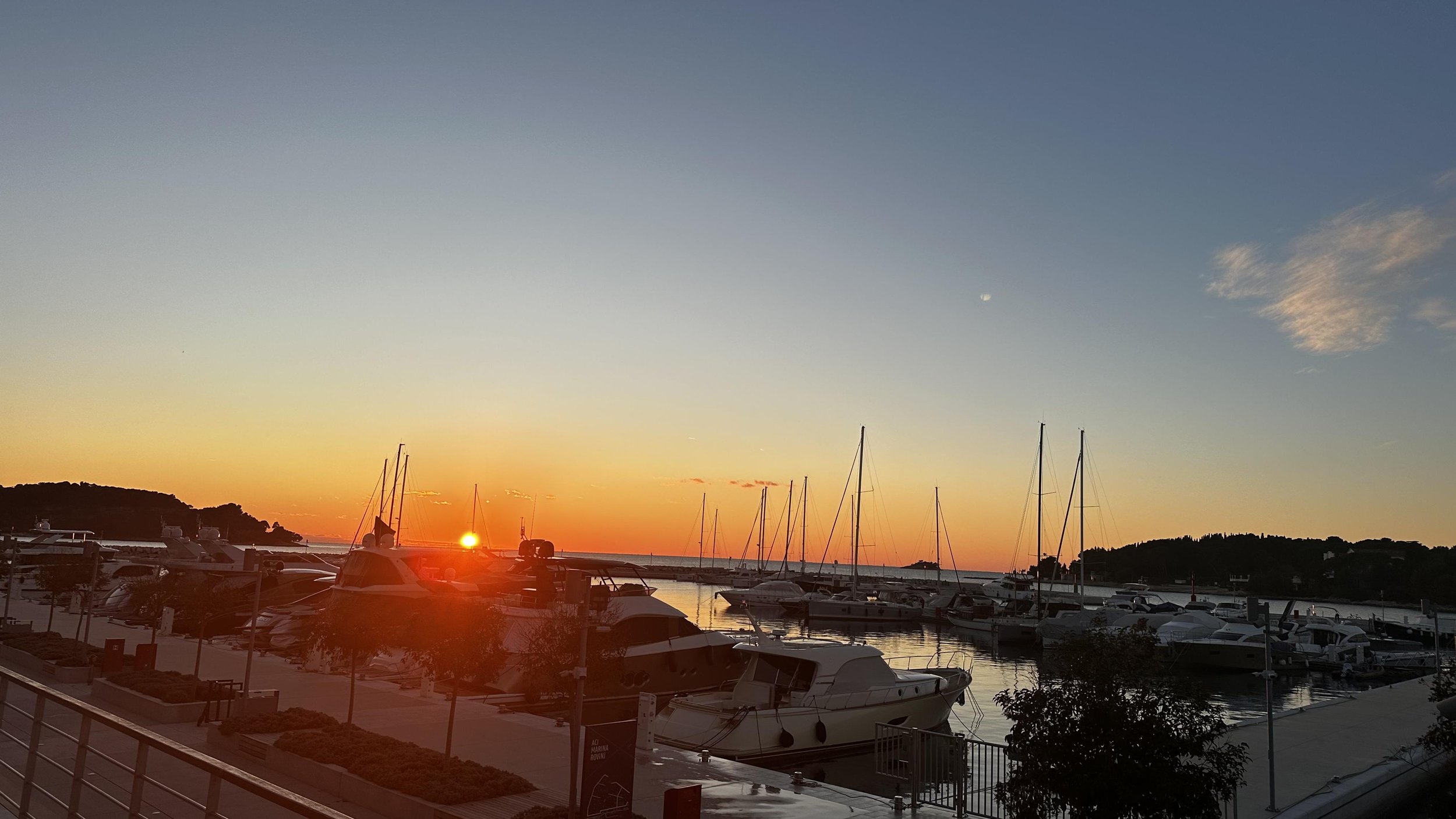
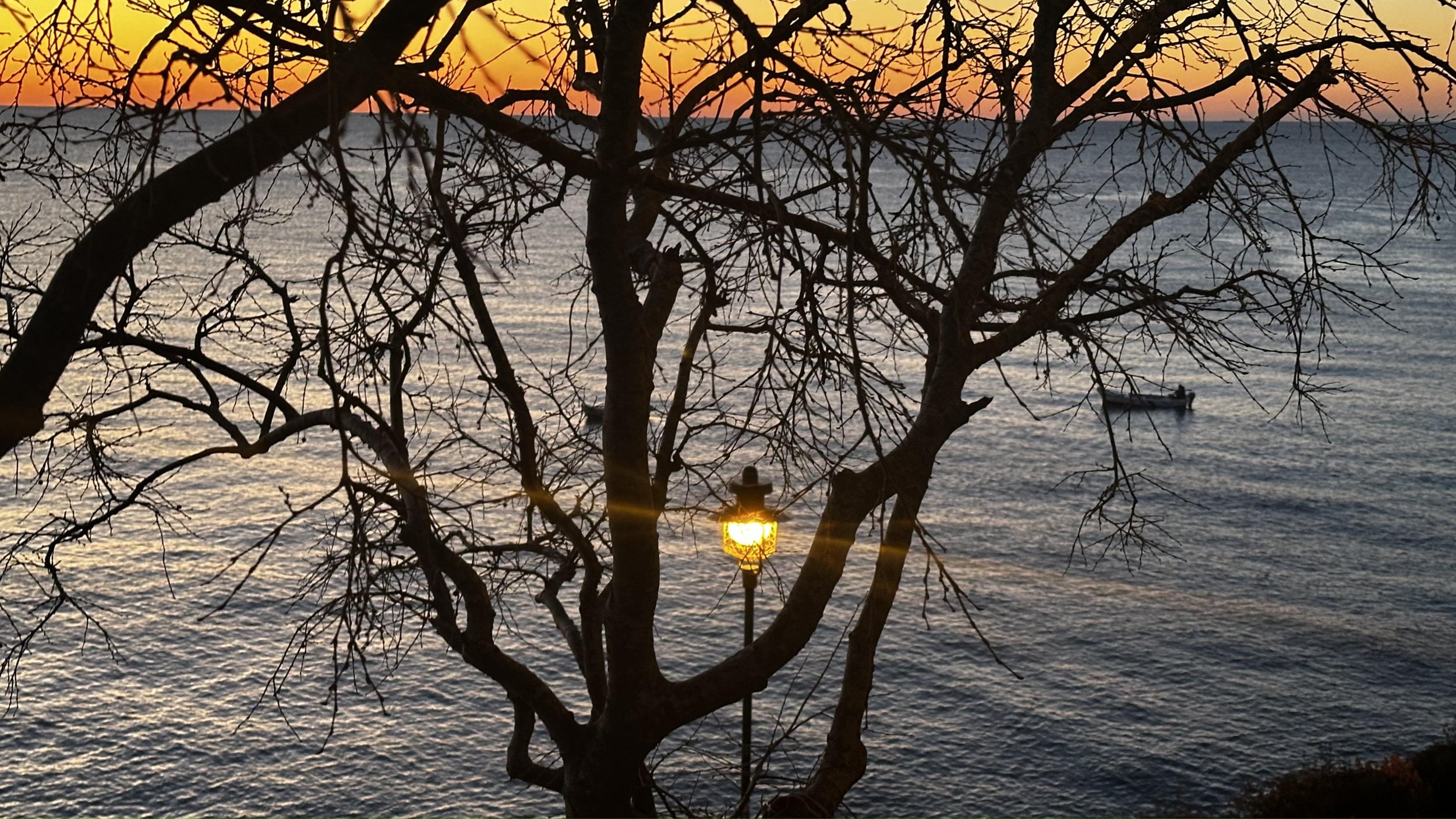


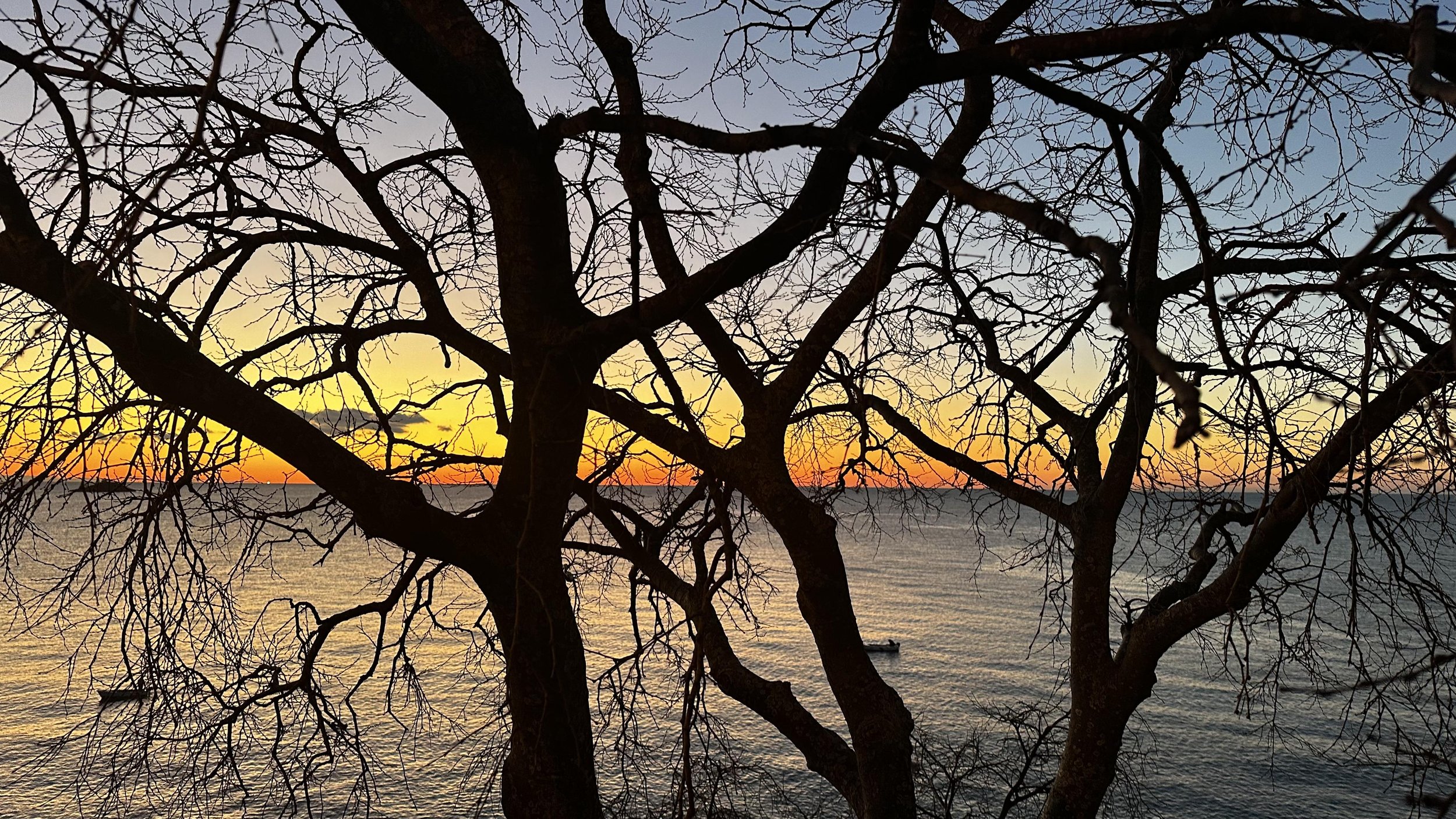

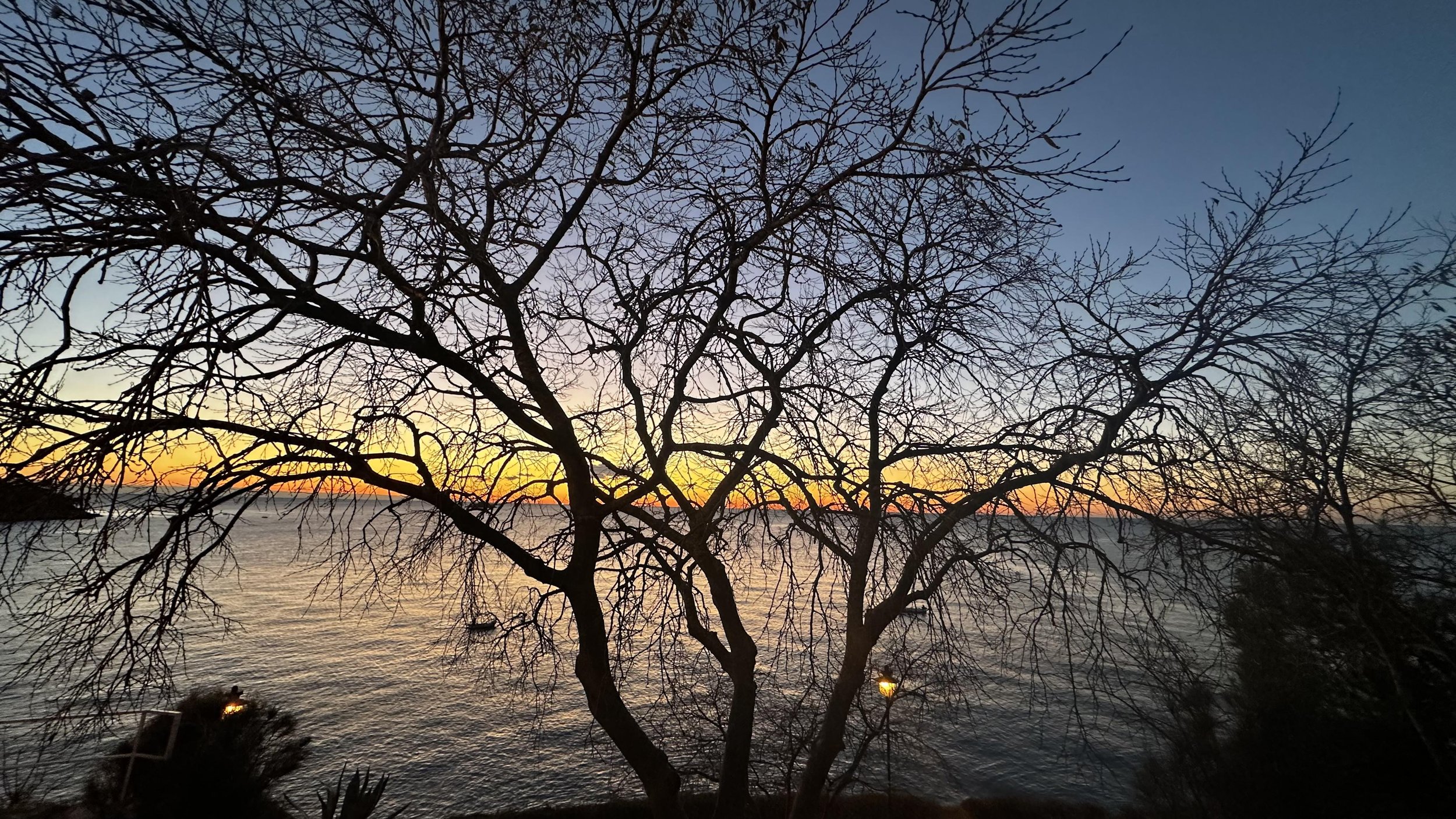
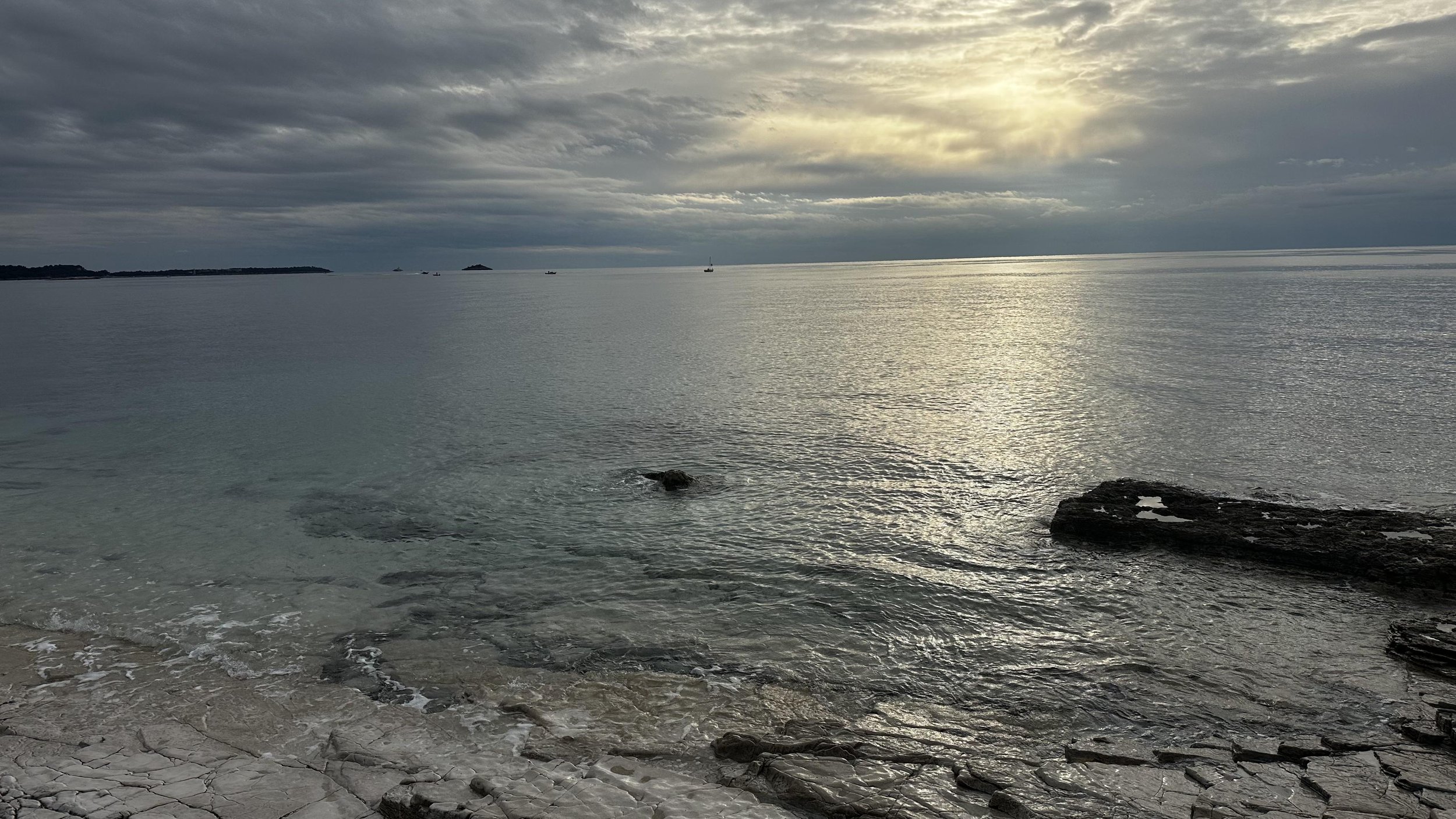

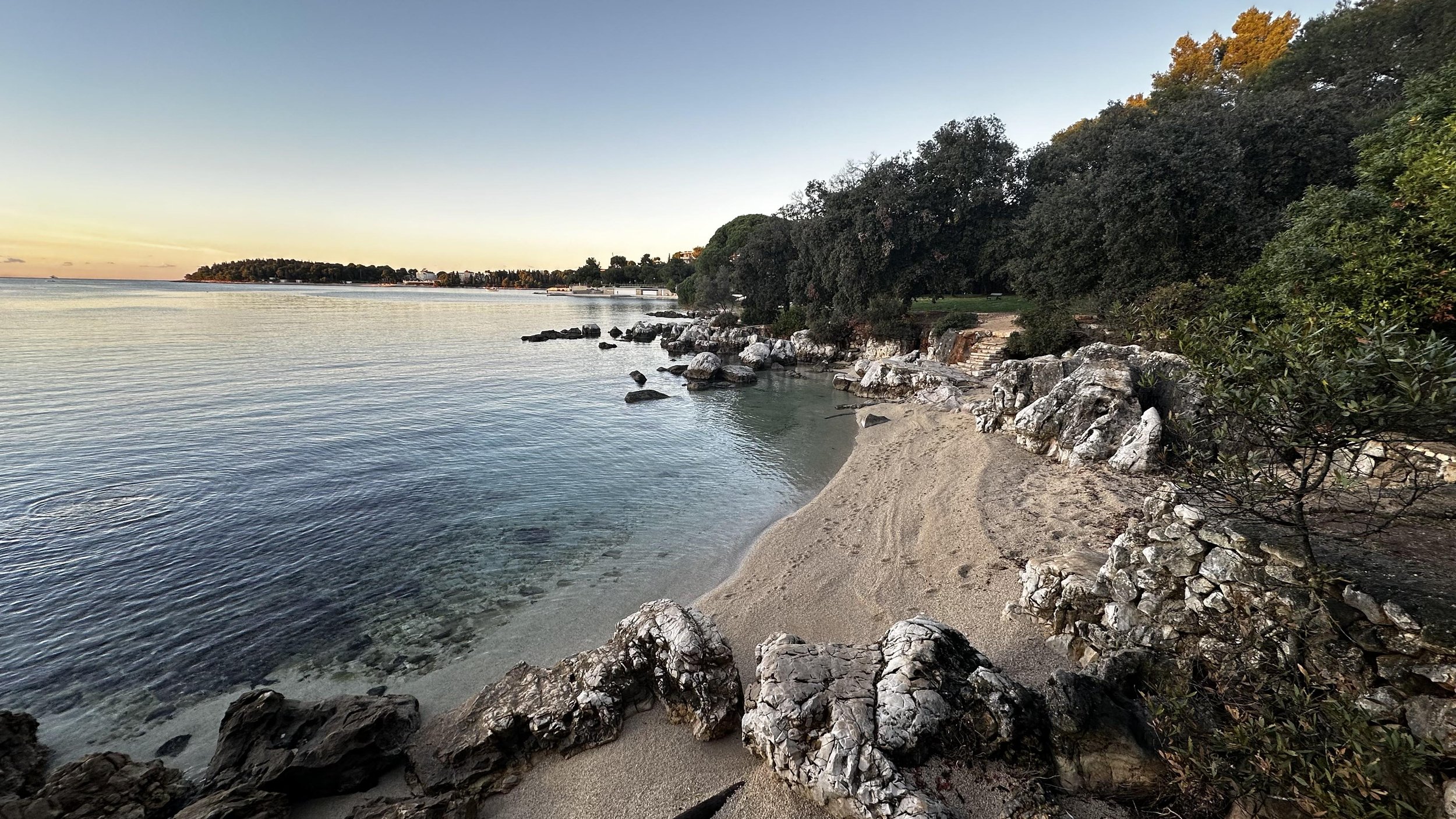

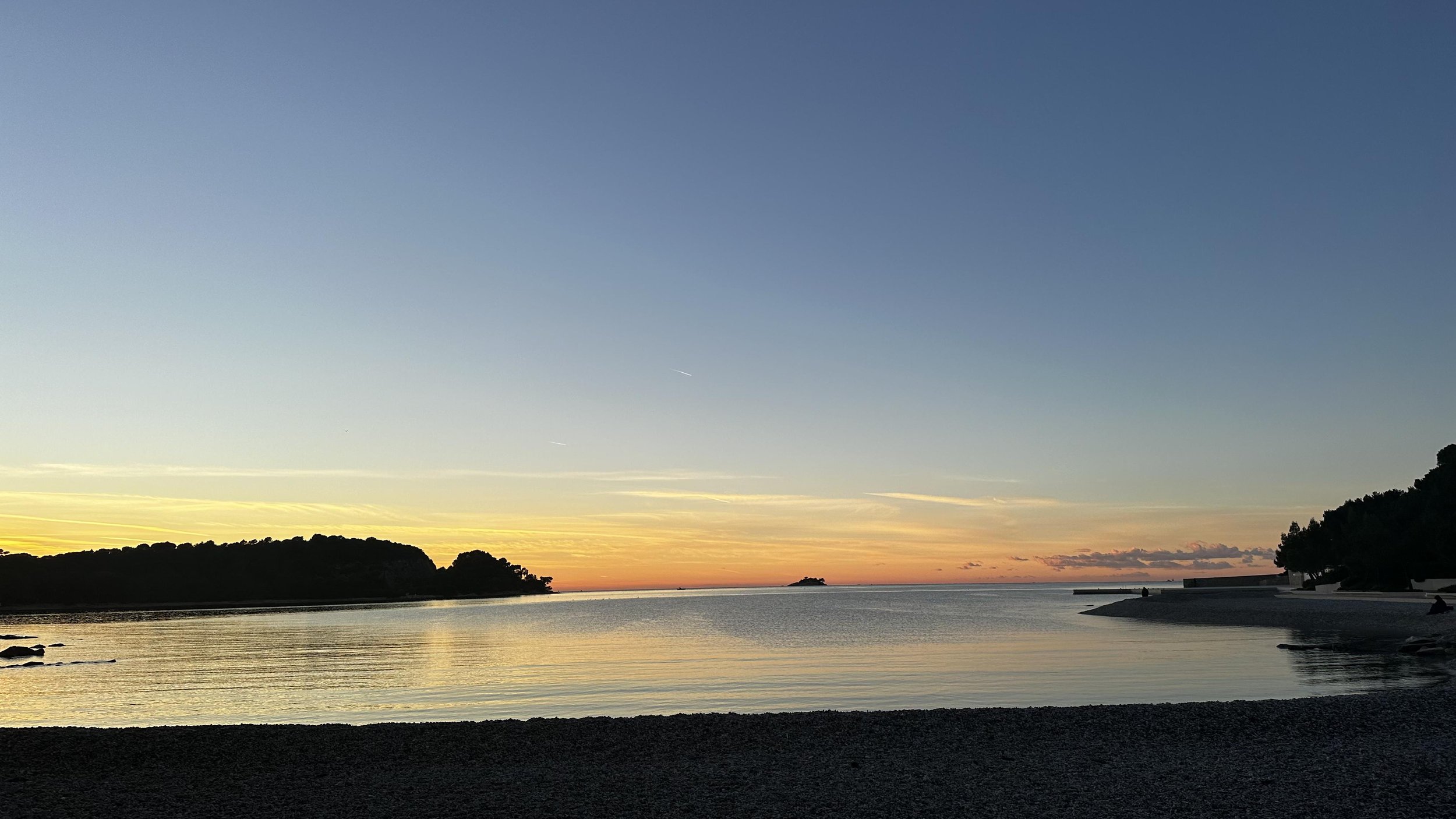
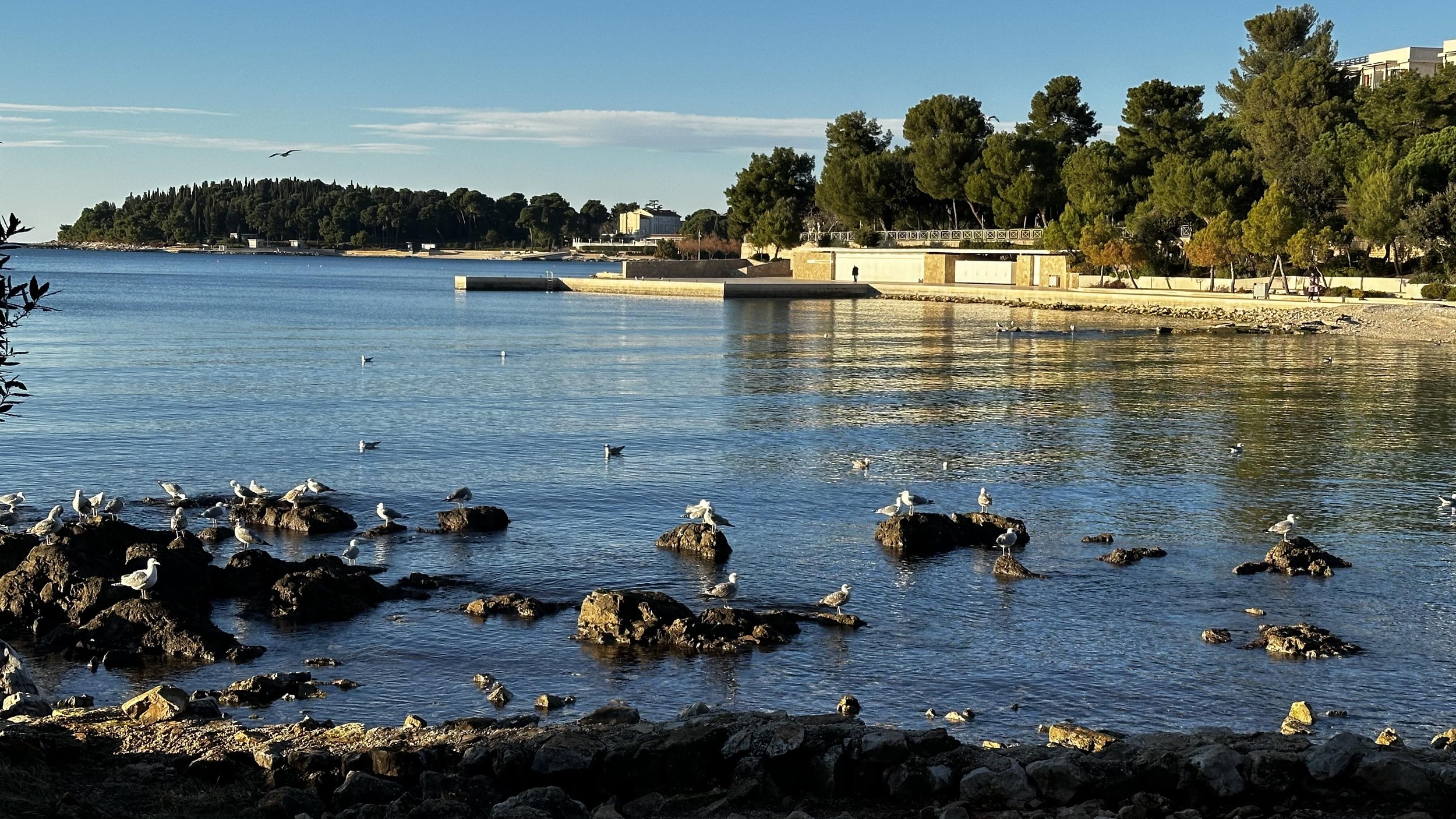

Wishing you all the very best for the festive season, and will we continue with our blog in the New Year!
A glimpse of my childhood
After the amazing time in beautiful Belgrade with hearts full of joy and happiness we embarked on the next adventure!
We decided to visit my old stomping grounds to relive my childhood life for a few weeks.
After the amazing time in beautiful Belgrade with hearts full of joy and happiness we embarked on the next adventure!
We decided to visit my old stomping grounds to relive my childhood life for a few weeks.
Am I going to like it? How am I going to feel about it? No idea, but I wanted to try it out, and now you need to read to see what happened…
Having lived in Split, having a family bach on Jahorina and close family in Serbia, meant I lived among these three places pretty much all my childhood life. Dad, of course, established certain routines to enable a smooth transition from one place to another keeping in mind changing seasons and everything you are meant to think about. Mum and I had to follow Dad’s instructions, he knew the best, or so he thought 😉❤️!
Firstly, we drove from Belgrade to Jahorina in our own little car, for the very first time since we immigrated to NZ! That’s been so special and kind of frightening. The roads are narrow, full of bends, mostly single line for overtaking slow trucks, with traditional cafes along the way. And remember we drive on a “wrong or right “ side, depends who you ask!
We followed Google Maps until we ended up in the wrong place! Yep, the road sign to Sarajevo said go straight, but our Google friend said turn right. Oh oh oh, you know you should not listen to it, but you do, you trust AI more than you trust your gut instincts and the road signs! So silly, right?! 10 mins later we arrived in front of the hydroelectric power plant gate with no further road ahead, on a narrow patch you could barely turn the car around. Luckily, a worker saw us, opened the gate to help us turn around, told us each day he gets people like us from all over the Europe making the same silly mistake, wished us safe travels and within 10 mins we were back on the main road!
We could see motorways being built, though we are still a few years away from having a motorway connection from Belgrade to Sarajevo / Jahorina.
Despite a silly hick-up, I have to say, we actually did ok, driving wasn’t as bad as we thought it might be.
We arrived to Jahorina, and parked in front of the bach. Yes, this is important, you’ll see why soon. Petra and Chase were already there waiting for us with an out of bag chicken soup, our favourite fast food soup. Thanks guys!
My curiosity kicked in! Since we have just completed the final stage of the bach renovation we had to inspect the place! My friends from childhood have again done a great job managing the renovation and we can say the upstairs now looks fantastic! New carpets, new insulation, new floors, it’s so nice and warm!
The next morning we kicked off with my Dad’s famous routine, which meant we got up early and went down to Pale ( a small township between Jahorina and Sarajevo) to stock up for winter.
We bought all the goodies that can last. When the winter and snow settles in there is no more parking on a door step, we will have to carry bags in hands. So, there are now big jars full of beans, winter pickled vegetables salads, sauerkraut, fresh cabbage, carrots and potatoes, all sorts of “healthy” cans, pasta, tomato passata, jams, rice, Nutella, toilet paper and bathroom supplies, milk, and even the first week’s supply of meat and bread in the freezer! Phew!
Dad would be super proud to see us following his routine to this date. ❤️❄️
The next morning we decided to drive down and have a stroll again through my birth place Sarajevo, catch up with a friend and to visit the new tourist attraction in Bosnia and Herzegovina, Visoko, called Bosnian Pyramid of Sun!☀️
Well, this “thing” never existed when I lived there, I have to tell you a little bit about it!
The Bosnian Pyramid of the Sun, with a height of over 270 meters, is known to be the tallest pyramid in the world and dates from at least 30,000 years ago, which is far older than the commonly accepted beginning of the human civilisation, approximately 10,000 years ago. It exhibits the regular pyramid geometry with three preserved sides: northern, eastern, and western. It is covered with rectangular blocks. According to the Institutes for Materials in Bosnia and Herzegovina (2006-2008) and Politecnico di Torino in Italy (2009), the blocks are made of the highest-quality concrete material, superior to modern concretes.
On one hand, it seems so implausible that an ancient civilisation, alive during the middle of an ice age, could build these pyramids using the toughest concrete ever known to man. Yet on another hand it is equally unbelievable that pyramids so accurately aligned to the compass points and to each other, could ever occur naturally.
It is a very controversial place, condemned by many geologists and archeologists, but equally embraced by others.
Prehistoric tunnels Ravne
This huge network of underground tunnels, intersections, chambers and water accumulations was constructed under the Bosnian Valley of the Pyramids. Discovery of the labyrinth was predicted by discoverer of the Bosnian pyramids dr.sci. Semir Osmanagic in his book in October 2005.
We visited both locations, and yes, I was suspicious to say the least! I didn’t believe this was true finding and even now after visiting the site I am a bit undecided what to think, but one thing is certain - there is something here of the world importance that continues to attract tourists and archeologists from all over the world.
The tunnels Ravne impressed me, while I am unsure what to think about the actual pyramids. My advice is go and visit them and make up your own mind or visit the website to get a bit more information.
Overall, I am glad we found our way there, and spent a few hours exploring and learning about something very different and interesting indeed.
After a couple of days up in the mountain we woke up to the first snow! Yes, not expected that early, it was a bit wet, but everyone was excited.
We went for a walk up the ski slopes to the top of the mountain and came across a few guys who apparently saw a bear, 🐻, yes a real one! That was enough to chase us down the mountain and to realise how unprepared we were! 👀. Dad would be unimpressed 😡
We left the house nice and tidy, stocked up, dropped the kids off at Pale and continued our drive to Split, the city where we both grew up and once upon a time called home.
Driving from Jahorina to Split took us along the roads of my childhood. The beautiful canyon of the river Neretva on a sunny day meant I stopped many times to take photos of the places I haven’t been to for 30 years!
Uf, uf, uf, from grief to sadness remembering the old days, gratefulness I was here again, to joy and happiness seeing the beautiful things around me. If I am honest, I have to say I didn’t expect this emotional response 30 years later…is it hormones, is it trauma, is it hardships, is it just pure joy manifesting differently, I don’t know…
We stopped in Mostar, my Dad’s birthplace and it happened to be on the anniversary of his passing, such a coincidence that made the stop even more memorable. We walked the streets of Mostar Old Town, went to the Old Bridge and were surprised to see many tourists walking around.
We continued the drive and stopped by in Počitelj. A little town close to the Croatian border with a stunning 15th century fortress. If I tell you that we never stopped there before you won’t believe me, but it’s true. Dad would normally drive Split - Sarajevo route always in a hurry to reach the destination before dark, there would be one stop and usually to eat lamb on spit. Well this time, we had a lovely lunch in Mostar and had enough time to explore Počitelj stunning fortress and to pick up pomegranates along the way.
Arriving at friends place in Split at a dinner time meant we went straight to a local restaurant ( konoba) to enjoy the local seafood. Yummy! Fish on a BBQ, silverbeets with potatoes, garlic and olive oil meant I was truly stoked!!! That’s my favourite food by far! But Konoba wouldn’t be an authentic experience without crabs and shrimps cooked in tomatoes and white wine sauce (buzara) plus another lot cooked on a BBQ! What a delight! Thank you Anja for your welcoming hospitality, this was so special, and the food was first class!
The next day we went for a walk around the city, we visited all the special places that have a deep meaning for us 🥰.
We stopped by “our” big palm tree on the promenade Riva where we met for the very first time, we went to the church Saint Duje where we would normally meet to go for a walk, we went to Marjan first viewing point and took many photos like we’ve never been there before, we went to a new monument dedicated to the famous local author Miljenko Smoje, we stopped by Bobis and Kirigin to eat our favourite desserts, we stopped by Kantun Paulina shop, the “must visit “ stop for a local portion of the best ćevapi in town ( mince meat delicacy), went to my secondary school and my university building and of course had a coffee and chit chats with a few dear friends we always connect with. Thank you ladies for making the time to see us, it’s always great seeing you, and yes none of us has changed one tiny bit since the last visit!
A special thank you to Julka for her company, for allowing us to stay in her cute apartment, all the interesting chit chats and debates, and above all for being such a special person and friend. We can’t wait to reciprocate the hospitality, but let’s not spoil the surprise!
I have to say I was surprised to see the old town so empty, not seeing many tourists in November was expected, but there are no people living there any more. It looks the old town apartments are converted into AirB&B, and they are open during the summer months. The streets felt like a goast town, but it didn’t bother me. I actually enjoyed the piece and quiet, serene feeling and got the best photo shots with no one in them, something that would be absolutely impossible during the busy touristy months. I don’t know if this is good or bad for Split, I leave that to others to judge…
The next day we visited my Mum’s grave and now have another beautiful memory to take with us till the next time.
We went to a big Mall of Split for a wonder, and in the evening we drove to Kaštela to see our friends from NZ/Australia who have semi permanently returned to Split to enjoy the retirement life. After a beautiful dinner and a home made black cuttlefish risotto we heard a lot about the local politics and the non touristy life in Croatia. Good luck guys for all your efforts in influencing the future for better.
We visited another cool place in the outskirts of Split, The Farm House. This was so cool! We attended a pottery class with a group of likeminded individuals who chose to spend a Sunday afternoon outdoors doing something new.
Well, we discovered quickly that Neb has artistic talent and I don’t! It doesn’t matter really, as we both felt so relaxed working on our very first pottery cup, we can’t wait to see the finished ( baked) product soon. So so cool, and we now feature on IG - check it out….
https://instagram.com/farm_house_opg?igshid=NzZlODBkYWE4Ng==
After a few sunny days in Split reminiscing what the life could have been if it wasn’t for the war, we left and drove up the coast to our new home away from home, and arrived to Rovinj.
After seven weeks on the road and non stop travelling the time has come to chill, relax, reflect, and enjoy the quiet time for a while.
We have sooo many memories, thousands of photos, thoughts and ideas as to what the life could look like if we were to really pull a plug and live in between the two continents one day, etc. Both heads are spinning 😵💫, one is converting thoughts into spreadsheets, the other is baking sweets and just letting everything to settle down.
Enjoy the photos of my old stumping grounds, I hope you’ll like them. 🤗
Jahorina Photo Album

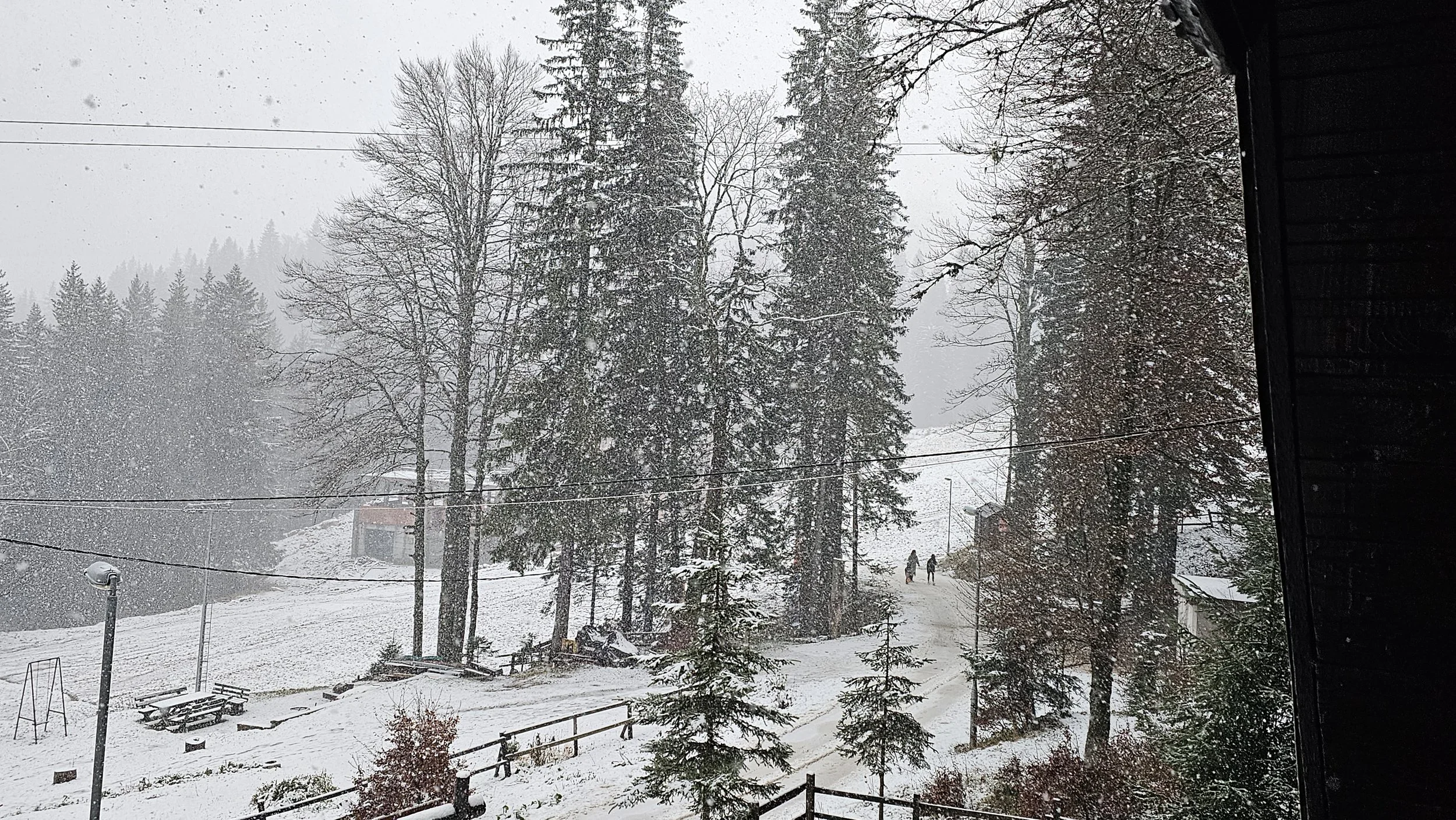





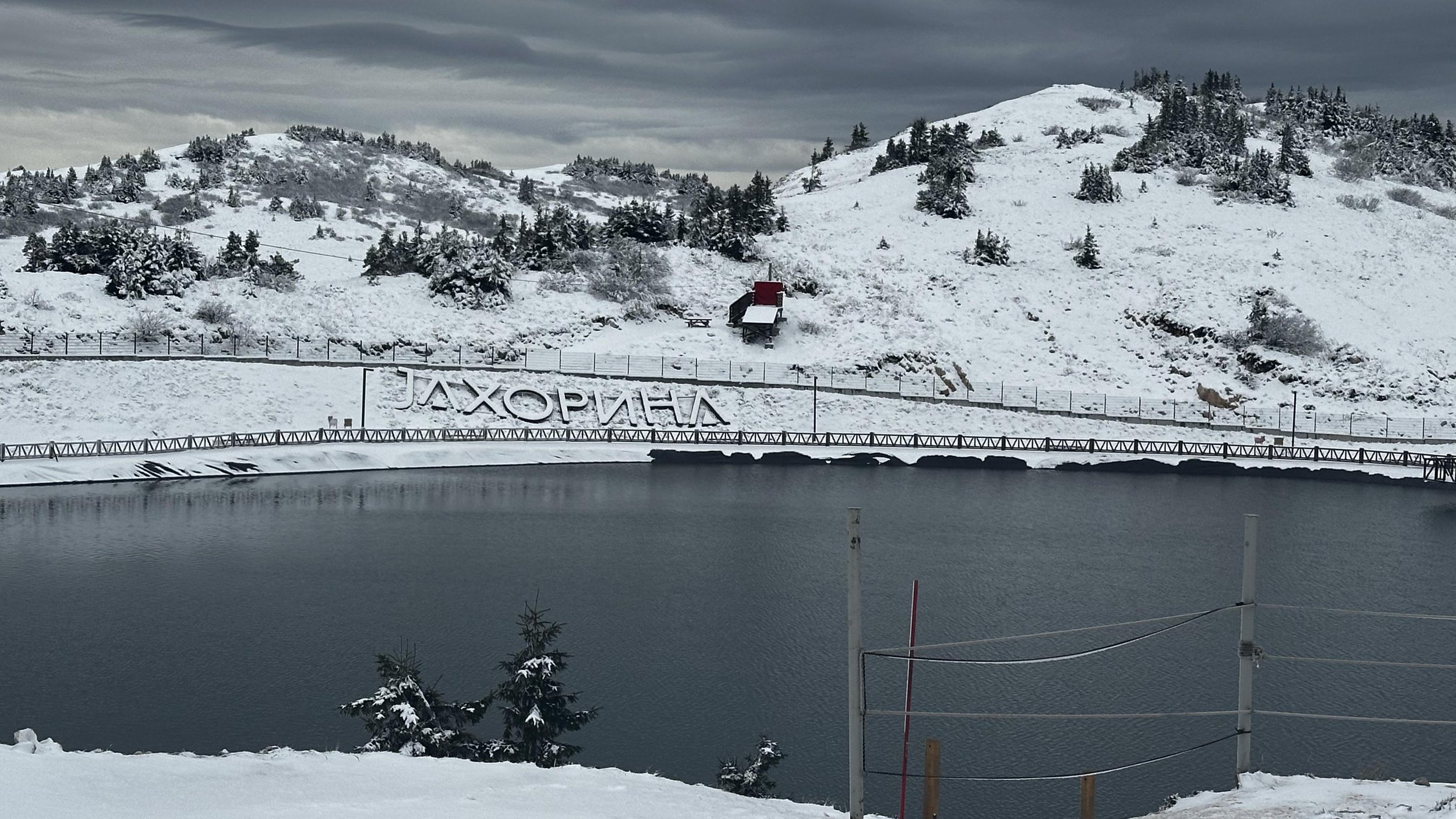
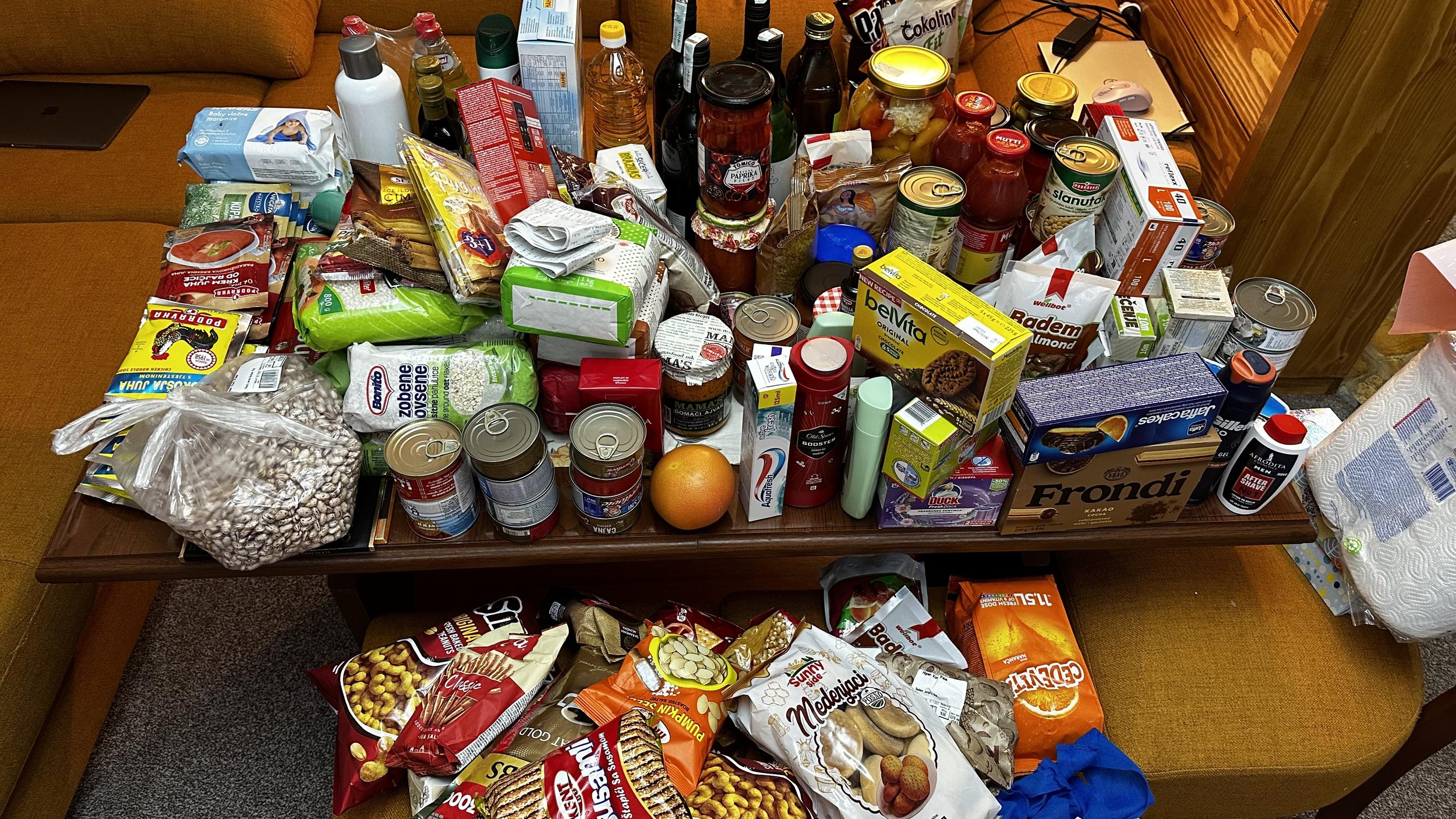
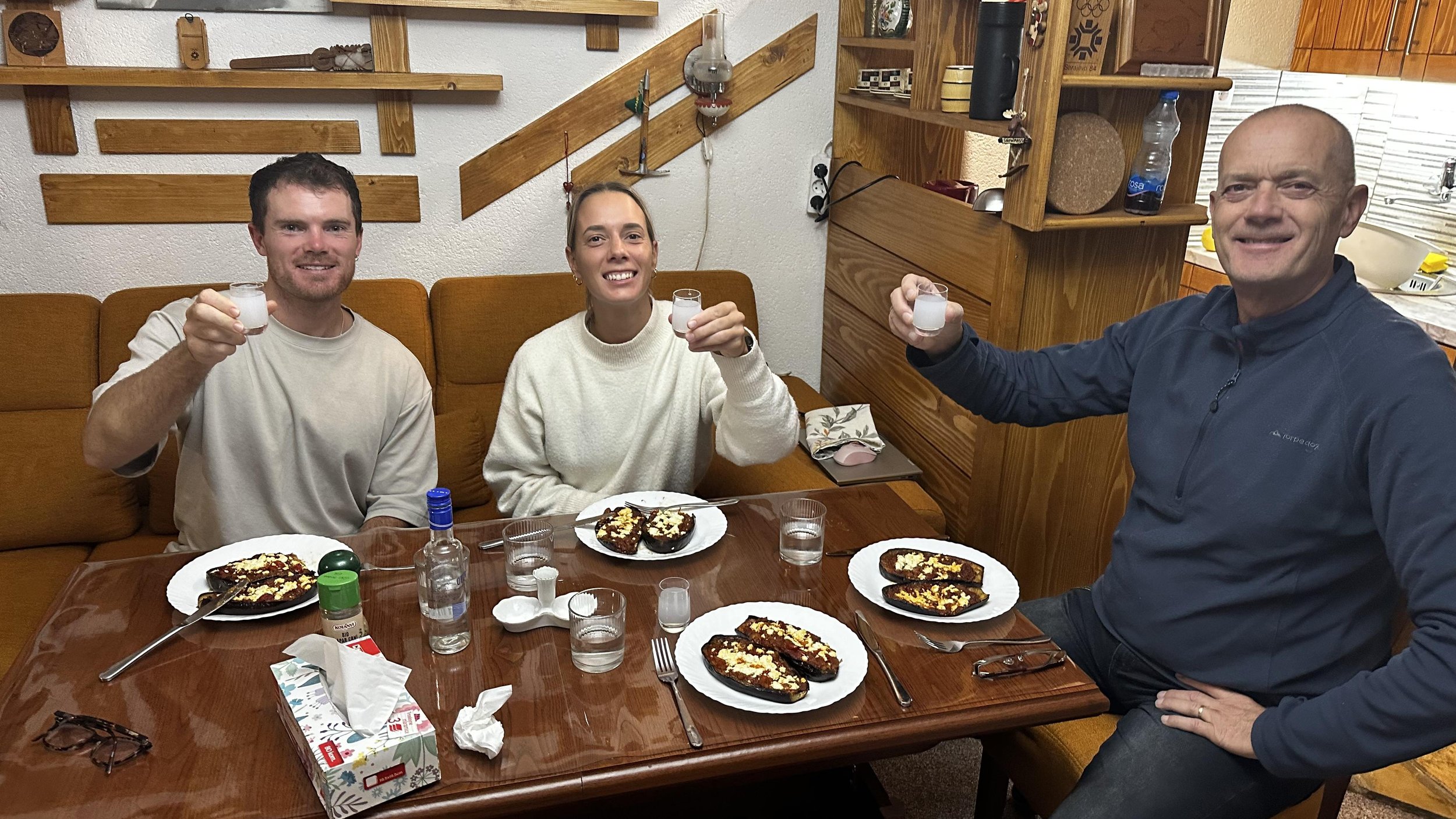
A travel through Bosnia & Herzegovina Photo Album
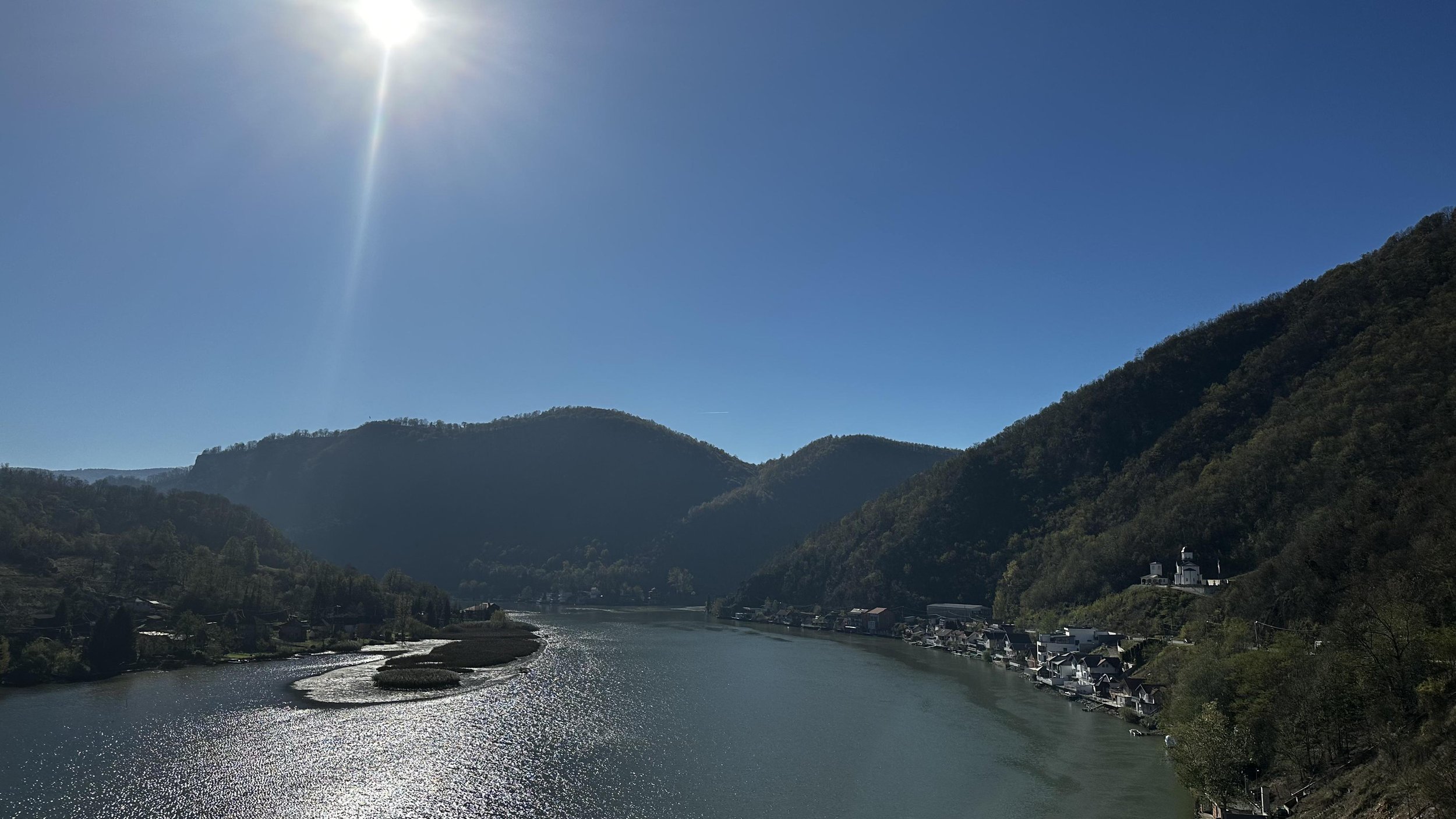








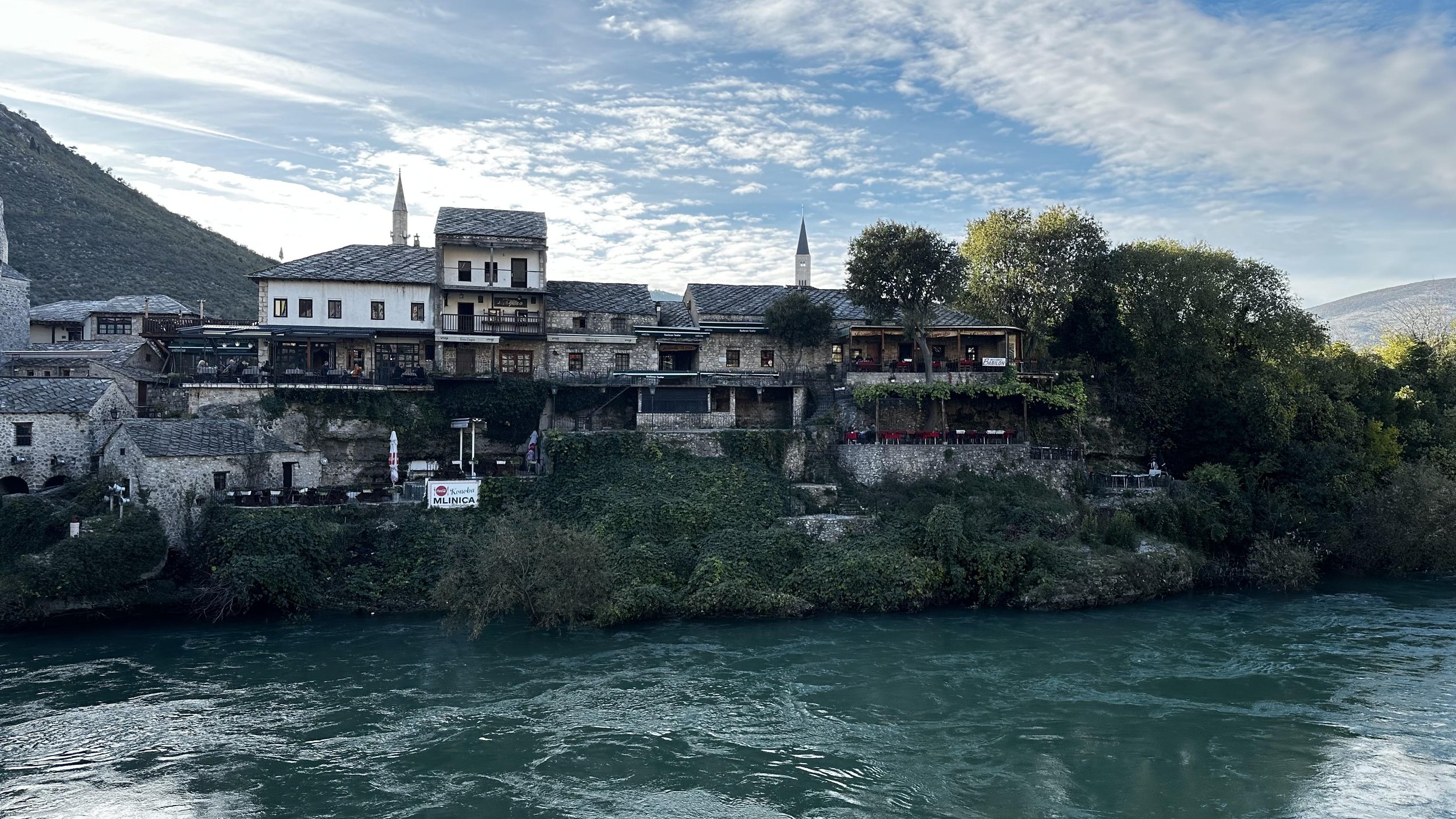
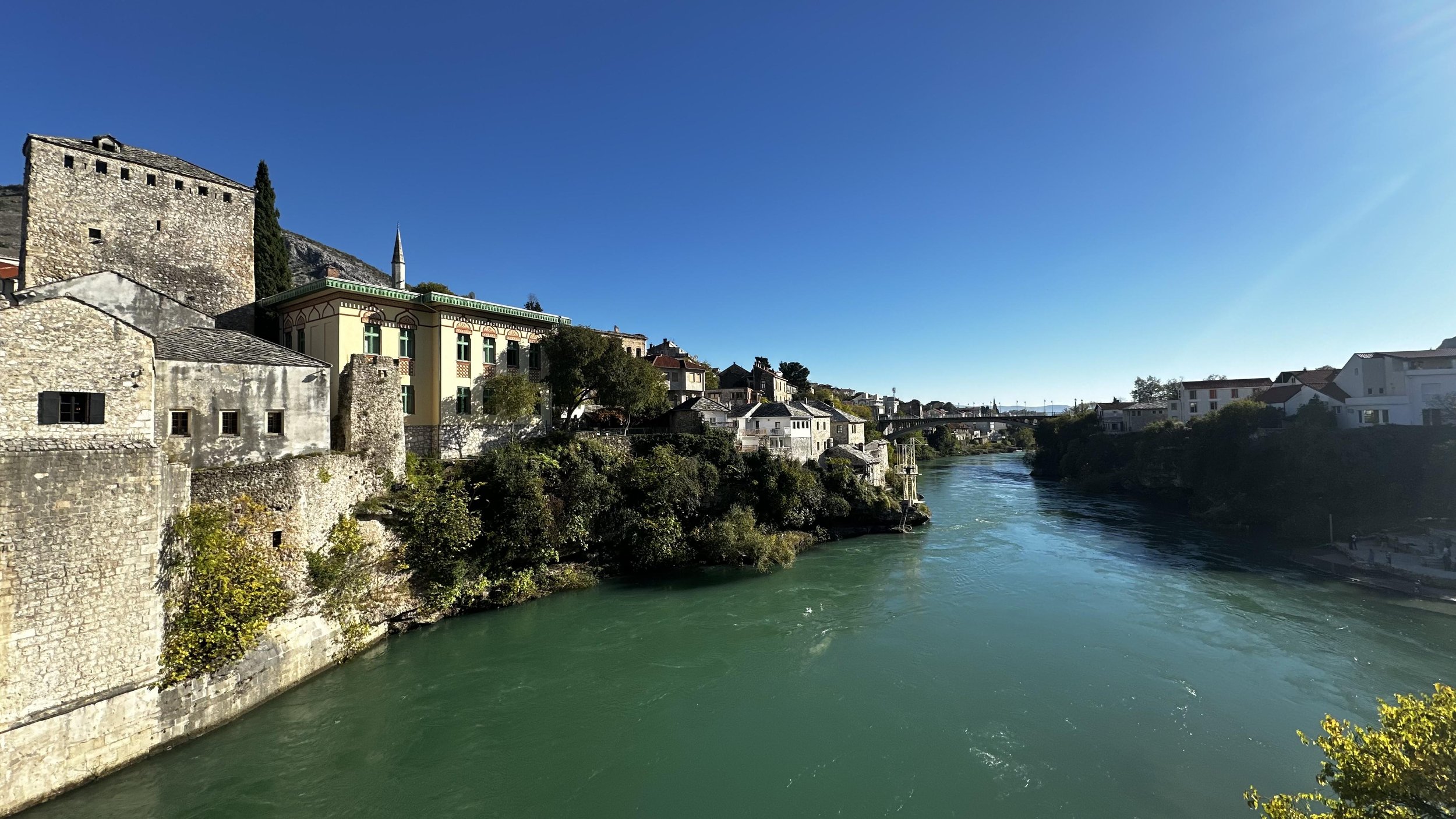
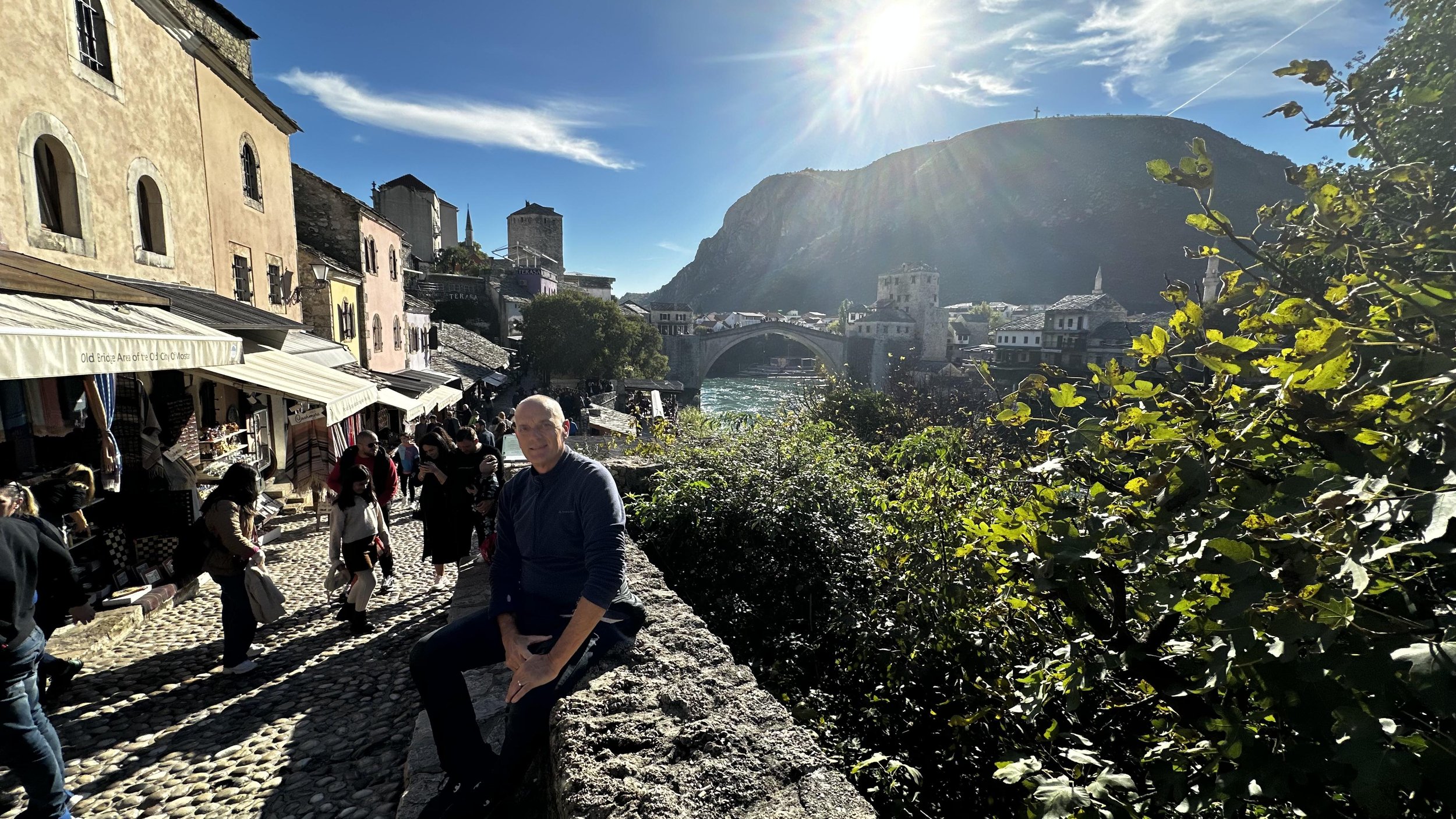

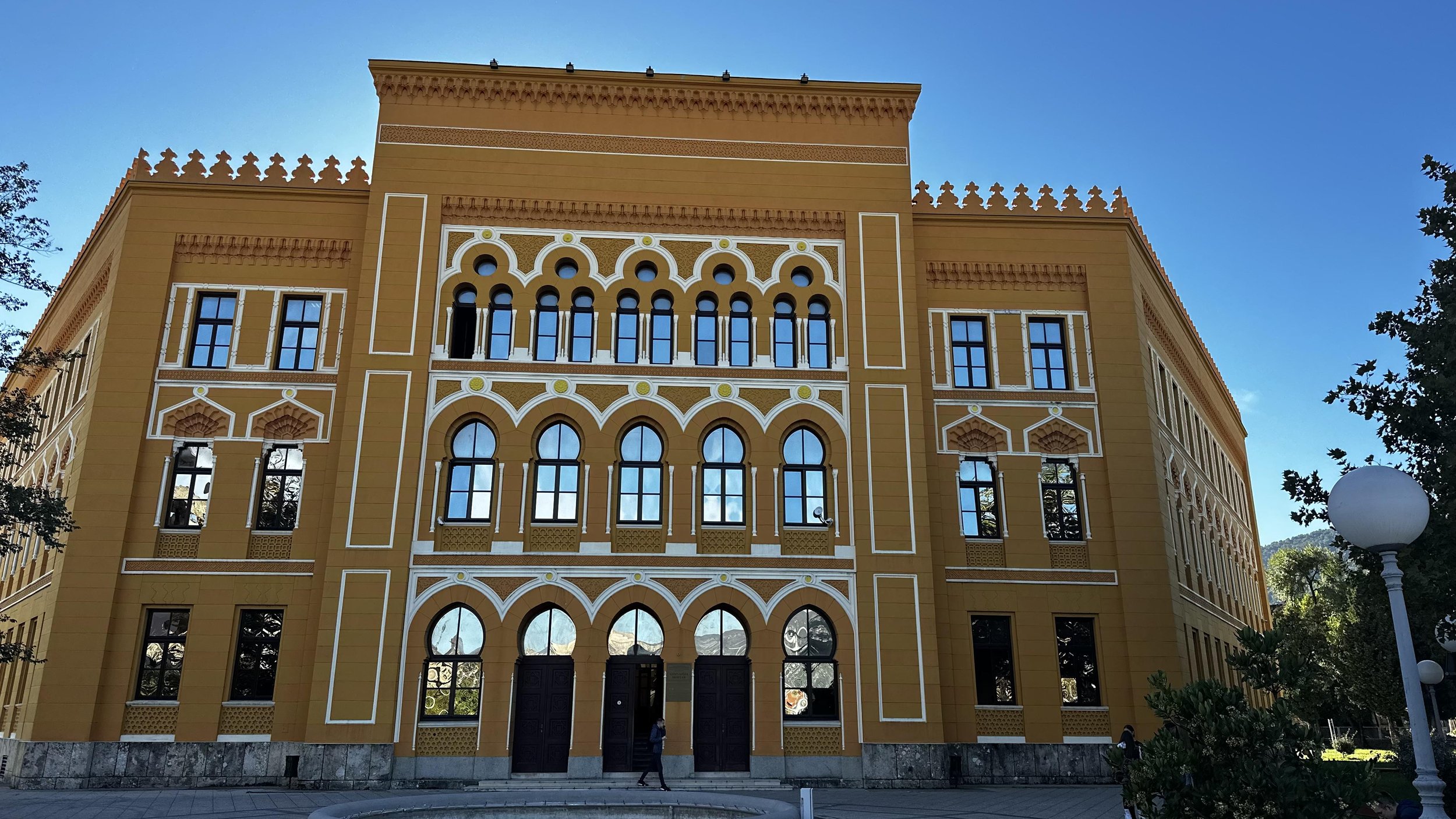
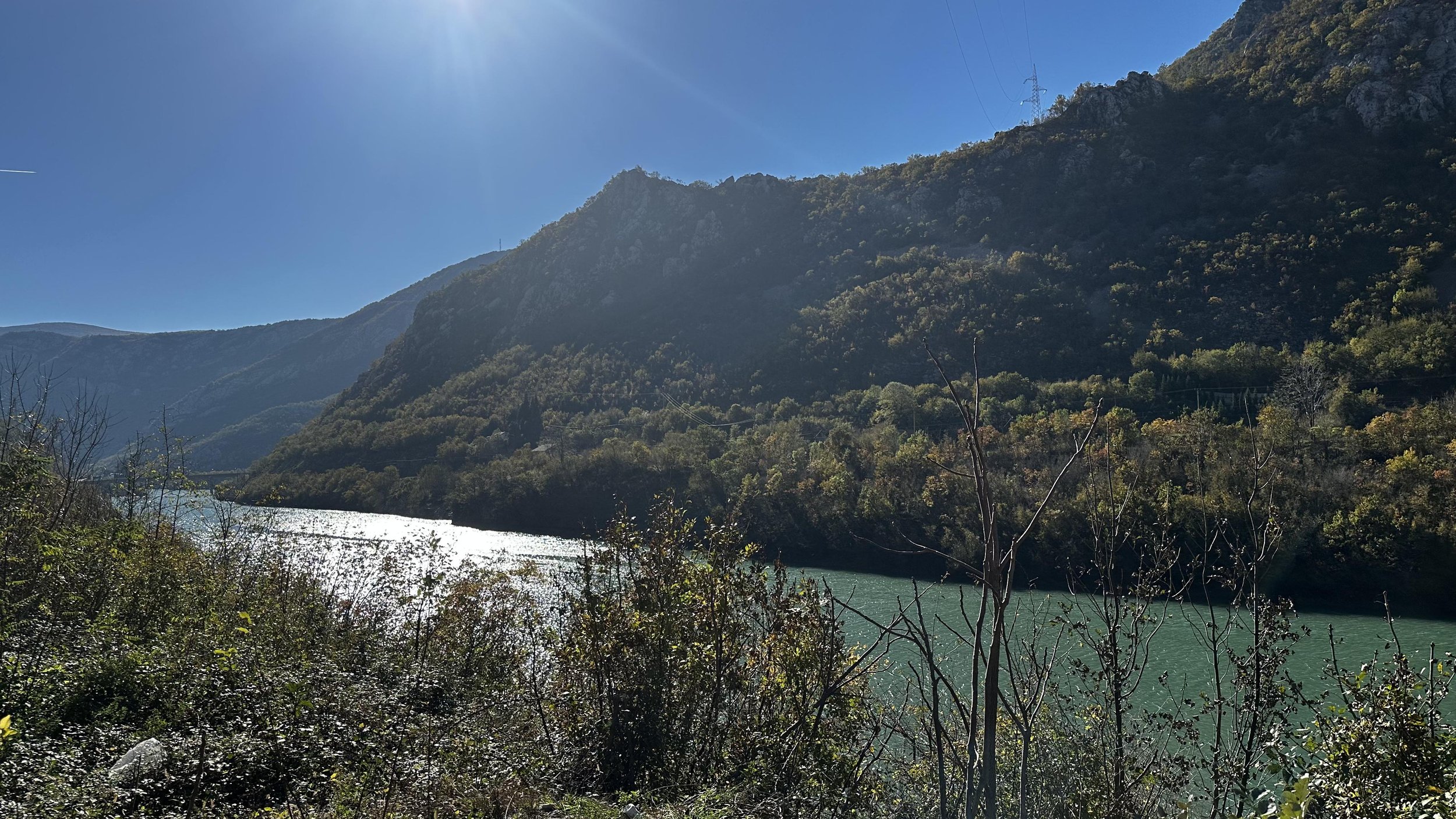
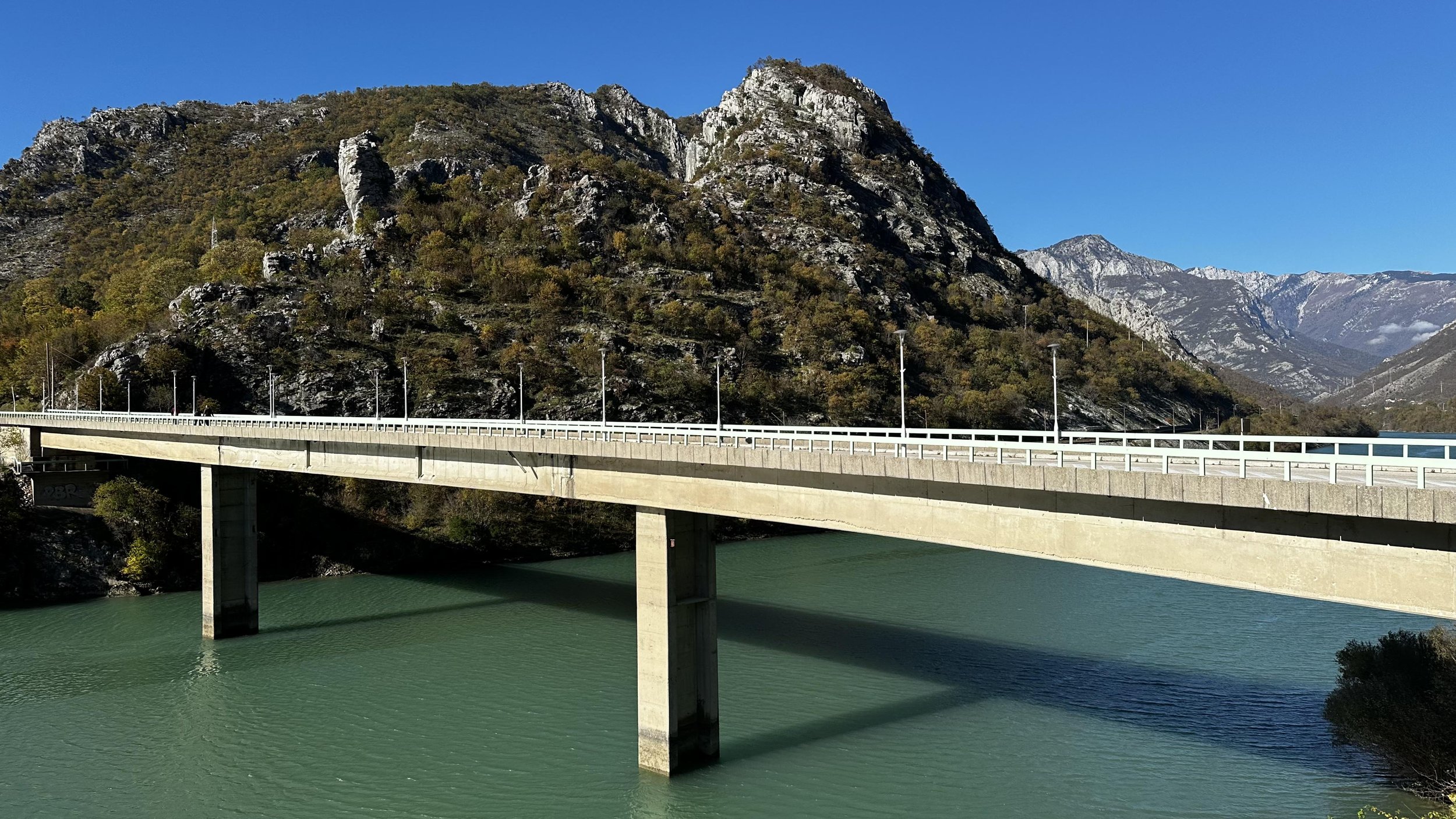

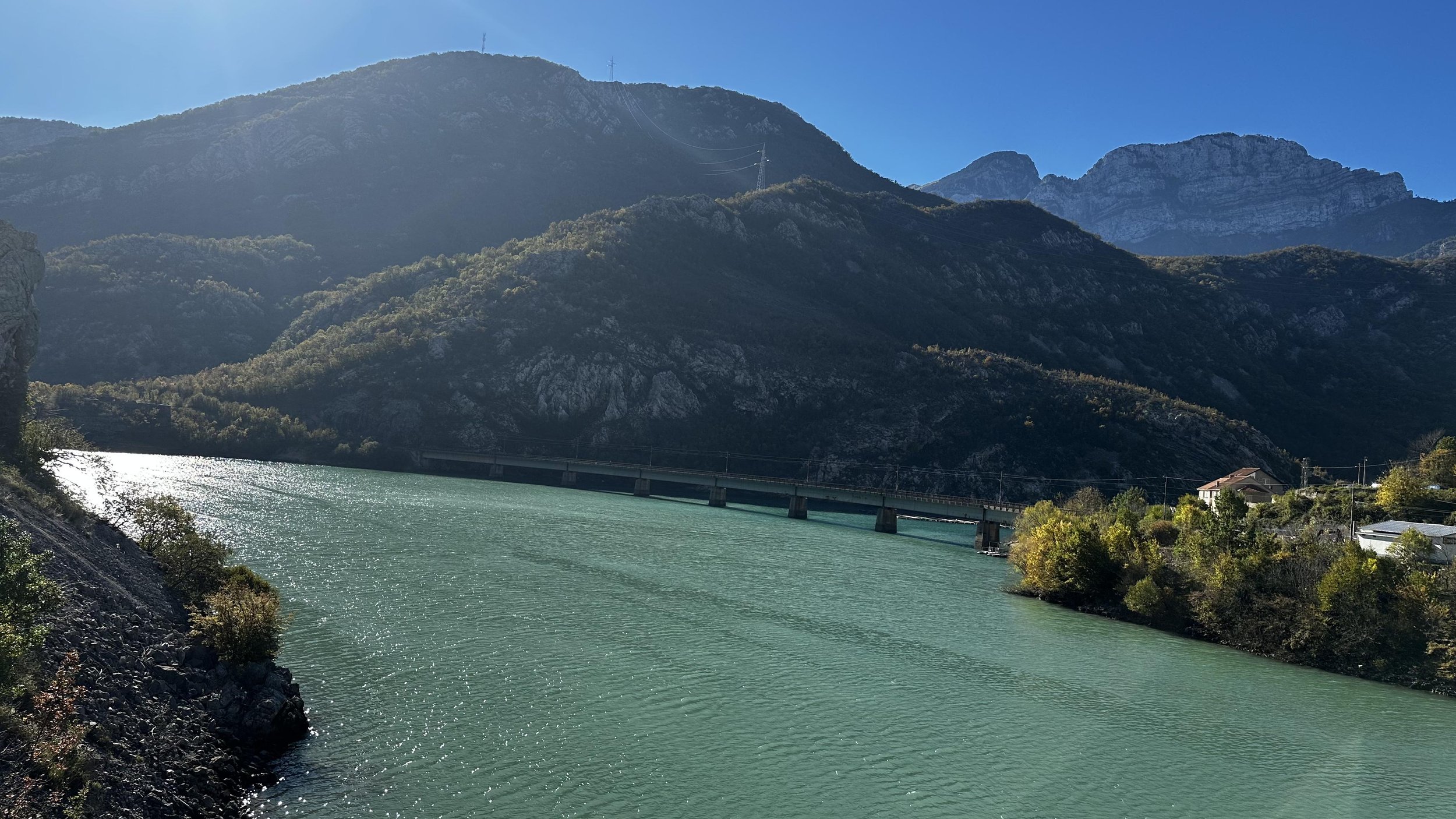
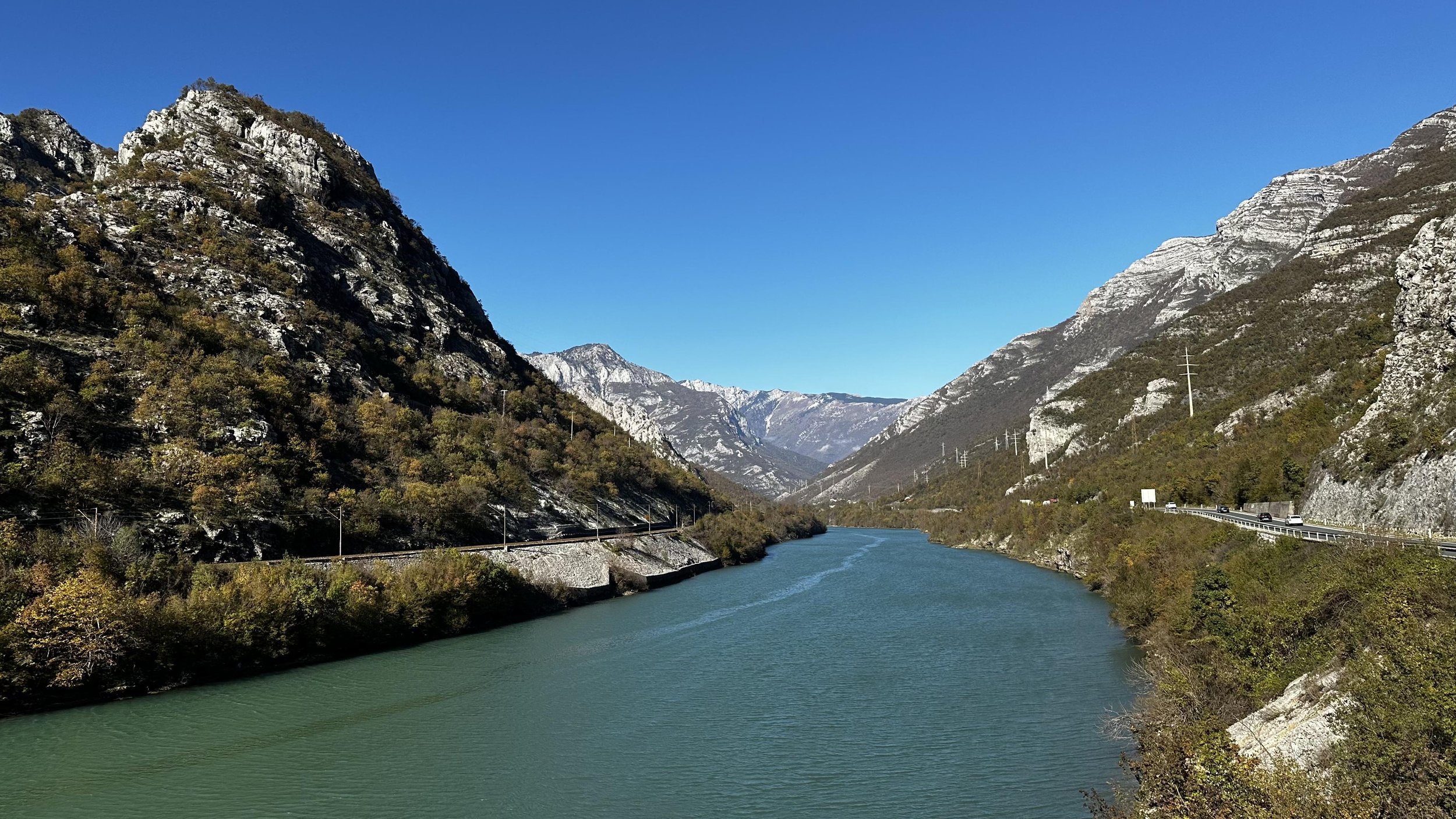

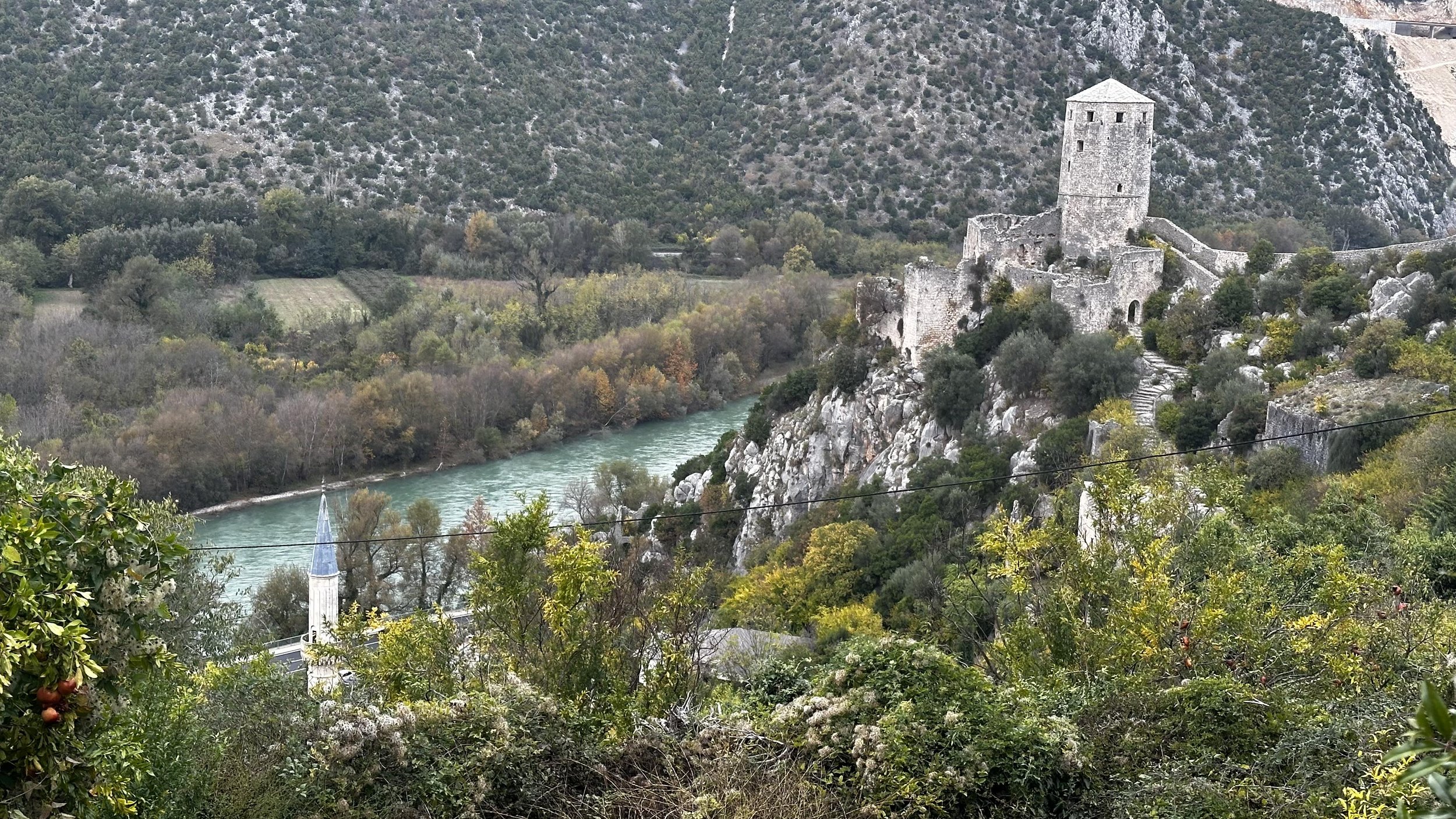
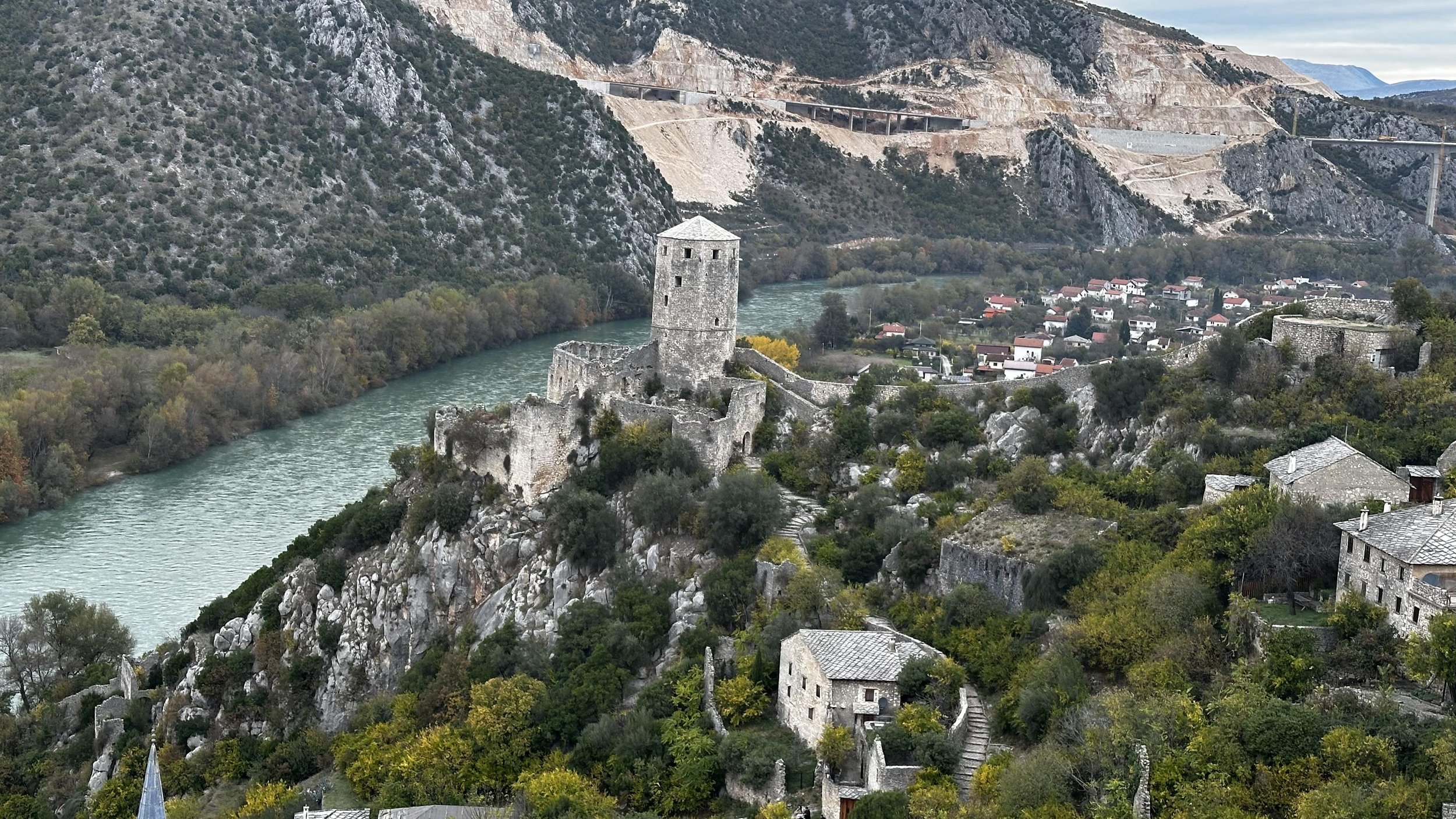
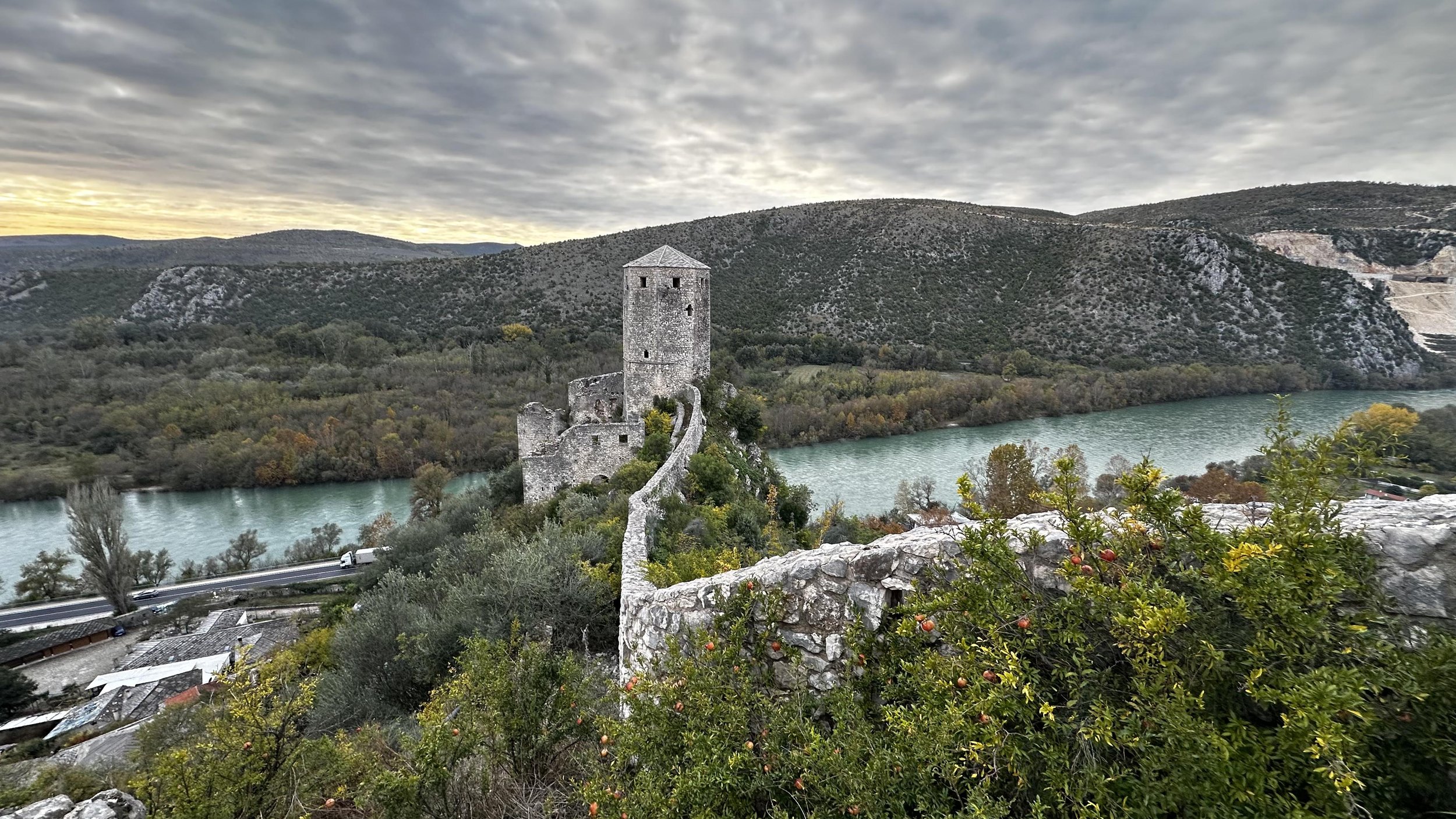
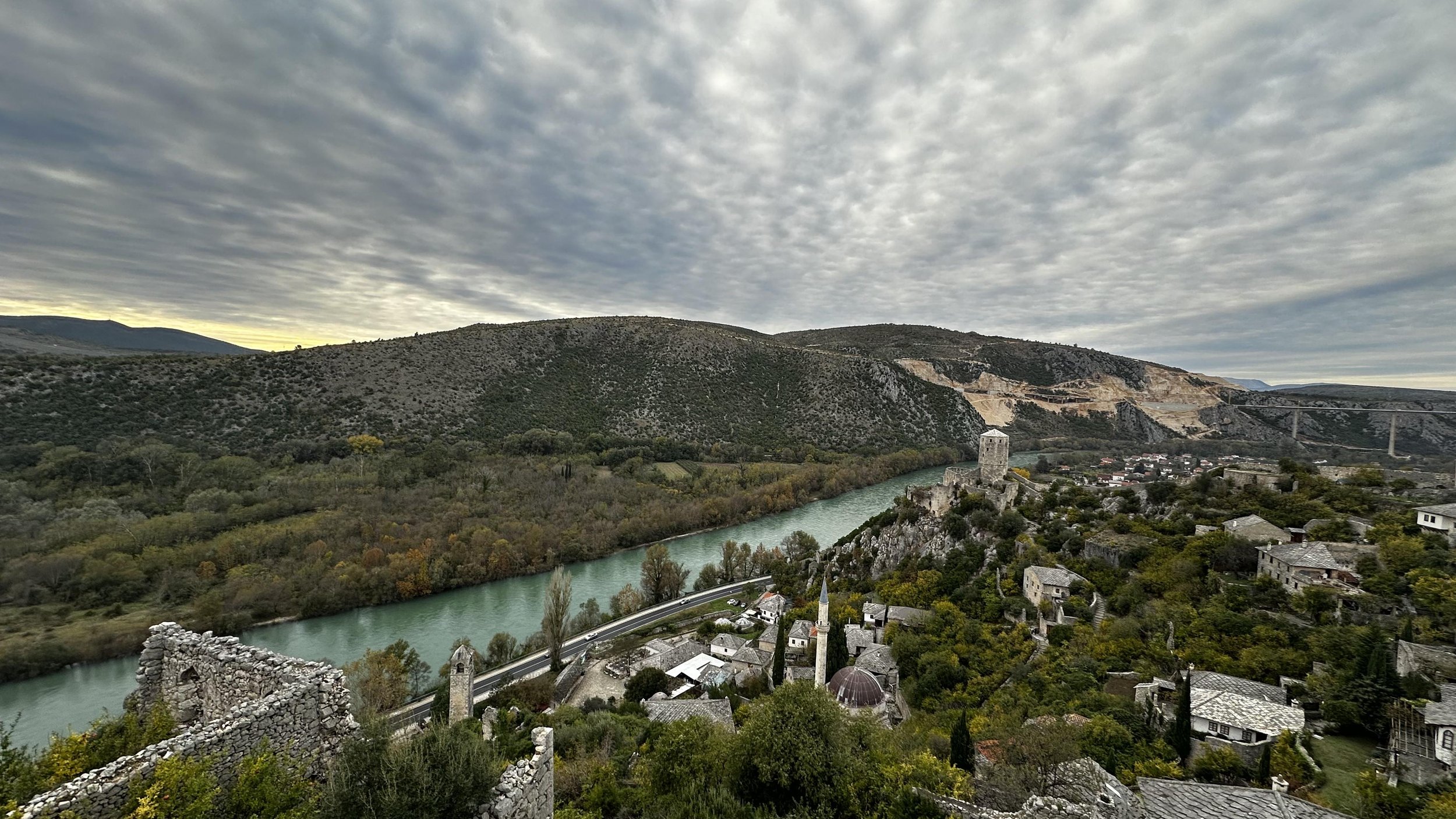
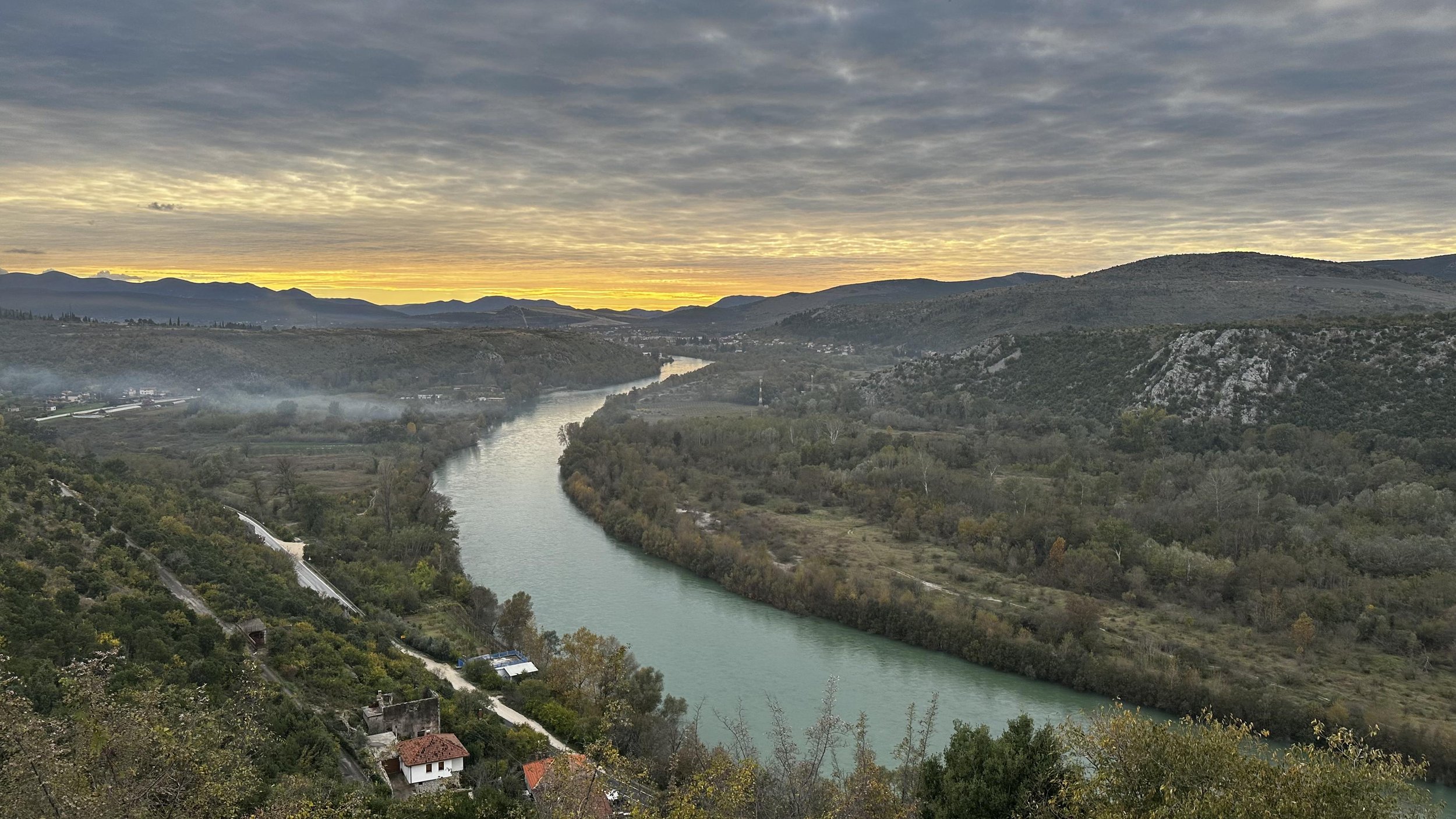
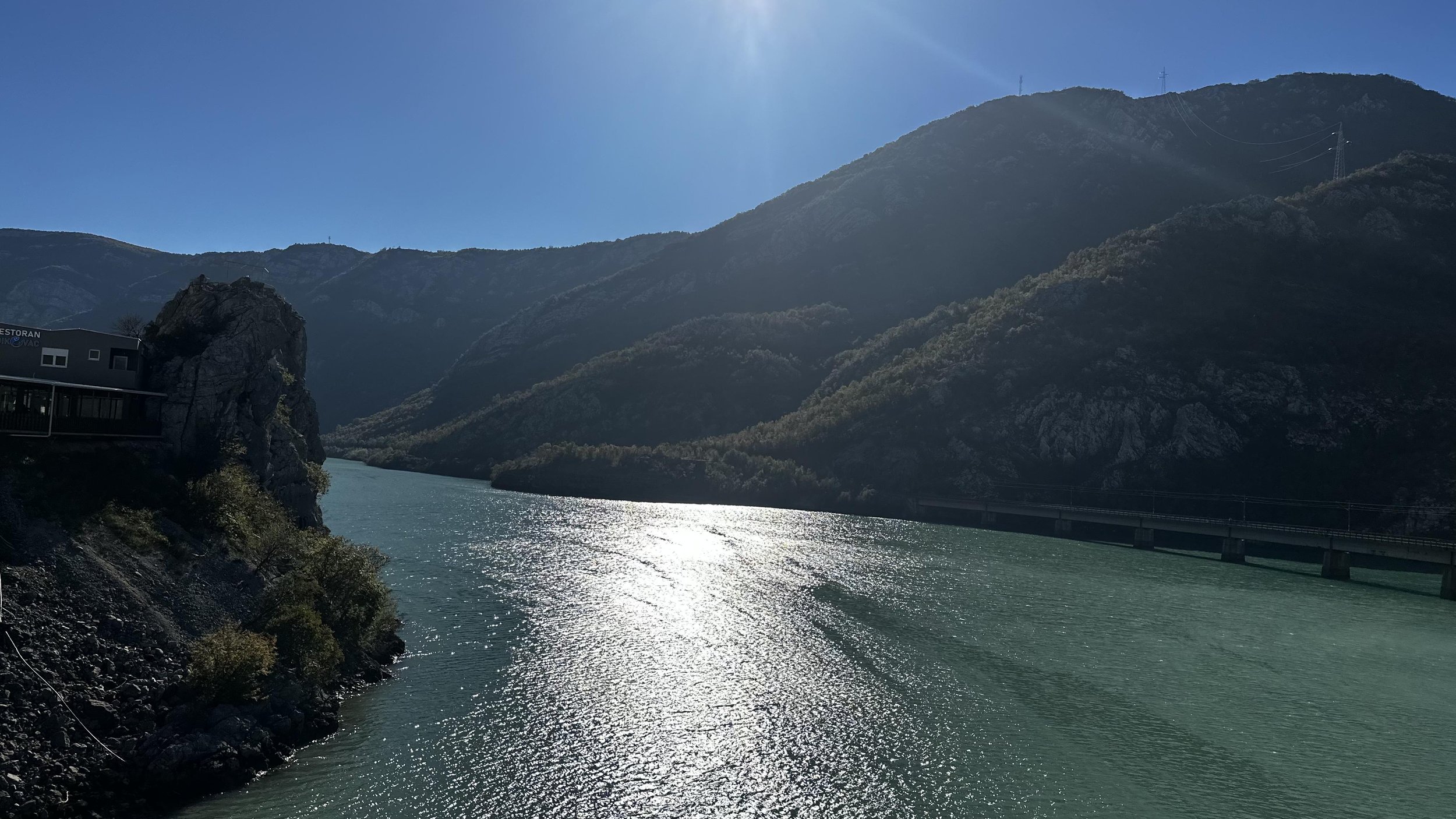
Split Photo Album

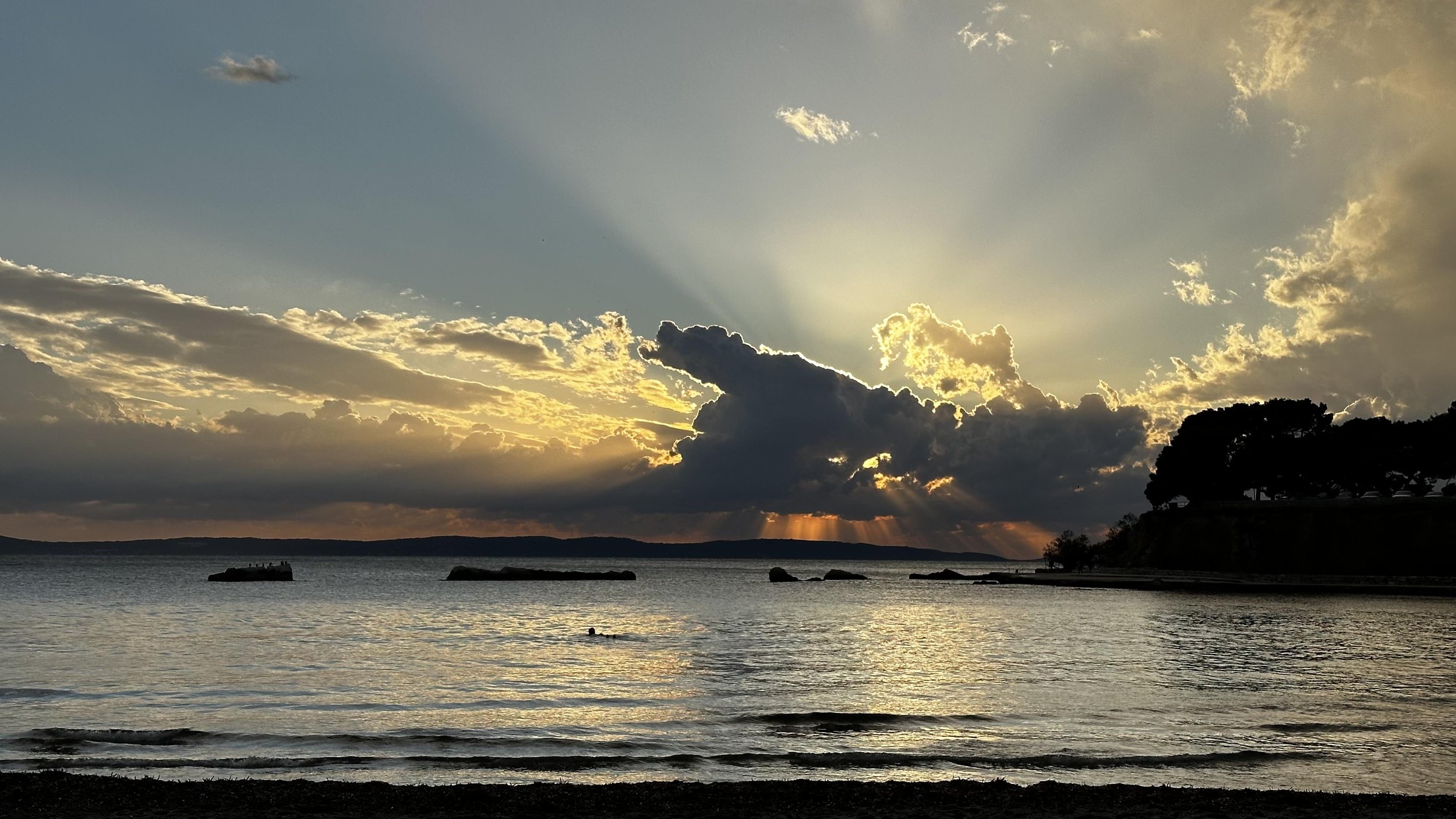
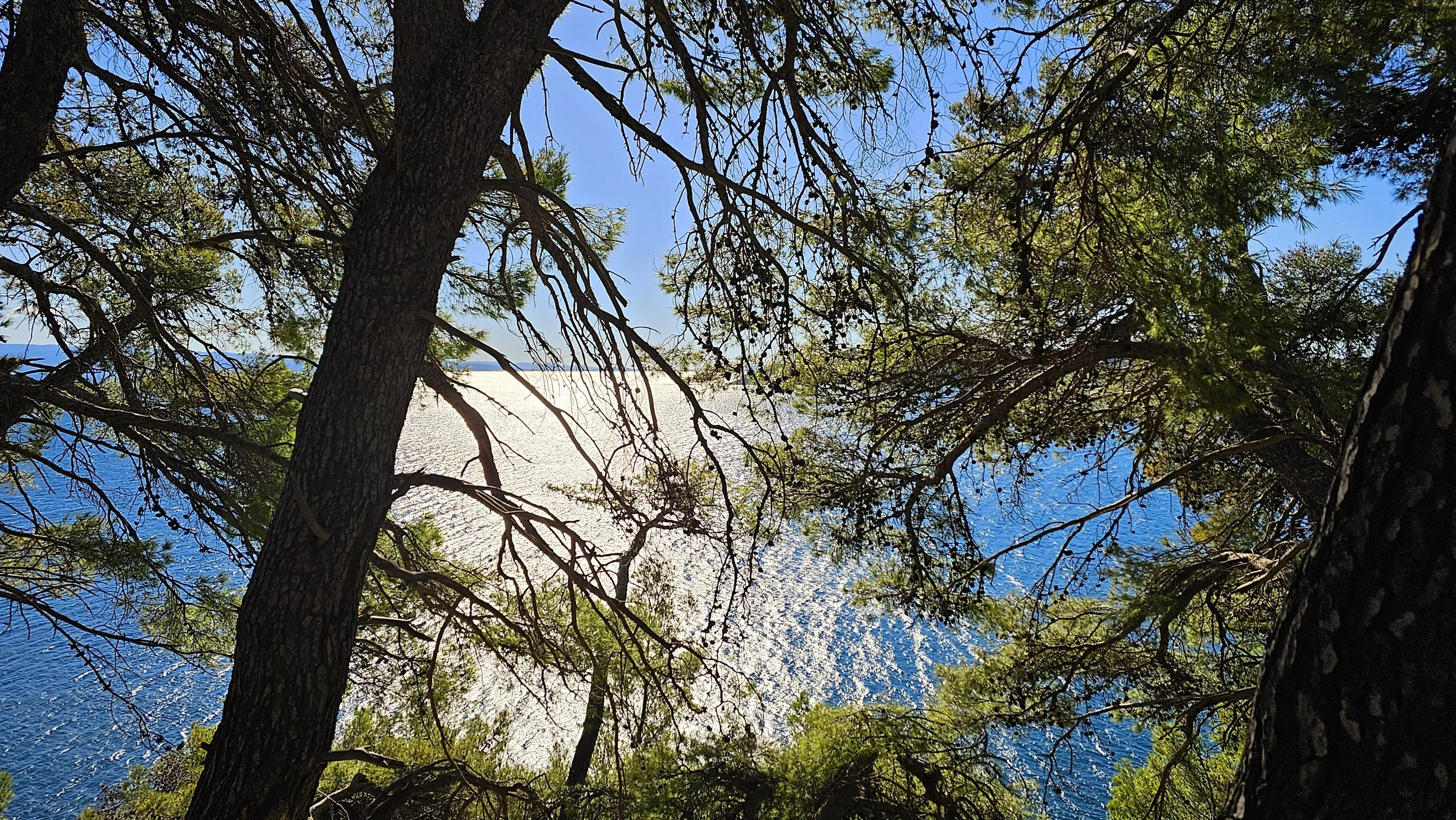


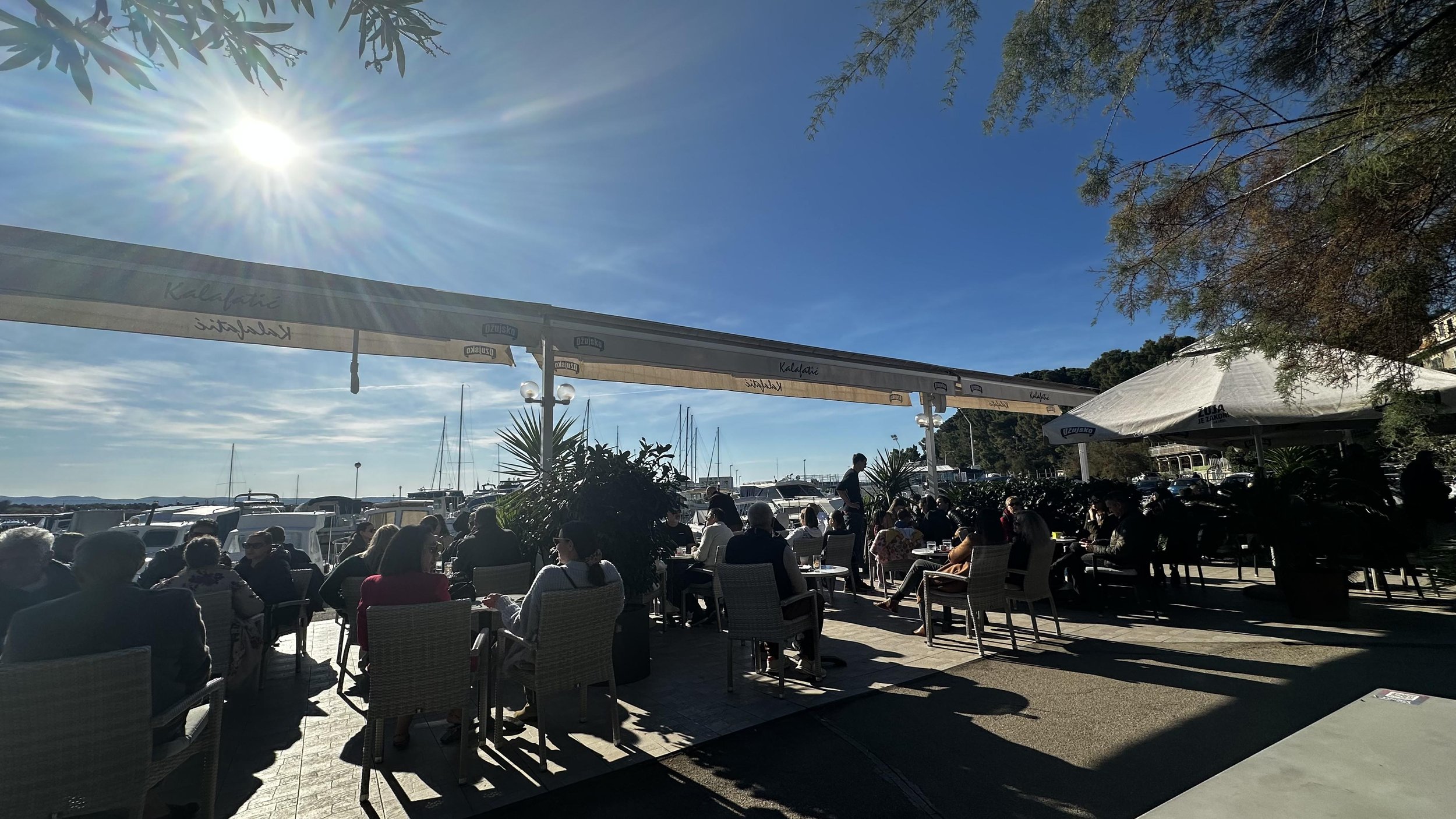

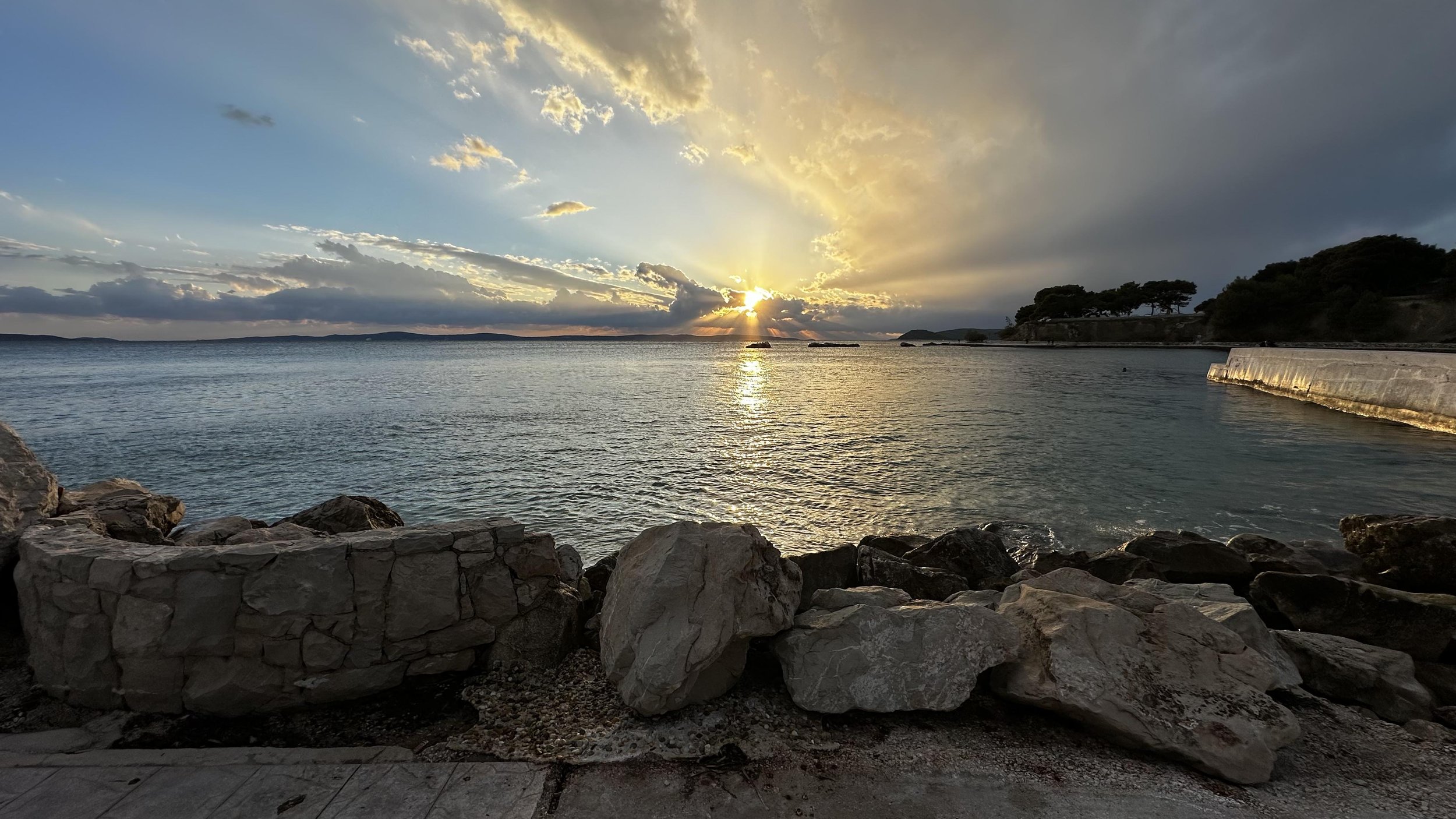
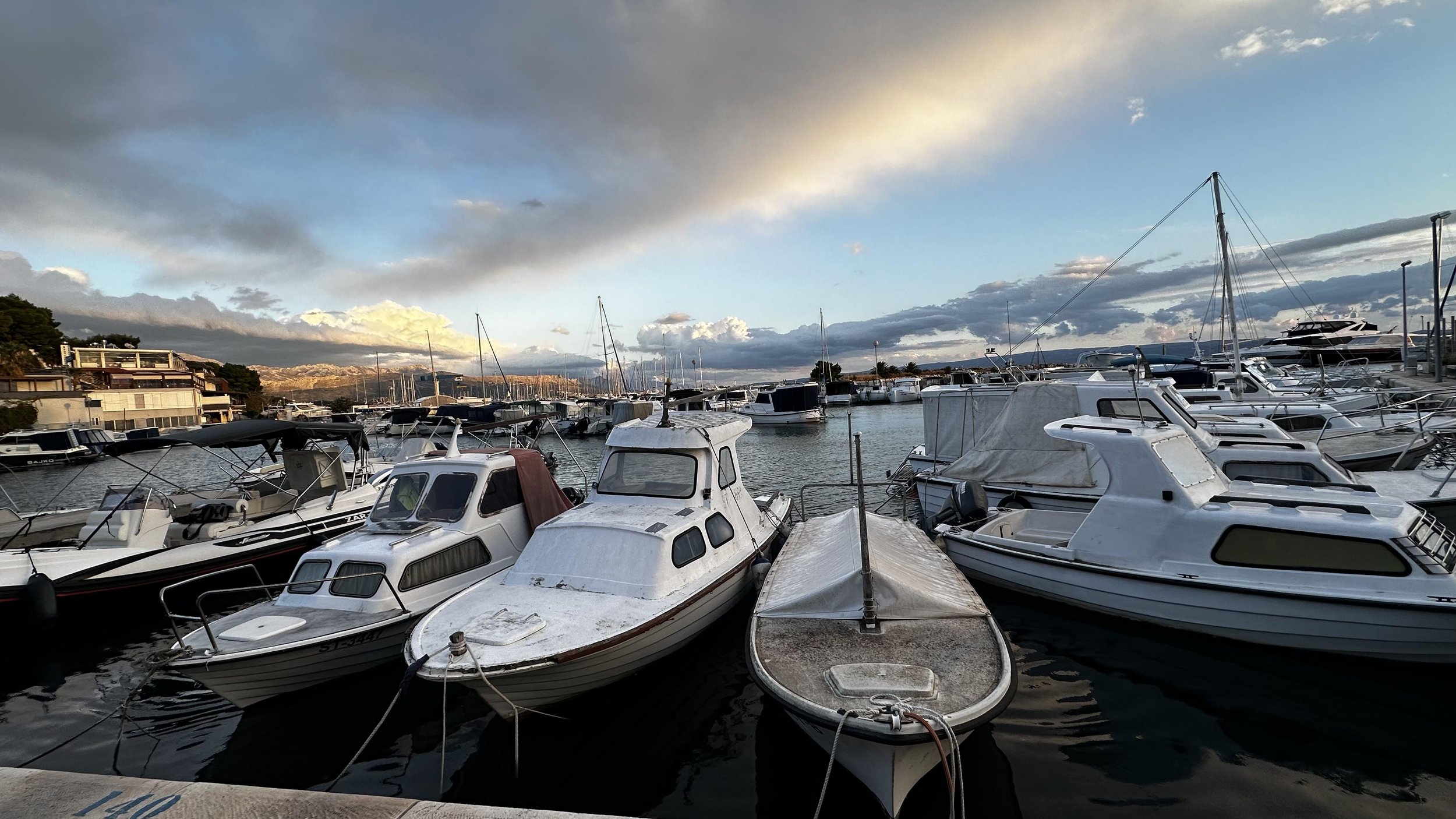
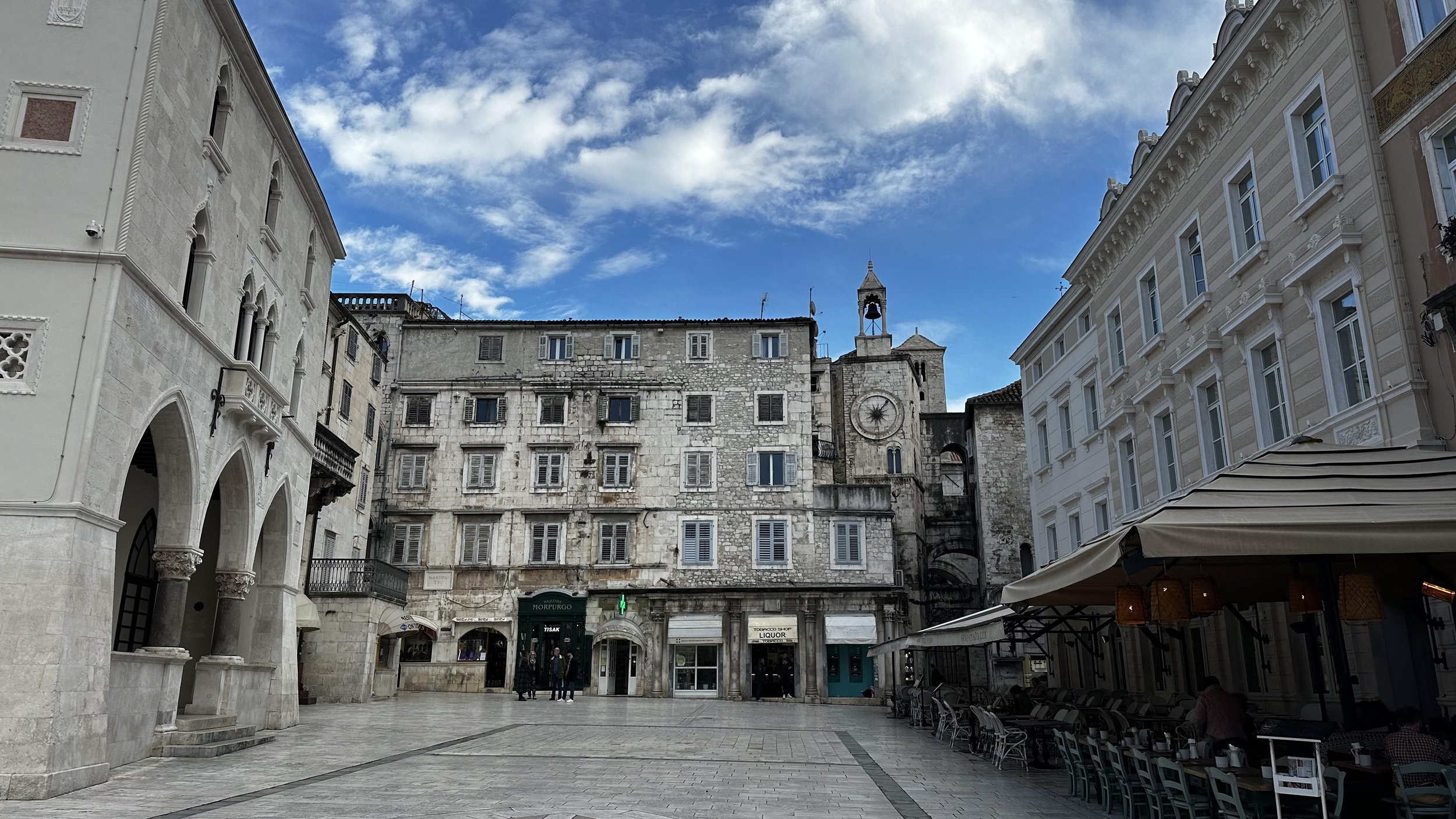
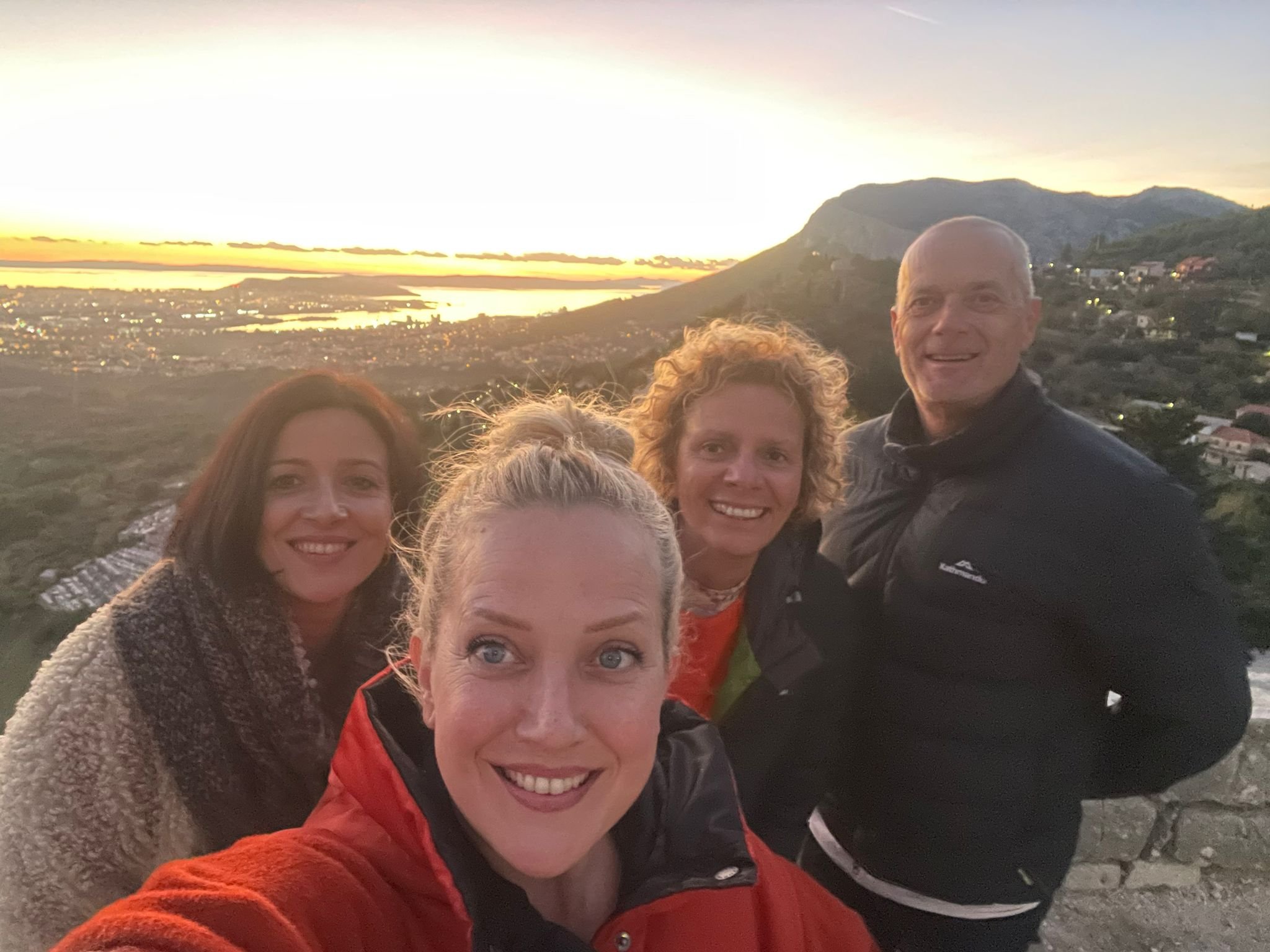


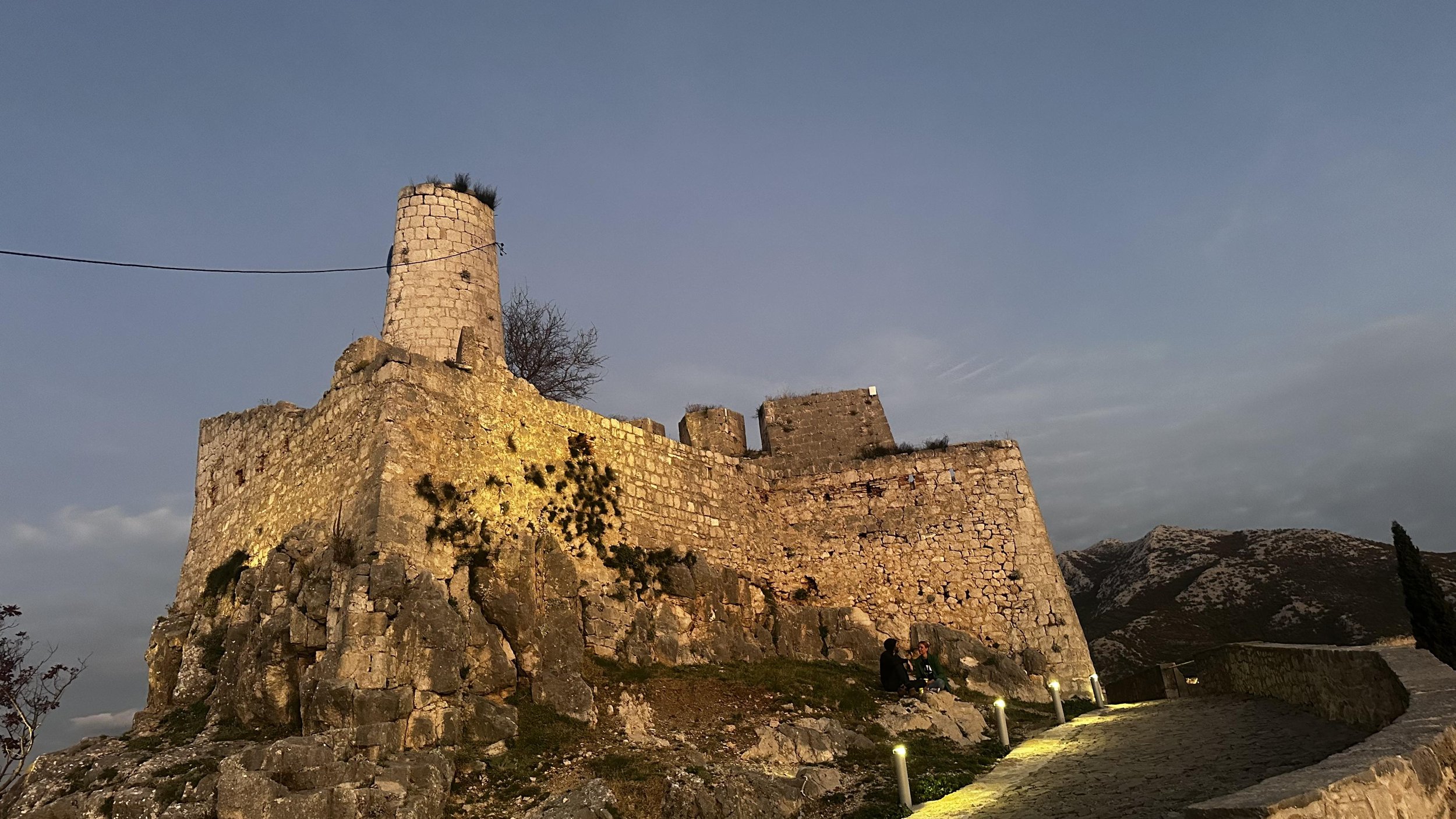

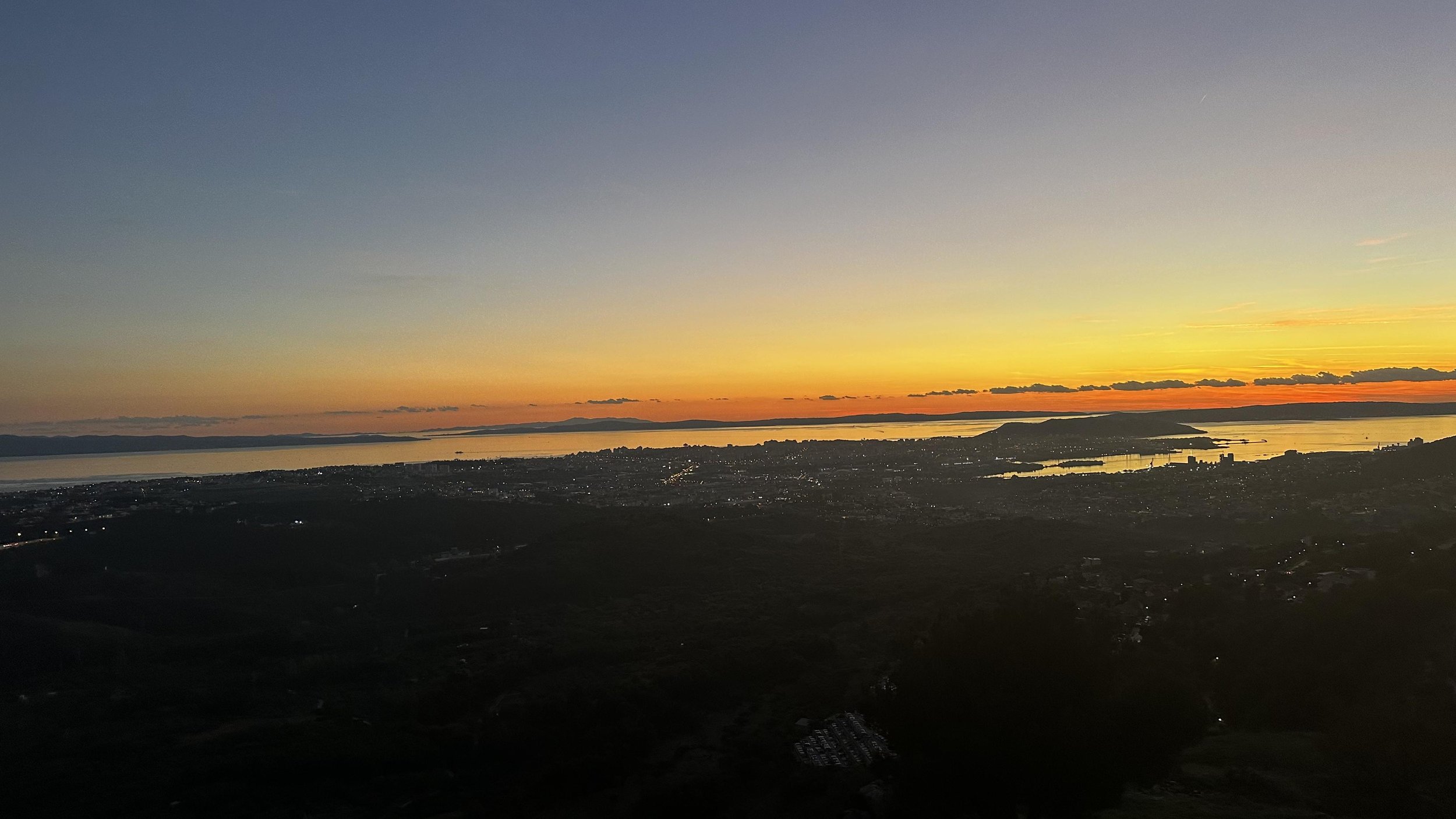
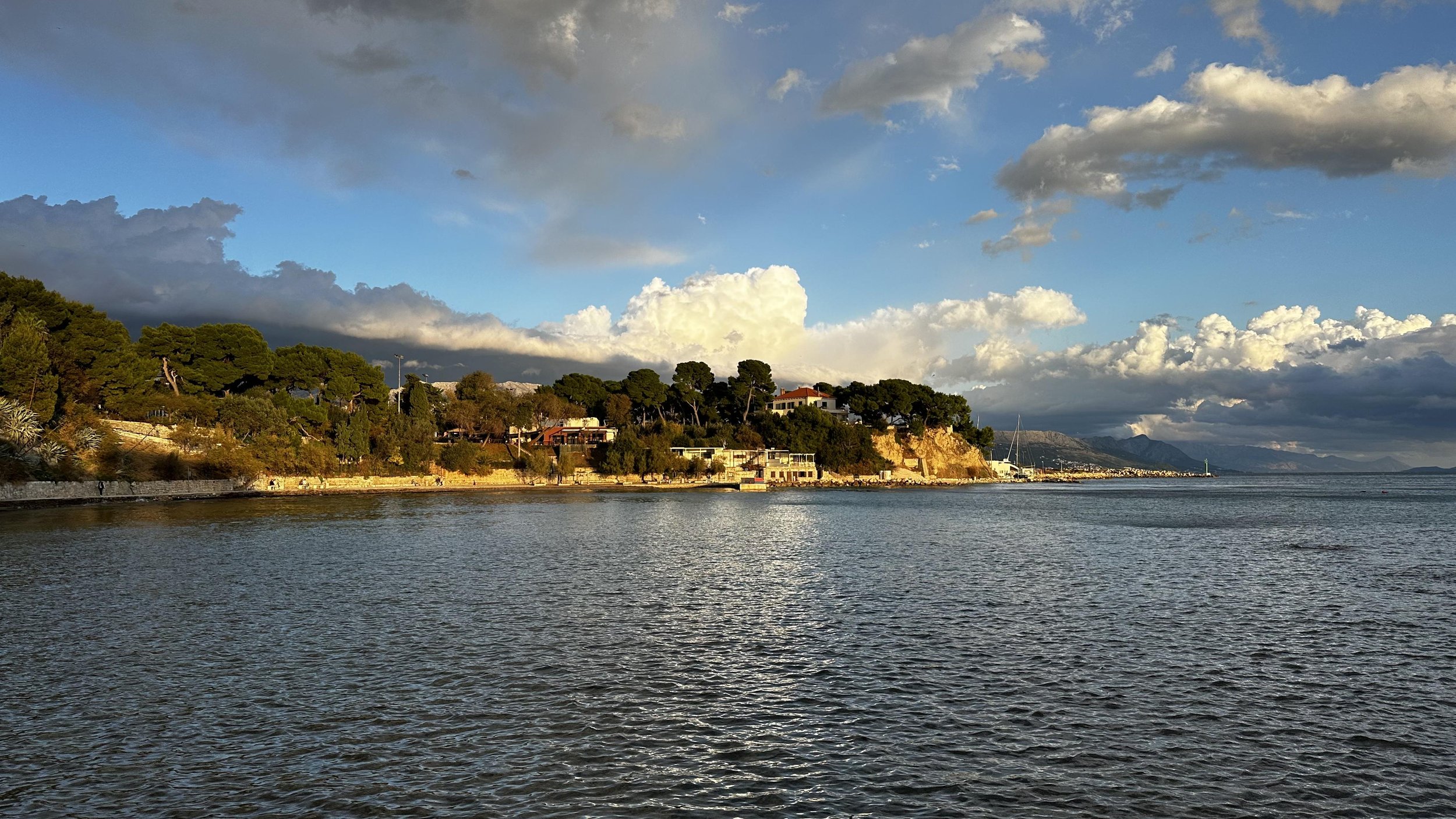
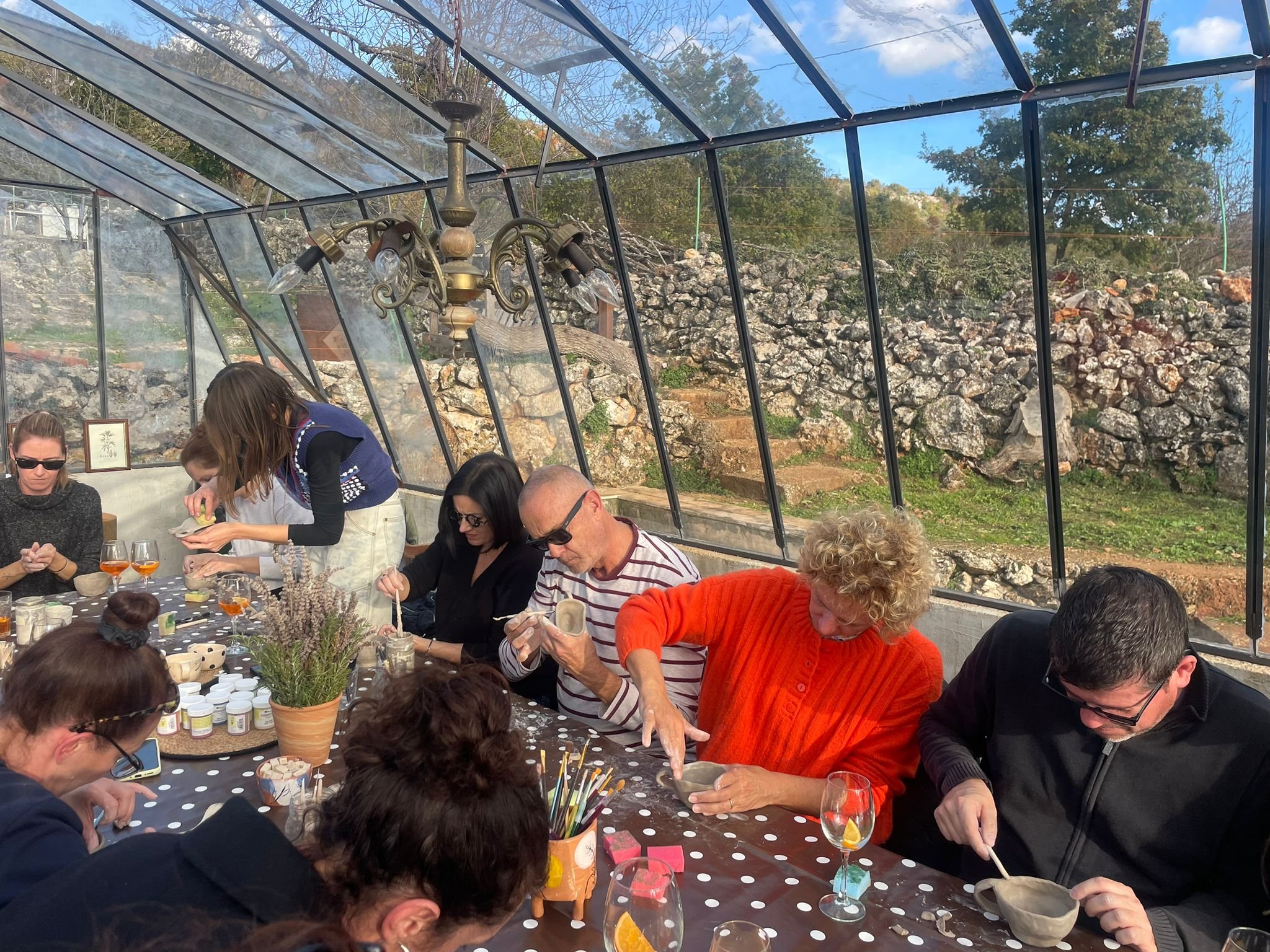
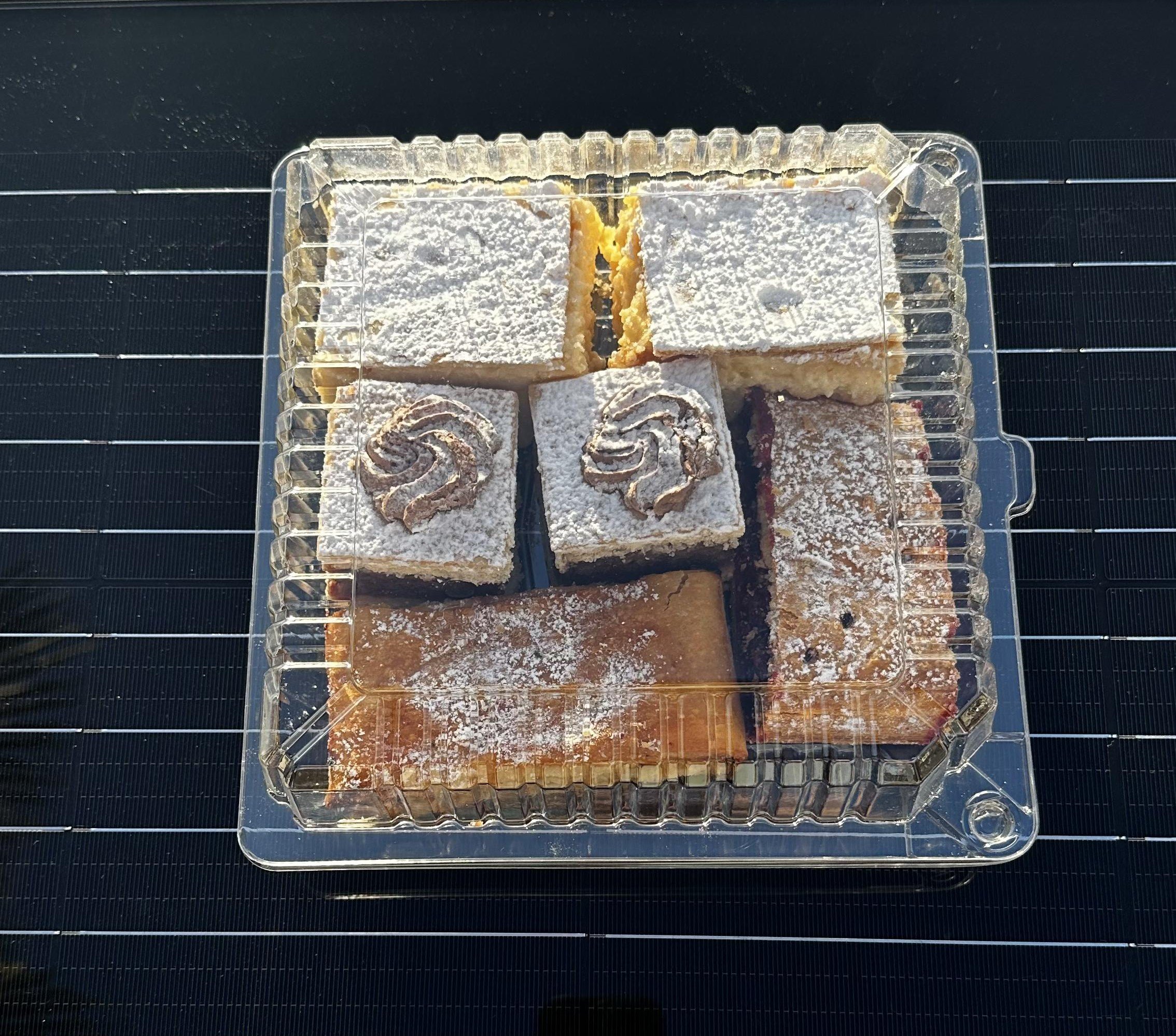
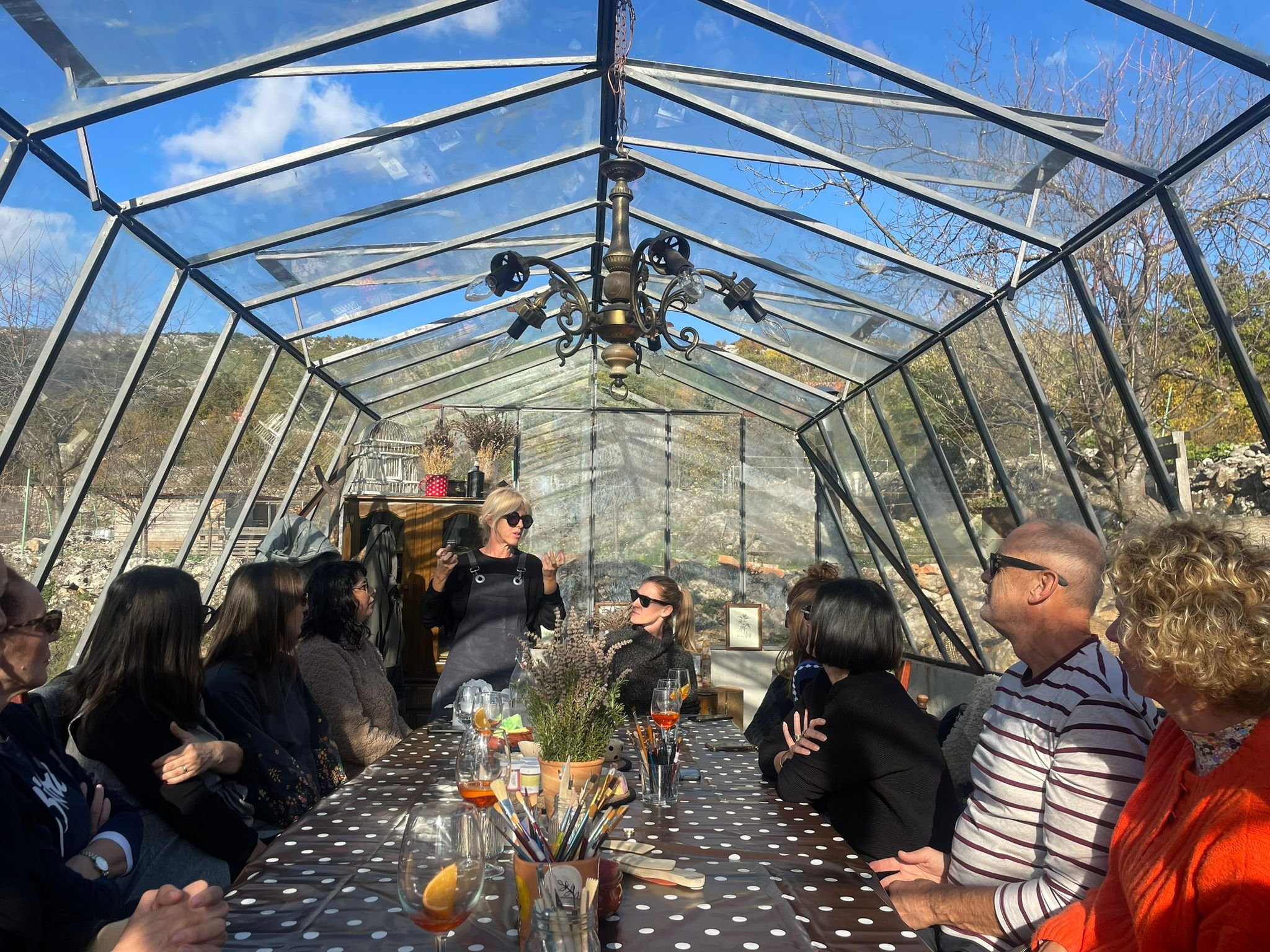
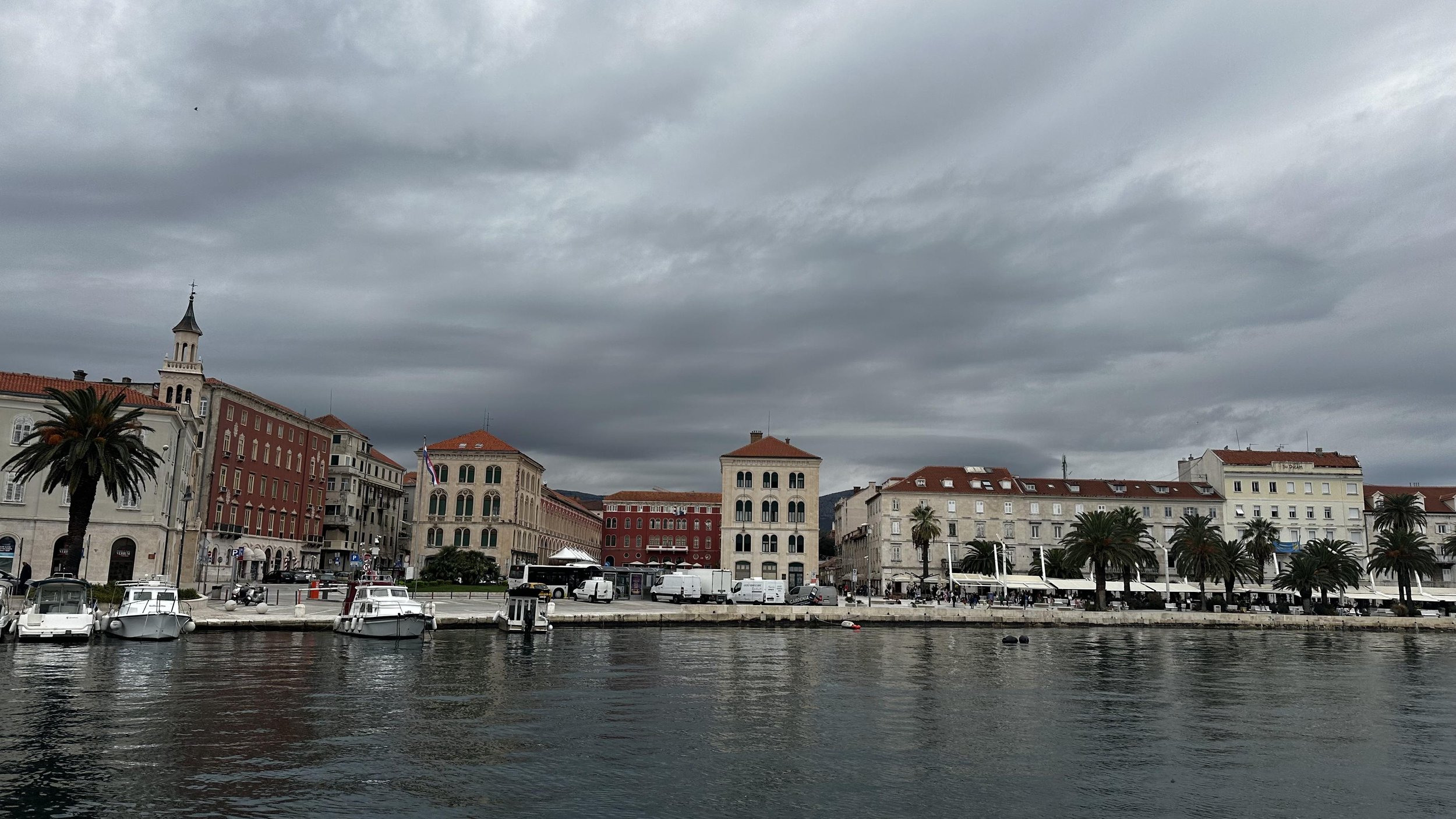
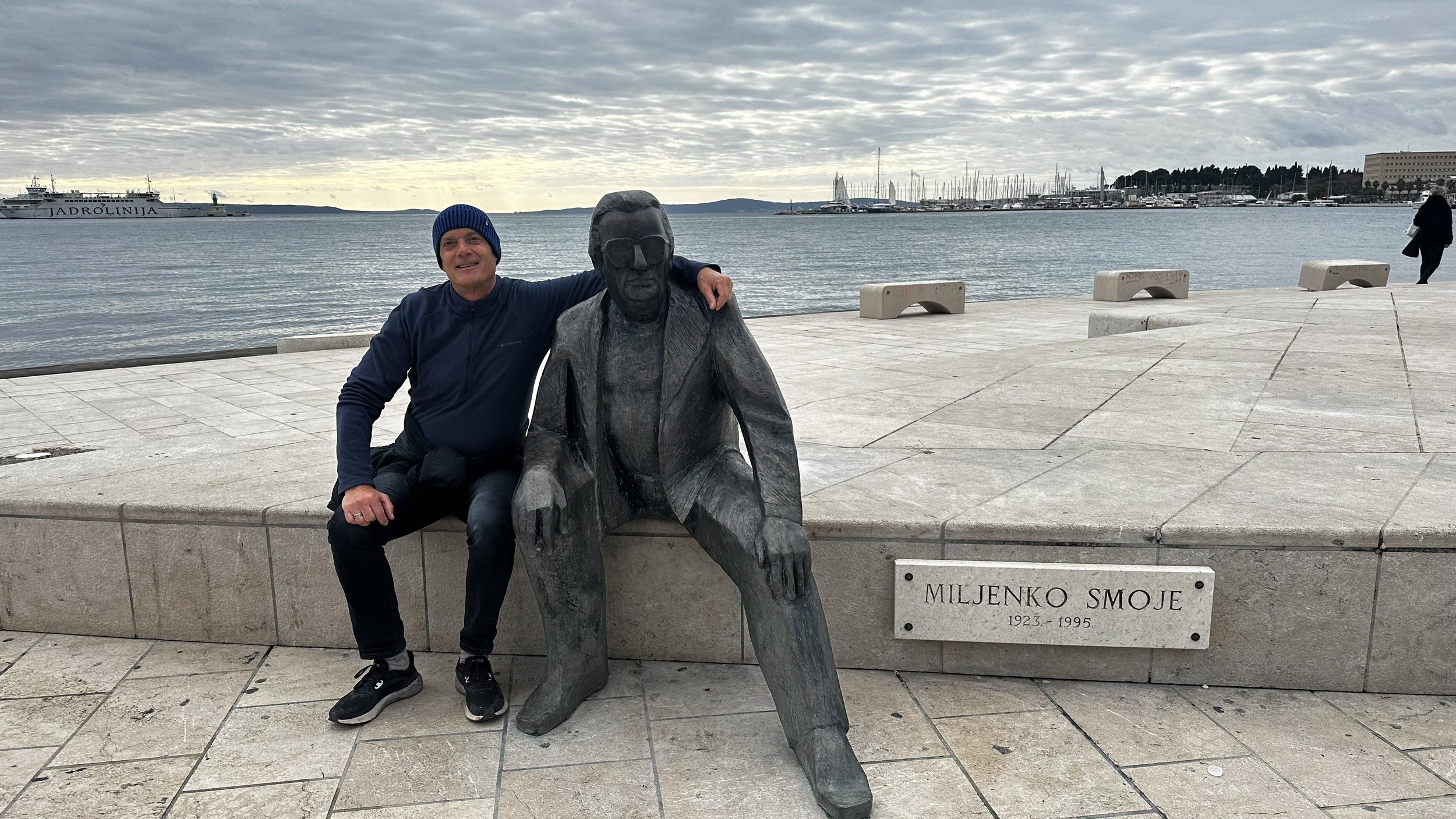

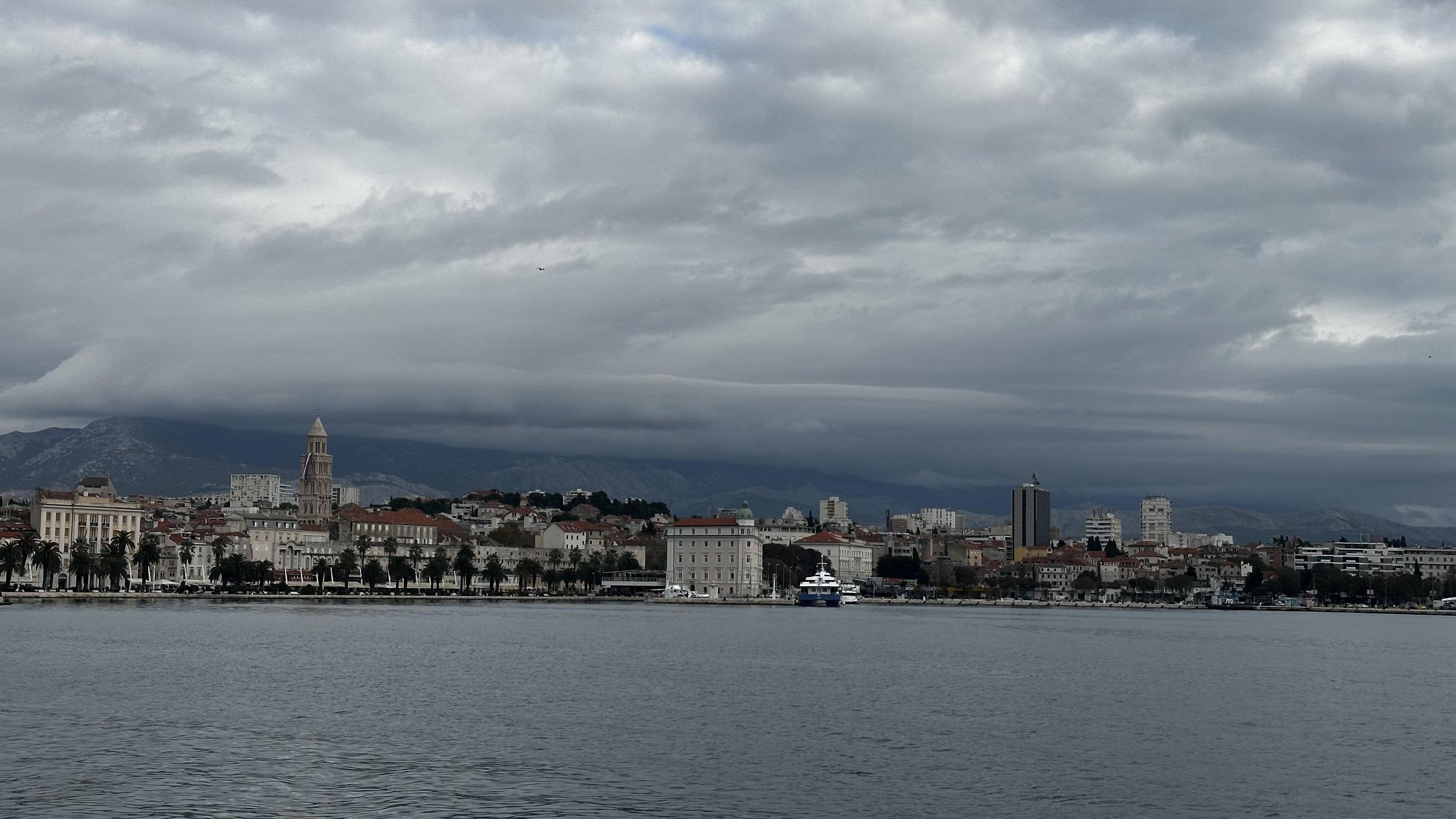

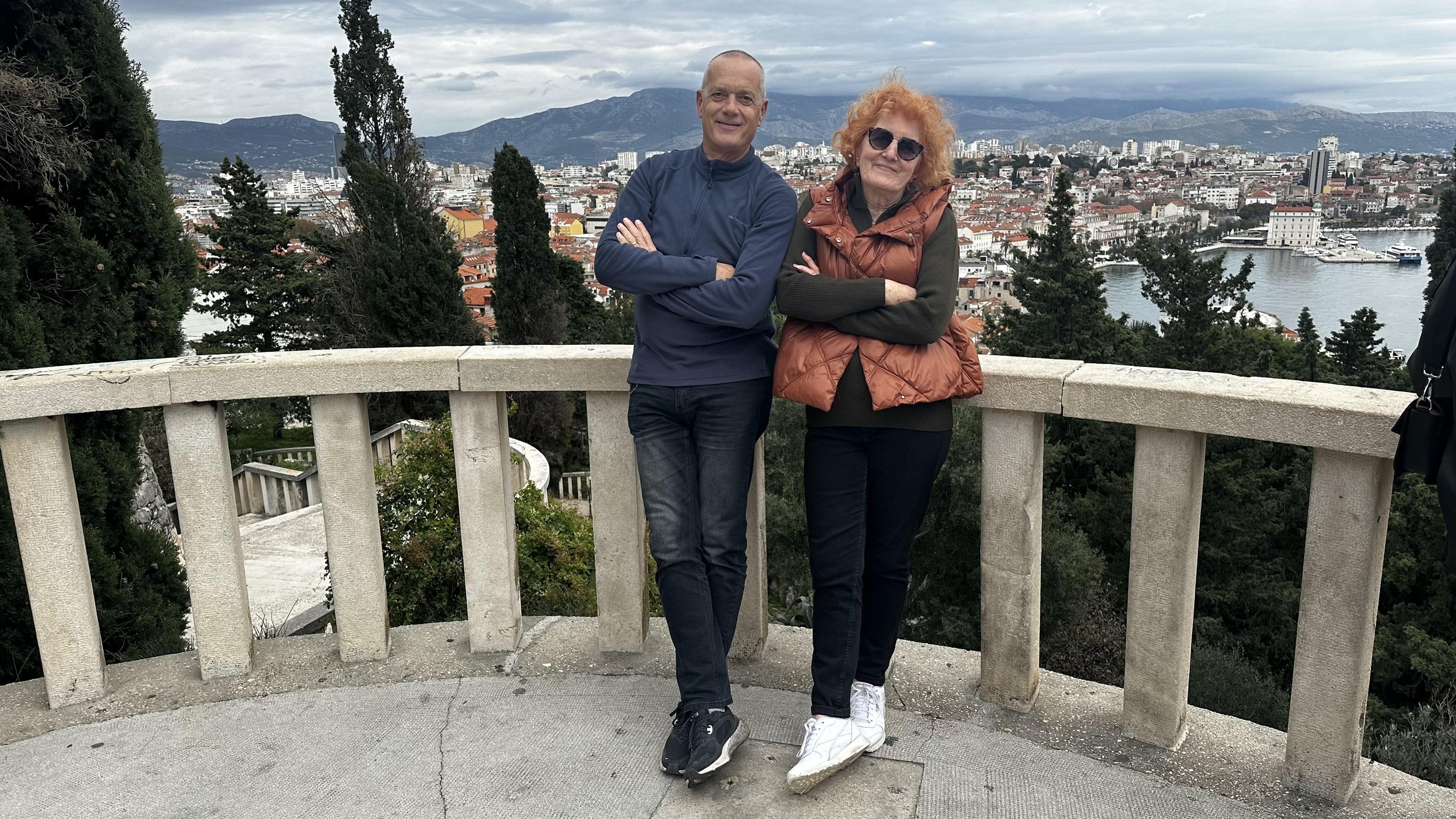
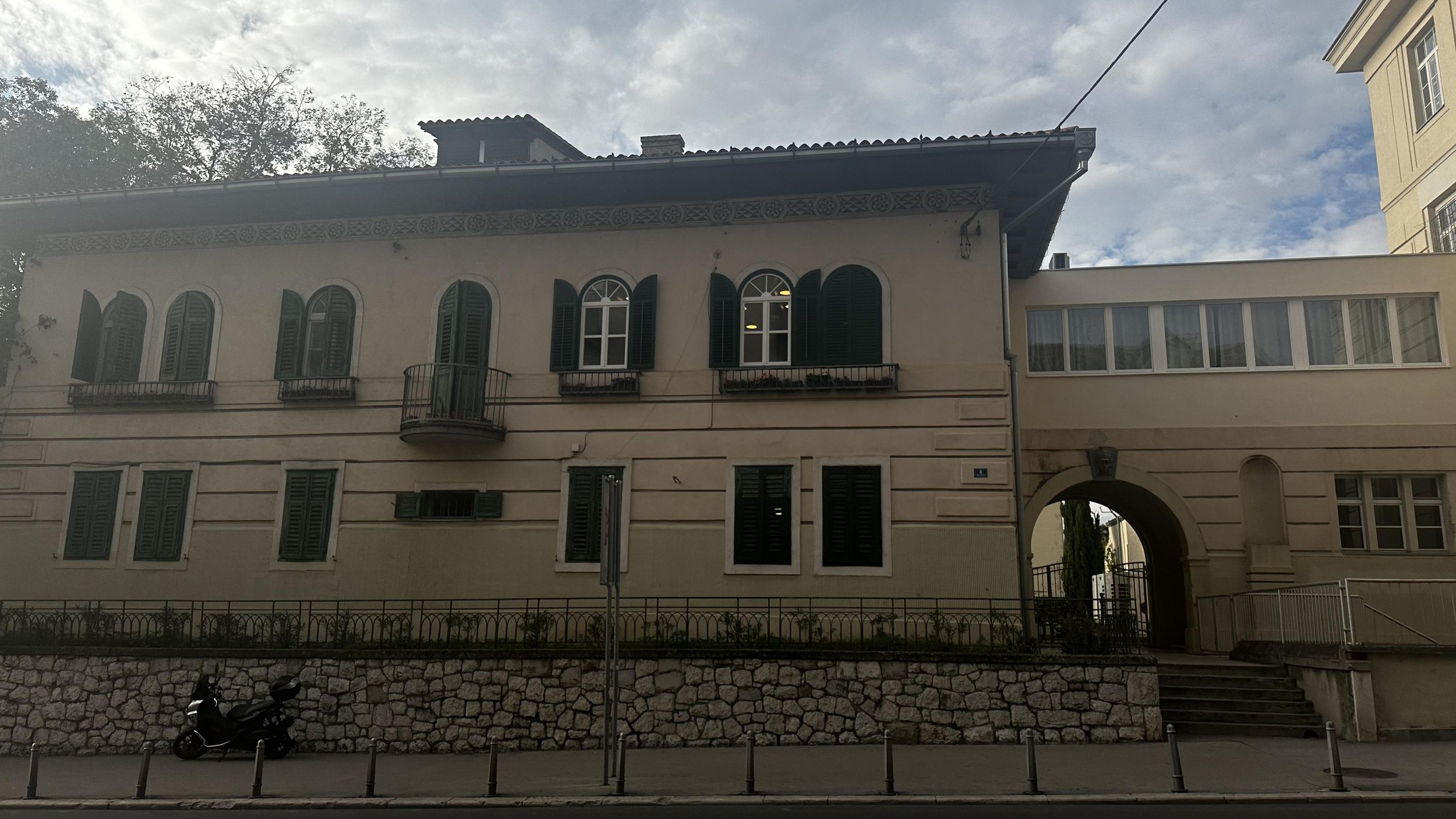
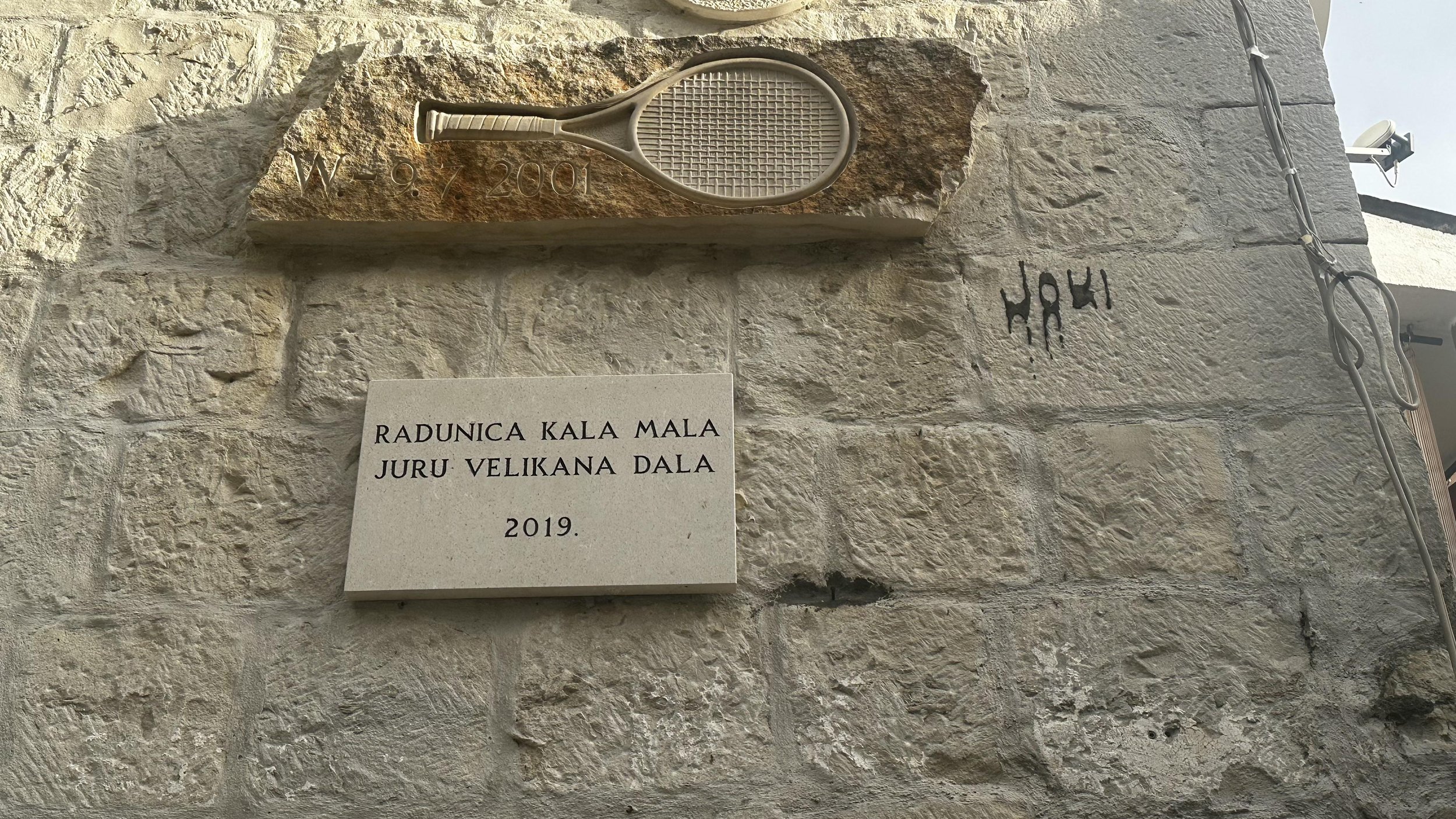
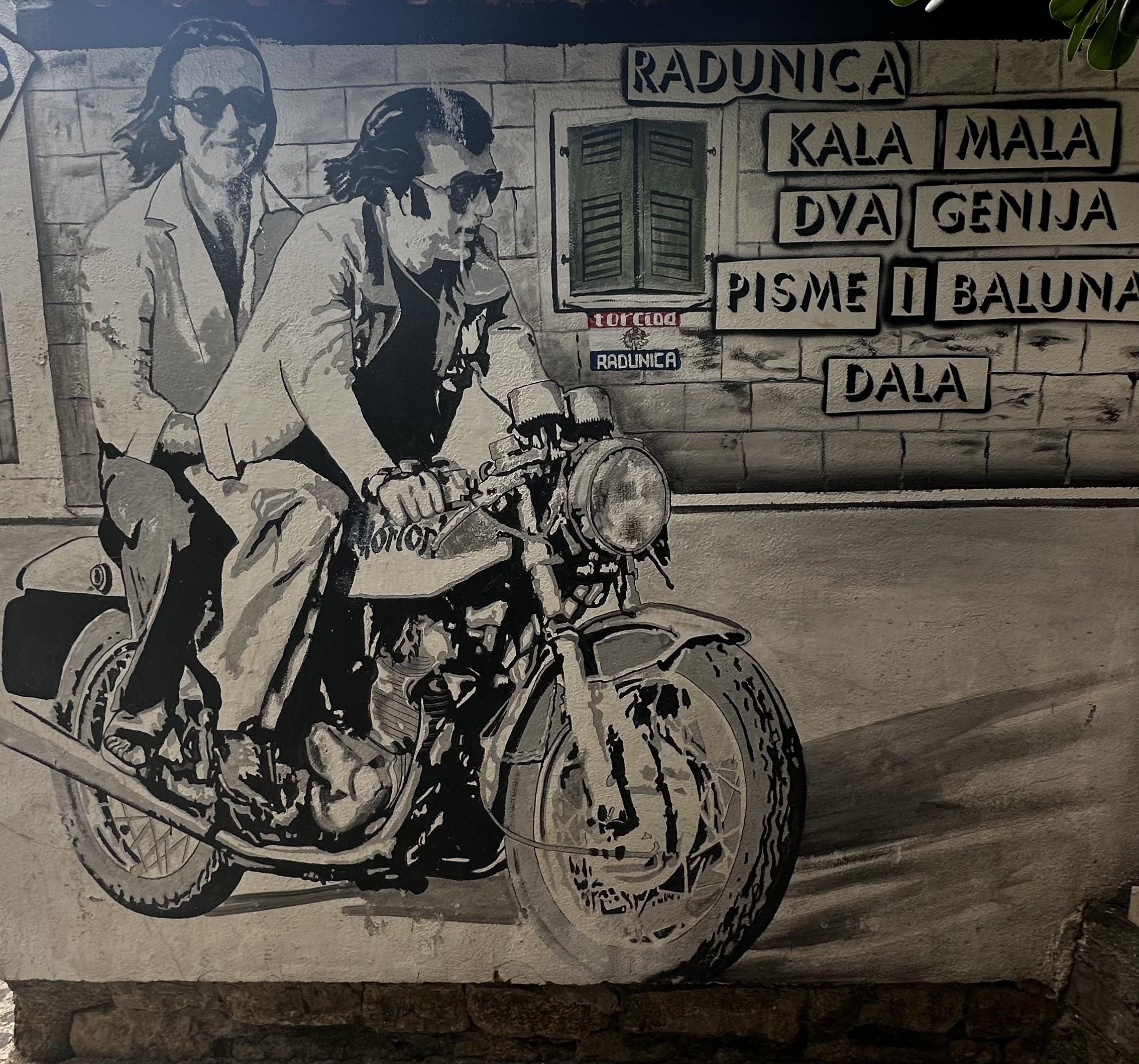


Budapest - The city of two
I have written about the proximity of Europe being the one thing I miss the most having lived in NZ. We have maximised the opportunity to have a few spontaneous trips, and this time we drove to Budapest!
Oh oh oh welcome to Budapest 🤩
I have written about the proximity of Europe being the one thing I miss the most since we have been living in NZ. We have maximised the opportunity to have a few spontaneous trips, and this time we drove from Belgrade to Budapest!
Oh oh oh Budapest is so beautiful. It is a magical place. I can hear you saying - come on Drazenka everywhere you went you told us it was beautiful. Well that’s true, but Budapest is the next level. It’s about the architecture this time.
We stayed a few days to explore every corner of Buda and Pest, I never knew they were two cities connected by a bridge! This is why I love to travel, you learn so much.
I know our history is complex, conflicting and often hard to understand. Well, Hungarian history is no better. Here comes a short snapshot:
Hungary is a Central European nation, that boasts a rich history dating back to the Magyar tribes' arrival in the 9th century. Crowned with its first king, Stephen I, in 1000 AD, Hungary became a kingdom. Over centuries, it faced Mongol invasions, Ottoman rule, and Habsburg dominance. The 1848 Revolution sought independence, but it was crushed. Post-WWI, the Treaty of Trianon (1920) reduced Hungary's size. WWII brought German occupation, followed by Soviet influence during the Cold War. The 1956 Hungarian Uprising against Soviet control and the eventual fall of communism in 1989 marked significant moments in its modern history.
Budapest beauty is magical, and its based on the best blend of what Vienna, Paris and Berlin have to offer, combined!
Straddling the Danube River, the city was officially united in 1873, combining Buda and Pest. Buda's historic Castle Hill offers panoramic views, while Pest is a bustling urban center. The iconic Chain Bridge links the two sides, it was so cool to walk over the bridge in day time and then see it lit up from the Danube river cruise at sunset. Oh, oh I have no words to describe the feeling…I caught myself crying…
Architectural marvels like the Parliament Building and Buda Castle showcase its grandeur. Buda Castle is under renovations, they are going to rebuilt it to resemble the original castle! I don’t know where they get the cash for such a massive undertaking, but I can tell you it’s a massive construction site today.
Parliament building, oh I have never ever seen a parliament building of this grandeur! I couldn’t stop taking photos, and it looks so different in daylight compared to nighttime. I like it better in nighttime, it’s magical, as if it was from another world. The story says that after a competition for the best parliamentary building design, decision was made to choose the design that would make the building better, bigger and more beautiful than anything Vienna ever had! The second and the third best designs were also accepted, one is the Agriculture Ministry and the other one is the Justice Ministry today, all three standing proud next to one another, looking so beautiful.
This rivalry between Vienna and Budapest obviously has its origin from the Austrian Hungarian times when Hungarian side was treated as a poor cousin.
Heroes' Square and the Fisherman's Bastion add to the city’s allure.
One more interesting fact about Budapest which is kind of spooky 👻.
You may remember my blog from Mali Lošinj where I told you a short story about the Villa Karolina where the Austrian Emperor Franz Joseph I spent time with his actress mistress while his wife Sissi accepted his infidelity as a fact of life.
Well, we stumbled across Sissi’s monument in the Elisabeth Square in Budapest, it was the starting point of our walking tour! And we learnt a lot more about Sissi.
It’s so fascinating how our trip had stories that connect without us planning it that way!
Elizabeth known as Sissi, was Empress of Austria and Queen of Hungary from her marriage to Emperor Franz Joseph I on 24 April 1854 at the age of 16, until her assassination in 1898.
She was loved by Hungarian people while Mr Joseph was not so popular. It was Sissi who developed a deep kinship with Hungary and helped to bring about the dual monarchy of Austria-Hungary in 1867.
We visited a monument that made my blood shiver, The Shoes on the Danube Bank. It is a memorial erected on 16 April 2005 to honour the Jews who were massacred by fascist Hungarian militia belonging to the Arrow Cross Party in Budapest during the Second World War. They were ordered to take off their shoes (shoes were valuable and could be stolen and resold by the militia after the massacre), and were shot at the edge of the water so that their bodies fell into the river and were carried away. The memorial represents their shoes left behind on the bank. I felt unwell, and couldn’t help myself but to reflect on the current situation in Gaza. Will we ever stop with this madness? It just keeps getting worse by each day, it is horrible what’s happening around us. One tragedy after the other 😢.
And finally a few interesting facts:
Hungarian language comes from Asia, it has no connection to Slavic or European languages. 10,000 artificial Hungarian words were made up in the 1800 to modernise the language.
Hungarian religion is 30% Roman Catholic, followed by Protestants, however less people declare themselves religious today than in the past.
Soviet Monument- we often hear about the clash of political regimes. The manifestation of that clash is represented with a Soviet monument and its location. One of the very few remaining Soviet monuments in Budapest occupies a prominent place in the middle of Freedom Square. The monument honours the soldiers of the Red Army, who died in 1944-1945 during the liberation of Budapest.
The monument is both an essential representation of the horrors of war, and a controversial subject for many Hungarians. On the one hand, it commemorates the fallen soldiers of the Soviet army, and on the other, it is a symbol of a regime, which sometimes disregarded human rights. Ironically, it is situated in the Freedom square in Budapest, right next to the American embassy. Particularly interesting was the reaction of American officials in the country to this situation. Instead of confronting the issue directly, they undertook other measures. In 2011 they built a statue of American president Ronald Reagan, famous for his hard line against communism, right nearby the monument. And a few years later the statue of the president George Bush. These works of art represent the clash of two political systems and their cultural differences, right in the center of Budapest.
The flag of Hungary has seen several changes over the centuries. The most significant change occurred in 1956, during the Hungarian Revolution, when protesters removed the communist coat of arms from the middle of the flag, leaving a hole which became a symbol of the revolution itself. The flag with a hole is always displayed on the Parliament building between 23/10 to 4/11 to keep the memory of the revolution against Soviets alive.
The Danube, Europe's second-longest river, flows through ten countries, originating in the Black Forest and emptying into the Black Sea. It spans 2,850 km, touching landscapes diverse in culture and history. The river has played a crucial role in trade, transportation, and folklore, contributing to the region's rich heritage. So far we’ve seen its beauty and its abundance by visiting Ðerdap, Belgrade and Budapest two capital cities starting with a letter B. There are two more, guess what they are? Or wait for future blogs as we continue to travel alongside Danube into the winter months.
So, here you go, after a great time in Belgrade, a spontaneous trip to Budapest we are ready to go to the next destination.
Where to?
Hm hm hm, something is planned, the rest will be about the beauty of Europe proximity.
Stay tuned 🎵
BUDAPEST Photo Album
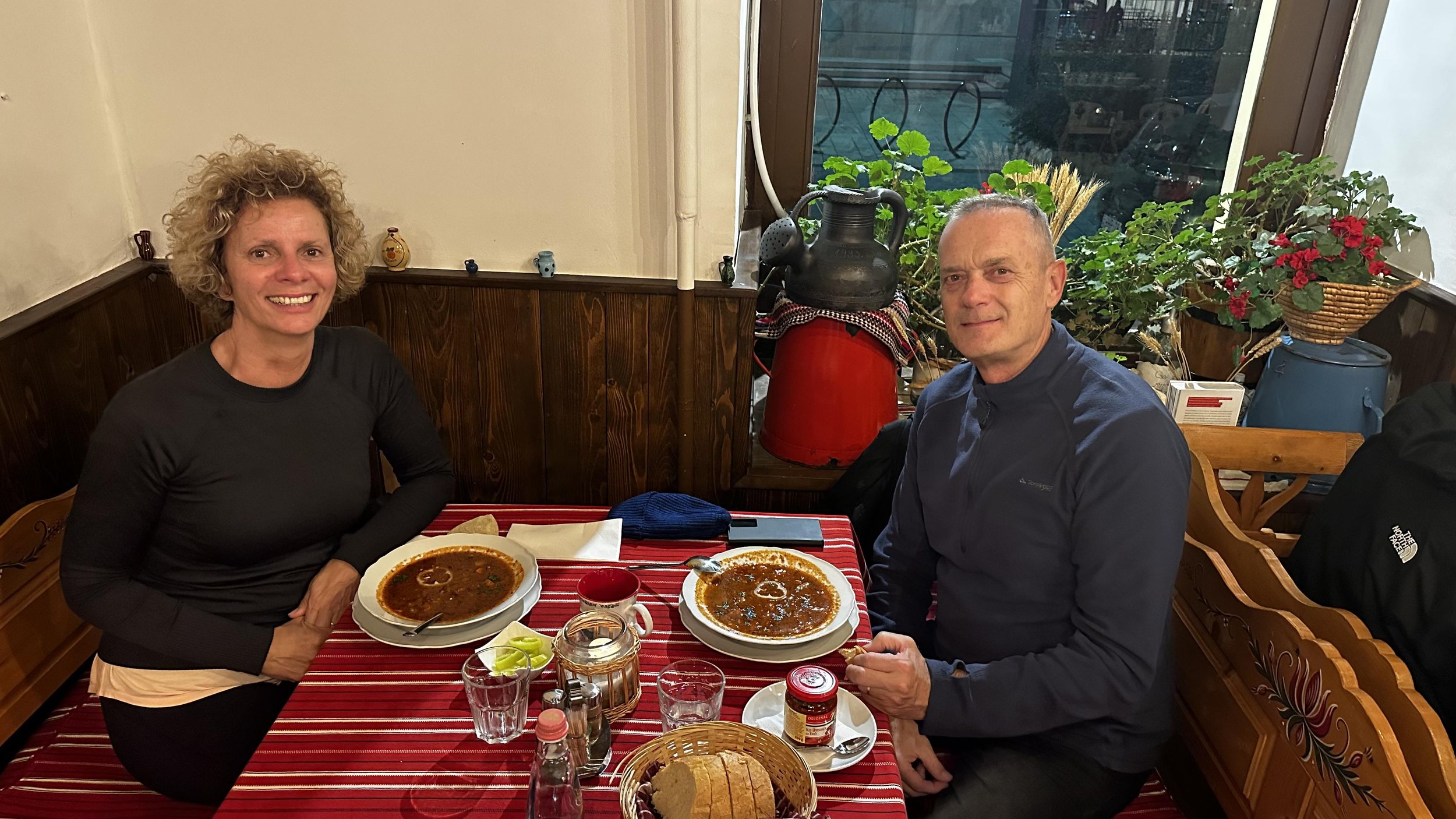
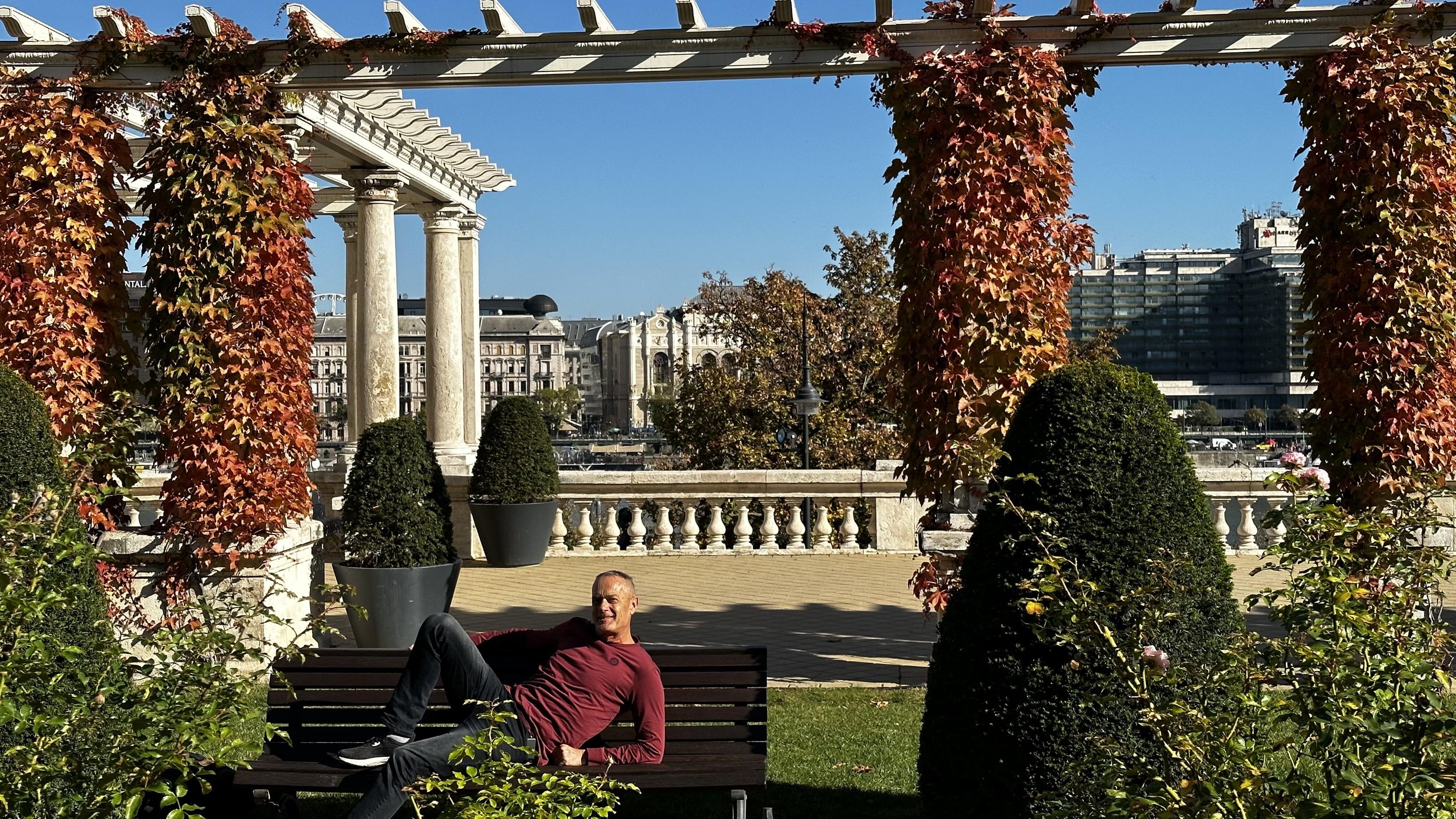



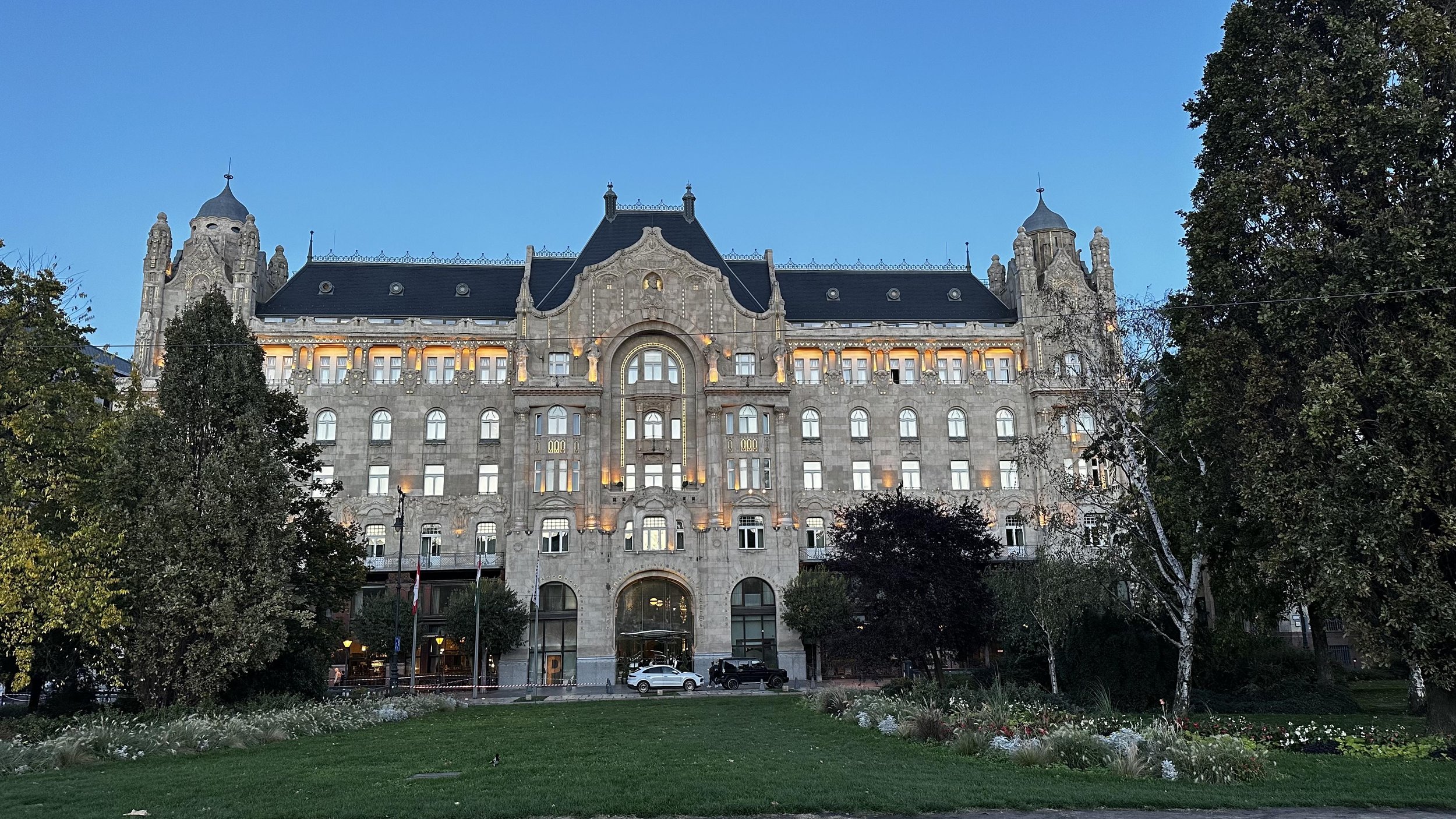
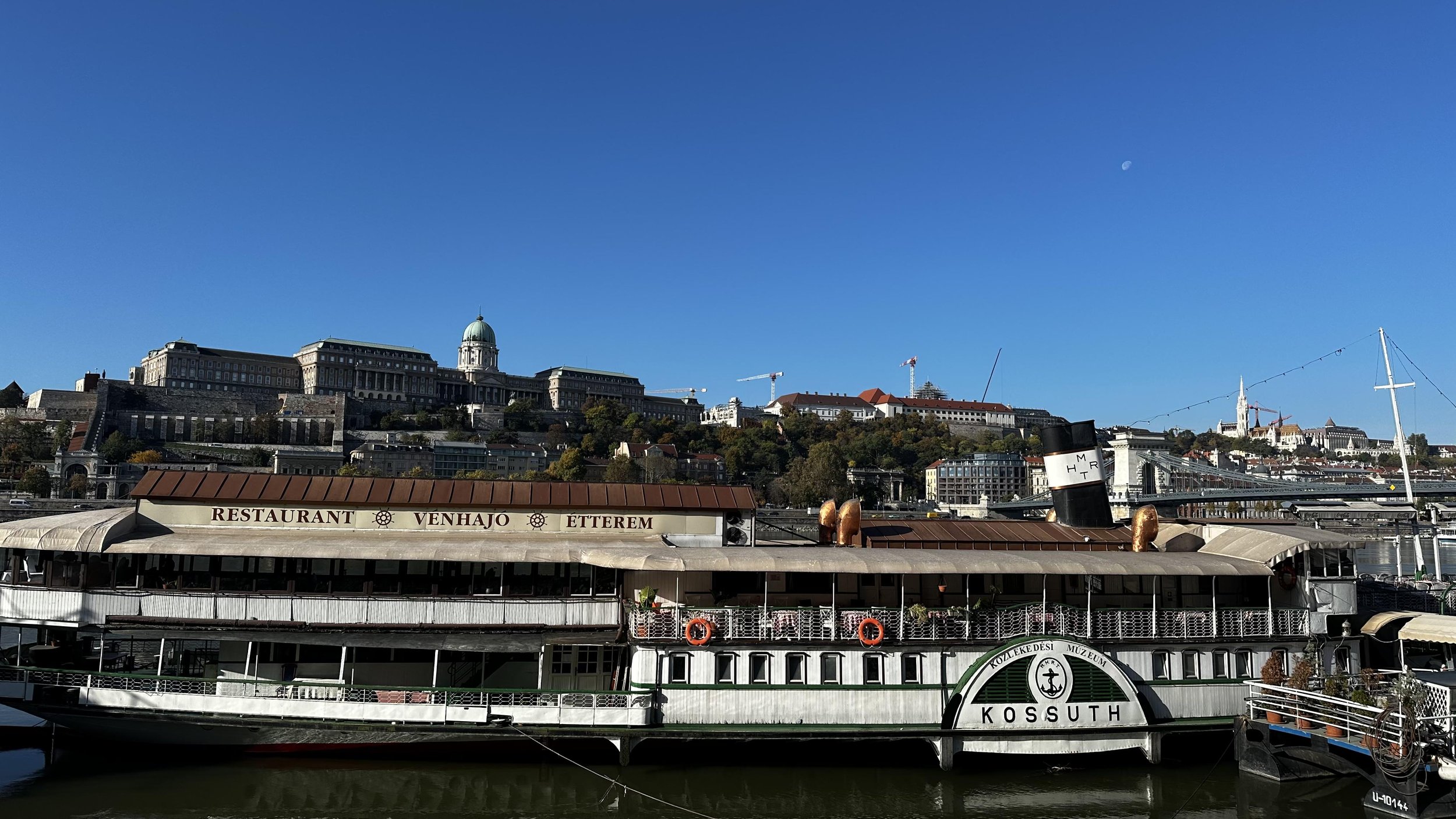
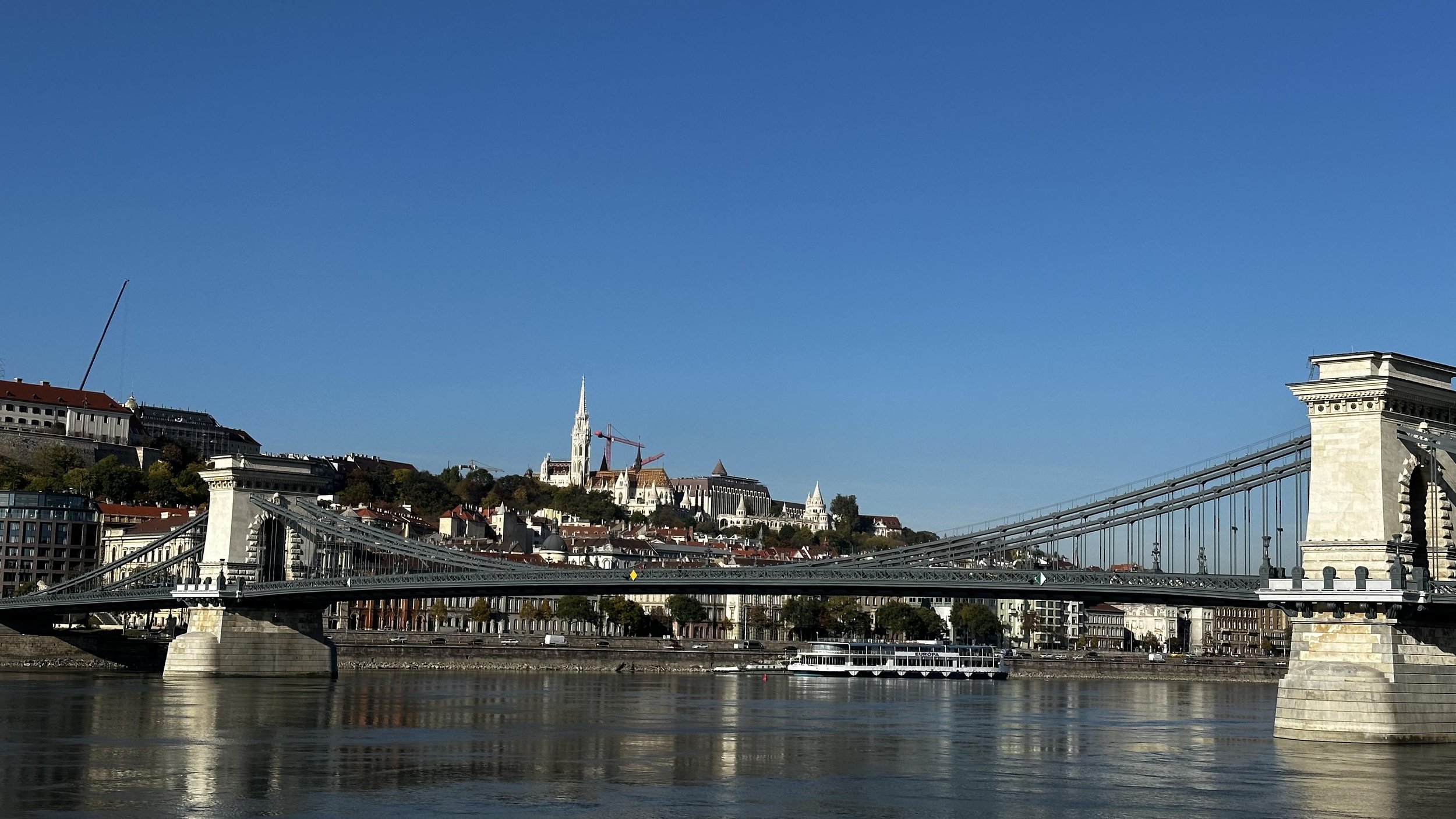
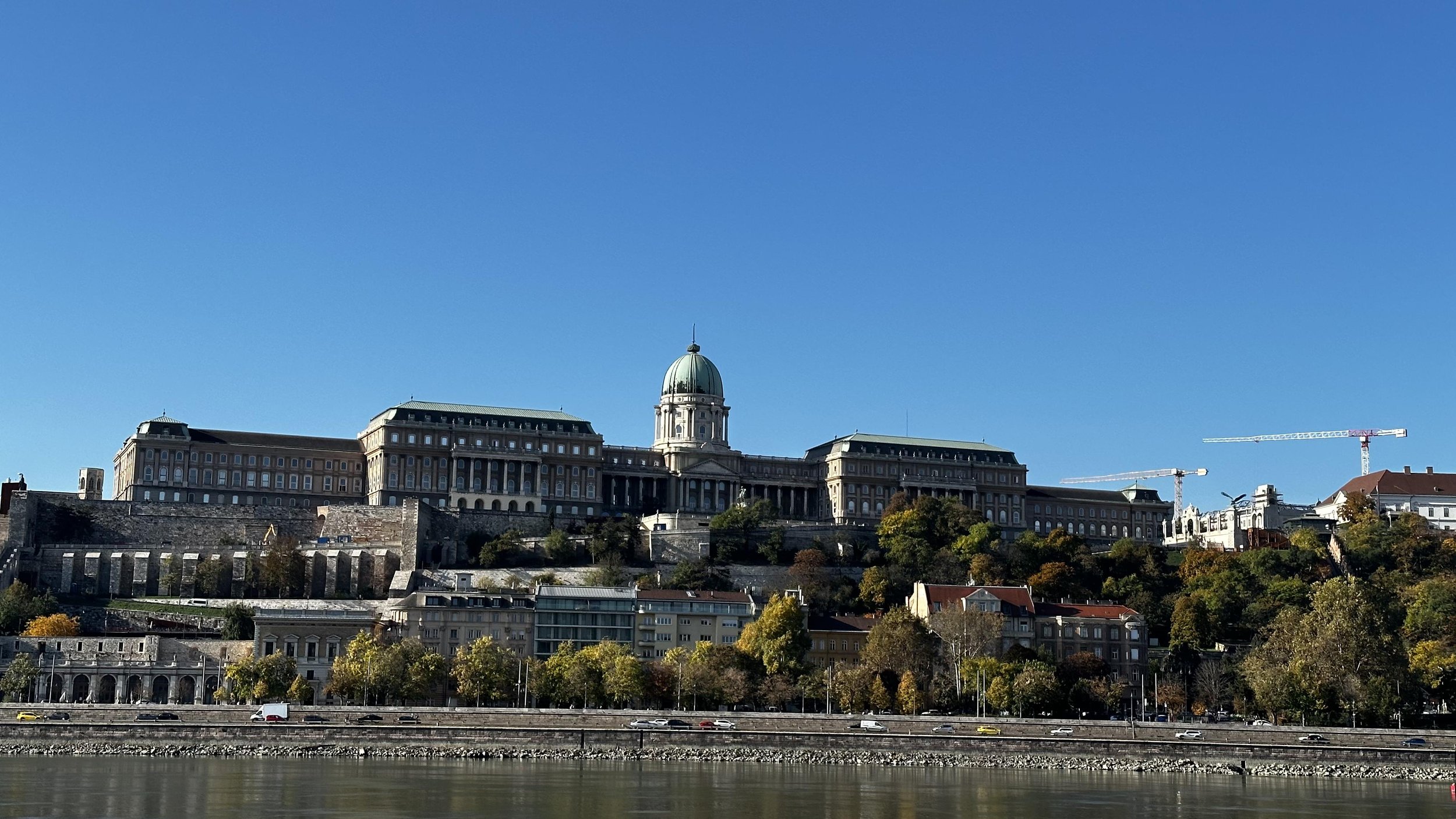
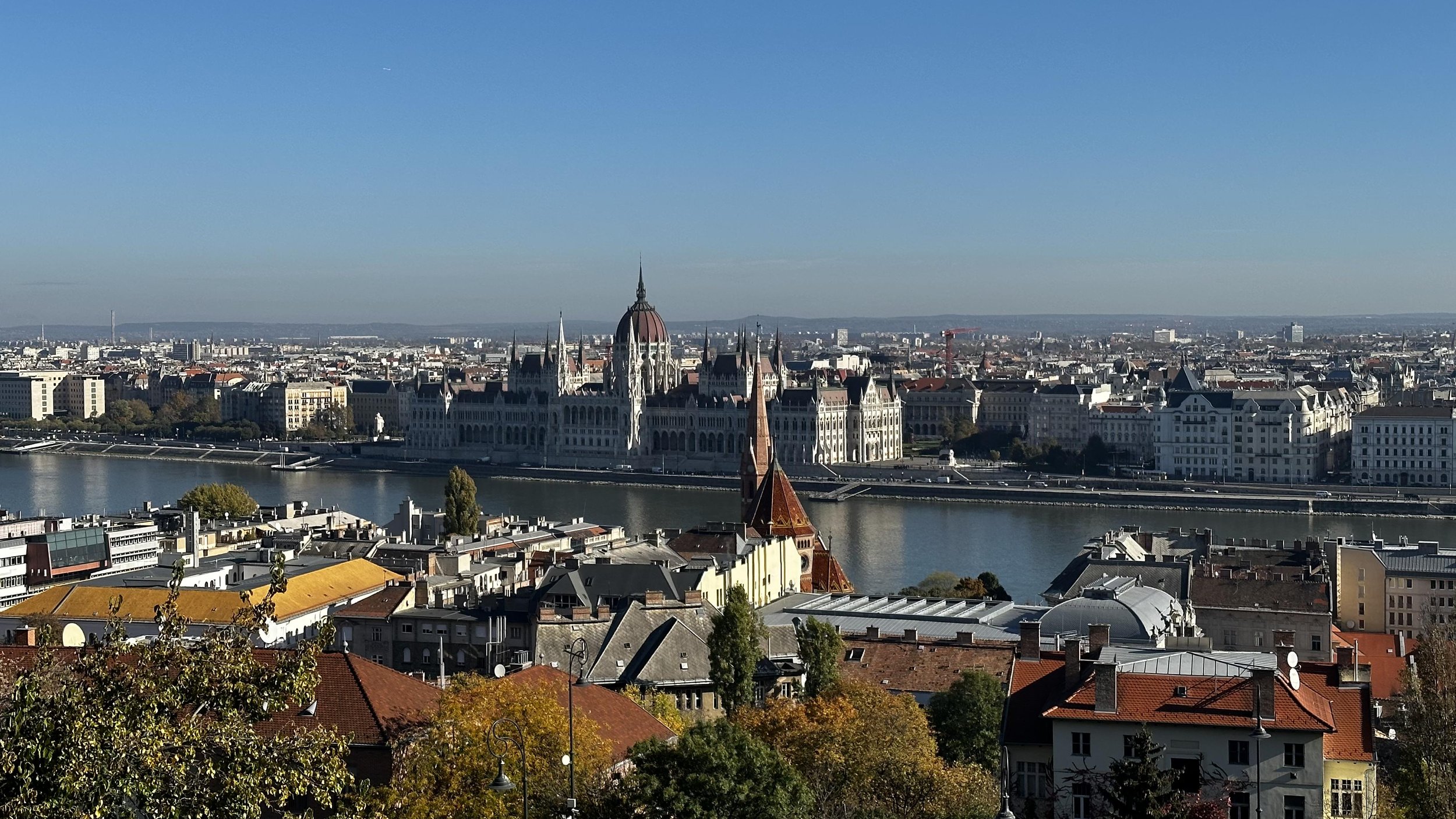
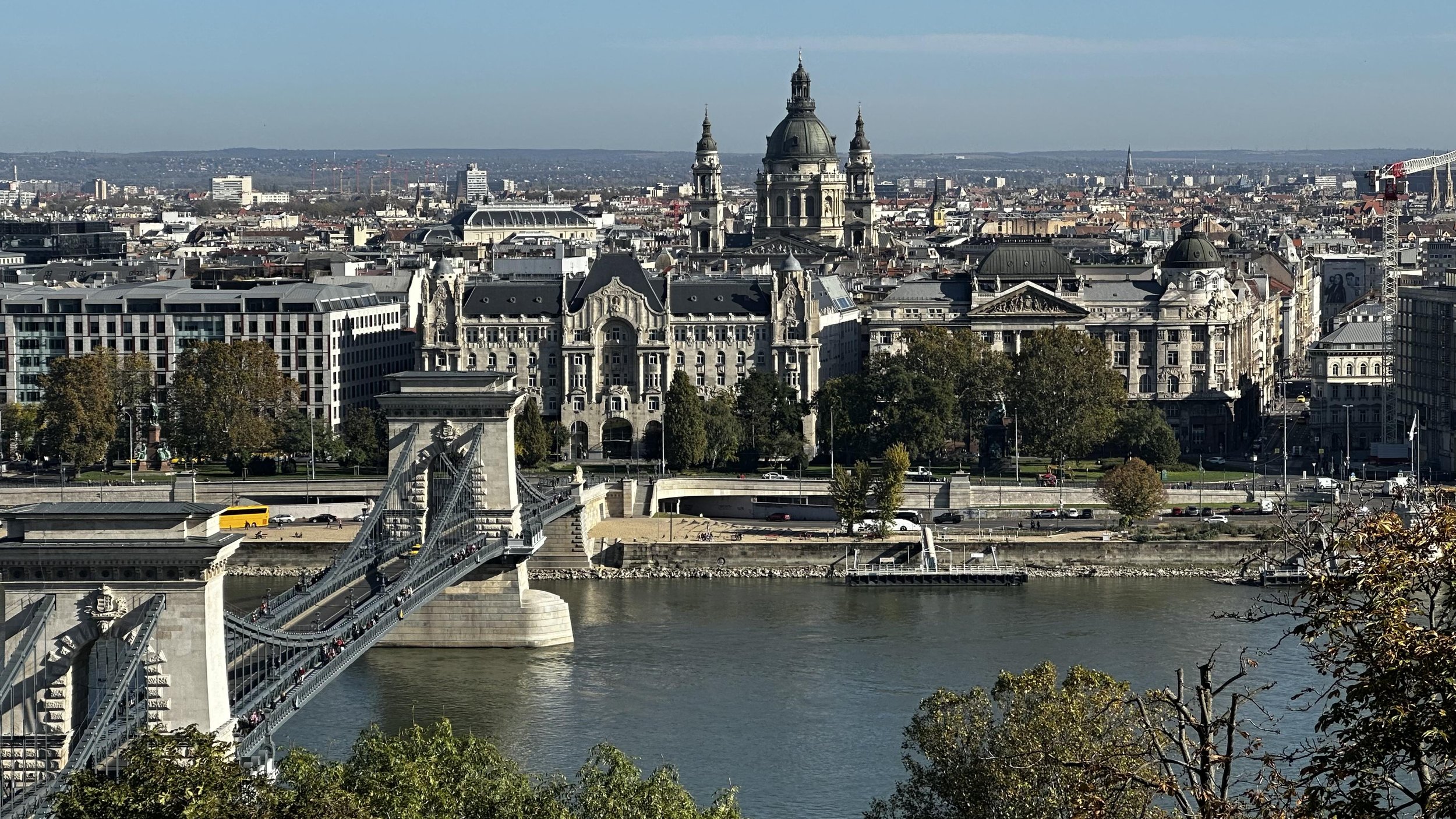
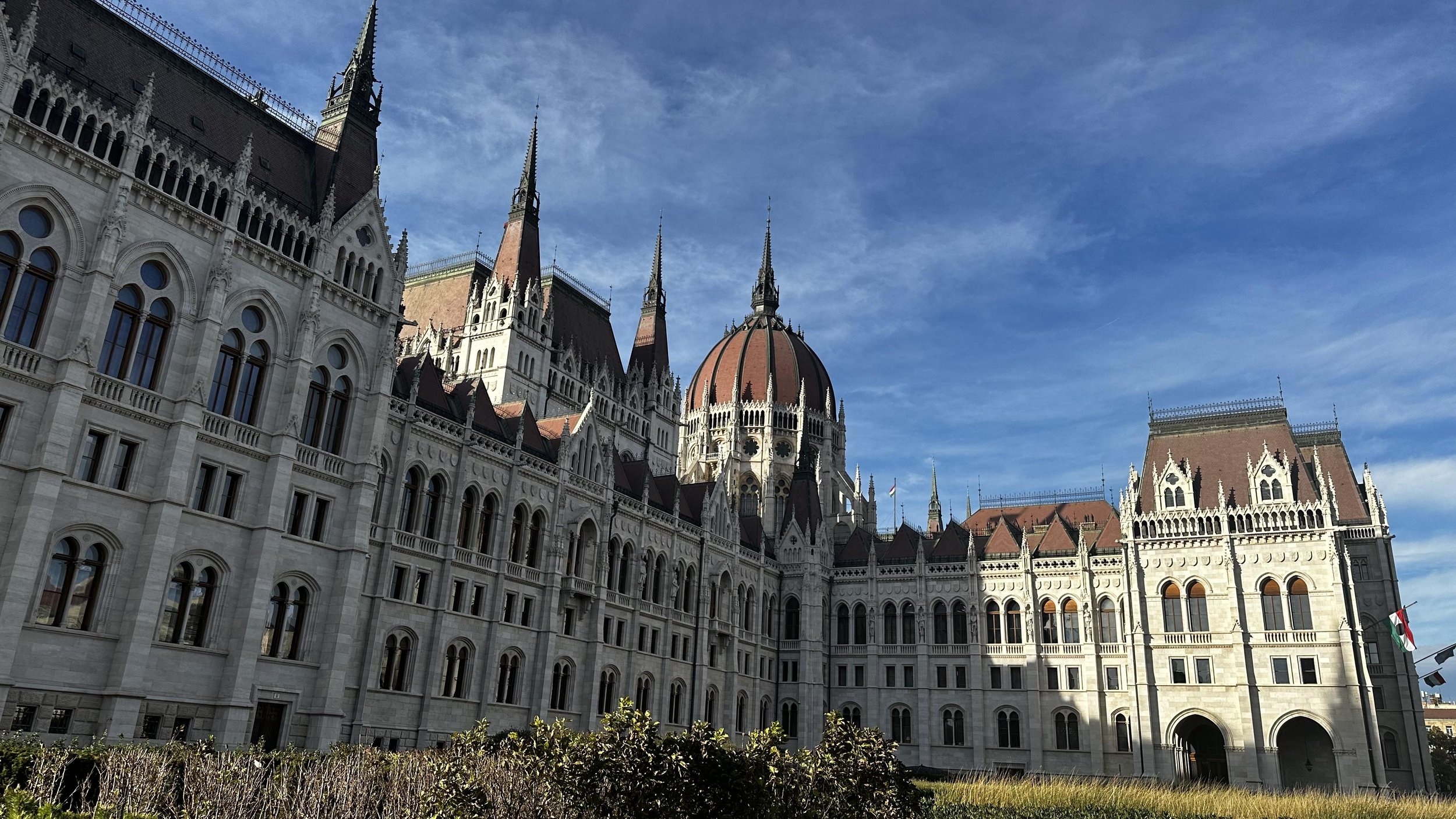









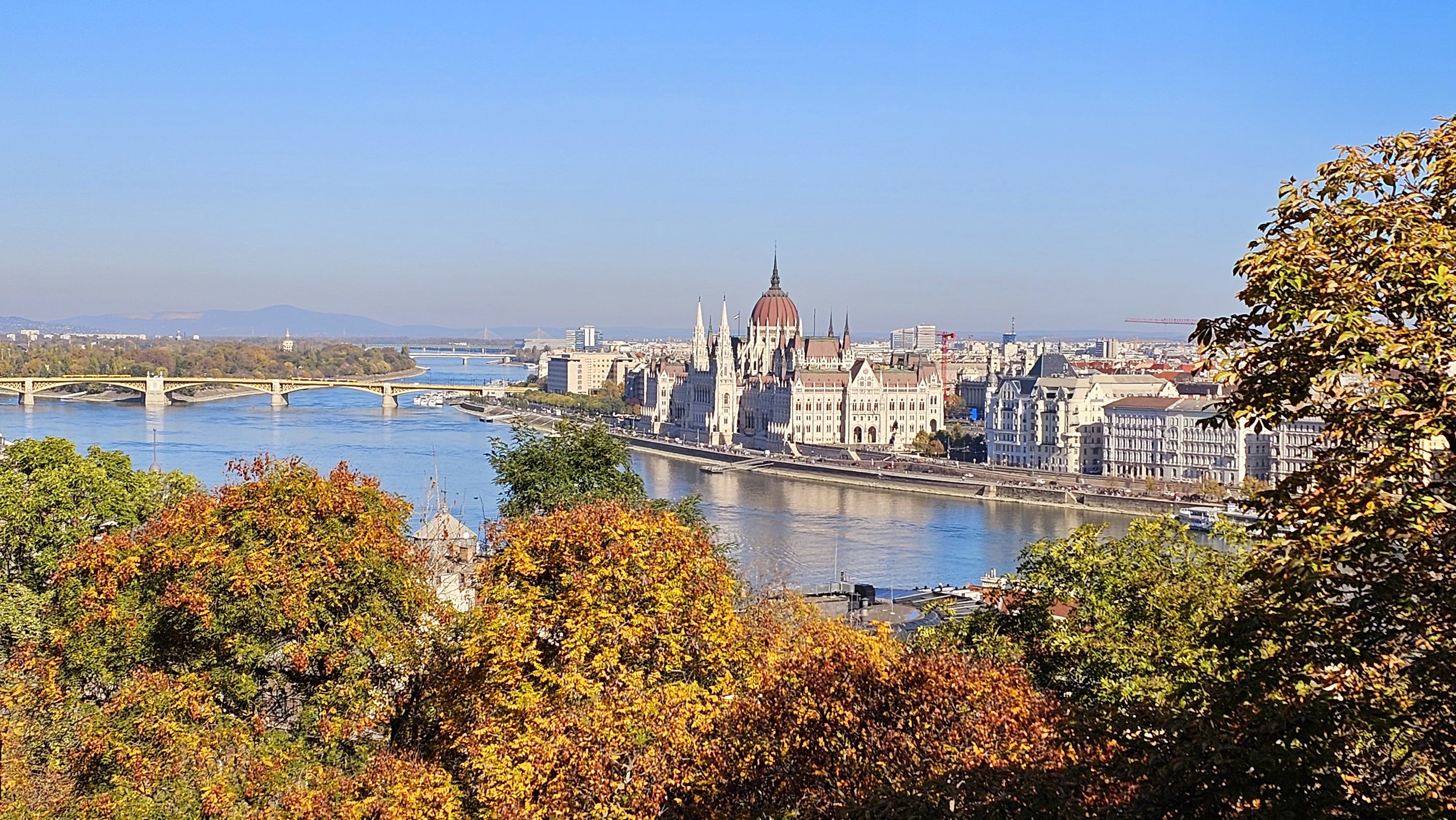




















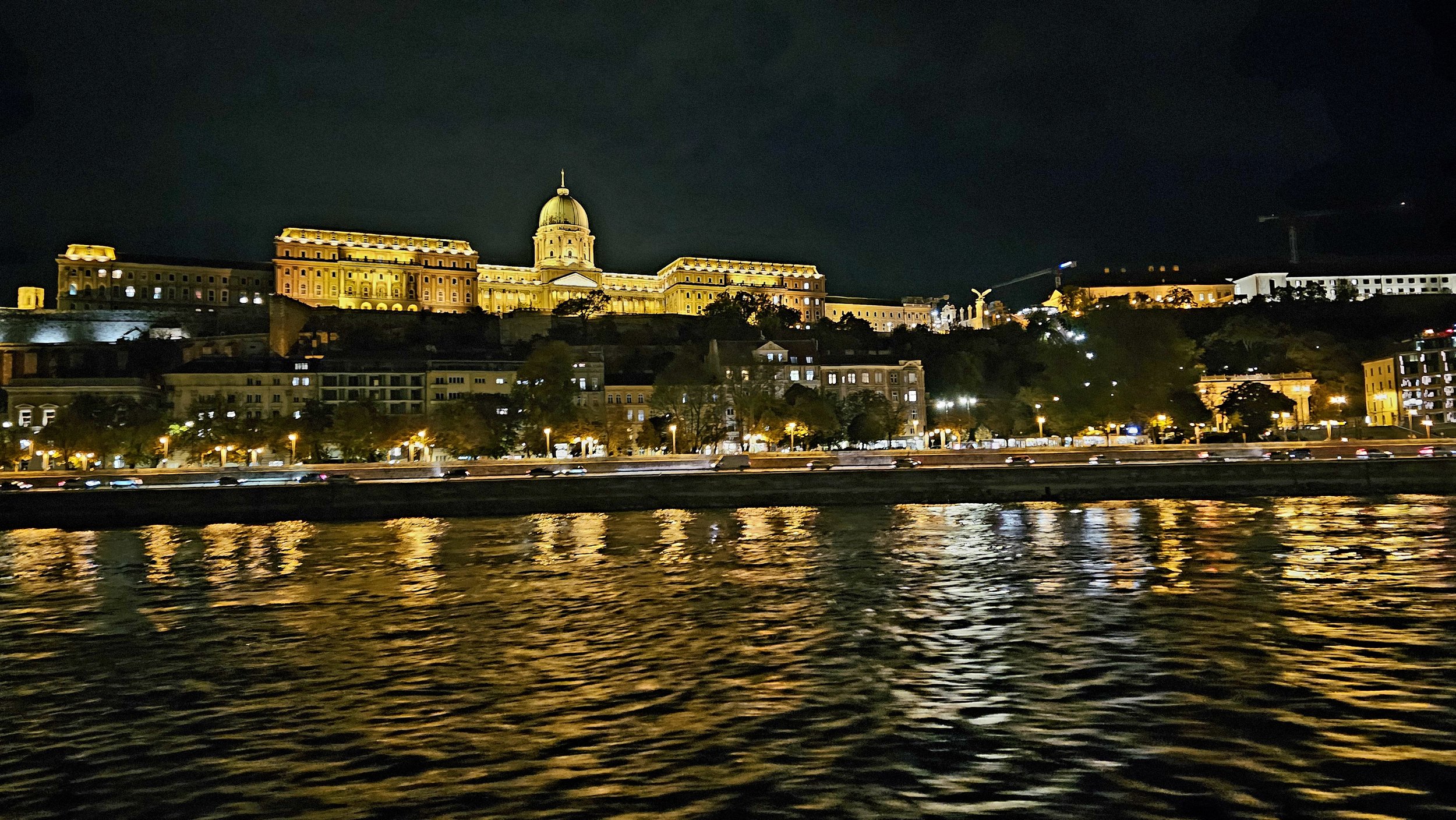
Belgrade - The city of an open heart
We stayed a few extra weeks in Belgrade, we simply love spending the time in this city. We have close relatives who live here and a number of friends we like to connect with each time we come to this side of the world.
Part 2 of 2
Pinching myself again!
As I type the next blog about Belgrade city, I am watching the news about Iceland’s volcanic activity and the imminent threat of eruption.
It’s been so surreal and upsetting to hear that the town of Grindavik has been evacuated and is awaiting its destiny in suspense. Only a few weeks ago we walked the streets of this coastal township and enjoyed the hospitality of its residents.
We left Morocco and they had a terrible earthquake, and now as we left Iceland the country declared the state of emergency. You have to wonder what’s going on?!
During our stay we have learnt that Icelandic Meteorological Office has the best equipment, data and expertise on hand. The people of Iceland are in safe hands, as best as they can be, when the Mother Nature takes charge. We hope the residents of Grindavik will be able to return to their homes soon.🤞.
As I reflect on both events, I’d like to mention that we feel immensely proud to have been able to donate a good amount of funds for the people of Morocco. A few of us from the group joined forces and our tour guide has now received the money, and has been using it to directly help families impacted by the quakes. This week, 6 families were helped with goods, food, and even were able to be given some sheep to replace livestock that had been lost. Here is a photo of one of the residents in the Atlas Mountains who received our help, and who has passed his thanks to us 🙏.
Belgrade - The city of an open heart
We stayed a few extra weeks in Belgrade, we simply love spending the time in this city. We have close relatives who live here and a number of friends we like to connect with each time we come to this side of the world.
And we love being spoiled by all of them, and in particular our amazing family.
As a young girl I loved coming to Serbia to visit our family. My cousin Miloš always looked after me, and although Miloš is a couple of years older than me, I am actually his aunty! That crazy family relationship can only exist in our family! The love and respect we hold for one another and our families is as strong as it’s ever been. Our children are now great friends and they enjoy spending the time together. Seeing them chatting along fills my heart with utmost joy, it’s so so cool to watch the next generation building strong friendships. Having the family around us is the one thing we miss the most since we’ve been living in NZ.
It is fair to say Miloš and his wife Zorica went over and above anything you can think off to ensure we together create many amazing memories during our stay in Belgrade.
They organised “Pozorištijada” - a self coned term that means we have been to so many theatre performances we could squeeze in. Each and every one was so unique, and the acting second to none! We have many talented actors and producers, so much to be proud of, but I have to say Miloš Bikoviċ and Branka Katiċ stand out big time! Yes, I admit, Mr Bikoviċ is very handsome too! 😉
Croatian, “Rebel with a cello“ ( Hauser ) concert at the Stark Arena was AMAZING! His passion to show the world the versatility of the cello was incredible to watch. And then he invited the famous tennis player Ðokoviċ (who happened to be a spectator) to jump on the stage and play a saxophone with him, what a treat!
For all our Kiwi friends Hauser is coming to NZ in April 2024, get the tickets now, you won’t regret it!
Apart from the incredible cultural life we were also indulging ourselves in the best cuisine ever!
Yes, you must be a meat lover to enjoy the food in Serbia and you must allow them to keep offering you more and more food despite you being full! That’s the tradition here, and then you’ll leave a place with hands full of more food! You will never feel hungry in this country!
Our family have a family home in a small village called Klenak, an hour drive from Belgrade towards Šabac. Getting to Šabac meant I could visit my father’s grave, something I always do when I get to Europe. And I do the same for my mother each time I visit Split. It’s a special moment and one I treasure till I come back again the next time.
Going to Klenak was so much fun, and cooking BBQ on the old fashioned wood fire BBQ meant the food was ten fold more yummy! And then the home made produce, veggies, and deserts that you can’t resist!
Thank you grandpa Pajo for all your love, hospitality, culinary excellence, rakija ( grappa) and laughter!
It would not be right to tell you about the culinarily wonders and cultural shows without telling you a little bit about the city of Belgrade!
Belgrade is the capital of Serbia. The history of Belgrade dates back to at least 5700 BC. One of the largest prehistoric cultures of Europe, the Vinča culture, evolved from the Belgrade area in the 6th millennium BC.
Belgrade is one of the oldest continuously inhabited cities in Europe and the World.
As a strategic location, the city was battled over in 115 wars and razed to the ground 44 times, including after the recent NATO bombing in 1999. Yes, that unnecessary tragedy happened too!
Belgrade was the capital of Yugoslavia (in various forms of governments) from its creation in 1918, to its final dissolution in 2006.
If Belgrade is famous for just one thing among the travel community, I’d say the Serbian capital city is probably best known for its partying and club scene, on riverboats known as splavovi.
But, I’m glad to say there are plenty of reasons why Belgrade is worth visiting.
Remarkable architecture
Perhaps the greatest example of this variety is the Kneza Mihaila pedestrian street through the heart of the city. Along it and neighbouring Republic Square you’ll find art deco, baroque and art nouveau architecture.
If there’s a must-visit attraction in Belgrade then it has to be Belgrade Fortress. Its the most significant landmark, at the confluence of the Danube and the Sava rivers. The fort is a testament to the city’s strategic importance to the Roman, Byzantine, Ottoman, Serbian and Austrian empires, and it's now the site of several museums as well as Kalemegdan, a vast park. As well as the neighbouring Kalemegdan Park, the fortress is a popular place for locals to stroll, sit and chat. It’s particularly good spot to go in the late afternoon as the sun starts to lower.
Cafe culture is so prominent, there are hundreds of places offering a really good coffee and deserts everywhere!
Temple of St Sava
Not only is it one of the largest orthodox churches in the world, but it’s quite the stunningly beautiful place and a landmark not to miss.
The church is dedicated to the founder of the Serbian Orthodox faith, Saint Sava, and is said to be built on the site of the saint’s remains. My Dad got the name after this saint.
Skadarlija
Of the various areas in the centre of Belgrade you’re bound to come across, you’ll probably find the most tourists in the vibrant district of Skadarlija. This is meant to be Belgrade’s bohemian quarter, although it seems to be full of restaurants that cater to tourists, with live music in the evening. This cobblestone pedestrian street sits between the bright and cheerful restaurants, and you can also find some subtle street art.
Belgrade Waterfront
Tucked away by the Sava River, Belgrade Waterfront is a monumental urban revitalization project worth US$ 3 billion, creating a new city centre and a new international destination.
Belgrade Waterfront project will transform this neighborhood by implementing the principles of sustainable development, creating new public spaces, introducing benefits for moving pedestrians and bringing cultural content to the heart of Belgrade. Watch this space, this complex is only 1/3 done, 6 more years of investments between Saudi Arabian businessmen and Serbian Goverment will see this place to be something else!
Museums
There are way too many to mention! We’ve had a great weather which meant we were outdoor more than usual, and we only visited Nikola Tesla museum.
Nikola Tesla, a pioneering inventor and engineer, was born into a Serbian family of Orthodox priest in the village Smiljan in 1856. At that time the village of Smiljan ( near Gospić - today in Croatia) was in a military border zone, a special region of Habsburg Monarchy under the Emperor Franz Joseph I. Known for his contributions to the development of alternating current (AC) electrical systems, Tesla held numerous patents. Despite facing financial challenges, his visionary ideas laid the foundation for modern electrical power and wireless communication technologies. It is fair to say he was way way ahead of his time!
There is certainly a lot more to share, my advice is go and visit Belgrade, you’ll be nicely surprised and amazed, it is truly a city with an open heart😊 . We loved our time here and will definitely return!
BELGRADE Photo Album

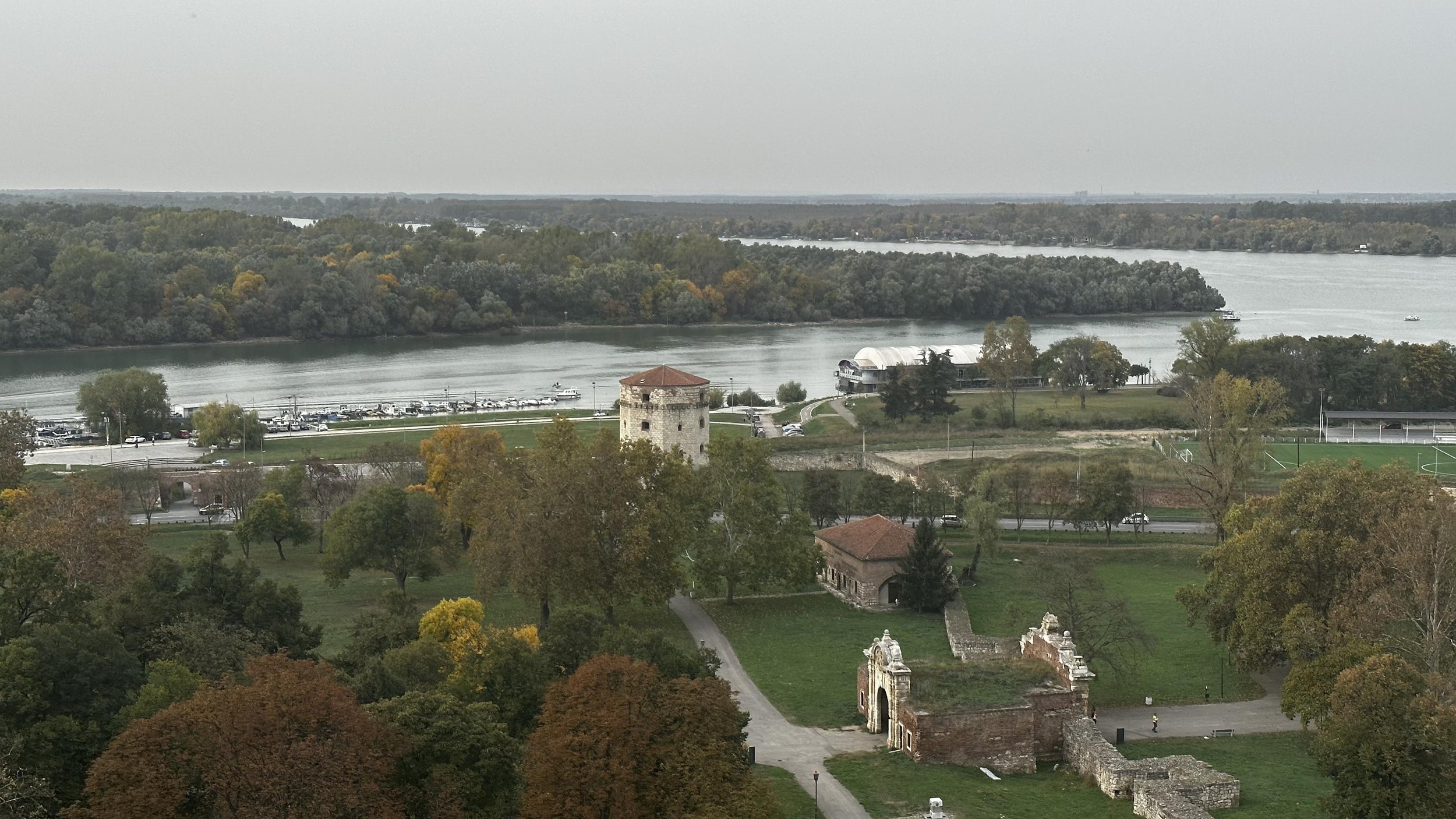
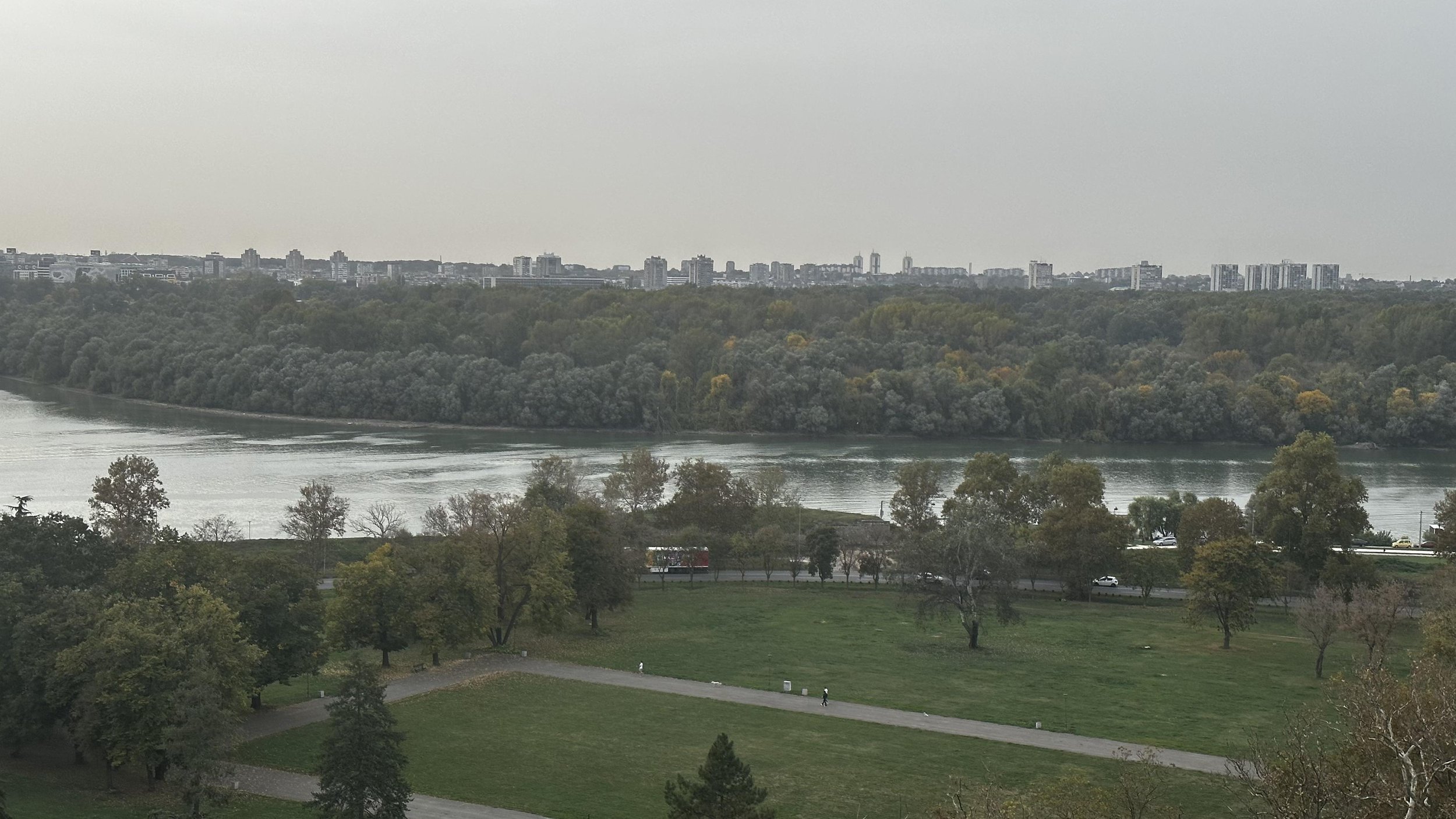
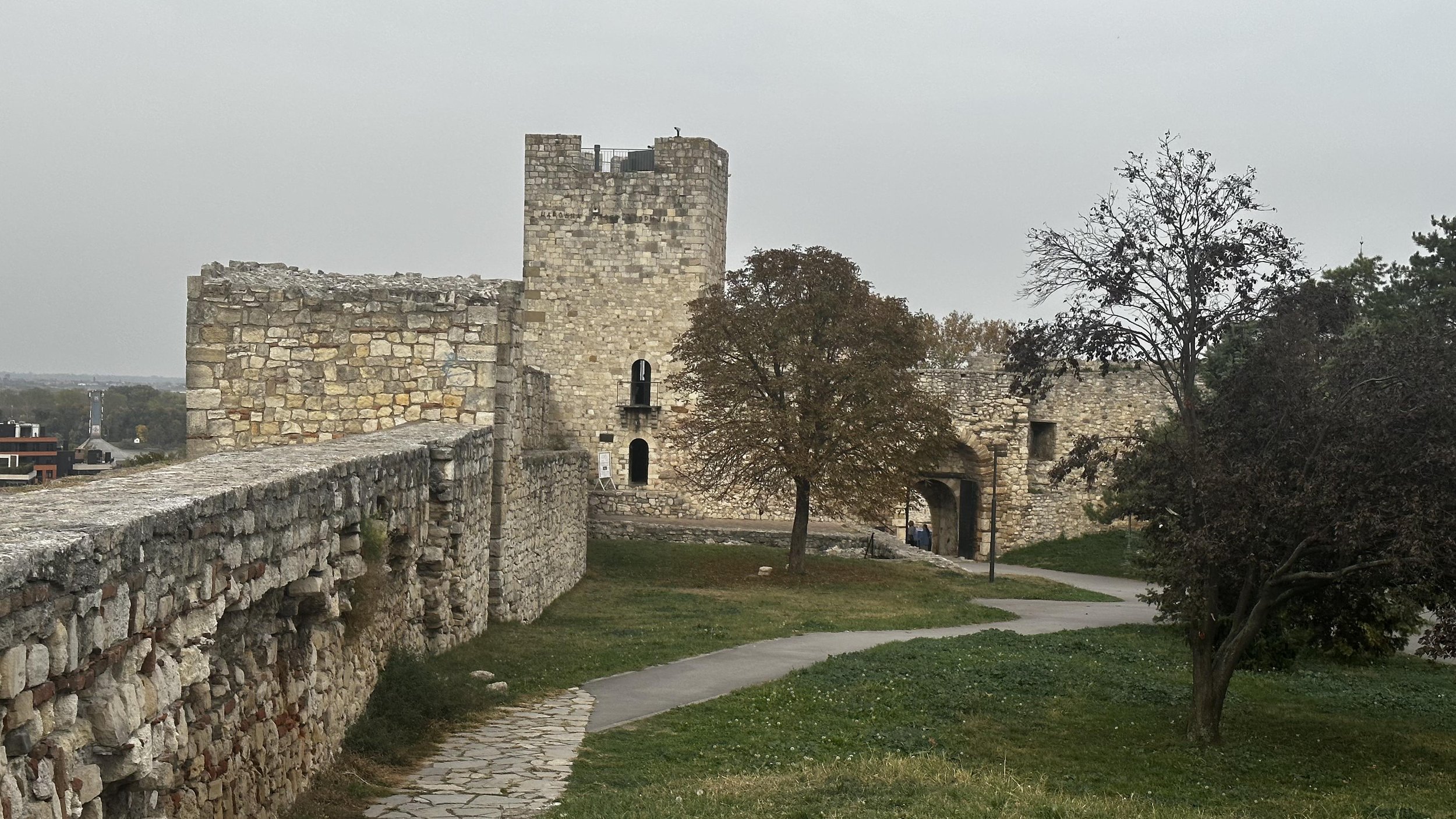
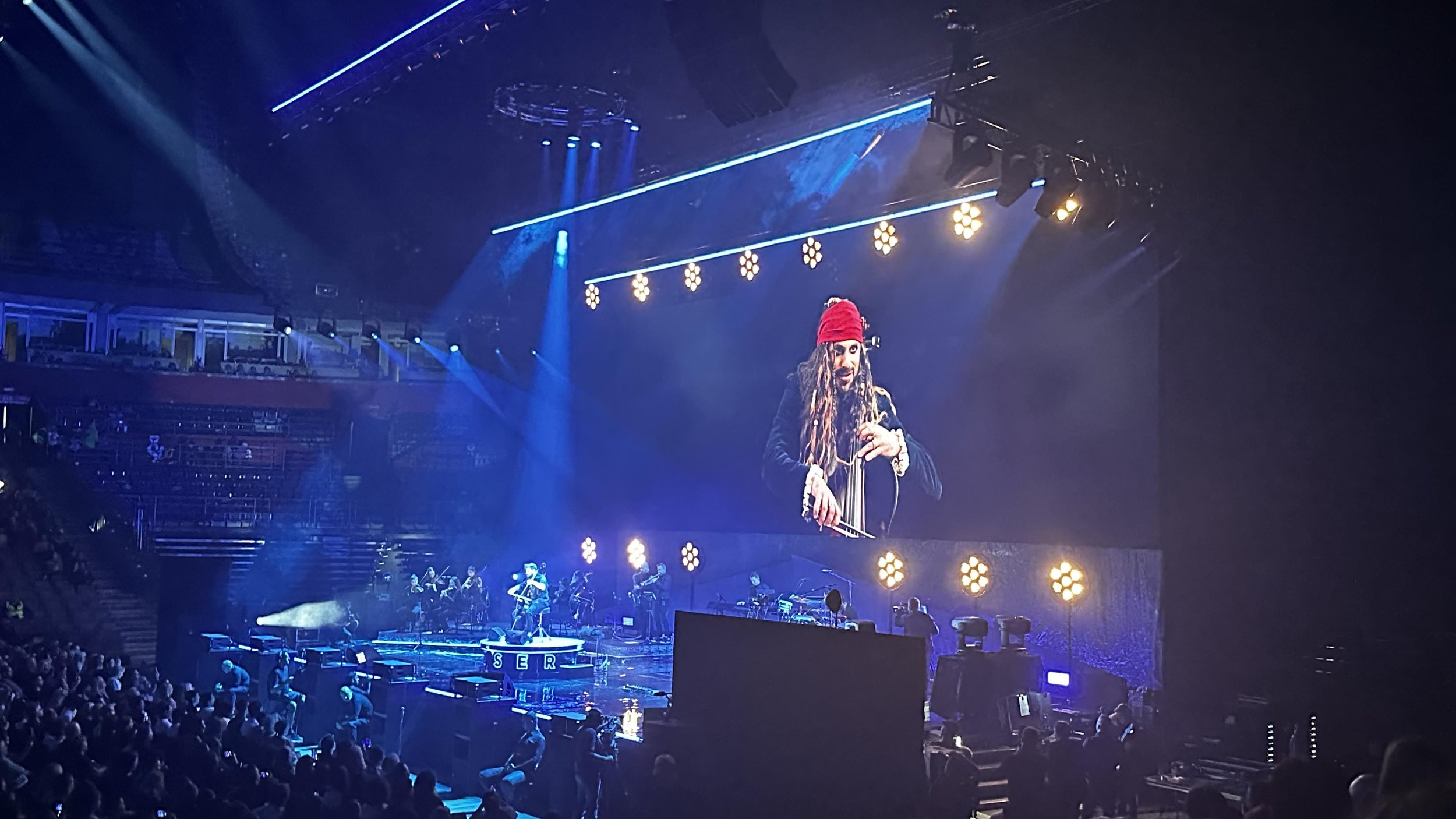
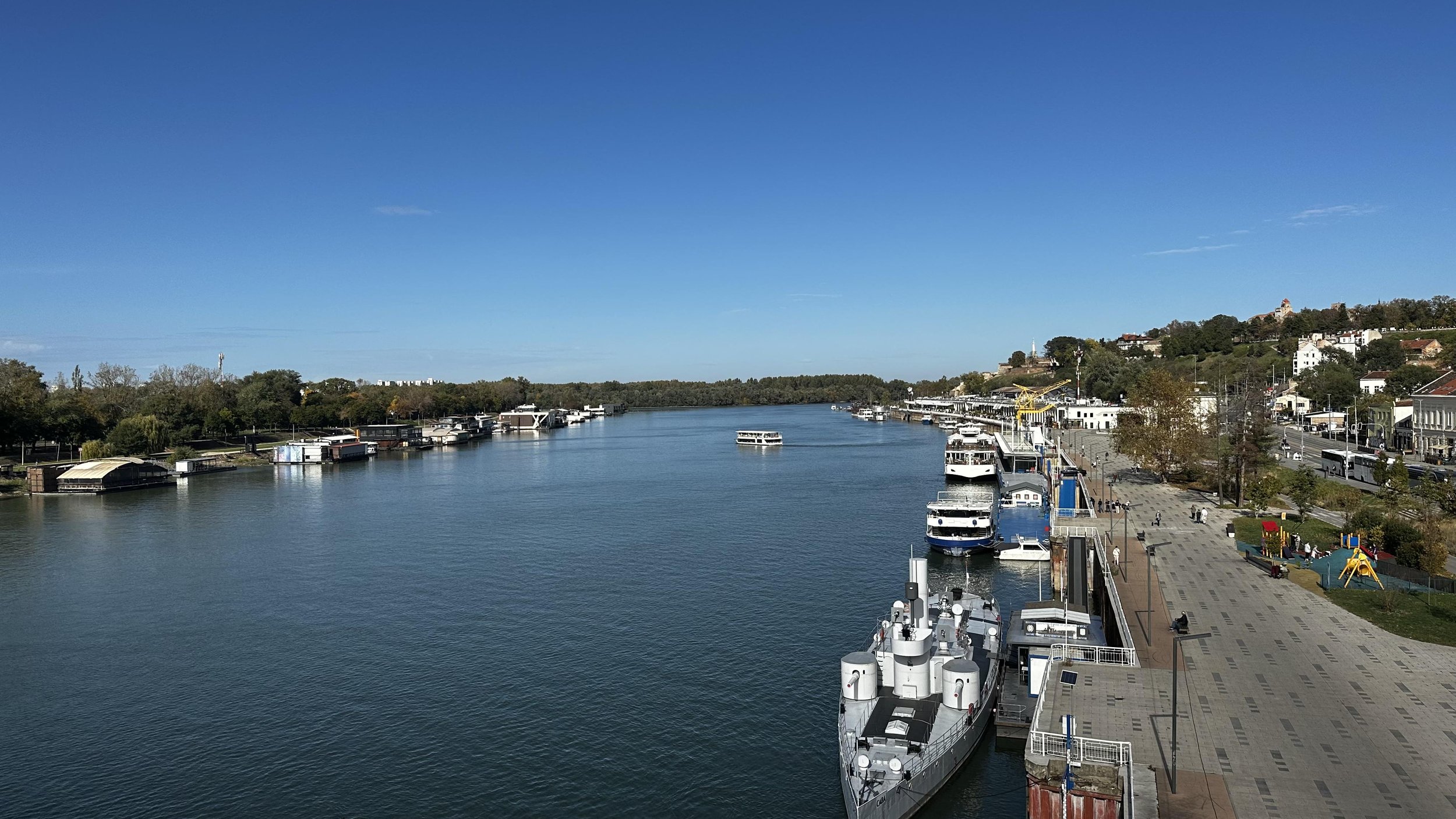
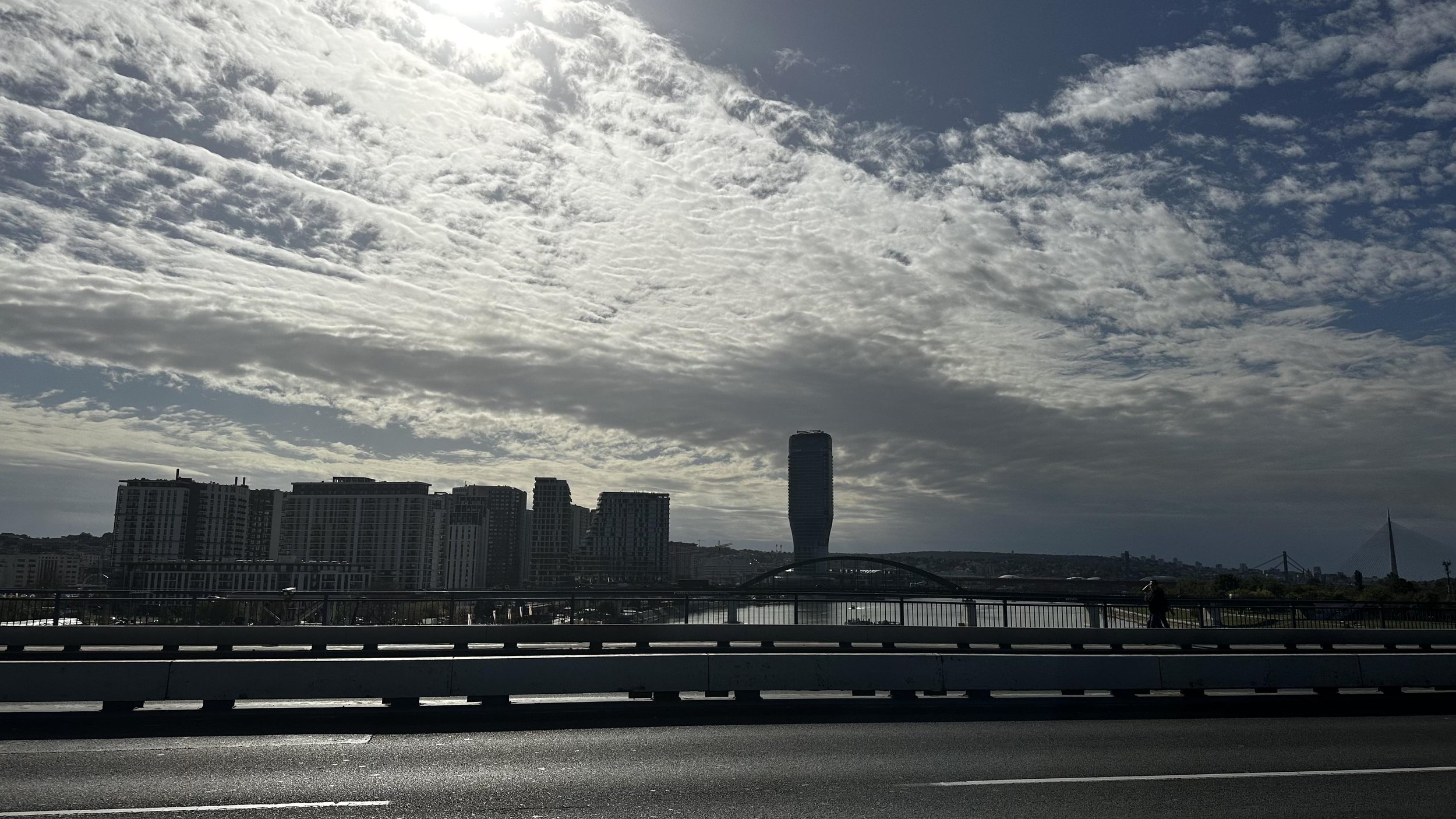
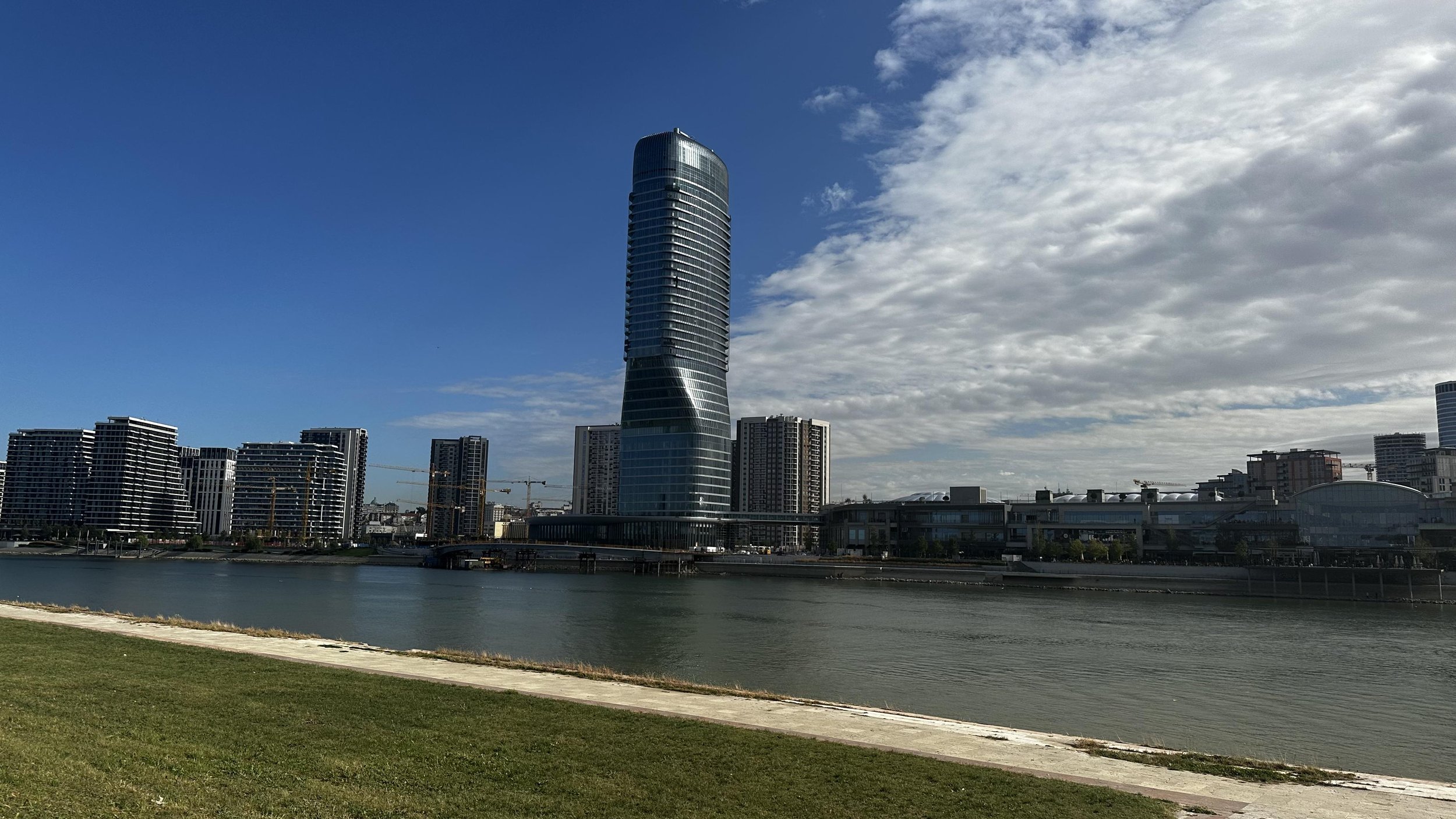

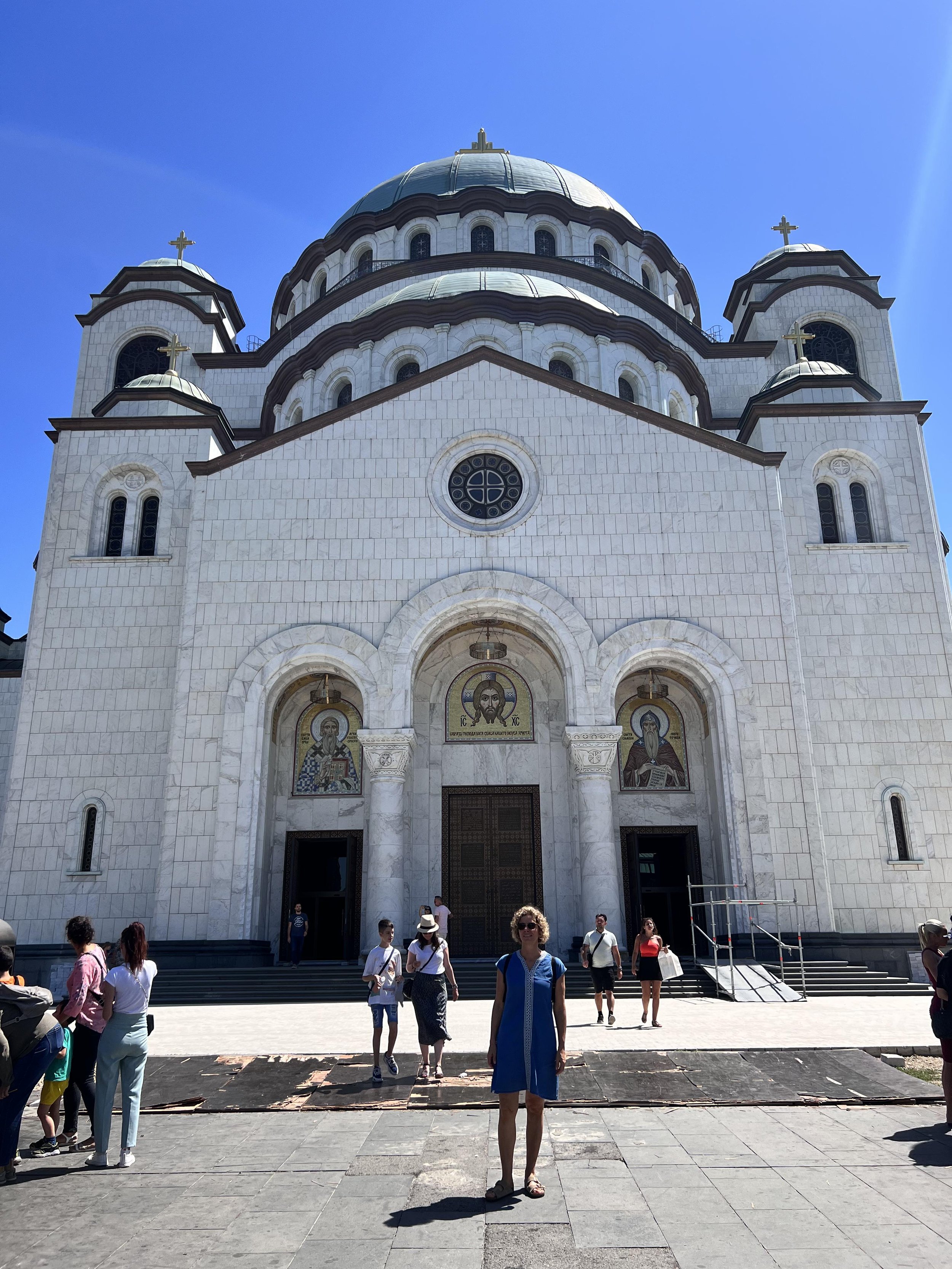

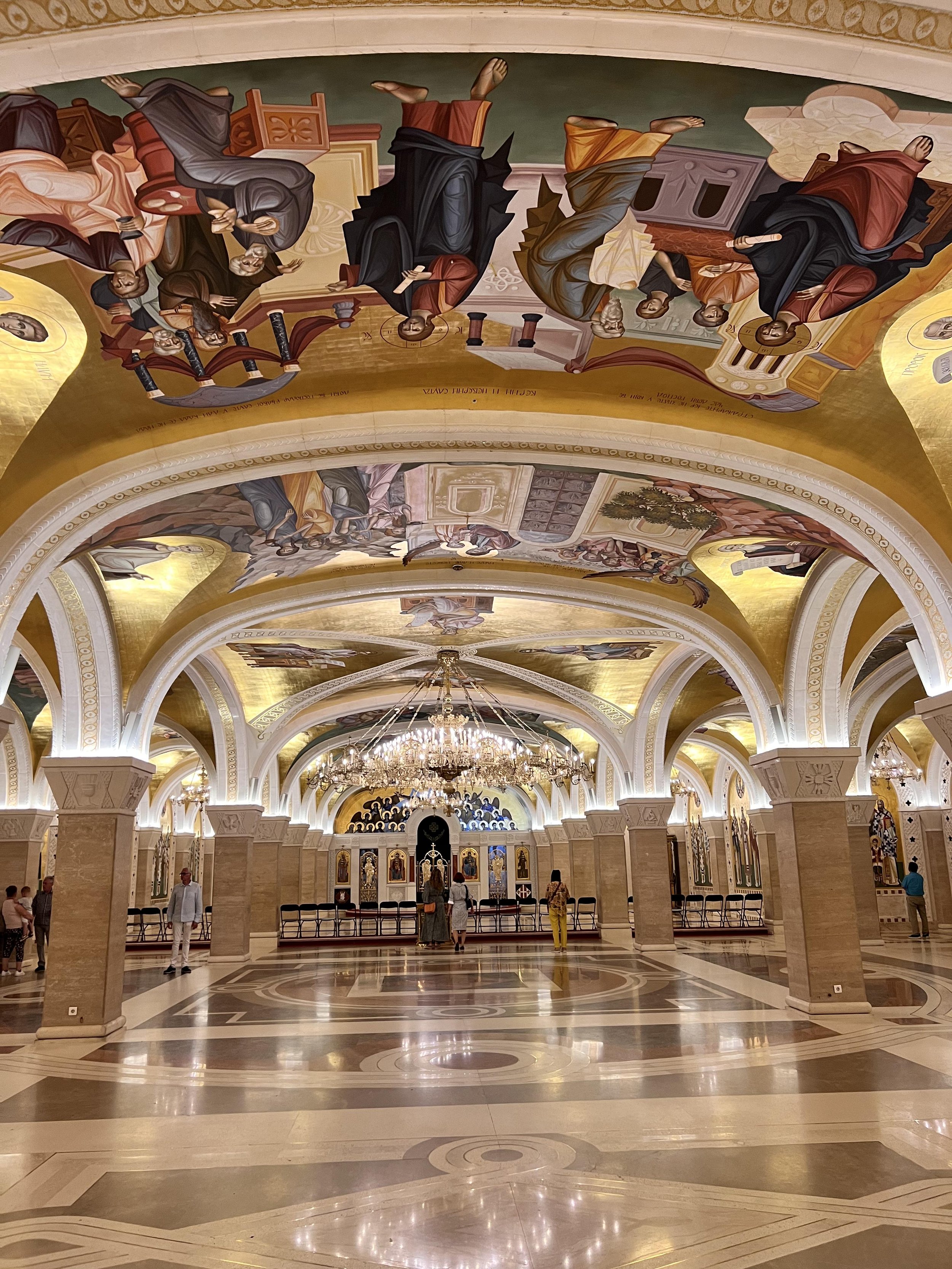
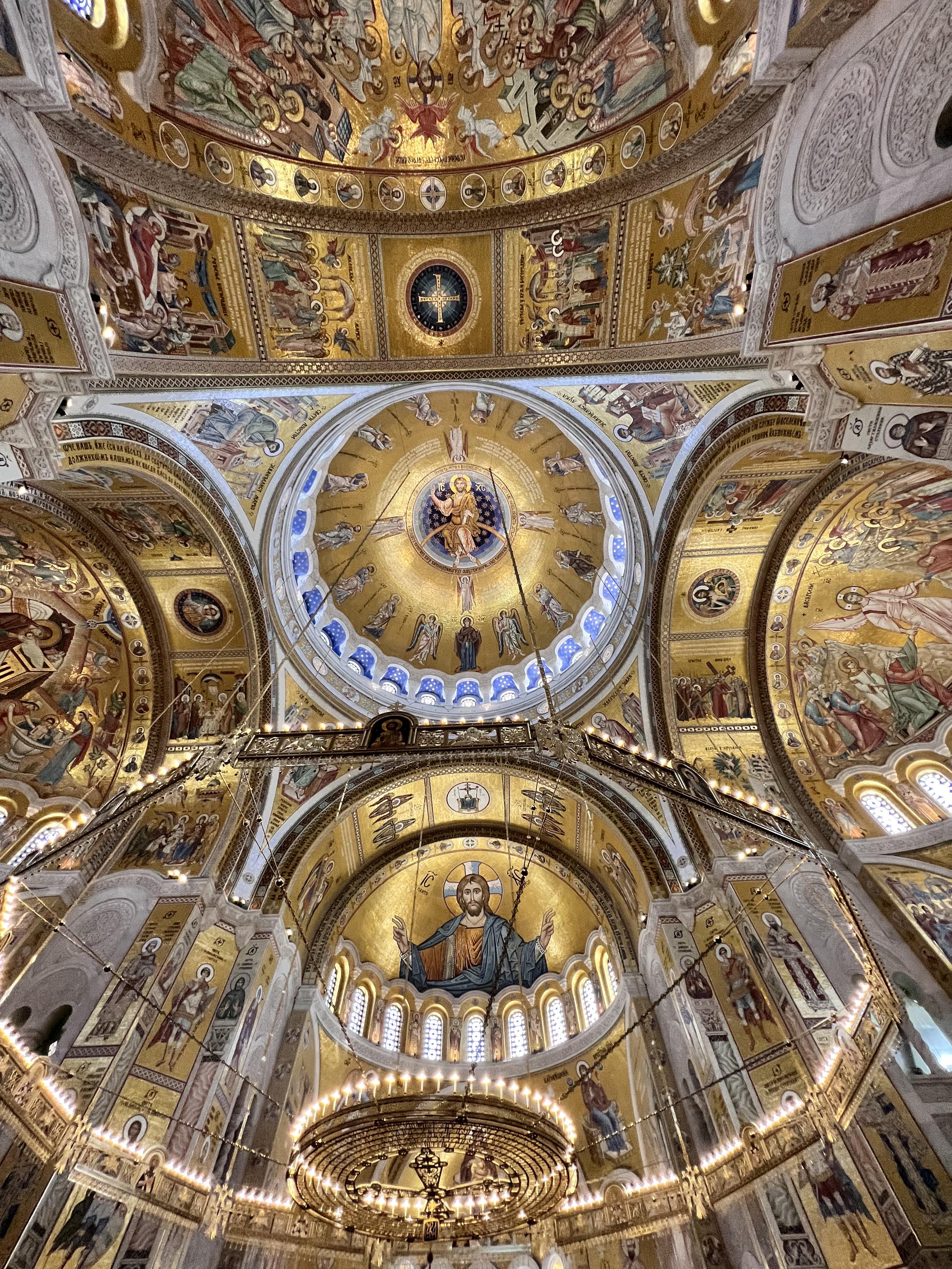
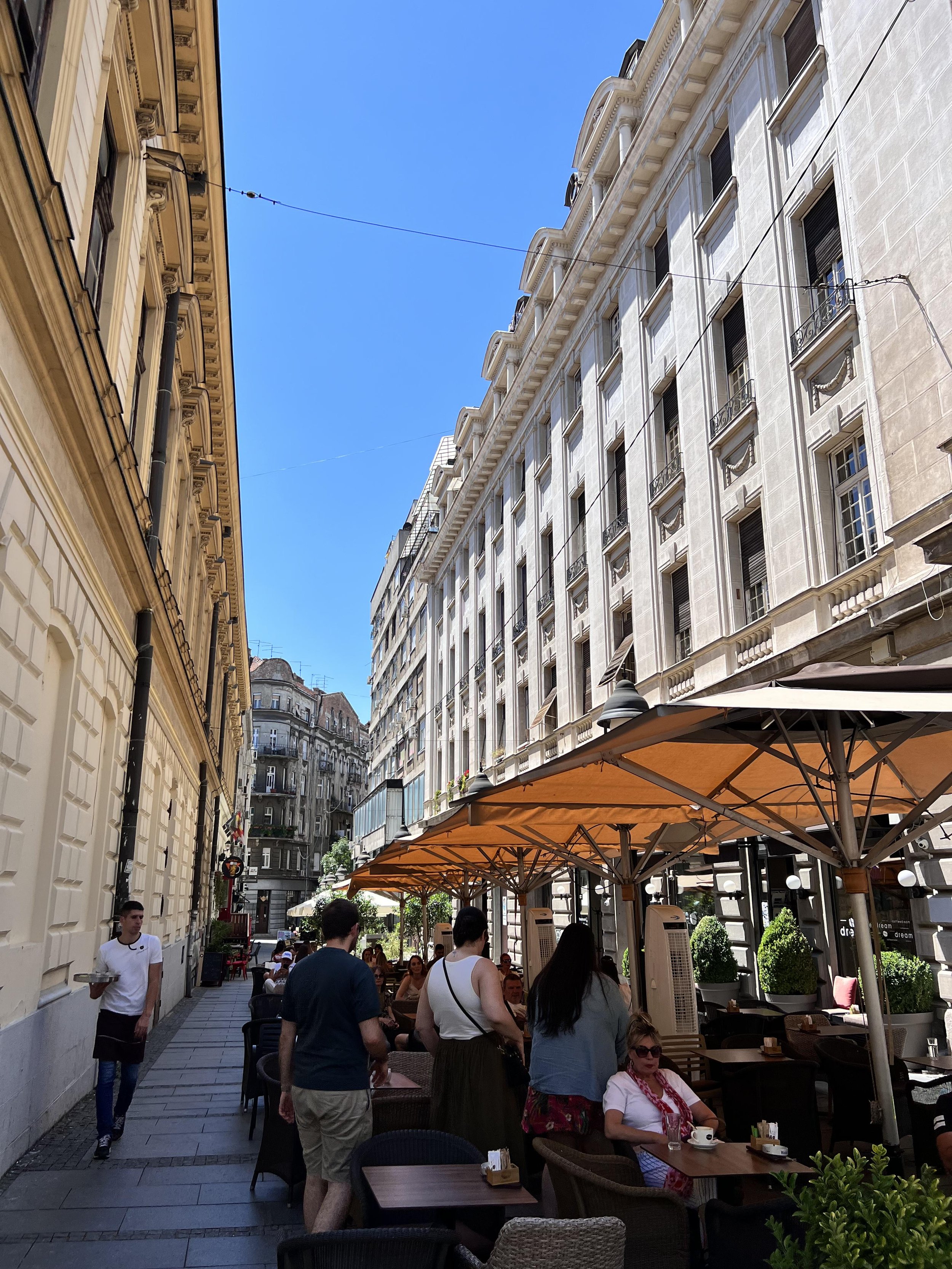

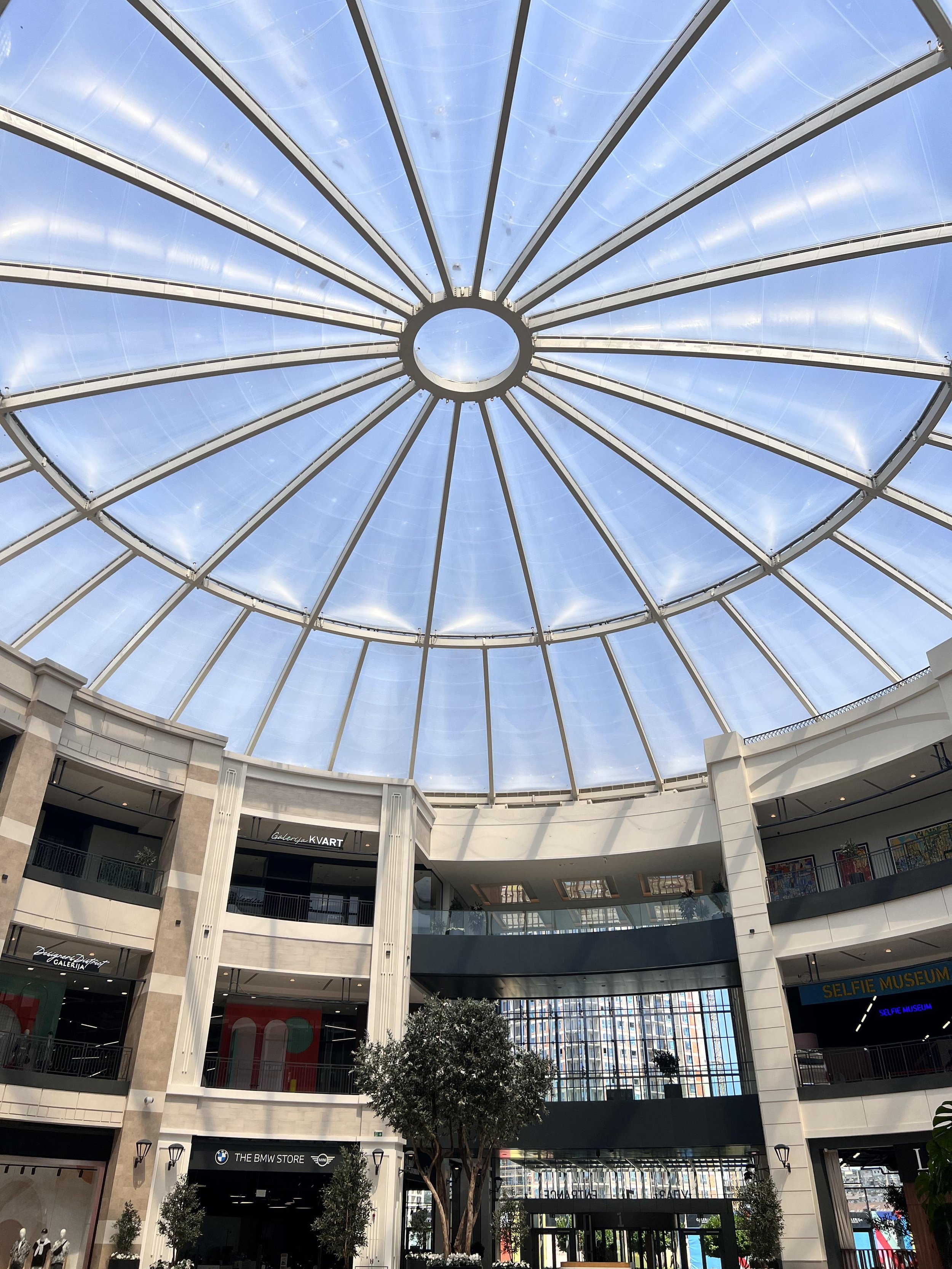
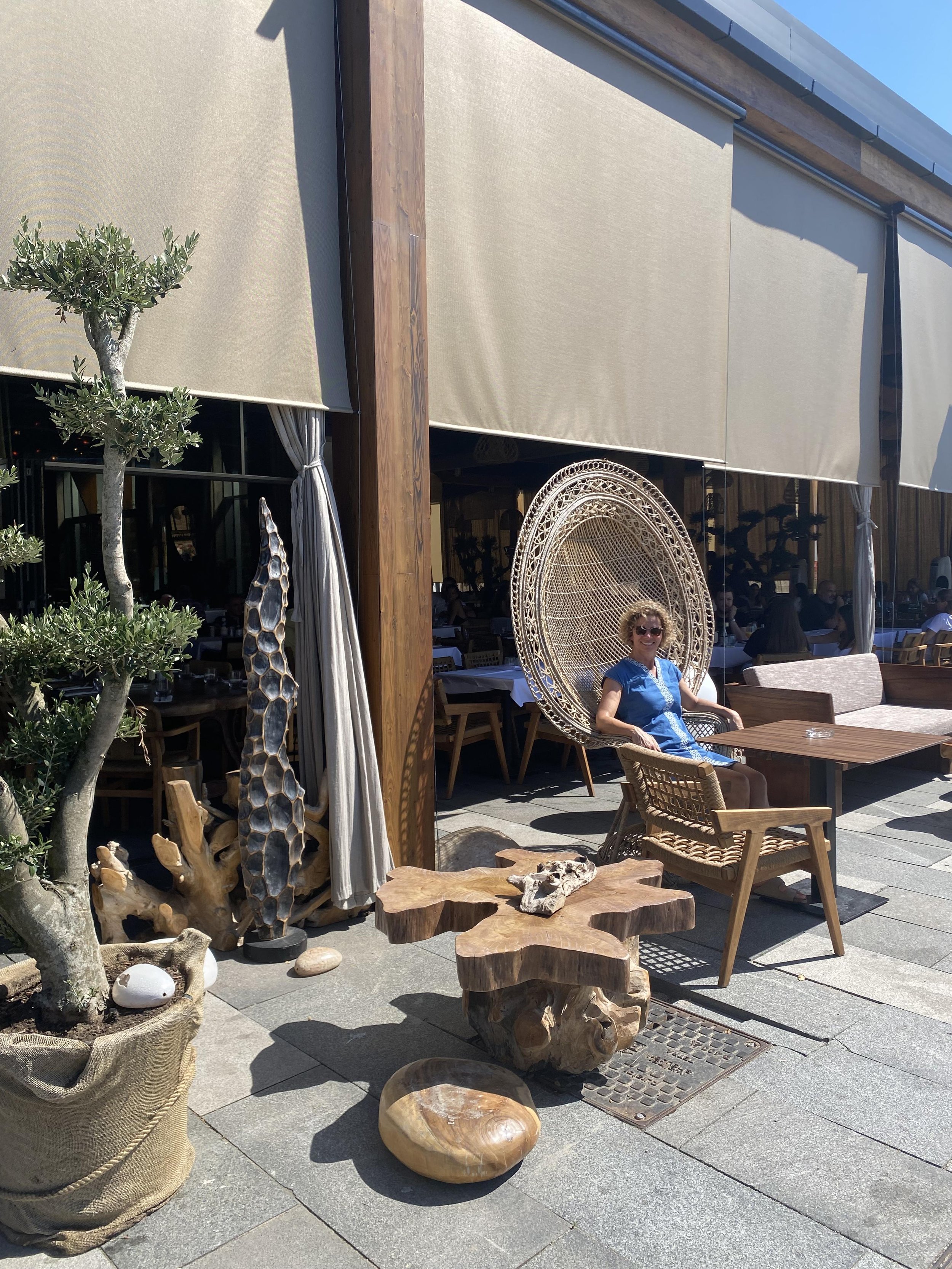
FAMILY & friends Photo Album
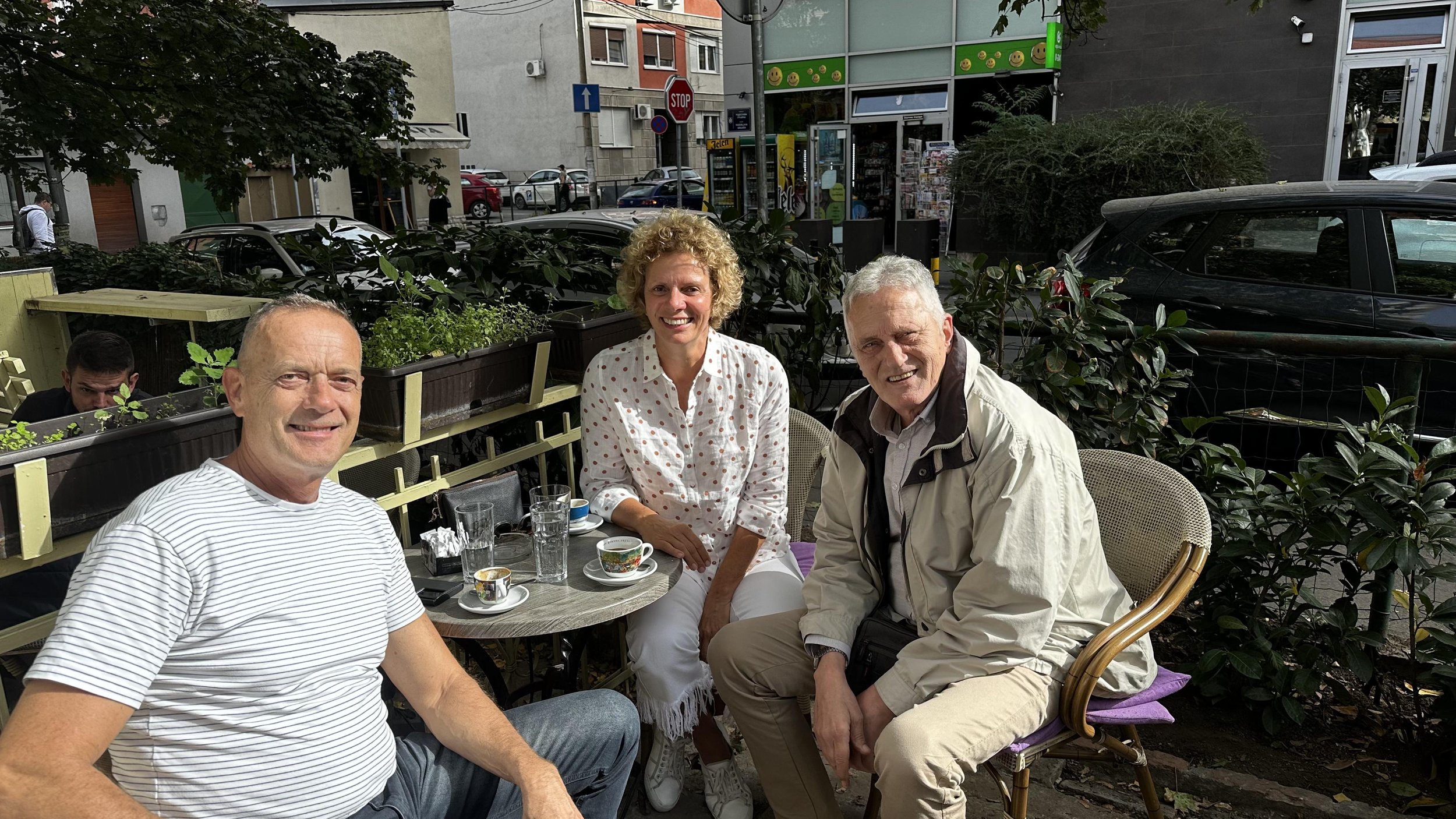
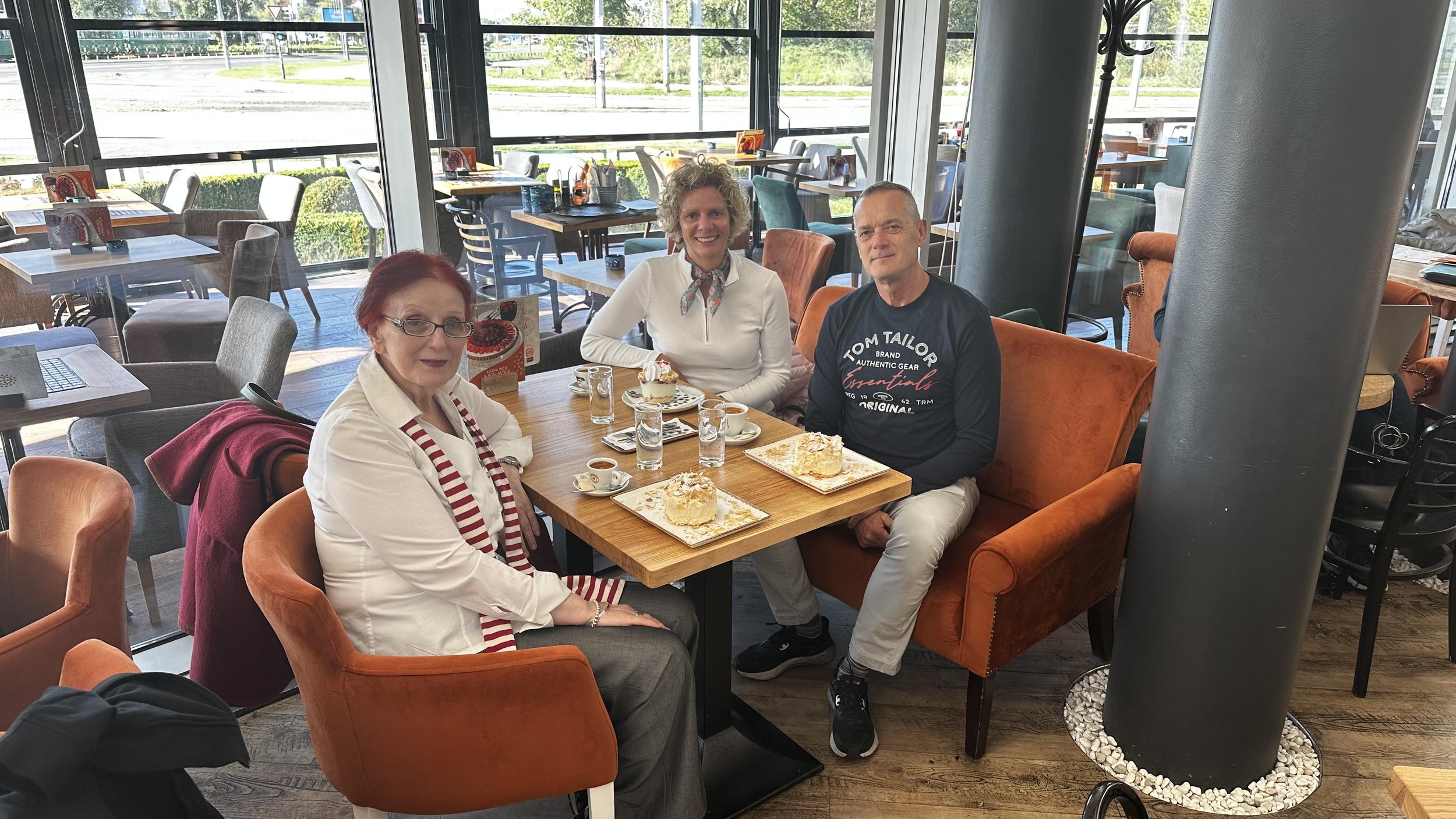


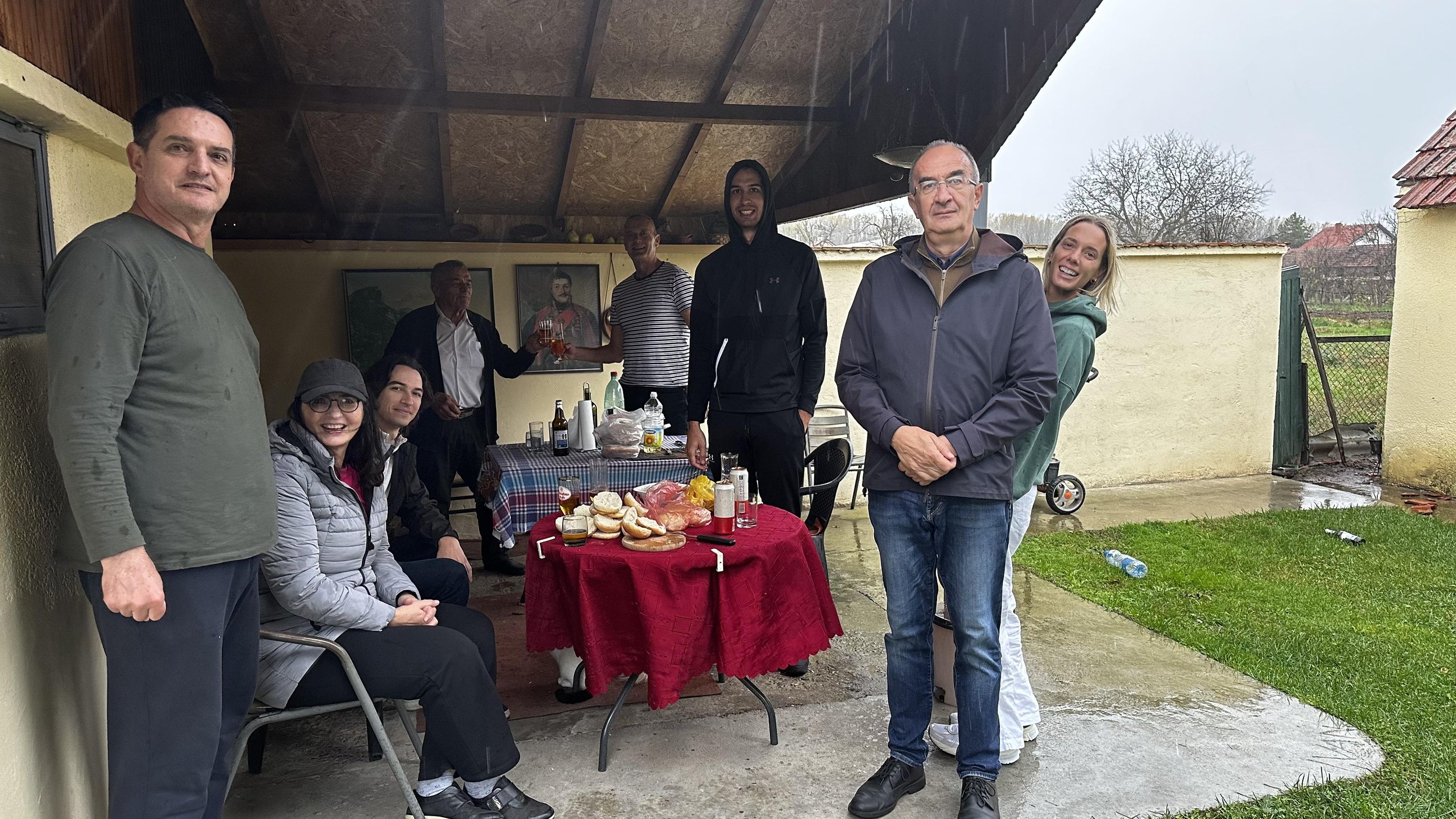
Hauser & Ðokoviċ
Добро дошли у Србију! Welcome to Serbia!
After our spontaneous trip to London we came back to Belgrade with a plan to spend a few weeks here with our family and friends and enjoy everything this metropolitan city has to offer and trust me there is a lot!
Part 1 of 2
After our spontaneous trip to London we came back to Belgrade with a plan to spend a few weeks here with our family and friends and enjoy everything this metropolitan city has to offer and trust me there is a lot!
Let me give you a brief run down on the history of Serbia:
Serbia, officially the Republic of Serbia is a landlocked country in Southeast and Central Europe situated at the crossroads of the Pannonian Basin and the Balkans. It shares land borders with Hungary in the north, Romania to the northeast, Bulgaria to the southeast, North Macedonia to the south, Croatia and Bosnia and Herzegovina to the west, and Montenegro to the southwest. Serbia claims a border with Albania through the disputed territory of Kosovo.
Serbia has about 6.6 million inhabitants. Its capital Belgrade is also the largest city.
Serbia has a rich cultural heritage, here's a brief overview of its history:
1. Medieval Serbia: The region now known as Serbia was inhabited by various Slavic tribes in the early Middle Ages. In the 9th century, the Serbs established the Principality of Serbia, which later expanded under leaders like Stefan Nemanja.
2. The Serbian Empire: The 14th century saw the rise of the Serbian Empire under Emperor Stefan Dušan, which briefly became one of the most powerful states in Europe. However, it eventually succumbed to internal strife and the Ottoman Empire.
3. Ottoman Rule: Serbia fell under the Ottoman rule in the late 14th century and endured nearly four centuries of occupation, during which many Serbs converted to Islam.
4. Struggle for Independence: The 19th century brought a resurgence of Serbian nationalism and a series of uprisings against the Ottoman Empire. The First Serbian Uprising in 1804 and the Second Serbian Uprising in 1815 ultimately led to autonomy in 1830.
5. Kingdom of Serbia: In 1882, Serbia became a kingdom. World War I saw Serbia heavily impacted, with a quarter of the population wiped. After the war, it joined the Kingdom of Serbs, Croats, and Slovenes, later known as the First Yugoslavia.
6. Yugoslavia and Tito: Under the leadership of Josip Broz Tito, Yugoslavia was formed as a communist federation after World War II. Serbia was a significant part of this union.
7. Yugoslav Dissolution: The 1990s witnessed the violent breakup of Yugoslavia.
8. The Kosovo Issue: The 1999 NATO bombing campaign led to the withdrawal of Yugoslav forces from Kosovo, which later declared independence in 2008. Serbia today still does not recognize Kosovo's sovereignty.
9. Modern Serbia: Since the 2000 overthrow of Slobodan Milošević, Serbia has undergone political and economic changes, striving for European integration. It formally applied for EU membership in 2009.
This is as short as it gets! I could elaborate each of the nine chapters but it will be too long and too much.
Serbian history is rich, conflicting, complex and often not well understood. I know there are many biases about Serbia formed under the powerful influence of the western media.
I am not a politician, I am not a historian and I certainly do not like politics, but I will say this - in order to understand more recent history of Serbia (90’s - 2000’s) it is most important to go back in time and understand all historical events that arose over the centuries prior. And then read more and from different sources to form an opinion, while being curious and non judgemental.
Apart from its rich history, Serbia has a diversified culture and beautiful landscapes. From famous medieval monasteries and fortresses, to exquisite traditional food and hospitality, iconic personalisties and bustling festivals, to a peculiar mix of architectural styles in the cities and ancient landmarks that dot the countryside there is something for everyone and is why we love visting Serbia.
Growing up, both Neb and I would go to Serbia and have continued visiting Belgrade and its surroundings over the years. This time, we wanted to visit areas where we haven’t been before and picked eastern Serbia to explore.
So, a little on what we’ve been up to:
We based ourselves in Belgrade, suburb Vračar where our Kiwi friends have a beautiful apartment. They left to go back to NZ and again thanks to generosity and kindness of our friends we have had a great accommodation in the old city center! Perfect 👍
Our close relatives who live in Belgrade have simply been amazing and looked after us each and every day! They have planned a weekend away and have shouted us with a number of theatre performances and concerts during our stay! So so cool, hvala (thank you).
We have also had “pozorištijada” ( self-coned word that means we attended a large number of theatre shows) and we’ve loved the busyness, active social and cultural life that Belgrade has on offer! A true metropolis, that has something for everyone 🤗!
Over the weekend we headed East with our family and visited the following:
Tumane Monastery
This is a 14th-century Orthodox monastery in eastern Serbia in the municipality of Golubac. The church is dedicated to the Saint Archangel Gabriel.
As of 2018, the monastery has six monks and one nun. Because of the several historical healers who dwelled in the monastery, Tumane has been called "Ostrog of the Đerdap”. Both Ostrog Monastery in Montenegro and Tumane in Serbia are known for their healing powers, and are visited by people from all over the world.
I felt so calm, it’s a beautiful and peaceful place where spirituality is strongly felt.
Đerdap National Park
Đerdap also known as the Iron Gates is a gorge on the Danube River, located between Serbia and Romania. It's a natural wonder and a popular tourist destination known for its stunning cliffs and rock formations. The Đerdap National Park covers a significant part of this area and offers opportunities for outdoor activities, including hiking, boating, and exploring the rich history of the region.
Đerdap is also the name of the biggest hydroelectric power plant in Europe, the seventh largest in the world! The original plant was finished in 1972, with additional power plants built between 1977-84.
Golubac Fortress
This fortress is amazing, photos look like postcards, and the history of this place is incredible!
Golubac Fortress has had a tumultuous history. Prior to its construction it was the site of a Roman settlement, a medieval fortified town. According to recent discoveries, the fortress, which was built during the 14th century by Medieval Serbian state, is split into three compounds which were built in stages. It has 9 towers, most of which started square, and several of which received many-sided reinforcements with the advent of firearms. Towers were not connected for easier defense.
During the Middle Ages, it became the object of many battles, especially between the Ottoman Empire and the Kingdom of Hungary. It changed hands repeatedly, passing between Turks, Bulgarians, Hungarians, and Austrians, until 1867, when it was turned over to the Serbian Knez Mihailo Obrenović III. The fortress has a distinction of successfully repelling over 120 attacks, and no one ever being able to conquer it!
The Golubac Fortress was declared a Monument of Culture of Exceptional Importance in 1979, and it is protected by the Republic of Serbia.
It underwent a full reconstruction between 2014-2019, and has had over 700,000 visitors since then. It has become a popular tourist attraction in the region and a sightseeing point on Danube boat tours.
A few fun facts:
At Golubac Fortress area, Danube is 6km wide, it’s the river’s widest part, but 70km away is the river’s narrowest part of only 138m. Danube is deepest at the most narrow part, with a depth of 98m!
Across the water is Romania, with a border running in the middle of Danube river. My iPhone was so lost, and so was I! One minute Globatech Serbia welcomed me to Serbia, the next minute I received a welcome text from Romanian Telcos provider!
The time also changed multiple times during a day, with Romania being an hour ahead of Serbia. It was so funny, I was so confused about the actual time!
We finished the day with an amazing dinner at the Kapetan Mišin Breg (Captain Mišin Hill) restaurant.
Captain Mišin Hill is a complex built in honor of the life and work of Captain Mihailo Miša Anastasijević. He was born in the 19th century near the complex. Captain Miša was one of the wealthiest individuals of his time and, most importantly, a great philanthropist. He is also known as the first elected president of the National Assembly.
As we arrived, we were enchanted by the incredible view that "bursts" from the complex's viewpoint. We felt like we’re holding the entire Đerdap in the palm of our hand. Additionally, within the complex, there is an open-air gallery called "Man, Tree, and Water." On 700 square meters land, we saw an incredible collection of wooden and stone figures. The collection is the work of the hands of the author Živorad Stefanović, known as “Bosonogi” ( Barefoot man).
Since 2013, a wine museum has also been opened within the complex. In the museum, there is a large collection of the finest domestic and international wines.
The hosts have taken care of ensuring complete delight at Captain Mišin Hill with their gastronomic offerings. We enjoyed traditional home cooked specialties such as homemade bread, homemade cheese, fried nettle, lamb roast, and more. In combination with good homemade wine or a glass of medovača ( honey grappa), the culinary offer made this an absolutely unforgettable experience.
I can’t recommend enough this place, and the owners are incredibly friendly and chatty, we felt as we have known them for years. Bosonogi is such a cool guy who served in the army during Tito’s time and loves storytelling, so entertaining to listen to!
And funnily enough there was a bus full of retirees from Split visiting the site at the same time. To my total surprise one of the gents came along to ask where I lived in Split, because he recognised me as I haven’t changed a tiny bit in 30+ years!
Ha ha, if only this was true, nevertheless he was super excited to see me😂, while I had no clue who he was!
We stayed in Kladovo for two nights in a beautiful accommodation, and carried on the next day with a long hike to the viewpoint Ploče, and then an interesting cruise trip along the river Danube.
Viewpoint Ploče is one of the most beautiful gems of eastern Serbia. It is located beneath the highest peak of the Miroč mountain, at an altitude of 355 meters. This viewpoint is situated above the Mali Kazan gorge and belongs to the Đerdap National Park.
From the Ploče viewpoint, we enjoyed a unique and divine view of the Danube River and the Kazan gorges - Mali Kazan and Veliki Kazan.
• Mali Kazan - The bed of Mali Kazan is the part of the Đerdap Gorge, where the Danube's bed is the narrowest.
• Veliki Kazan - The bed of Veliki Kazan is the widest part, with steep, almost vertical sides reaching 300 meters in height. This gorge is known for numerous whirlpools, some as deep as 70 meters.
Danube boat cruise was fun! Our guide / driver was great! He asked us if we wanted to wear lifejackets, and as he asked the question he answered it by saying, surely not, and off we went!
He told us a number of facts as we cruised along, whilst smoking cigarettes one after the other, feeling so chilled and relaxed, but commanding attention! There was no mucking around with this fellow!
A few fun facts we learnt from our guide Dule:
Miroč mountain is 750m above sea level.
Original roads are now under the water due to the Đerdap hydro plant.
The length of a river is measured from its end to its beginning.
The boat that goes down the river always has the right of the way. They used signal points to determine the right of way. If the red ball was up it meant the boat was coming down, so up the water boat had to wait.
Ponikova cave has the biggest number of bats varieties in Europe, we went in to the cave with a boat and literally entered Romania for a few minutes!
8000 years ago, the oldest organised civilisation was found here, more on this later!
41 villages were covered in water when the hydro power plant was built, people were relocated to new houses at different sites.
The origin of the word kazan ( kettle ) comes from the fact that there are many underwater rocks, some 50m high that create a turbulence and it looks like water boiling in a kettle.
The origin of the word Đerdap comes from the Persian language which means Kazan, and Turks maintained it during their rule, and it’s still the official name.
The local priest owns 8 boats and a few restaurants, all on the Romanian side and loves his jet ski. We even saw him racing next to us! Such an unusual thing to see!
The last Dacian king Decebal fought against Romans. Roman’s won and wanted to take him to Rome for execution, but he committed suicide and his 30 soldiers drank poison just so they don’t surrender to the Romans. In memory of his work and good deeds done for his nation many years later his statute was carved in the stone by 12 people who worked on it for 10 years. Dimensions are 55mx30m, his nose is 7m long, it is the largest statute carved in natural stone in Europe! Check out the photos, looks amazing!
Trajan's Plaque is a Latin inscription on a rock above the Đerdap Gorge, dedicated to the Roman Emperor Trajan, and it’s 1900 years old.
In 105 when Romans finished the road from Golubac they built the plaque to mark the end of the road. They built the road to get access to Romania to steal and take all the wealth. It took them 4 years from 101-105 to build the road and the bridge. For 1000 years Trojan bridge was the longest bridge in Europe. This is the only table left out of 11 in this area, a significant monument of history, wisdom, ability to build and create impossible.
Centuries later, when Đerdap Plant was built, it took the engineers three years, from 1965-1968 to take it up so that it doesn’t get covered by the water. They had to lift it by 27m, and this thing weighs 300 tons! They managed to cut it out and lift it up in one piece with two small cracks that had to be strengthen to preserve its authenticity! Incredible efforts.
And another amazing, eventful day finished with another culinary experience - butkica / roasted pork butt served with lepinja / type of bread, in one of the Kladovo Krčma / Pub with live music and dance till the early morning hours. What a day!!!
On our way back to Belgrade the next day we stopped by Lepenski Vir. Yet another location rich in history with archeological excavations and discoveries that have changed the world’s official understanding as to who were the first organised human settlements in Europe!
Let me tell you this amazing story!
Lepenski Vir is a Mesolithic and Neolithic archaeological site on the right bank of the Danube River in the Đerdap Gorge. The first archaeological excavations were conducted in 1965. The most significant excavations took place in 1967 when Mesolithic sculptures were discovered.
Lepenski Vir represents the remains of the oldest settled community in Europe. The first organized human settlement in the open was located in Đerdap, founded over 8000 years ago. Yes, 8000 years ago!!!
The peaceful "Lepen" fishermen carefully chose this location and developed a culture that lasted for a continuous two thousand years, from 6500 to 4500 BCE. During their time here there were no traces of any violence, other tribes were welcomed and all were buried in the same direction next to one another.
The discovery of the Lepenski Vir site occurred during extensive research in Đerdap carried out for the construction of the Đerdap hydroelectric power plant. After the excavation was completed, the site was relocated to its current location to protect it from submersion caused by the damming of the Danube. In 2011, a new visitor center was opened, preserving the remnants of the culture that astonished the world upon its discovery. People from all over the world come here to witness this amazing history, predominately from the States!
After an amazing weekend away, we arrived safely home full of great memories, cool stories, photos to die for, and heaps of joy.
Since our road trip to eastern Serbia, we’ve spent a couple more weeks in Belgrade, and went on another spontaneous trip, but more on this in my next blog👍
Tumane Monastery Photo Album





Đerdap Photo Album









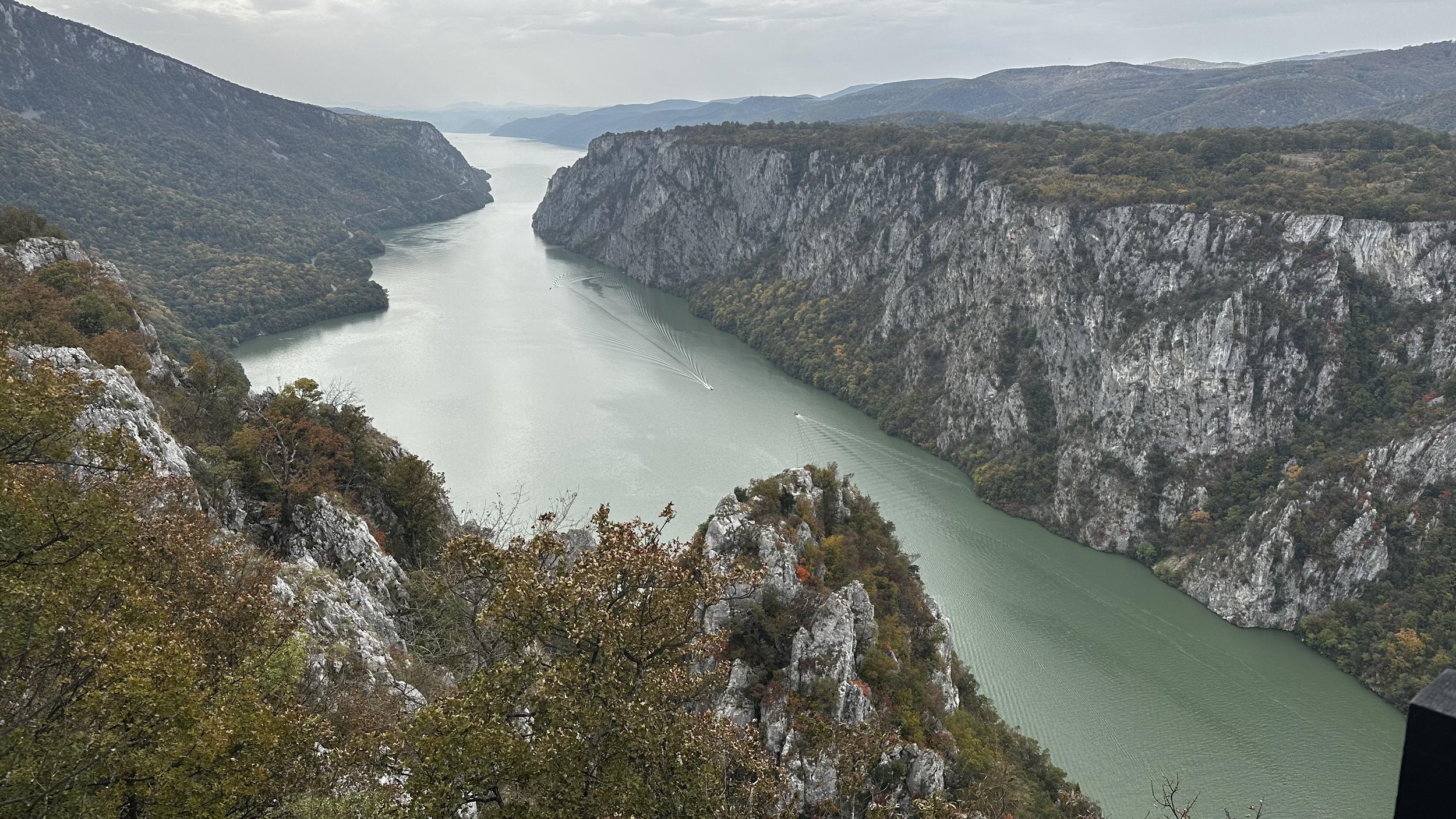


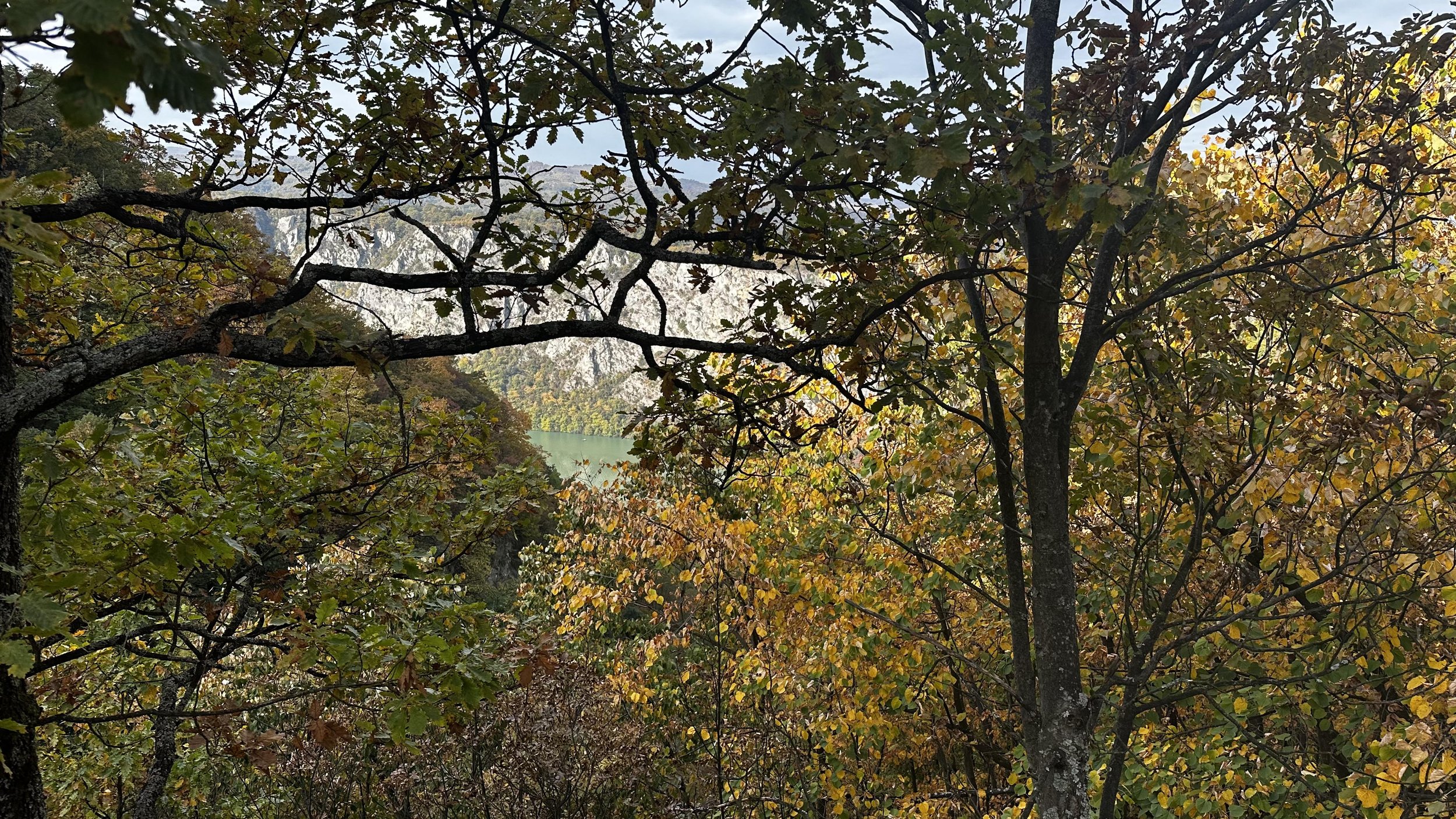

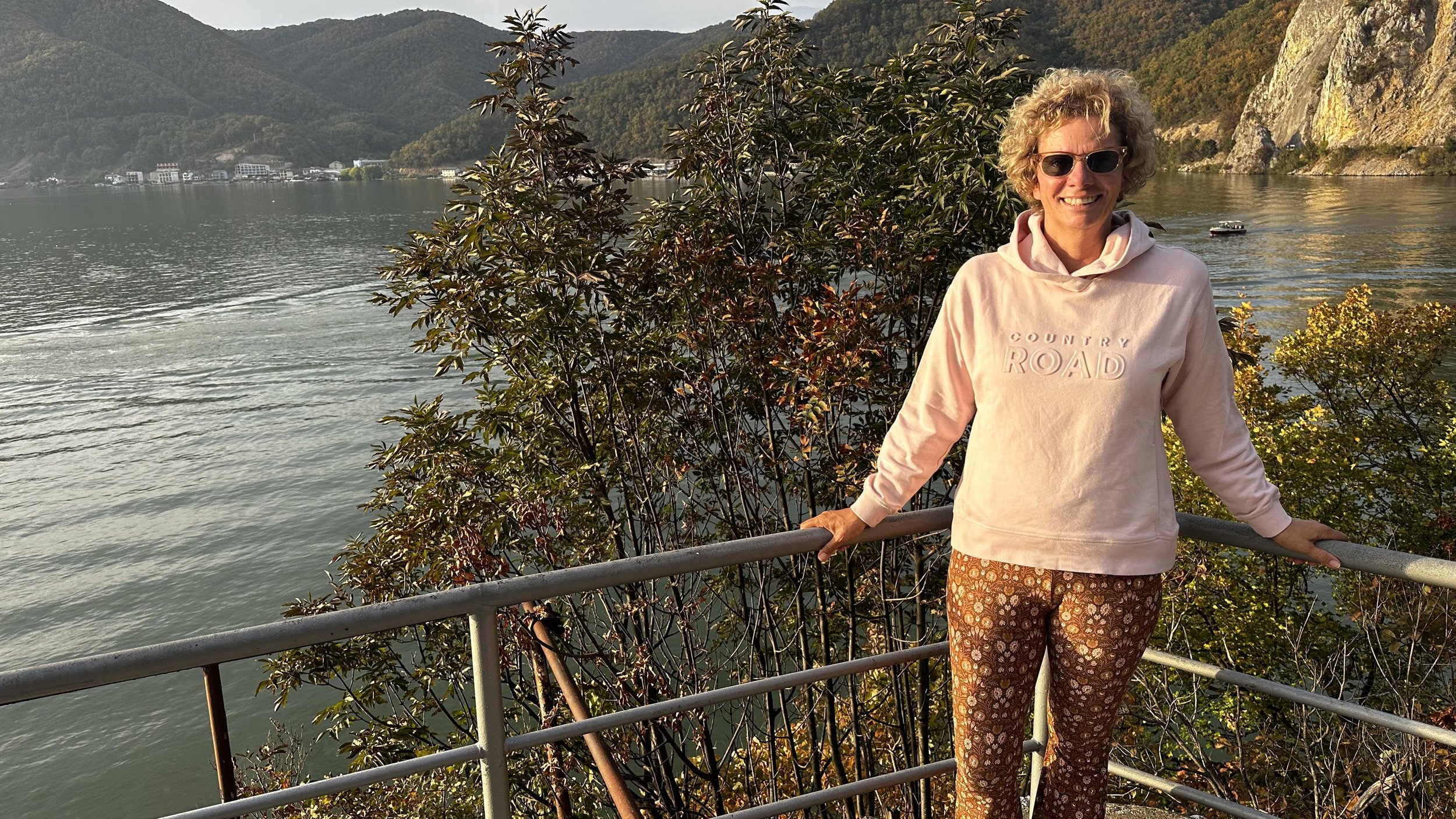






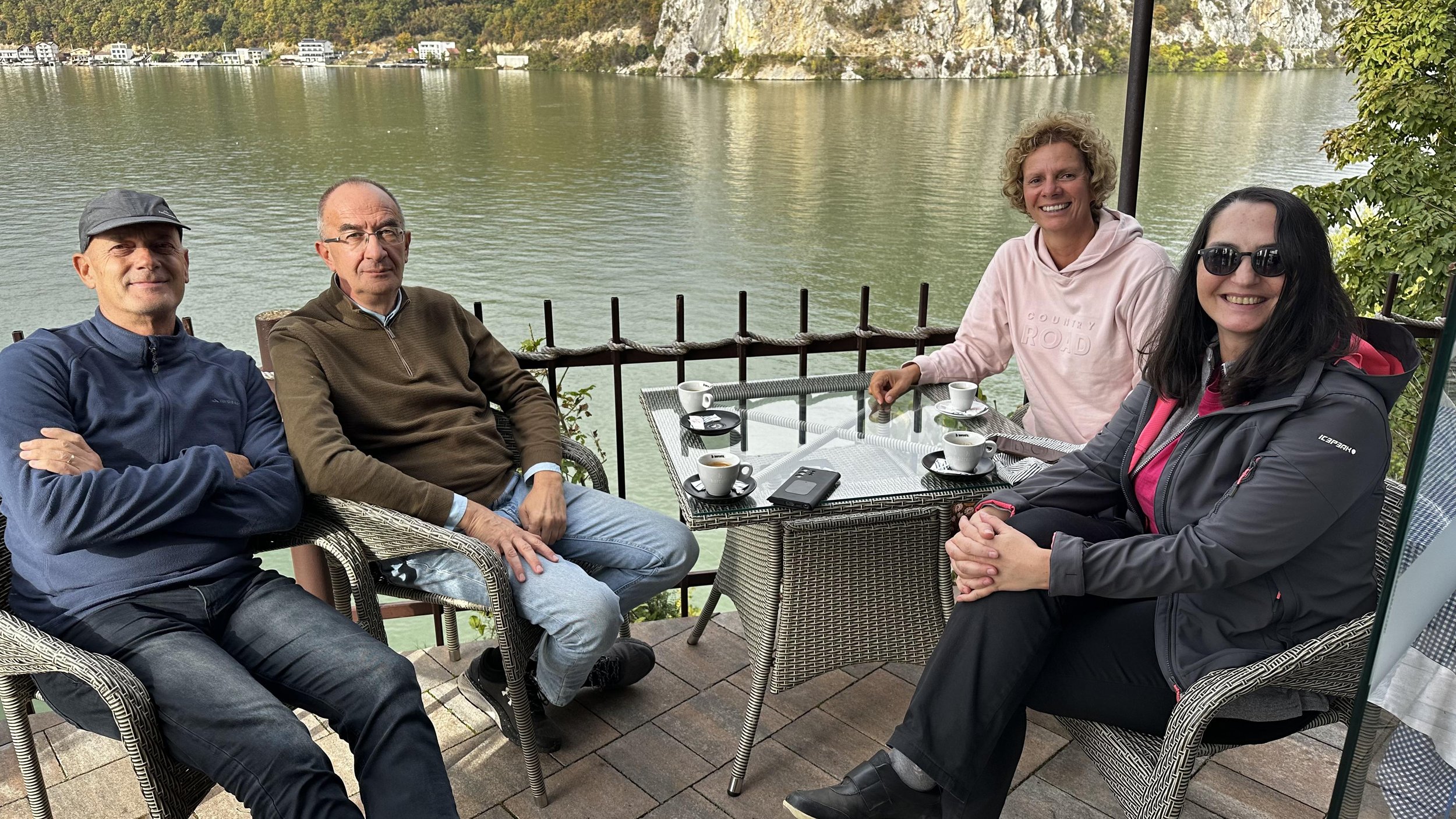
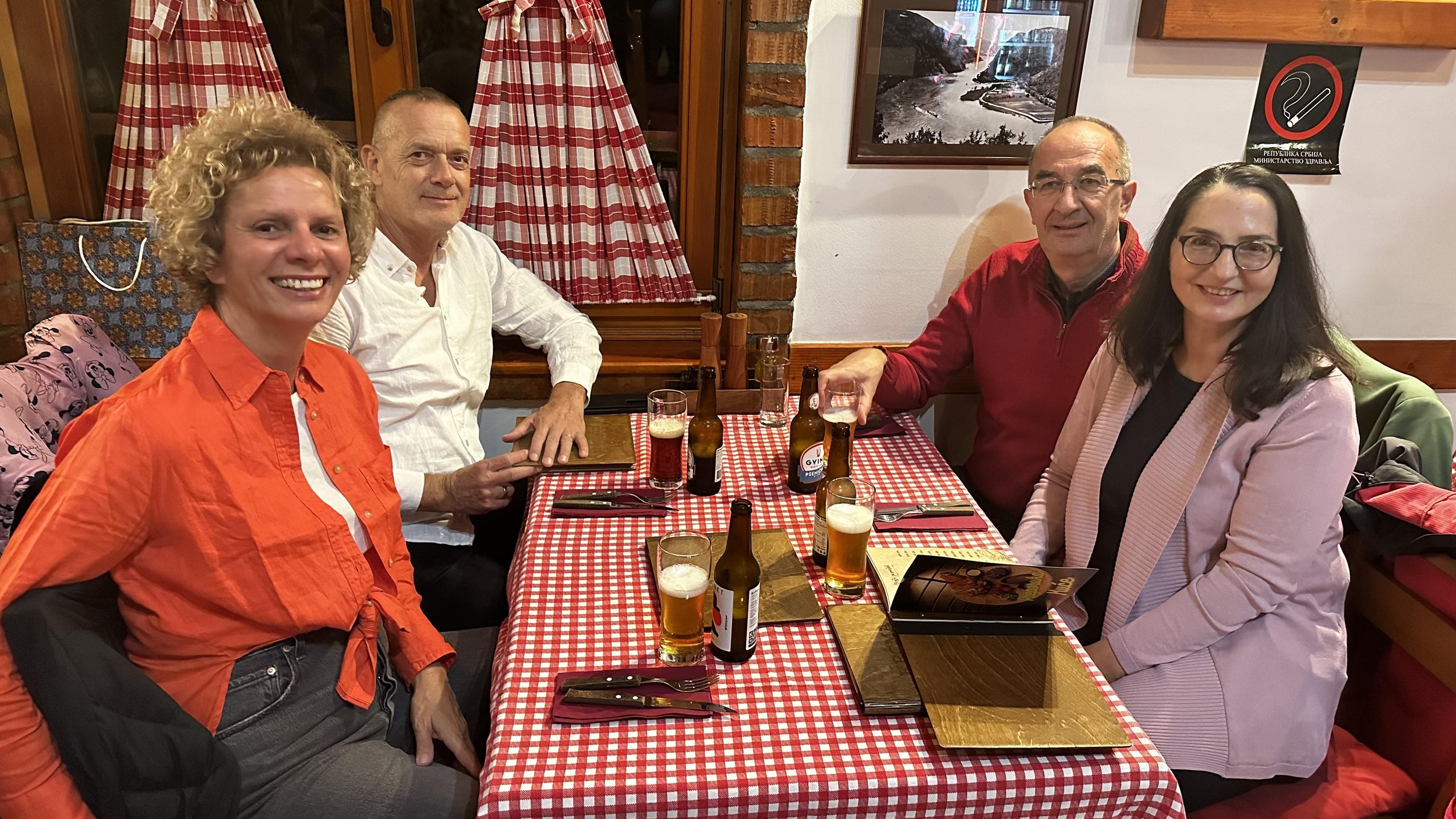
Golubac Photo Album





Lepenski Vir Photo Album


